"There's nothing to be done, Formula One and the top competitions belong to people with a certain type of soul. You can gain experience, you can hold out for a few months or a couple of years, but then racing selects the people unequivocally. Anyone who resists rhythms, stress, sacrifices is because they hide in their soul the famous secret gear, that last cog that engages when all the other gearboxes are at full scale and the engine is dead. These people can quit, they can slow down and enjoy a well-deserved rest after so many years on the limiter. You can rest assured that, however, that cog is still there, it's there forever. It oxidizes, its lubricant is too thick and solid, it struggles to turn, but it stays there until the last day. If necessary, it still turns, weakly, stubbornly, it takes a while to recover the necessary viscosity, it's not like it was thirty or forty years ago, but it still turns." Text taken from the preface by Daniele Buzzonetti to the book by Antonio Tomaini 'The memories of the steering wheel', from the Drive Experience series.
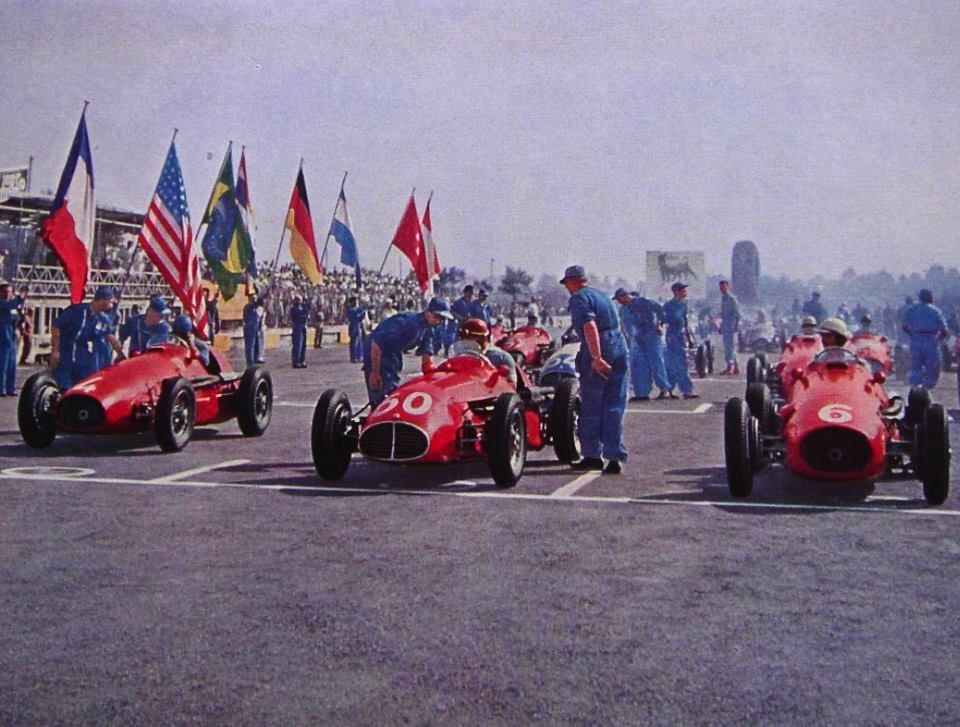
Thrilling, glamorous and fast - Formula 1 is a magic box that has gone through over 70 years including in itself technology, charm, risk, suspense, elegance, money, beautiful women, trips, culture, hate, love, color.
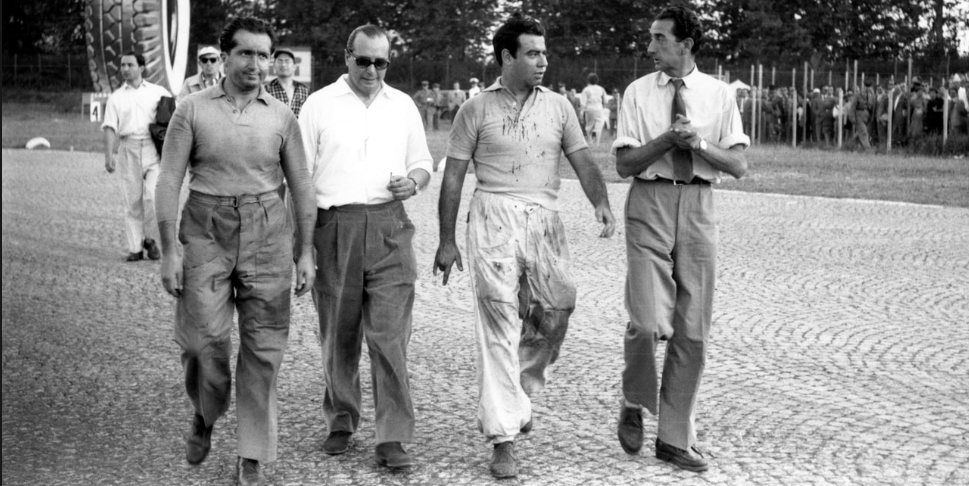
Ascari.
From Farina and Fangio to Schumacher, Vettel and Hamilton, from Alfa Romeo and Ferrari to Mercedes, Red Bull and McLaren, Formula 1 Art & Genius history is alive with the triumph of skill and technology, the crushing disappointment of lost opportunities and the tragedy of lives cut short of their zenith. The history of Grand Prix racing is the saga of human endeavor and accomplishment, of the sheer will to win.
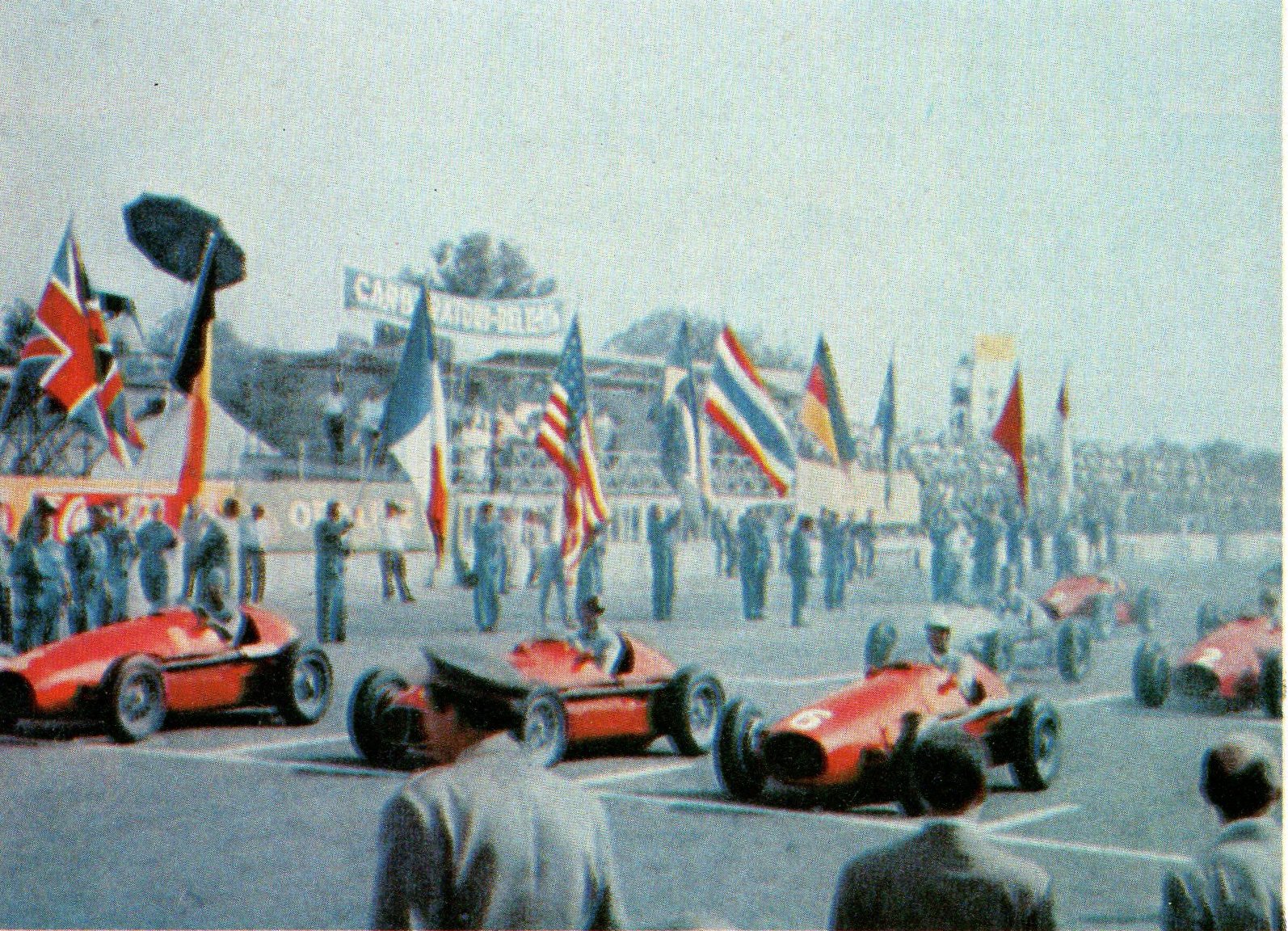
Other forms of motorsport can quibble, but F1 sits at the pinnacle of the racing pyramid. It features the highest speeds, the fastest laps and the biggest teams in motorsport: nothing goes around a racing circuit faster than a Formula One car. This doesn’t come cheap: F1 teams have annual budgets extending into the hundreds of millions of dollars, they employ hundreds – potentially thousands – of people and build a new car every year. The difference between a World Championship-winning team and hopeless also-ran is around one percent of performance.
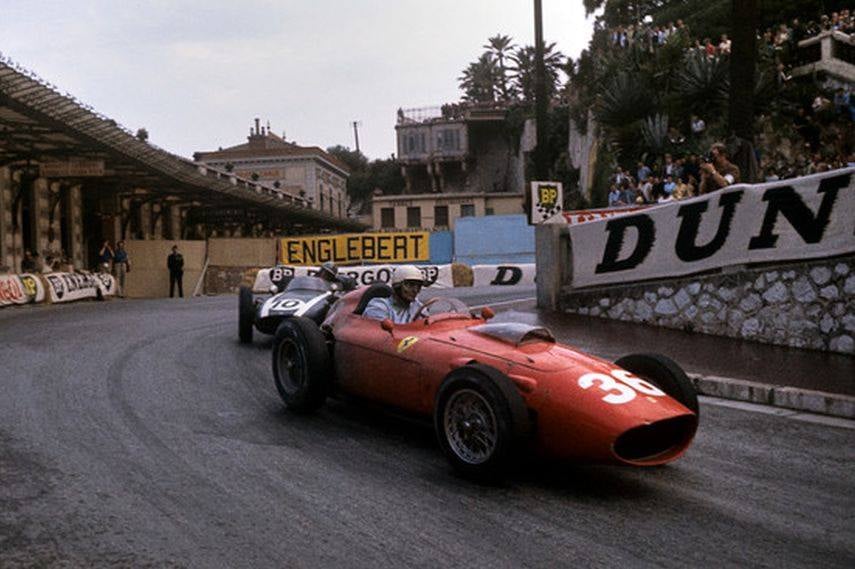
A Ferrari in Monaco.
In its astonishing history Formula 1 has had it all. The greatest cars, the fastest speeds, the technology and the charismatic characters. The greatest motorsport show on earth, it has always been known for pushing boundaries in concepts and design.
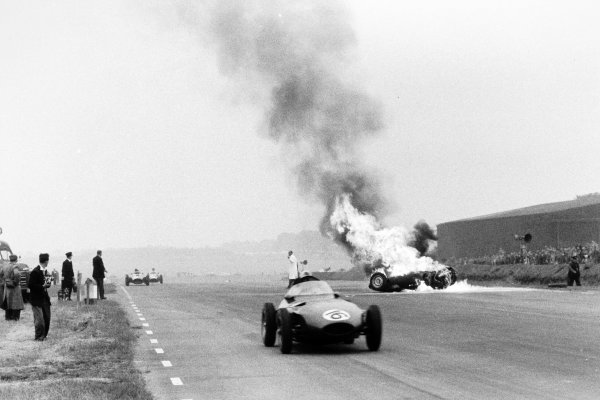
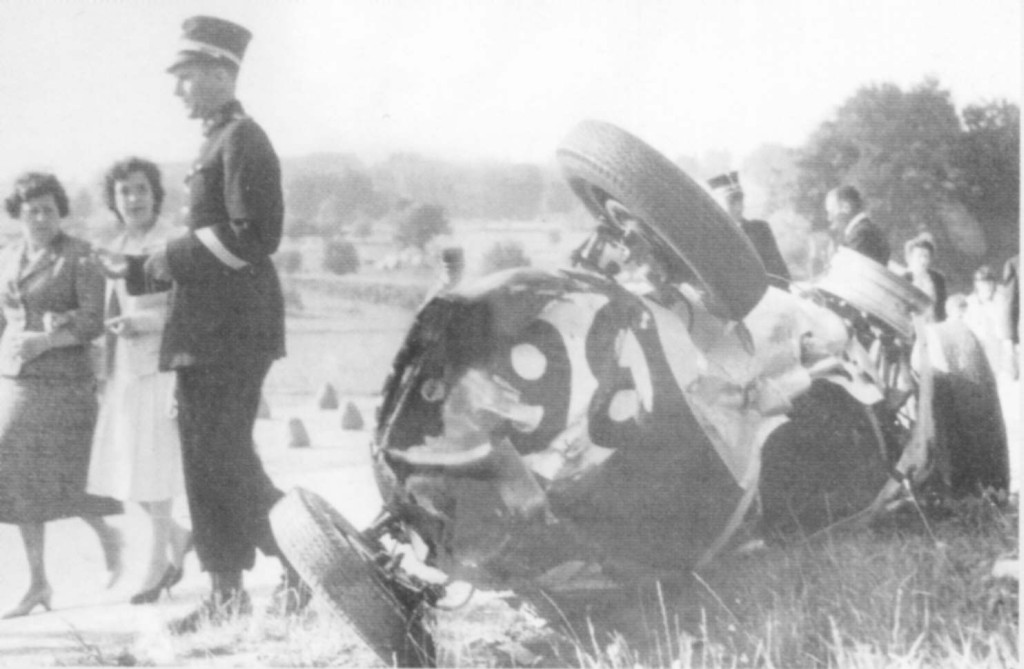
Spanning 70 years, F1 has seen some spectacular highs and devastating lows. These are the never-to-be-forgotten incidents. The controversial moments and subsequent fallout that have left their mark in the dramatic history of the sport and still stir debate today.
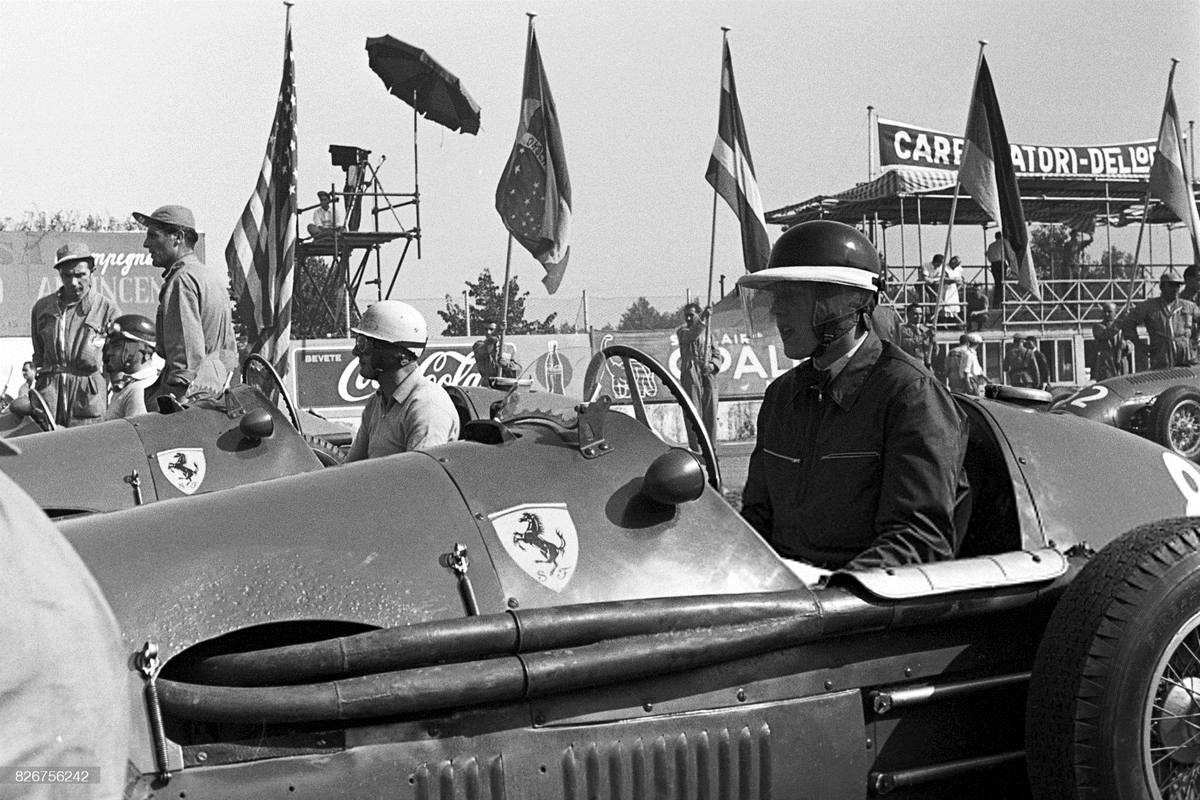
Two vintage Ferraris.
F1 has always seen periods of domination from teams, who will forever be associated with the sport.
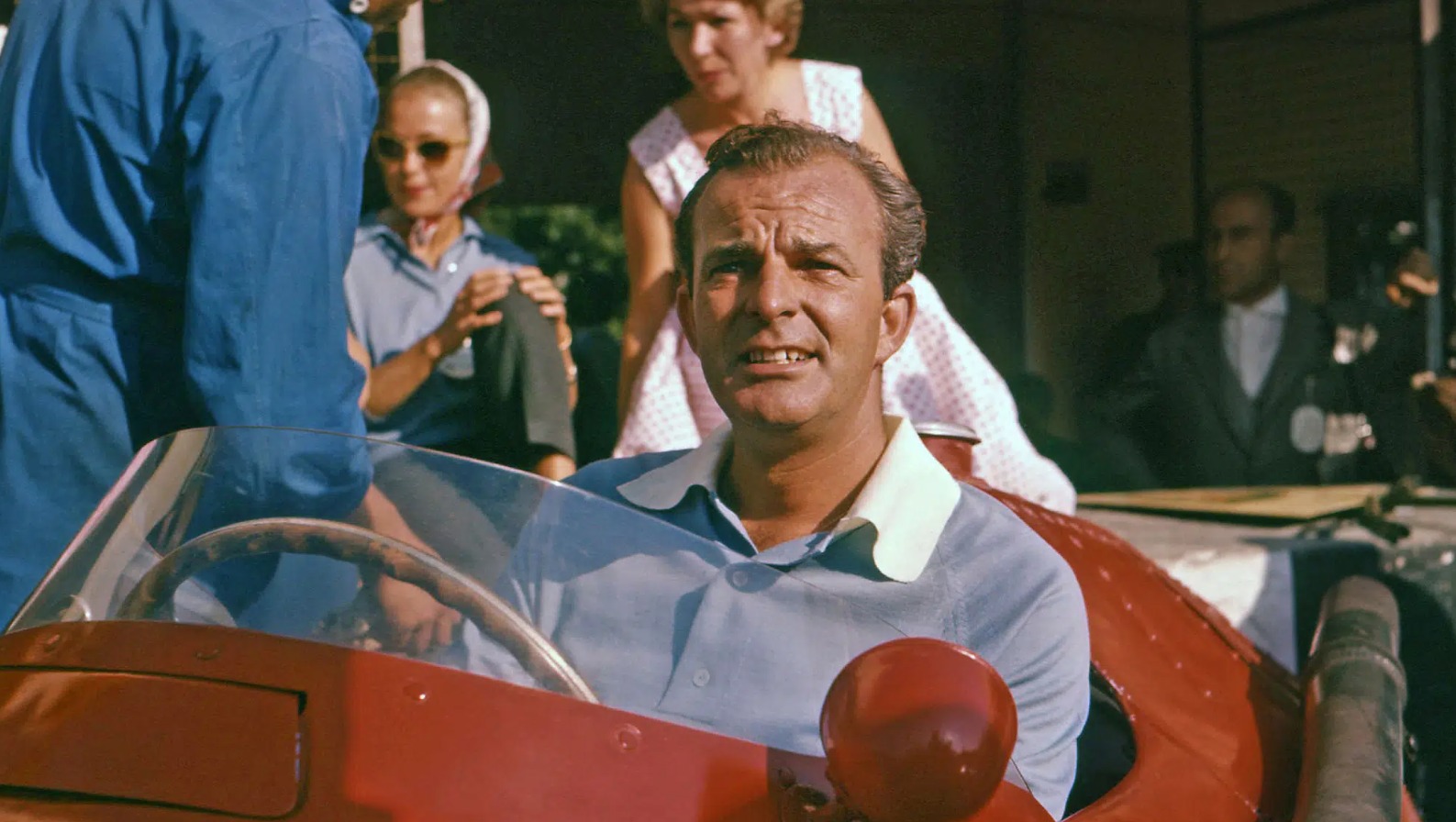
And there were the icons, the ones who formulated new ways of working and brought success to themselves and those around them.
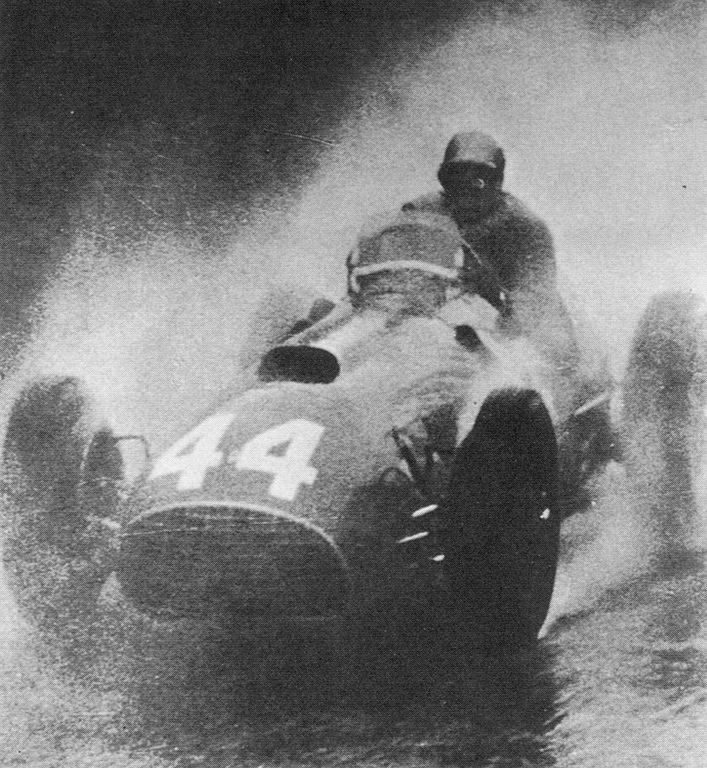
The ones who turned dreams into reality and inspired others to follow in their footsteps. These are the trailblazers who helped shape Formula 1 as we know it today.
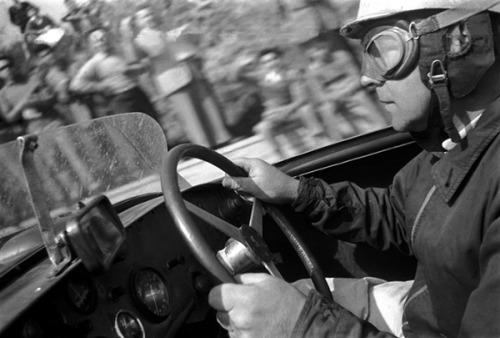
Formula One automobile racing has its roots in the European Grand Prix championships of the 1920s and 1930s, though the foundation of the modern Formula One began in 1946 with the Fédération Internationale de l'Automobile's (FIA) standardisation of rules, which was followed by a World Championship of Drivers in 1950.
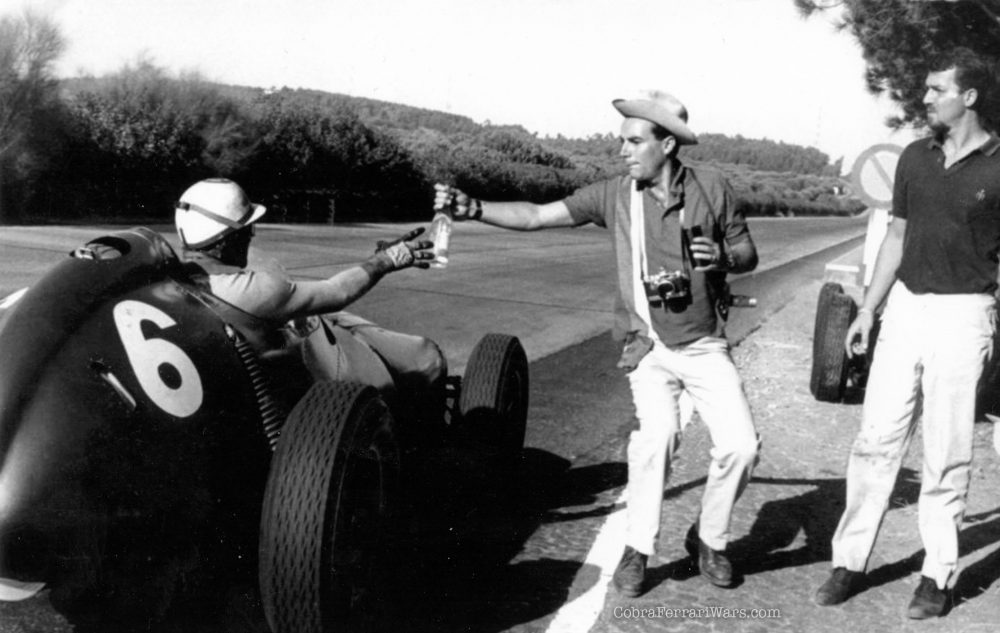
Ahead of race 1000, take a look back at some of the incredible moments the last 999 races have given us...
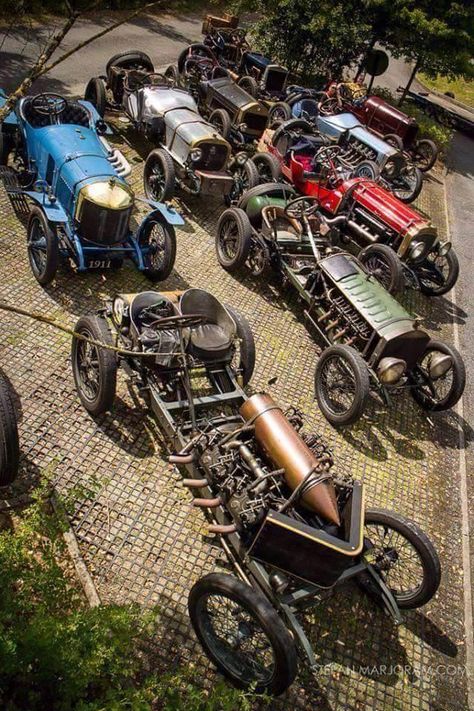
A Brief Look into the History of Formula 1. May 12, 2015.
We’ll start with a disclaimer: Formula 1 has a long and rich history, full of heritage and drama and danger and cutting-edge technology and men with enormous legacies. So when we titled this article “A Brief Look into the History of Formula 1,” we really meant a brief look. So let’s dive in.
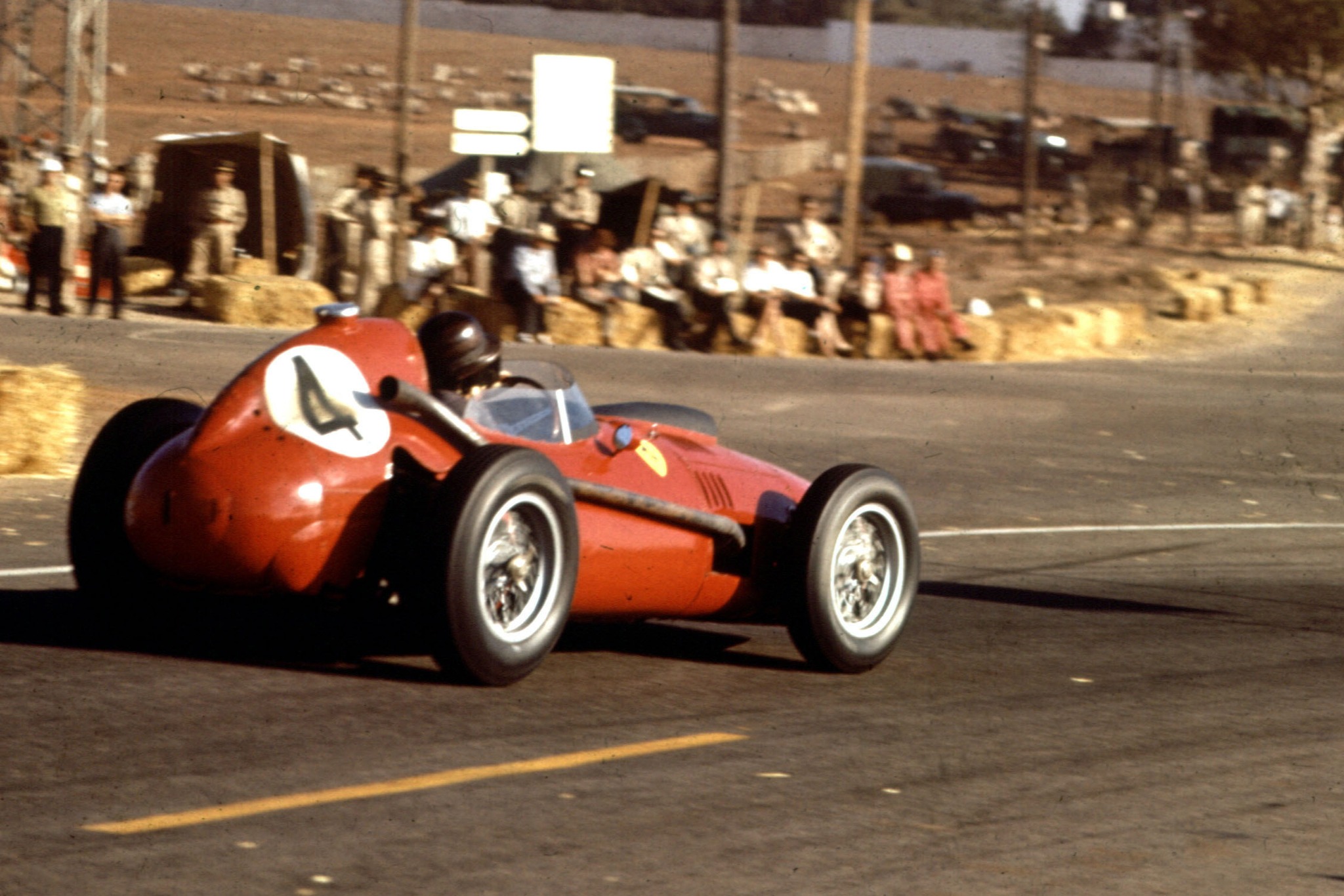
A vintage Ferrari in action.
Right from the start, F1 was meant to be the highest tier of single-seater racing in the world and it has for the most part lived up to that definition.
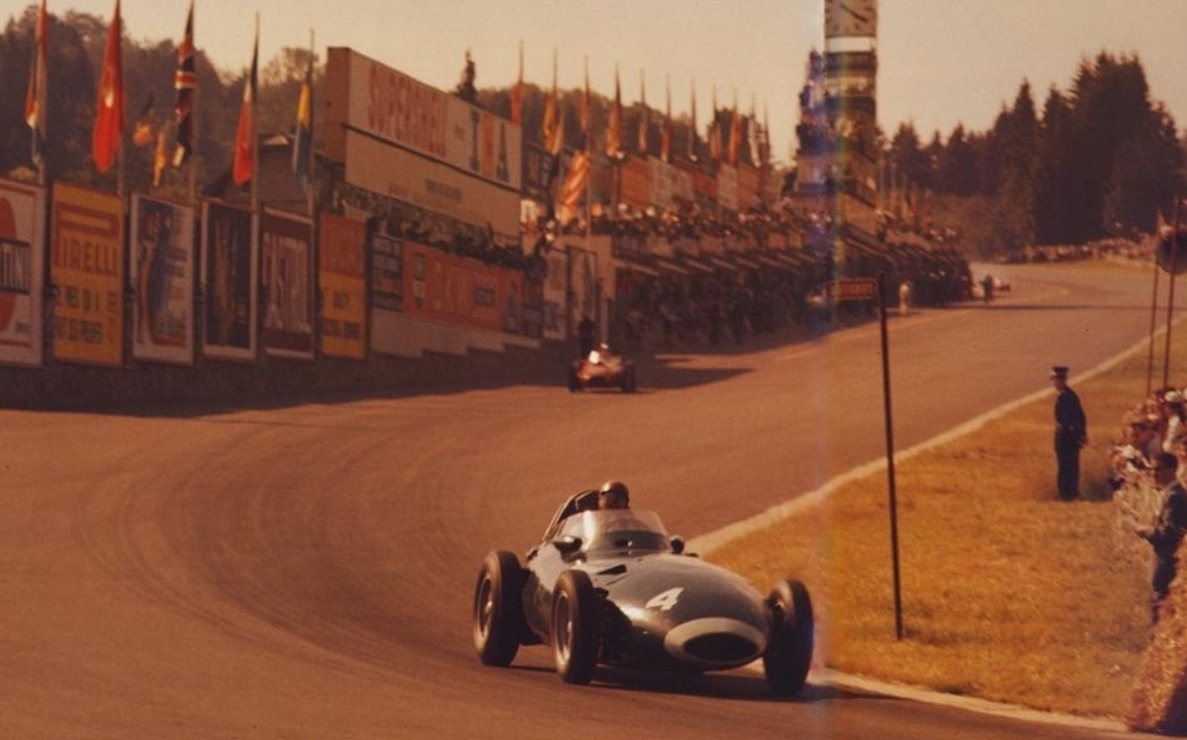
The term “formula” refers to the regulations set by the sport’s governing body and these rules have been ever-changing from the beginning, sometimes multiple times within a single season. The rules are often meant to increase competition just as much as to drive innovation.
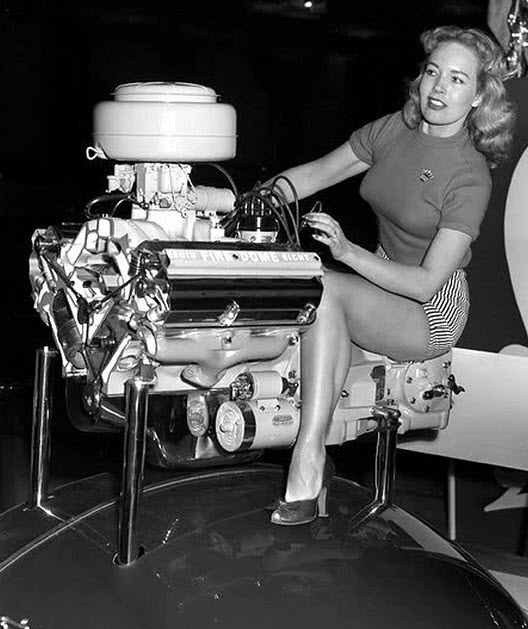
Throughout its history, Formula 1 has been powered by just about every engine there is, starting with 1.5-liter supercharged and 4.5-liter naturally-aspirated pre-WWII engines and switching between the two kinds of induction systems over and over again. We’ve had rumbling V6s and screaming V12s and everything in between and each year the engineers somehow manage to squeeze out even more power.
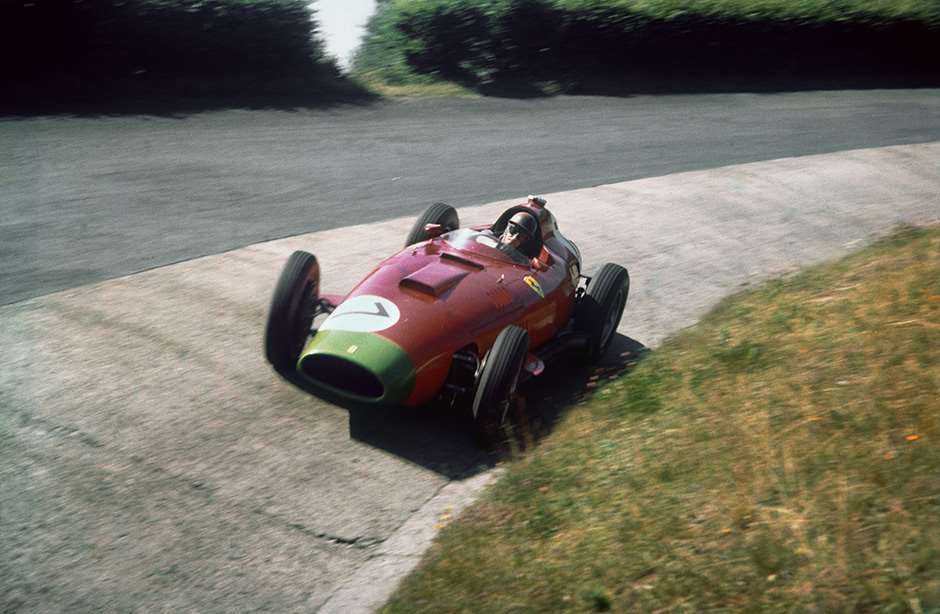
A vintage Ferrari.
At the start and for a long time after, Formula 1 was extremely dangerous. Drivers would get into their car thinking they had a one in three chance they wouldn’t live long enough to make it to the finish line.
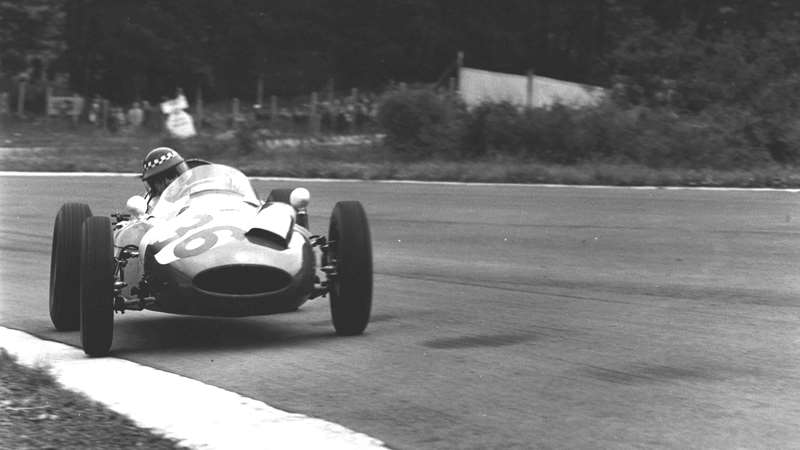
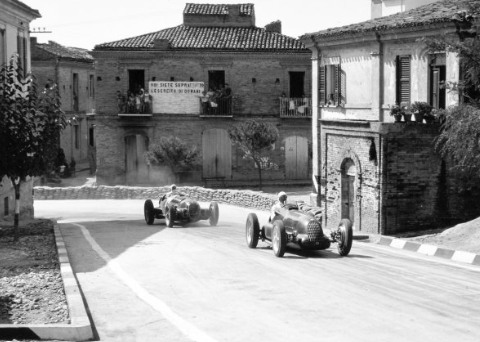
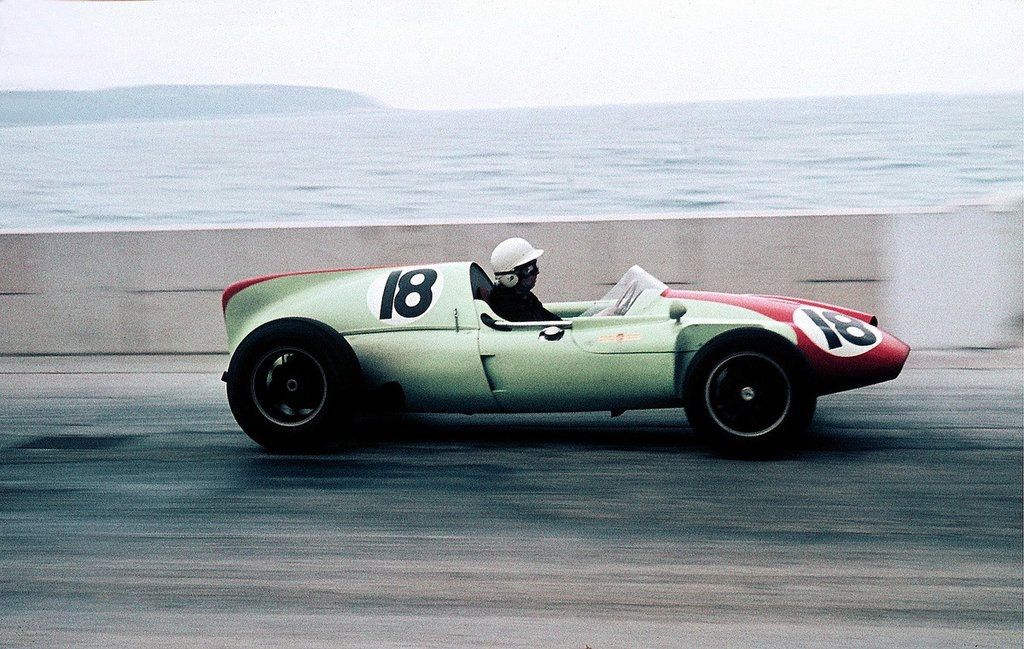
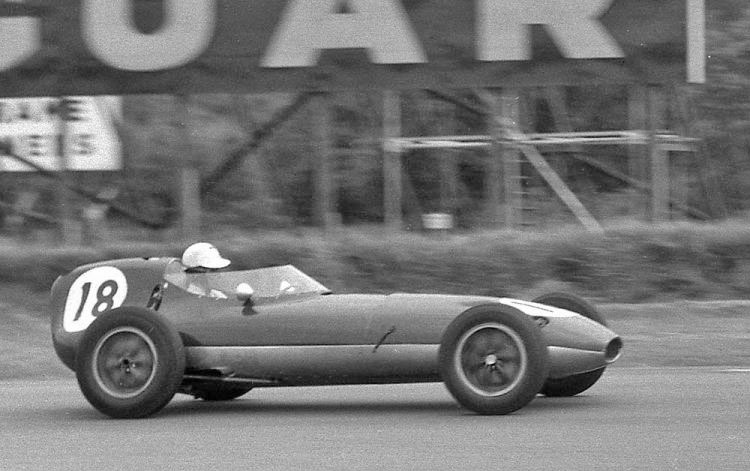
Thirteen drivers were killed in the first decade of the sport and 37 more went on to follow until the 1994 Imola Grand Prix, when the death of Ayrton Senna prompted a new wave of safety measures. Today’s F1 cars are so safe that drivers involved in even the most violent crashes can survive, but dangers still exist and too often nothing is done until it is too late.
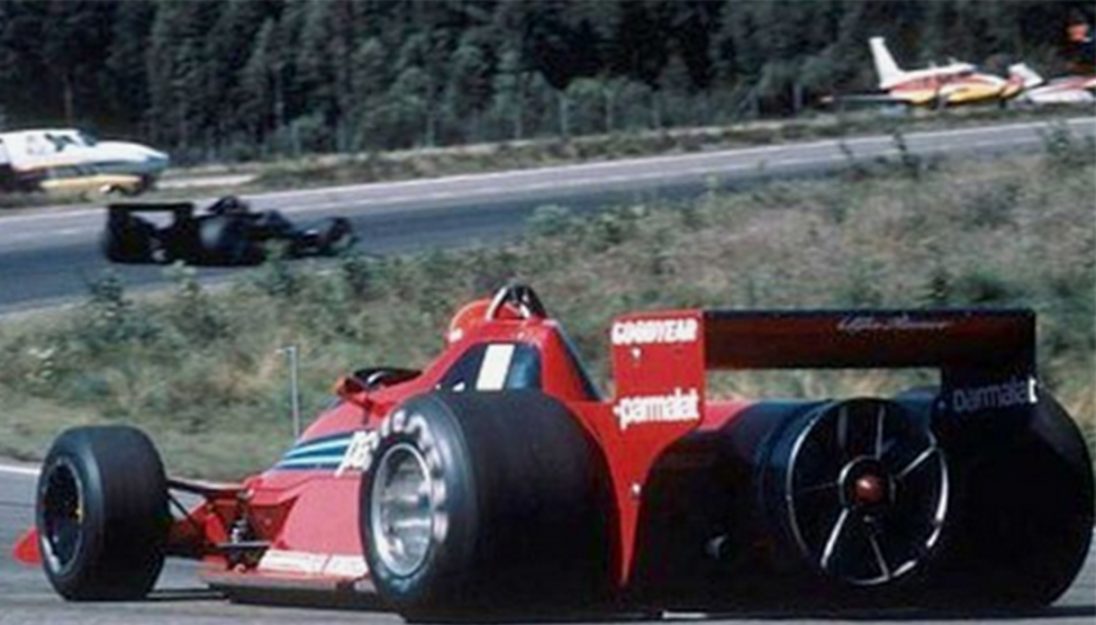
On 17 June 1978 at Anderstorp, Sweden, the Brabham BT46B made its racing debut. The single-seater will go down in Formula 1 history for the fan mounted at the rear of the car and will only race in one Grand Prix. The single-seater project bore a well-known signature: that of Gordon Murray.
At its best, Formula 1 is a hotbed for innovation and automotive advancement. Ever since the ’50s, production vehicles have benefited from technologies developed and polished in the single-seater cars, such as disc brakes, active suspension, energy recovery systems, improved tires and better safety equipment. Even the design of our everyday cars is influenced by the aerodynamic work done in F1 and other motorsports.
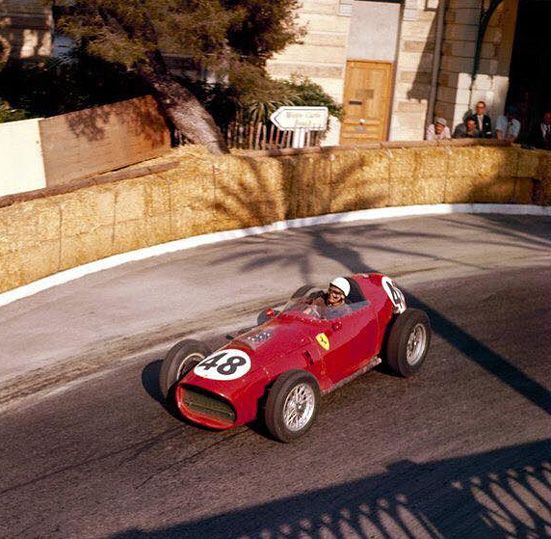
A Ferrari in action in Monaco.
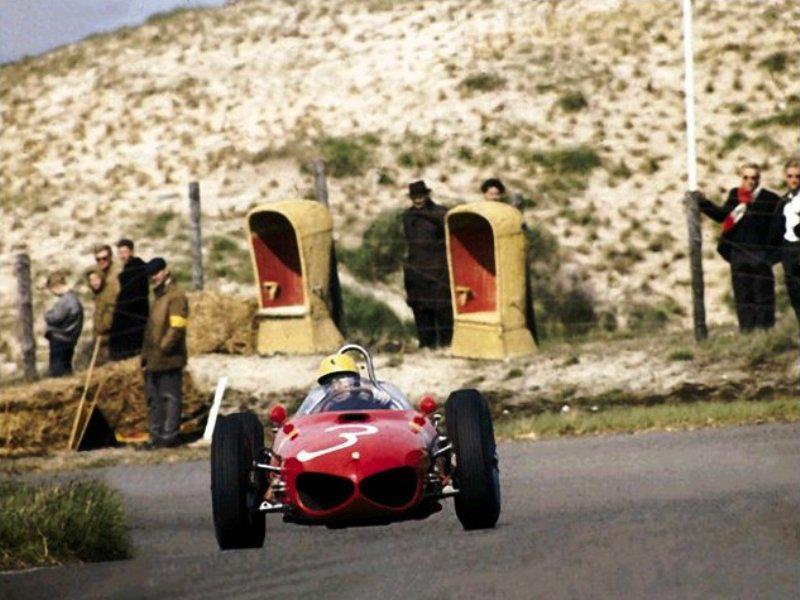
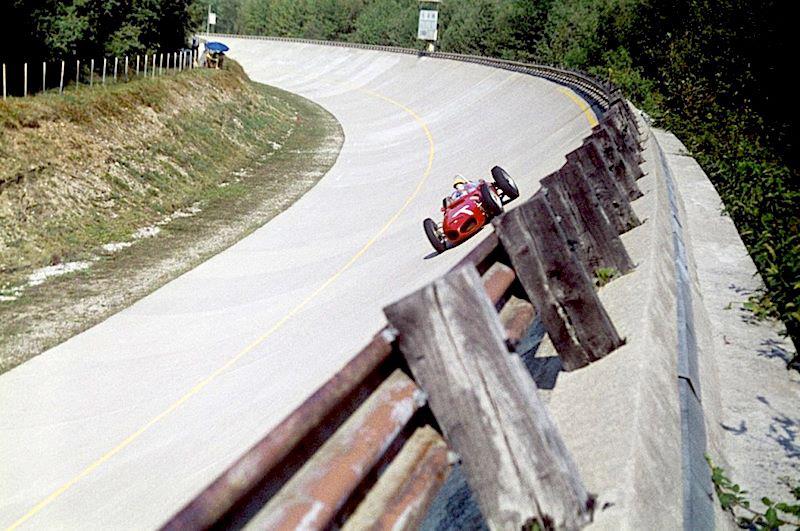
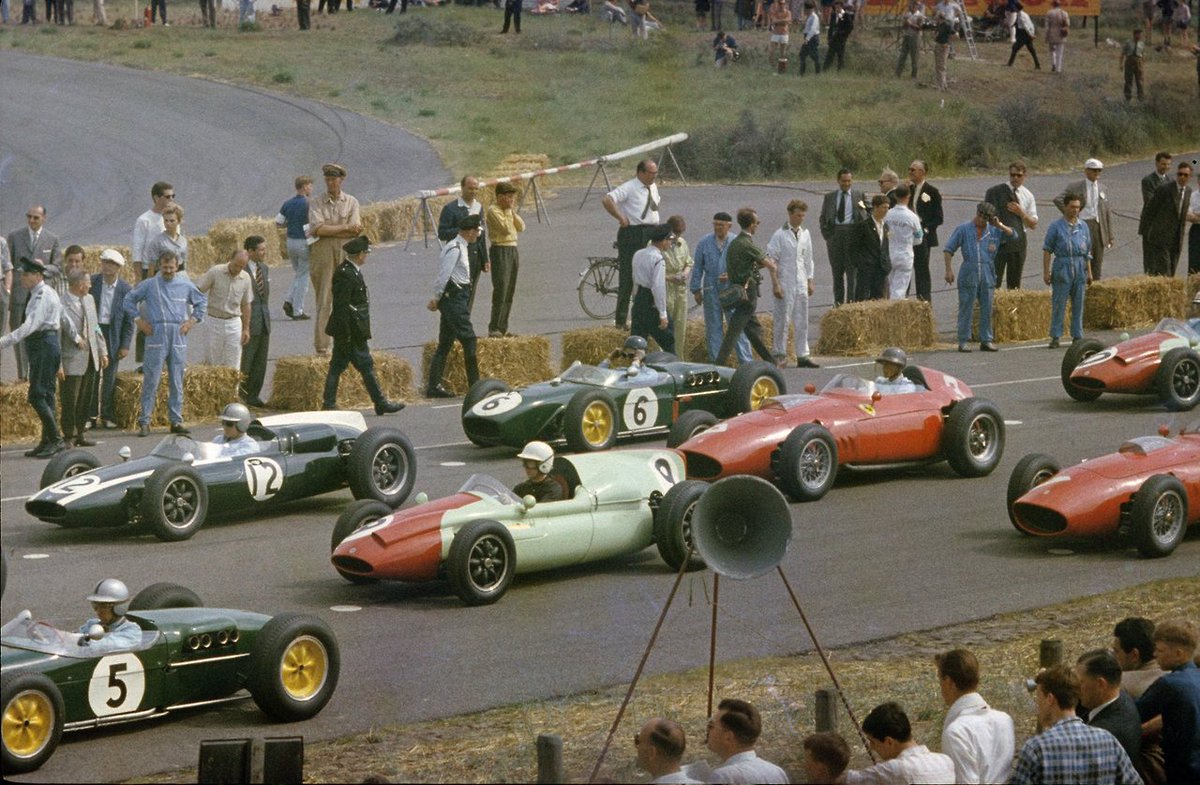
Some automakers themselves have been irrevocably changed by F1, like Ferrari, its oldest team The only reason that Ferrari began selling production vehicles in the first place was to finance its efforts in Formula 1 and today it’s arguably the most prestigious car brand in the world.
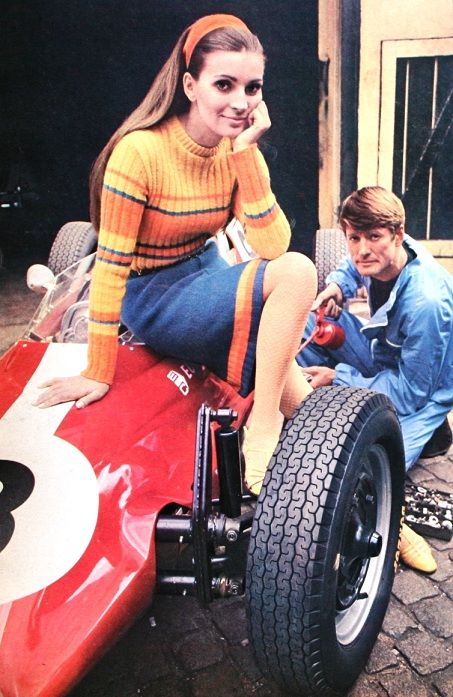
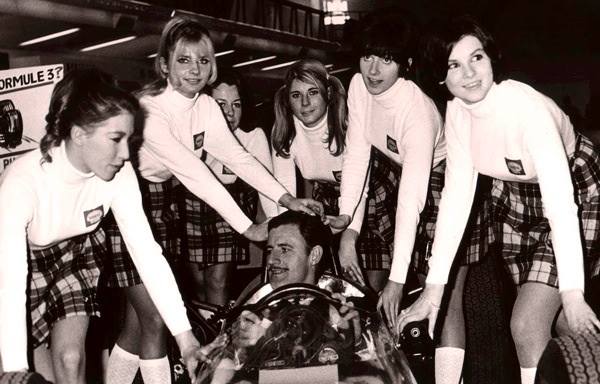
Graham Hill and some girls.
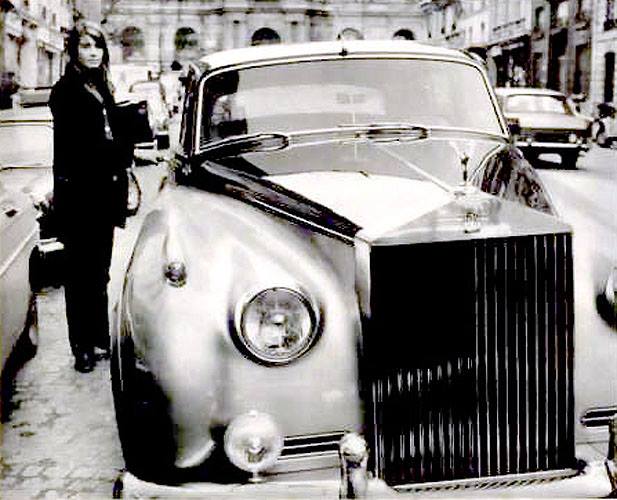
Françoise Hardy and her Rolls Royce Silver Cloud.
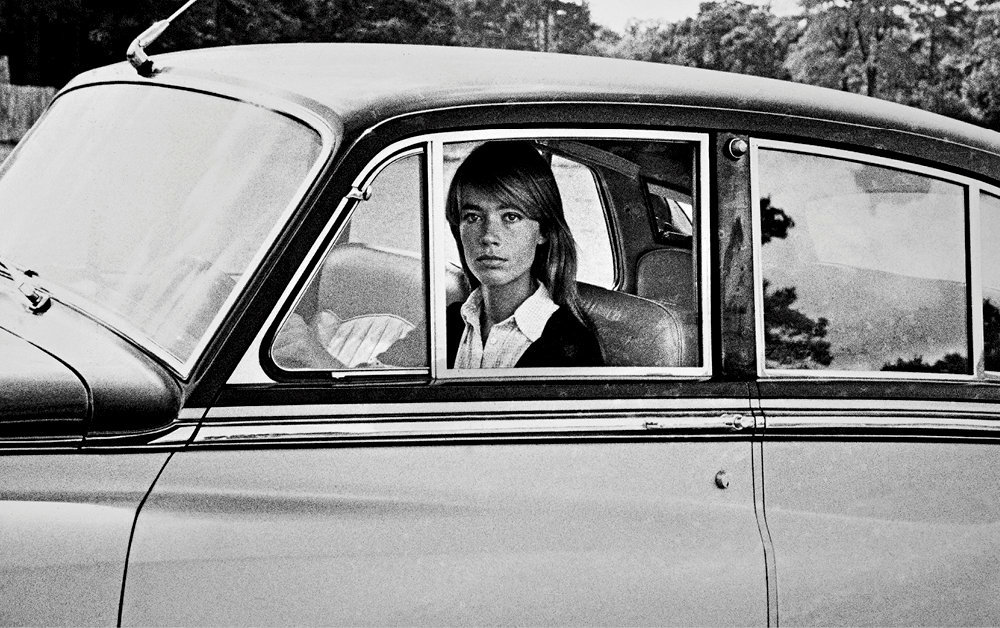
Françoise Hardy and her Rolls Royce Silver Cloud.

Françoise Hardy.
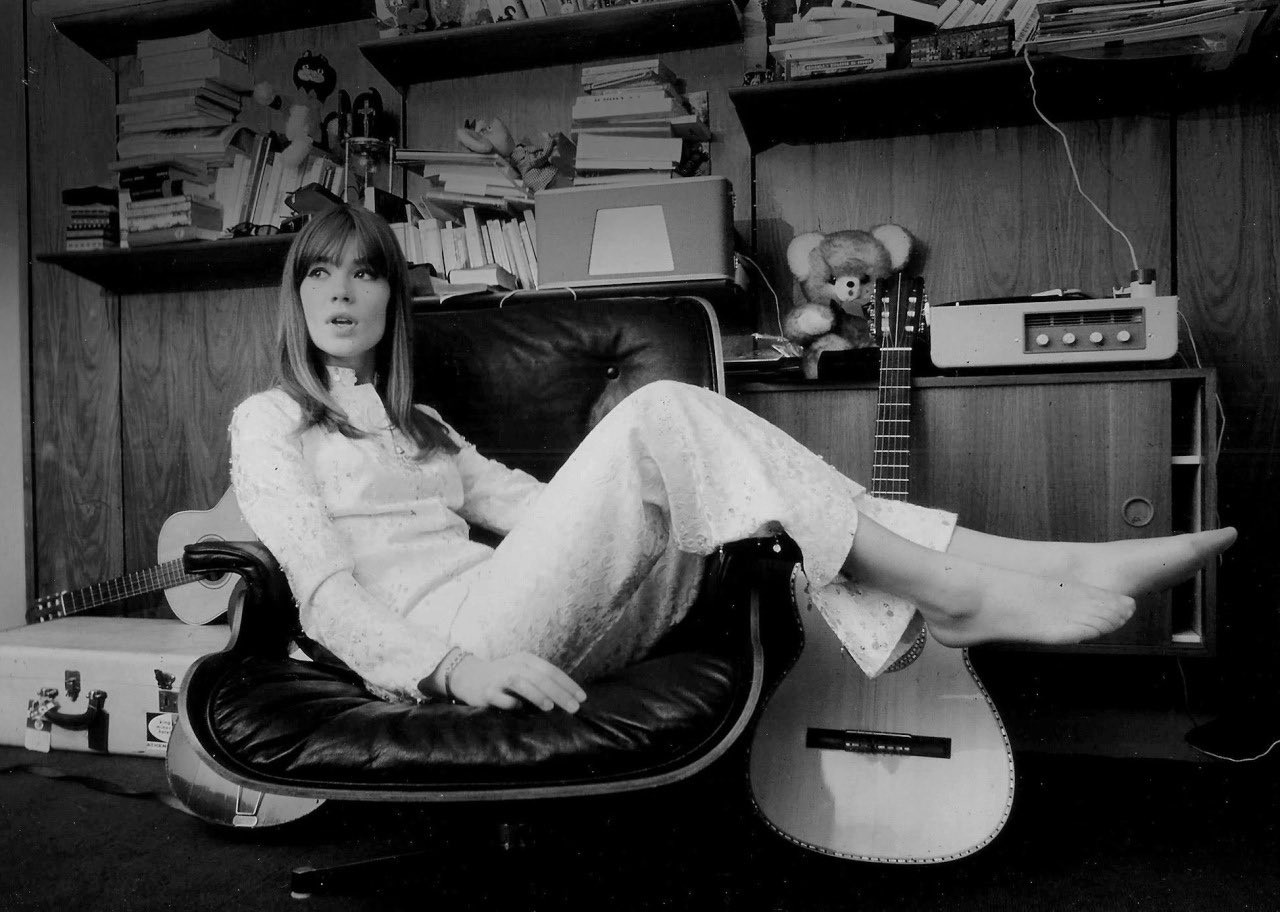
Françoise Hardy.
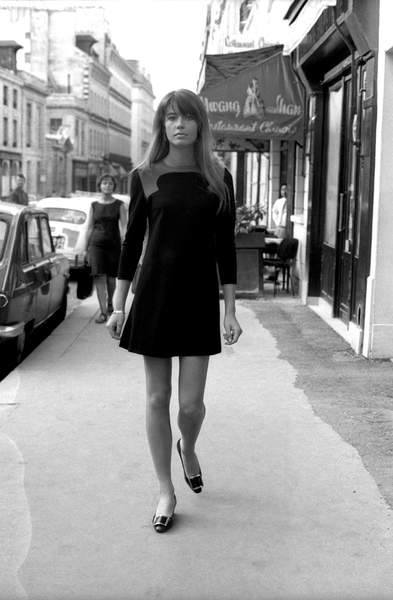
Françoise Hardy.
Formula 1 has also been an ever-replenishing source of entertainment. The fastest cars in the world attract not just the fastest drivers but also the most competitive and interesting minds; even team bosses and engineers become celebrities tangled in a web filled with drama. On-track crashes and off-track conflicts between giant personalities are still being discussed generations after they occurred, as well as controversial driving tactics, political debacles and regulation loopholes exploited by savvy engineers.
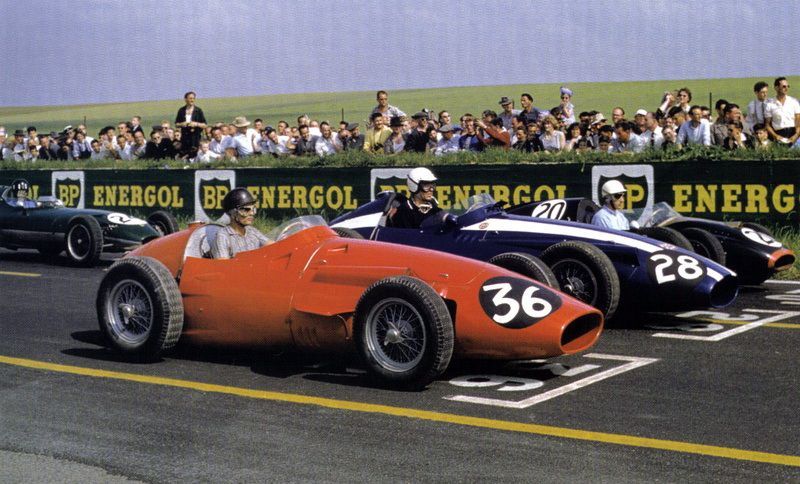
Today, Formula 1 is not perfect. It’s plagued with financial issues that affect small teams and even some of the most iconic Grand Prix venues. At the same time, it’s also incredible. Tiny 1.6-liter turbocharged engines produce up to 760 bhp, multiple world champions battle it out wheel-to-wheel every Grand Prix weekend and the cars go around a track faster than anything else—even the mighty LMP1 cars can’t come close to the level of speed, acceleration, braking and cornering that F1 cars combine in a single package.
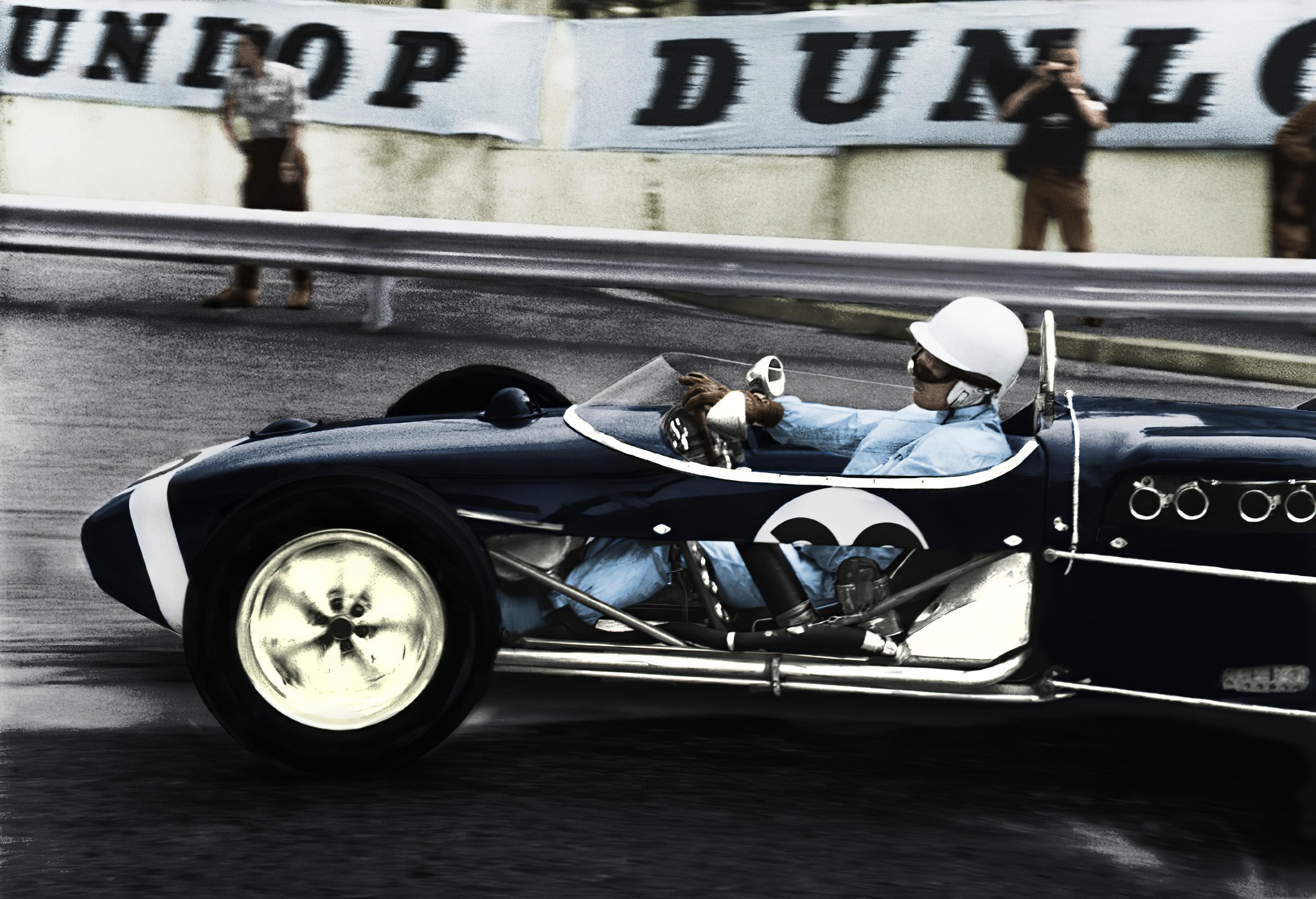
A Brief History of F1. Formula One (also Formula 1 or F1 and officially the FIA Formula One World Championship) is the highest class of single-seat auto racing that is sanctioned by the Fédération Internationale de l’Automobile (FIA). March 25, 2017.
The FIA Formula One World Championship has been the premier form of racing since the inaugural season in 1950, although other Formula One races were regularly held until 1983.
The F1 season consists of a series of races, known as Grands Prix (from French, meaning grand prizes), held worldwide on purpose-built F1 circuits and public roads.
The results of each race are evaluated using a points system to determine two annual World Championships, one for drivers, one for constructors. The racing drivers are required to be holders of valid Super Licences, the highest class of racing licence issued by the FIA.
The races are required to be held on tracks graded 1 (formerly A), the highest grade a track can receive by the FIA. Most events are held in rural locations on purpose-built tracks, but there are several events in city centres throughout the world, with the Monaco Grand Prix being the most famous example.
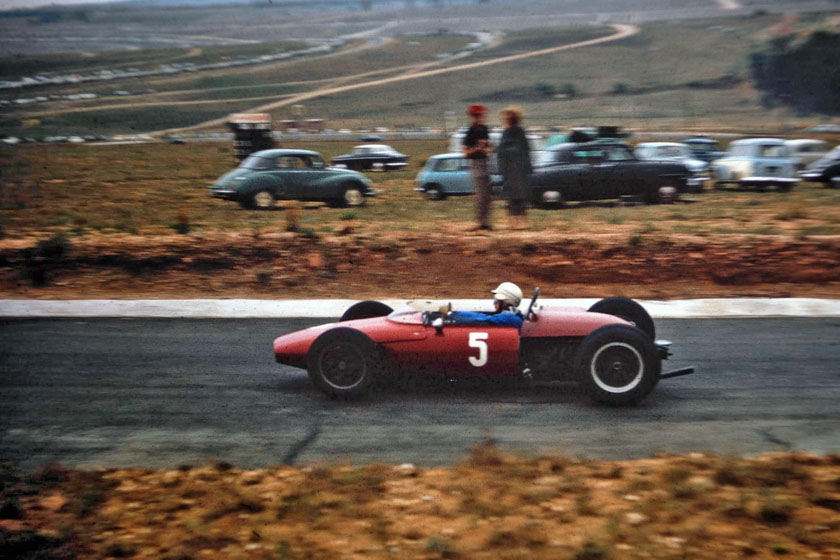
Formula One cars are the fastest road course racing cars in the world, owing to very high cornering speeds achieved through the generation of large amounts of aerodynamic downforce. Formula One cars race at speeds of up to approximately 375 km/h (233 mph) with engines currently limited in performance to a maximum of 15,000 RPM. The cars are capable of lateral acceleration in excess of five g in corners. The performance of the cars is very dependent on electronics – although traction control and other driving aids have been banned since 2008 – and on aerodynamics, suspension and tyres. The formula has radically evolved and changed through the history of the sport.
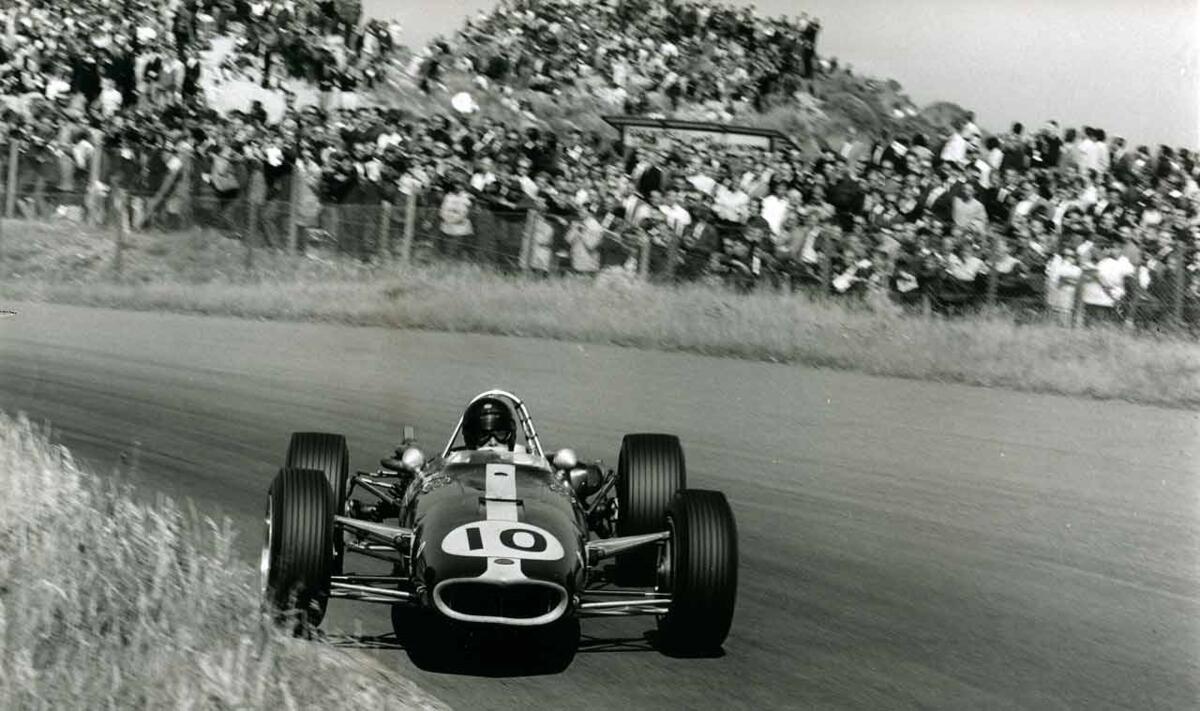
While Europe is the sport’s traditional base and hosts about half of each year’s races, the sport’s scope has expanded significantly and an increasing number of Grands Prix are held on other continents.
Grand Prix racing began in 1906 and became the most popular type internationally in the second half of the twentieth century. The Formula One Group is the legal holder of the commercial rights.
On 8 September 2016 it was announced that Liberty Media Corp. had agreed to buy Delta Topco, the company that controls Formula One, from private equity firm CVC Capital Partners for $4.4 billion in cash, stock and convertible debt. On 23 January 2017 it was confirmed that Liberty Media had completed its $8 billion acquisition of Delta Topco.
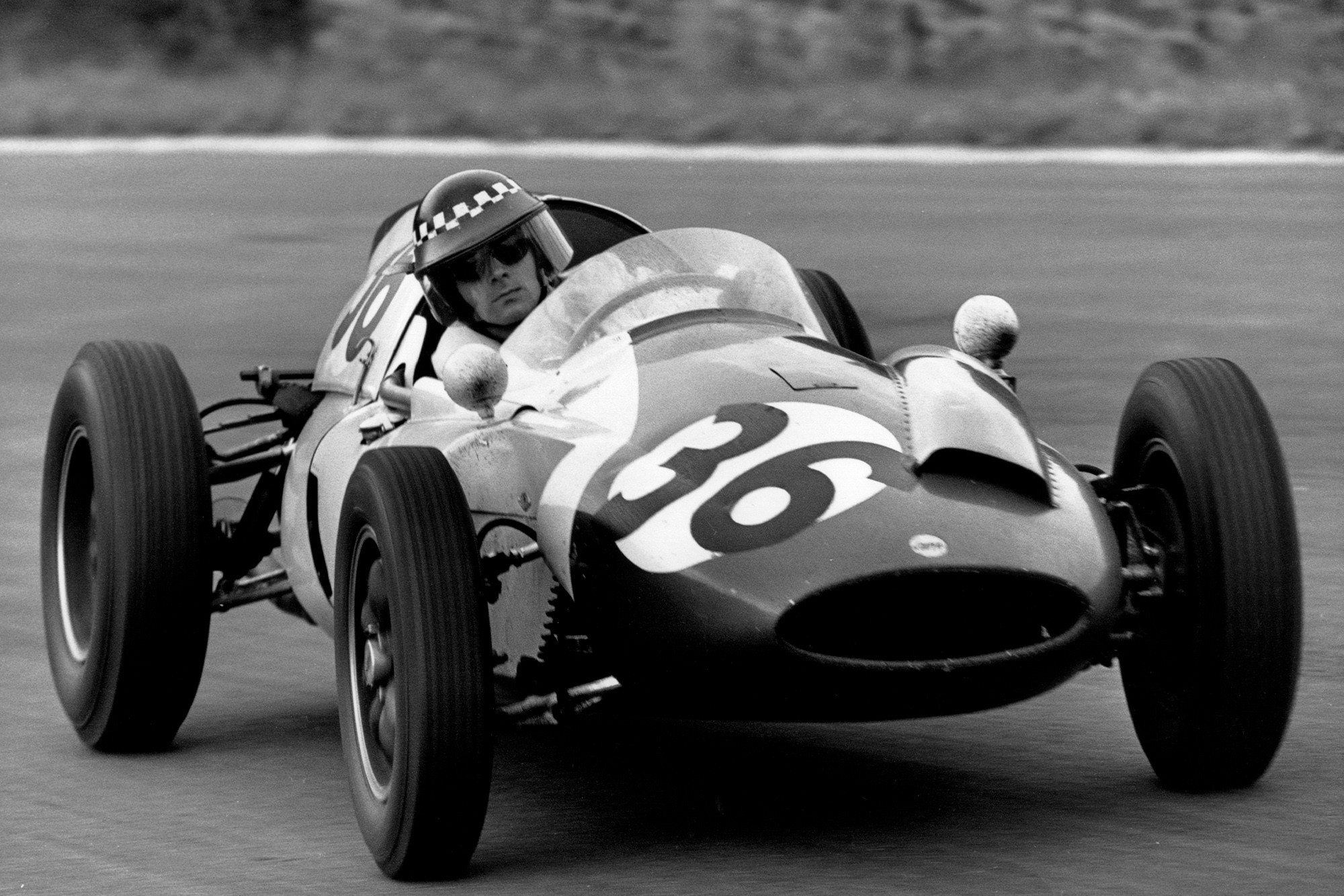
Formula one history.
Formula One is a global leviathan. In 2017, its global audience was 352.3 million people. The sponsorship income of the manufacturers is in the hundreds of millions of Euros per year. Put simply, everything in Formula One is done to a huge scale. One of Formula One’s greatest strengths is the fact that – despite all of the engineering expertise and technology – it is a simple sport.
There is something inherently visceral about watching incredibly skilled drivers hurtle hugely quick cars around a race track. Despite the ever-growing speed, Formula One is a safer sport now than ever in its history. Indeed, throughout its nearly 80 year past, Formula One has, every year, become both faster and safer. This is the real engineering skill of the sport.
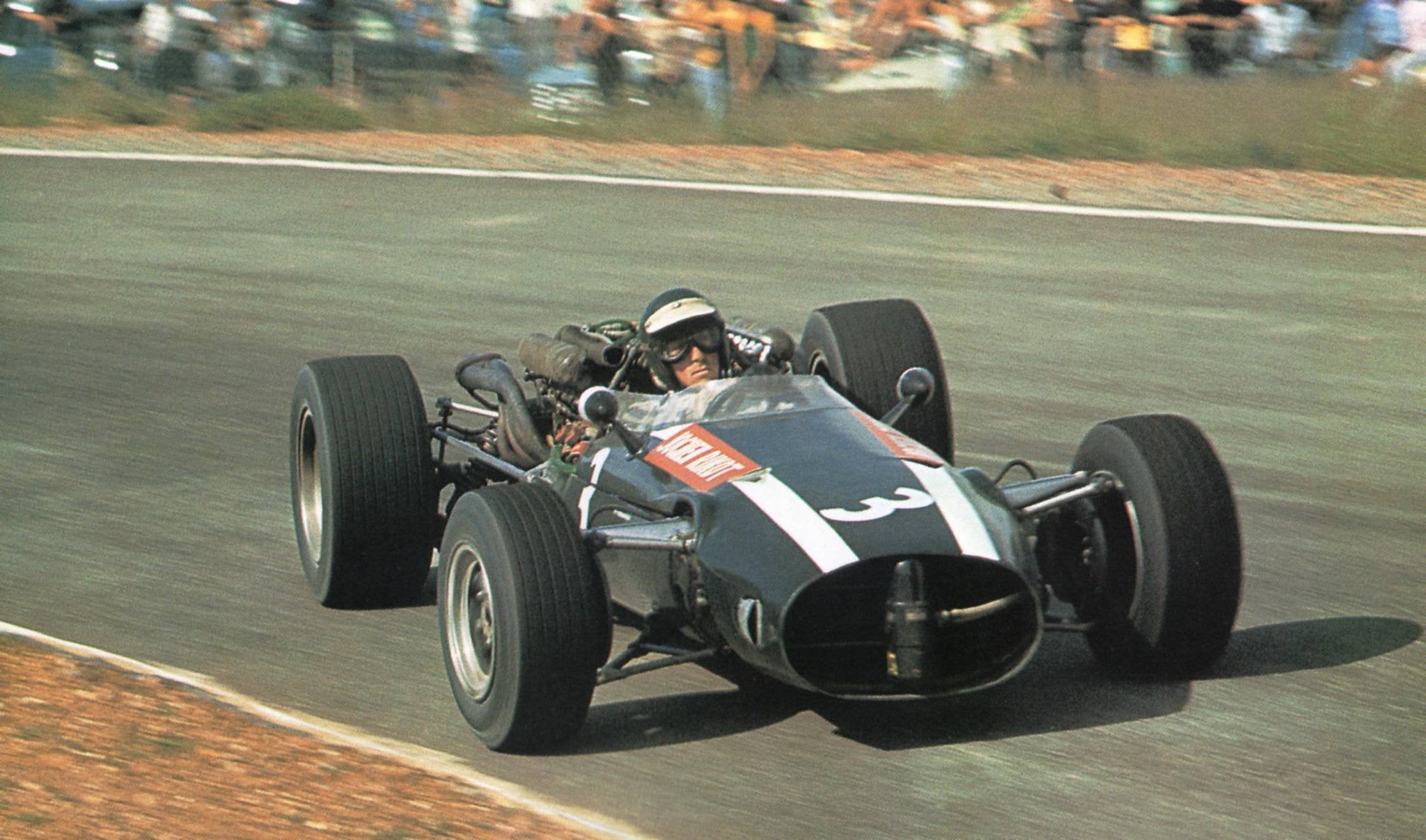
Ever since there have been cars, there has been car racing. As technology improved and cars became more numerous, European manufacturers began racing as a way of competing and marketing their products.
In the interwar years, a series of Grands Prix took place throughout Europe, designed to show off car and driver skills to a receptive European population.
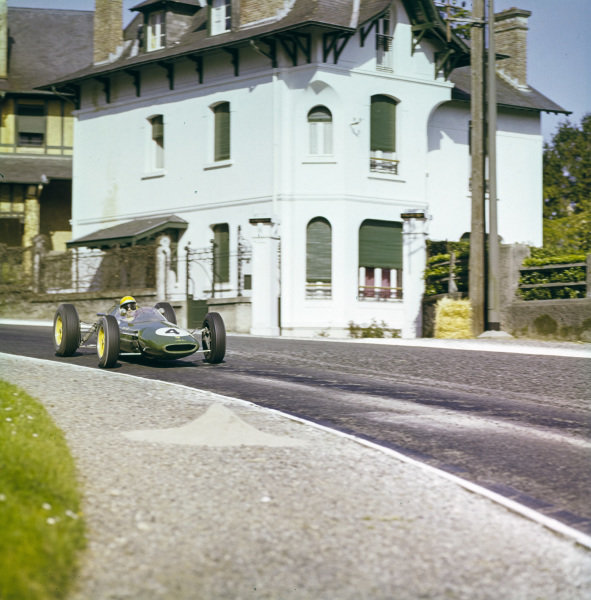
Had World War II not intervened it is likely that Formula One would have begun much earlier. Certainly, in the interwar years, there was an increasing move towards codifying the sport from the ragtag one-off events.
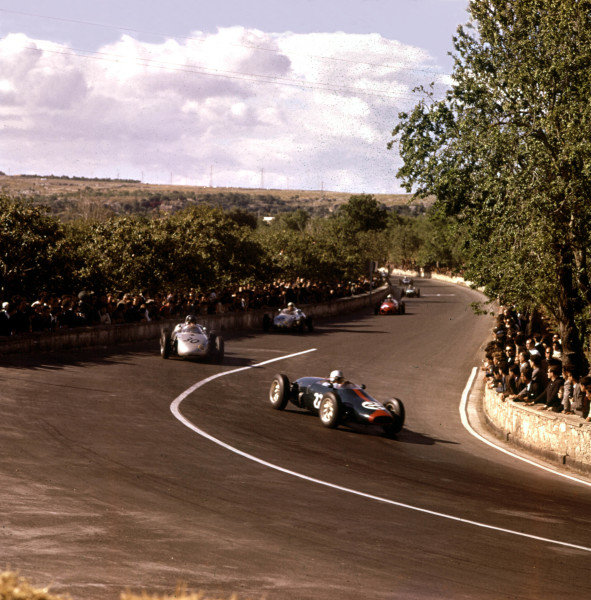
With the rise of Nazism, and the focus of French and Belgian (and other European) engineers onto preparation for war, however, Formula One was put on hold until 1946.
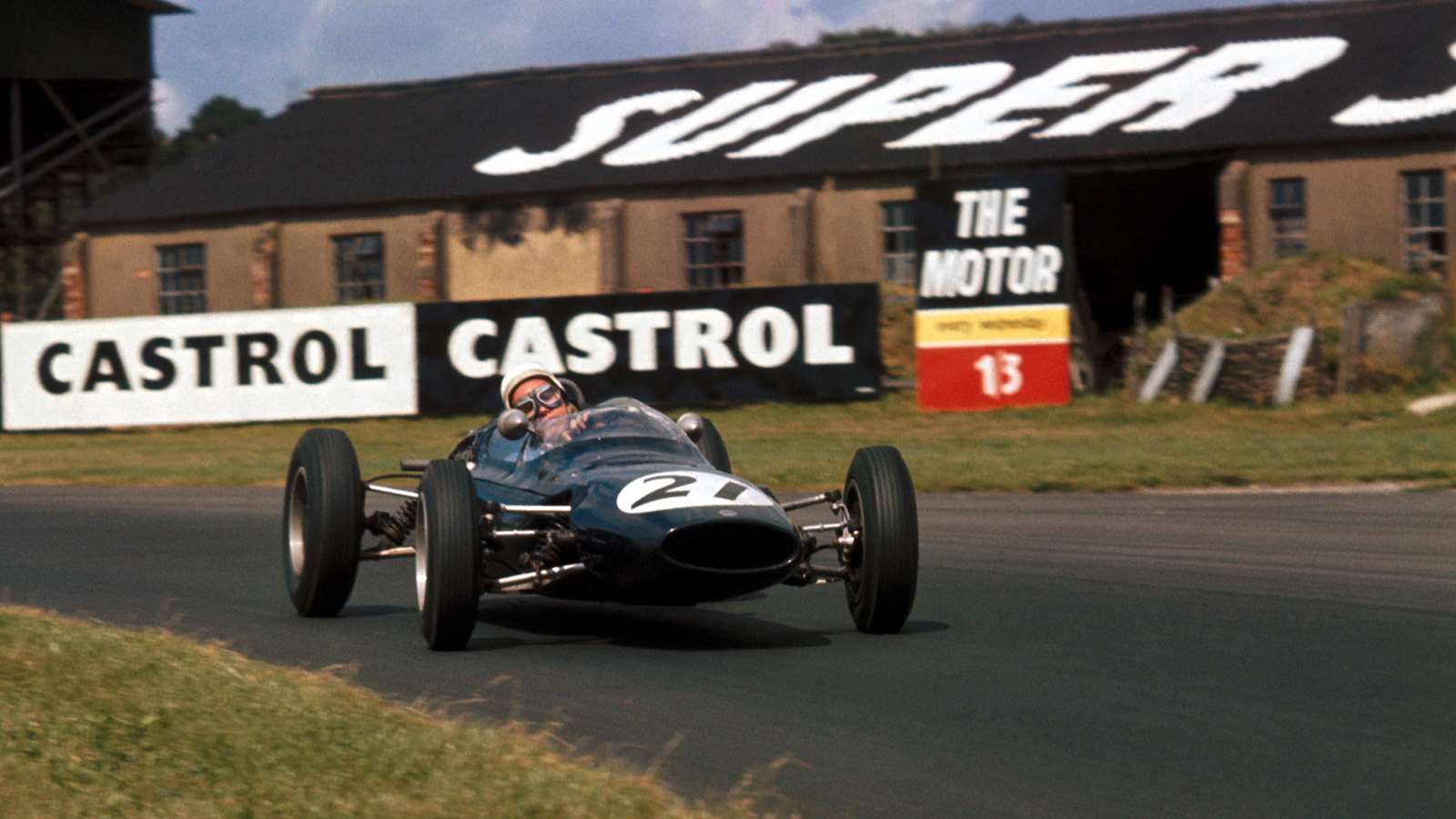
In 1946, the idea of a Formula One Championship began. From 1946-1950 the races were not part of an overall calendar and races tended to be ad hoc affairs.
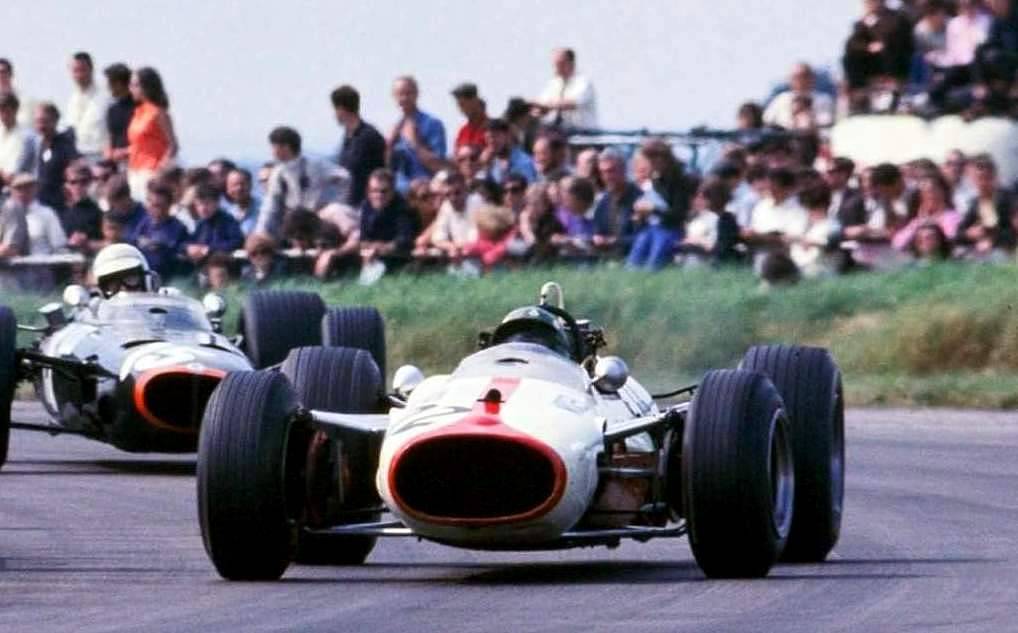
However, there was a growing desire to create a single competition based on performance across a wide range of races. Ultimately the goal was to determine who was the best driver and who was the best manufacturer.
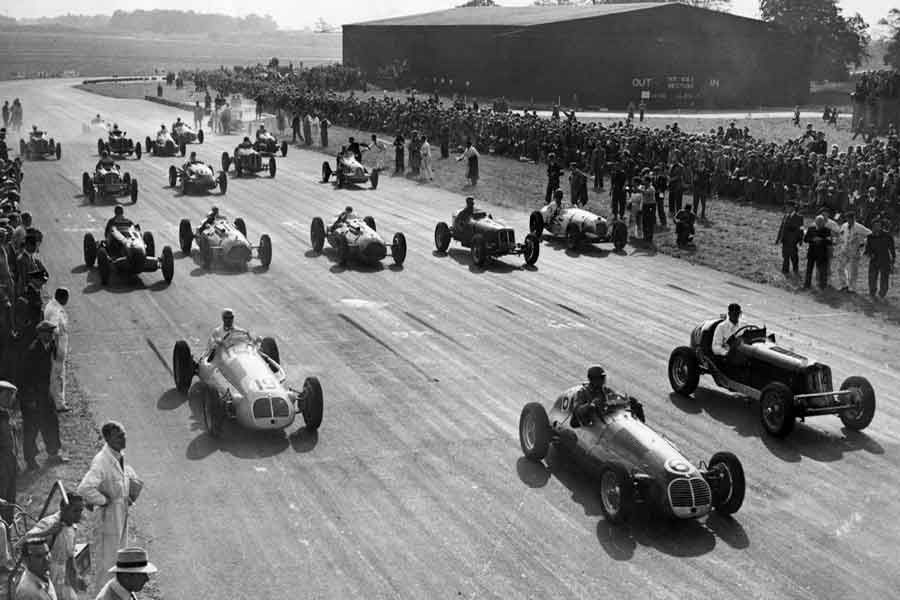
13th May 1950, British Grand Prix, the first race of Formula 1.
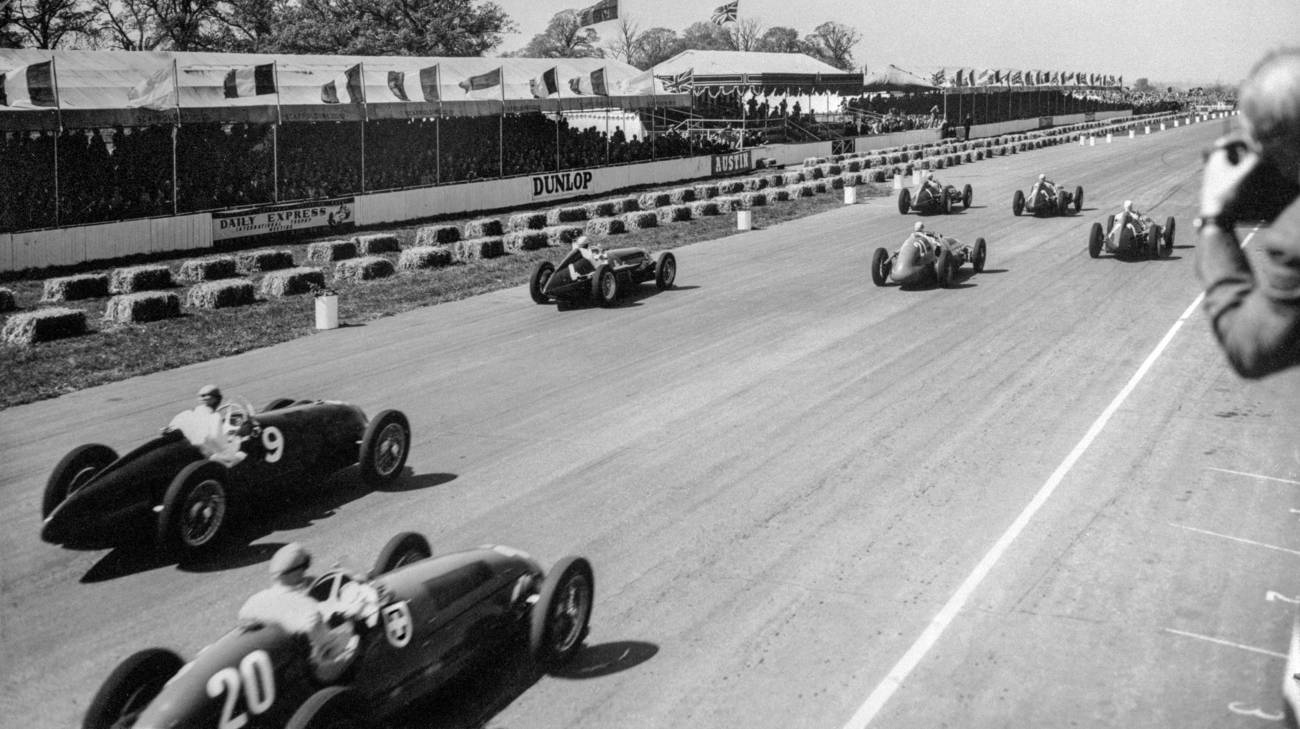
1950, British Grand Prix at Silverstone, the first race of Formula 1.
The final details on the drivers’ world championship were not agreed upon until 1950 and the first World Championship Grand Prix took place in 1950 at Silverstone in the UK. Even then, only seven of the total Grands Prix counted towards the World Championship, although the fundamental structures were in place. Even as the championship grew, there remained non-championship races until 1983.
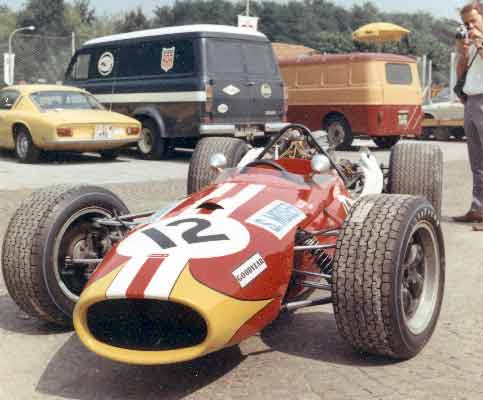
In the period since the emergence of the World Championship, there have been periods of dominance by one company or the other.
- The British, for example, dominated the early 1960s and early 1970s, before Ferrari dominated the mid-1970s.
- In the latter part of the 1990s and early 2000s, Ferrari again enjoyed a period of dominance, although more recently Williams and Mercedes have been leading manufacturers.
Bernie Ecclestone took over the management of Formula One’s commercial rights in 1971, beginning an era of truly global financial power. Since then, Formula One has grown in popularity, and the prize money awarded for the drivers’ championship has too.
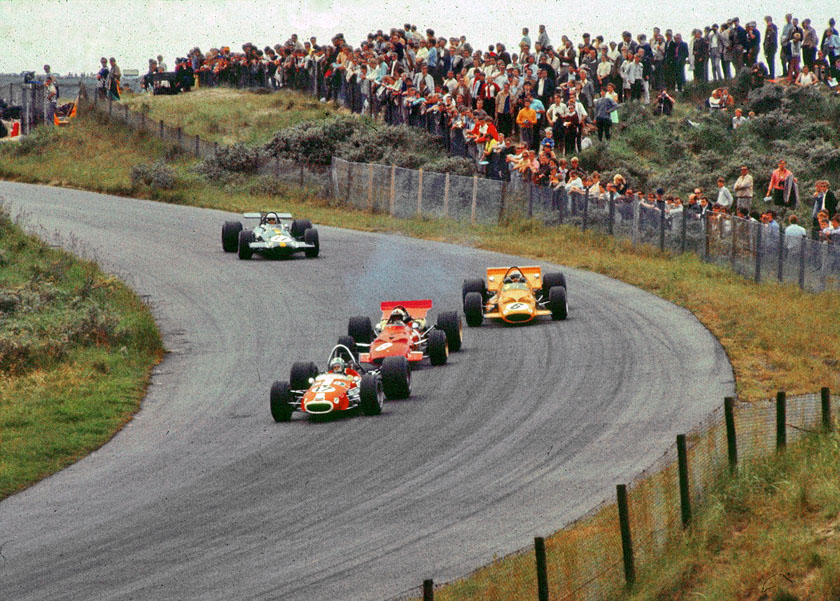
After World War II, Formula One was an established sport, with a great deal of popularity.
Gradually, in the post-war years, F1 underwent a series of evolutionary changes. For example, in 1958, the Grands Prix were shortened from 300 miles to 200 miles and the fuel used by drivers was standardized to Avgas.
1958 was also a landmark year as it was the first year that a car with an engine mounted behind the driver won the championship. Stirling Moss’s Cooper won the Argentine Grand Prix in his newly designed car, which soon became the standard across all manufacturers.
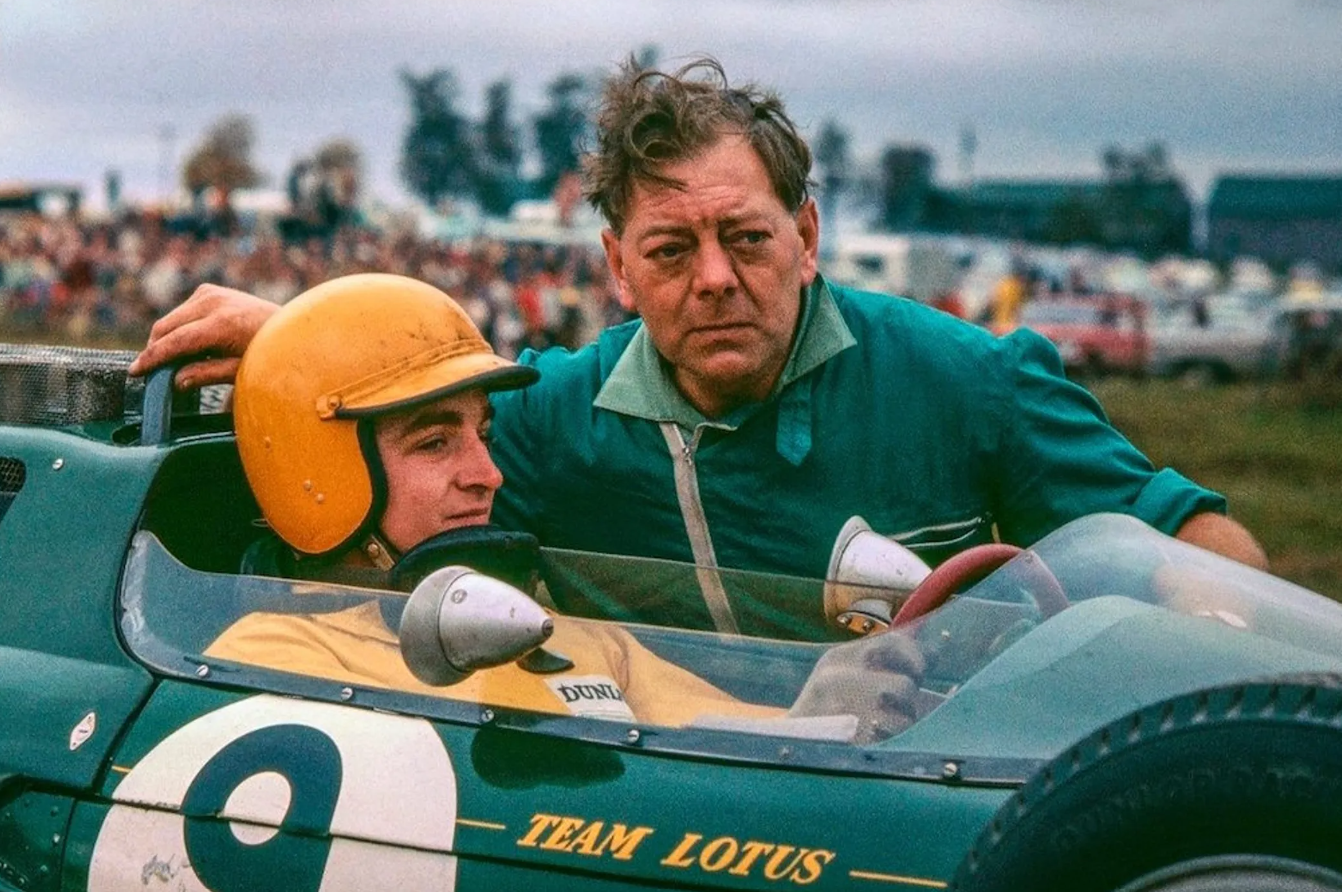
Previously each team had made their own fuel using methanol and other compounds. 1958 also saw the introduction of a constructors’ world championship.
In 1965, a Japanese team won the Mexican Grand Prix with a transverse engine. Unlike Stirling Moss’s car, however, no other manufacturers copied the design of the Japanese car, which remains the only car to have done so with an engine of that type.
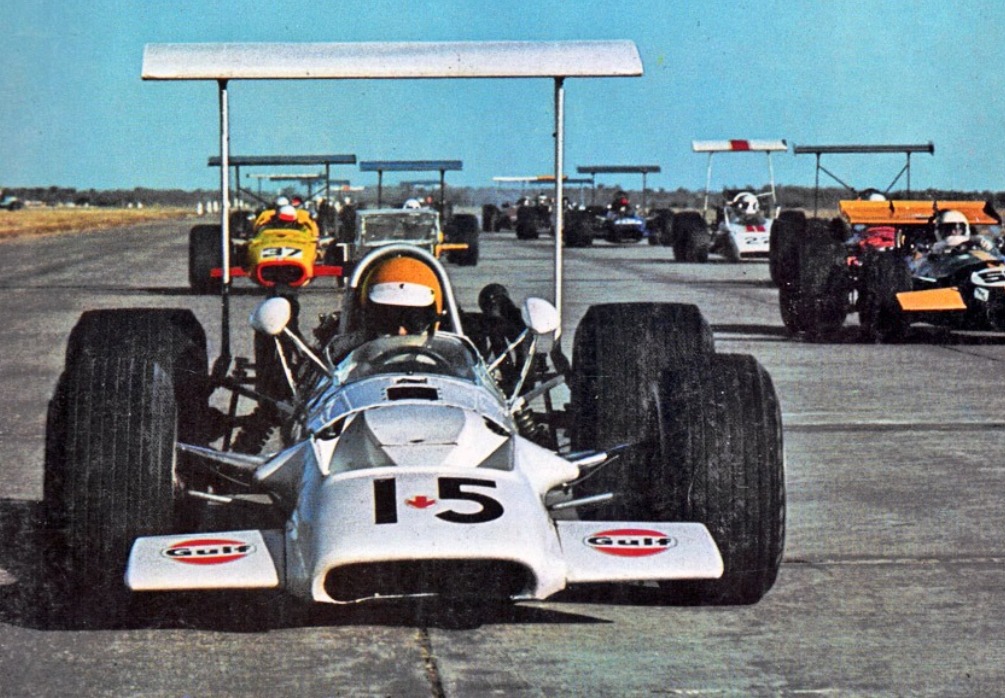
This Grand Prix was also the last that saw the use of a 1.5-liter engine before the loads were increased to 3.0 liters. This naturally increased the speeds that cars are capable of achieving and they now regularly top 200 mph – a speed more than double the top speed of the earliest racing cars.
By far the biggest evolution that has taken place in the period since WWII has been the international spread of Formula One. Races are now truly spread throughout the globe, with races on almost every continent.
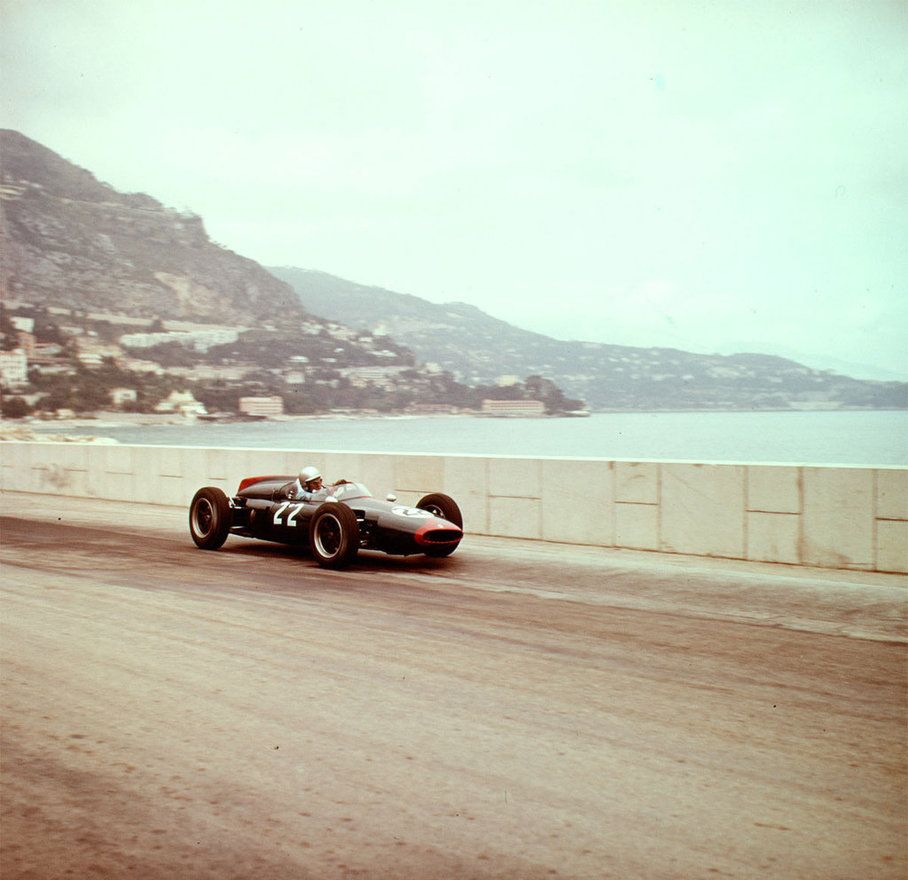
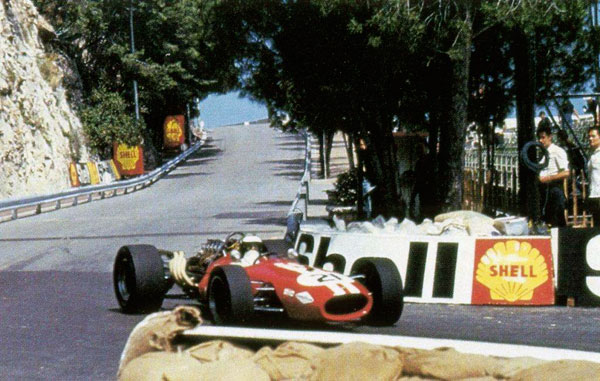
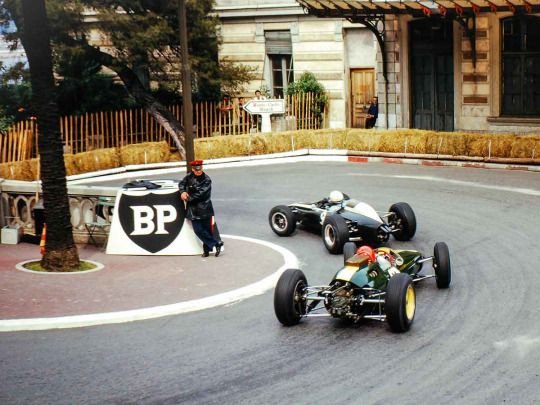
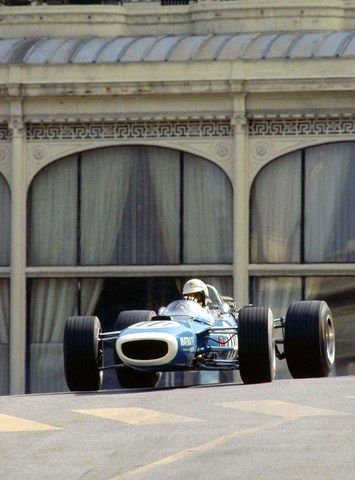
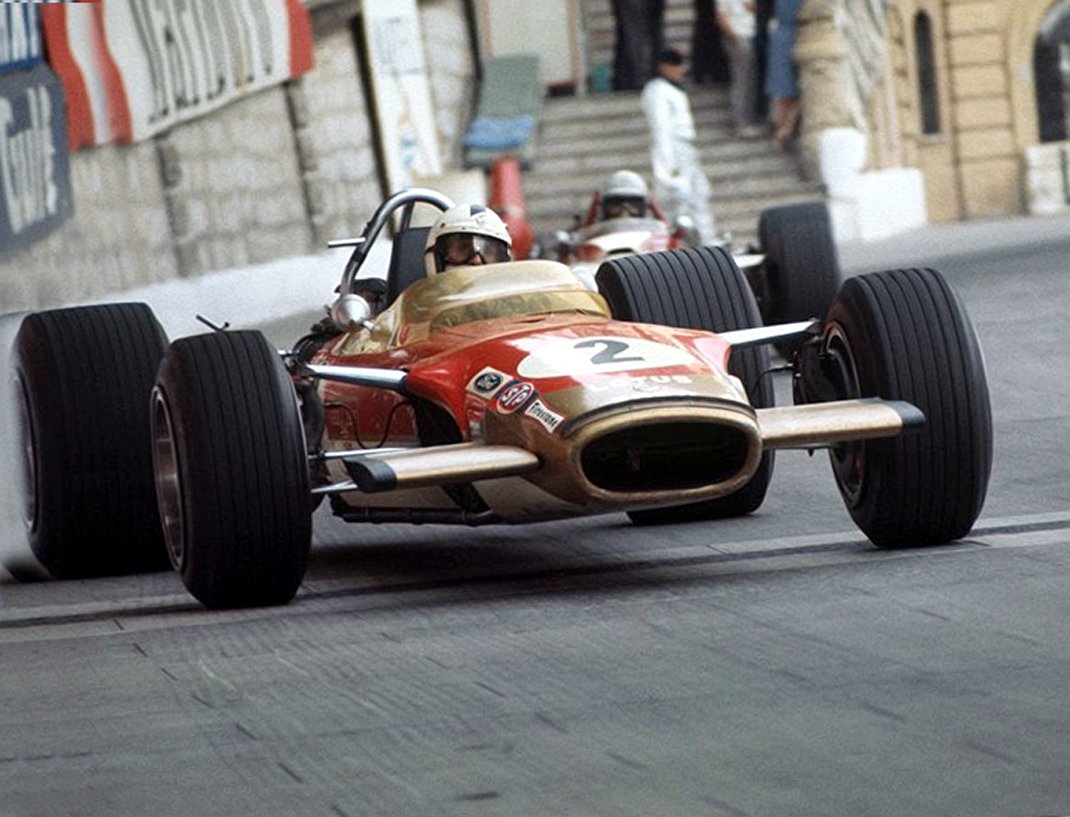
Monaco Grand Prix.
This has meant that Formula One now has fans, constructors and drivers from all over the world. With races in Bahrain, China, Brazil and Abu Dhabi, Formula One is quickly becoming a sport that transcends national boundaries. Indeed, more and more, fans’ loyalty is to the car manufacturers rather than the racing drivers.
Car technology in Formula One has been a result of each team constantly striving to gain a competitive advantage.
The two biggest developments that have taken place in the history of Formula One have been the placement of the engine and the material of the chassis. As mentioned above, in 1958 Stirling Moss’s car featured a behind-driver engine.
For the first time since the replacement of horses, cars were now pushed rather than pulled, giving greater control over the steering. Modern safety innovations have meant that the engine is now placed in the center of the car, although this is still behind the driver.
The most radical change that took place with the chassis was the development, in 1962, of the aluminum sheet monocoque, which effectively meant that the car was one long body panel.
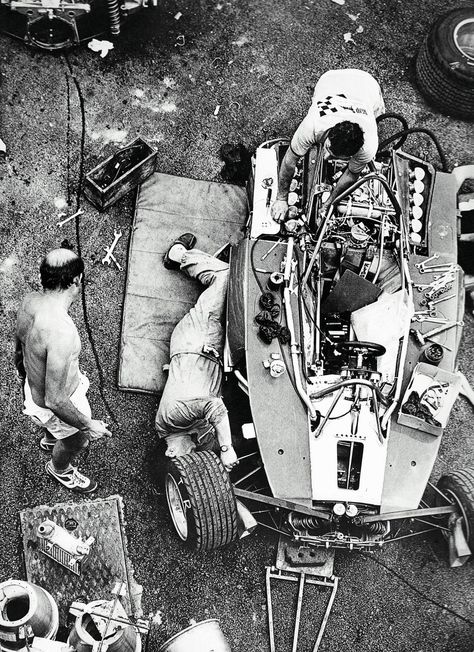
The naked true, Niki Lauda's Ferrari.
This dramatically reduced weight and made the cars more rigid, meaning that even greater speeds were possible.
In 1981 McLaren superseded this with the development of the carbon fiber chassis.
Other developments, like active suspension, turbochargers and traction control were all innovations that have been banned sporadically throughout the history of Formula One, showing that the eponymous regulations of Formula One have also been forced to innovate throughout its history.
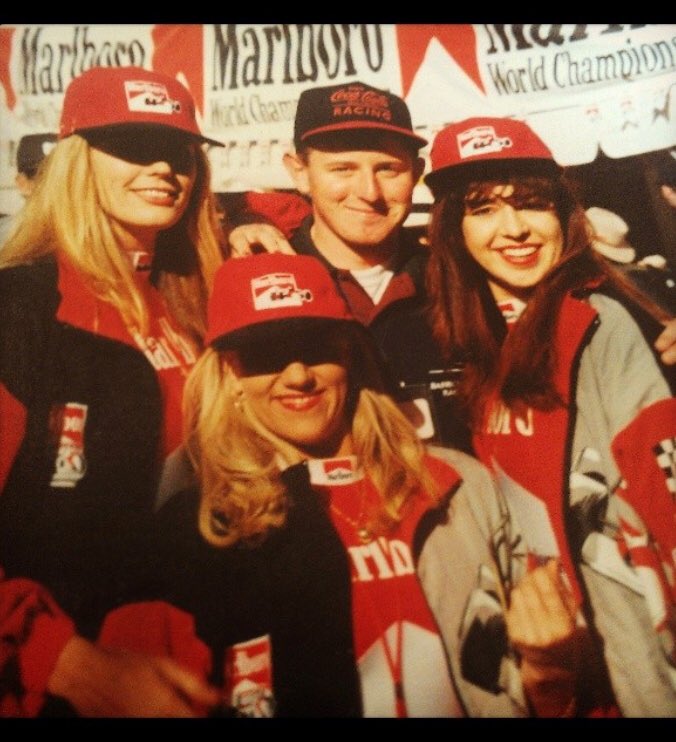
Grid girls in Adelaide, Australia.
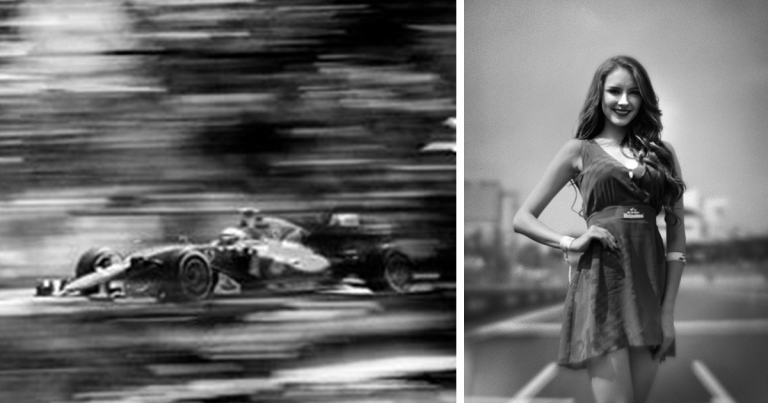
F1 old graflex camera by Joshua Paul.
Concurrent with the development in speed and aerodynamics of Formula 1 cars has been innovation in safety. In the period 1963-1967, an estimated 256,000 kilometers were driven under race conditions, resulting in three driver fatalities.
Since 1997, there have been an estimated 348,000 kilometers driven under race conditions, with zero fatalities.
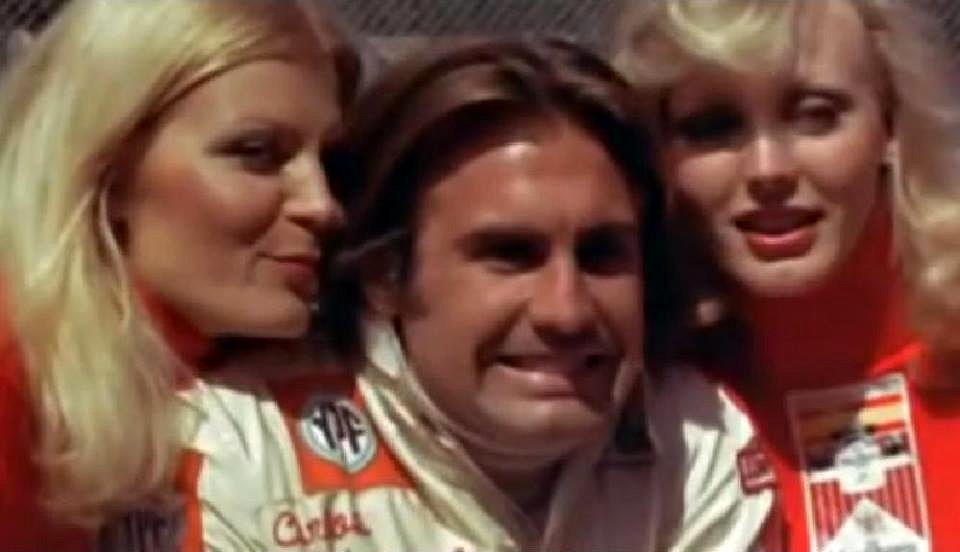
Carlos Reutemann and two grid girls.
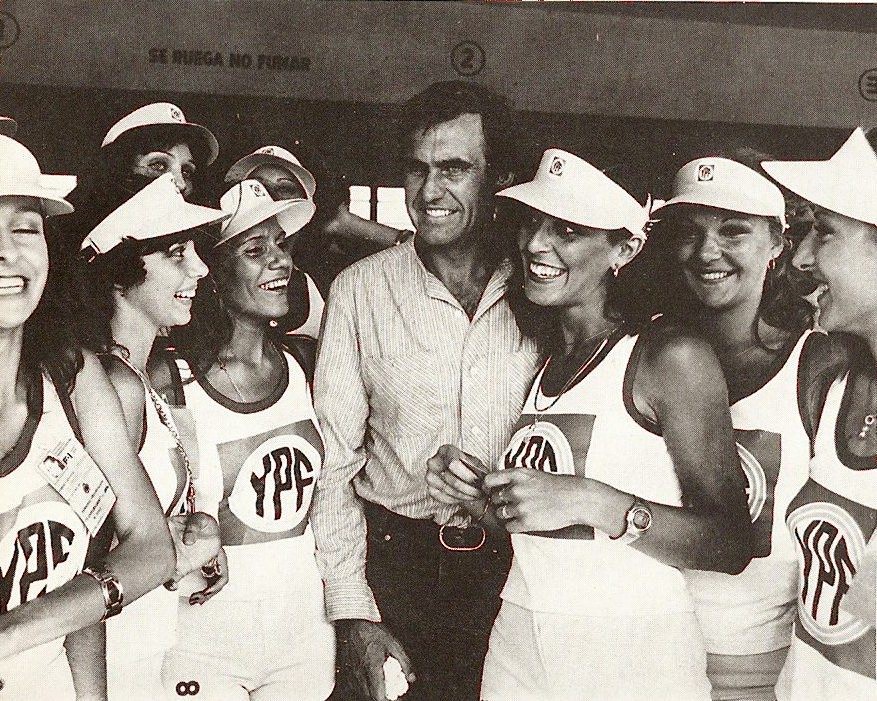
Carlos Reutemann and YPF promotional girls.
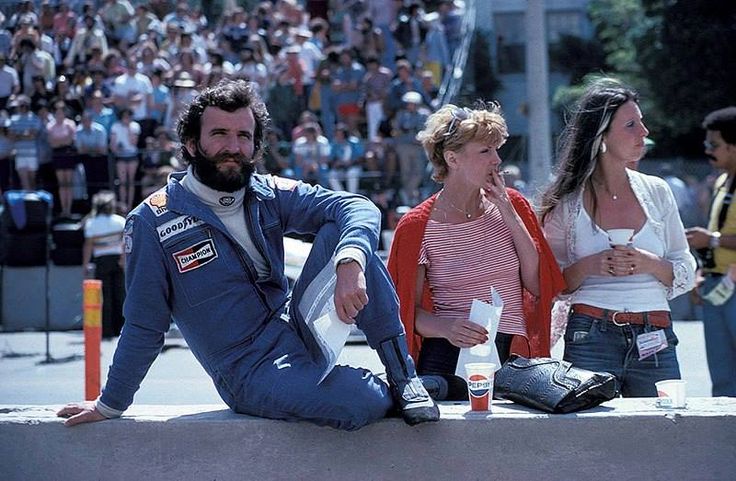
Harald Ertl and girls.
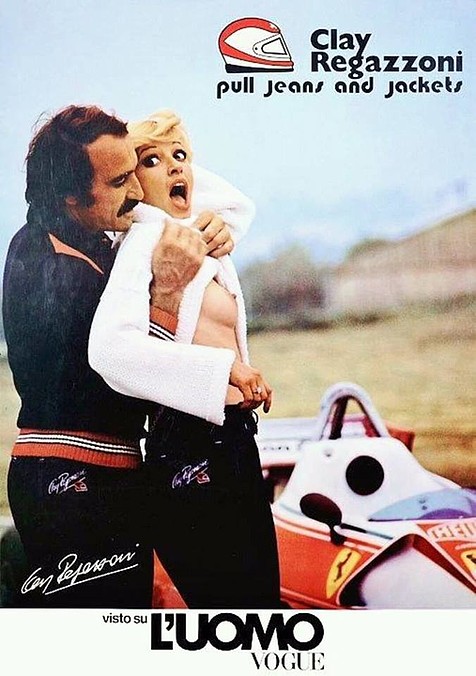
Clay Regazzoni, advertising.
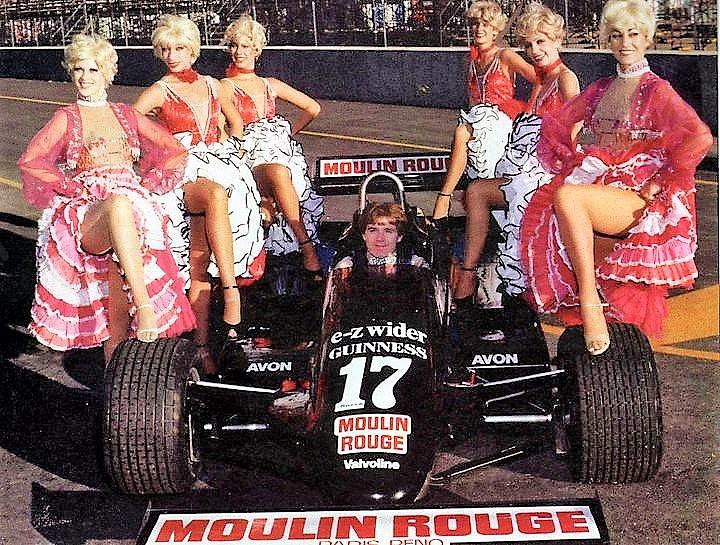
Moulin Rouge girls.
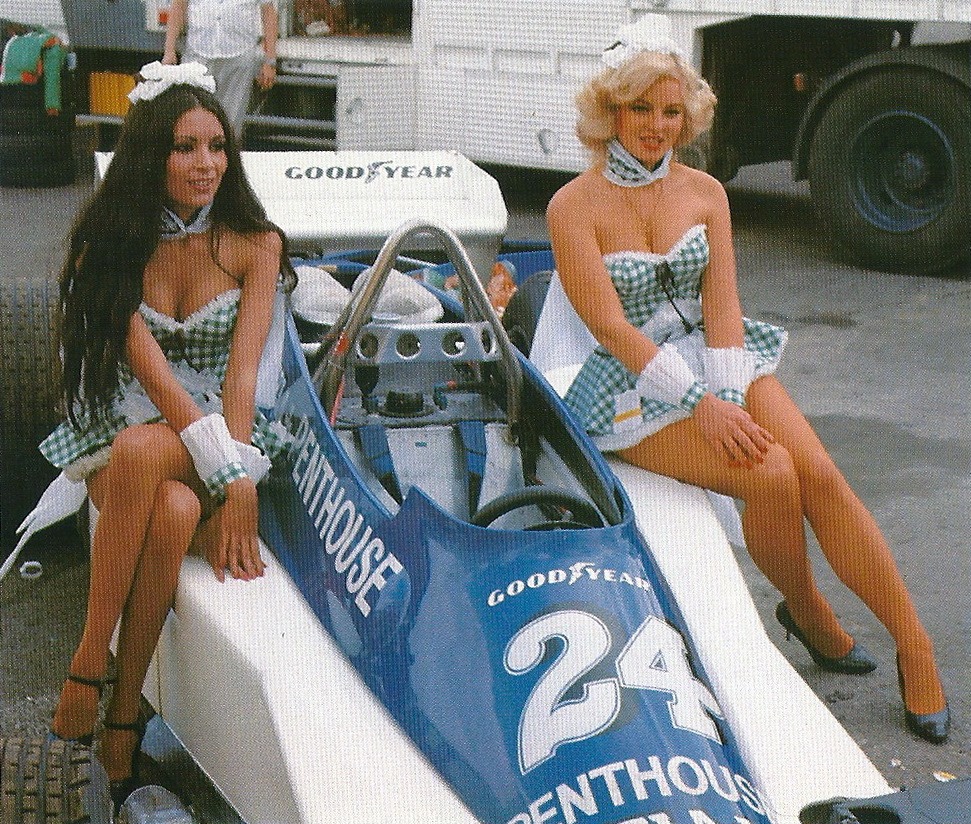
Penthouse Hesketh girls, F1 70'.
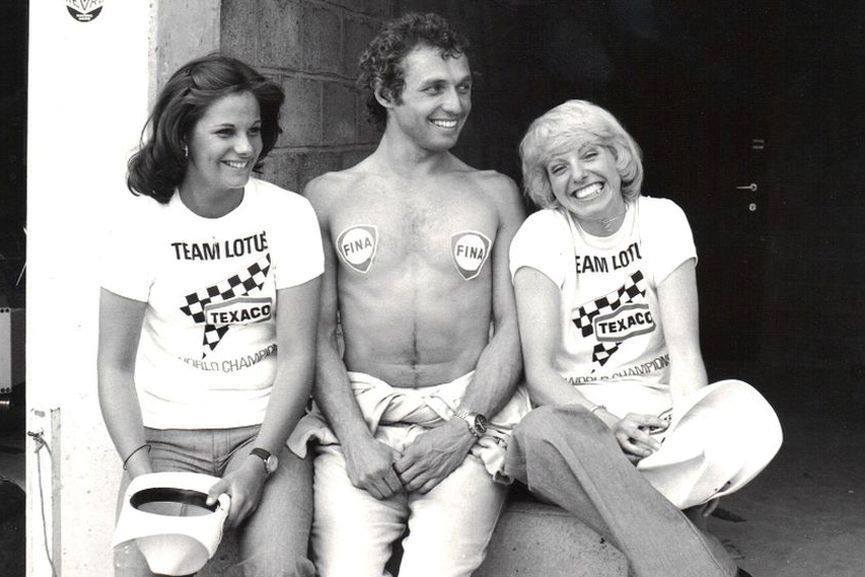
Jochen Mass with two promotional girls.
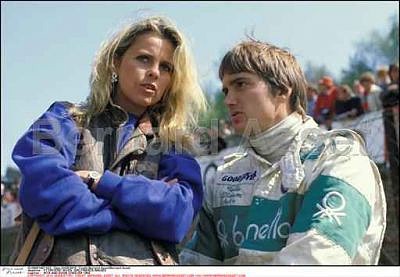
Rita and Eddie Cheever.
Interestingly, the number of accidents per kilometer has actually increased in that period, due to the increased speed driven by cars. Safety innovations have therefore made it so that crashes are less likely to result in death or serious injury for drivers. Crashes that take place now would have been fatal in the past. Through constant innovation, Formula One is now safer than at any point.
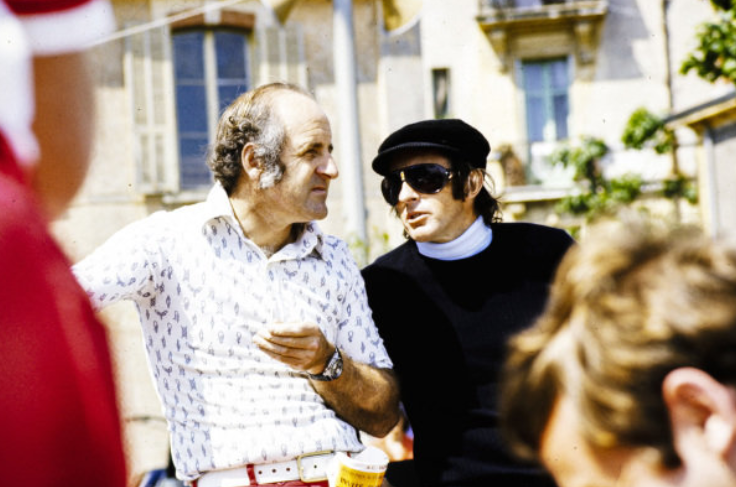
Denny Hulme and Jackie Stewart.
THE 1960s
The first set of innovations that took place in the 1960s were centered on the danger caused by fires in the post-crash period. For example, in the period 1963-1965, cars were required to be fitted with fire protection, safer fuel tanks (and gas lines) and fireproof suits were made mandatory for all drivers.
Cockpits and safety belts began to be designed for easy release and exit in the case of a crash. In this period also were modern crash helmets (i.e. shatterproof) and roll bars fitted to prevent the initial danger of a crash.
Safety was increasingly becoming a priority in this period. The FIA began a system of standardized inspections, run by FIA officials. Prior to this, the inspections had been undertaken by national authorities. In 1963, the modern flag signaling system was introduced to warn other drivers of a crash ahead (as well as pass other safety-related messages).
THE 1970s
In the 1970s spectator safety became increasingly important and a number of regulations were introduced that were designed to protect those who attended these events. For example, in 1970 it became compulsory for circuits to have spectators three meters behind any fencing (and fencing was increasingly regulated).
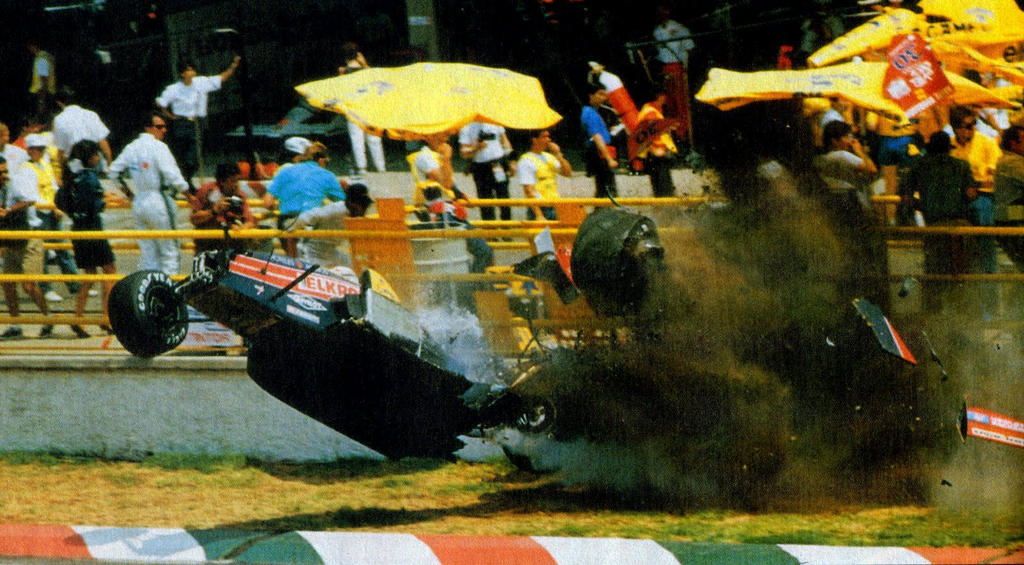
In 1973 ‘catchfences’ were introduced to prevent cars from being able to endanger spectators. Where previously hay bales had been used as a crash barrier, this was now made illegal because of the fire hazard presented.
The dangers of fire were also continually addressed for drivers, as safety bladders in fuel tanks were introduced in 1970 and safety foam in the tanks became mandatory in 1972. In 1973, the FIA mandated the use of crushable structures around fuel tanks (again, to prevent the danger of a crash causing rupturing and leaking).
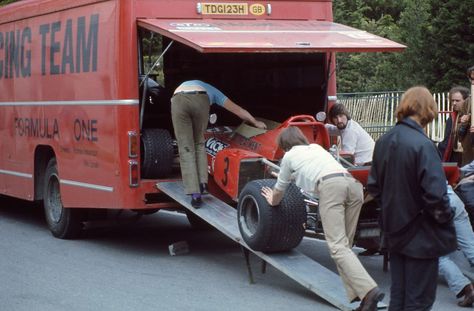
Starting in 1978, drivers were compelled to have a license to qualify to drive, allowing the FIA to introduce more rigorous standards on driver training.
THE 1980s
In the 1980s technology had advanced to the extent that it was now possible to protect the driver in all but the most serious crashes.
Knowledge of crumple zones and the introduction of a ‘survival cell’ around the driver meant that crashes themselves became increasingly less fatal. This ran concurrently with increasing innovation with regard to fire and a growing presence of medical staff on hand at races.
The biggest change in respect to fire was that in 1984 it was banned for drivers to refuel during races. The fuel tank was also placed in the center of the car, meaning it was further protected from impact.
THE 1990s
In the 1990s, cars were increasingly modified to be faster and safety innovations were increasingly based on more precise details.
For example, design specifications became even more rigorous. In 1993, the mandatory headrest area was increased to four meters, the front overhang was reduced from one meter to 90 centimeters and additional regulations gave very specific details about the distance of the rear wing height, the distance of the front wing endplate and the wheel width.
More and more of the technology was taken away from drivers, thereby forcing them to be fully engaged with their drive. For example, in 1994, traction control, automatic gear and anti-lock brakes were banned.
2000 ONWARDS
The safety changes that have taken place since 2000 have almost all been centered around increasing the different forces that cars are able to respond to, meaning that drivers are protected in an even larger array of cases.
For example, in 2000 the ‘survival cell panel outer skin laminates’ were fitted with added penetration resistance and the static load side test in the driver’s leg areas increased by 20%. In 2001, the side impact test speed was increased to 10 m/s.
This suggests that the fundamental structures of the car are sound and the primary innovations are involved in adjustments, rather than major radical change.
Formula One has become a global phenomenon, a long way from its roots in European racing in the interwar period.
The developments in technology, speed and safety have all been noteworthy; fundamentally, however, the premise of Formula One is to take the world’s best drivers and the world’s best engineers and put them at the pinnacle of what a car is capable of. In this respect, the spirit of Formula One is the same as it always was.
Certainly, there is more money in the sport and the cars now travel at speeds that drivers in the 1920s could not dream of. However, the glitz, the glamour and the sheer bravado of the drivers all demonstrate a sport that still retains an innocent and wide-eyed view of the fundamental beauty of racing.
Throughout the history of Formula One there have been many developments, but at no stage has the average spectator ever looked at the vehicles and the drivers, with anything less than awe. And that will never change.
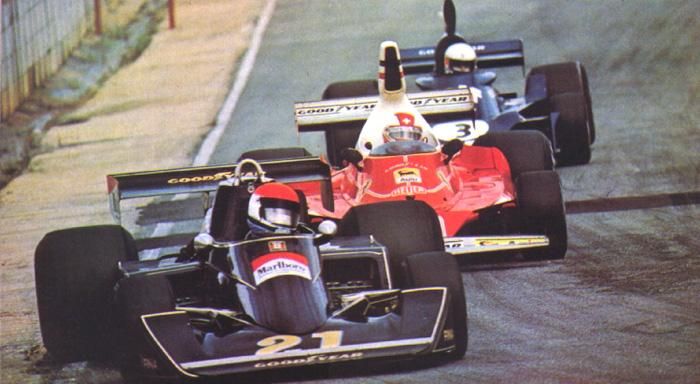
Just what is Formula One? Our comprehensive ABC of Formula One will take you through the jargon, the history and the rules of motor racing’s premier category and have you sounding like an expert. Written by Matt Youson. Published on 23.06.2018.
The Formula One World Championship began in 1950 with cars that shared little in common with the machines used today – but Formula One is relentlessly adaptive in pursuit of speed. The huge lumbering beasts of the early 1950s gave way to lighter, more nimble machines. Engines moved from the front to the rear of the car, steel gave way to aluminium and then carbon fibre.
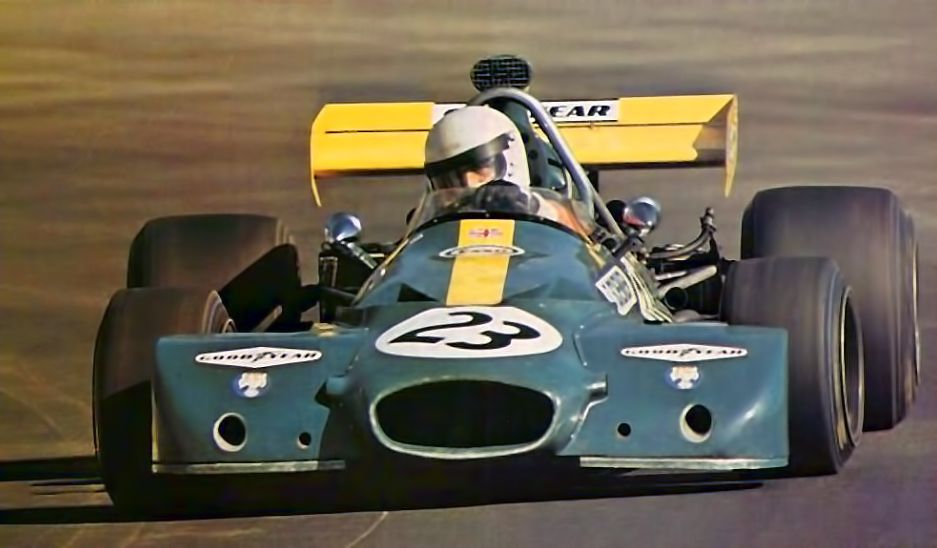
Tyres became fatter, streamlined cars sprouted wings to provide downforce – literally pushing the cars into the road surface – and then ground-effect skirts appeared, sucking the car to the track – more downforce means more grip, more grip means more cornering speed. Engine technologies improved, with turbos arriving, departing and returning with added direct injection and hybrid technology.
The series has its origins with a handful of races around the grand old circuits of Europe. It grew steadily until the end of the 1990s and then exploded with new races in more exotic locations springing up every year.
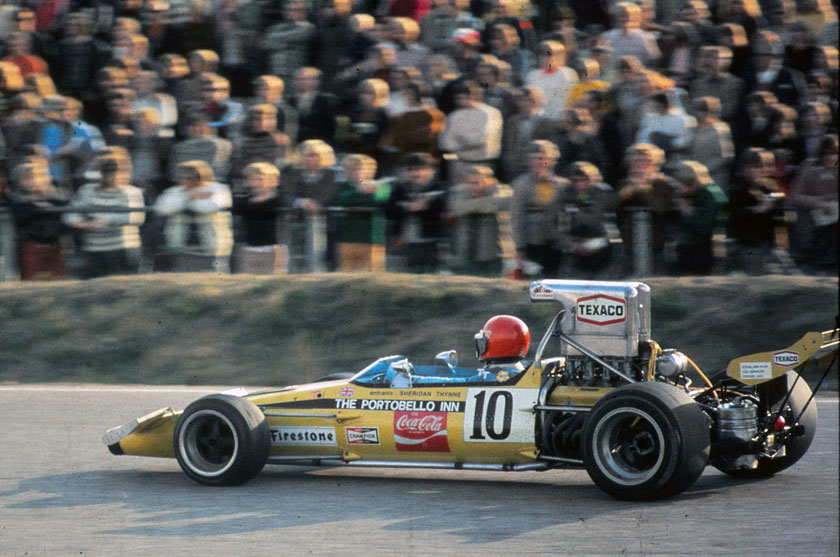
This season involves 21 races crisscrossing the globe, visiting Australasia, the Middle East, Europe, North and South America, South East Asia and the Far East. The season lasts for nine months of the year, running from March to November.
In the modern era and barring incident, each team is expected to enter two cars into every race. Beating your team-mate is considered the benchmark of success, as he is the only other competitor with machinery of identical performance. The event takes place over three days.
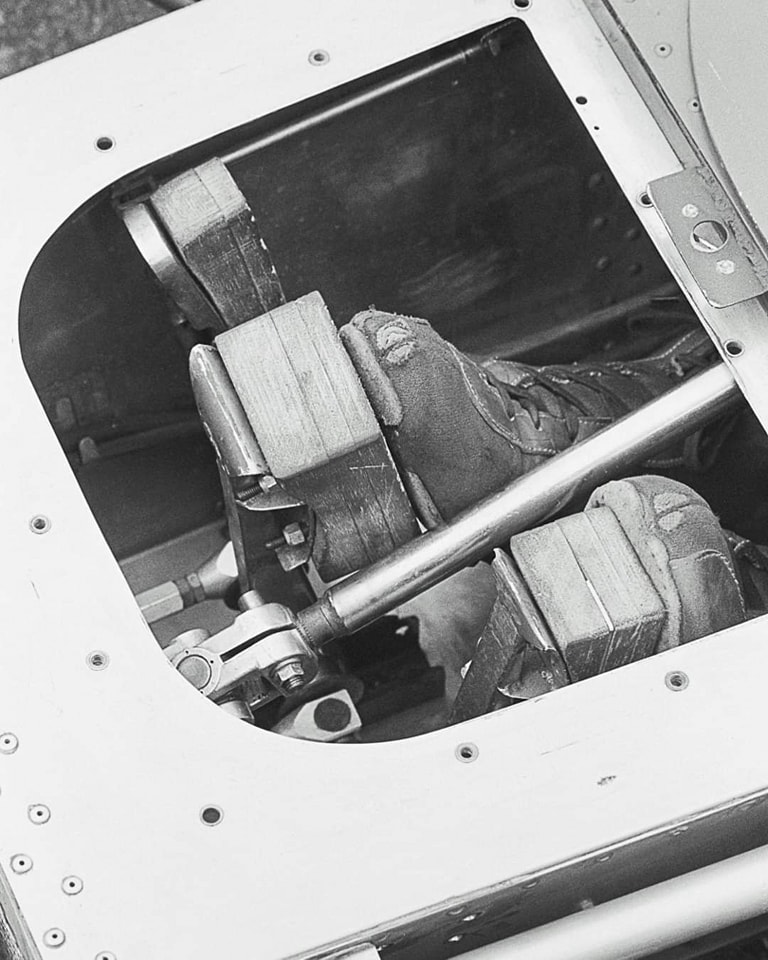
The old Formula 1.
The first features two 90-minute practice sessions, the second day a further 60-minute practice session, followed by an hour of qualifying, with lap times in this session used to determine the order in which the cars will line up on the grid at the start of the race. The race is staged over 200 miles or two hours, whichever comes first – though with modern speeds, the two-hour limit is only very rarely breached.
There are two complimentary but distinct championships being contested during the F1 season. The first in the Formula One World Championship for Drivers, the second the World Championship for Constructors. The Drivers’ Championship is decided by a simple points tally at the end of the season, while the Constructors’ Championship is the combined tally from both cars. Only the Top 10 finishers are awarded points at a race.
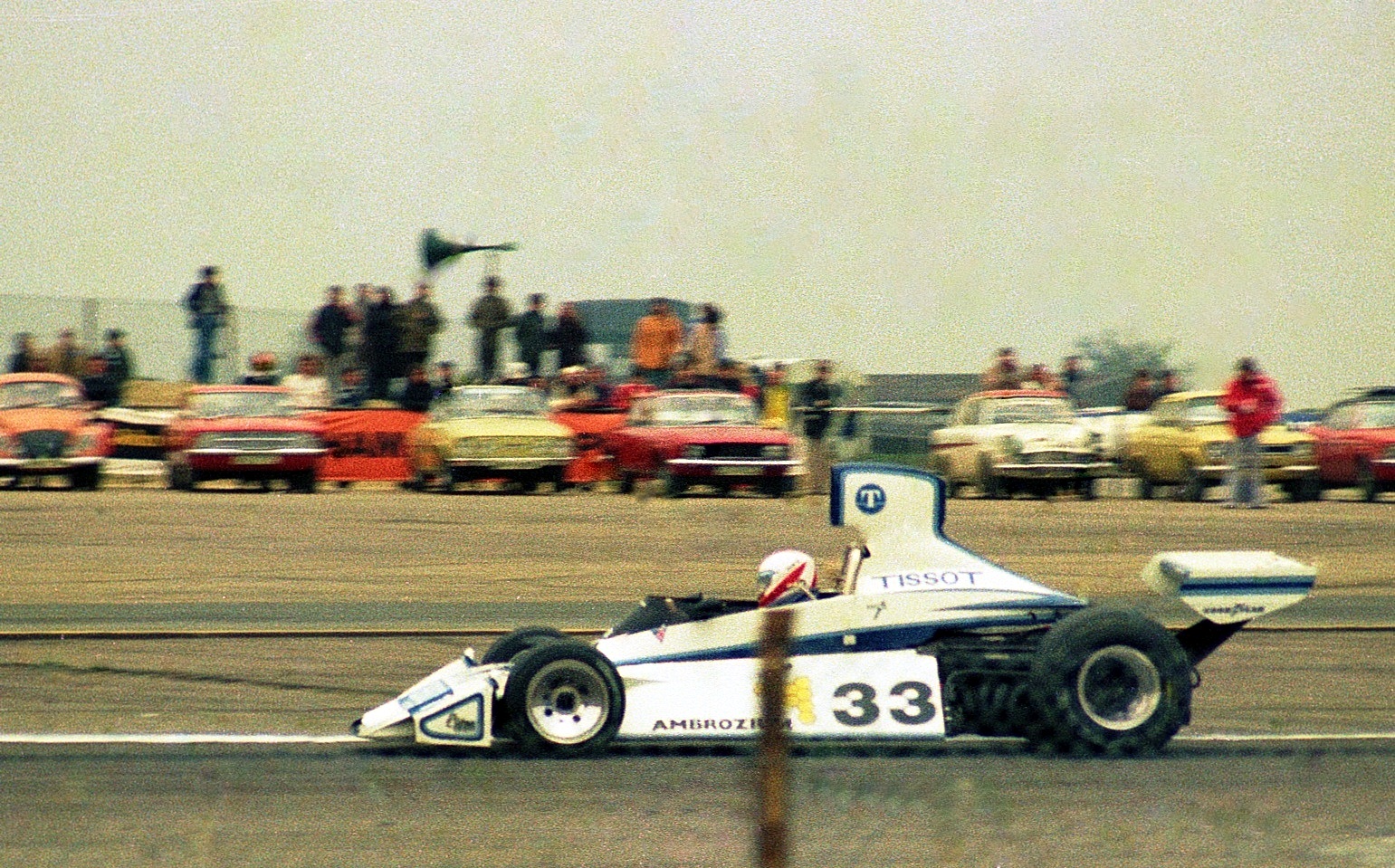
An F1 car consists of three central elements onto which everything else is attached. The most important is the survival cell, affectionately known as the ‘tub’. This incredibly strong carbon composite moulding is where the driver sits. It's designed to protect him in even the most brutal of impacts – so much so that it's not uncommon to see a driver slam into a wall at more than 100mph, undo his seat belts, stomp back to the pit lane and explain to the media how the crash was somebody else’s fault.
The engine is bolted to the back of the chassis and the gearbox is bolted to the back of the engine. Suspension, bodywork, hydraulics and ancillaries and bolted to this central axis.
Formula One is a hybrid racing series, which is why you’ll sometimes hear people talking about the ‘power unit’ rather than the engine. The reality is that the internal combustion engine (ICE) is only one part of a system which also features two hybrid motor-generators.
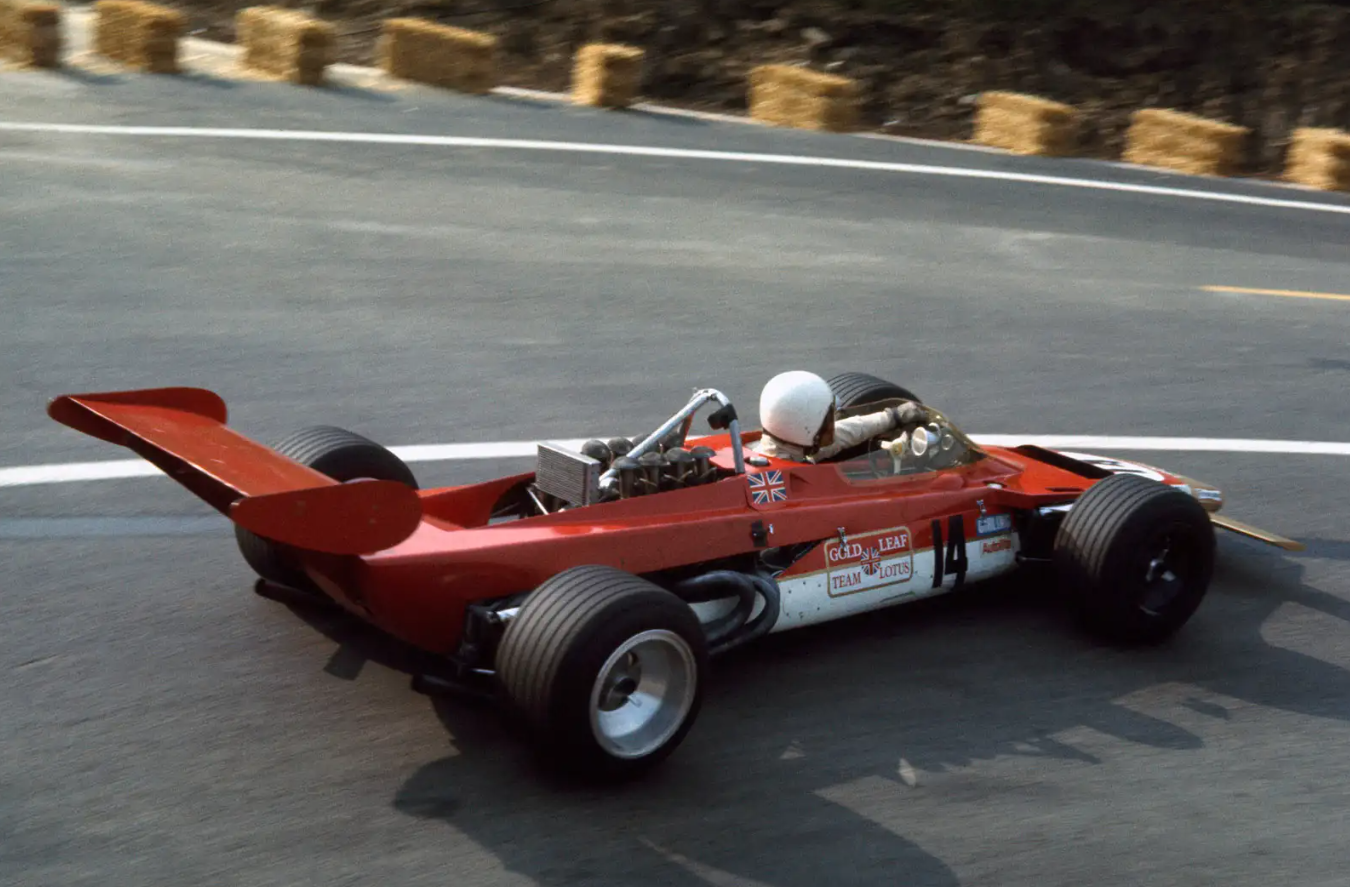
The first recovers energy when braking, in a manner similar to a road-going hybrid car. The second – the one that’s really ground-breaking – recovers energy from the flow of exhaust gases in a manner that's both similar to but also entirely unlike a water wheel. The flow of hot gas in the exhaust spins a turbine attached to a generator that provides power to an electrical turbocharger with compressed air going into the ICE, with surplus power routed to a battery pack. Despite being comparatively tiny, the modern power unit is the most powerful race engine F1 has ever had.
If James Bond watched sports, you can almost bet that he would spend his time watching Formula 1 (F1). This sport – which is a sport, regardless of how much anyone protests – simply exudes class, style, elegance and danger. The world’s greatest drivers and vehicle manufacturers combine to bring the global audience a series of races that keeps spectators glued to screens from New York to New Delhi. Yes, it is a pretty big deal.
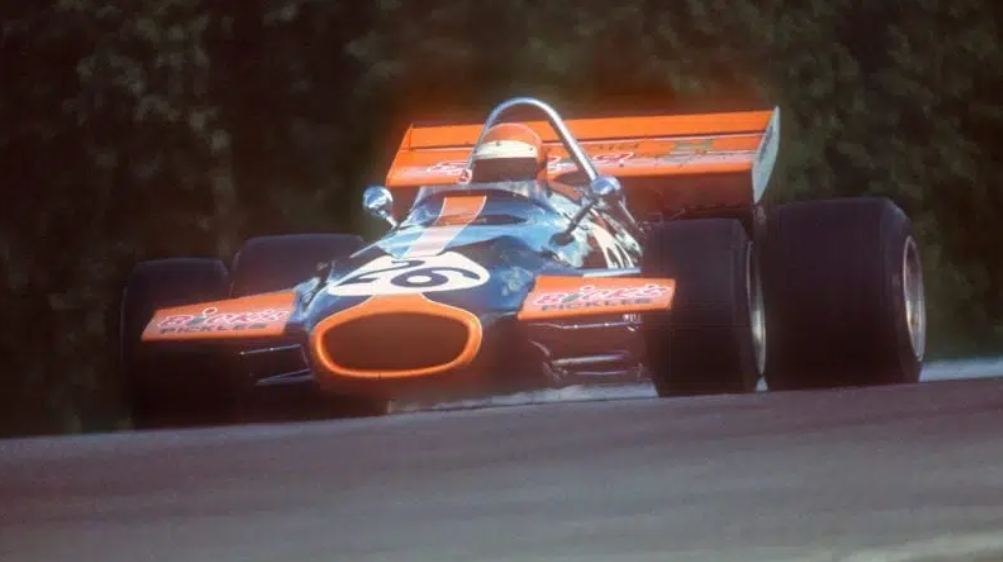
Formula 1 is also fast. Very, very fast. According to manufacturer Red Bull, Juan Pablo Montoya set the record for the fastest ever speed in an F1 race at 231 mph. Montoya’s incredible record at the Italian Grand Prix that year pretty much sums up the pace with which an F1 race is contested at. It also proves how incredibly gifted the engineers of these cars are and how brave the racers simply have to be to win.
The style and aesthetic beauty on show in the F1 is mesmerizing. This is down to the combination of the beautifully streamlined vehicles, all in vibrant and rich colors, zooming past the hills, mountains, public roads and dedicated track surfaces of the world’s brightest cities. The sport is a deliciously-crafted blend of all the things that we love about modern engineering.
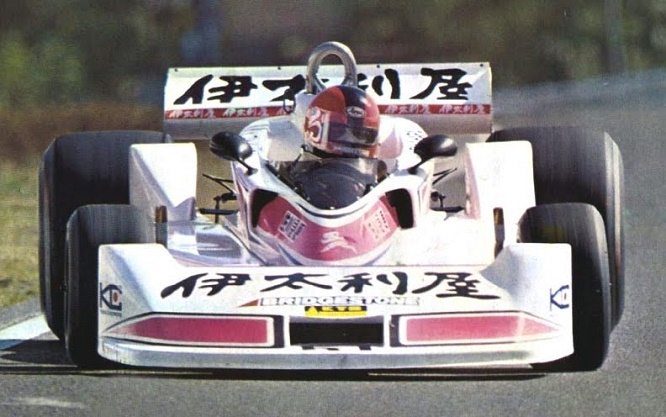
Of course, it wasn’t always that way. F1 has come a long, long way from the origins of the first Grand Prix. The cars, the drivers and the engineers tasked with creating the highest level of human design and technology. You see, Formula 1 is more than just a few fast cars competing to beat other fast cars. It is the culmination of the hard work and constant effort of the greatest minds in auto racing.
So, where did it all begin?
In order to truly understand the history of Formula 1, we must first take the story all the way back to August 30, 1867, in England. On this date, the first recorded arranged race between two self-powered vehicles took place between Ashton-under-Lyne and Old Trafford. Isaac Watt Boulton’s car was the winner of the eight-mile distance, with historians believing that Boulton’s son was driving.
Daniel Adamson built the other car in the race, which was believed to have been driven by a Mr. Schmidt. While records are a little sketchy – perhaps owing to the fact that the 4:30am race was breaking the law – this is regarded as the first ever auto race. Both of the vehicles were said to be solid fired steam carriages, as recorded in the press at the time, The Engineer.
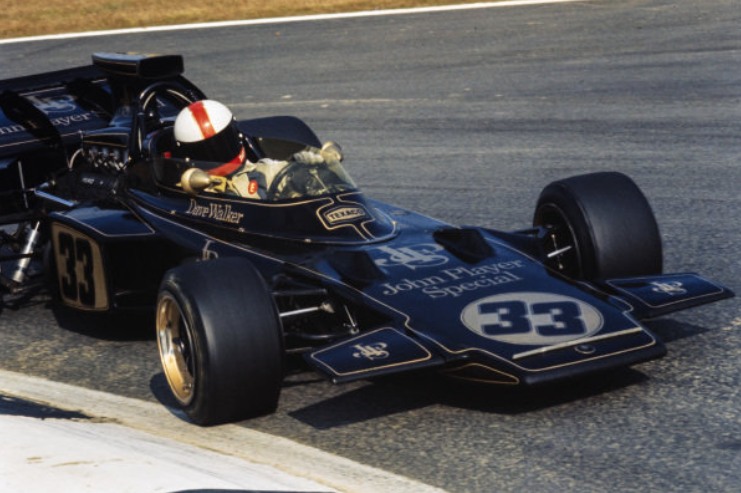
A JPS Lotus.
American readers may want to know when the first ever recorded race in the U.S. took place. Here it is.
The first record of a similar race in the U.S. pertains to a 200-mile endeavor in 1875, following the Wisconsin legislature passing an act which offered a major financial prize to the winner. The stretch began in Green Bay and ended in Madison, with two vehicles competing in the race. These machines were named after the towns where they were built: the Green Bay and the Oskosh.
A book written in 1878 by Richard Backus, called The Great Race, details what went down on that day. This clearly inspired others to try their hands at constructing vehicles which could handle traveling fairly long distances at consistent speeds, which, in effect, led to the creation of auto racing. With advancements in technology beginning to take effect, the competition would grow exponentially.
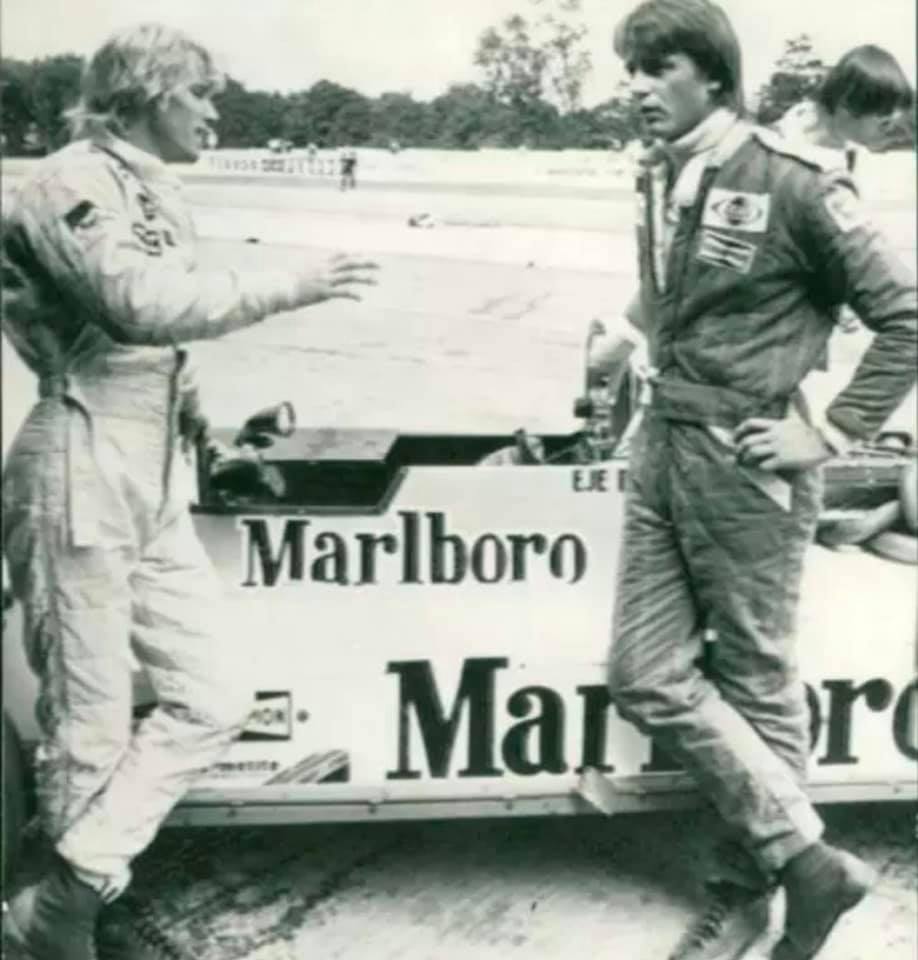
The Swedish racing princes. Stefan 'Little Leaf' Johansson and Eje 'Eric' Elgh.
When the first gasoline-powered automobiles were constructed, this led to more and more curiosity when it came to racing vehicles. On April 28, 1887, the editor of a Parisian publication named Monsieur Fossier arranged for a race to be run 1.2 miles from Neuilly Bridge to the Bois de Boulogne. Georges Bouton – representing the De Dion-Bouton Company – won the race, in a car he helped to construct. The only issue with Bouton’s victory is that he was the only person in the race.
Four years later, in 1891, Peugeout’s Auguste Doriot and Louis Rigoulot navigated a Type 3 Quadricycle in a gasoline-powered bicycle race from Paris to Brest and back to Paris. This was a seismic event at the time as it was believed to have led to a deeper interest in recording speeds and distances. Just three years later, auto racing would be set to get its first ever competition.
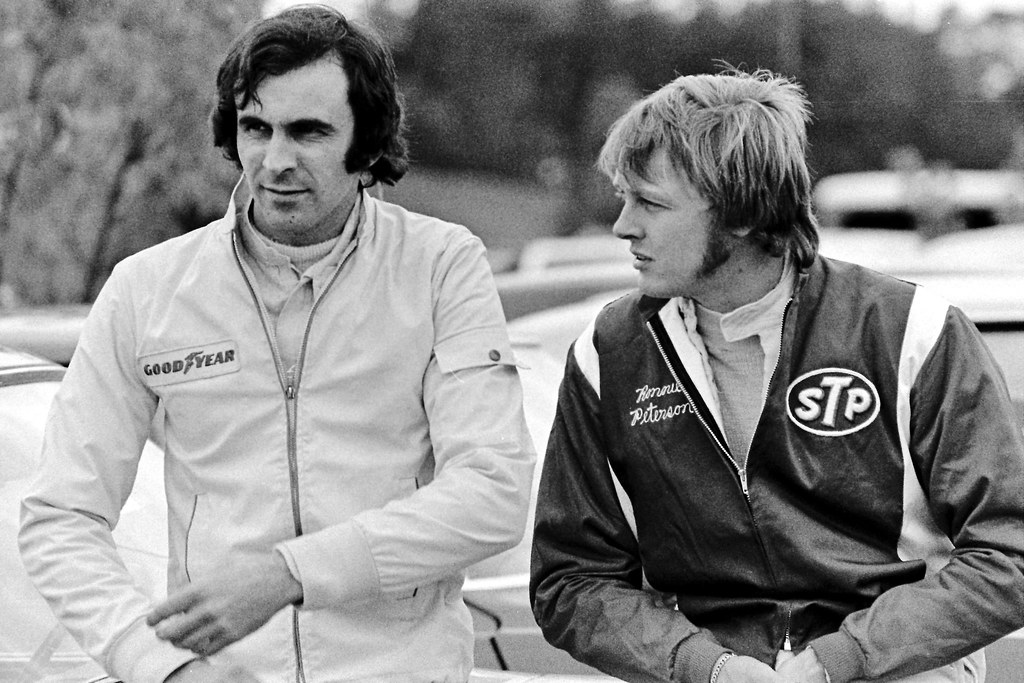
Emerson Fittipaldi and Ronnie Peterson.
A Paris-based magazine, Le Petit Journal, is credited with creating the world’s first ever racing competition on July 22, 1894. The starting place, unsurprisingly, was Paris with the finish line ending in Rouen. Le Petit Journal is believed to have used the race to garner publicity for the magazine, with the journal’s editor announcing the competition as a competition for horseless carriages. We have certainly come a long way.
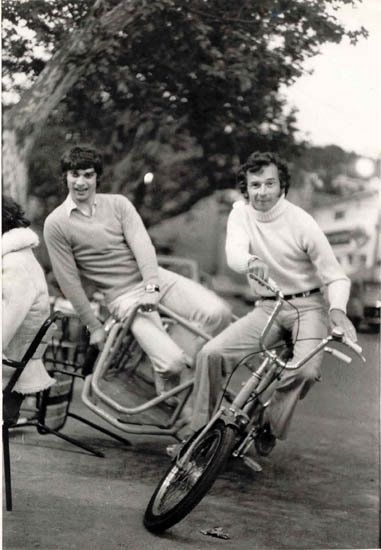
François Cevert and Jean-Pierre Beltoise.
There were 102 participants, who had each paid an entrance fee of 10 francs to enter the event. On the day, 69 vehicles took part in what was set to be a 31-mile qualifier to earn a spot in the 79-mile main event from Paris to Rouen. 25 of the 69 entrants earned a spot in the final race, with amateurs rubbing shoulders with established car manufacturers such as Peugeot and Panhard. There was a distinctive buzz about the race, which began from Porte Maillot and would eventually end in the Bois de Boulogne.
The first man to reach Rouen was Count Jules-Albert de Dion, after 6 hours and 48 minutes. The Count’s average speed was clocked at 19km/h, seemingly winning him the race with 3 minutes and 30 seconds to spare over runner-up Albert Lemaître of Peugeot. However, the winners of the race were declared as Peugeot and Panhard as vehicles in the race were judged on factors such as speed, handling and safety. Dion had used a stoker, which effectively disqualified him from winning.
When racing historians discuss the first organized automobile competition in America, the Thanksgiving Day Chicago Times-Herald race tends to be it. It was on November 28, 1895, when the race as held, with the course stretching 54 miles from the south to the north of Chicago (and then back again). It took the winner, Frank Duryea, 7 hours and 53 minutes to beat off the competition on the day.
It is safe to say that the French had pretty much dominated automobile racing in the late 1800’s and early 1900’s. “Speed Week,” which is considered to be the first regular event in Nice, saw many different variants of auto racing being held, including what is the world’s first drag race, despite it being classed as a sprint at the time. France had the superior engineers and manufacturers, which made it unsurprising for that time.
In 1899, the millionaire owner of the New York Herald, James Gordon Bennett Jr., presented the Automobile Club de France (ACF) with a trophy for the purposes of creating an auto racing competition between nations. This international contest would signal the first time that auto racing was seen as a genuine sport between various countries, which would, in effect, challenge the French superiority in this field.
Around this time, the interest in racing had never been more popular. The ACF then arranged for numerous international races around Europe, which were popular at the time. However, when Marcel Renault lost his life in the Paris–Madrid race – which took nine lives in total – the French government banned auto racing, which threatened the future of the fledgling sport.
France was not done with auto racing, however and the ban on the sport was loose, to say the least. In 1907, the Peking to Paris race brought massive attention back to the sport. Over 9,317 miles were covered in the five-car race, which was eventually won by Prince Scipione Borghese of Italy. He had driven a 7,344 cc 35/45 hp model Itala. Italy’s contribution to racing and engineering would thrive from here on.
1908 saw the great New York to Paris race, featuring a total of six teams representing France, Germany, Italy, and the USA/ Just three teams made it to the finish line in Paris, with the George Schuster-driven American Thomas Flyer winning the 169 days, 22,000-mile epic. Once again, this would engage more and more curious observers which would drive further interest in auto racing.
Racing historians point towards Brooklands in Surrey as the first ever motor racing venue built solely for auto racing as a sport. With a 2.75-mile concrete track, banked corners and a revolutionary style, Brooklands was a statement of intent by the British who were keen to catch up with their French counterparts. With the emergence of World War I, Brooklands also served as the spot of an airplane factory and aerodrome.
Despite the track closing due to damage sustained to it during World War II, the British had made enough progress in motorsports for it not to really matter too much. The British Empire had far-reaching territories across the globe and one of these, India, hosted their first race in 1905. This race, run by the Motor Union of Western India, was a Delhi to Bombay run which stretched 810 miles.
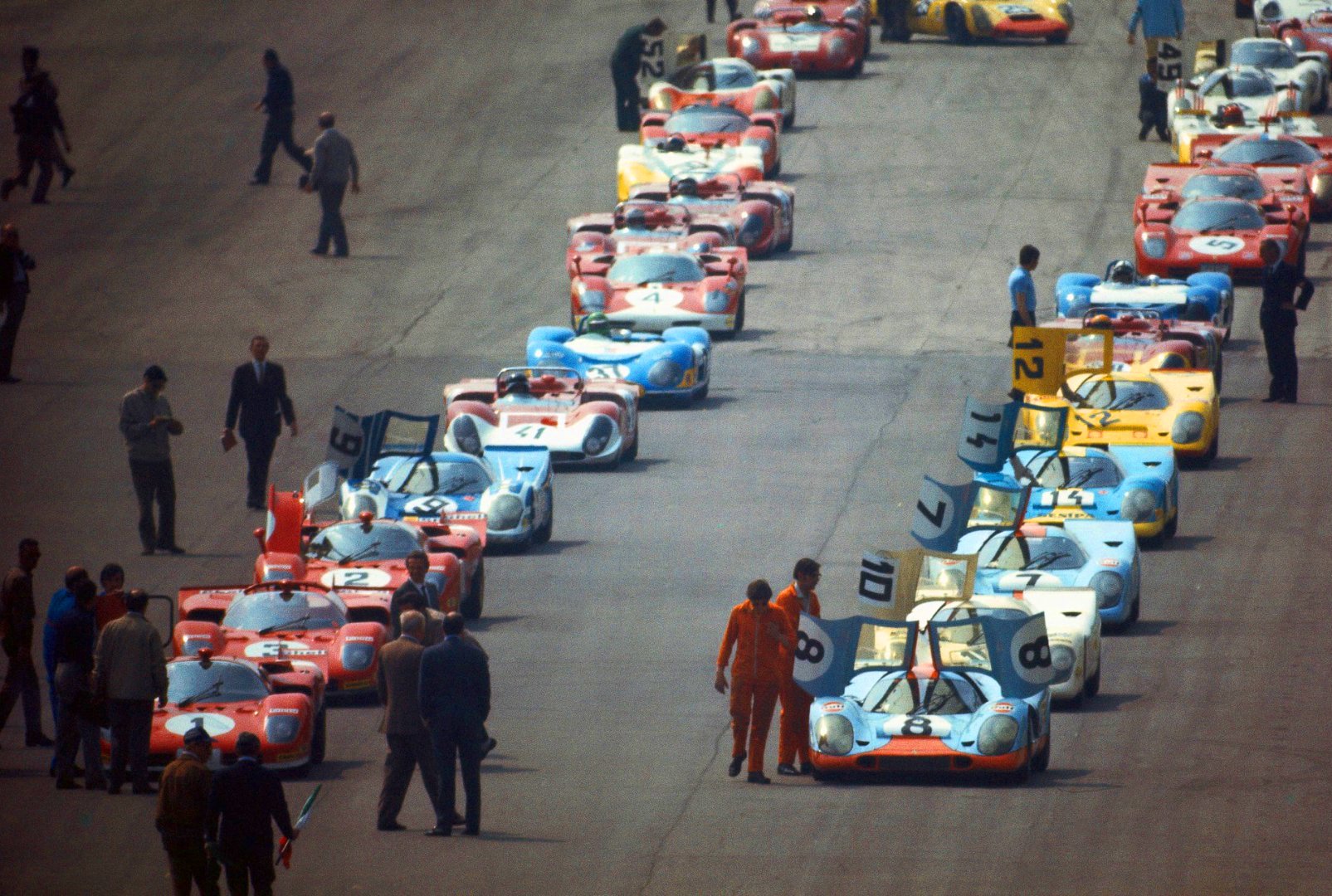
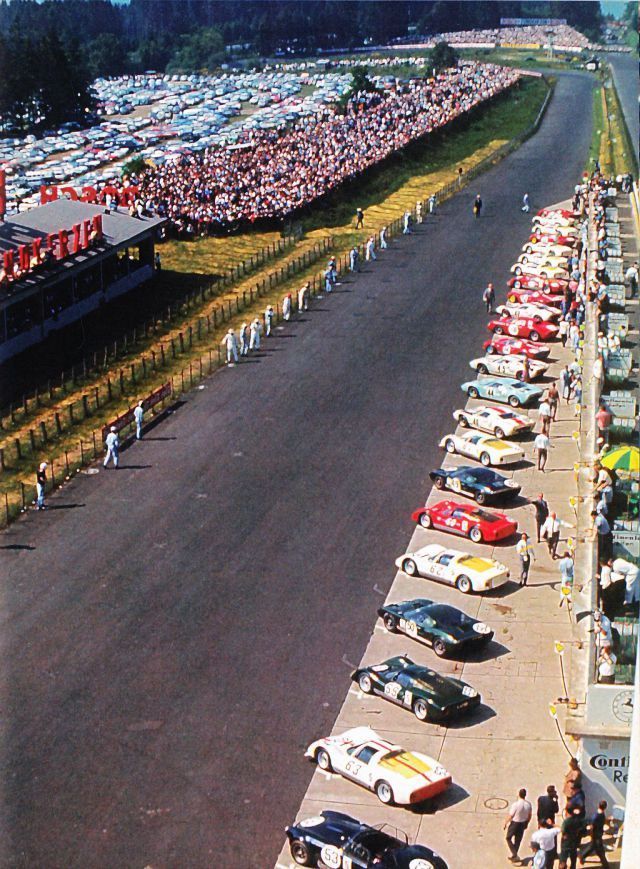
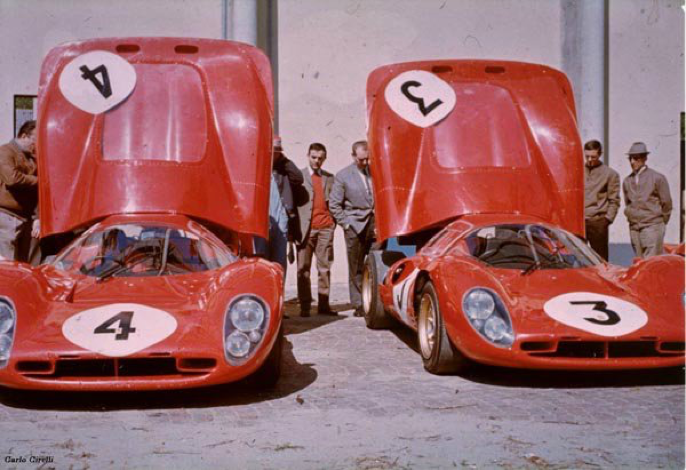
Auto racing historians are almost unanimously in agreement of the importance that the 1906 Grand Prix has on the history of F1. The official name of the race was the 1906 Grand Prix de l’Automobile Club de France. The race took went down on June 26 and 27 on the outskirts of the now famous city of Le Mans. The ACF created the event, in conjunction with key figures of the country’s automobile industry.
According to writings at the time, the Gordon Bennett races were seen as a little too exclusive for many in the French automobile industry. The Grand Prix would promote wider competition by refusing to limit entrants from any country. The 64.11-mile track was essentially a series of old roads that had been laid over with tar. Competitors would lap the track six times on each day, making the total distance traveled 769.36 miles.
Renault’s Ferenc Szisz would win the race, with FIAT’s Felice Nazzaro taking second place. Albert Clément, driving a Clément-Bayard, would come third. The race also featured an ingenious design by tire manufacturer Michelin. Given that punctures were common in races, the manufacturer created a detachable rim which already has a tire attached to it that would save time when it came to replacing the original.
The race was a roaring success for a number of reasons. The French automobile industry rejoiced at the victorious car manufacturer Renault seeing a surge in sales of their vehicles, while the media also paid heavy interest. In fact, the Grand Prix was such a success that it would run again the following year and also encourage Germany to create a Grand Prix of their own.
With greater exposure, more organization and post-World War I developments in engineering came drastic changes to the sport. Included in the shape up of auto racing as a whole was the introduction of more refined rules. The first ever mass start, for example, came into effect in the 1922 French Grand Prix. A few years later saw the death of Tom Barrett leading to the removal of riding mechanics.
Flags and boards were brought in at the 1926 Solituderennen by Alfred Neubauer, the who headed the Mercedes-Benz team. There were further advancements to cars and the way that racing would be conducted. The Monaco Grand Prix of 1933 saw places in the grid coming down to qualifying time. It was previously random where cars would start and this led to a further emphasis on qualifying as a whole.
It was also in the rulebook for competitors to drive in cars that had been painted according to international colors. These days, when we think of the red of Ferrari and the White of Mercedes, we believe those colors to be random. In fact, Italy would always race in red, France would race in blue, Britain in green and Germany in white. This was until Germany stopped painting their cars for aerodynamic purposes.
France enjoyed the lion’s share of the spoils until the emergence of Alfa Romeo and Maserati of Germany towards the end of the 1920’s. The French period of dominance was set to be challenged even greater when the Nazi party of Germany pushed for Mercedes and Auto-Union to be afforded greater funds to help them establish Germany as the greatest producer of vehicles in the world.
The additional funds certainly helped, with both of the German manufacturers cleaning up in the mid to late 1930’s. Having won the majority of Grand Prix races in four year period, they had established the country as the one to watch in auto racing. Cars were now more refined and better built, featuring 8 to 16 cylinder supercharged engines running on alcohol fuels.
Races at this time were now part of the European Championship, which featured Grand Prix races in all major countries. World War II broke out in 1939, which put a halt to races in the same capacity until the end of the war. The further development of supercharged engines saw the emergence of even more rules and regulations to cover the development of European auto racing. This would lead to the birth of Formula 1.
In 1946, the Commission Sportive Internationale (CSI) of the FIA defined Formula 1. A standardized set of rules – which were called the “International Formula” – also created two other tiers which would eventually become Formula 2 and Formula 3. Engine capacity was at the forefront of discussions as the greatest minds in the sport aimed to create parity between supercharged and non-supercharged cars.
In 1946, Achille Varzi of Alfa Romeo won the Turin Grand Prix held on September 1 of that year. This was the first race ever contested under the new rules. The trend of Italian cars making up the most successful on the track would continue, with numerous successful post-war drivers also coming from Italy. The emergence of Alberto Ascari and Juan Manuel Fangio saw a new breed of driver ushered in.
As you can probably sense from this point, things were set to radically changed with auto racing in Europe. The post-war optimism seemed to really spill over into Formula 1 and countries went back to competing with one another on the race track rather than the battlefield. A new era had been established, even if it would take a few years for the idea of Formula 1 to truly come to fruition.
In 1950, the FIA announced the World Championship for Drivers. The championship would consist of the six main European Grand Prix races in addition to the Indianapolis 500 in the United States. In keeping with the trend of the preceding years, Italian manufacturers utterly dominated the first few years of the championship. With Alfa Romeo, Ferrari, and Maserati, it seemed Italy could do no wrong.
In neighboring France, Talbot was seen as the strongest manufacturer capable of putting it up to the Italians. Across the channel, BRM of Britain were also considered to be competitors, although no one could come close to the talent and craft emanating from Italy. Alfa Romeo won every single race apart from one in the 1950 championship, which was the Indianapolis 500 (which did not conform to Formula 1 regulations).
The European manufacturers did not hold the Indianapolis 500 with respect and it was removed from the championship following the 1960 season.
Alfa Romeo’s Juan Manuel Fangio’s win in 1951 with the 159 saw many praising the sheer power of the manufacturer’s engines. The 159 engine had an output of 420 bhp (310 kW).
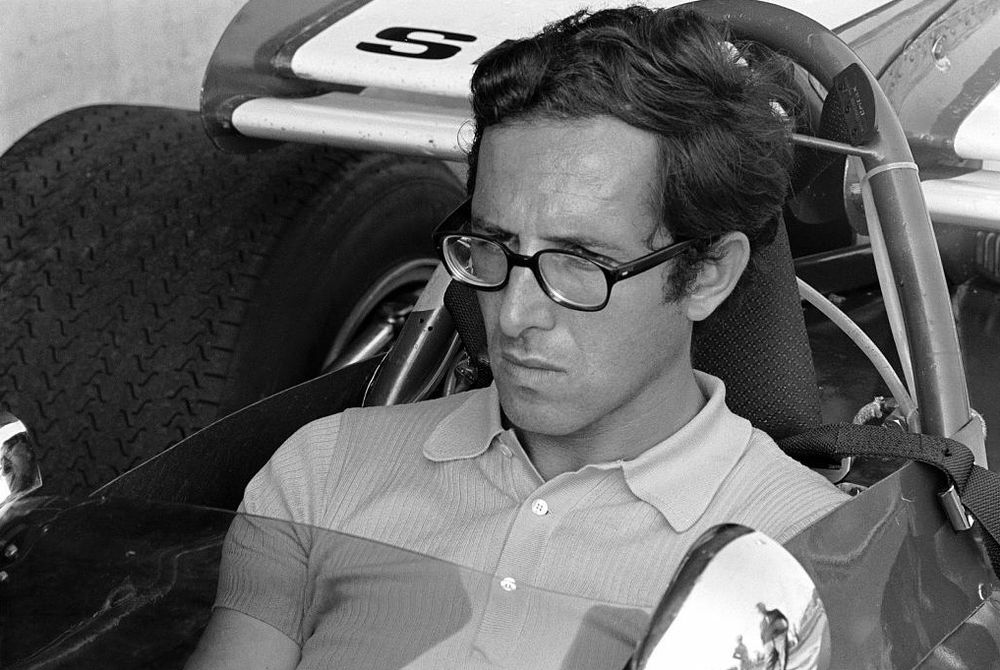
Mauro Forghieri on Enzo Ferrari: "a phenomenon capable of transforming dreams into reality. As brilliant as he was irascible, suspicious, cynical, moody, one who didn’t know the word thank you."
The only problem was price and this was something that did not go over the head of the now-legendary Enzo Ferrari. Ferrari had the foresight to predict that their 1.5-litre supercharged engine was not sustainable for the future.
If there was any more power to be squeezed from the engine, then this would require a greater intake of fuel. This would naturally lead to time wasted in pit stops, which would also spell the end for the engine. Ferrari responded by unveiling the V12 4.5-litre normally aspirated 375s. Fuel consumption would be drastically cut down, which would present the manufacturer with a huge advantage over Alfa Romeo.
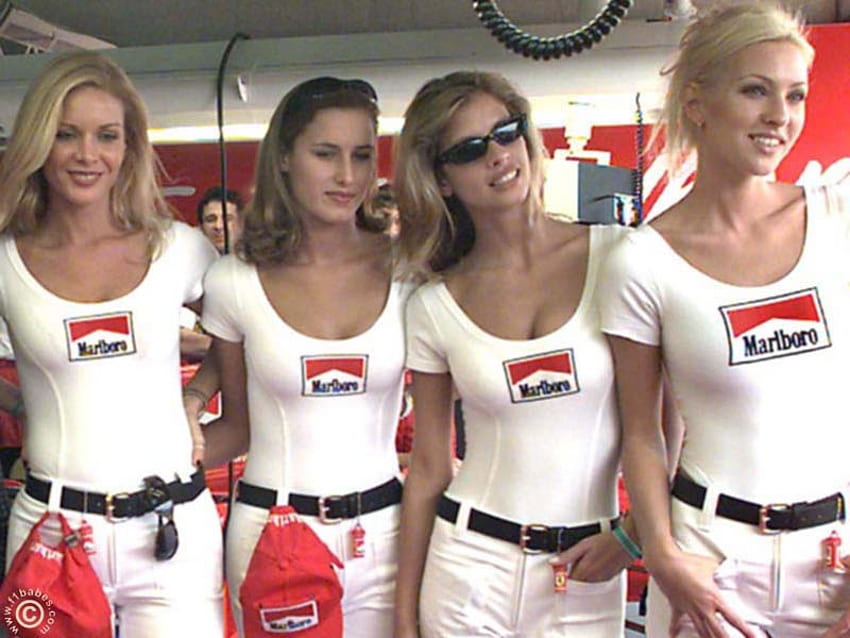
Marlboro girls.
Ferrari, having brought the new car into the championship towards the end of the 1951 season, threw the gauntlet down to Alfa Romeo. It worked, as the latter failed to secure funding from the Italian government to build a new car. With no choice left, they pulled out of the championship. The strongest manufacturer had now exited, and with poor competition from elsewhere, Ferrari would be untouchable.
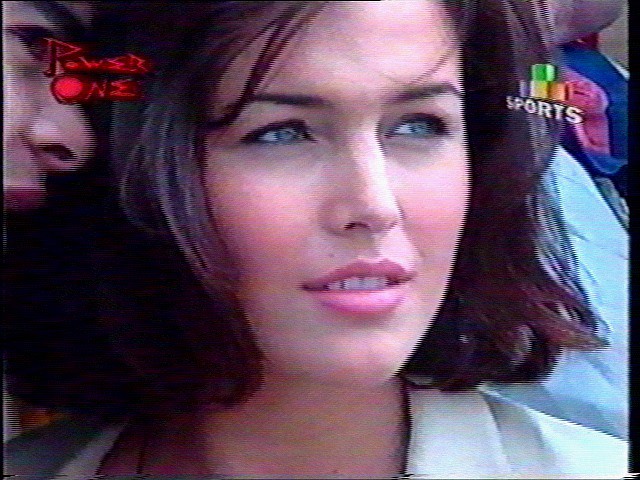
A girl in Monaco.
Given Ferrari’s enterprise and the fact that the FIA had announced that 2.5-liter atmospheric engines would be introduced in 1954, the championship was effectively messed up for two years. With the Formula 1 regulations set to change, no manufacturer would dream of investing money into producing a new car for just two years. Formula 2 regulations were put in place for the two years up until 1954.
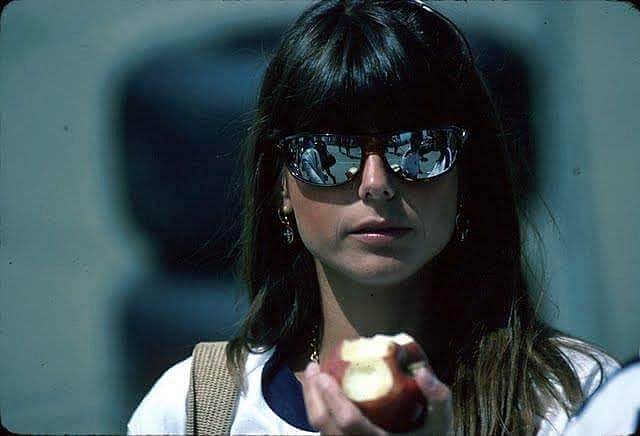
Sylvia Tamsma, the wife of Nelson Piquet.
Alberto Ascari of Ferrari certainly didn’t mind, as he drove a light 4-cylinder powered 500s to the championship in ’52 and ’53. In 1954, Formula 1 regulations were reestablished. The 2.5-liter atmospheric engine saw Lancia and Mercedes-Benz enter the fray, with Ascari moving to Lancia and Fangio to Mercedes-Benz. This would signal another major change for Formula 1.
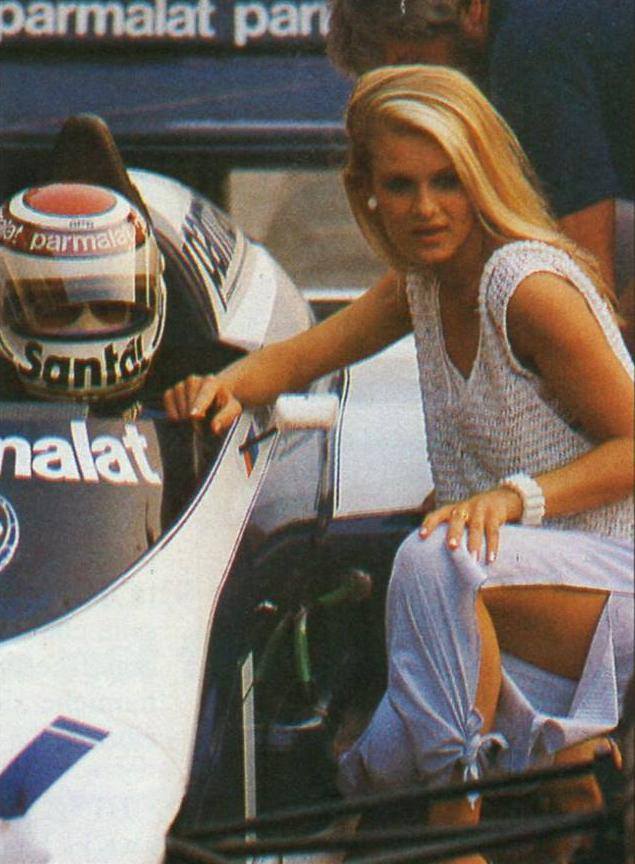
Nelson Piquet, Brabham, with a girl.
With Mercedes Benz now having arguably the greatest driver in the world in the seat of their car, things were really looking up for the Germans. The cars were something of a masterpiece for the time, boasting incredible features like desmodromic valves, fuel injection and peerless “streamlined” bodywork. From the very first race in the championship, it was clear that they were miles ahead of the pack.
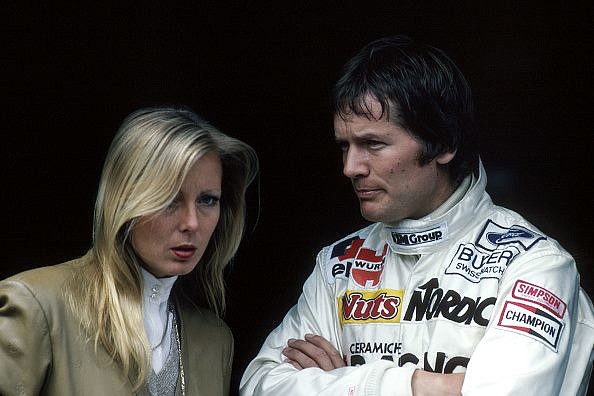
Marc Surer with his wife.
A tragic incident caused by one of their cars at the Le Mans which led to 83 people losing their life saw Mercedes dropping out of the championship for forty years. This season would suffer another tragedy when Ascari’s Lancia crashed into the harbor at Monaco, only for the driver to be pulled out alive. Four days later, the driver would die when testing a car. Lancia also pulled out of Formula 1, passing everything they had to Ferrari.
Everything from their cars, engines and knowledge was now inherited by Ferrari. 1956 would go down in the books as the year of Ferrari, with Fangio taking championship number four of his career. The following year, Fangio would win his fifth championship (for Maserati), setting a record that would last 46 years in total.
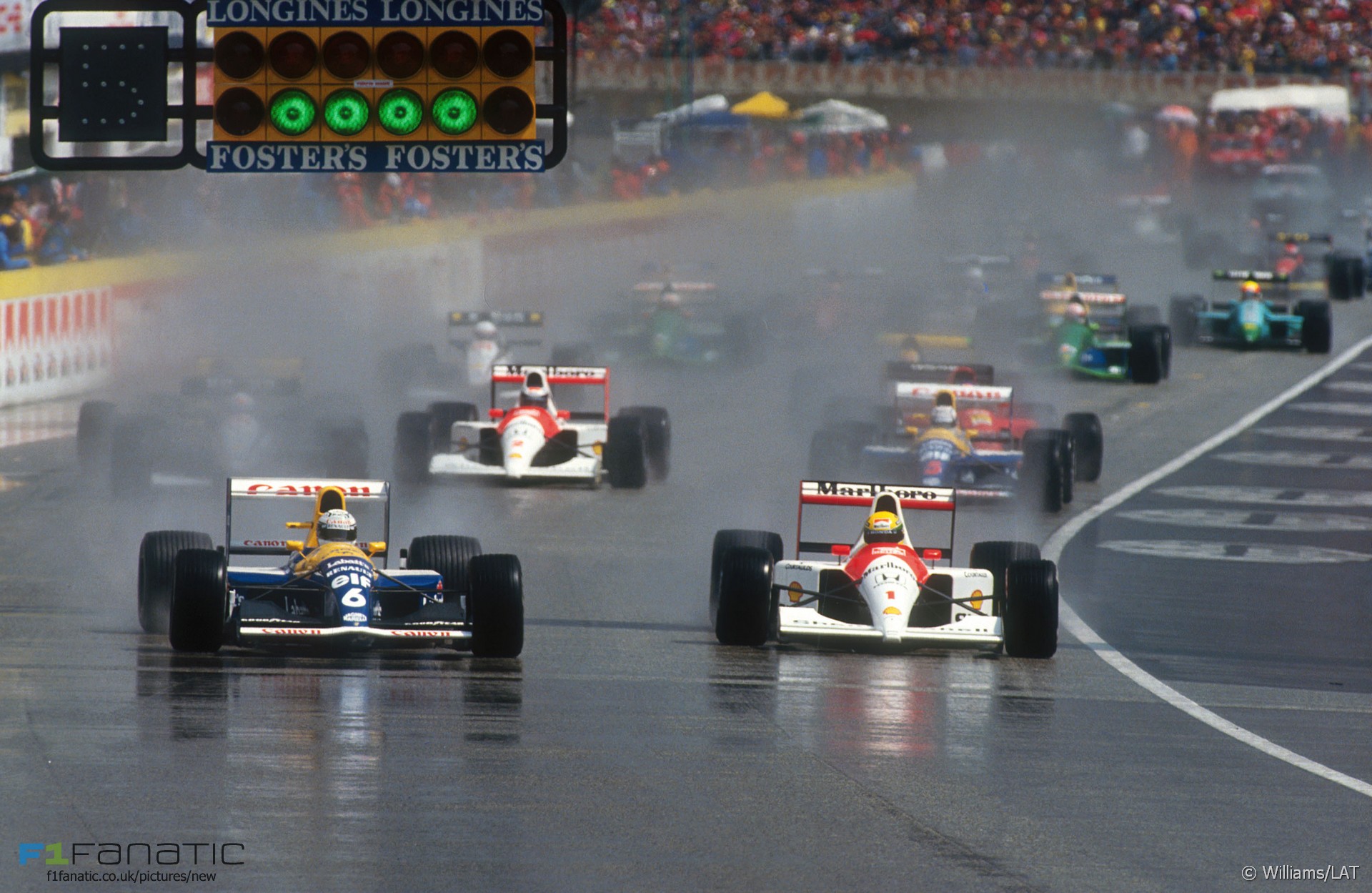
In 1958, sharing cars during a race was banned. This practice would signal a new approach to Formula 1 and preceded another set of rules that were also brought out that year. AvGas was introduced to cars instead of alcohol fuels, which marked a major development for the sport. Additionally, races were reduced from 500km or three hours to 300km or two hours.
Britain’s Stirling Moss won the first championship of his career – and the first to be won by a Brit – with a rear-engined F1 car. It took just two years before all vehicles in Formula 1 would adopt this design.
By the early 1960’s, Formula 1 was as competitive as it had ever been. Britain’s leading designs, such as the rear-engine car, would provide a little more interest to the Italian period of dominance. Moss’s victory had certainly given Ferrari some food for thought. The beginning of the decade certainly brought with it a lot of change, even if it seemed a little scattered at times.
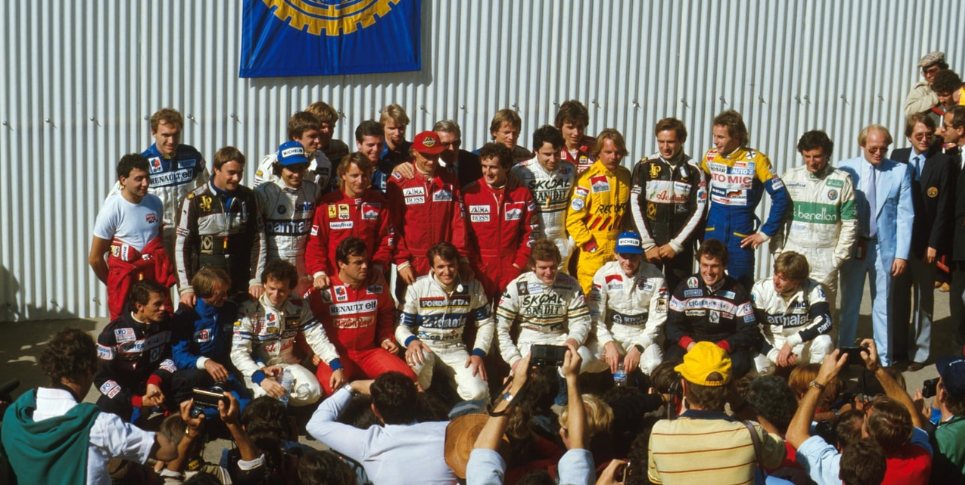
Britain’s Lotus, Cooper, BRM - and, a little later McLaren, Tyrell and Williams – were setting the trend of creating teams to build superior cars. This was seen as revolutionary at the time and was certainly a threat to Ferrari and the status quo of Formula 1. In 1961, Formula 1 announced the introduction of the 1.5-litre engine formula in an effort to cut down on speeds. The championship was essentially back to Formula 2, once again.
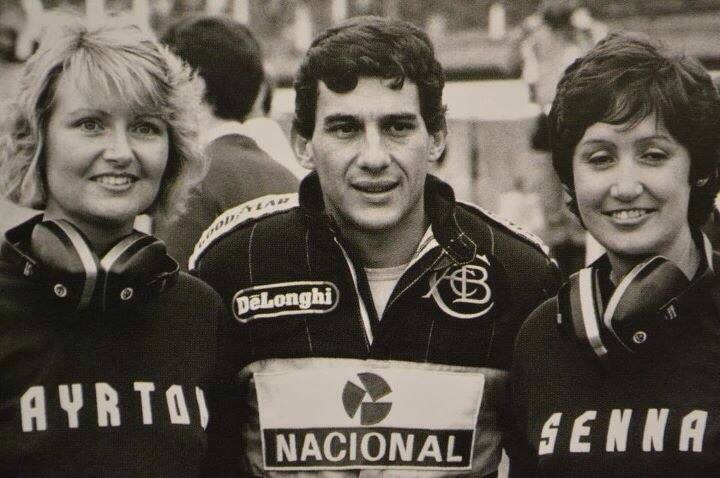
Ayrton Senna, Lotus, with two girls.
The following year saw Lotus unveil their aluminum monocoque chassis, which is still regarded as one of the most important progressions in the history of F1. The design took over from the space frame and immediately caught the attention of everyone in the sport. Graham Hill won the championship in that year, but Lotus were on to something, as the next few seasons would show.
Jim Clark would win 2 titles in 3 years with Lotus. Another change came in the form of the Lotus 33, although things did not run as smoothly as the manufacturer would have hoped. Ferrari was firing on all cylinders (pun unintended) and the title would be reclaimed by Ferrari and John Surtees. Honda, the first Japanese manufacturer in F1, had the campaign to forget in their maiden season.
1966 saw the championship adopt the 3-liter engine formula, which paved the way for even more advances in the field of manufacturing. Ferrari saw their star driver, Surtees, leave the company midway through the season following a dispute with management. Cars had more power but many were too heavy to compete, which led to a series of disappointing developments among rival constructors.
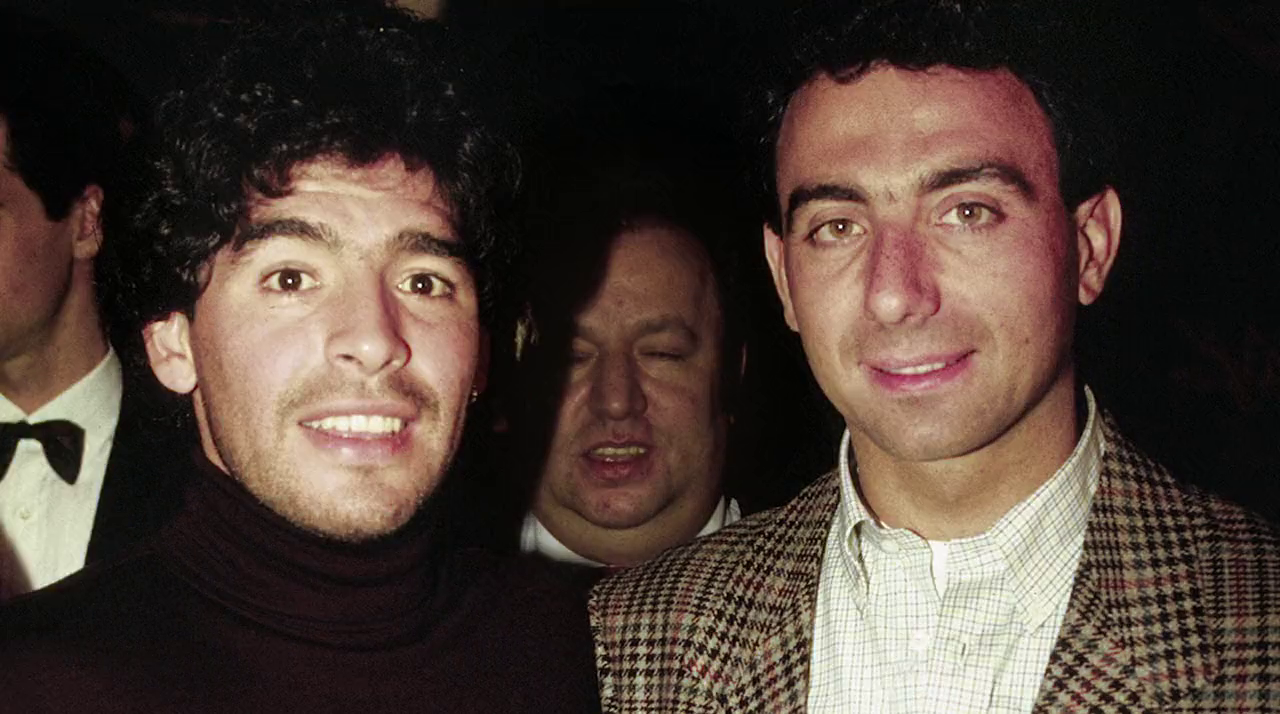
Michele Alboreto with Diego Armando Maradona.
The following year saw The German Grand Prix as the first to be televised in color, which led to a number of new advertising opportunities for teams. In 1968, Lotus’ cars were branded with the logo of Imperial Tabacco, which led to a mass opening of sponsorship deals. The commercial success of Formula 1 was only starting to begin and with more money would come greater technological advancements.
Further experimentation carried on throughout the late 1960’s. The last major tragedy of the decade occurred when former F1 double World Champion, Jim Clark, lost his life in an F2 race. This led to heavy investment in securing cars and ensuring that drivers were protected as much as possible.
Lotus’ star driver, Jochen Rindt, lost his life during qualifying for the Italian Grand Prix in 1970. Rindt was a star performer that year and was leading the championship prior to his death. At the end of the season, Rindt was declared the winner, becoming the only man to have ever won the F1 World Championship posthumously. Rindt’s death reignited the debate surrounding the safety of drivers.
In 1973, the Canadian Grand Prix saw the first ever safety car used. It became a permanent fixture from that point onwards. In that same year, Lotus had looked to have fire in their hands following their championship victory in 1972. The winner, Emerson Fittipaldi, became the youngest champion in the history of F1, much to the surprise of many fans and critics.
That same year, Francois Cevert was killed in a crash at the United States Grand Prix at Watkins Glen. The Frenchman had crashed during Saturday practice. Tyrell’s drivers withdrew from the championship and Lotus was declared the winner, for the second year running. Fittipaldi moved to McLaren, citing his desire to be the lead driver of a team for inspiring the switch from Lotus.
In 1974, McLaren – buoyed by Fittipaldi – won the championship in a real nailbiter of a season. There was hope once again for Ferrari, who had performed incredibly well in comparison to the previous season. Ferrari took the Constructors’ Championships from 1975 to 1977, marking a reemergence for the former Italian powerhouse. Their statement of intent would be something to build on as the decade began to close out.
The first ever Grand Prix in Asia was held in 1976, which opened up an even greater range of opportunities, in a commercial sense. It also seemed to indicate that Formula 1 had once again outgrown itself and was set for another radical change. In 1977, Renault’s innovative turbocharged car certainly added to this sense of change. Lotus’ experiments only solidified the view that things were set to change yet again.
As you can probably tell at this point, Lotus was at the forefront of many of the leading technological advancements of Formula 1 for the past decade. The Lotus 78 took things one step further with their wing-profiled sidepod design. The sidepods were sealed to the ground, generating more downforce with a lot less drag. Their design was a key part of Lotus’ five Grand Prix wins in the 1977 season.
The following year saw Bernie Ecclestone taking the helm as the president of the Formula One Constructors’ Association (FOCA). With Eccelstone’s involvement, things would again change for Formula 1. One of the more ironic things to happen around this time was the medical car – introduced for the first time hitting a curb on the track before bouncing into midair.
The innovation, new presidency, and formation of the Fédération Internationale du Sport Automobile (FISA) closed out one of the most interesting decades in the existence of F1. As the 1980’s approached, F1 was set to become even more refined and a hell of a lot more advanced than anyone had anticipated.
While the 1970’s were seen as the glory days of F1, the 1980’s was set to blow it all out of the water. As the new decade dawned, many considered that the sport had hit its peak and there was little more that could be done to improve on the innovations of the time. The next ten years would be pivotal for auto sports, with Formula 1 reaping most of the benefits of engineering excellence and precision.
The 1970’s was set to be left firmly in the shadows by this new era of the turbocharged engine. Paying for these engines would require the big names like Renault, BMW, Ferrari, Porsche and Honda to get involved in this new stage of evolution. What was not expected was the radical overhaul of cars. F1 said goodbye to aluminum, with McLaren throwing down the gauntlet with their MP4-1, fresh with carbon fiber on the coattails.
Funding this new revolution was the sponsors backing the teams. This led to a complete overhaul of the sponsorship and commercial side of the sport, with more money behind the big players who would take things to a whole new level. This certainly worked for the standout team of the decade, McLaren. Ron Dennis’ entrance certainly made things a lot easier for the British outfit and their results throughout the 1980’s would prove this.
The first race featuring turbocharged cars was the 1984 Austrian Grand Prix. The race laid the foundations for the dawning of a new era in F1. The 1980’s turbocharged era was in full swing, bringing with it power on a whole new level. This was F1 on steroids, if steroids were not just legal, but encouraged, readily available and everyone was on them.
While ground effect underbodies were essentially outlawed in 1983, this did not really matter when power was at the top of the tree.
1982’s tragic death of Gilles Villeneuve in the powerful Ferrari 126C2 would prove to the world that the combination of this raw, unbridled power and downforce was dangerous, to say the least. This tragic episode was, like many of the tragic events beforehand, instrumental in the evolution of Formula 1.
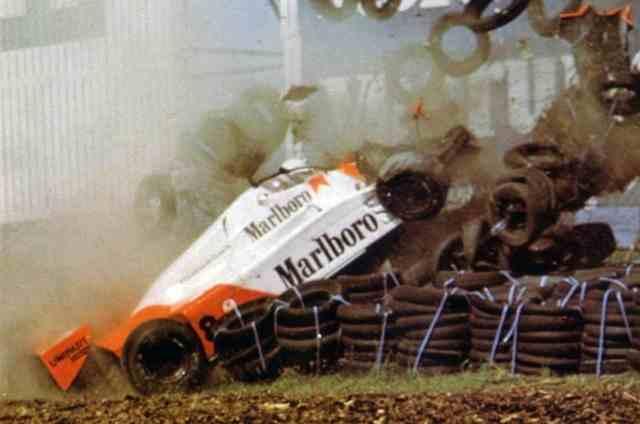
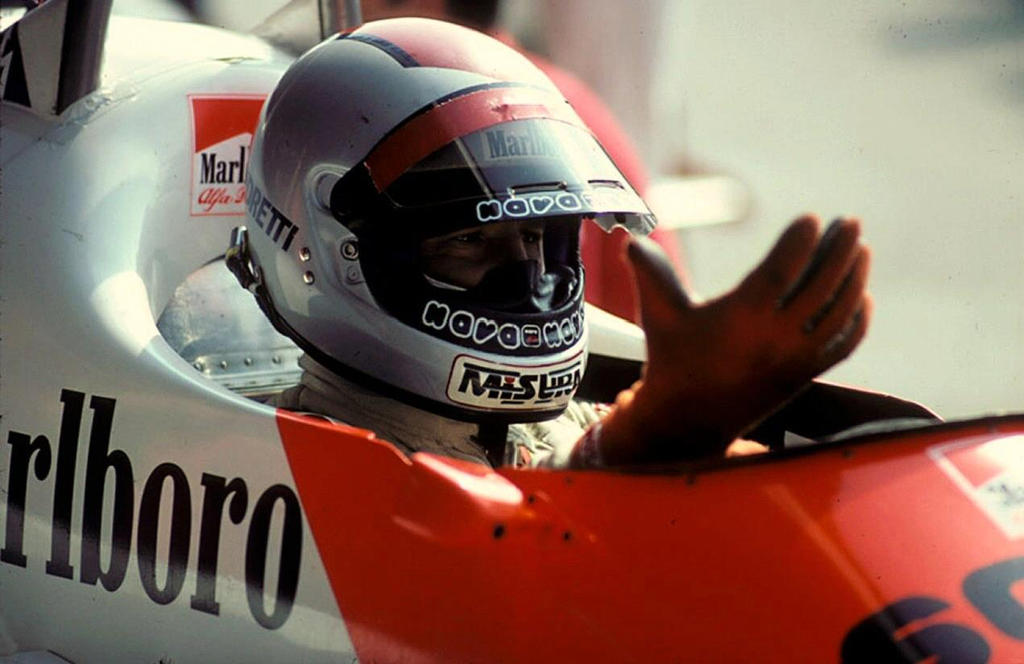
There is a reason why the McLaren-Honda MP4-4 is held in such reverence by Formula 1 fans. It was an exceptional machine that is simply the greatest achiever in the history of the championship. In 1988, the car won the team every single race of the season, bar one, which was due to an accident in the Italian Grand Prix. Gerhard Berger won that race and dedicated it to the recently departed pioneer and legend, Enzo Ferrari.
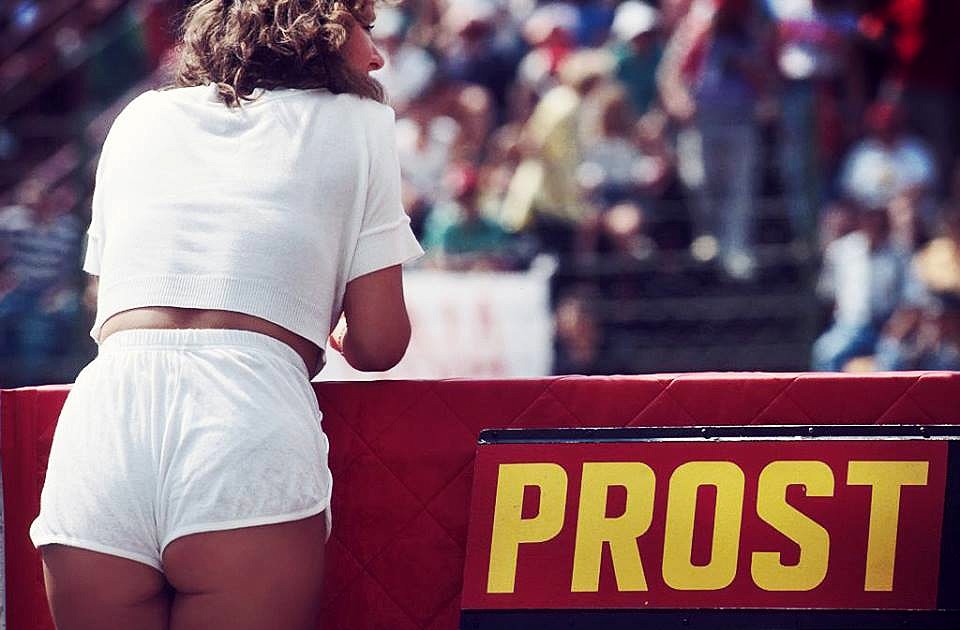
A girl in the Alain Prost’s pits.
Ayrton Senna and Alain Prost almost completed a clean sweep. Senna captured the first of his world titles and one of five that McLaren would win in the decade. The car is still remembered to this day for its incredible design and power. It symbolized what many consider to be the golden age of F1. The decade certainly opened up many of the doors to lead Formula 1 to the forefront of racing for years to come.
The 1980’s was the era of pure power on the track and off it. With more financial clout, faster engines, better cars and a world of opportunity driven by commercial interest, the 1990’s would have its work cut out topping what had come before it.
The 1990’s began as it the 1980’s had ended: Senna was still the king and it looked like it would remain that way for as long as he remained active. Senna claimed back to back championships in 1990 and 1991, with McLaren-Honda sending a strong message to the world regarding its intentions for the decade. With Renault coming back into F1 in 1989 – and teaming up with Honda and Adian Newey – their dominance was under threat.
British driver Nigel Mansell certainly showed just how revolutionary Williams’ FW14, featuring a whole host of impressive features such as improved steering, traction and active ride, could be. The Brit claimed the crown in 1992, announcing Williams as a real force to be reckoned with. The FW14 was now the standard bearer in F1 and there was a queue of drivers wanting a shot at the sleek and explosive car.
One driver who was clearly interested in jumping ship was Senna, who had been at loggerheads with McLaren’s bosses. There was talk that Senna was eyeing up a move to IndyCar racing, but had also flirted with Williams, claiming that he would waive his fee to sign for the British team. However, with Mansell moving on, Prost would be signed to Williams in 1993, having been sacked by Ferrari.
Prost won the 1994 championship in the FW15C and retired from the sport. Senna took over in 1994, joining Williams in a partnership that had looked to be as good as gold.
Things were not as seamless as many had imagined them to be for Senna and Williams. With further developments came the FW16, which proved to be a tricky car to drive, even for the star driver in F1. Senna appeared to grow frustrated with the car while simultaneously taking figuratively frequent glances over his shoulder at the new star pupil of the sport, Michael Schumacher.
Germany’s Schumacher was driving what many considered to be an illegal car in the form of the Benetton-Ford B194. Unlike the FW16, which had lost the majority of significant electronics following safety rules that had been brought in. Driver’s aids were out the window, with supercharged engines also being made illegal.
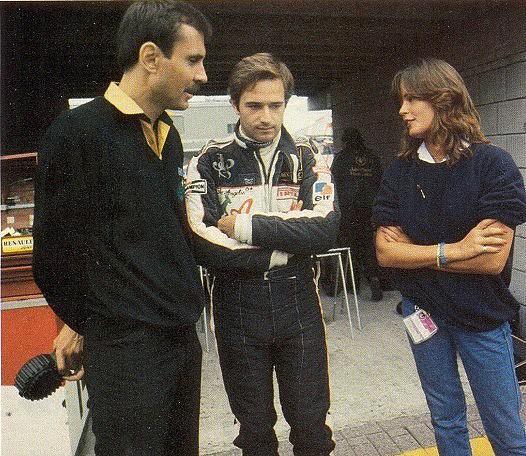
Ute Kittelberger, Elio de Angelis’ girlfriend.
Given that speeds had drastically improved since the last F1 fatality in 1986 (Elio de Angelis), the sport was becoming dangerous once more.
Despite electronics also been outlawed, Schumacher’s B194 was found to have a launch system hidden in the car’s software by the FIA. However, there was no way of proving that this was indeed intentional or that it had even been used. A pit fire at Benneton drew even further attention that year, which left many other teams holding their nose in suspicion that something was amiss. The B194 was simply unbeatable, or so it seemed.
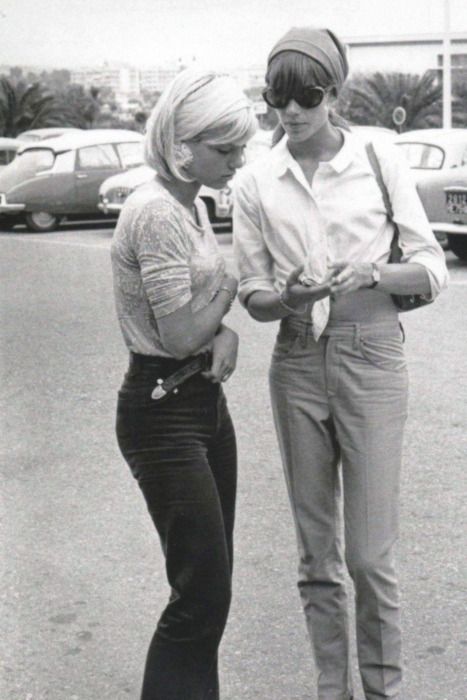
Sylvie Vartan and Françoise Hardy, French singers and ye-ye girls.
During qualifying for the 1994 San Marino Grand Prix, Roland Ratzenberger tragically lost his life. The death was the first in F1 for eight years, but it would not be the last. The following day, Senna’s FW16 went off track with one of the detached front wheel wishbones freakishly piercing his helmet. Senna was the second death in two days for F1, which signaled the darkest period in the history of the sport.
What made Senna’s death even harder to digest for many was his alleged belief that he was pursuing what he believed was an illegal car (the B194). Was the Brazilian taking risks to try and catch up with Schumacher, or was this just the rumblings of clearly distressed and devastated peers and fans?
While Schumacher was a highly-motivated and professional driver, there were many that were left a little speechless at just how ruthless he could be. Following Senna’s death – and the fixing of the FW16 in B-spec – Damon Hill was close to snatching the championship for Williams. Hill, just one point behind his German rival heading into the last race in Australia, was confident that he could capture his first title.
Schumacher, also in chase of his first title, engaged in a bitter rivalry with the Englishman, both on and off the track. The culmination of this head to head saw Schumacher knock Hill off the road in the final Grand Prix of the season, taking his first title as a result. Schumacher now had his first championship, although his seemingly intentional act of sabotage did not go down well with race fans, or Hill, for that matter.
Schumacher would win the championship in 1995, too, now powered by Renault. Ferrari had clearly seen enough from the German master to secure his talent. The Italians believed that he was the man to rejuvenate the former giants and the 2000’s would prove that they had made the right decision. Hill would get his first title in 1996, with Jacques Villeneuve winning in 1997.
One man that certainly does not get the credit he deserves for his efforts in the 1990’s is Adrian Newey. The British designer was the mastermind behind cars that won six of the Constructors’ and Drivers’ Championships of the decade.
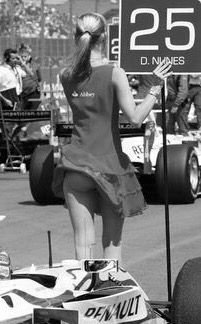
It was fitting that Michael Schumacher would win the first race of the new millennium. It is even more fitting that this win came at the race where he won his first championship, the Australian Grand Prix. The German was simply unbeatable in this era, winning five straight championships, setting a record which will take some beating. While Schumacher’s success would slightly fizzle out, he did win the 2009 championship.
Ferrari had reportedly paid Schumacher $60 million in his first two years to join the team. According to reports, he was the highest paid sportsman at the time. The success of Ferrari certainly seemed to indicate that their investment was a very wise one. While rules changes to tire changes in 2005 certainly ended his spell of dominance for a couple of years, there was no doubt that he still had the talent.
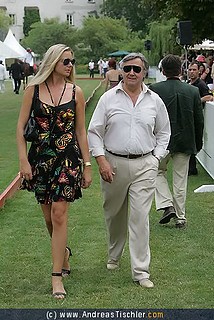
Walter Wolf and his wife.
As Schumacher had emerged in the tragic circumstances of Senna’s death, the German was now witnessing fresh talent challenge his legend. Fernando Alonso won back to back titles in 2005 and 2006 and the following year saw the emergence of a new superstar in the making, Lewis Hamilton. Kimi Räikkönen brought the title back to Ferrari, although it appeared that his heart wasn’t really in it after that. Hamilton came close to that title, however.
Hamilton would win the driver’s championship the following year while representing the rebirth of McLaren, with fellow-Brit Jenson Button taking the 2009 crown with Brawn GP. Their double-diffuser seemed to be just the ticket that Brawn needed to claim the crown, yet there was a new talent emerging in the Red Bull-Sebastian Vettel partnership.
Red Bull won their first Constructors’ Championship in 2010, ending an exhilarating season full of twists and turns. Sebastian Vettel, who took the crown with a win in the last race of the season, became the youngest ever championship in the 60-year history of F1. The final race of the season, the Abu Dhabi Grand Prix, had three genuine contenders for the crown at the start of the race.
Vettel’s teammate Mark Webber, Fernando Alonso of Ferrari and McLaren’s Lewis Hamilton all lined up for a shot at glory. Schumacher – who had come out of retirement following a three-year hiatus – would also make his presence known with Mercedes. All in all, the season went down as a roaring success, despite changes to the point system and various regulations.
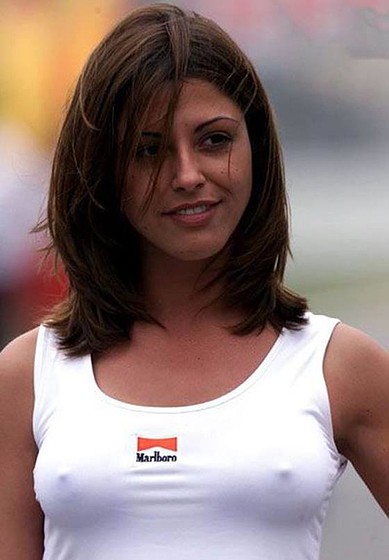
Marlboro pit babe.
2011 saw Vettel defend his title with Red Bull, with a win in the Japanese Grand Prix. The season featured five separate World Champions on the grid and was also memorable for the first-ever Indian Grand Prix and the cancellation of the Bahrain Grand Prix. The following year saw Vettel claim three in a row, with Red Bull-Renault taking the Constructors’ Championship.
2012 was a record-breaking season in many regards. Six world champions took part in the championship that year, with Vettel, Fernando Alonso, Jenson Button, Lewis Hamilton, Kimi Räikkönen and Michael Schumacher all starting the season. 2012 also saw controversy with Vettel’s alleged yellow flag infraction threatening his World Championship, although this was resolved and he kept his title.
Vettel won his fourth Drivers’ Championship in a row in 2013, with Red Bull-Renault taking the Constructors’ Championship again. The year was the last time that the 2.4-litre V8 engine was used, with the 1.6-litre turbocharged V6 taking over in 2014. Lewis Hamilton would make the best of the situation to take the title in 2014 with Mercedes, repeating the Hamilton-Mercedes double the following year.
In 2016, Nico Rosberg was the champion, with Mercedes once again winning the Constructors’ Championship. The grid was expanded to 22 cars in 2016, with Haas F1 joining the pack. Renault – who had been absent for four years – overtook Lotus to take part in the Constructors’ championship this year. The return of the German Grand Prix extended the racing calendar once more.
In 2017, Lewis Hamilton claimed his fourth championship, joining an illustrious group of drivers in the process. Nico Rosberg bowed out of F1 in the same season, retiring in December 2016. The end of the 2010’s saw major competition between drivers and constructors, with greater technology and efficiency in the hands of designers. It will go down as one of the most important decades in the history of F1, without any doubt.
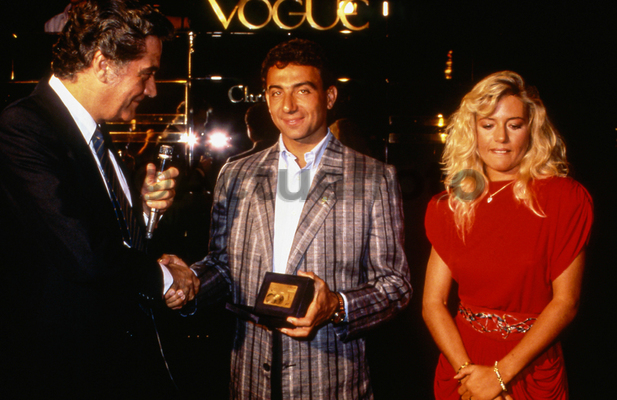
Michele Alboreto with his companion.
Conclusion
While man’s fascination with the motor car has driven a hunger that can never be truly satisfied, there is a comfort in knowing that this love affair will never end. Formula 1 has been at the cutting-edge of auto racing for decades, with almost one hundred years of pioneering history behind the formation of the world’s most popular racing sport.
With great inventions came great tragedies, with faster engines came moments of caution, yet, without F1, the world would certainly slow down a little. The sport continues to evolve at a speed that can sometimes feel overwhelming. Through the age of standout drivers to the development of smarter and more ingenious cars, the past tells us that the future can only get better. That is just the way we want it.
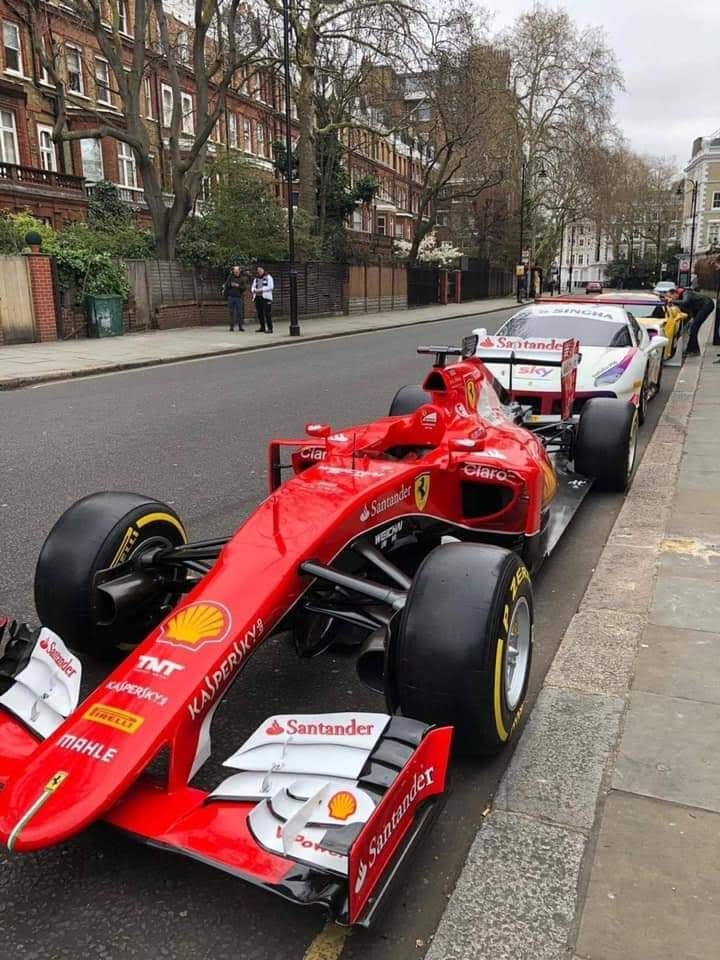
At the same time in our opinion the real Formula One remained until the beginning of 1994 with some concession until 1995. F1 is sound, it's colors, it's the unpredictable, it's the challenge, it's a show, it's the surprise, technology too, of course. But today it seems to be divided into ‘before Senna and after Senna’. Not because of the tragic and unfortunate accident that the fantastic driver suffered, that turned him into a myth, but also because of the successive changes in the regulations, despite the increase in safety that is a positive factor, but it left it without that aura of excitement and emotion. That’s why we miss those times ...
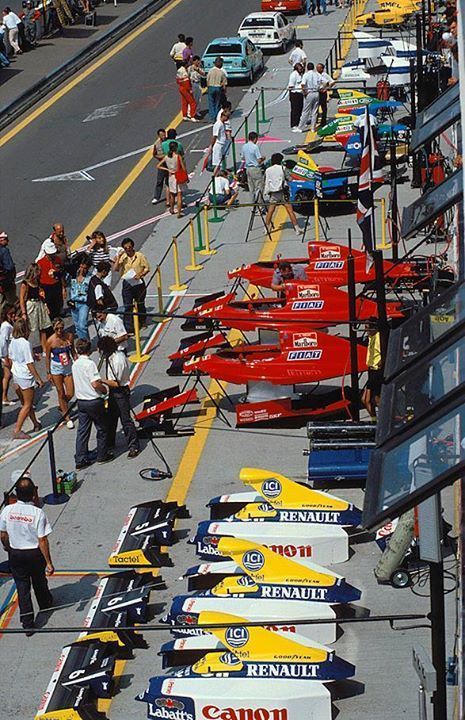
History of Formula One.
Revenue and profits
In March 2007, F1 Racing published its annual estimates of spending by Formula One teams. The total spending of all eleven teams in 2006 was estimated at $2.9 billion US. This was broken down as follows: Toyota $418.5 million, Ferrari $406.5 m, McLaren $402 m, Honda $380.5 m, BMW Sauber $355 m, Renault $324 m, Red Bull $252 m, Williams $195.5 m, Midland F1/Spyker-MF1 $120 m, Toro Rosso $75 m and Super Aguri $57 million.
Costs vary greatly from team to team. Honda, Toyota, McLaren-Mercedes and Ferrari were estimated to have spent approximately $200 million on engines in 2006, Renault spent approximately $125 million and Cosworth's 2006 V8 was developed for $15 million. In contrast to the 2006 season on which these figures are based, the 2007 sporting regulations banned all performance related engine development.
Formula One teams pay entry fees of $500,000, plus $5,000 per point scored the previous year or $6,000 per point for the winner of the Constructors' Championship. Formula One drivers pay a FIA Super Licence fee, which in 2013 was €10,000 plus €1,000 per point.
There have been controversies with the way profits are shared amongst the teams. The smaller teams have complained that the profits are unevenly shared, favouring established top teams. In September 2015, Force India and Sauber officially lodged a complaint with the European Union against Formula One questioning the governance and stating that the system of dividing revenues and determining the rules is unfair and unlawful.
The cost of building a brand new permanent circuit can be up to hundreds of millions of dollars, while the cost of converting a public road, such as Albert Park, into a temporary circuit is much less. Permanent circuits, however, can generate revenue all year round from leasing the track for private races and other races, such as MotoGP. The Shanghai International Circuit cost over $300 million and the Istanbul Park circuit cost $150 million to build.
A number of Formula One drivers earn the highest salary of any drivers in auto racing. The highest-paid driver in 2010 was Fernando Alonso, who received $40 million in salary from Ferrari—a record for any driver. The very top Formula One drivers get paid more than IndyCar or NASCAR drivers, however, the earnings immediately fall off after the top three F1 drivers and the majority of NASCAR racers will make more money than their F1 counterparts. Most top IndyCar drivers are paid around a tenth of their Formula One counterparts.
In the second quarter of 2020, Formula One reported a loss revenue of $122 million and an income of $24 million. This was a result of the delay of the racing championship start as a result of the COVID-19 pandemic. The company grossed revenues of $620 million for the same quarter the previous year.
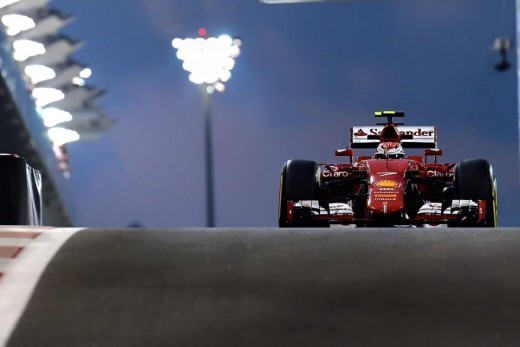
Future
The expense of Formula One has seen the FIA and the Formula One Commission attempt to create new regulations to lower the costs for a team to compete in the sport. Cost-saving proposals have included allowing customer cars, either by teams purchasing a car from another constructor, or the series supplying a basic chassis and engine to some teams at a low cost. Allowing teams to share more car components such as the monocoque and safety components is also under consideration. The FIA also continually researches new ways to increase safety in the sport, which includes introducing new regulations and accident procedures.
In the interest of making the sport truer to its role as a World Championship, Bernie Ecclestone had initiated and organised a number of Grands Prix in new countries. Proposals to hold future races are regularly made by both new locations and countries and circuits that have previously hosted a Formula One Grand Prix. The most recent addition is the returning French Grand Prix in Le Castellet, France; the next new additions will be the Vietnamese and Dutch Grand Prix, first scheduled for 2020 but postponed to 2021 because of the COVID-19 pandemic.
Following their purchase of the commercial rights to the sport in 2017, Liberty Media announced their vision for the future of Formula One at the 2018 Bahrain Grand Prix. The proposal identified five key areas, including streamlining the governance of the sport, emphasising cost-effectiveness, maintaining the sport's relevance to road cars and encouraging new manufacturers to enter the championship whilst enabling them to be competitive. Liberty cited 2021 as their target date as it coincided with the need to renew commercial agreements with the teams and the end of the seven-year cycle of engine development that started in 2014.
On 19 August 2020, it was announced that all 10 Formula 1 teams had signed up to the new Concorde Agreement. The new agreement will come into effect at the start of the 2021 season and will change how prize money and TV revenue is distributed.
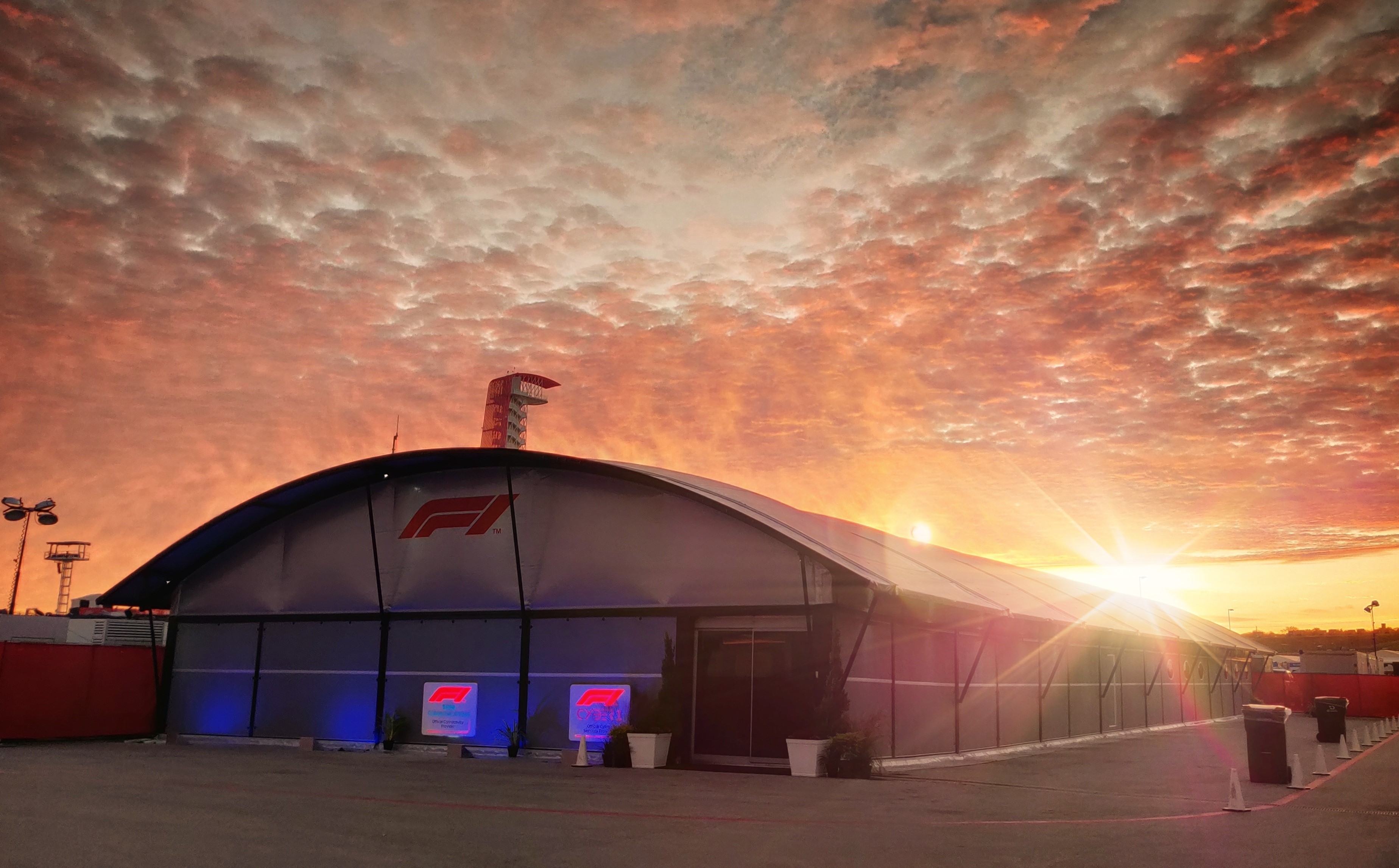
Media coverage
Formula One can be seen live or tape delayed in almost every country and territory around the world and attracts one of the largest global television audiences. The 2008 season attracted a global audience of 600 million people per race. It is a massive television event; the cumulative television audience was calculated to be 54 billion for the 2001 season, broadcast to 200 territories.
During the early 1990s, Formula One Group created a number of trademarks, an official logo, an official TV graphics package and in 2003, an official website for the sport in an attempt to give it a corporate identity. Ecclestone experimented with a digital television package (known colloquially as Bernievision) which was launched at the 1996 German Grand Prix in co-operation with German digital television service "DF1", 30 years after the first GP colour TV broadcast, the 1967 German Grand Prix. This service offered the viewer several simultaneous feeds (such as super signal, on board, top of field, backfield, highlights, pit lane, timing) which were produced with cameras, technical equipment and staff different from those used for the conventional coverage - i.e.: the "World Feed".
TV stations all take what is known as the "World Feed", either produced historically by the "host broadcaster" or by FOM (Formula One Management). The host broadcaster either had one feed for all, or two separate feeds - a feed for local viewers and a feed for international viewers. The one size fits all approach meant that there was bias to a certain team or driver during the event, which led to viewers missing out on more important action and incidents. Where the two feed approach meant that replays (for when returning from an ad break) and local bias action could be overlaid on the local feed while the international feed was left unaffected.
The only station that differed from this set up was "DF1" (re-branded to "Premiere" then to "Sky Deutschland")—a German channel which offers all sessions live and interactive, with features such as the onboard and pitlane channels. This service was obtained by Bernie Ecclestone at the end of 1996 and became F1 Digital Plus, which was made more widely available around Europe until the end of 2002, when the cost of the digital interactive service was thought too much. Prices were too high for viewers, considering they could watch both the qualifying and the races on free TV.
After the failure of F1 Digital Plus, "Premiere" continued providing an interactive service, however, only the onboard and pit lane (for certain events) channels were available. This interactive service was a complete failure as the host broadcaster's director failed to recognise the onboard channel during the broadcast, leaving viewers frustrated looking at title cards rather than the action. The onboard feed slowly came back to life in 2005 and in 2007 was available for the whole season when F1 went widescreen.
Upon the commencement of its coverage for the 2009 season, the BBC introduced complementary features such as the "red button" in-car camera angles, multiple soundtracks (broadcast commentary, CBBC commentary for children, or ambient sound only) and a rolling highlights package. Different combinations of these features were available across the various digital platforms in the UK and the BBC F1 web site) prior to, during and after the race weekend. The BBC also broadcast a post-race programme called "F1 Forum" on the digital terrestrial platforms' "red button" interactive services.
On 12 January 2011 F1 announced that it would adopt the HD format for the 2011 season offering a world feed at a data rate of 42 Megabits/second (MPEG-2). The BBC announced later that day that its 2011 F1 coverage would be broadcast in HD which was made possible due to SIS LIVE, the provider of the BBC's F1 outside broadcast coverage, having already upgraded their technical facilities to HD as of the 2010 Belgian Grand Prix.
It was announced on 29 July 2011, that Sky Sports and the BBC would team up to show the races in F1 from 2012 to 2018. Sky launched a channel dedicated to F1, Sky Sports F1 which covered all races live without commercial interruption as well as live practice and qualifying sessions, along with F1 programming, including interviews, archive action and magazine shows. In 2012 the BBC broadcast live coverage of half of the races in the season: China, Spain, Monaco, Europe, Britain, Belgium, Singapore, Korea, Abu Dhabi, and Brazil. The BBC also showed live coverage of practice and qualifying sessions from those races. For the races that the BBC did not show live, "extended highlights" of the race were available a few hours after the live broadcast.
BBC ended its television contract after the 2015 season, three years earlier than planned. The free-to-air TV rights were picked up by Channel 4 until the end of the 2018 season. Sky Sports F1 coverage remained unaffected and BBC Radio 5 Live and 5 Live Sports Extra coverage was extended until the 2021 season.
While Sky Sports and Channel 4 are the two major broadcasters of Formula 1, other countries show Formula One races. Many use commentary from either Sky Sports or Channel 4. Some countries, however, have commentators of their own. In most of Asia (excluding China), the two main broadcasters of Formula one include the Fox network and Star Sports (in India). In the United States, ESPN holds the official rights to broadcast the sport. In Germany, Austria and Switzerland, the two main broadcasters are RTL Germany and n-TV. In China, there are multiple channels that broadcast Formula One which include CCTV, Tencent, Guangdong TV and Shanghai TV.
Formula One has an extensive web following, with most major TV companies covering it. The official Formula One website has live timing charts that can be used during the race to follow the leaderboard in real time. An official application has been available for in the Apple App Store since 2009, and on Google Play since 2011, that shows users a real-time feed of driver positions, timing and commentary.
Formula One Management's in-house production team produces race edits synchronised to music. In March 2018, Formula One Management (FOM) announced the launch of an over-the-top (OTT) streaming platform to be known as F1 TV.
Responsibility towards the environment
In January 2020, FIA and Formula One signed the United Nations "Sports for Climate Action" framework and affirmed that they would become carbon neutral by 2030. After the signing was announced, FIA President Jean Todt said: "as an international Federation comprising 244 members in 140 countries and the leader in motor sport and mobility development, we are fully committed to global environmental protection. The signing of this UN Sports for Climate Action Framework reinforces the momentum that has been growing in our Federation for many years. Since the introduction of the hybrid power unit in F1 to the creation of the Environment and Sustainability Commission, the entire FIA community has been investing time, energy and financial resources to the benefit of environmental innovations. We aim to inspire greater awareness and best practice in sustainability motor sport standards."
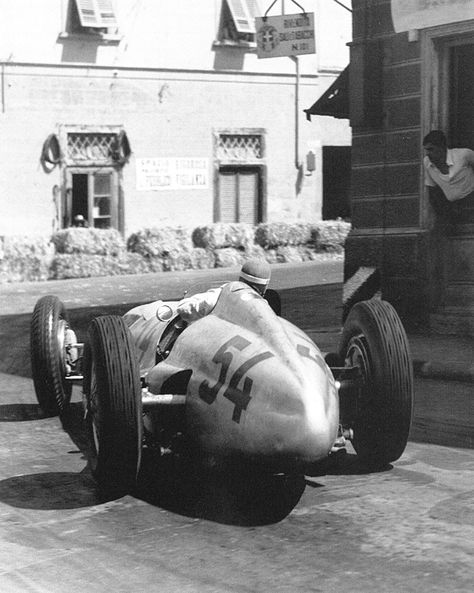
1930s Grand Prix era.
Formula 1 and motorsport in general go through a long historical period and evolve depending on changes in customs, culture, politics and civil society. In the long photo gallery that follows we have tried to highlight the aforementioned changes that have modified their very essence but still leave us with the joy of following car races, even if with a different pathos.
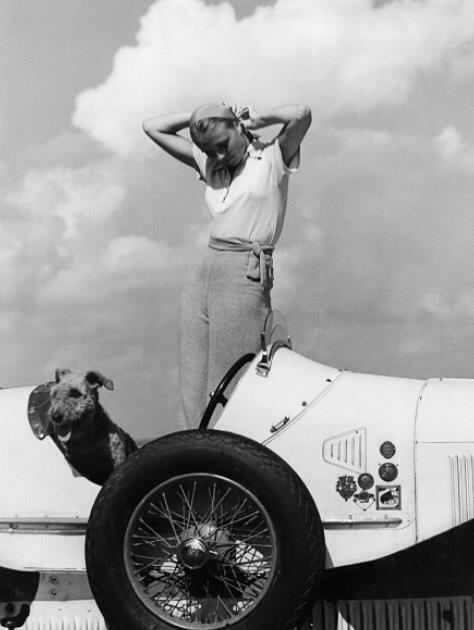
Bugatti 1935, the type 55 Roadster, in 1931.
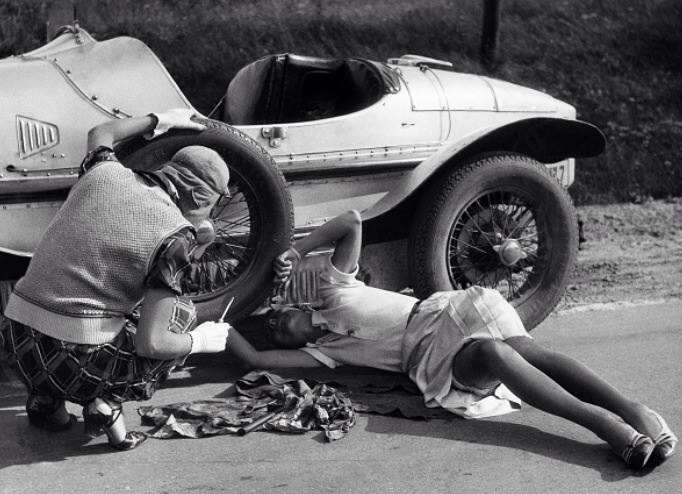
Bugatti 1935, The Type 55 Roadster.
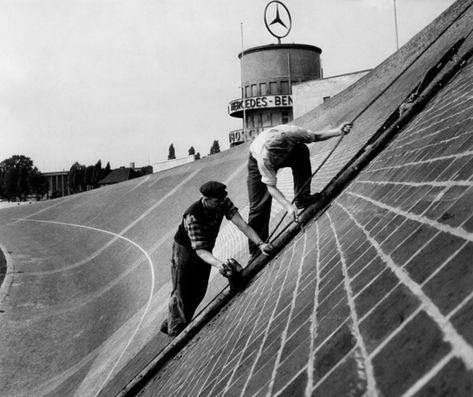
The 1937 Avus-Rennen.
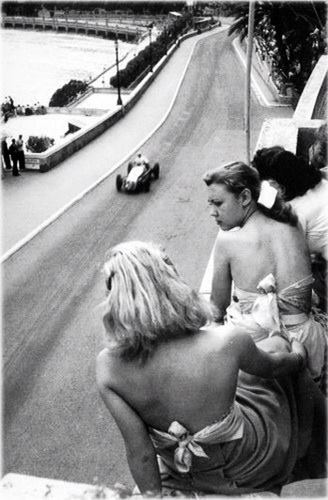
Maserati 4CLT and girls at the 1948 Monaco Grand Prix.
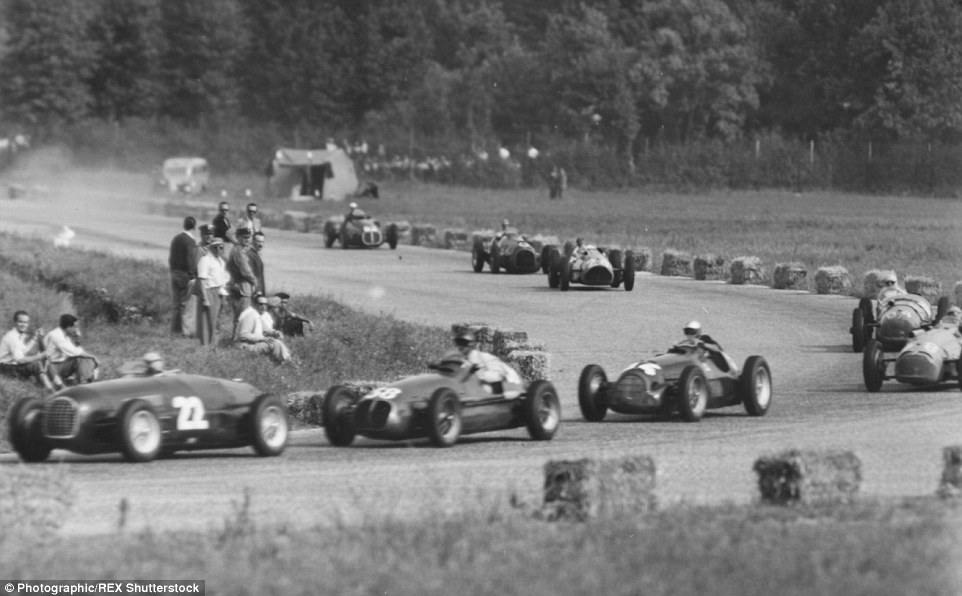
Monza 1950.
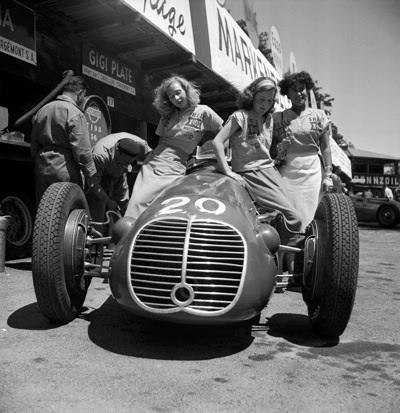
Vintage pit babes at a 1950 GP.
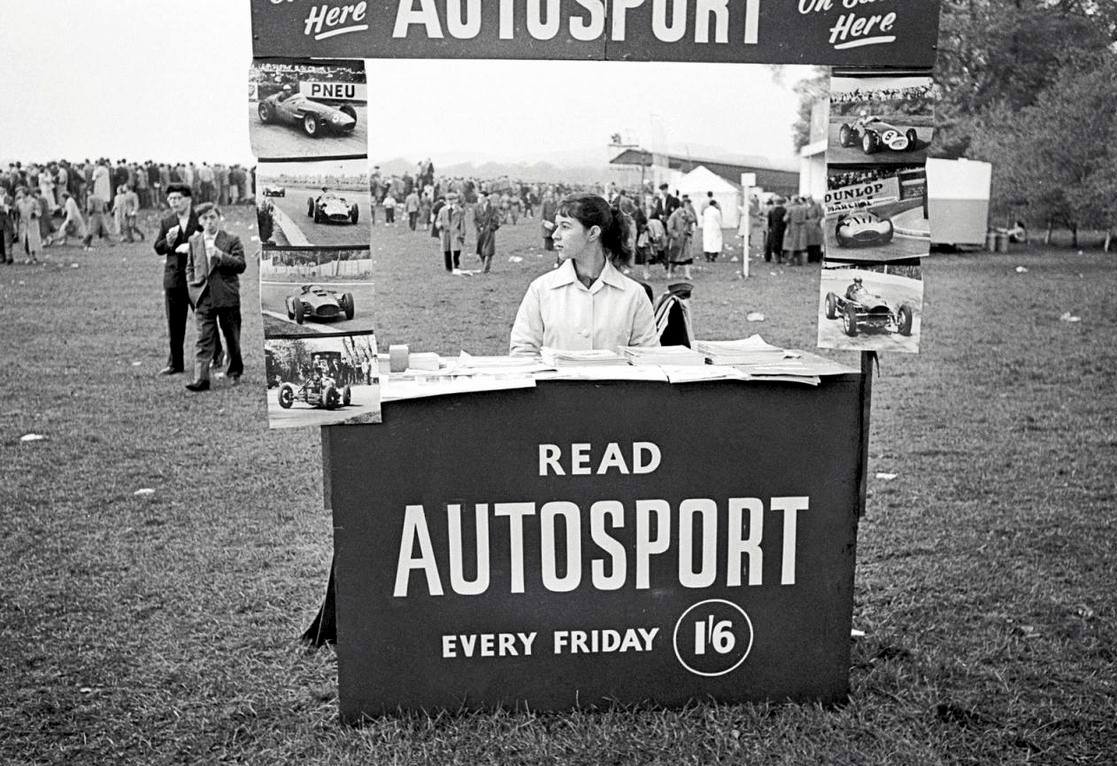
Kiosk selling Autosport magazine from the 50s. Maybe Silverstone.
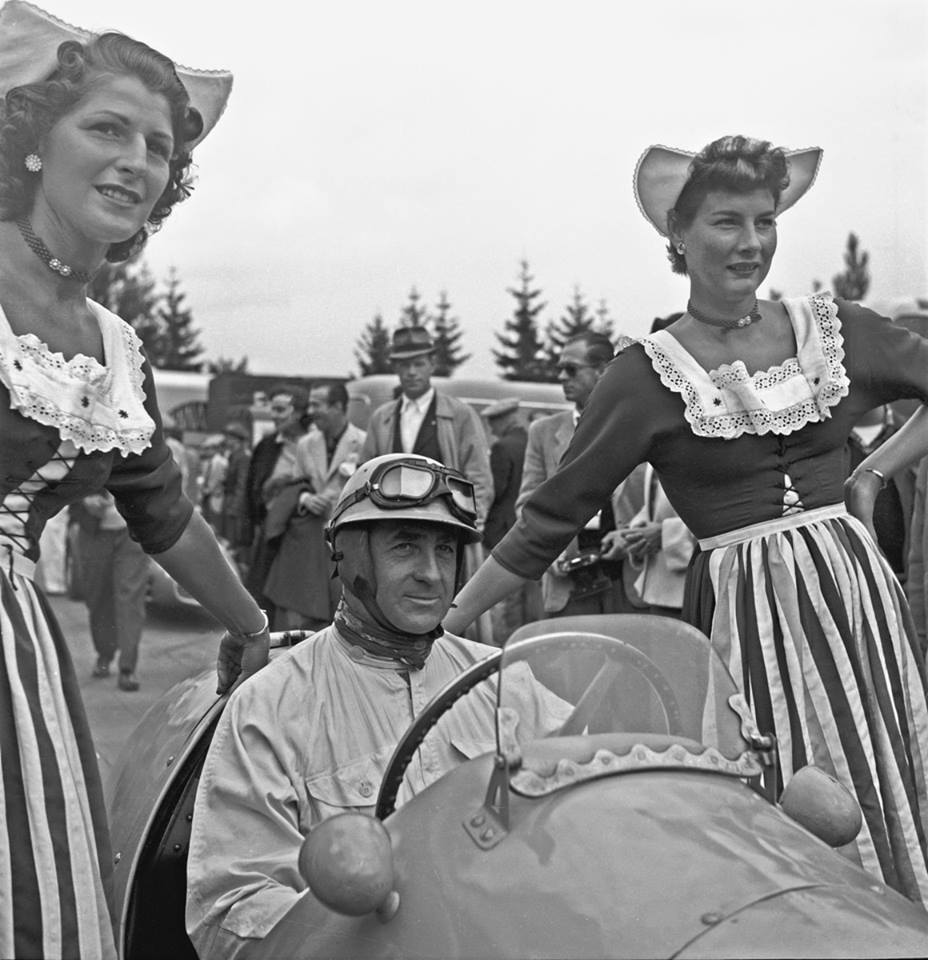
Louis Rosier, Ferrari 500, at Nurburgring in 1953.
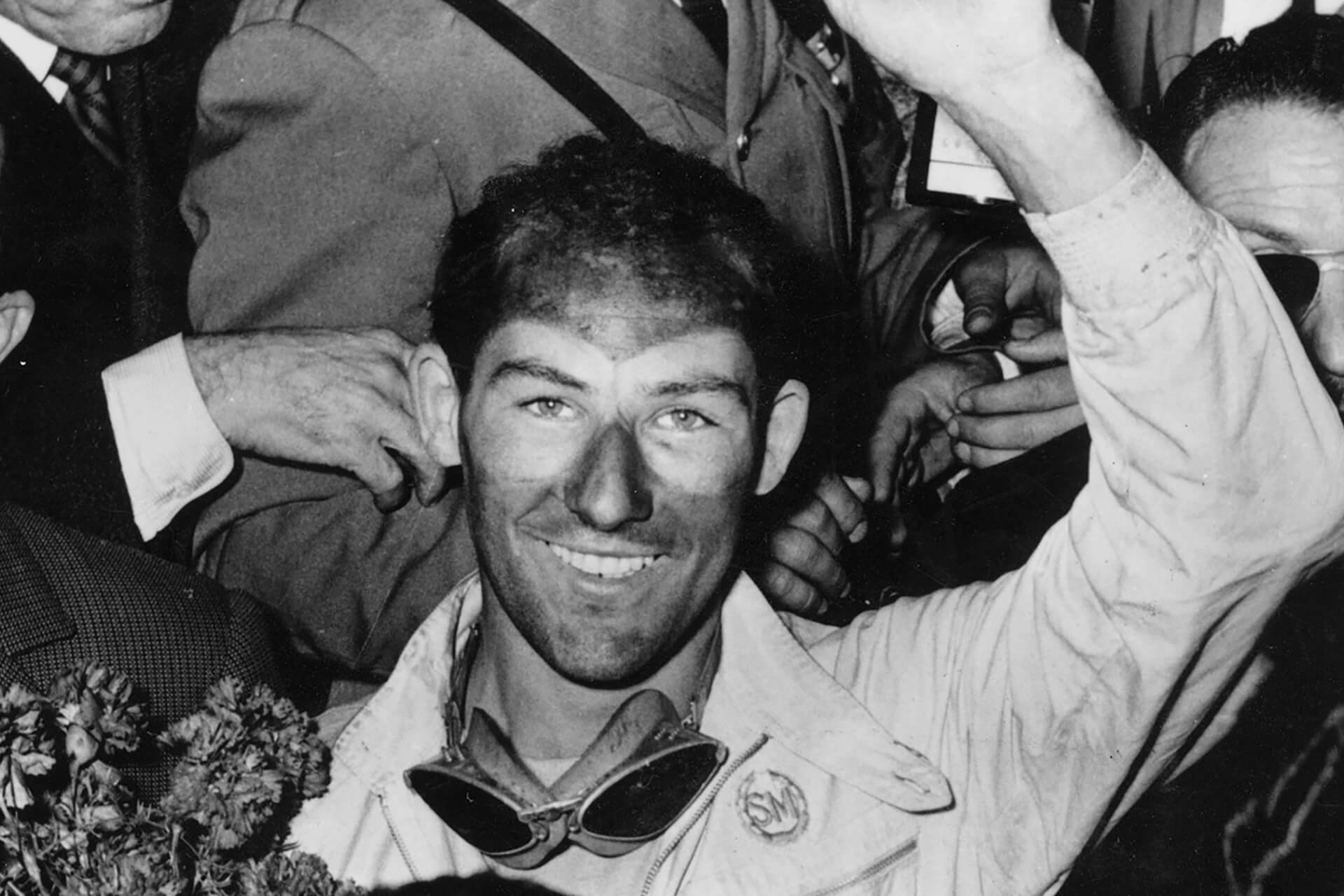
Stirling Moss celebrates winning the Mille Miglia in 1955. Photo by Getty Images.
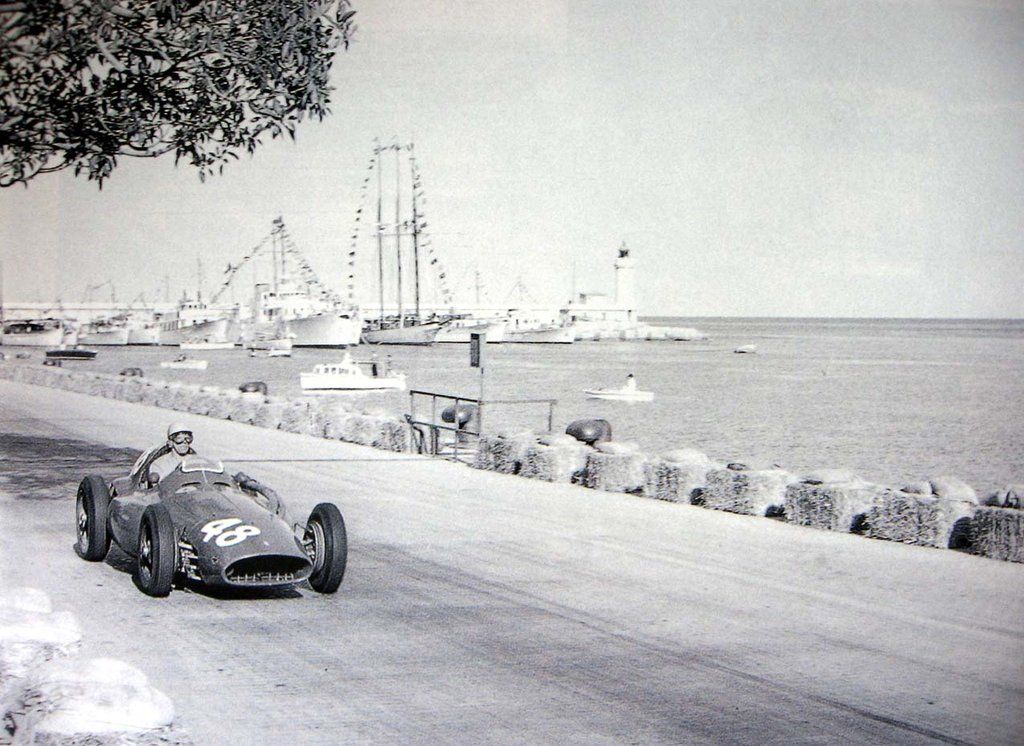
Monaco 1955.
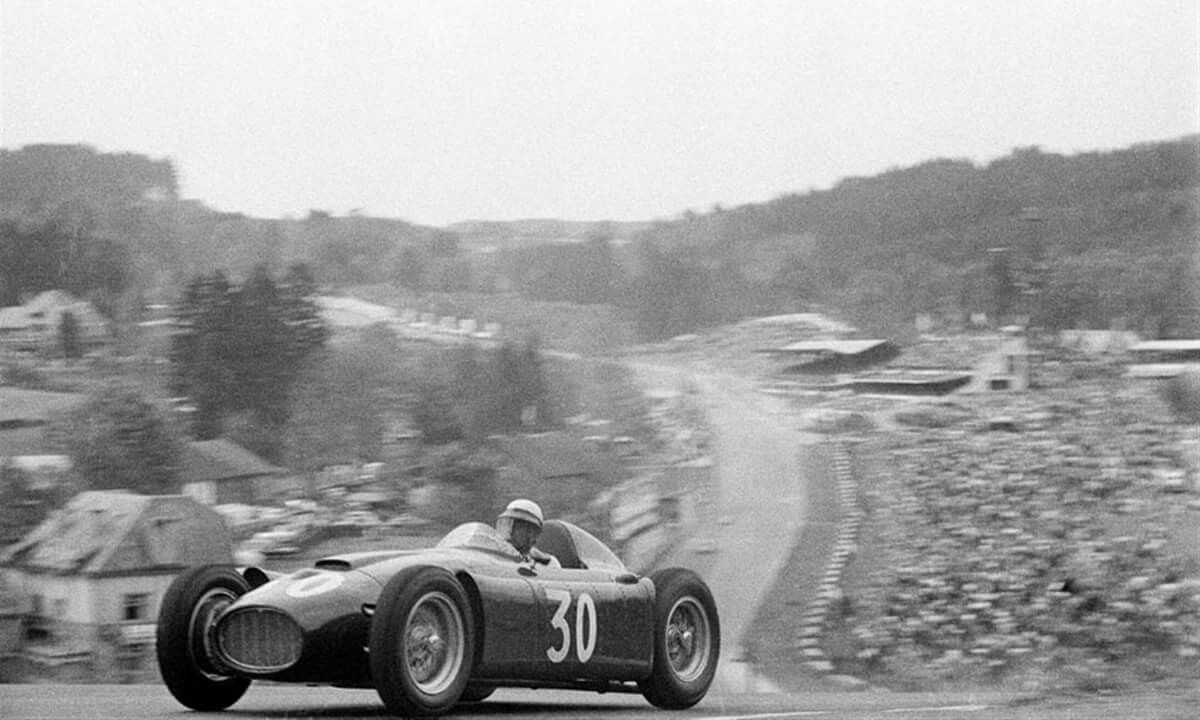
Eugenio Castellotti comes over the top of Radillon after Eau Rouge in the Lancia D-50, during the Belgian Grand Prix at Spa Francorchamps, 5th June 1955.
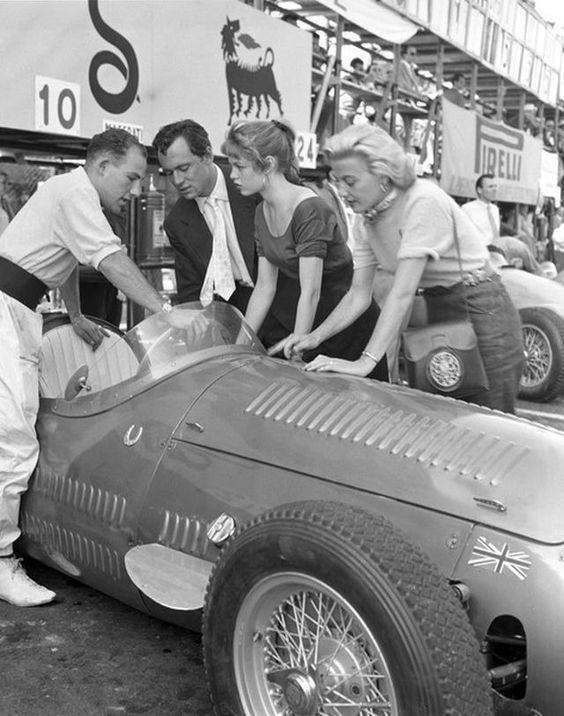
Brigitte Bardot and Stirling Moss in 1955.
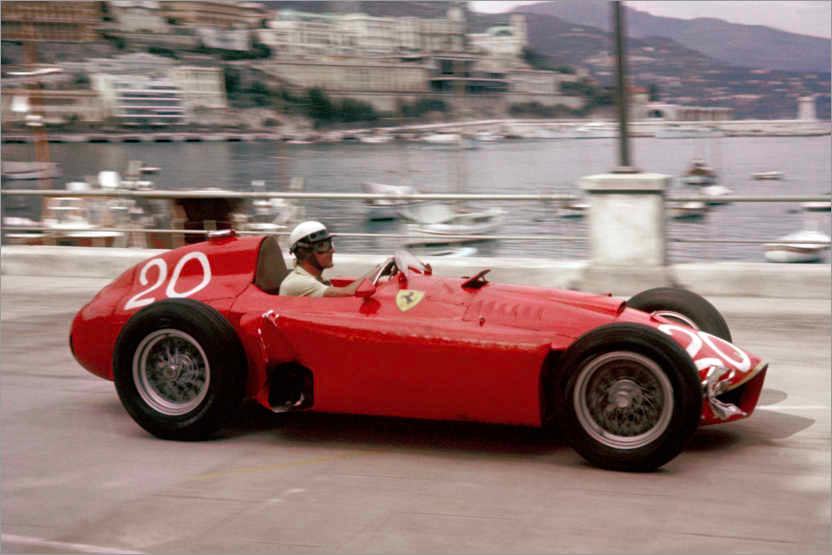
1956 Monaco Grand Prix, 10-13 May 1956. Eugenio Castellotti (Lancia-Ferrari D50) 4th position, shared with Juan Manuel Fangio. Photo by LAT Photographic.
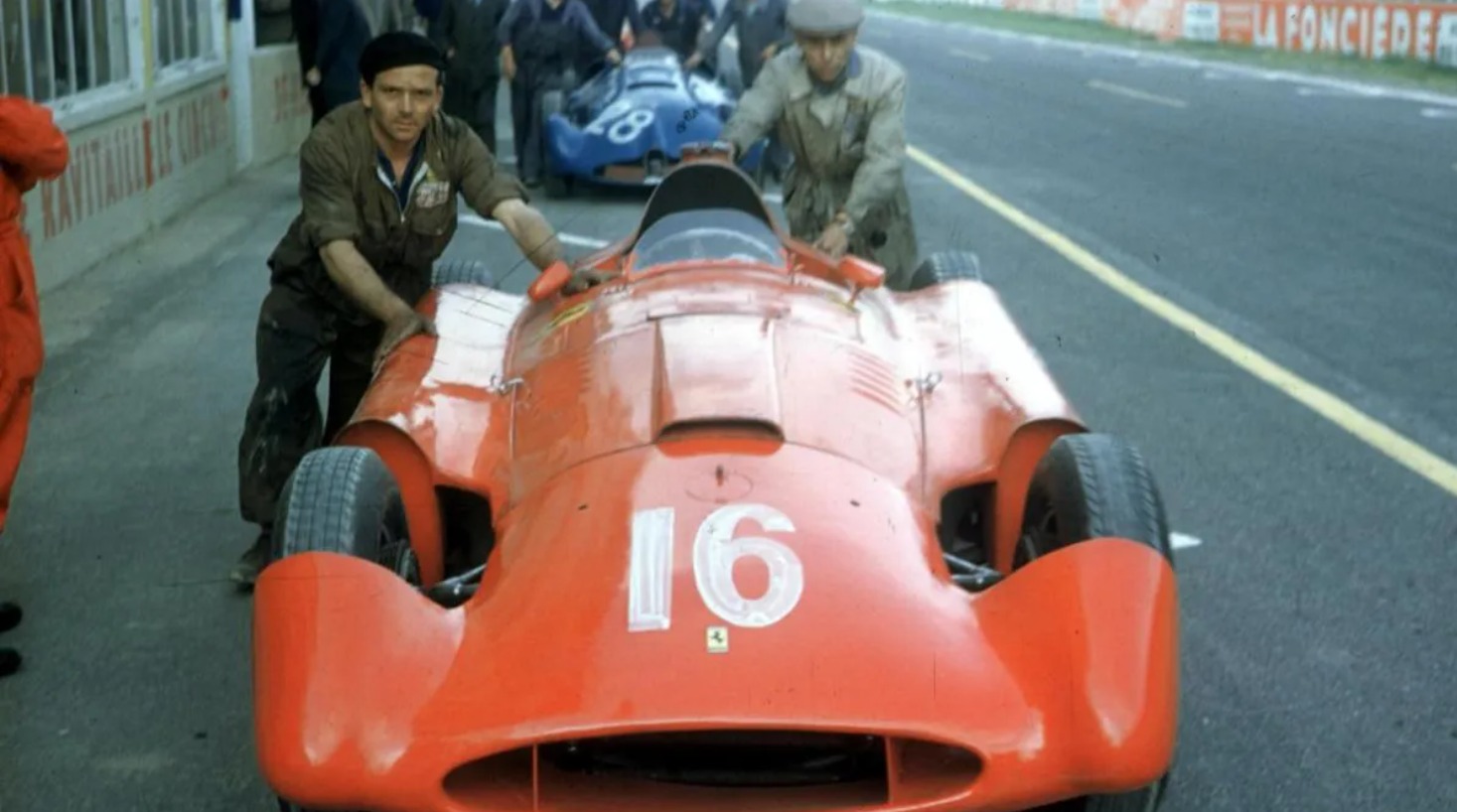
1st July 1957, Reims, France. The Lancia-Ferrari D50T Prototipo of Eugenio Castelotti.
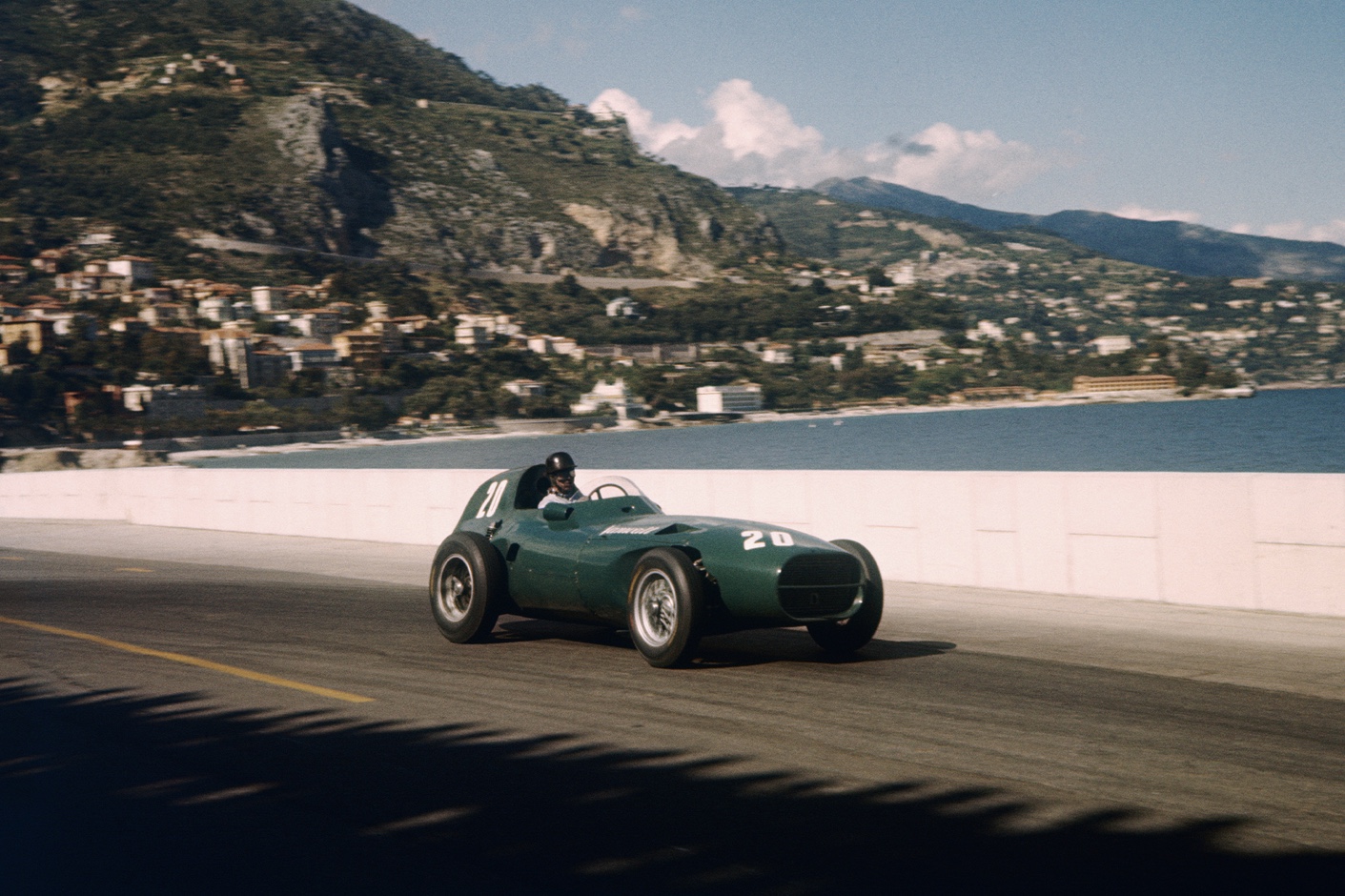
1957 Monaco Grand Prix. Tony Brooks, Vanwall, put himself fourth on the grid.
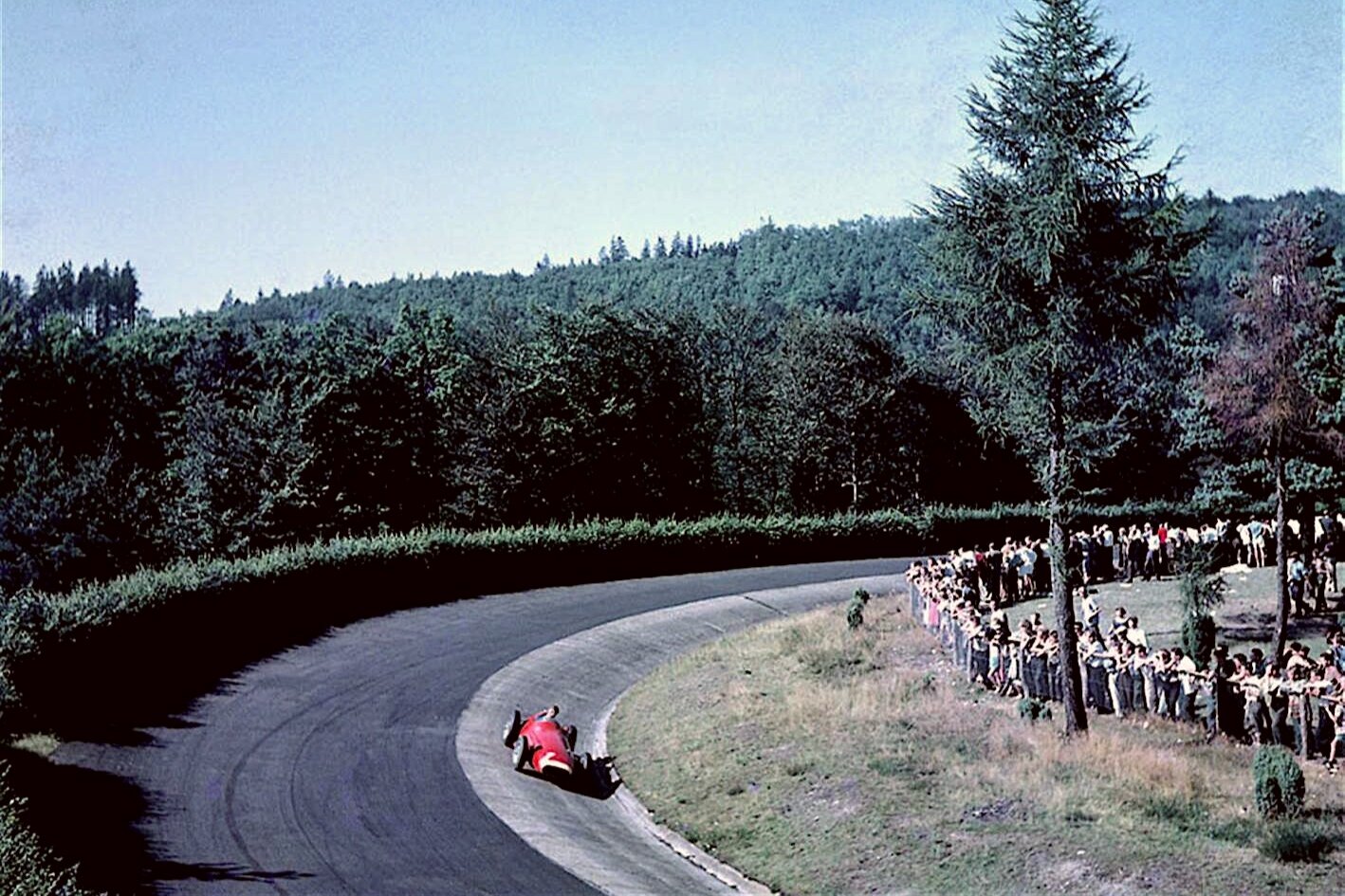
1957 German GP at the mighty Nürburgring Nordschleife.
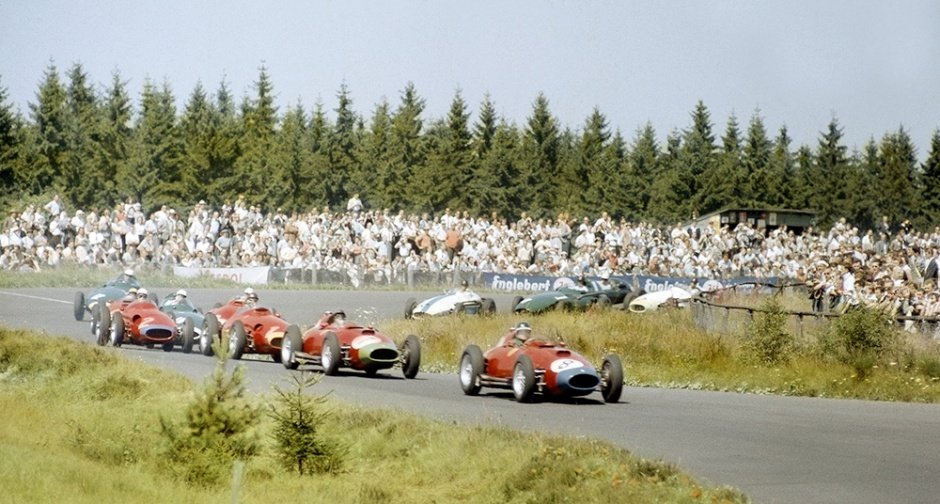
Double podium finish for Ferrari with Mike Hawthorn and Peter Collins in the 1957 German GP.
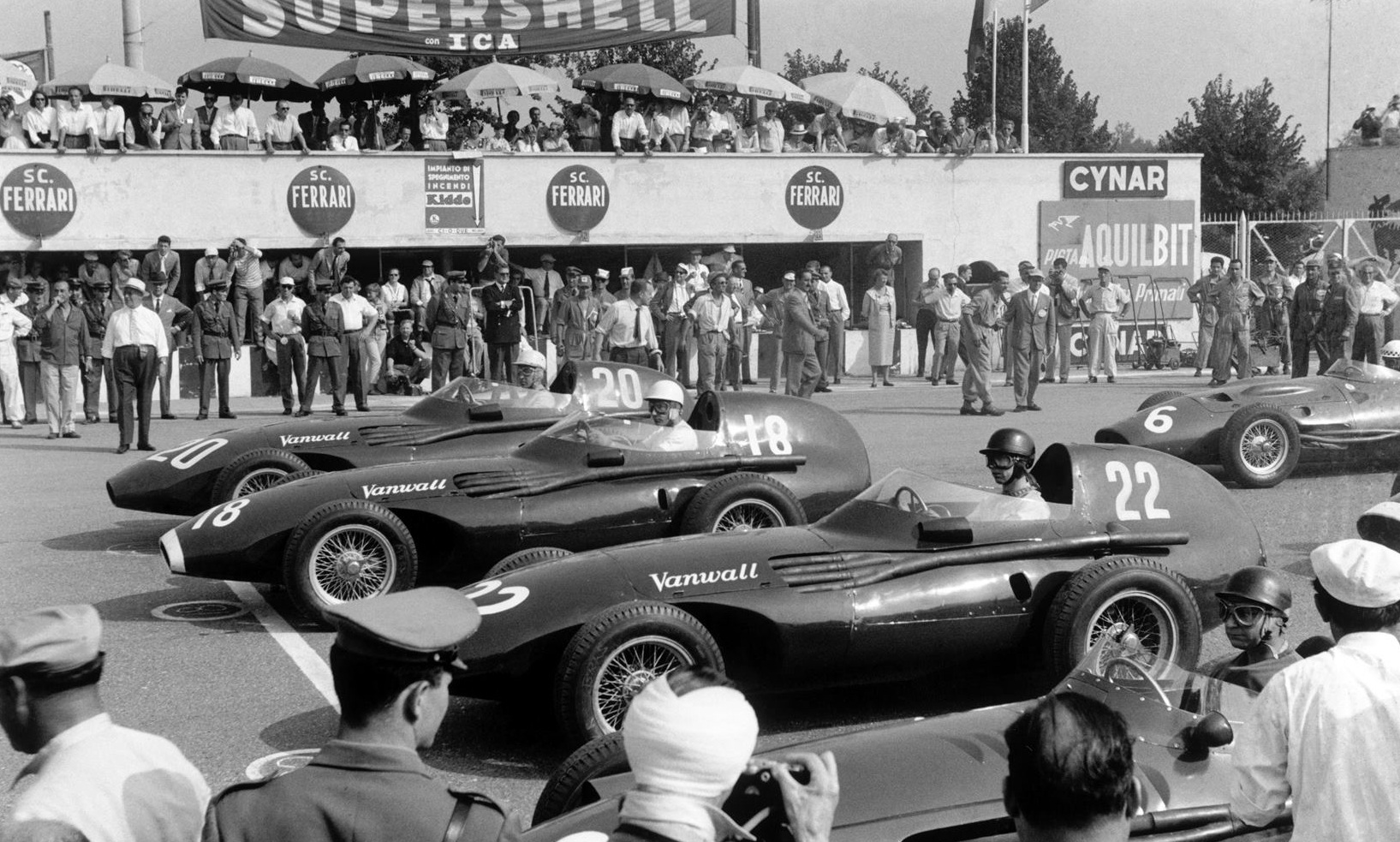
Tony Brooks, Stirling Moss and Stuart Lewis-Evans at the Grand Prix of Italy in Monza on 9 September 1957.
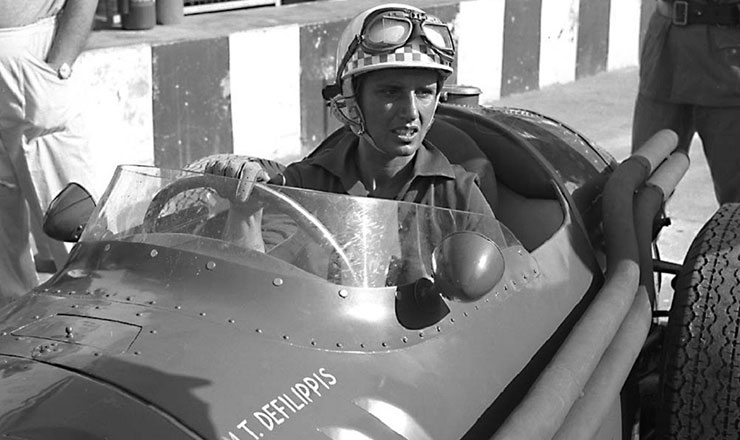
Maria Teresa de Filippis, Maserati, at the 1958 Italian GP.
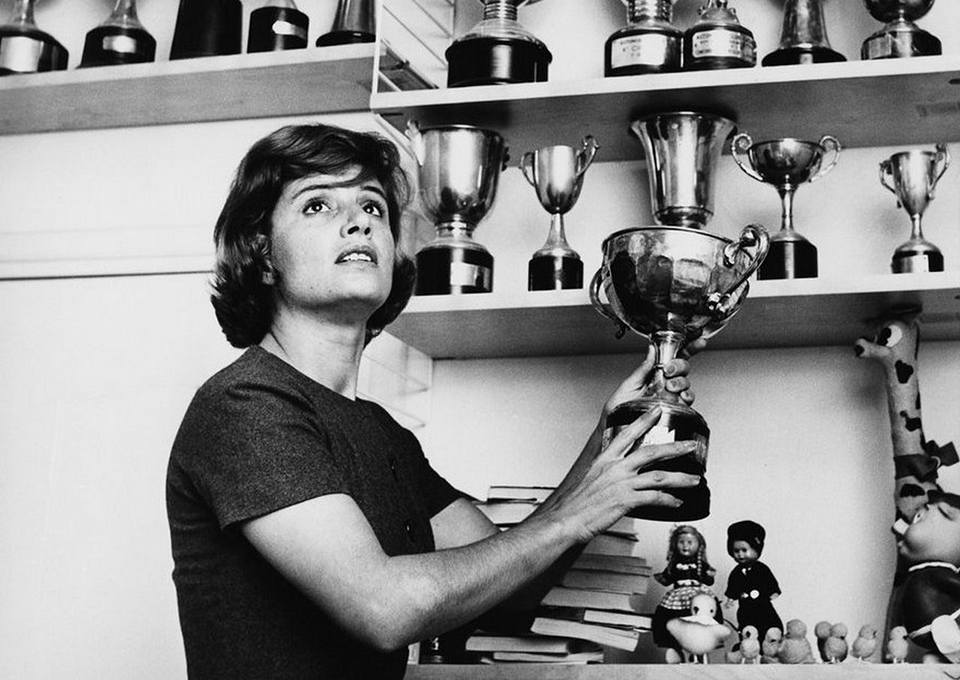
Maria Teresa de Filippis with her motor-racing trophies, circa 1958. Photograph Popperfoto / Getty Images.
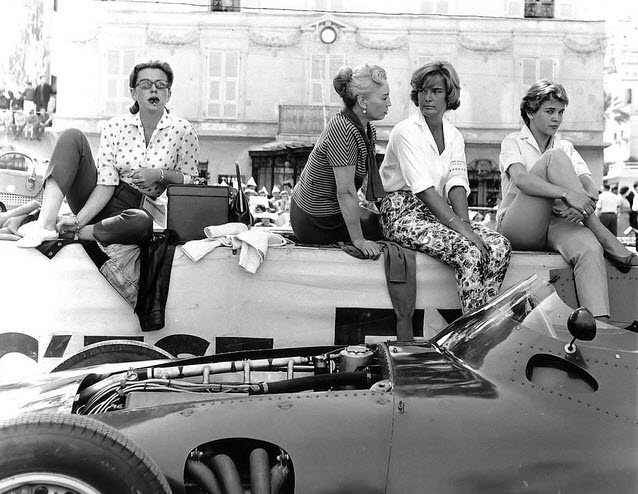
Pit girls in 1959.

A woman stands at a table and smiles broadly as she writes a check, mid-1960s. This image was originally shot for the First National Bank. Photo by Tom Kelley / Getty Images.
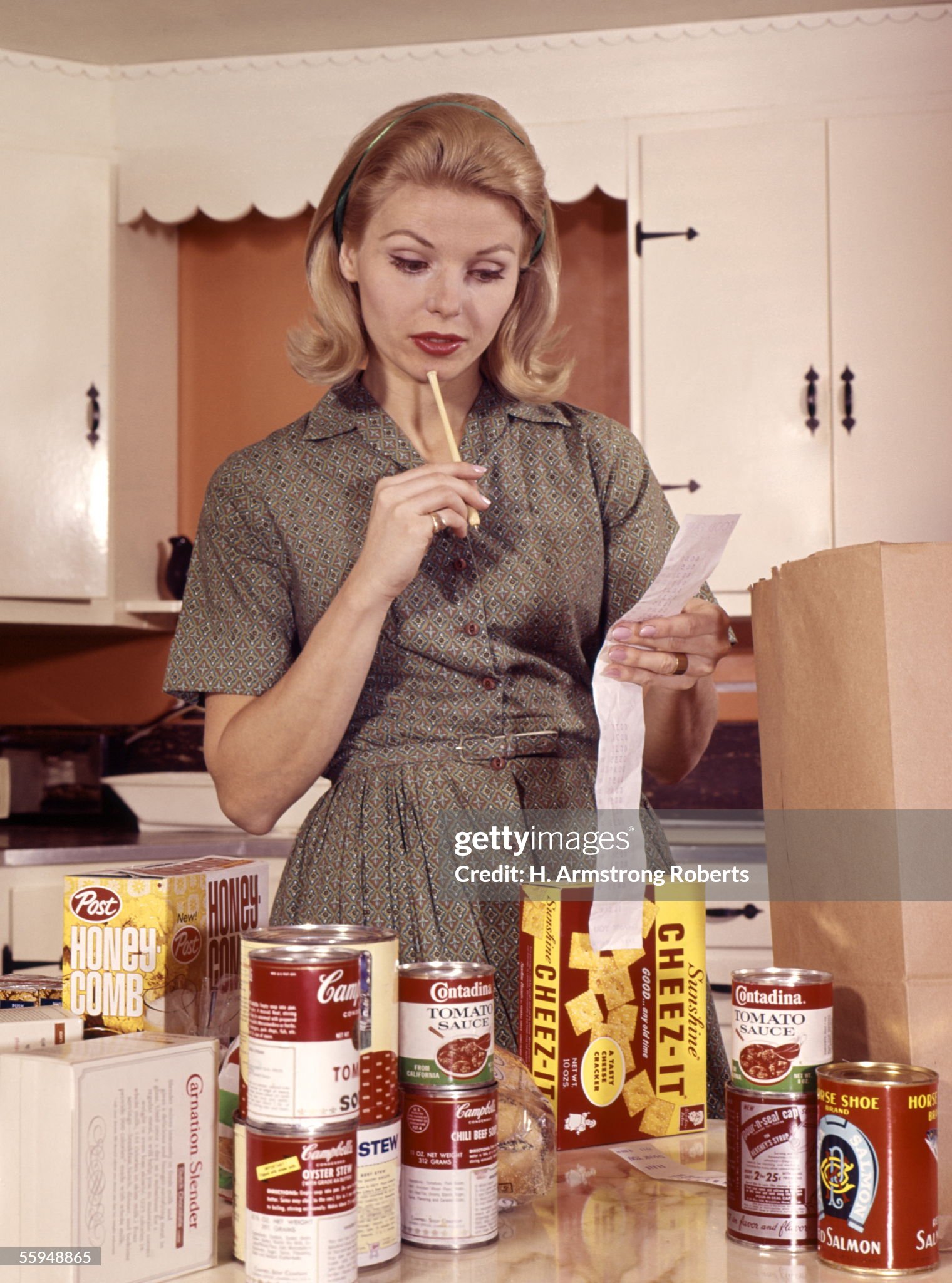
United States, circa 1960s. Blonde woman housewife in kitchen compare cash register receipt to items groceries on counter brown shopping bag. Photo by H. Armstrong Roberts / Retrofile / Getty Images.
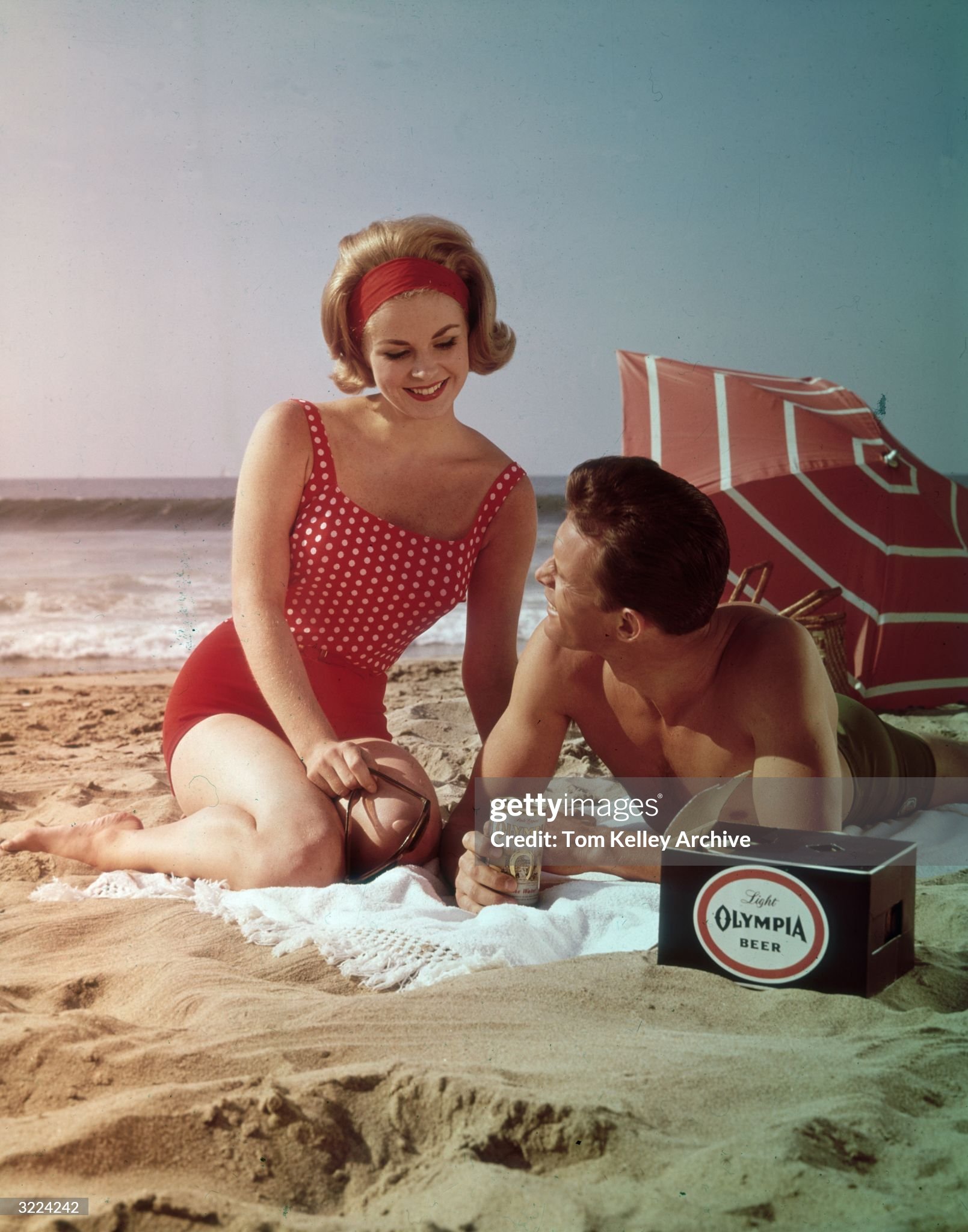
Circa 1960. A young couple in bathing suits pose next to a case of beer on a beach in an advertisement for Light Olympia Beer. Photo by Tom Kelley / Hulton Archive / Getty Images.
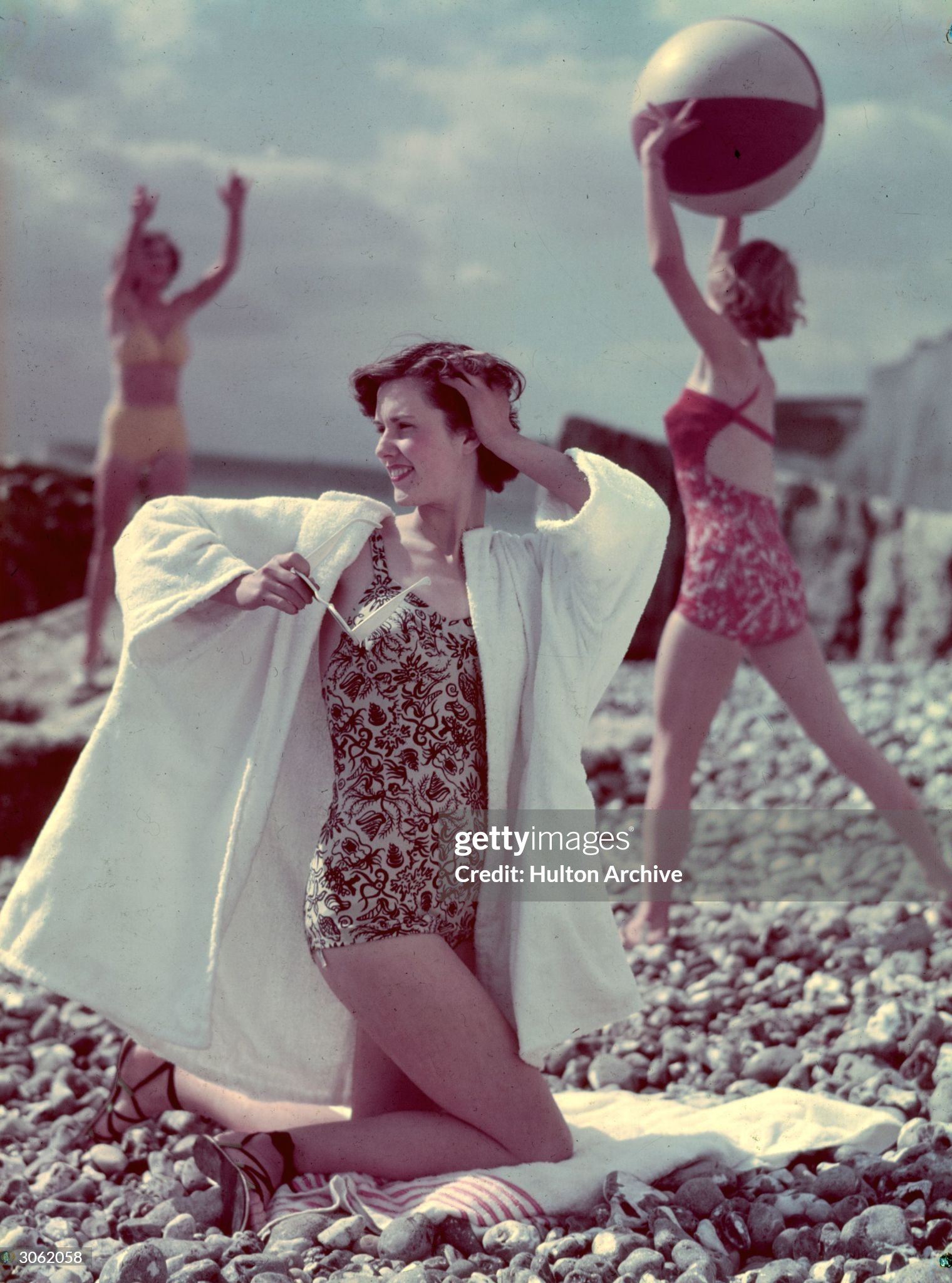
Circa 1960. A pebbly beach does not deter a group of sunbathers from their fun. Photo by Hulton Archive / Getty Images.
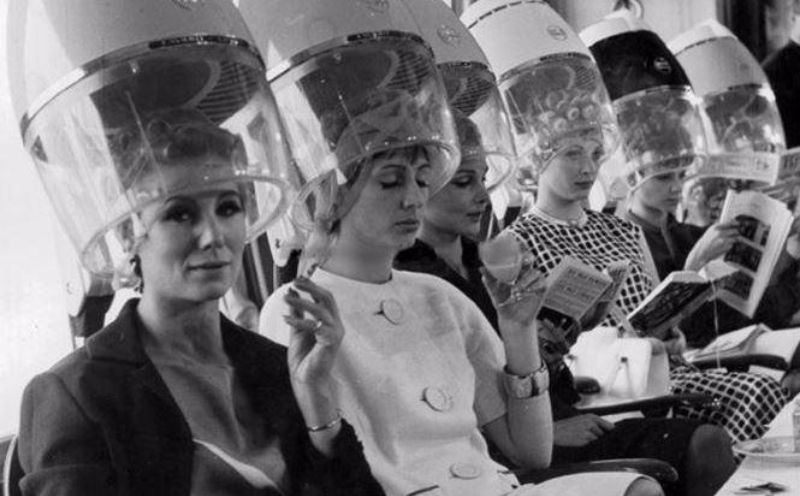
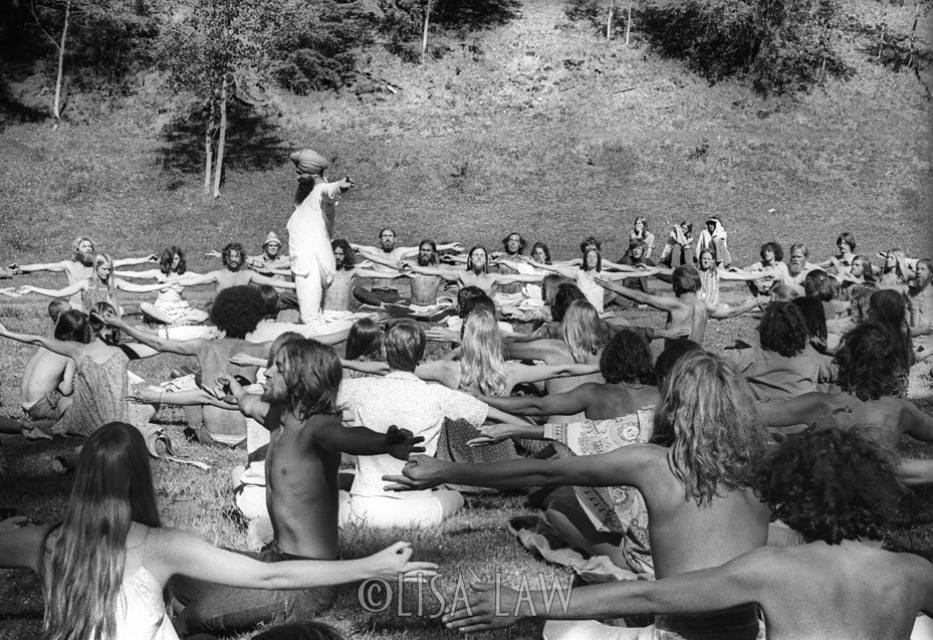
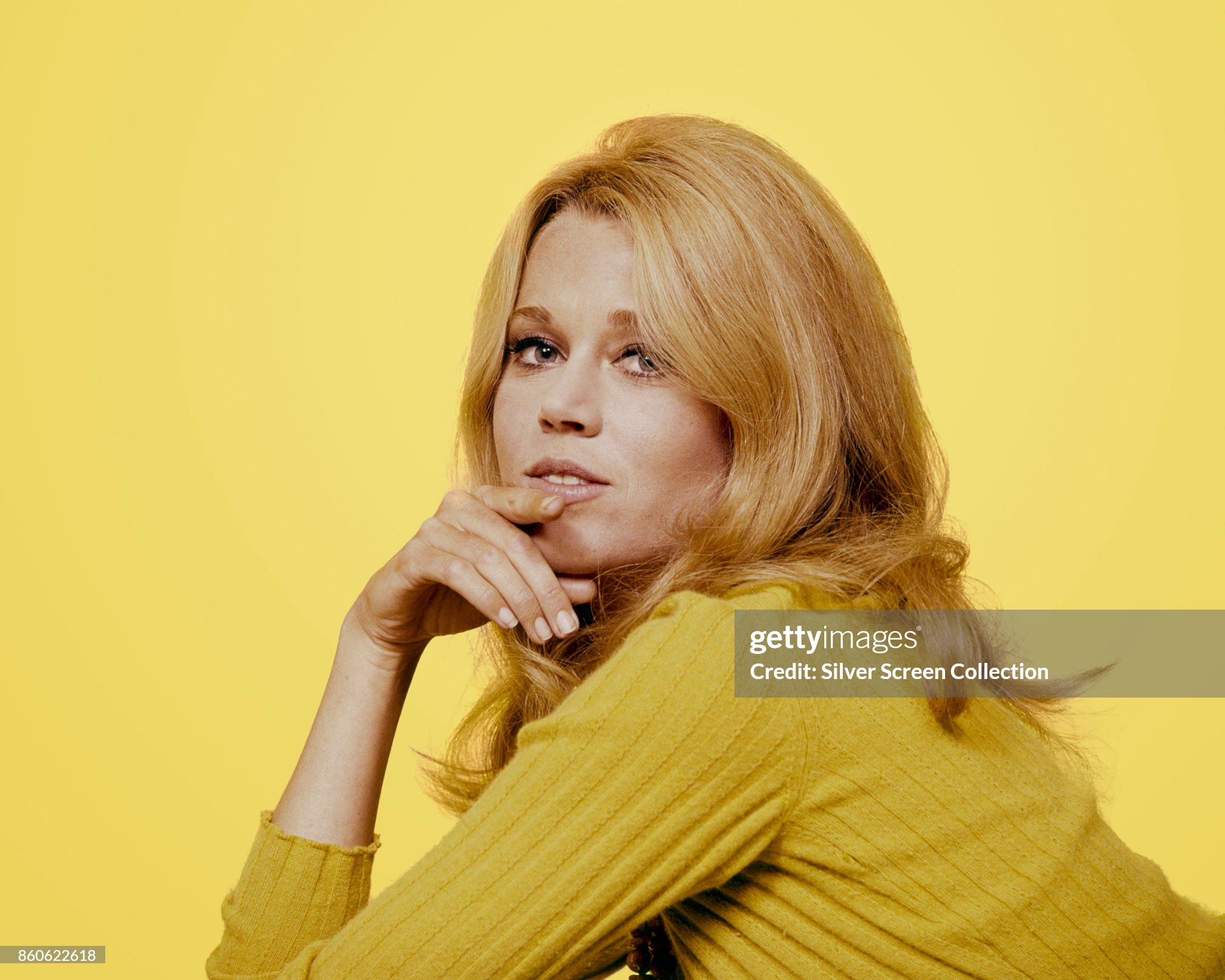
Portrait of American actress Jane Fonda, her hand on her chin, as she poses in a yellow sweater against a yellow background, 1960s. Photo by Silver Screen Collection / Getty Images.
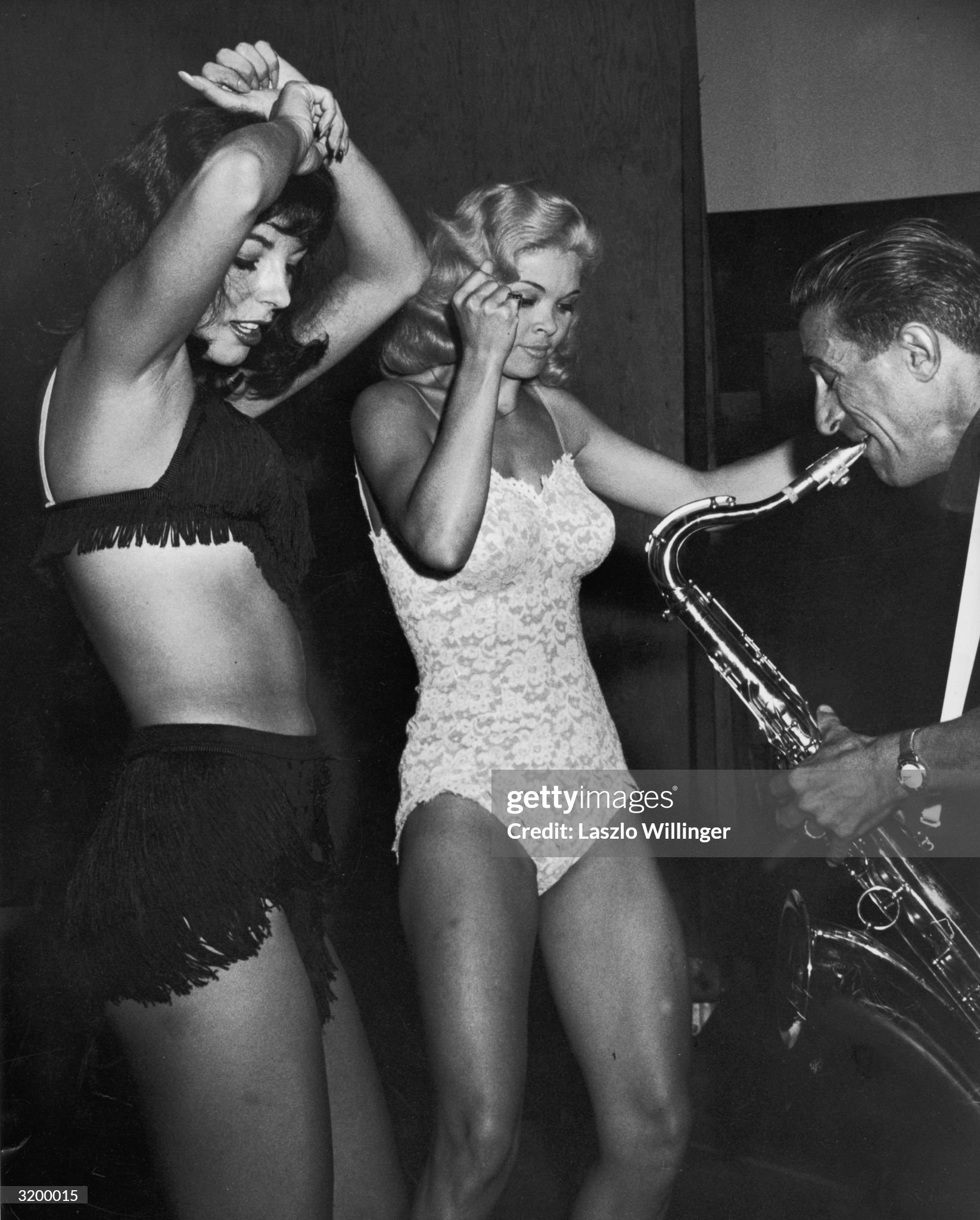
1960. A scantily clad Joan Collins is given lessons in the art of striptease by Gypsy Rose Lee's granddaughter as part of her character research for the film 'Seven thieves'. Photo by Getty Images.
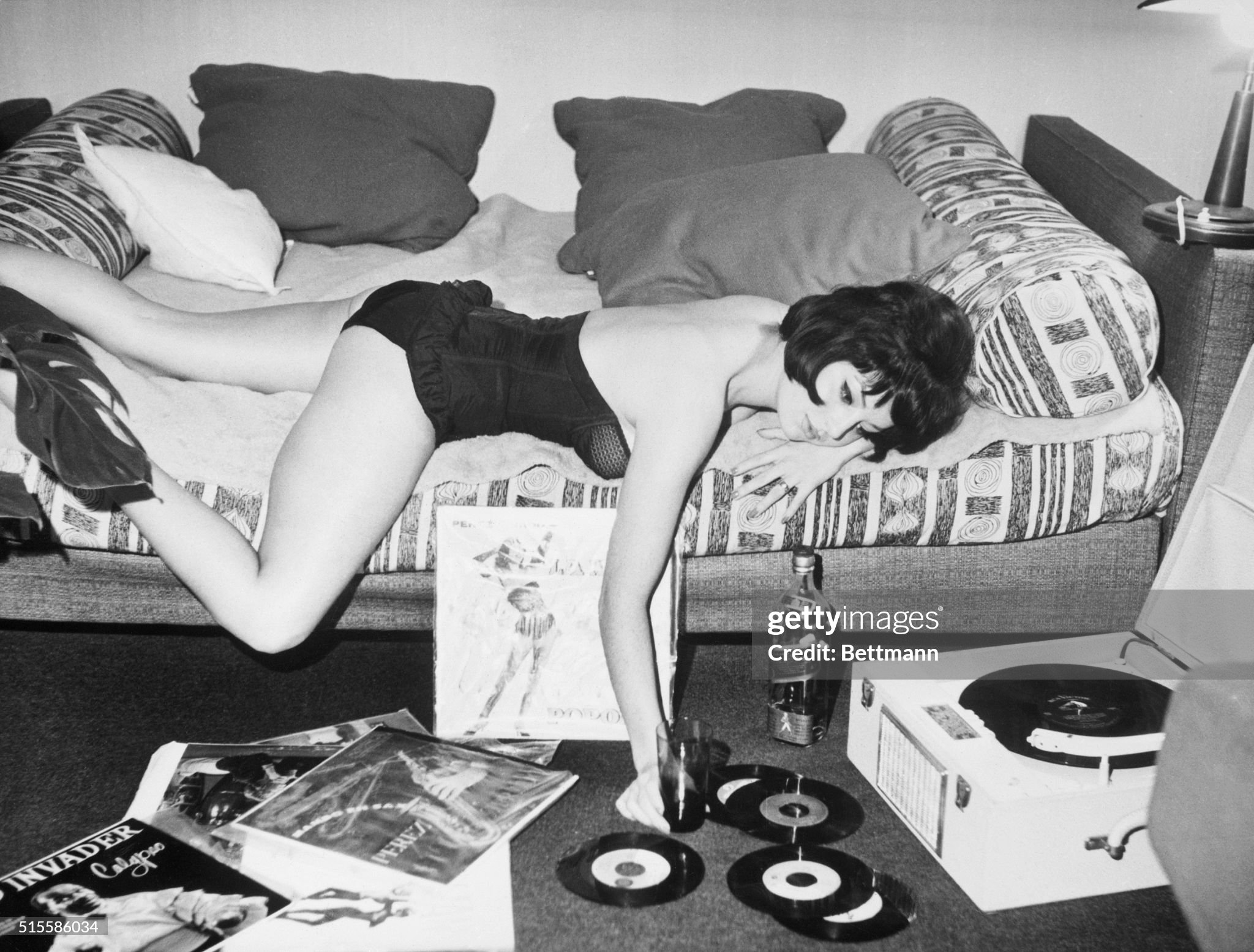
Nightclub singer of the 1960's at home. Photo by Getty Images.
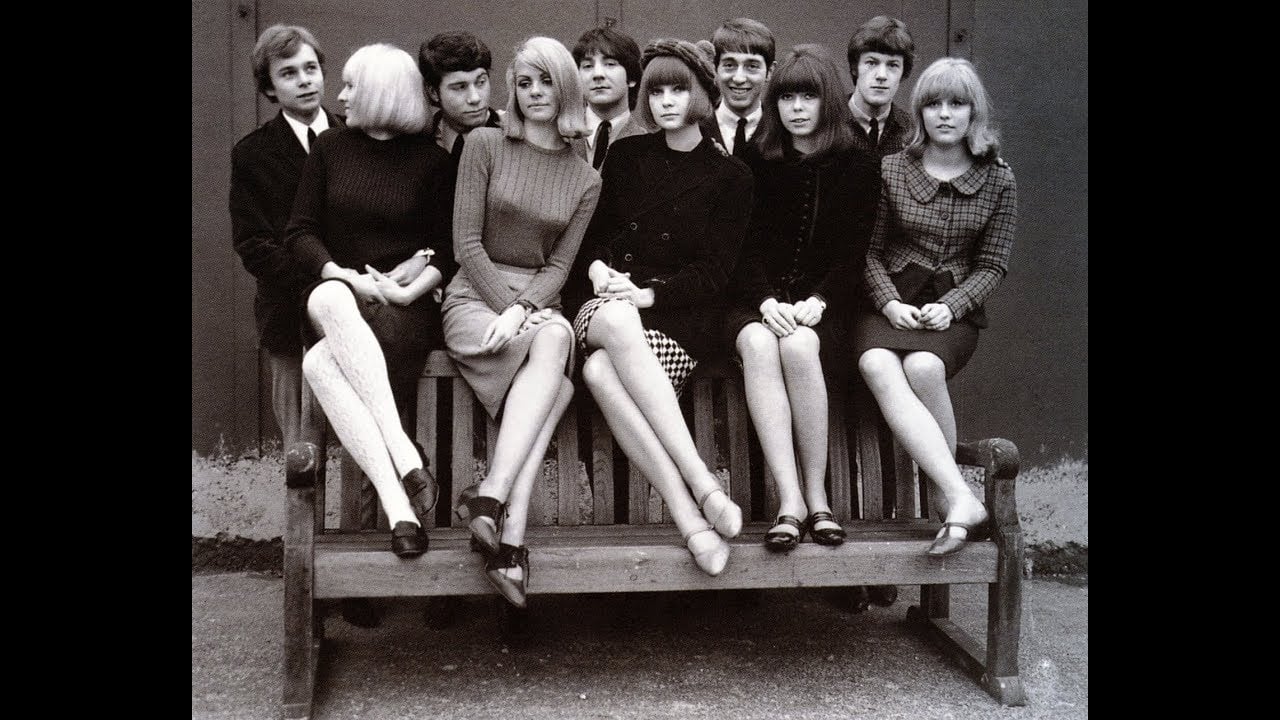
The Swinging '60s was a time defined by youthful energy, hedonism, eclectic dressing and a new understanding of London as a lively cultural hub. This revolution of sorts embraced art, music, and fashion as the pillars of a favorable society. Figures such as Mick Jagger, Twiggy and Jane Birkin are just a few United Kingdom-born celebrities that infused nuanced ideas and styles into the bustling decade. In addition to the movement towards modern attitudes entrenched in optimism, the 1960s brought about a widespread push for sexual freedom. Female sex-symbols such as Catherine Deneuve and Brigitte Bardot embraced bare skin and a liberated aura. Moreover, major bands like The Beatles and The Rolling Stones embodied "the London sound" which was emblematic of the period's affinity for experimentation and limitless expression. Geographically, London was the perfect backdrop for this social revolution. What was once deemed dreary and dark became decorated with color and excitement. Popular areas such a King's Road, Kensington and Carnaby Street became the go-to destination for celebrities and inspired citizens alike. Throughout the decade, London experienced a complete change in identity. This celebrated transformation similarly catalyzed the birth of the Mod subculture. London's Mods were responsible for shifts in fashion trends, ways of life and methods of socializing. Nightclubs became the epicenter of social life as drugs became more accessible and people were increasingly motivated to gather.
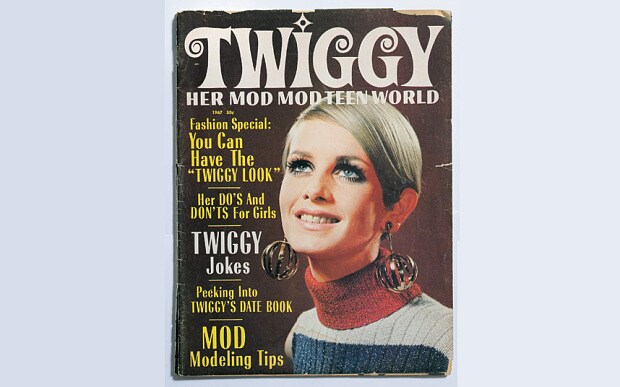
Known for the thin silhouette, androgynous look and wide, doe-like eyes, Twiggy became one of the first true international supermodels and fashion icon for teens in the 60s.

Jane Birkin.
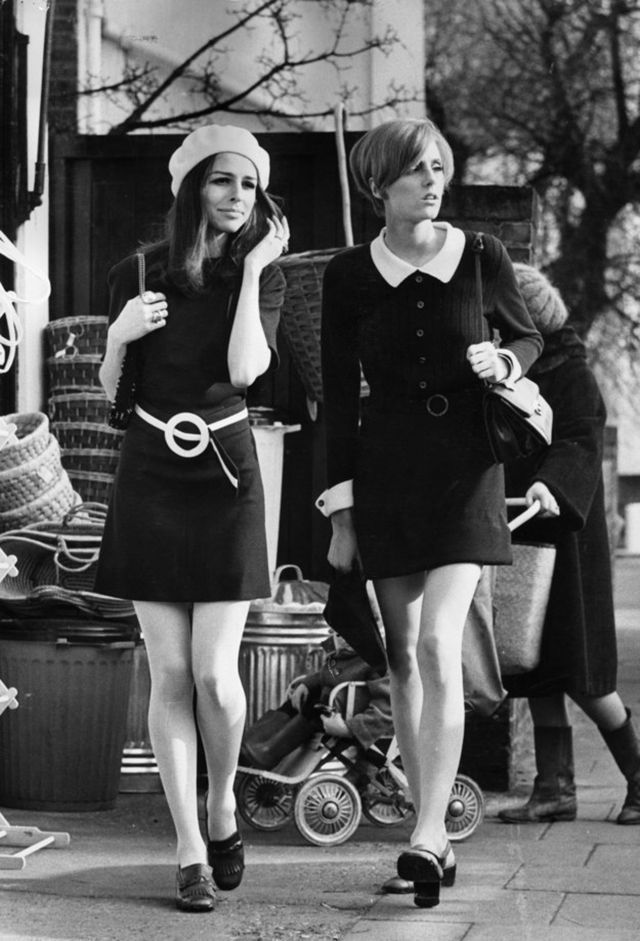
Mod is a subculture that began in the United Kingdom in the 1960s and spread, in varying degrees, to other countries and continues today on a smaller scale. Focused on music and fashion, the subculture has its roots in a small group of London-based stylish young men in the late 1950s who were termed modernists because they listened to modern jazz, although the subculture expanded to include women.
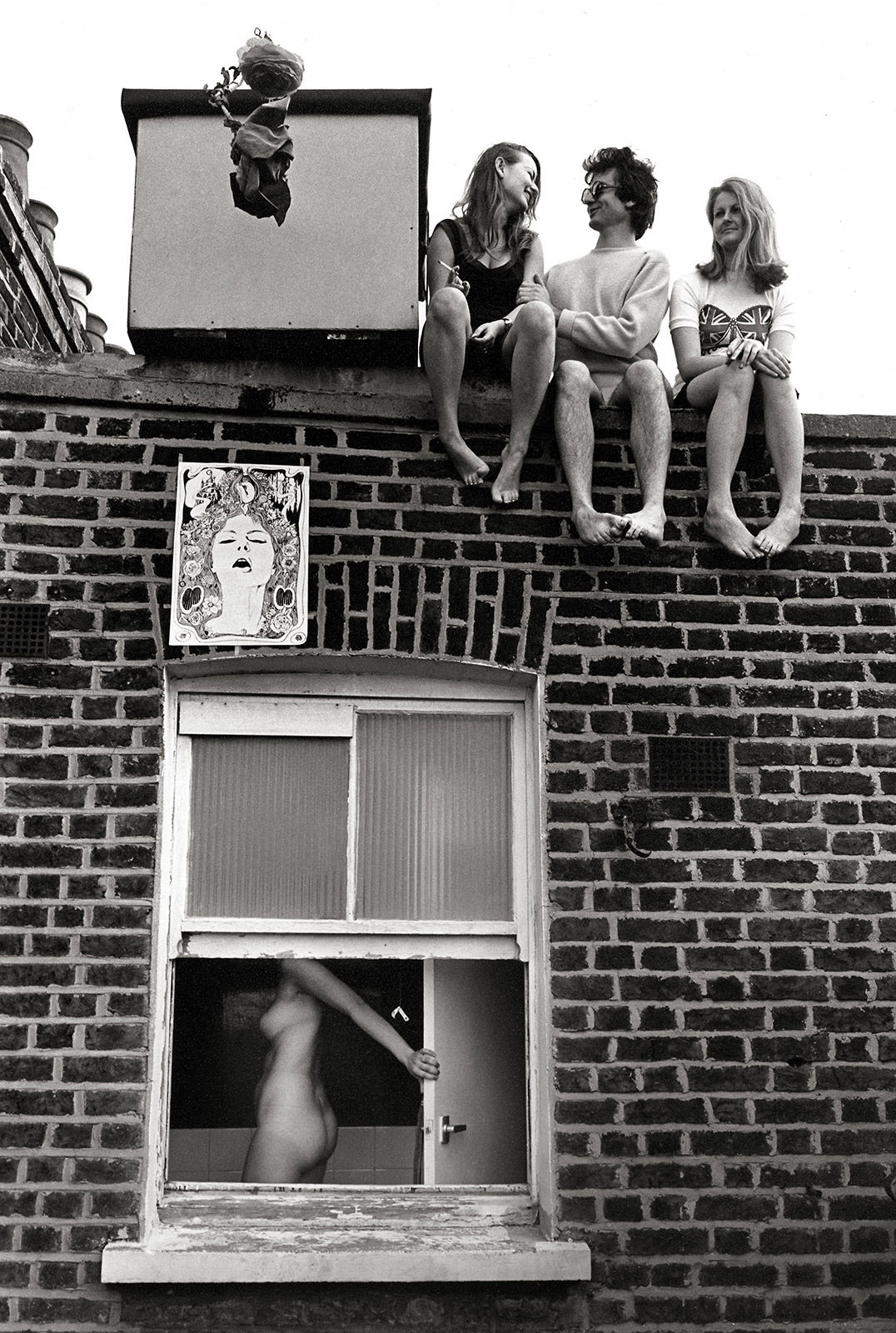
German photographer Frank Habicht’s fifth-floor rooftop in London’s SW5 district served as his “favorite open-air studio” and “was a melting place for exuberant parties on mild summer nights,” he writes in his book. If you ask him, the ‘60s didn’t end on December 31, 1969. “The ‘60s, in my opinion, they went on ’71, ’72, ’73,” the 80-year-old said on the phone from his home in New Zealand. “The ‘60s really started late — those visual ‘60s — for me and also for others.”
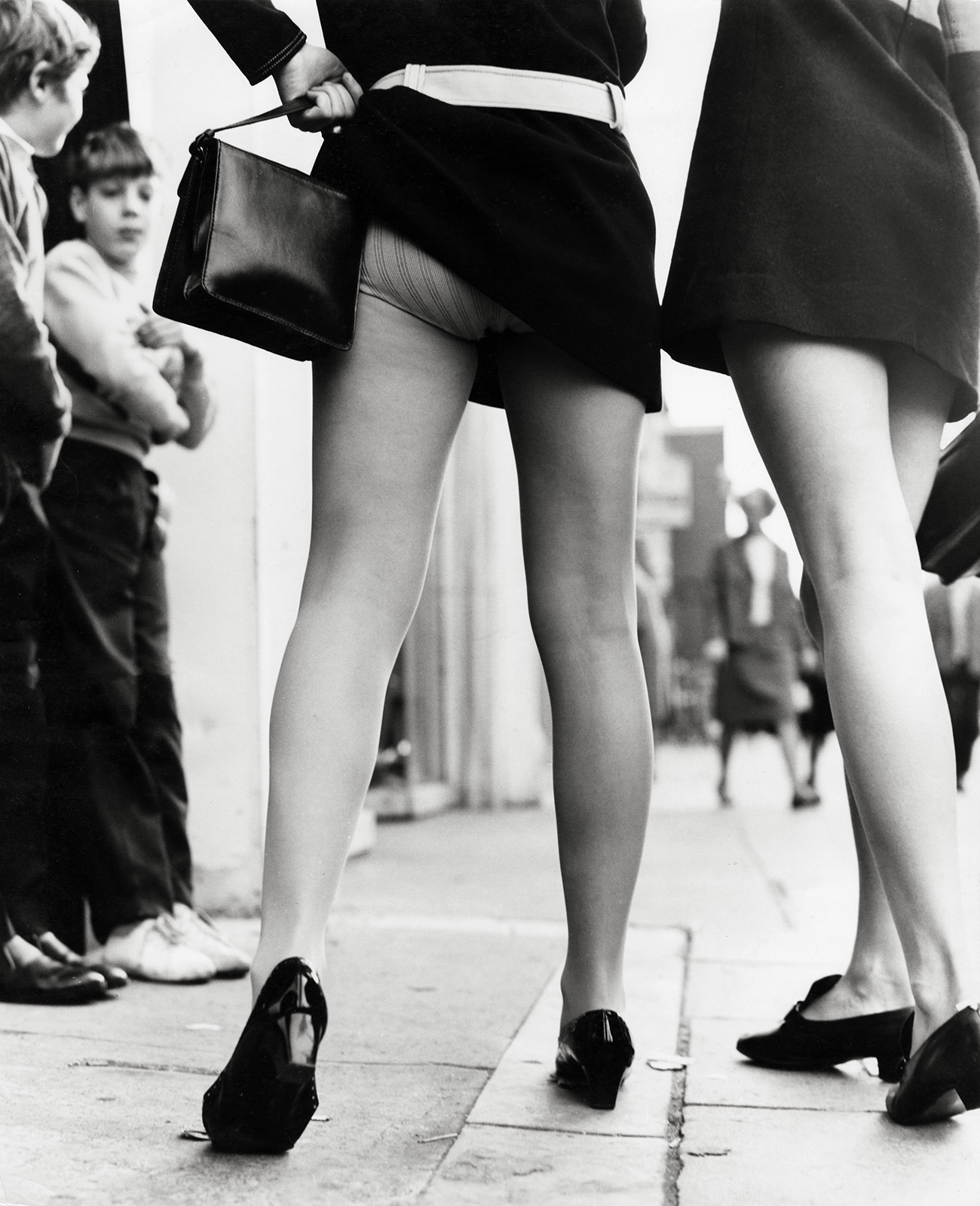
A cheeky photo from King’s Road, London.
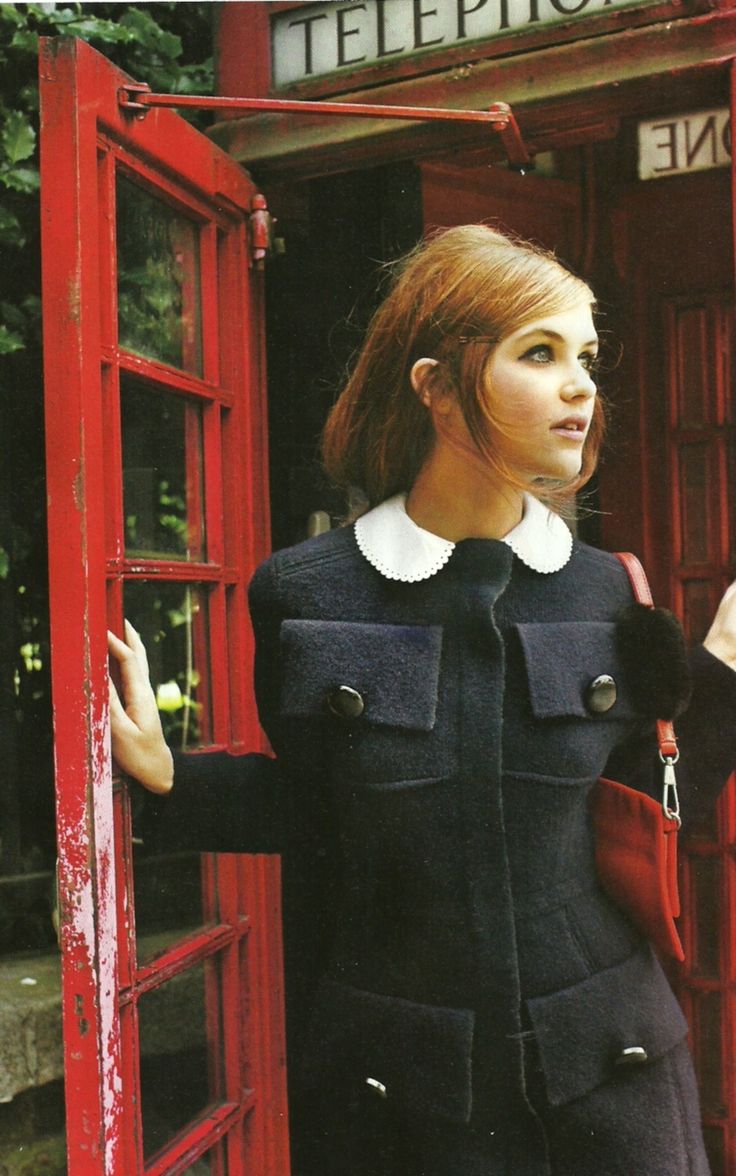
1960’s fashion shoot in a London red phone box.
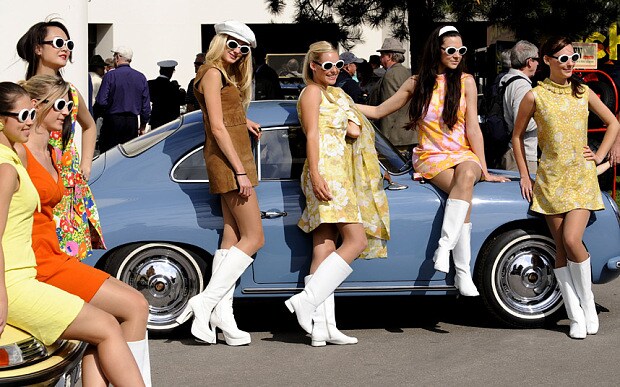
Fashion in the 'Swinging Sixties'. Girls dressed in Twiggy dresses.
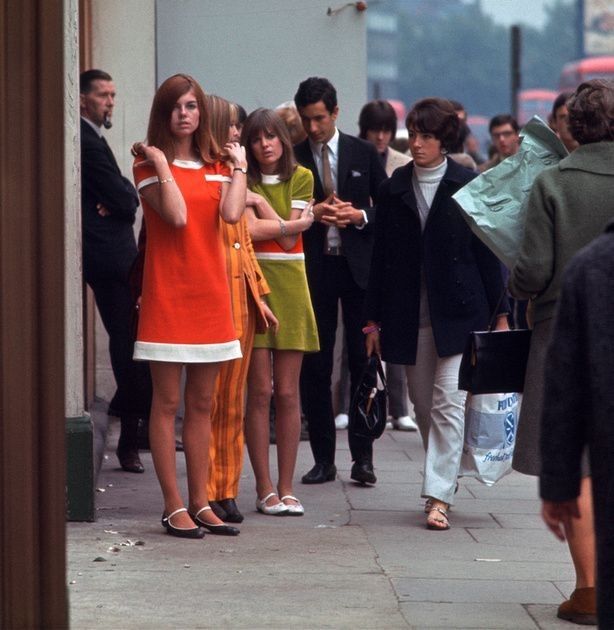
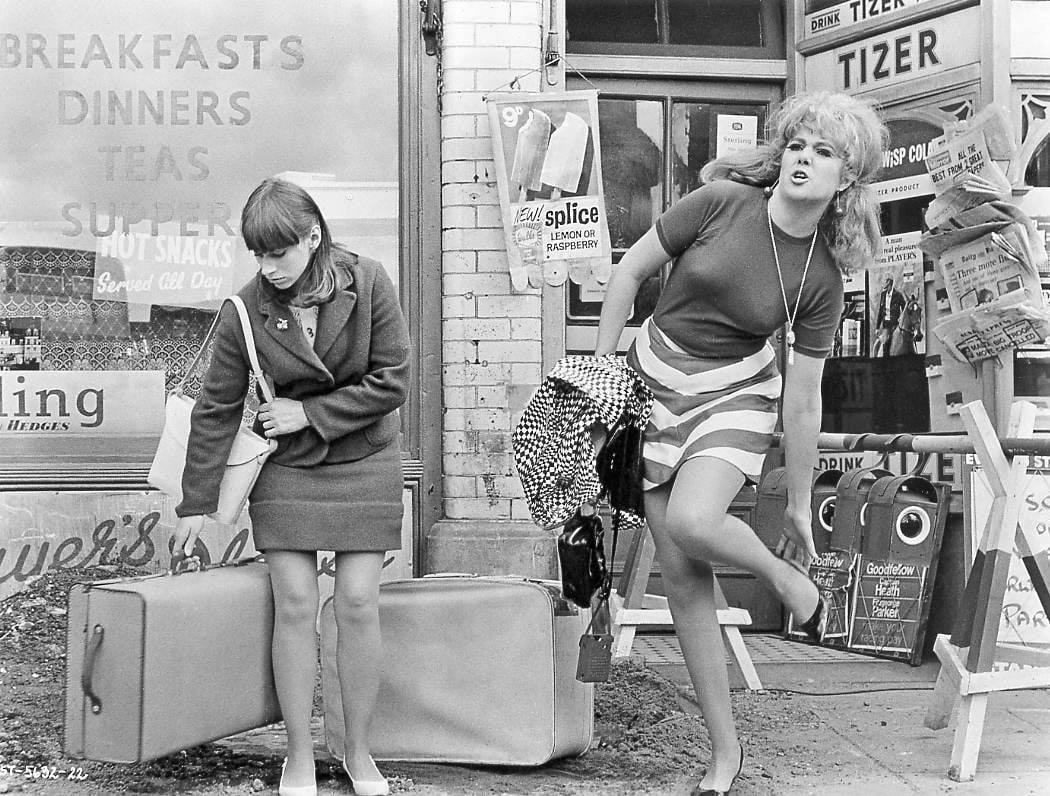
Miniskirts in London in the 60's.
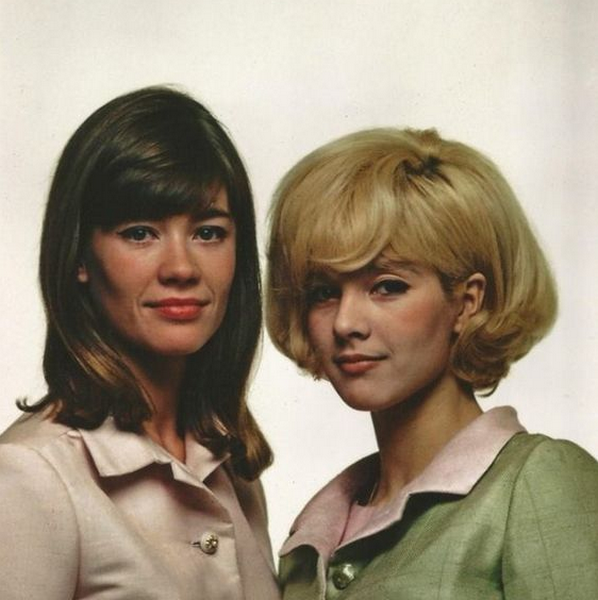
Françoise Hardy and Sylvie Vartan in the early 1960s.
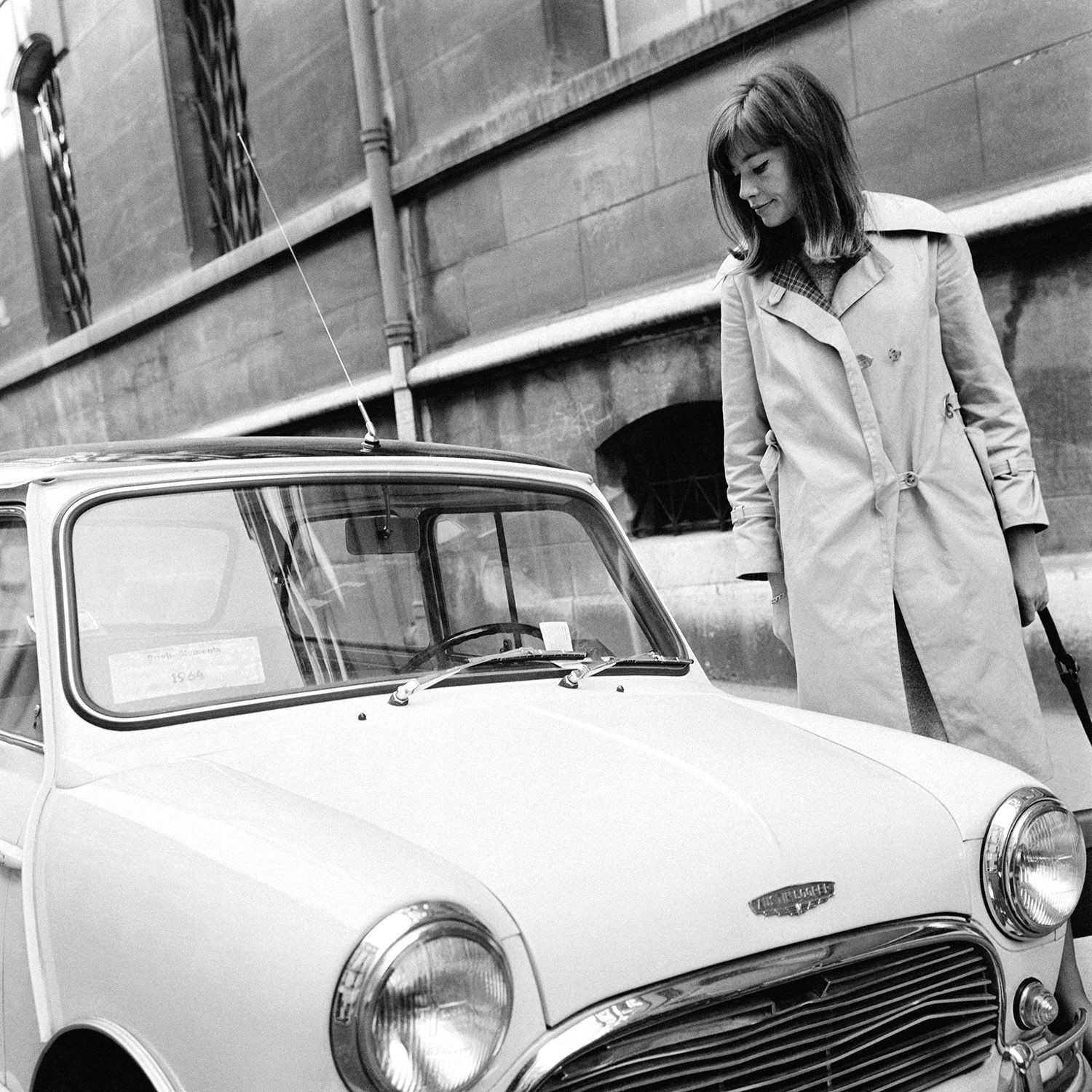
French singer Françoise Hardy in the sixties. Photo by Botti / Gamma-Keystone via Getty Images.
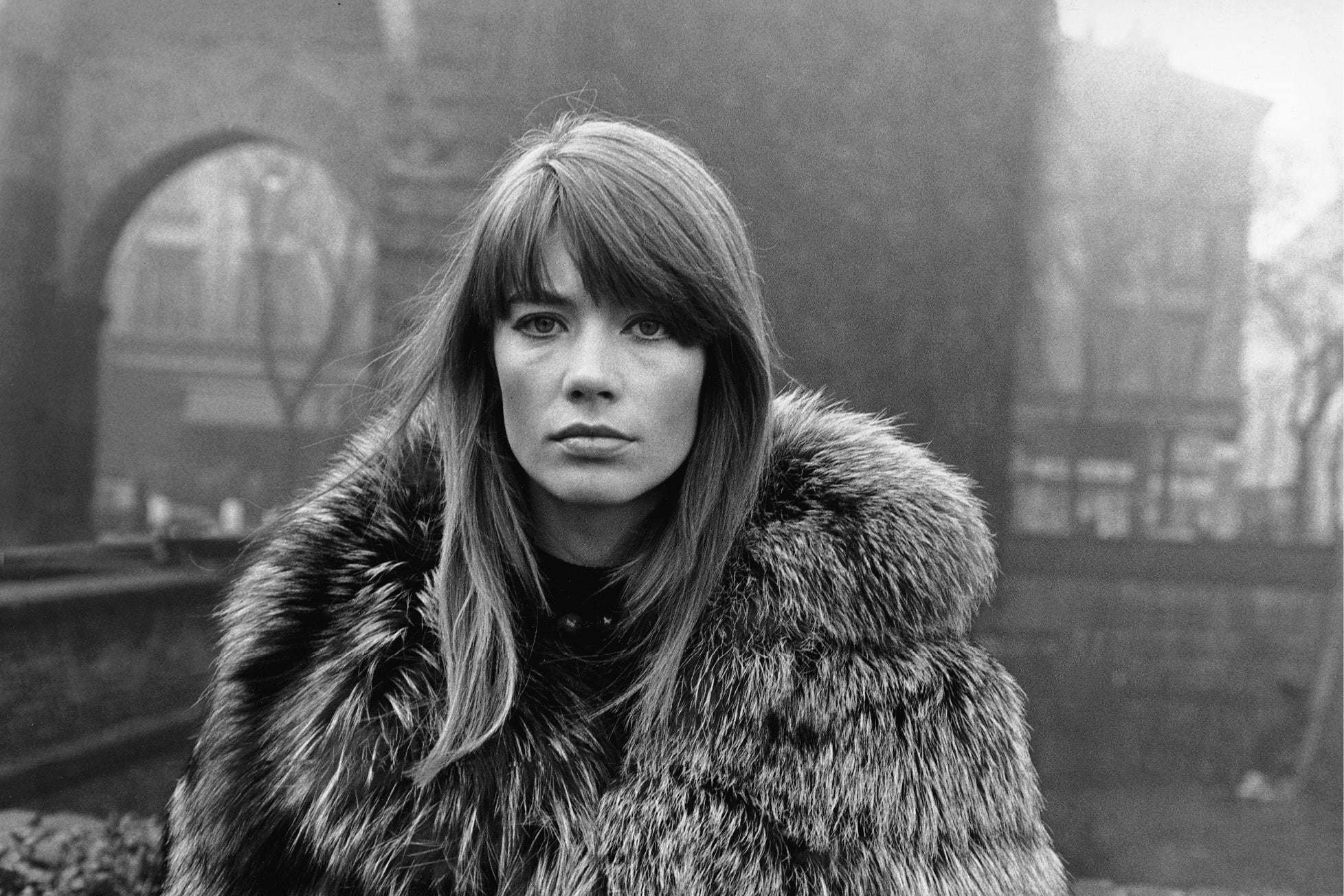
The French singer and actress Françoise Hardy wearing a fur coat in Piazza Sant'Ambrogio. Milan, 1960s. Photo by Stock Photo.
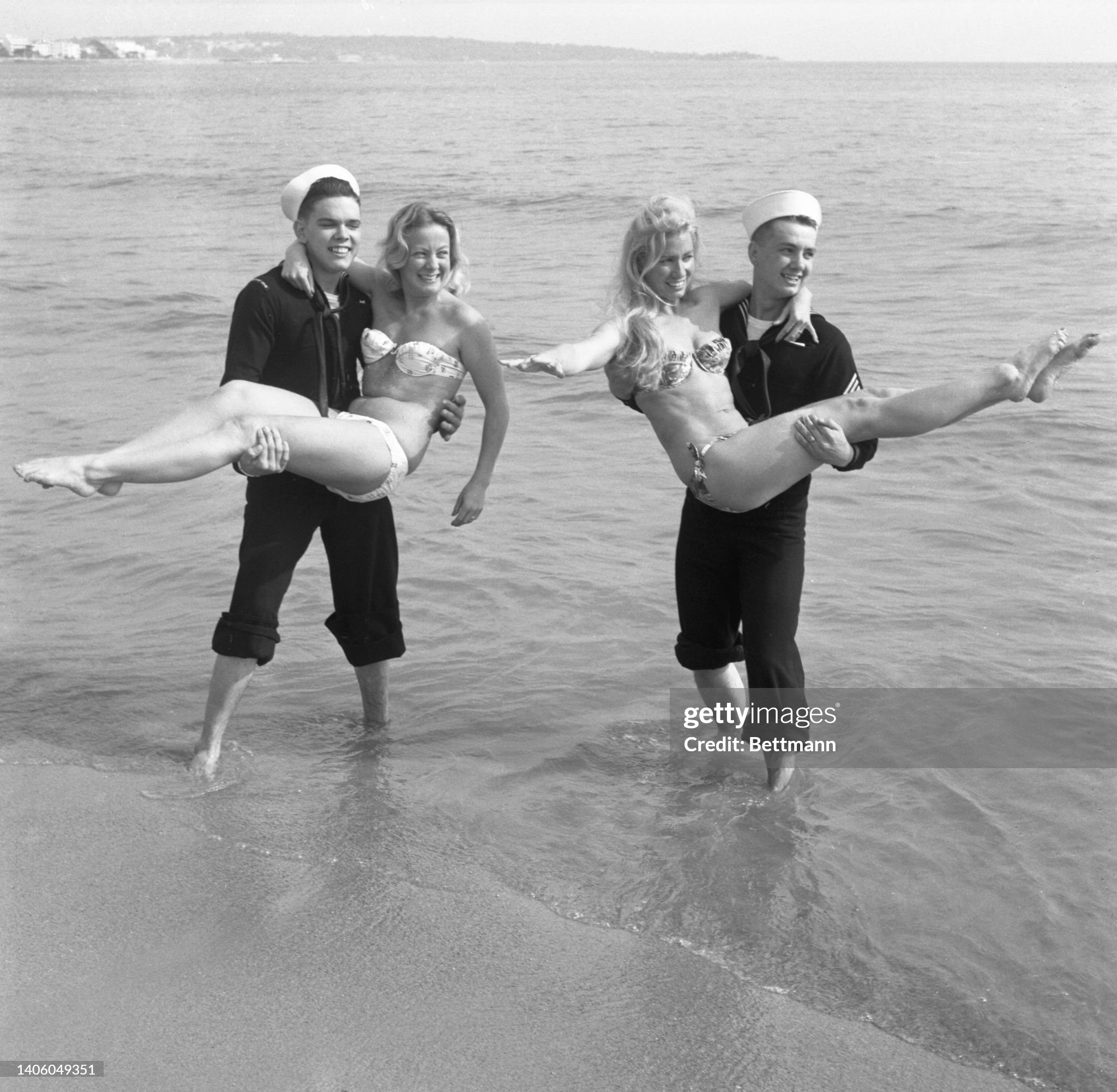
American sailors David Chime (left) and Thornton Bruce go for a romp in the surf with Josiane Vincent, the ex Miss Festival of Cannes and Lilou Paris on May 14, 1960. Photo by Getty Images.
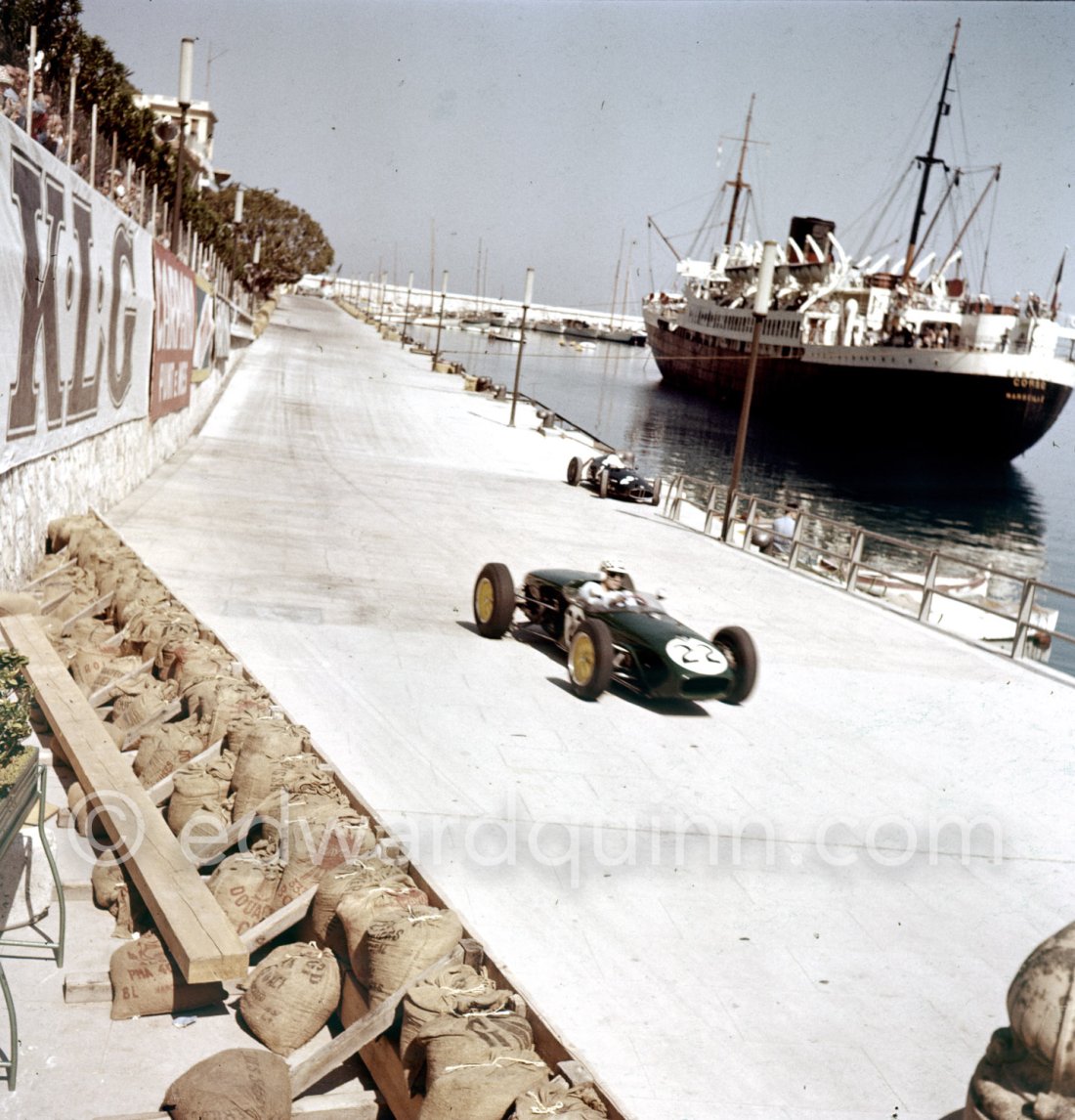
Training session. Innes Ireland, (22) Lotus 18, on right Joakim Bonnier's n°2 B.R.M. P48. Monaco Grand Prix 1960.
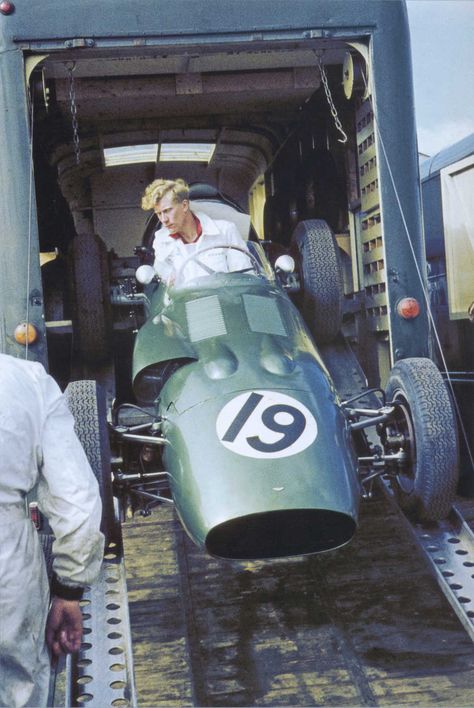
British F1 GP, Silverstone, 1960. The last appearance of the Aston Martin DBR5 in F1.
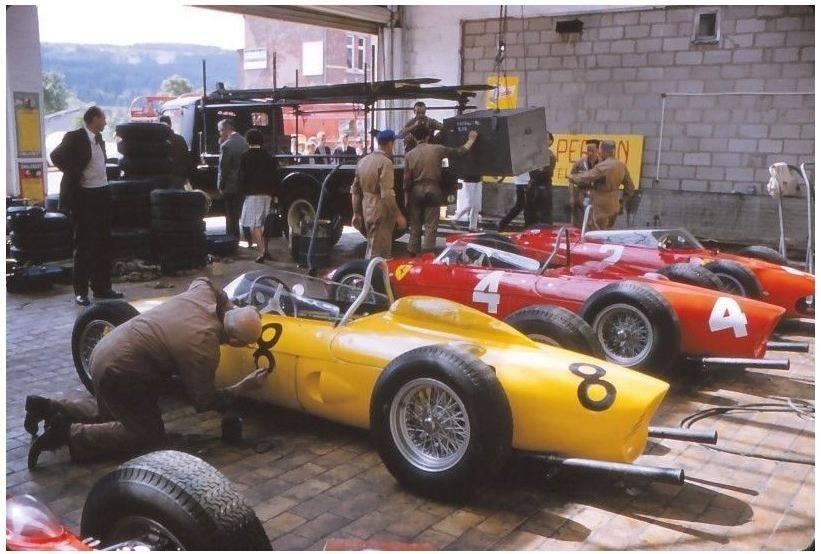
Ferraris Dino 156 Sharknose in 1961.
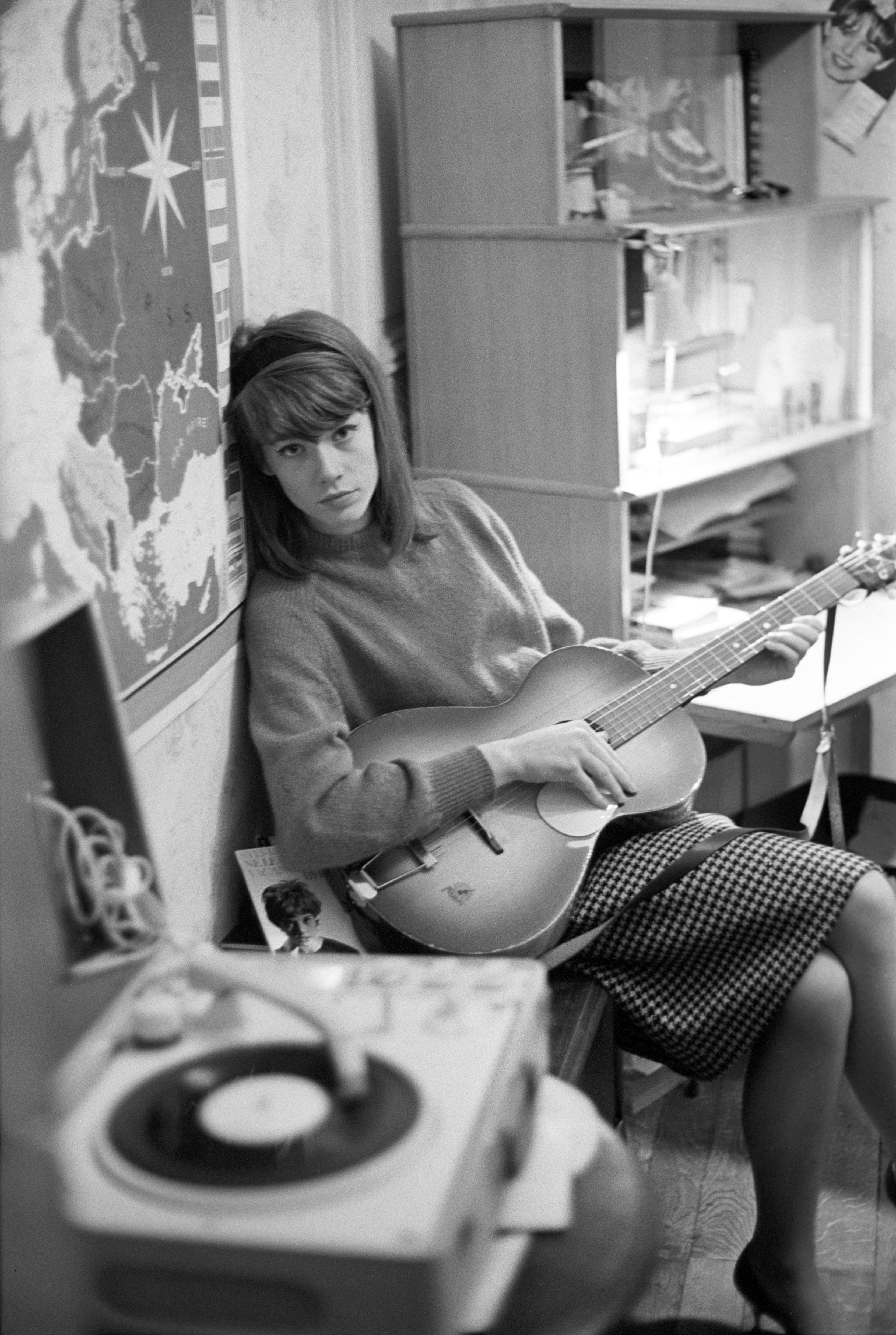
Françoise Hardy at home in Paris in 1962. Photo by Getty Images.
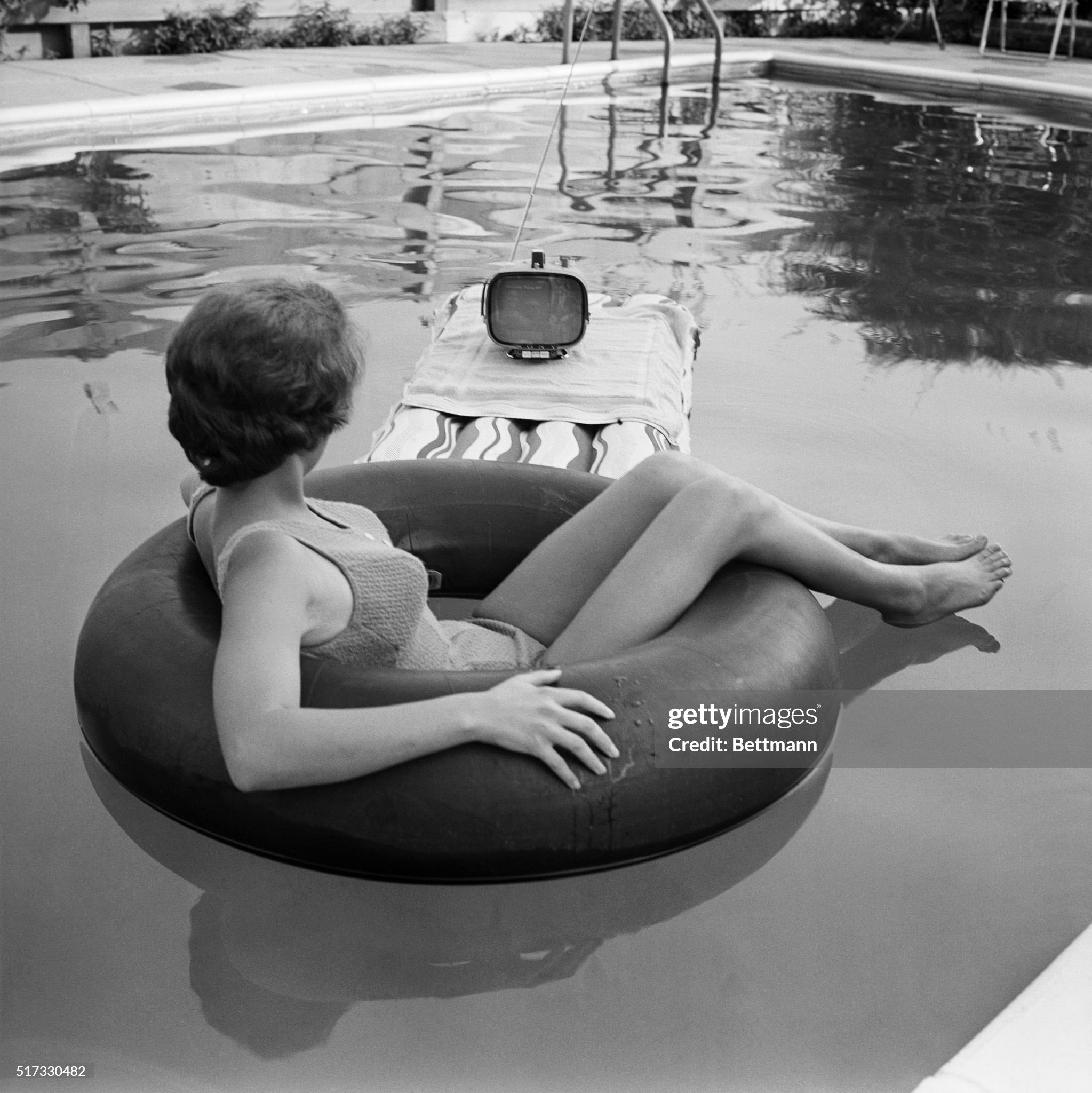
August 01, 1962. Nineteen year old Joyce McGee relaxes in front of the television while cooling off in the swimming pool. The portable Sony television uses transistors and a 12 volt battery for safety near the water. Photo by Getty Images.
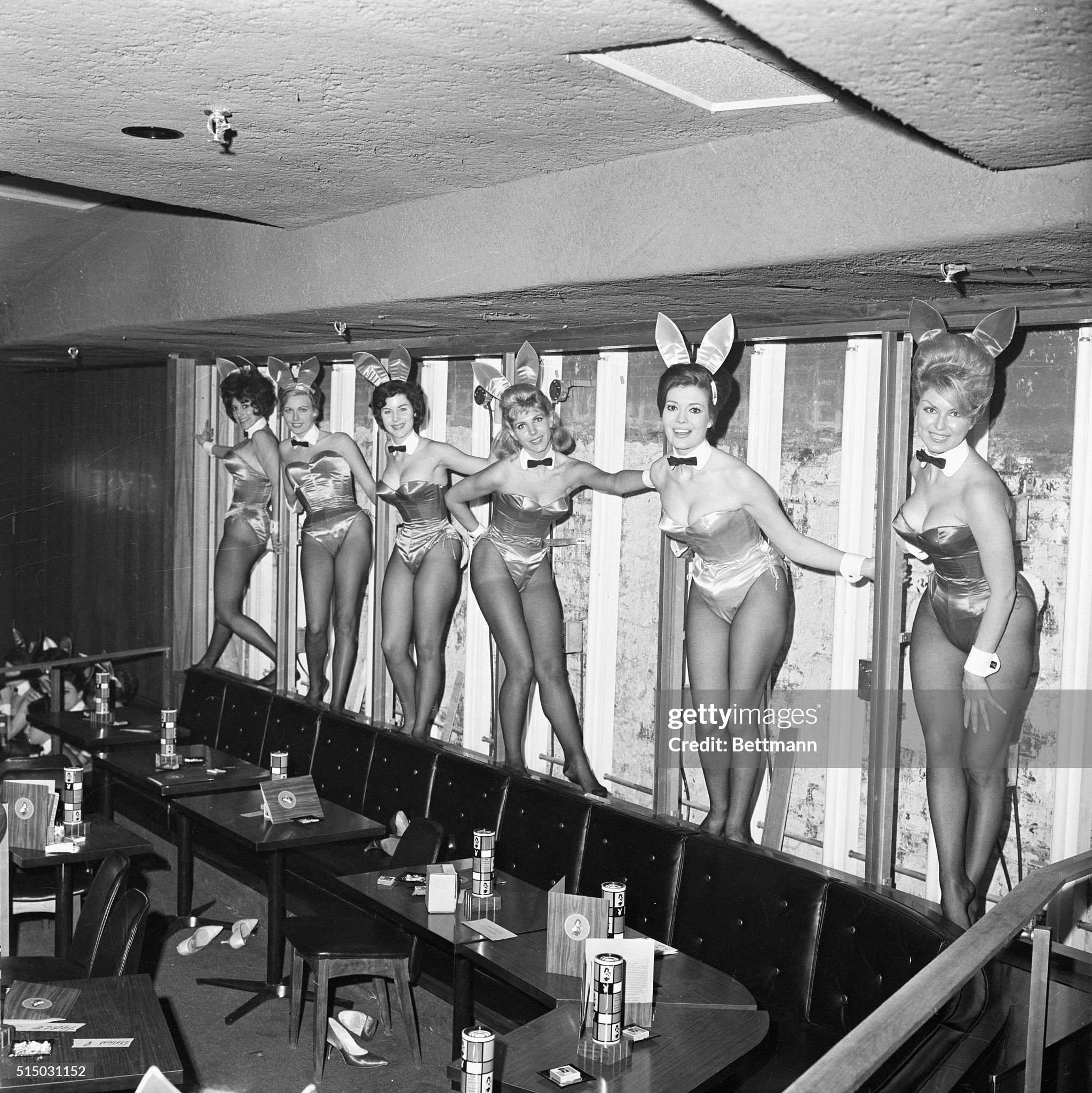
December 01.1962. Decorating the still furnished wall of the new Playboy Club in New York City are the shapely hostesses. Photo by Getty Images.
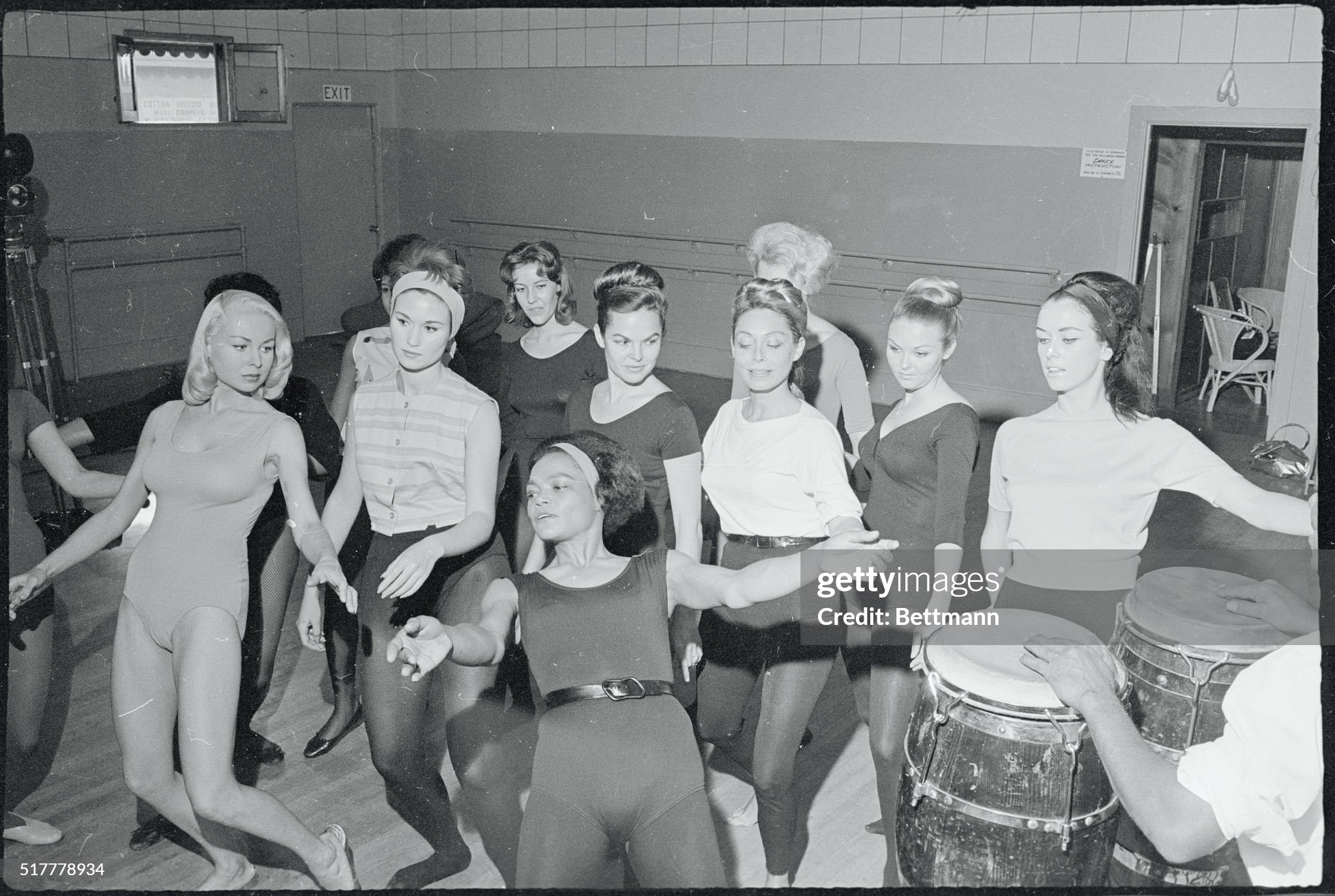
Singer-dancer Eartha Kitt (center) conducts one of her dancing classes on January 10, 1963. Photo by Getty Images.
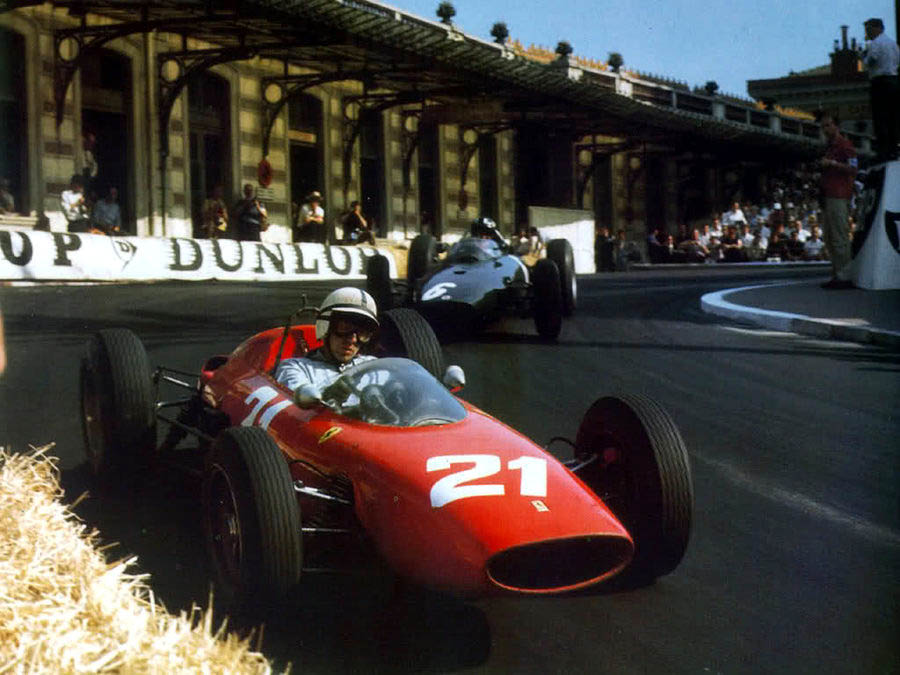
Graham Hill, BRM, chasing John Surtees, Ferrari, at Monaco in 1963.
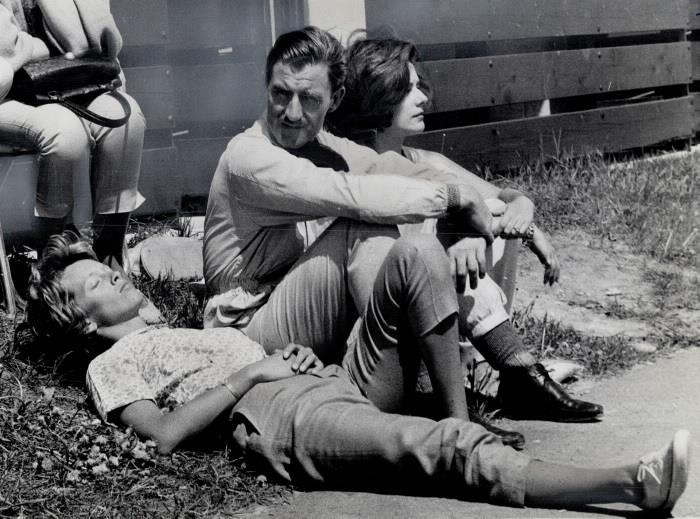
Graham Hill, Lisa Penske and Angelina Rodriguez at the 1963 British GP.
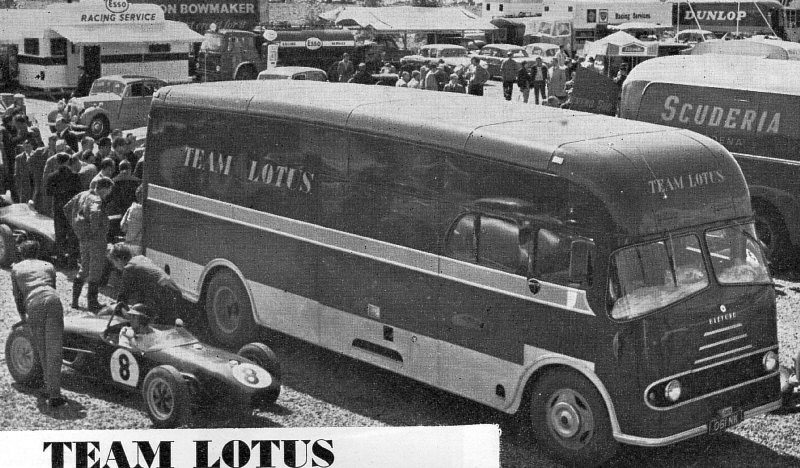
1963 Spark Bedford Lotus Team F1 car transporter.
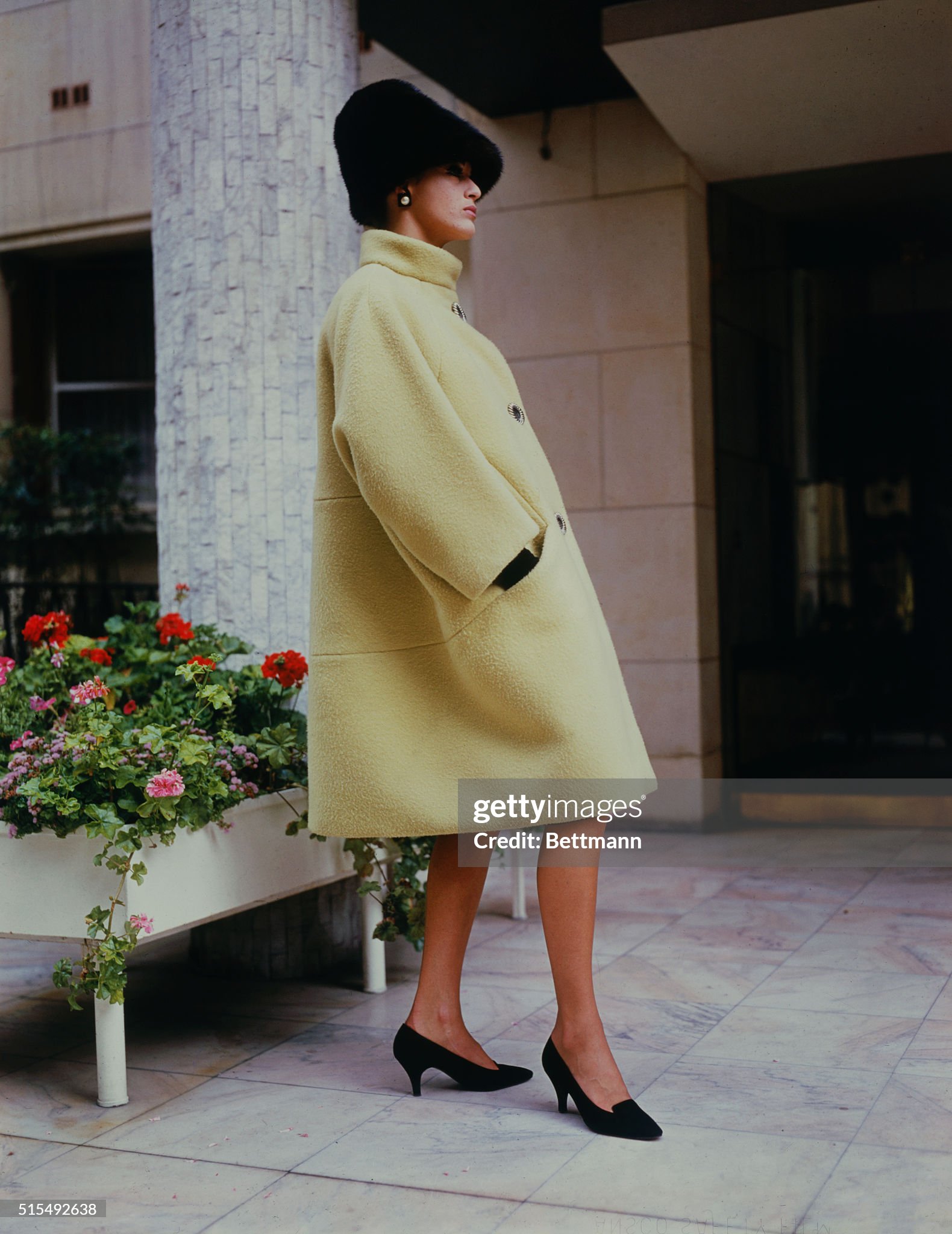
A model wears a pastel yellow coat on August 13, 1963. Photo by Getty Images.
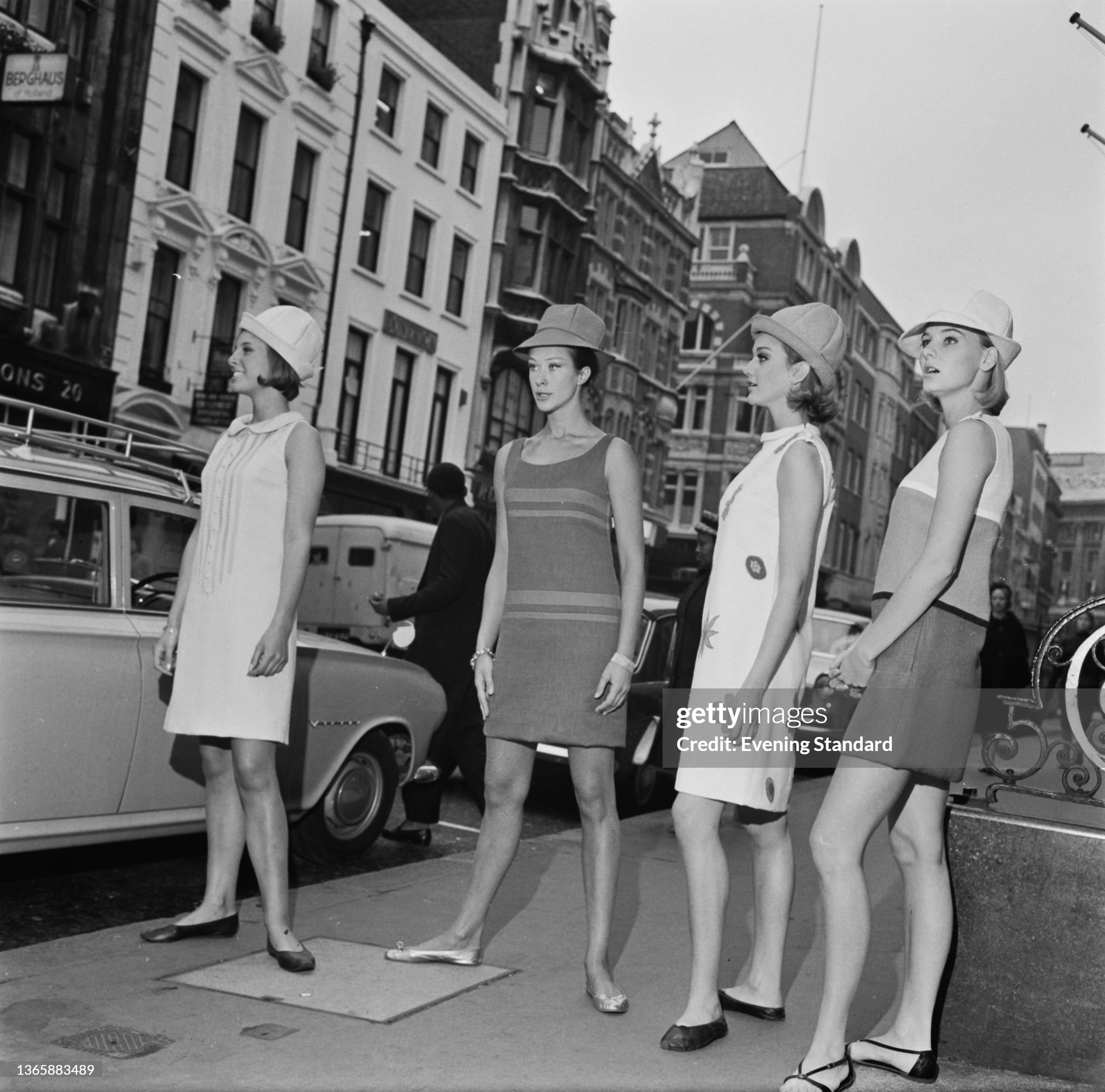
Models wearing Bermuda shift dresses, London, UK, 3rd October 1963. Photo by Evening Standard / Hulton Archive / Getty Images.
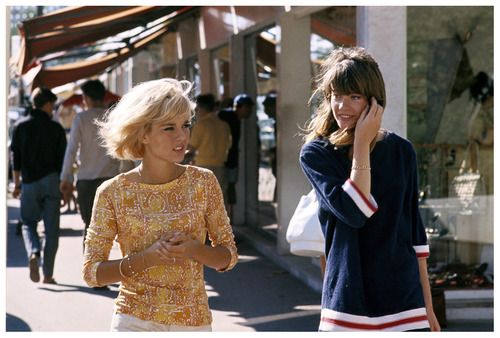
Sylvie Vartan and Françoise Hardy in 1963, another epoch. Photo by Jean Marie Perier.
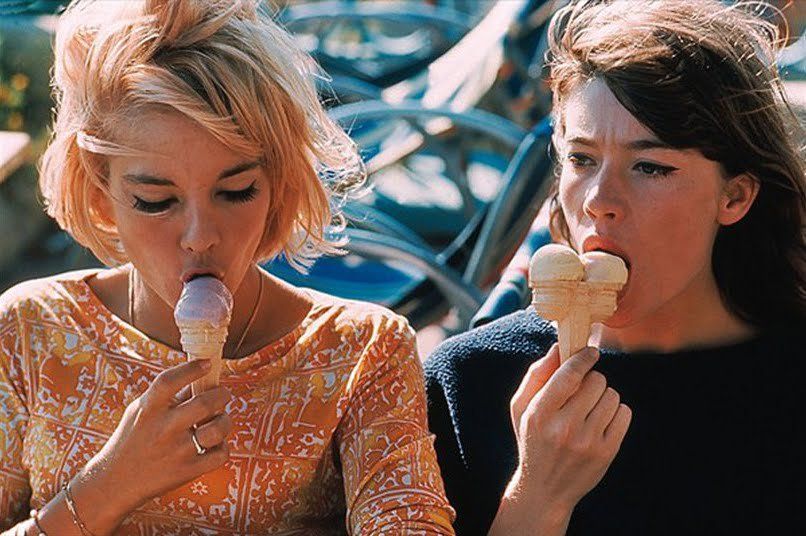
Sylvie Vartan and Françoise Hardy in 1963, another epoch. Photo by Jean Marie Perier.
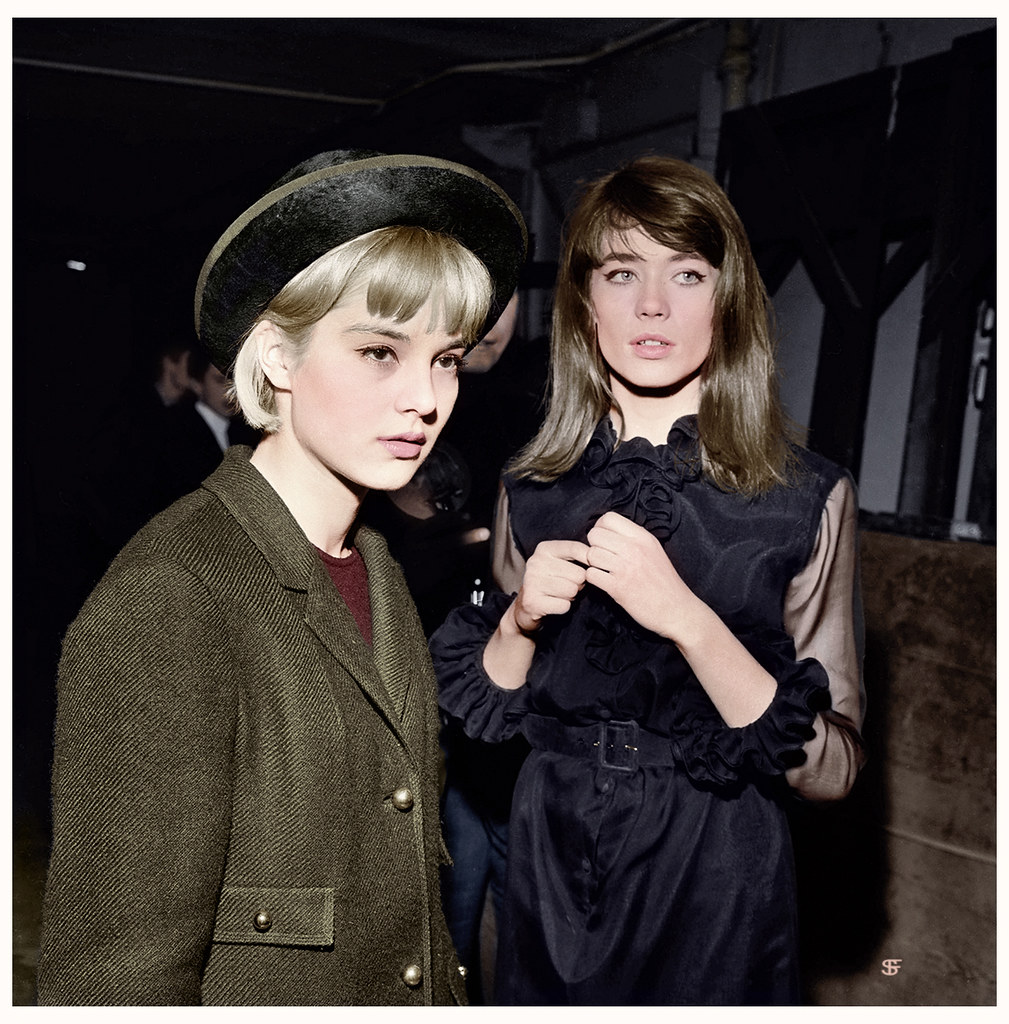
Françoise Hardy with Sylvie Vartan, backstage at The Olympia, Paris, November 1963.
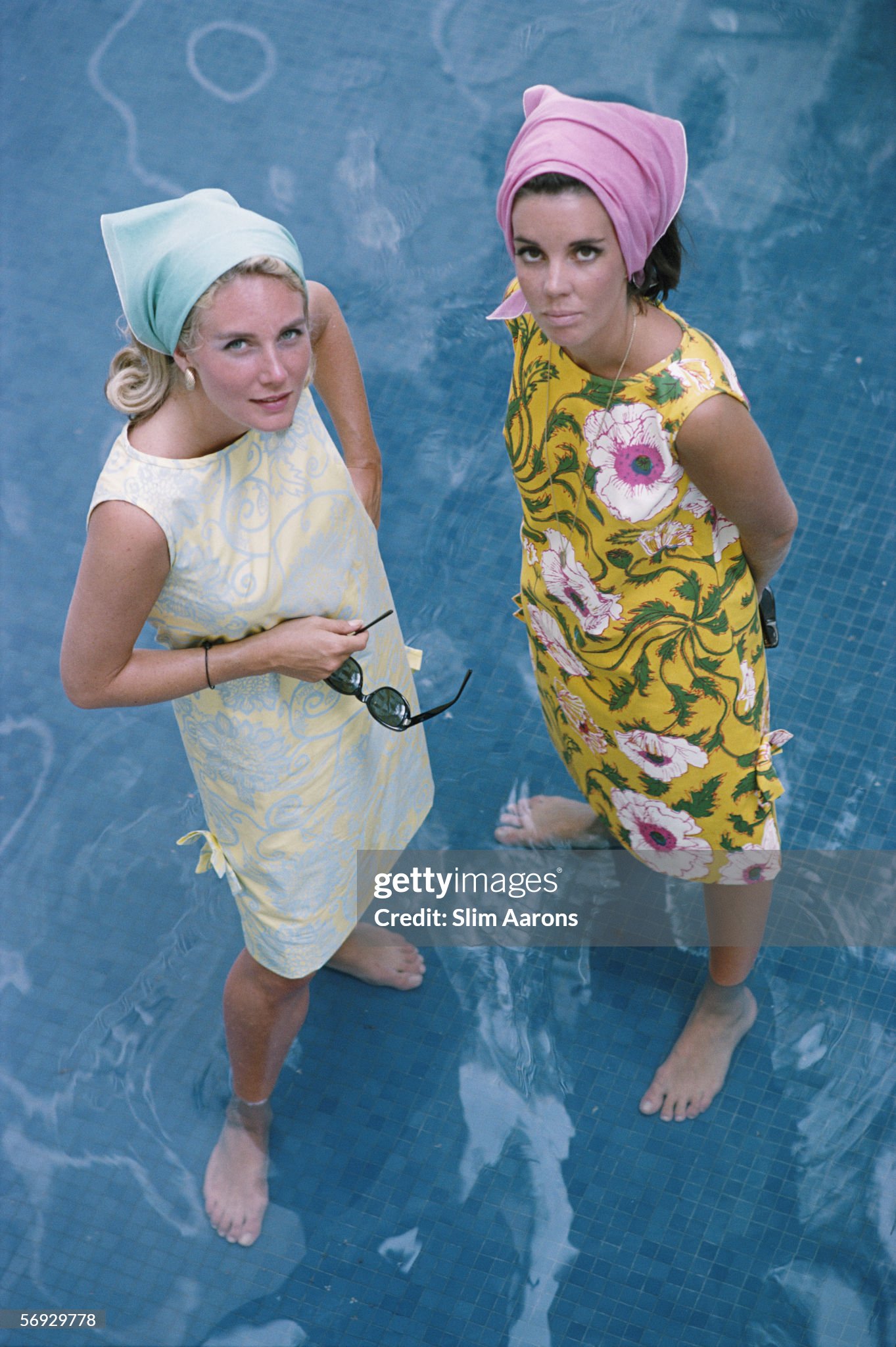
American socialite Wendy Vanderbilt (right) and another woman wearing Lilly Pulitzer sun dresses in Palm Beach, Florida, 1964. Photo by Slim Aarons / Hulton Archive / Getty Images.
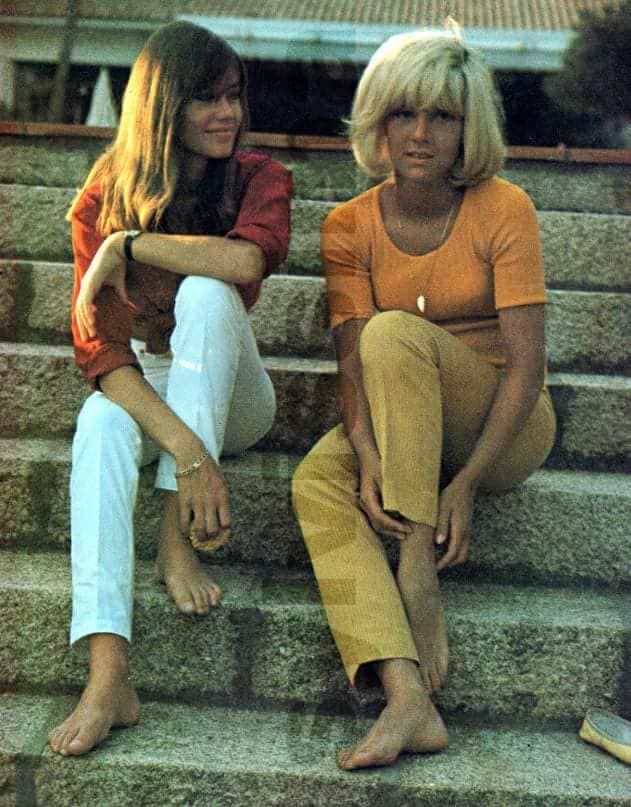
Sylvie Vartan and Françoise Hardy in Corsica in 1964. Swinging sixties.
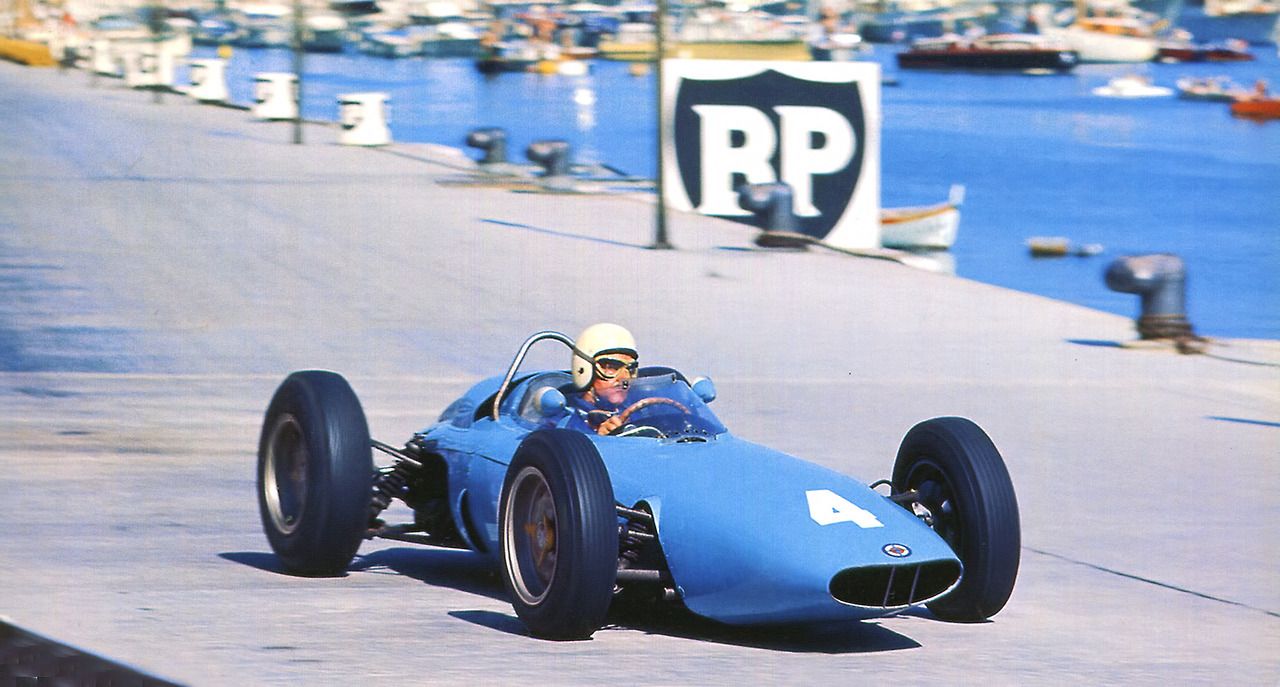
Maurice Trintignant at the 1964 Monaco GP.
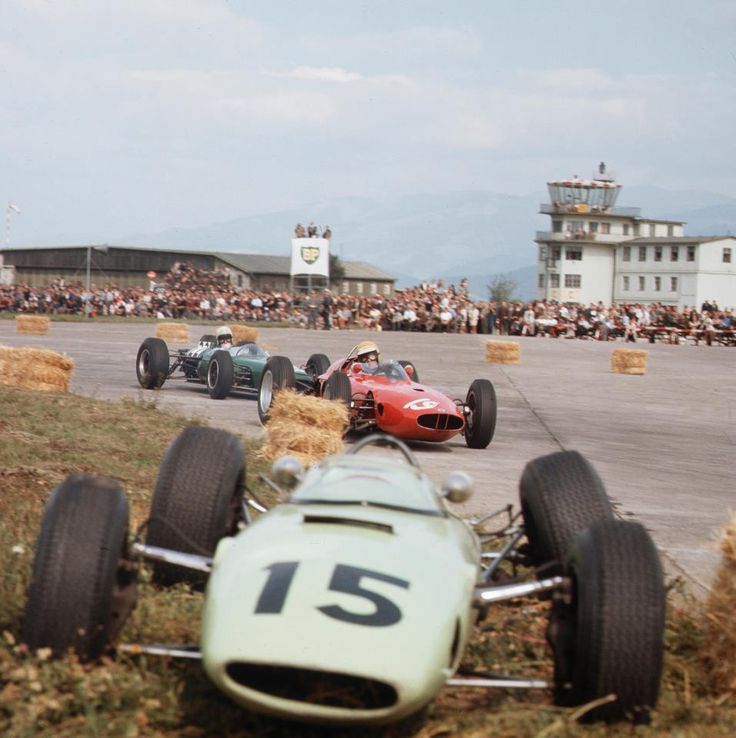
Bandini on the way to victory on the Zeltweg Airfield circuit, Austrian GP, Ferrari 156 Aero in August 1964. He is passing Trevor Taylor’s abandoned BRP Mk1 BRM, broken suspension.
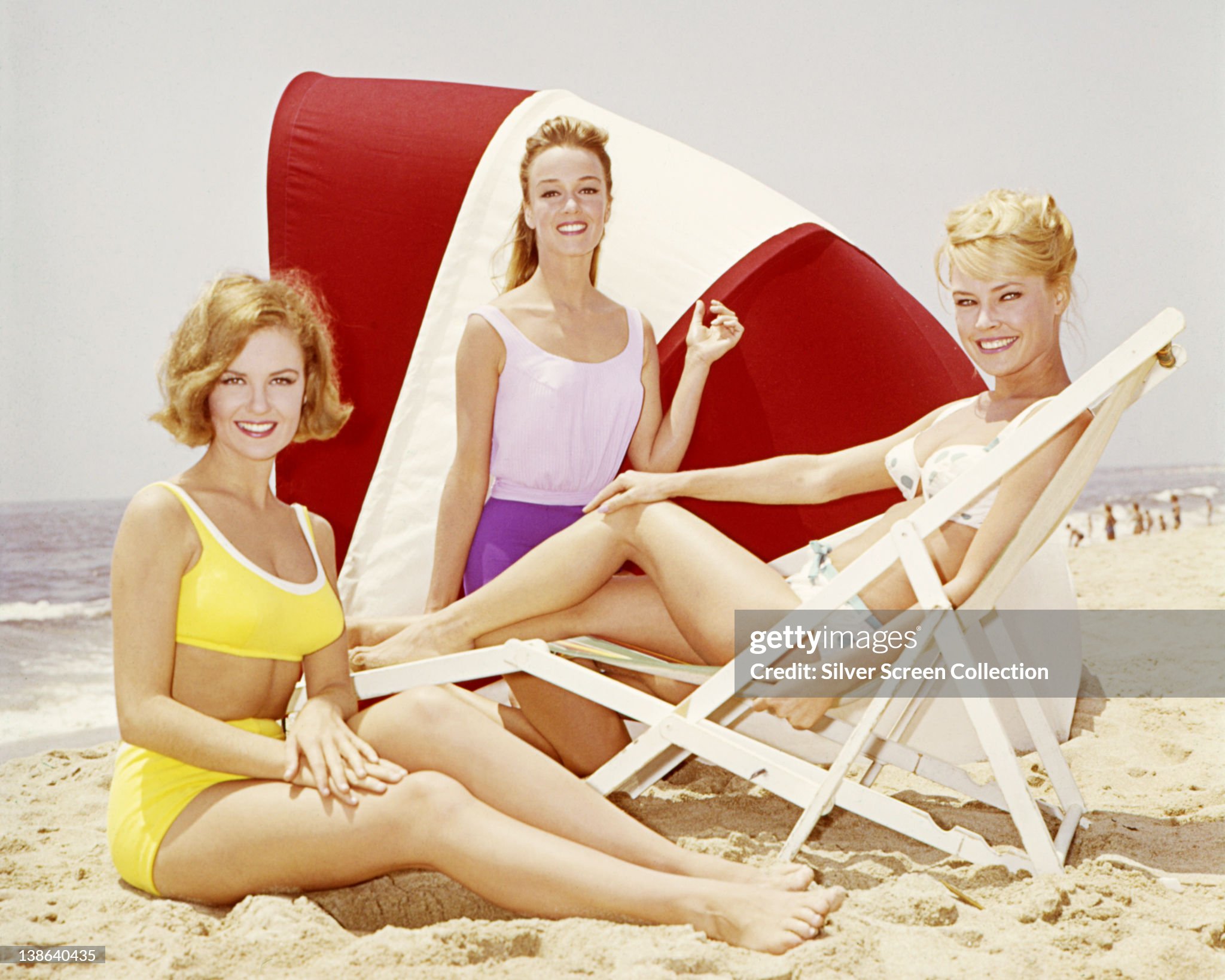
Shelley Fabares, US actress and singer, wearing a yellow bikini alongside two women in beachwear, posing on a beach, circa 1965. Photo by Silver Screen Collection / Getty Images.
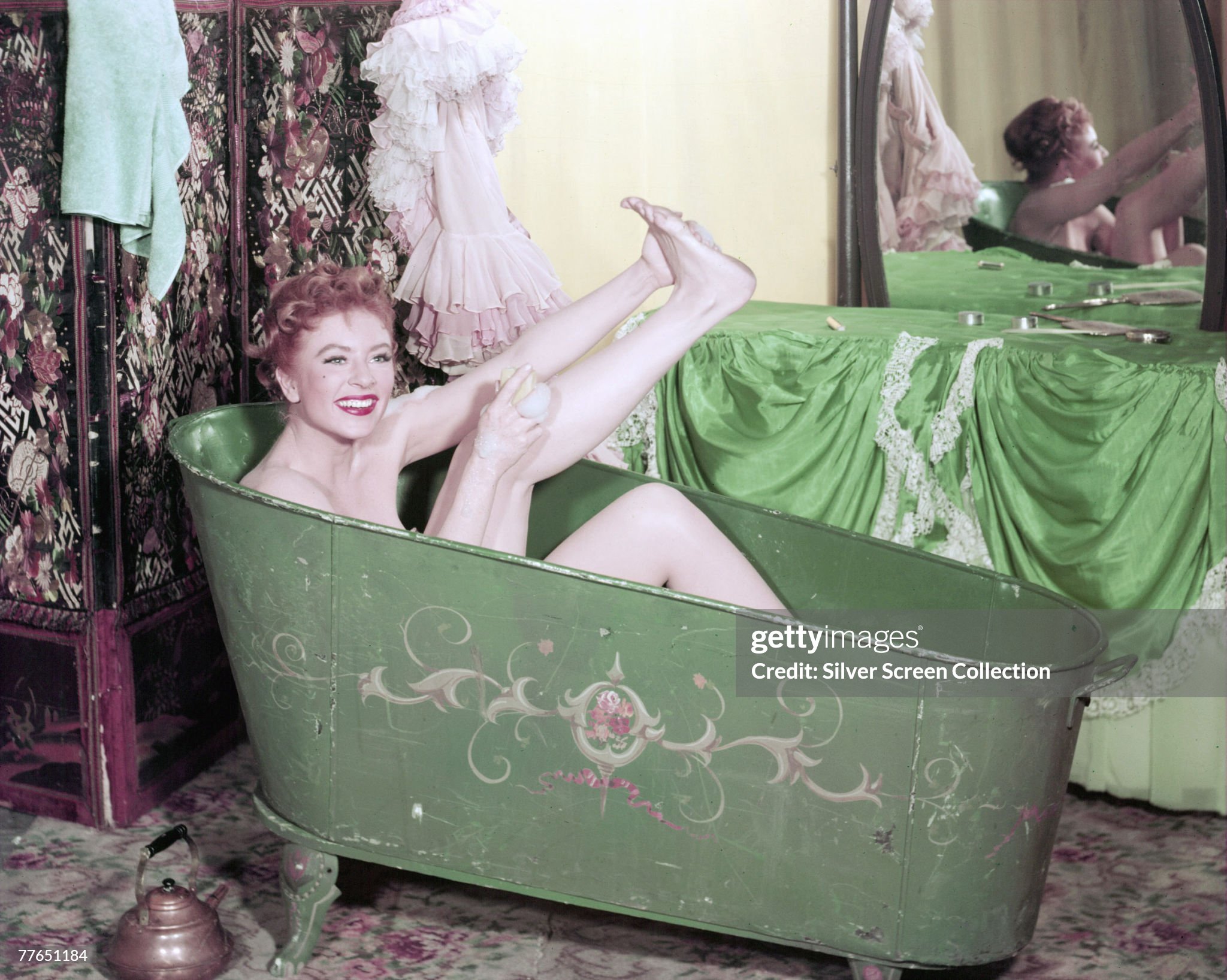
American actress Amanda Blake (1929 - 1989) stars as Kitty Russell in the television series 'Gunsmoke', circa 1965. Photo by Silver Screen Collection / Hulton Archive / Getty Images.
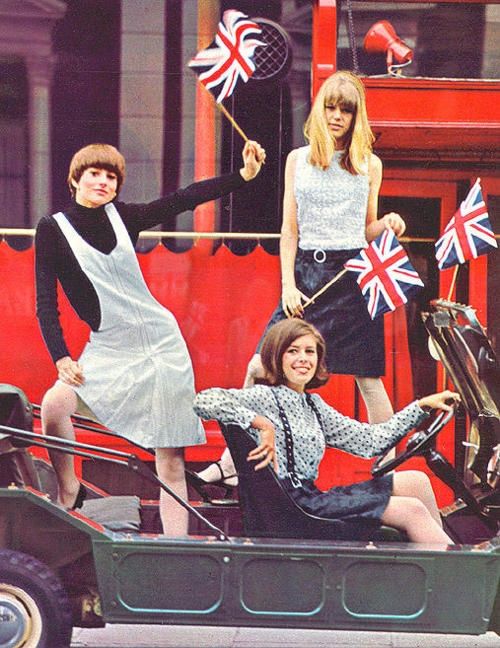
Jenny Boyd modeling Mary Quant designs in 1965.
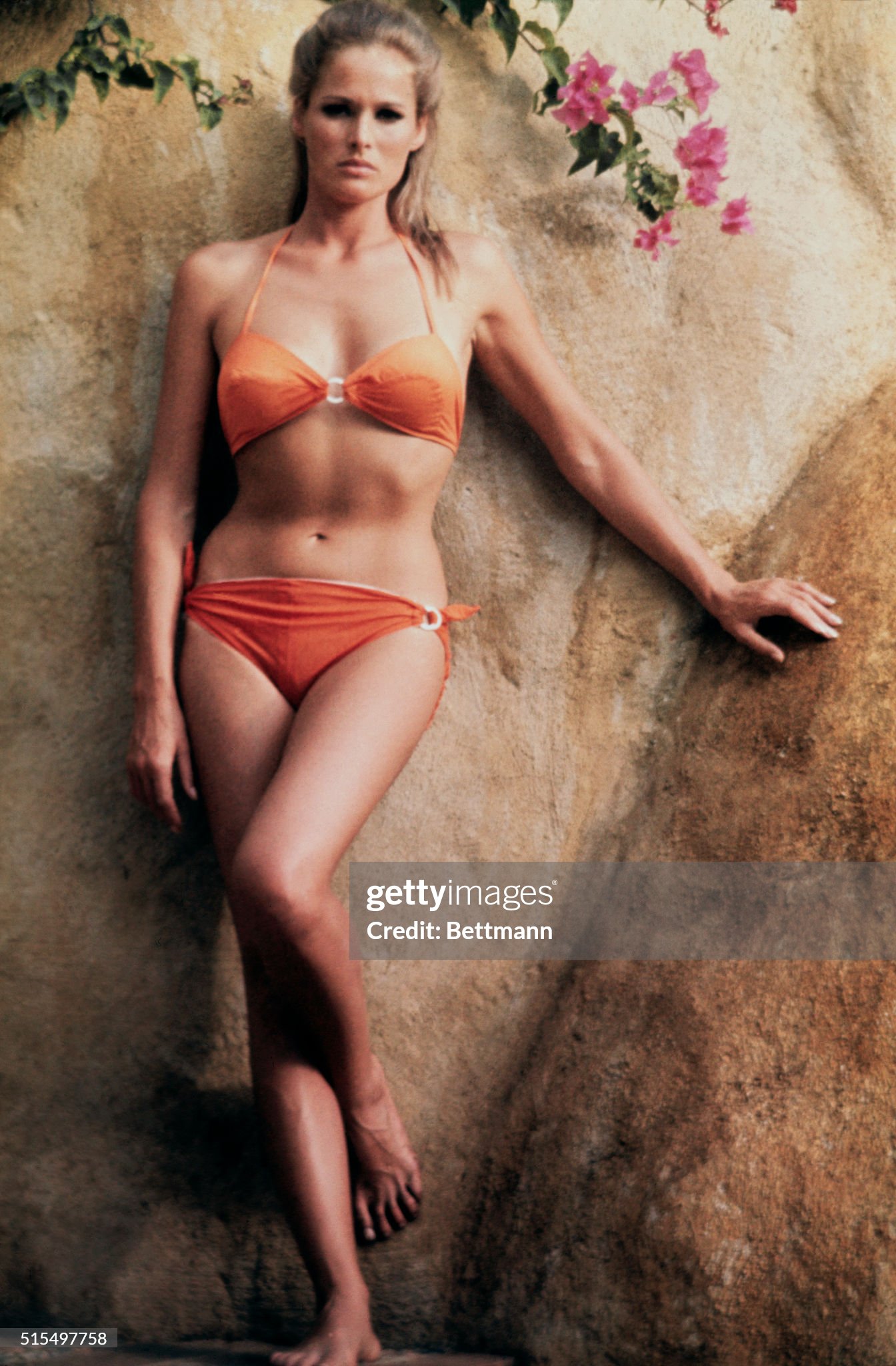
Screen star Ursula Andress in two-piece bathing suit in 1965.
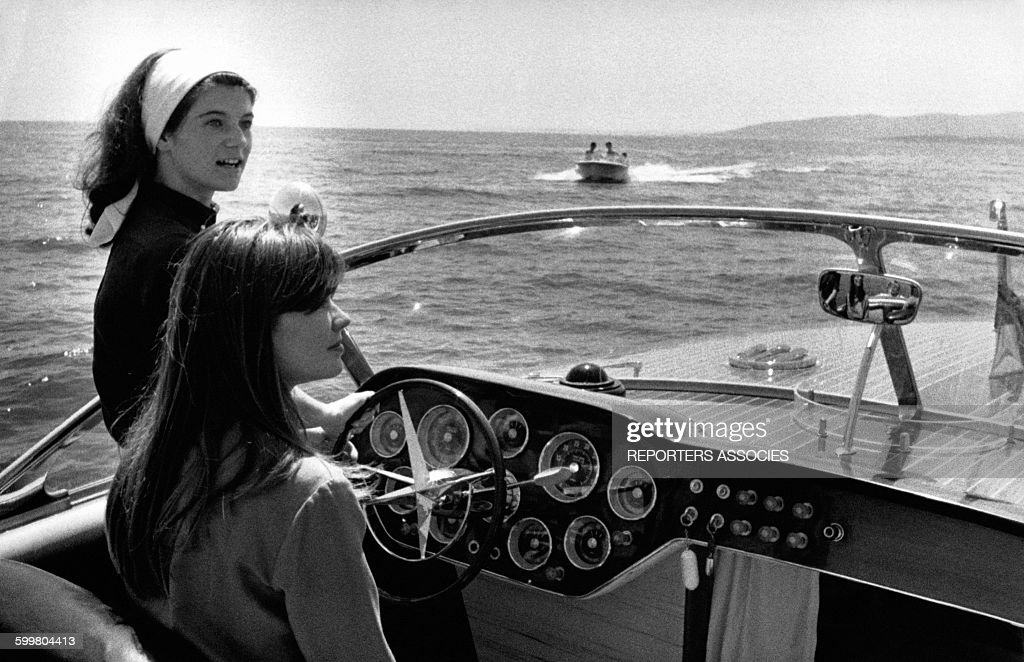
Singers Sheila and Françoise Hardy aboard a speedboat on the Côte d'Azur, France, on July 24, 1965. Photo by Reporters Associates / Gamma-Rapho via Getty Images.
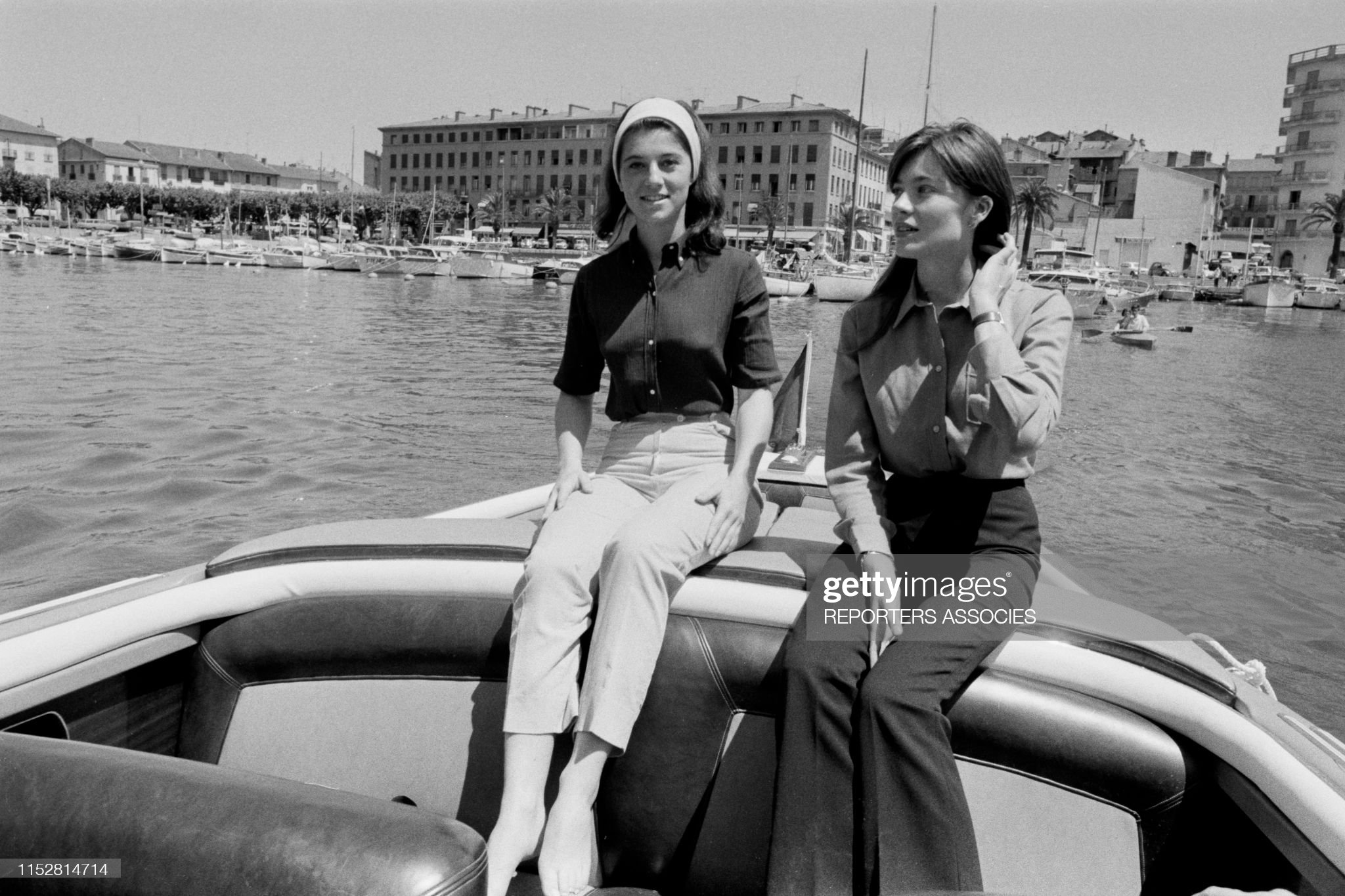
Sheila and Françoise Hardy on a boat in Saint-Tropez, France, on July 24, 1965. Photo by Reporters Associates / Gamma-Rapho via Getty Images.
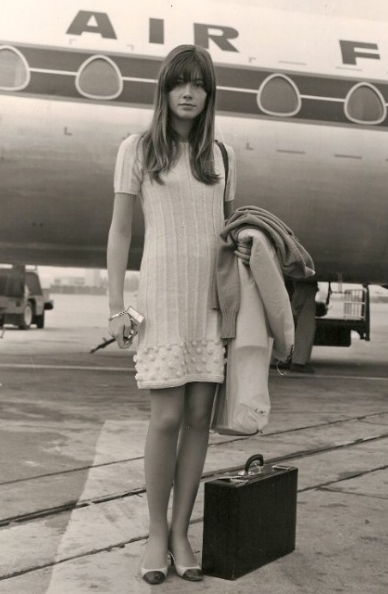
Françoise Hardy leaving for Venice in August 1965.
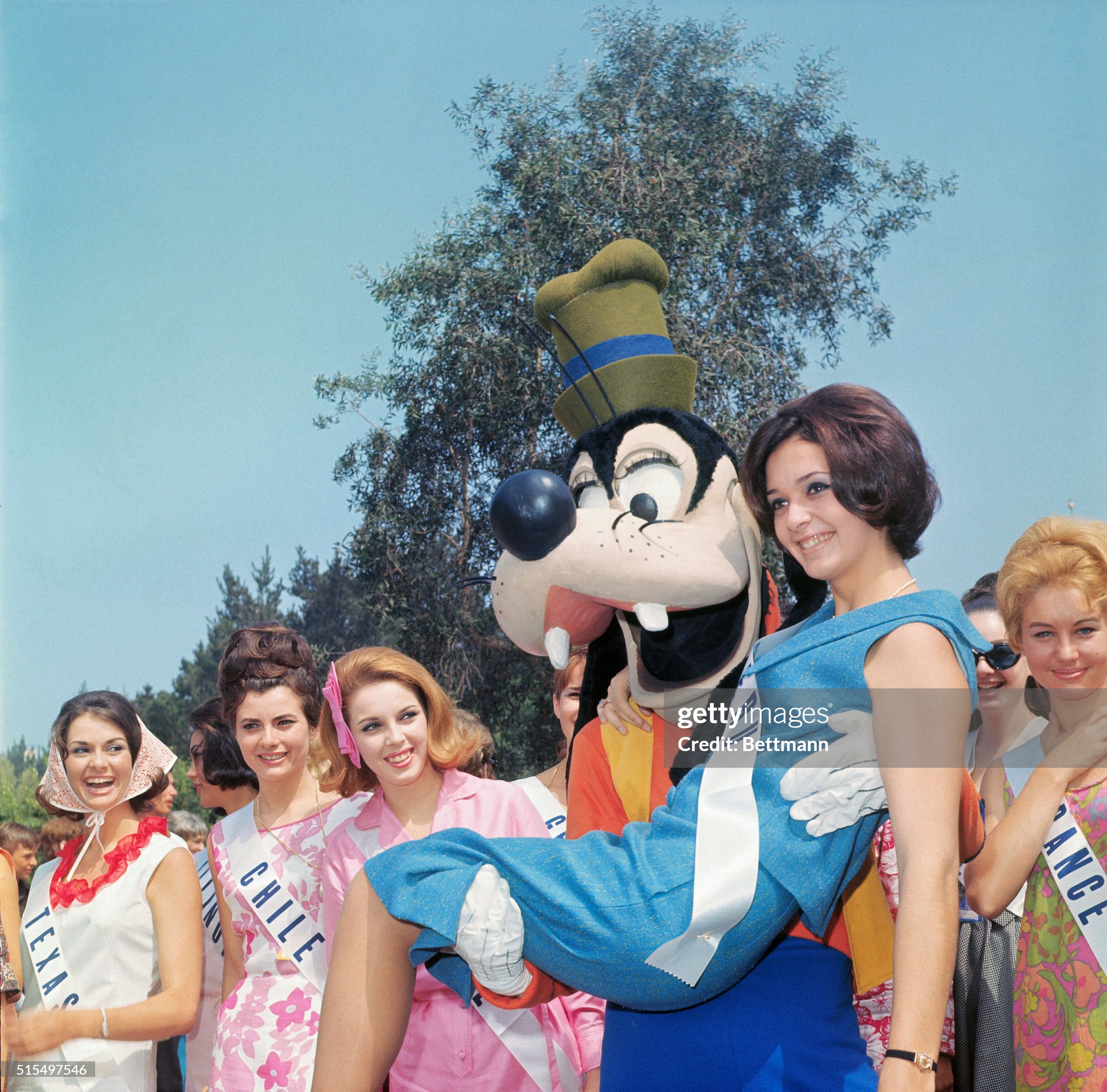
Disneyland's Goofy character with girls to compete for the International beauty queen title in Long Beach on August 06, 1965.
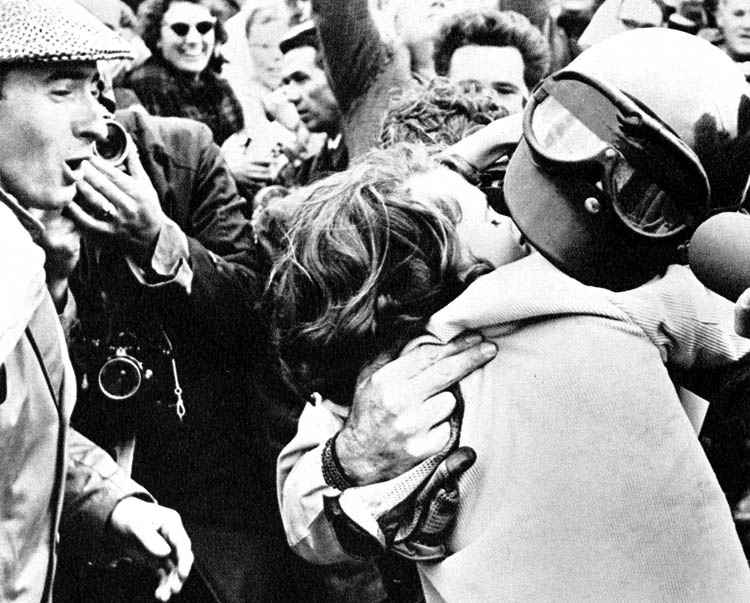
Graham Hill, race victor at Watkins Glen on 03 October 1965, savaging a local maiden to Stewart's shock.
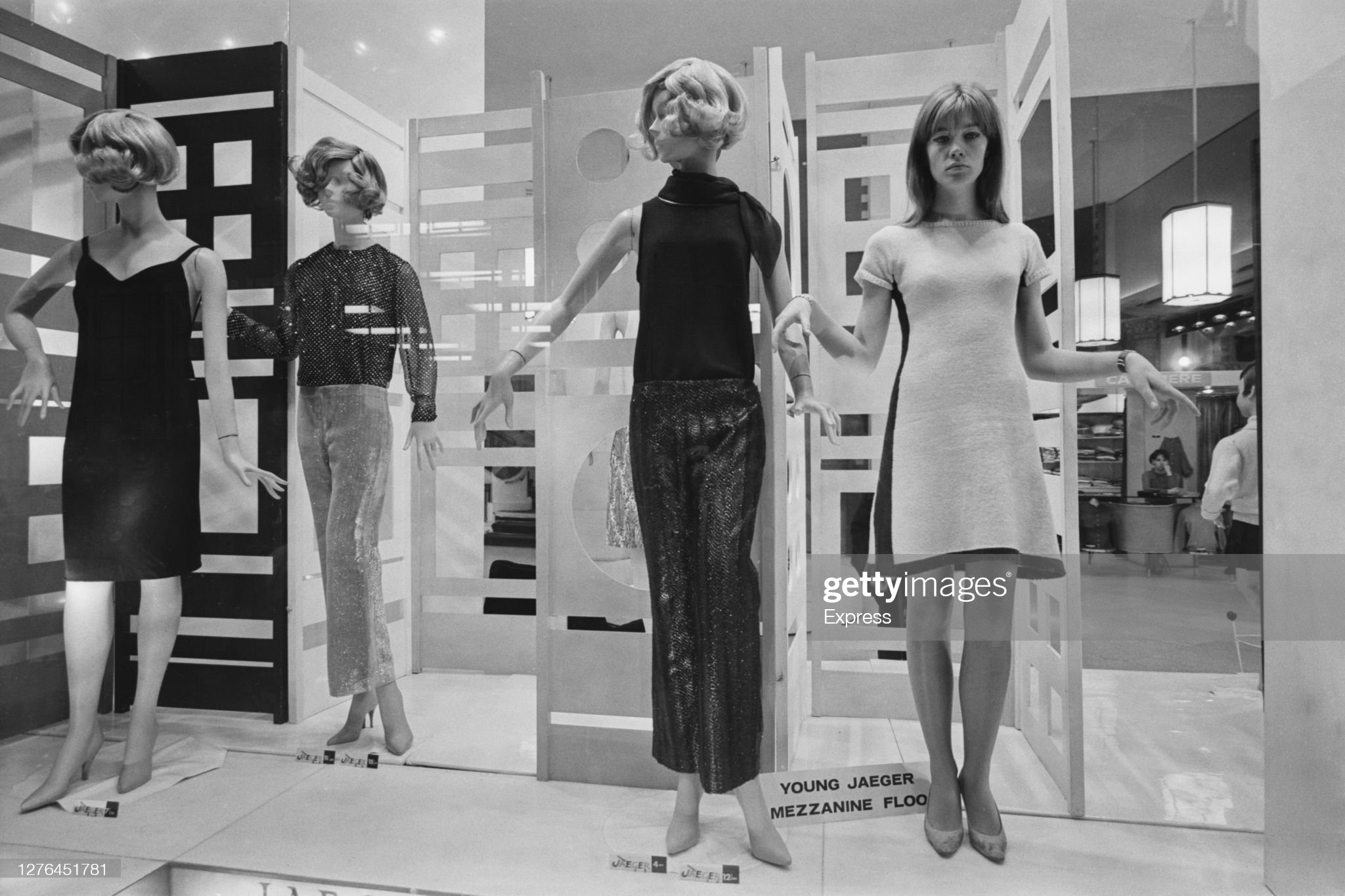
French singer and songwriter Françoise Hardy poses with the mannequins in a store on Regent Street, London, in October 1965. Photo by Express / Hulton Archive / Getty Images.
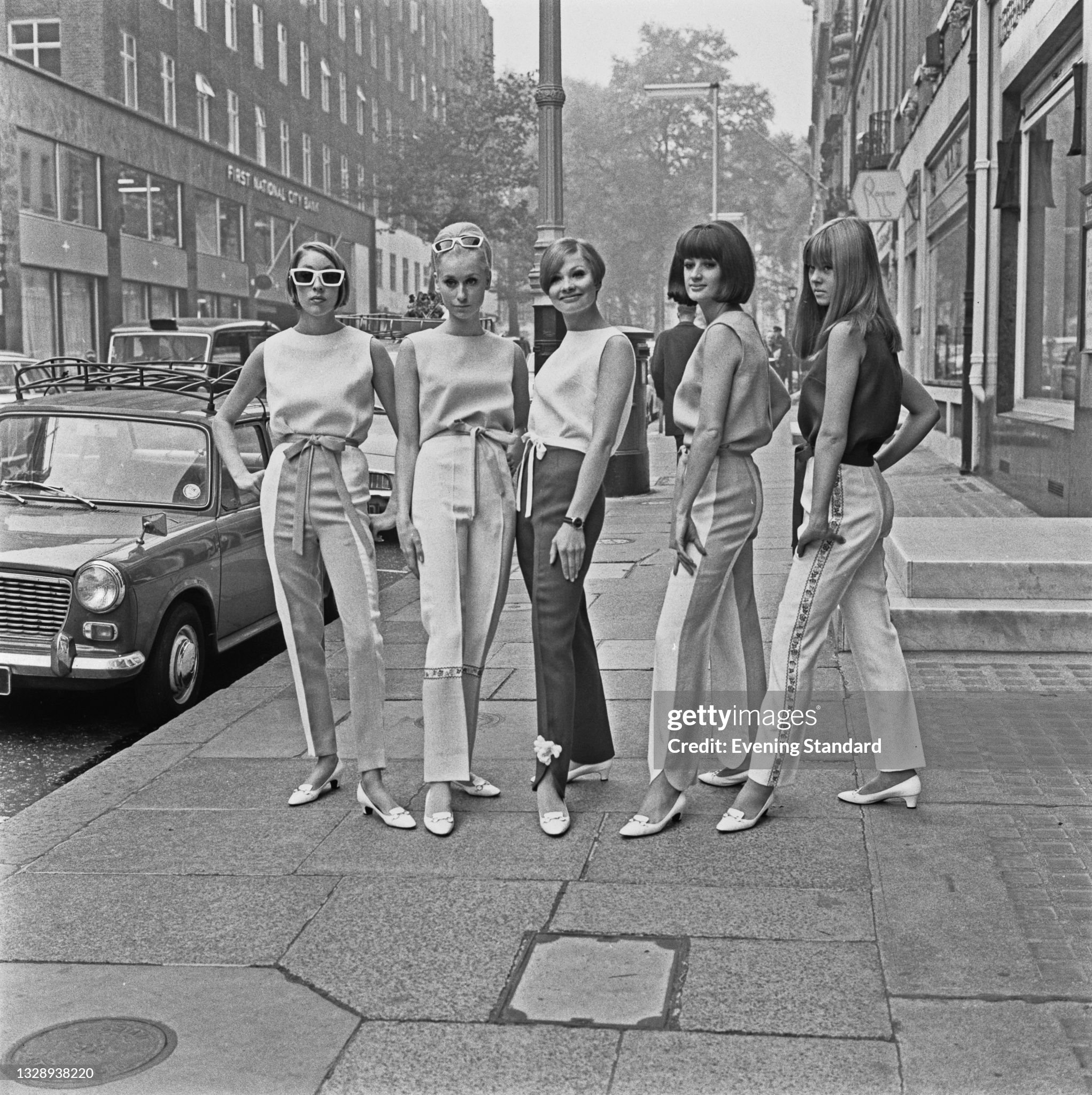
Models Judi Gomme, Joy Booth, Zoe Walker, Rocky Sandys and Jeannie Denyer in fashionable trousers, UK, 27th October 1965. Photo by Evening Standard / Hulton Archive / Getty Images.
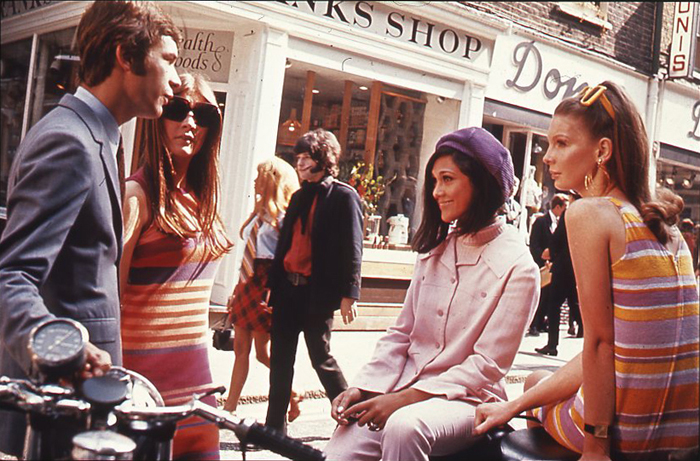
London, Carnaby Street, circa 1966.
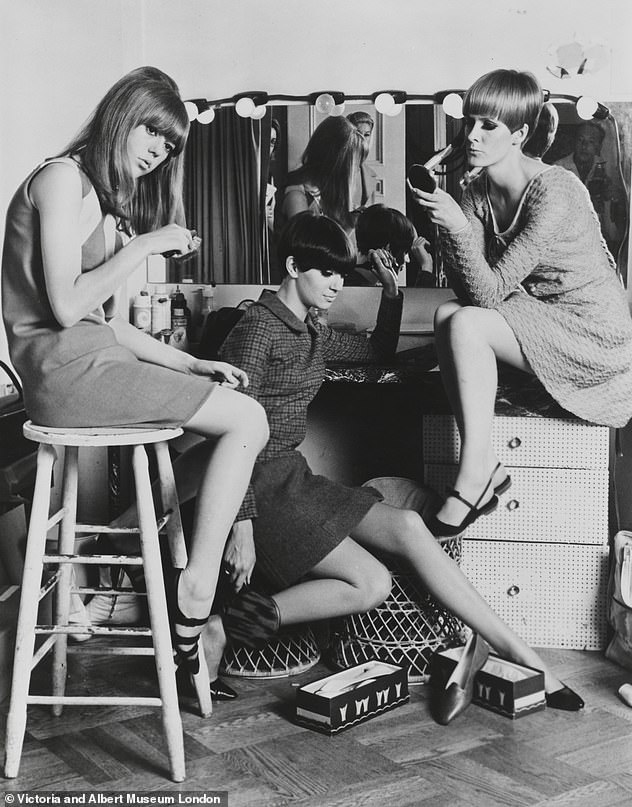
Models Jenny Boyd, Sandy Moss and Sarah Dawson in the backstage before a show in 1966.
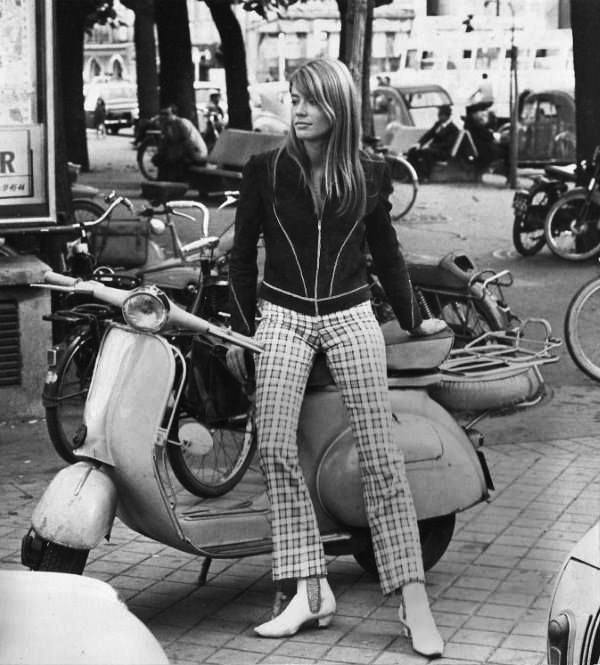
Françoise Hardy in front of a Vespa in 1966.
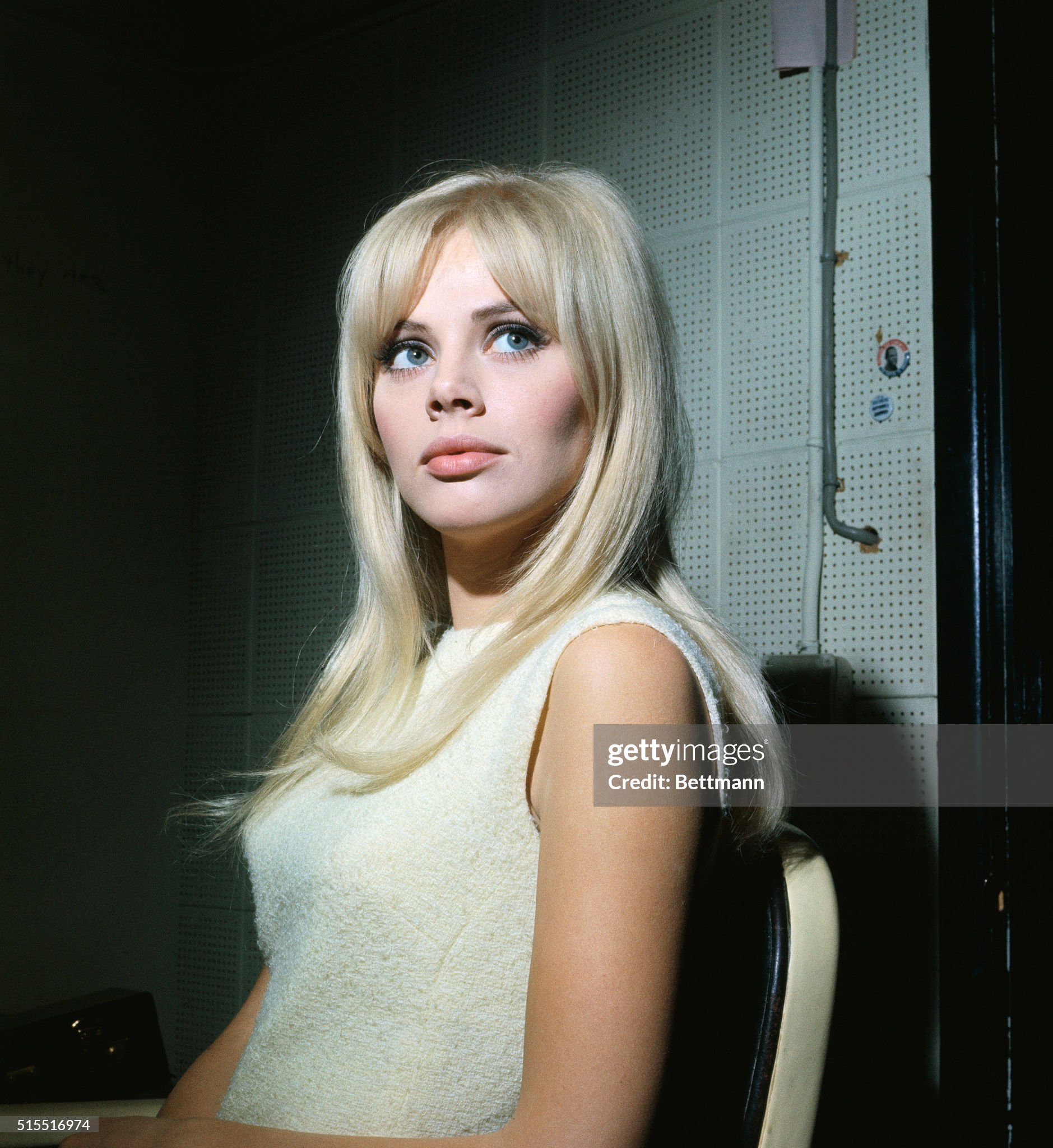
January 06, 1966. Actress Britt Ekland on the set of the television show ‘The trials of O'Brien’, where she will be making an appearance. Photo by Getty Images.
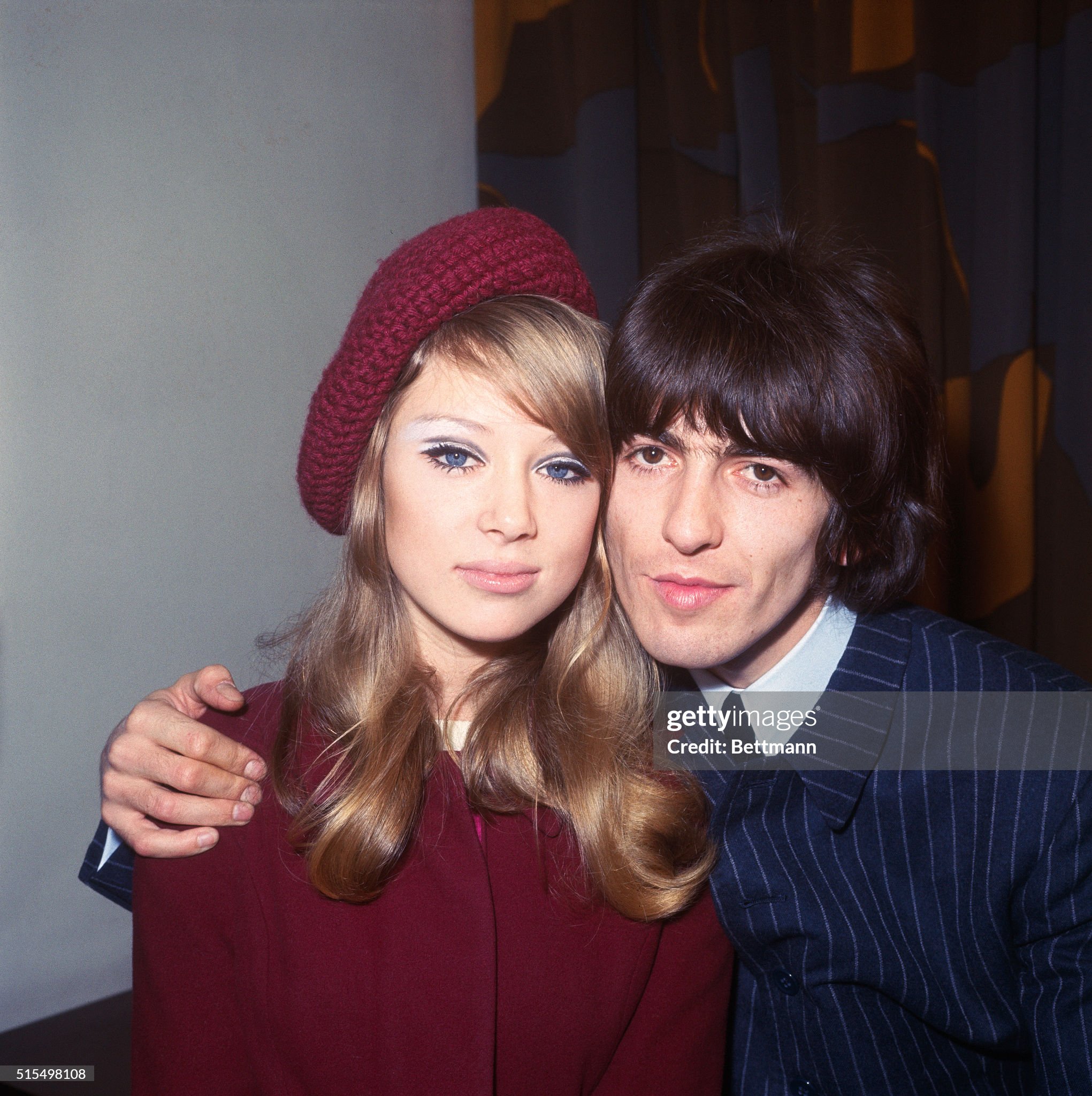
January 21, 1966. George Harrison, 22, hugs his bride, model Patti Boyd, 21, after they were married at the register office in Epsom. Photo by Getty Images.
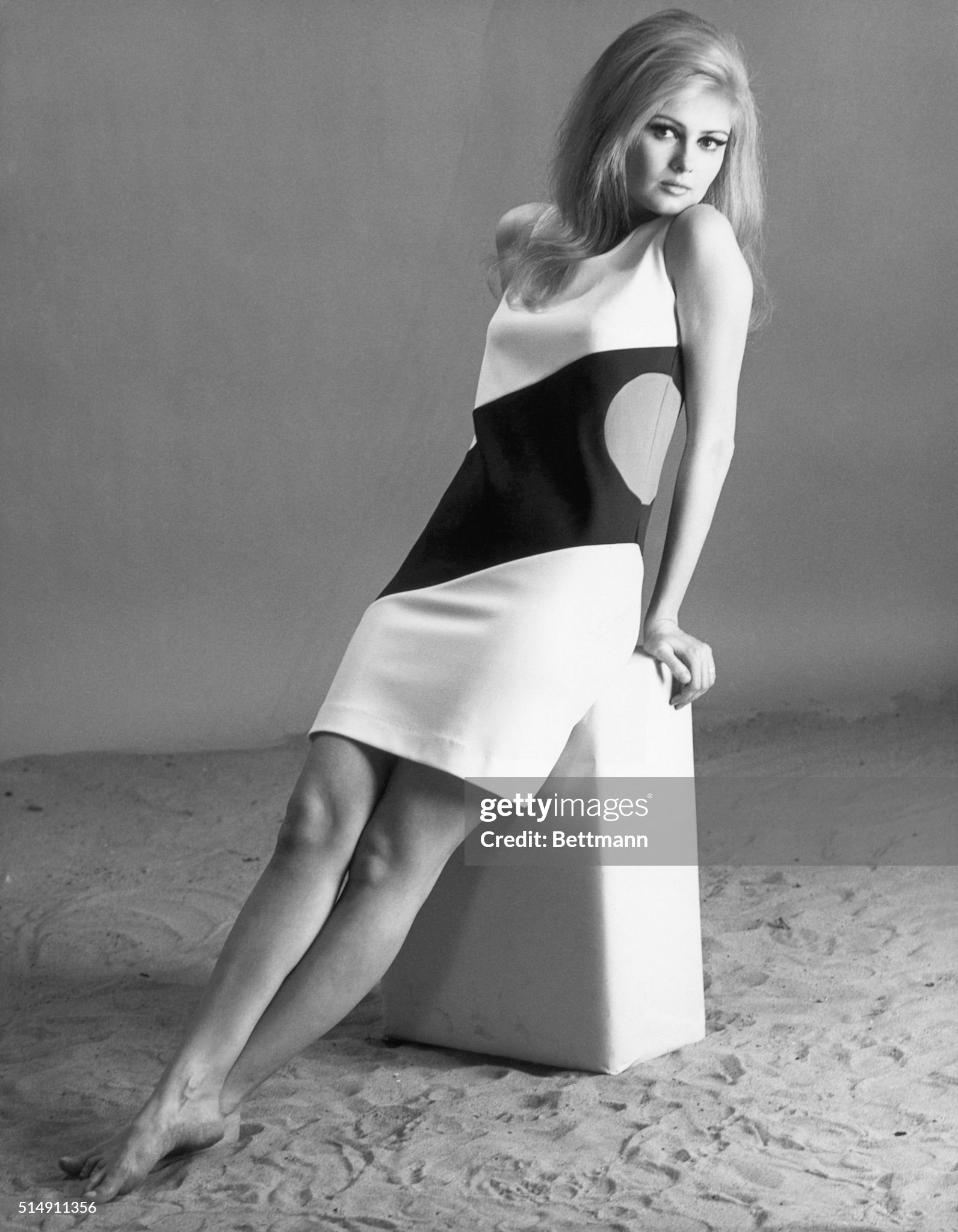
05.02.1966, New York. Actress Pamela Tiffin wears one of Gayle Kirkpatrick's cut-ups that is made of a specially constructed stretch nylon. Photo by Getty Images.
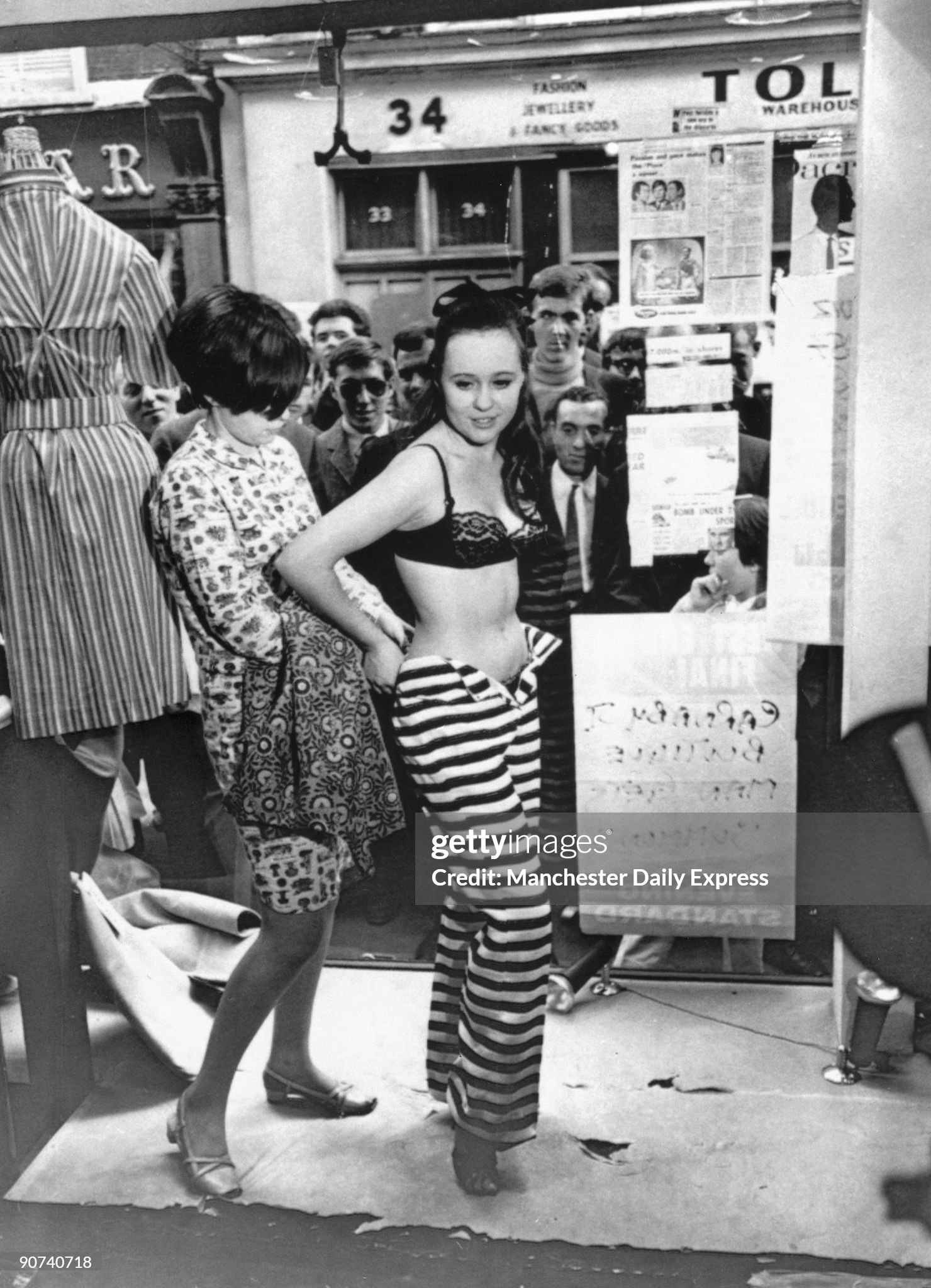
13 May 1966. Crowds of men look through the window of the ‘Lady Jane’ clothes boutique on Carnaby Street, London, whilst a model is dressed in the latest fashions. Photo by SSPL / Getty Images.
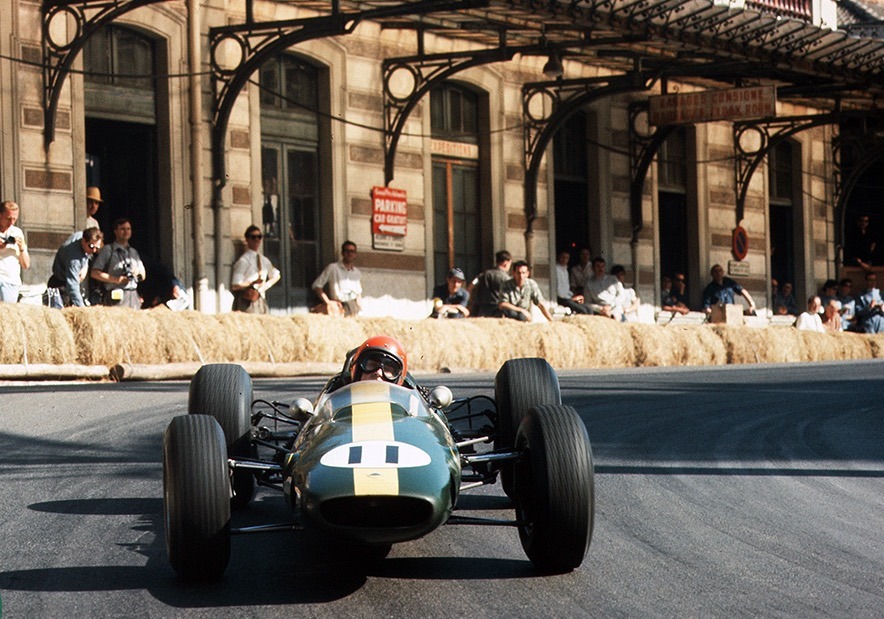
The 1966 Monaco Grand Prix.
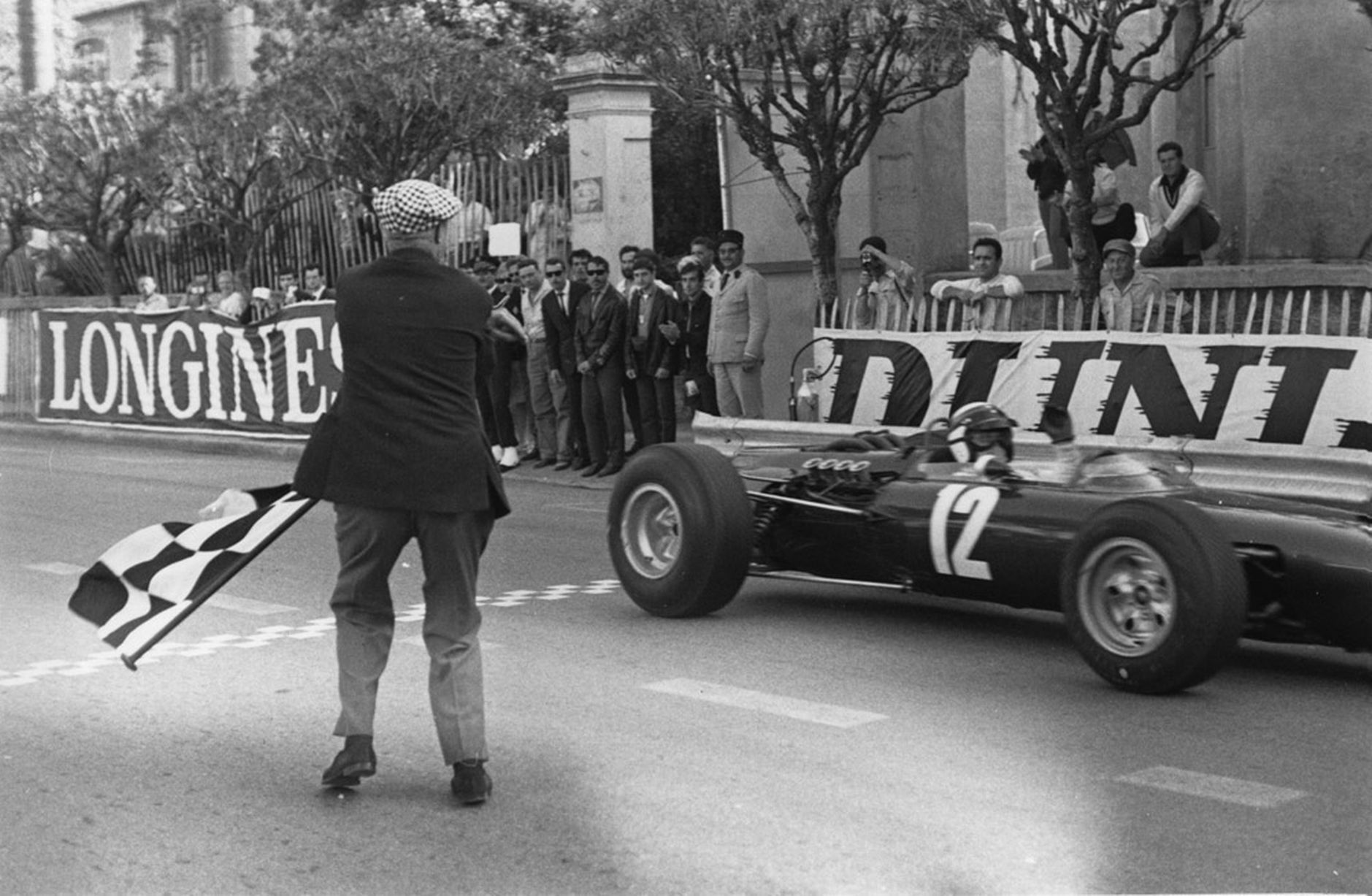
Jackie Stewart taking the checkered flag to win the Monaco GP on 22 May 1966. Photo by Getty Images.
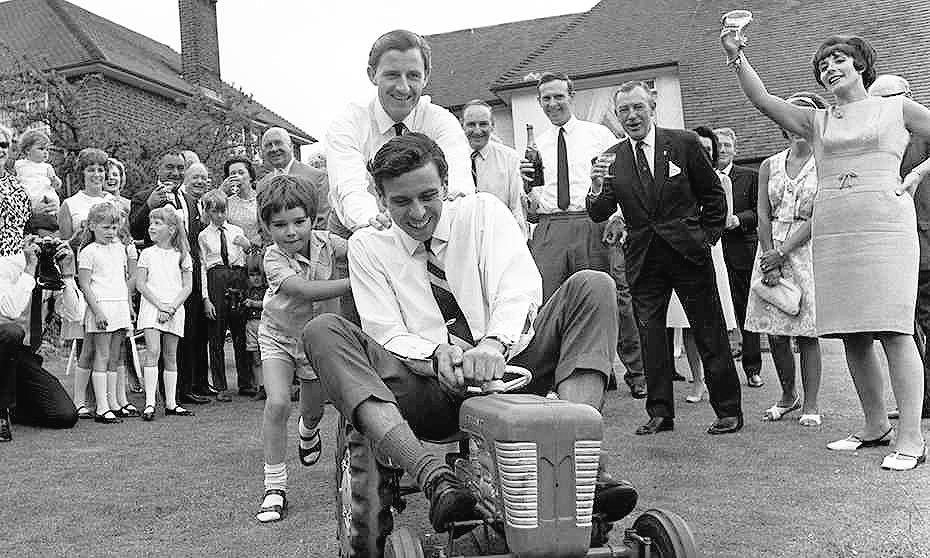
Jim Clark holding on to Damon Hill’s tractor while being pushed by Graham Hill on 02 June 1966.
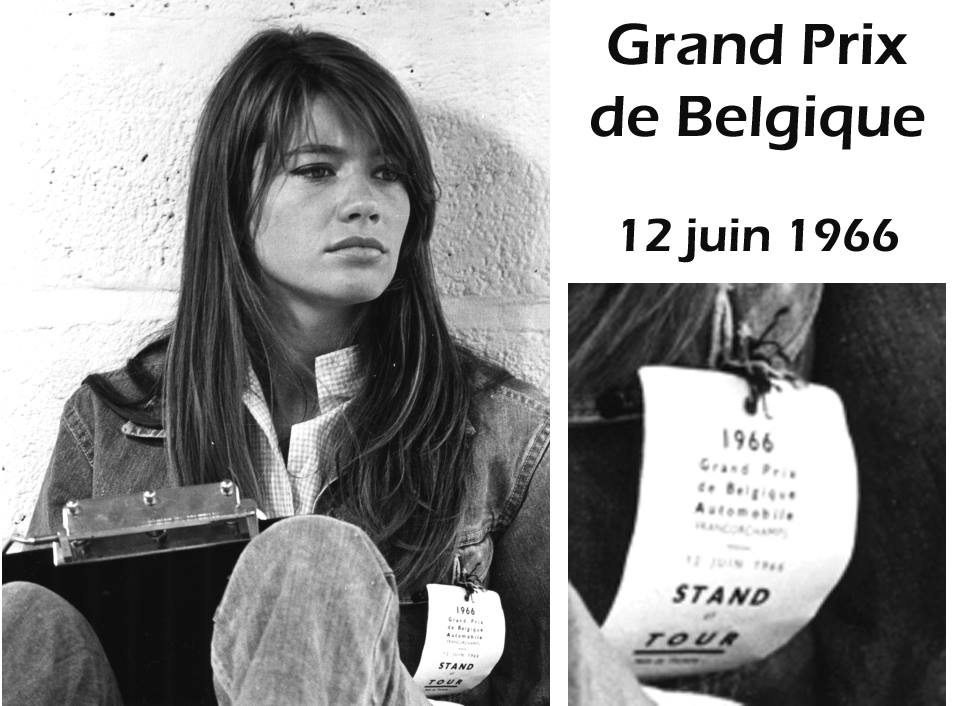
Françoise Hardy at the Belgian GP on June 12, 1966.
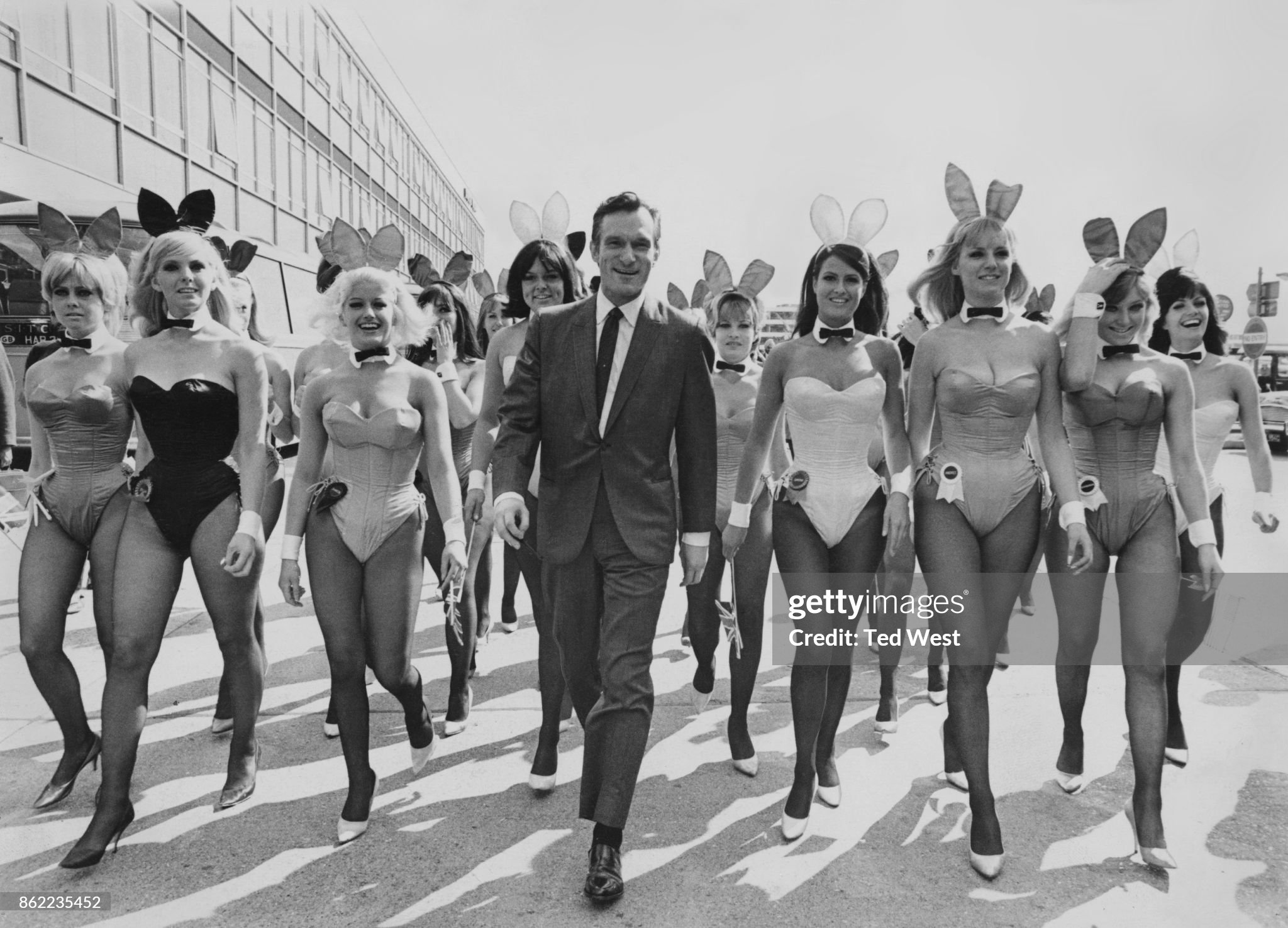
American publisher Hugh Hefner arrives at London Airport from Chicago with an entourage of Playboy Bunnies, 26th June 1966. He is in the capital for the opening of the ‘London Playboy Club’ on Park Lane. Photo by Getty Images.
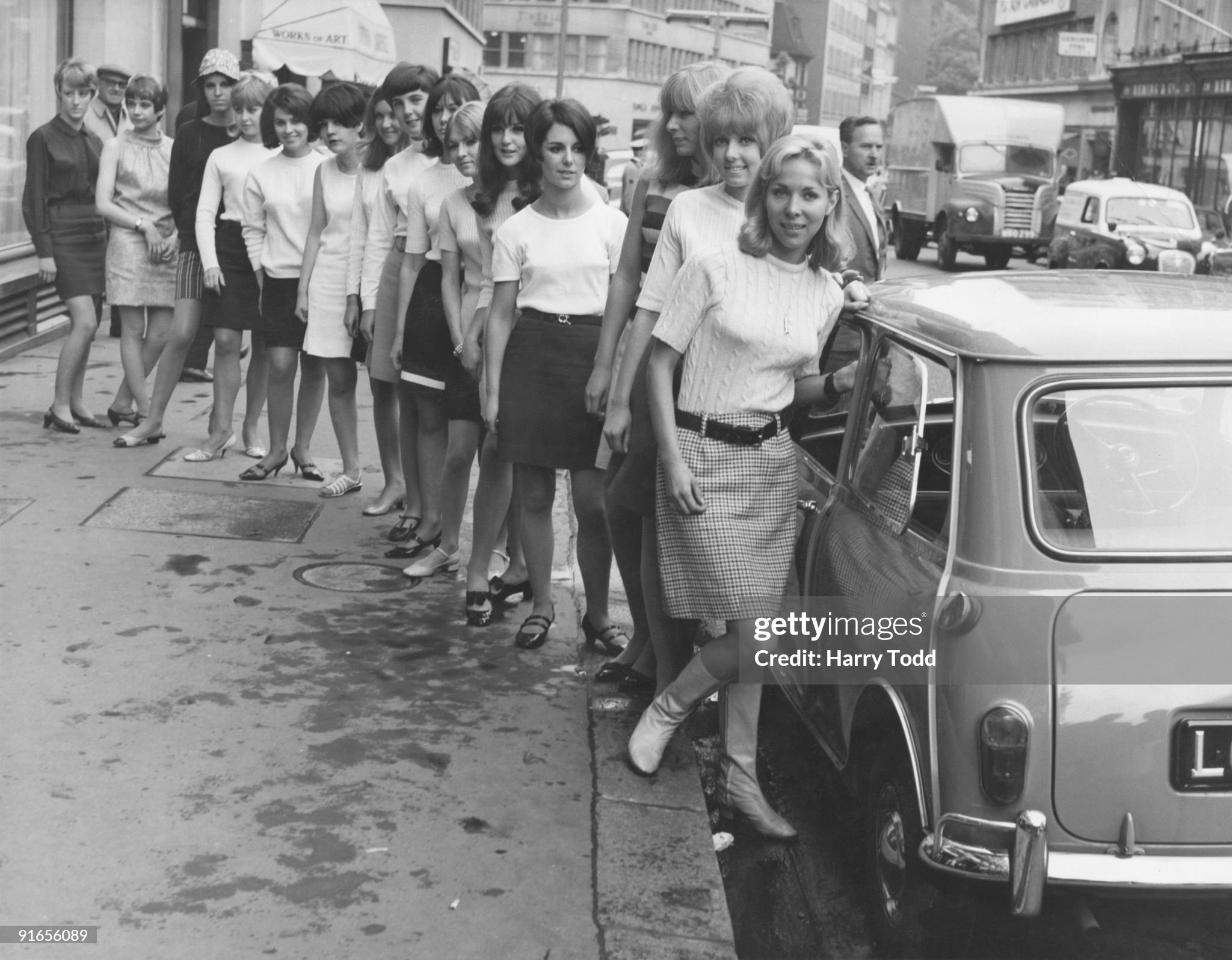
Fifteen young women in mini skirts wait to board a BMC Mini outside University Motors in Conduit street, London, 21st July 1966.
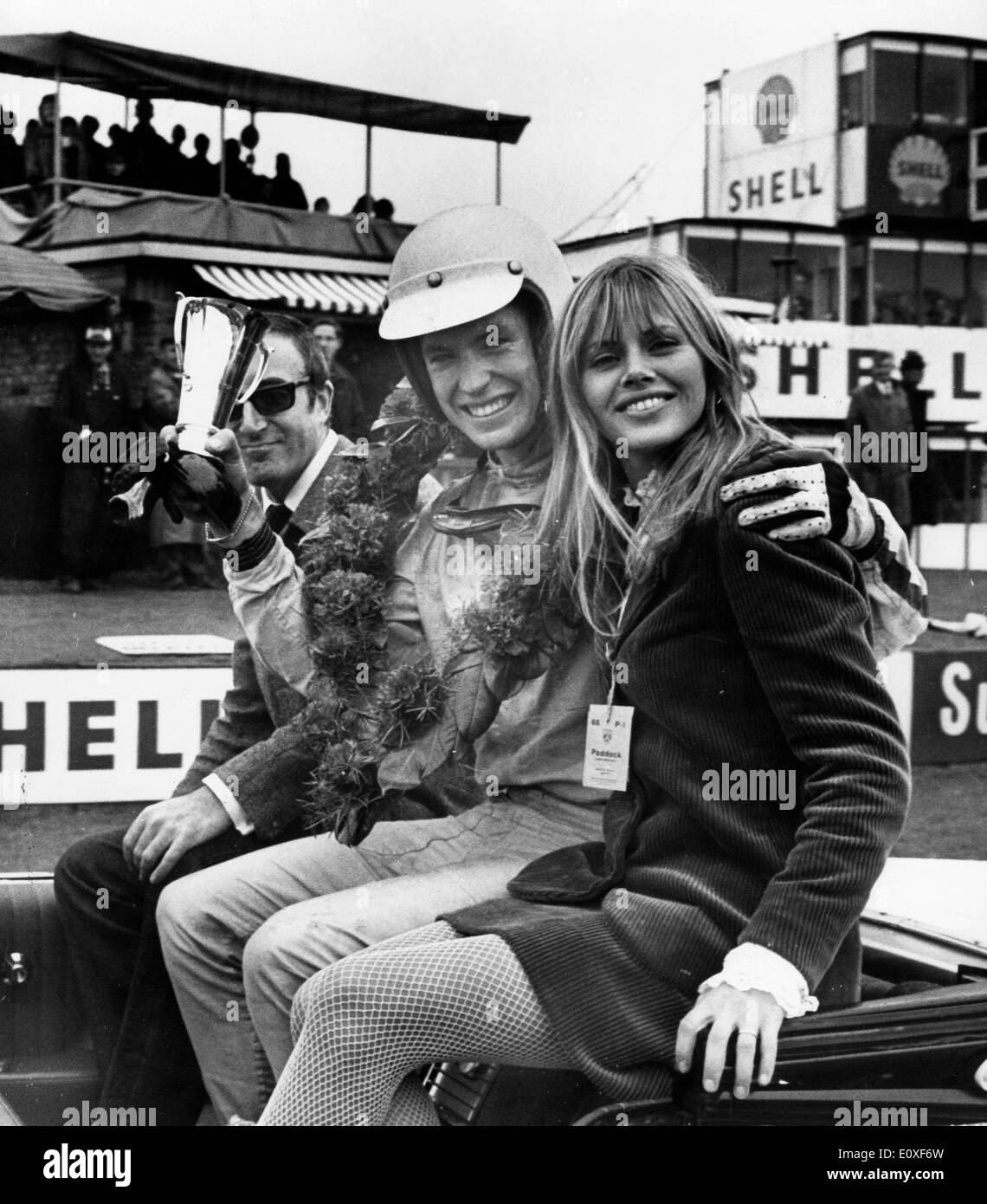
August 06, 1966, London, England. Actress Britt Ekland seated with Chris Irwin - the winner of the Formula III Trophy race - and her husband, actor Peter Sellers, after the race. Photo by Keystone Pictures USA.
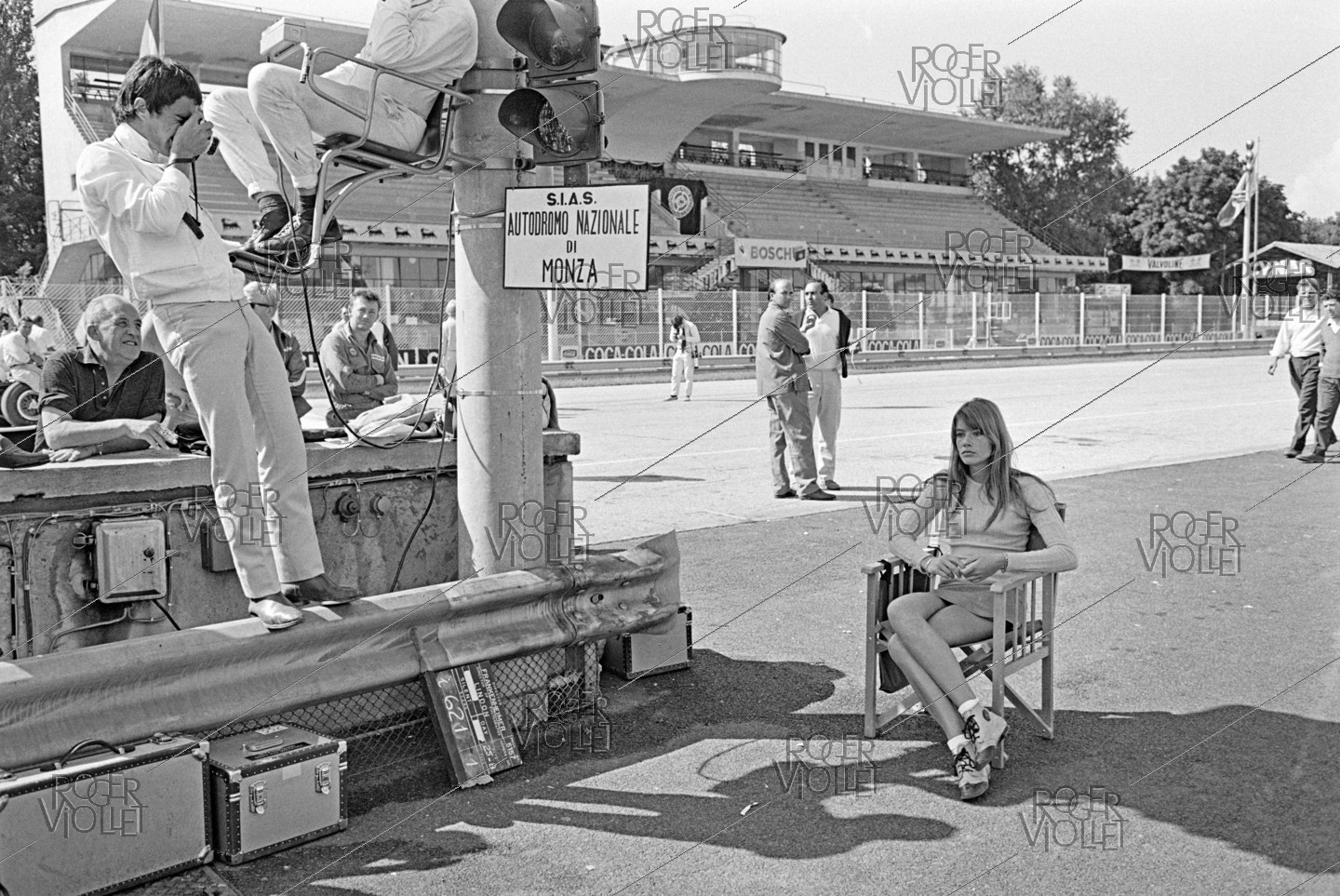
Françoise Hardy on the set of ‘Grand Prix’, film by John Frankenheimer, Monza racing circuit, Italy, August 1966. Photograph by Bernard Hermann, from the collections of the French newspaper France-Soir.
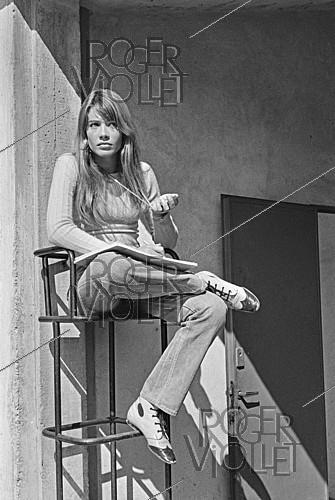
Françoise Hardy on the set of ‘Grand Prix’, film by John Frankenheimer, Monza racing circuit, Italy, August 1966. Photograph by Bernard Hermann, from the collections of the French newspaper France-Soir.
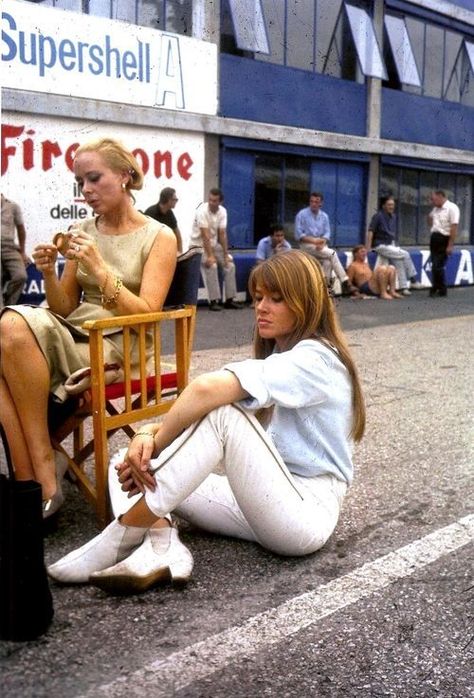
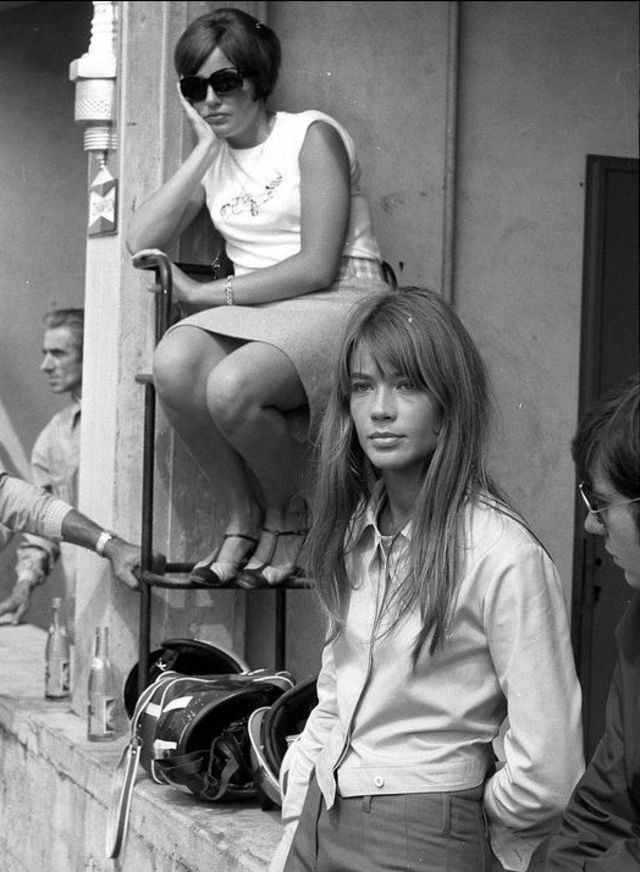
Françoise Hardy on the set of ‘Grand Prix’, film by John Frankenheimer.
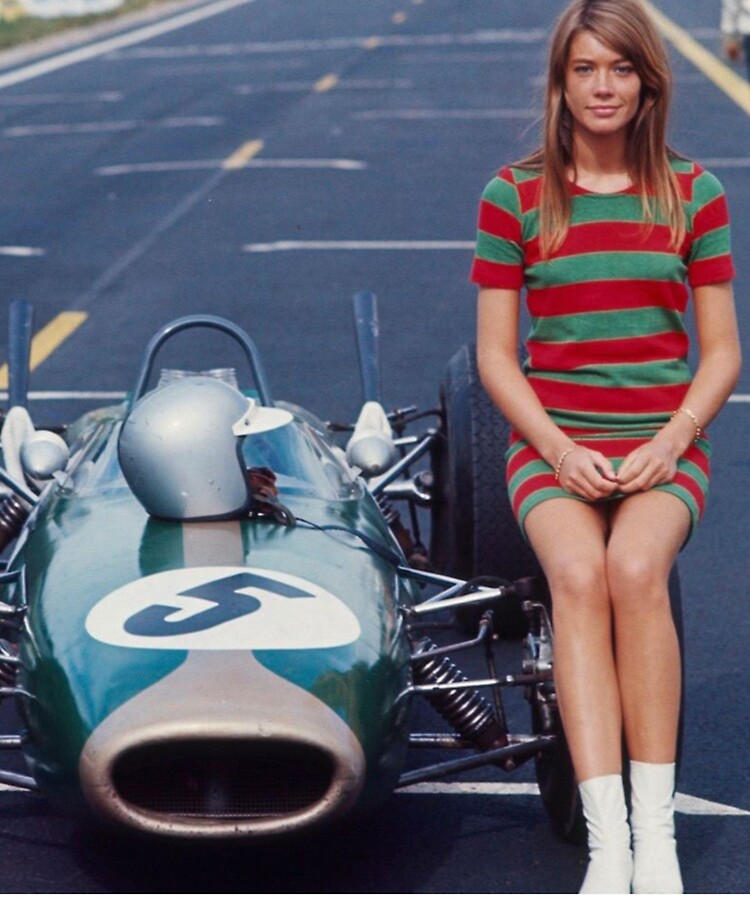
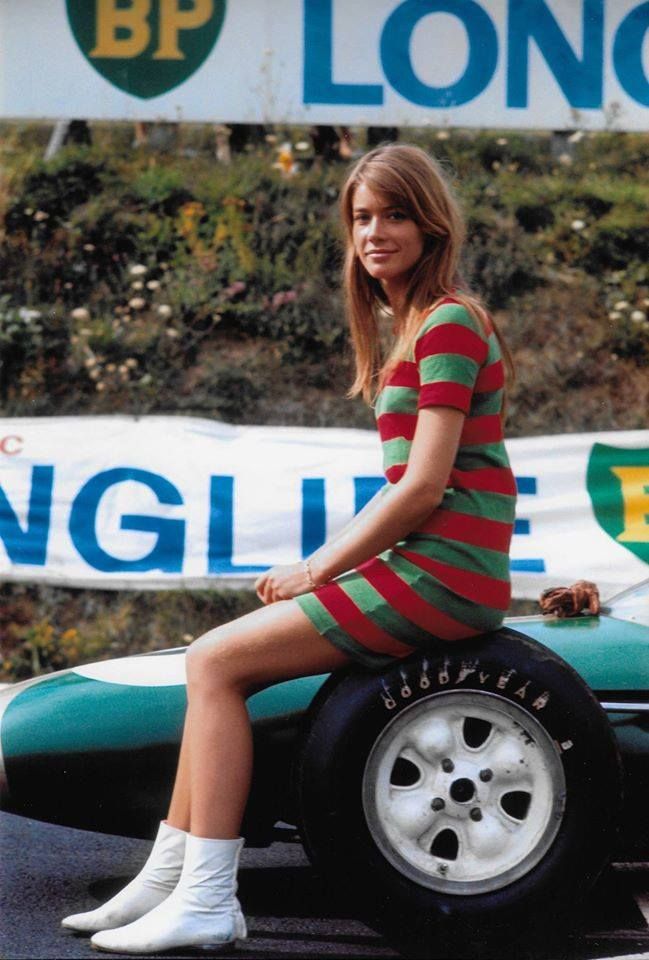
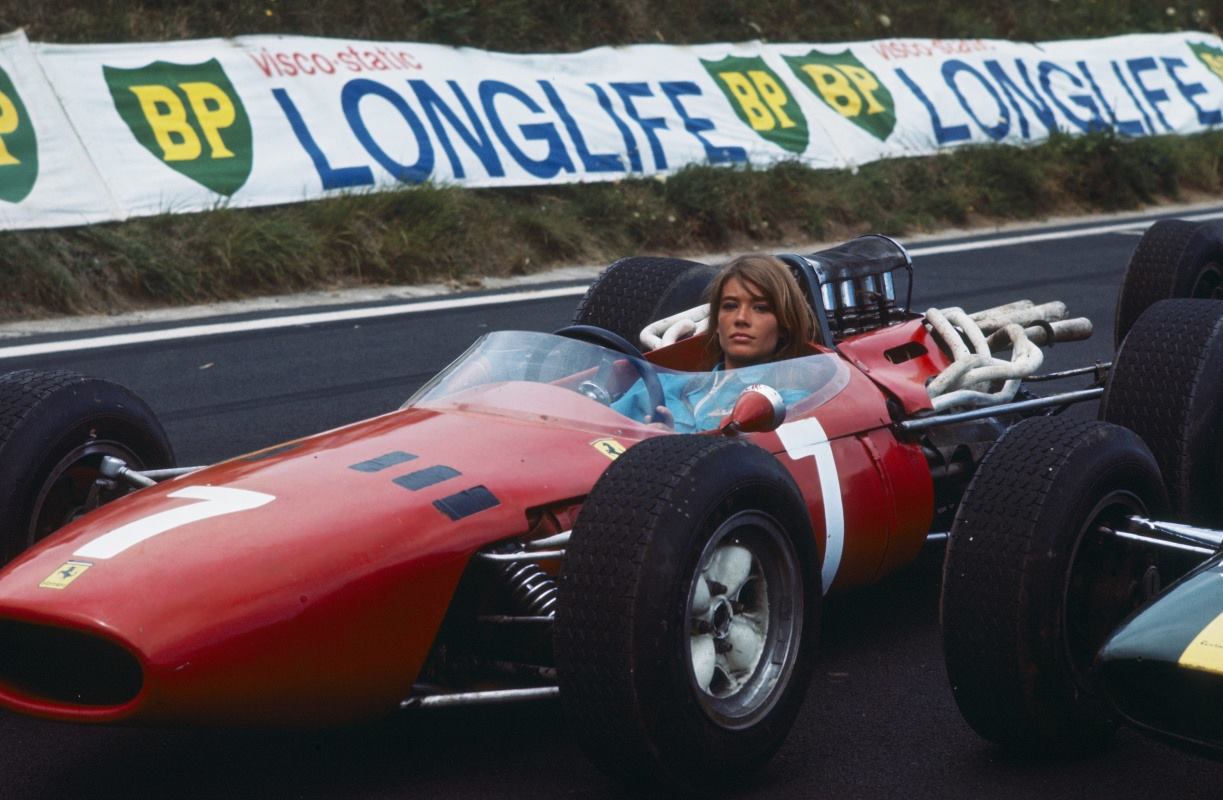
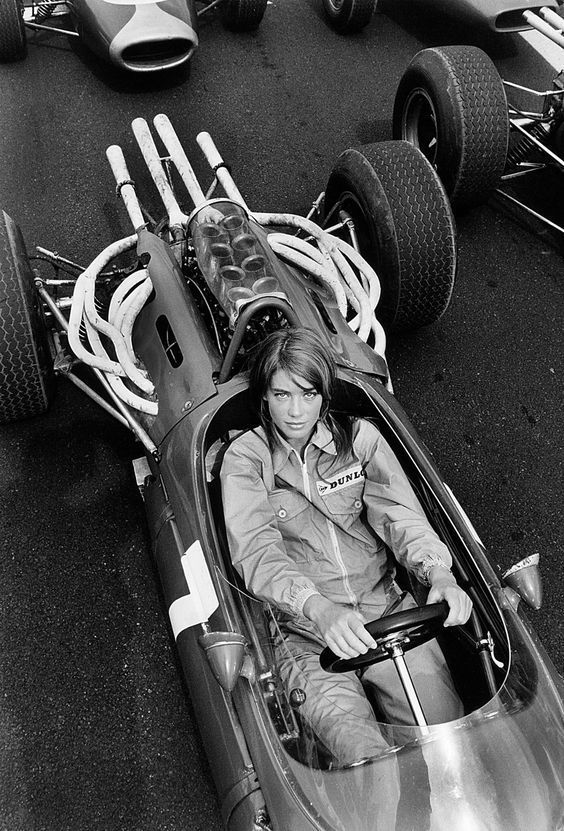
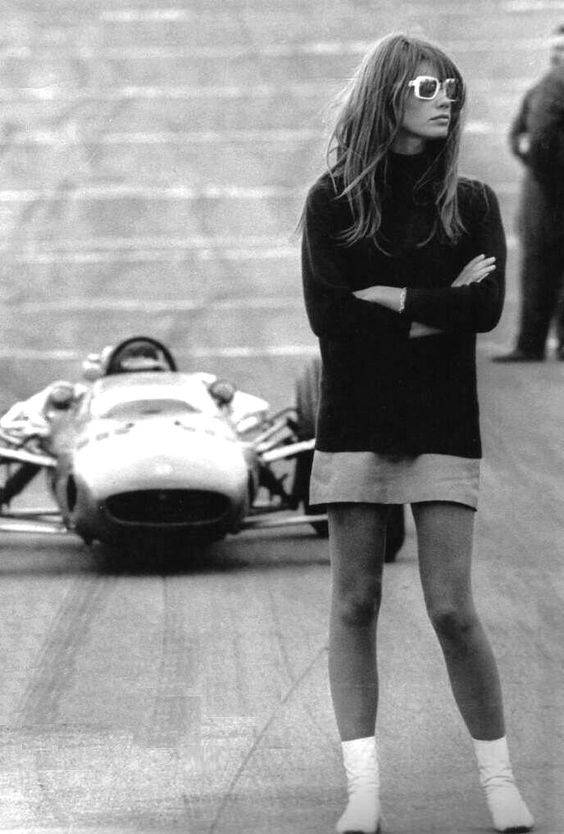
Françoise Hardy on set in 1966.
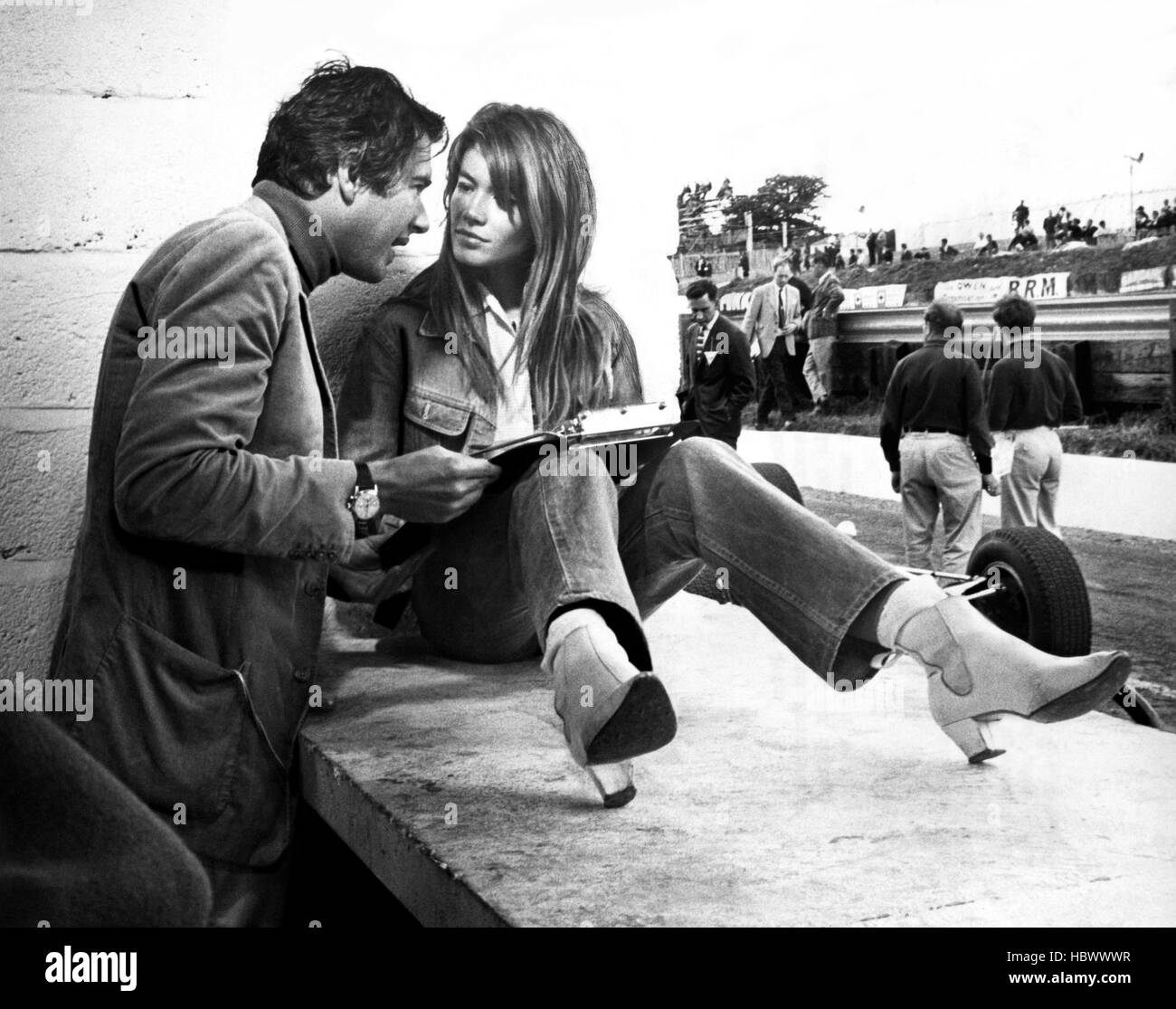
Françoise Hardy on set in 1966.
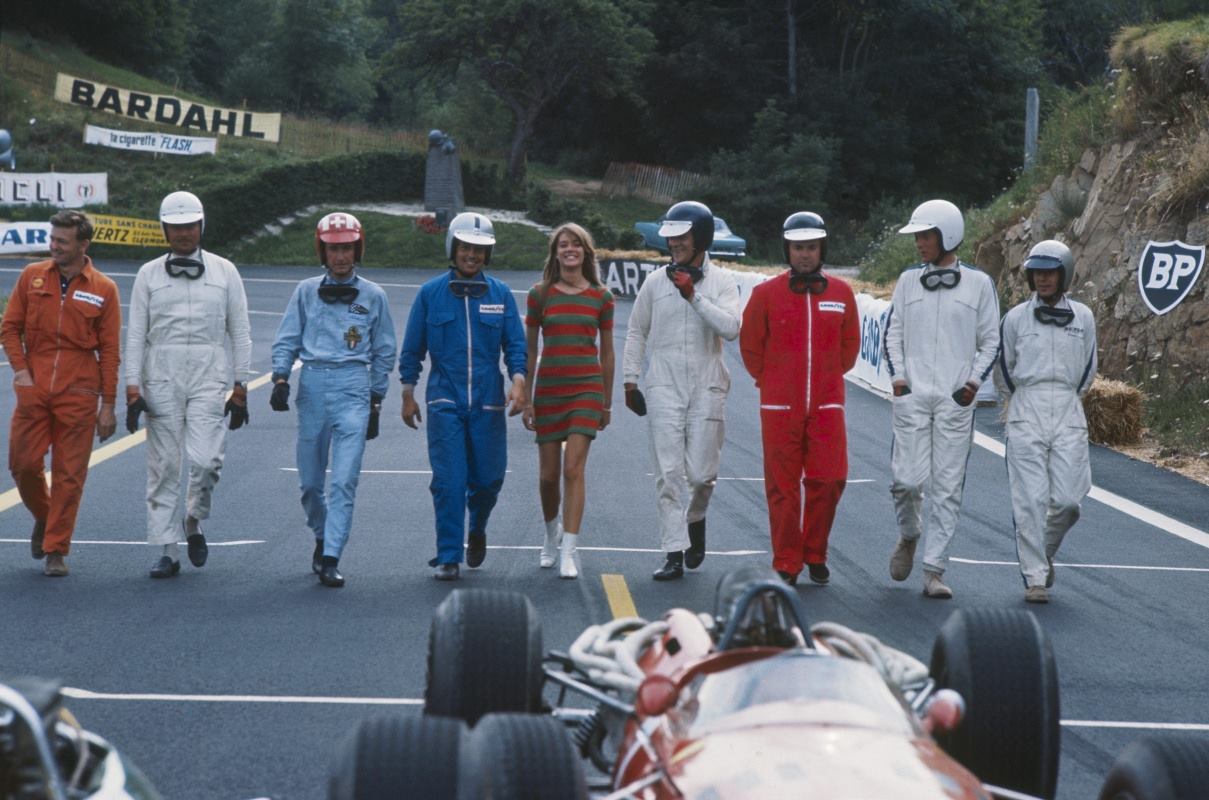
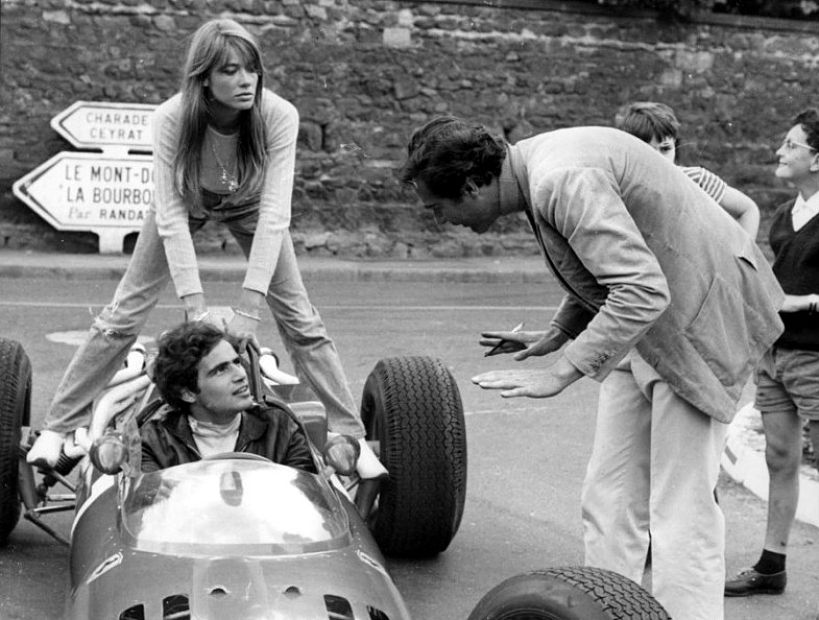
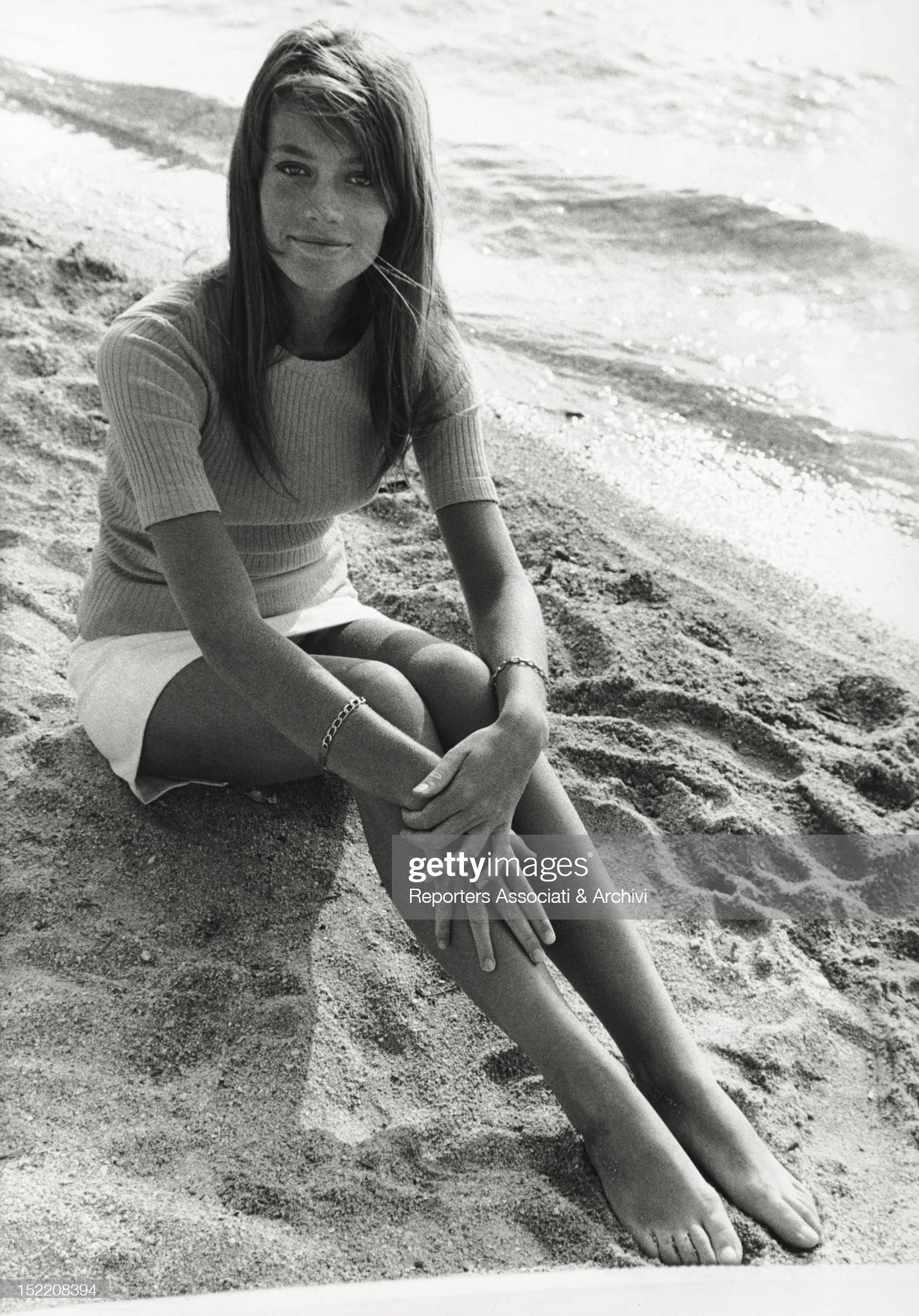
Françoise Hardy posing on the set of the film 'Grand Prix' in 1966. Photo by Pierluigi Praturlon / Reporters Associati & Archivi Mondadori Portfolio via Getty Images.
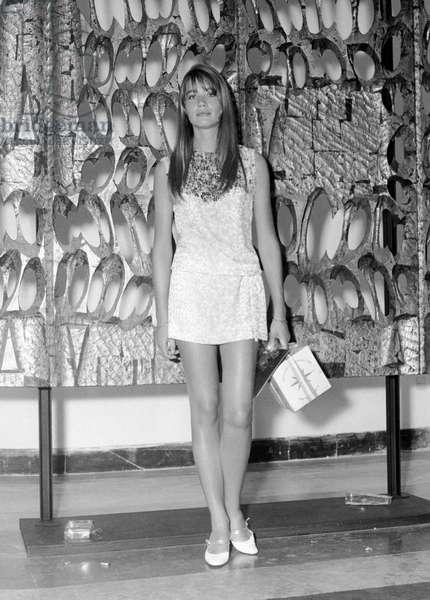
Françoise Hardy posing in a miniskirt at the ‘Venice Film Festival’, Italy, from 28 August to 10 September 1966.
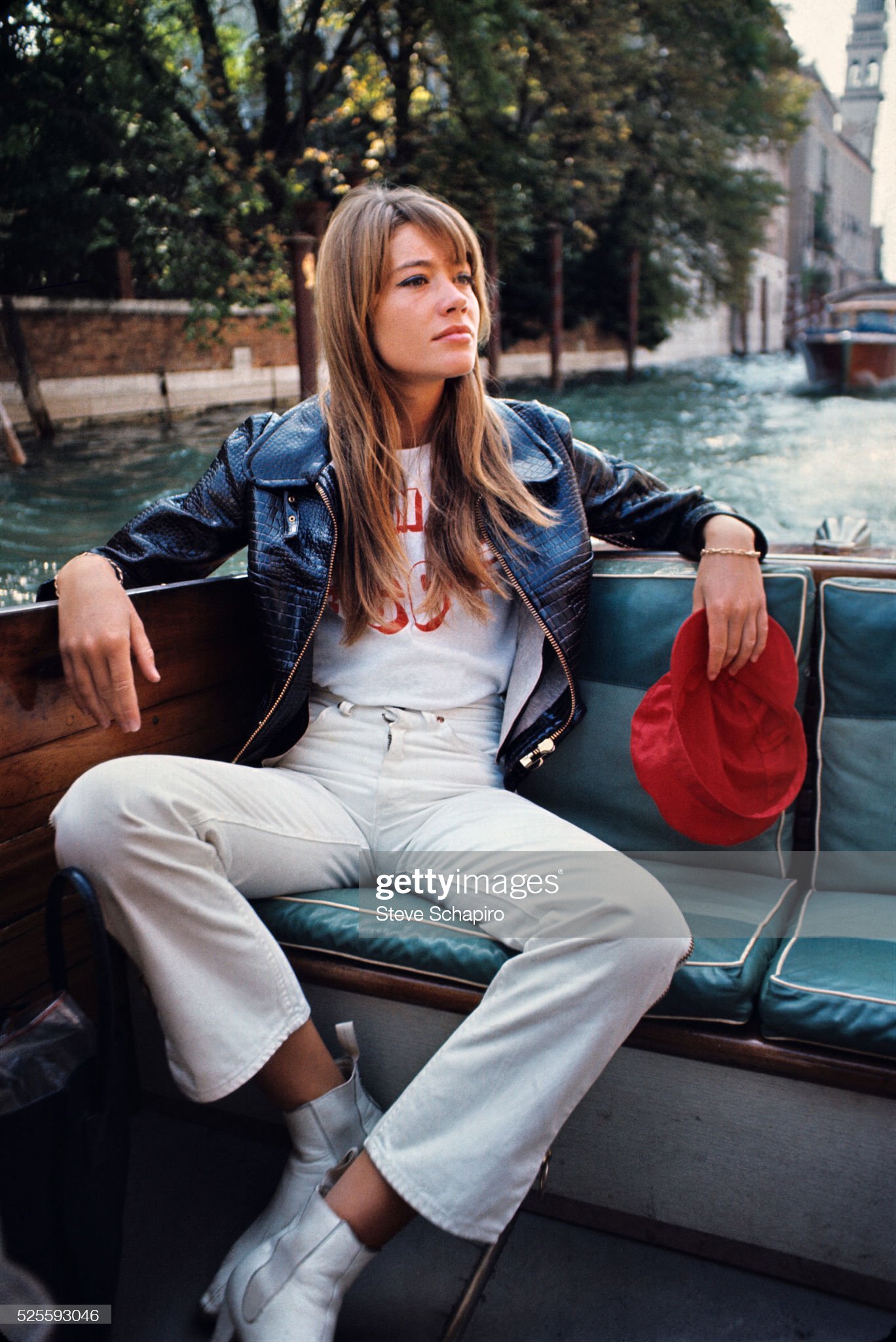
View of French pop musician and actress Françoise Hardy as she sits in a boat on a canal, Venice, Italy, September 1966. Photo by Steve Schapiro / Corbis via Getty Images.
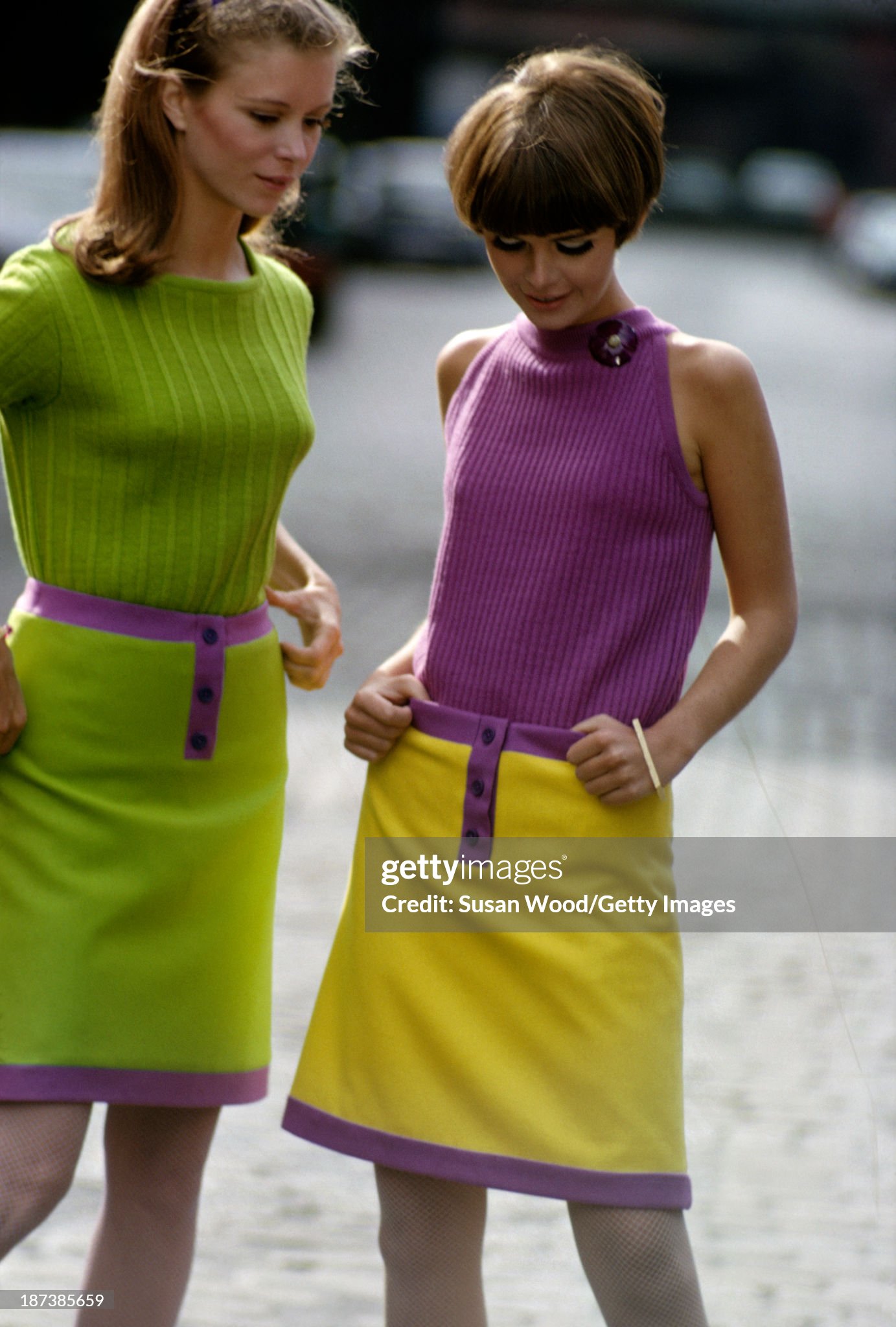
Two unidentified models, one in a green sweater and green skirt and the other in a purple sleeveless top and yellow skirt, pose together in New York in September 1966. Photo by Getty Images.
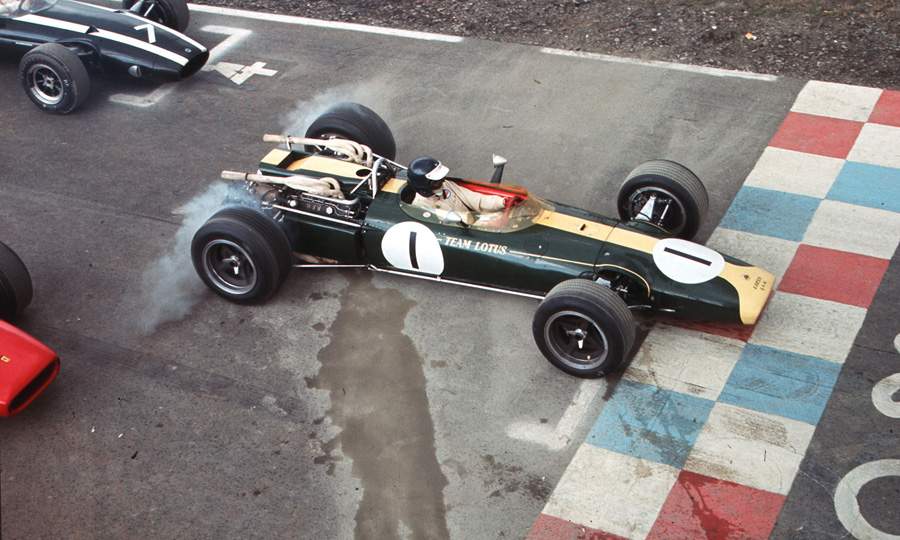
Clark launches his Lotus 43 off the line at the start of the 1966 US GP.
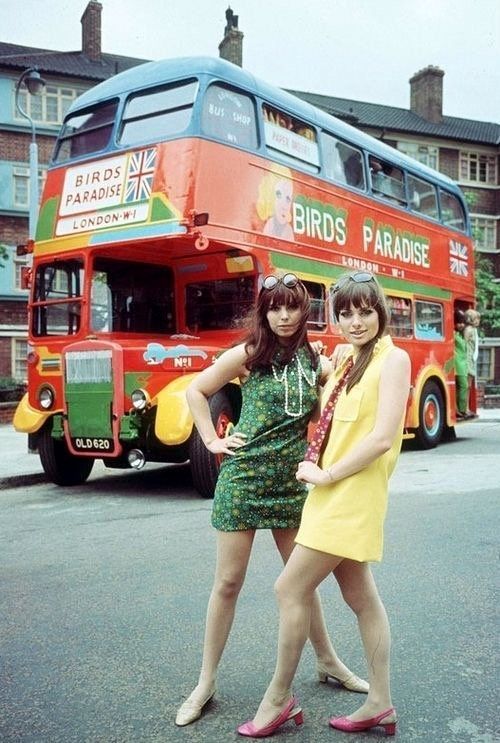
Swinging London fashion, 1967.
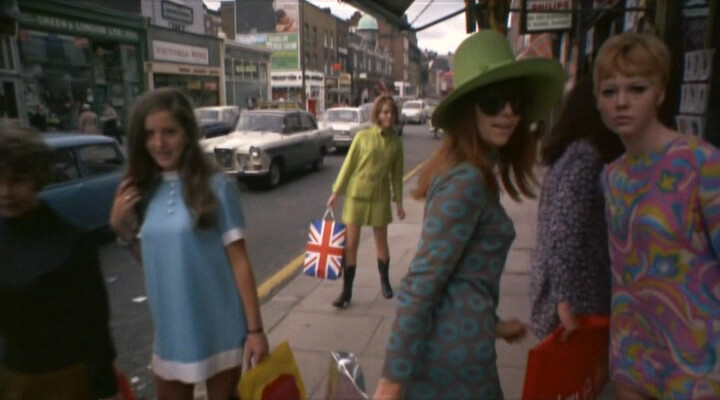
Carnaby street, 1967.
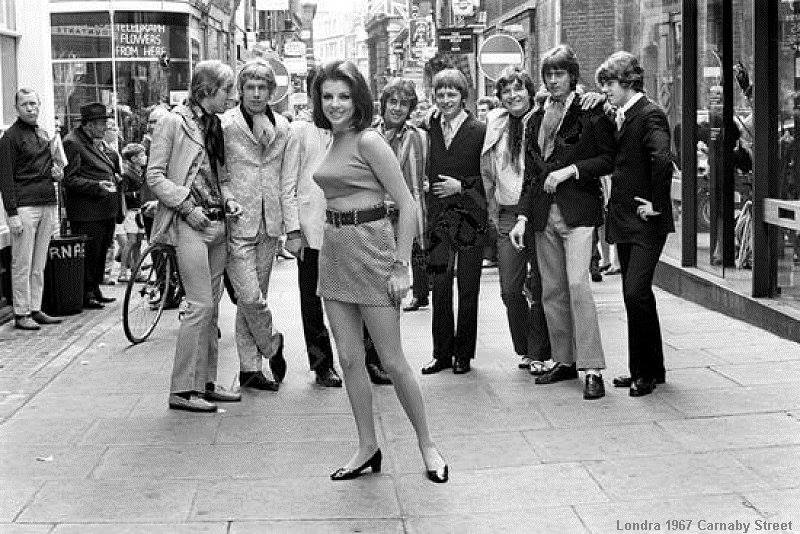
Miniskirts worn for anything but sport was unheard of. Carnaby street, London, 1967. Photo by Rex.
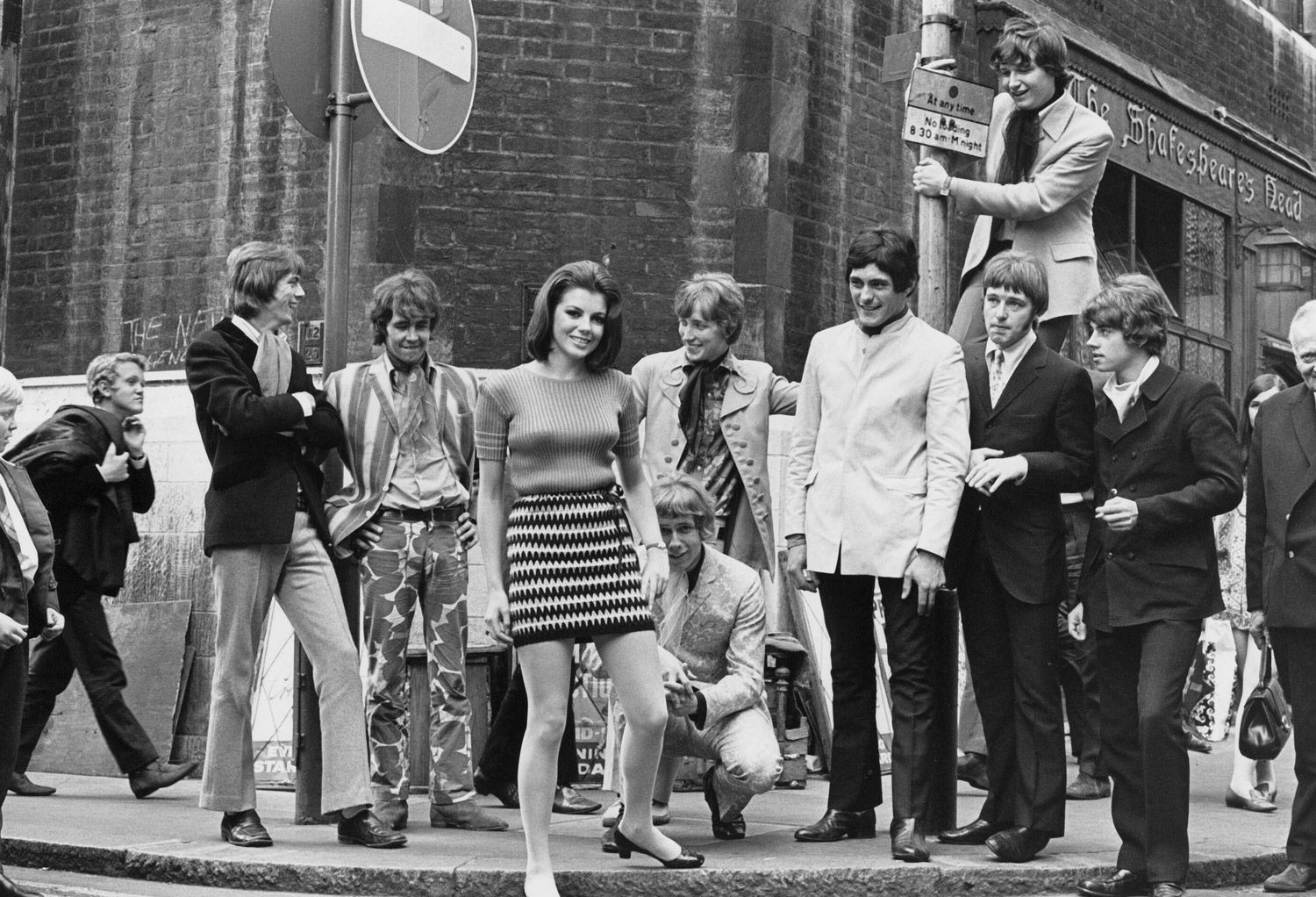
Some cool looking dudes and hippy chicks in Carnaby street circa 1967.
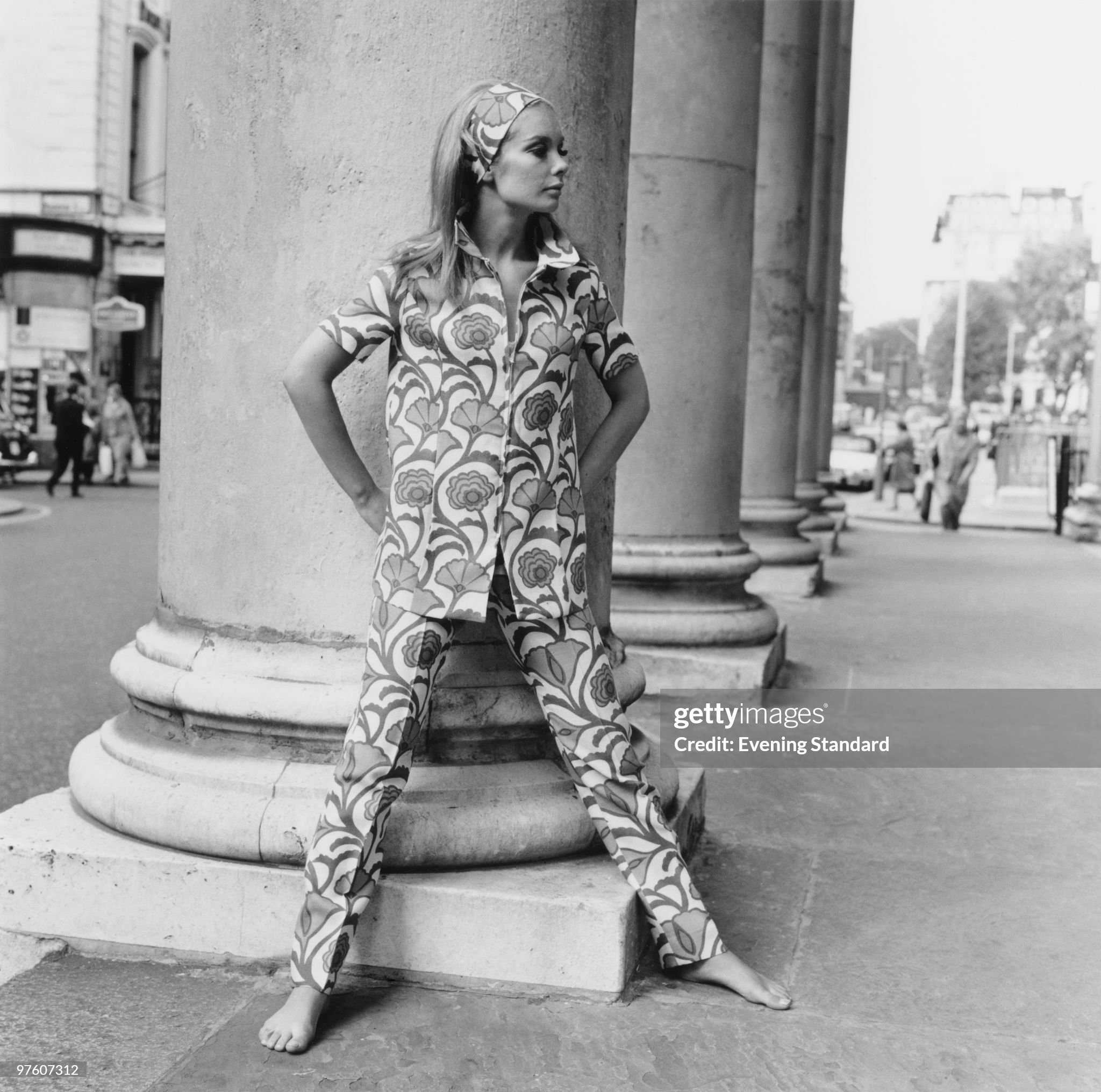
A woman modeling a floral-pattern trouser suit with matching headband in 1967. Photo by Evening Standard / Hulton Archive / Getty Images.
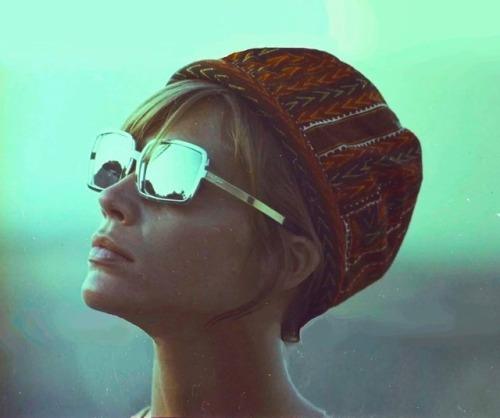
Françoise Hardy in 1967.
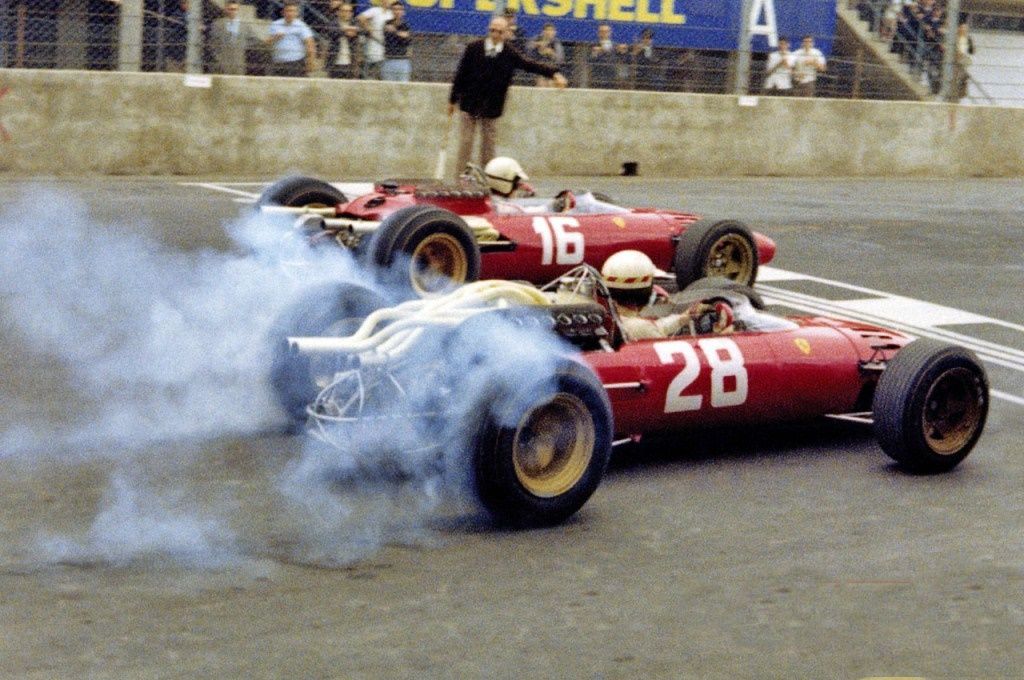
Ludovico Scarfiotti, Ferrari, in 1967.
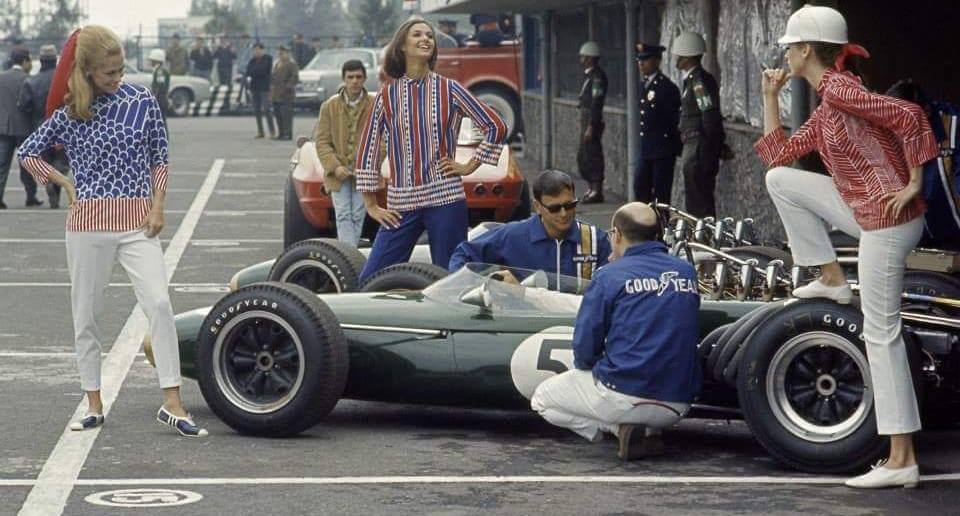
1967 Lotus 49.
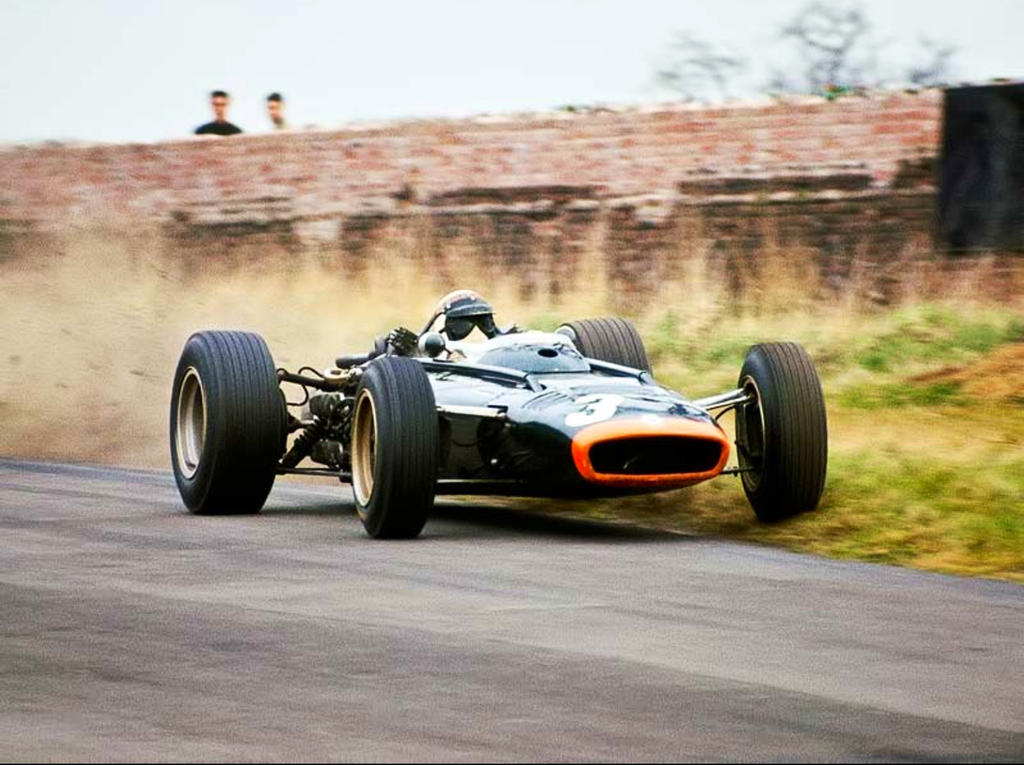
1967.
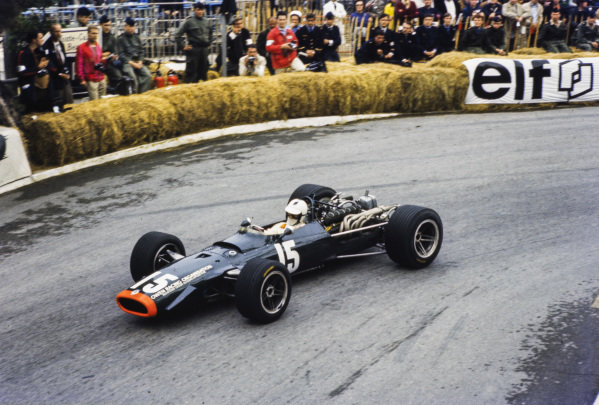
Chris Irwin, BRM, in 1967.
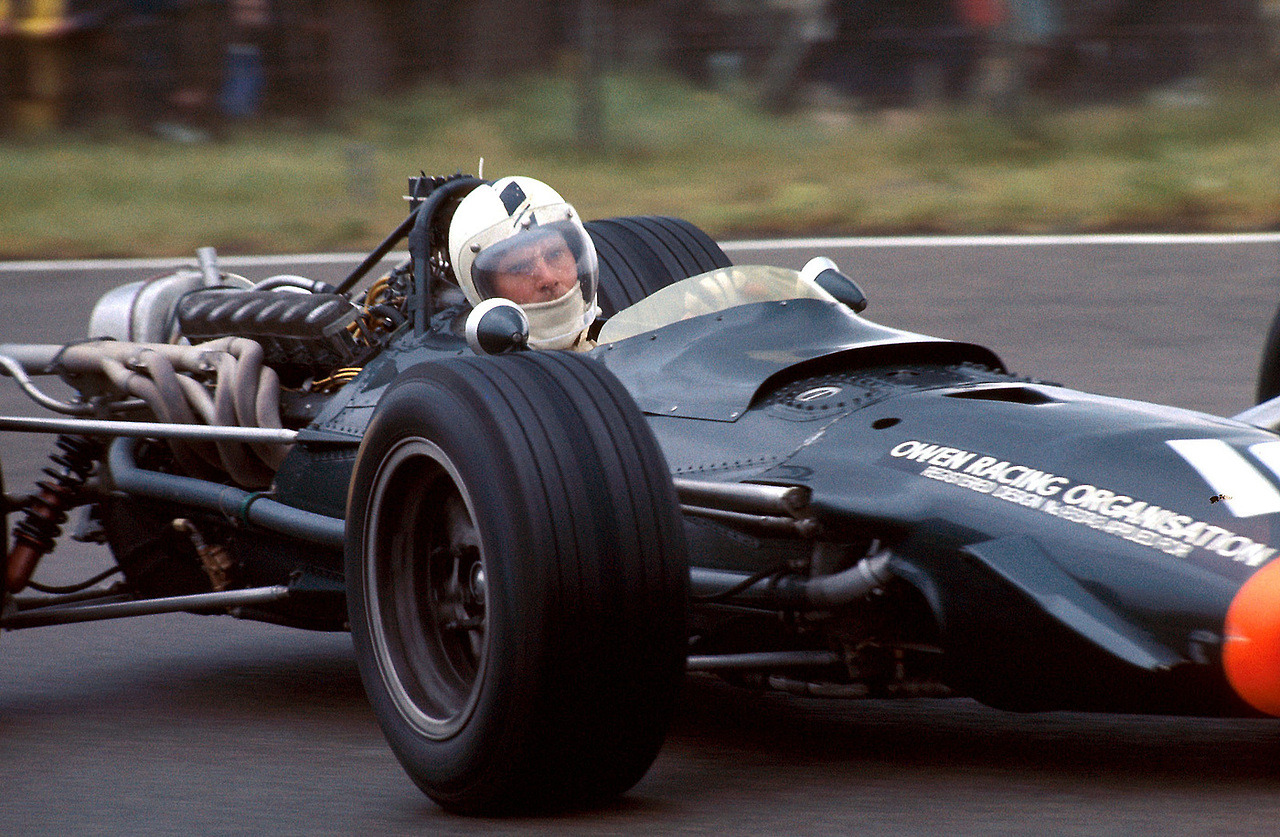
Chris Irwin, BRM, in 1967.
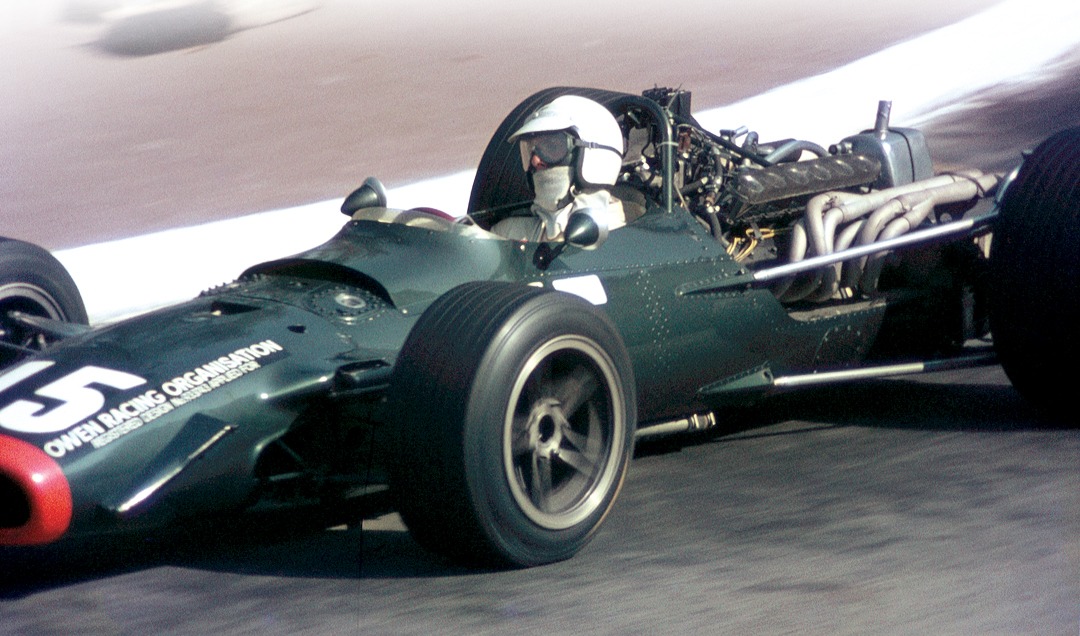
Chris Irwin, BRM, in 1967.
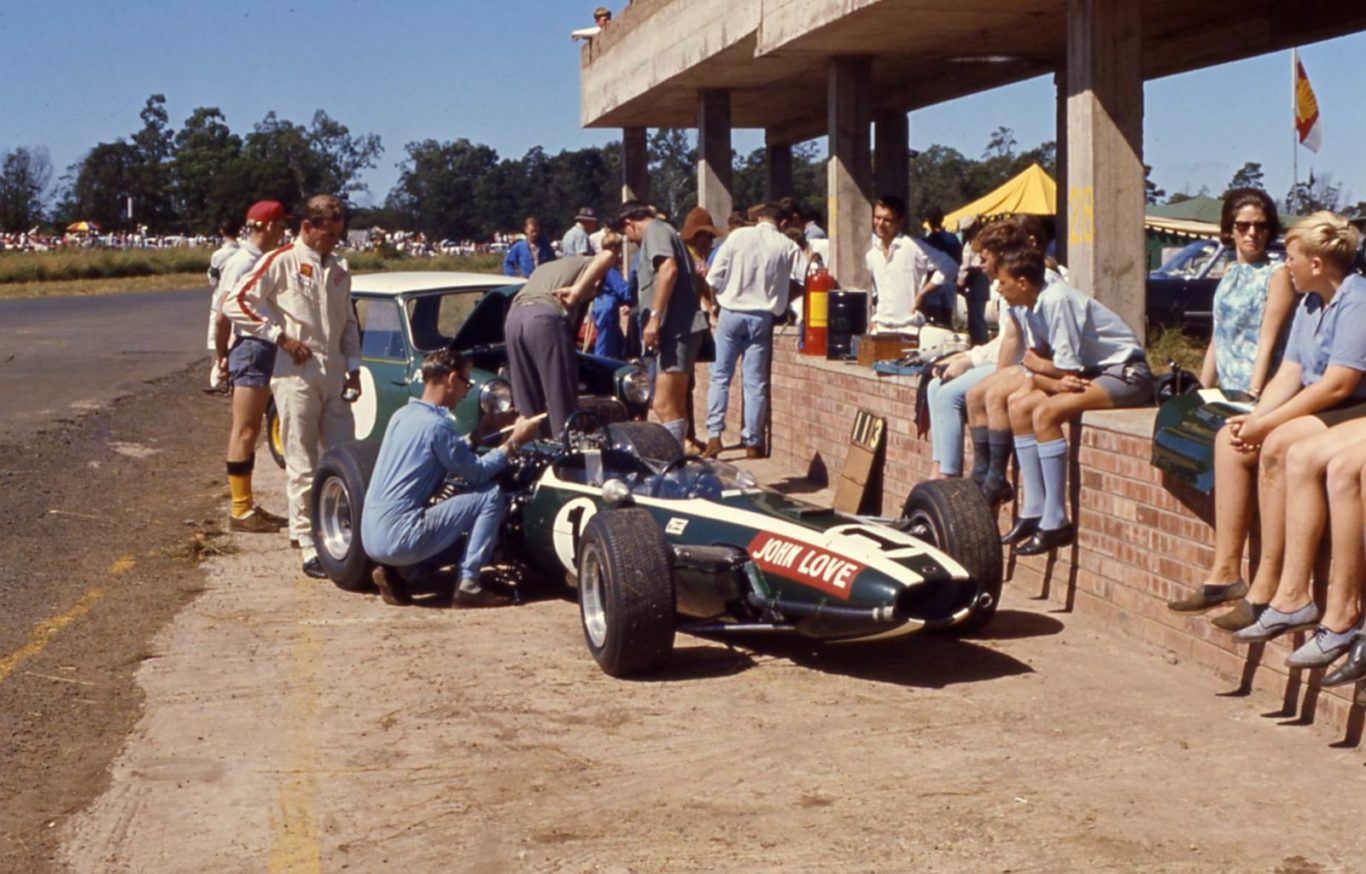
John Love, South Africa, 1967. Photo by F1 history on DeviantArt.
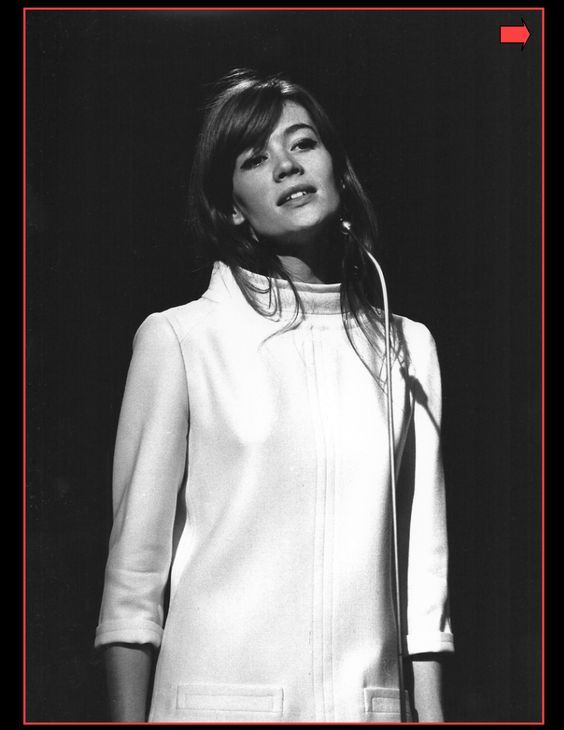
Françoise Hardy on the British show ‘Sunday night’ at the London Palladium on February 12, 1967.
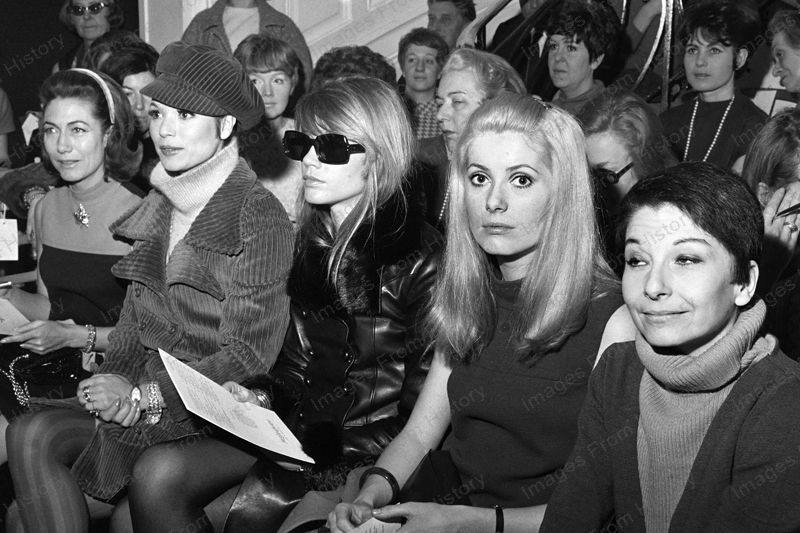
Elsa Martinelli, Françoise Hardy, Catherine Deneuve and Zizi Jeanmaire at a Yves Saint Laurent fashion show in February 1967.
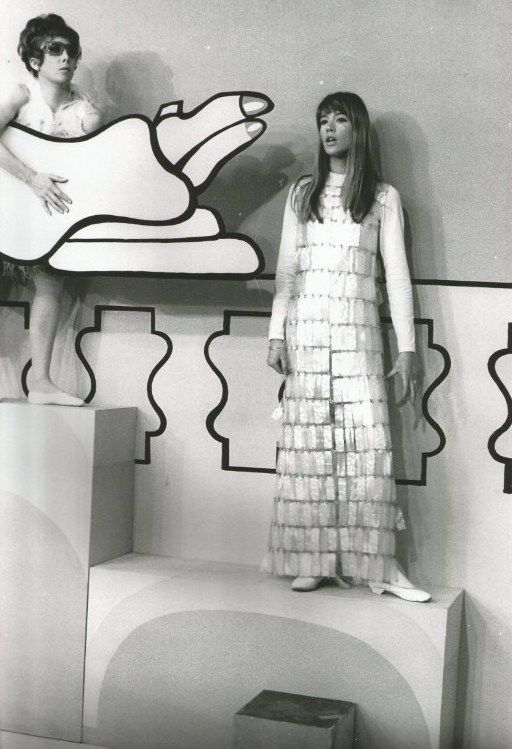
Françoise Hardy wearing Paco Rabanne for an appearance on French television in March 1967.
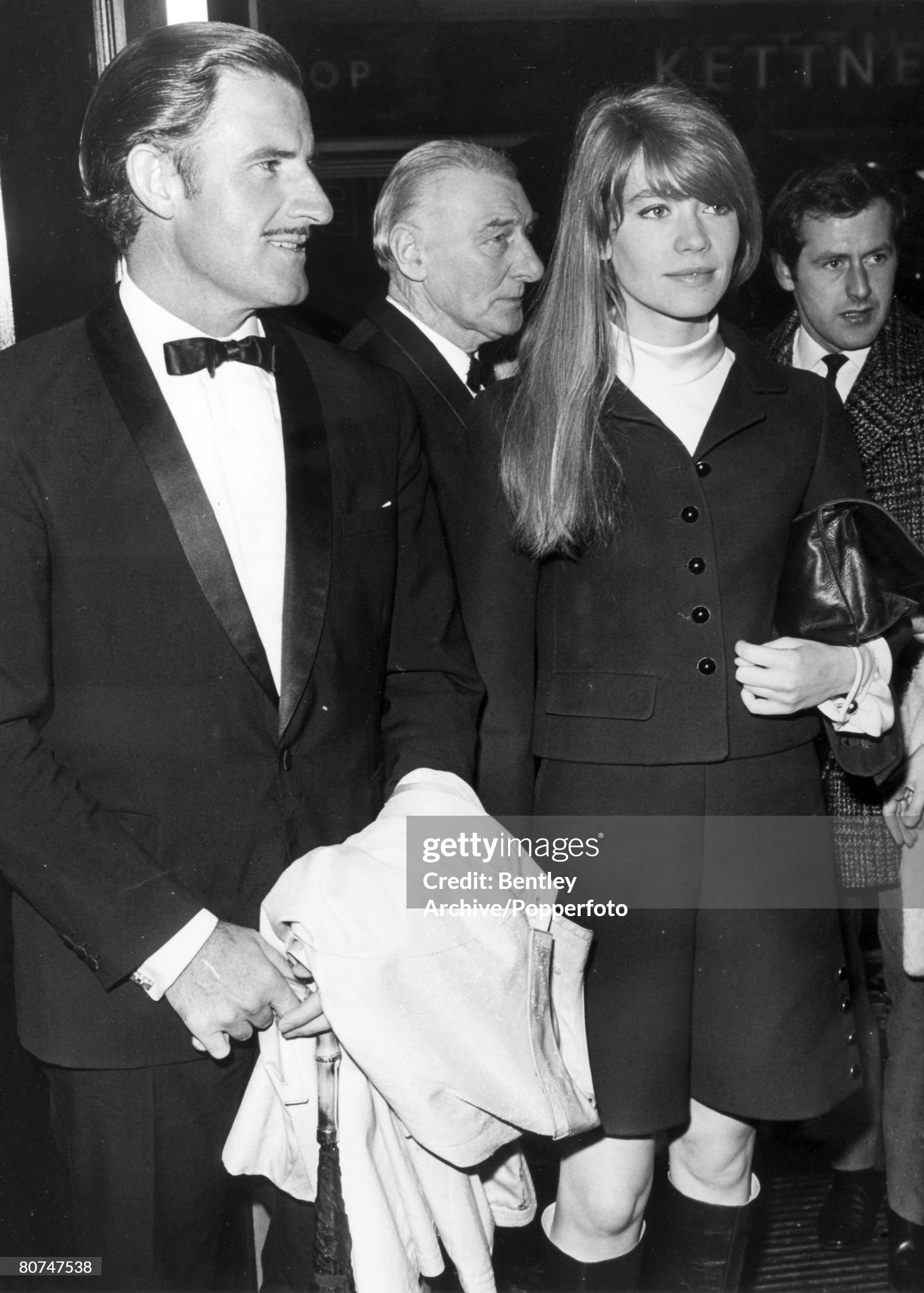
10th March 1967, London. British driver Graham Hill pictured with French actress Françoise Hardy at the premiere of the film Grand Prix in which they both appear. Photo by Getty Images.
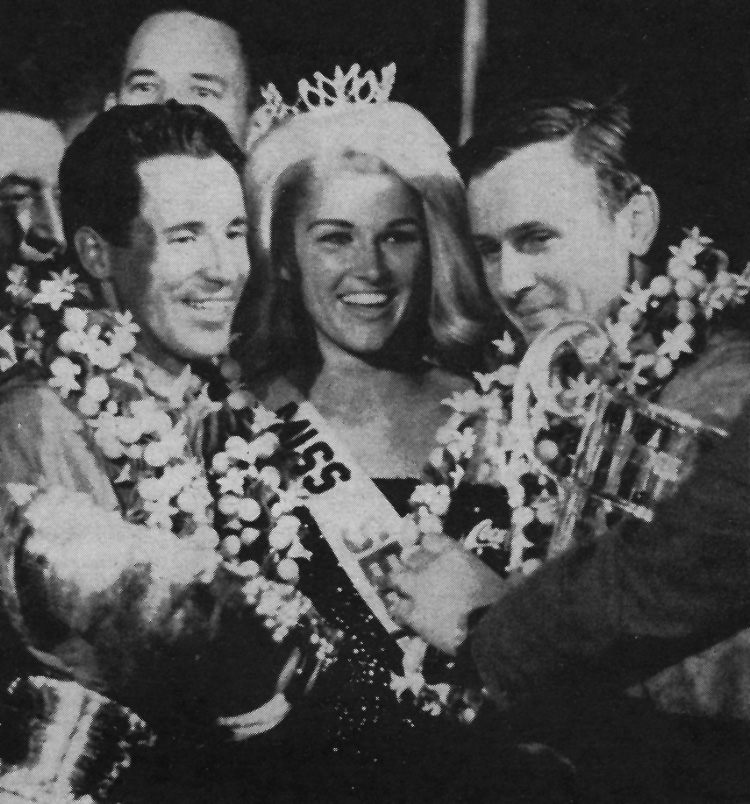
Mario Andretti and Bruce McLaren with a beauty queen at Sebring on 01 April 1967.
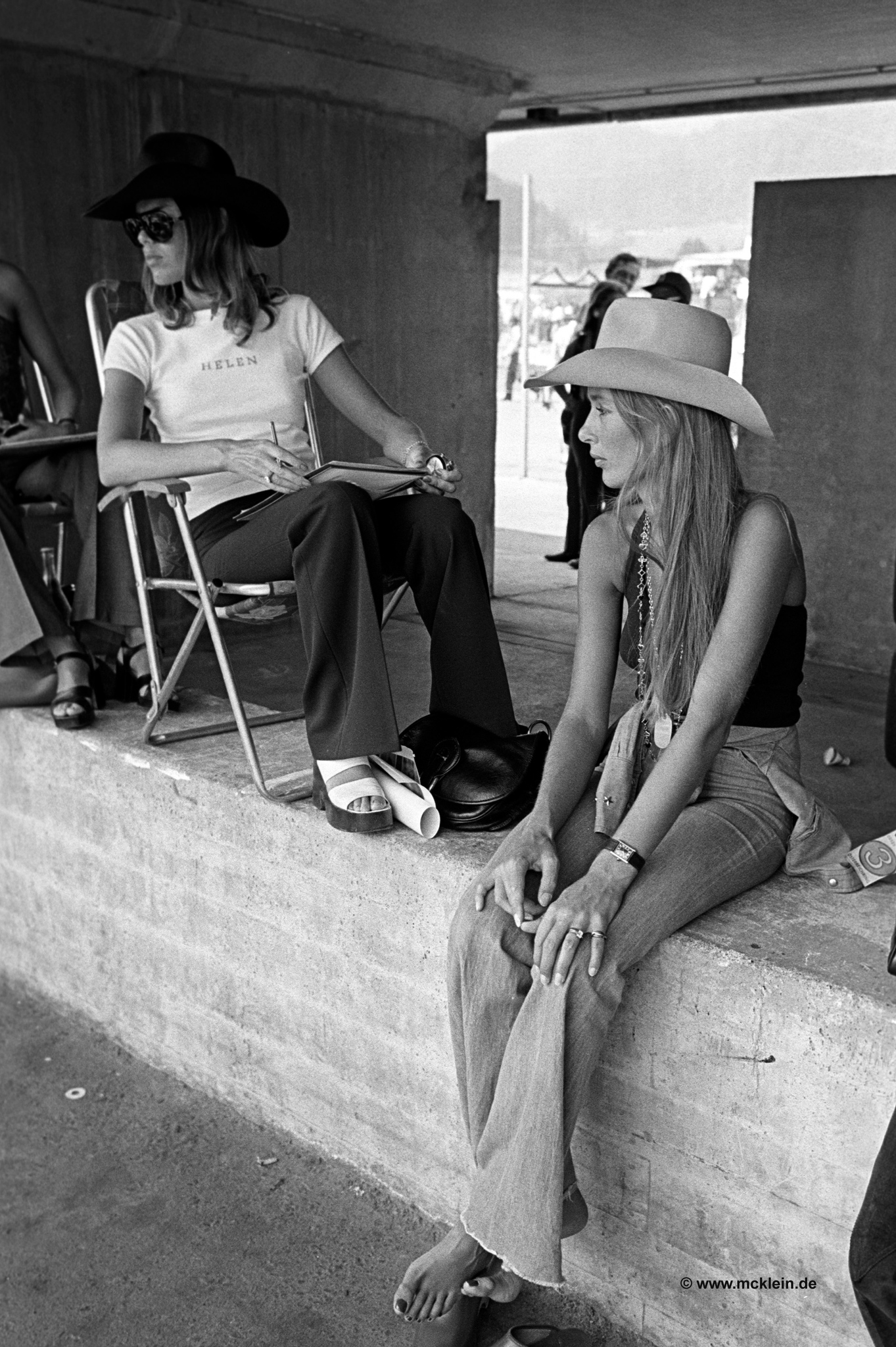
Helen Stewart and Nina Rindt timing laps on the race track. Photo by McKlein Collection.
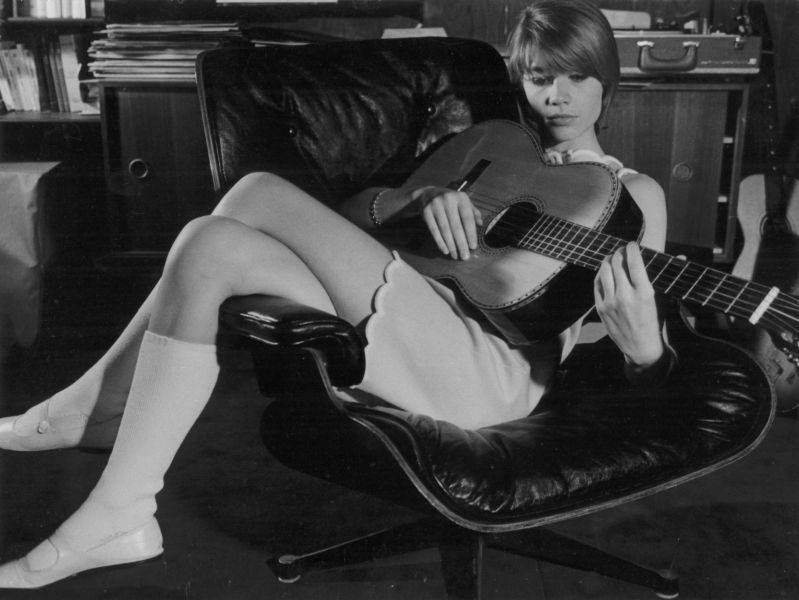
April 09, 1967, Dim Dam Dom. Françoise Hardy with her acoustic guitar and her lounge chair.
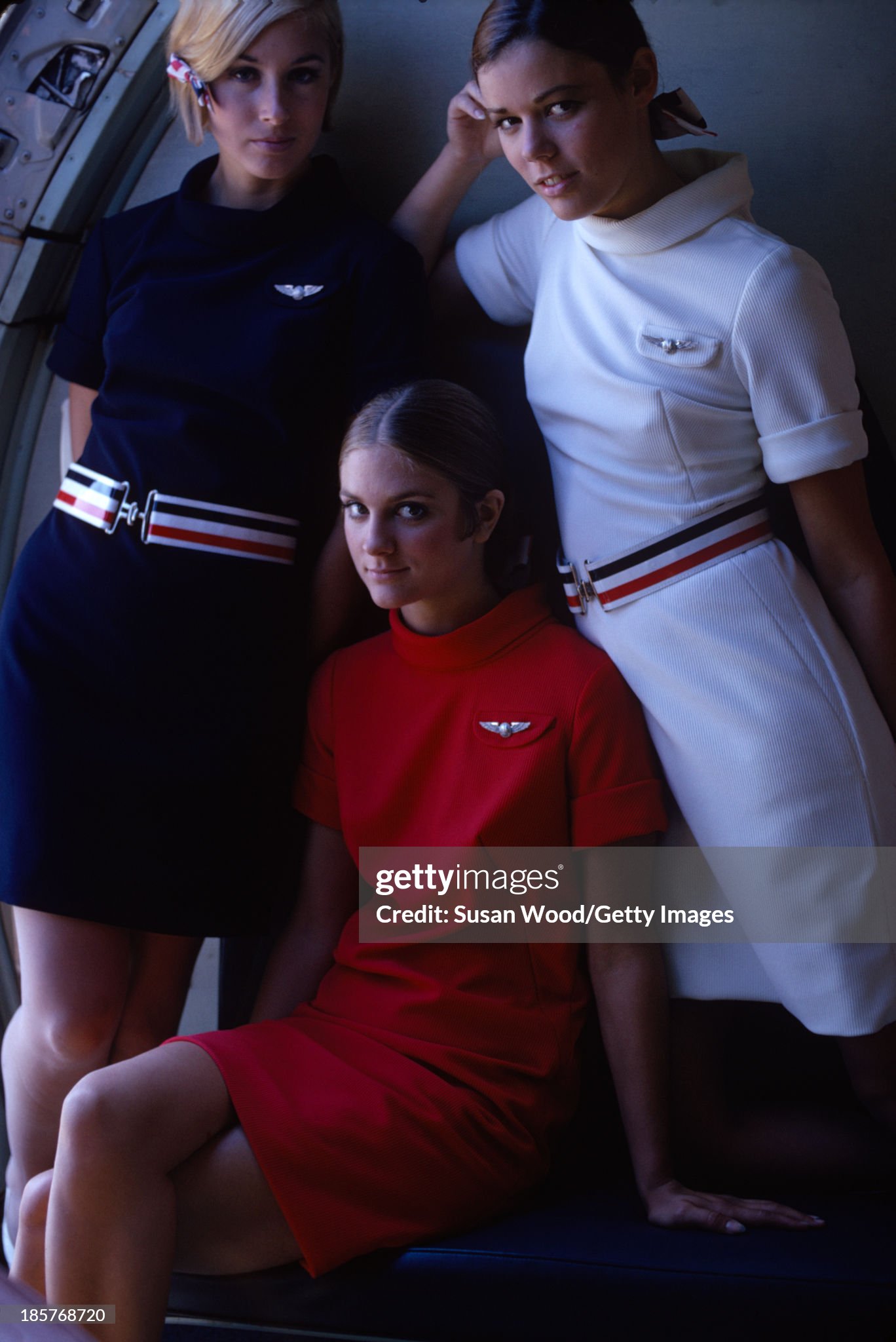
Portrait of a trio of American Airlines air stewardesses as they pose, in uniform, on an airplane, September 1967. The photo was taken as part of a billboard ad campaign for the airline. Photo by Susan Wood / Getty Image.
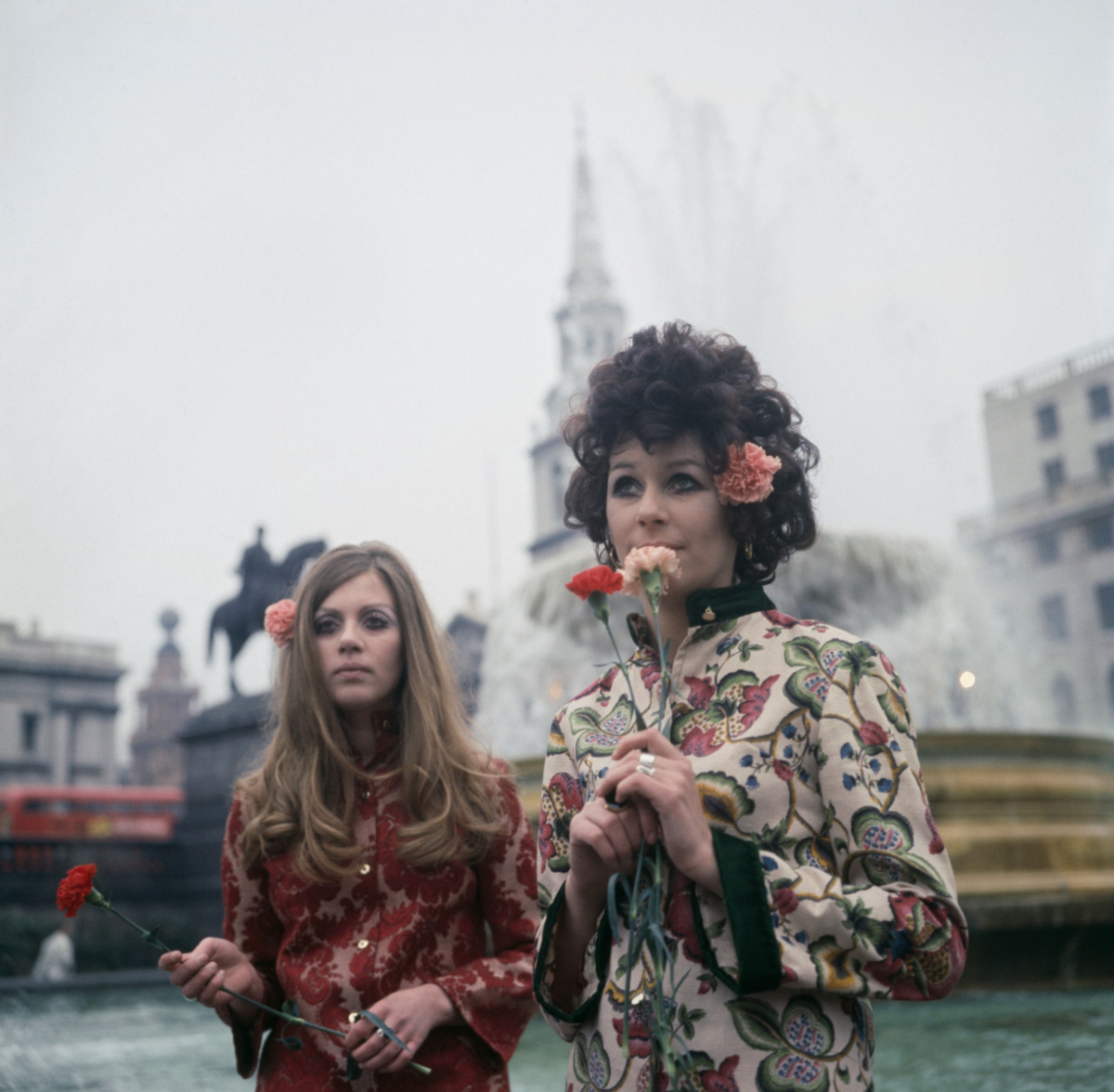
Swinging London. Trafalgar Square in September 1967.
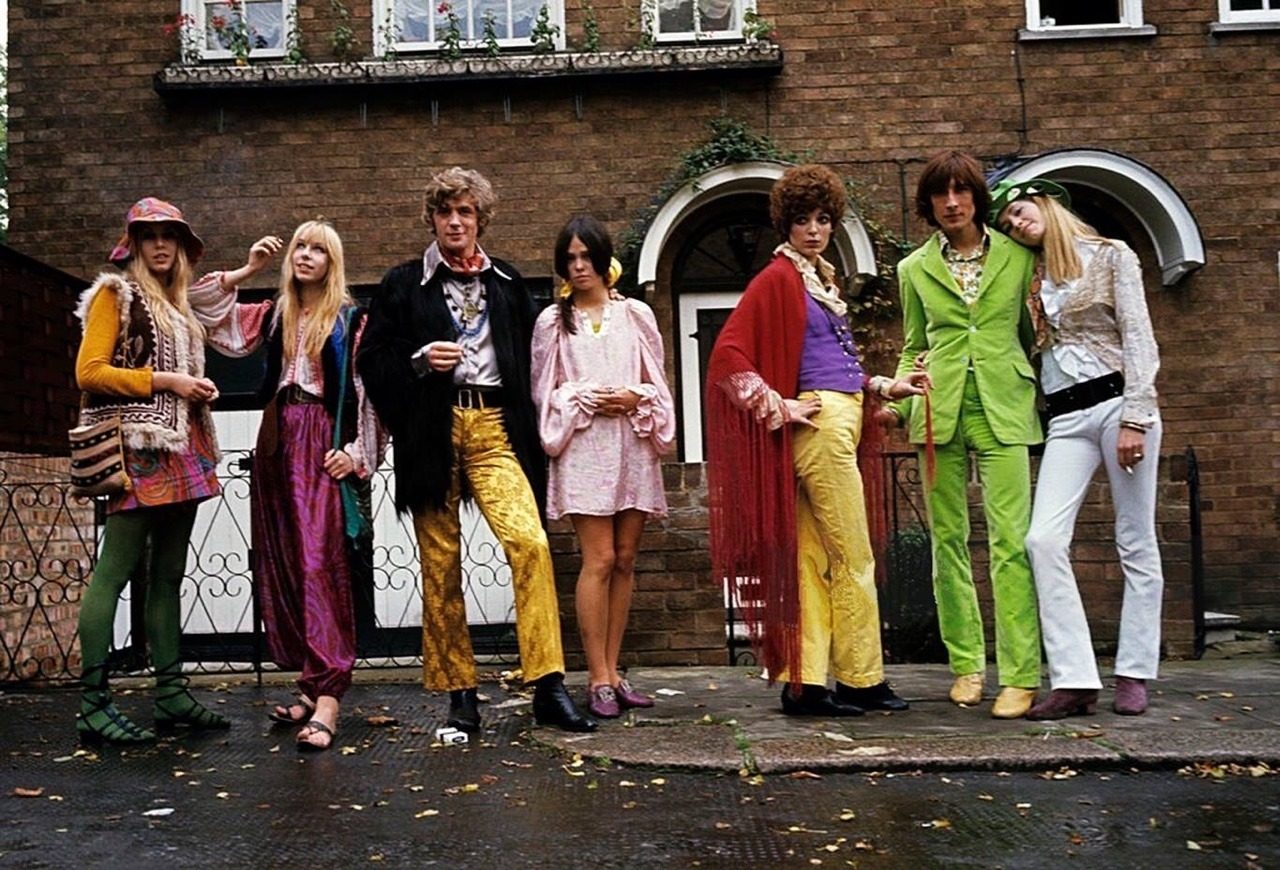
Swinging London, its psychedelic fashion in October 1967. Photo by Philippe Le Tellier for ‘Paris Match’.
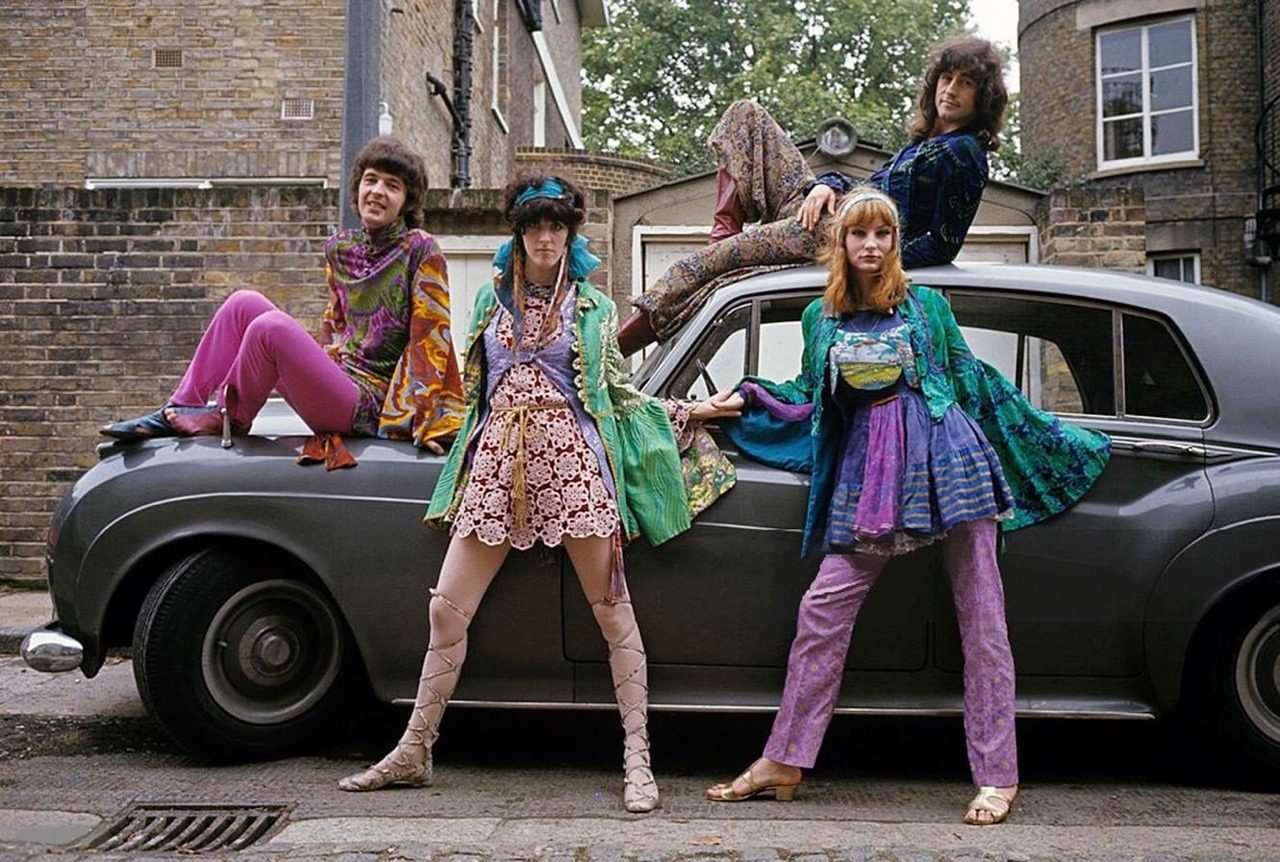
Swinging London, its psychedelic fashion in October 1967. Photo by Philippe Le Tellier for ‘Paris Match’.
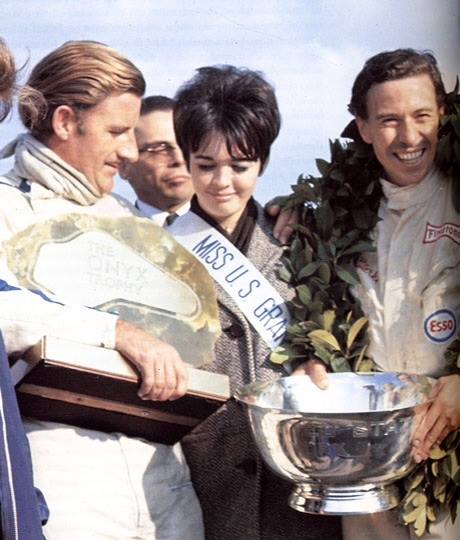
Jim Clark and Graham Hill at the USA Grand Prix in Watkins Glen on October 01, 1967.
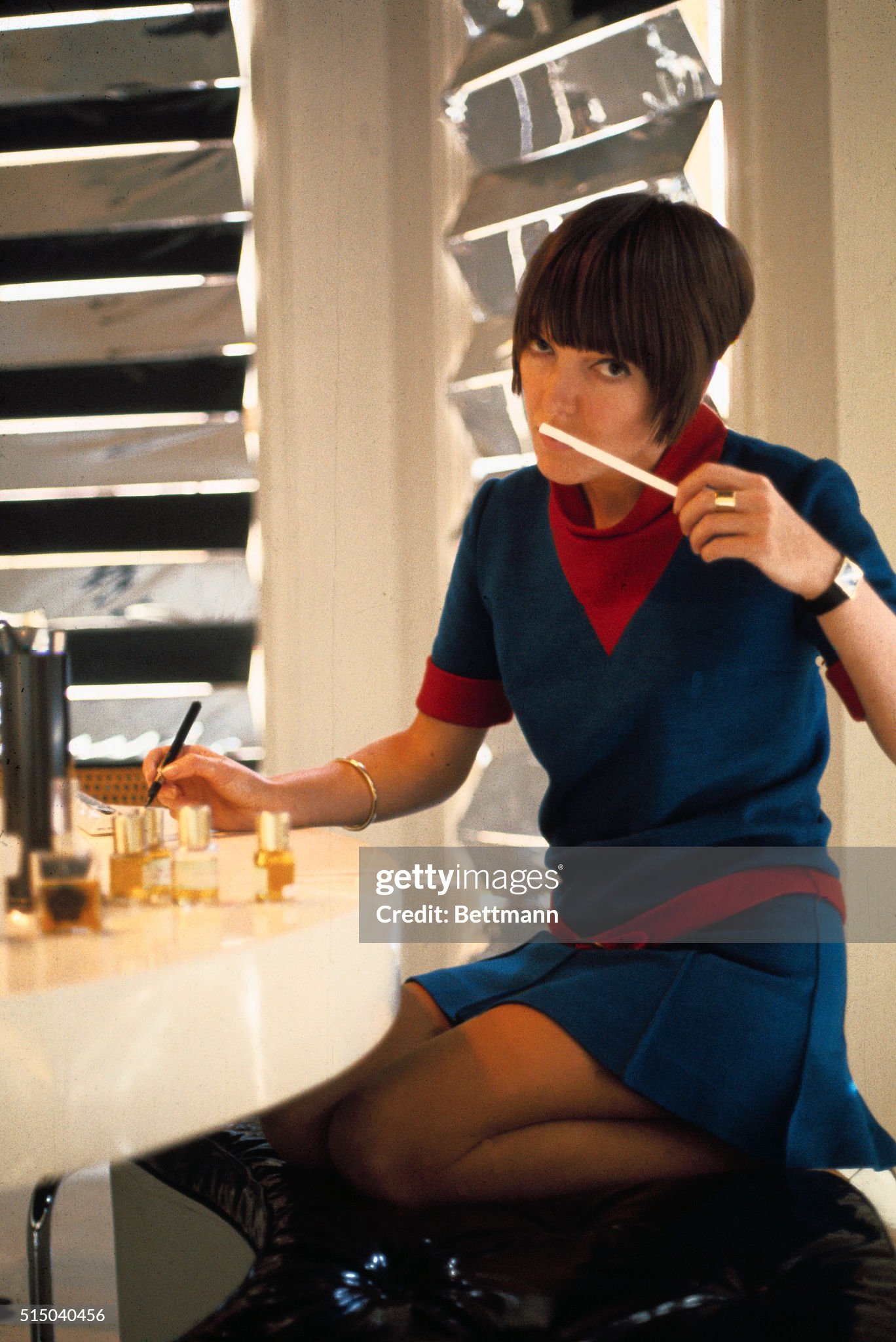
The fashion designer Mary Quant is seen at work in her studio on October 01, 1967.
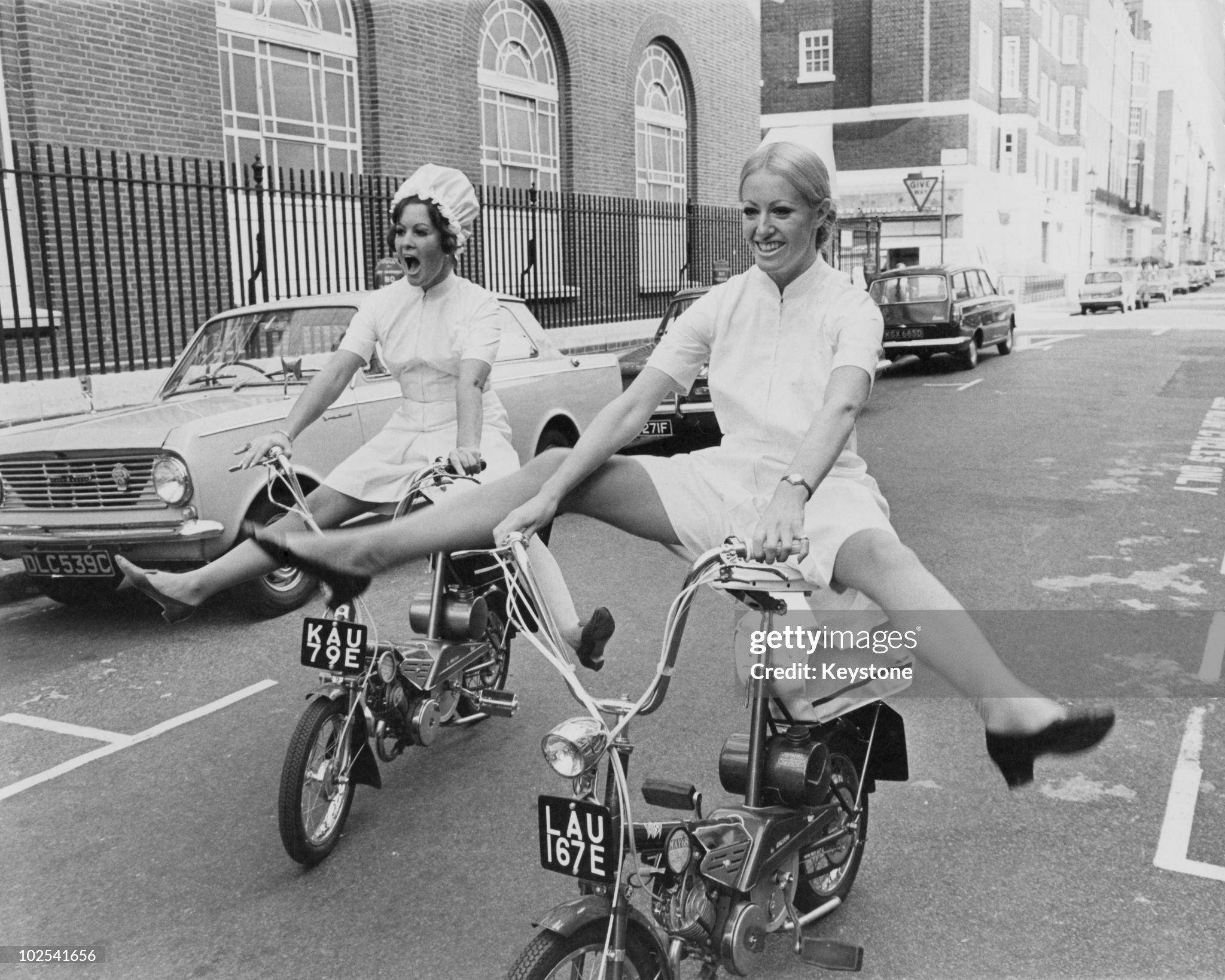
Models Glenda Warrington (left) and Caroline Whineray demonstrate the extra freedom and mobility afforded by the latest culotte dresses for nurses, 16th October 1967. Photo by Getty Images.
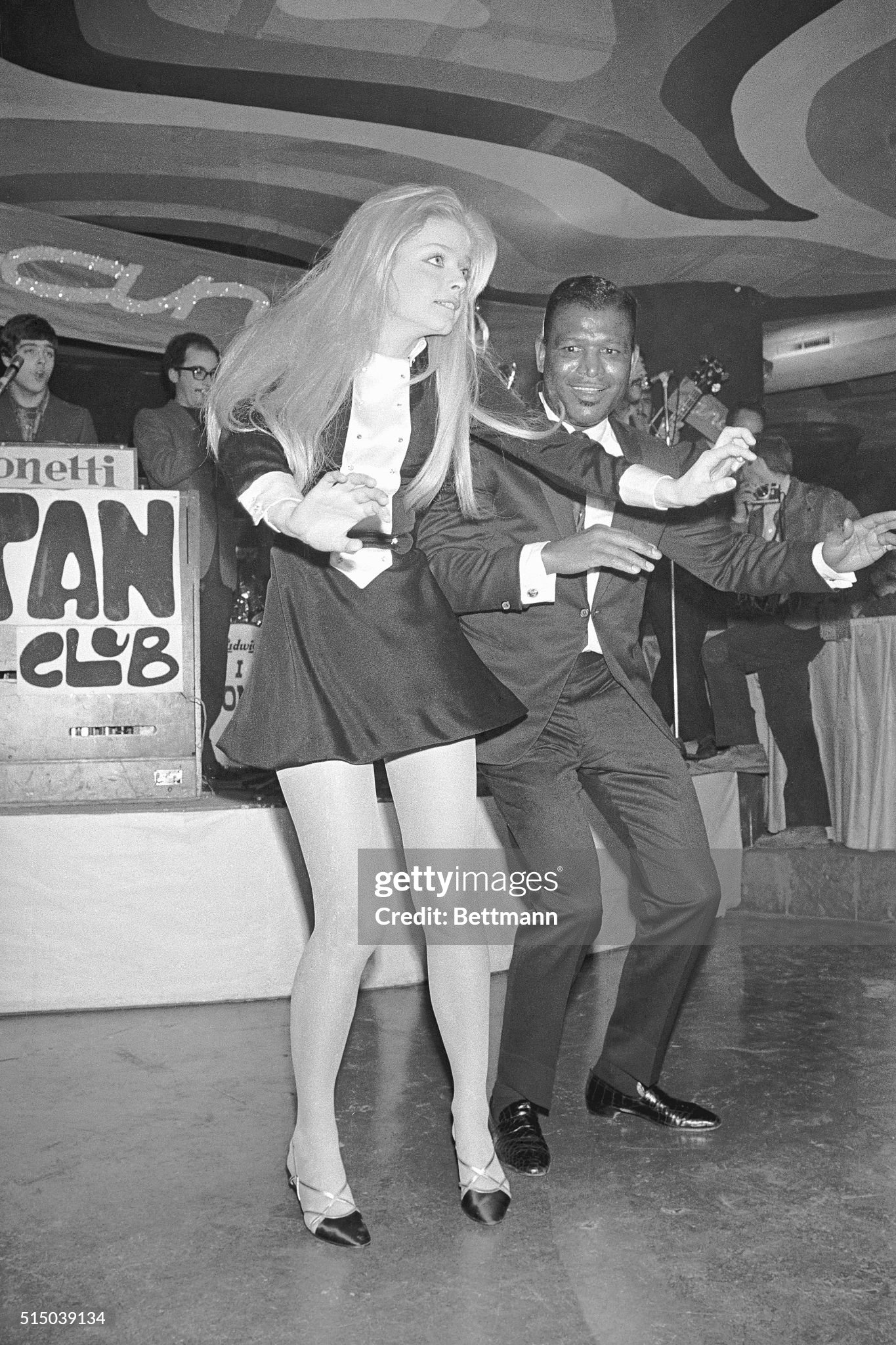
Former middleweight and welterweight boxing champ Sugar Ray Robinson does a dance routine with teenage Swedish actress Ewa Aulin in Rome, Italy, on 13 December 1967. Photo by Getty Images.
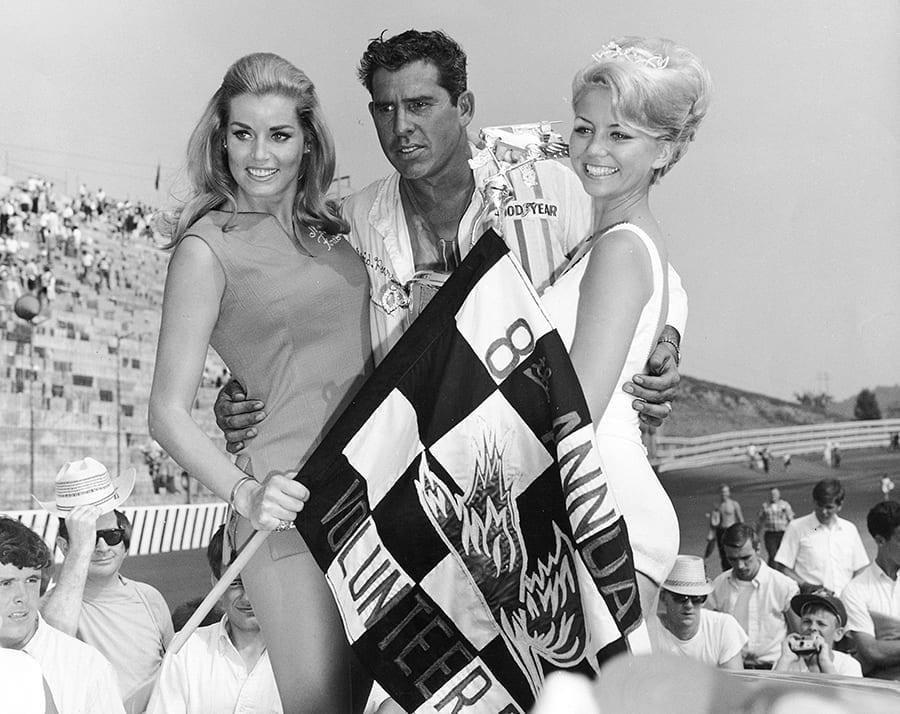
Stock car driver David Pearson celebrating with the almost now defunct glamour girls of motor racing in 1968.
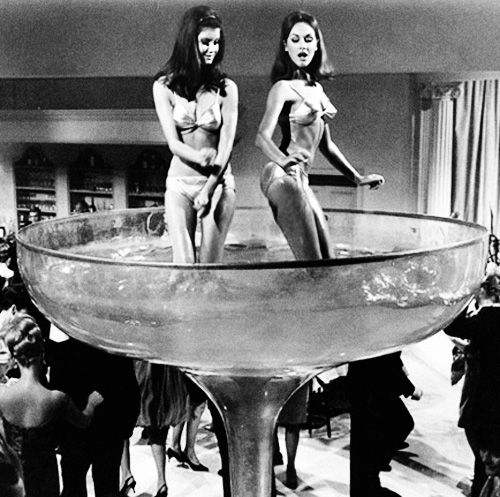
Roseann Williams and Tara Glynn dance in a giant champagne glass in Criss Cross, later re-named P.J., in 1968.
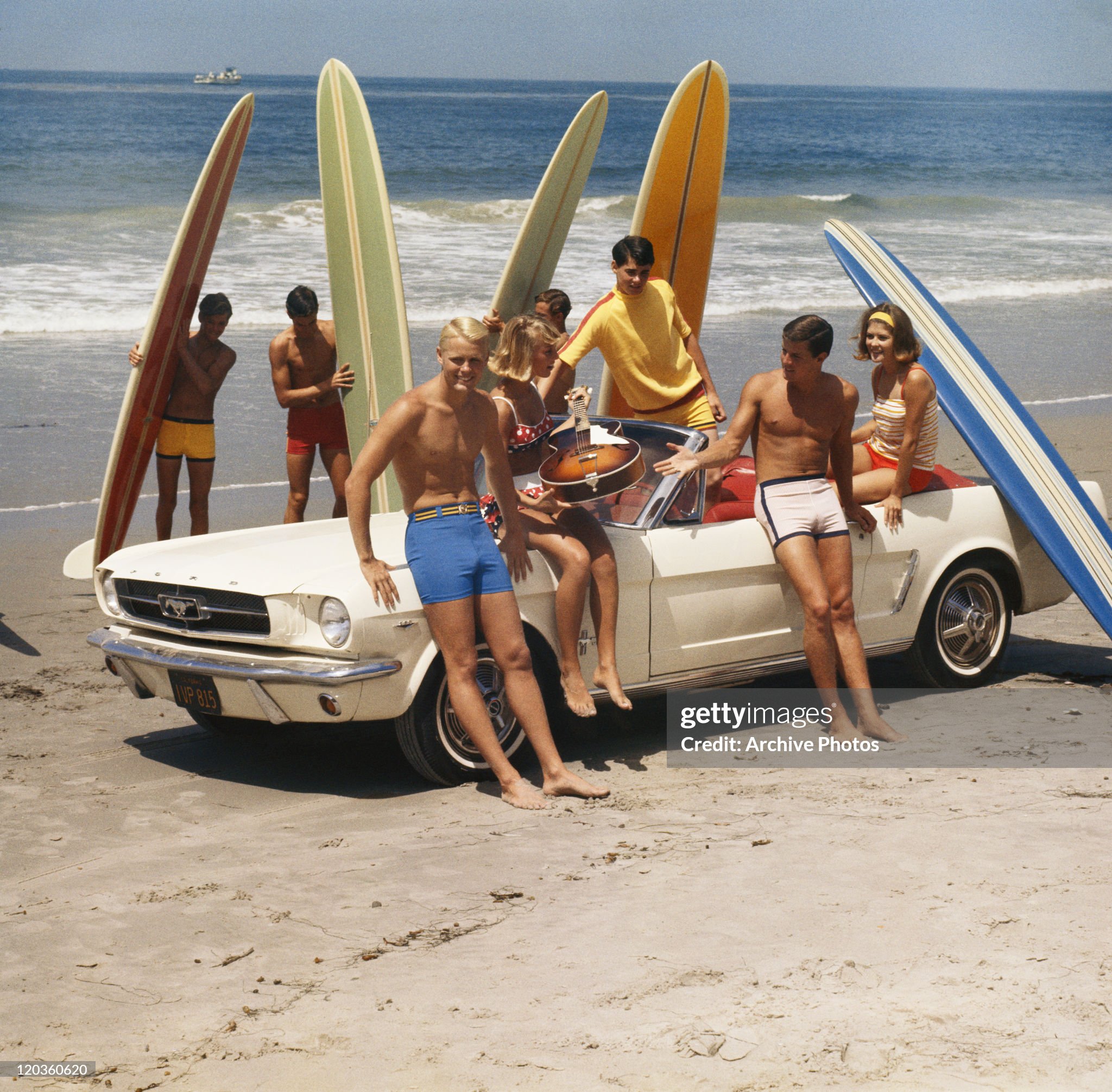
A group of surfers on a beach with a Ford Mustang car in 1968.
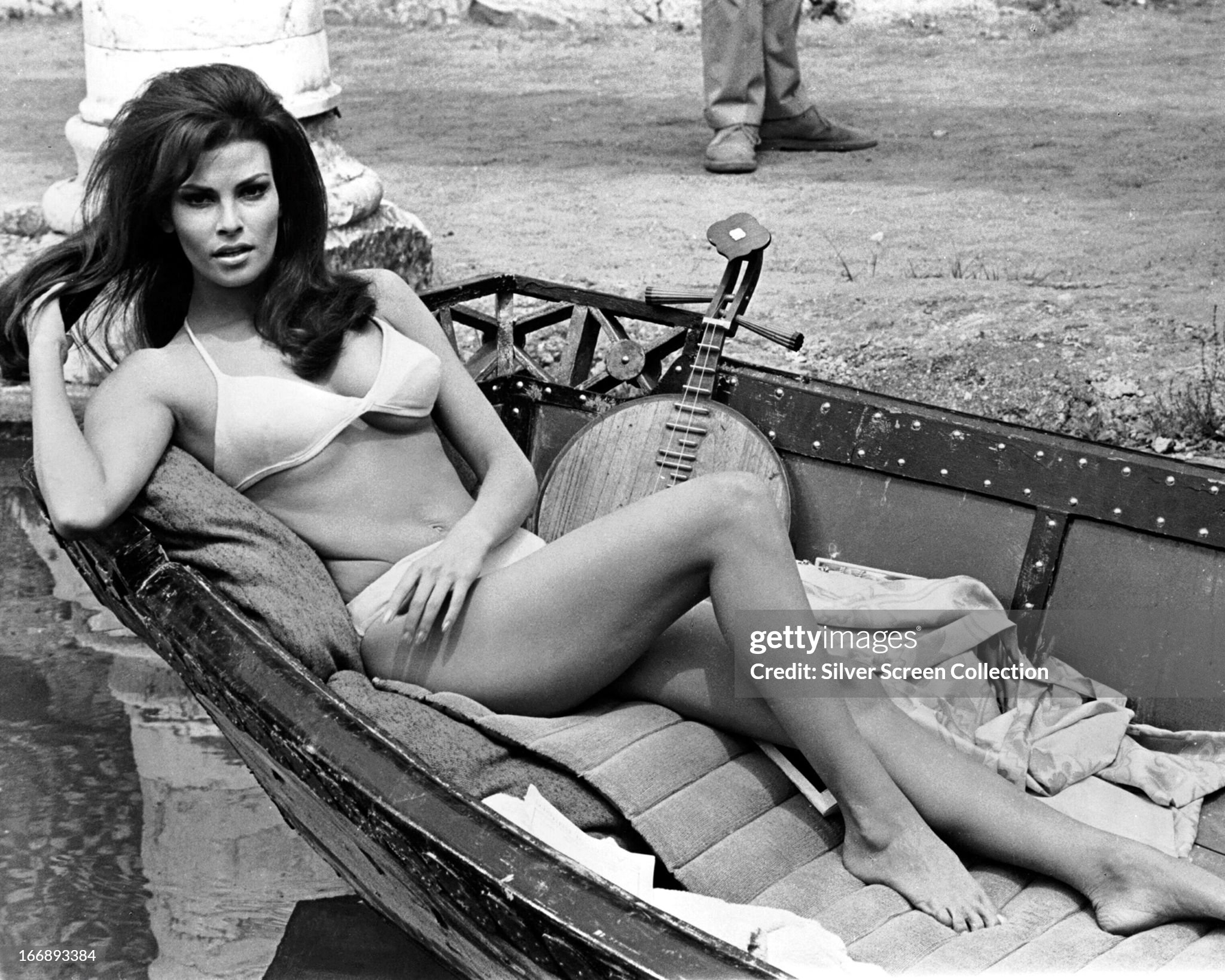
American actress Raquel Welch wearing a bikini in 1968 on the set of 'The biggest bundle of them all', directed by Ken Annakin. Photo by Silver Screen Collection / Getty Images.
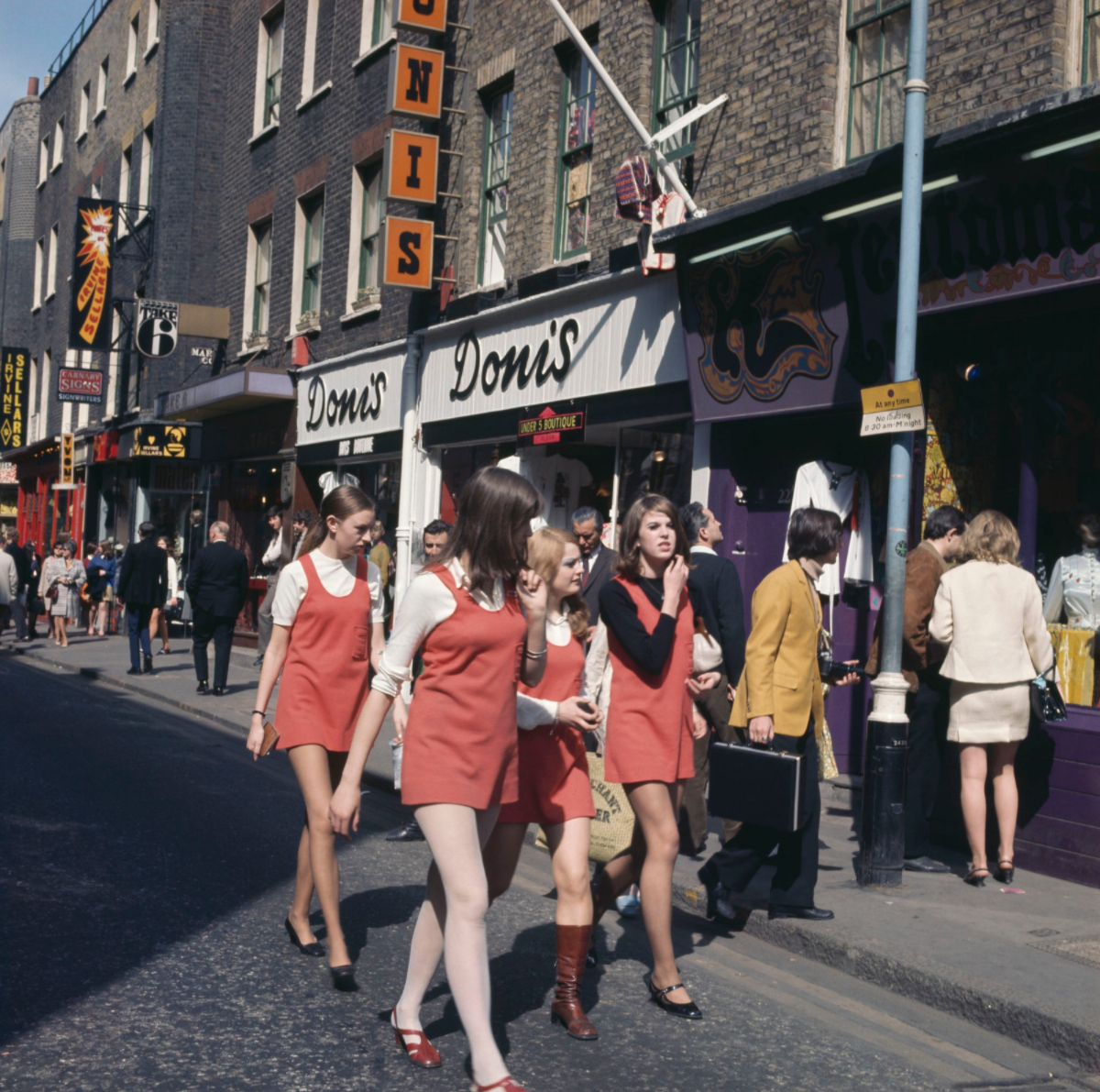
Shoppers on Carnaby street, London, circa 1968. Photo by Michael Putland / Getty Images.
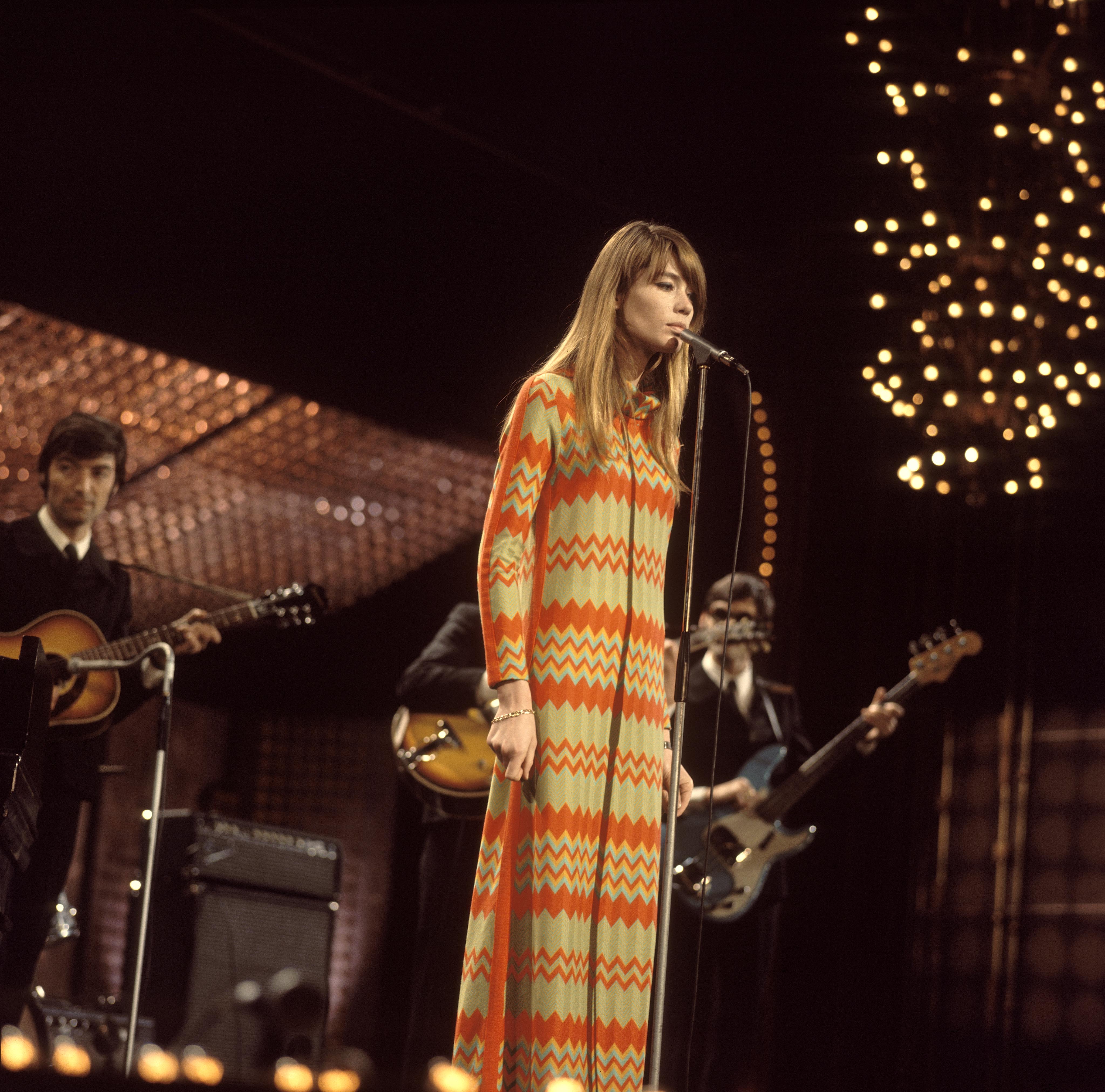
Françoise Hardy on stage in London in 1968. Photo by David Redfern.
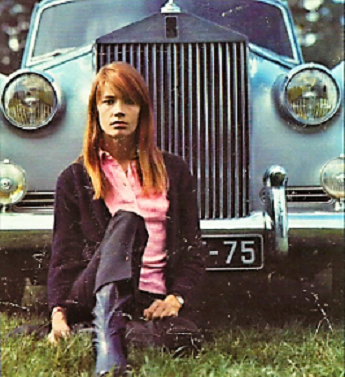
Françoise Hardy in front of her blue Rolls Royce Silver Cloud in 1968.
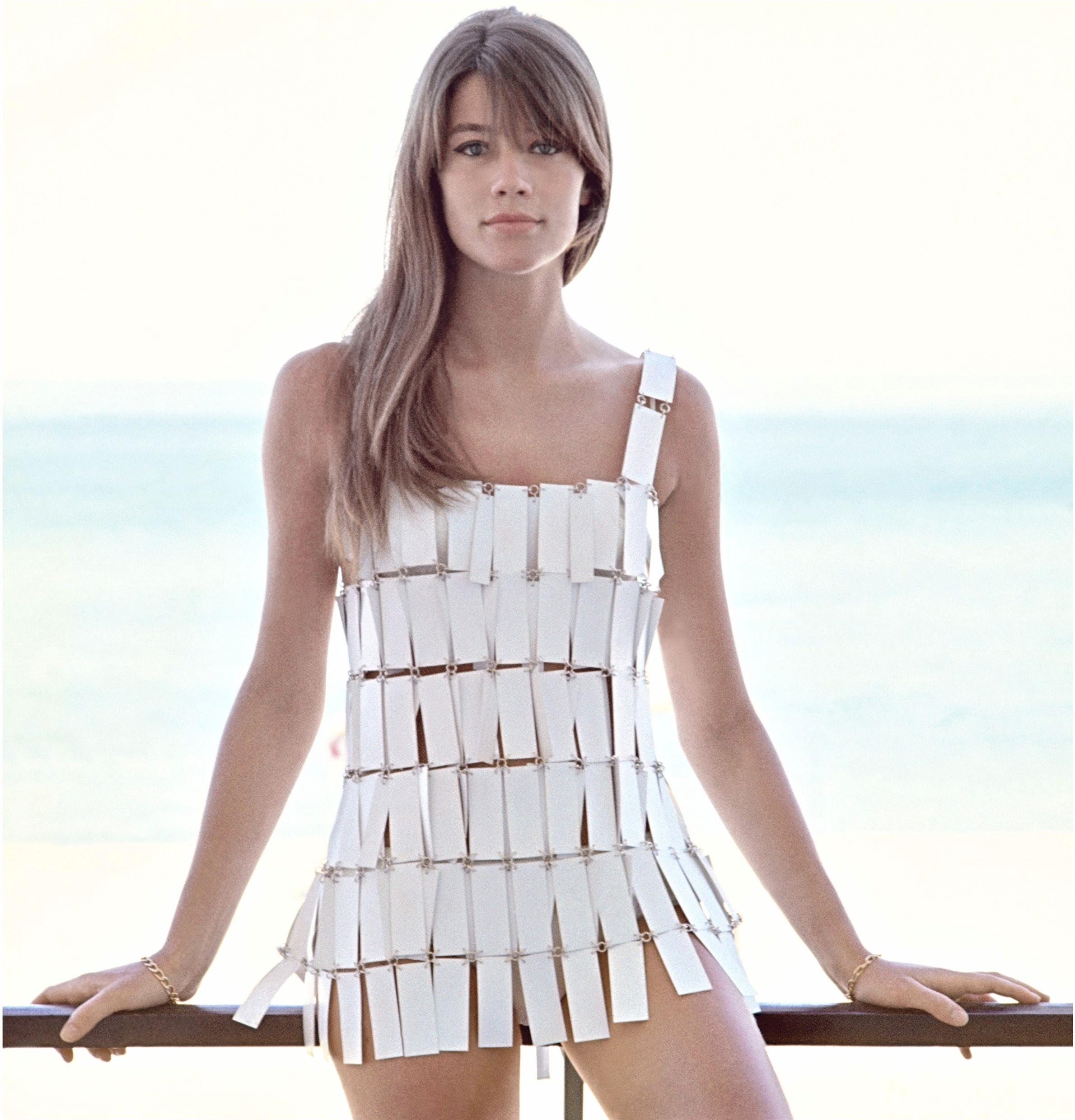
French singer Françoise Hardy in Paris with a Paco Rabanne dress in 1968.
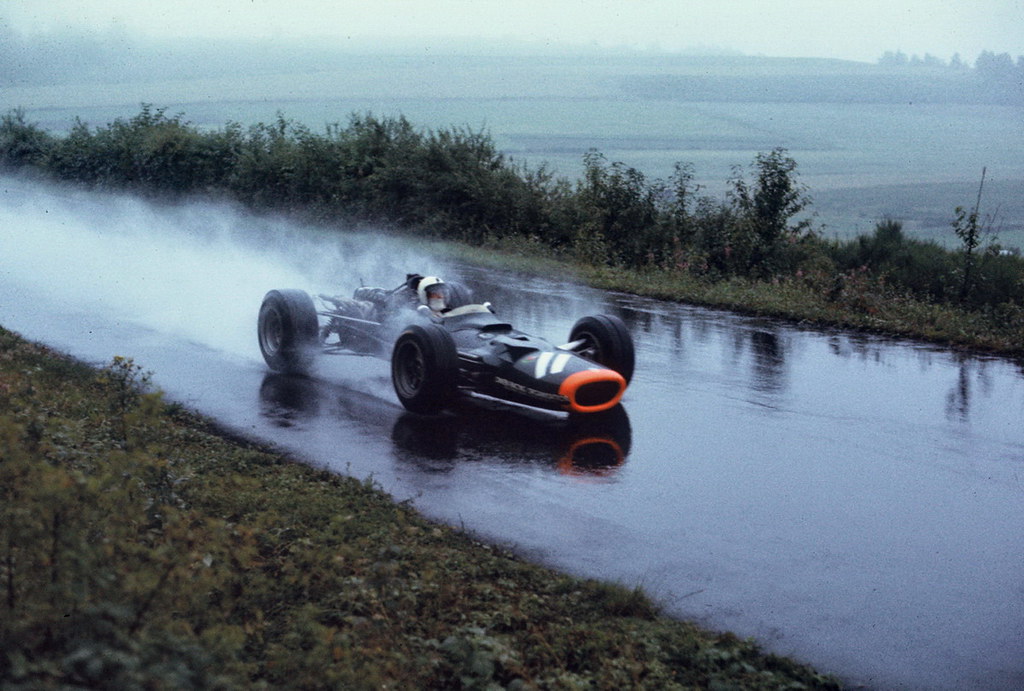
A BRM in 1968.
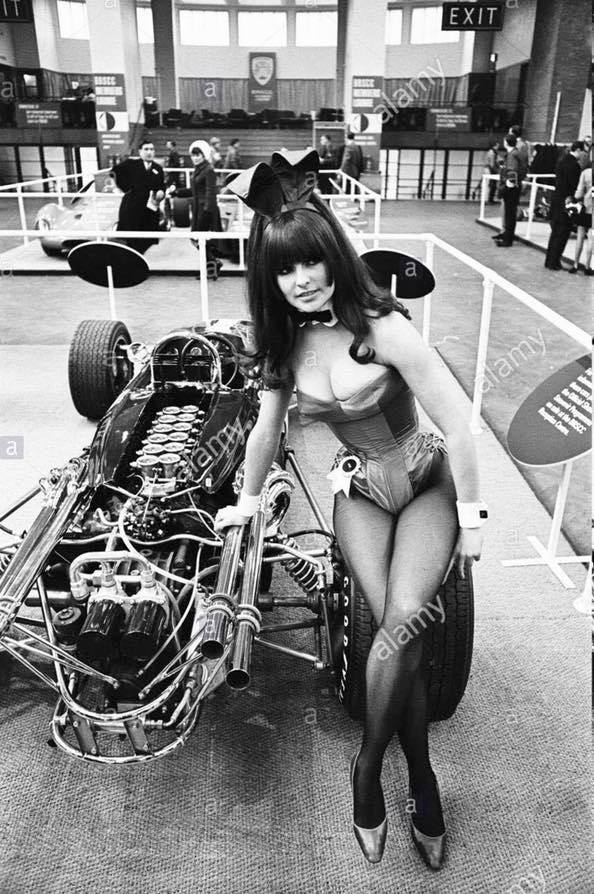
Anne Worral and an Eagle 102 at the ‘Auto speed 68 show’ in London in January 1968.
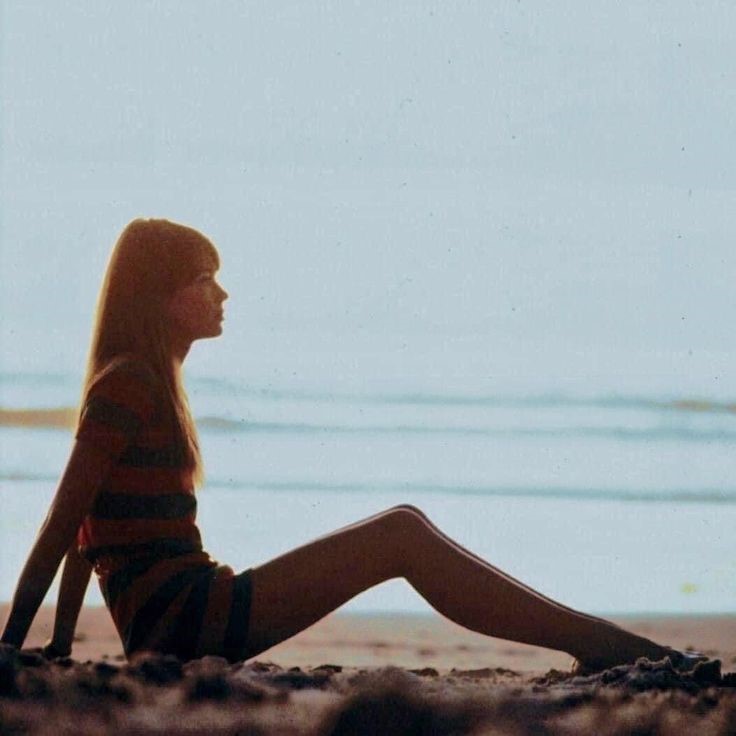
Françoise Hardy, South Africa, February 1968.
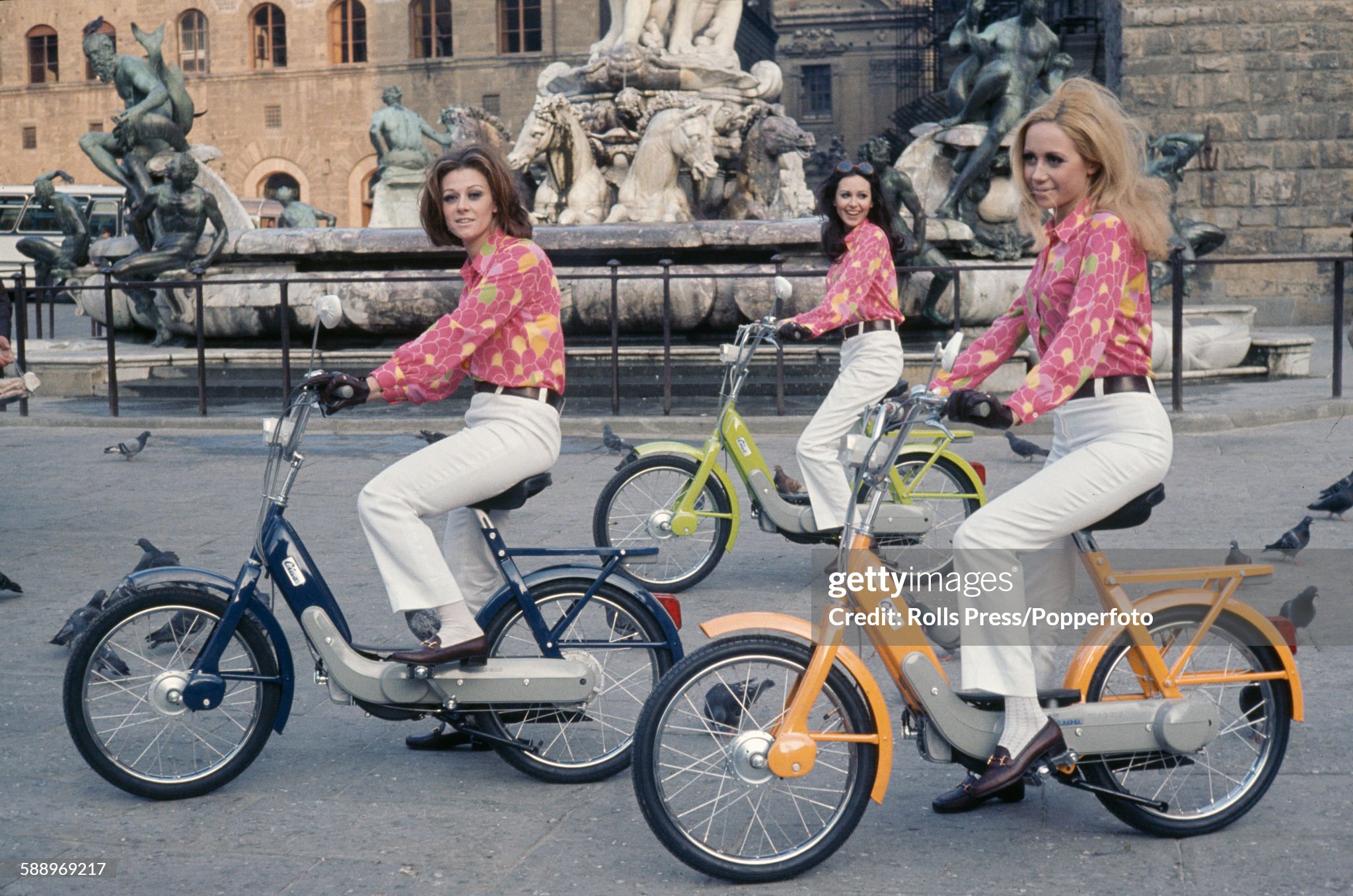
View of three female models wearing identical pink blouses and white trousers, pictured sitting on recently launched Piaggio Ciao mopeds in front of the Fountain of Neptune on the Piazza della Signoria in Florence, Italy, on 13th March 1968. Photo by Rolls Press / Popperfoto via Getty Images.
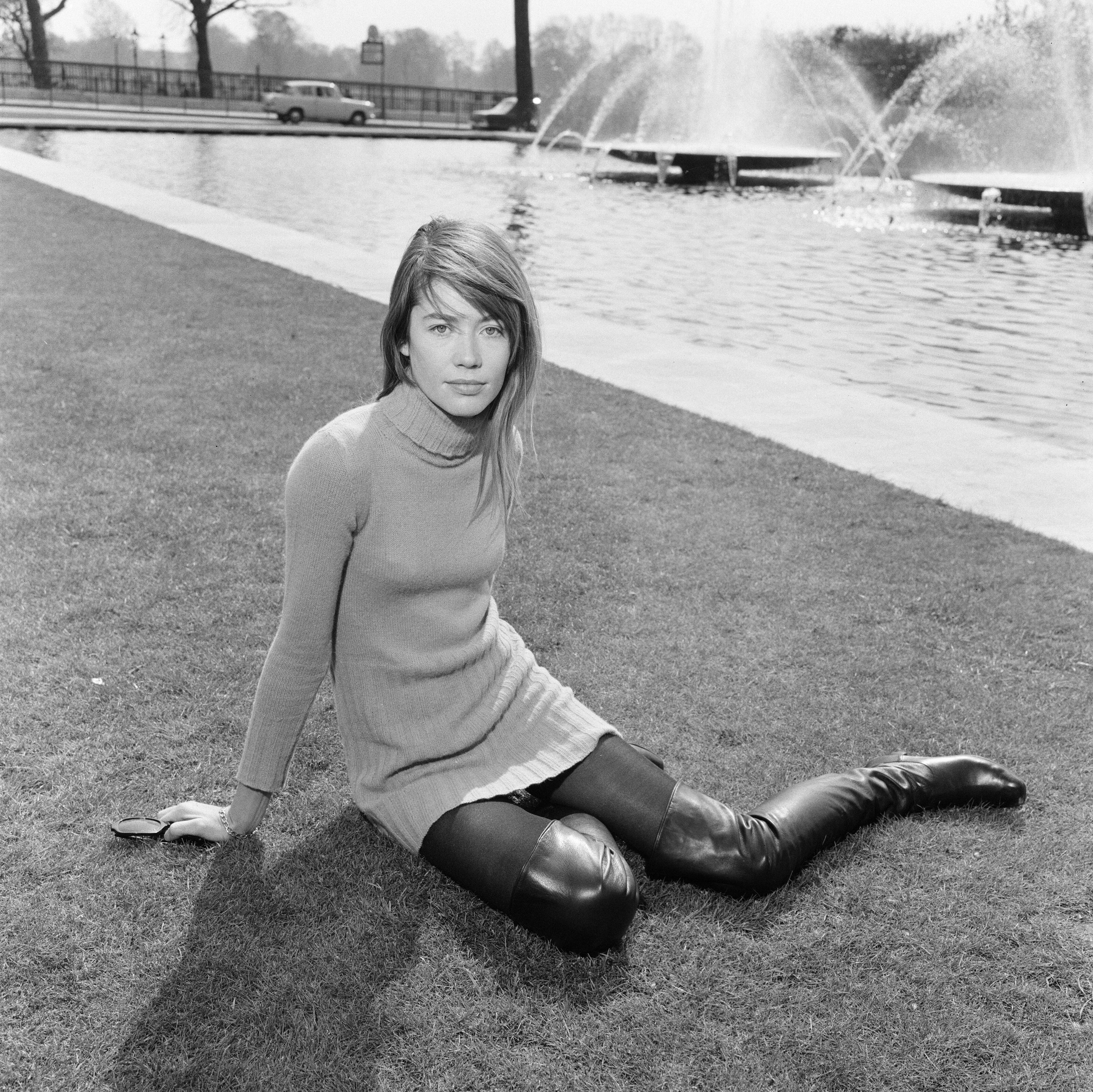
Françoise Hardy relaxes in the spring sunshine at Hyde Park, London, on Sunday 14th April 1968. Photo by Edward Dean / Mirrorpix / Getty Images.
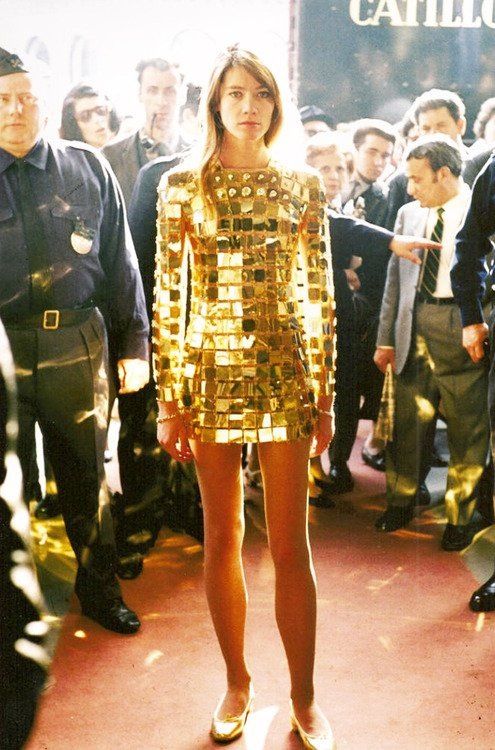
Françoise Hardy wears a unique creation by Paco Rabanne, 'The most expensive dress in the world', at the inauguration of the ‘International Diamond Exhibition’ in May 1968. The dress is made from an assembly of a thousand gold plates (for a total weight of nine kilos) and decorated with 22 diamonds.
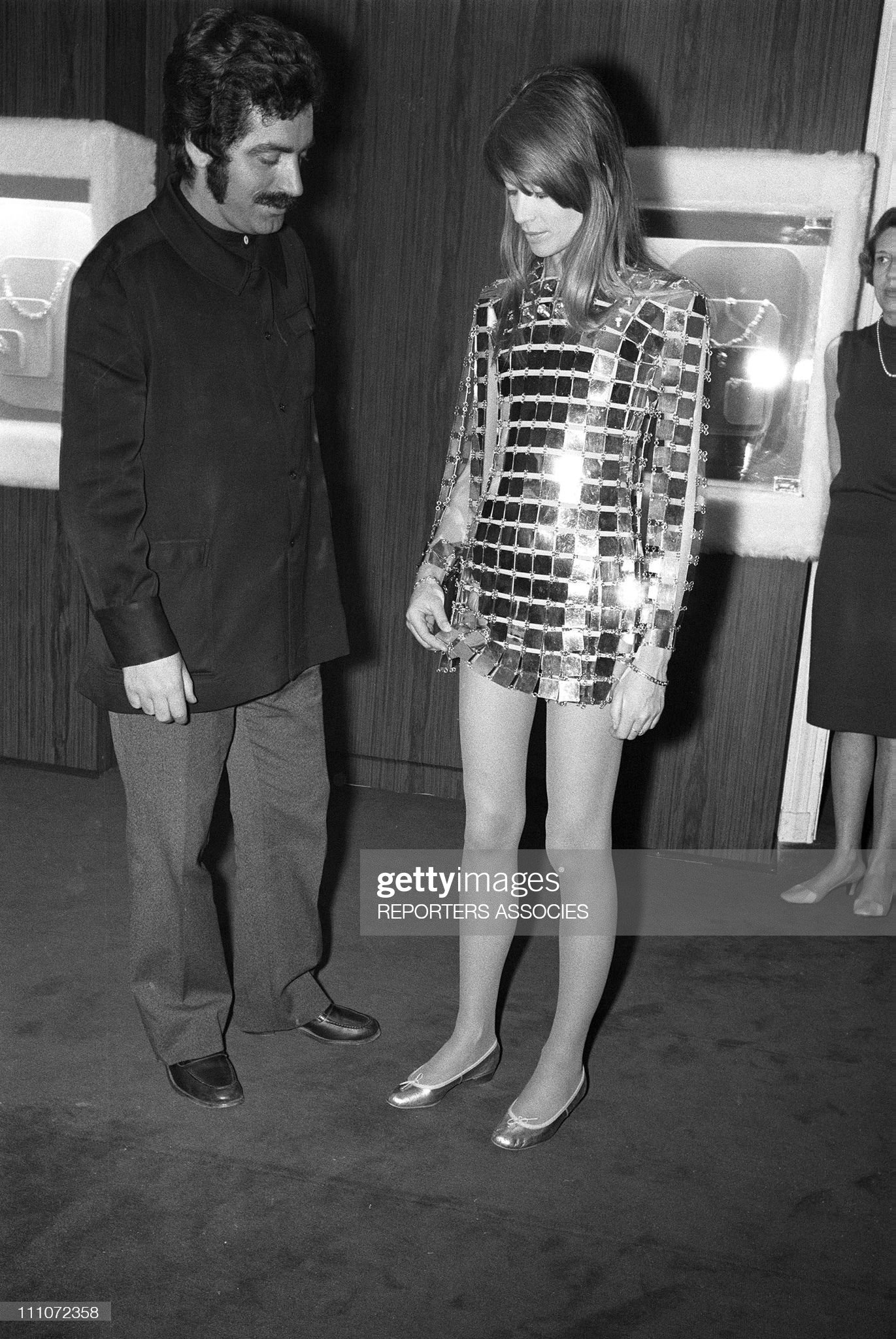
Françoise Hardy on May 19, 1968. Photo by Reporters Associes / Gamma - Rapho via Getty Images.
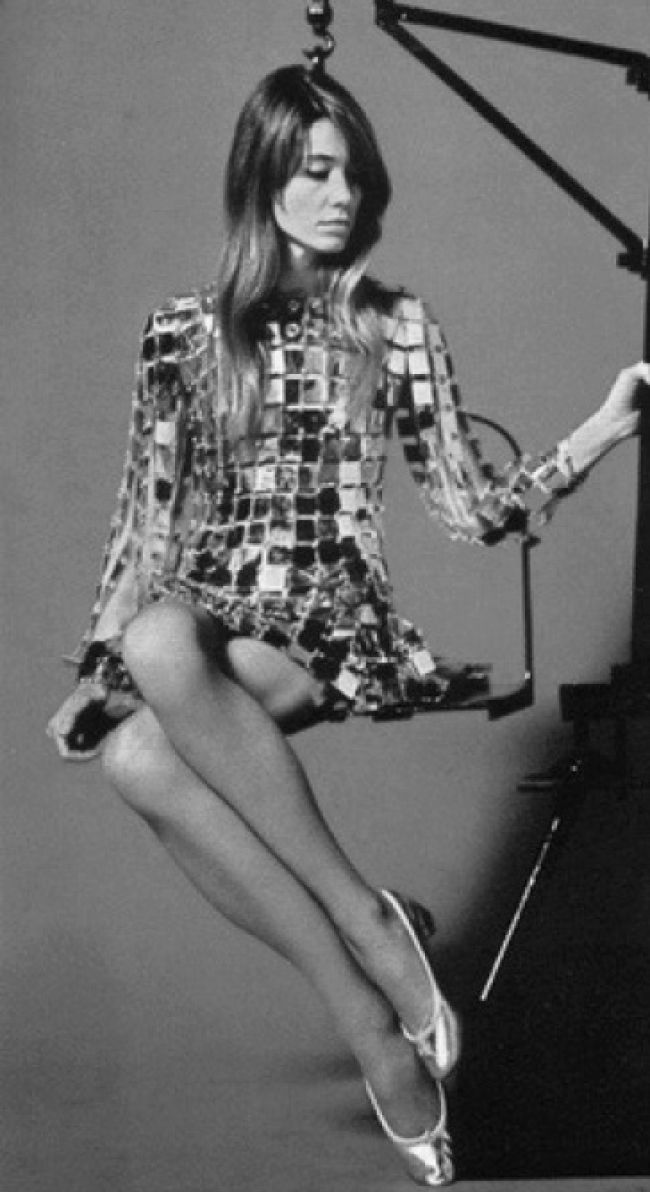
Françoise Hardy.
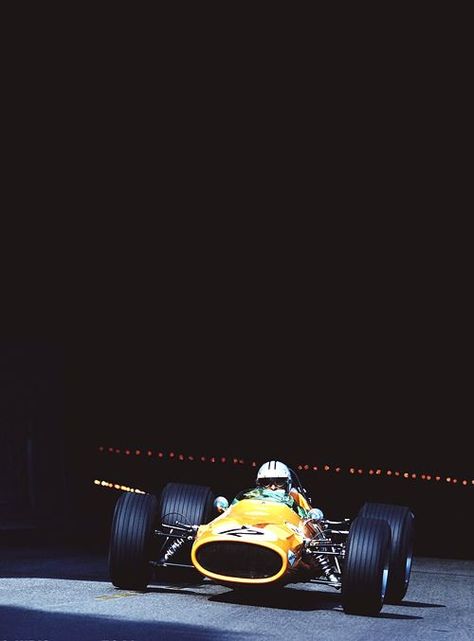
Denny Hulme, McLaren, at the Monaco GP on 26 May 1968. Photo by Formula One World Motoring History.
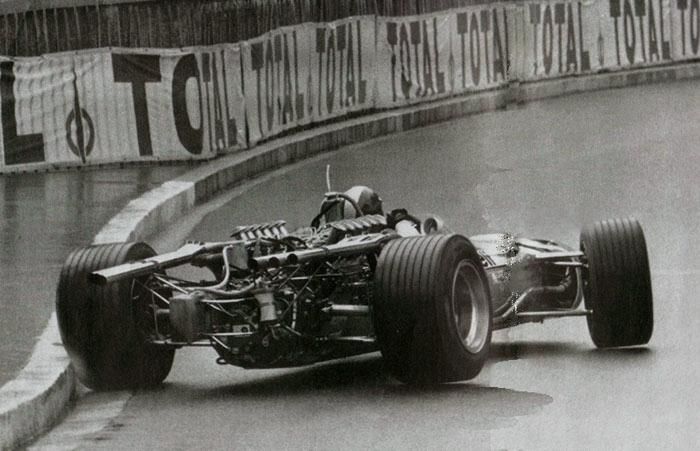
Jean-Pierre Beltoise, Matra MS11, at the Monaco GP on 26 May 1968.
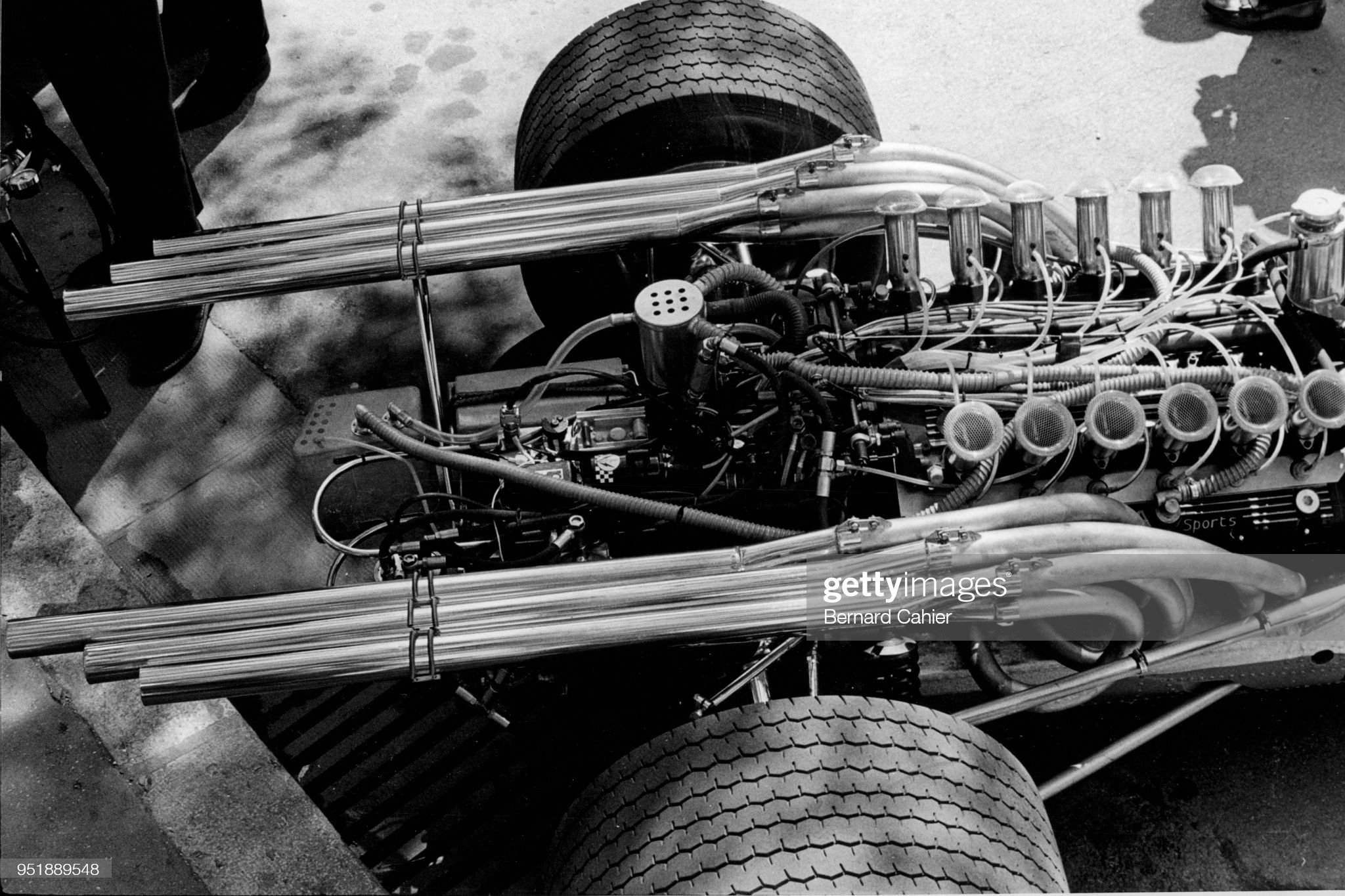
Matra engine MS9 3.0 V12, Grand Prix of Monaco, 26 May 1968. Photo by Bernard Cahier / Getty Images.
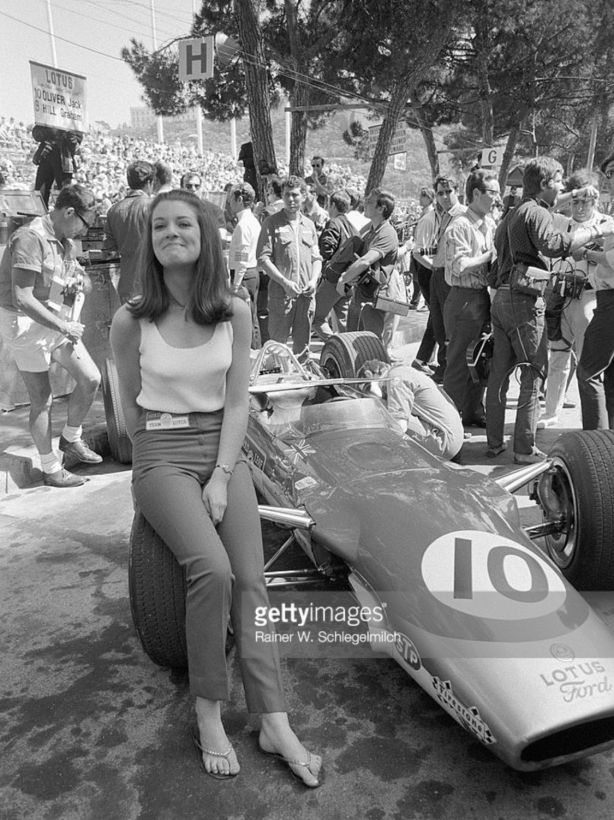
Lynn Oliver on her husband's Lotus at Monaco '68.
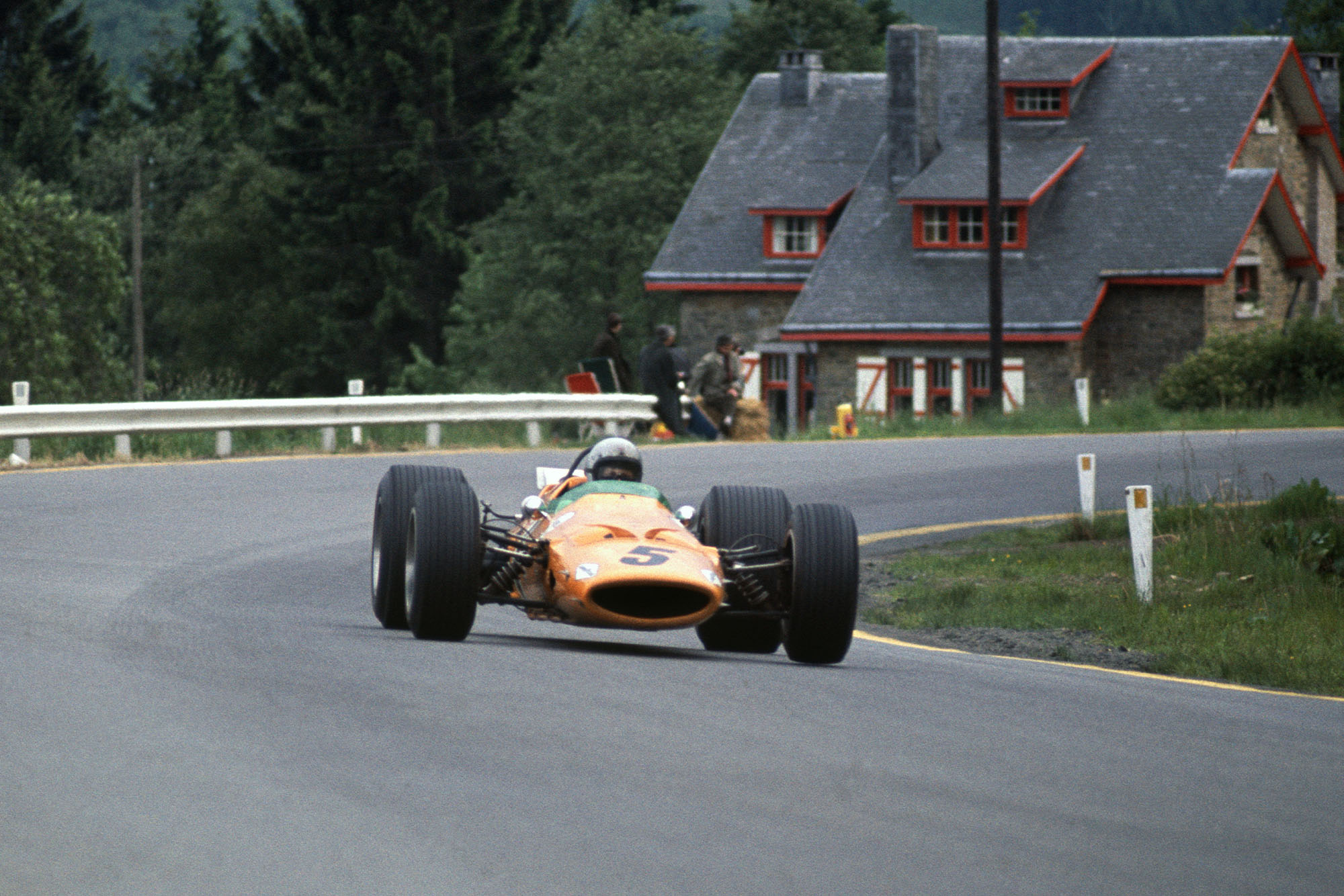
McLaren's first victory at F1 Belgian Grand Prix on 09 June 1968.
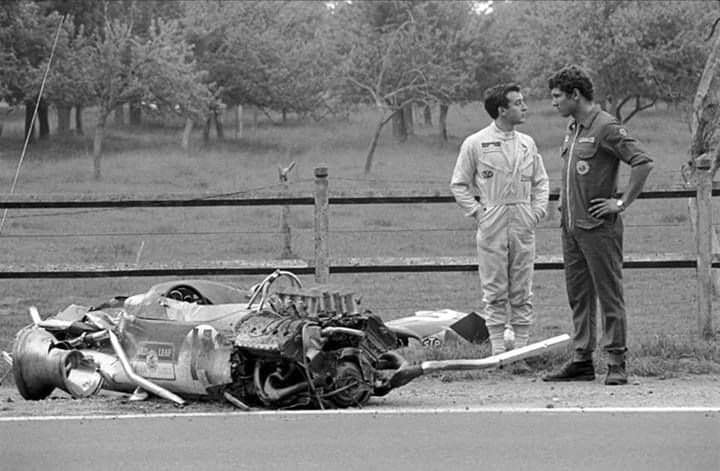
Jackie Oliver, GBR, (left) and a Lotus mechanic wonder how Jackie was able to walk away from the Lotus 49B after a violent accident in practice at the French Grand Prix in Rouen-les-Essarts on 7 July 1968.
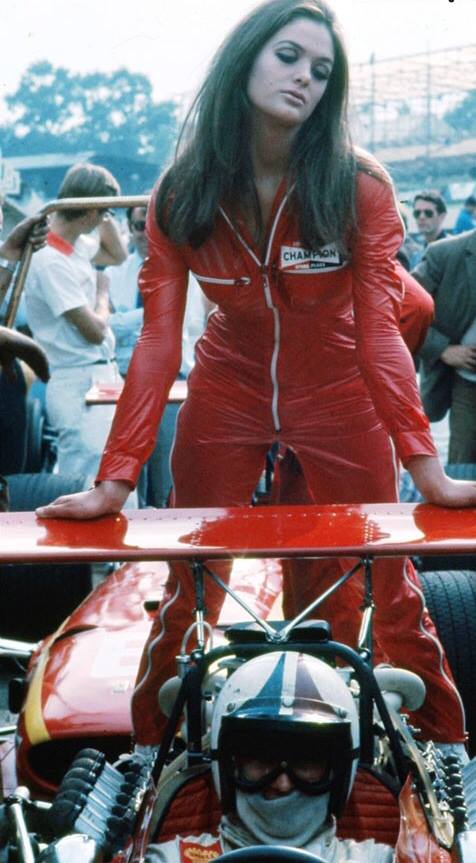
Chris Amon, Ferrari 312 242C - 3.0 V12 and a girl at the British GP in Brands Hatch on 20 July 1968.
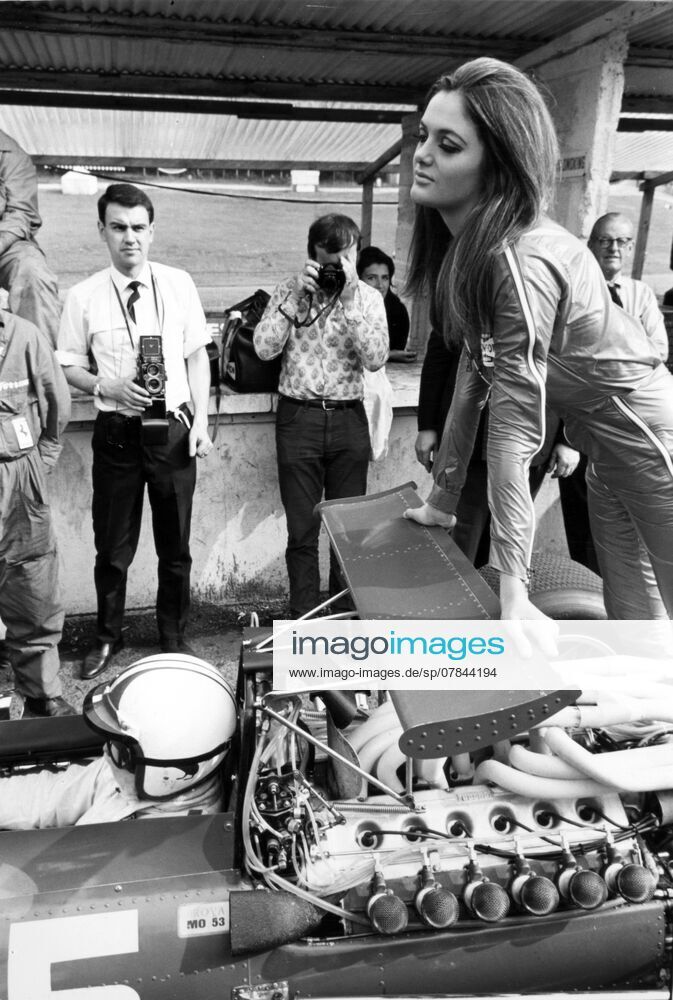
Chris Amon, Ferrari 312 242C - 3.0 V12 and a girl at the British GP in Brands Hatch on 20 July 1968.
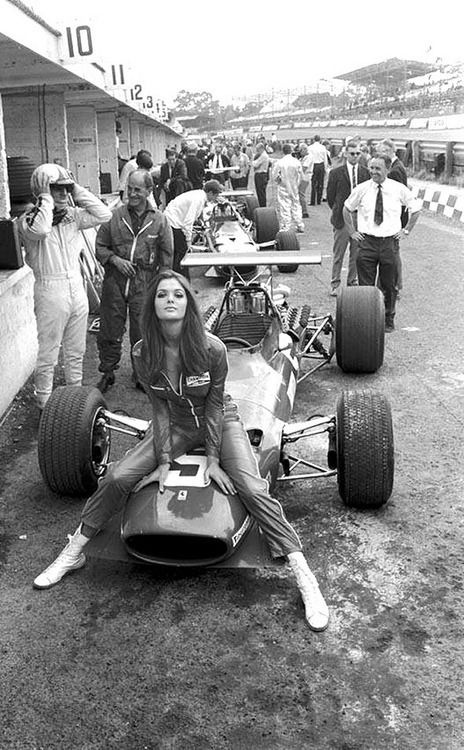
Chris Amon, Ferrari 312 242C - 3.0 V12 and a girl at the British GP in Brands Hatch on 20 July 1968.
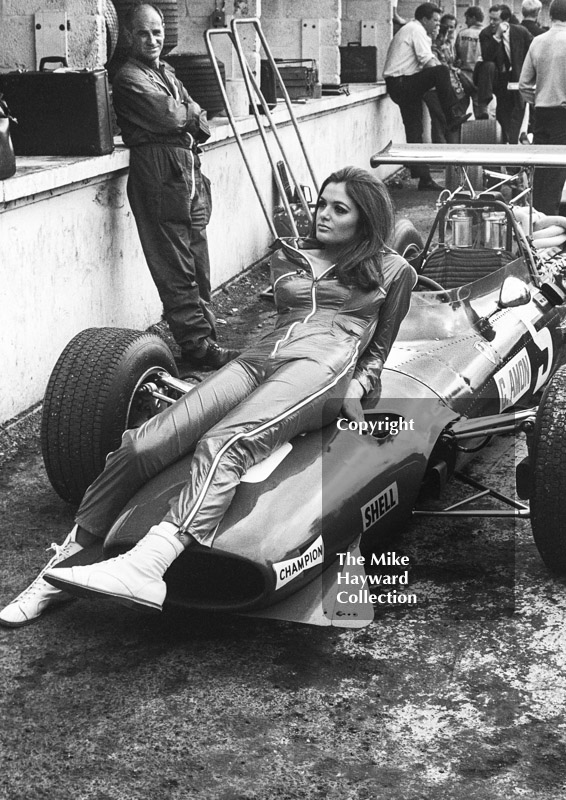
Chris Amon, Ferrari 312 242C - 3.0 V12 and a girl at the British GP in Brands Hatch on 20 July 1968.
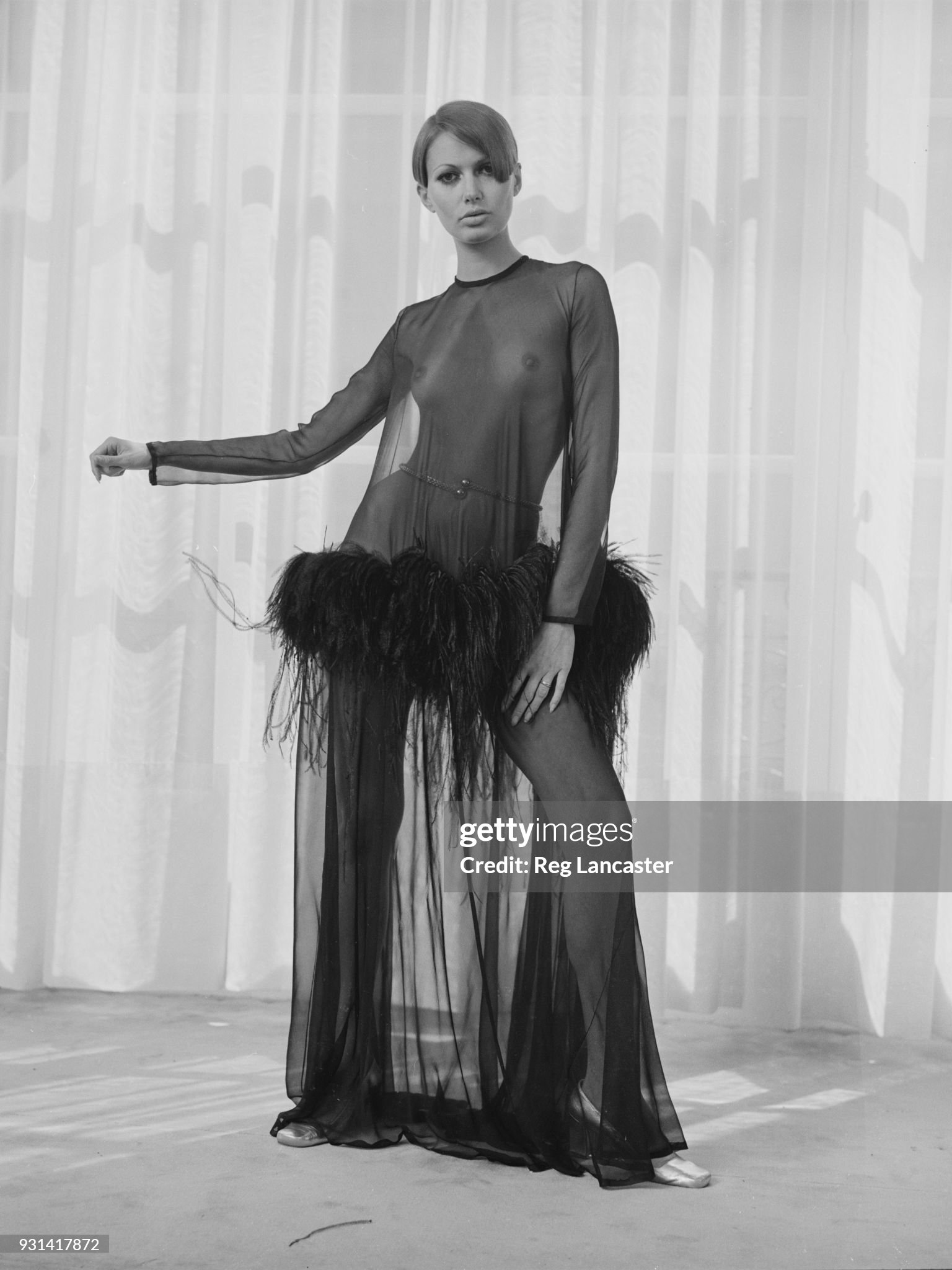
A fashion model wearing an Yves Saint Laurent see through long dress in Paris, France, on 19th August 1968. Photo by Reg Lancaster / Daily Express / Getty Images.
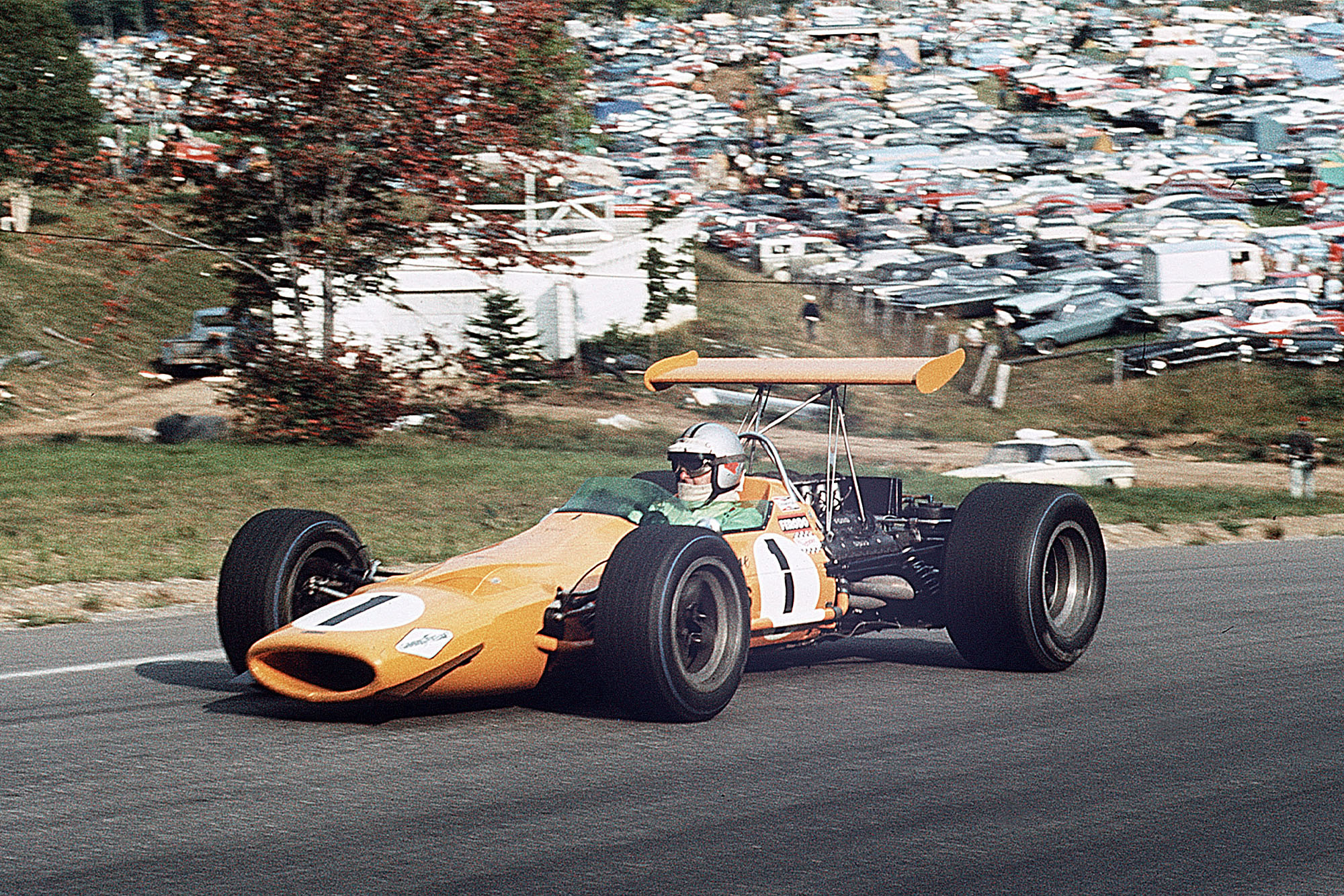
Denny Hulme secured victory at the Canadian GP in the McLaren-Ford on 22 September 1968.
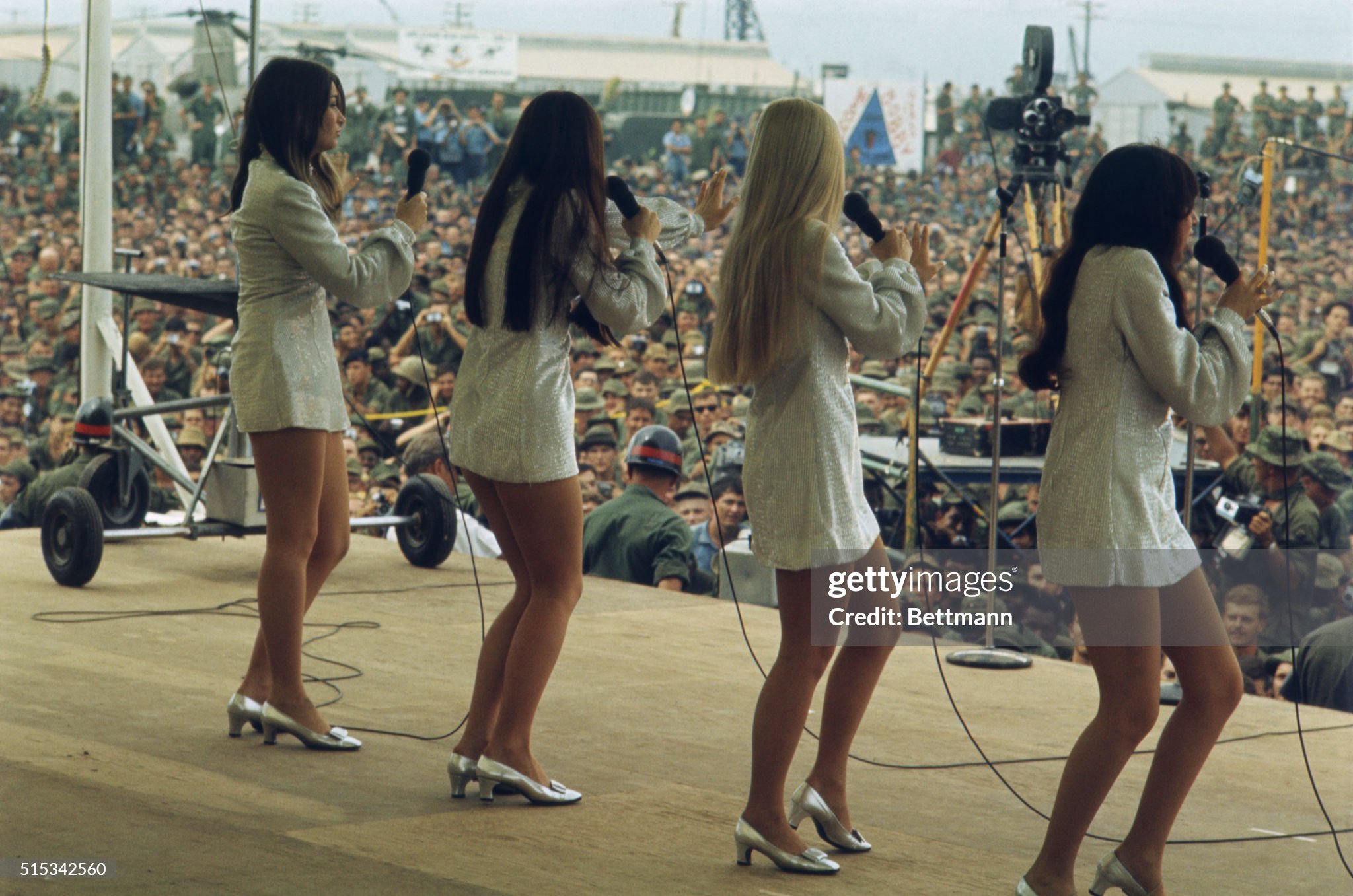
Dancers perform at the 9th Infantry Division headquarters on December 27, 1968. Photo by Getty Images.
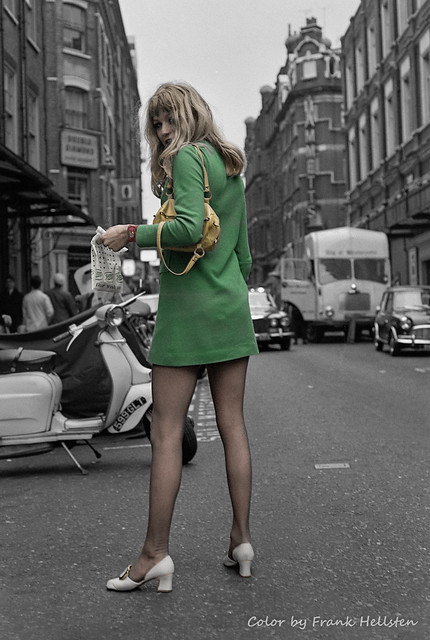
Swinging London in 1969.
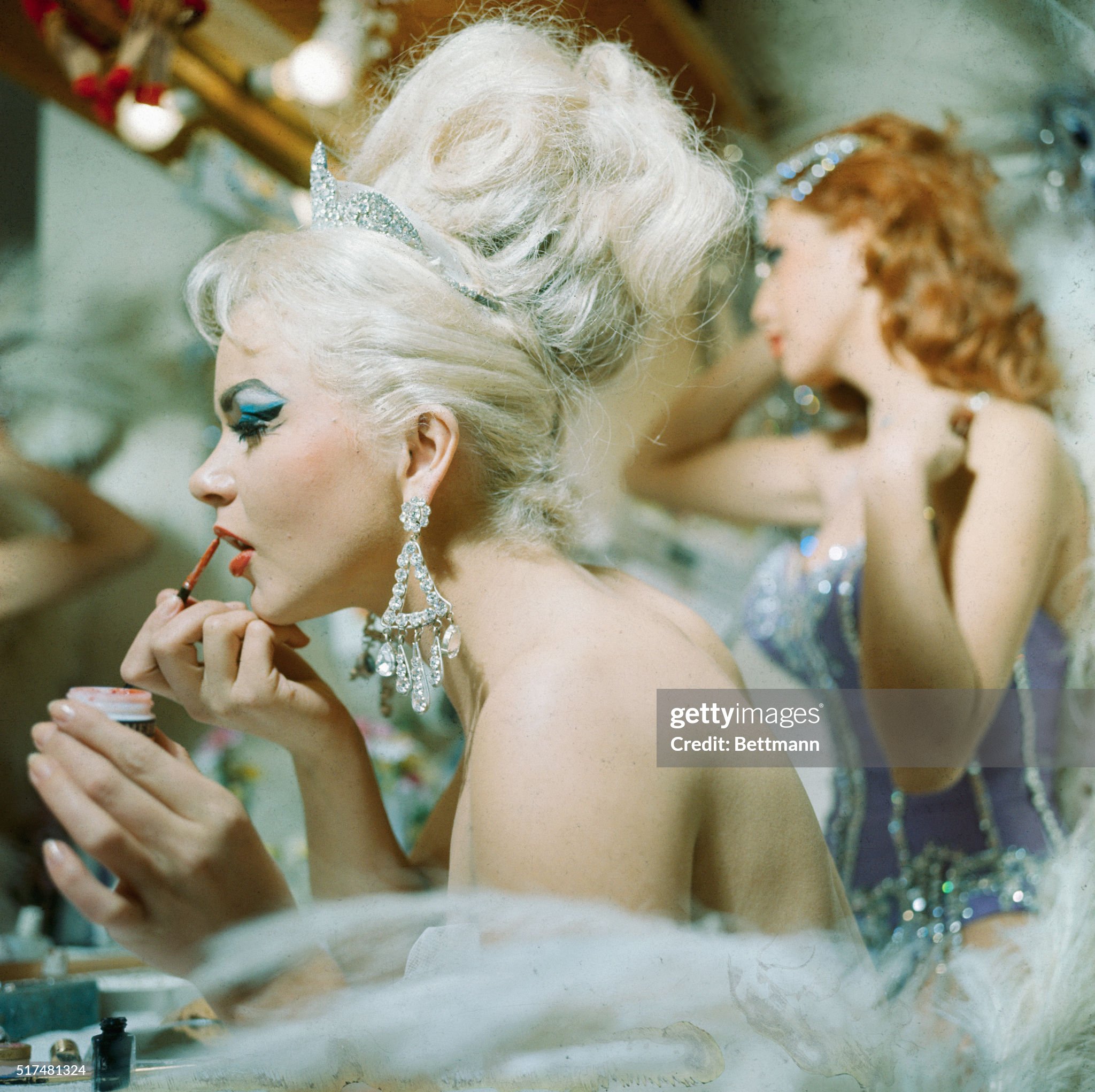
Tropicana dancers dress for a show in 1969 celebrating the centennial of the original Folies Bergere, which opened in Paris in 1869. The show's Las Vegas incarnation has been running since 1961. Photo by Getty Images.
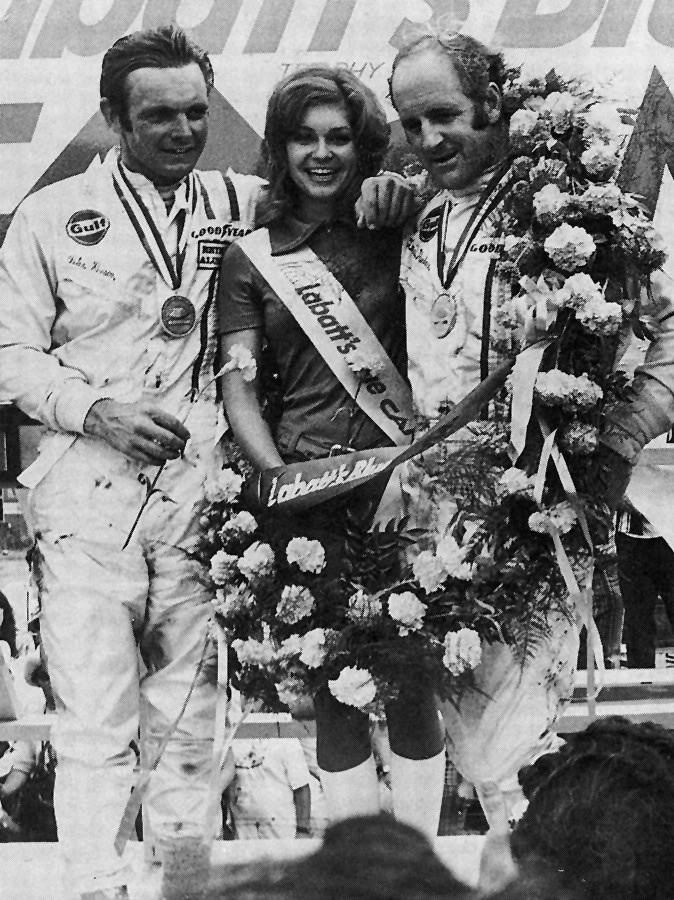
Peter Revson and Denny Hulme with a beauty queen in 1969.
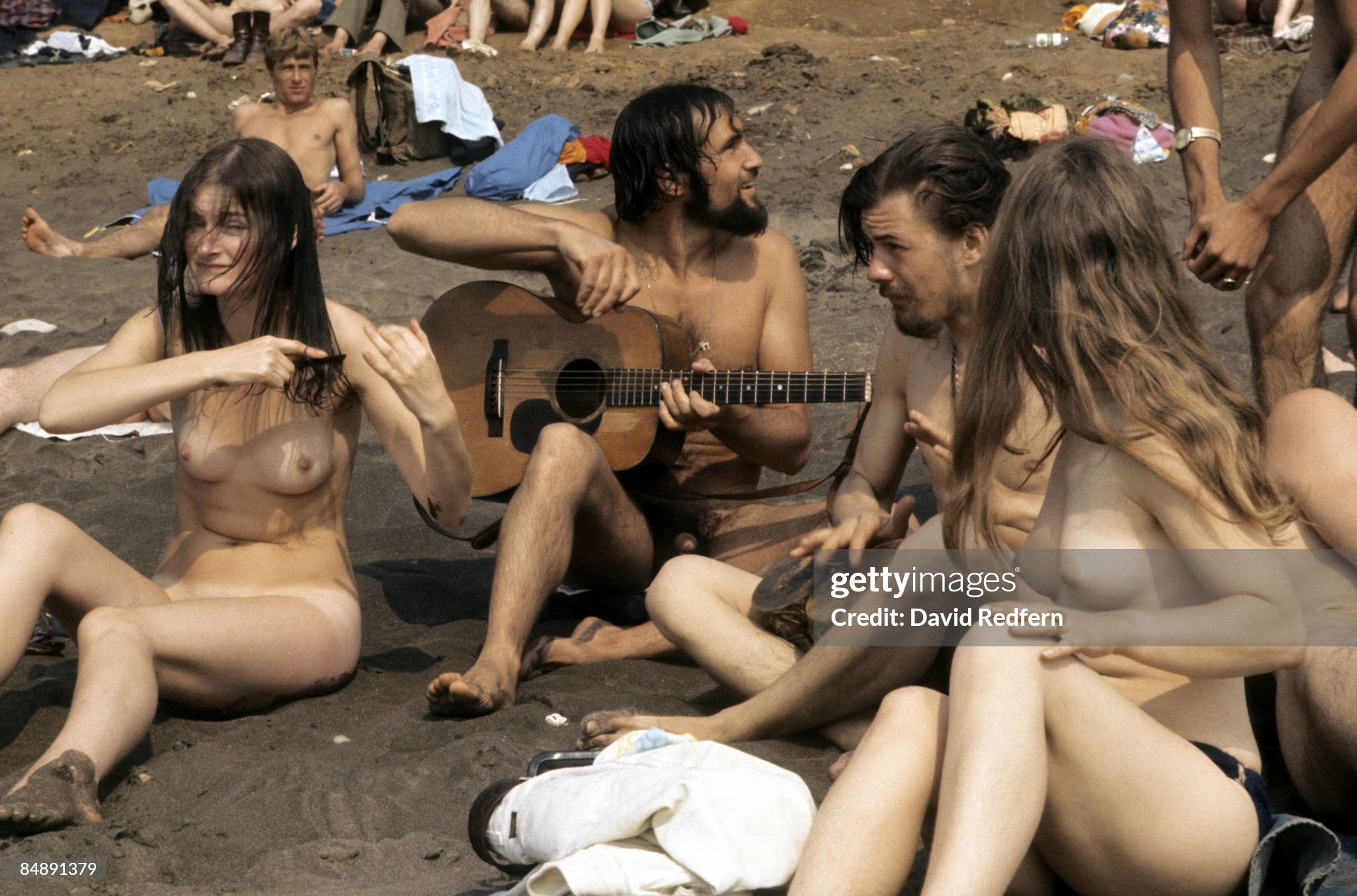
Naked hippies sit on the beach on the Isle of Wight, United Kingdom, during the festival on 01 January 1969. Photo by David Redfern / Getty Images.
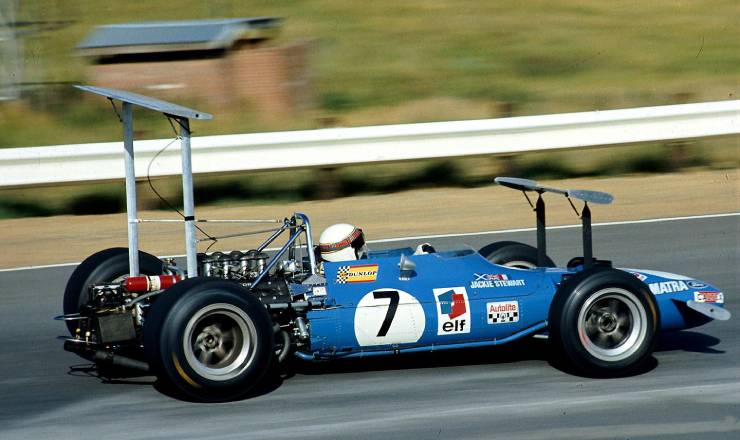
Jackie Stewart, Matra MS10, South African GP at Kyalami on 01 March 1969.
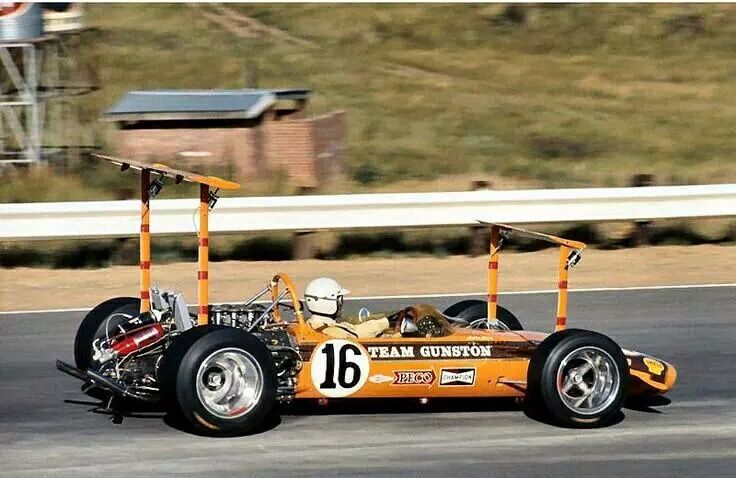
John Love, Team Gunston Lotus Ford, at the 1969 South African GP. Photo by David Phipps.
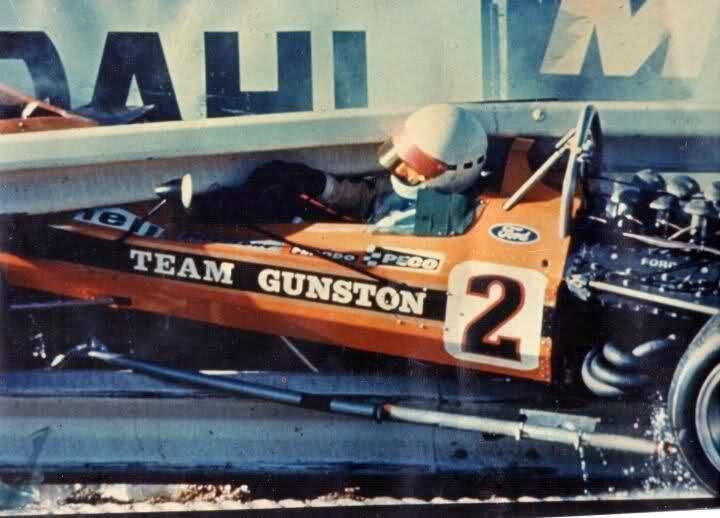
John Love in the barriers (quite literally) at the 1969 South African Grand Prix.
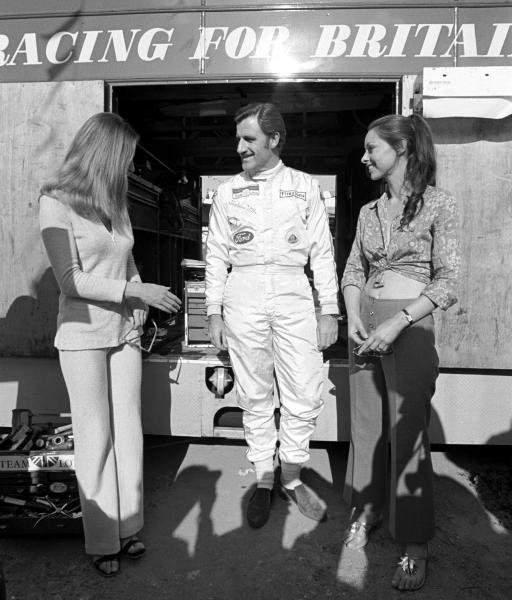
Graham Hill and two girls at Barcellona in 1969.
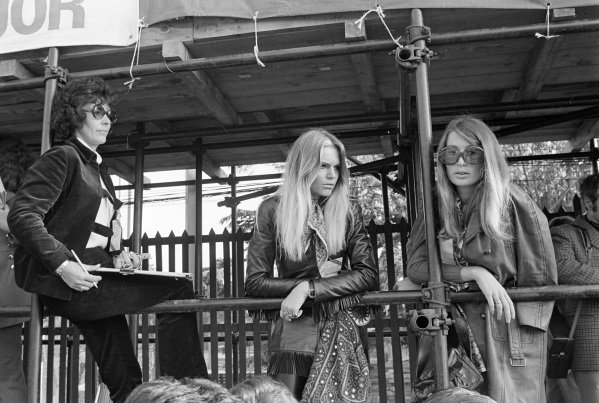
Bette Hill, Helen Stewart and Nina Rindt at the Spanish GP on Sunday 04 May 1969. Hill keeps tabs of times. Photo by David Phipps.
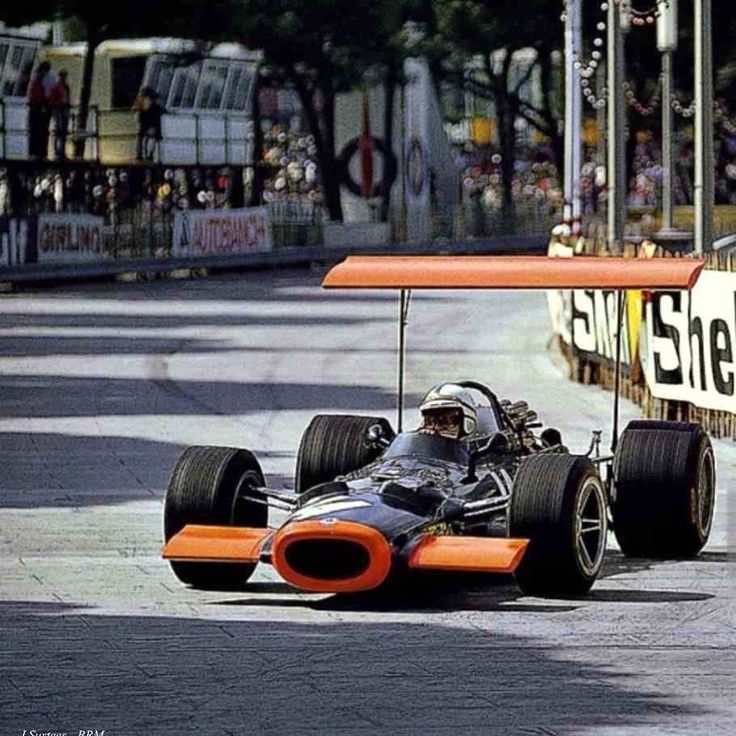
John Surtees, BRM P180, at the Monaco GP on 18 May 1969.
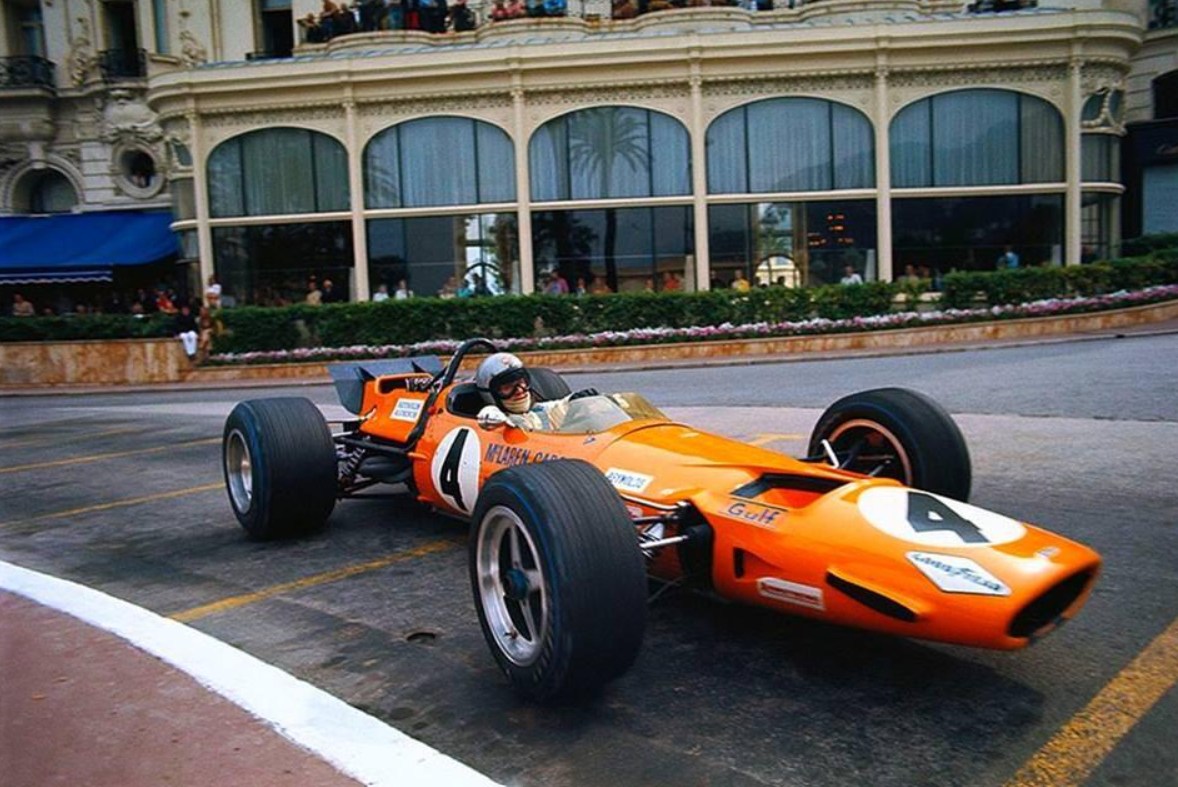
Bruce McLaren, McLaren – Ford M7C, at the Monaco GP on 18 May 1969.
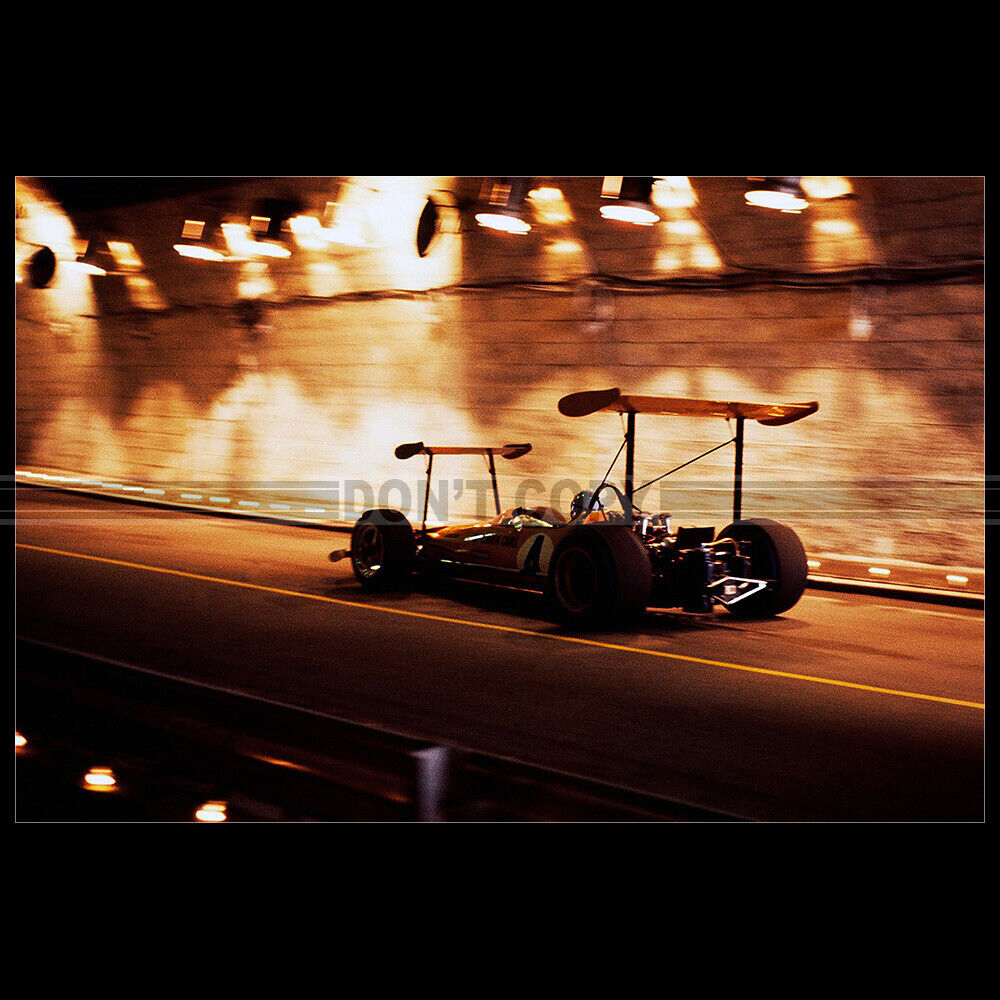
Bruce McLaren, McLaren – Ford M7C, at the Monaco GP on 18 May 1969.
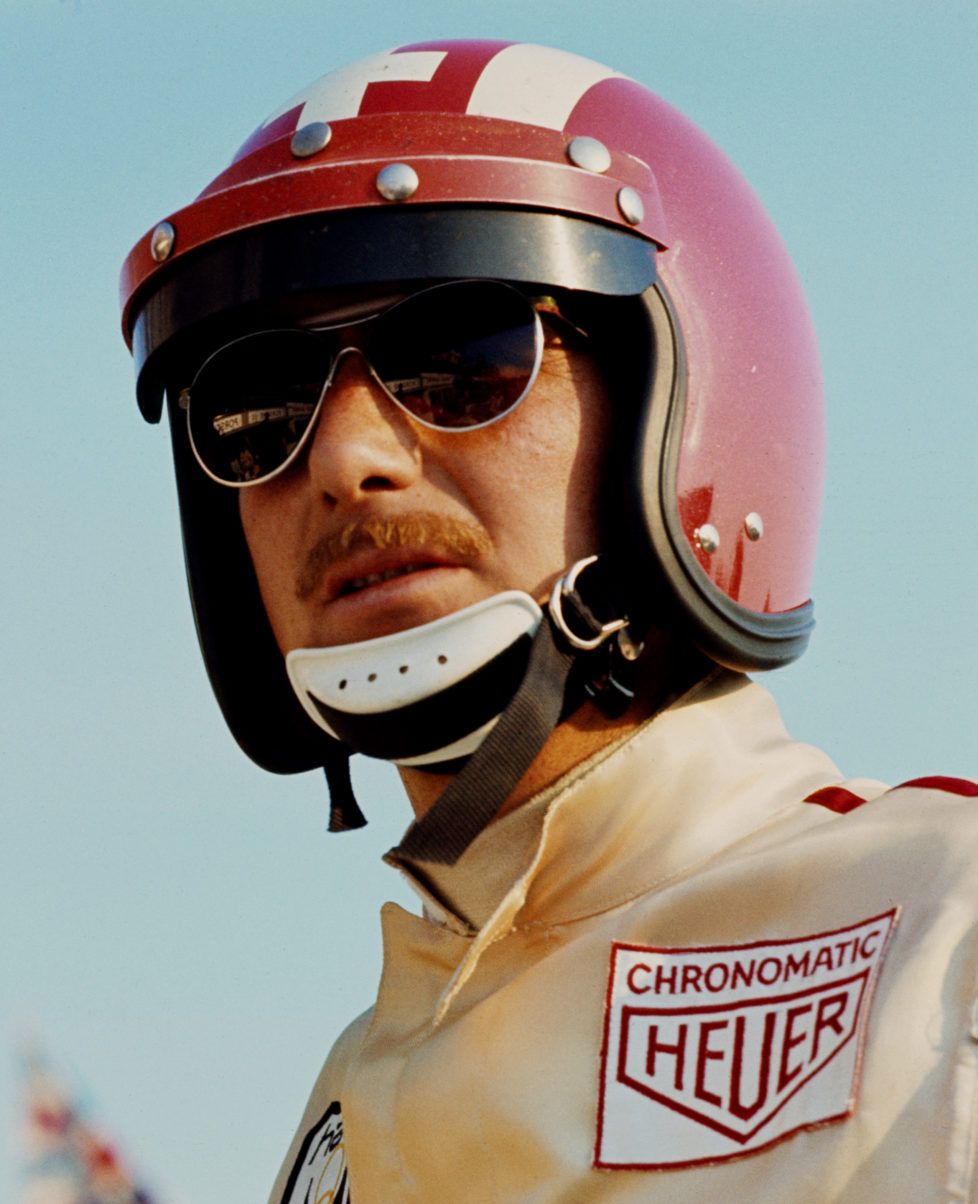
Jo Siffert, Le Mans, 14 - 15 June 1969.
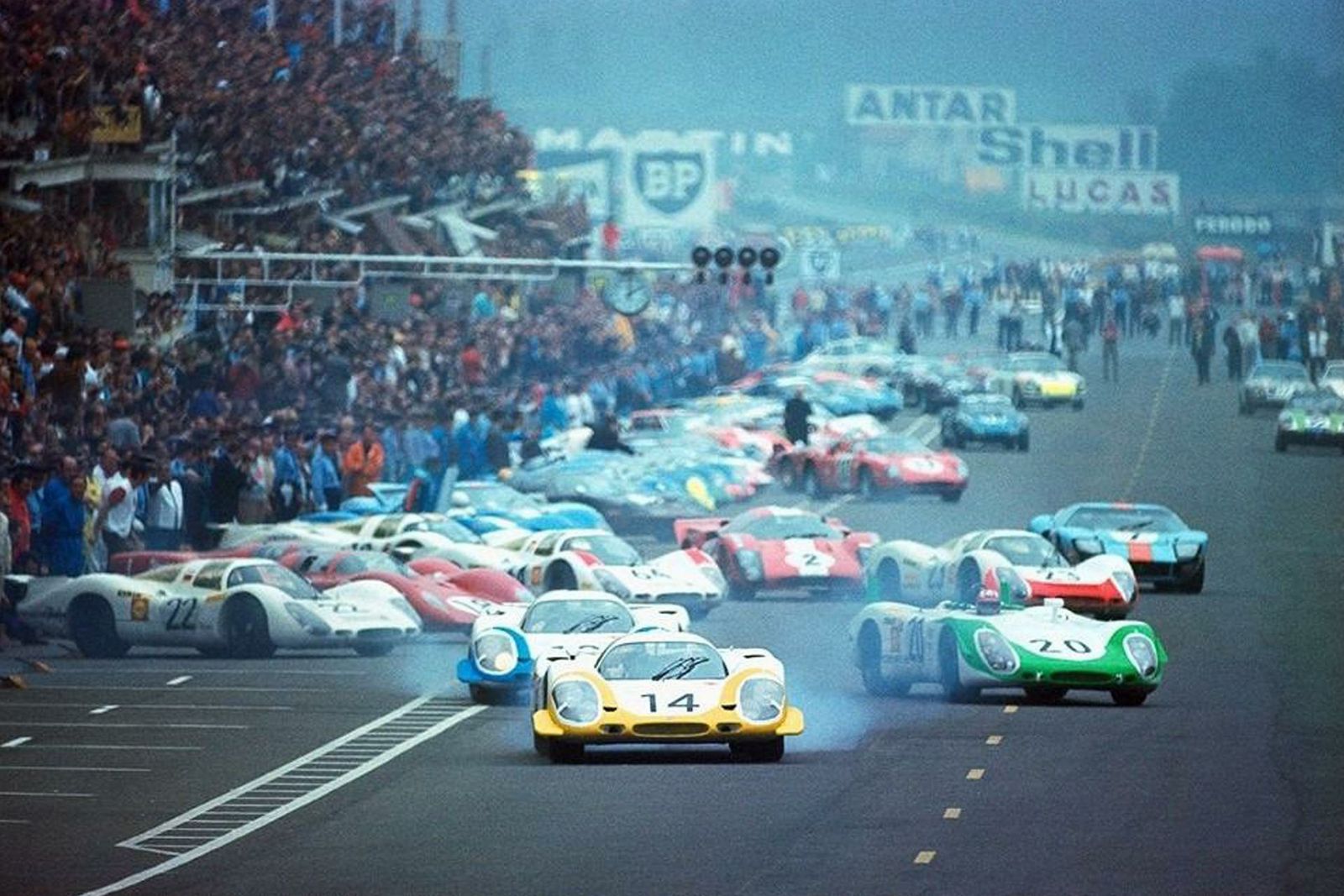
Le Mans, 15 June 1969.
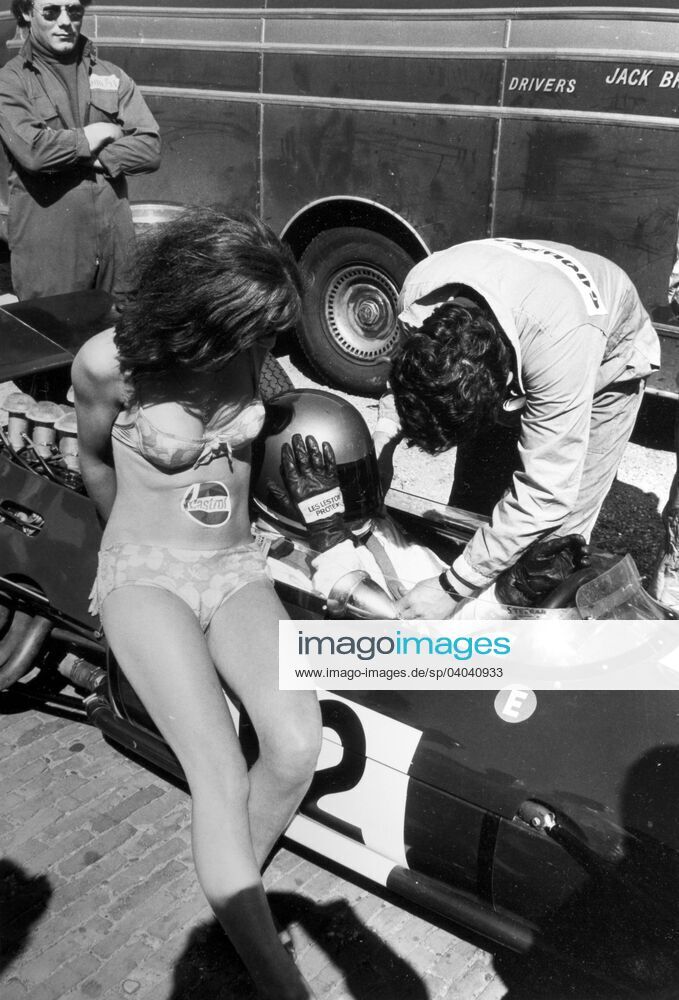
Jacky Ickx, in the cockpit of his Brabham Ford, with a Castrol promotion girl in a bikini at the Dutch Grand Prix on 21 June 1969. Photo by Lat Images.
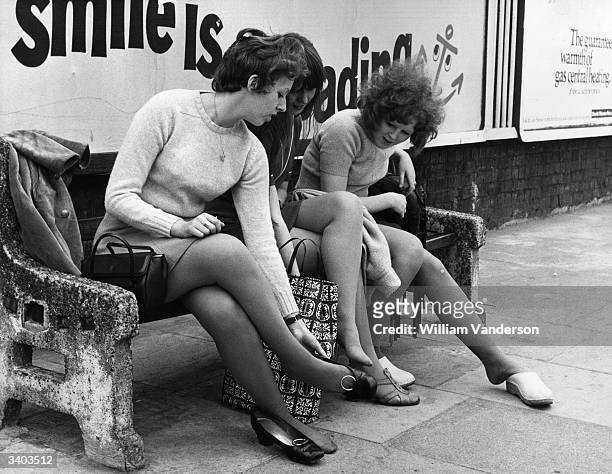
Footsore office girls rest their weary feet in Bow, East London, on 3rd July 1969 as they make their way to work during a one-day strike by underground signalmen. Photo by William Vanderson / Fox Photos / Getty Images.
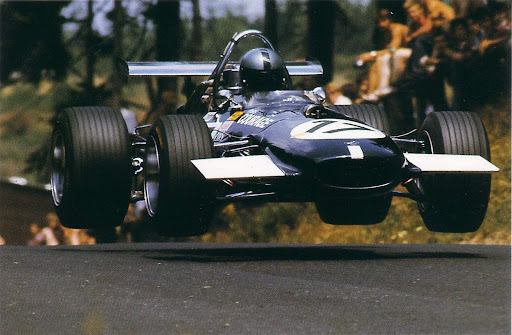
Piers Courage driving in the air at the German Grand Prix at the Nurburgring on 03 August 1969.
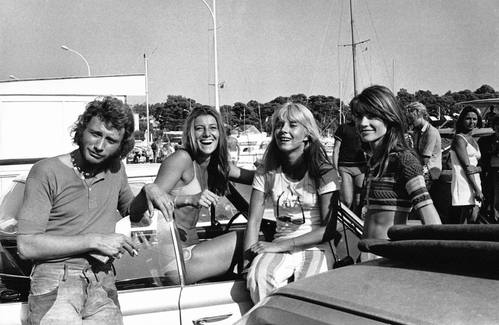
Johnny Hallyday and his girlfriend Sylvie Vartan with Sheila and Françoise Hardy in August 1969 in Saint-Raphaël, France. Photo by Reporters Associes / Gamma-Rapho via Getty Images.
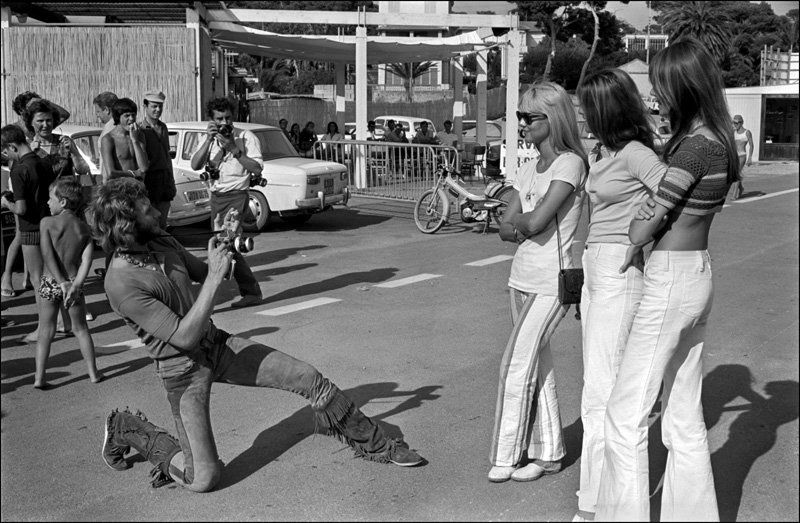
Johnny Hallyday taking a picture of Sylvie Vartan, Sheila and Françoise Hardy in Saint Raphael, France, in August 1969.
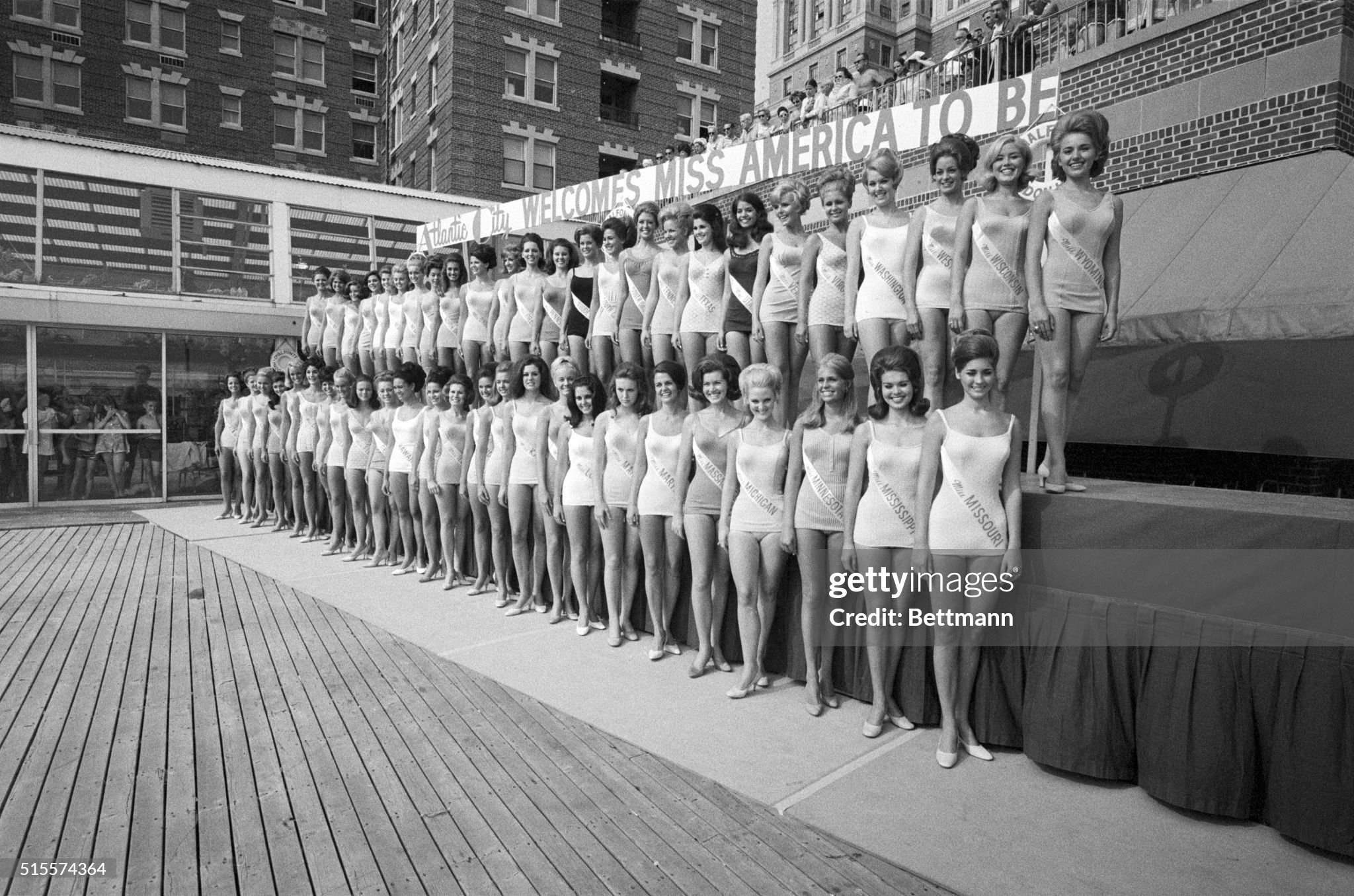
From this bevy of beautiful young girls in their swim suits at Atlantic City, N.J., one will be chosen Miss America 1970 when the annual beauty pageant comes to a close on September 06th 1969. Photo by Getty Images.
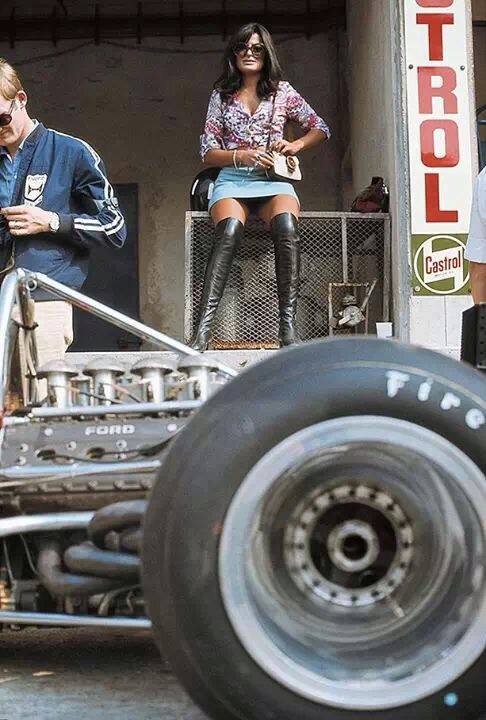
A girl at the Italian GP in Monza on 07 September 1969.
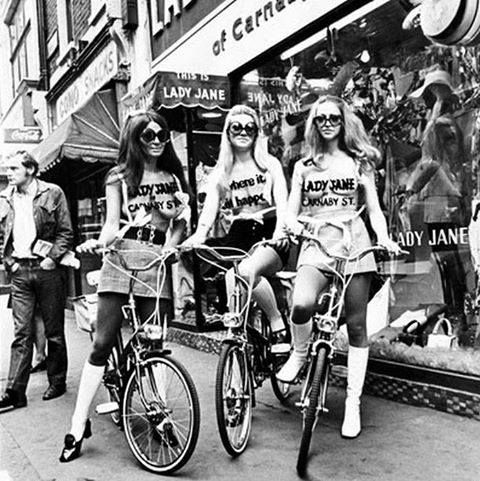
The see-through look has now reached the advertising world, as can be seen in this picture taken in Carnaby street on 23 September 1969. The three pretty London girls are wearing topless dresses with transparent 'sandwich boards' displaying advertising matter back and front. The girls are mounting a publicity campaign for ‘Lady Jane’ boutique toured on mini-cycles, much to the delight of the passers-by. Photo by Top Foto / Retronaut / mediadrumimages.com.
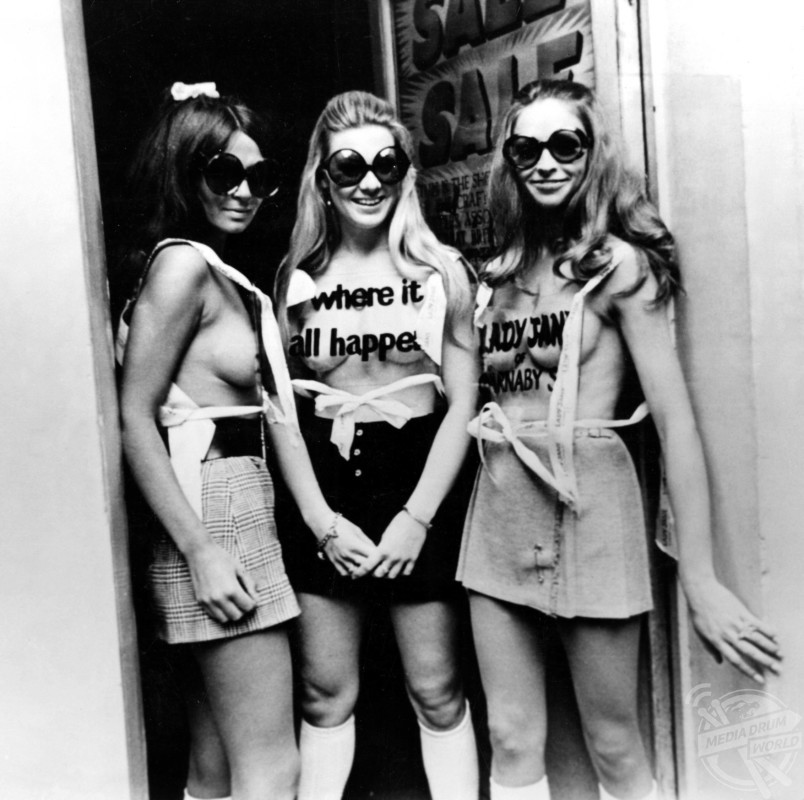
The see-through look has now reached the advertising world, as can be seen in this picture taken in Carnaby street on 23 September 1969. The three pretty London girls are wearing topless dresses with transparent 'sandwich boards' displaying advertising matter back and front. Photo by Top Foto / Retronaut / mediadrumimages.com.
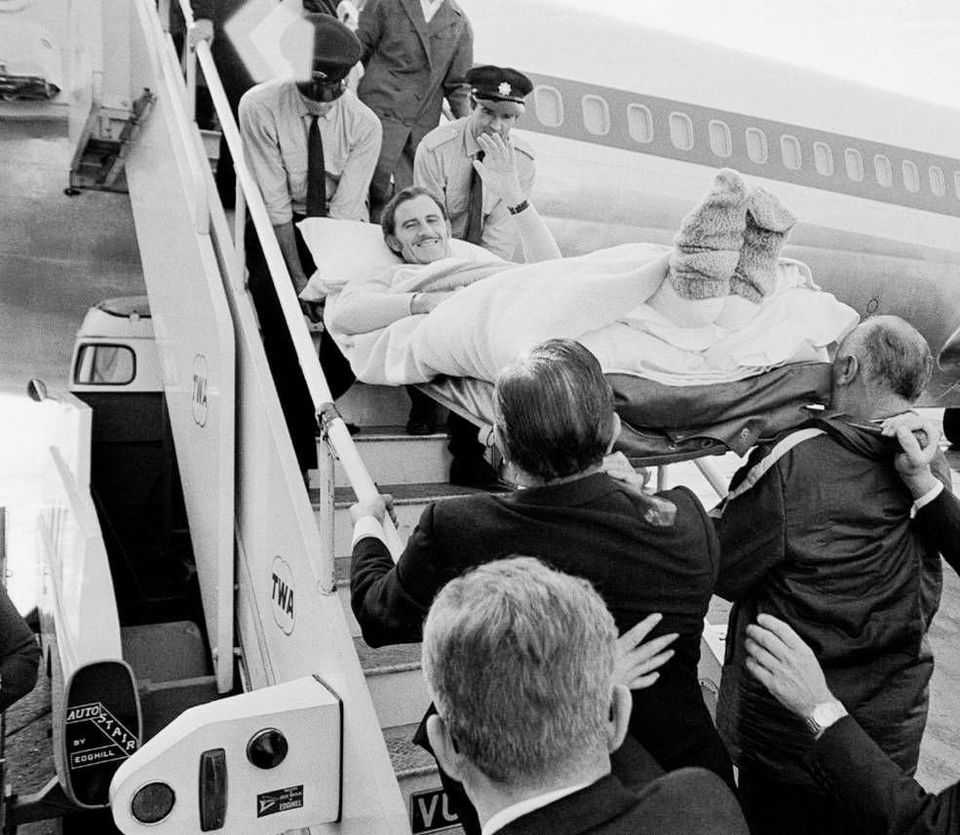
Graham Hill is carefully carried down the steps of a TWA aeroplane returning to the UK from America after crashing and breaking both of his legs at the 1969 United States Grand Prix at Watkins Glen. “When I notice a rear wheel overtaking me, I know I am sitting in a Lotus.” Graham Hill. Photo by Arthur Steel.
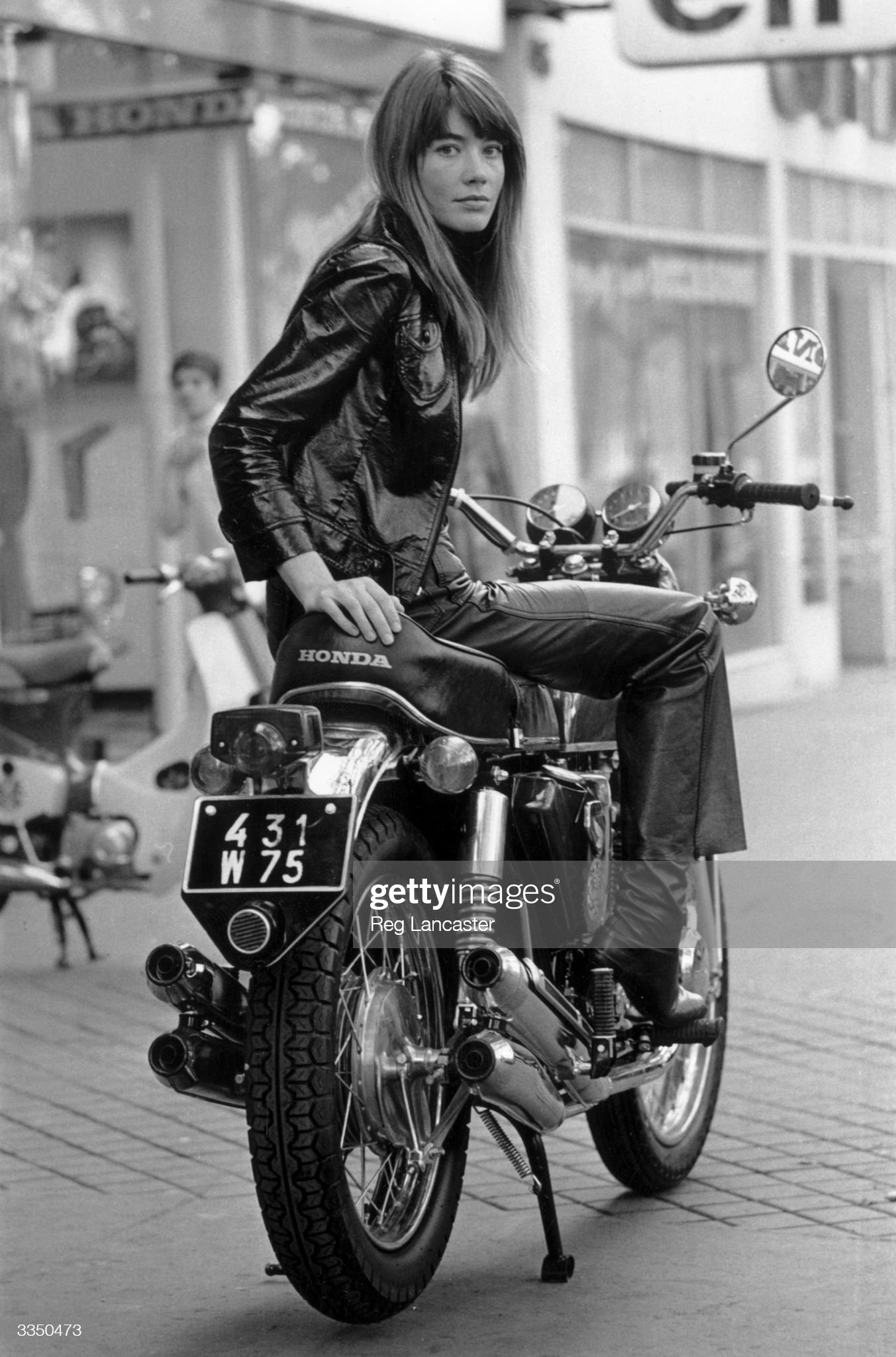
Françoise Hardy sitting on a Honda CB 750 motorcycle in Paris on 25th October 1969. Photo by Reg Lancaster / Daily Express / Hulton Archive / Getty Images.
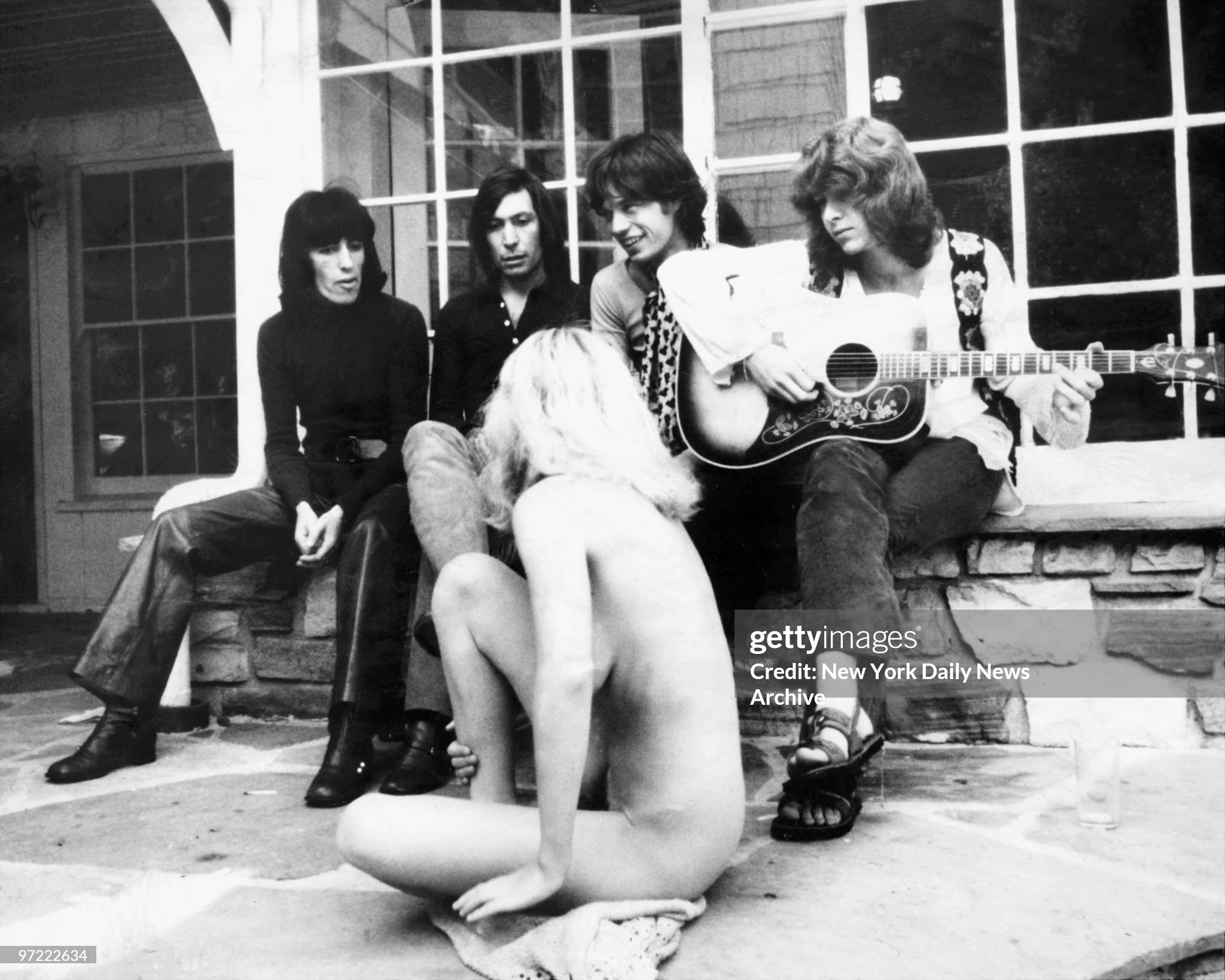
A groupie, one of the girls who orbit around rock stars, sheds her clothes and inhibitions to join the Rolling Stones on November 21, 1969. Photo by Thomas Monaster / NY Daily News Archive via Getty Images.
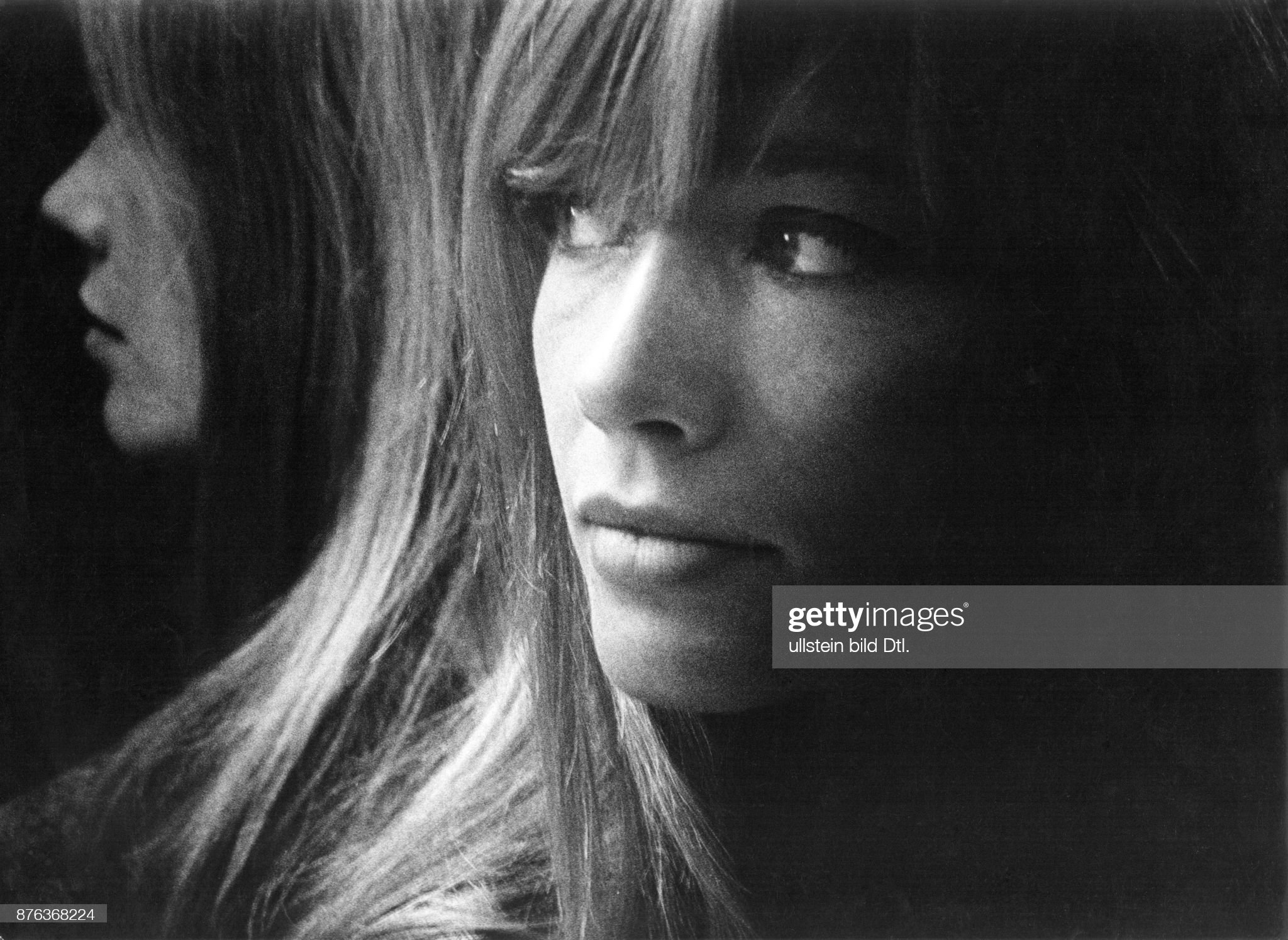
Françoise Hardy in 1970. Photo by Getty Images.
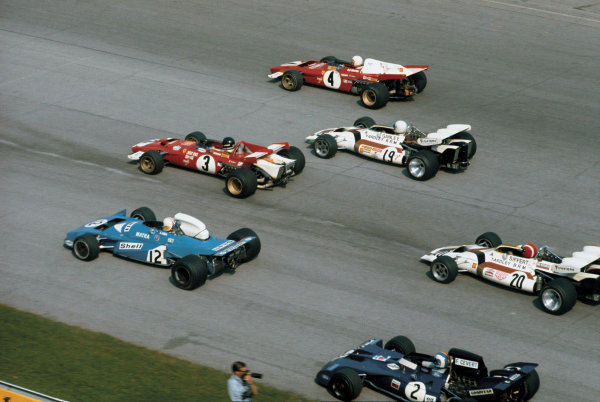
1970.
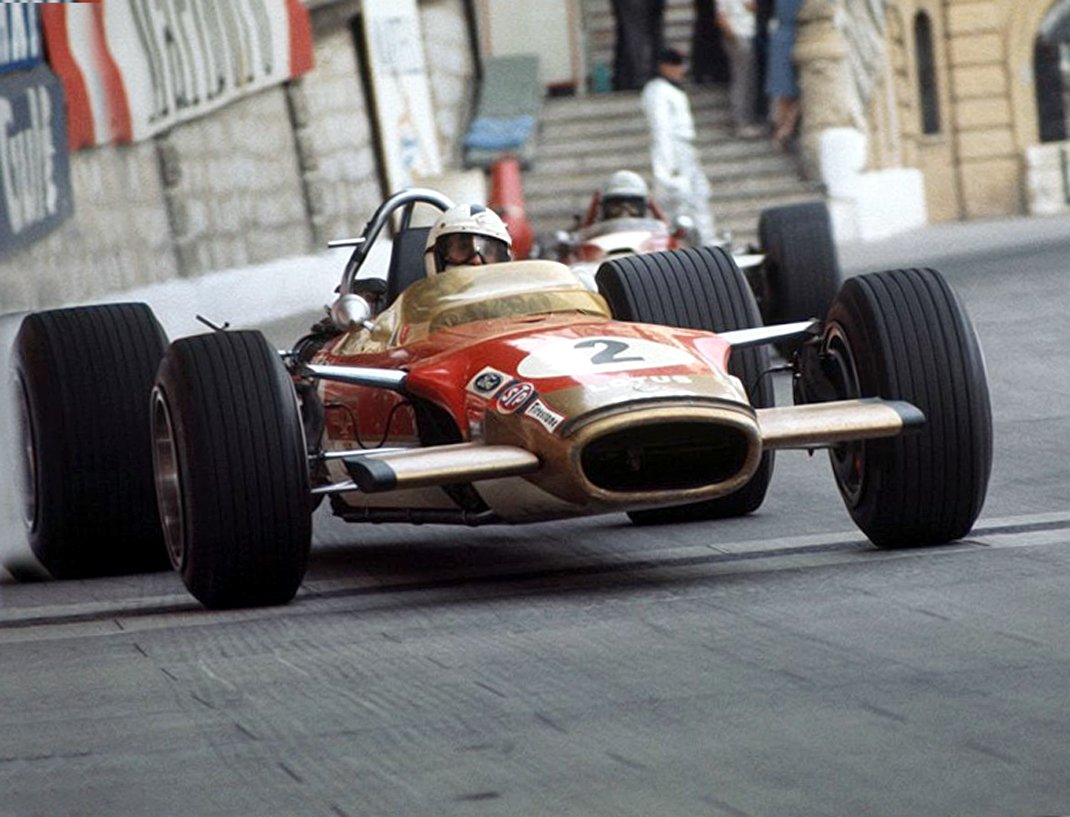
Lotus 1970.
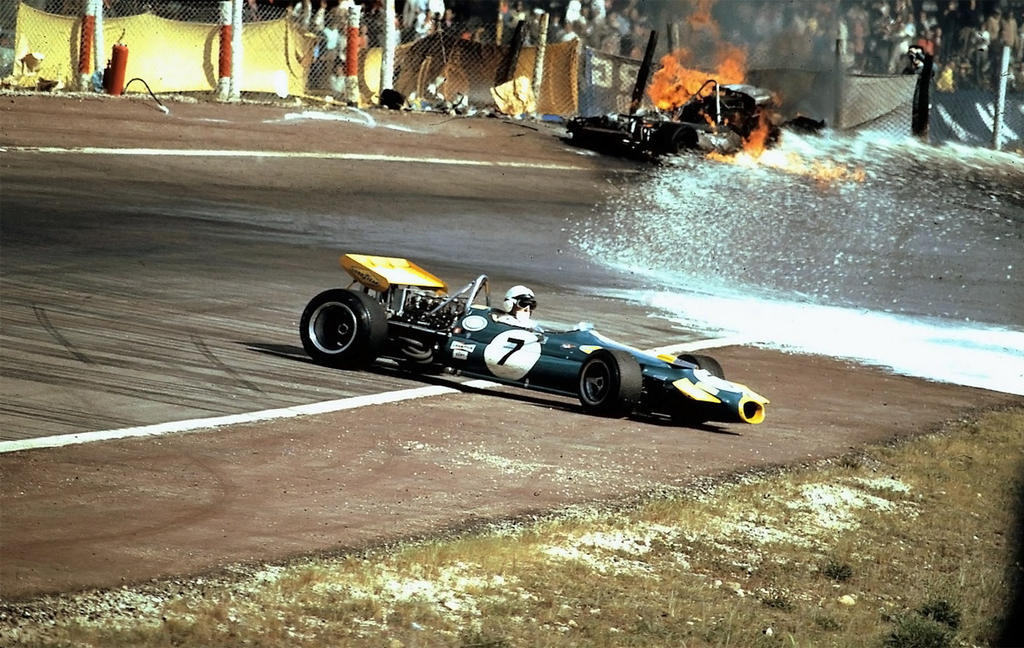
Brabham BT33 F1 1970.
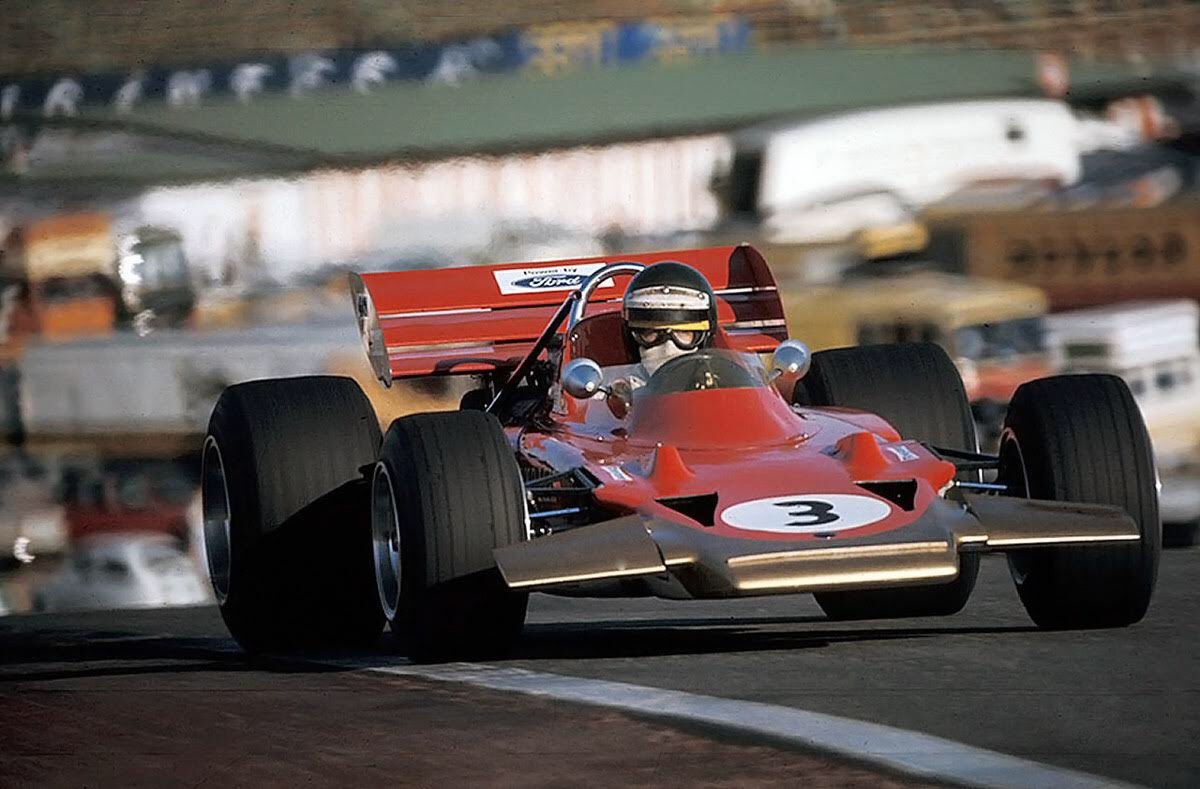
Jochen Rindt, Lotus 72, in 1970.
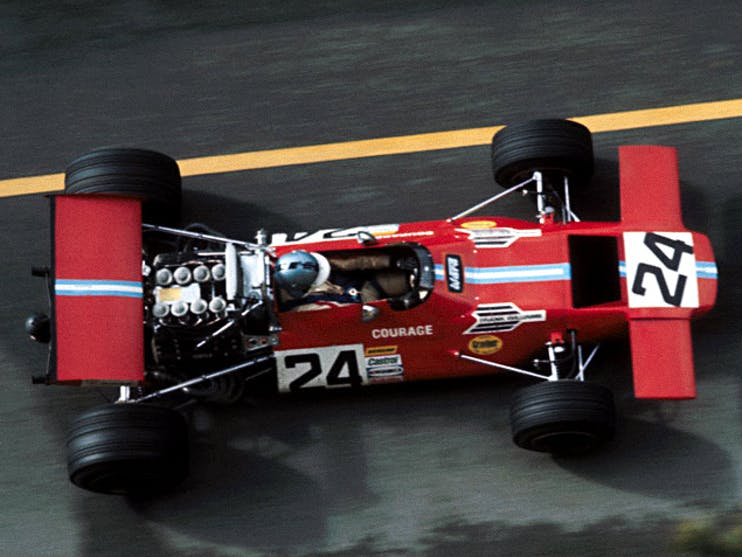
Piers Courage, De Tomaso Williams, in 1970.
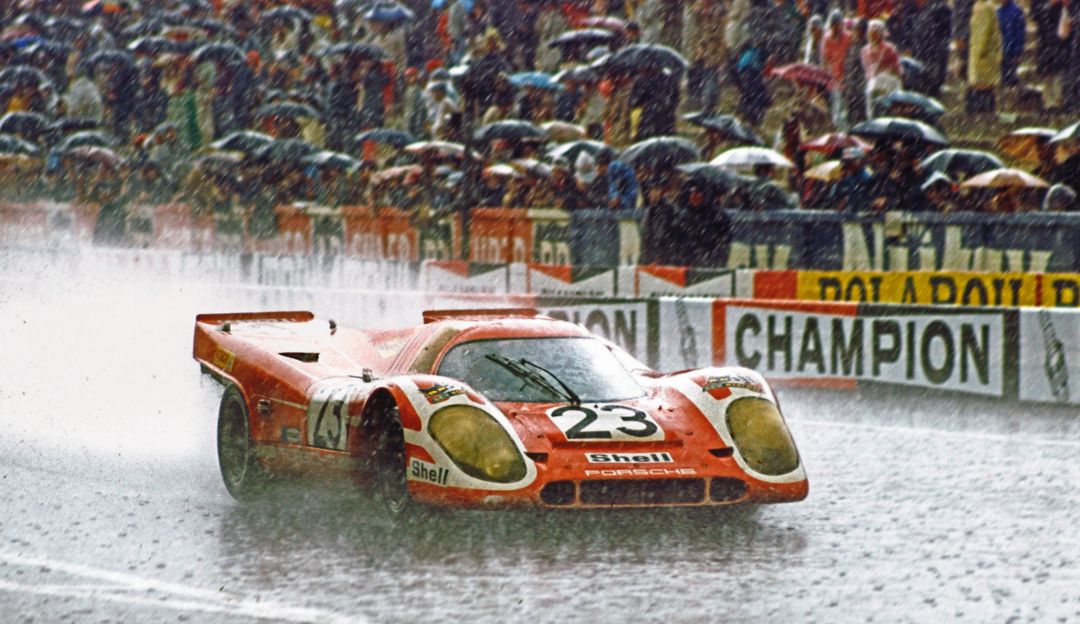
Porsche 917-023, the most famous 917, in 1970.
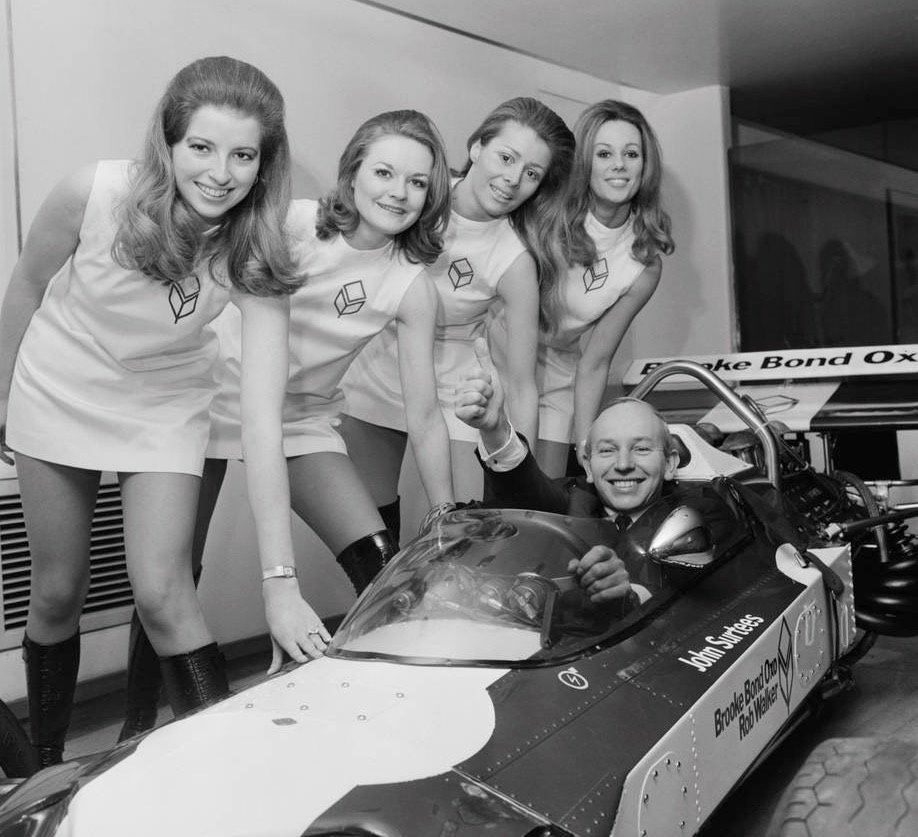
John Surtees, Surtees T S7 Ford Cosworth DFV 3.0 V8, with the promotional members Madeline Williams, Karen Hambro, Linda Vian-Smith and Annette Cotton in London in 1970.
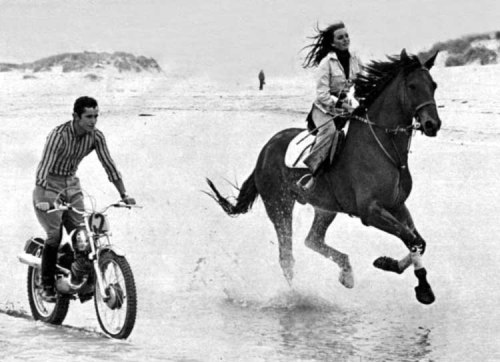
Jacky and Catherine Ickx on the beach, early 1970s.
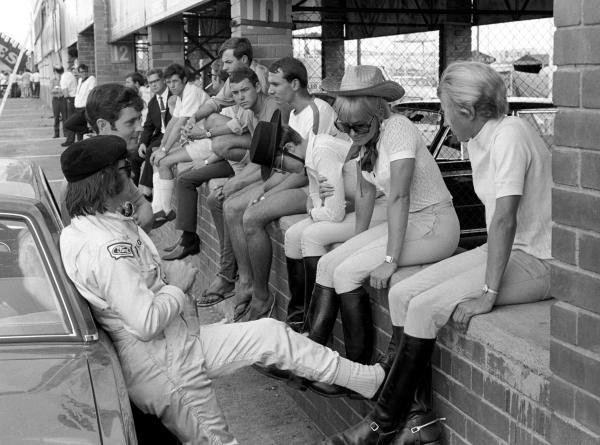
Stewart and Brian Redman chat up some local cow girls at Kyalami, South Africa, on 07 March 1970.
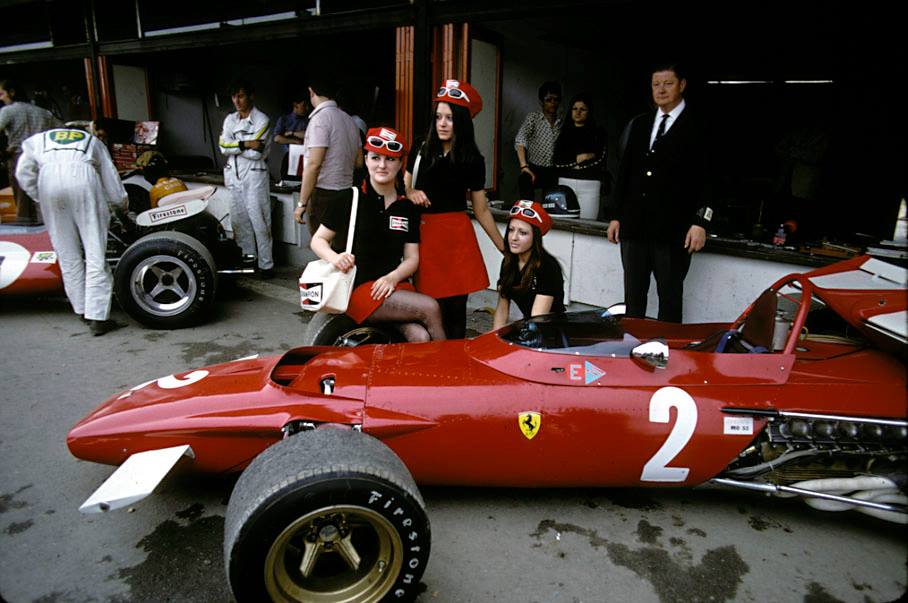
Three grid girls and Jacky Ickx’s Ferrari 312B at the Spanish GP in Jarama on April 19, 1970.
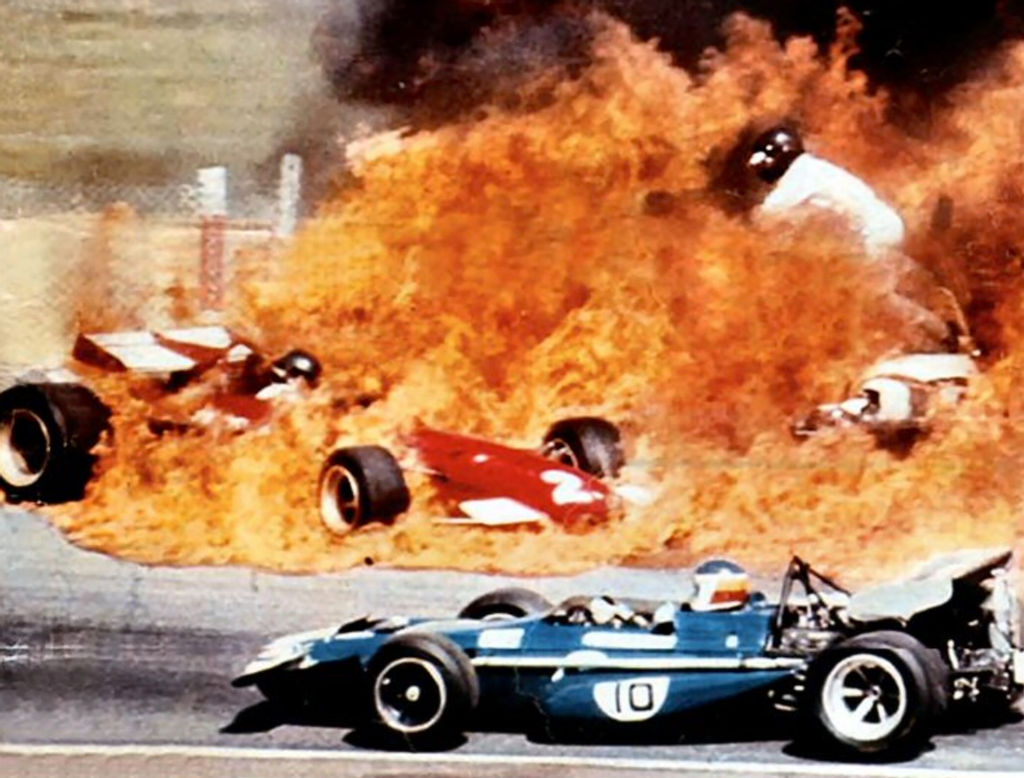
Jacky Stewart at the Spanish GP on 19 April 1970.
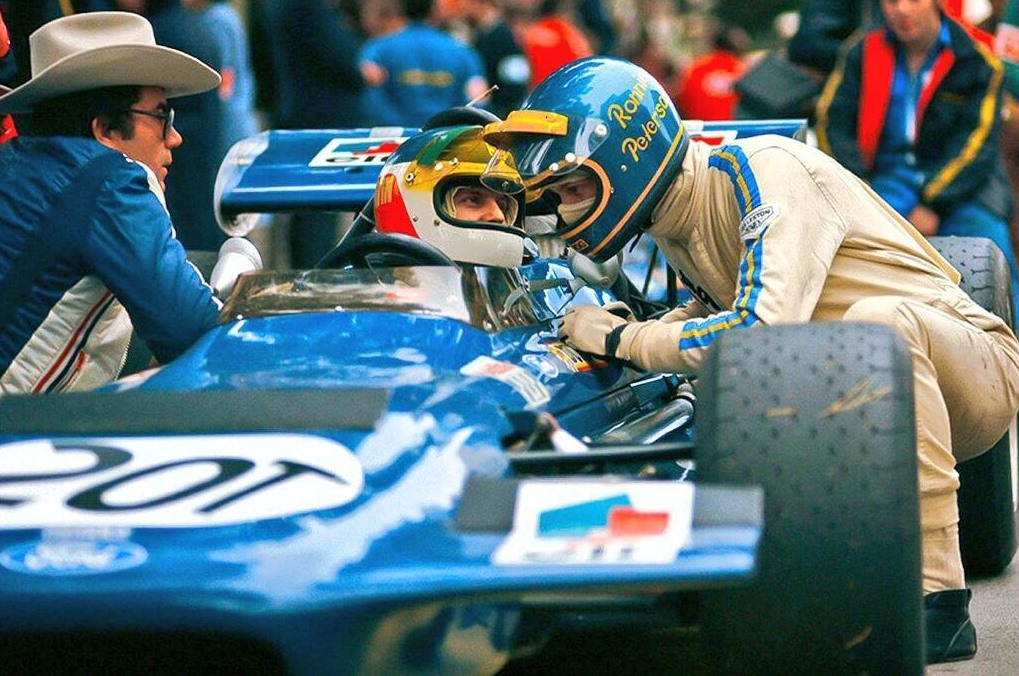
Ronnie Peterson kneels next to Tyrrell driver Johnny Servoz-Gavin at the 1970 Monaco GP. Photo by Rainer Schlegelmilch.
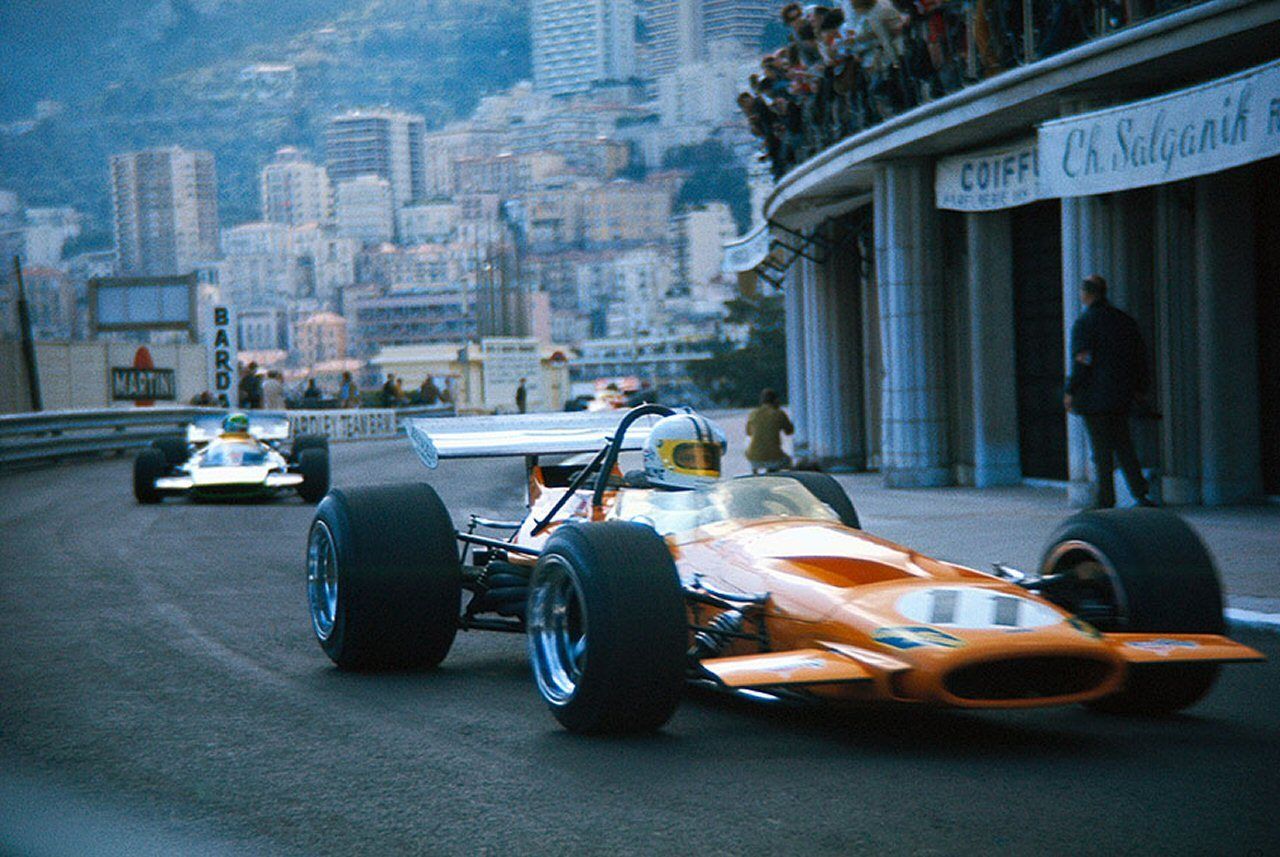
Denny Hulme’s McLaren and Henri Pescarolo's Matra at the Monaco Grand Prix on 10 May 1970. Photo by Rainer Schlegelmilch.
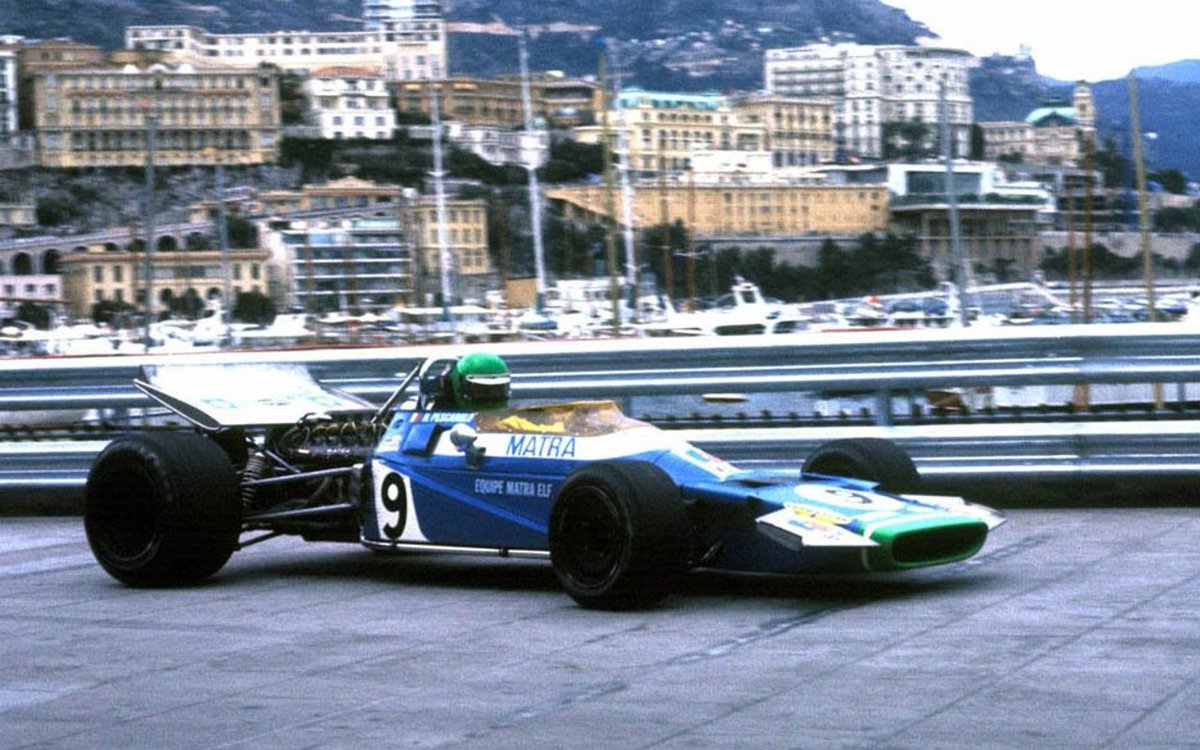
Henri Pescarolo, Matra MS120, at the Monaco Grand Prix on 10 May 1970.
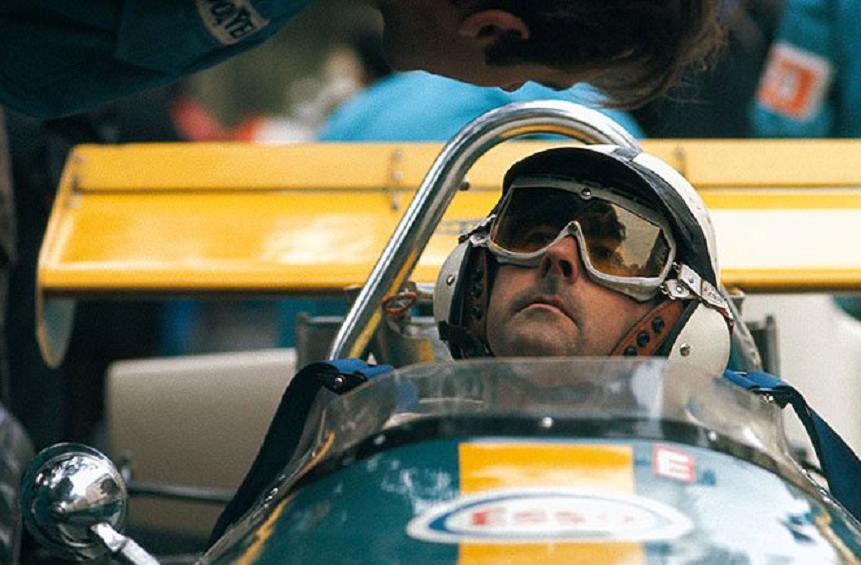
Monaco 1970, when Jack Brabham crashed on the last lap.
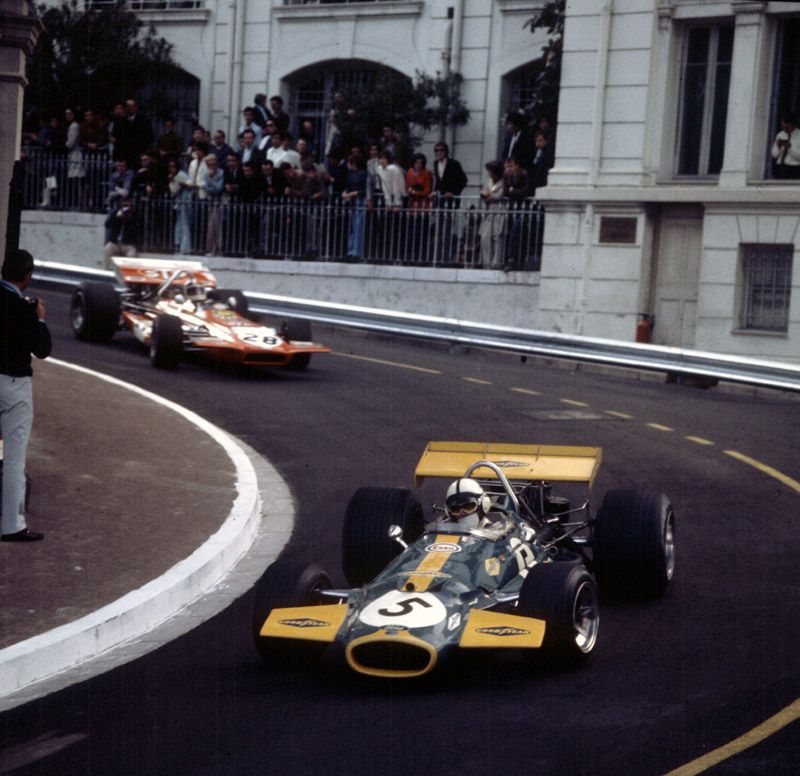
Sir Jack Brabham at the Monaco Grand Prix on 10 May 1970.
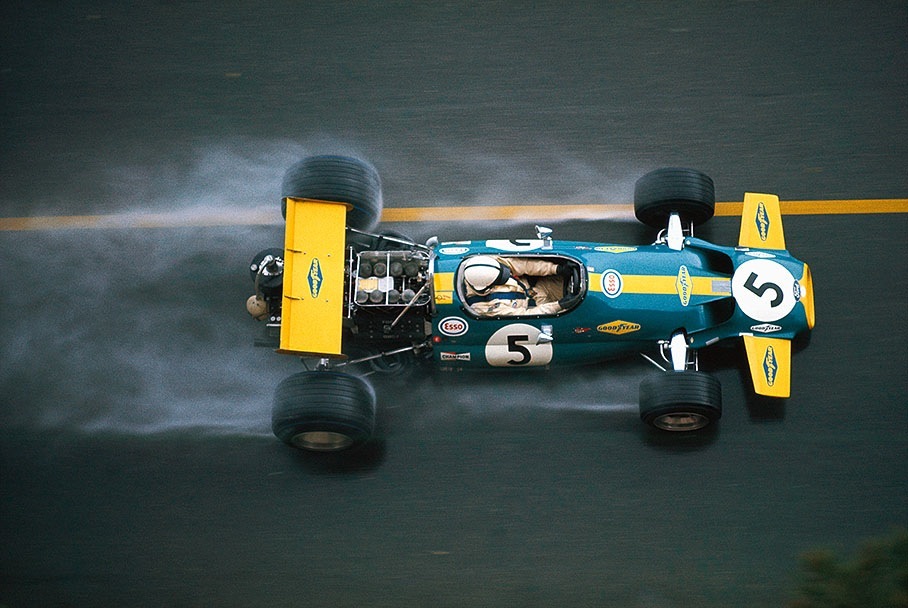
Sir Jack Brabham at the Monaco Grand Prix on 10 May 1970.
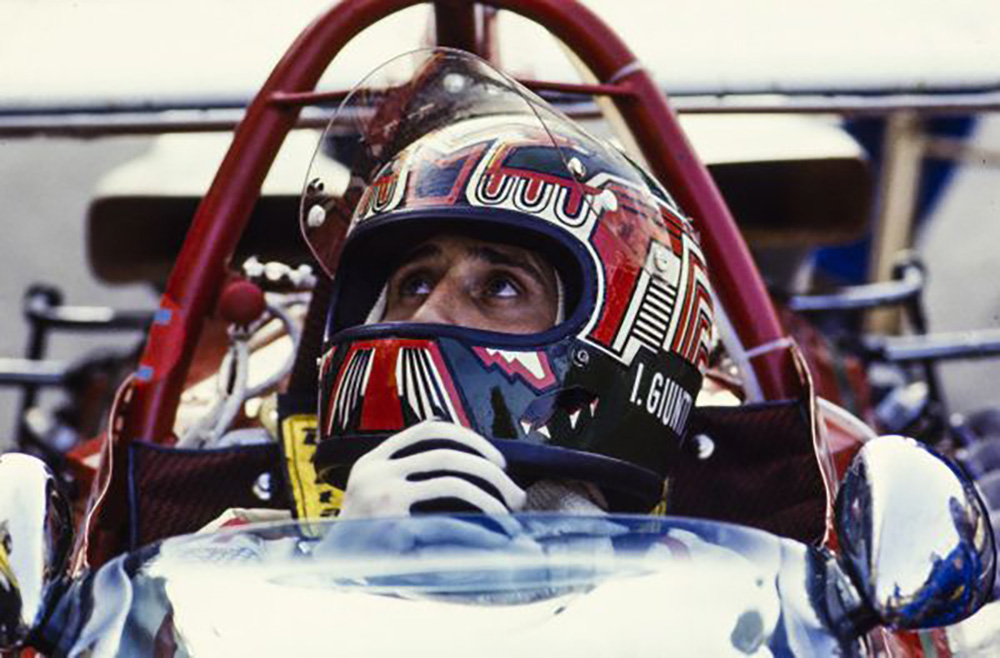
Ignazio Giunti at the F1 Belgian Grand Prix on 07 June 1970.
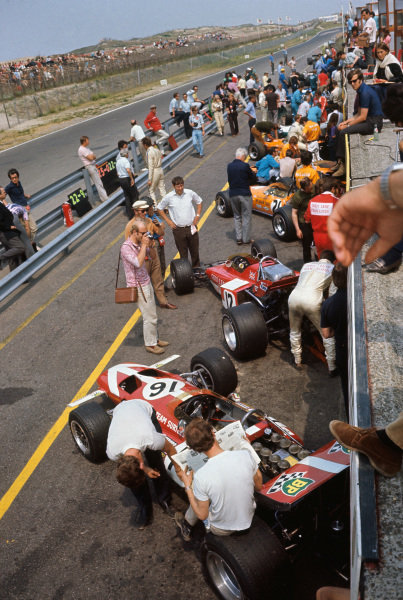
Cars in the pit lane before the start of the Dutch GP on 21 June 1970. Photo by Lat Images.
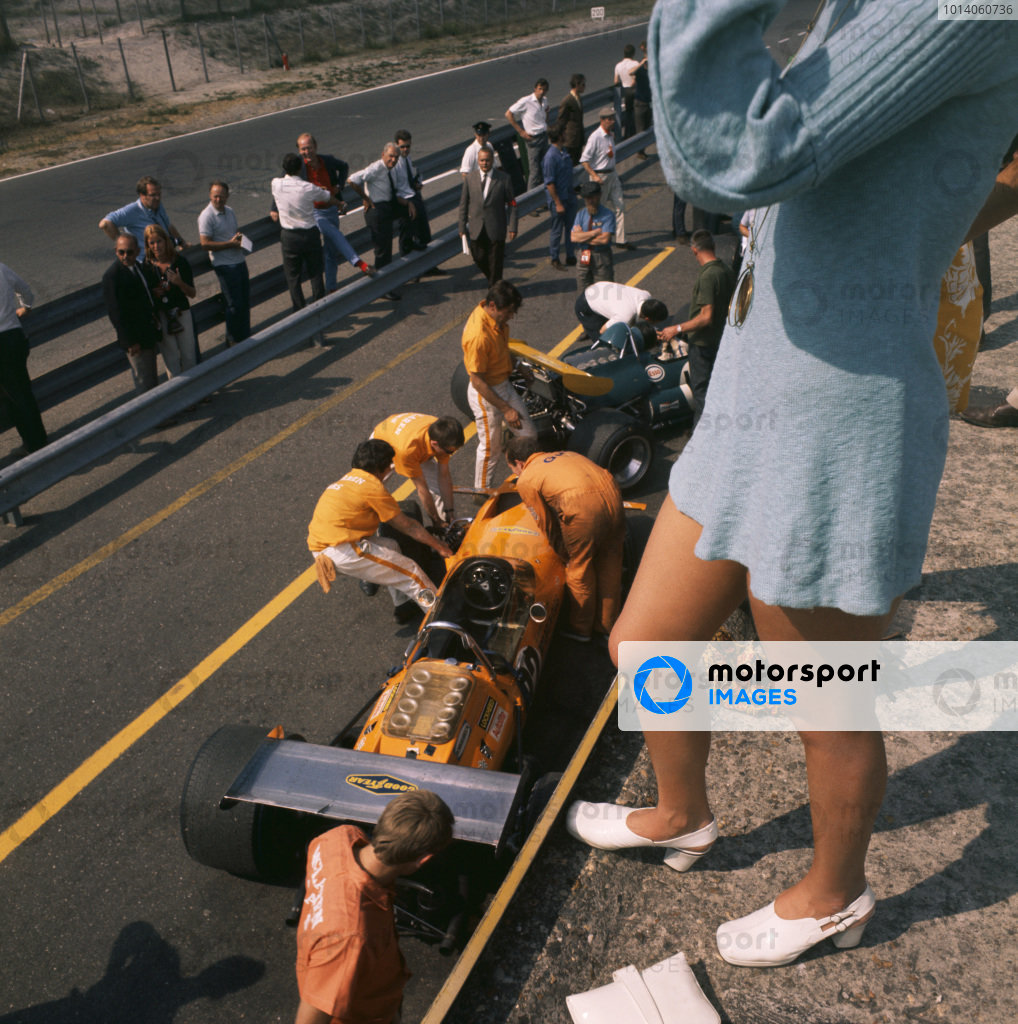
Andrea de Adamich at the Dutch Grand Prix in Zandvoort on 21 June 1970.
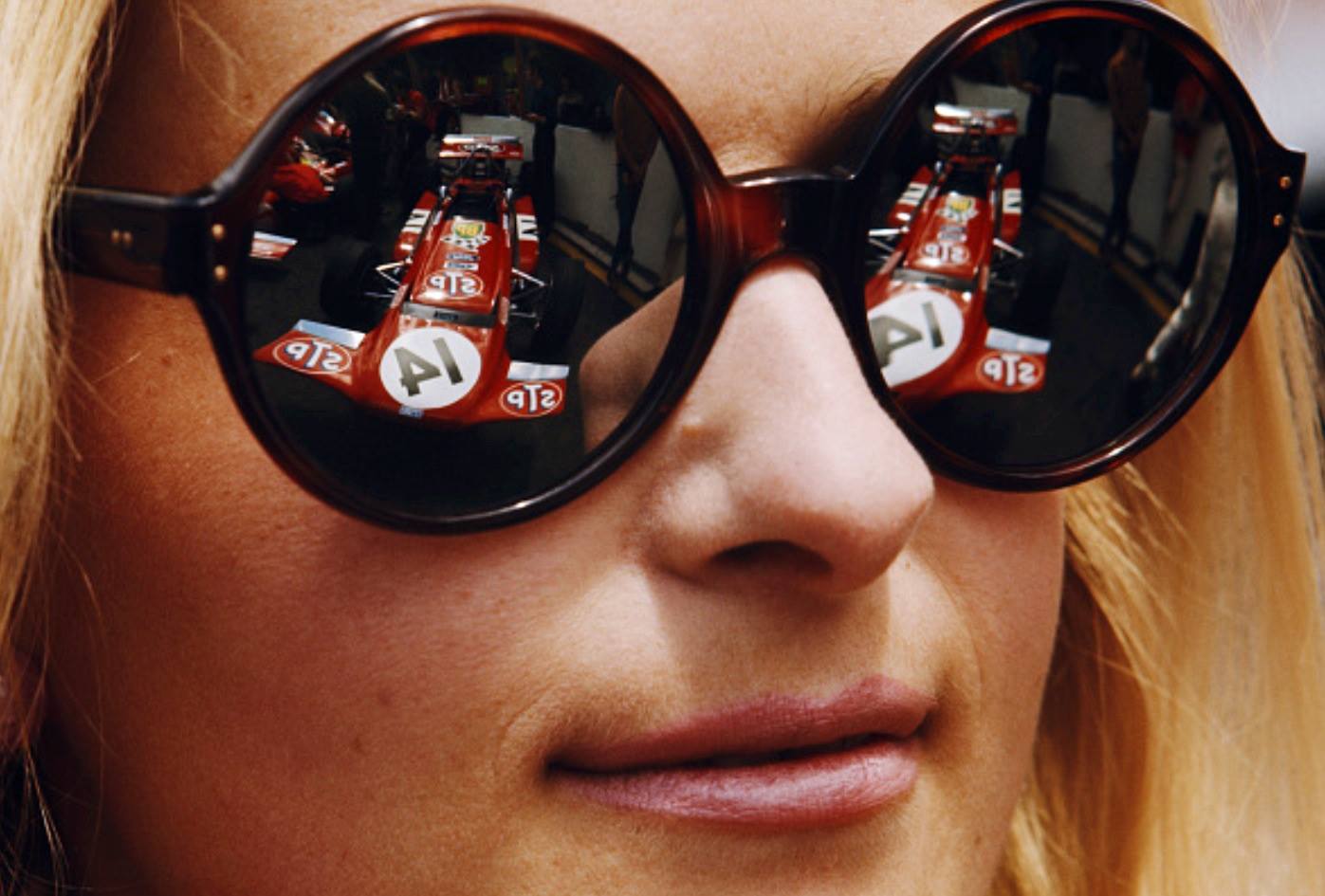
A girl and Chris Amon’s STP March 701 Ford at the F1 Grand Prix de France, Circuit de Montagne d'Auvergne, Clermont-Ferrand, Auvergne, France, on July 05, 1970.
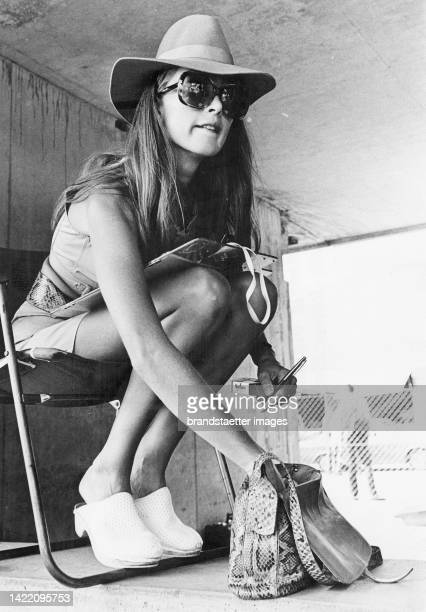
Nina Rindt at the Austrian Grand Prix in Spielberg on 14 July 1970. Photo by Votavabrandstaetter Images via Getty Images.
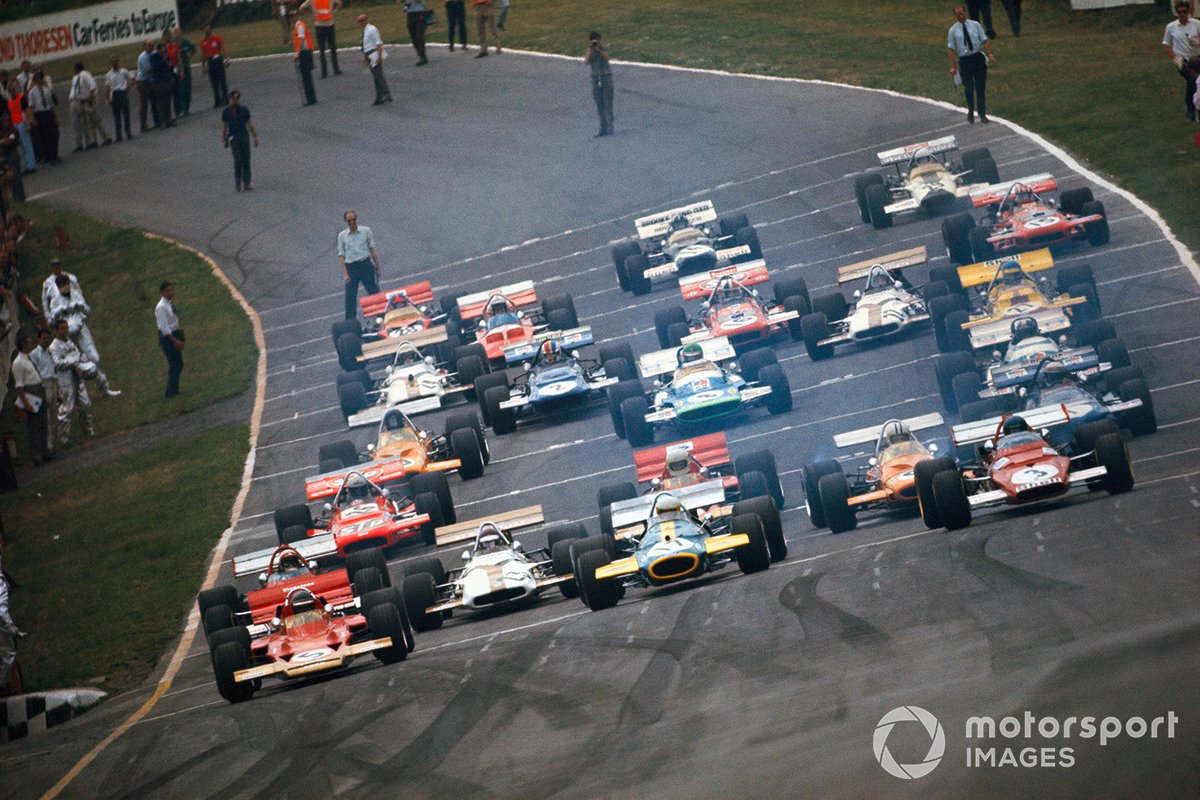
The start of the British Grand Prix at Brands Hatch on 18 July 1970.
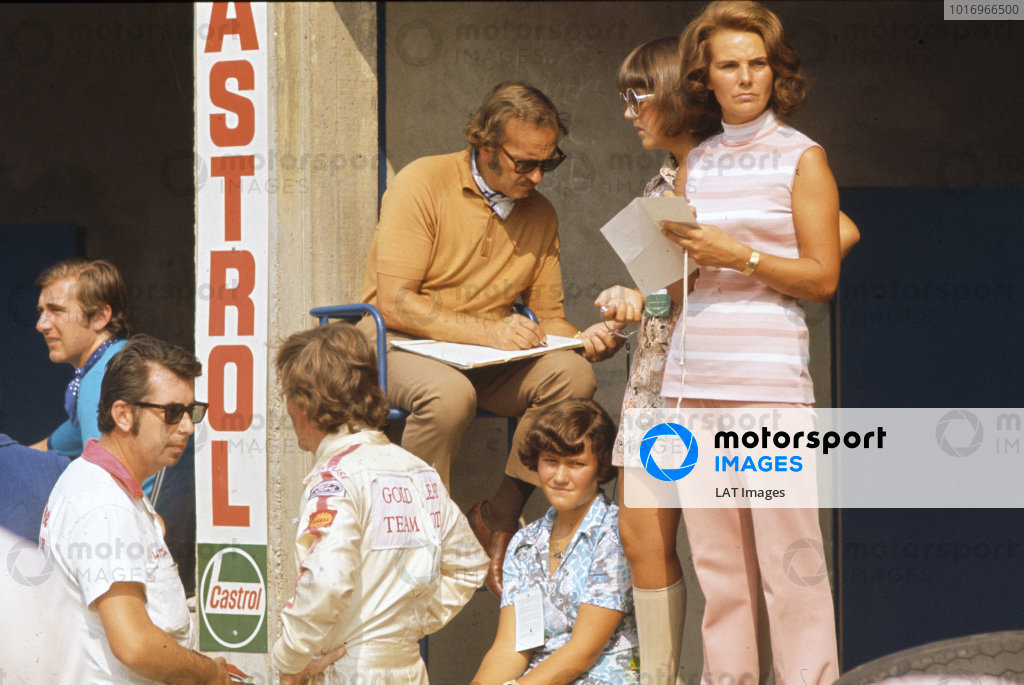
Lotus boss Colin Chapman with wife Hazel and family in the pits, next to Jochen Rindt, Lotus 72C Ford, who was killed in practice, at the Italian GP on September 06.1970.
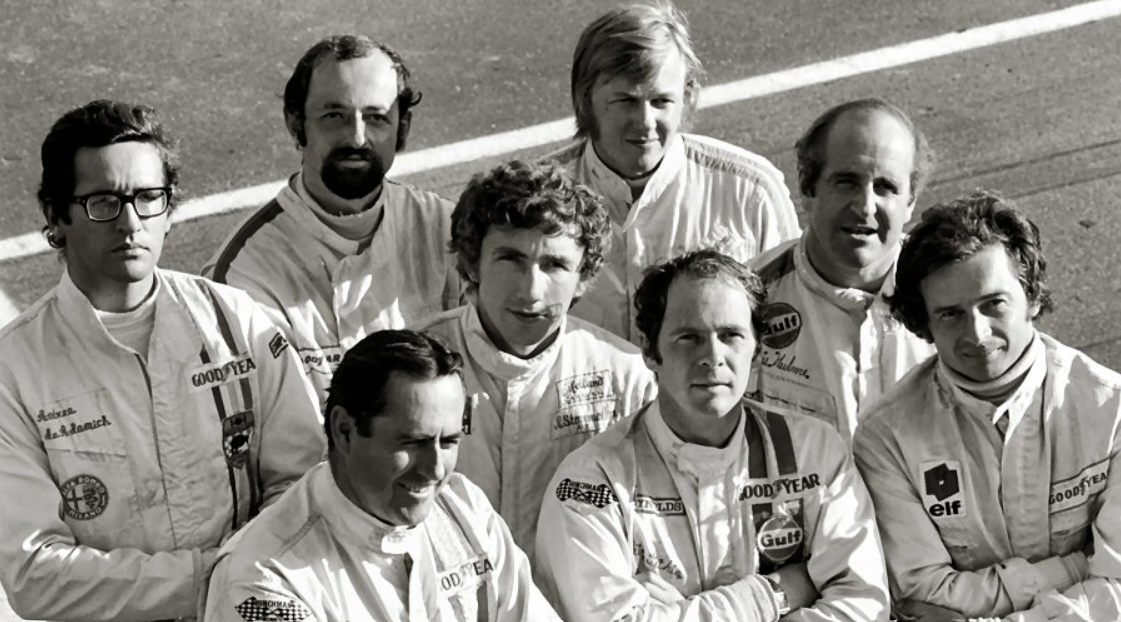
F1 World Championship. Left to right Andrea de Adamich (ITA), Henri Pescarolo (FRA), Jack Brabham (AUS), Rolf Stommelen (GER), Ronnie Peterson (SWE), Peter Gethin (GBR), Denny Hulme (NZL) and Jean-Pierre Beltoise (FRA) at the Canadian Grand Prix on 20 September 1970.
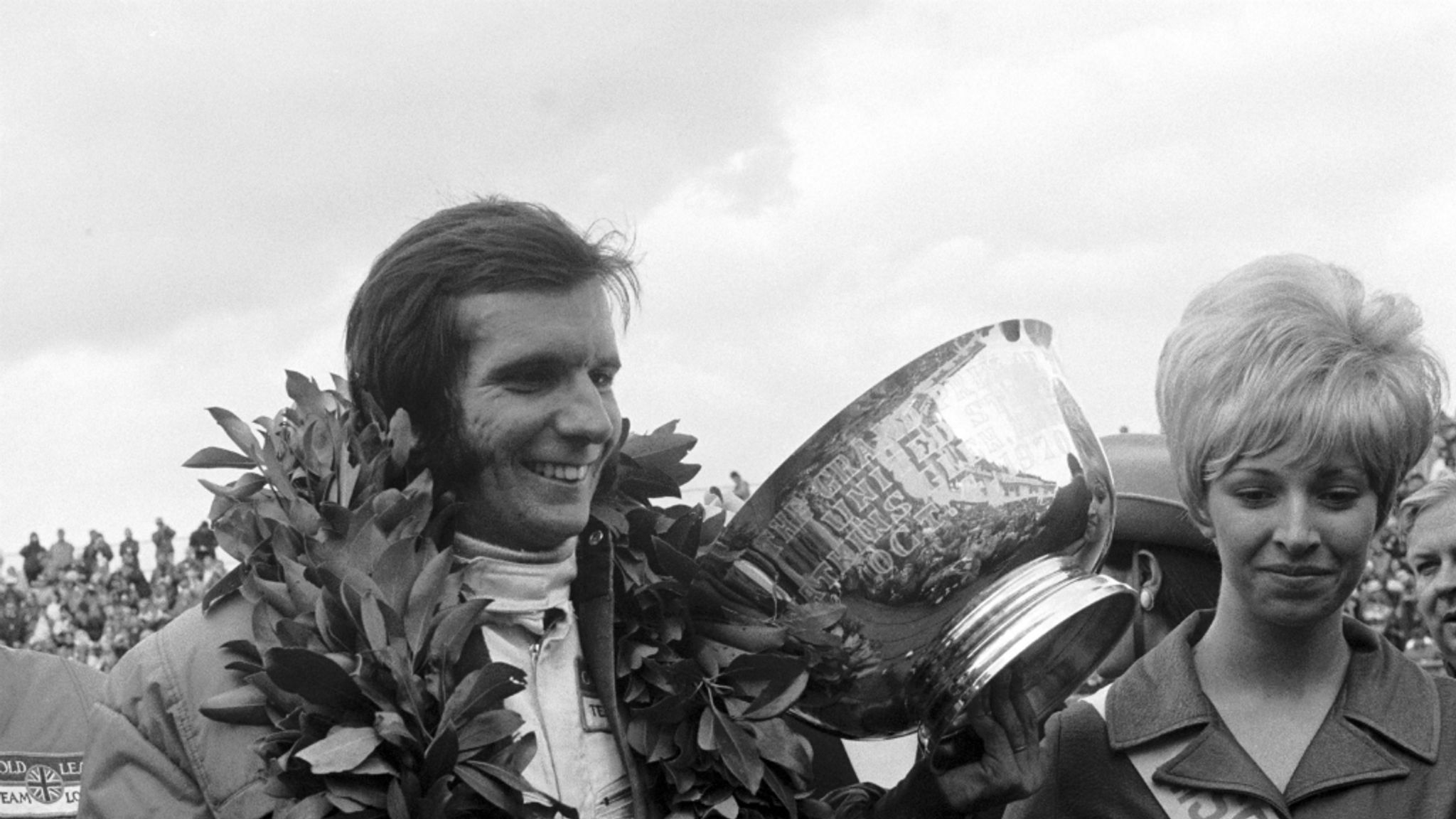
Emerson Fittipaldi, Lotus 72C, winner of the US Grand Prix at Watkins Glen on 04 October 1970.
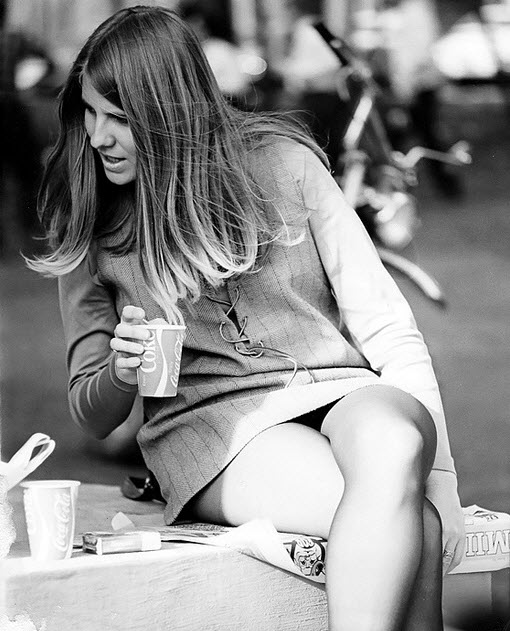
Daytona in 1971.
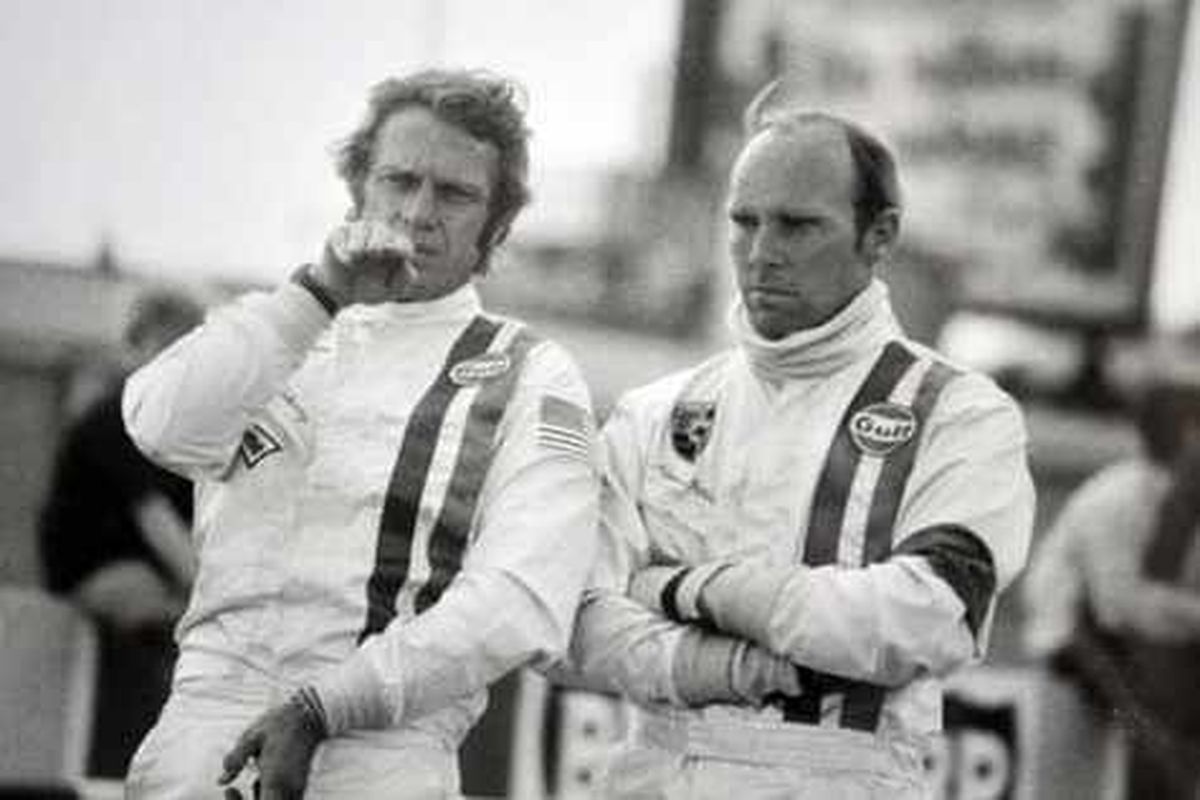
Steve McQueen at Le Mans in 1971.
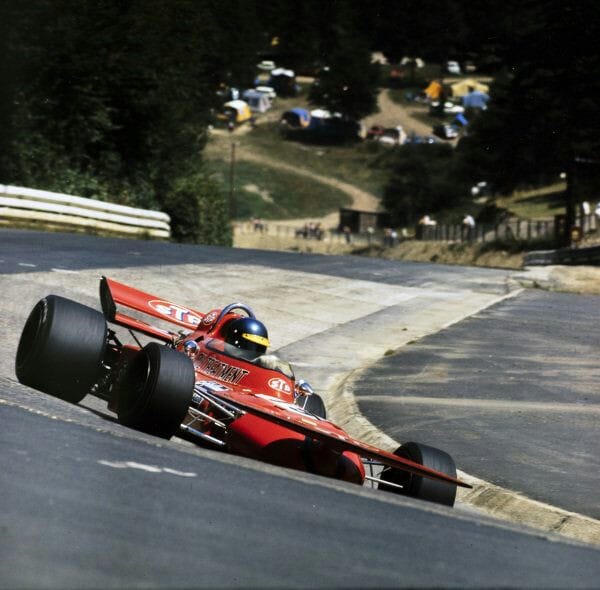
Ronnie Peterson, March 711 Ford, in 1971.
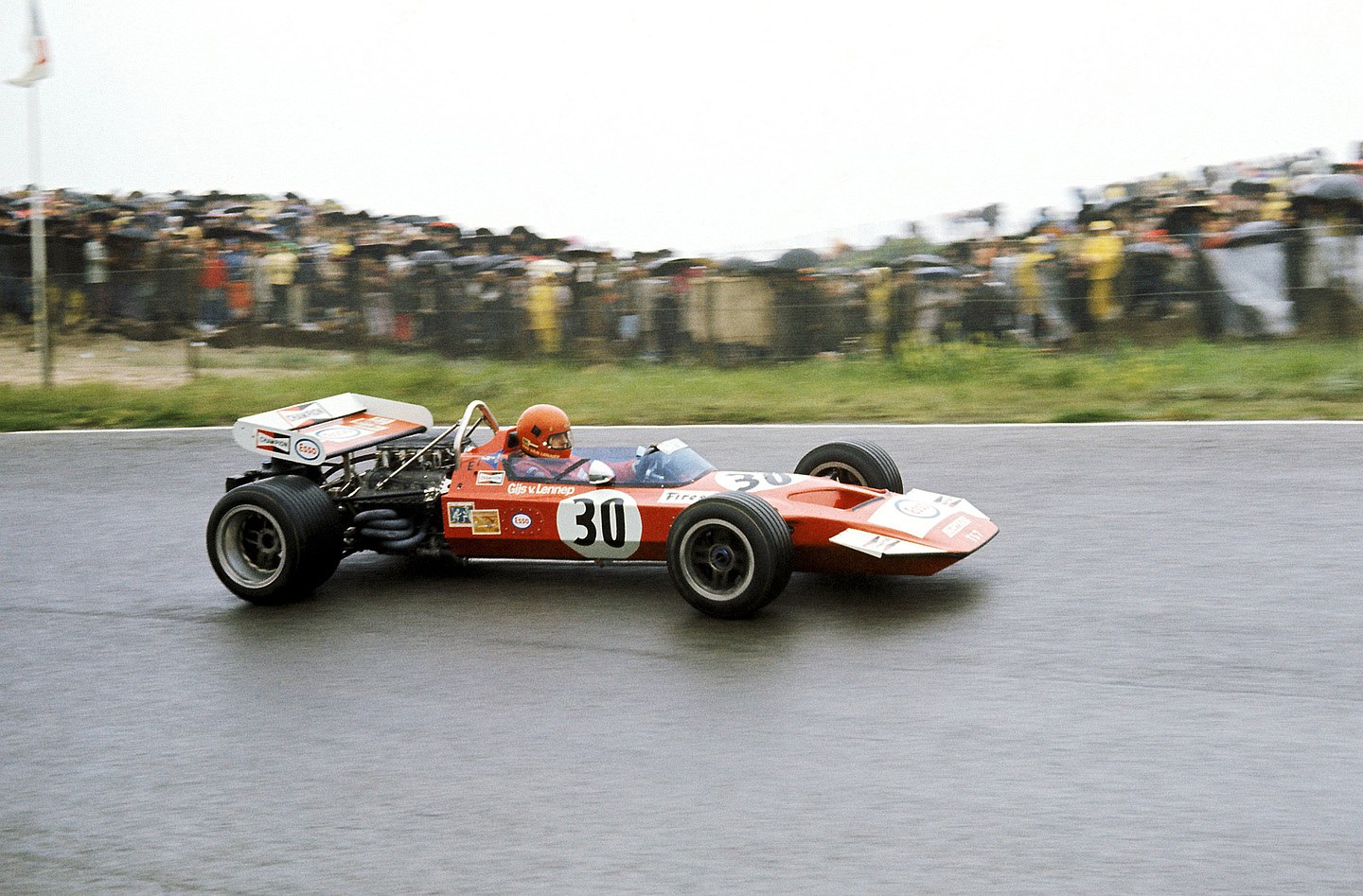
Gijs Van Lennep, Surtees TS7, in 1971.
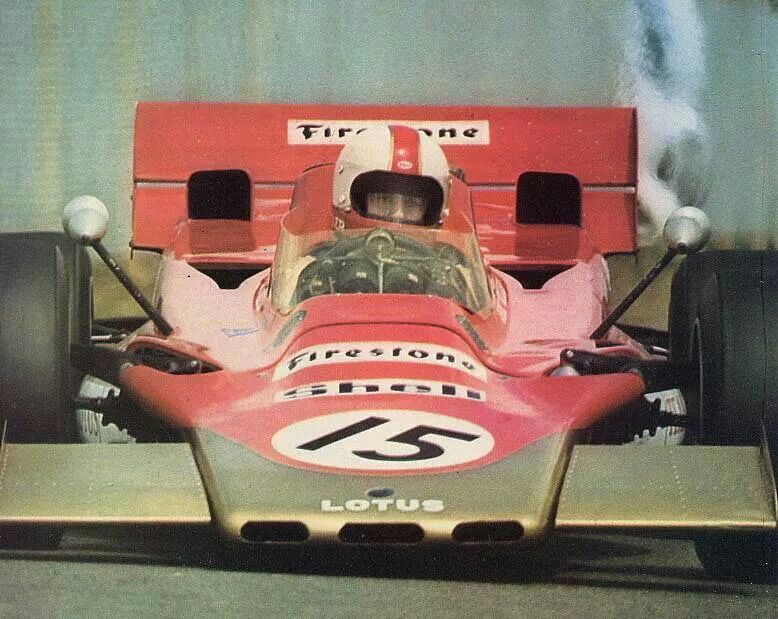
Dave Walker, Lotus 56B Pratt and Whitney, in 1971.
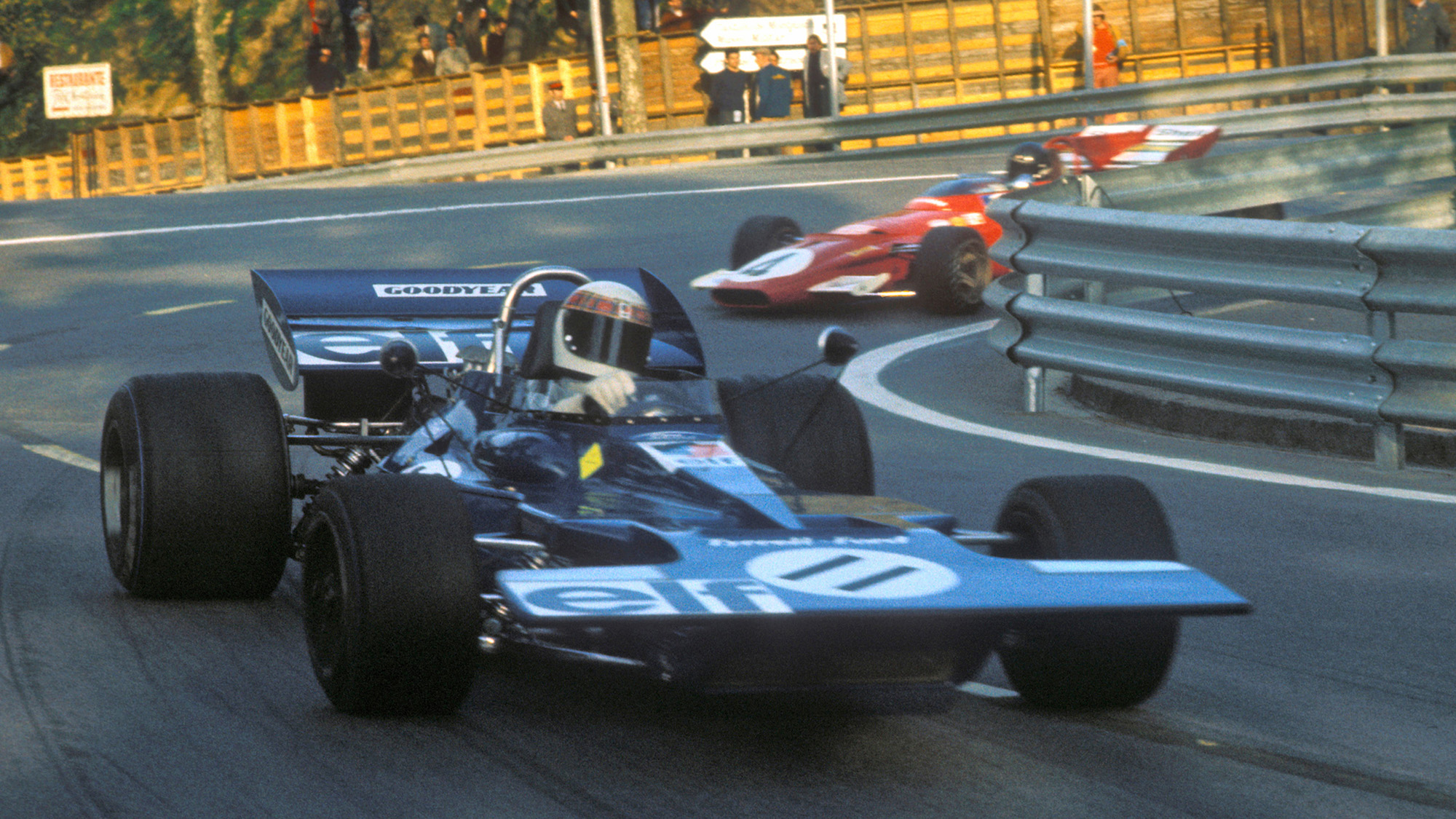
Jackie Stewart in a Tyrrell won the Spanish Grand Prix on April 18, 1971.
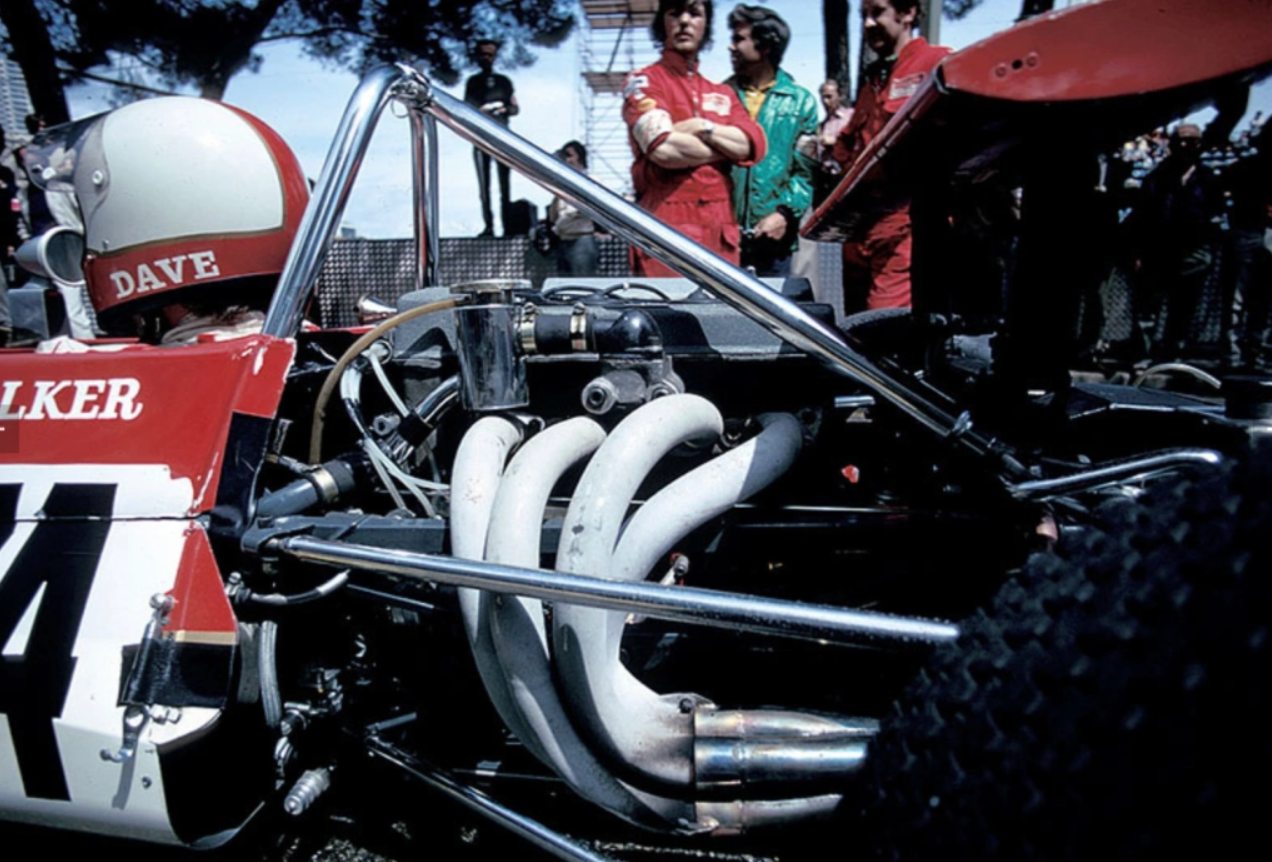
David Walker lined up for the final of the Monaco F3 GP on May 22, 1971. Photo by Rainer Schlegelmilch.
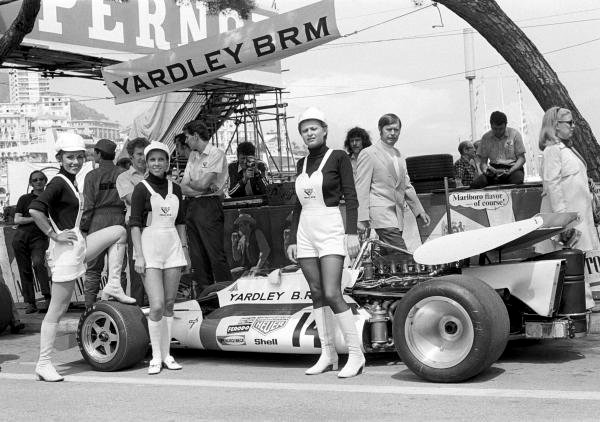
Grid girls in front of Jo Siffert’s BRM at Monaco Grand Prix on May 23 1971.
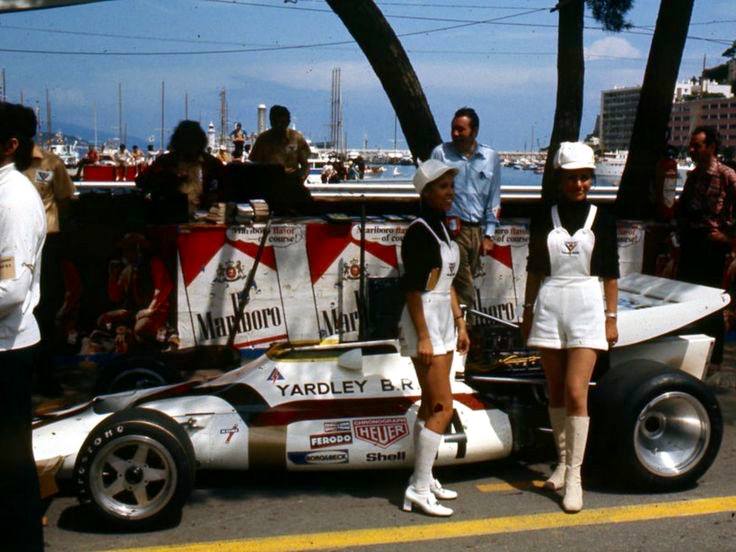
Grid girls in front of Jo Siffert’s BRM at Monaco Grand Prix on May 23 1971.
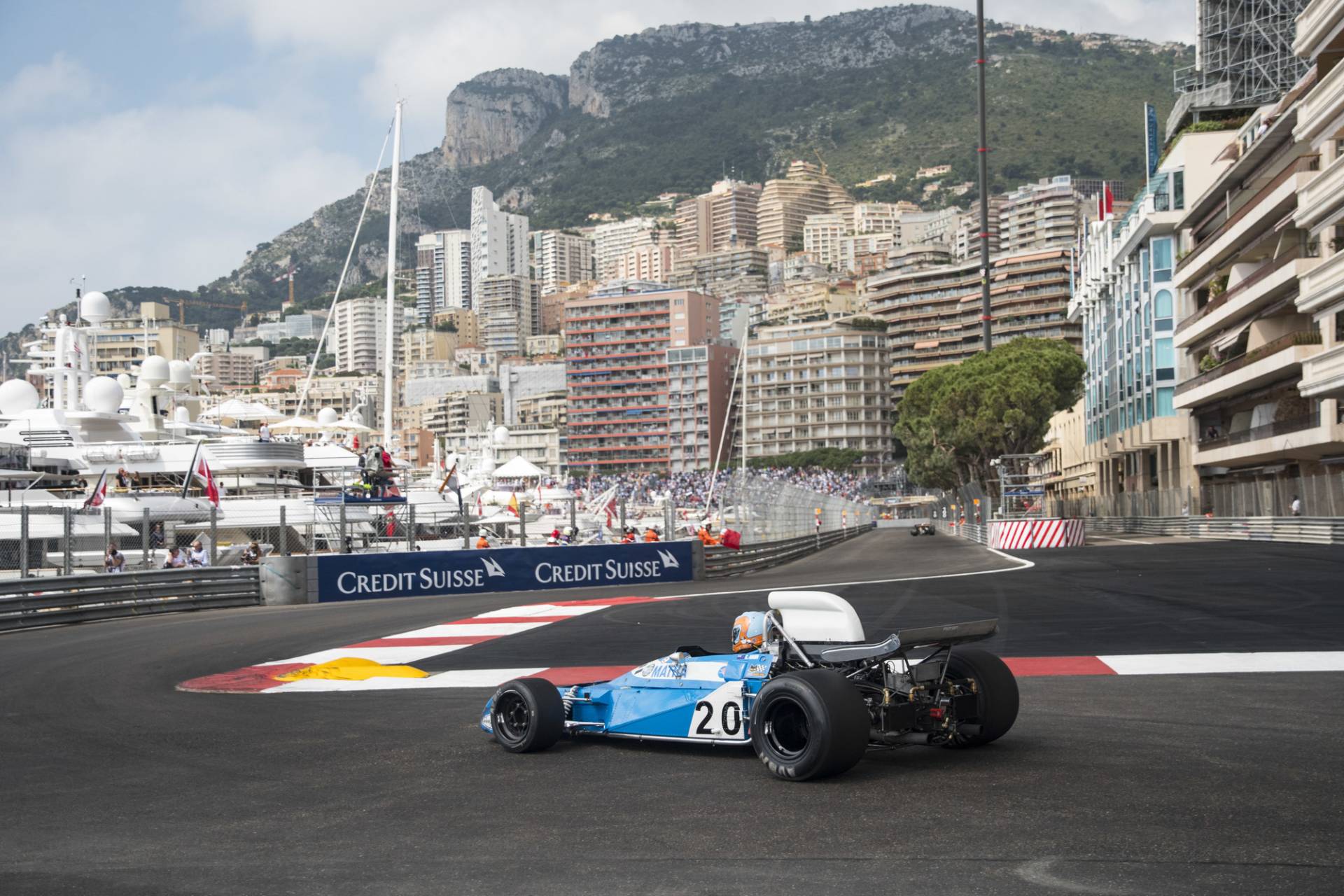
A Matra MS120C at the Monaco Grand Prix on May 23, 1971.
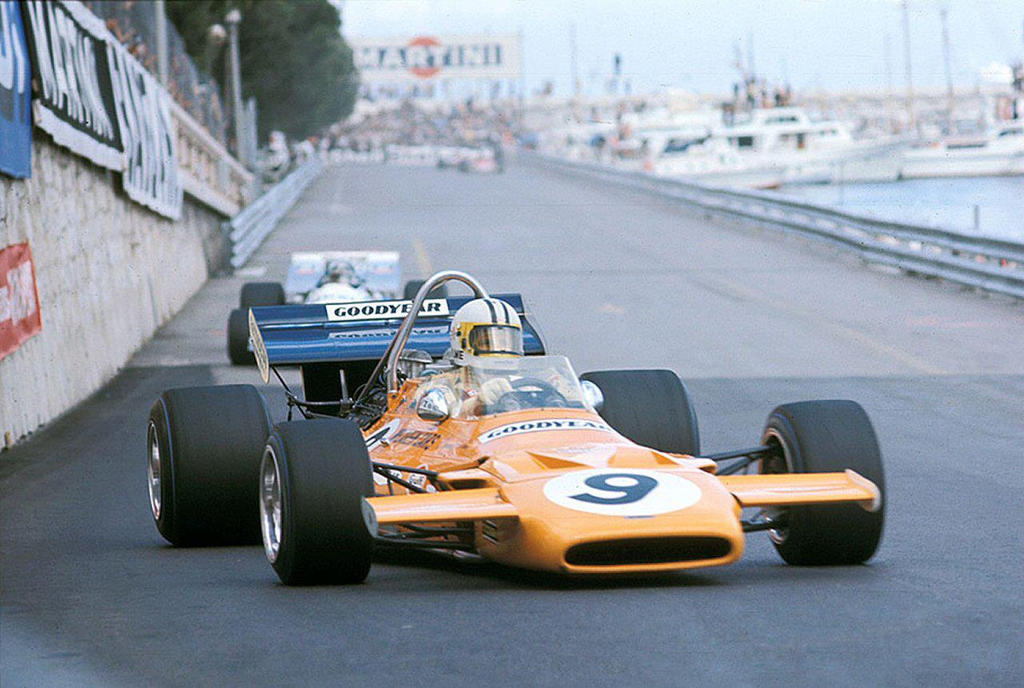
Denny Hulme, McLaren M19A, at the Monaco Grand Prix on May 23, 1971.
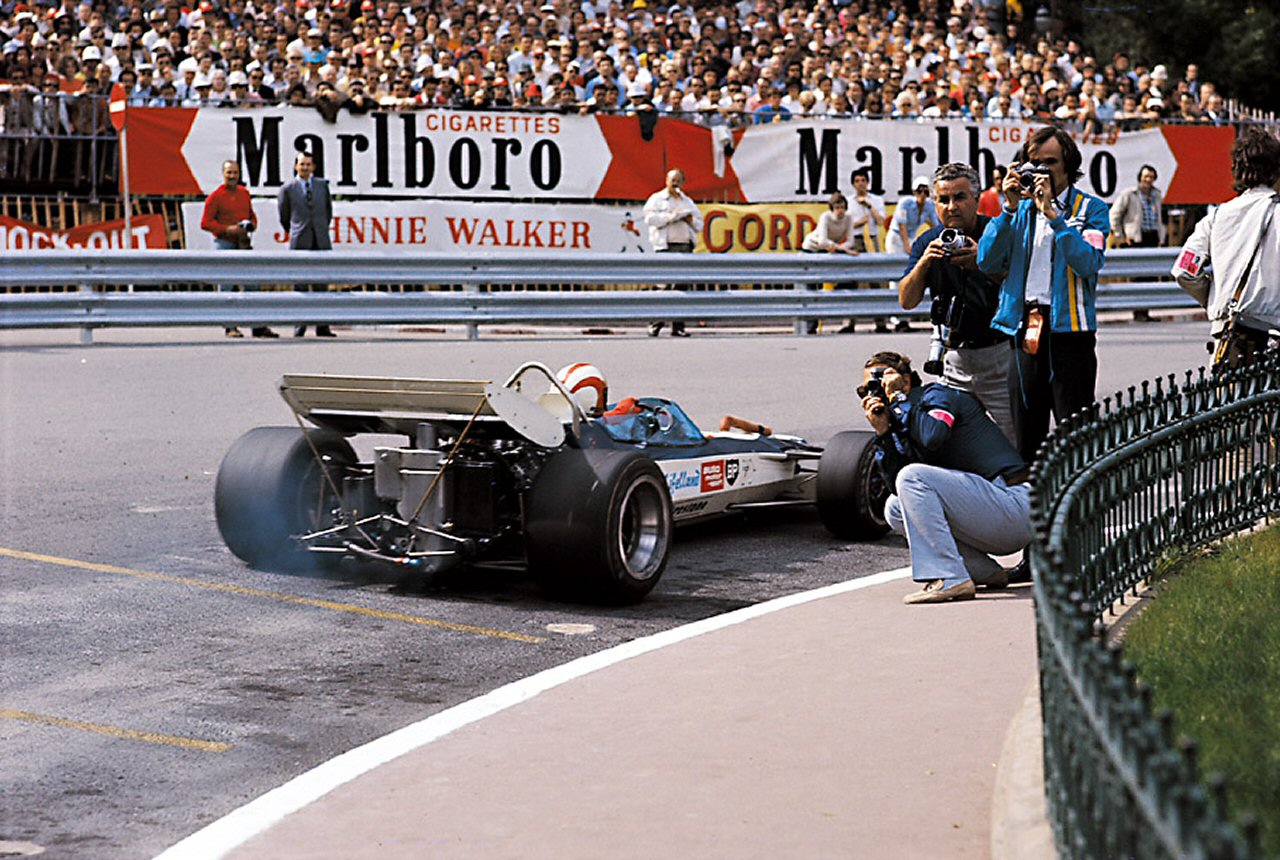
Rolf Stommelen, Surtees Ford, at the Monaco Grand Prix on May 23, 1971.
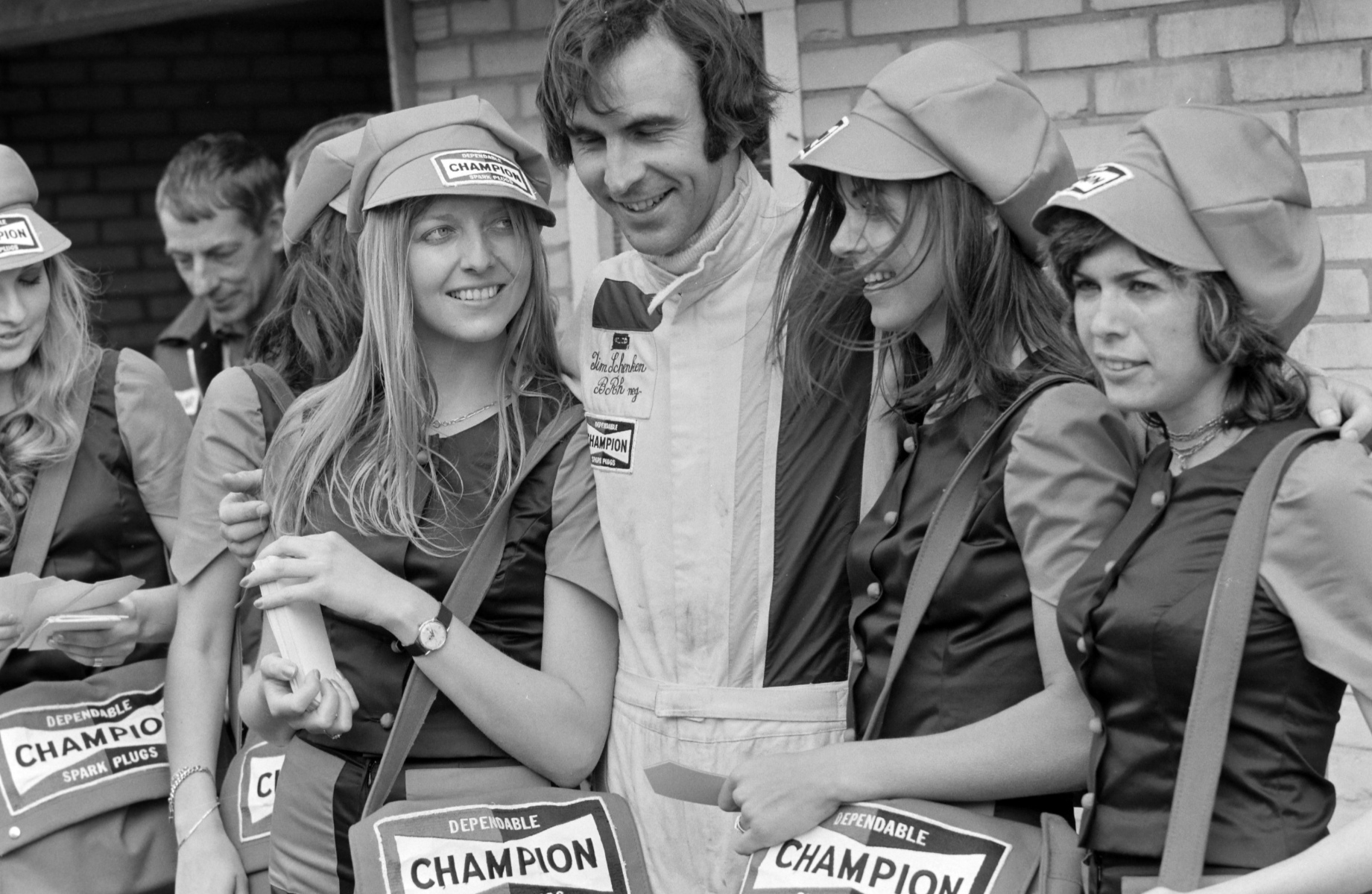
Tim Schenken and sponsors girls at the Dutch Grand Prix in Zandvoort on 20 June 1971.
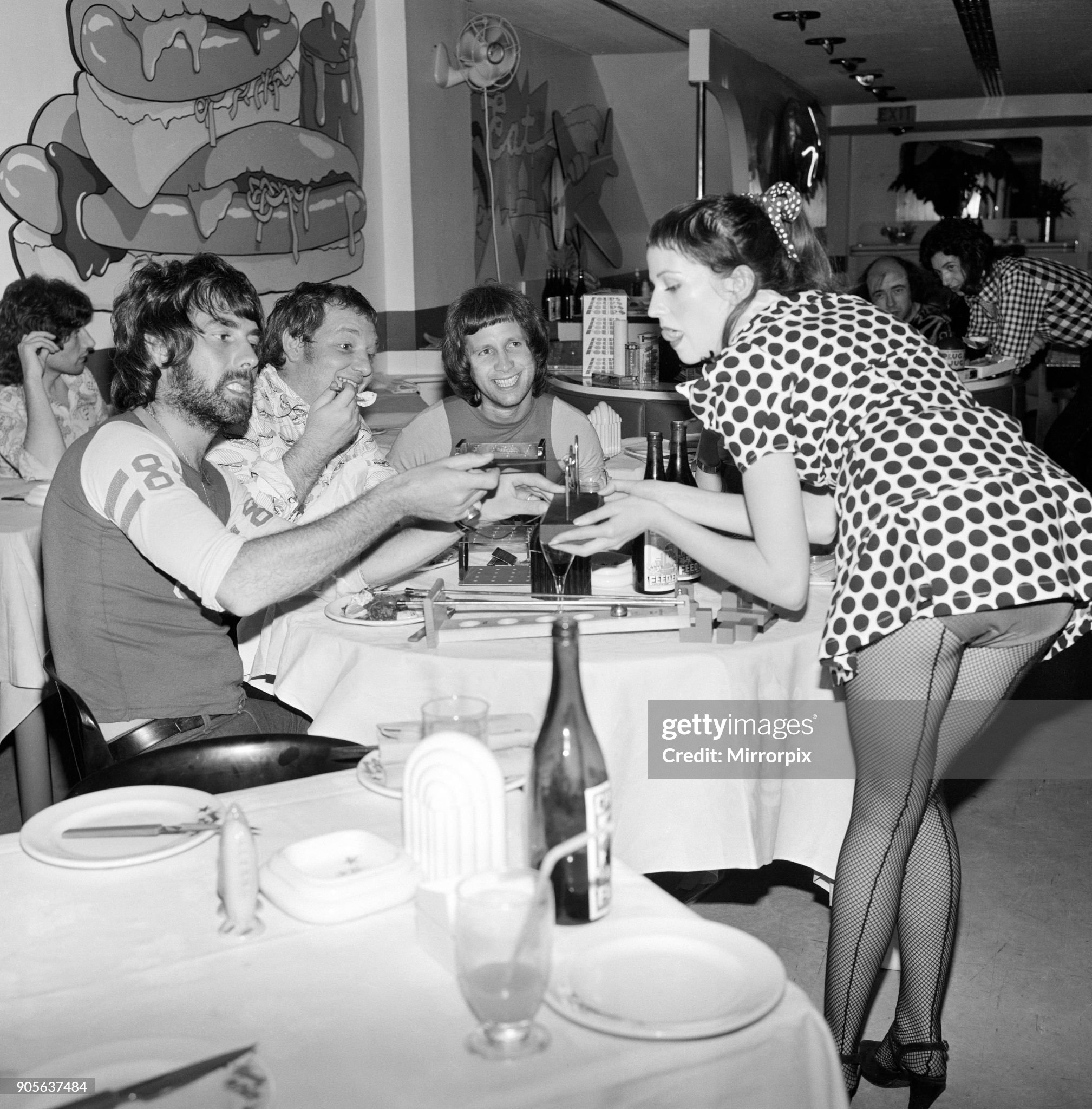
Mr. Freedom's restaurant at 20 Kensington Church street, London, on 30th July 1971. Games mistress Doni with customers and Mr. Freedom’s owner Tommy Roberts, second left, trying out some of the new games.
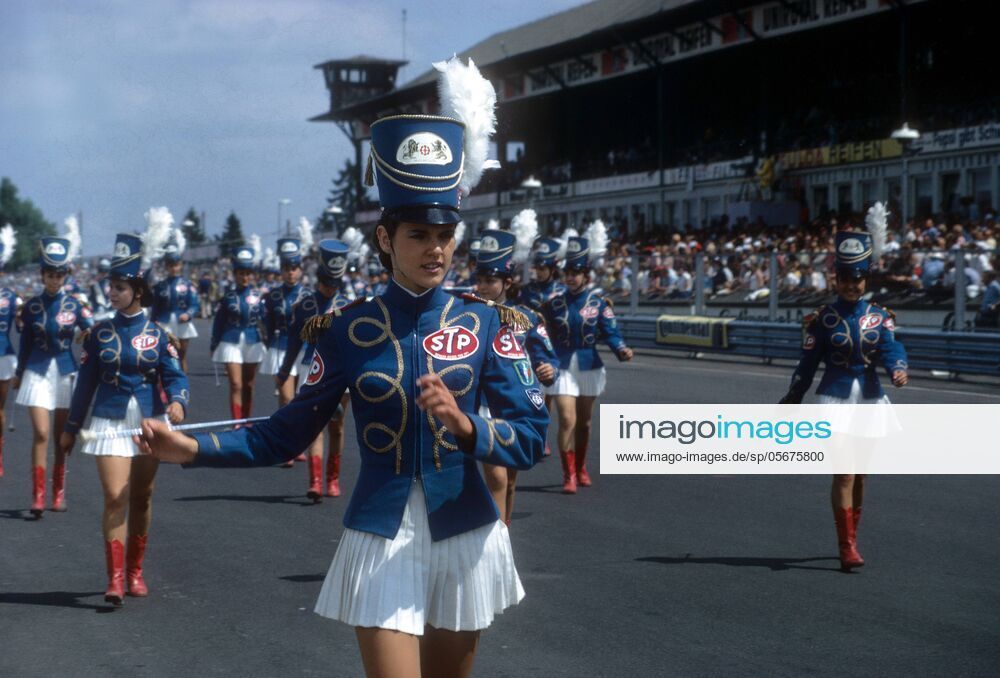
STP drum girls at the GP of Germany at the Nürburgring on 01 August 1971.
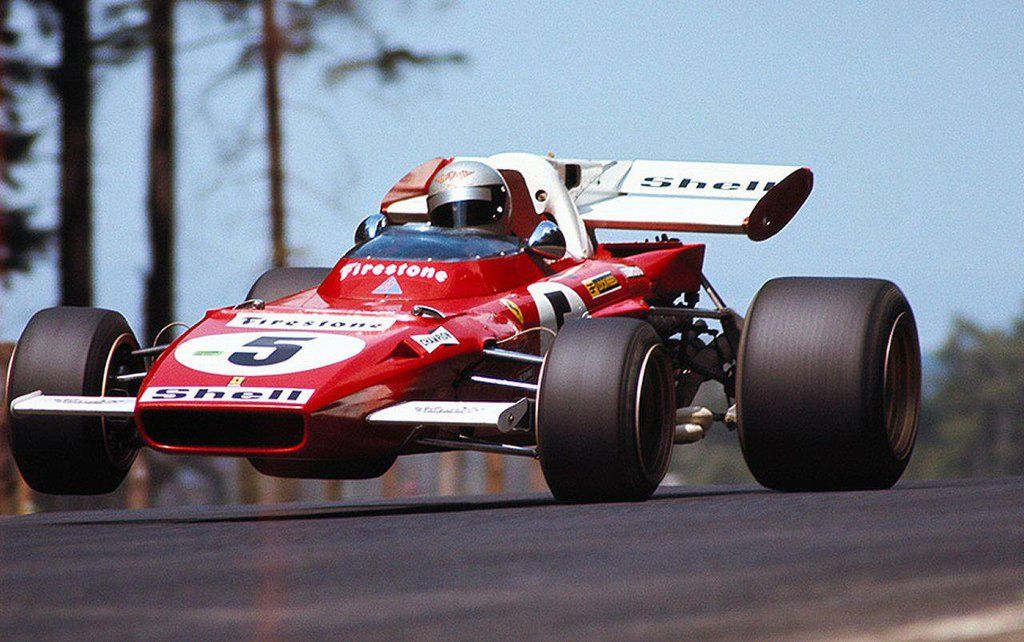
Mario Andretti, Scuderia Ferrari, at the German Grand Prix at Nürburgring on 01 August 1971.
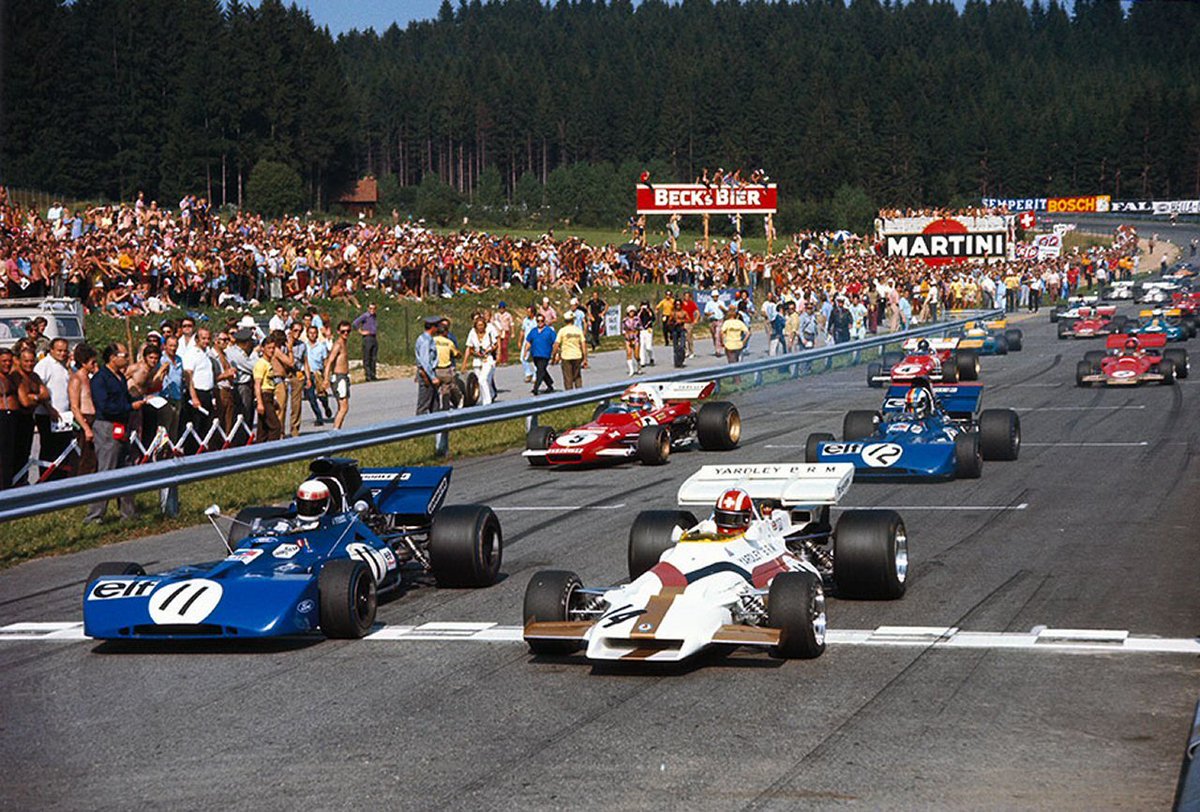
The start of the Austrian Grand Prix on 15 August 1971.
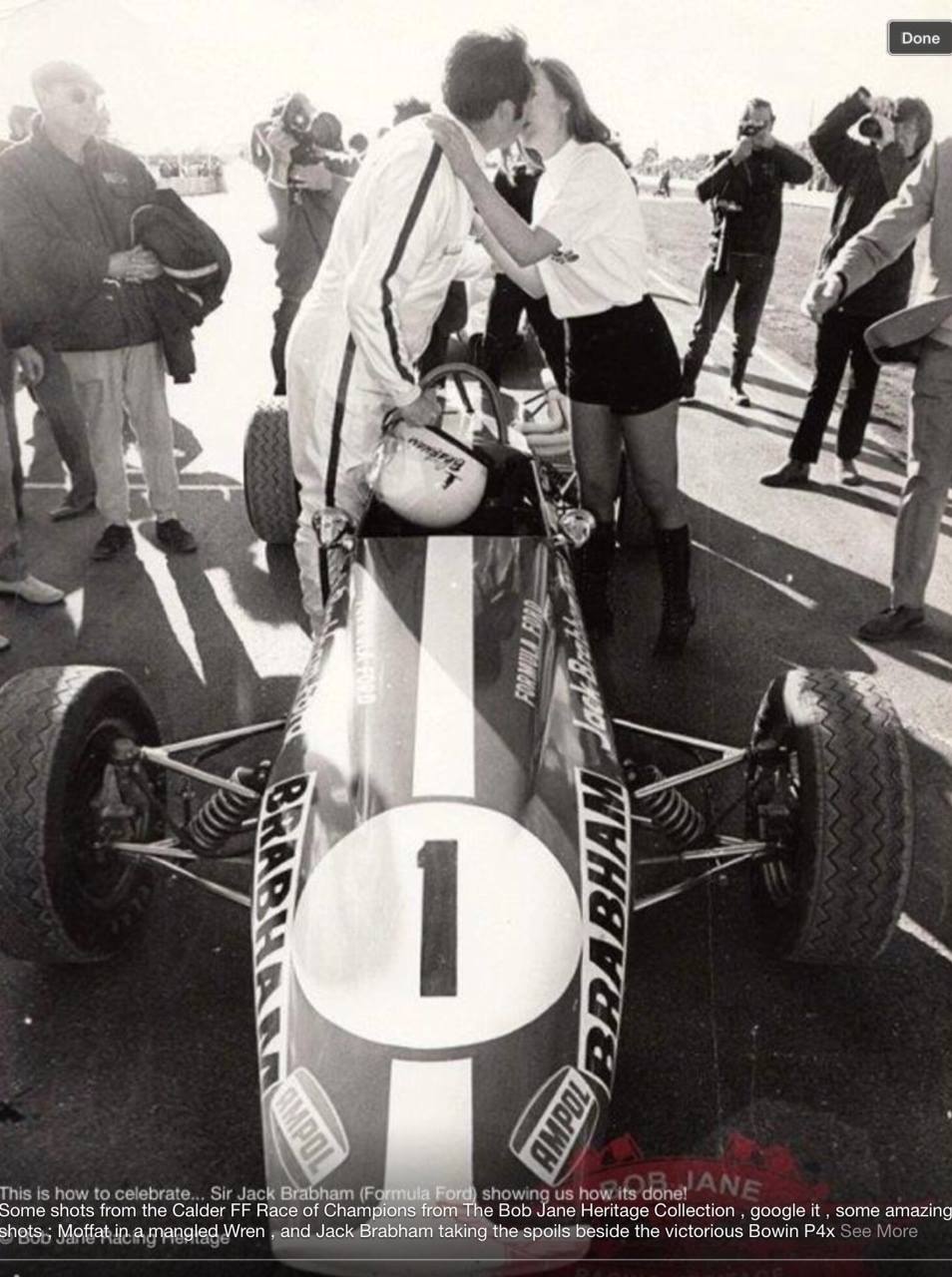
Jack Brabham at the Race of Champions in Calder, Australia, on 15 August 1971.
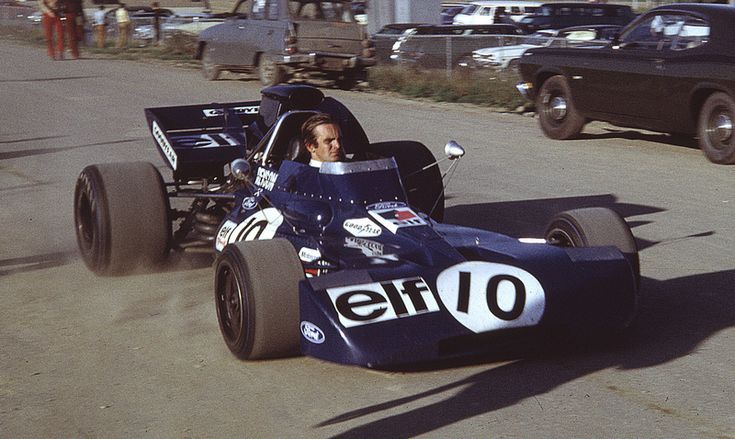
Peter Revson returning to the garage after a practice run at the US GP at Watkins Glen on October 03, 1971.
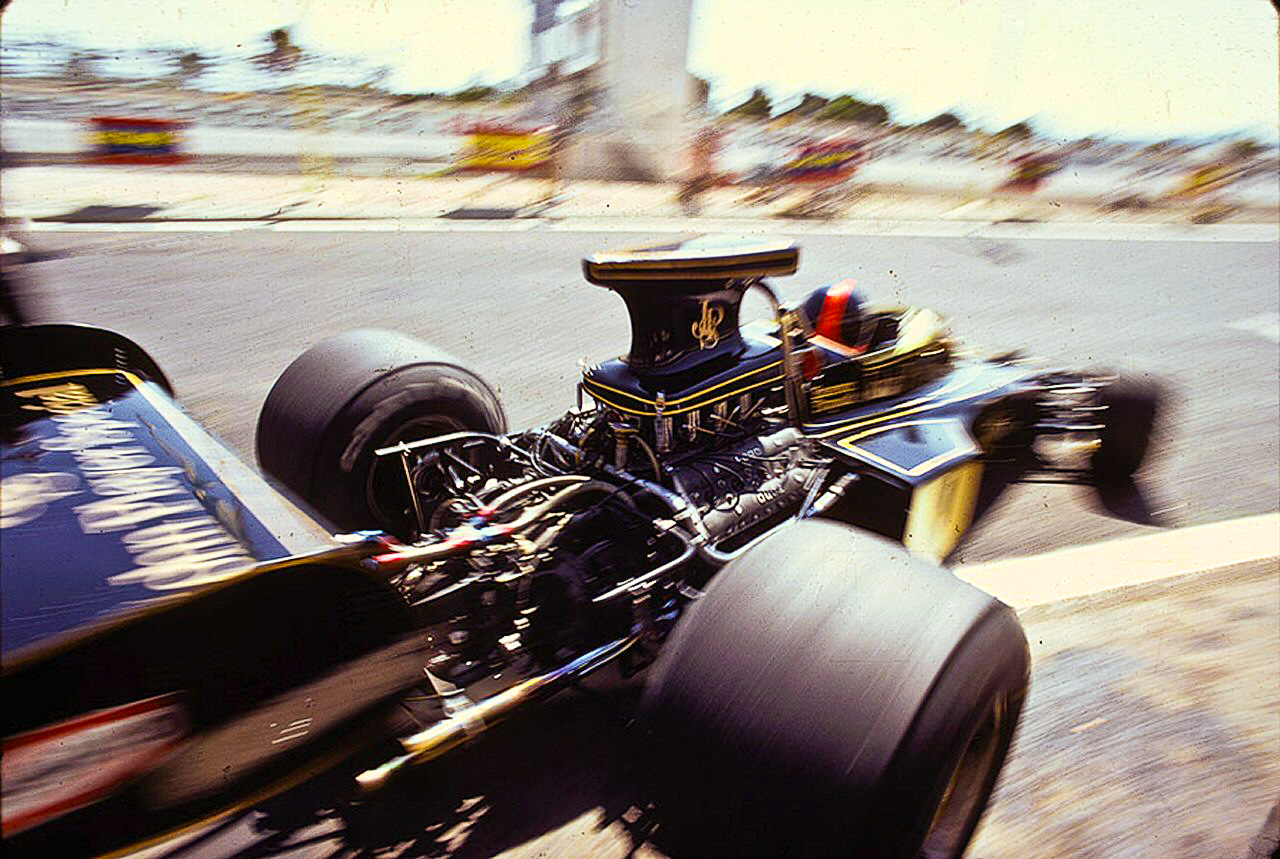
1972 Lotus 72D.
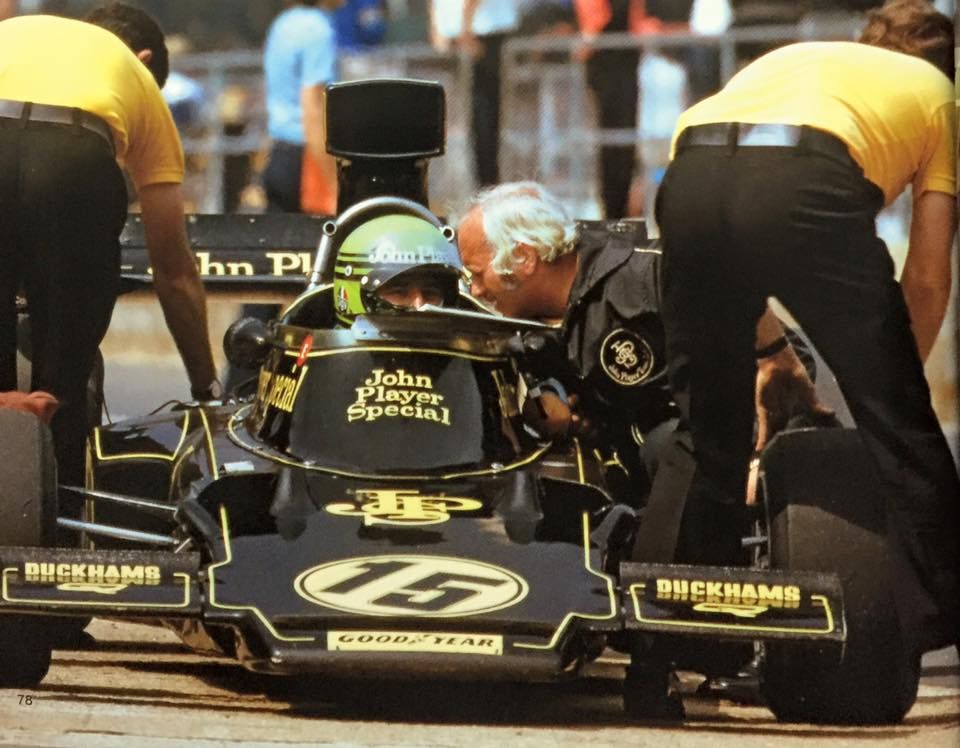
A Lotus.
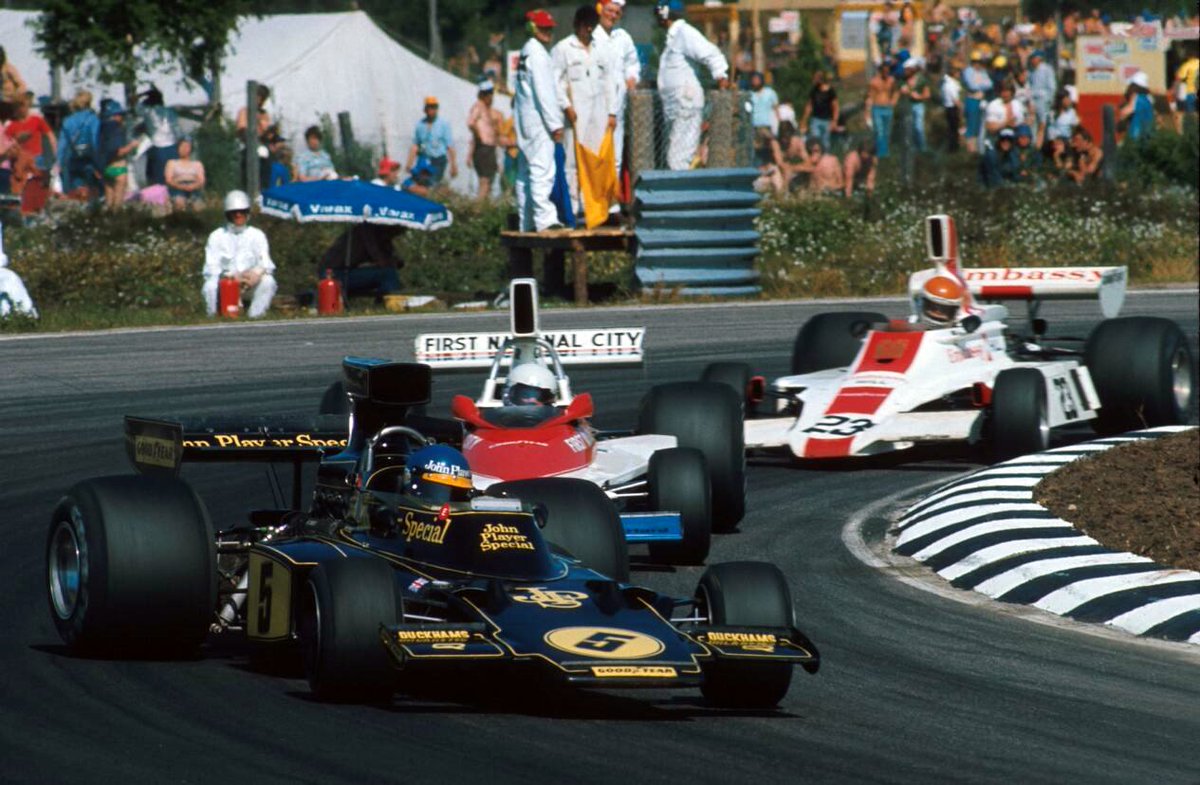
A Lotus.
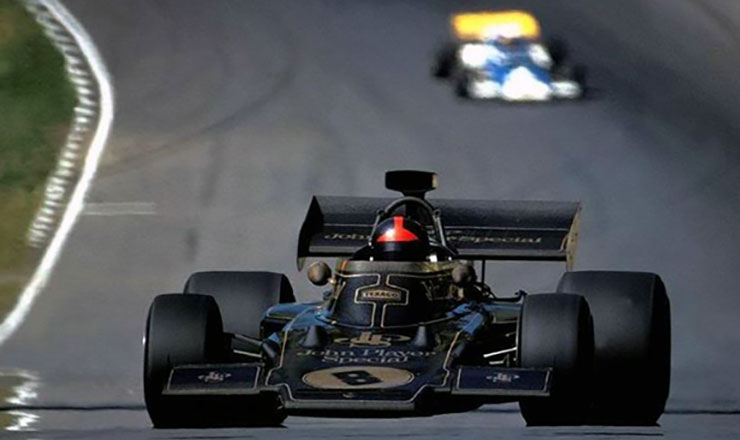
Lotus in 1972.
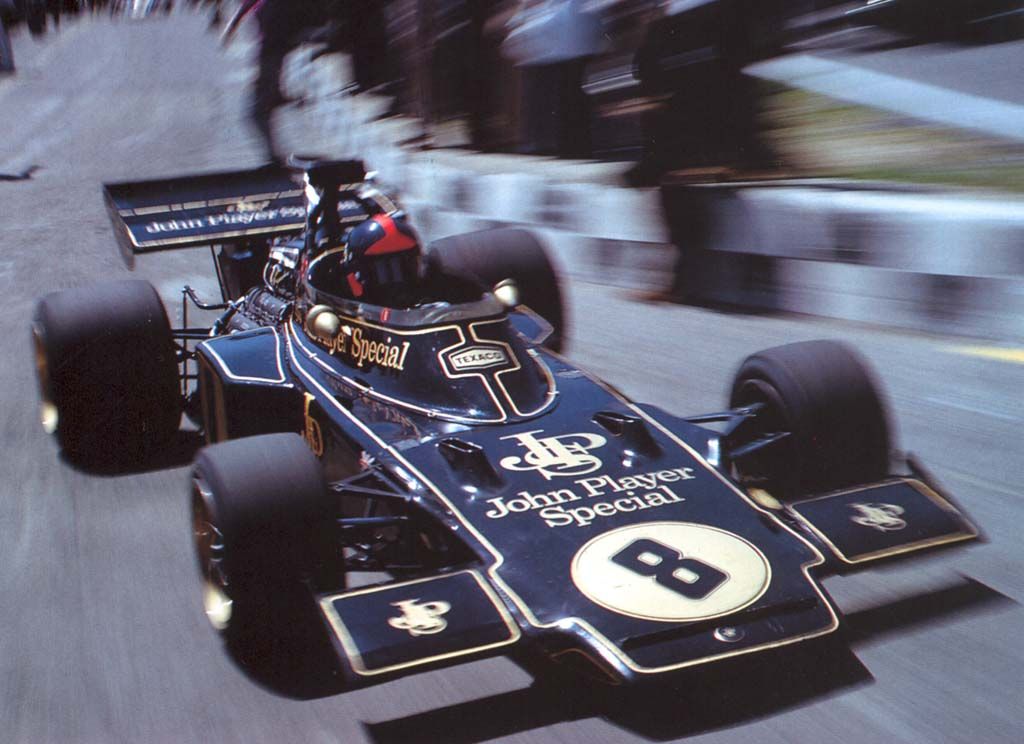
A Lotus in 1972.
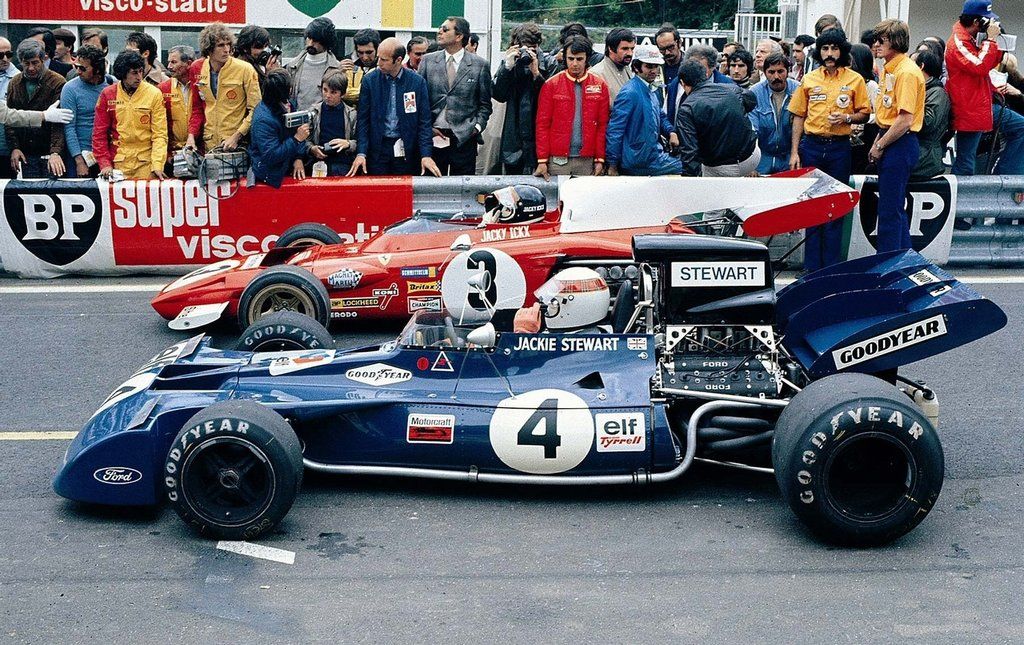
Jackie Stewart and Jacky Ickx in 1972.
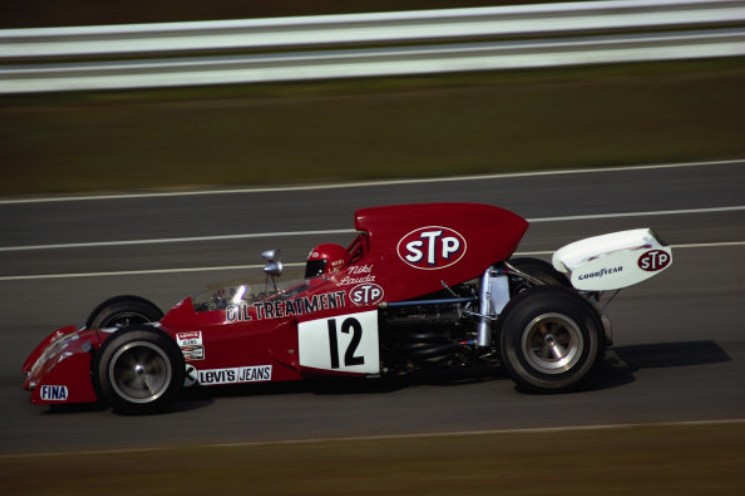
Niki Lauda and his March 721X Ford in 1972.
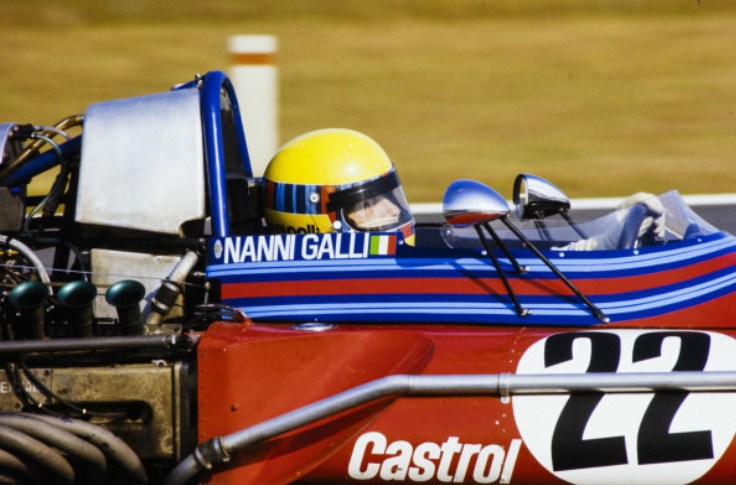
Nanni Galli in 1972.
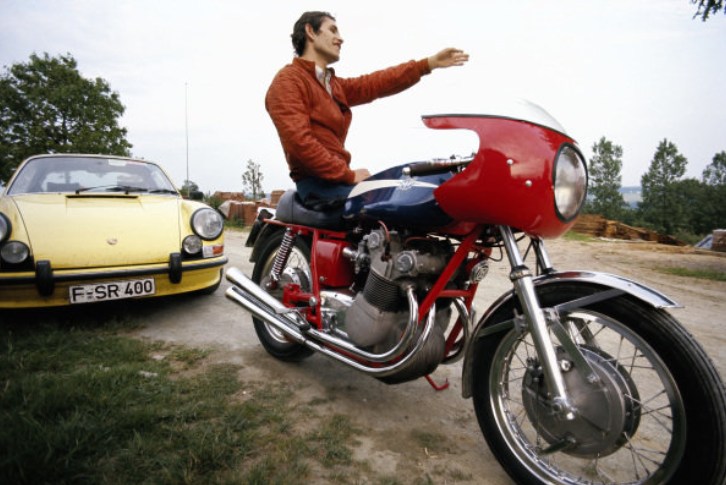
Jacky Ickx on his 1972 motorcycle.
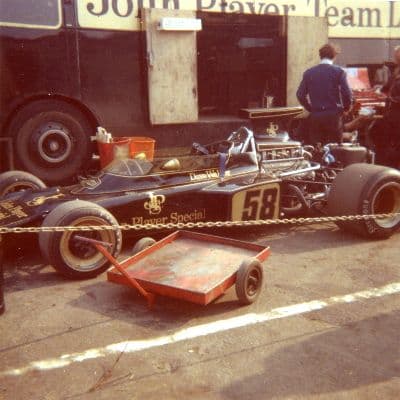
The Lotus 72 of Dave Walker at the Race of Champions in Brands Hatch on 19 March 1972.
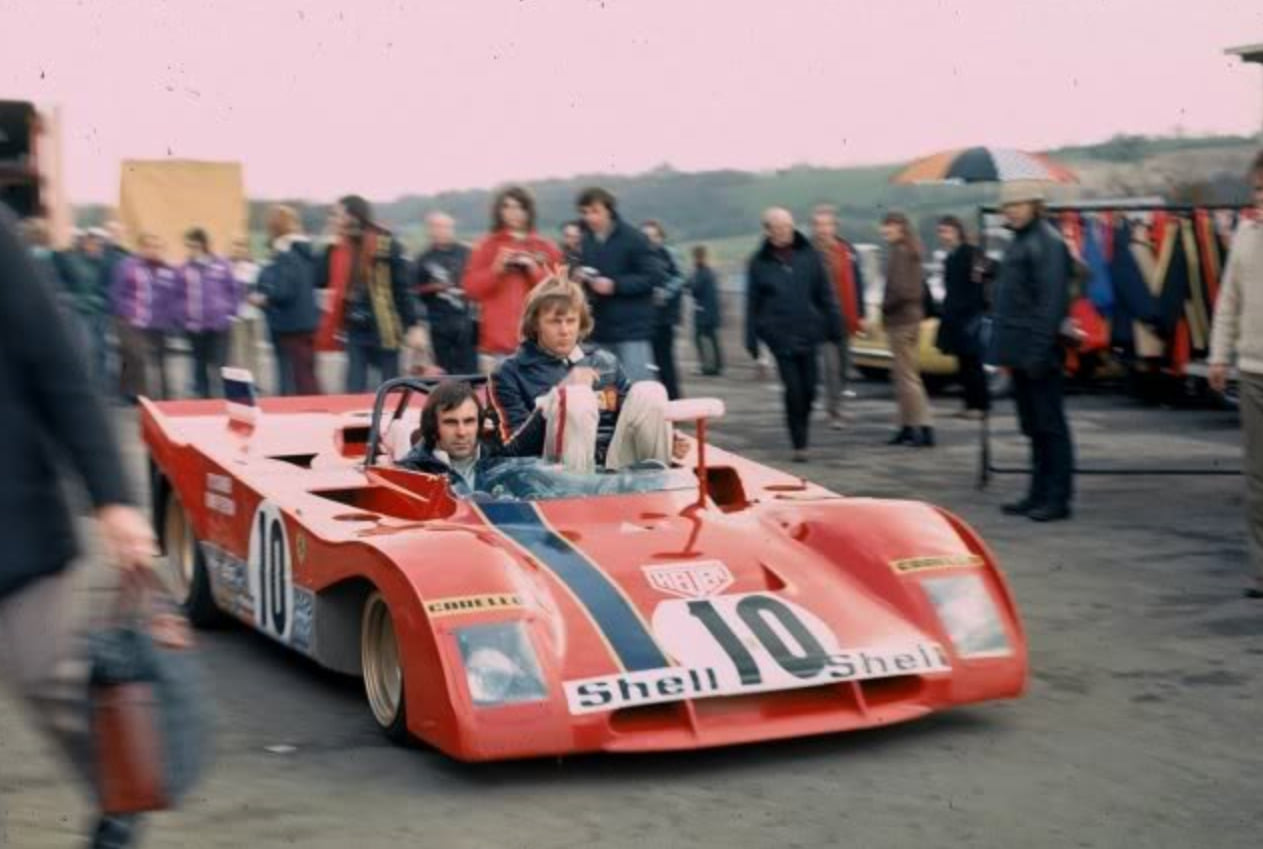
Tim Schenken and Ronnie Peterson in the Ferrari 312PB n.10 (P2) at the Brands Hatch 1000 km on April 16 1972.
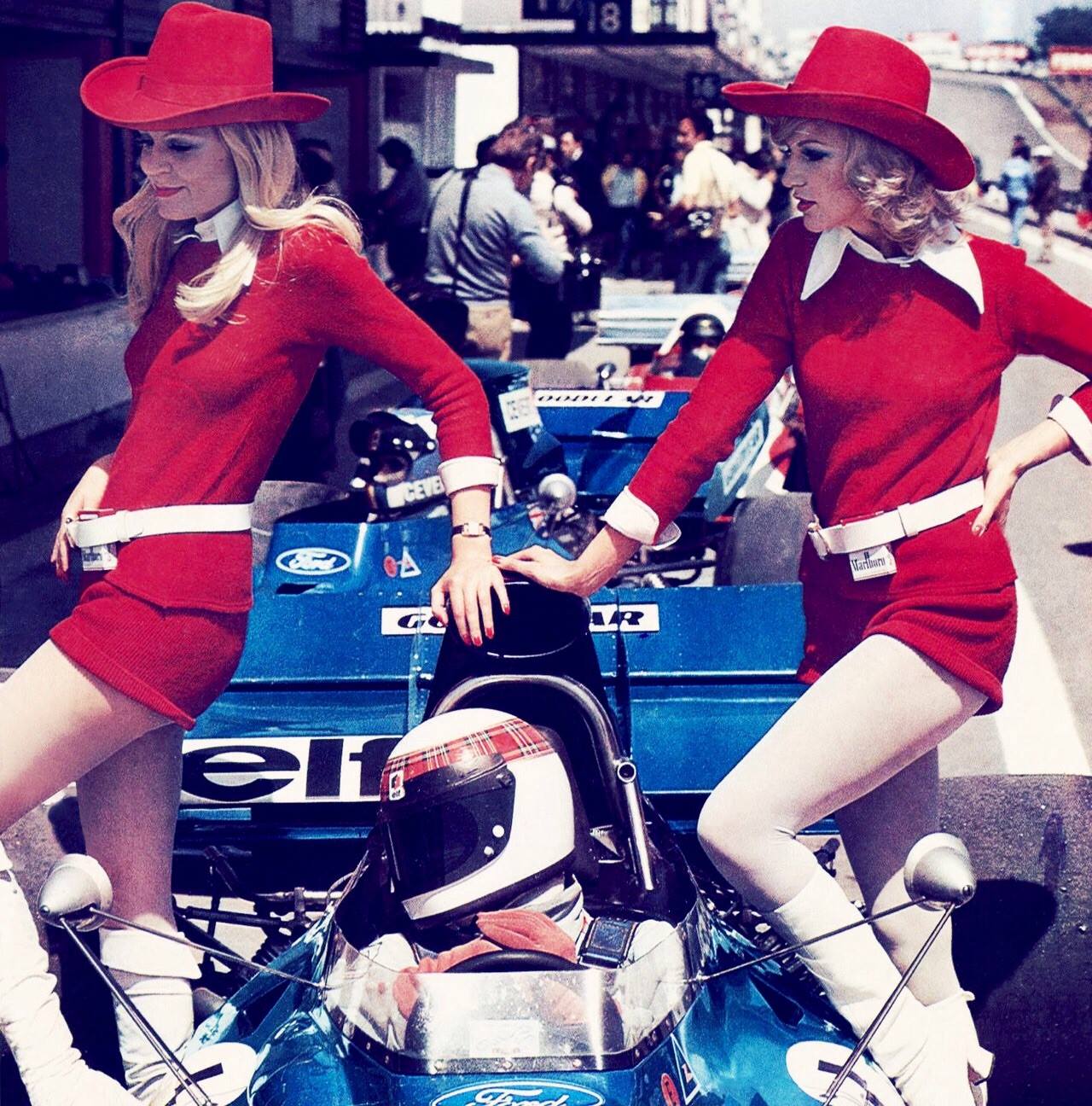
Jackie Stewart and Marlboro girls at Járama, Spain, on May 01, 1972.
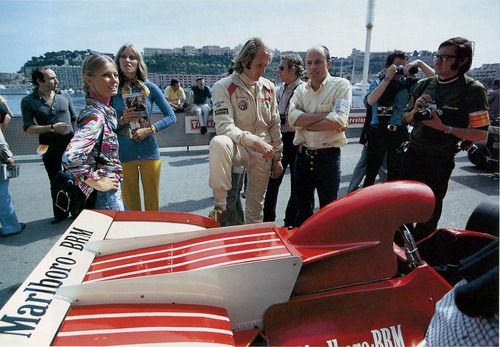
Helmut Marko, BRM P153B, at the Monaco GP on May 14, 1972.
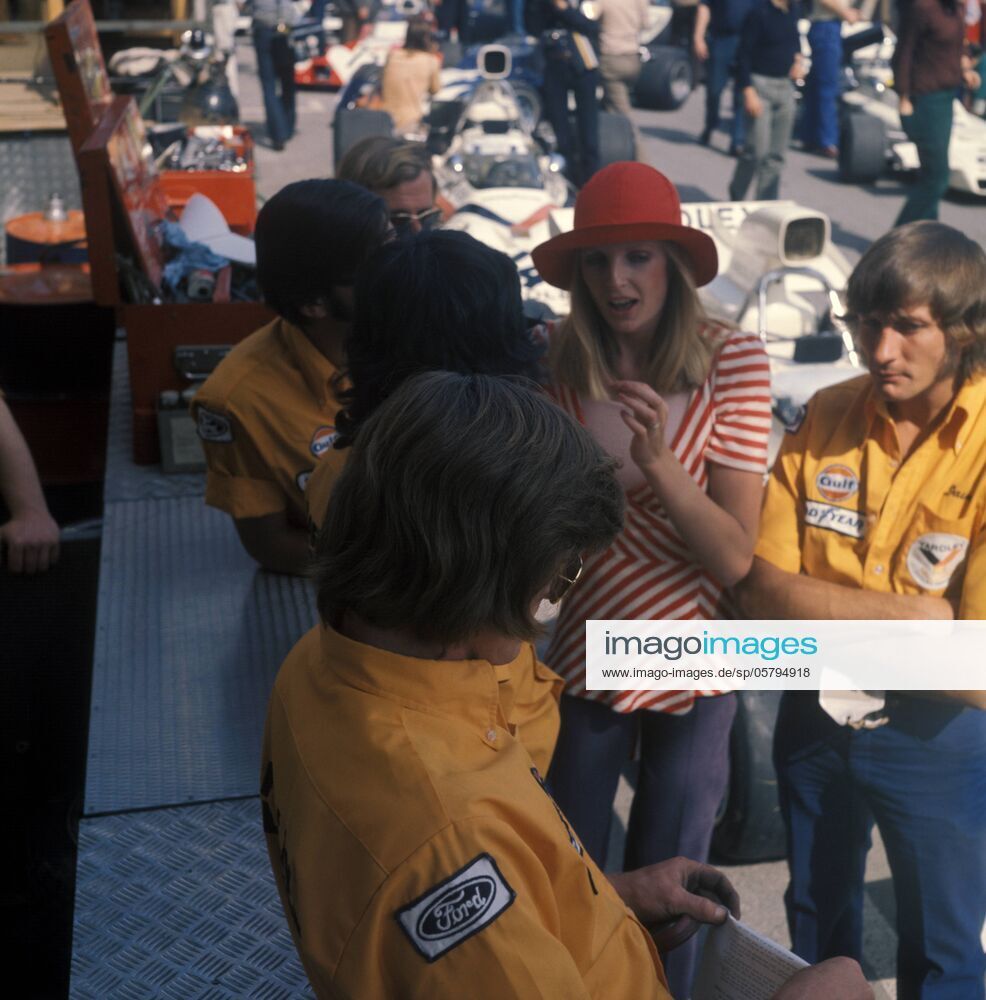
A pretty girl with McLaren mechanics in the pits at the Monaco GP on May 14, 1972.
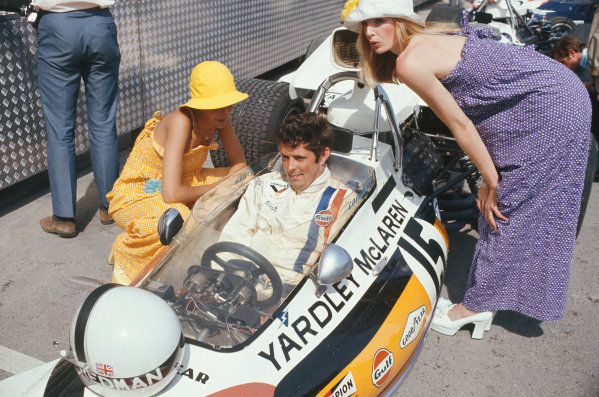
Brian Redman, McLaren M19A Ford, in the pits with fashion models at the 1972 Monaco Grand Prix. Photo by Lat Images.
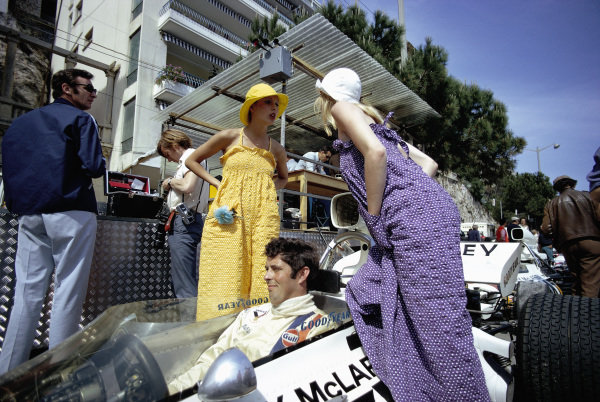
Brian Redman, McLaren M19A Ford, sits in his car as two models pose for a photoshoot on May 14, 1972 at the Monaco Grand Prix. Photo by Rainer Schlegelmilch.
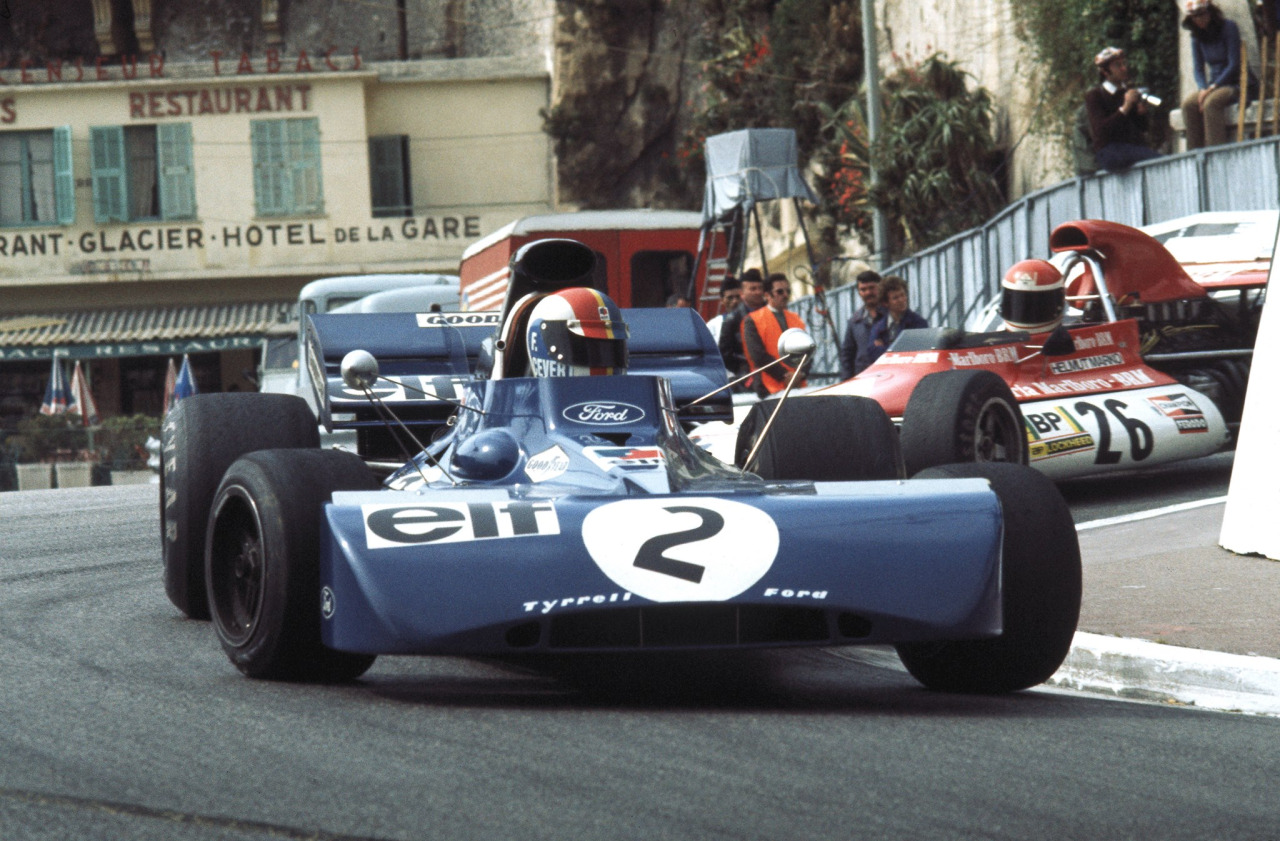
Francois Cevert leads Helmut Marko through the Station Hairpin, Monaco Grand Prix, Monte Carlo, May 14, 1972.
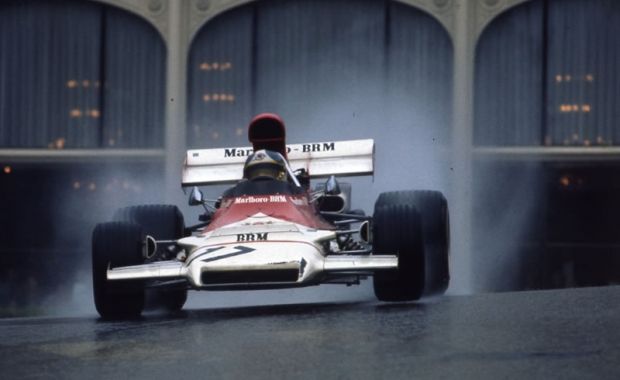
A BRM at the 1972 Monaco Grand Prix.
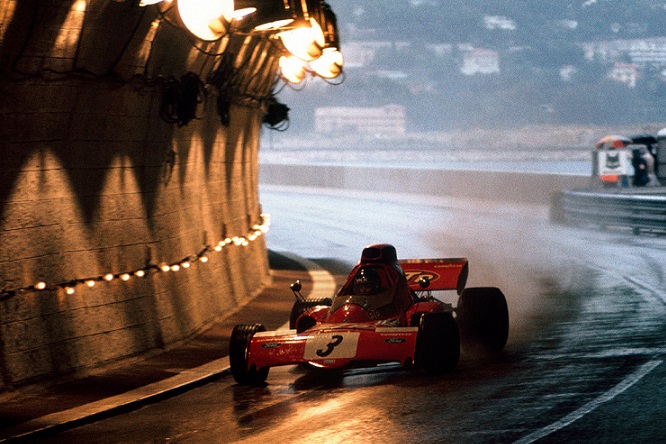
Jacky Ickx, Ferrari 312B2, at the 1972 Monaco Grand Prix.
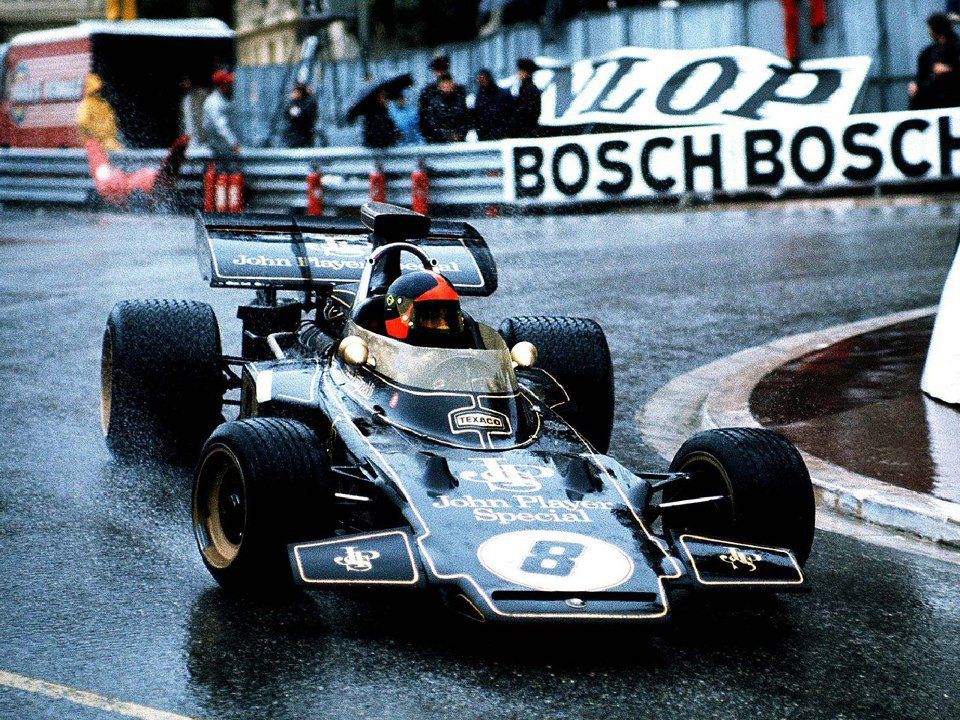
Emerson Fittipaldi, Monaco 1972.
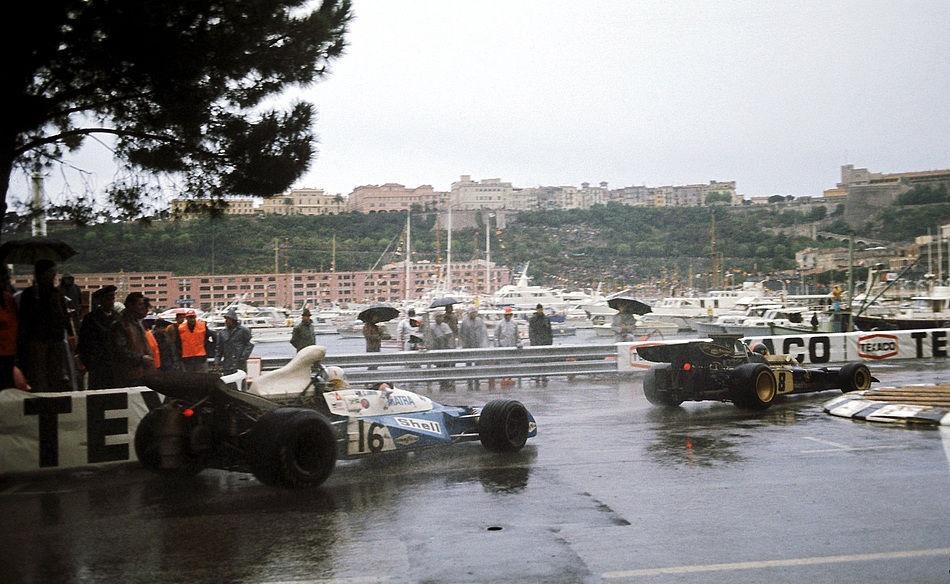
Emerson Fittipaldi, JPS Lotus-Ford 72D, leading Chris Amon, Matra MS120C, at the 1972 Monaco Grand Prix.
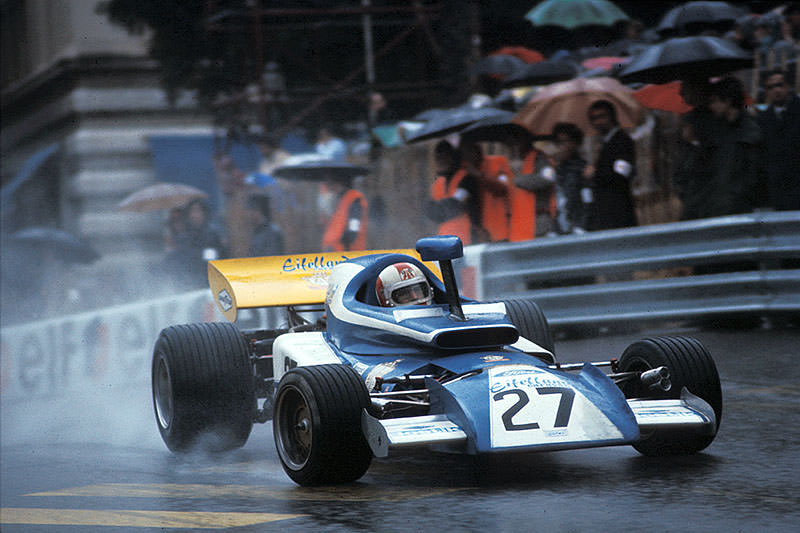
Rolf Stommelen, Eifelland Type 21, at the 1972 Monaco Grand Prix.
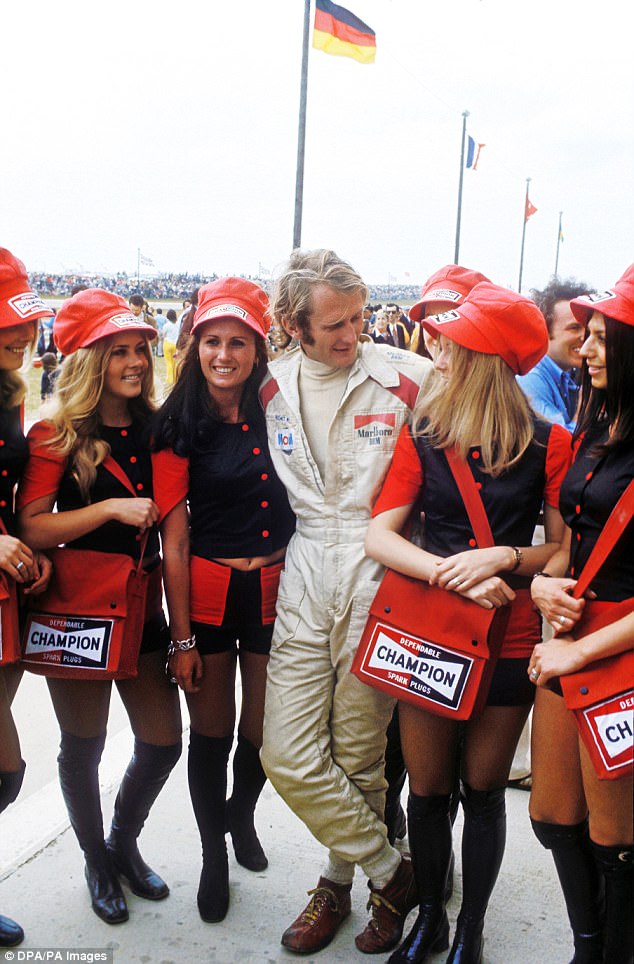
Helmut Marko, Targa Florio, on May 21, 1972.
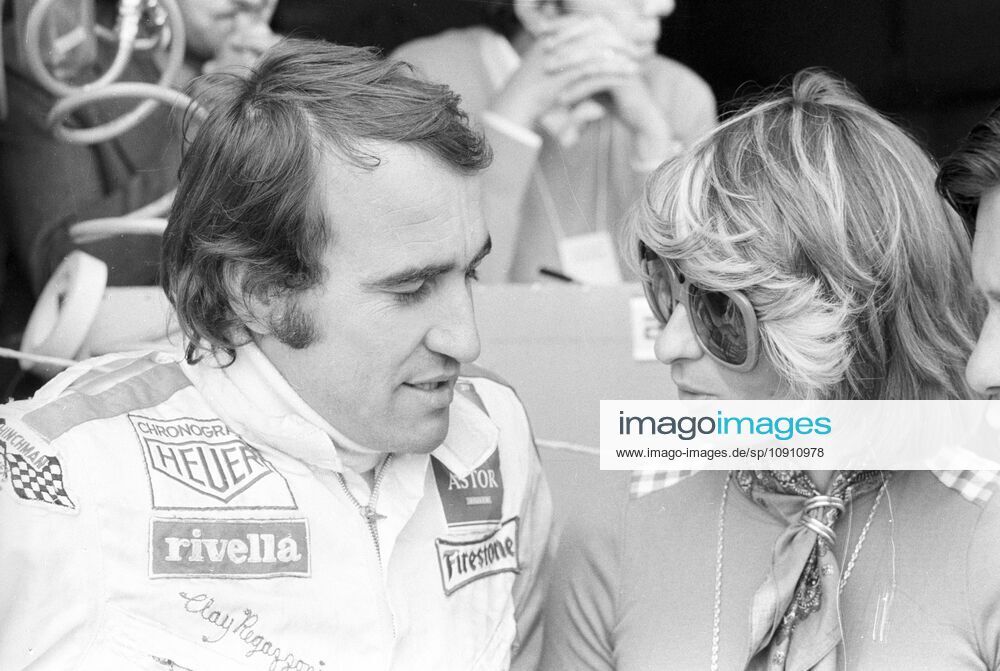
Clay Regazzoni, Ferrari, with a girl on 04 June 1972.
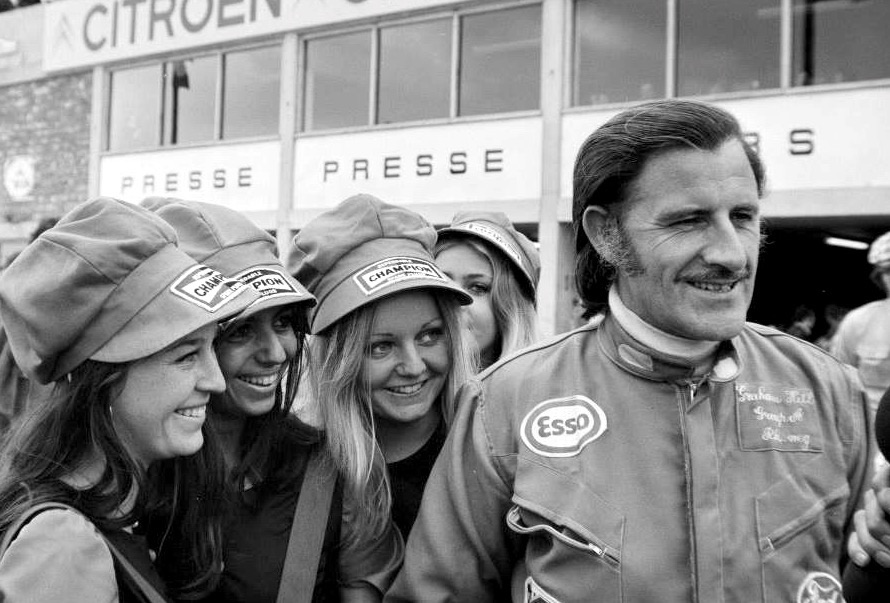
Graham Hill with some girls at the Belgium Grand Prix in Nivelles-Baulers on June 04, 1972.
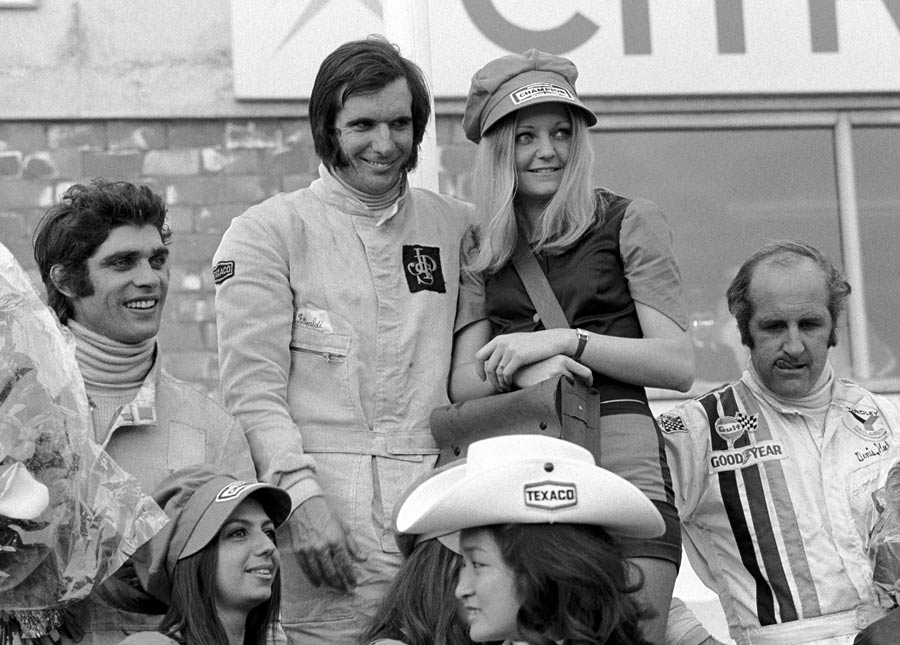
François Cevert, Emerson Fittipaldi and Denny Hulme with some girls at the Belgium Grand Prix in Nivelles-Baulers on June 04, 1972.
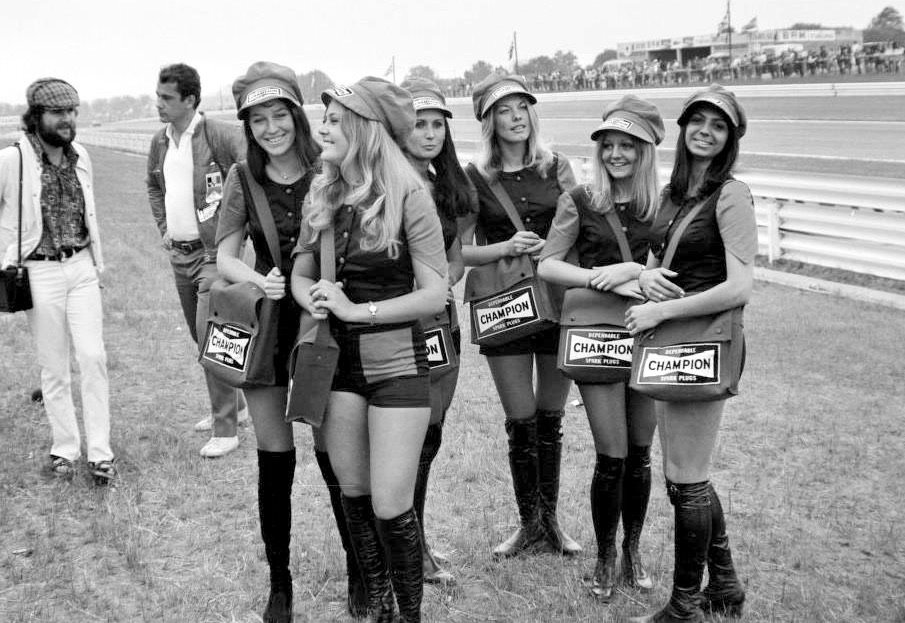
Some girls at the Belgium Grand Prix in Nivelles-Baulers on June 04, 1972.
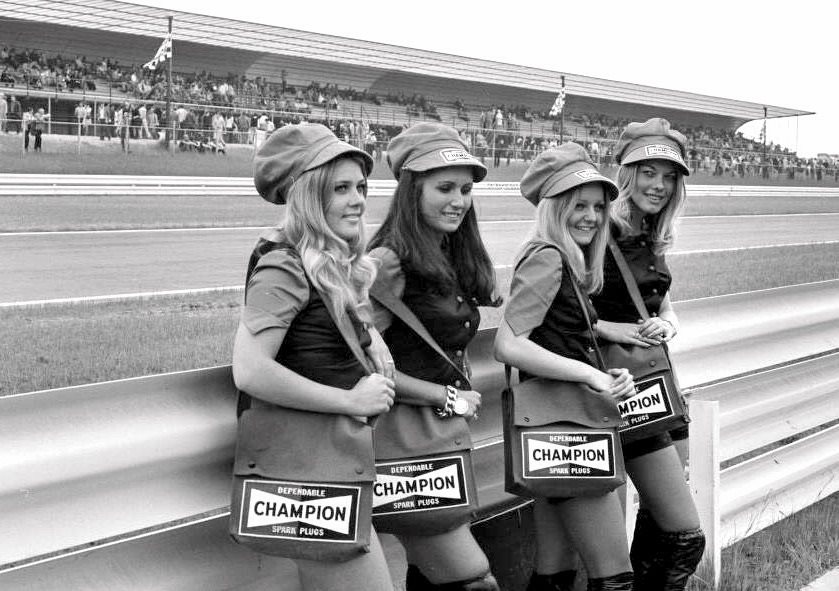
Some girls at the Belgium Grand Prix in Nivelles-Baulers on June 04, 1972.
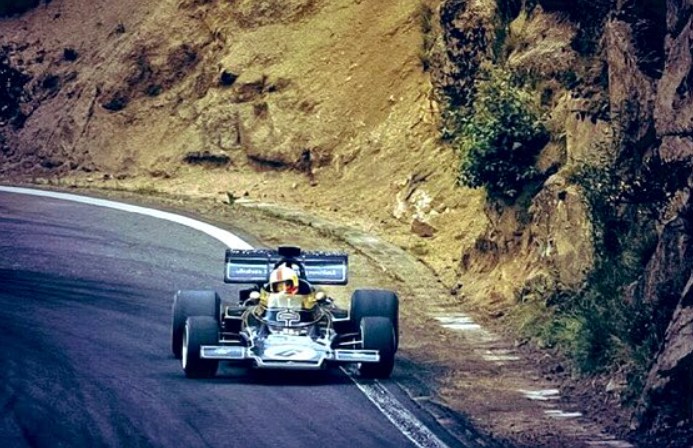
Dave Walker, Lotus 72-D, at the circuit de Charade, France, on 02 July 1972.
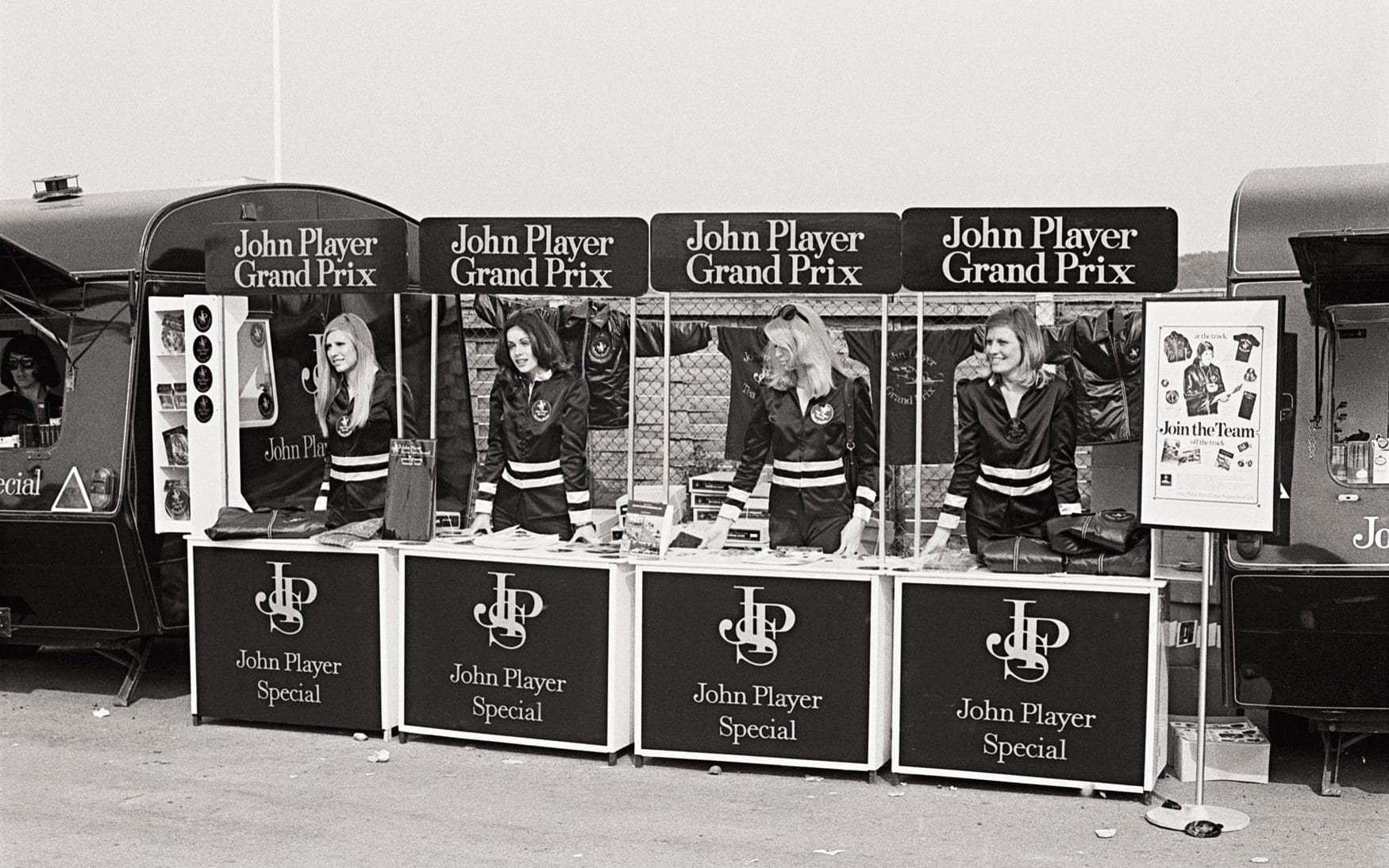
JPS girls at the British Grand Prix in Brands Hatch on 15 July 1972.
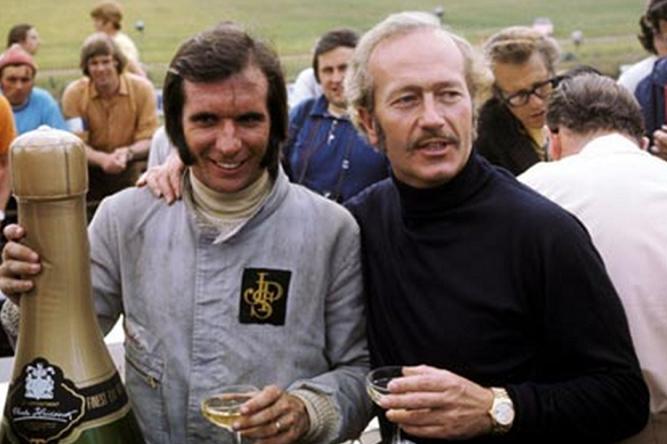
Emerson Fittipaldi and Colin Chapman at the British Grand Prix in Brands Hatch on 17 July 1972. Photo by David Phipps.
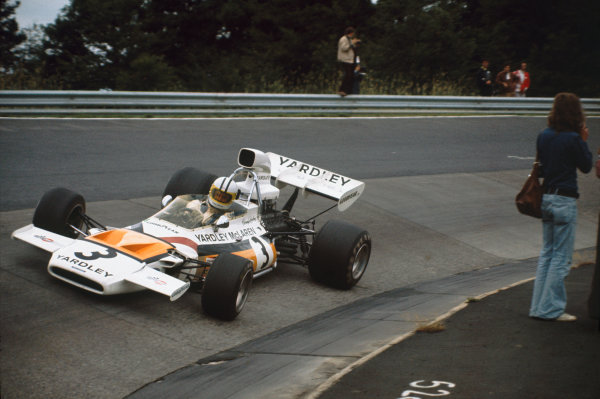
Denny Hulme, McLaren M19C Ford, at the German GP in Nurburgring on 28-30 July 1972. Photo by Lat Photographic.
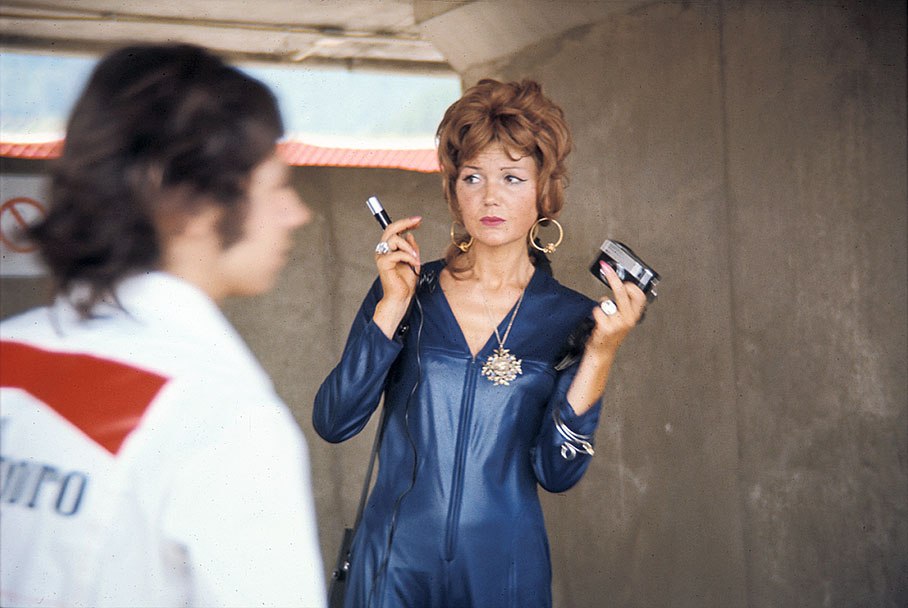
Girls attending the F1 Austrian Grand Prix at Zeltweg in 1972. Photo by Rainer Schlegelmilch.
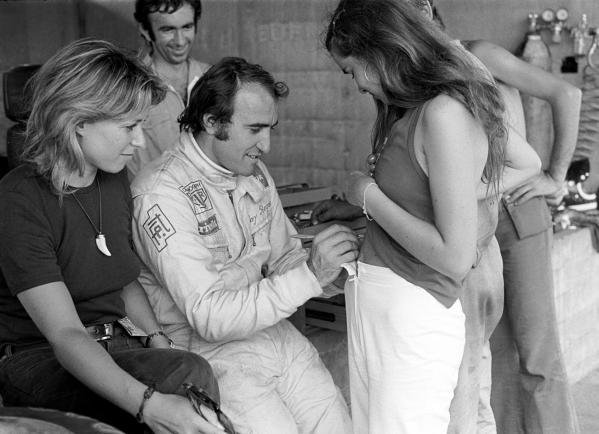
Clay Regazzoni signs his autograph in an unusual place for a fan at the Austrian GP on 13 August 1972.
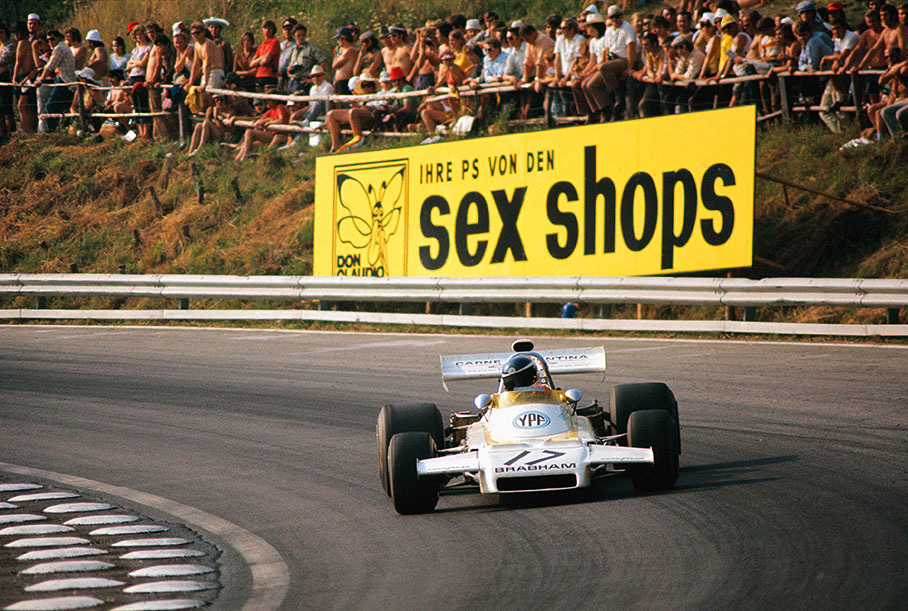
Carlos Reutemann, Brabham, at Zeltweg, Austria, on 13 August 1972.
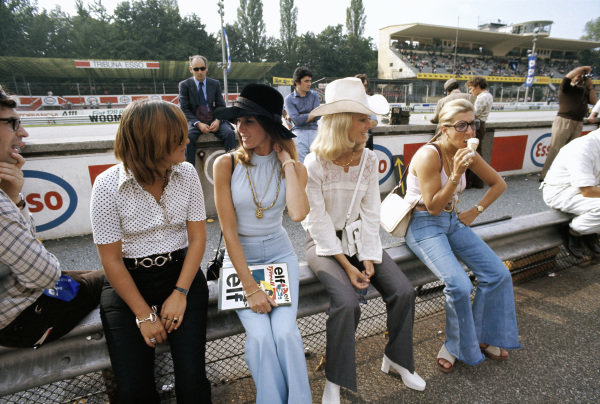
Maria Helena Fittipaldi and Helen Stewart at the Italian GP in Monza on Sunday, 10 September 1972. Photo by Rainer Schlegelmilch.
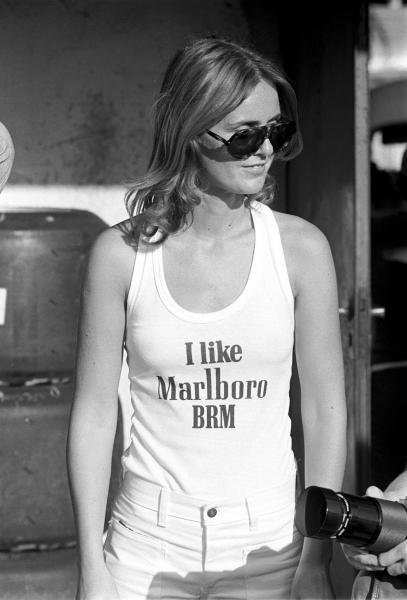
Marlboro were making their presence felt at the Italian GP in Monza on Sunday, 10 September 1972.
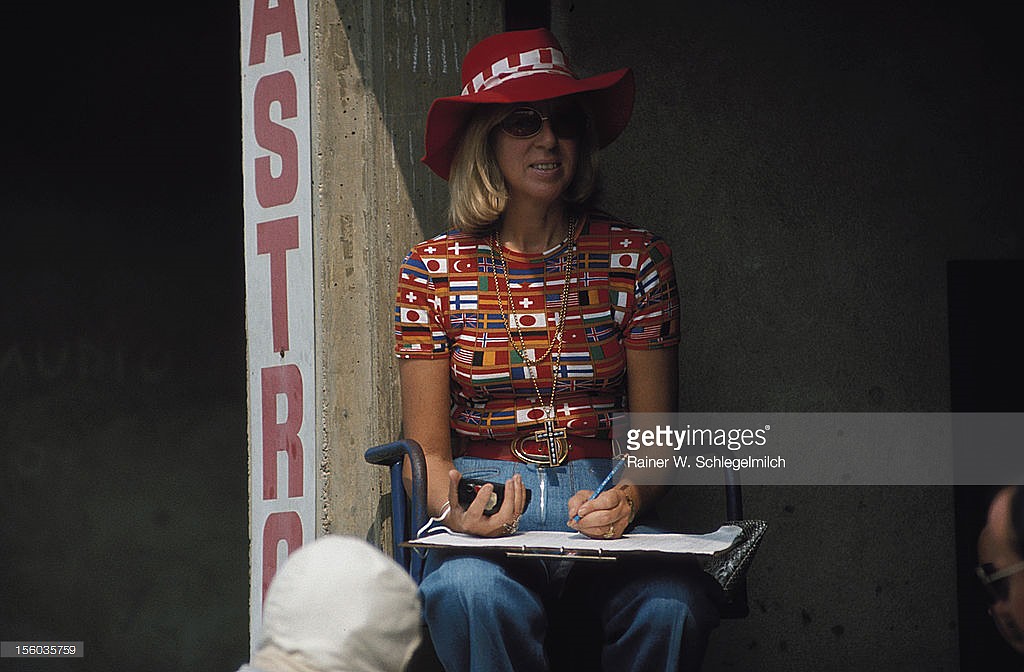
Nora, Ken Tyrrell’s wife, at Monza in 1972.
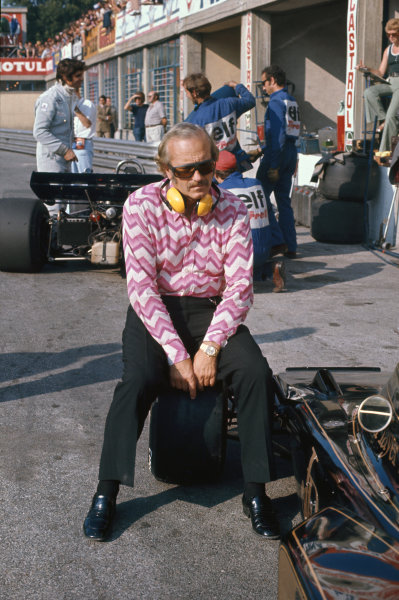
Colin Chapman at the Italian GP in Monza on Sunday, 10 September 1972. Photo by Lat Images.
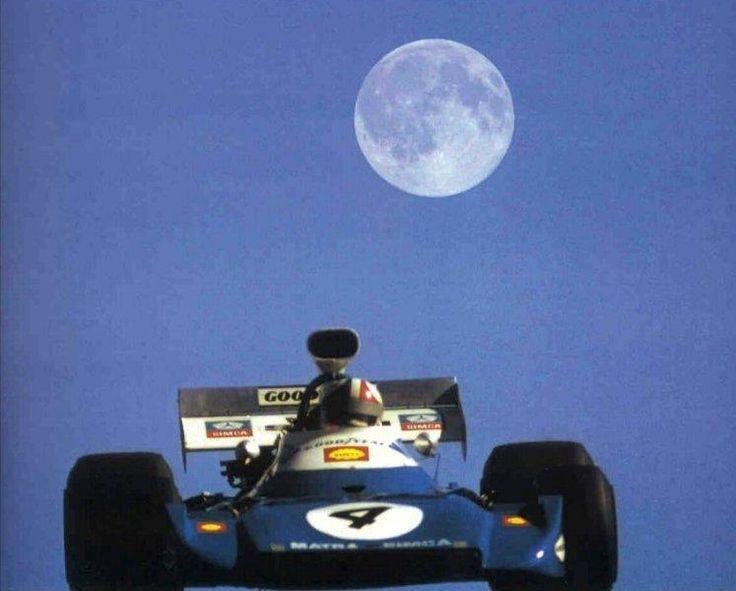
Chris Amon, Matra, at the Canadian Grand Prix in Mosport Park on 24 September 1972.
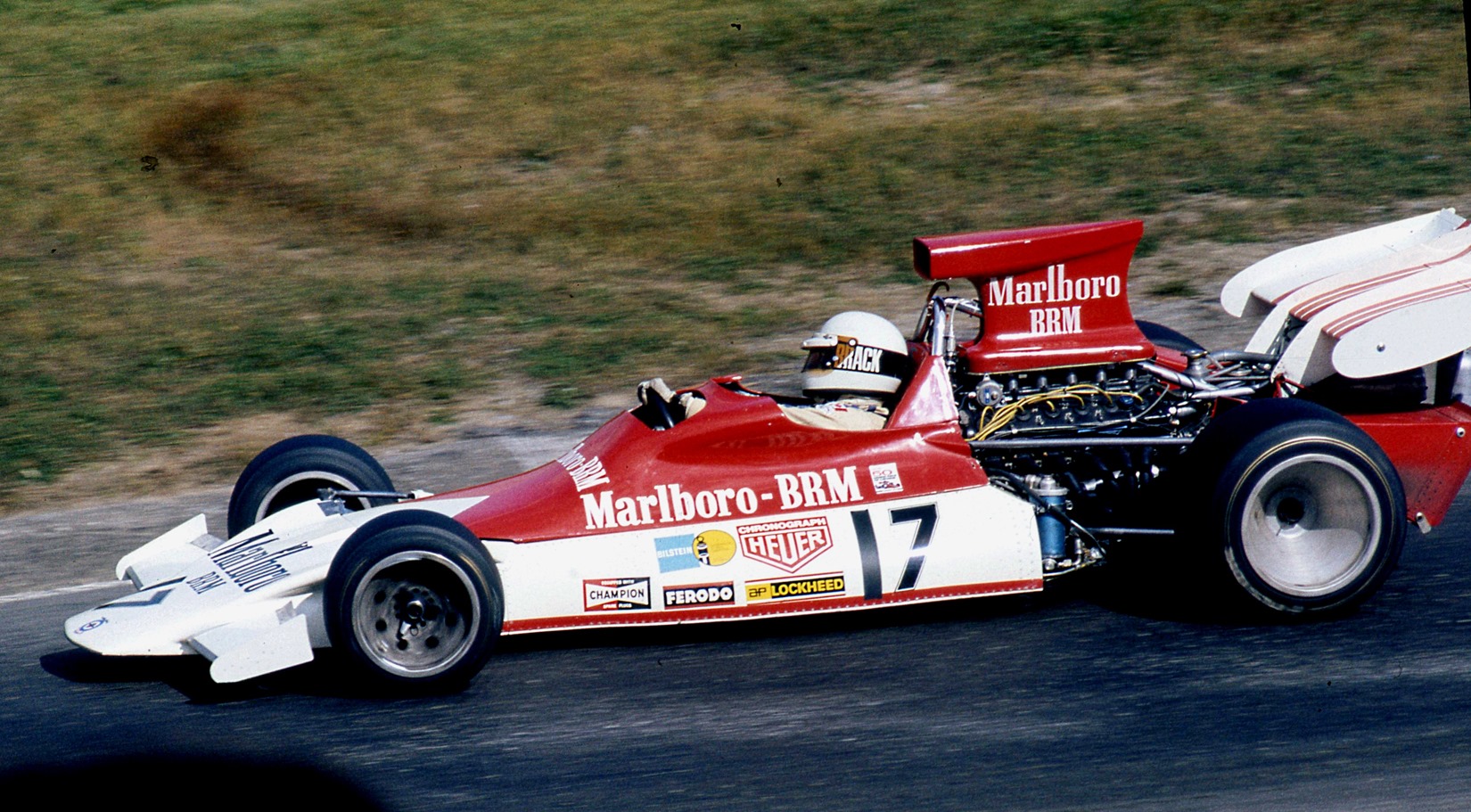
Bill Brack at the Canadian Grand Prix in Mosport Park on 24 September 1972.
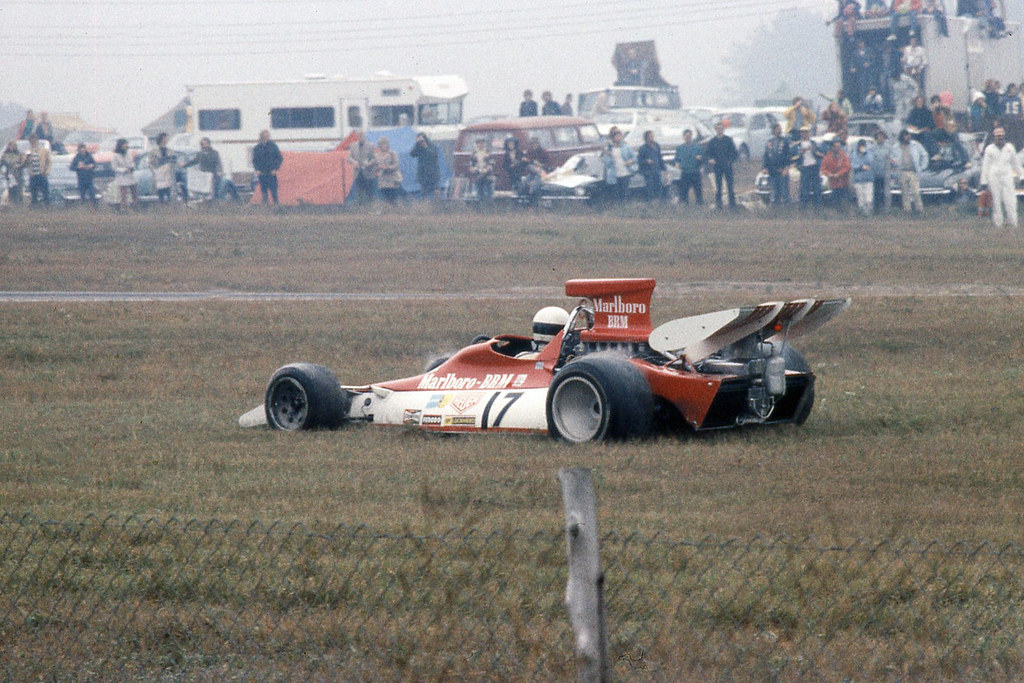
Bill Brack at the Canadian Grand Prix in Mosport Park on 24 September 1972.
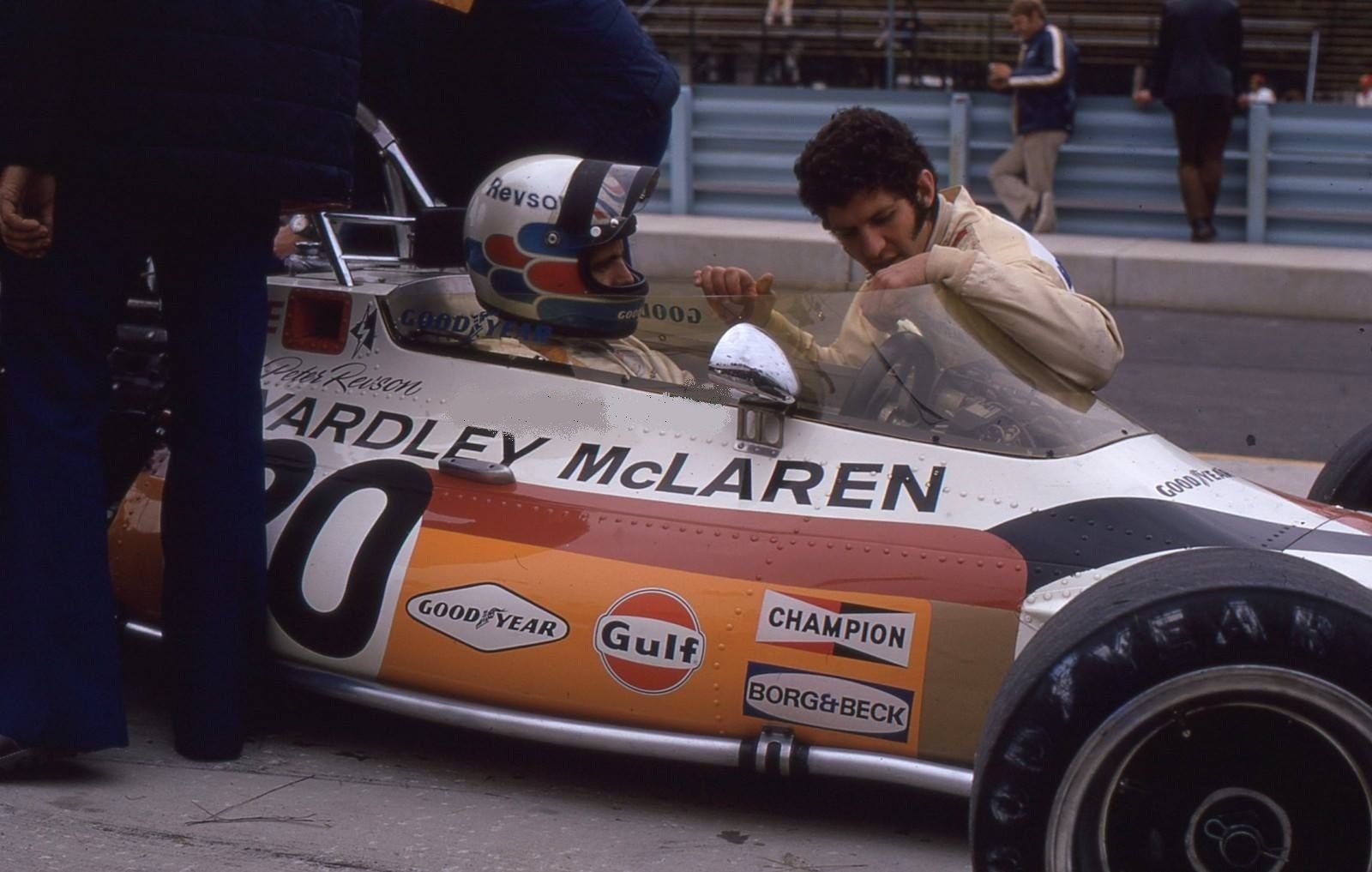
Peter Revson, McLaren, at Watkins Glen on 08 October 1972.
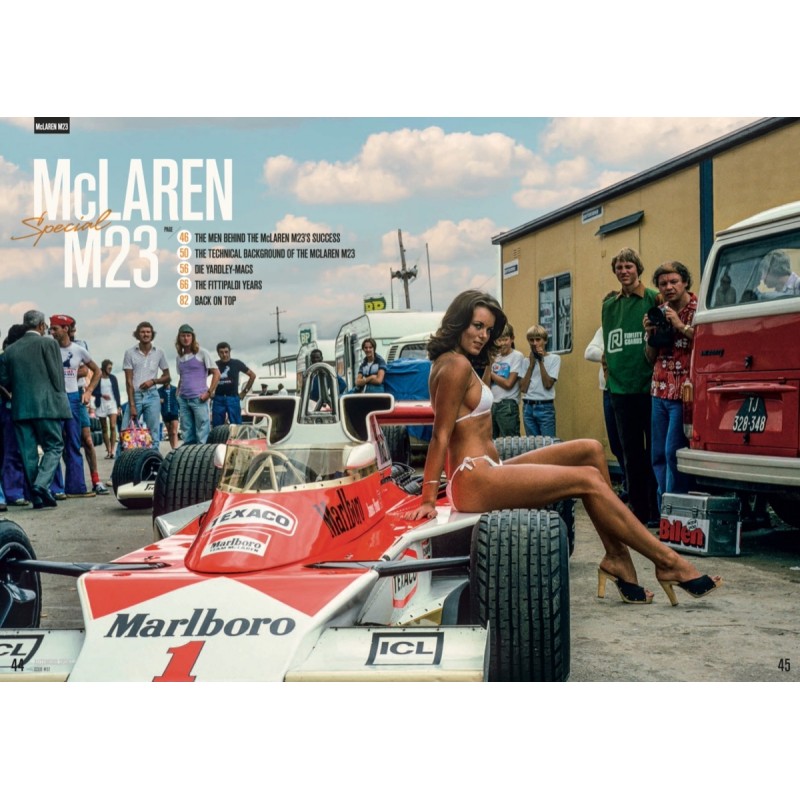
McLaren M23 1973–1978, Automobilsport n.37, English edition, 3rd quarter 2023.
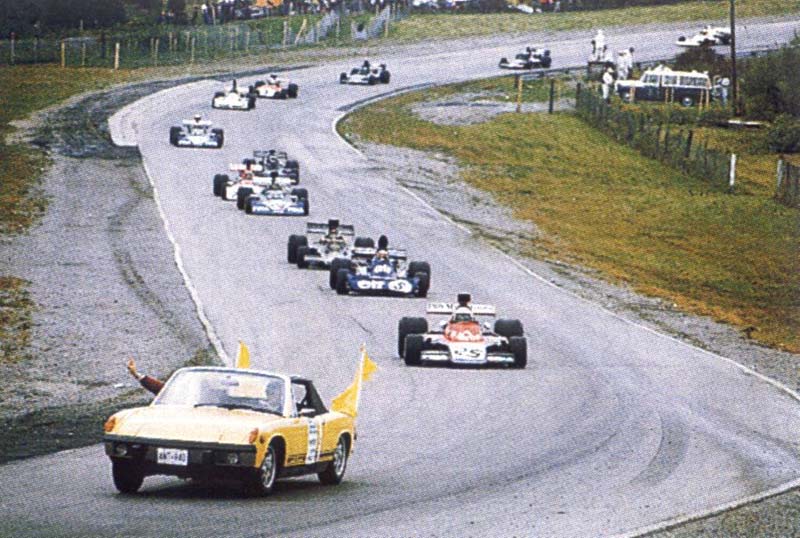
1973.
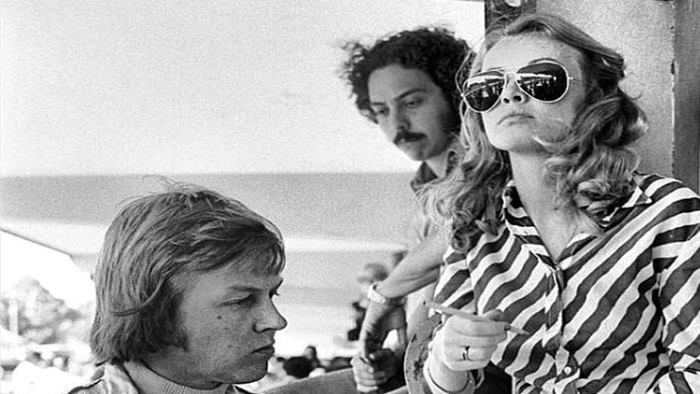
Ronnie and Barbro Peterson in the pits at Buenos Aires in 1973.
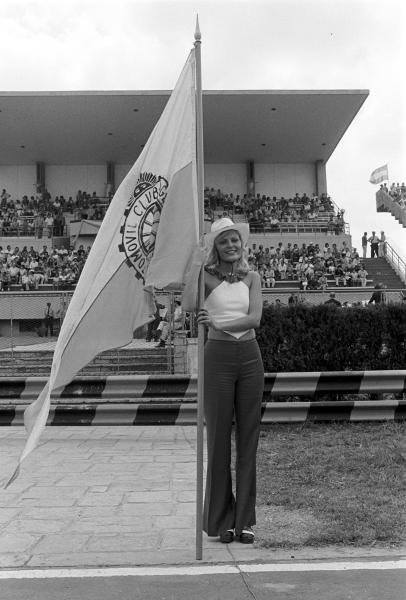
A girl ready to parade on the grid at the Argentine GP in Buenos Aires on 28 January 1973. Photo by David Phipps.
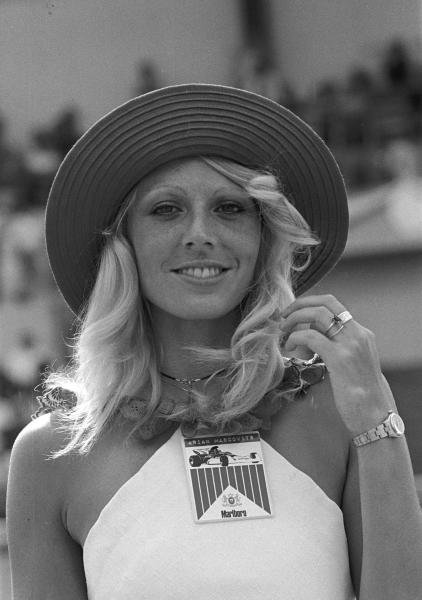
A girl on the grid at the Argentine GP in Buenos Aires on 28 January 1973. Photo by David Phipps.
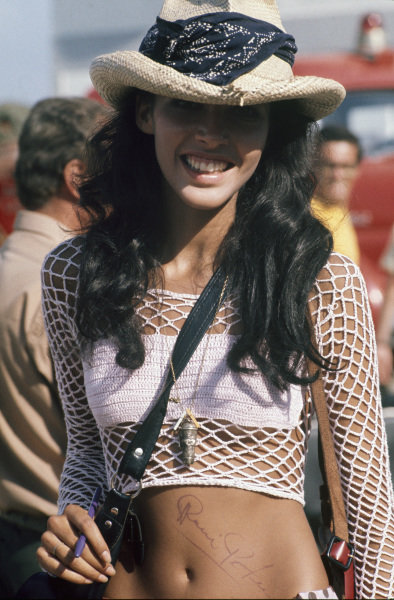
A Ronnie Peterson fan shows off his signature at the Brazilian Grand Prix in Interlagos, Sao Paulo, on 09-11th February 1973. Photo by Lat Images.
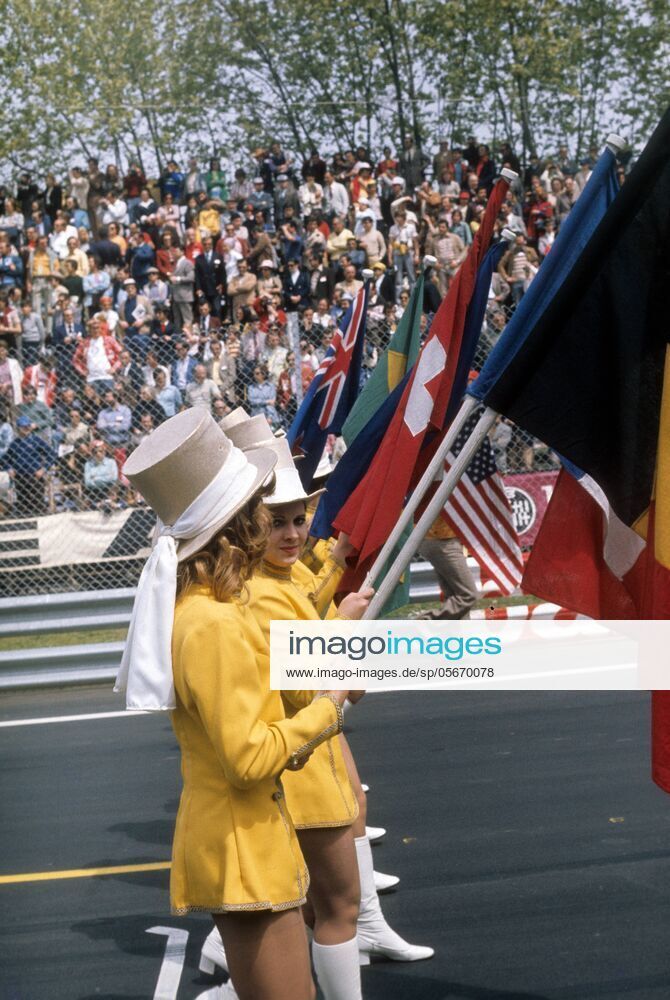
Grid girls at the Spanish Grand Prix in Montjuich on 29 April 1973.
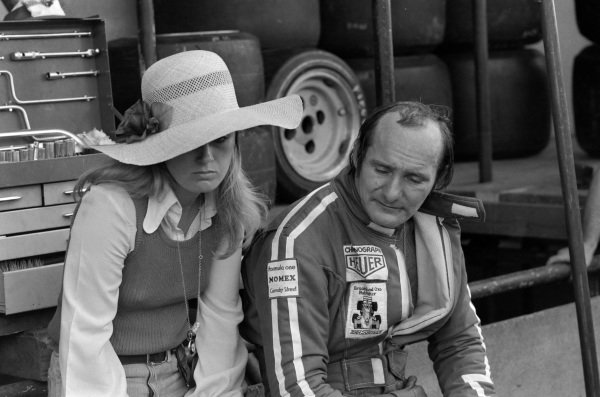
Mike Hailwood at the Spanish Grand Prix in Montjuich on 29 April 1973.
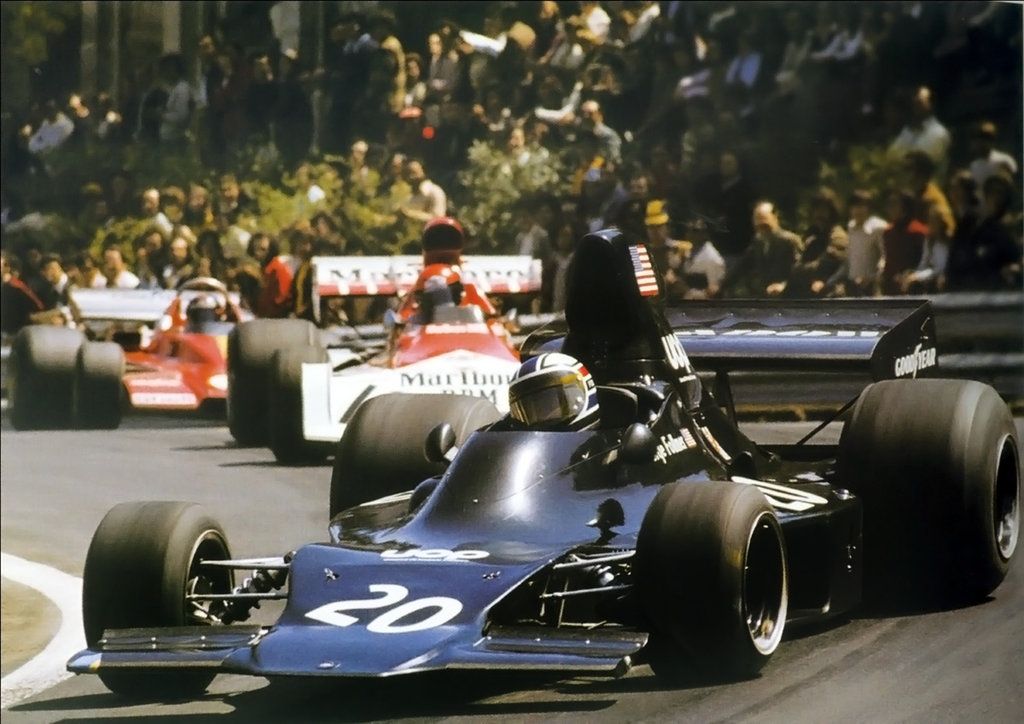
George Follmer, UOP Shadow DN1, at the Spanish Grand Prix in Montjuich on 29 April 1973.
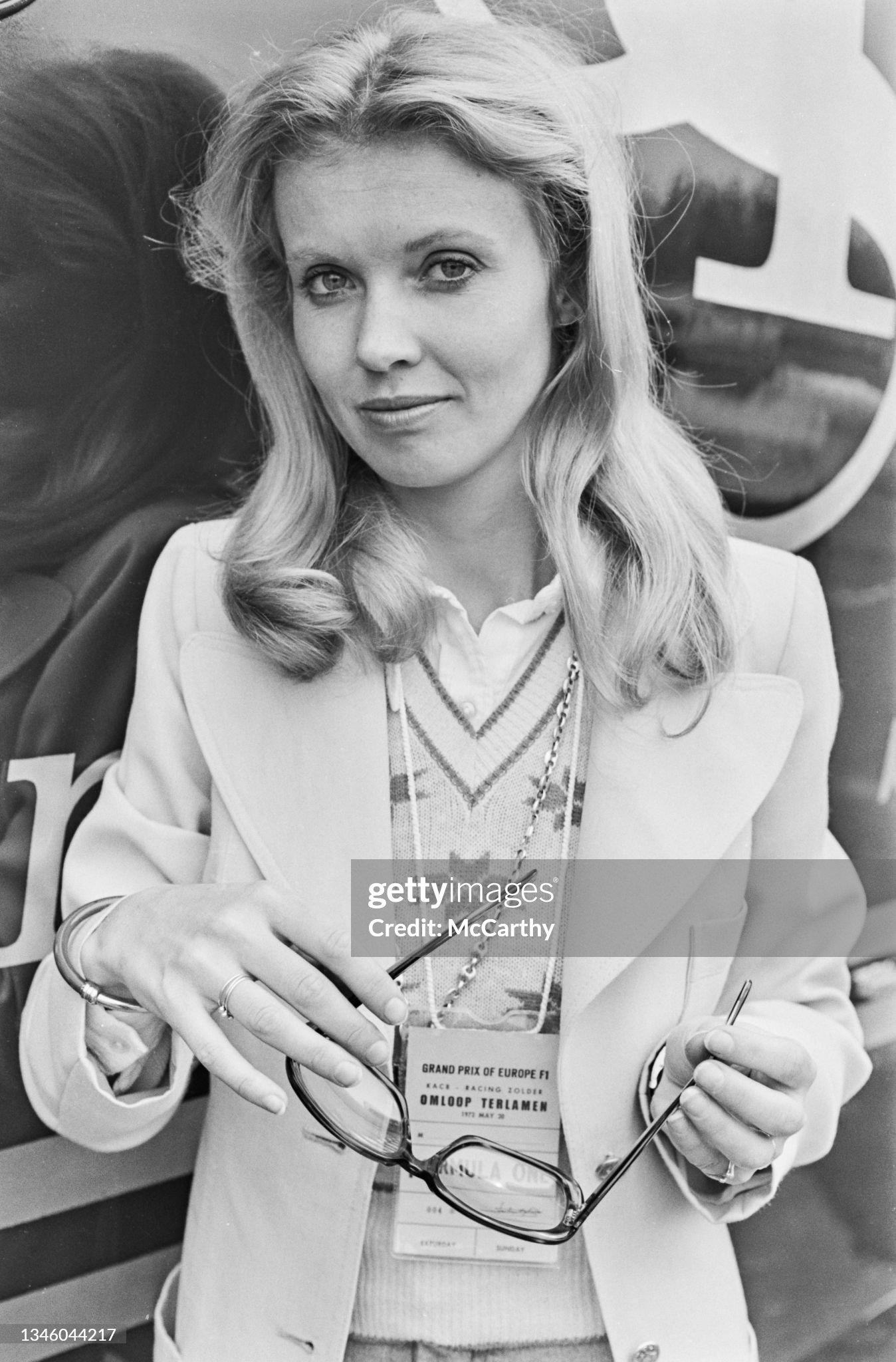
Barbro Edwardsson, the girlfriend of Swedish racing driver Ronnie Peterson, in UK on May 01, 1973. Photo by McCarthy / Express / Hulton Archive / Getty Images.
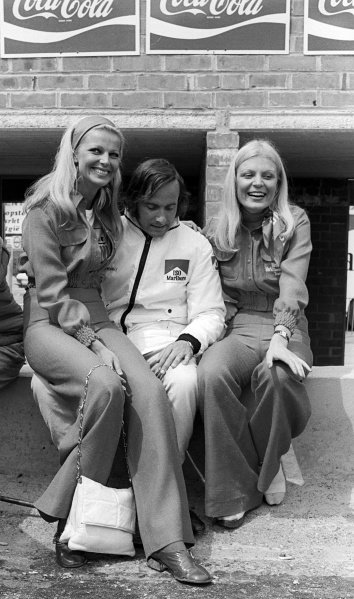
Jean-Pierre Beltoise, BRM, is entertained by two Marlboro girls in the pits at Zolder during practice on 20 May 1973. Photo by David Phipps.
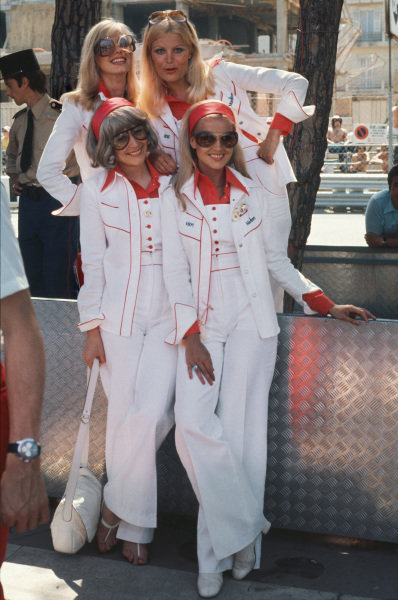
Marlboro girls in the pits at Monaco in 1973. Photo by Lat Images.
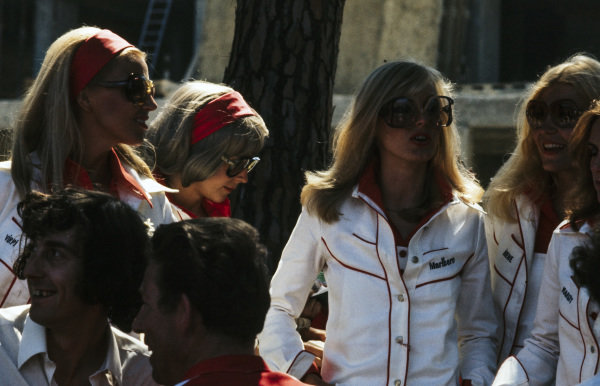
Marlboro girls in the pits at Monaco in 1973. Photo by David Phipps.
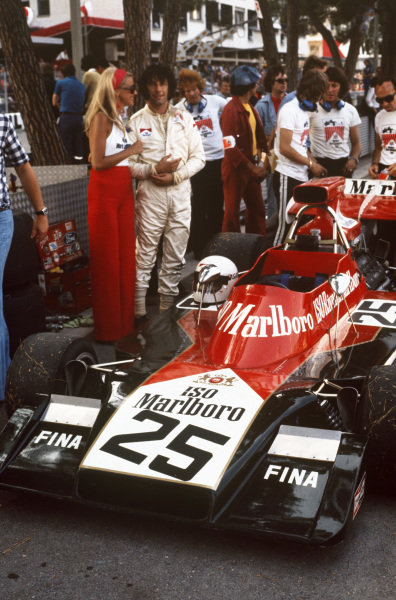
Howden Ganley, Williams IR02 Ford, in the pits at the 1973 Monaco Grand Prix. Photo by Lat Images.
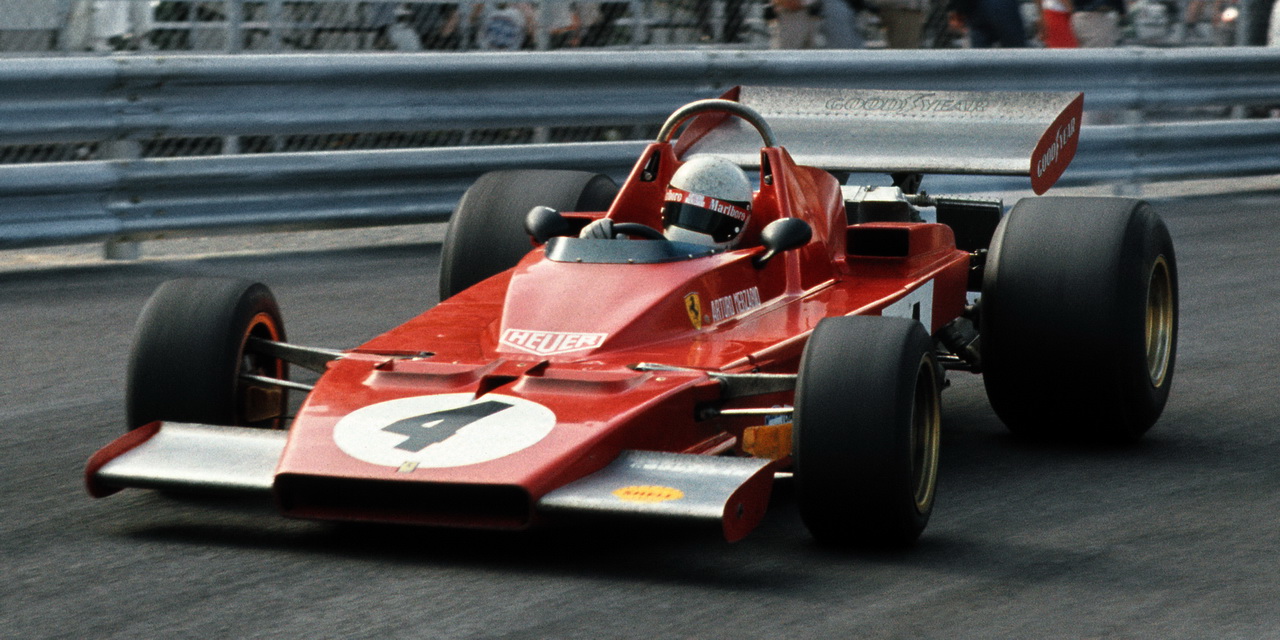
Arturo Merzario, Ferrari 312B3, at the 1973 Monaco GP on 31 May - 03 June. Photo by Lat Images.
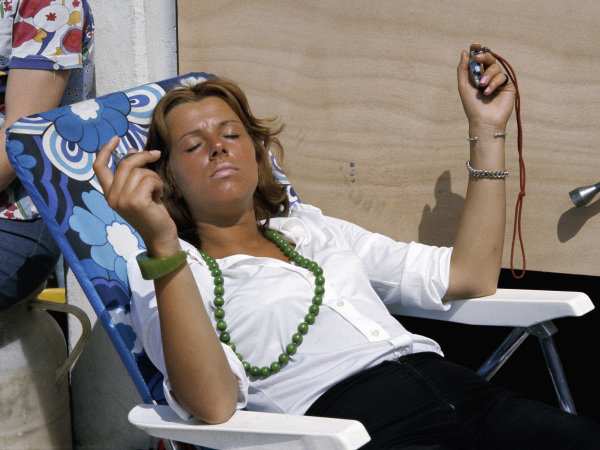
Timekeeping, stop watches and sunbathing at the 24 Hours of Le Mans, Circuit de la Sarthe, France, on 09 and 10 June 1973. Photo by Rainer Schlegelmilch.
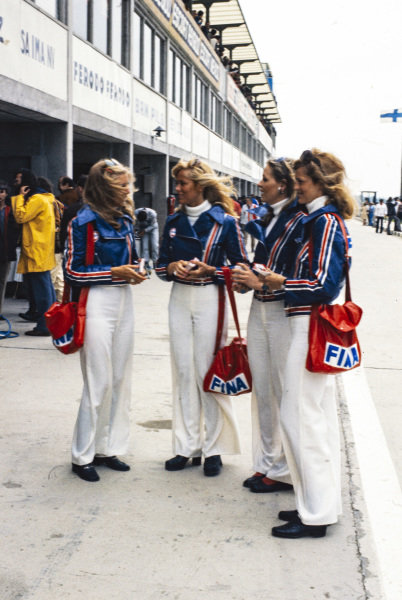
Grid girls in Nivelles-Baulers, Belgium, on Sunday 10 June 1973. Photo by Ercole Colombo.
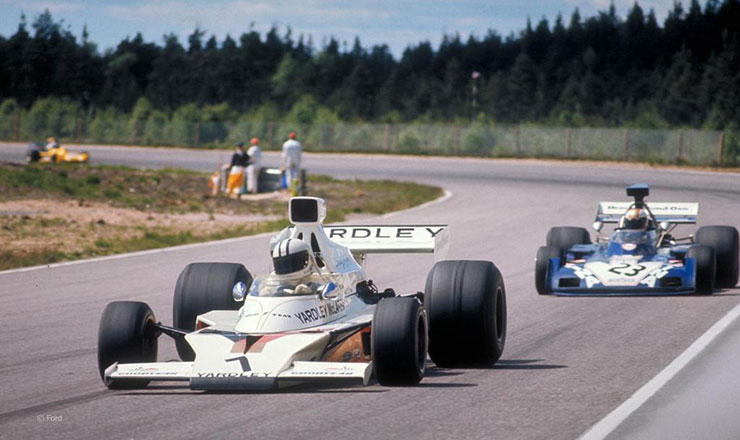
Denny Hulme, McLaren, at Anderstorp, Sweden, in 1973.
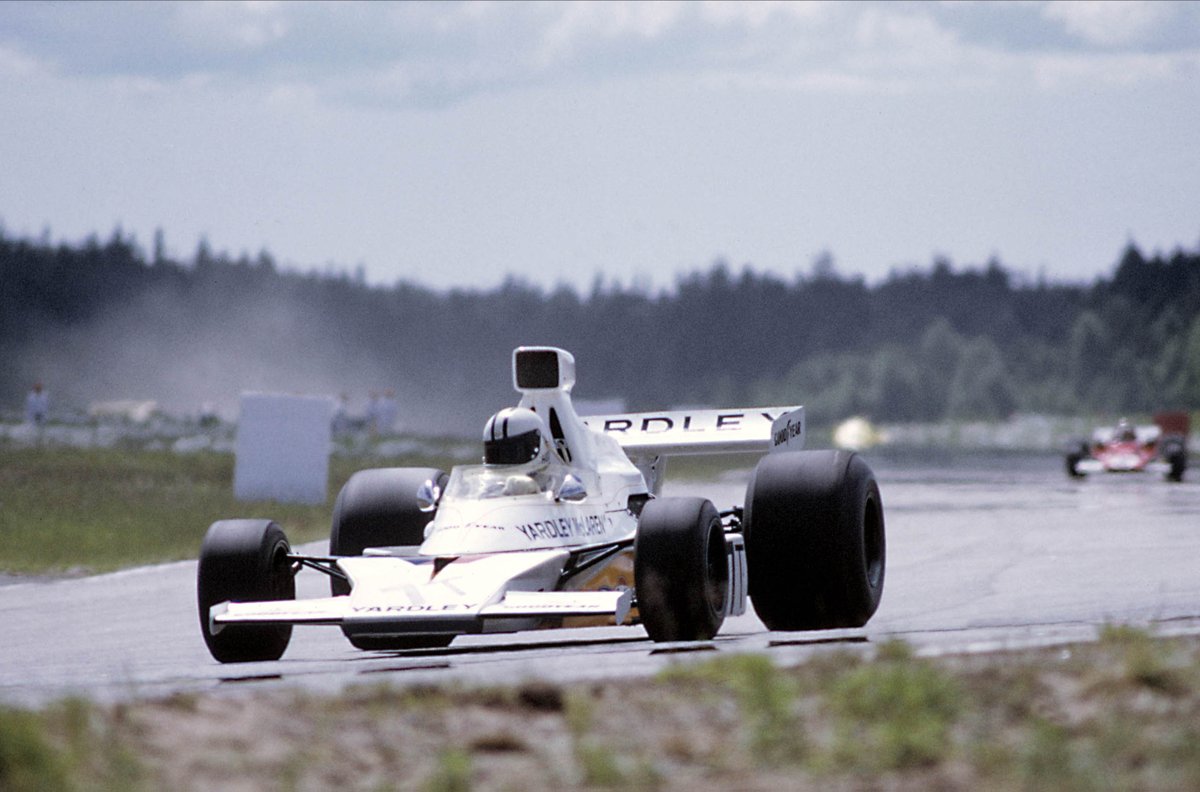
Denny Hulme, McLaren, at Anderstorp, Sweden, in 1973. Photo by Lat Images.
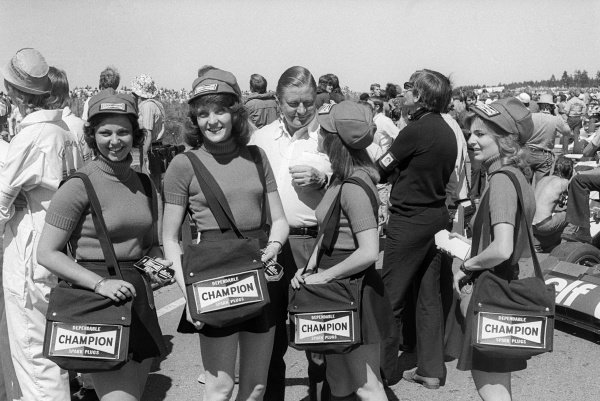
Champion spark plugs girls on the grid at Anderstorp, Sweden, on 17 June 1973. Photo by David Phipps.
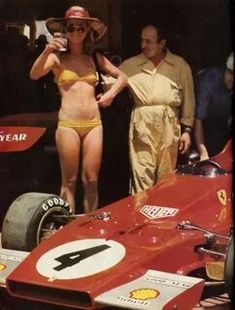
A girl in a bikini and a Ferrari 312B3 at the French Grand Prix in Paul Ricard on July 01, 1973.
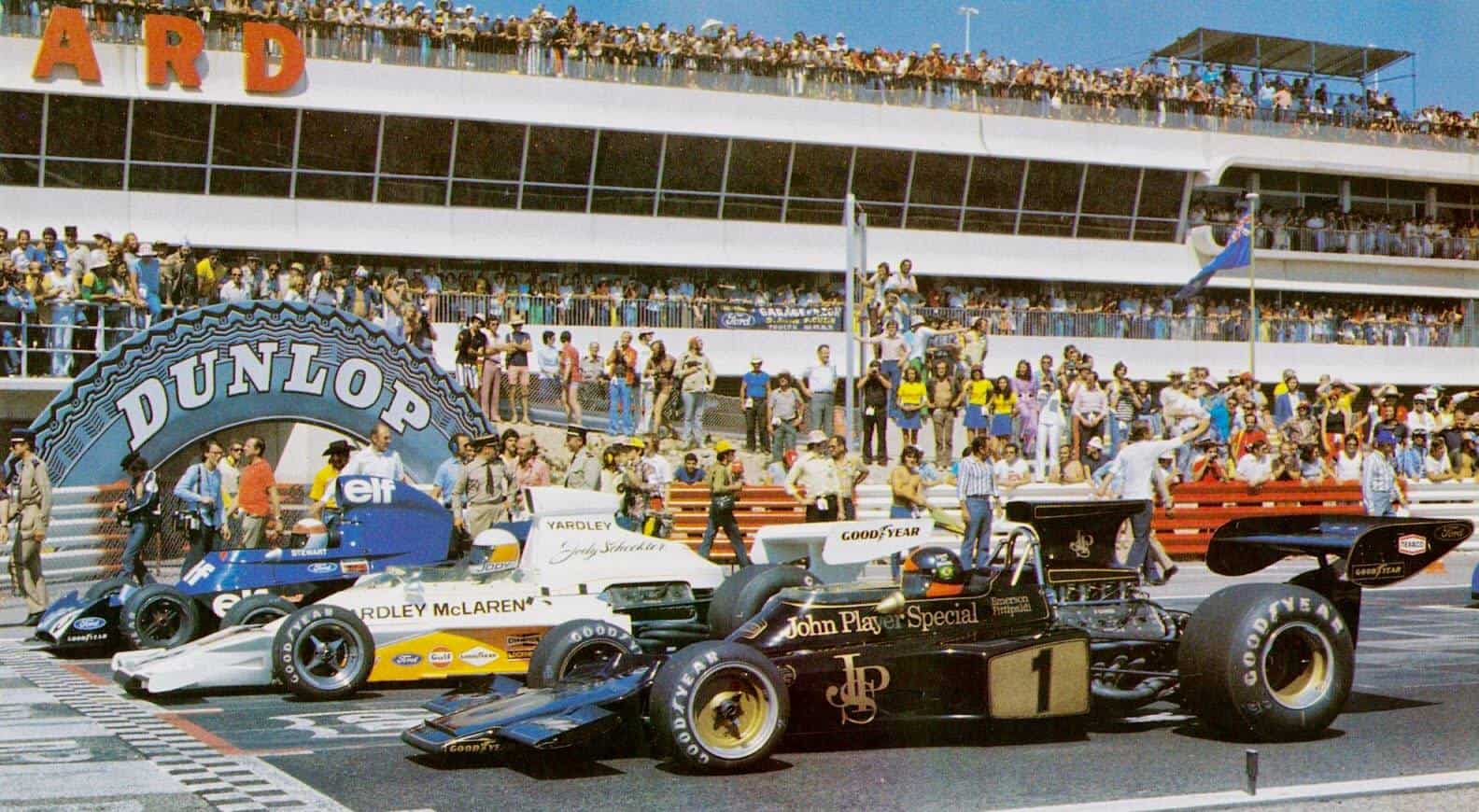
Th start of the French Grand Prix in Paul Ricard on July 01, 1973.
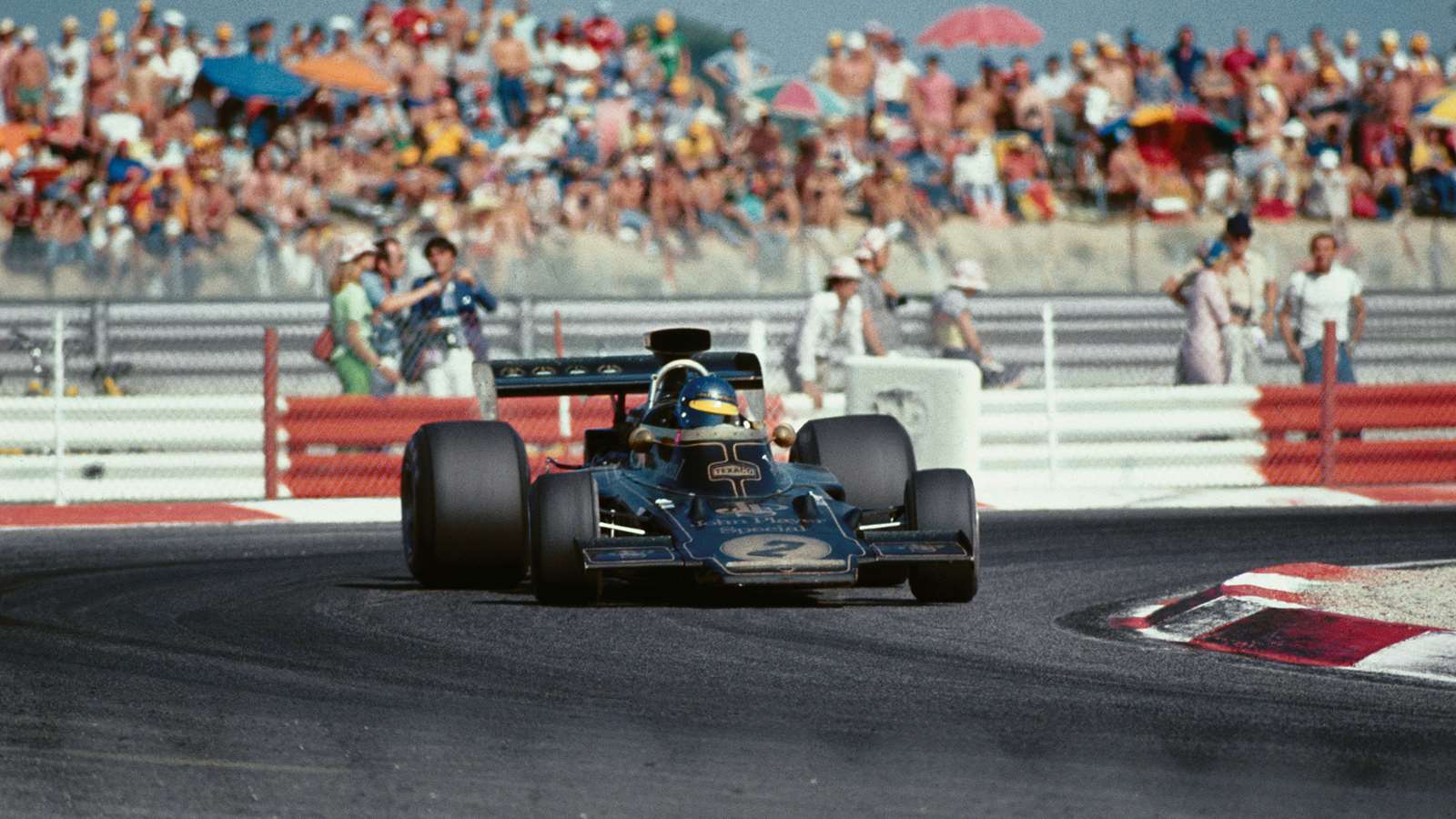
Ronnie Peterson, Lotus 72 Ford, at the French Grand Prix in Paul Ricard on July 01, 1973. Photo by Lat Images.
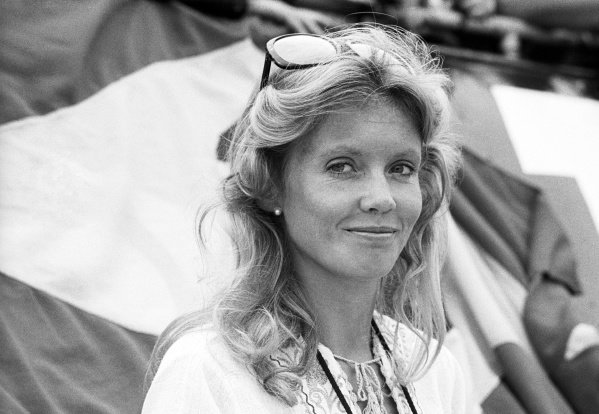
Barbro Peterson at the British Grand Prix in Silverstone, England, on 14 July 1973. Photo by David Phipps.
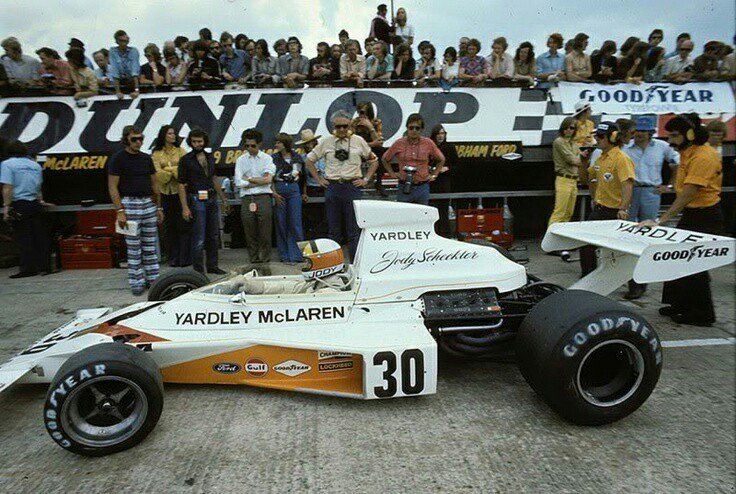
Jody Scheckter, Yardley McLaren Ford, at the British Grand Prix in Silverstone, England, on 14 July 1973.
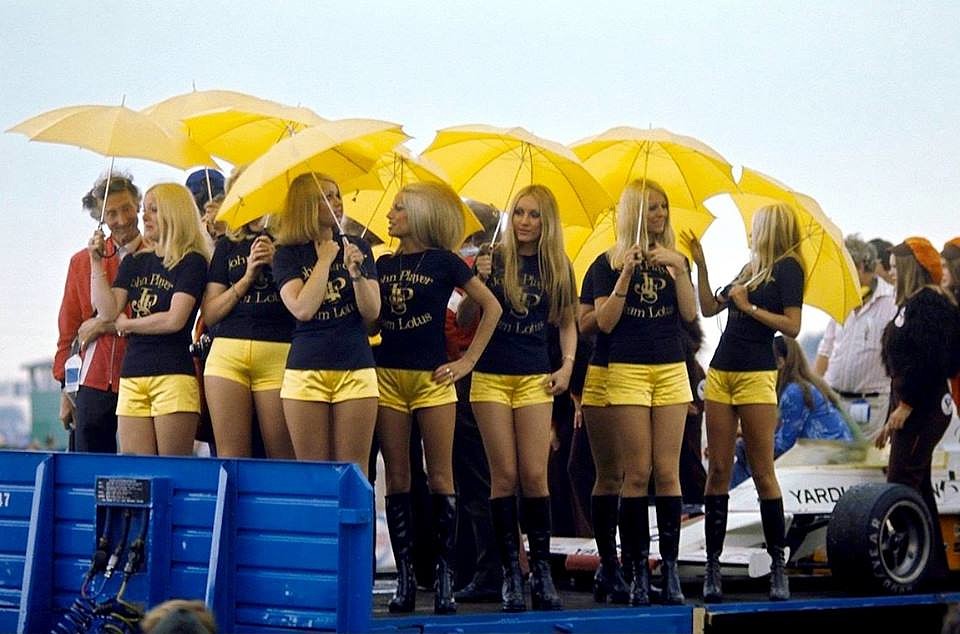
JPS Lotus girls on parade with the winning McLaren M23 Ford of Peter Revson at the British Grand Prix in Silverstone, England, on 14 July 1973.
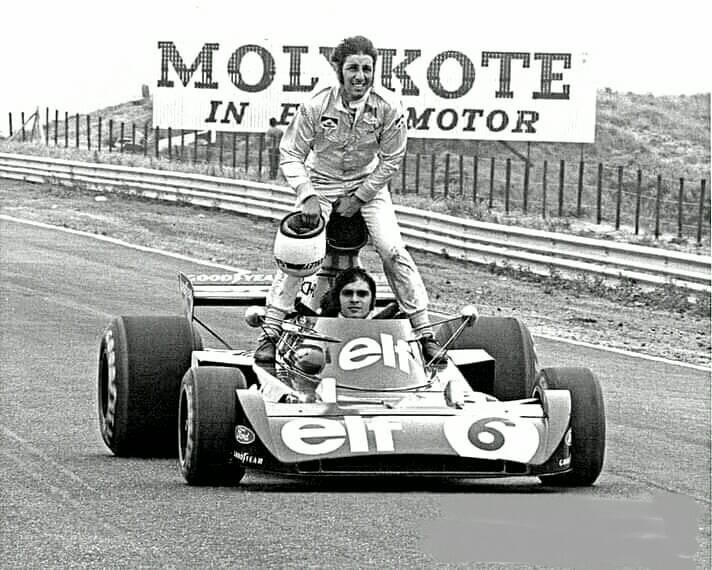
François Cevert and Howden Ganley in Zandvoort on July 29, 1973. Photo by Roger Dixon.
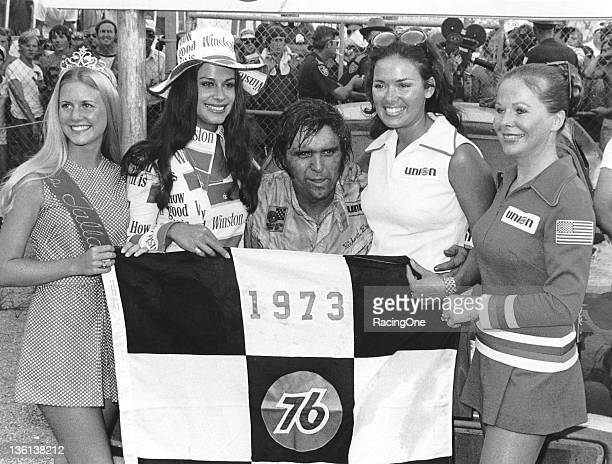
A tired Dick Brooks is joined by a bevy of race queens following the only NASCAR Cup victory of his career, the Talladega 500, at Alabama International Motor Speedway on August 12, 1973.
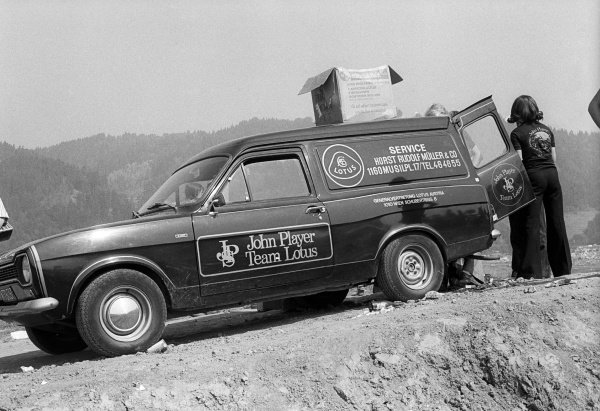
A John Player Team Lotus van delivers goods at the circuit for the Austrian Grand Prix at Osterreichring on 19 August 1973. Photo by David Phipps.
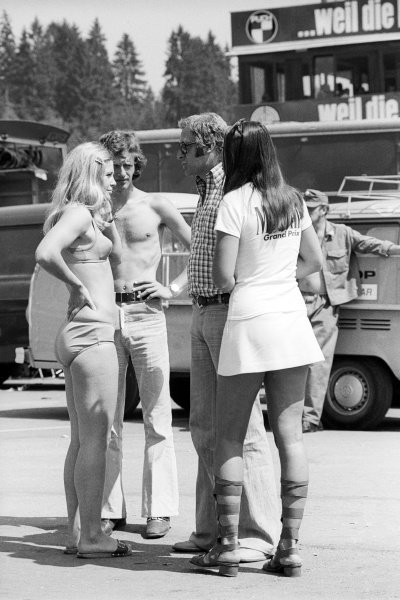
The hot weather necessitated a lack of clothing by some in the paddock of the Austrian Grand Prix at Osterreichring on 19 August 1973.
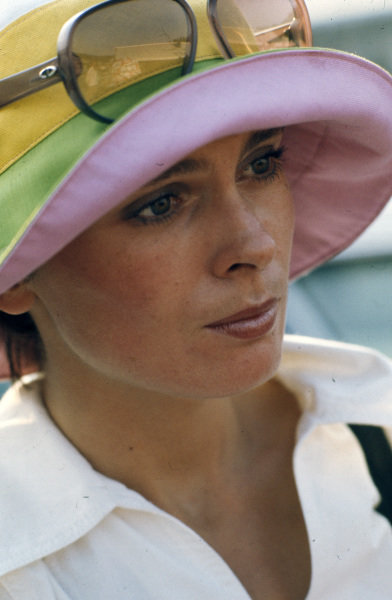
A glamorous female visitor to the Austrian Grand Prix on Sunday 19 August 1973.
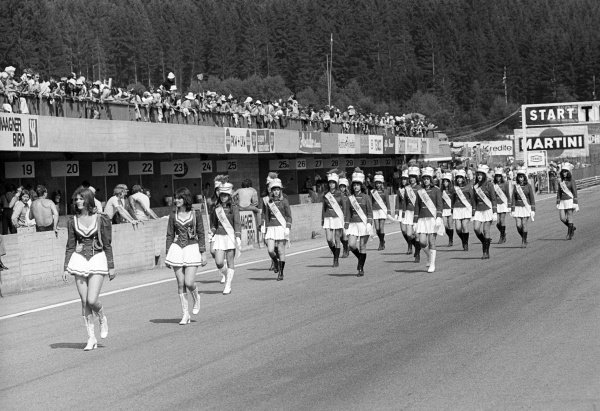
Marching girls entertain the crowd on the grid before the start of the race at the Austrian GP on 19 August 1973. Photo by David Phipps.
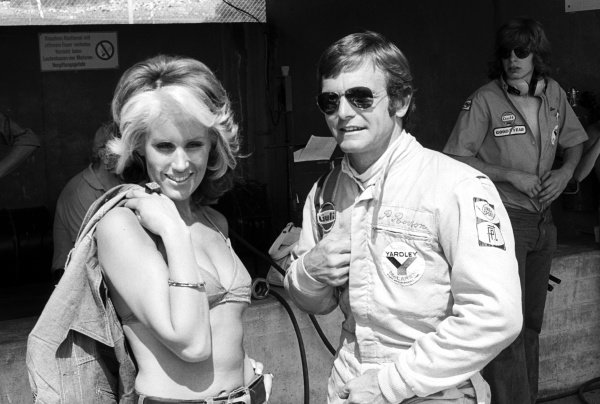
Peter Revson, McLaren, talks with a female visitor in the pits at the Austrian GP on 19 August 1973. Photo by David Phipps.
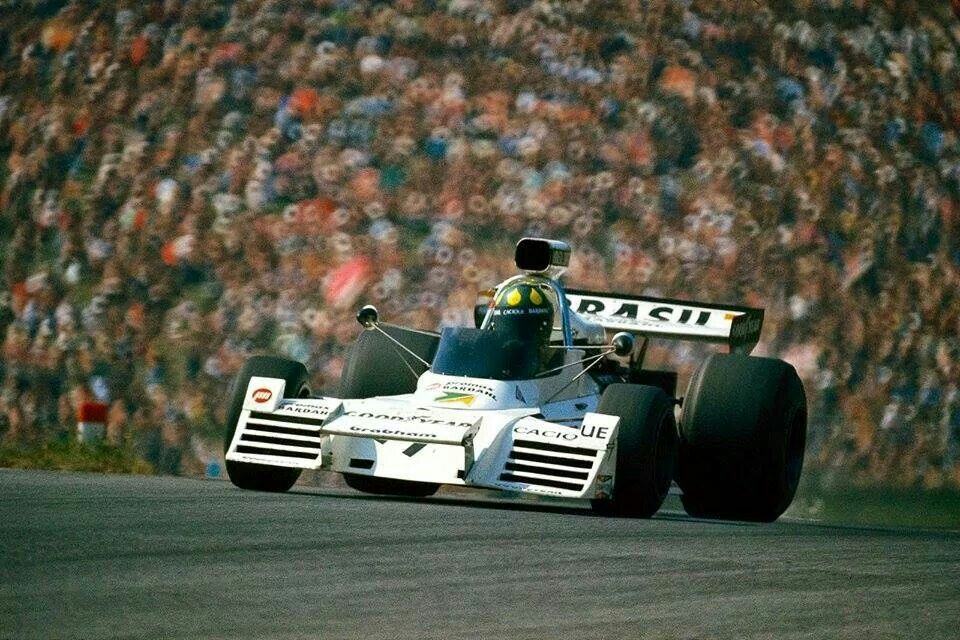
Wilson Fittipaldi, Brabham BT42, at the 1973 Austrian GP.
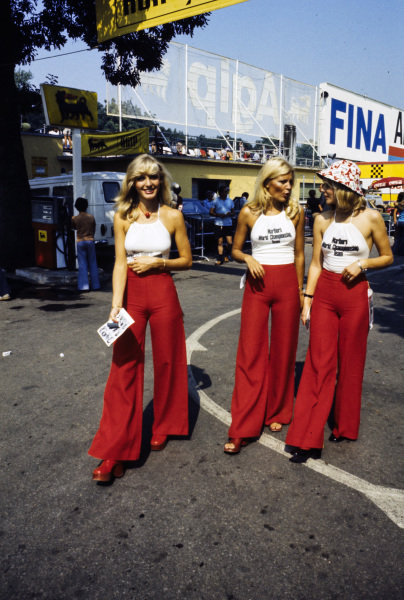
Marlboro sponsorship girls in the paddock of the Italian Grand Prix on 9 September 1973. Photo by Ercole Colombo.
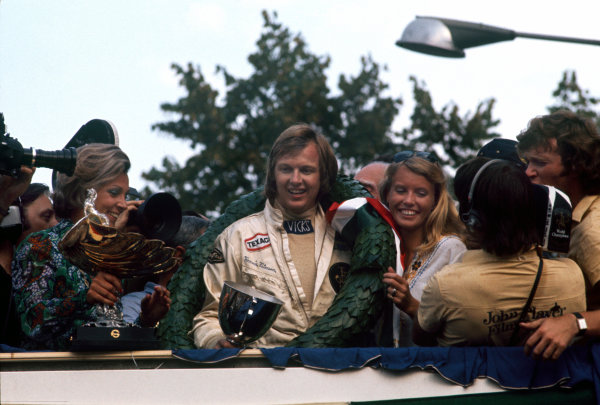
Ronnie and Barbro Peterson at the Italian GP on 09 September 1973.
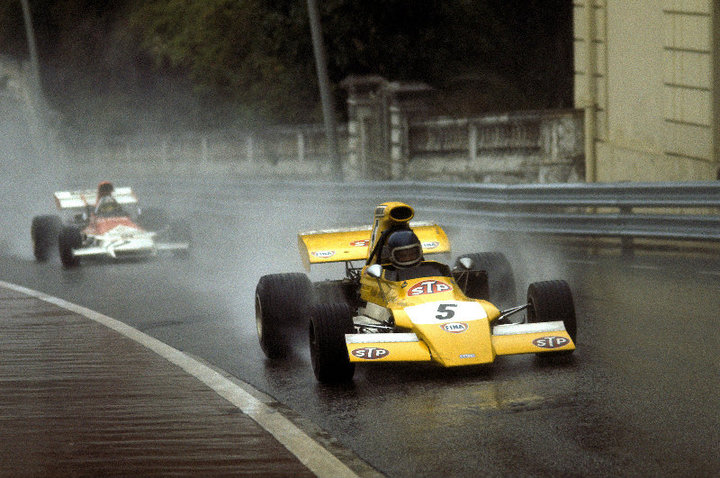
Watkins Glen on October 07, 1973.
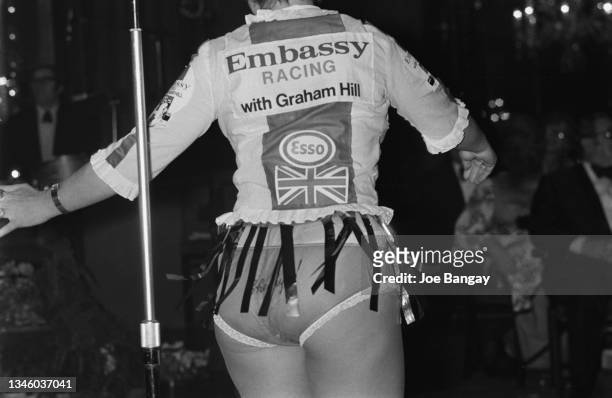
One of the 'Embassy girls' publicises the Embassy Racing team with Graham Hill in UK on 2nd December 1973. Also on her shirt is the Esso logo and a British flag. Photo by Joe Bangay / Express / Hulton Archive / Getty Images.
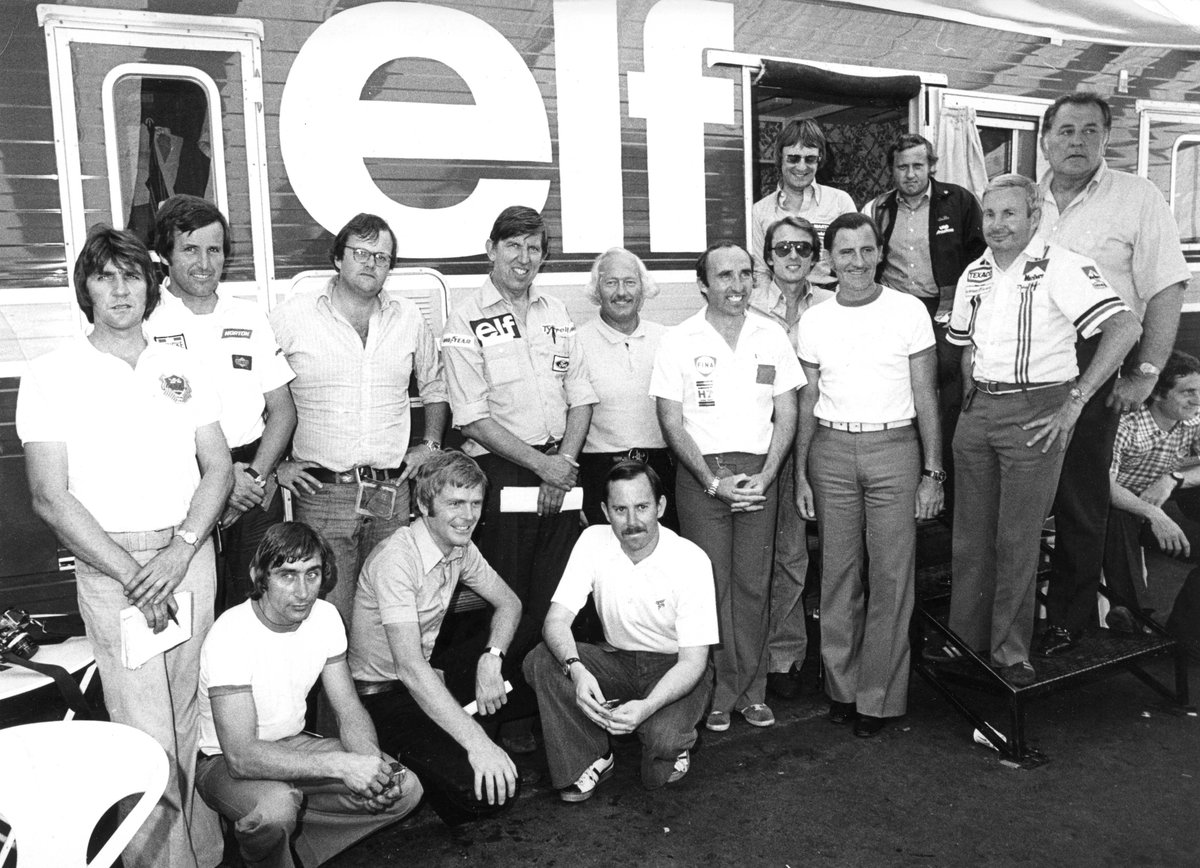
FOCA in 1974. Behind, from left to right Jimmy Dilamarter (Parnelli), Heinz Hofer (Penske), Anthony Horsley (Hesketh), Ken Tyrrell (Tyrrell), Colin Chapman (Lotus), Frank Williams (Iso-Marlboro), Luca di Montezemolo (Ferrari), Bernie Ecclestone (Brabham), Graham Hill (Hill), Alan Rees (Shadow), Teddy Mayer (McLaren), Velko Miletich (Parnelli). Front, from left to right: Ray Brimble (Hill), Max Mosley (March), Peter McIntosh (secretary).
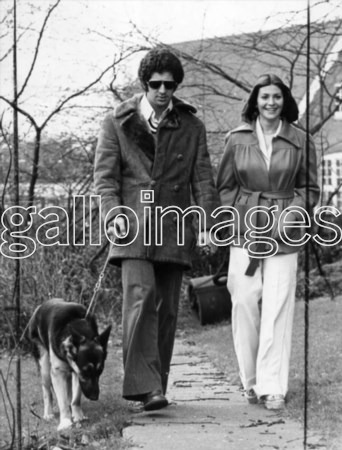
Jody and Pam Scheckter with a dog in 1974.
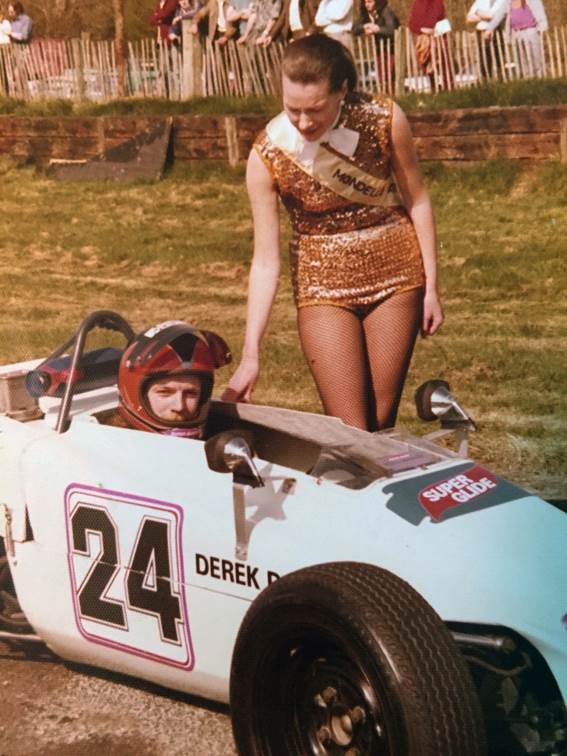
Circa 1974. The youthful Derek Daly who says he misses the Irish grid girls in racing. The car is his Lotus 61. Daly Archive.
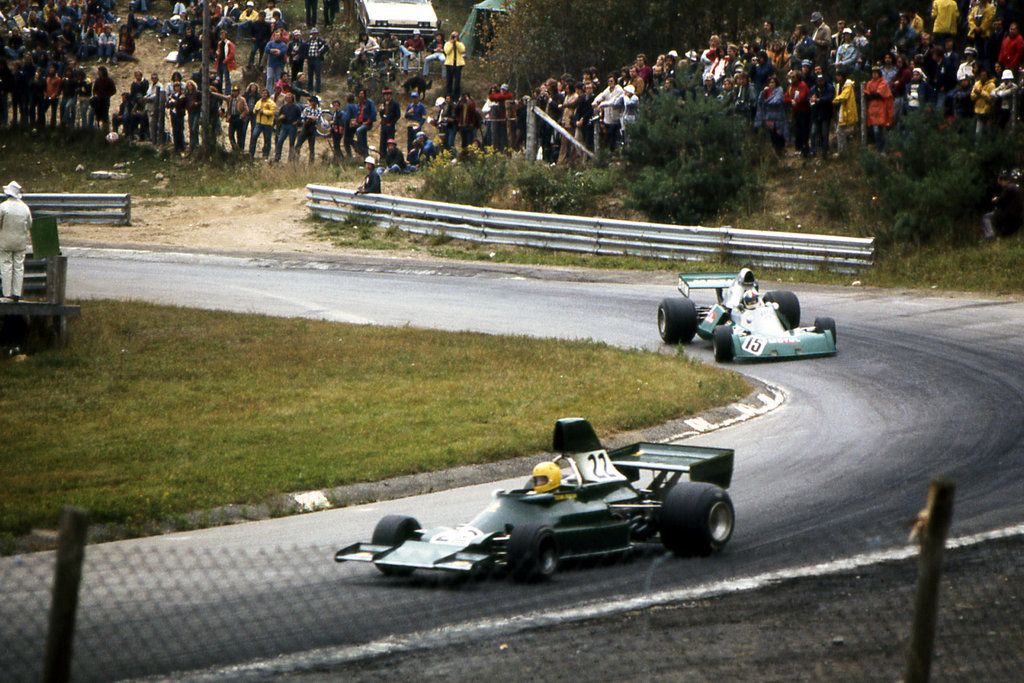
1974.
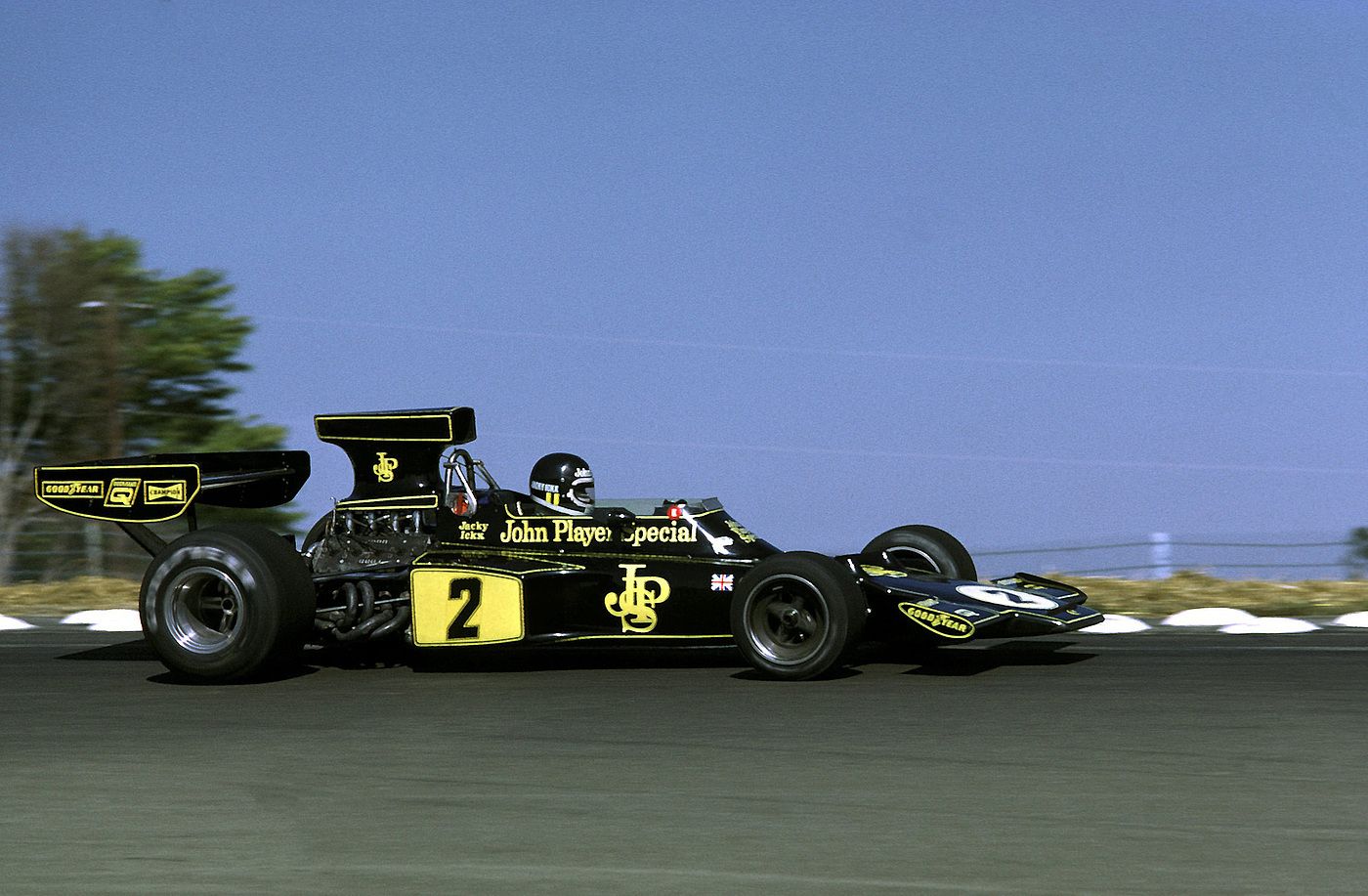
Jacky Ickx, JPS Lotus 72, in 1974.
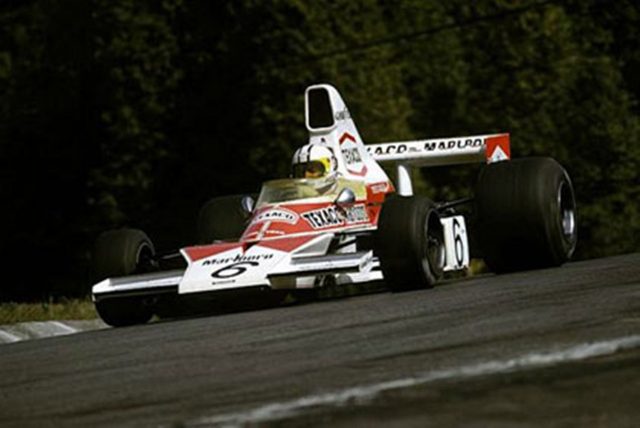
Denny Hulme, McLaren M23 Ford, in 1974.
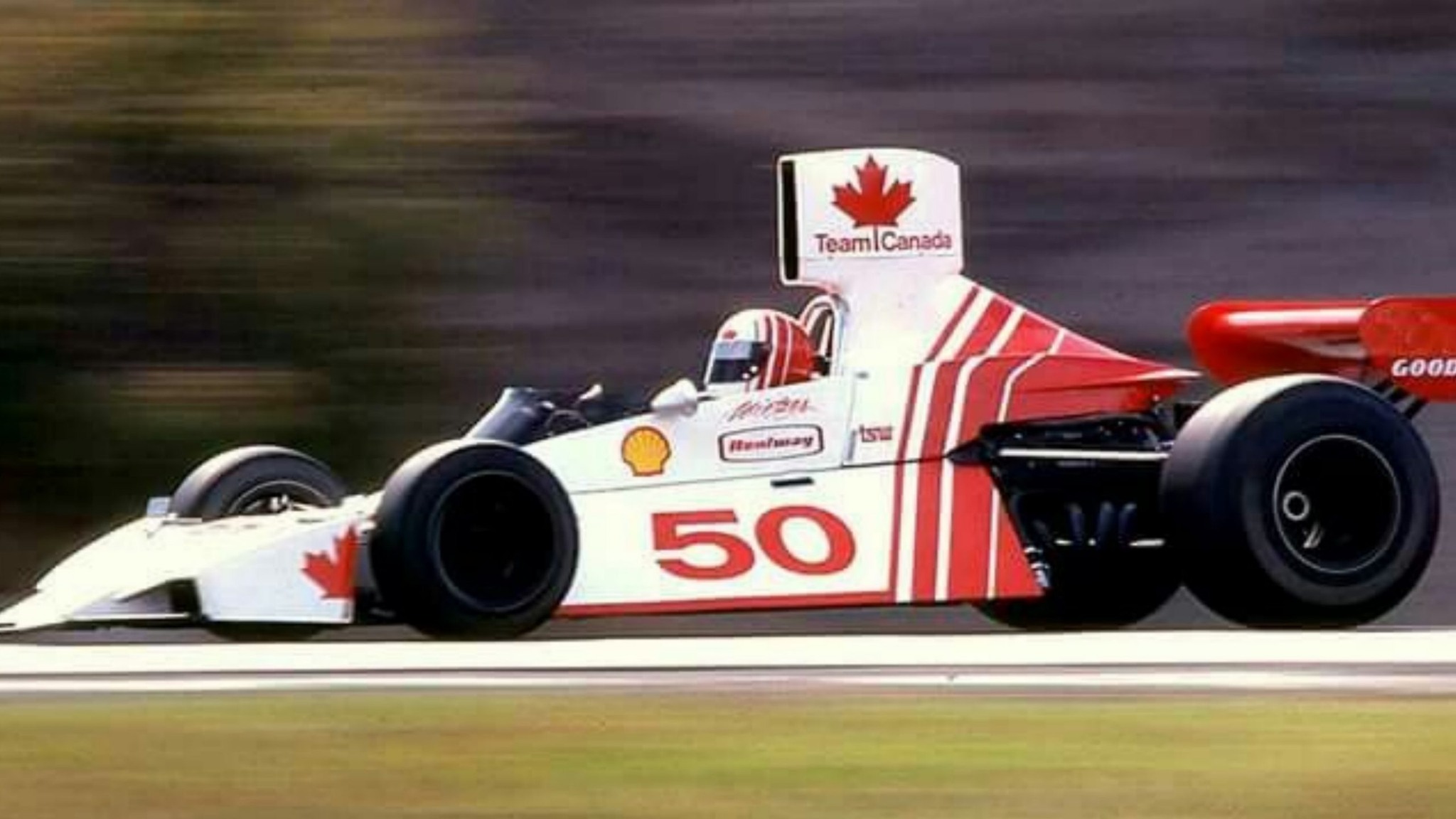
A Brabham BT42 of the Team Canada in the 1974 F1 season.
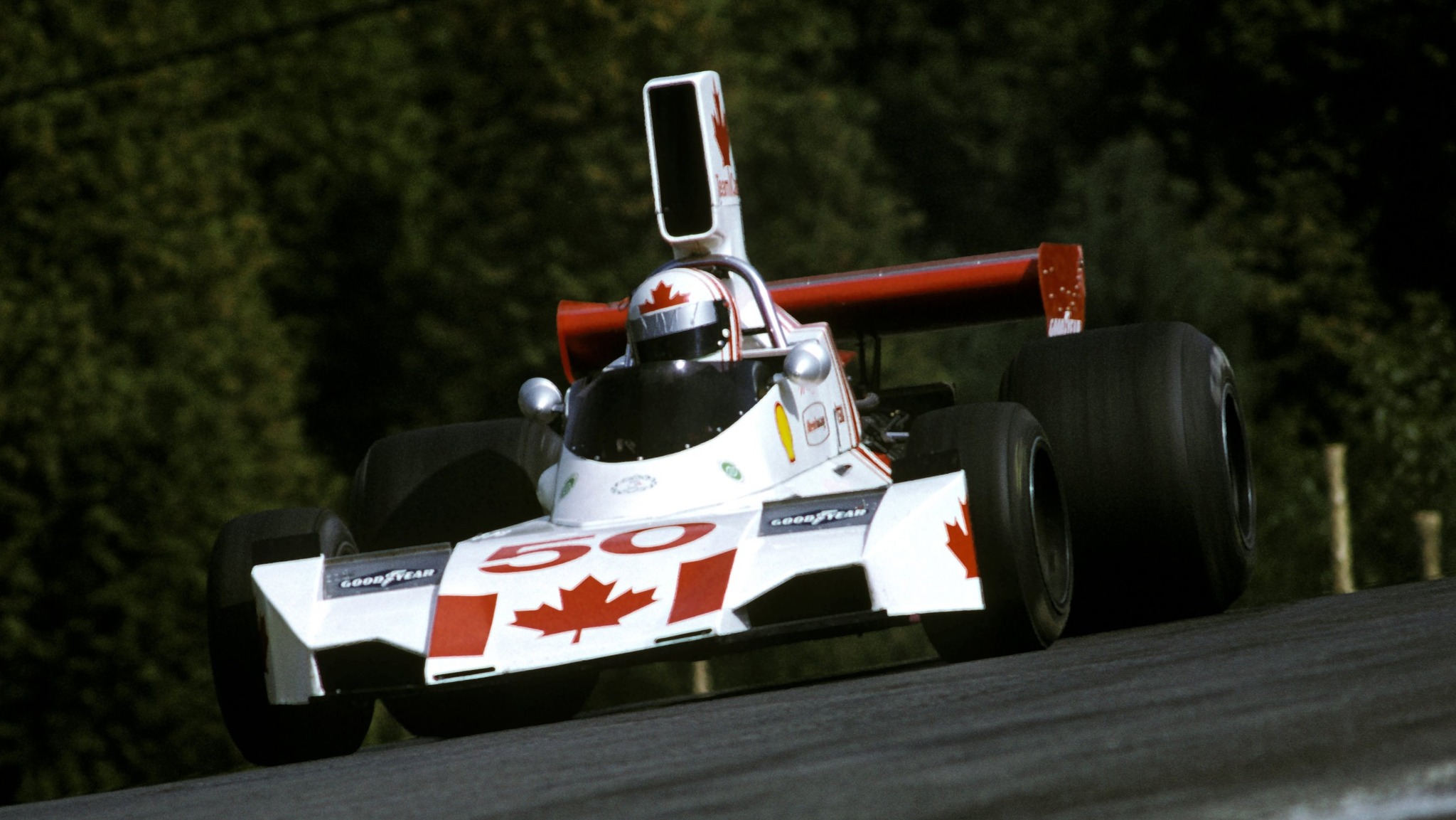
A Brabham BT42 of the Team Canada in the 1974 F1 season.
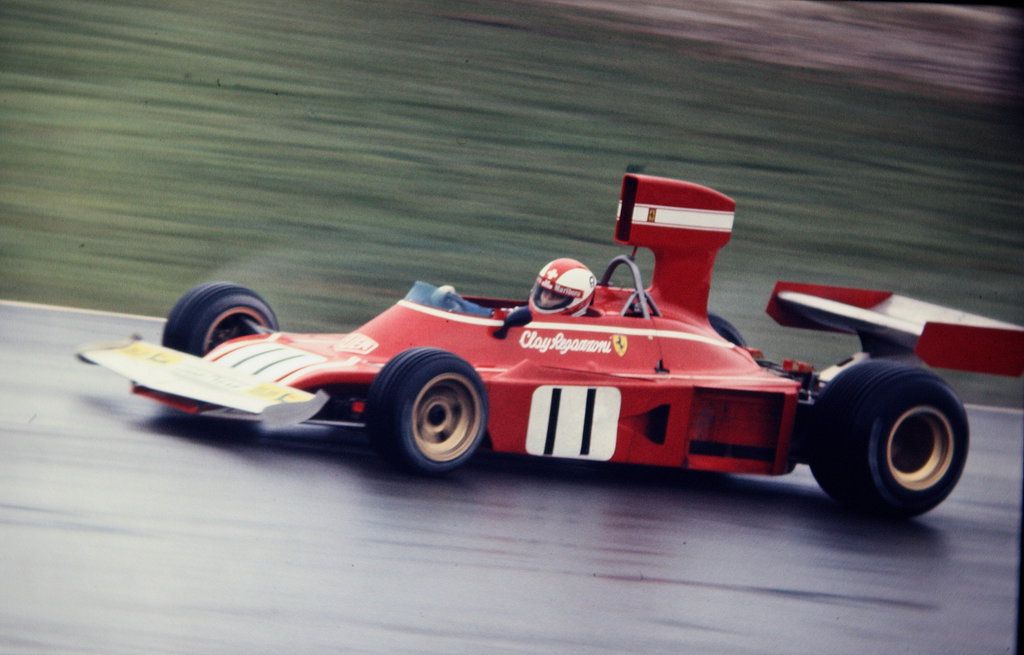
Clay Regazzoni, Ferrari, in 1974.
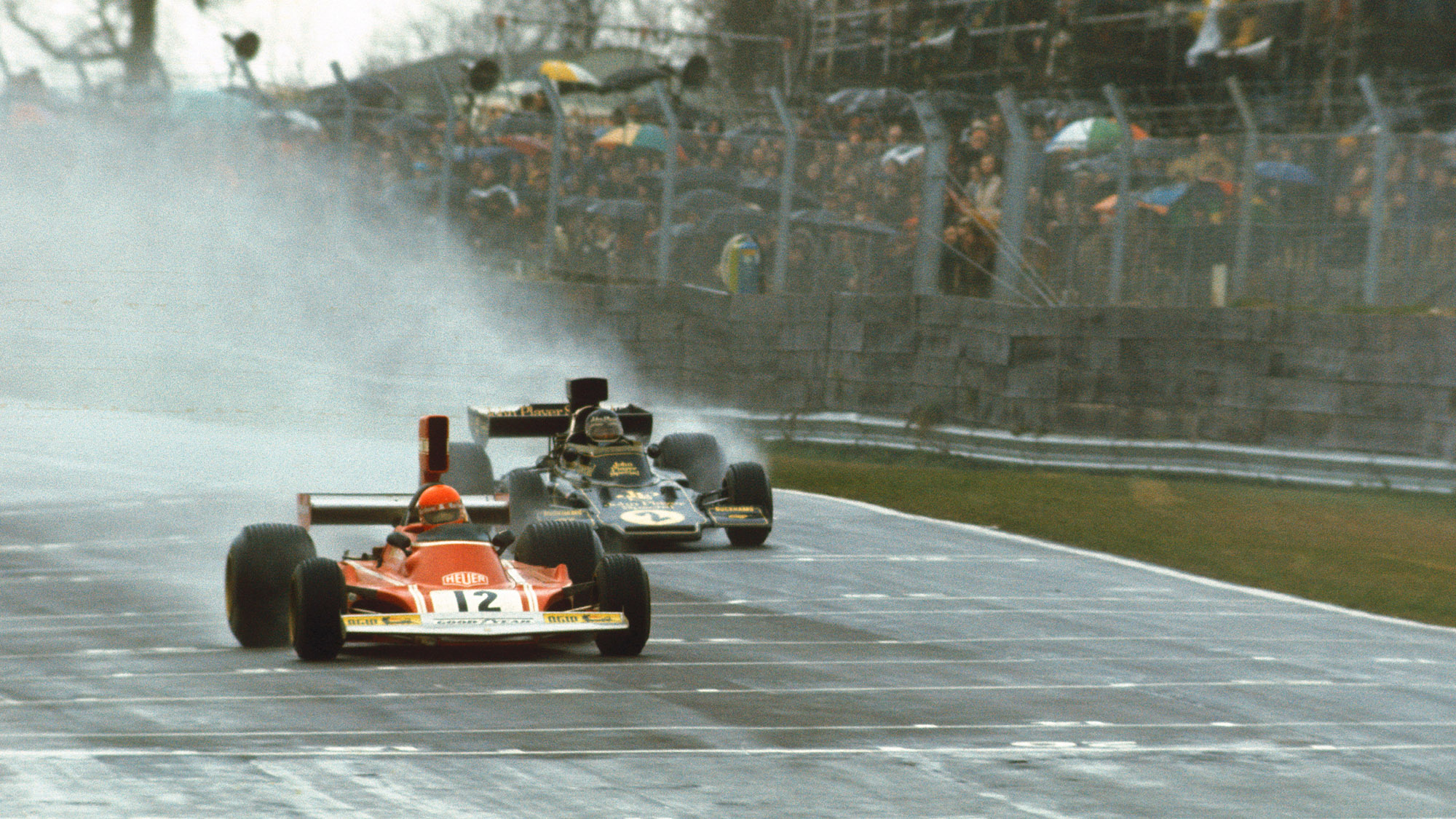
Niki Lauda, Ferrari, in 1974.
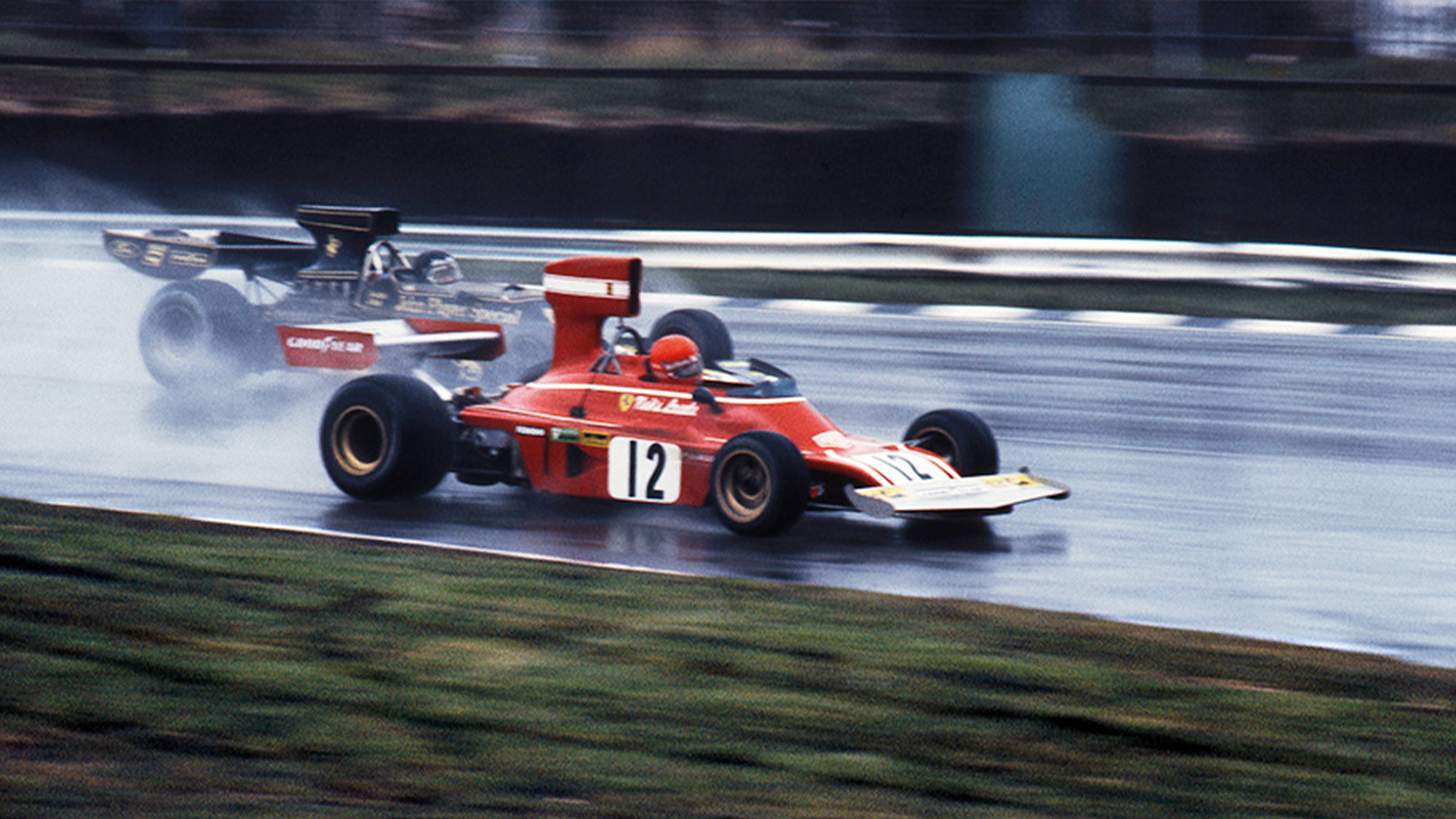
Niki Lauda, Ferrari, in 1974.
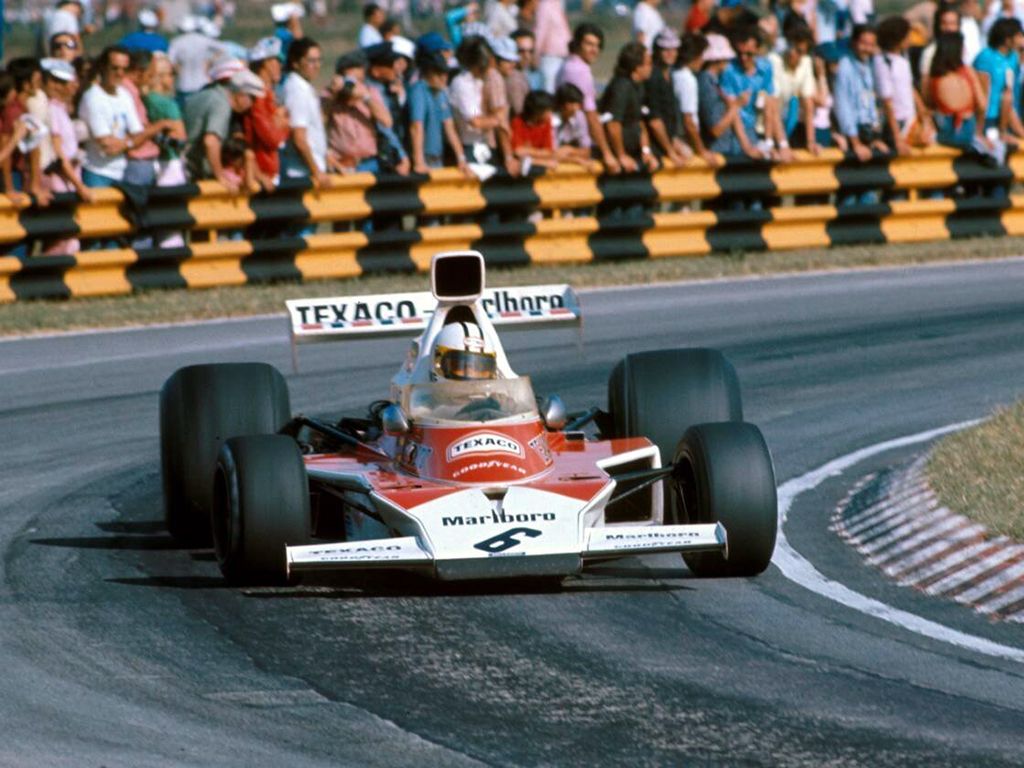
Denny Hulme won the opening race of the season in Argentina on 13 January 1974.
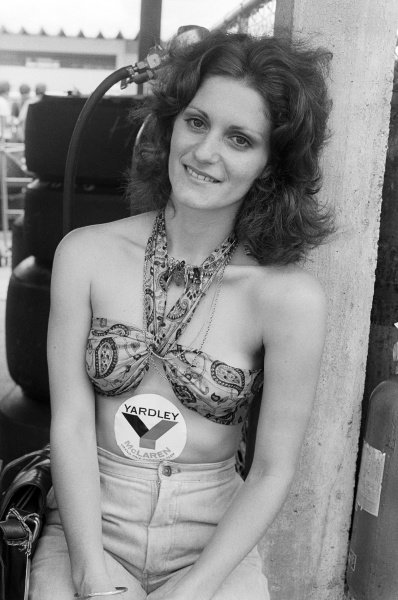
A woman in the pits supporting the Yardley McLaren at the Brazilian Grand Prix in Interlagos, São Paulo, on 27 January 1974. Photo by David Phipps.
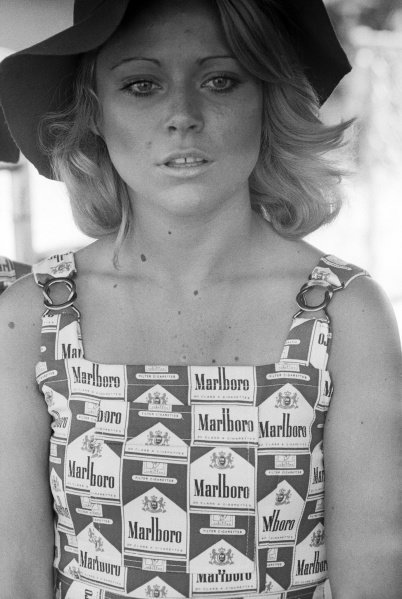
A Marlboro girl at the Brazilian Grand Prix in Interlagos, São Paulo, on 27 January 1974. Photo by David Phipps.
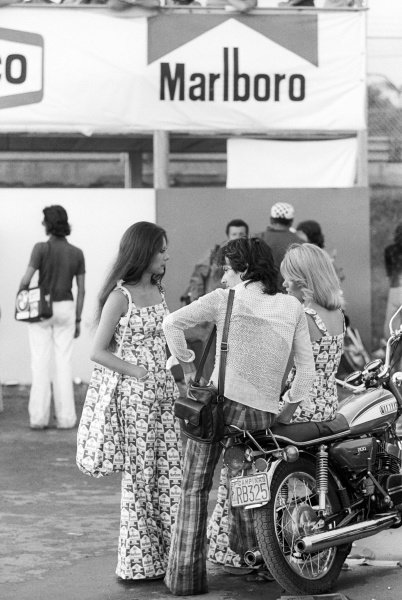
The Marlboro girls could not forget who they were supporting with their outfits at the Brazilian Grand Prix in Interlagos, São Paulo, on 27 January 1974. Photo by David Phipps.
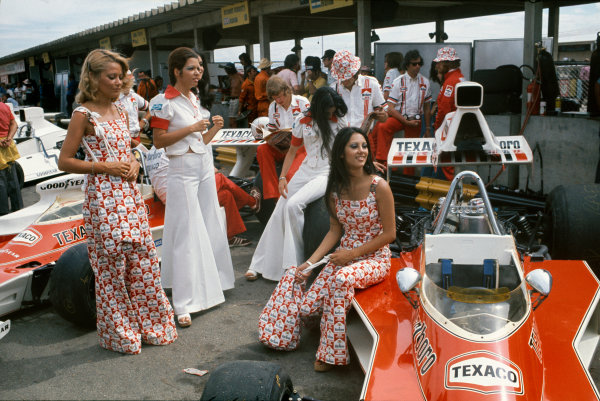
The Marlboro girls at the Brazilian Grand Prix in Interlagos, São Paulo, on 27 January 1974. Photo by Formula 1 Photography.
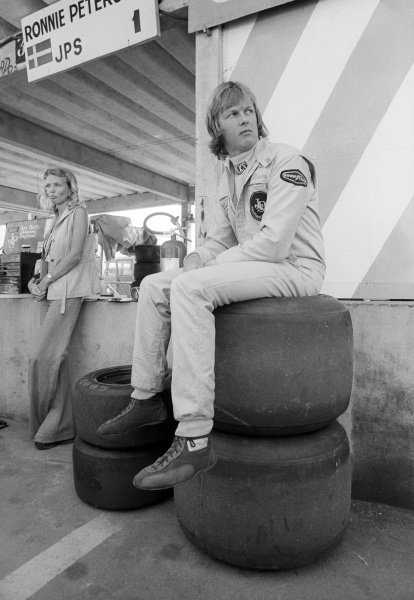
Ronnie and Barbro Peterson at the Brazilian Grand Prix in Interlagos, São Paulo, on 27 January 1974. Photo by David Phipps.
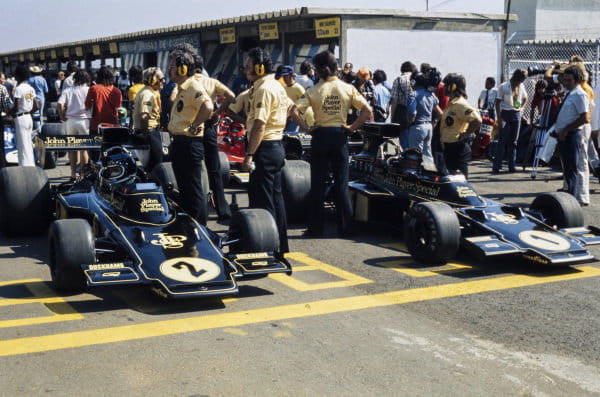
Jacky Ickx and Ronnie Peterson, Lotus, at the start of the Brazilian Grand Prix in Interlagos, São Paulo, on 27 January 1974.
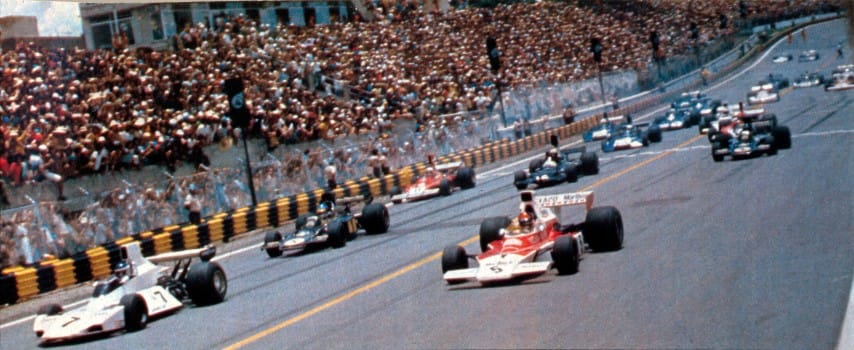
The start of the Brazilian Grand Prix in Interlagos, São Paulo, on 27 January 1974.
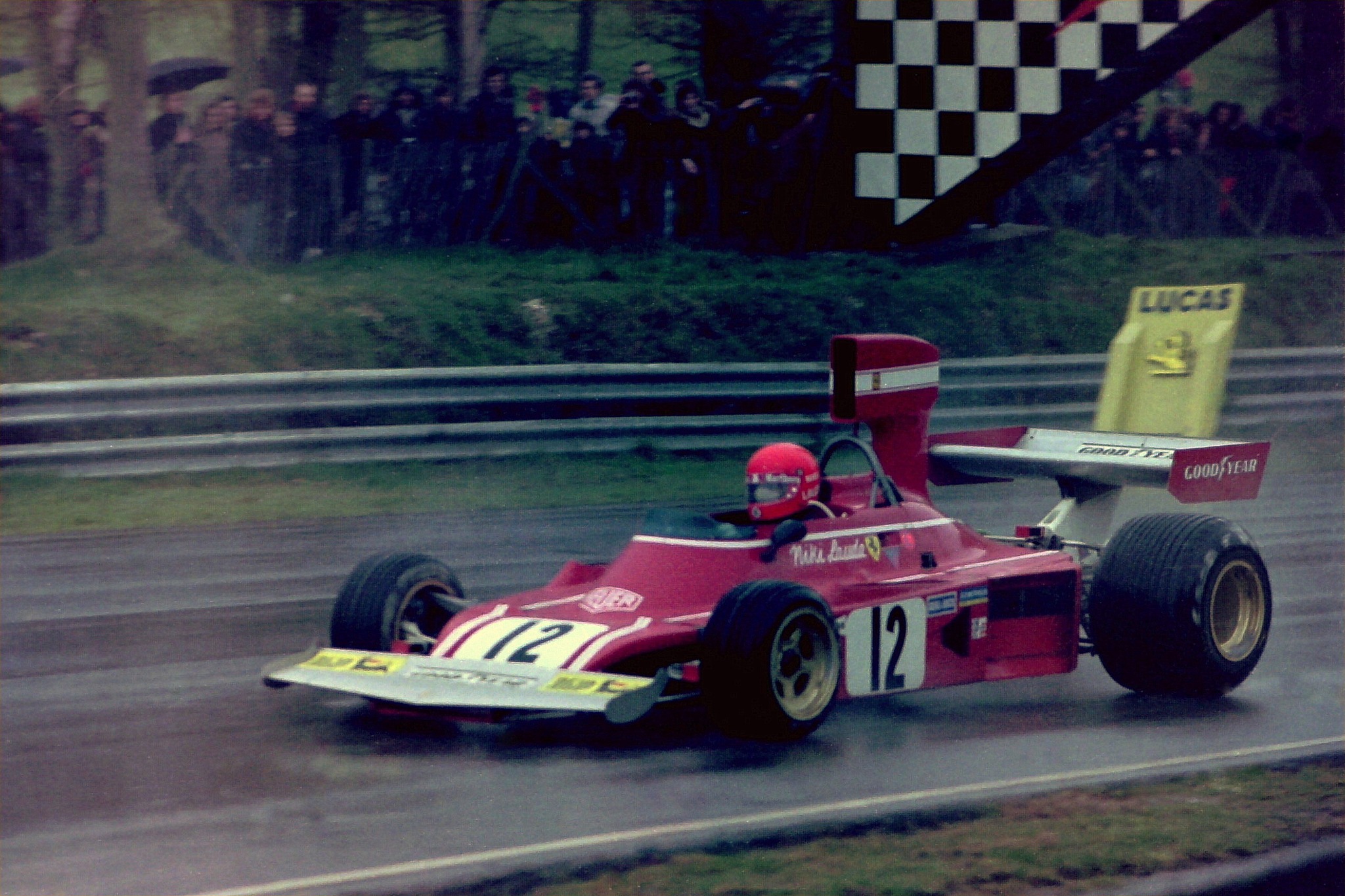
Niki Lauda at the Race of Champions, a non-championship Formula One race held at Brands Hatch on 17 March 1974.
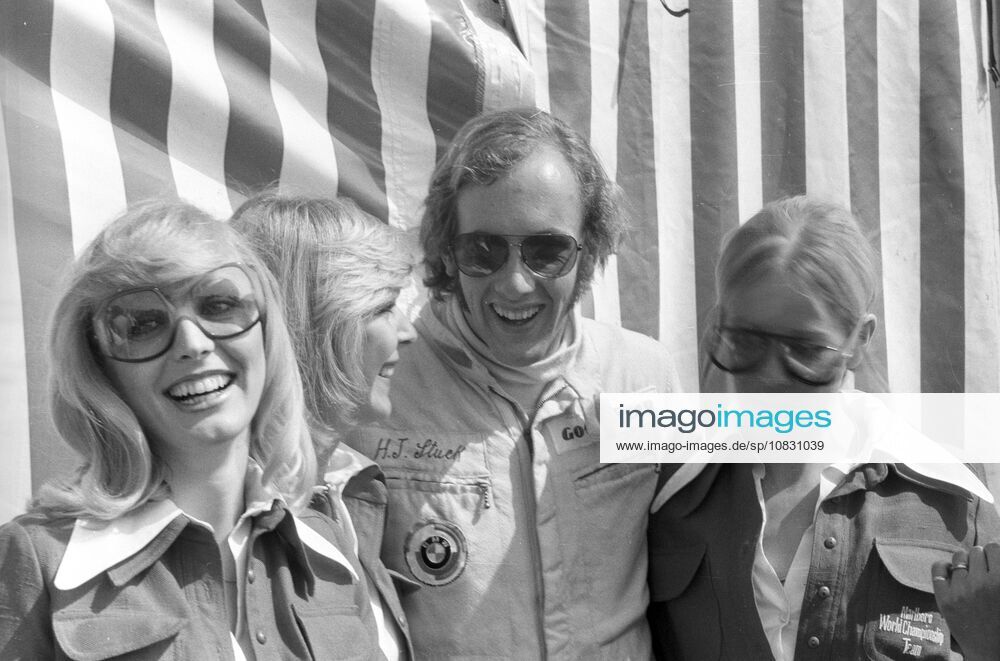
Hans Joachim Stuck, March, with three F1 pit girls on 28 April 1974.
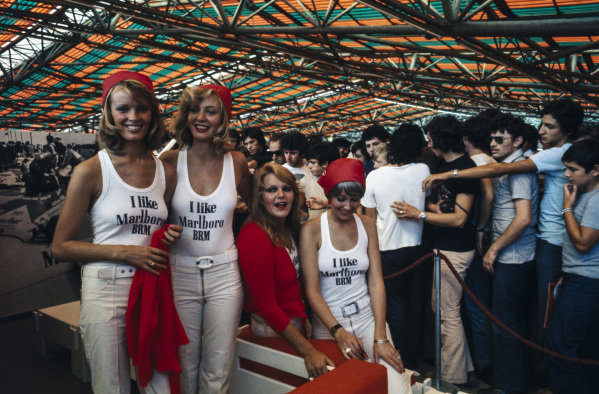
Marlboro BRM female supporters at Jarama, Spain, on Sunday 28 April 1974.
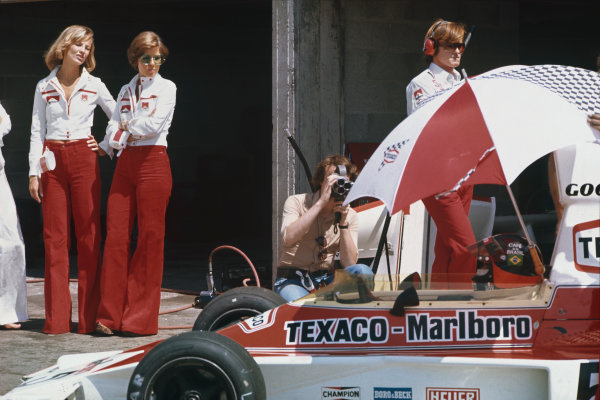
Emerson Fittipaldi, McLaren M23 Ford, keeps cool in the cockpit while filmed as two Marlboro girls look on at the 1974 Spanish GP in Jarama, Spain. Photo by Lat Images.
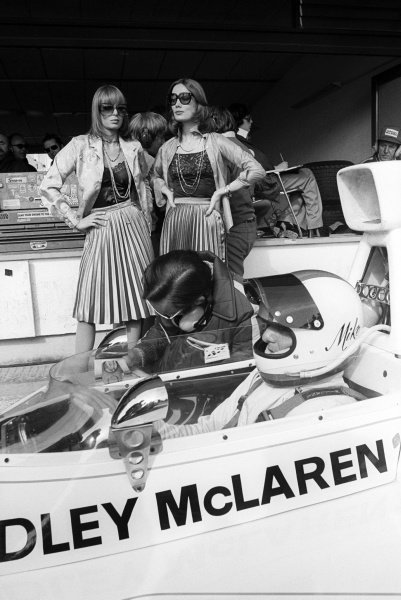
Ninth placed Mike Hailwood in the pits during practice with two women posing in the background at the Spanish Grand Prix in Jarama, Spain, on 28 April 1974. Photo by David Phipps.
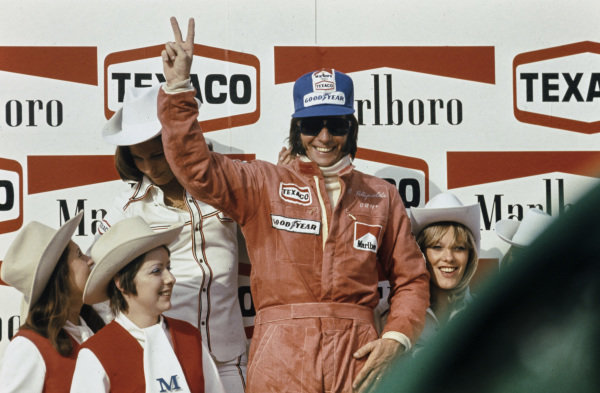
Emerson Fittipaldi celebrates victory on the podium with the Marlboro sponsorship girls at the Belgian GP in Nivelles on 12 May 1974. Photo by Ercole Colombo.
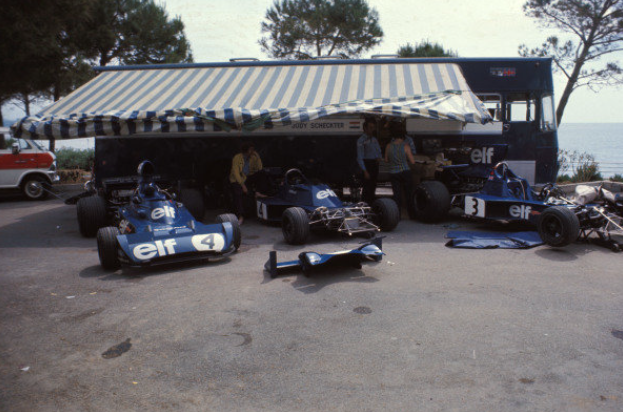
Patrick Depailler, Tyrrell n. 4, at the Monaco Grand Prix on 26 May 1974.
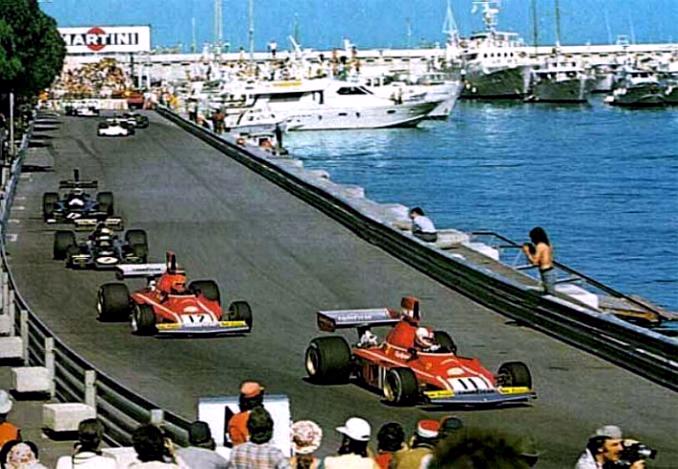
Clay Regazzoni and Niki Lauda, Ferrari, at the Monaco Grand Prix on 26 May 1974.
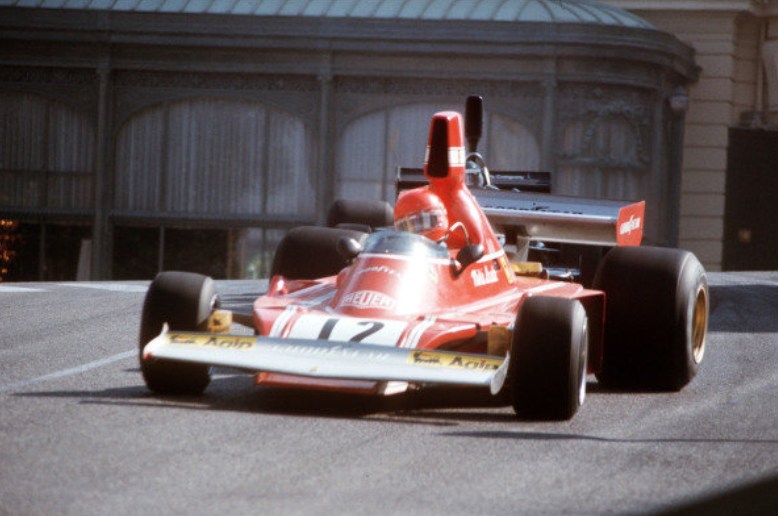
Niki Lauda, Ferrari, at the Monaco Grand Prix on 26 May 1974.
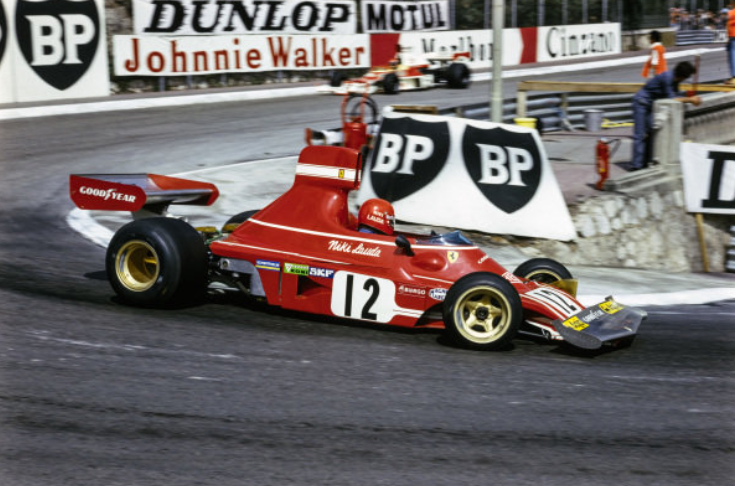
Niki Lauda, Ferrari, at the Monaco Grand Prix on 26 May 1974.
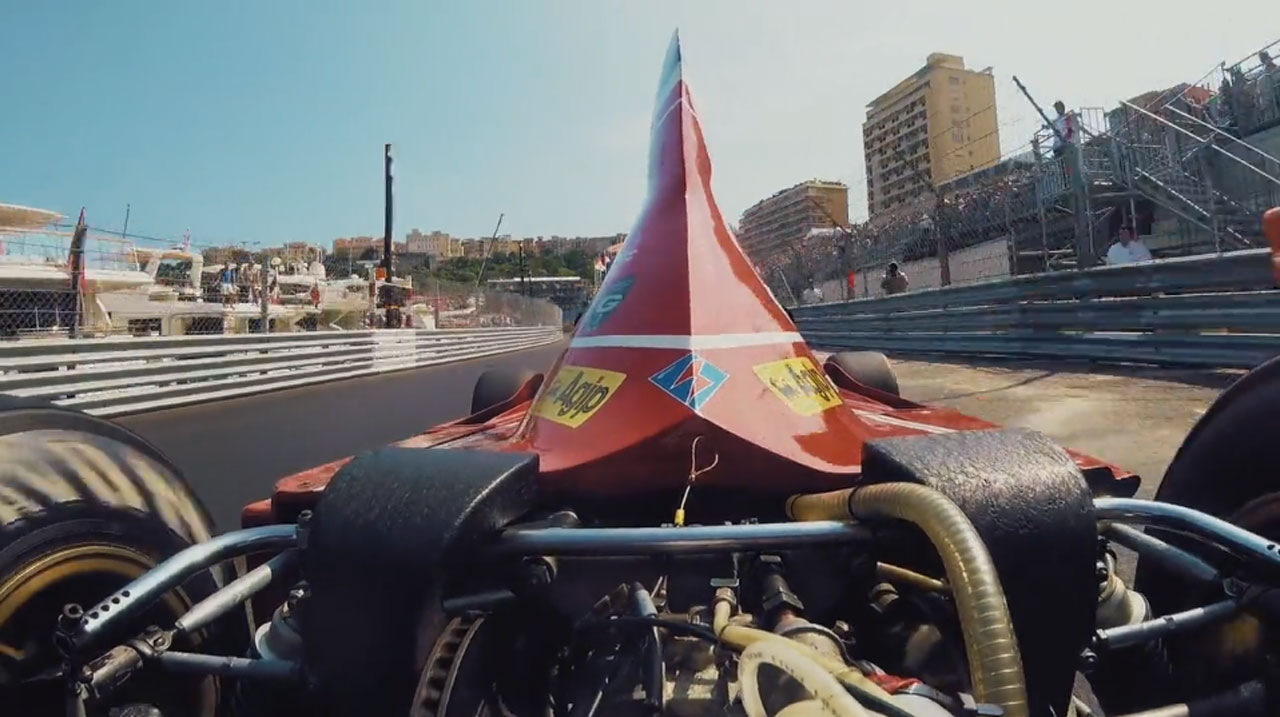
Niki Lauda’s Ferrari 312B at the Monaco Grand Prix on 26 May 1974.
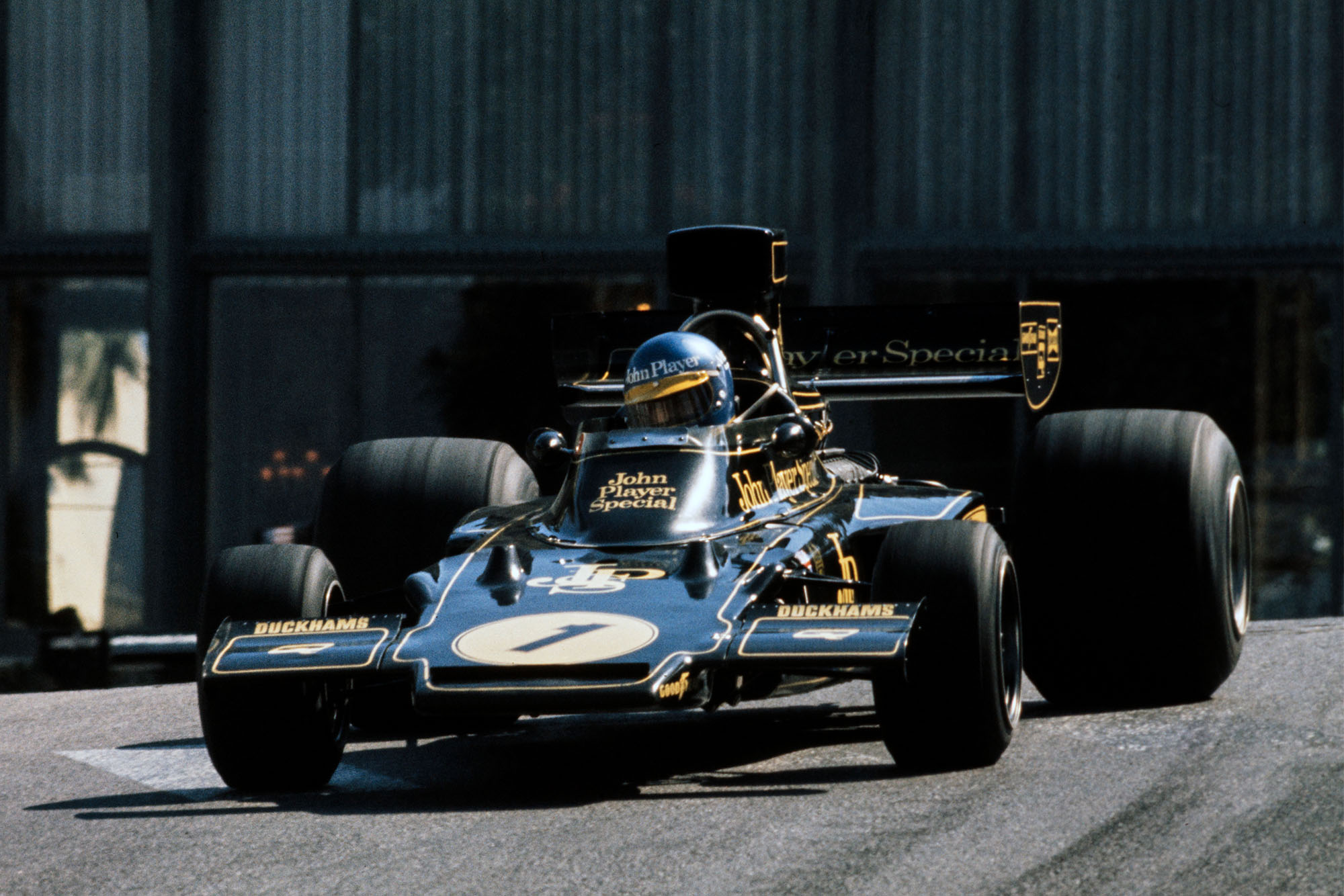
Ronnie Peterson pushing his Lotus on to victory at the 1974 Monaco Grand Prix.
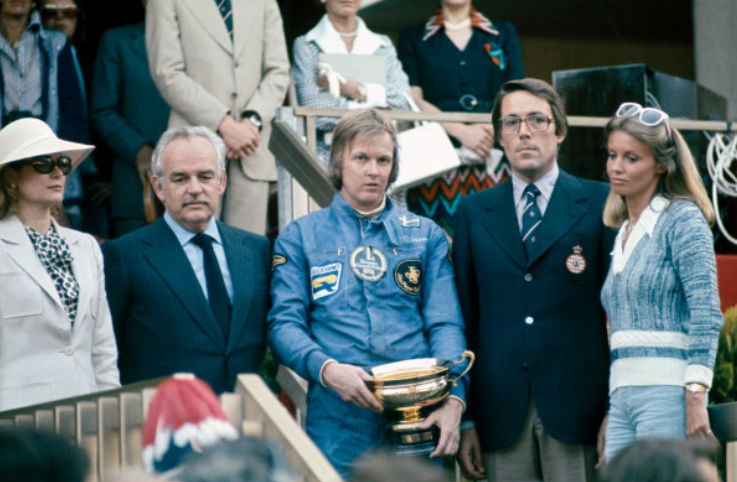
Ronnie Peterson and his wife Barbro celebrating victory in the 1974 Monaco Grand Prix.
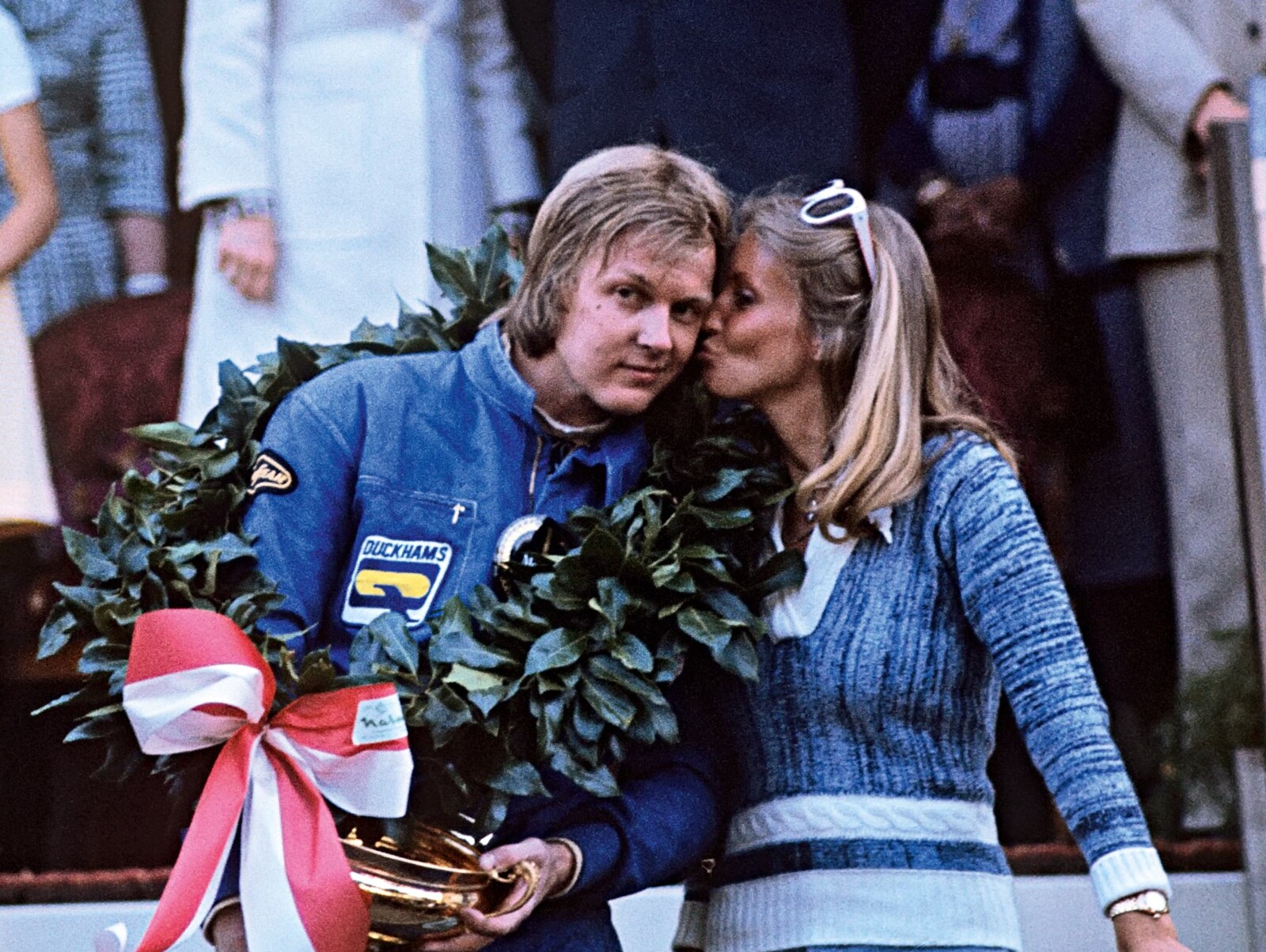
Ronnie Peterson and his wife Barbro celebrating victory in the 1974 Monaco Grand Prix.
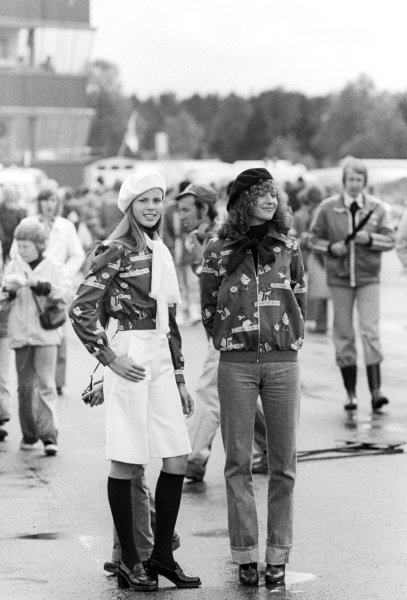
Some local girls in the paddock at the Swedish GP in Anderstorp on 09 June 1974. Photo by David Phipps.
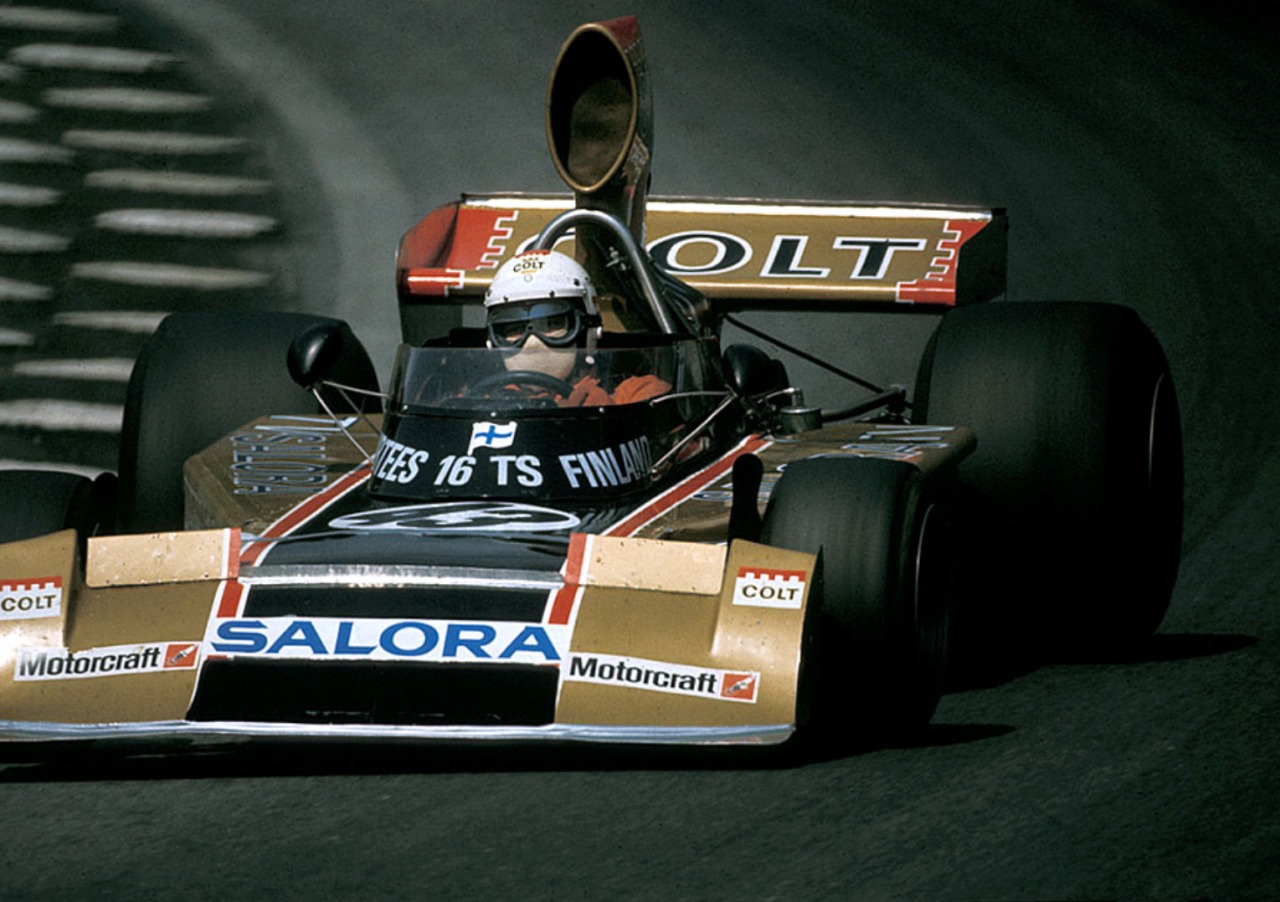
The first Finnish F1 driver Leo Kinnunen driving a Surtees TS16 in 1974 at Anderstorp.
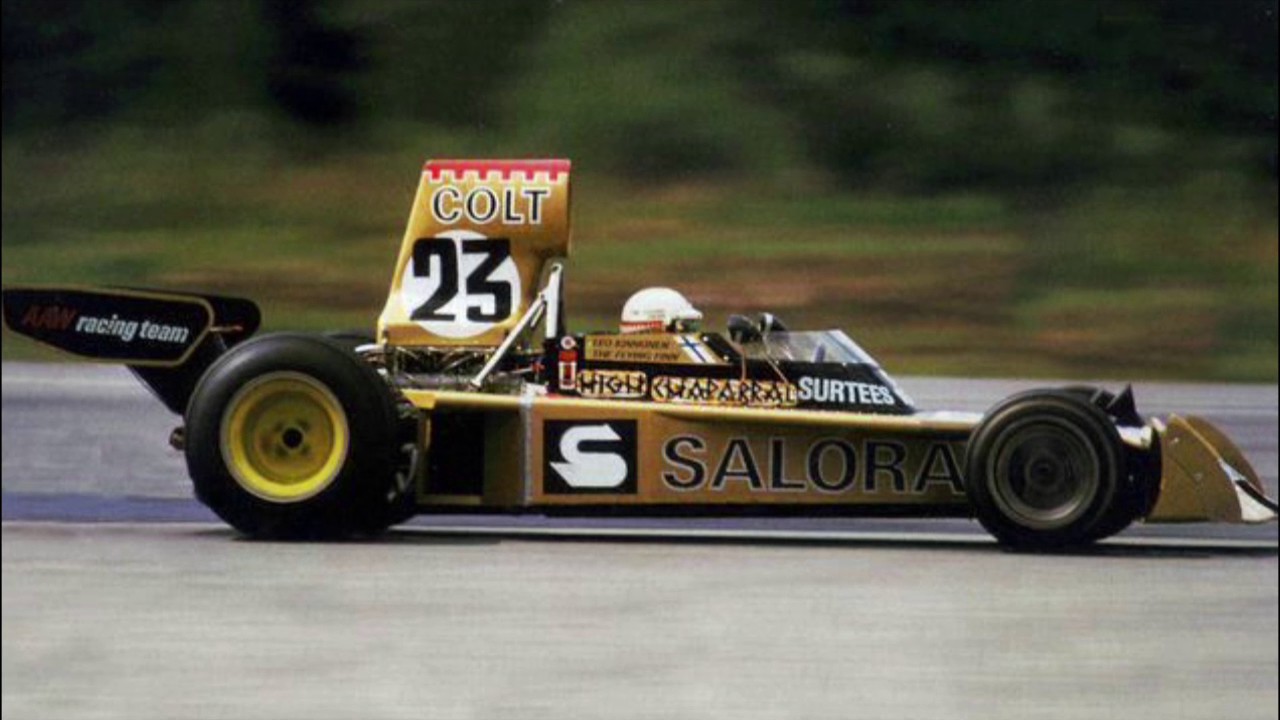
In 1974 at Anderstorp Leo Kinnunen, in a Surtees TS16, became the 1st Finnish driver to ever start an F1 race.
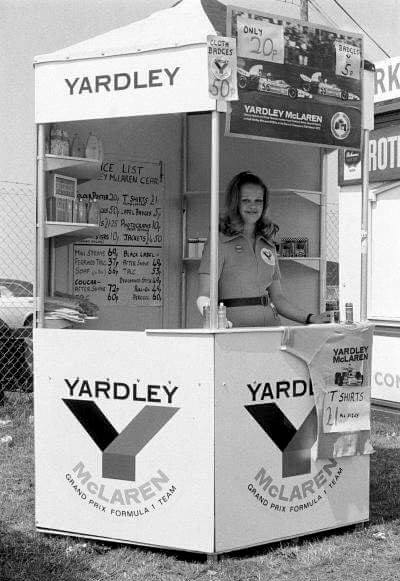
Yardley Team McLaren souvenir kiosk in 1974 at Brands Hatch.
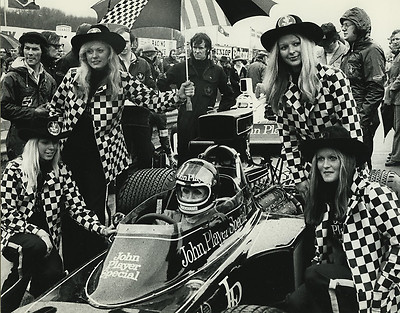
Jacky Ickx with JPS girls on the grid at Brands Hatch on 20 July 1974. Photo by Period Photograph.
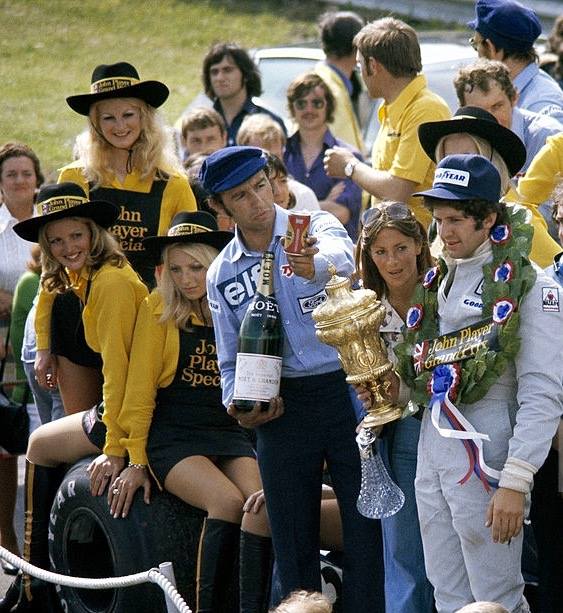
Jody Scheckter on the podium with JPS girls at Brands Hatch on 20 July 1974.
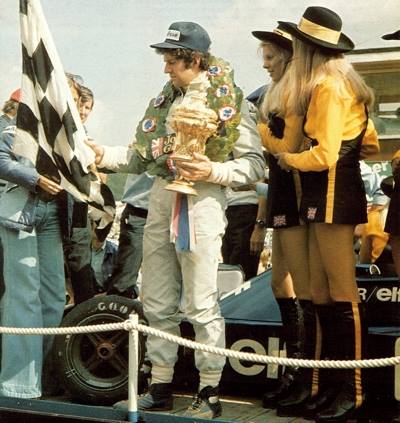
Jody Scheckter on the podium with JPS girls at Brands Hatch on 20 July 1974.
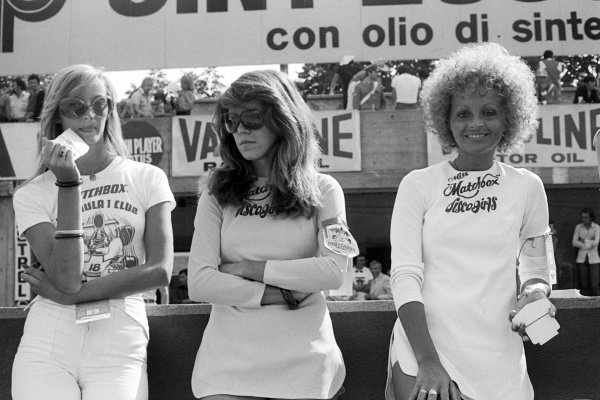
The Matchbox Disco Girls at the Italian GP in Monza on 08 September 1974. Photo by David Phipps.
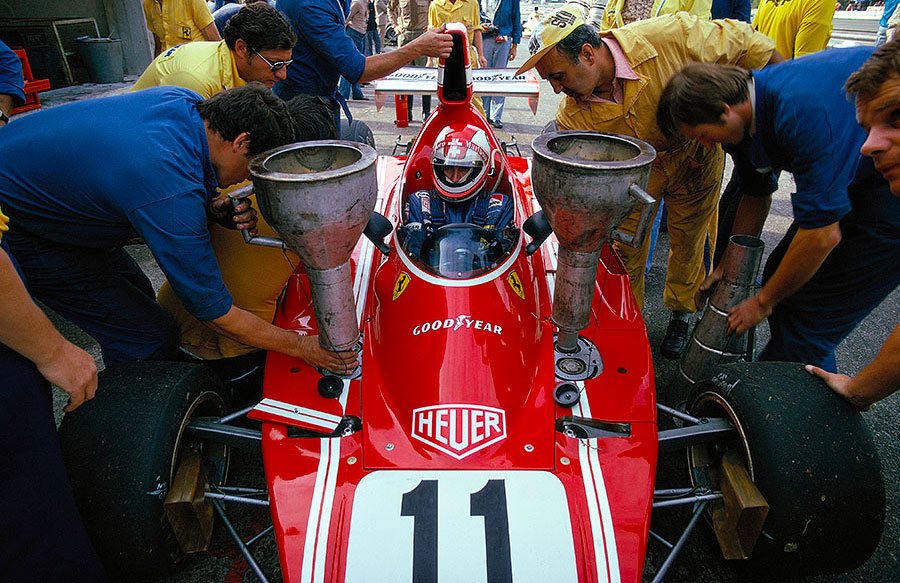
Clay Regazzoni sits in his Ferrari 312B3 as it is refuelled at the Italian GP in Monza on Sunday 08 September 1974. Photo by Rainer Schlegelmilch.
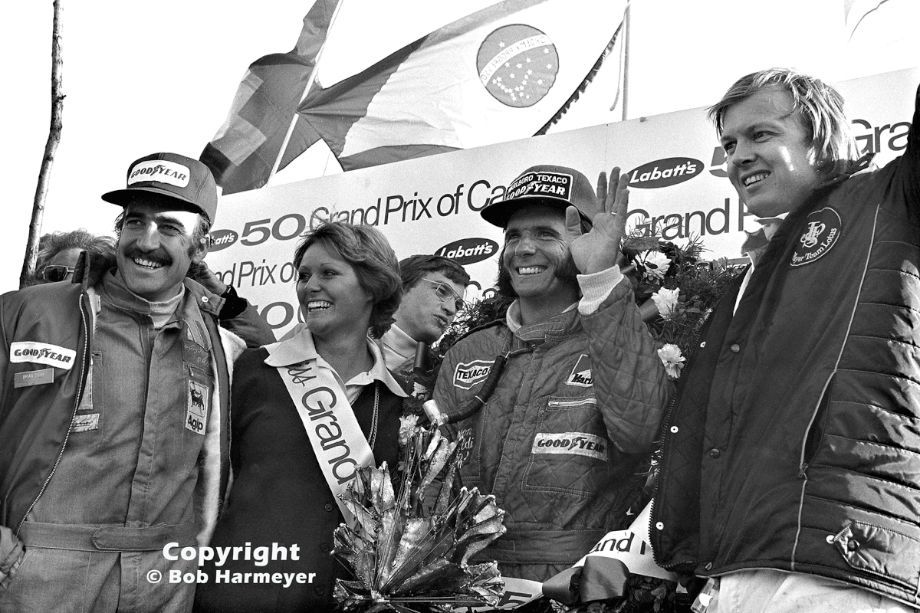
Emerson Fittipaldi, Clay Regazzoni and Ronnie Peterson on the podium at the Canadian GP held in Mosport Park on 22 September 1974. Photo by Bob Harmeyer.
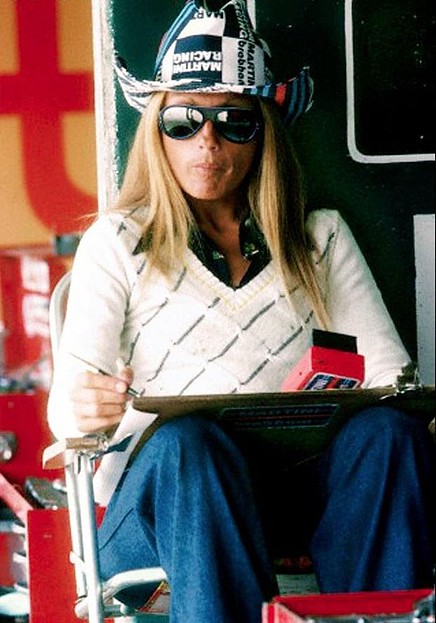
Mimicha Reutemann in 1975.
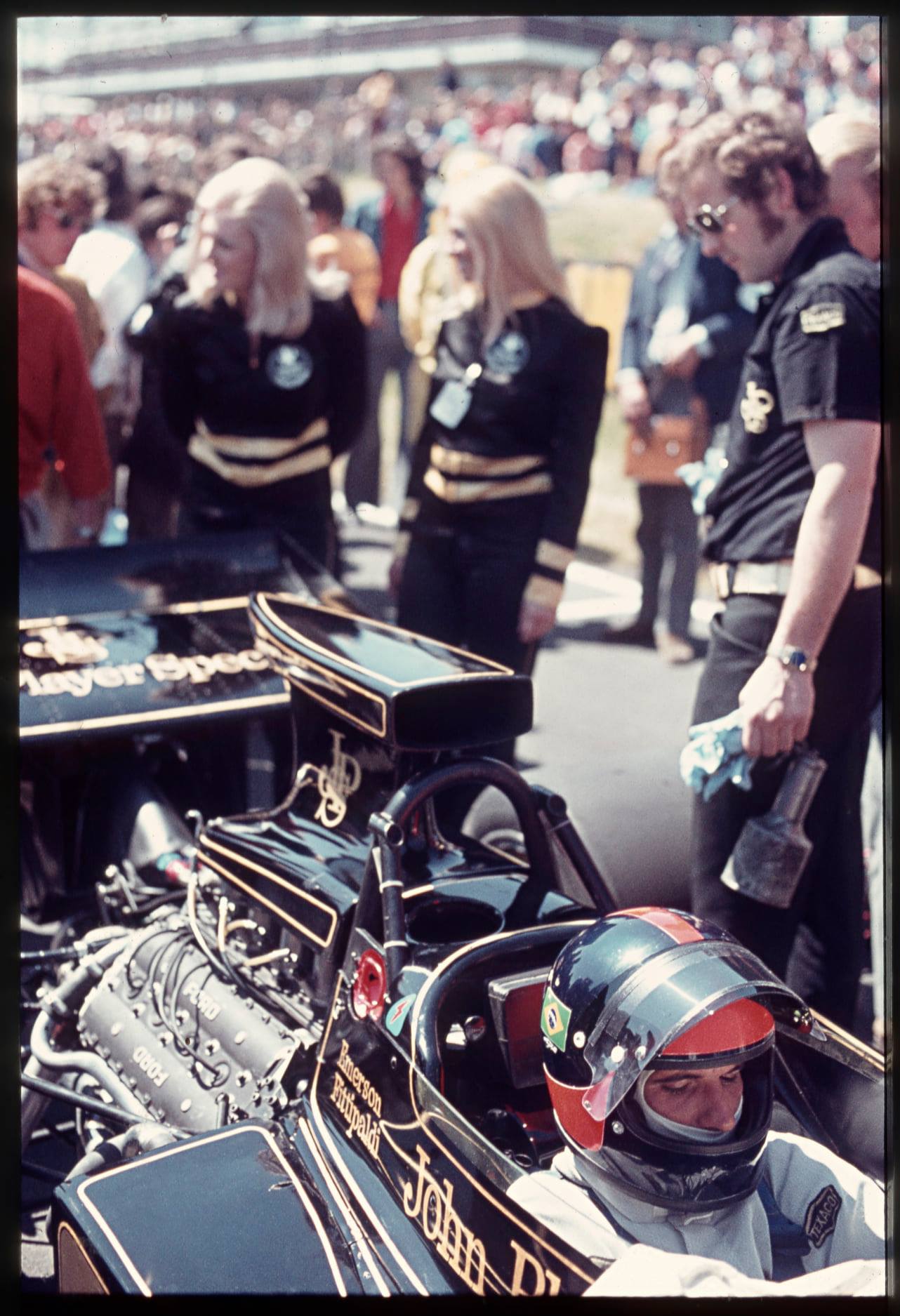
Emerson Fittipaldi, Lotus.
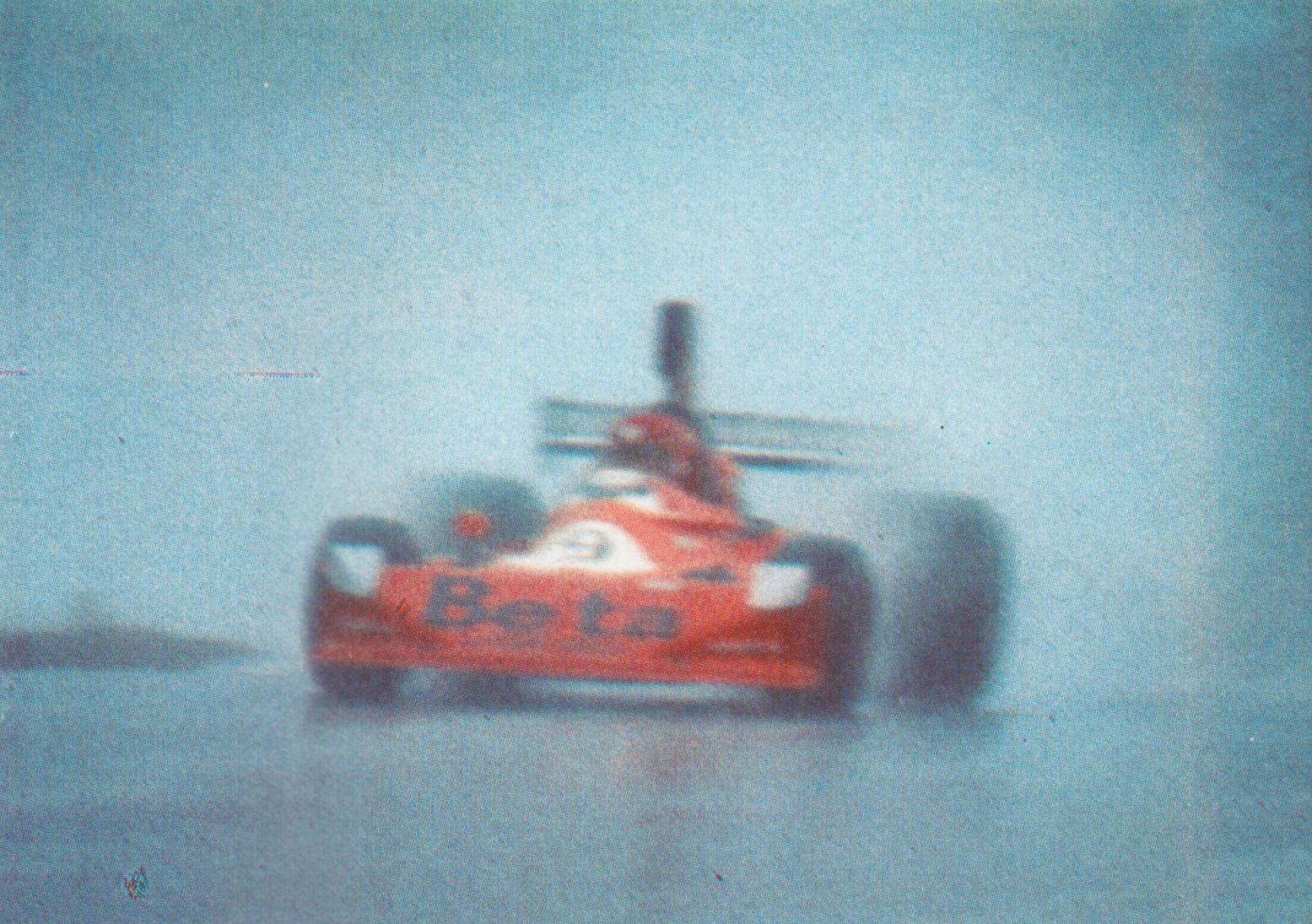
Vittorio Brambilla, March.
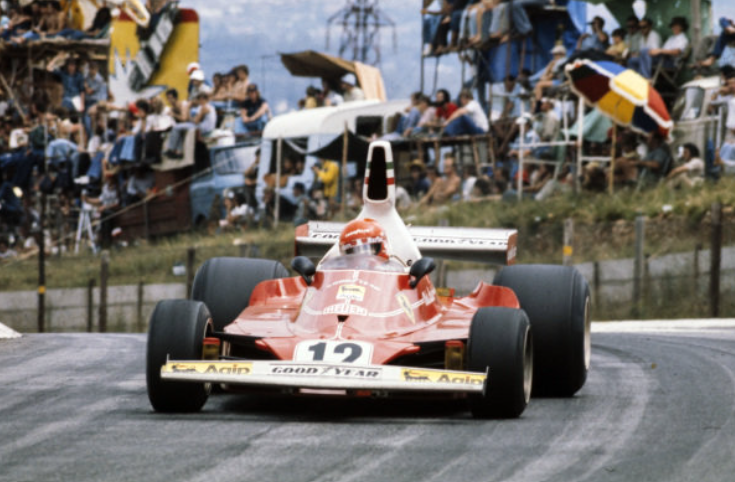
Niki Lauda, Ferrari 312T.
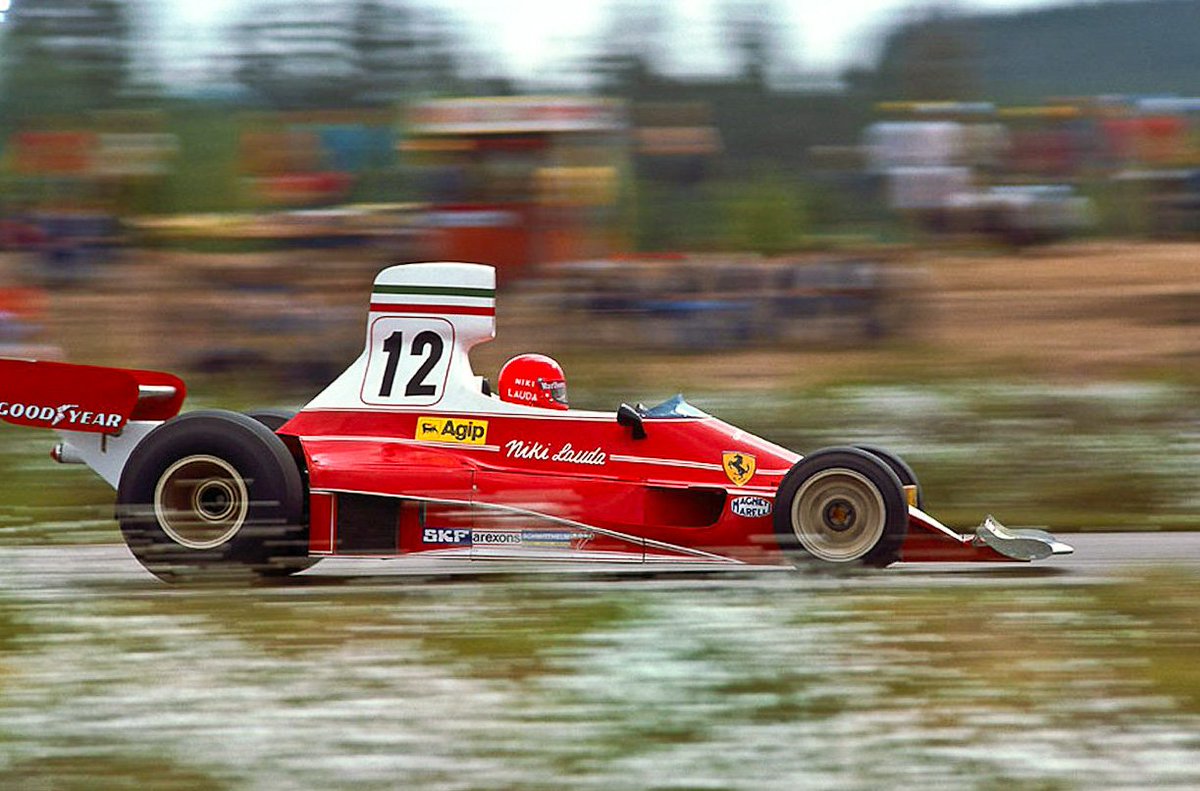
Niki Lauda, Ferrari 312T, in 1975.
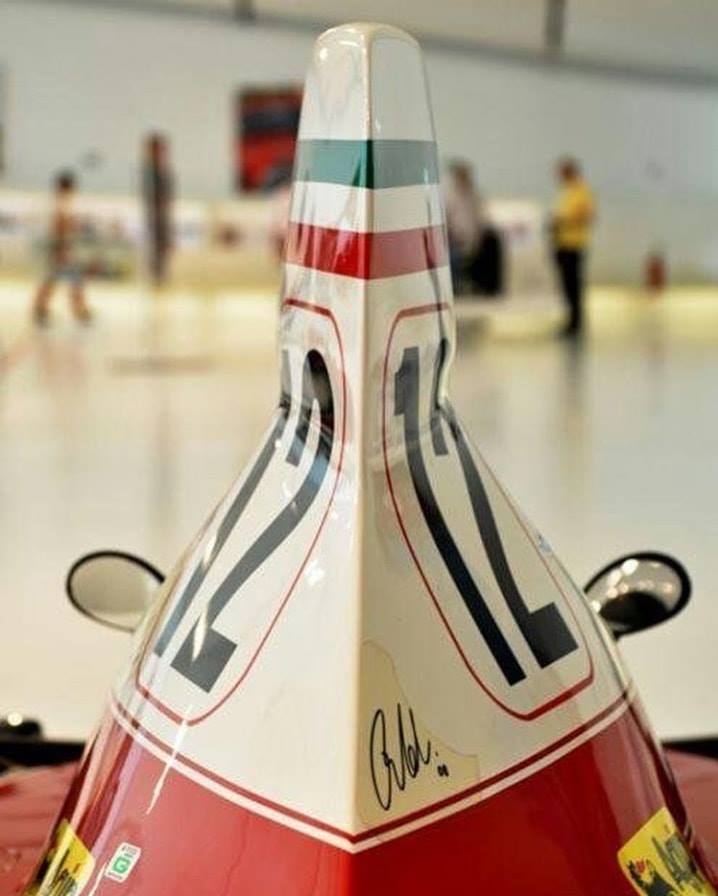
Niki Lauda’s Ferrari 312T.
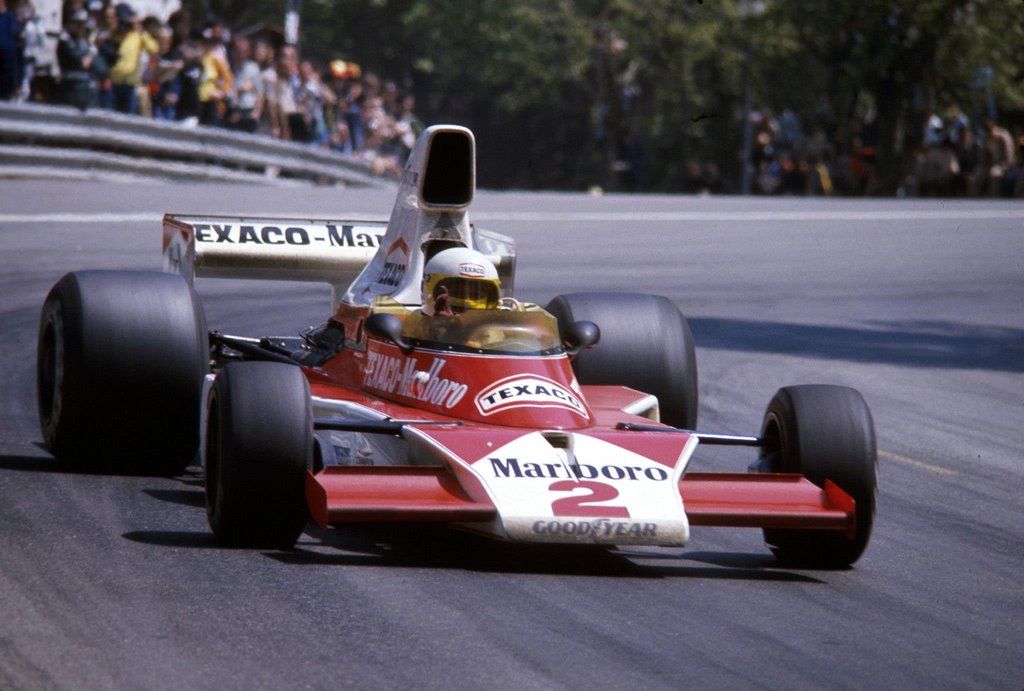
Jochen Mass, McLaren, in 1975. Photo by F1 history.
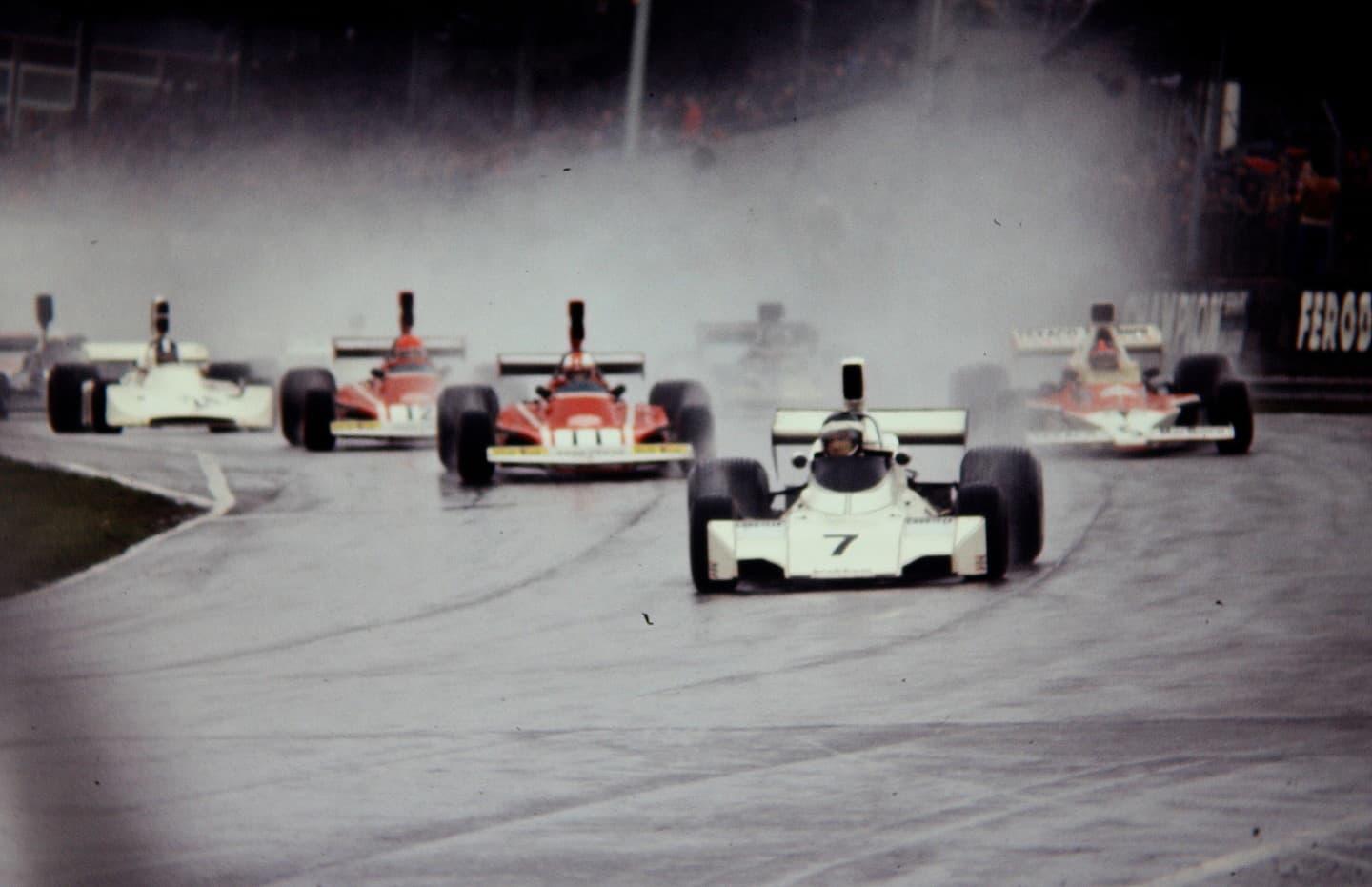
1975.
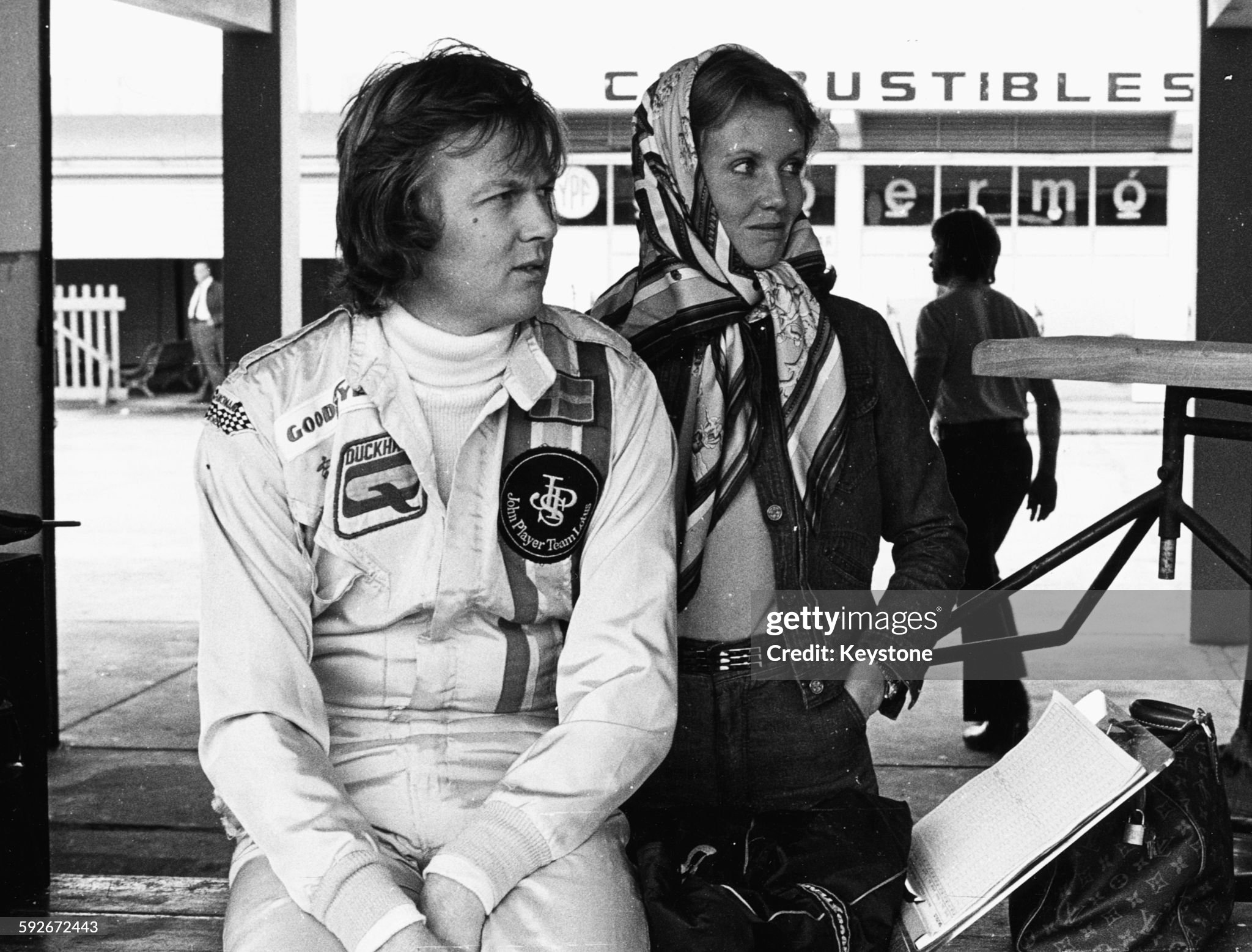
Ronnie and Barbro Peterson in Argentina on 12 January 1975. Photo by Getty Images.
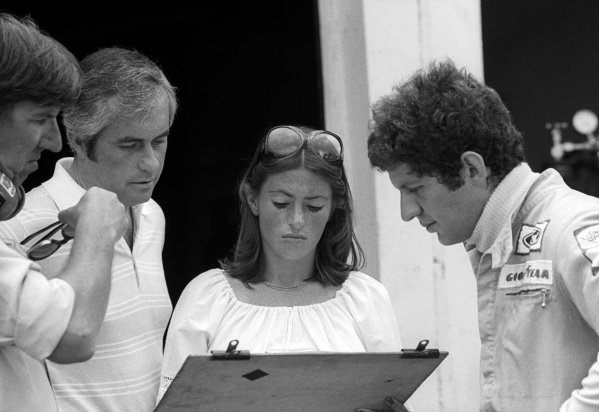
Ken Tyrrell with Roger Penske, Pam Scheckter (RSA) and her husband Jody Scheckter (RSA) at the Brazilian Grand Prix in Interlagos, Sao Paulo, on 26 January 1975. Photo by David Phipps.
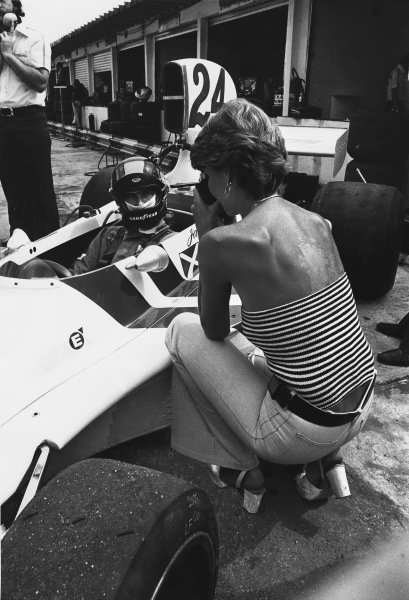
A driver in his car and a girl at the Brazilian Grand Prix in Interlagos, Sao Paulo, on 26 January 1975.
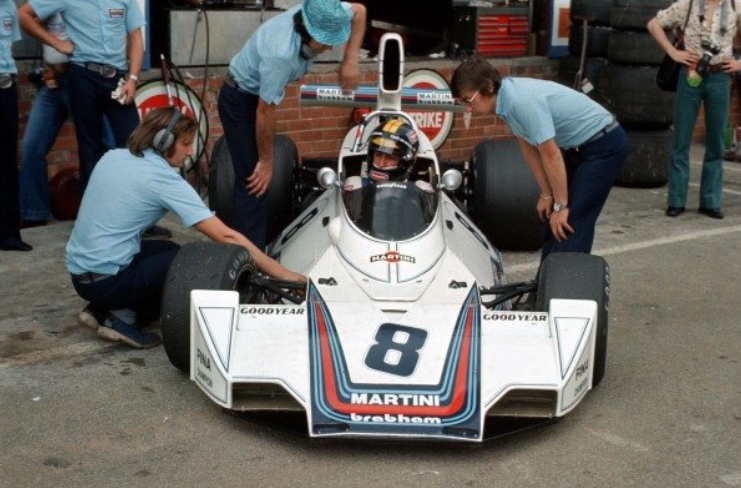
Carlos Pace, Brabham, at the South African Grand Prix in Kyalami on 01 March 1975. Photo by Ercole Colombo.
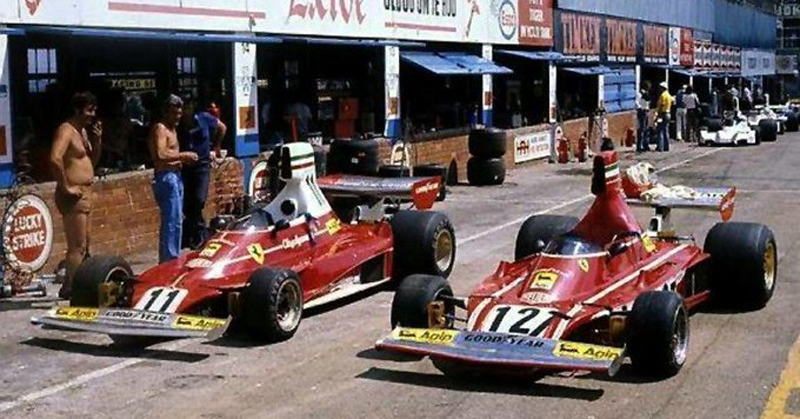
Clay Regazzoni and Niki Lauda’s Ferraris at Kyalami on 01 March 1975.
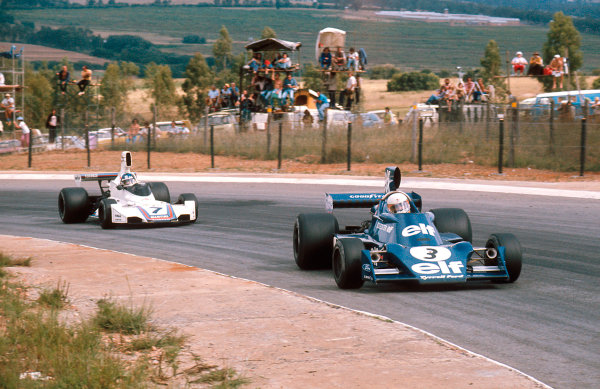
Jody Scheckter, Tyrrell 007 Ford, leads Carlos Reutemann, Brabham BT44B Ford, at the South African Grand Prix in Kyalami on 01 March 1975. Photo by LAT Photographic.
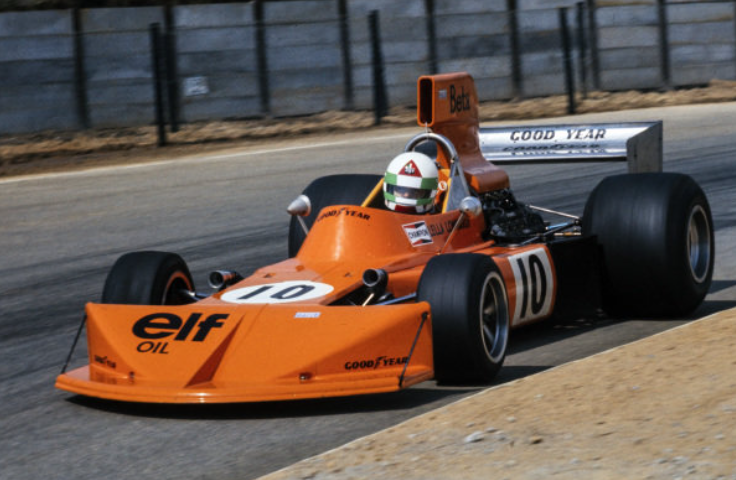
Lella Lombardi, March 741 Ford, at the South African Grand Prix in Kyalami on 01 March 1975.
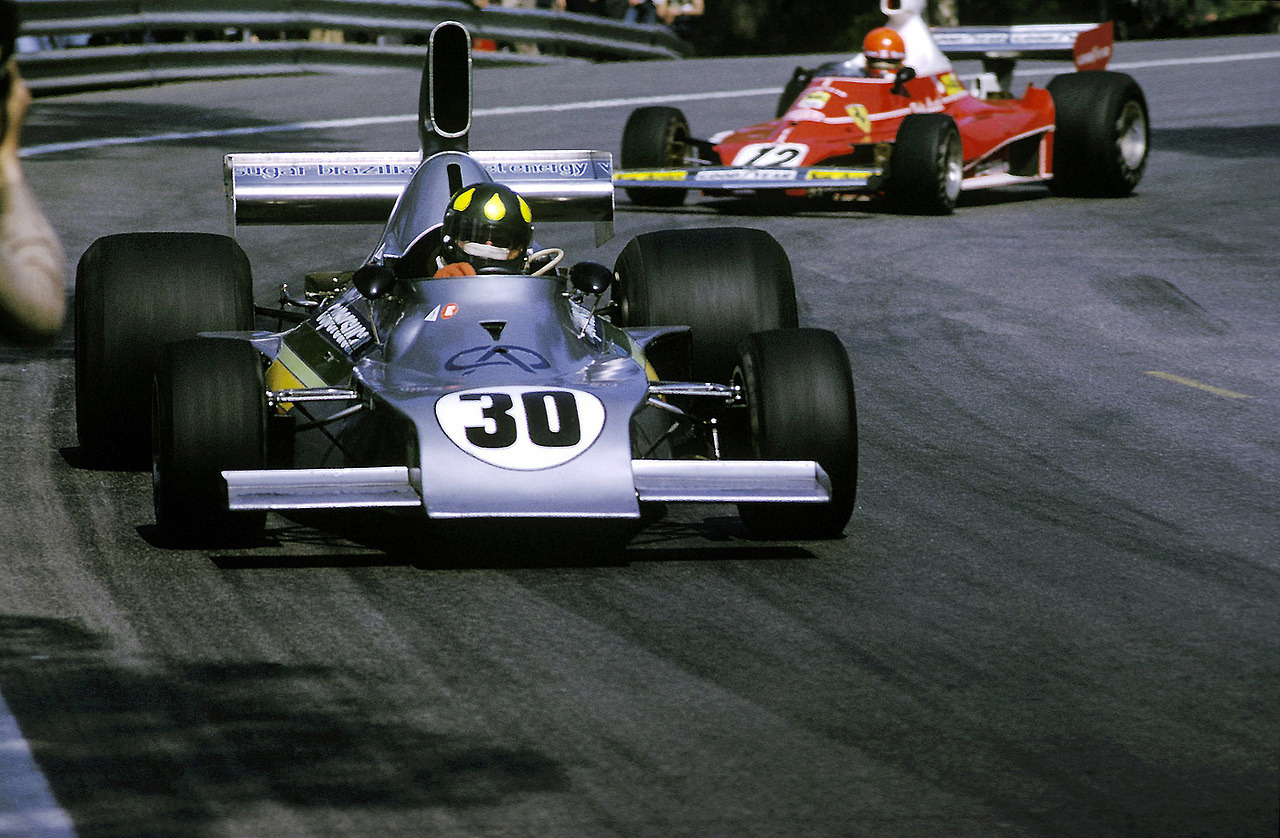
Wilson Fittipaldi, Copersucar, Lauda, Ferrari, at the Spanish Grand Prix on 27 April 1975. Photo by Lat Images.
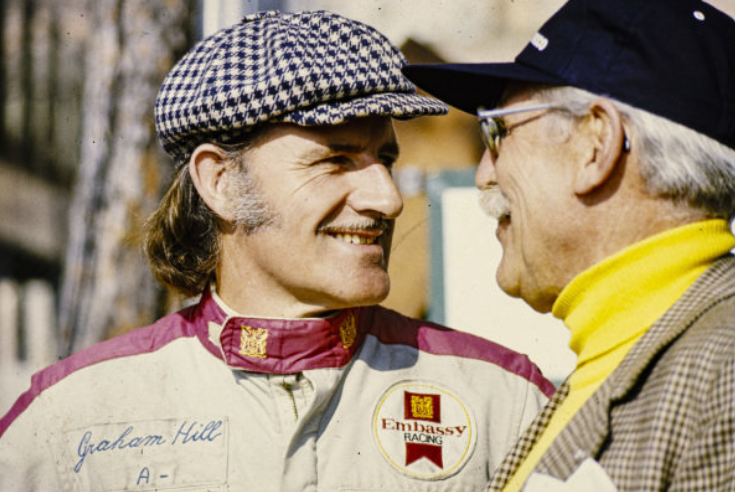
Graham Hill at the Monaco Grand Prix on 11 May 1975.
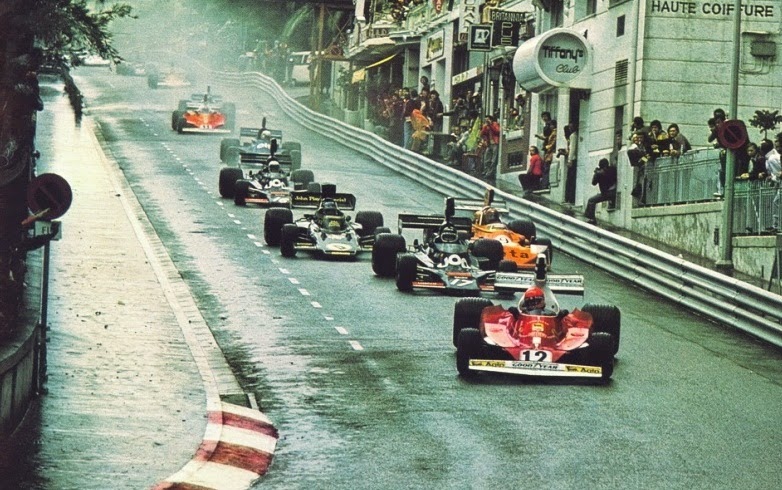
The Monaco Grand Prix on 11 May 1975.
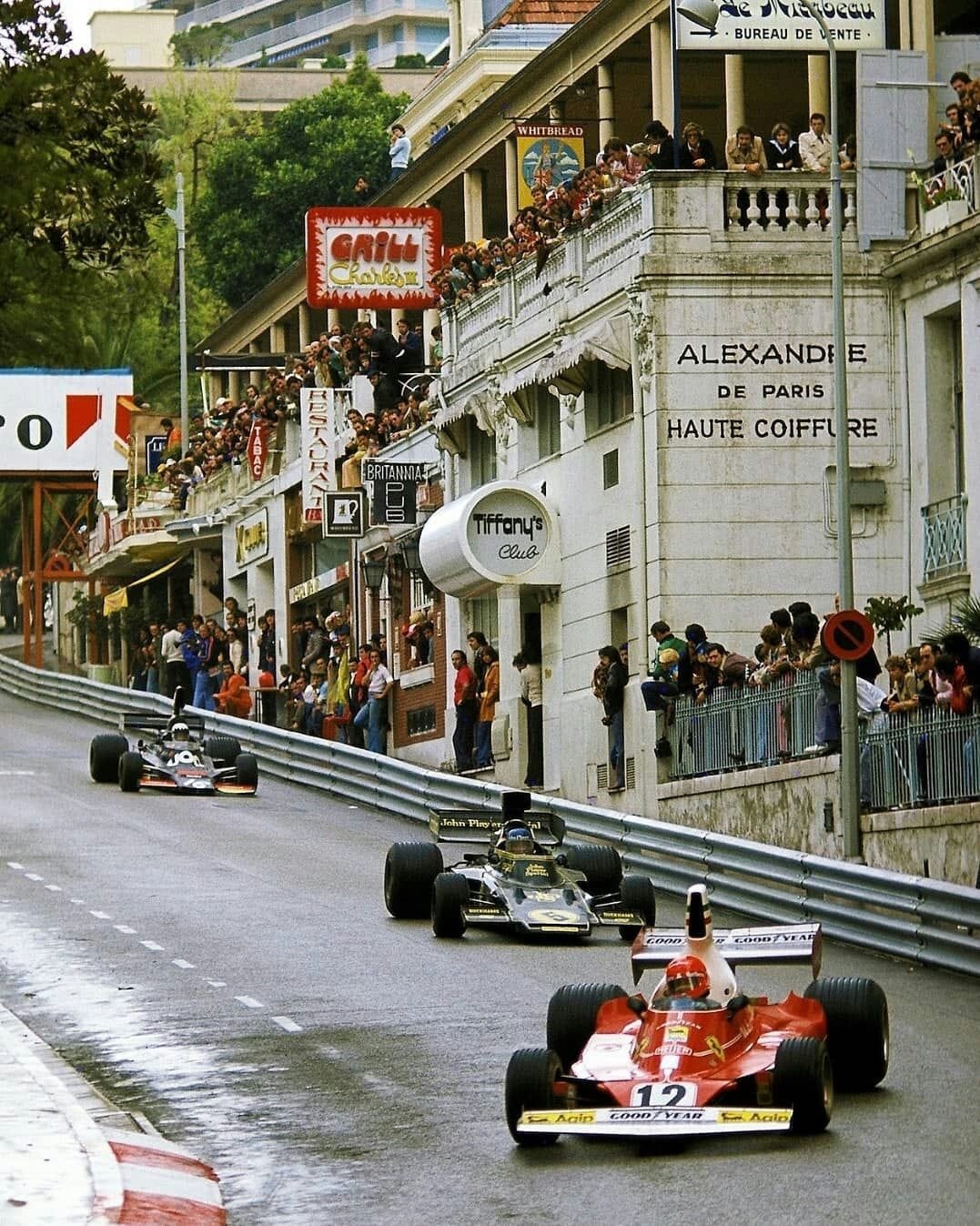
Niki Lauda, Ferrari, Ronnie Peterson, Lotus 72, Tom Pryce, Shadow, at the Monaco Grand Prix on 11 May 1975.
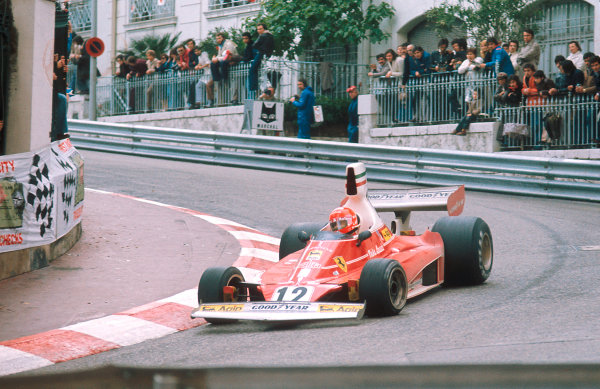
Niki Lauda, Ferrari, at the Monaco Grand Prix on 11 May 1975. Photo by Lat Photographic.
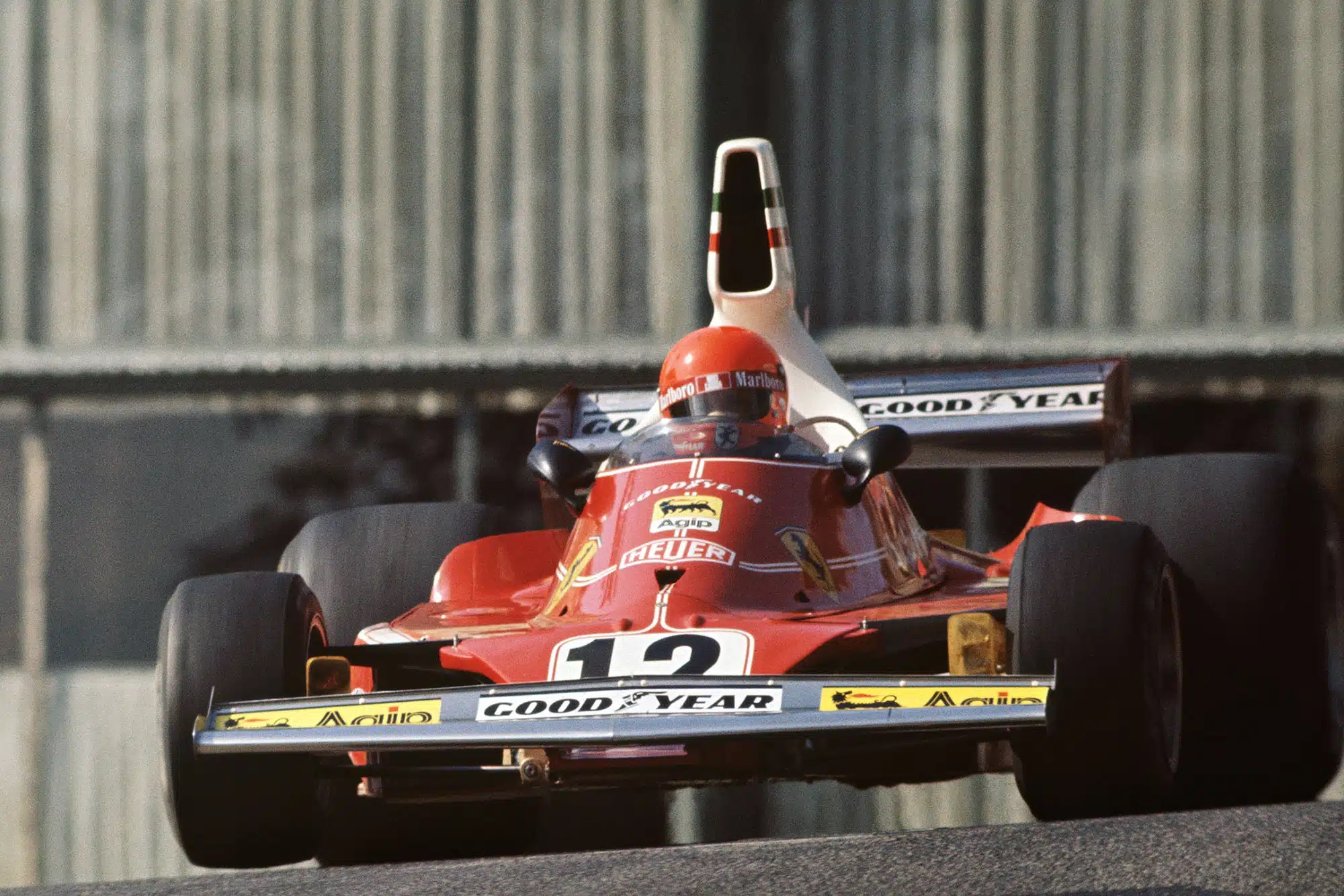
Niki Lauda, Ferrari, at the Monaco Grand Prix on 11 May 1975.
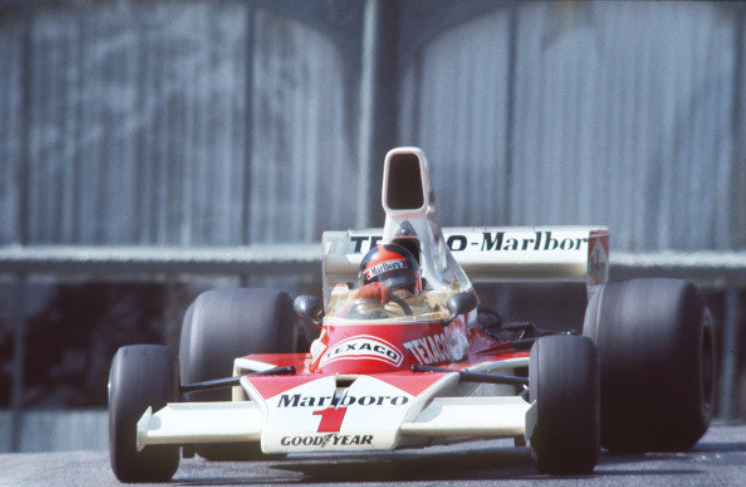
Emerson Fittipaldi, McLaren M23, at the Monaco Grand Prix on 11 May 1975.
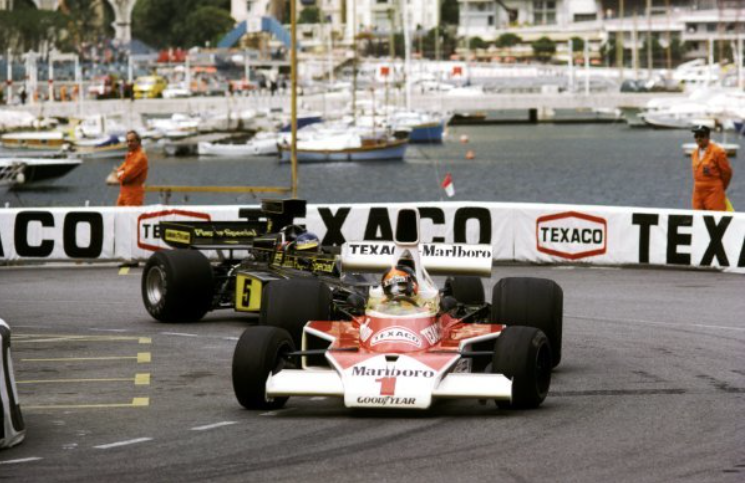
Emerson Fittipaldi, McLaren M23, who climbed from ninth on the grid to finish second, leads Ronnie Peterson, Lotus 72E, who finished fourth, at the Monaco Grand Prix on 11 May 1975. Photo by David Phipps.
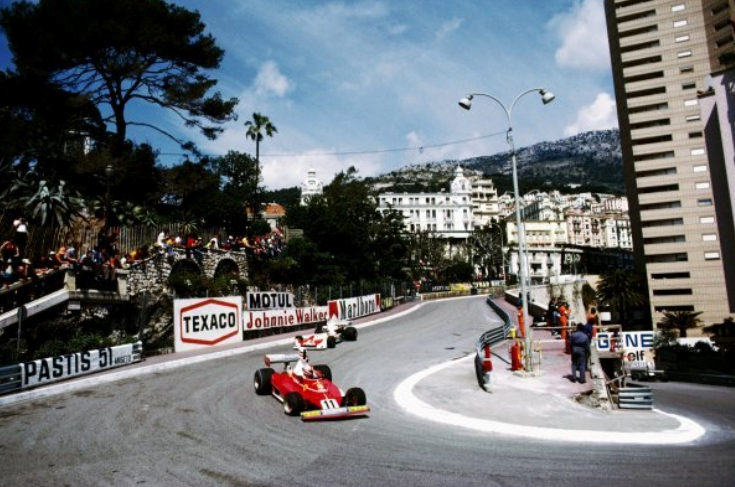
The Monaco Grand Prix on 11 May 1975.
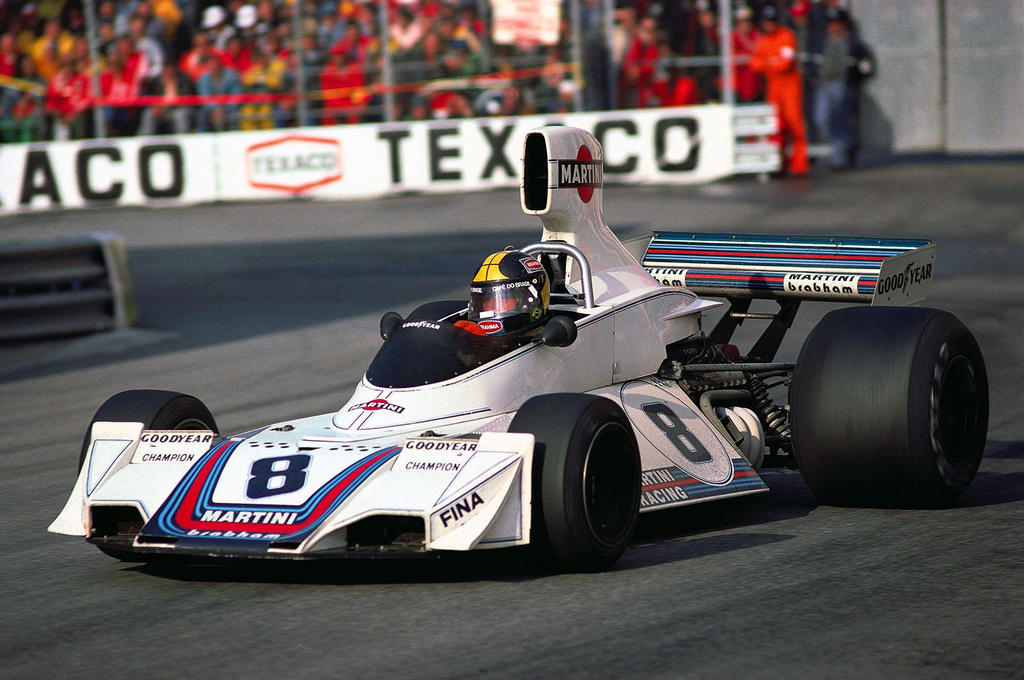
The first F1 car in Martini colors was the Brabham BT44B in 1975, here seen in Monaco driven by Carlos Pace.
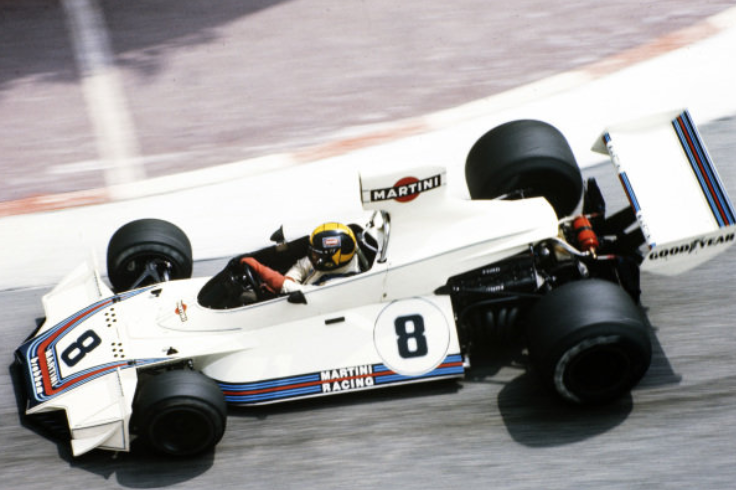
Carlos Pace, Martini Brabham BT 44B, at the Monaco Grand Prix on 11 May 1975.
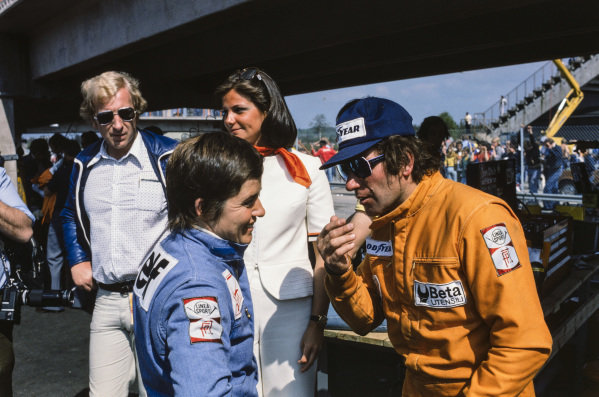
Lella Lombardi talks with fellow Italian Vittorio Brambilla at the Swedish GP in Anderstorp on 08 June 1975.
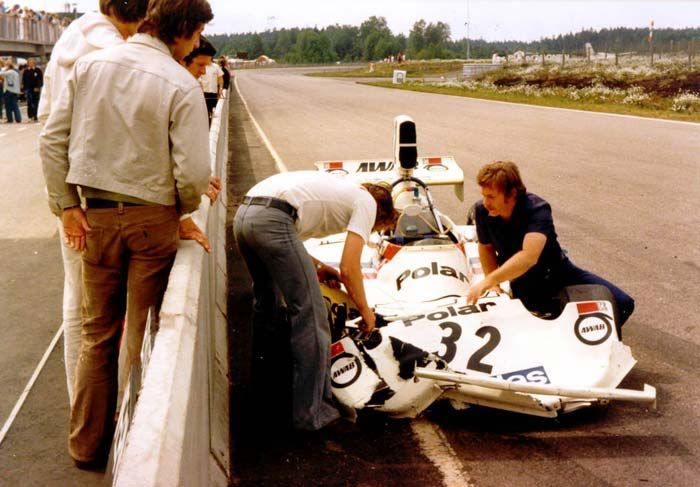
The Swedish driver Torsten Palm, in a Hesketh 308B, finished 10th at Anderstorp in 1975 in his only F1 start.
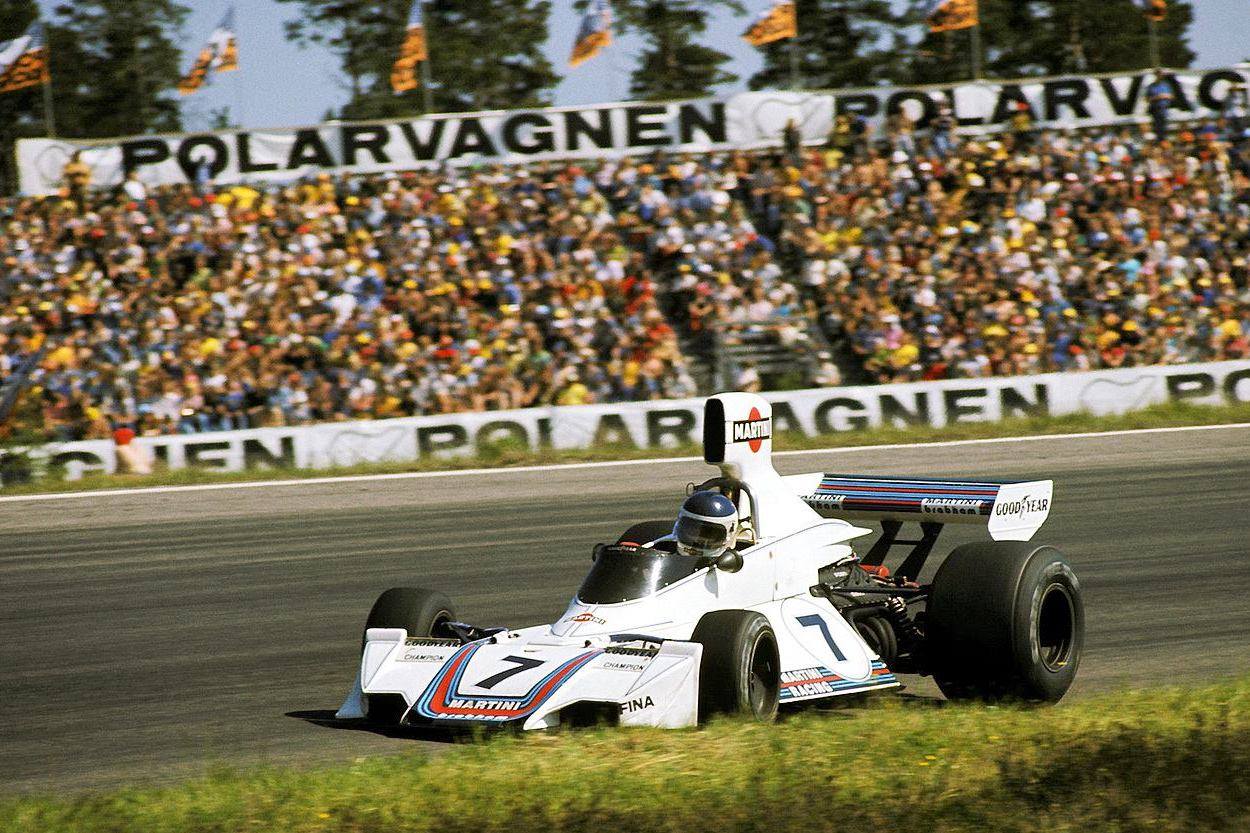
Carlos Reutemann, Brabham, at Anderstorp in 1975.
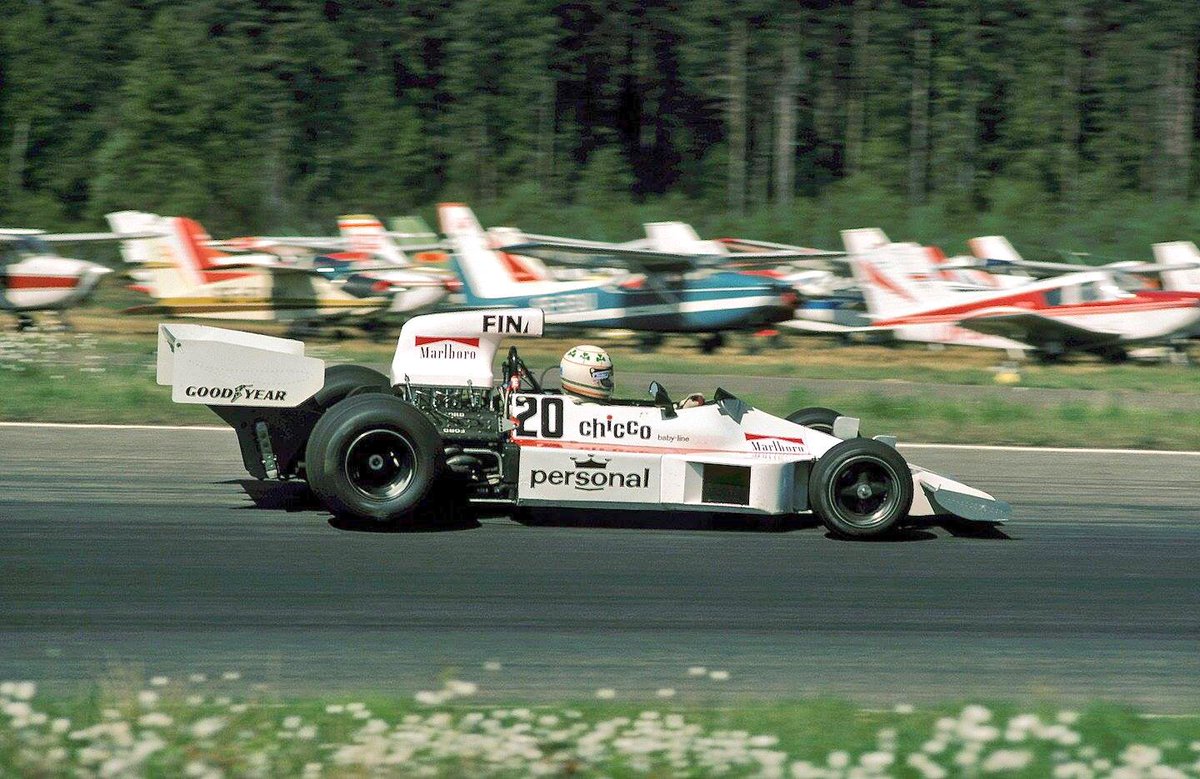
Damien Magee, Williams-Ford FW03, at the 1975 Swedish Grand Prix in Anderstorp.
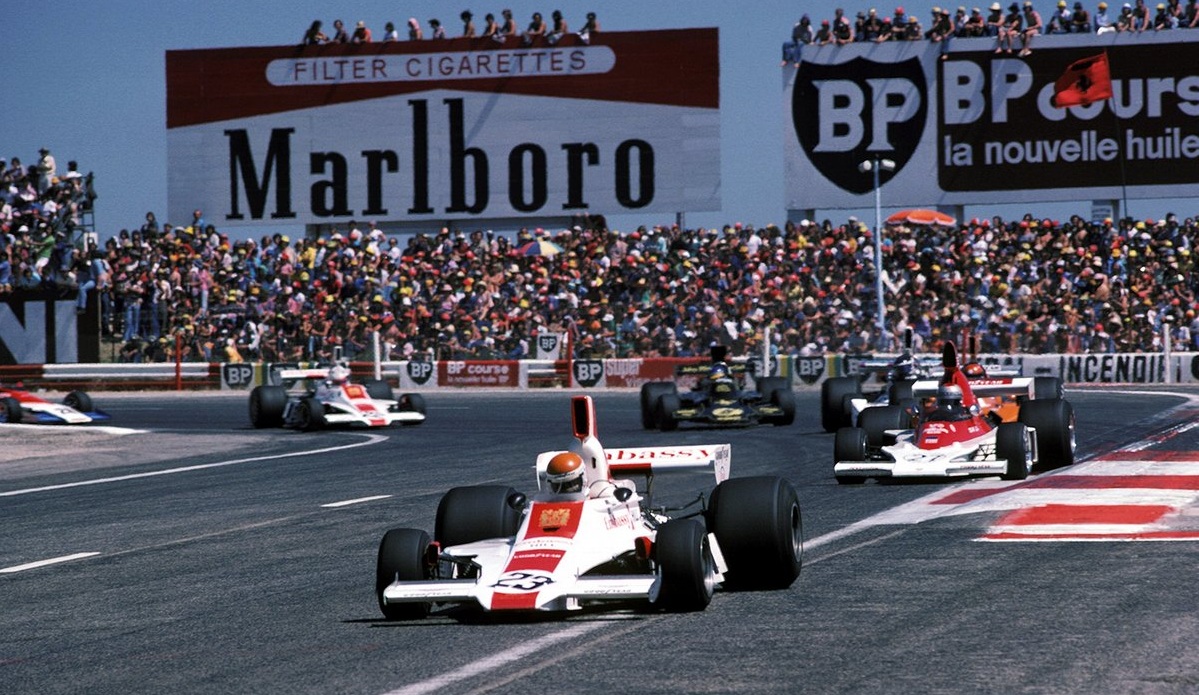
Tony Brise at the French GP in Paul Ricard on July 06, 1975. Photo by David Phipps.
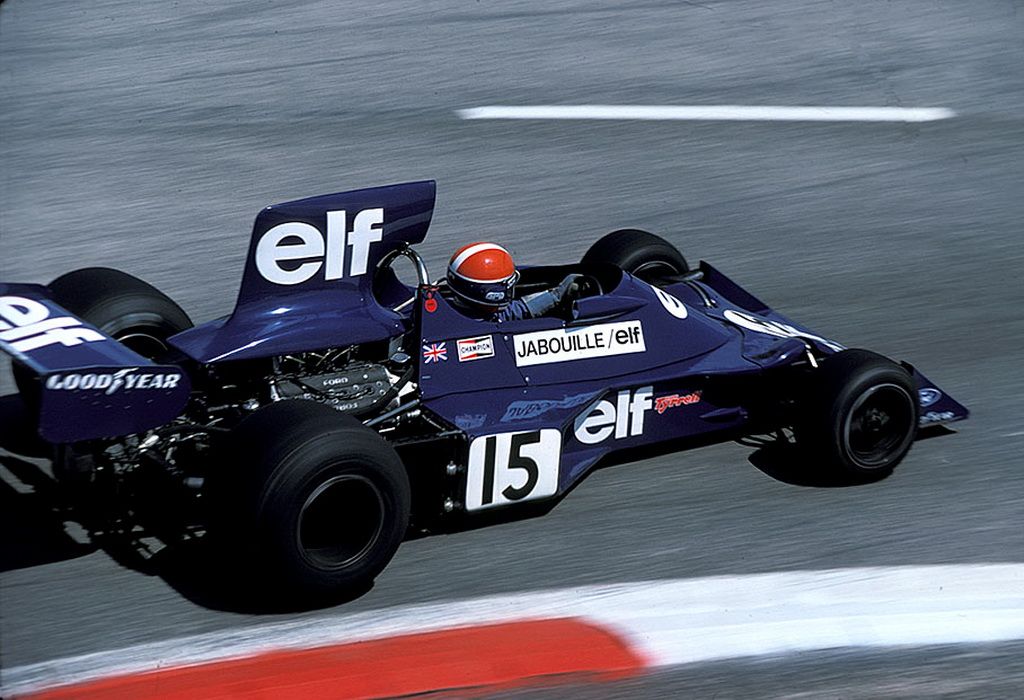
Jean-Pierre Jabouille at the French GP in Paul Ricard on July 06, 1975. Photo by Rainer Schlegelmilch.
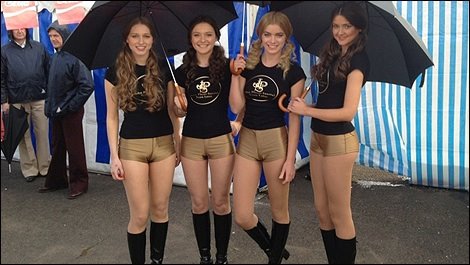
JPS girls at the 1975 British Grand Prix in Silverstone.
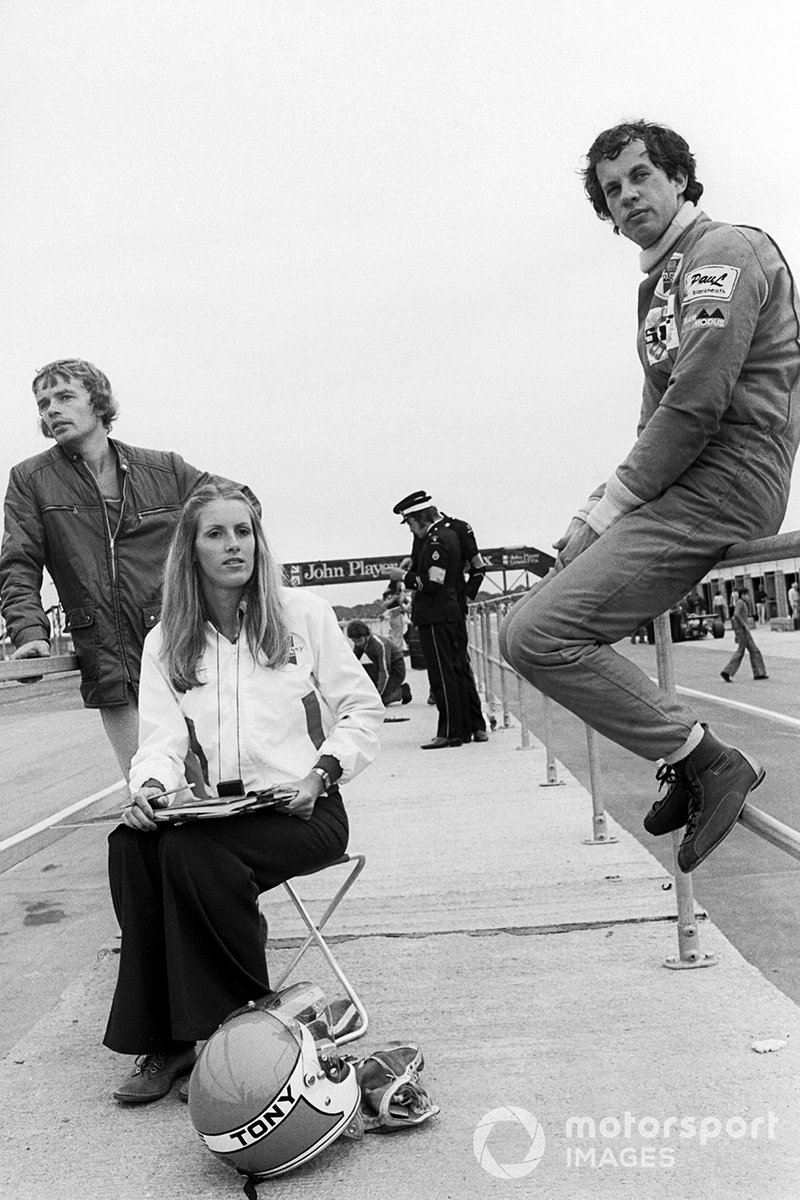
Tony Brise with his wife Janet at the British GP in Silvestone on 19 July 1975. Photo by David Phipps.
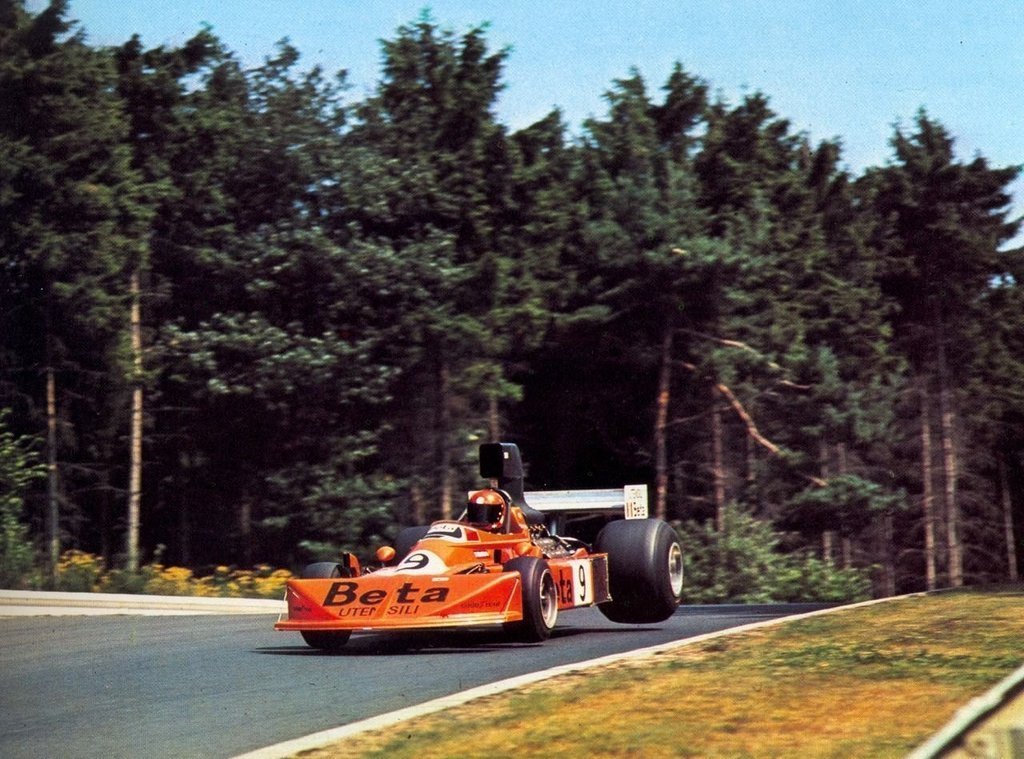
Vittorio Brambilla, March 751, at the German GP in Nürburgring on 3 August 1975.
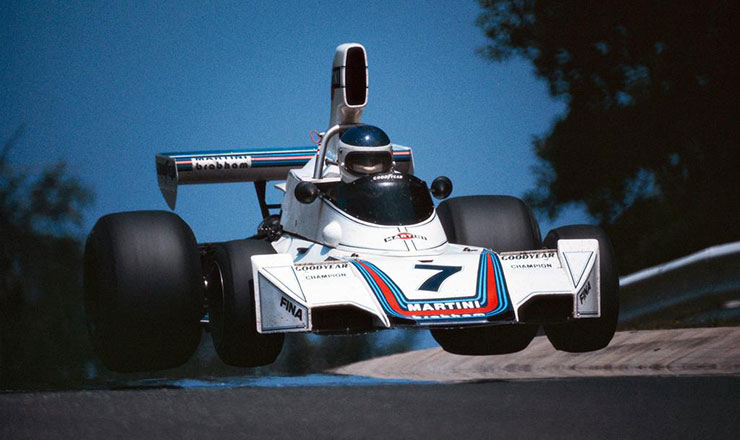
Carlos Reutemann, Brabham, at the German GP in Nürburgring on 3 August 1975. Photo by Rainer Schlegelmilch.
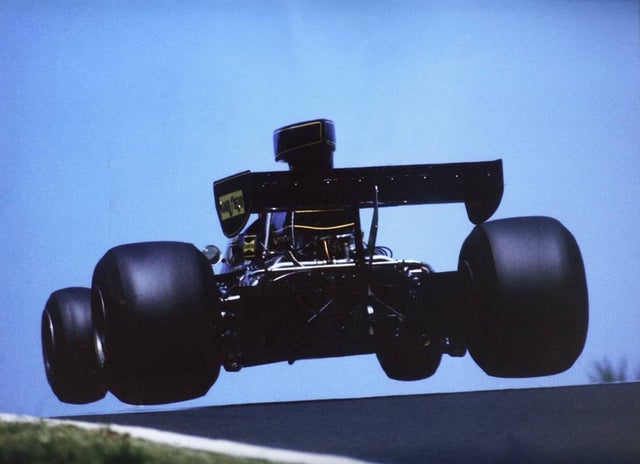
Ronnie Peterson, Lotus 72E Ford, at the German GP in Nürburgring on 3 August 1975. Photo by Rainer Schlegelmilch.
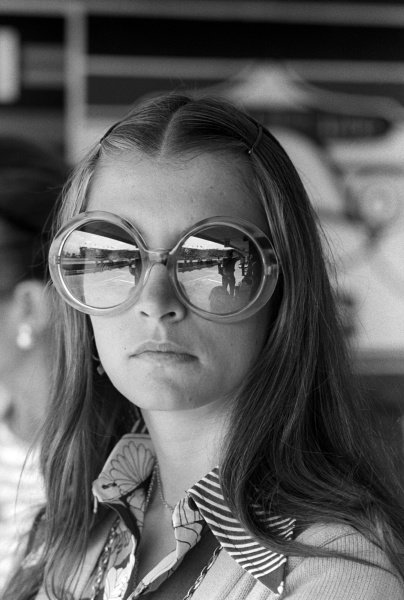
The seventies meant big sunglasses. Austrian Grand Prix, Osterreichring, 17 August 1975.
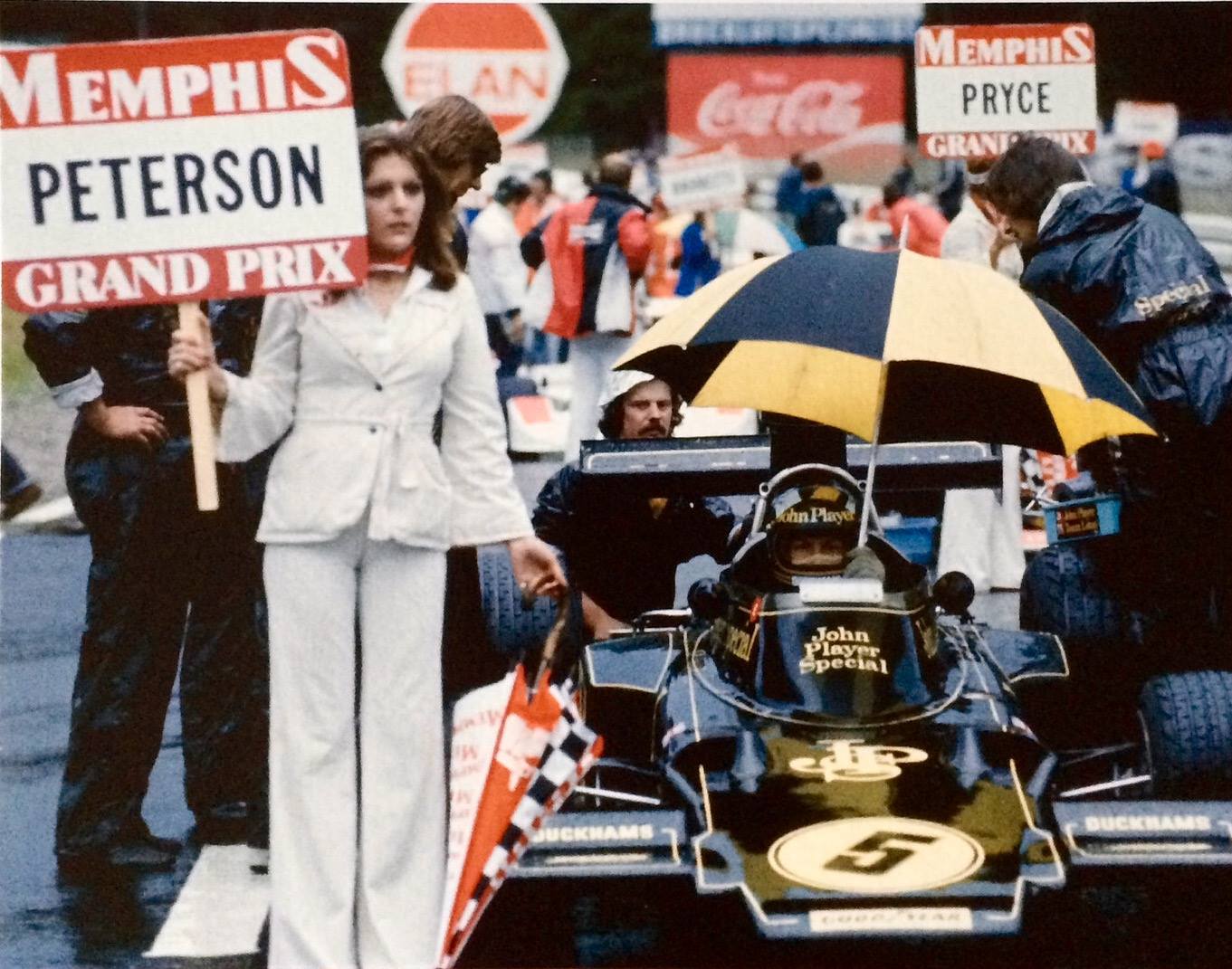
Ronnie Peterson, Lotus 72E Ford Cosworth DFV 3.0 V8, at the Austrian Grand Prix in Osterreichring on 17 August 1975.
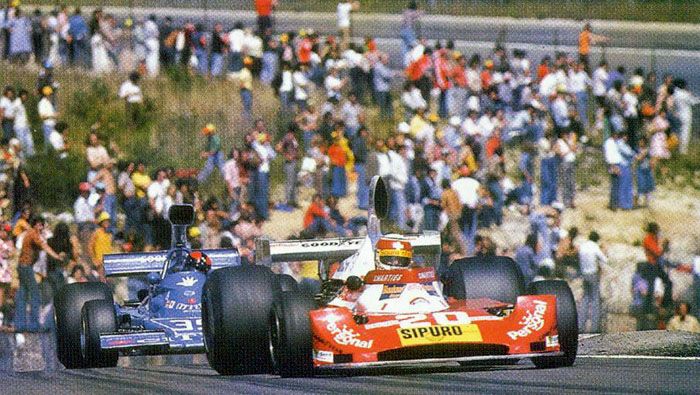
Jo Vonlanthen, in the Williams-Ford FW03 followed by Tony Trimmer in the Maki-Ford F101C, at the Swiss GP in Dijon-Prenois on 24 August 1975.
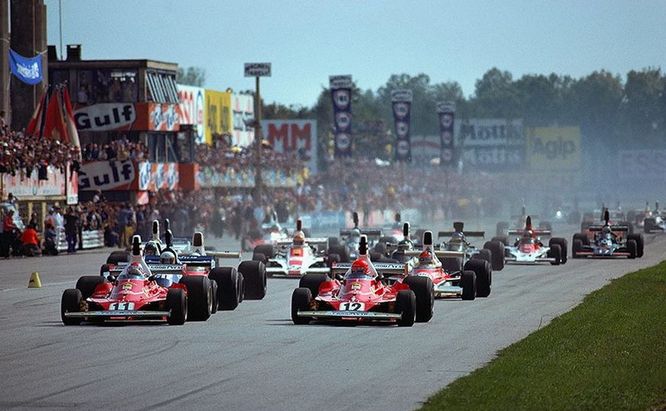
Niki Lauda and Clay Regazzoni, Ferrari 312T, at the start of the Italian GP in Monza on 07 September 1975.
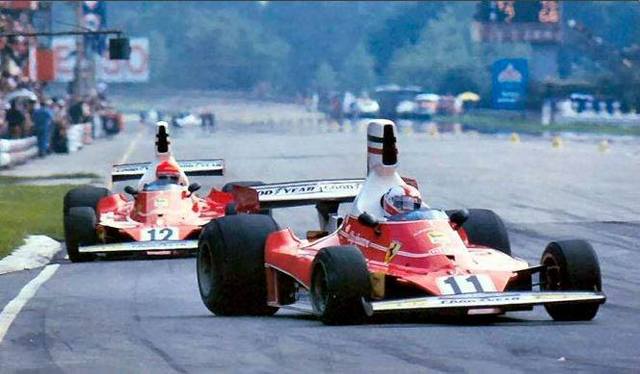
Clay Regazzoni, Ferrari 312T, wins the Italian GP in Monza on 07 September 1975.
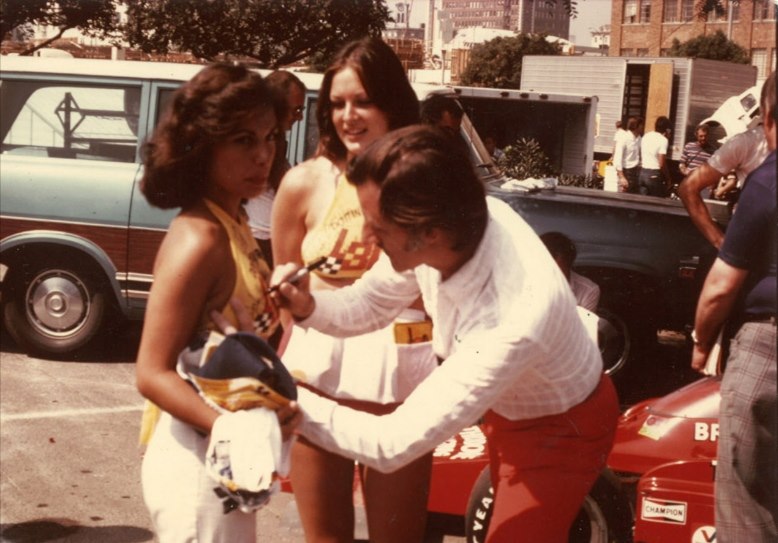
Graham Hill signs an autograph on a girl's breast at the Long Beach Grand Prix on 28 September 1975.
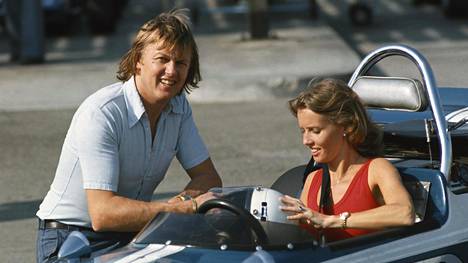
Ronnie Peterson with his wife Barbro in 1976, two years before his death. Photo by LAT Photography.
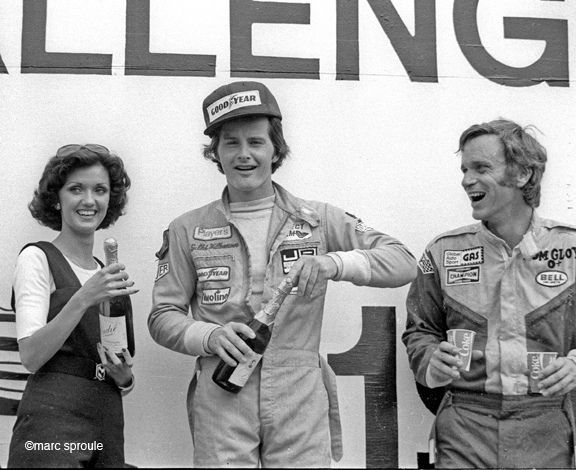
Gilles Villeneuve and Tom Gloy on the victory stand. Villeneuve won, Gloy was second. Formula Atlantic 1976.
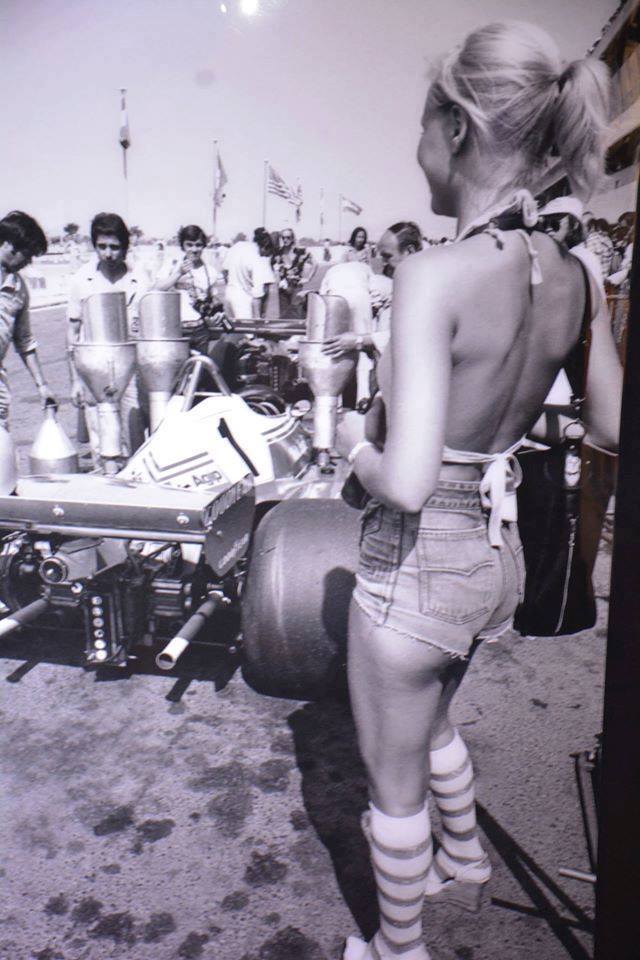
A girl in front of Niki Lauda’s Ferrari 312T2 in 1976.
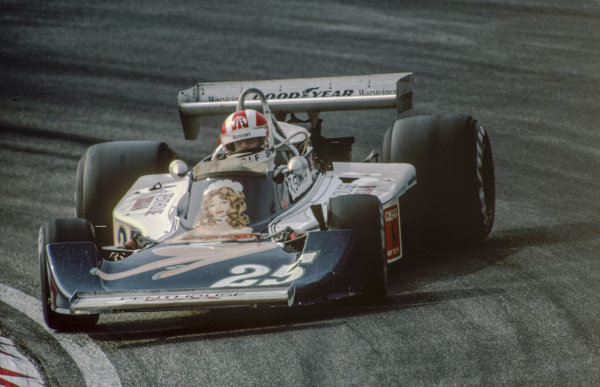
The Hesketh 308D in 1976.
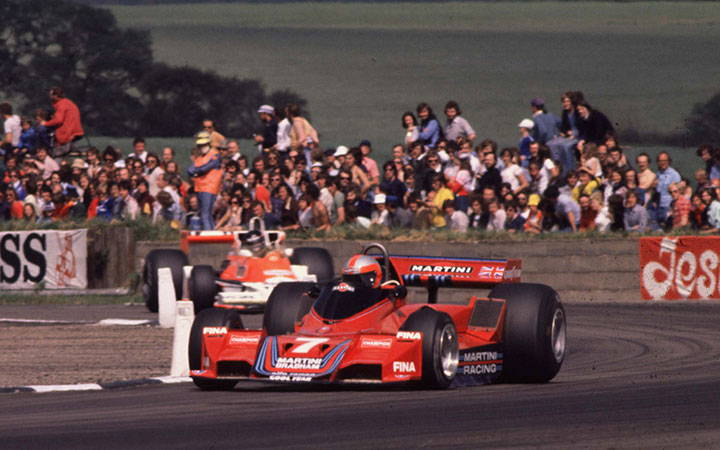
Rolf Stommelen, Brabham, in 1976.
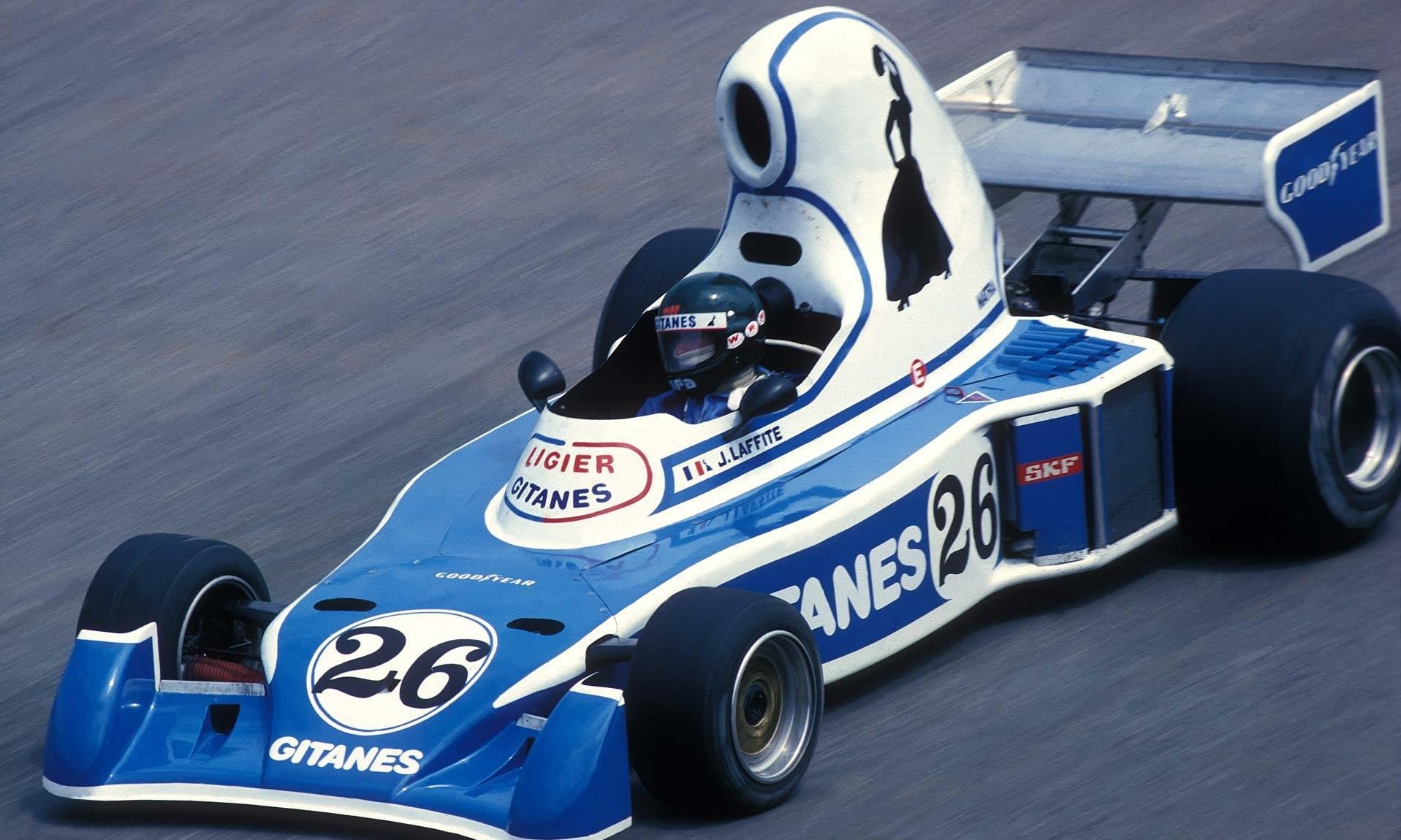
Jacques Laffite, Ligier JS5 'Teapot', in 1976.
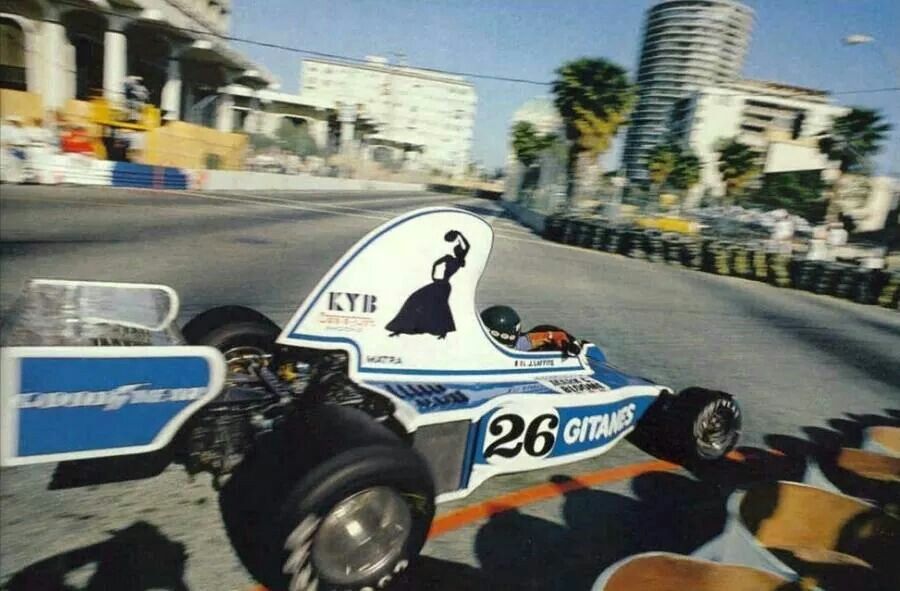
Jacques Lafitte, Ligier-Matra JS5, at the US Grand Prix West in Long Beach on 28 March 1976.
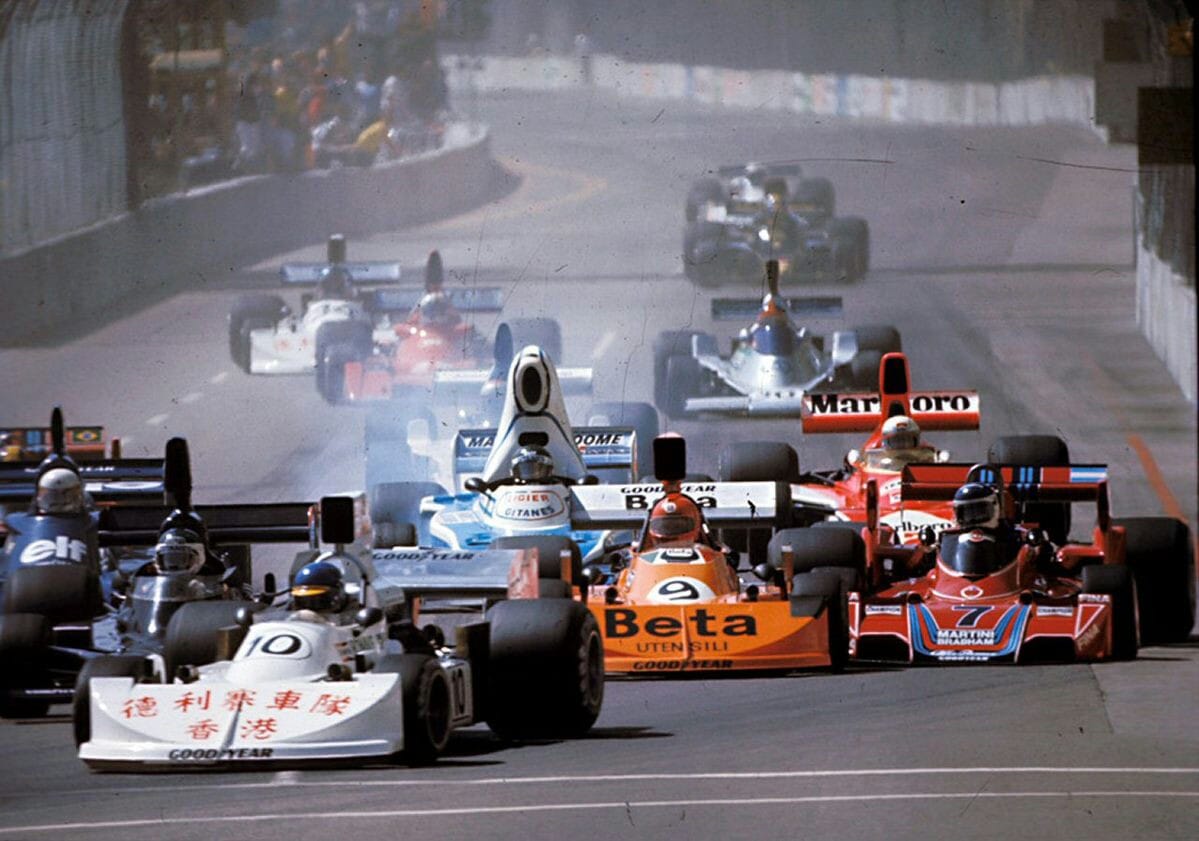
Ronnie Peterson, March 761 Ford, at the US Grand Prix West in Long Beach on 28 March 1976.
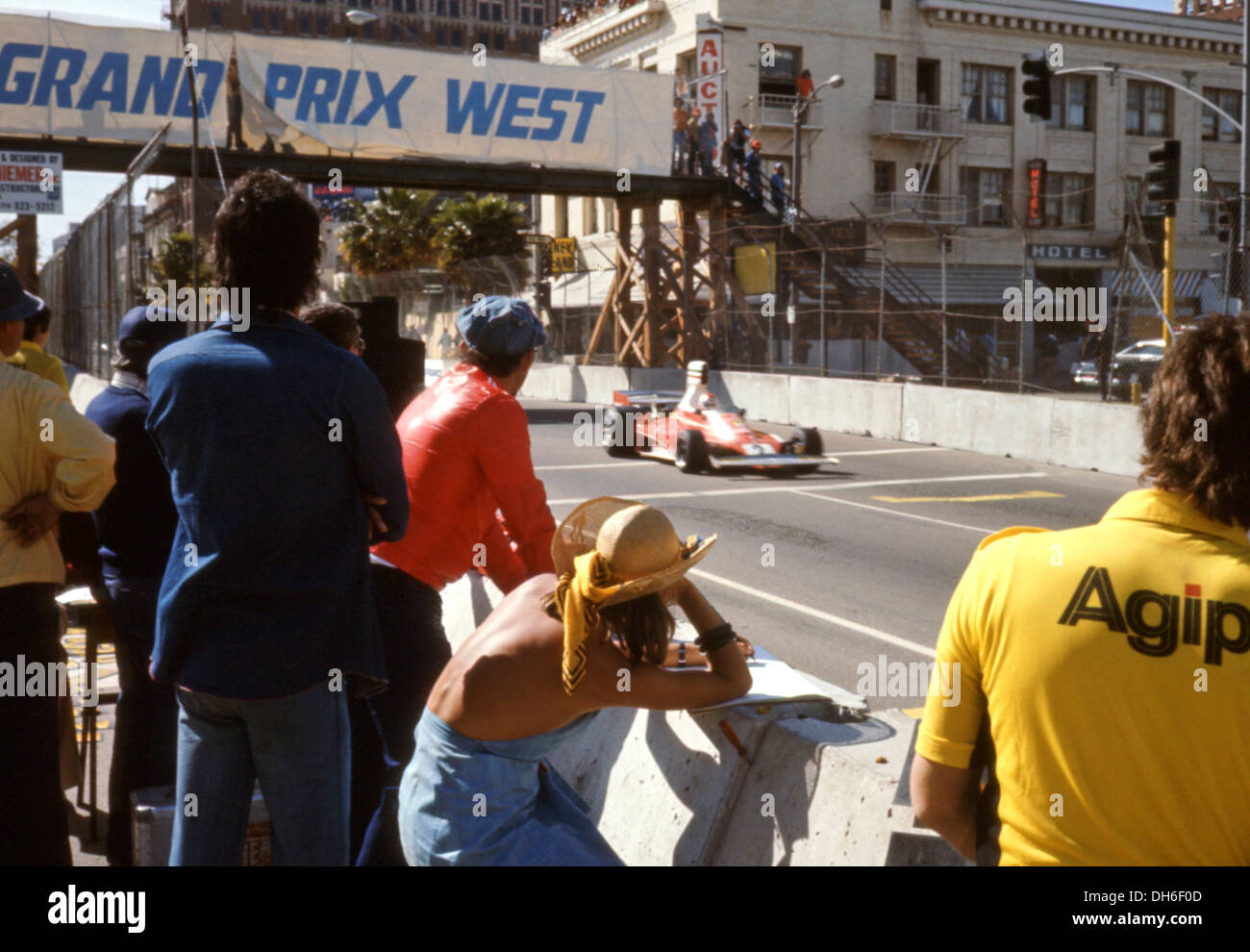
A Ferrari at the US Grand Prix West in Long Beach on 28 March 1976.
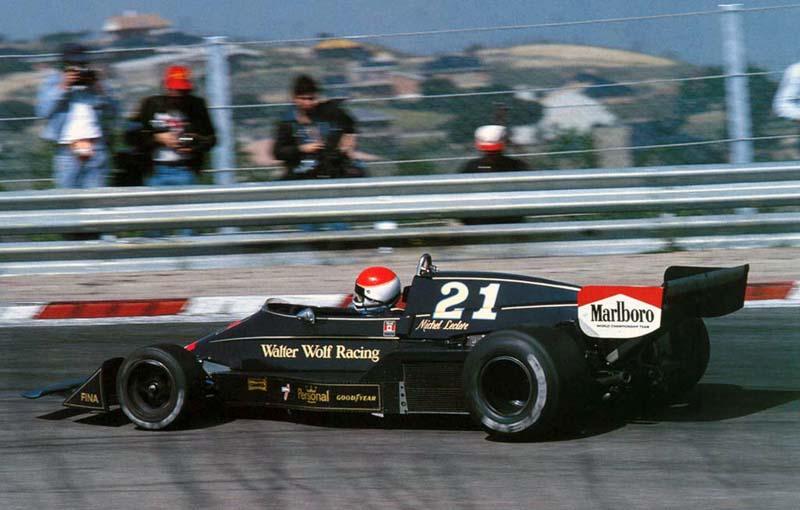
Michel Leclère, Wolf, at Jarama on 2 May 1976.
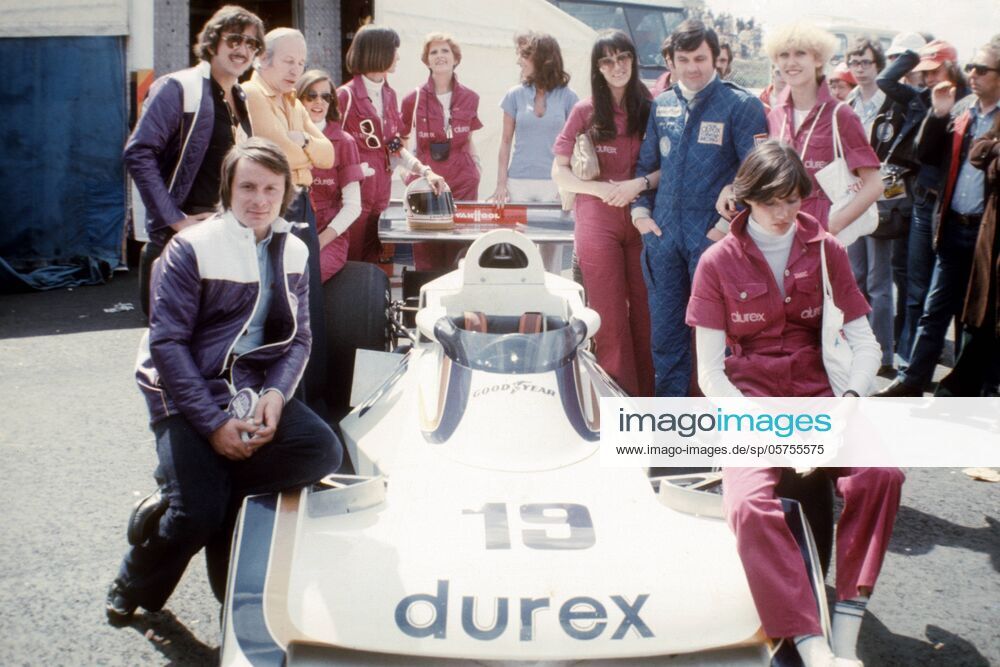
Alan Jones and team boss John Surtees at the presentation of the Surtees-Ford ‘Durex’ at the Belgian GP on 16 May 1976.
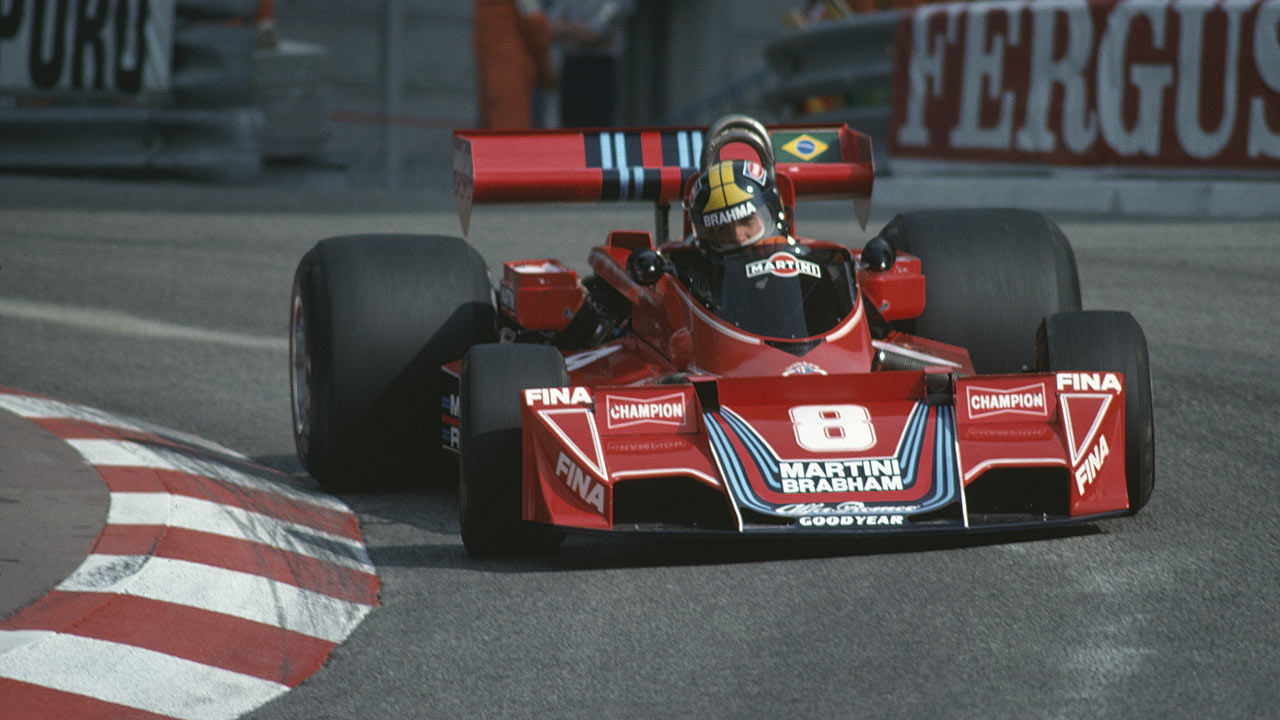
Carlos Pace drives the n.8 Martini Racing Brabham BT45 Alfa Romeo Flat-12 during the Formula One Grand Prix of Monaco on 30th May 1976.
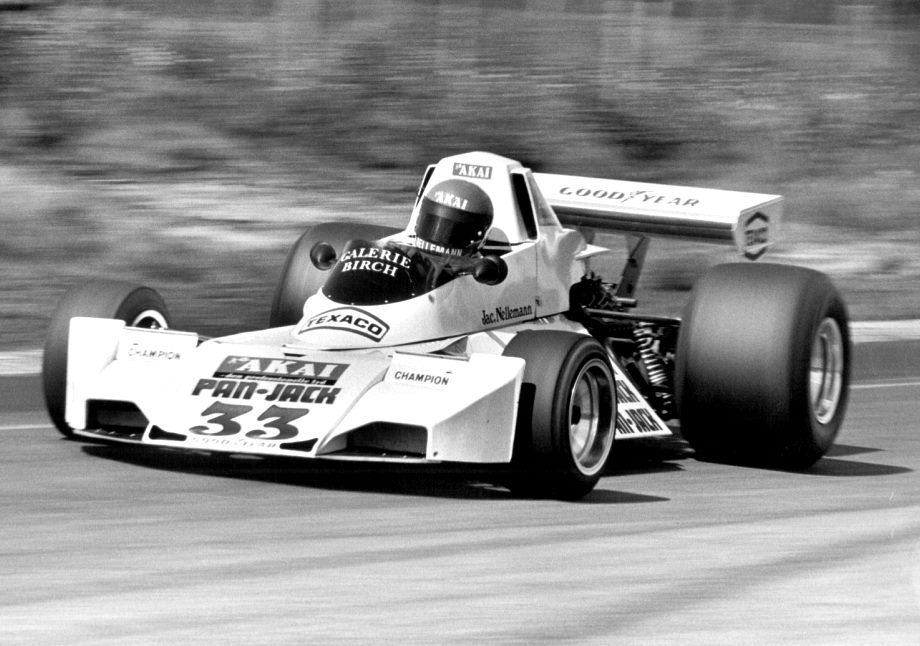
Jac Nellermann, Brabham BT44B Ford, at Anderstorp on 13 June 1976.
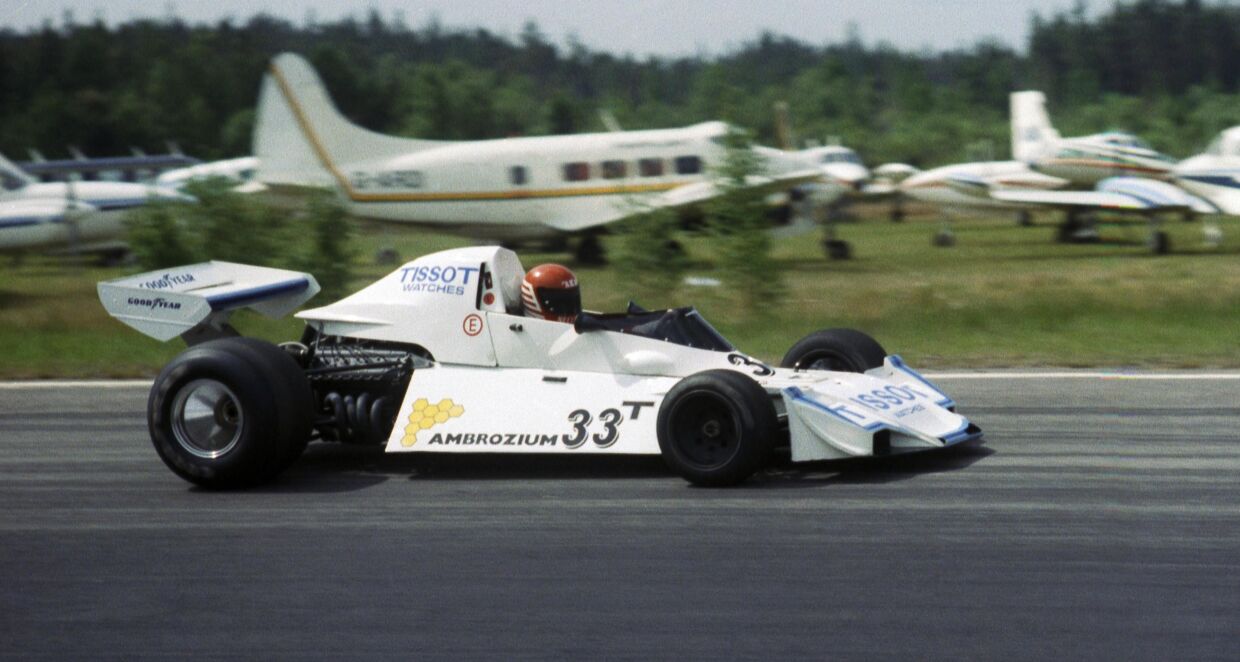
Jac Nellermann, Brabham BT44B Ford, at Anderstorp on 13 June 1976.
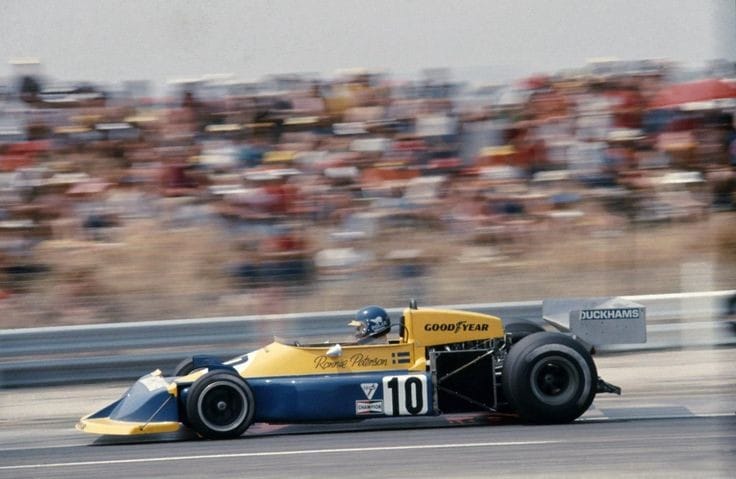
Ronnie Peterson, March, at the French GP in Paul Ricard on 4 July 1976.
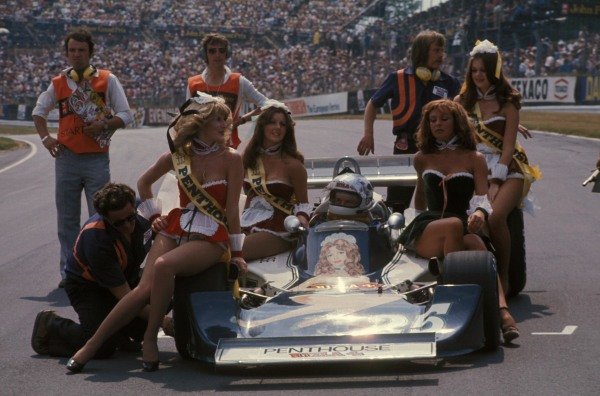
Guy Edwards sits in his Hesketh 308D Ford on the grid surrounded by ladies wearing sashes advertising one of his sponsors at Brands Hatch on 18 July 1976. Photo by Ercole Colombo.
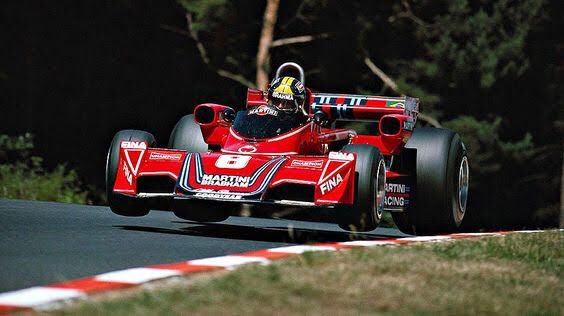
Carlos Pace, Brabham BT45 Alfa Romeo, at the German GP on 01 August 1976. Photo by Rainer Schlegelmilch.
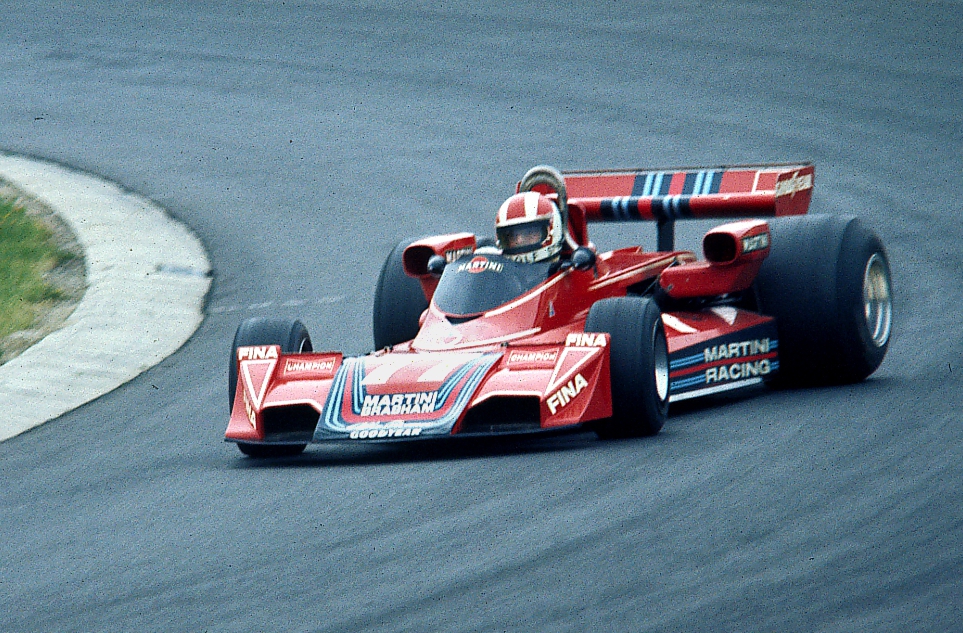
Rolf Stommelen, Brabham BT45 Alfa Romeo, at the German GP on 01 August 1976.
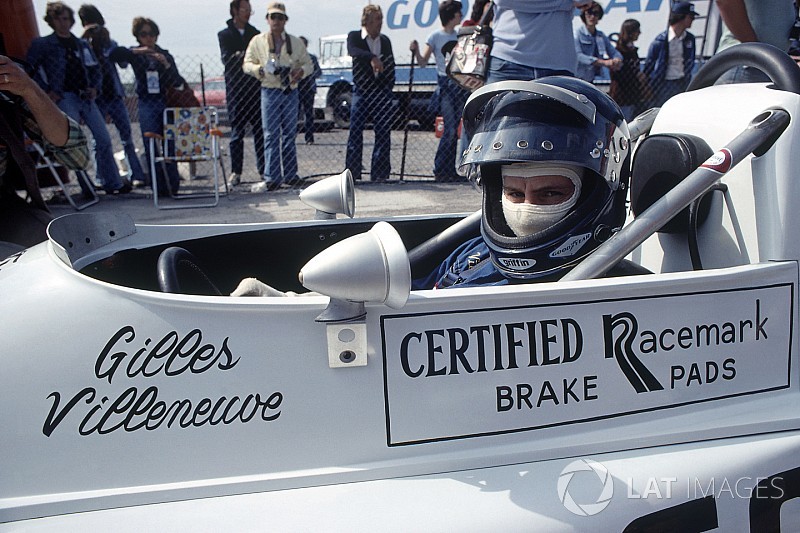
Gilles Villeneuve, March 76B-Ford BDA, sits in his cockpit on 05 September 1976. Photo by Bill Murenbeeld.
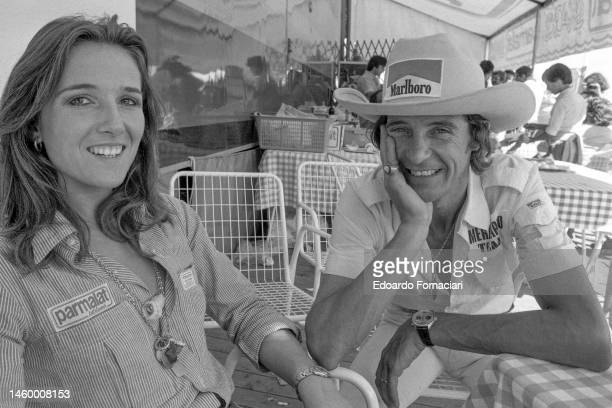
Arturo Merzario with an unidentified woman at the Italian Grand Prix in Monza, Italy, on 11 September 1976. Photo by Edoardo Fornaciari / Getty Images.
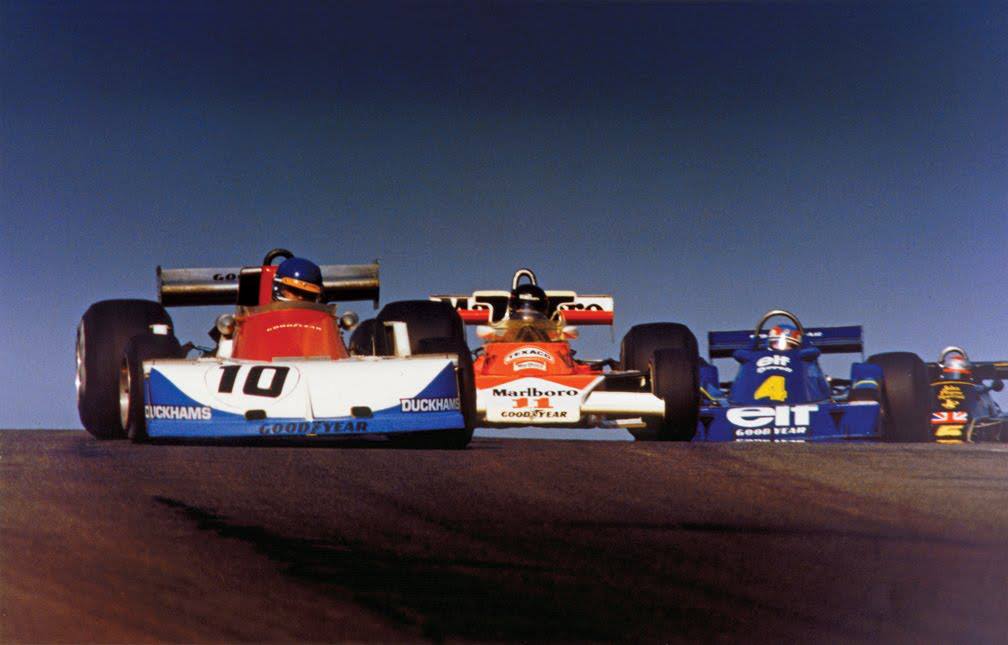
Mario Andretti, Lotus, Patrick Depailler, Tyrrel, James Hunt, McLaren, Ronnie Peterson, March, at Mosport Park on 3 October 1976.
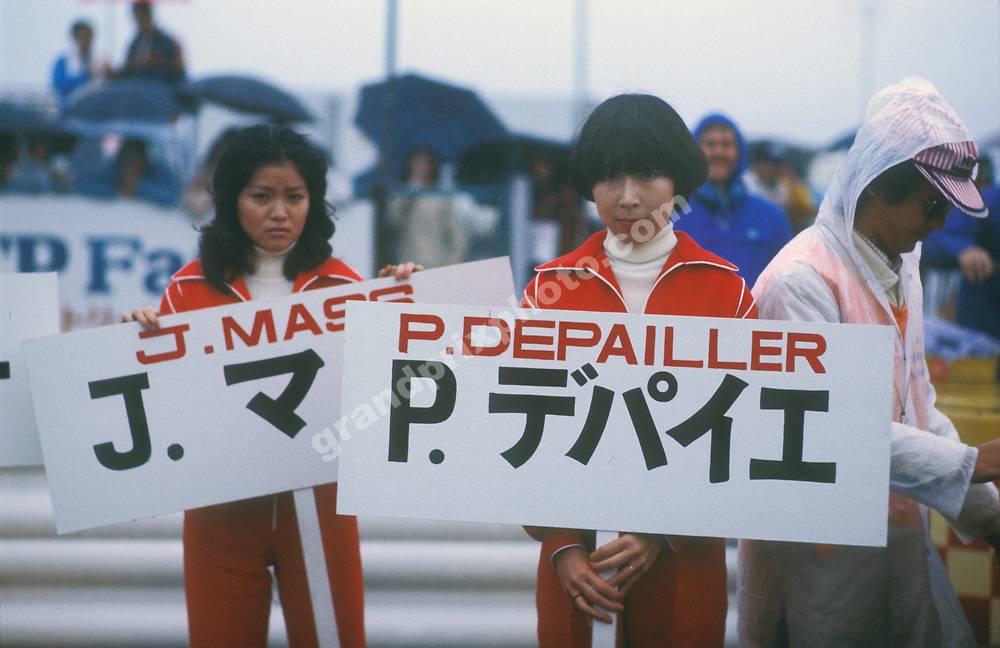
The grid girls for Patrick Depailler, Tyrrell-Ford and Jochen Mass, McLaren-Ford, before the Japanese Grand Prix at Fuji on 24 October 1976. Photo by Grand Prix Photo.
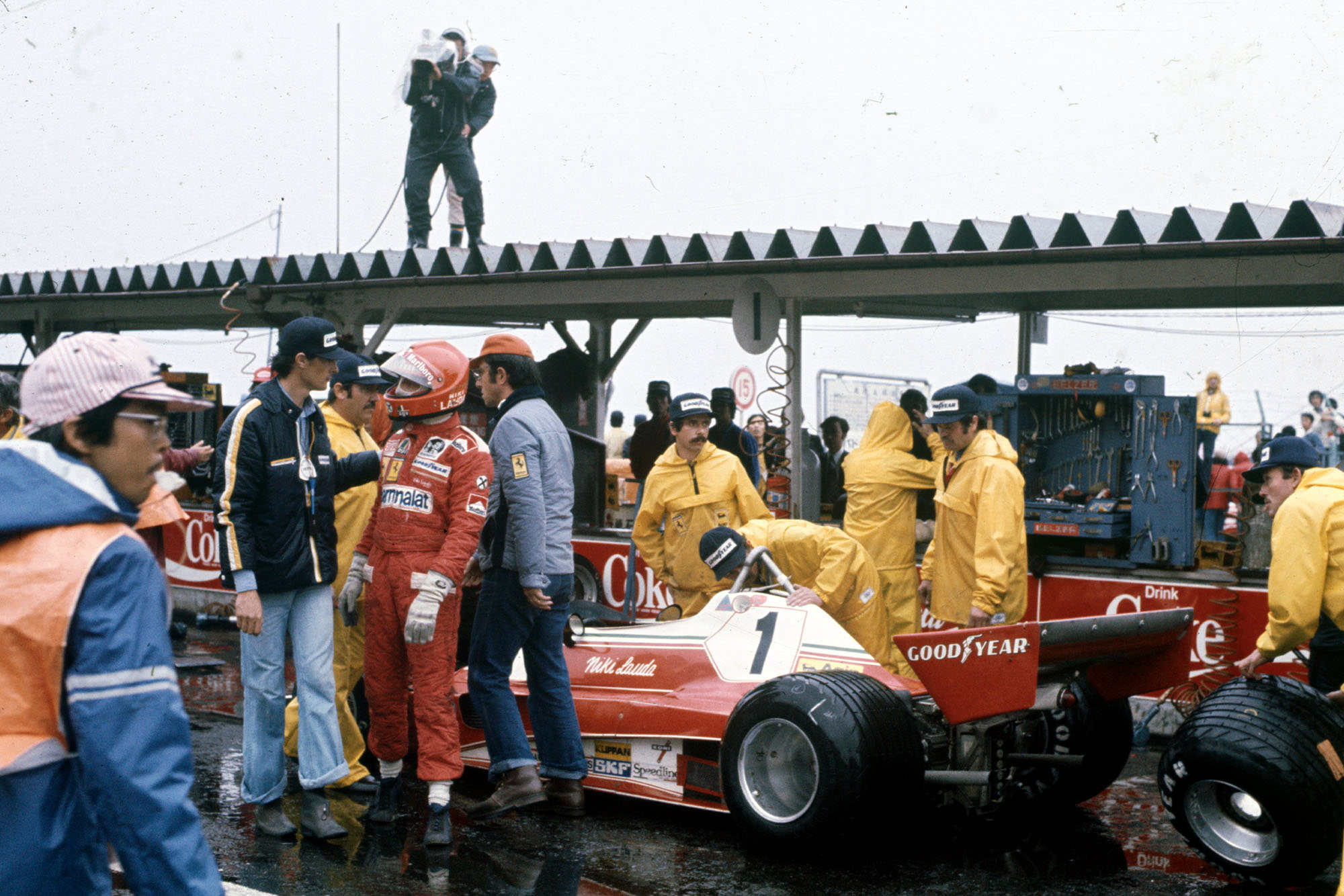
Niki Lauda at the Japanese Grand Prix in Fuji on 24 October 1976.
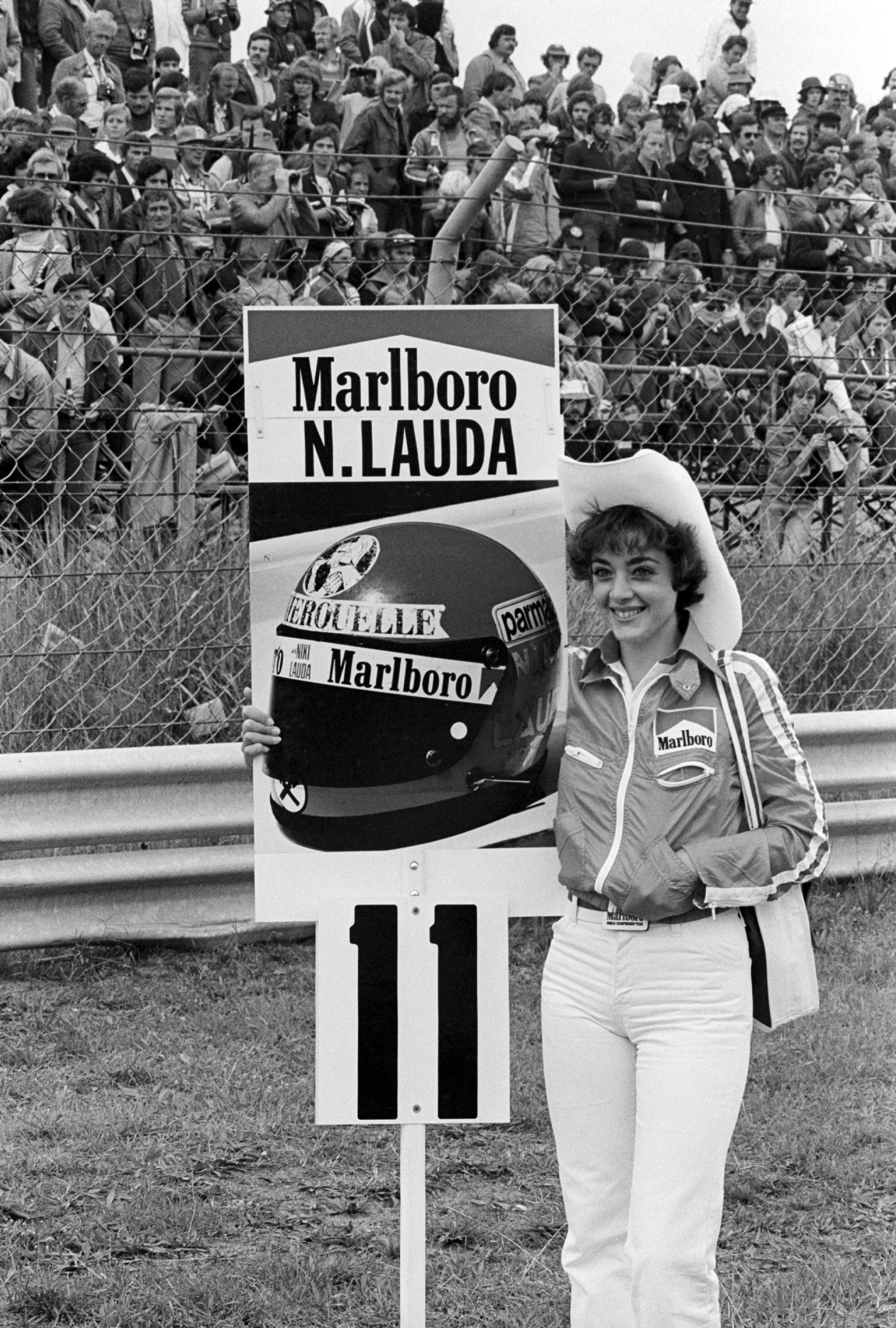
A Marlboro grid girl for race winner Niki Lauda, Ferrari, in 1977.
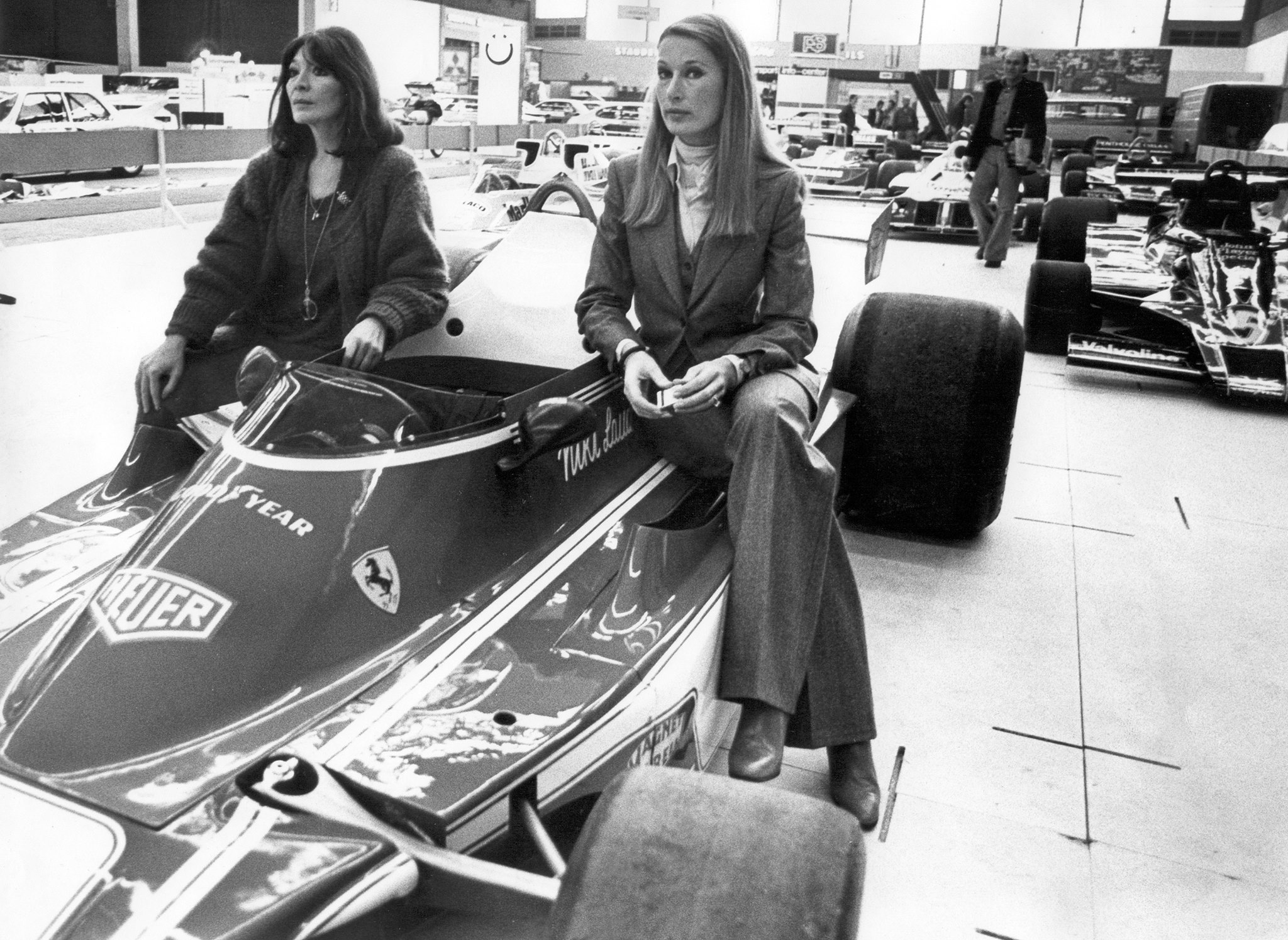
Juliette Greco and Nina Rindt with Niki Lauda's 1977 Ferrari.
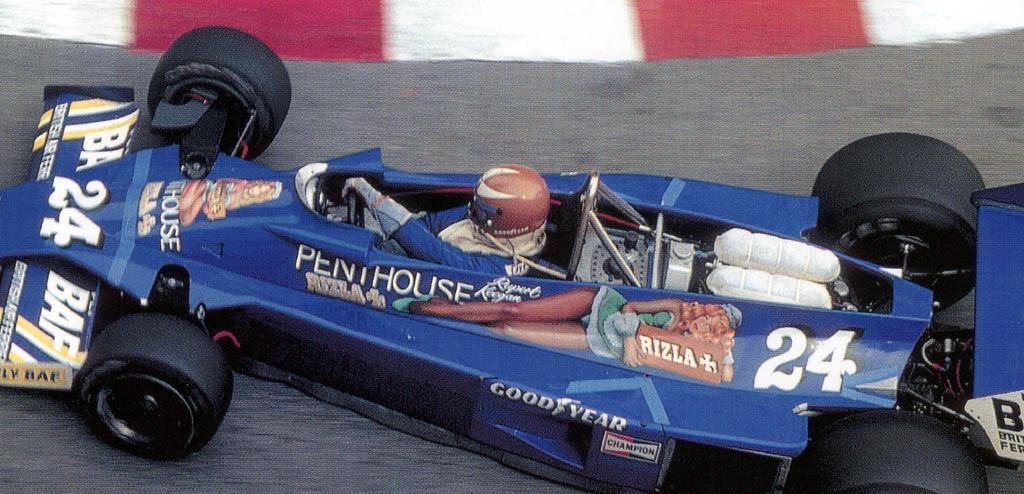
British gentleman driver Rupert Keegan, Hesketh Ford 308E, was sponsored by adult magazine Penthouse and the sides of the car featured the logo of the magazine and an illustration of a short skirted lady in 1977.
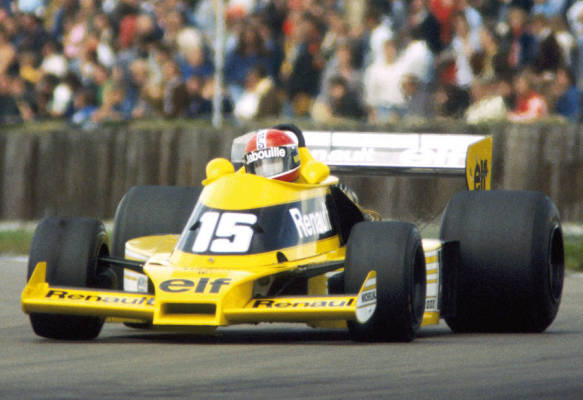
Jean-Pierre Jabouille, Renault, in Italy in 1977.
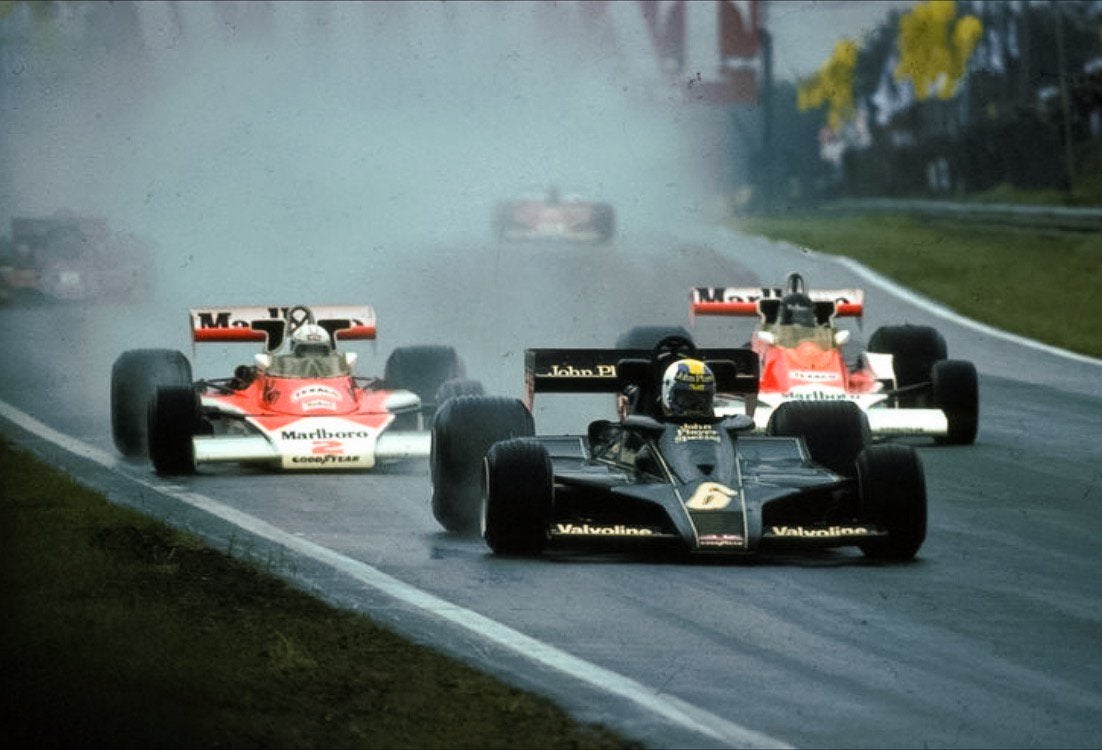
Lotus John Player Special Mk III in 1977. Photo by F1 History.
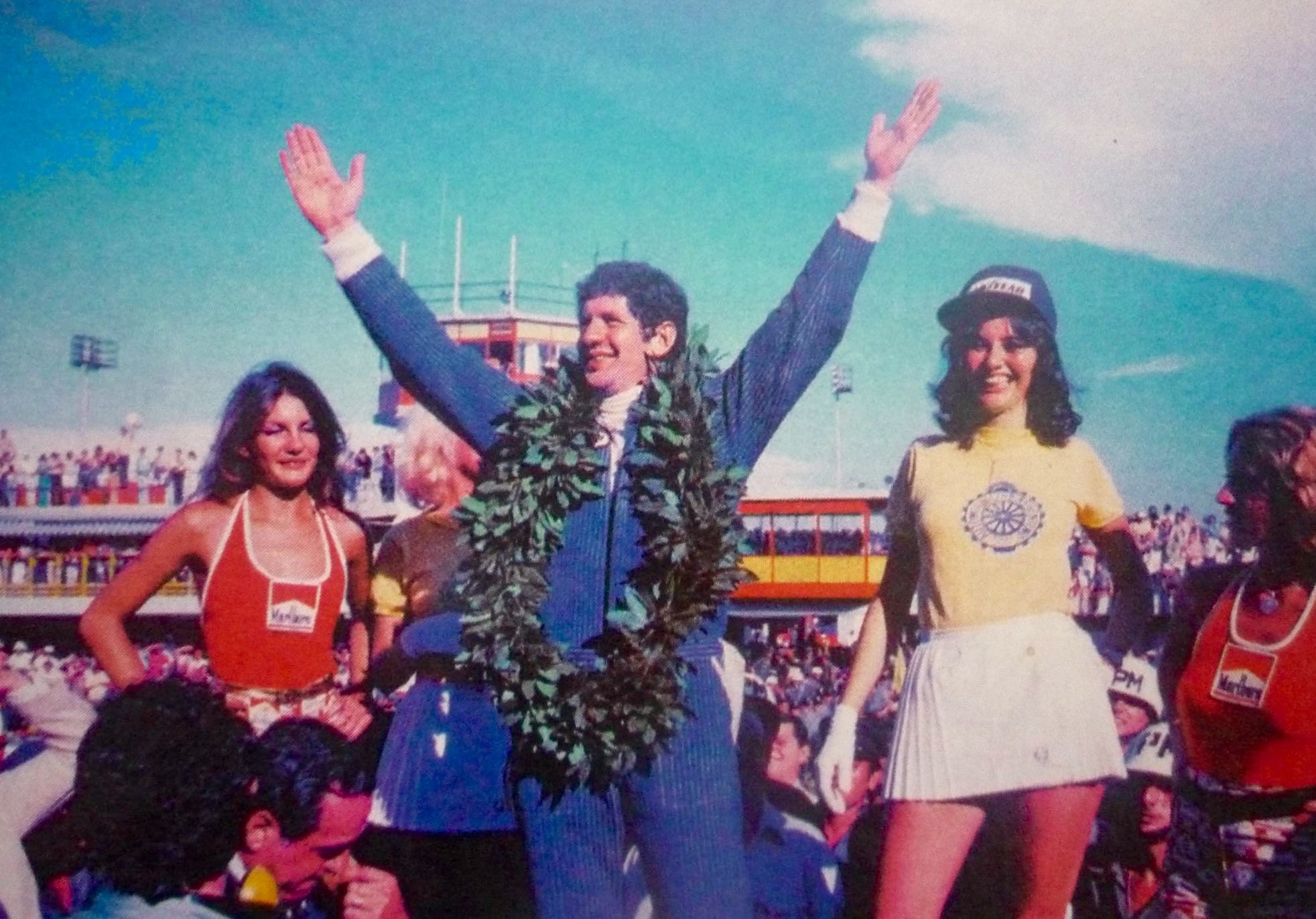
Jody Scheckter, Wolf WR1, on the podium with three girls at the Argentinean Grand Prix on 09 January 1977.
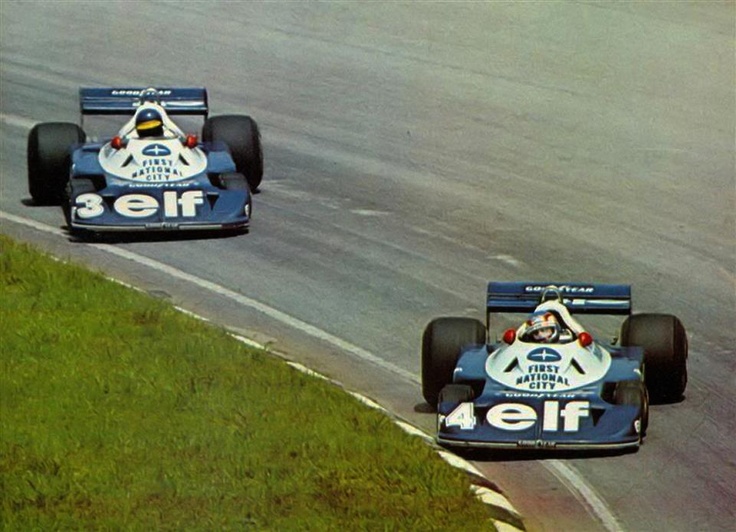
Patrick Depailler and Ronnie Peterson, Tyrrell P34, at the Brazilian Grand Prix in Interlagos on 23 January 1977.
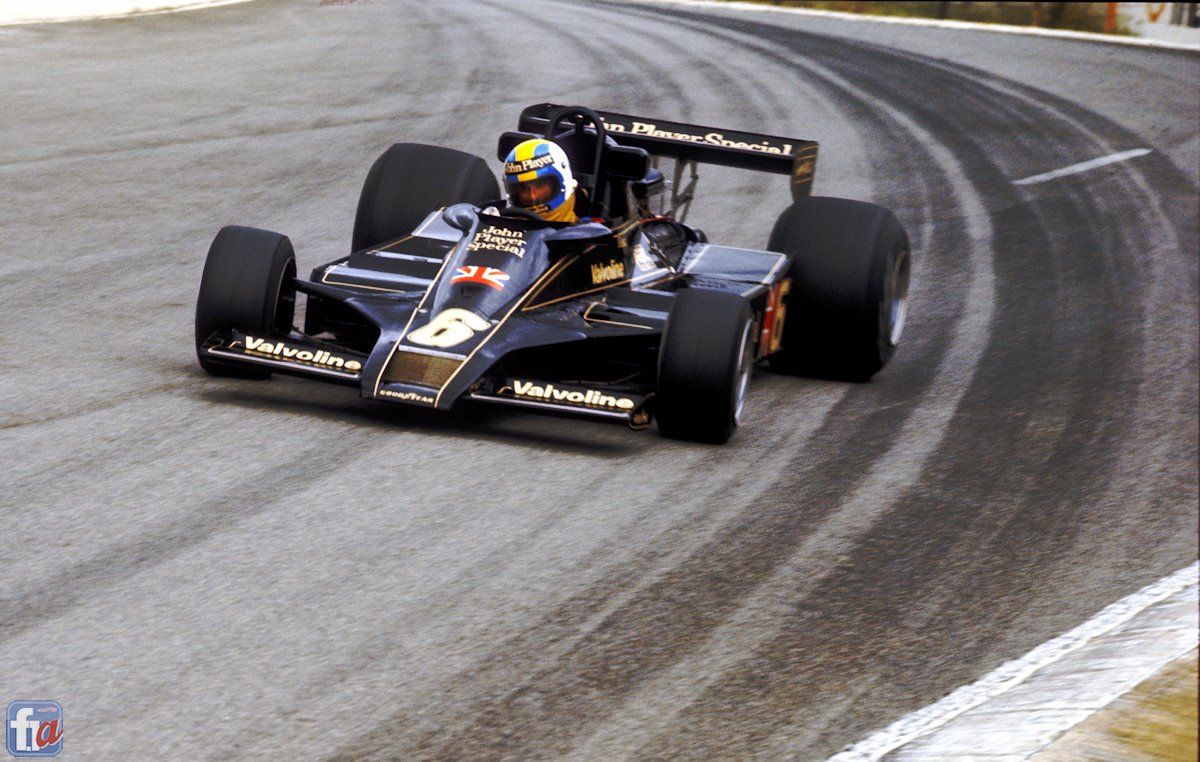
Gunnar Nilsson with the Lotus 78, on the edge as usual at South Africa on 05 March 1977.
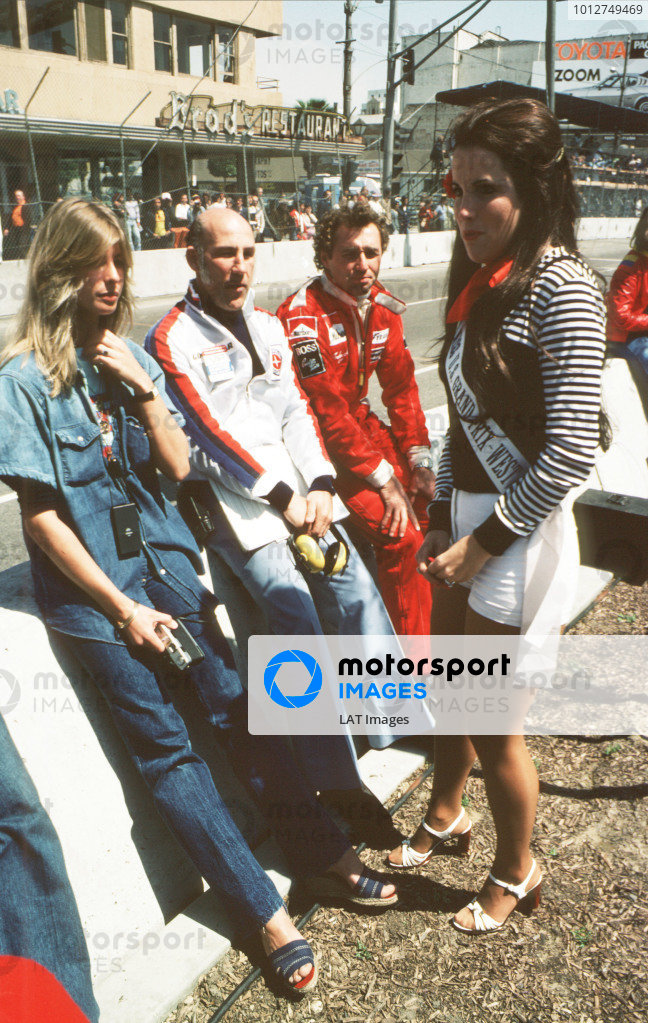
Stirling Moss and Jochen Mass, McLaren Ford, with Miss U.S. Grand Prix West on 03 April 1977. Photo by LAT Photographic.
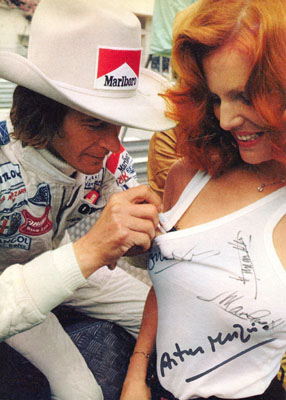
Arturo Merzario autographs a fan's shirt at the 1977 Monaco Grand Prix.
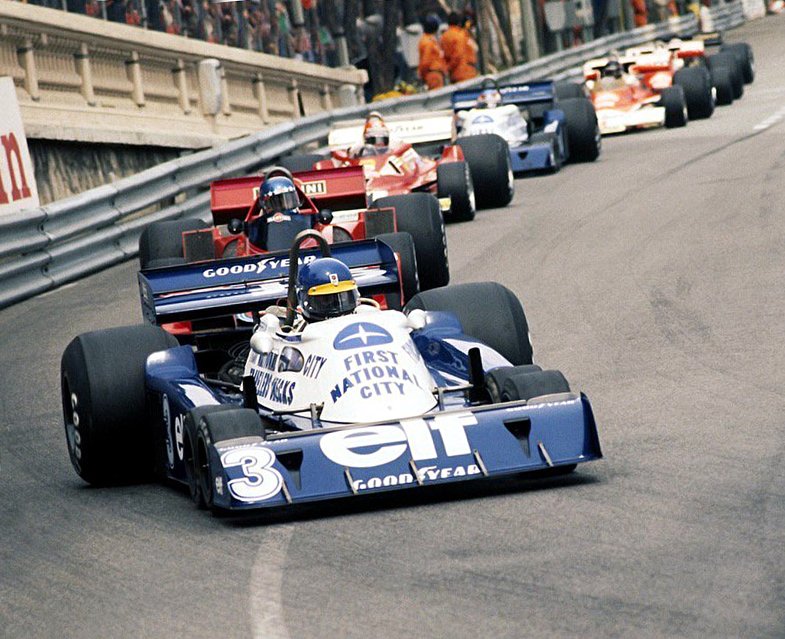
Ronnie Peterson (Tyrrell), Hans-Joachim Stuck (Brabham), Niki Lauda (Ferrari), Patrick Depailler (Tyrrell), James Hunt (McLaren) at the Monaco Grand Prix on 22 May 1977.
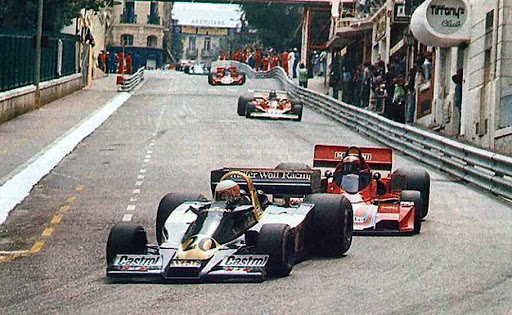
Jody Scheckter, Wolf WR1 Ford, leads John Watson, Brabham BT46 Alfa Romeo and Gilles Villeneuve, Ferrari, at the Monaco Grand Prix on 22 May 1977.
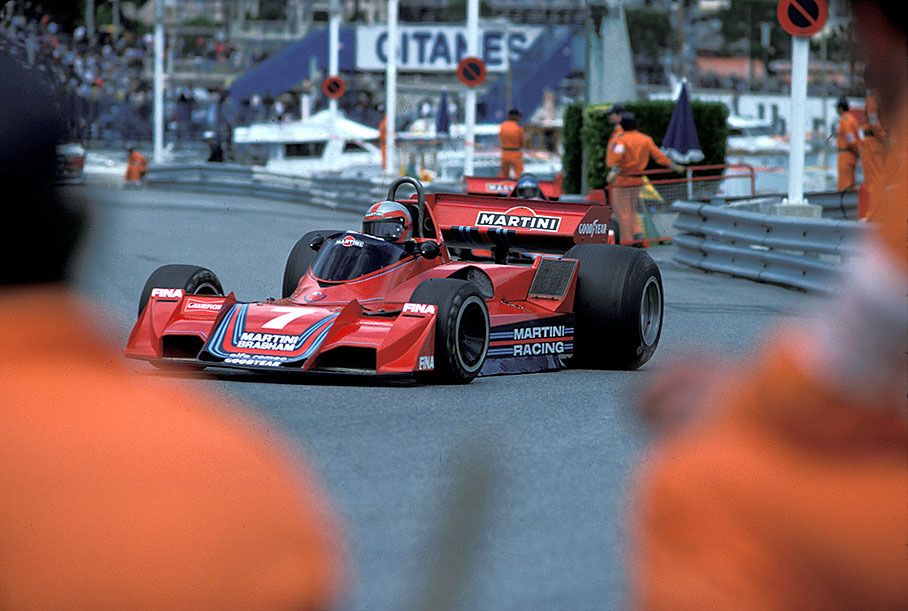
John Watson, Brabham Alfa Romeo BT45B, at the Monaco Grand Prix on 22 May 1977.
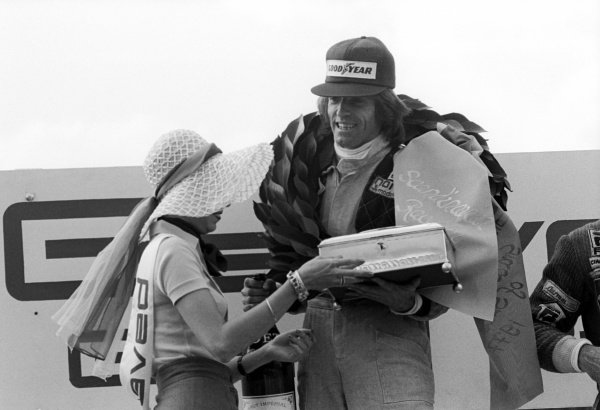
Jacques Laffite, Ligier, celebrates his and the team's first GP victory on the podium at Anderstorp on 19 June 1977. Photo by David Phipps.
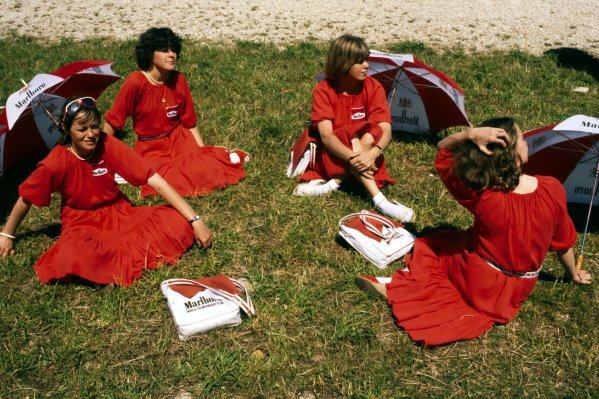
The Marlboro girls take a rest on the grass area in the pitlane as the blistering heat continued to bless France. French Grand Prix, Dijon-Prenois, 03 July 1977.
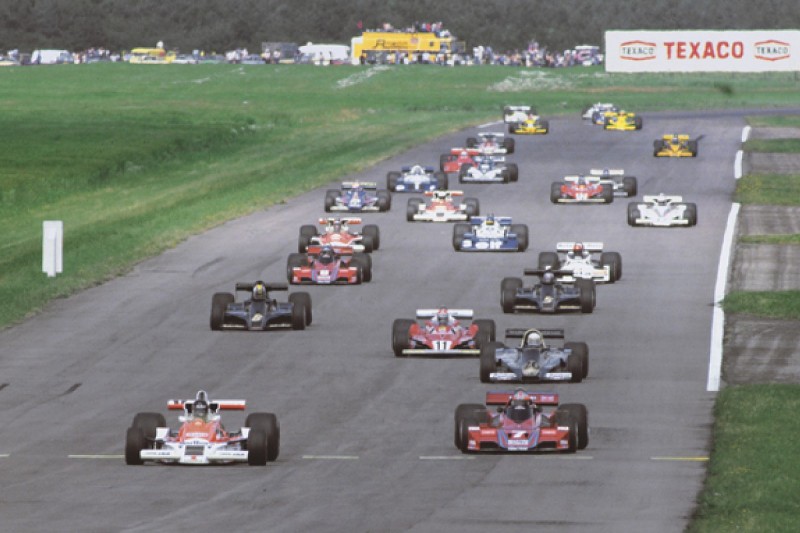
Great Britain, 1977.
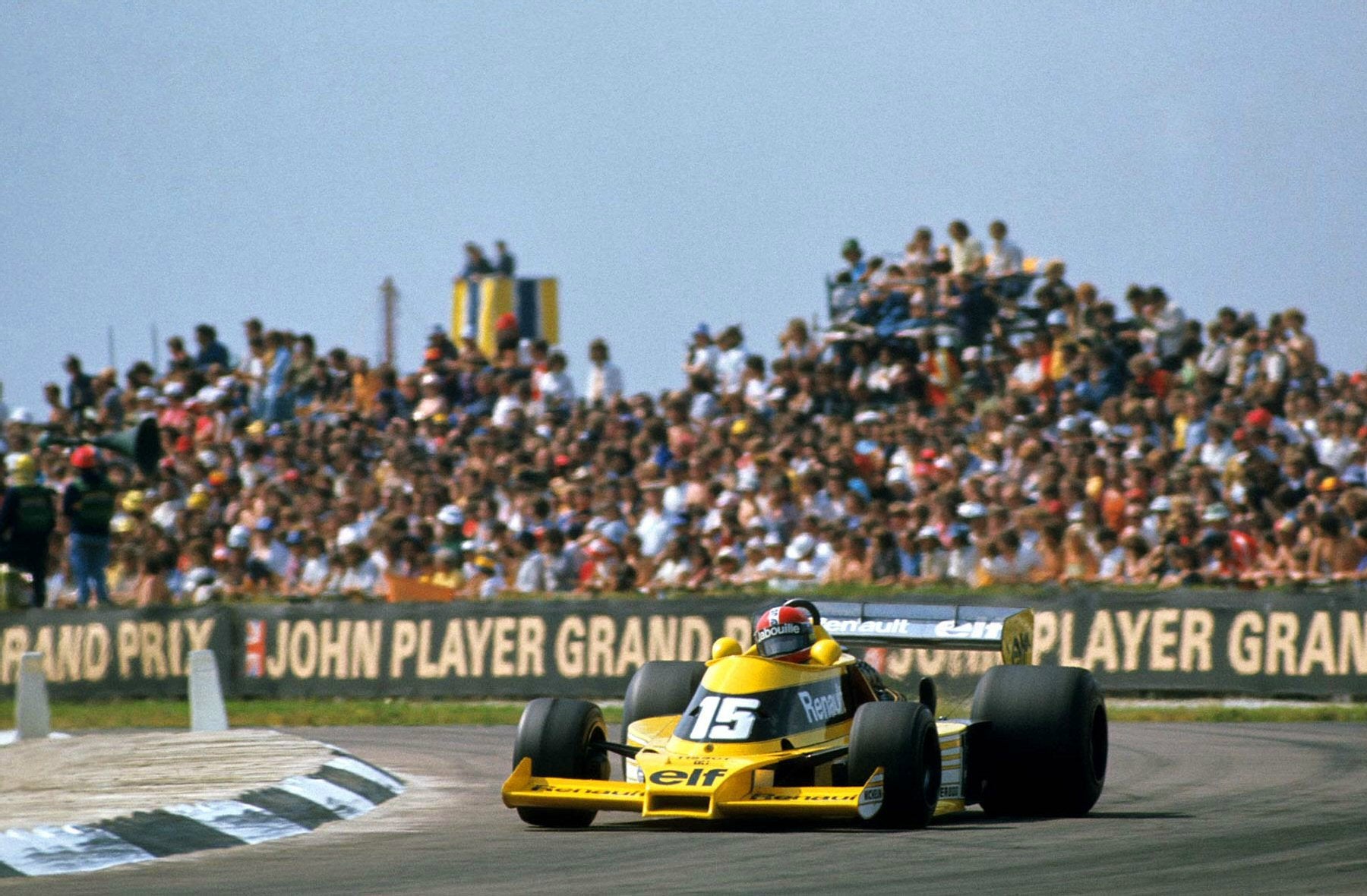
Jean Pierre Jabouille, Renault Turbo, at Silverstone on 16 July 1977.
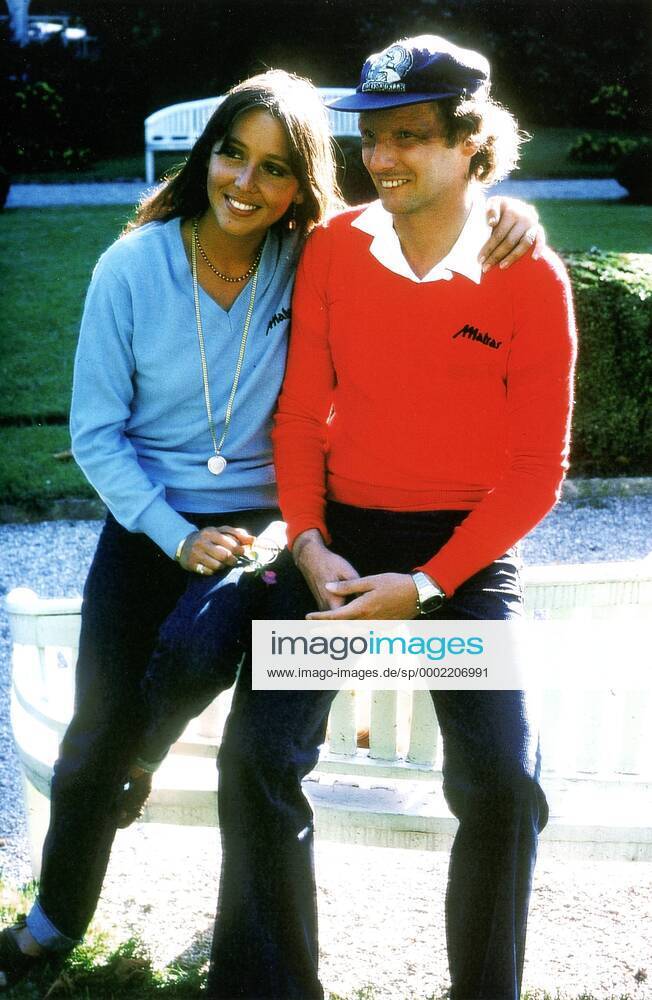
Niki Lauda, Ferrari, poses with a photo model on 09 November 1977.
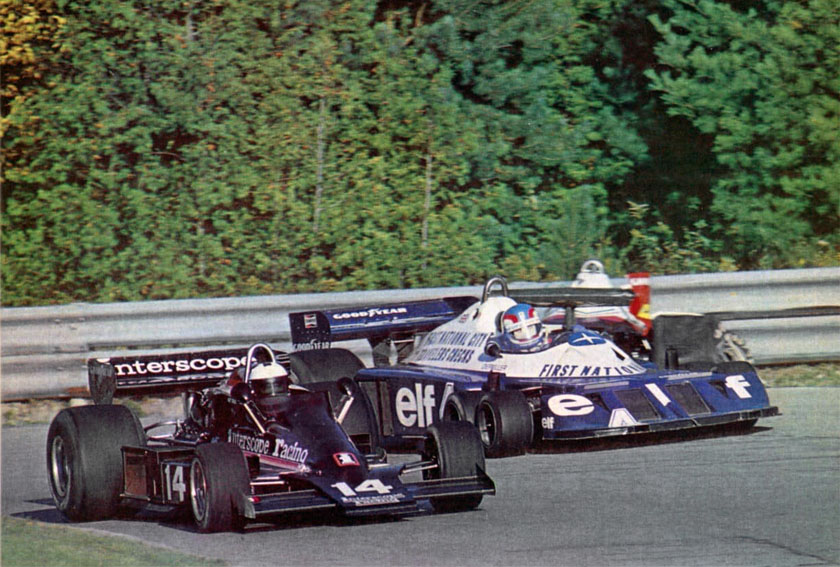
Patrick Depailler, Tyrrell P34 Ford, with Danny Ongais, Interscope racing Penske PC4 Ford, at the Canadian GP in Mosport on 09 October 1977.
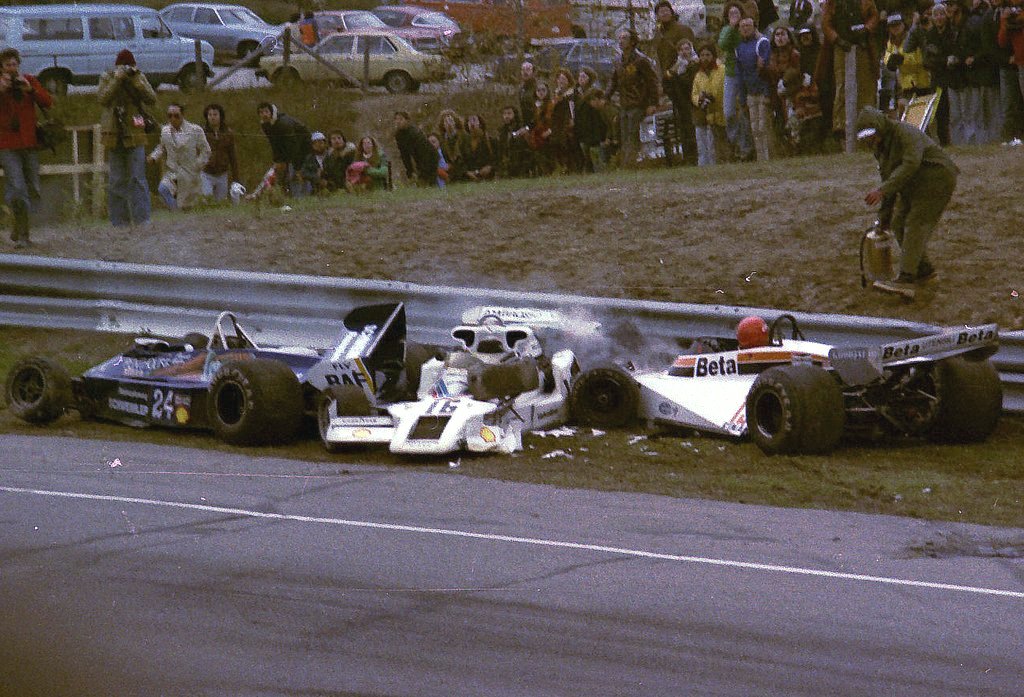
Keegan - Patrese - Brambilla crash at the Canadian GP in Mosport on 09 October 1977.
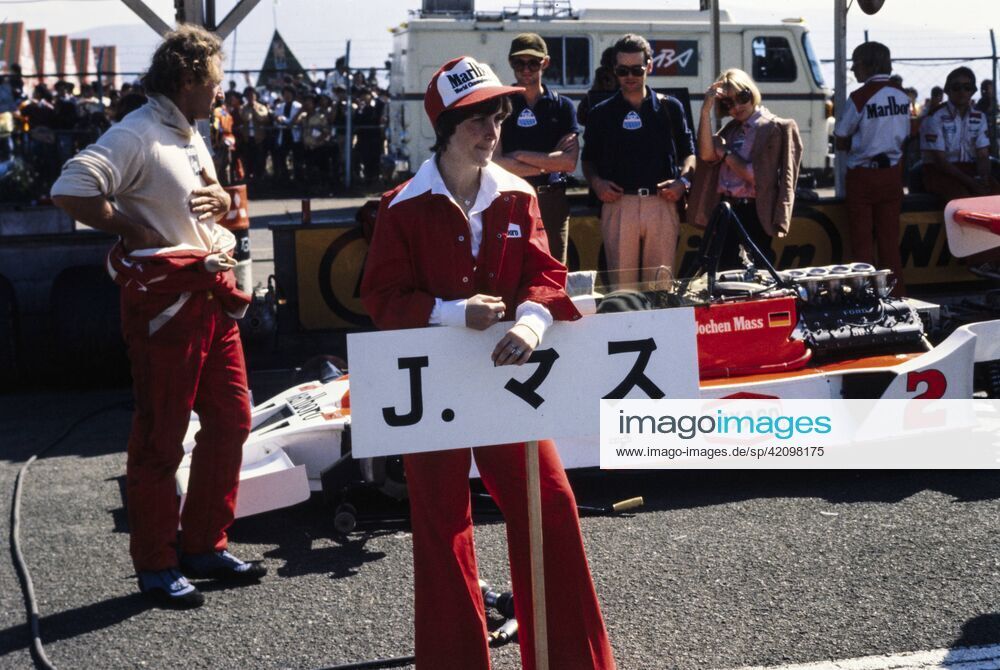
A Marlboro grid girl holding Jochen Mass grid sign as the driver and his McLaren M26 Ford wait behind her during the Japanese GP at Fuji International Speedway on 23 October 1977.
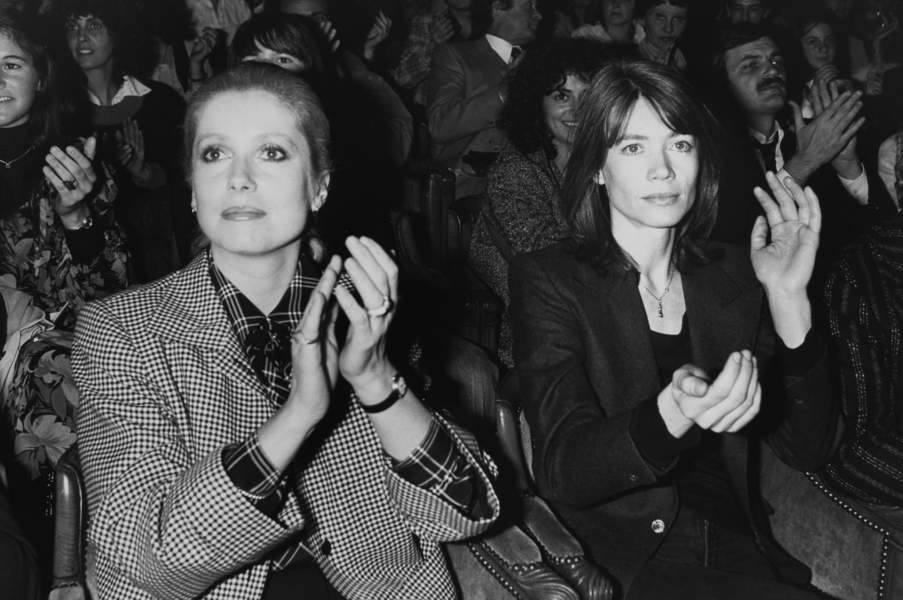
Catherine Deneuve and Françoise Hardy at a France Gall concert in 1978.
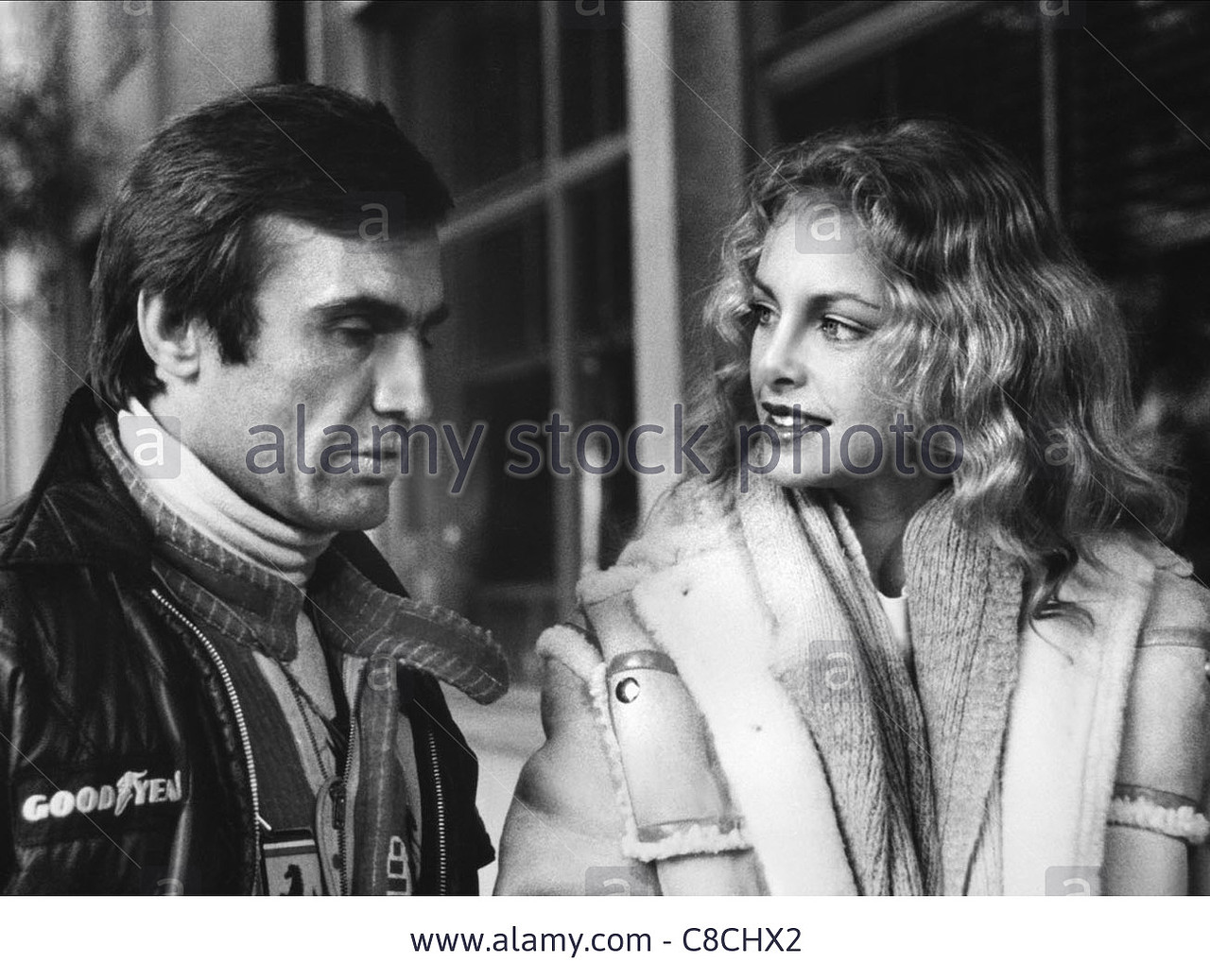
Carlos Reutemann and Sydne Rome in the film ‘Formula 1 Speed Fever’ in 1978.
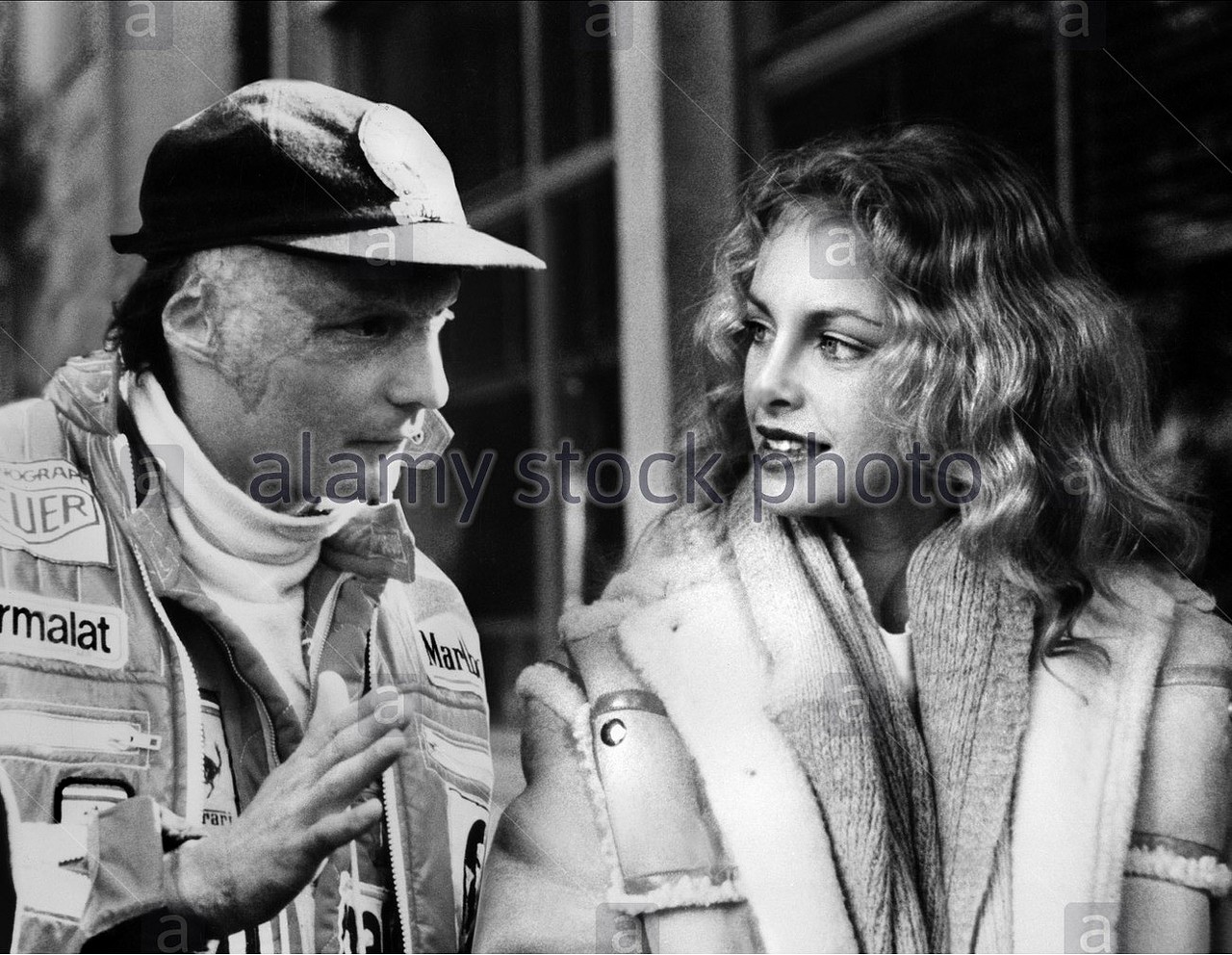
Niki Lauda and Sydne Rome in the film ‘Formula 1 Speed Fever’ in 1978.
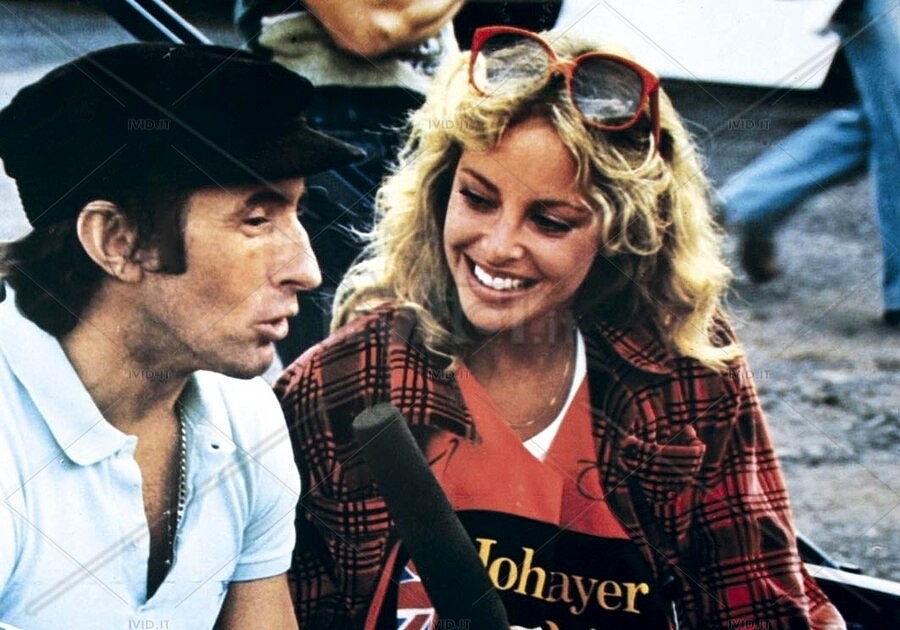
Jackie Stewart and Sydne Rome in the film ‘Formula 1 Speed Fever’ in 1978.
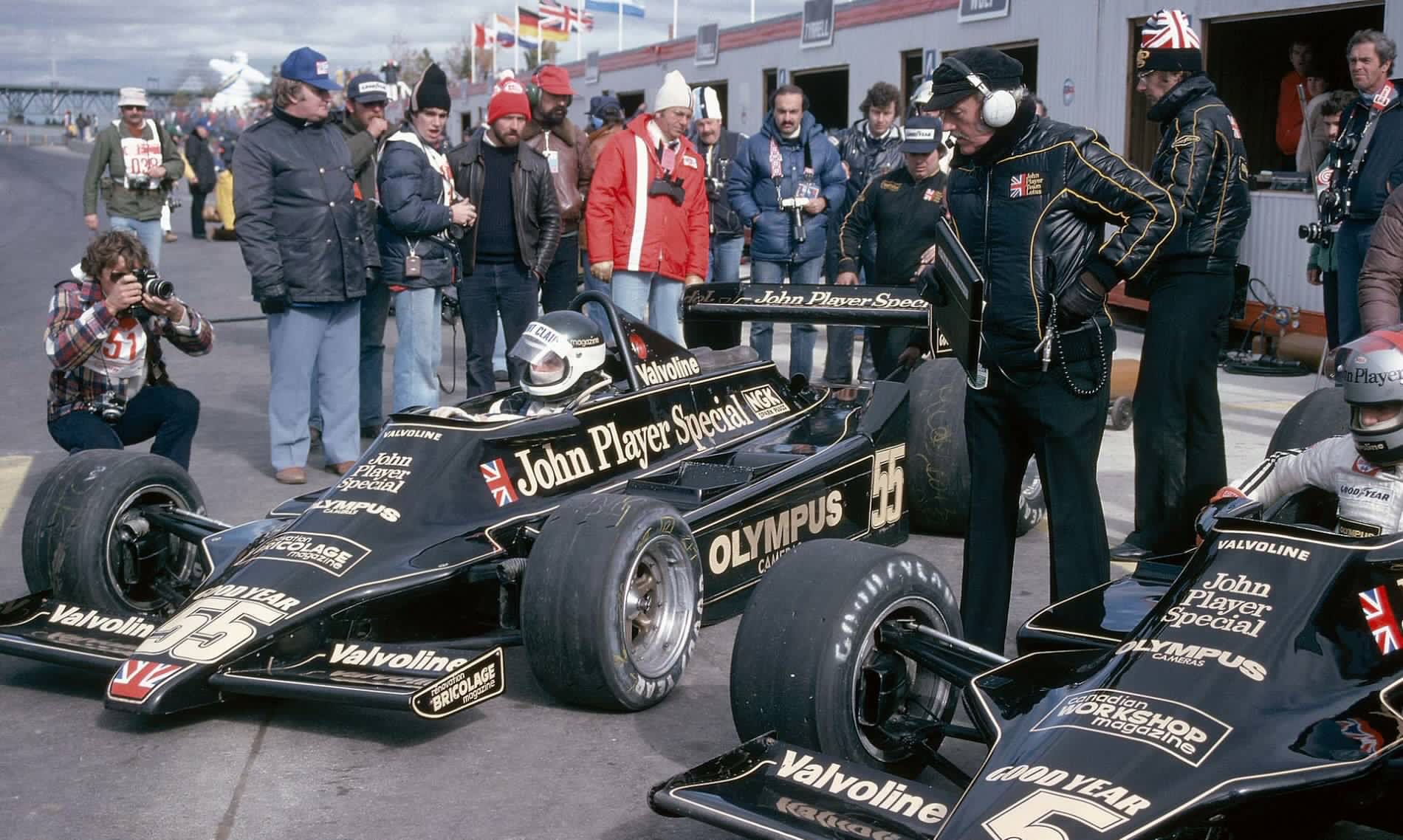
Lotus pits in 1978.
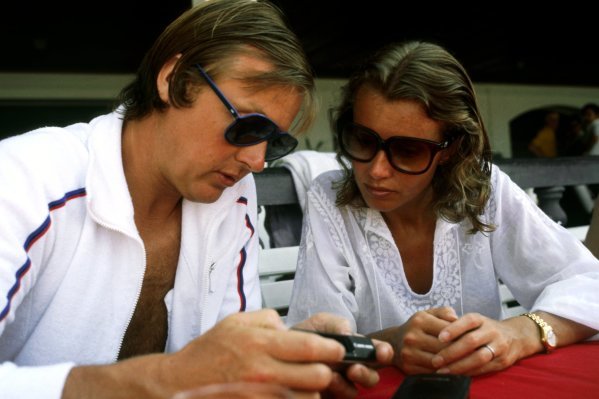
Ronnie Peterson works out his new camera with wife Barbro at the Brazilian GP on 29 January 1978. Photo by David Phipps.
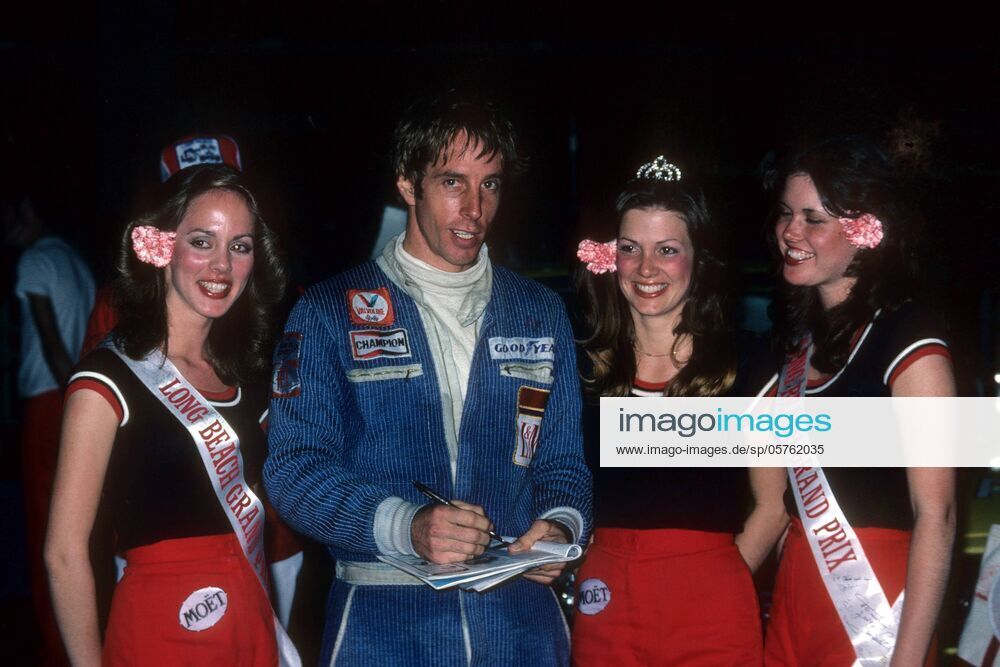
Brett Lunger, McLaren Ford, write autographs for girls at the USA West Grand Prix in Long Beach on 02.04.1978.
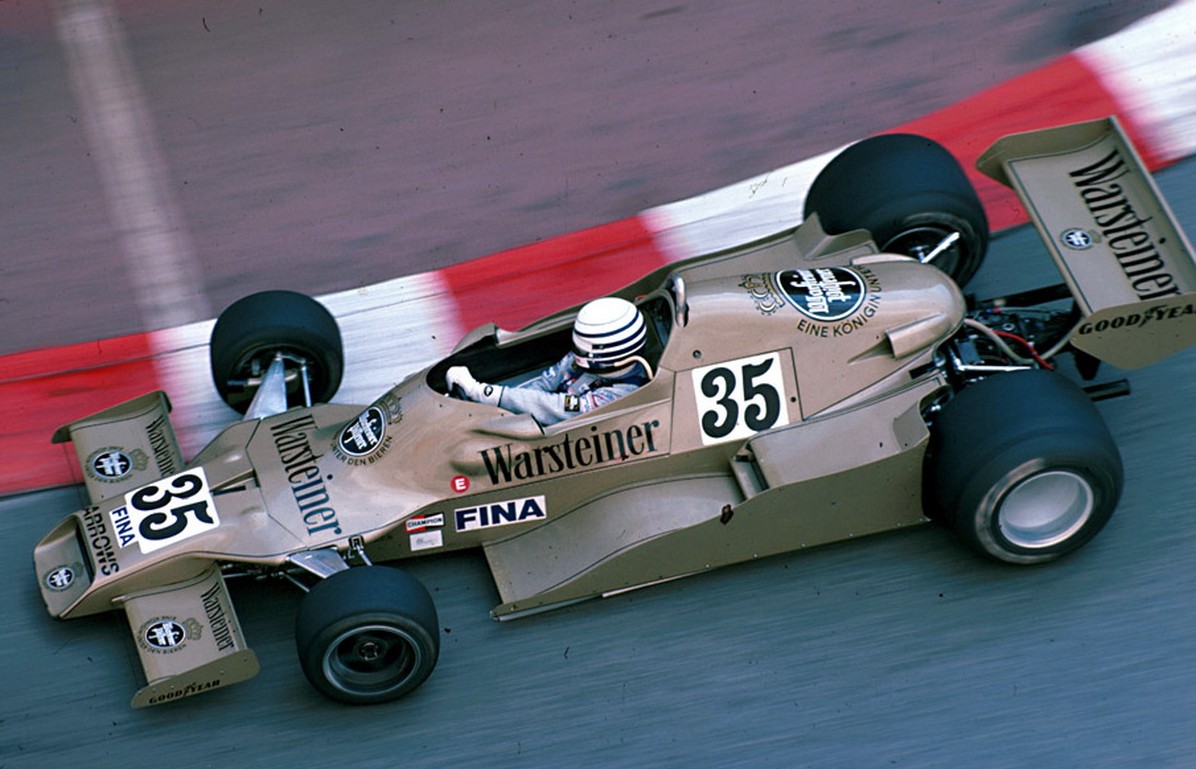
Riccardo Patrese, Arrows FA1 Ford, at the Monaco Grand Prix on Sunday 07 May 1978. Photo by Rainer Schlegelmilch.
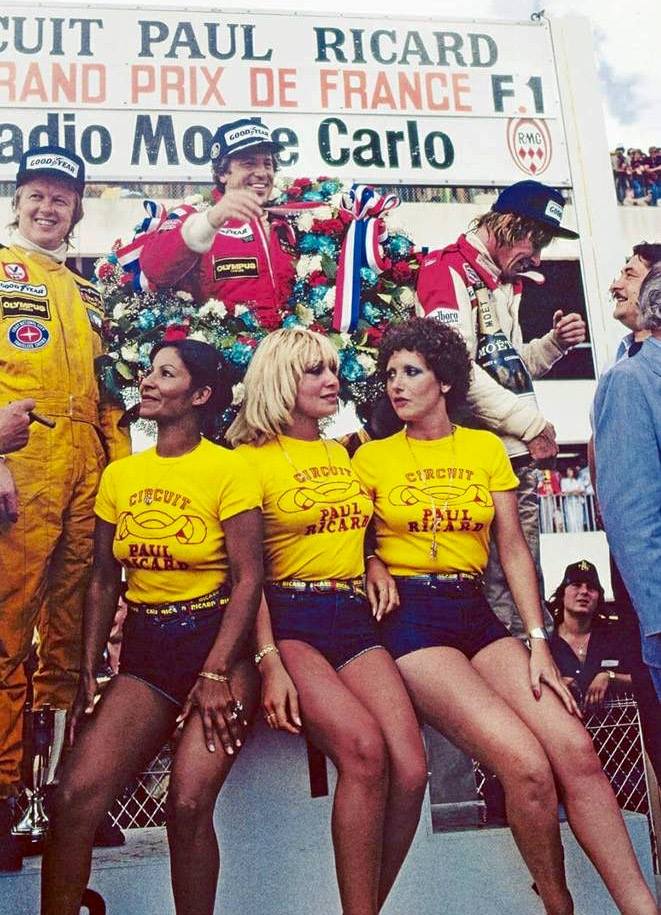
Girls at the French Grand Prix held at Paul Ricard on 02 July 1978.
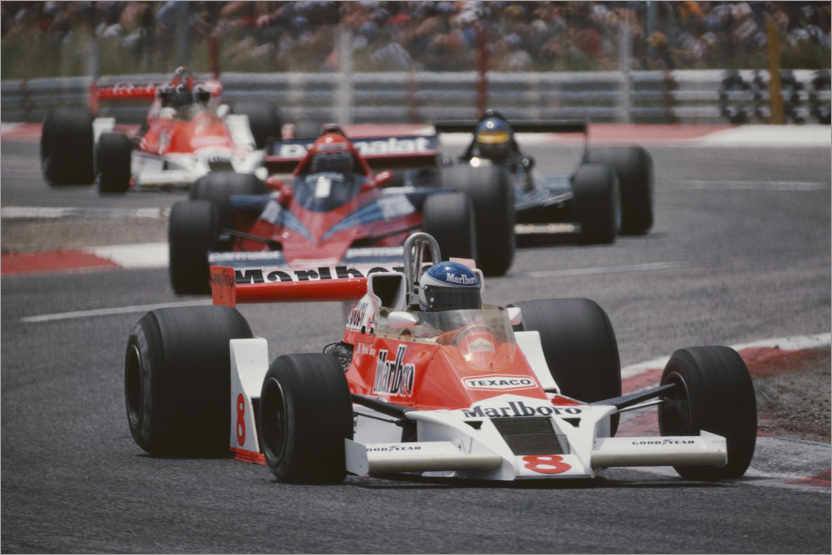
Patrick Tambay leads Niki Lauda at the F1 French Grand Prix on 02 July 1978. Motorsport Images.
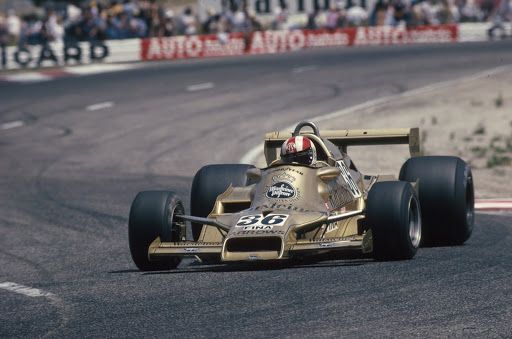
Rolf Stommelen, Arrows FA-1, at the Circuit Paul Ricard on 02 July 1978.
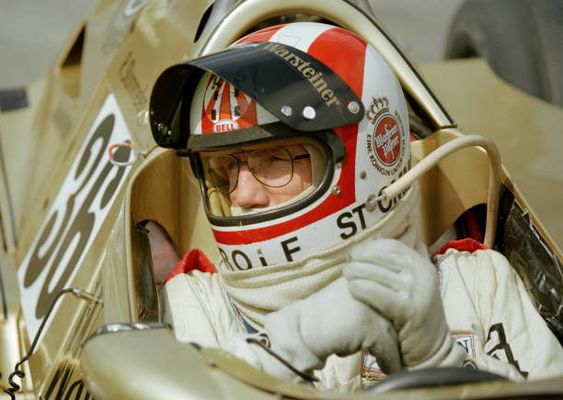
Rolf Stommelen, Arrows A1, during the British Grand Prix at the Brands Hatch circuit in Fawkham, England, on 16 July 1978.

John Watson of Northern Ireland, driver of the n.2 Parmalat Racing Team Brabham BT46 Alfa Romeo flat-12, during the British Grand Prix on 16th July 1978 at the Brands Hatch circuit in Fawkham, Great Britain. Photo by Tony Duffy / Getty Images.
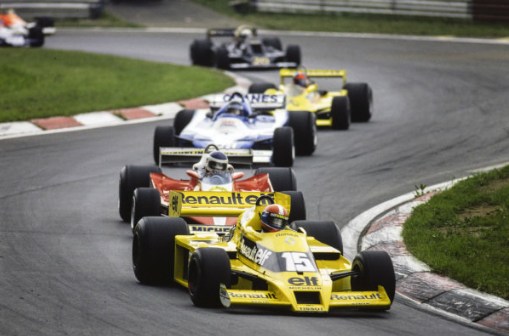
Jean-Pierre Jabouille, Renault RS01, leads Carlos Reutemann, Ferrari 312T3 and Jacques Laffite, Ligier JS9 Matra, at the Austrian GP on 13 August 1978. Photo by Rainer Schlegelmilch.
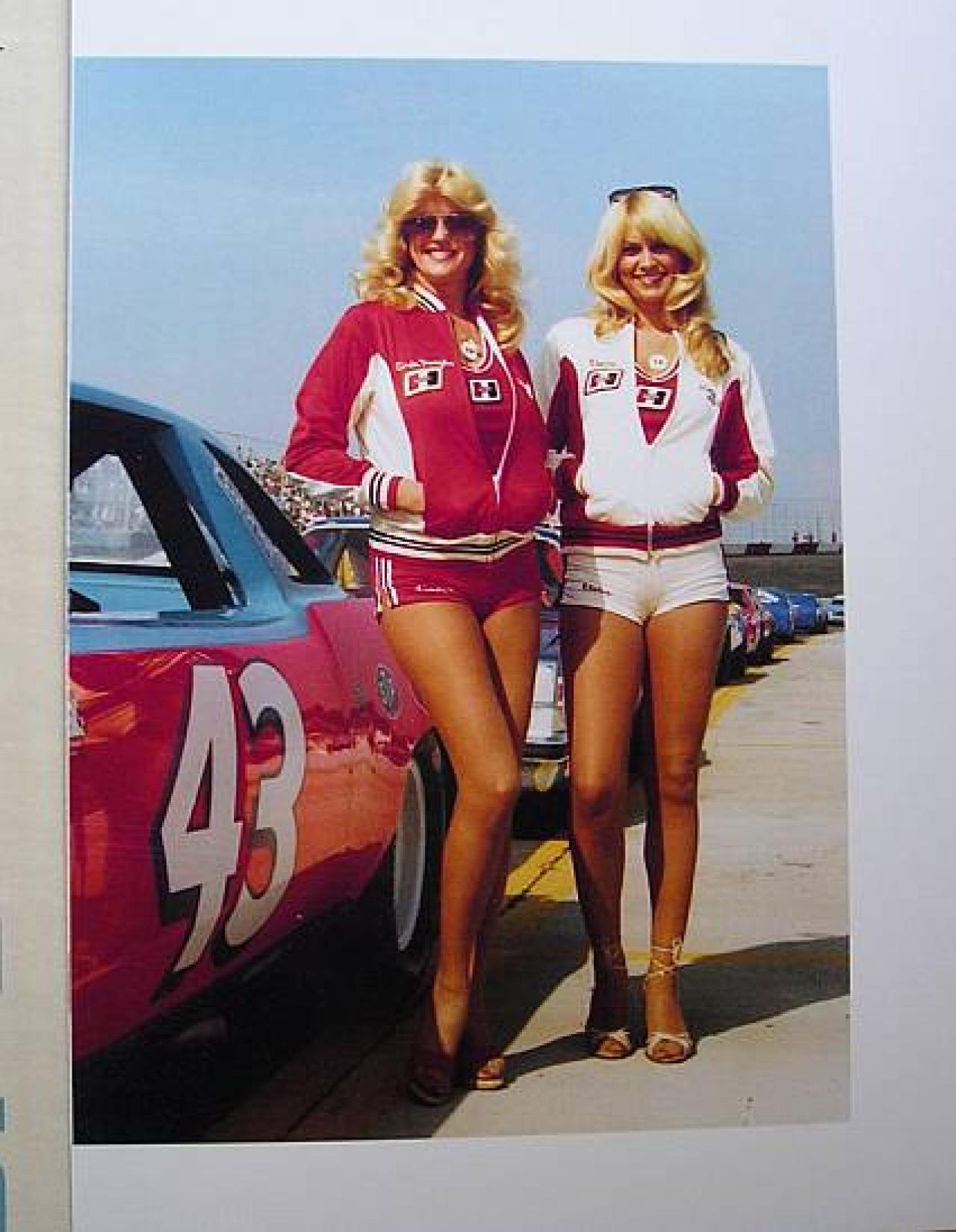
Linda Vaughn and another beautiful Hurst Shifter girl hang out next to Richard Petty's STP Oldsmobile Cutlass. Photo by Danny Brower.
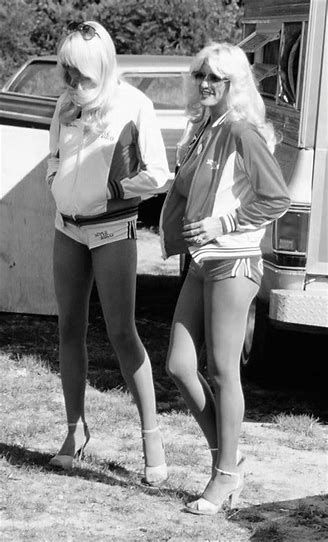
Linda Vaughn and another beautiful Hurst Shifter girl in 1979.
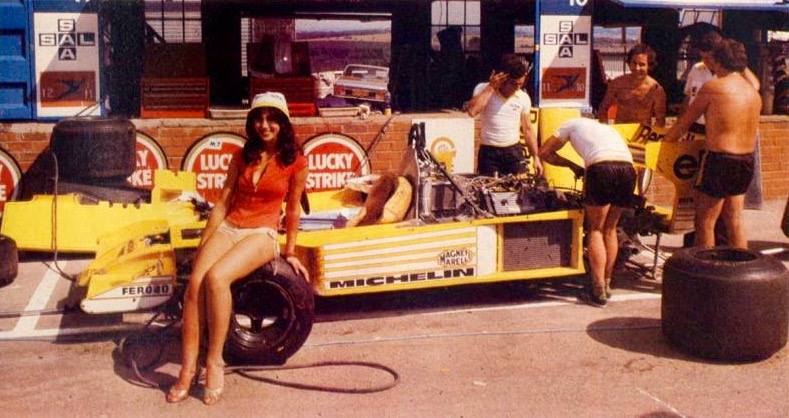
A girl on a Renault RS01 in 1979.
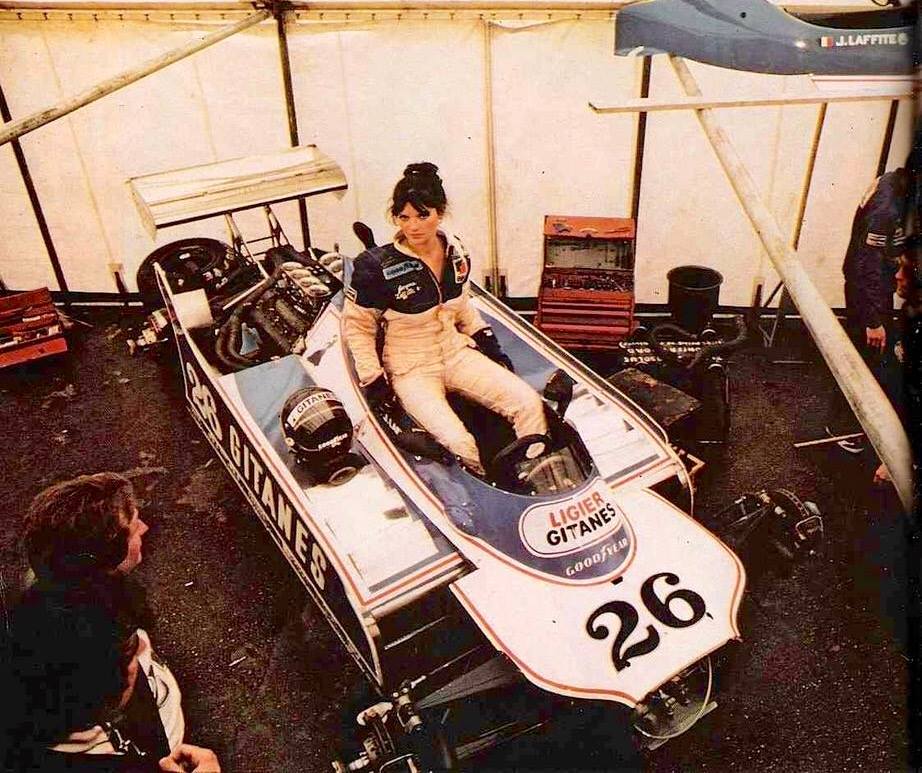
A girl in a Ligier JS11 Ford Cosworth DFV 3.0 V8 in 1979.
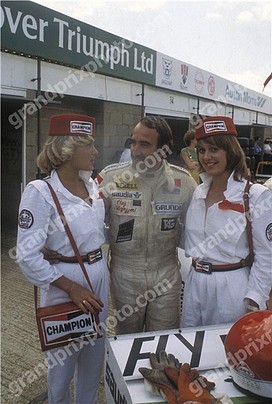
Clay Regazzoni with two Champion promoters in 1979.
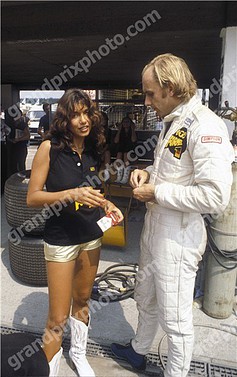
Hans Stuck with a female friend in 1979.
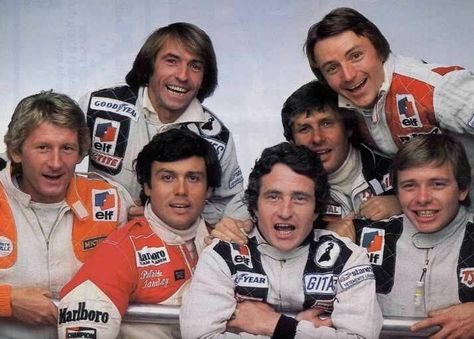
The French drivers for the 1979 season: Jean-Pierre Jabouille, Jacques Laffite, Patrick Tambay, Patrick Depailler, Jean-Pierre Jarier, René Arnoux and Didier Pironi. Photo by UK Racing History.
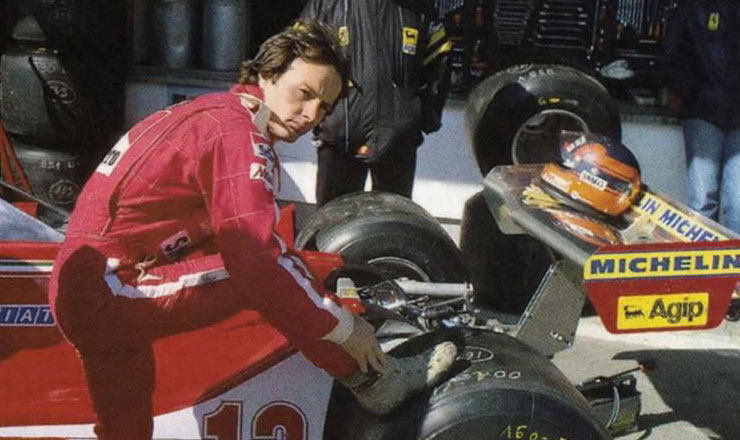
Gilles Villeneuve, Ferrari, in 1979.
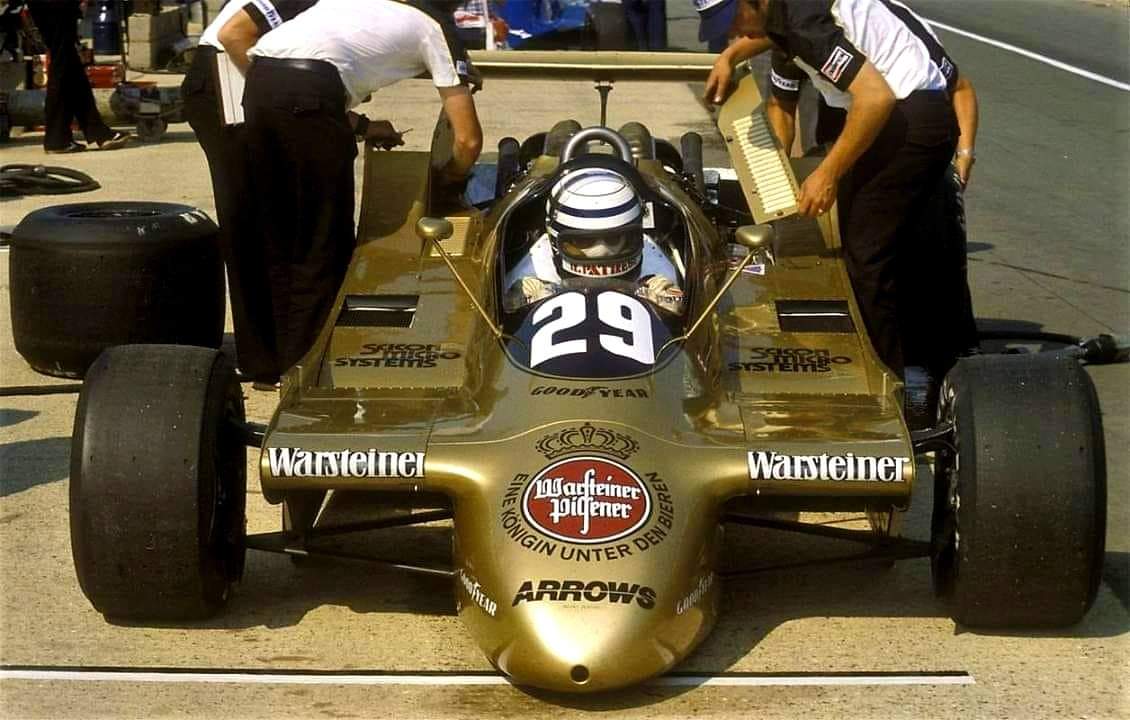
Riccardo Patrese, Arrows, in 1979.
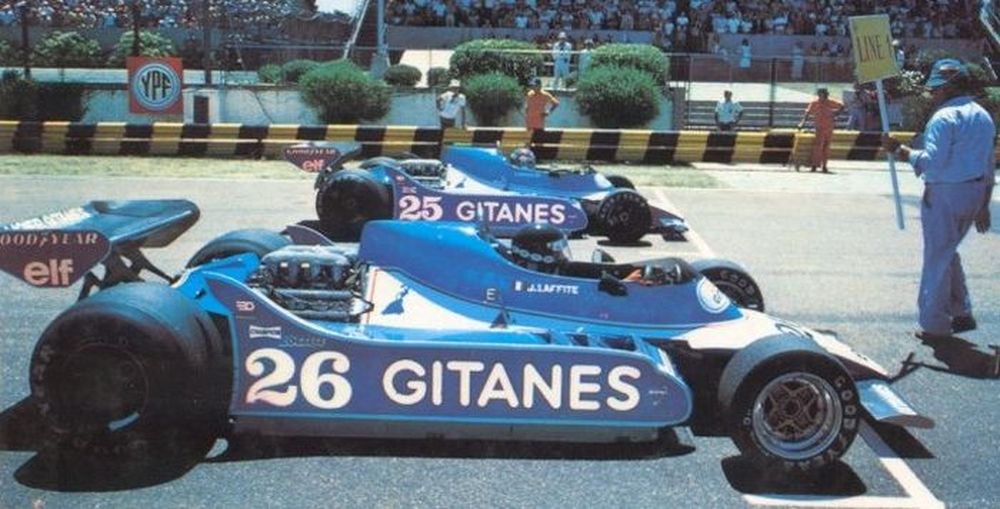
The two Ligier in 1979.
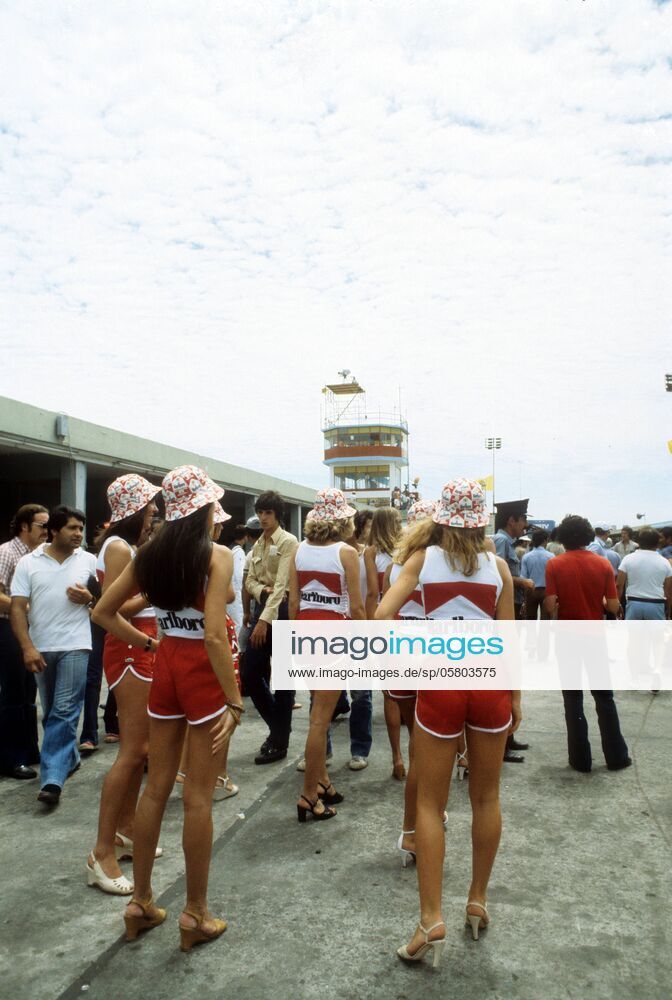
Marlboro promotion girls at the Argentinean Grand Prix in Buenos Aires on 21 January 1979.
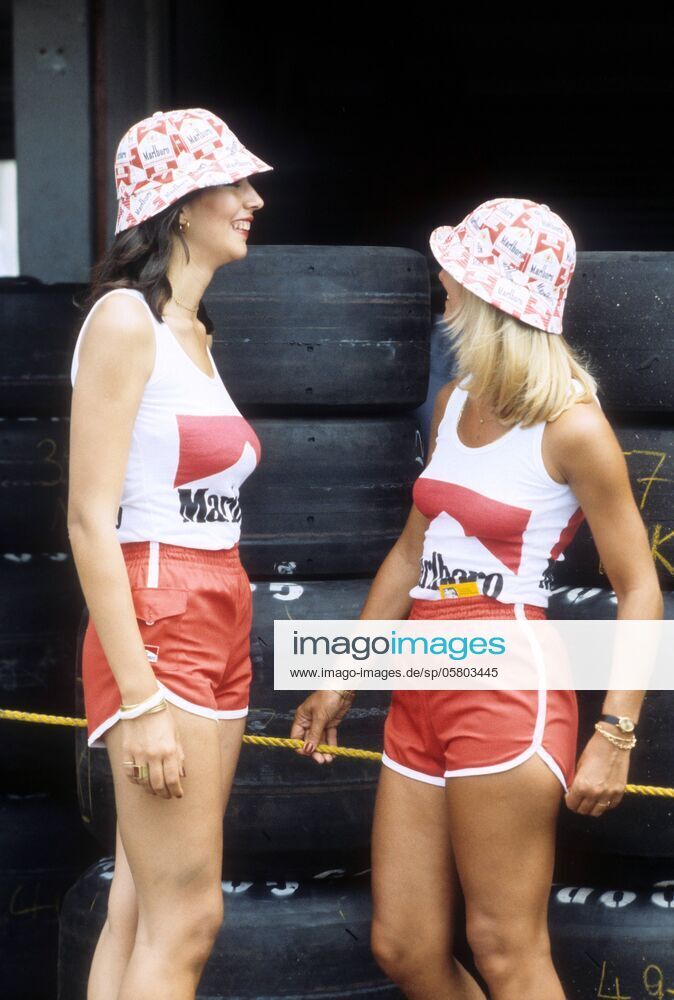
Two Marlboro promotion girls at the Argentinean Grand Prix in Buenos Aires on 21 January 1979.
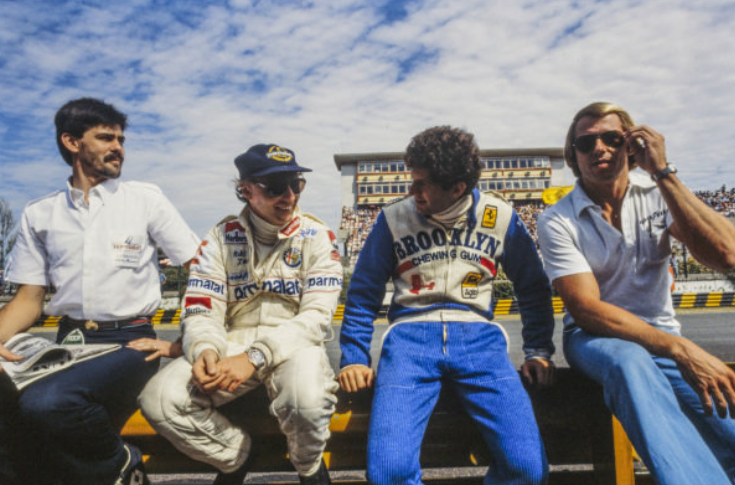
Niki Lauda and Jody Scheckter sit together on the pit wall, Brabham designer Gordon Murray is seated on the left, at the Argentinean Grand Prix in Buenos Aires on 21 January 1979. Photo by David Phipps.
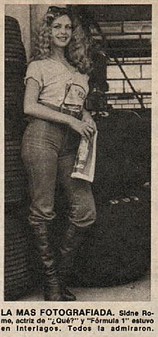
Sydne Rome at the Brazilian Grand Prix in Interlagos, Sao Paulo, on 04 February 1979.
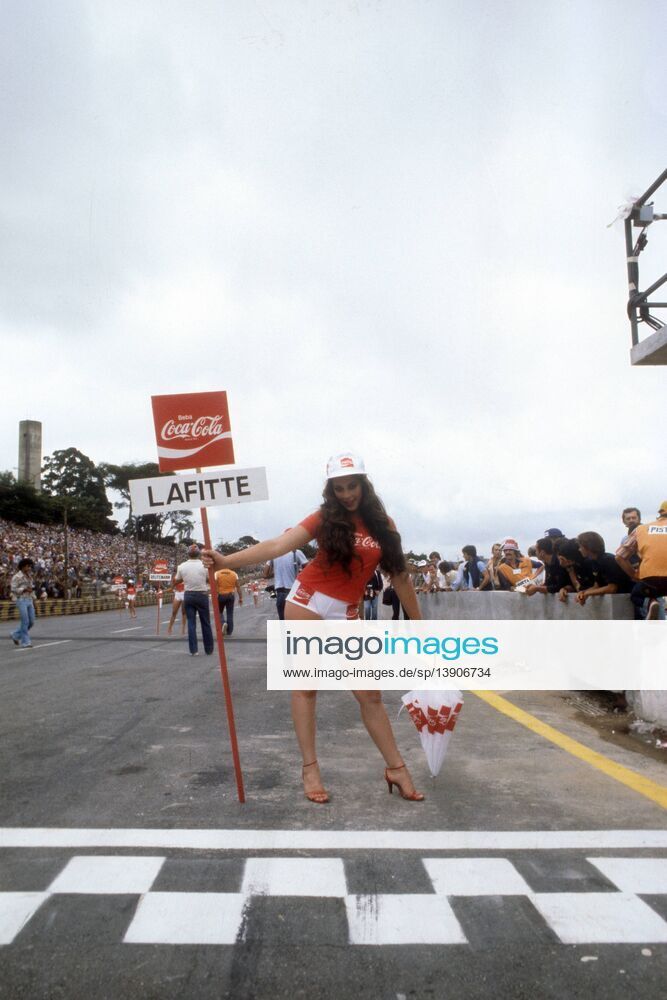
A Coca Cola girl at the Brazilian Grand Prix in Interlagos, Sao Paulo, on 04 February 1979.
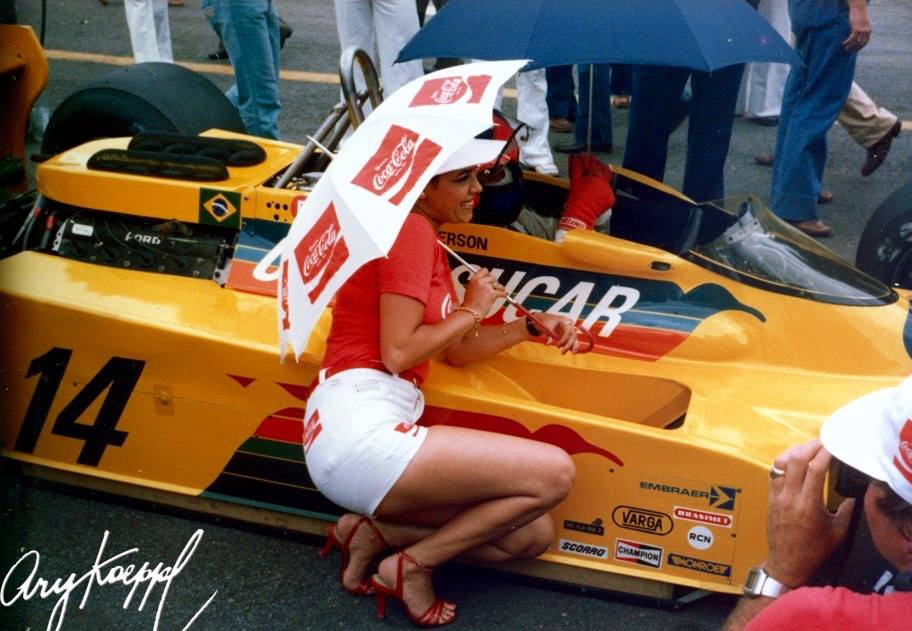
Emerson Fittipaldi, Copersucar, with a girl at the Brazilian Grand Prix in Interlagos, Sao Paulo, on 04 February 1979.
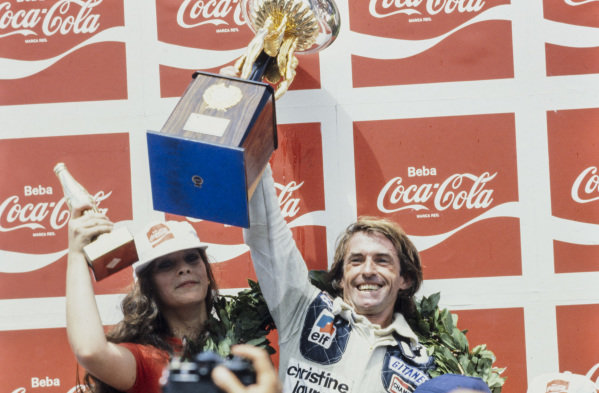
Jacques Laffite on the podium at the Brazilian Grand Prix in Interlagos, Sao Paulo, on 04 February 1979.
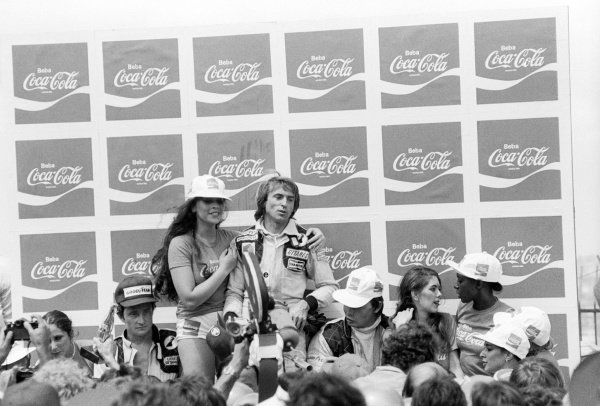
Jacques Laffite on the podium at the Brazilian Grand Prix in Interlagos, Sao Paulo, on 04 February 1979.
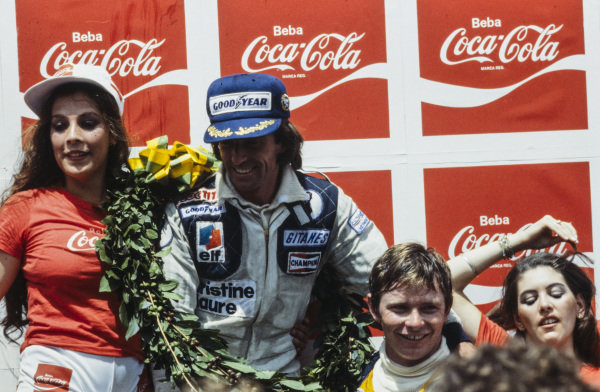
Jacques Laffite on the podium at the Brazilian Grand Prix in Interlagos, Sao Paulo, on 04 February 1979.
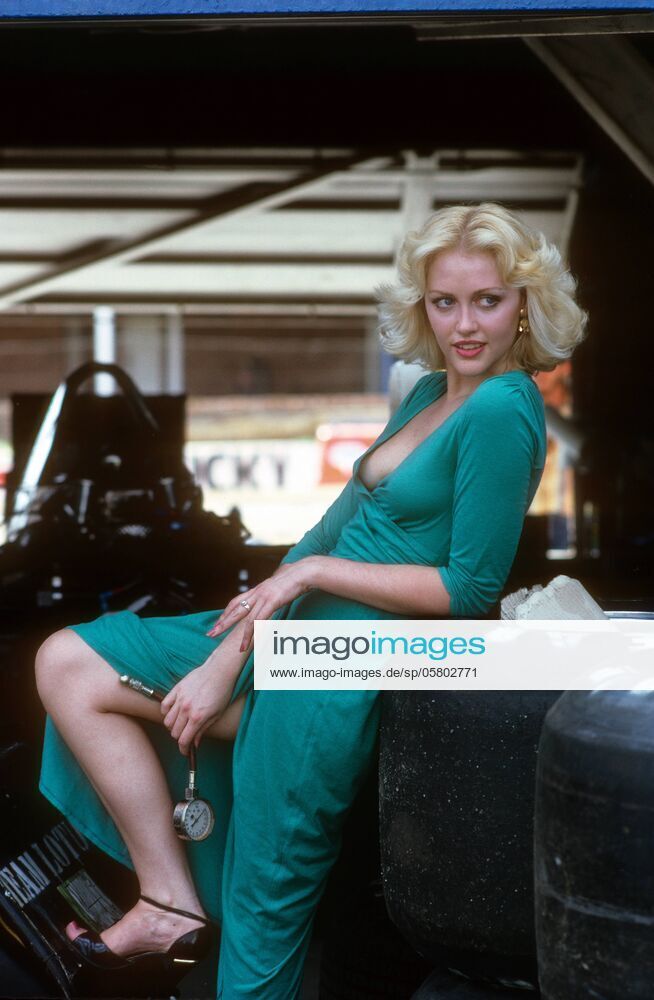
Sexy pit girl on the sidelines in the Lotus pits at the 1979 South African Grand Prix in Kyalami on 03 March 1979.
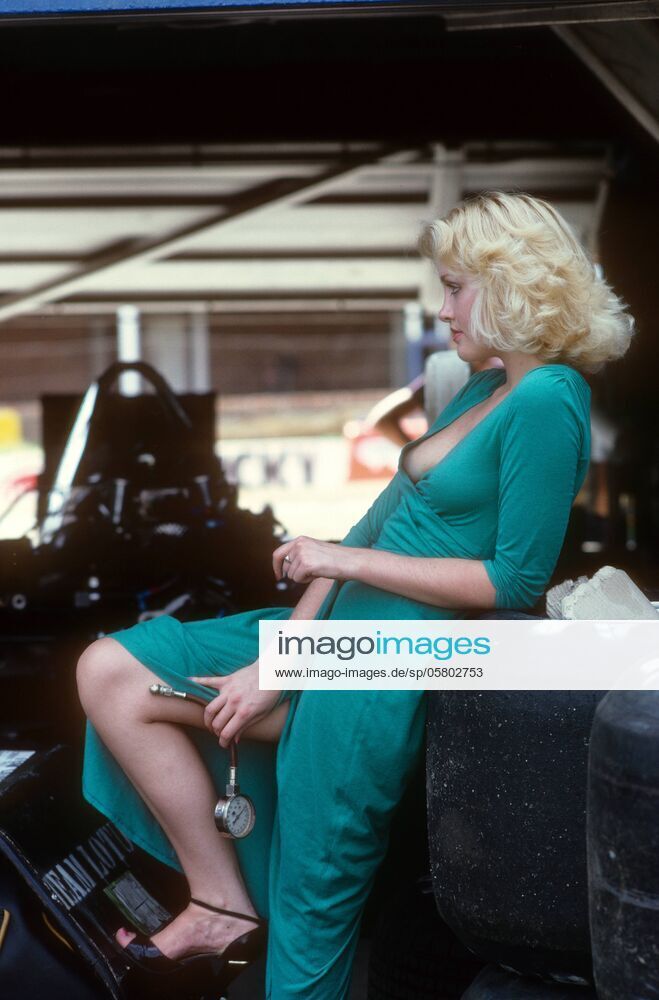
Sexy pit girl on the sidelines in the Lotus pits at the 1979 South African Grand Prix in Kyalami on 03 March 1979.
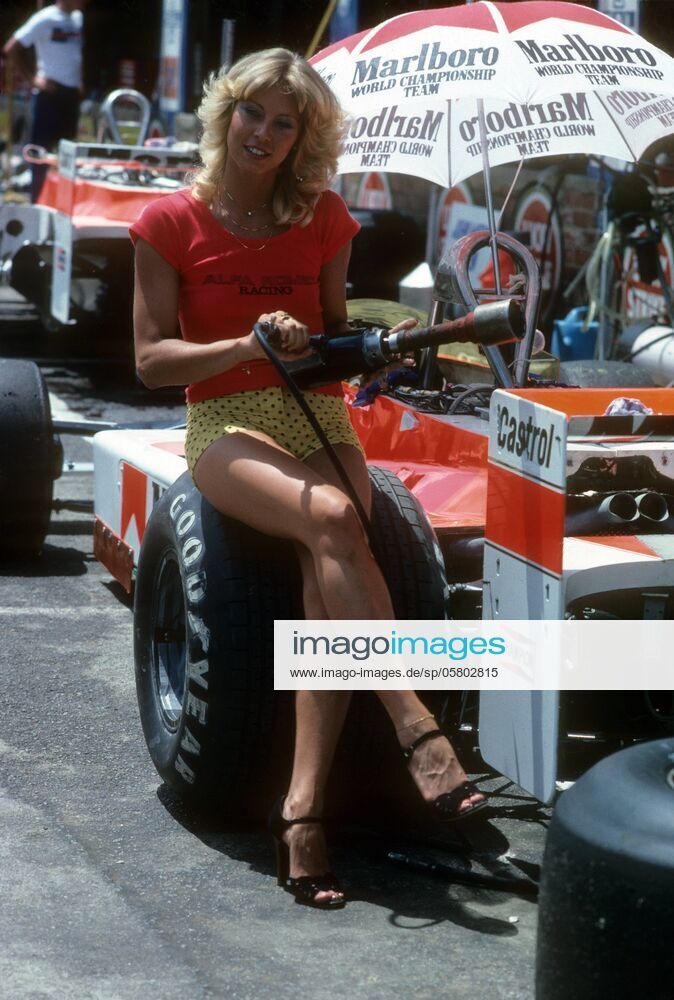
Sexy Alfa Romeo pit girl with an impact wrench on a McLaren Ford at the 1979 South African Grand Prix in Kyalami on 03 March 1979.
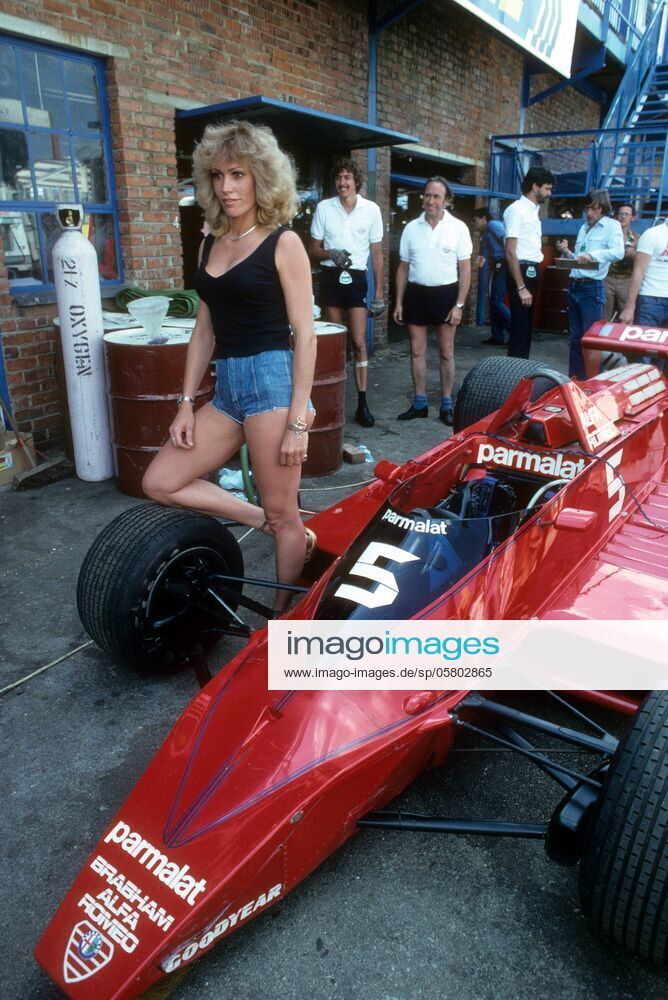
Sexy pit girl on Niki Lauda’s Brabham Alfa Romeo at the 1979 South African Grand Prix in Kyalami on 03 March 1979.
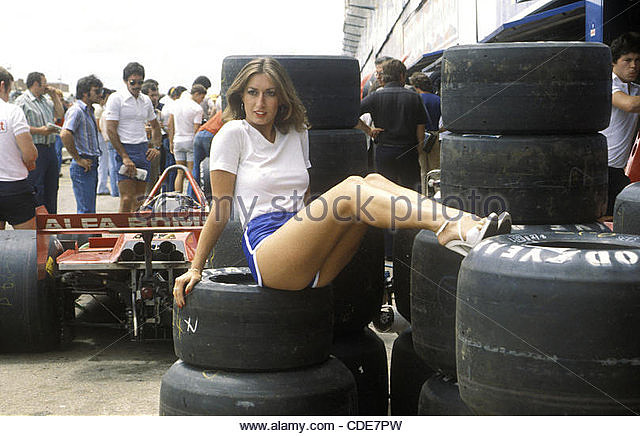
There were always pretty girls at the South African Grand Prix. Here is a girl in the pits in 1979.
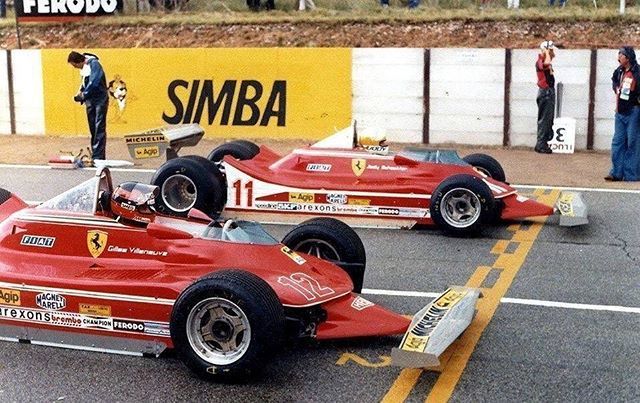
Gilles Villeneuve and Jody Scheckter at the 1979 South African Grand Prix in Kyalami on 03 March 1979.
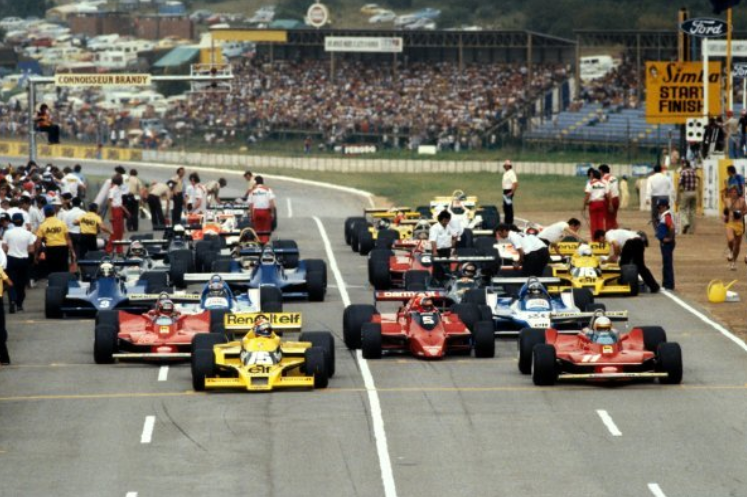
The start of the 1979 South African Grand Prix in Kyalami on 03 March 1979.
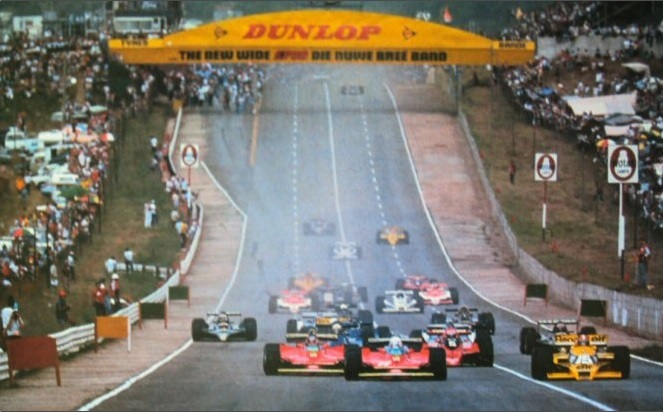
The start of the 1979 South African Grand Prix in Kyalami on 03 March 1979.
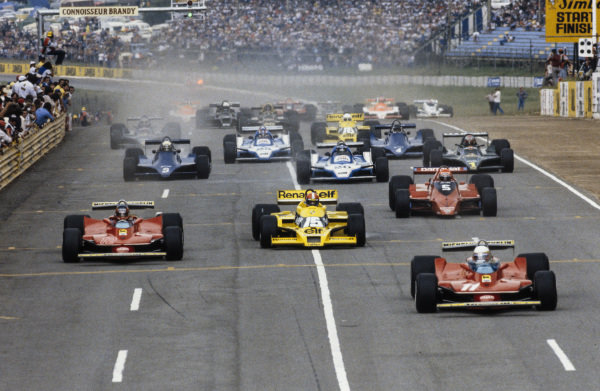
The start of the 1979 South African Grand Prix in Kyalami on 03 March 1979.
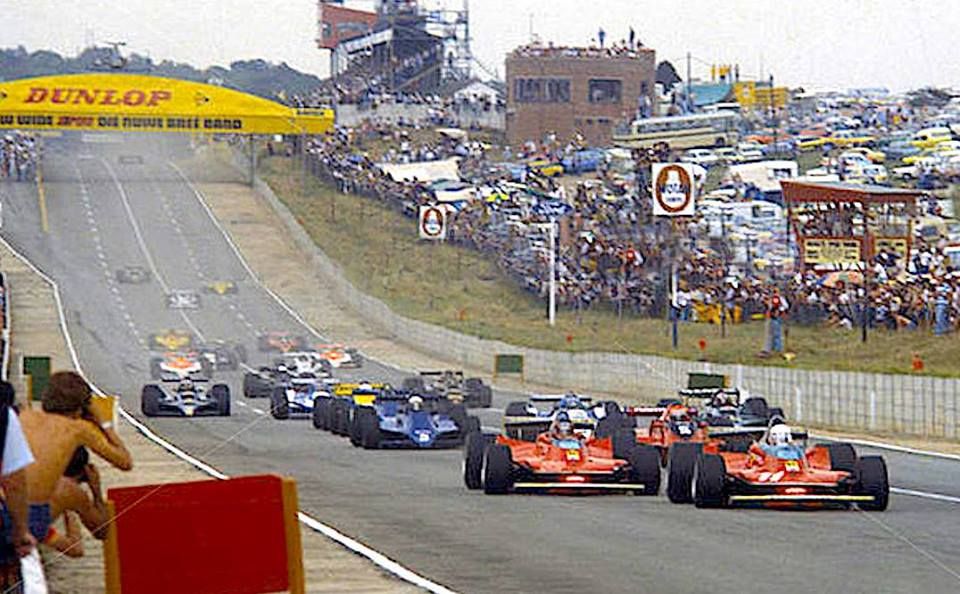
Scheckter and Villeneuve lead the pack at Kyalami in the 1979 South African Grand Prix.
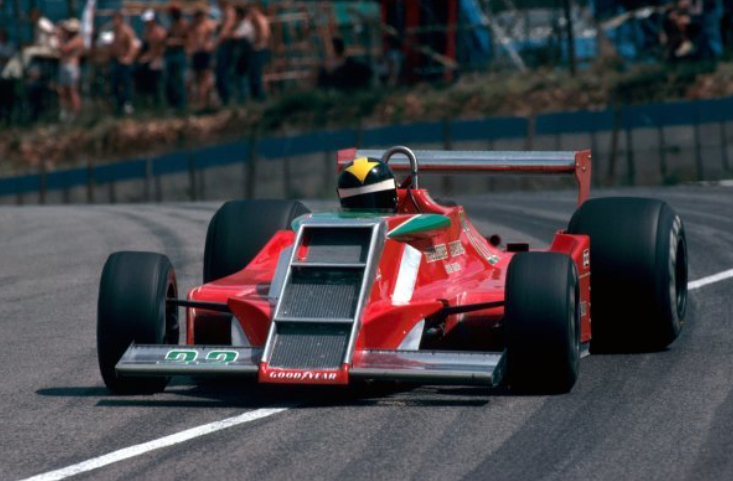
Derek Daly at the wheel of the Ensign N179 at the 1979 South African Grand Prix in Kyalami on 03 March 1979.
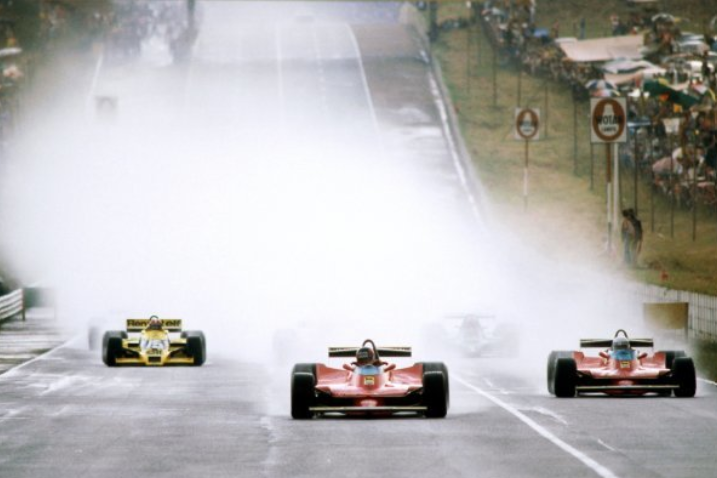
The Ferraris leading the 1979 South African Grand Prix in Kyalami on 03 March 1979.
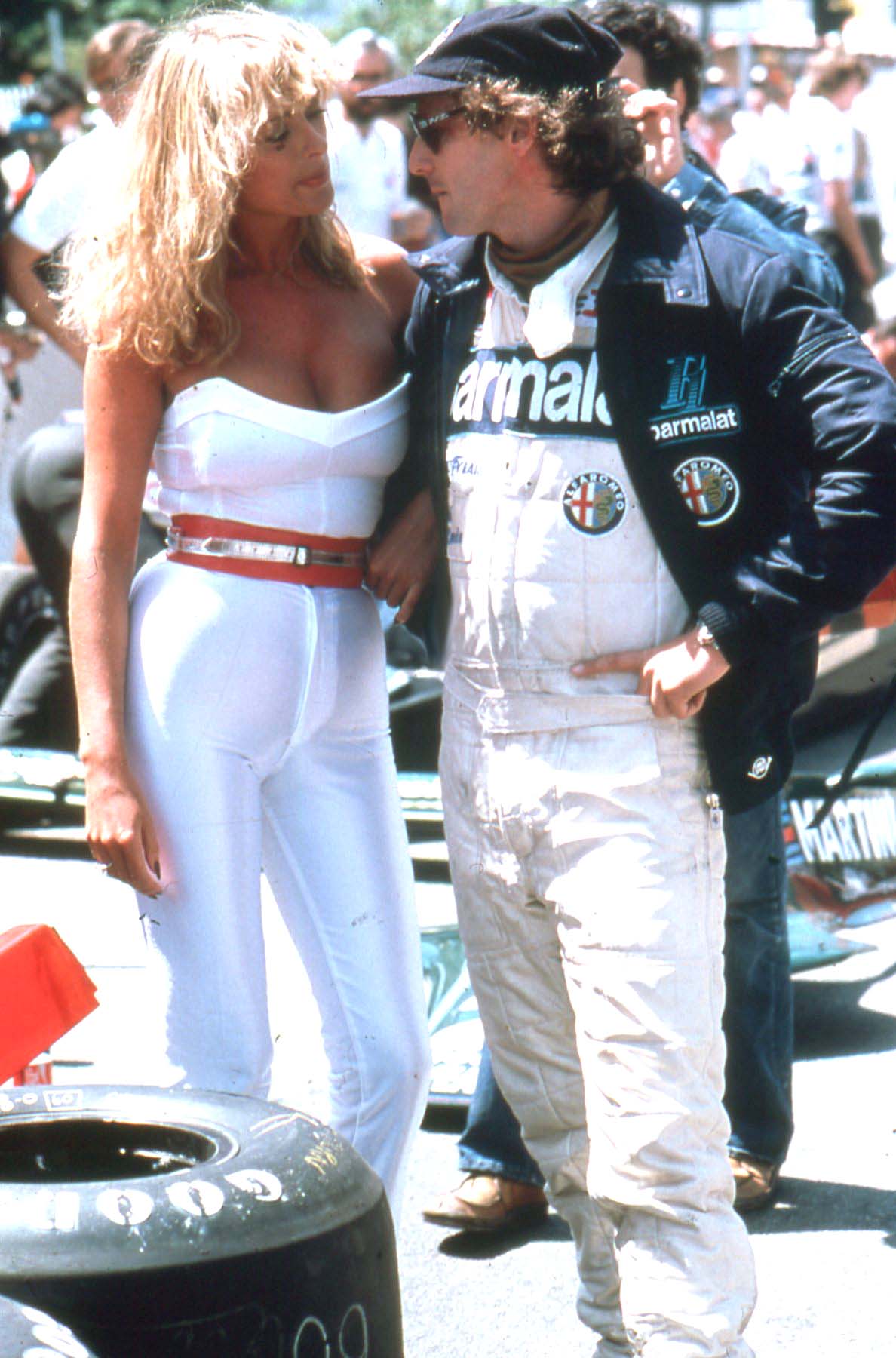
Niki Lauda with friend Austrian actress Sybil Danning at Long Beach in 1979.
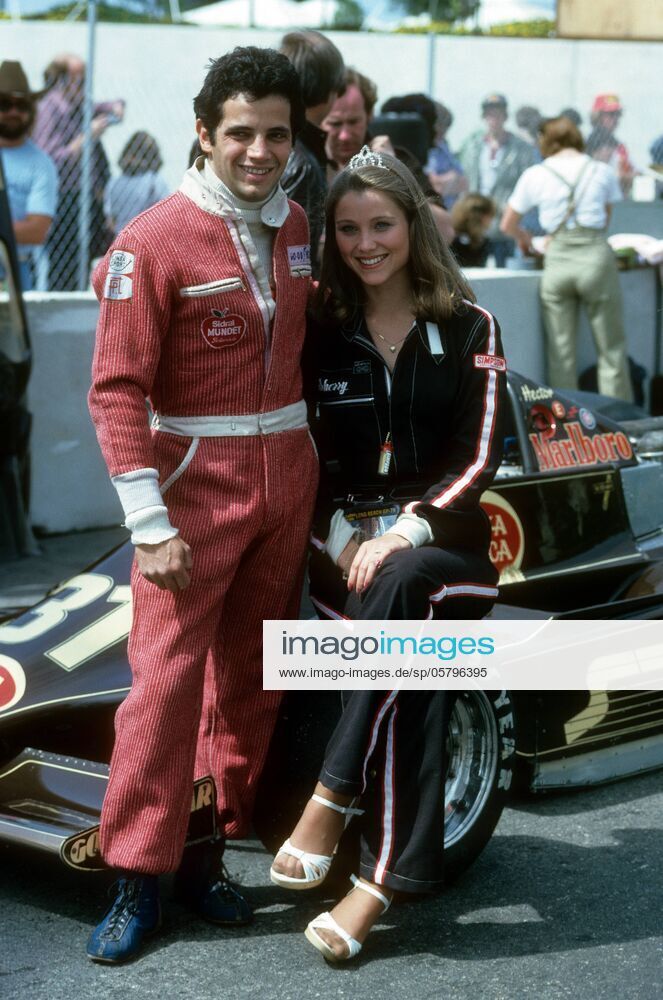
Hector Rebaque, Lotus Ford, with Marlboro promotion girl Sherry at the US West Grand Prix in Long Beach on 08 April 1979.
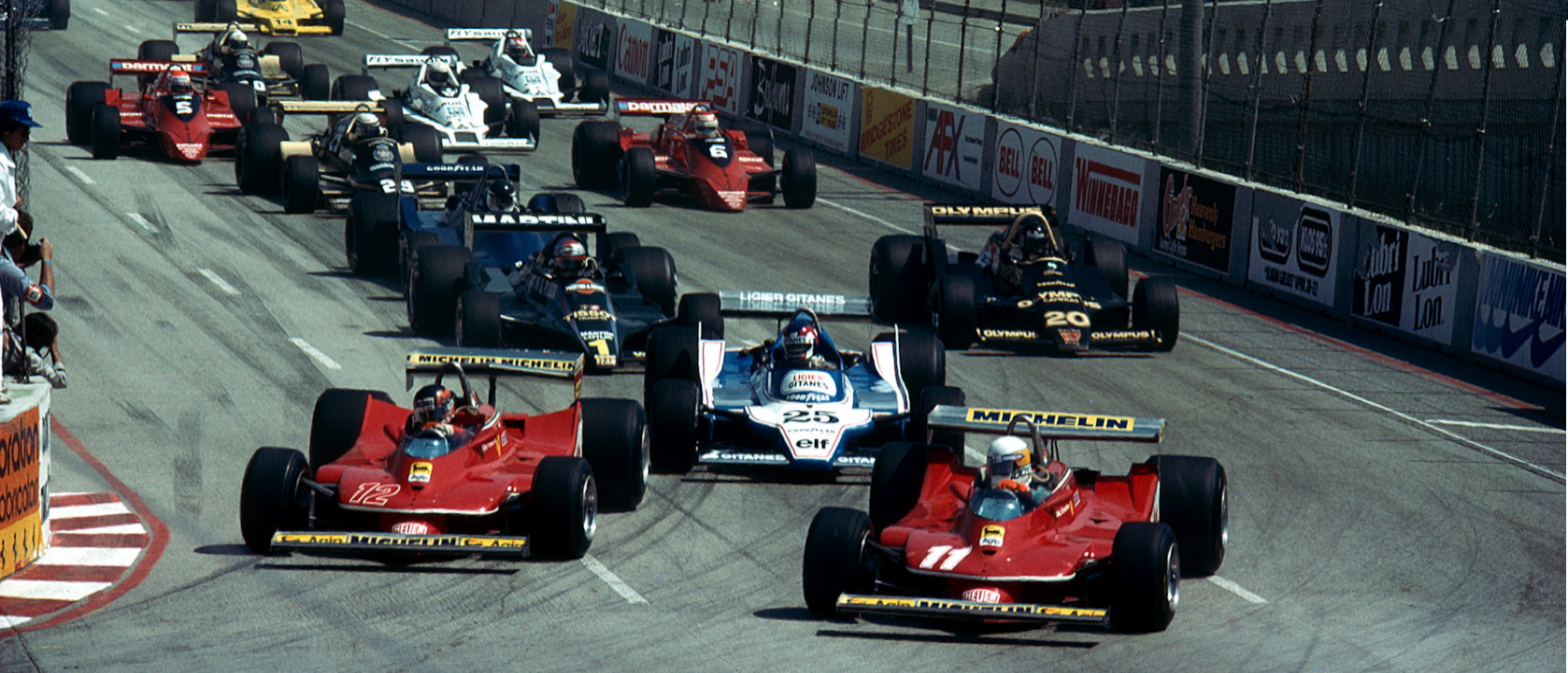
The start of the US West Grand Prix in Long Beach on 08 April 1979.
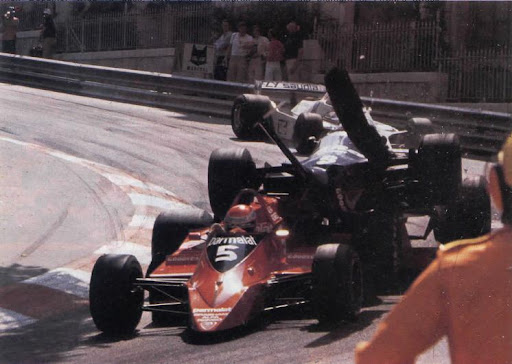
The aftermath of the first corner accident between Niki Lauda, Brabham BT48 Alfa Romeo and Patrick Tambay, McLaren M28 Ford, at the US West Grand Prix in Long Beach on 08 April 1979.
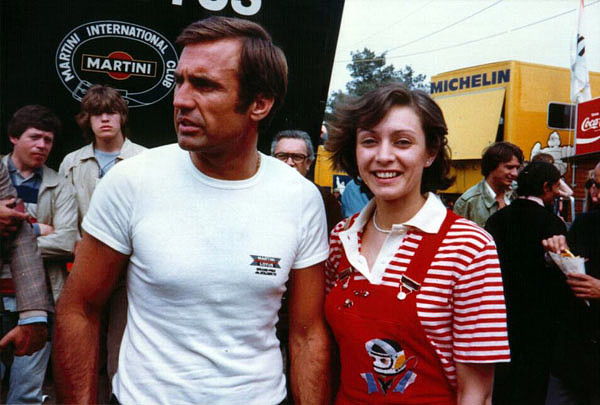
Carlos Reutemann with a fan, Marie Jeanne, at the Belgian Grand Prix in Zolder on 13 May 1979.
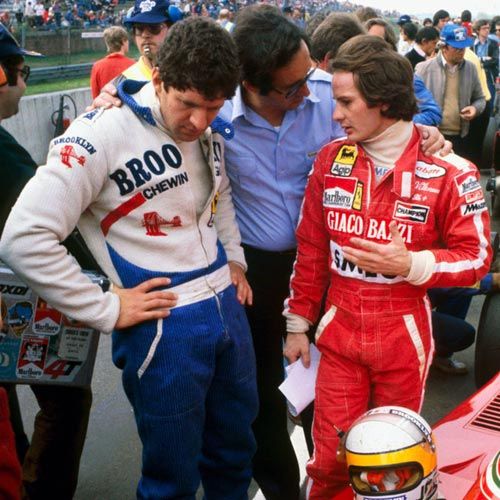
Jody Scheckter and Gilles Villeneuve at the Belgian Grand Prix in Zolder on 13 May 1979.
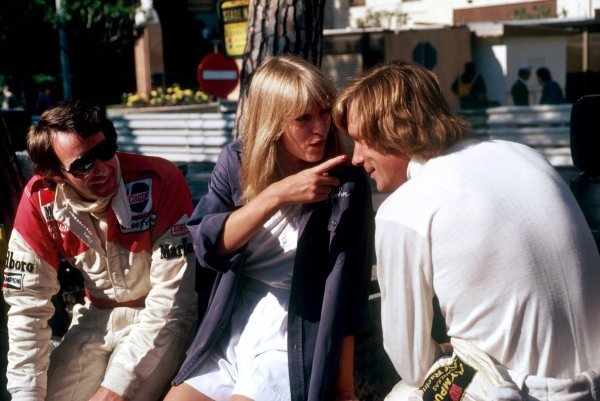
James Hunt and John Watson talk with Hunt’s girlfriend Jane Birbeck at the Monaco Grand Prix in Monte Carlo on 27 May 1979.
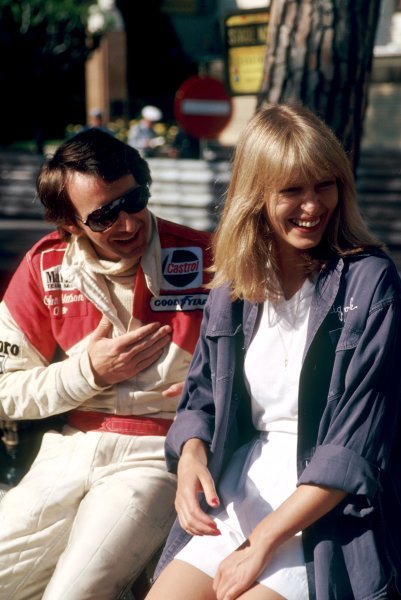
John Watson talks with Hunt's girlfriend Jane Birbeck at the Monaco Grand Prix in Monte Carlo on 27 May 1979.
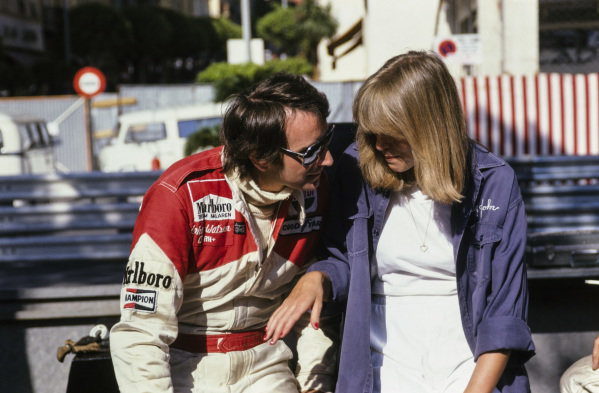
John Watson talks with Hunt's girlfriend Jane Birbeck at the Monaco Grand Prix in Monte Carlo on 27 May 1979.
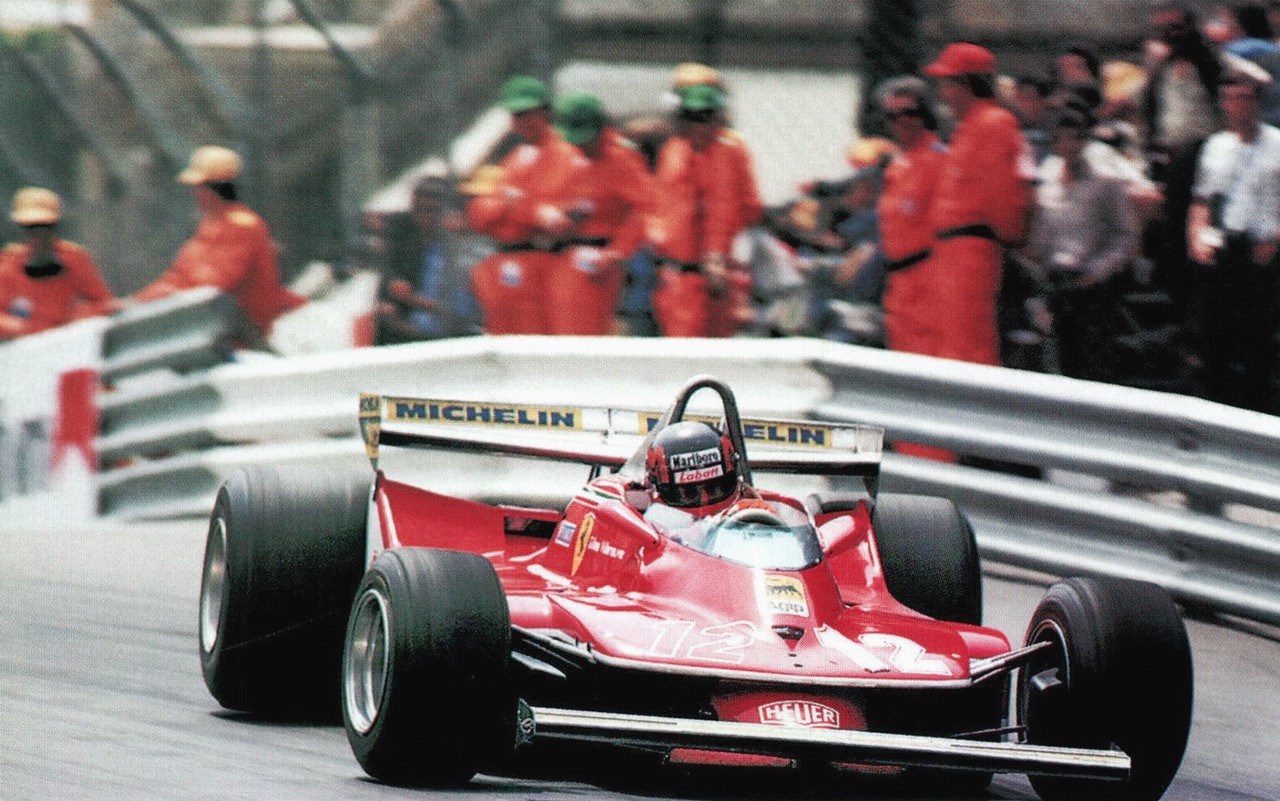
Gilles Villeneuve manhandling Monaco in 1979.
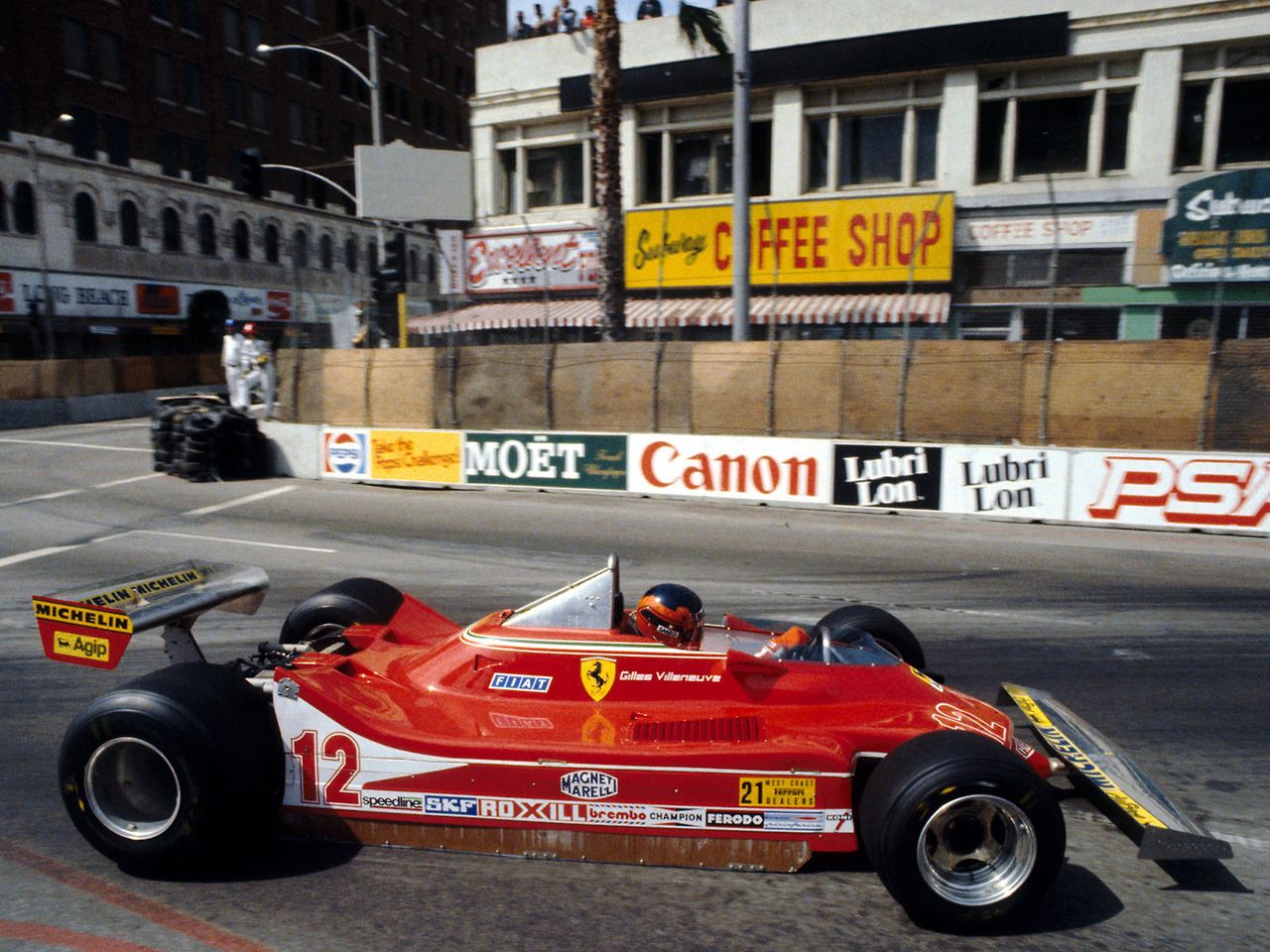
Gilles Villeneuve, Ferrari 312T4, at the Monaco Grand Prix in Monte Carlo on 27 May 1979.
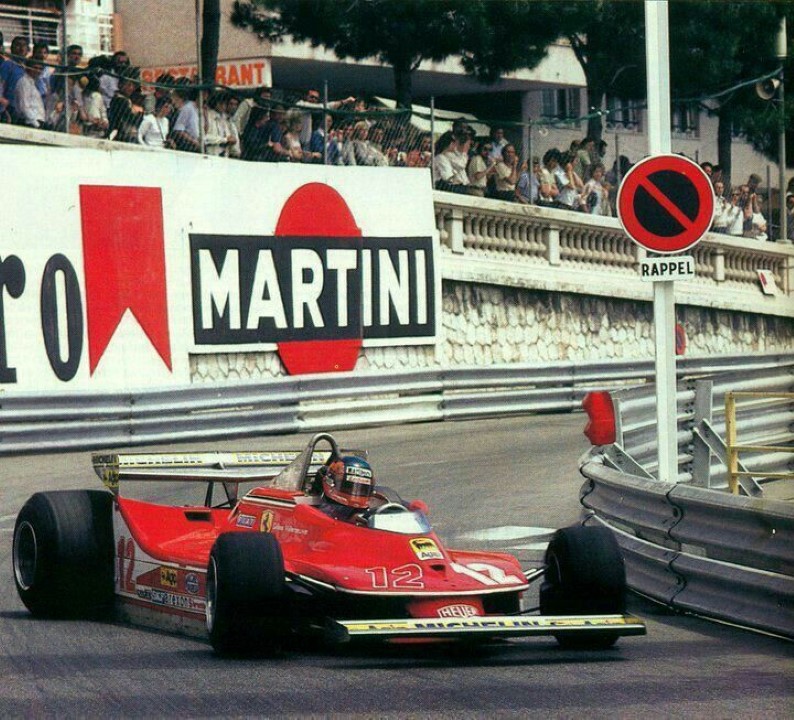
Gilles Villeneuve, Ferrari 312T4, at the Monaco Grand Prix in Monte Carlo on 27 May 1979.
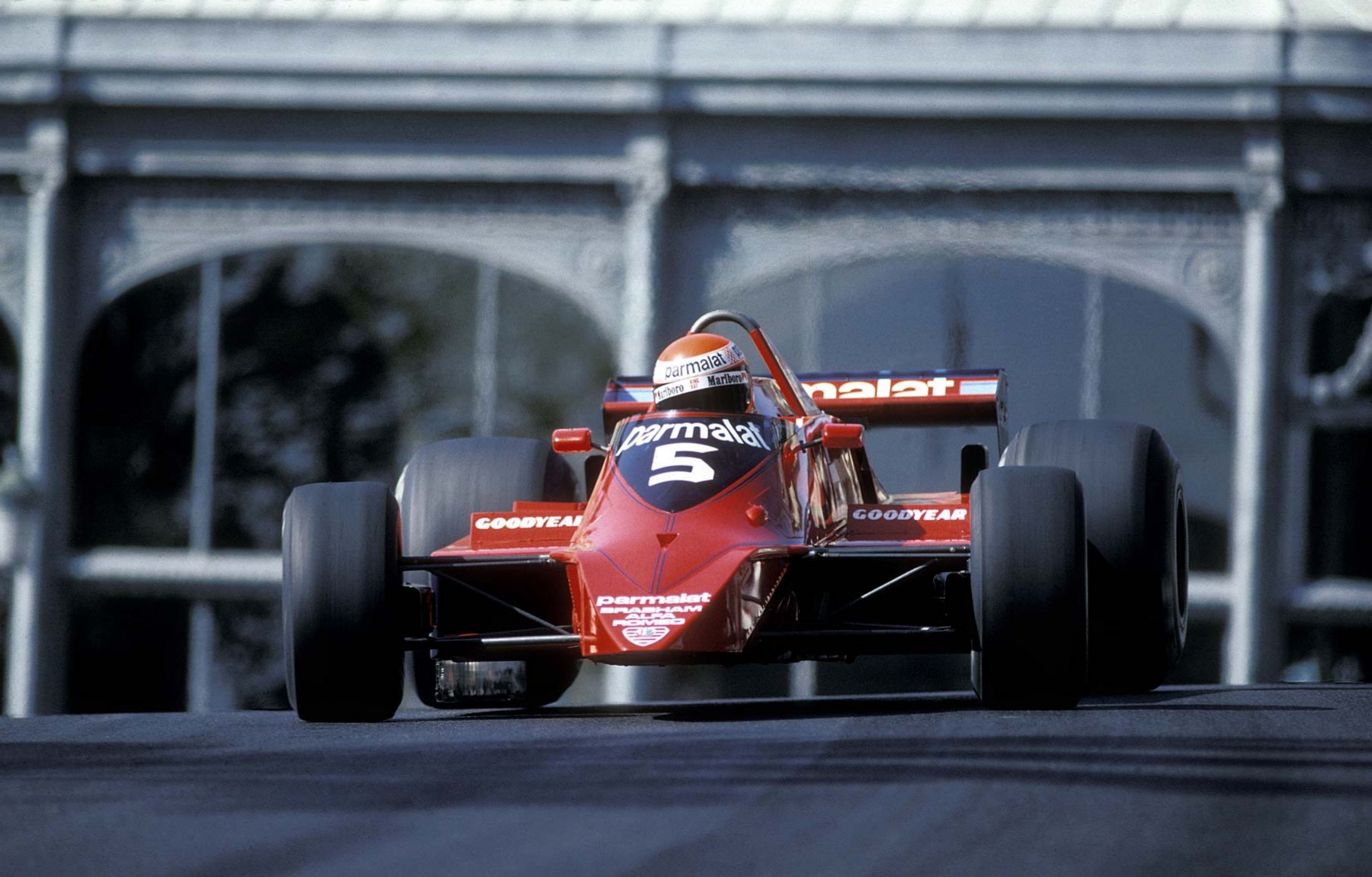
Niki Lauda, Brabham BT48, at the 1979 Monaco Grand Prix.
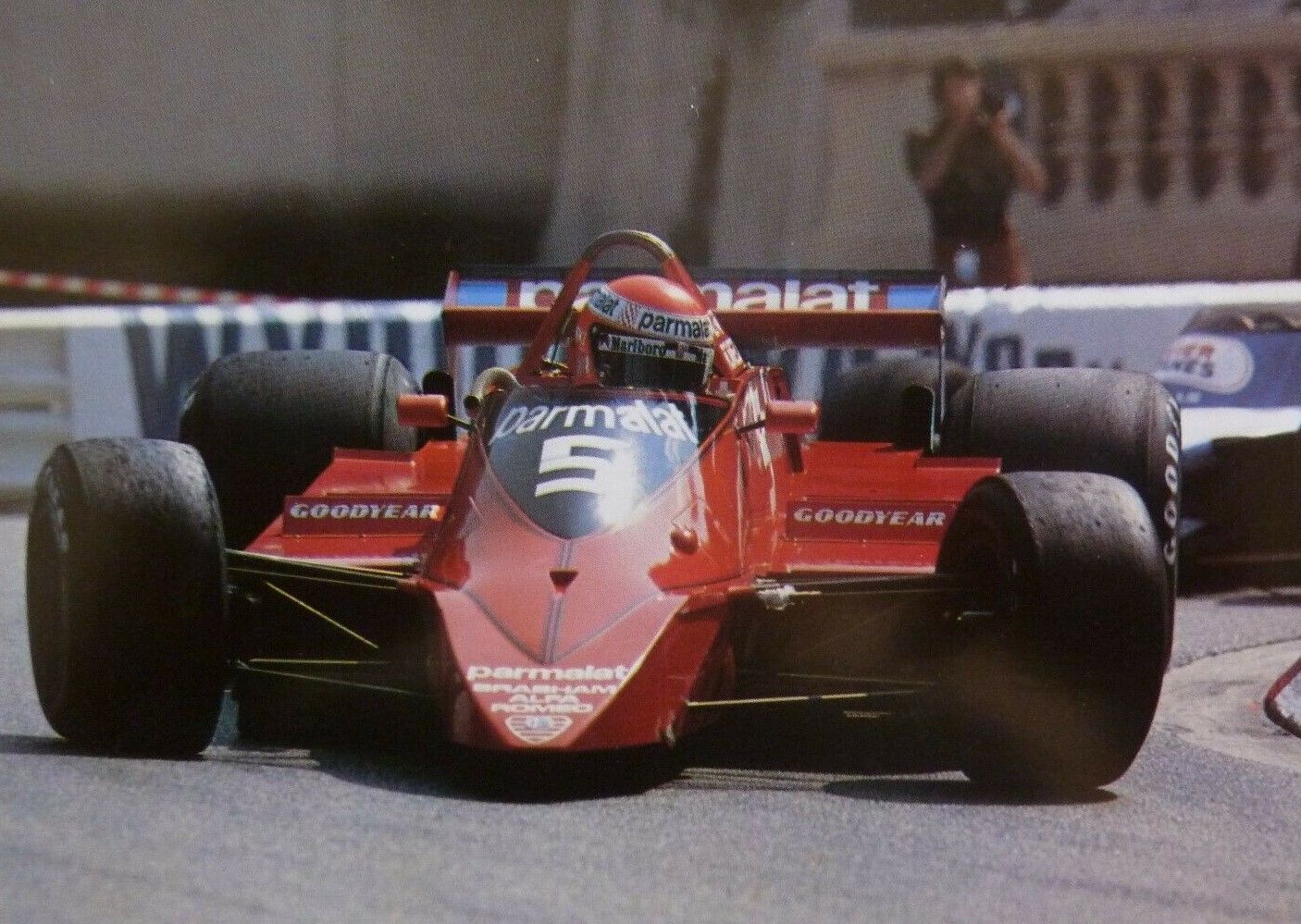
Niki Lauda, Brabham BT48, at the 1979 Monaco Grand Prix.
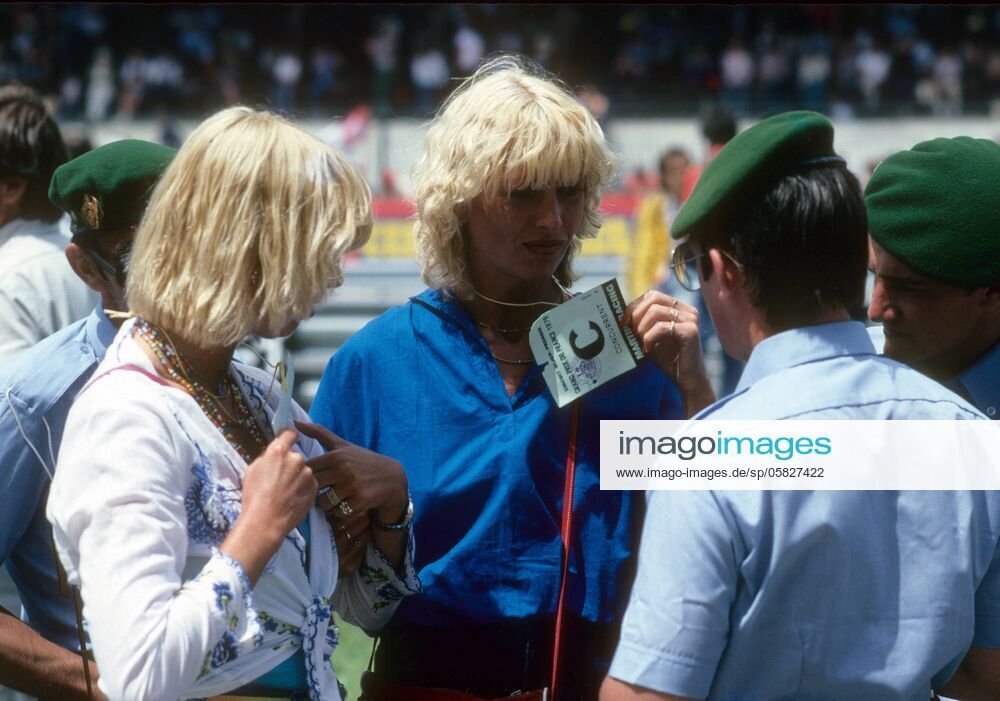
Pit girls show their accreditations to the Gendarmerie at the France Grand Prix in Dijon – Prenois on 01 July 1979.
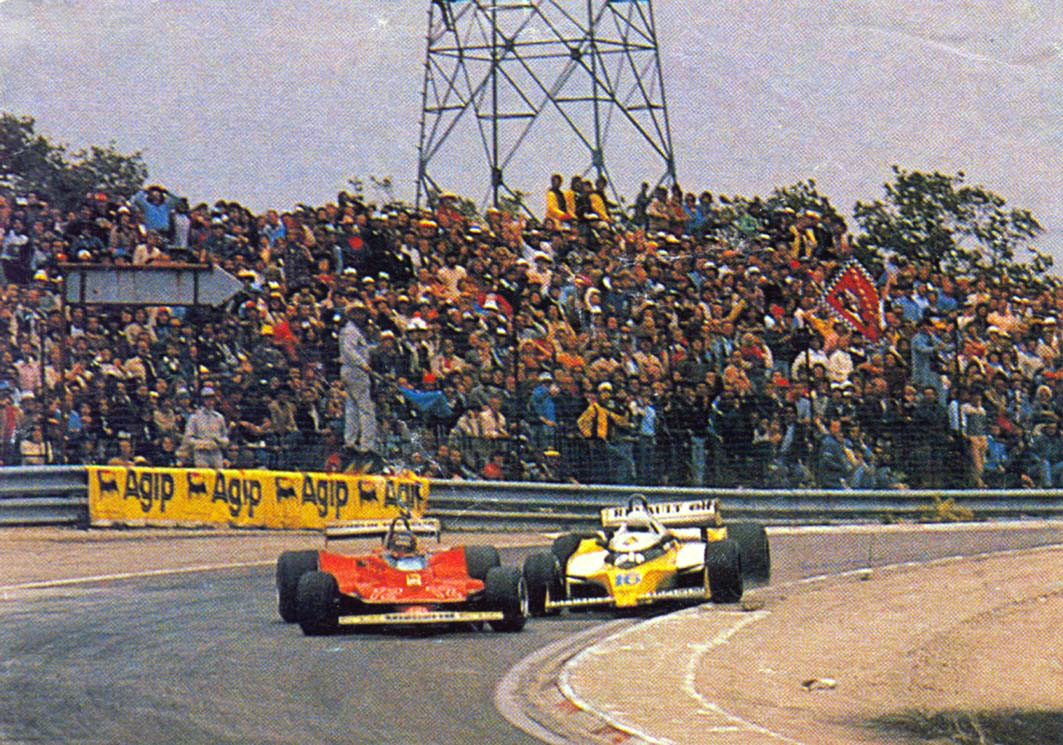
Gilles Villeneuve, Ferrari, fighting with René Arnoux, Renault, at the France Grand Prix in Dijon – Prenois on 01 July 1979.
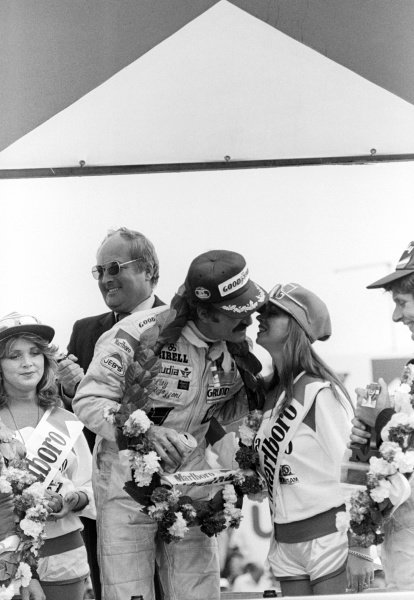
Race winner Clay Regazzoni, Williams, kisses one of the Marlboro girls on the podium at the British Grand Prix on 14 July 1979. It was the first win for the Williams team. Photo by David Phipps.
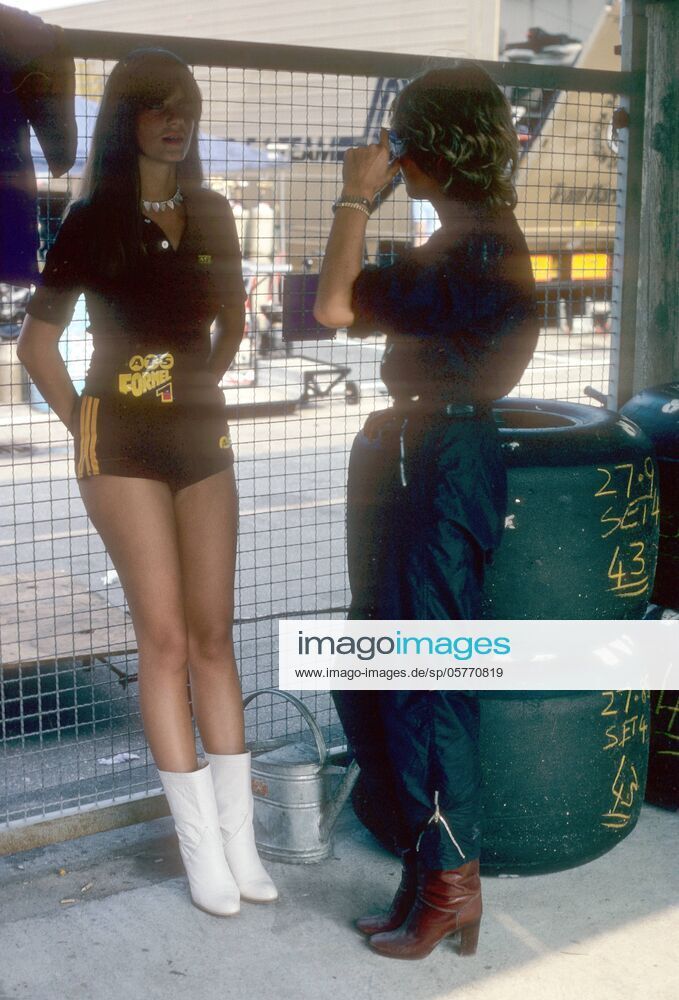
Promotion girls at the German Grand Prix in Hockenheim on 29 July 1979.
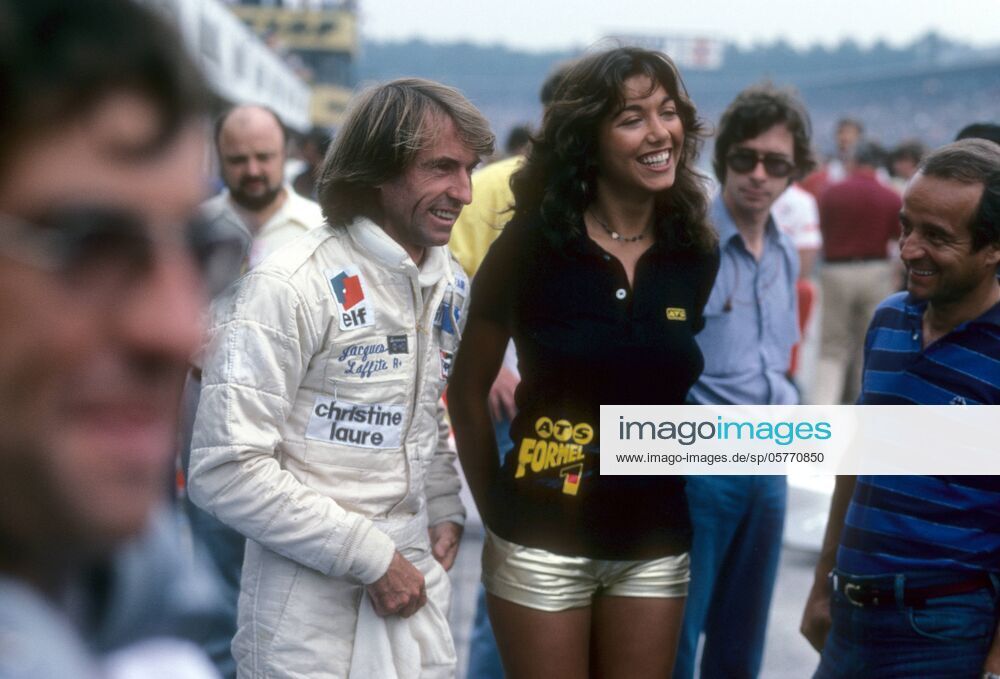
Jacques Laffite, Ligier Ford, with an ATS Formula 1 promotion girl at the German Grand Prix in Hockenheim on 29 July 1979.
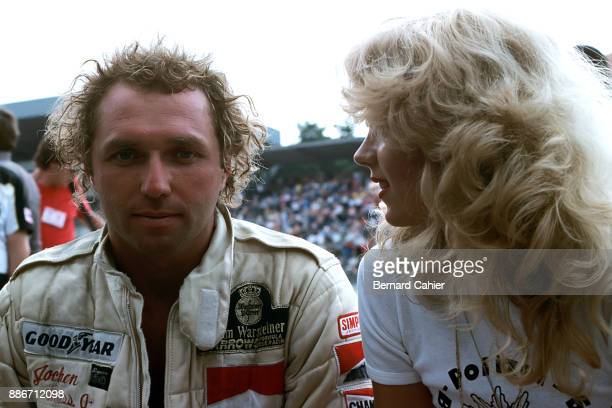
Jochen Mass, Arrows-Ford A2, with a blonde girl at the German Grand Prix in Hockenheim on 29 July 1979. Photo by Bernard Cahier / Getty Images.
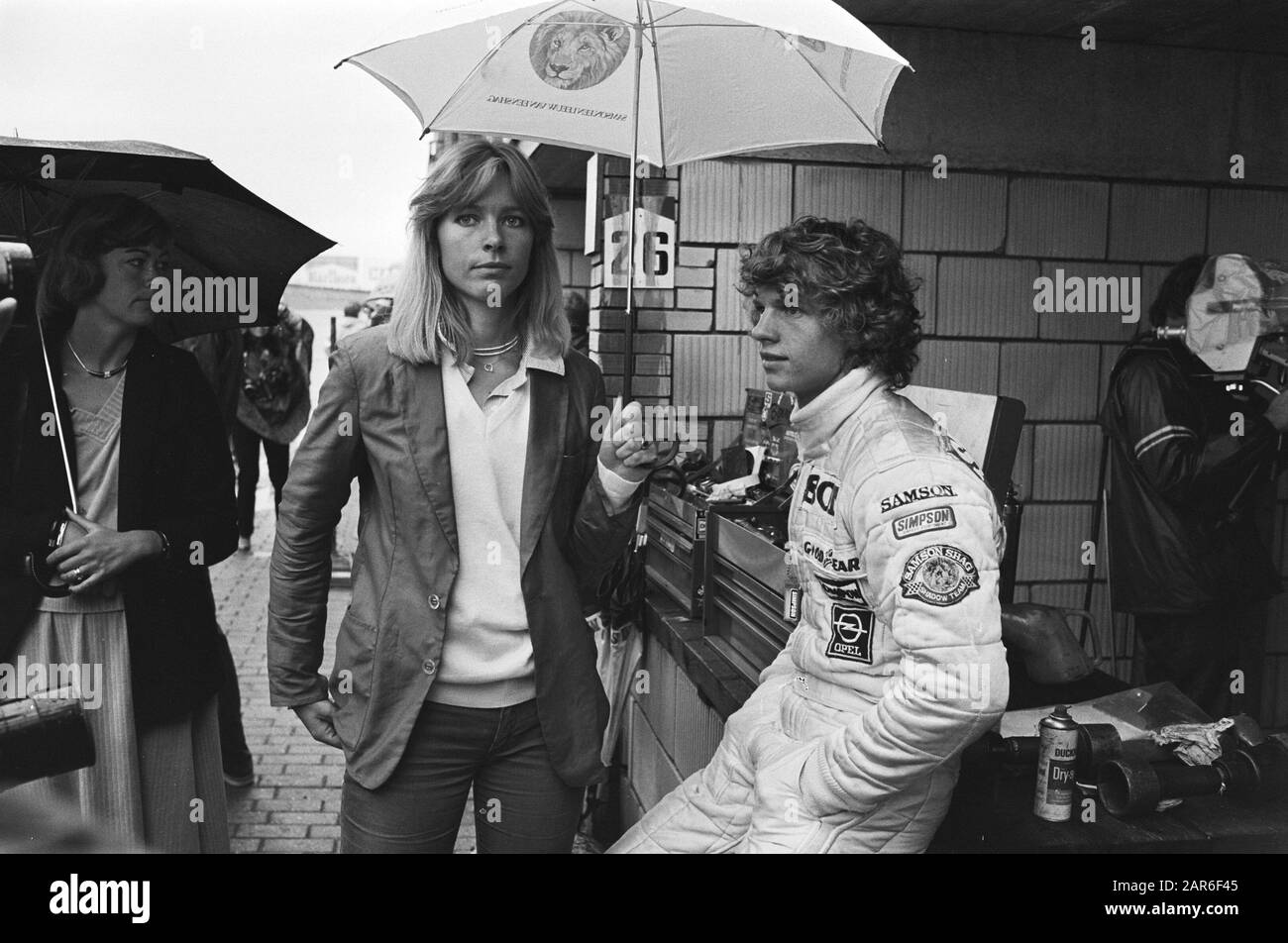
A girl holding umbrella over the head of Jan Lammers at the Dutch Grand Prix in Zandvoort on 24 August 1979.
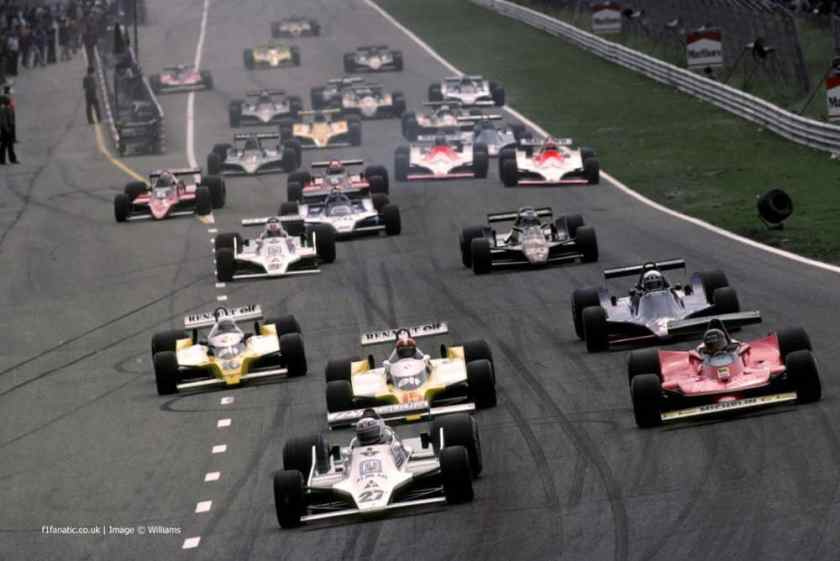
Alan Jones leads Gilles Villeneuve and the Renaults into turn one as Carlos Reutemann loses a wheel at the Dutch Grand Prix in Zandvoort on 24 August 1979.
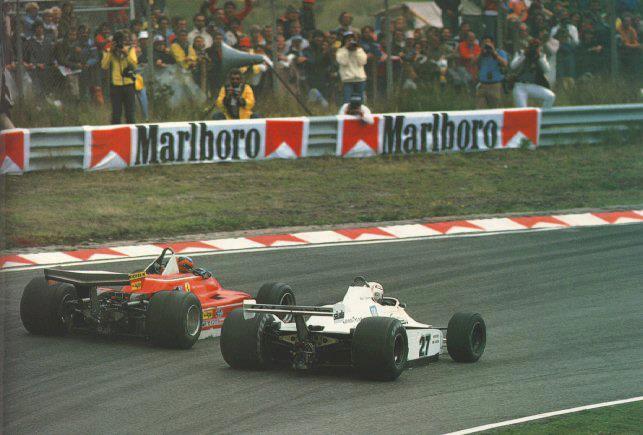
Gilles Villeneuve, Ferrari, fighting with Alan Jones, Williams, at the Dutch Grand Prix in Zandvoort on 24 August 1979.
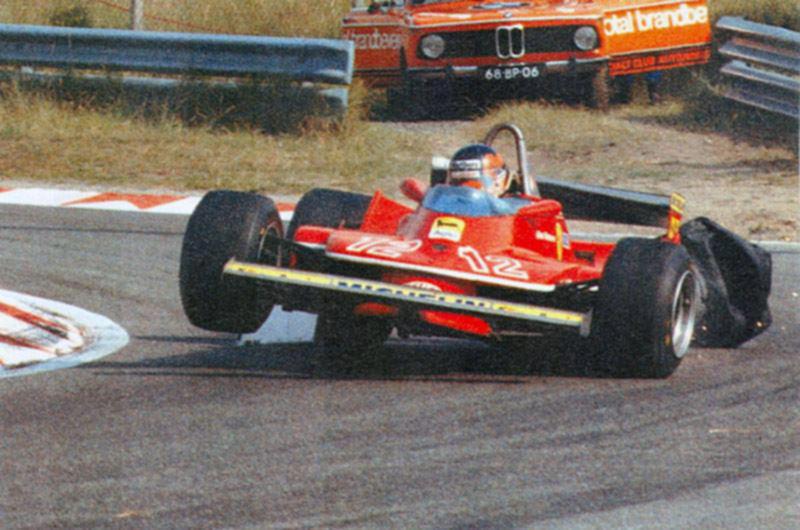
Gilles Villeneuve had a puncture on the rear left wheel on his Ferrari 312T4 during the 1979 Dutch GP.
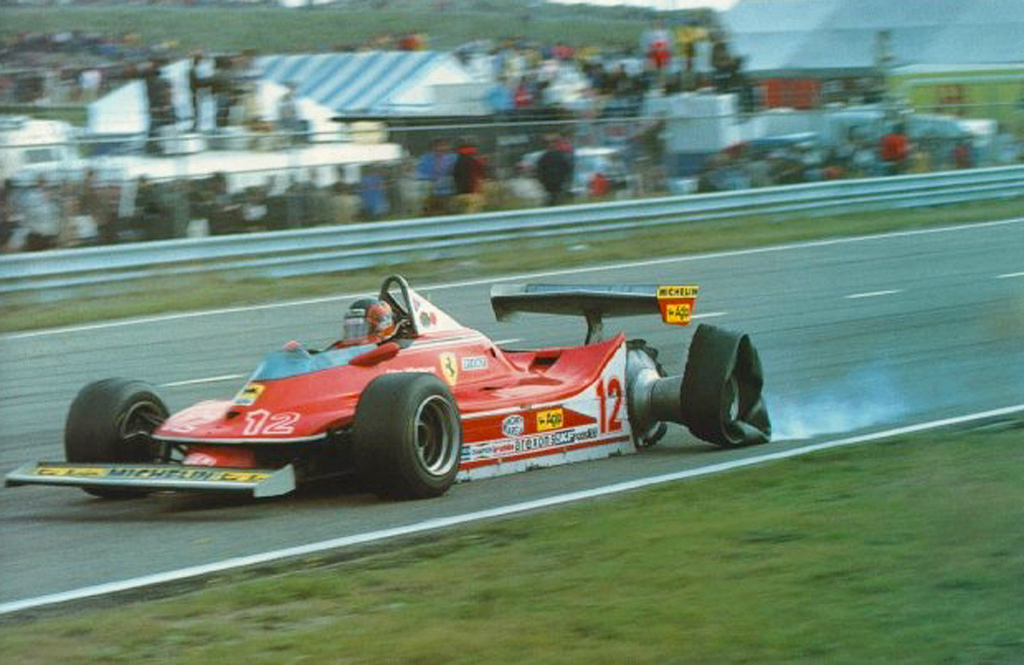
Gilles Villeneuve had a puncture on the rear left wheel on his Ferrari 312T4 during the 1979 Dutch GP.
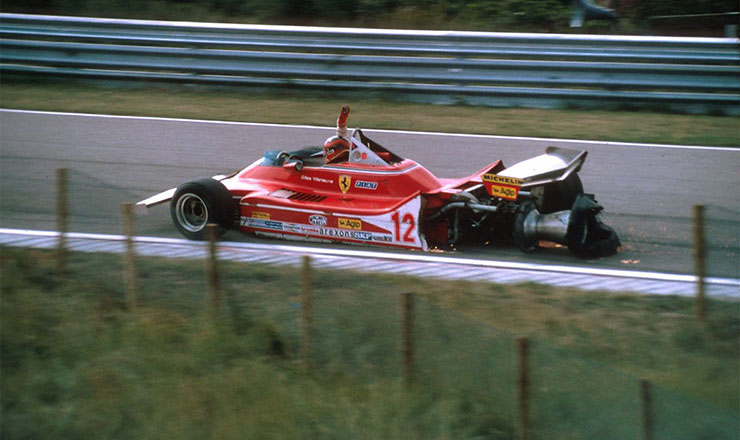
Gilles Villeneuve had a puncture on the rear left wheel on his Ferrari 312T4 during the 1979 Dutch GP.
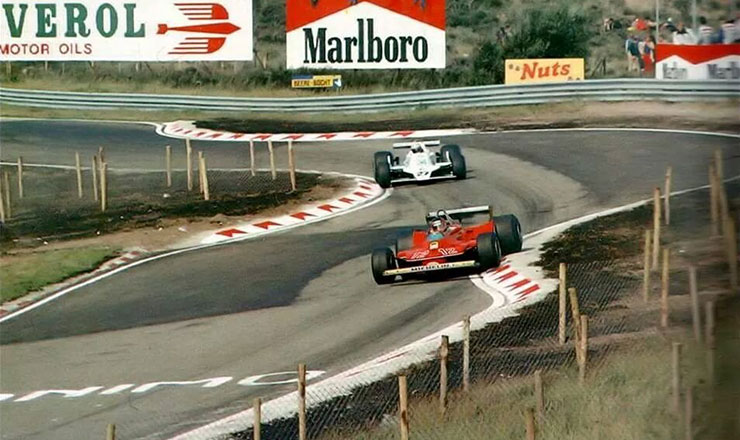
Gilles Villeneuve and Alan Jones at the Canadian GP, held on 30 September 1979 at the Circuit Île Notre-Dame in Montreal.
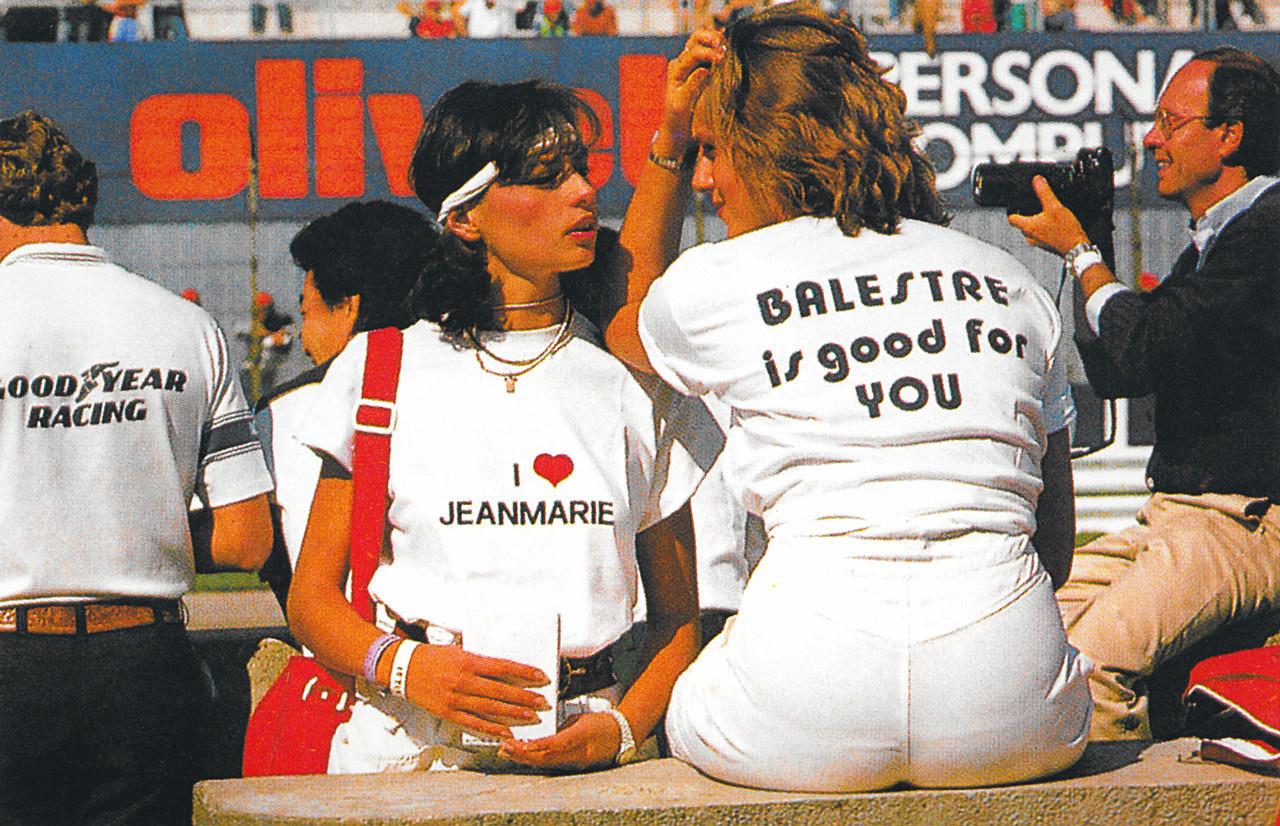
Jean-Marie Balestre female fans, maybe in the 80s.
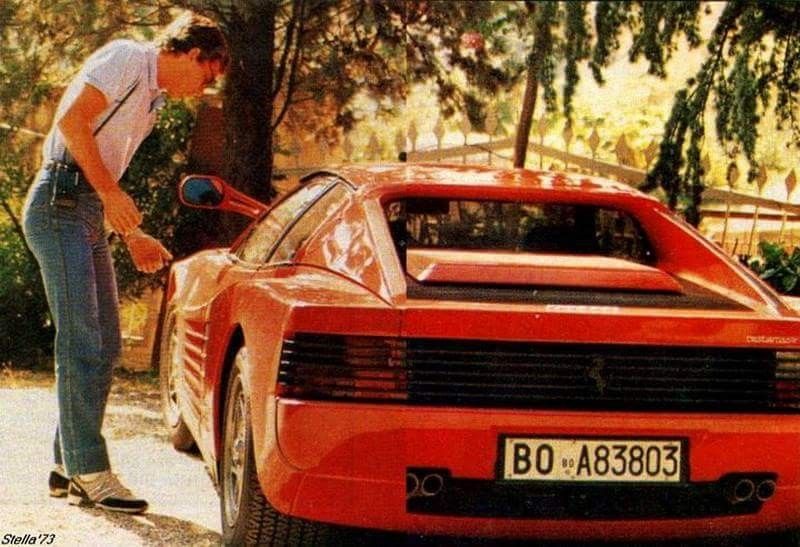
Ayrton Senna and a Ferrari Testarossa in the 1980's.
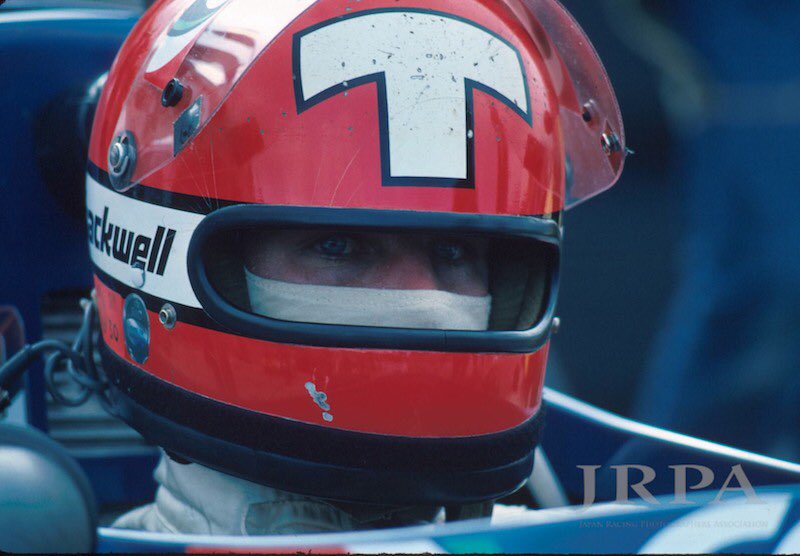
Mike Thackwell raced in F1 in 1980 and 1984 with his very distinctive helmet design. He was the last Kiwi in F1 before Brendon Hartley.
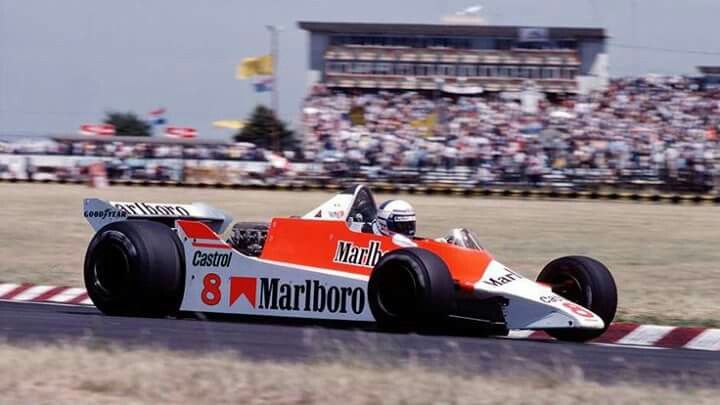
1980.
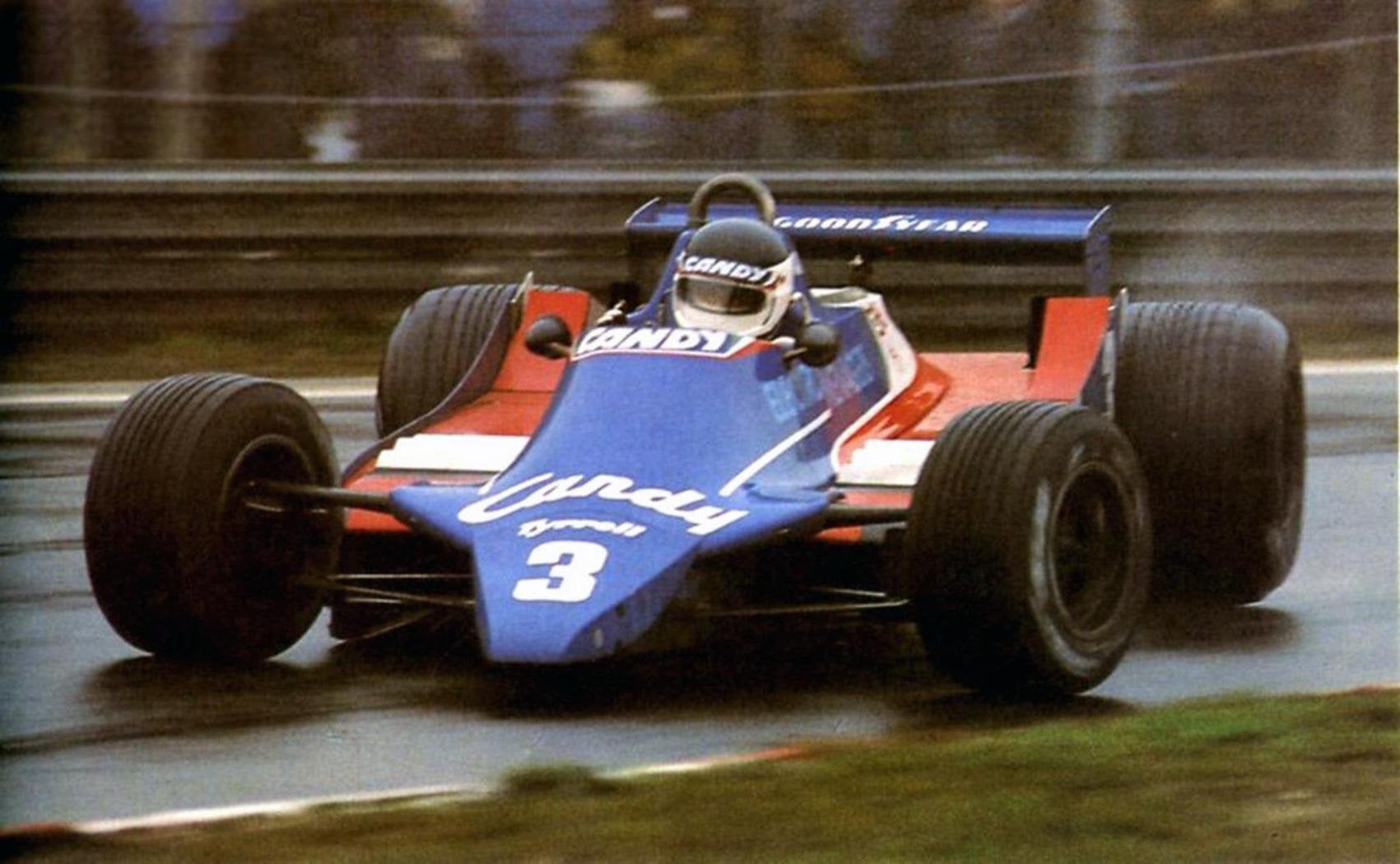
Jean-Pierre Jarier, Tyrrell 009, in 1980.
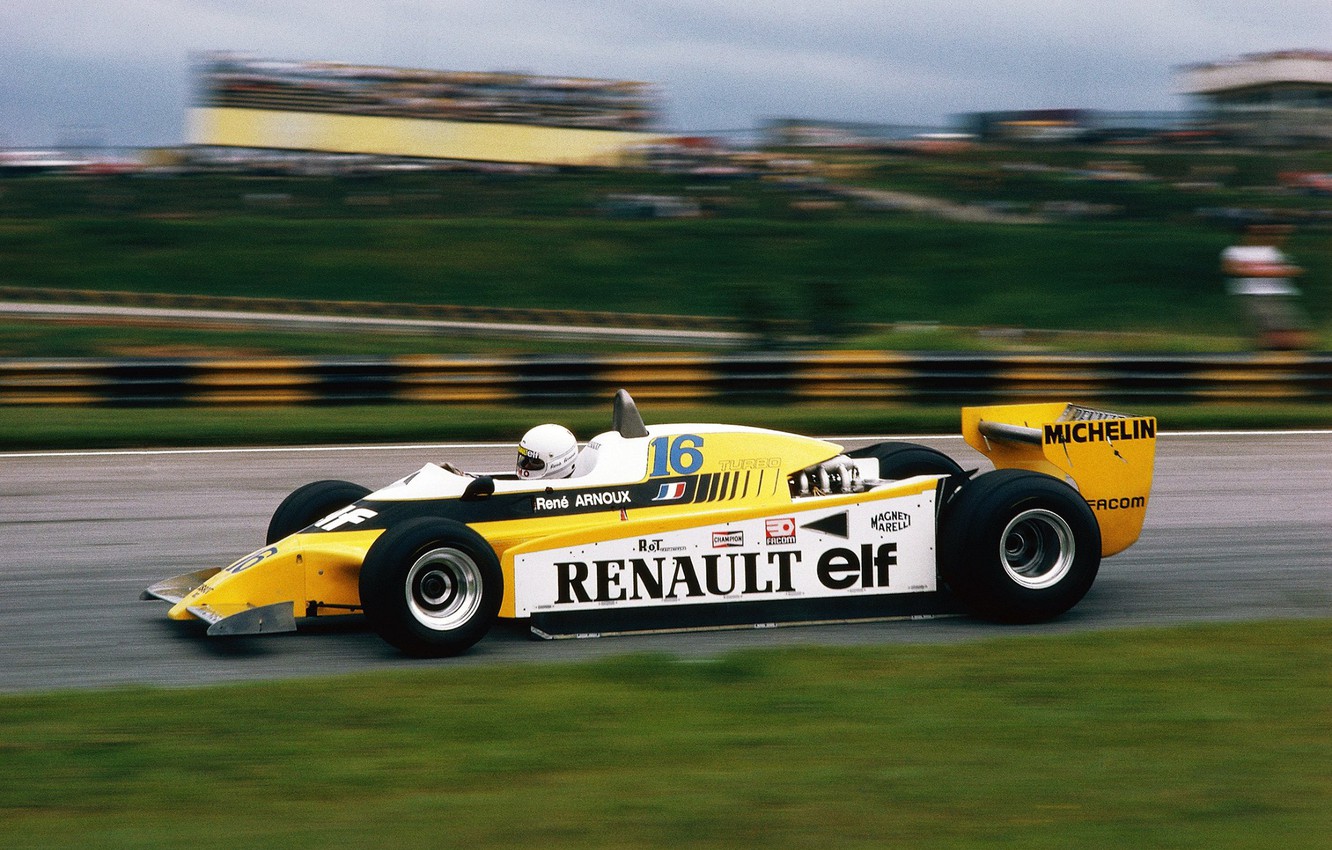
René Arnoux, Renault RE20 F1, in 1980.
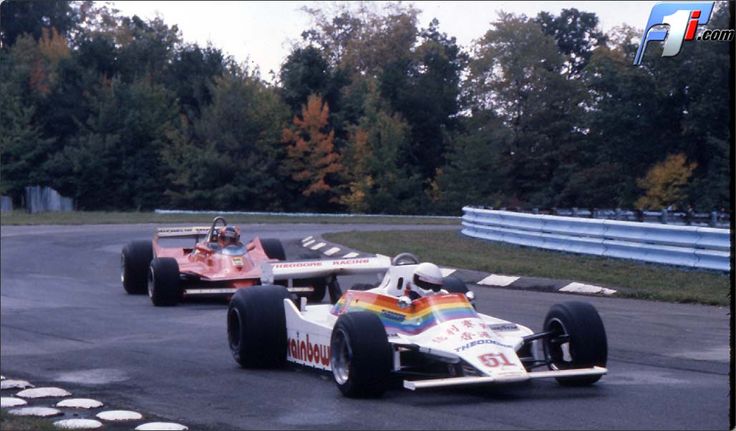
1980.
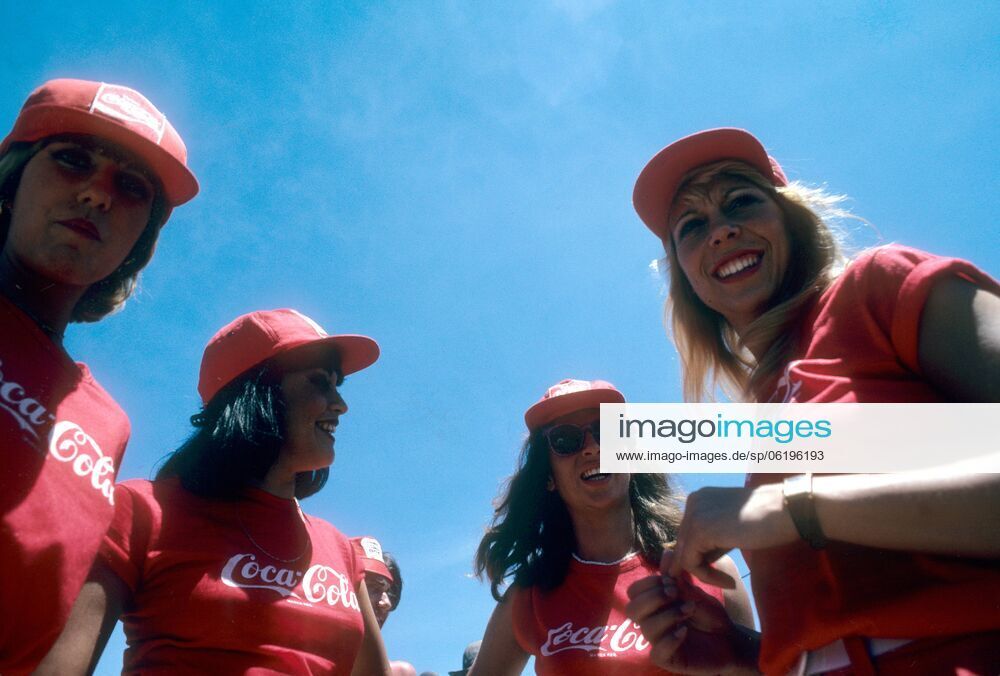
Coca Cola girls at the Argentinean Grand Prix in Buenos Aires on 13 January 1980.
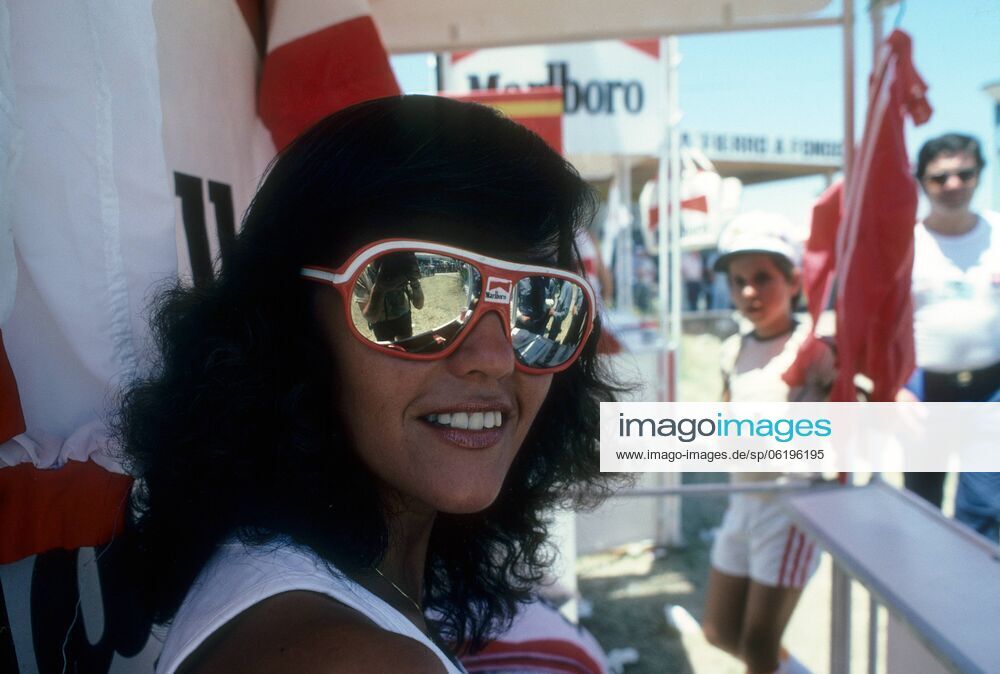
A Marlboro girl at the Argentinean Grand Prix in Buenos Aires on 13 January 1980.
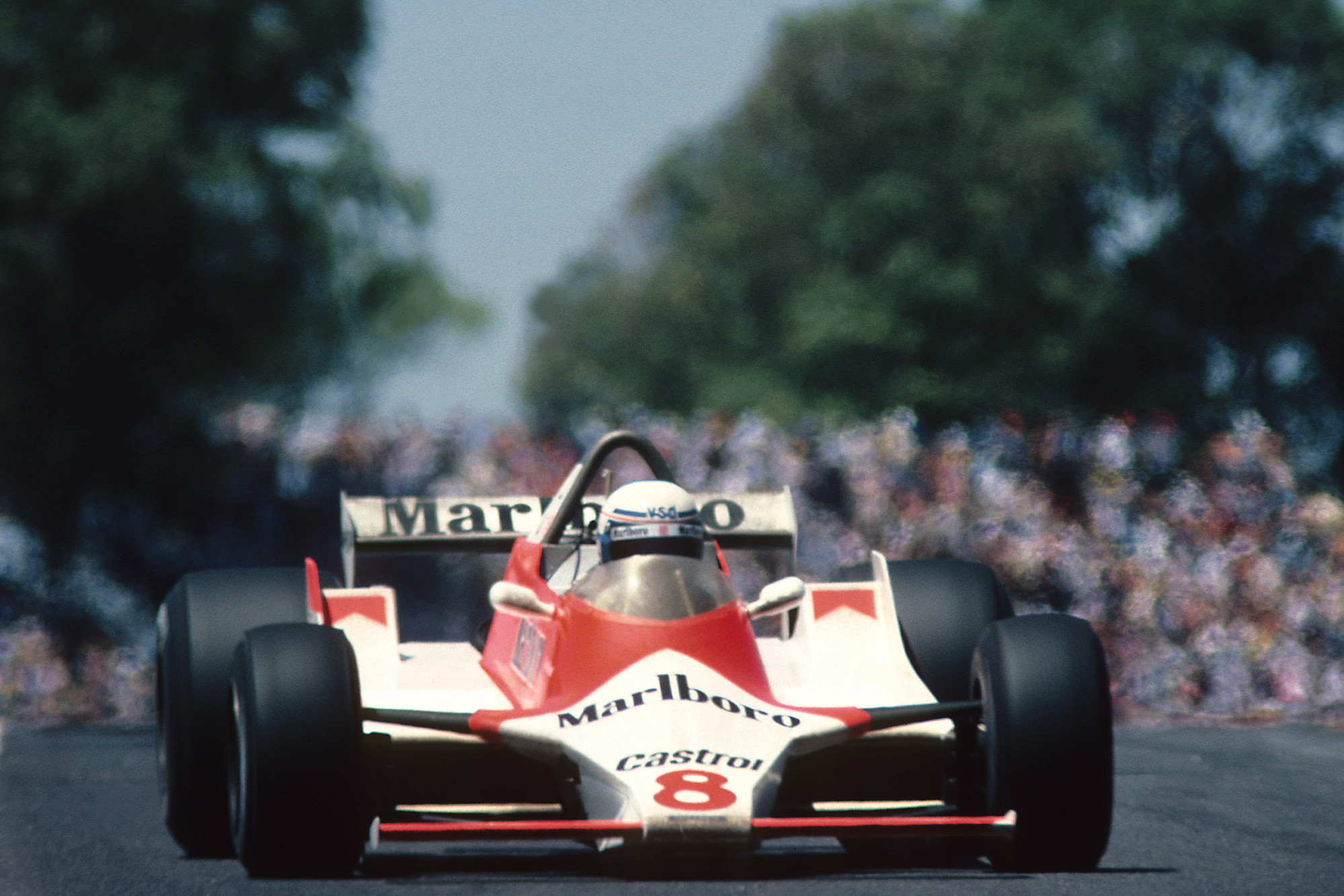
Alain Prost at the Autodromo Municipal Ciudad de Buenos Aires in Argentina on 13 January 1980.
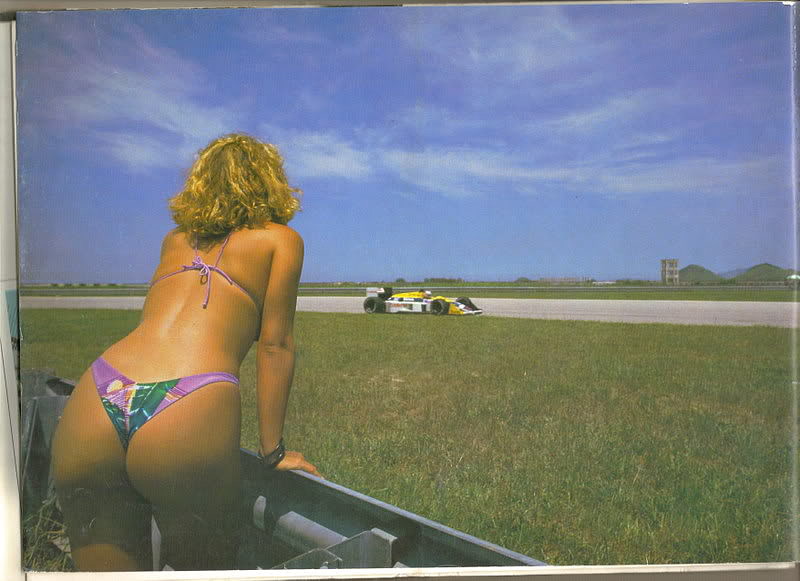
Brazilian Grand Prix at Jacarepagua in the 80's years.
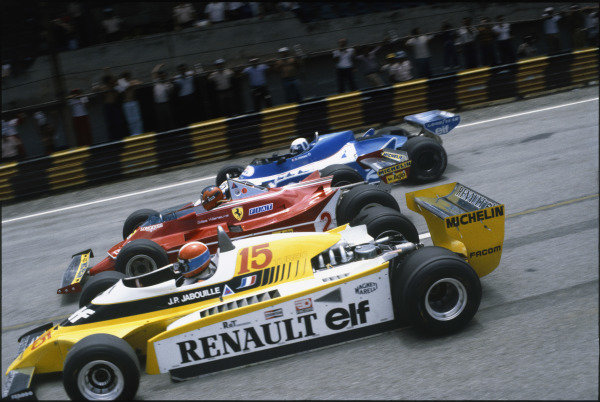
Jean Pierre Jabouille, Renault, Gilles Villeneuve, Ferrari, Didier Pironi, Ligier, at the Brazilian Grand Prix in Interlagos on 27 January 1980.
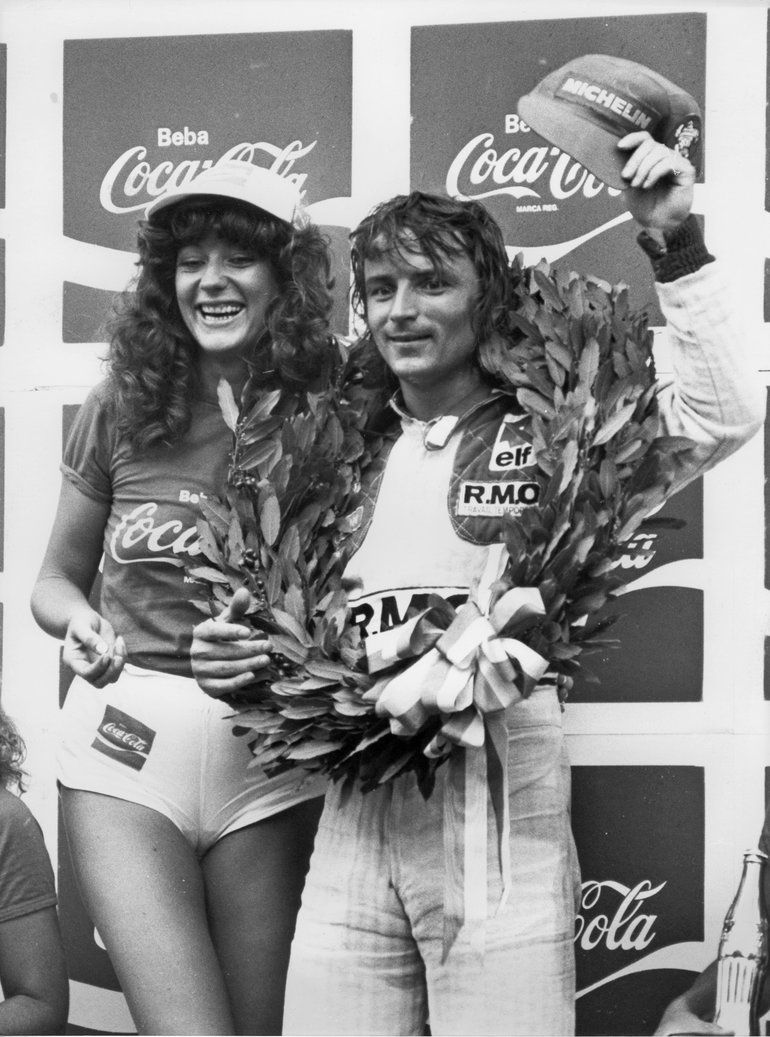
René Arnoux, Renault, celebrates his first Grand Prix victory on the podium with a Coca Cola girl at the Brazilian Grand Prix in Interlagos on 27 January 1980.
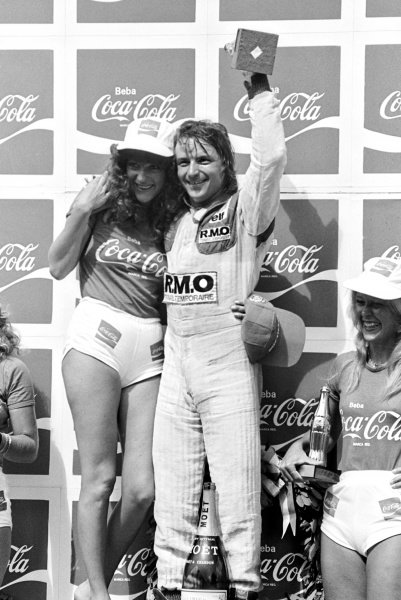
René Arnoux, Renault, celebrates his first Grand Prix victory on the podium with a Coca Cola girl at the Brazilian Grand Prix in Interlagos on 27 January 1980.
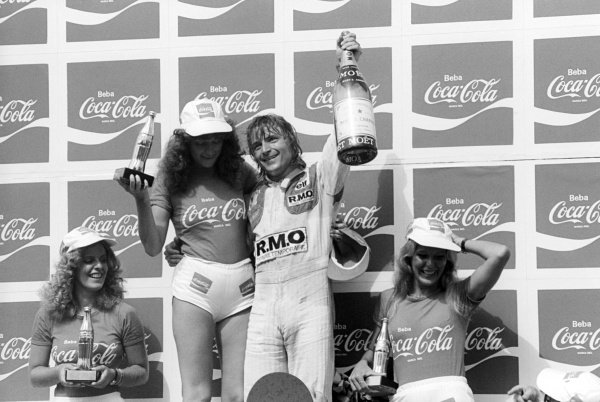
René Arnoux, Renault, celebrates his first Grand Prix victory on the podium with Coca Cola girls at the Brazilian Grand Prix in Interlagos on 27 January 1980.
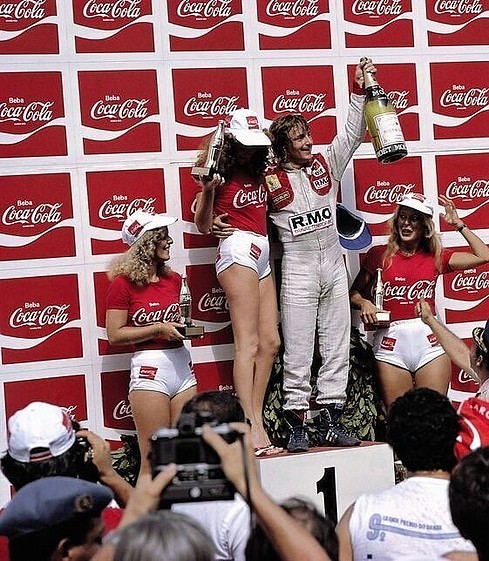
René Arnoux, Renault, celebrates his first Grand Prix victory on the podium with Coca Cola girls at the Brazilian Grand Prix in Interlagos on 27 January 1980.
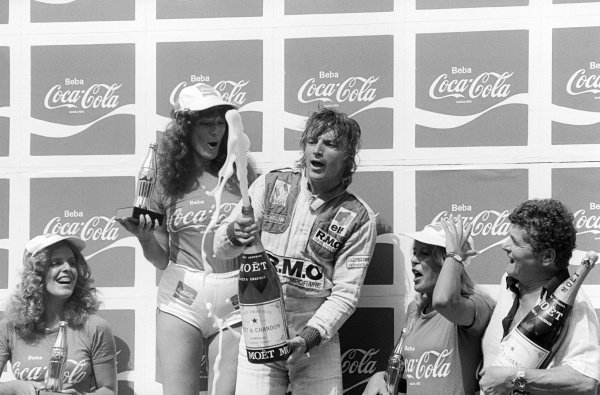
René Arnoux, Renault, celebrates his first Grand Prix victory on the podium with Coca Cola girls at the Brazilian Grand Prix in Interlagos on 27 January 1980.
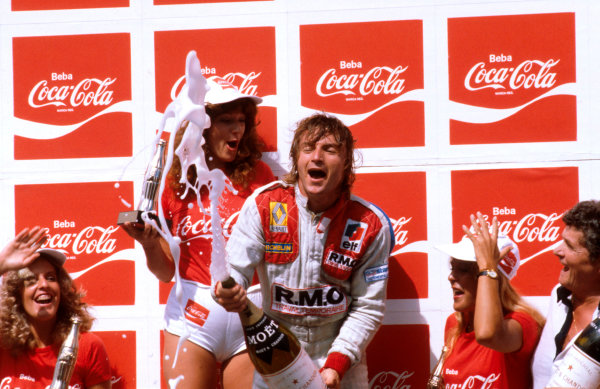
René Arnoux, Renault, celebrates his first Grand Prix victory on the podium with Coca Cola girls at the Brazilian Grand Prix in Interlagos on 27 January 1980.
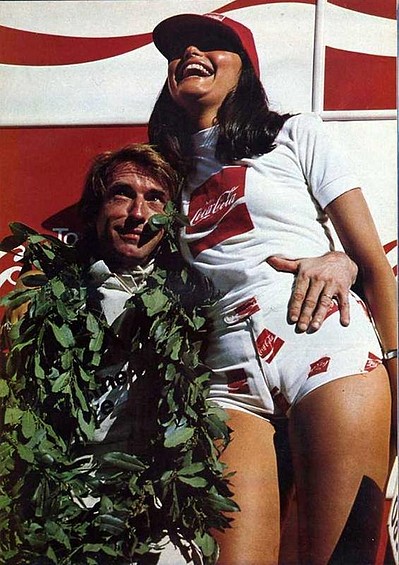
Jacques Laffite celebrates on the podium with a Coca Cola girl at the Brazilian Grand Prix in Interlagos on 27 January 1980.
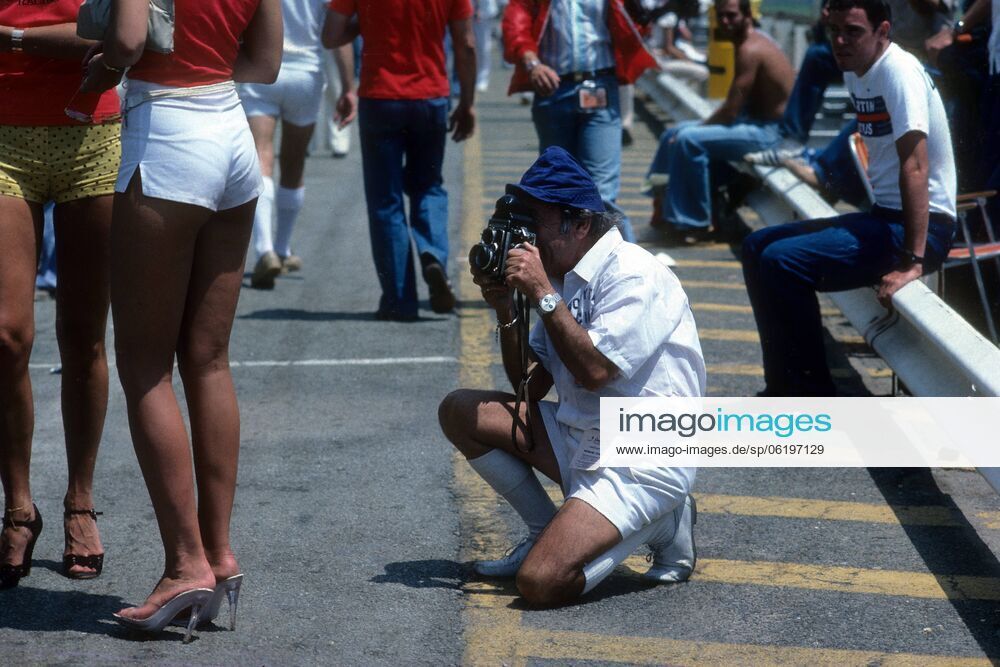
A sports photographer with a medium format camera photographs the beautiful legs of the girls at the South African Grand Prix on 03 January 1980.
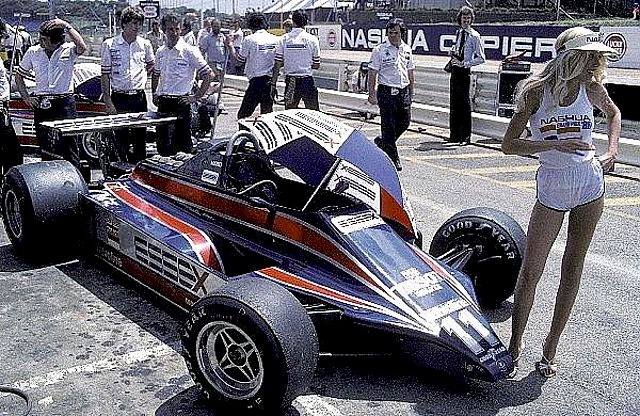
Some Lotus mechanics amazed by a Nashua promoter at the South African Grand Prix on 03 January 1980.
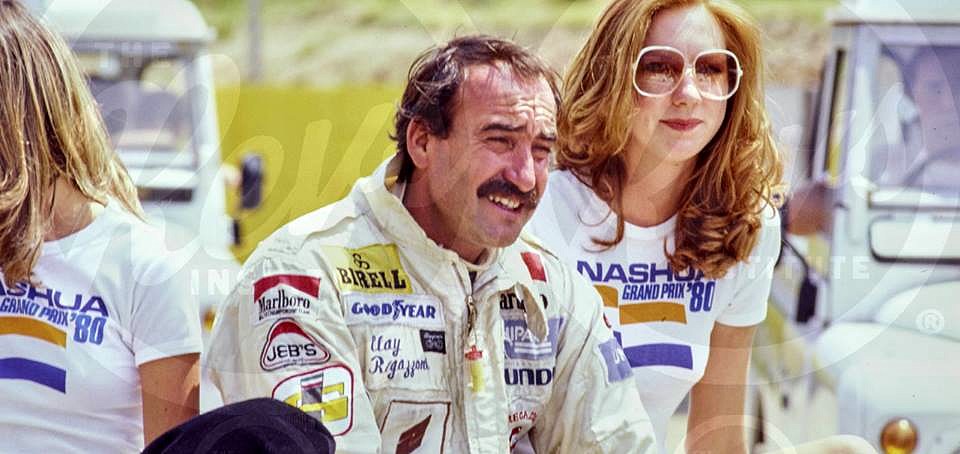
Clay Regazzoni with two female Nashua promoters at the South African Grand Prix on 03 January 1980.
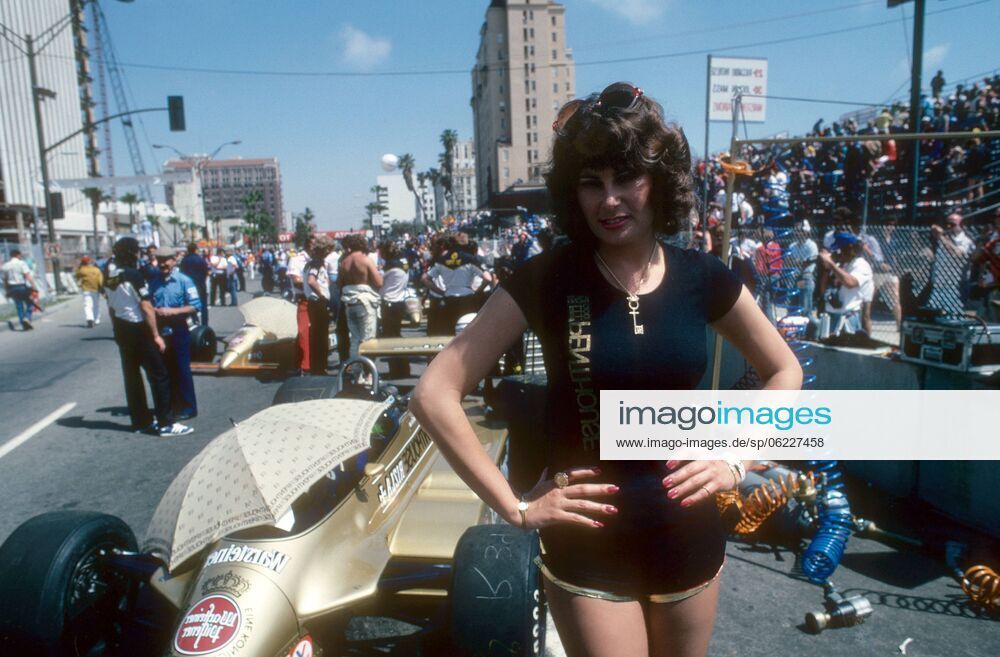
A Penthouse promotion girl in front of an Arrows at the US West Grand Prix in Long Beach on 30 March 1980.
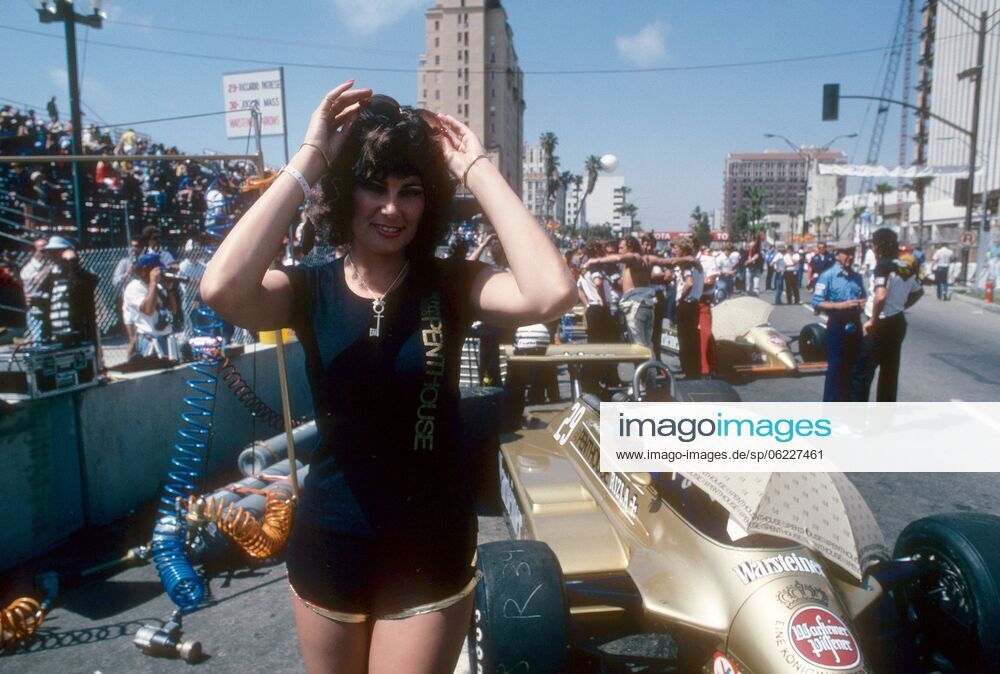
A Penthouse promotion girl in front of an Arrows at the US West Grand Prix in Long Beach on 30 March 1980.
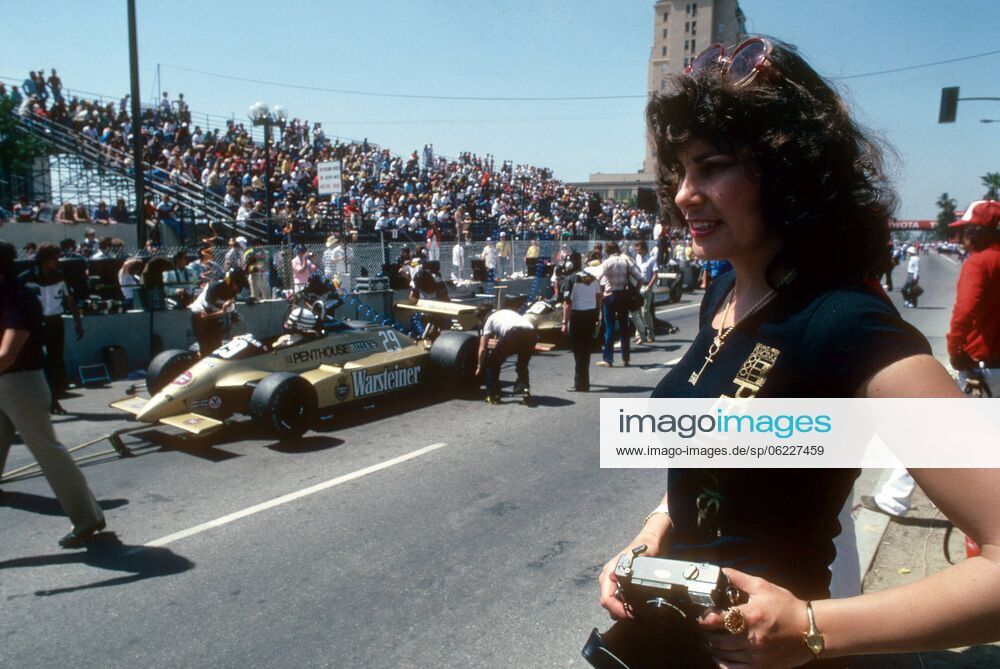
A Penthouse promotion girl in front of an Arrows at the US West Grand Prix in Long Beach on 30 March 1980.
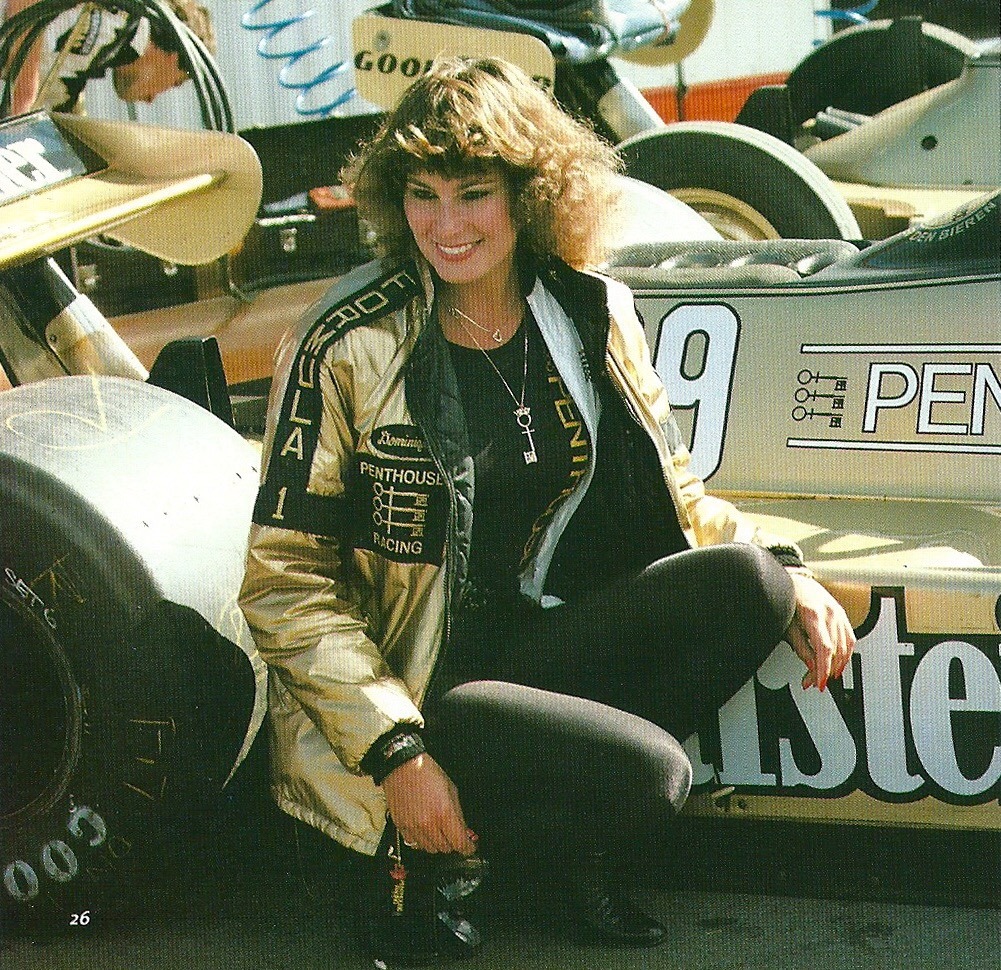
A Penthouse promotion girl in front of an Arrows in 1980.
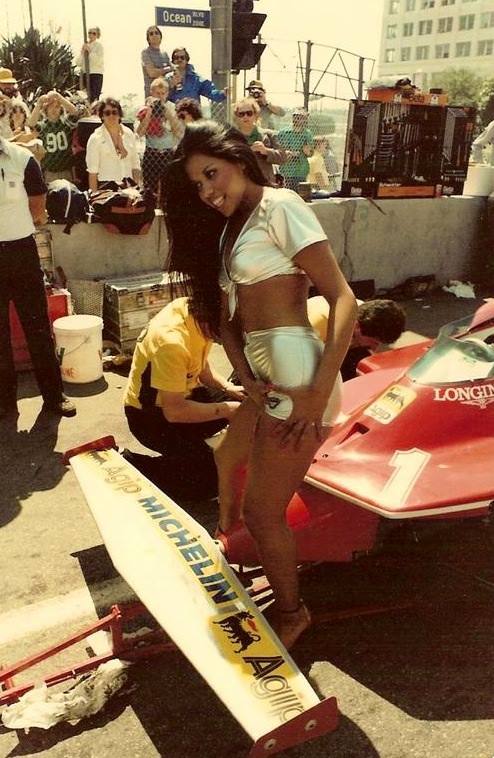
A pit babe and Jody Scheckter’s Ferrari in 1980.
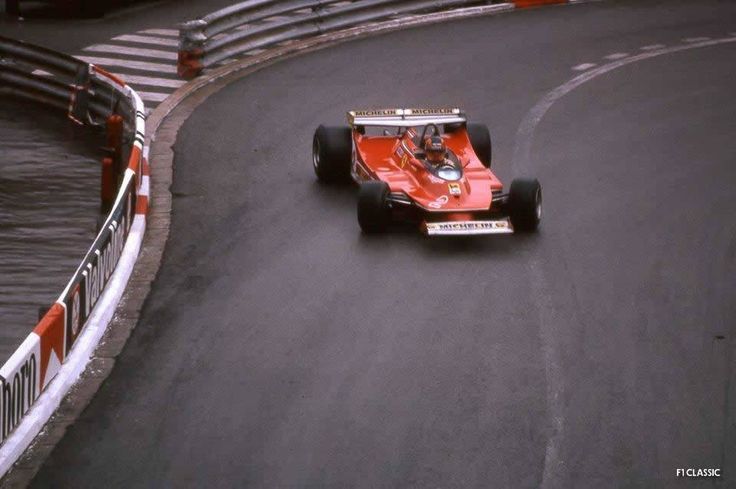
Gilles Villeneuve, Ferrari, at the Monaco Grand Prix on 18 May 1980. Photo by Luimartins.
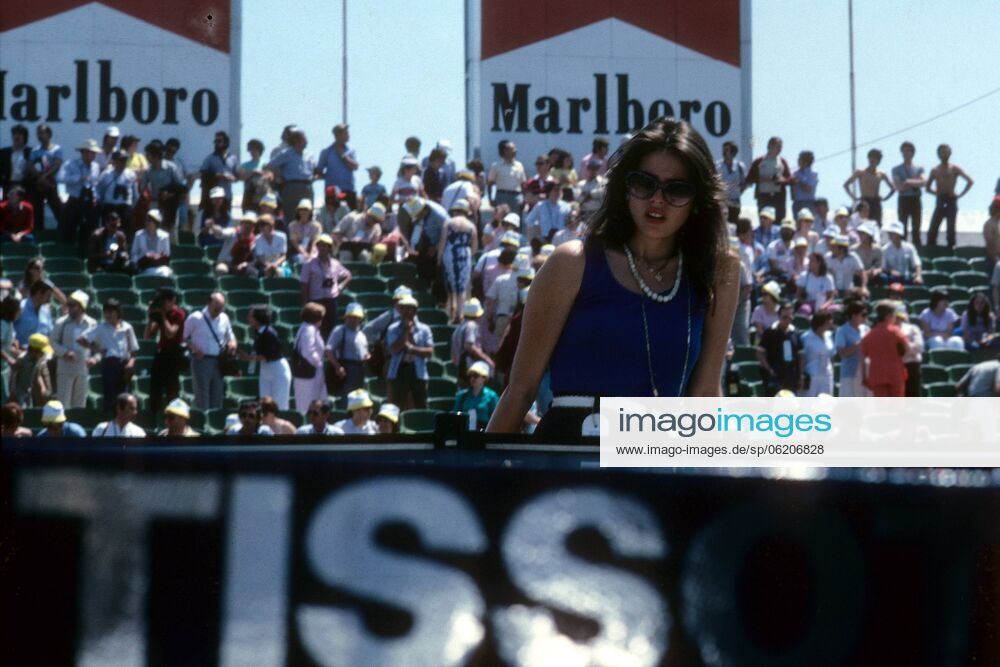
A girl at the Spanish Grand Prix in Jarama, Spain, on 01 June 1980.
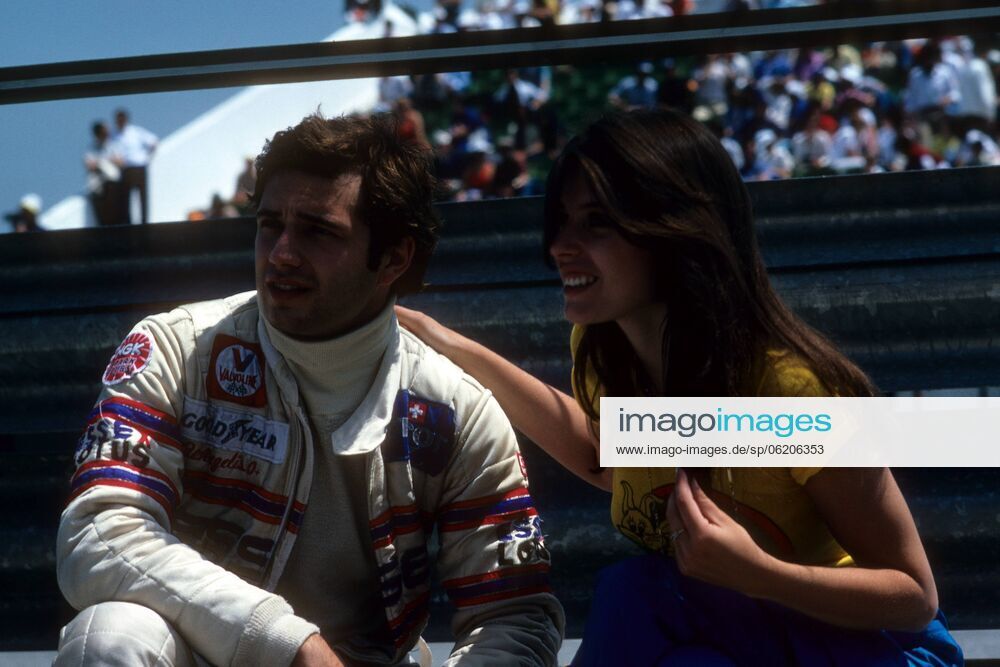
Elio de Angelis, Lotus Ford, at the Spanish Grand Prix in Jarama, Spain, on 01 June 1980.
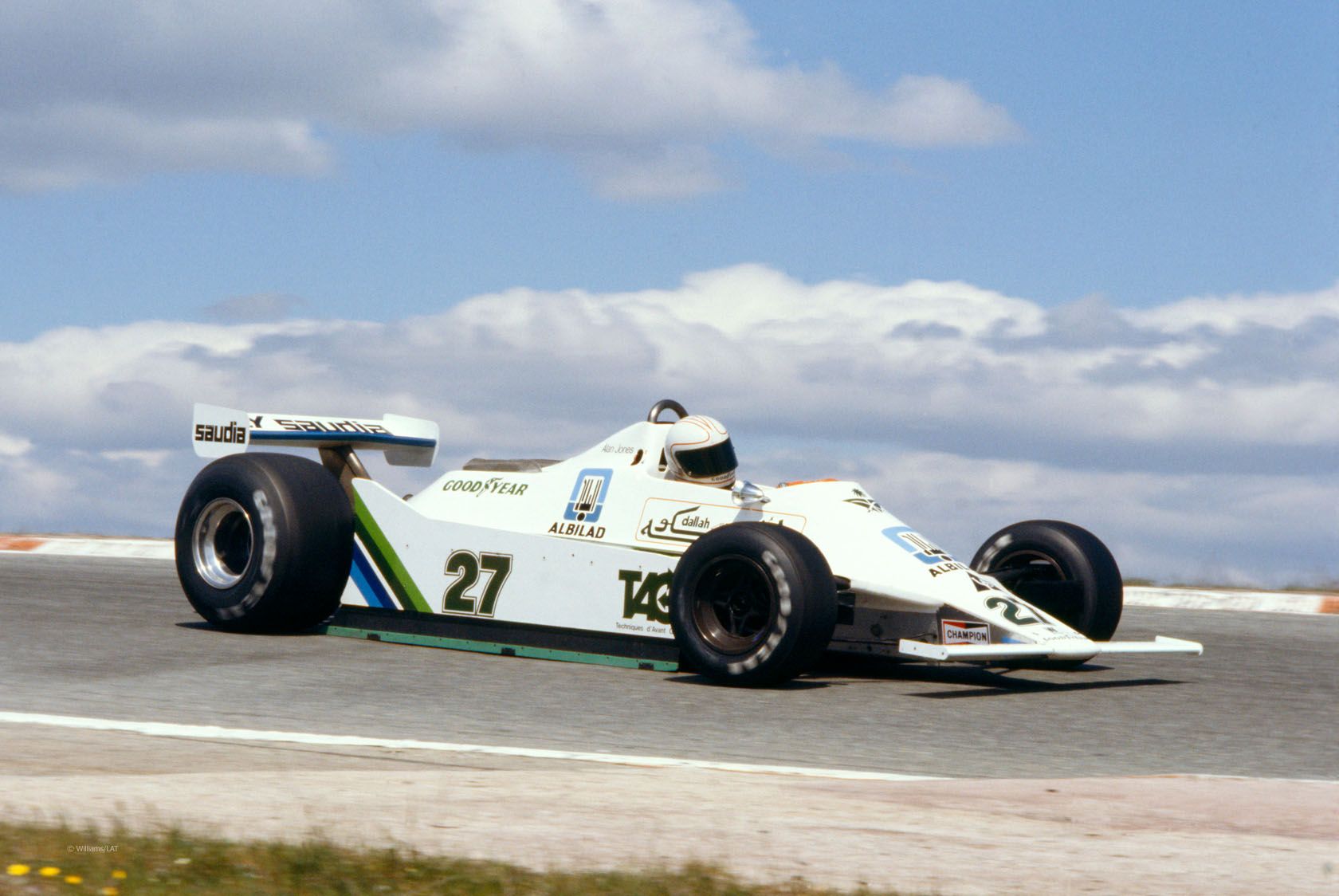
Alan Jones, Williams FW07B Ford, at the Spanish Grand Prix in Jarama, Spain, on 01 June 1980. Photo by Motorsport Images.
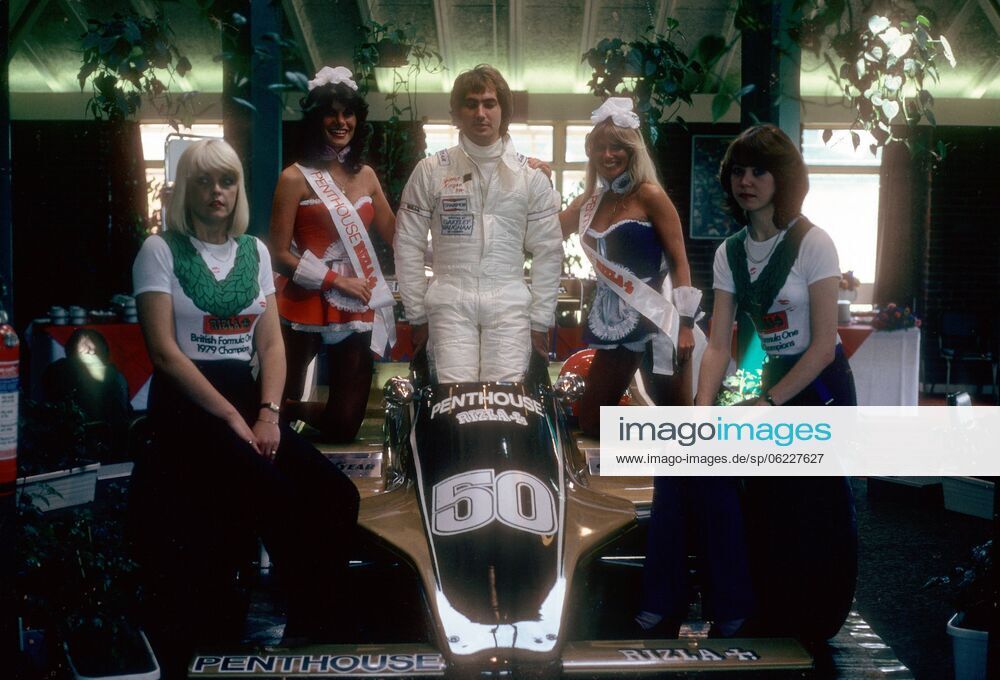
Rupert Keegan surrounded by Rizla Penthouse promogirls at Brands Hatch on 13 July 1980.
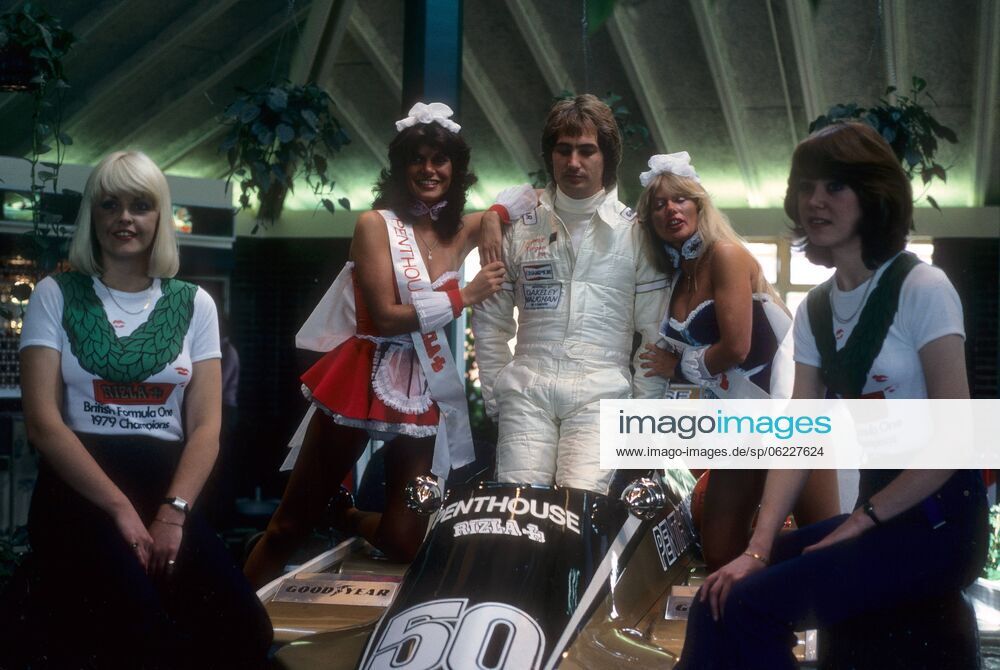
Rupert Keegan surrounded by Rizla Penthouse promogirls at Brands Hatch on 13 July 1980.
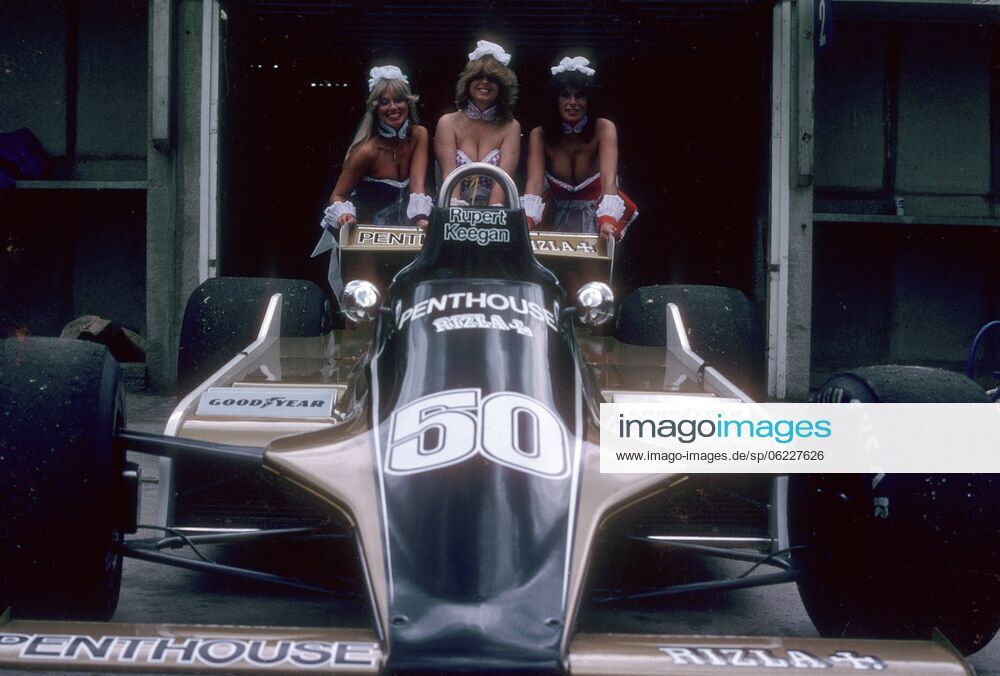
Rizla Penthouse promogirls at Brands Hatch on 13 July 1980.
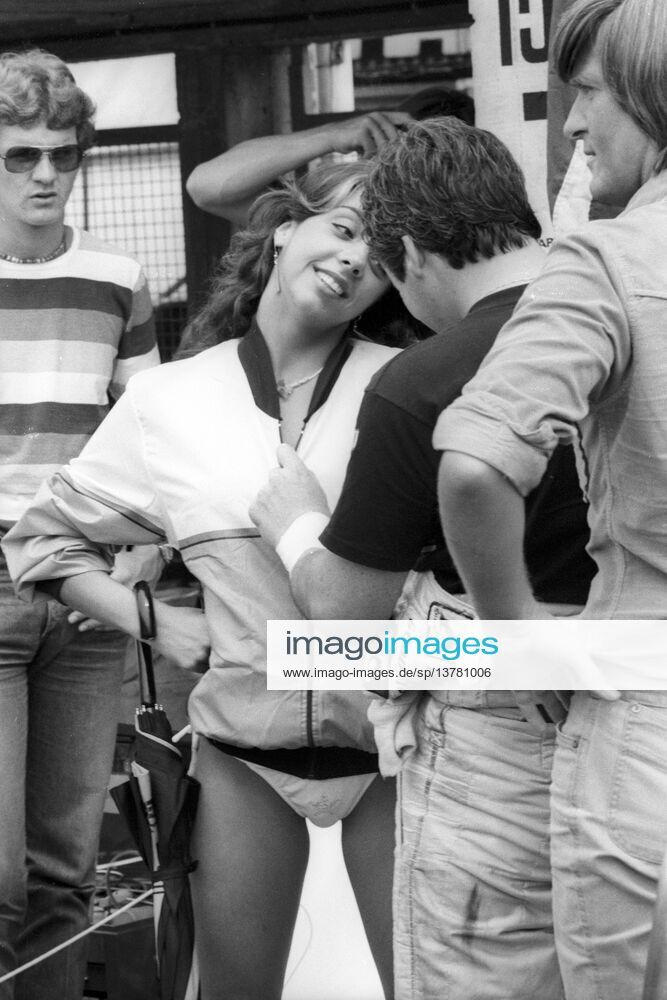
Alan Jones, Williams Ford, fiddles with a Longines promo girl at the German Grand Prix in Hockenheim on 10 August 1980.
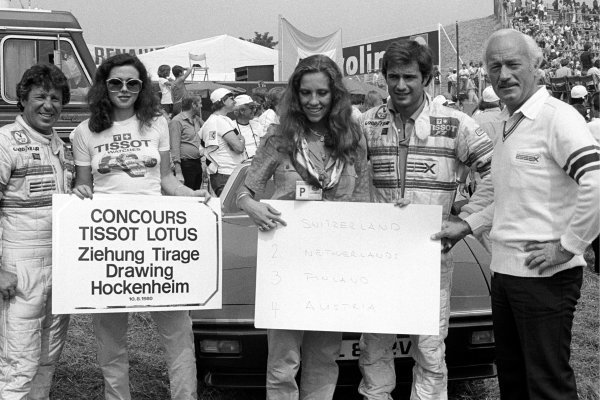
Mario Andretti, Lotus, Elio de Angelis, Lotus, Colin Chapman, Lotus Team, at the German Grand Prix in Hockenheim on 10 August 1980. Photo by David Phipps.
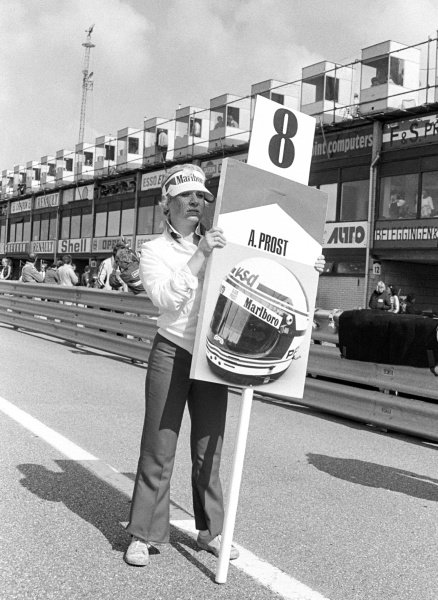
The grid girl for Alain Prost, McLaren, at Zandvoort on 31 August 1980. Photo by David Phipps.
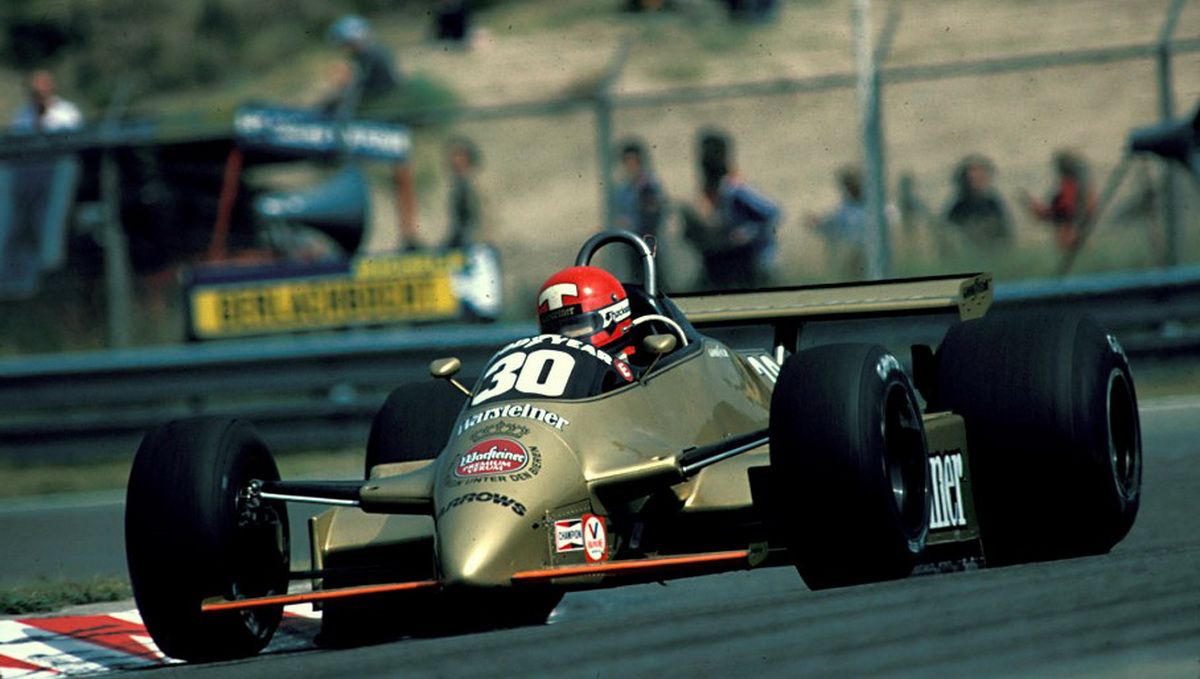
Mike Thackwell, Arrows A3 Cosworth, at Zandvoort on 31 August 1980.
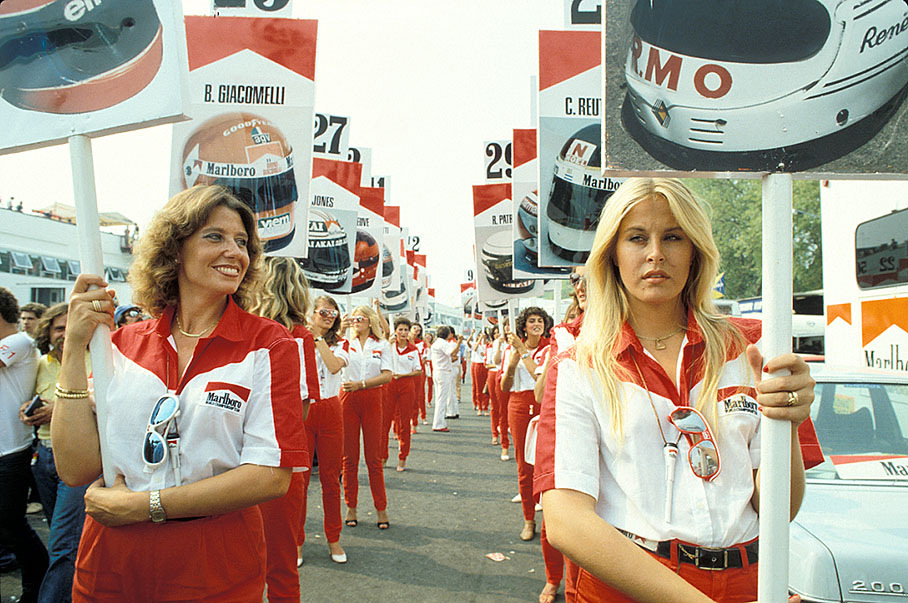
Grid girls marching in lines with driver signs at the Italian Grand Prix in Imola on 14 September 1980. Photo by Rainer Schlegelmilch.
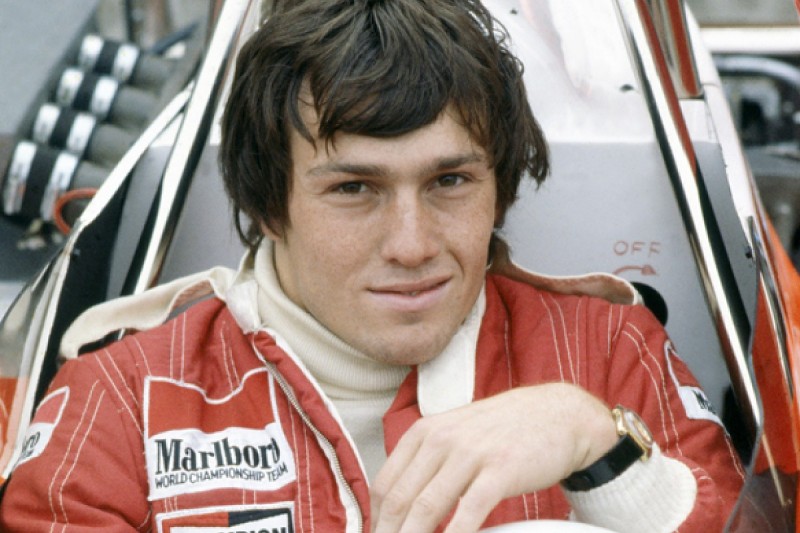
Andrea de Cesaris at the Canadian Grand Prix at the Circuit Île Notre-Dame in Montreal, Quebec, on 28 September 1980. Photo by Lat Images.
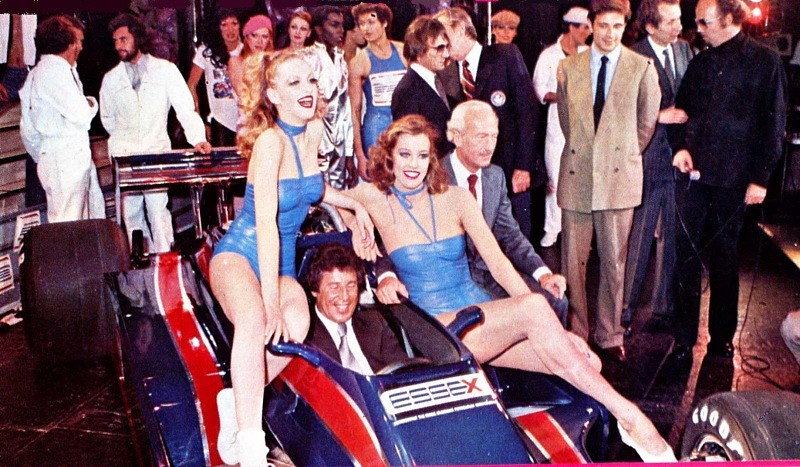
Mario Andretti, Colin Chapman and two nice girls at the presentation of the new Lotus in 1981.
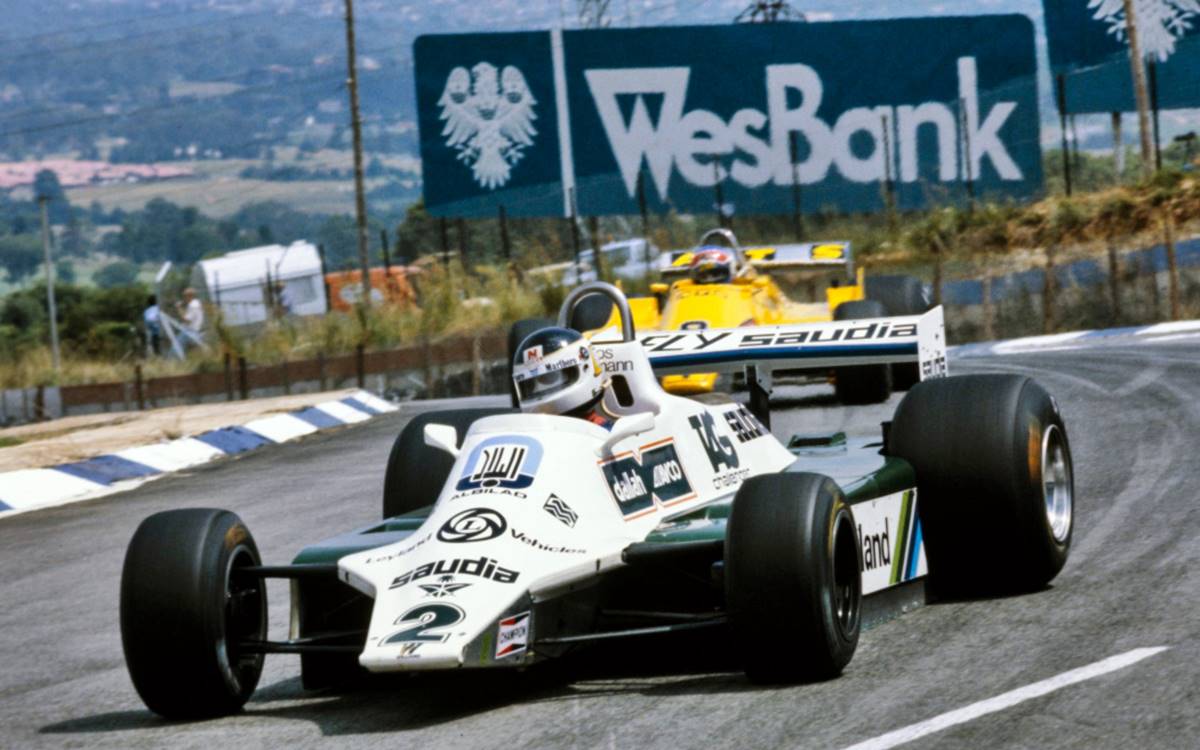
Carlos Reutemann, Williams FW07B Ford, at the South African Grand Prix in Kyalami on 07 February 1981. Photo by Motorsport Images.
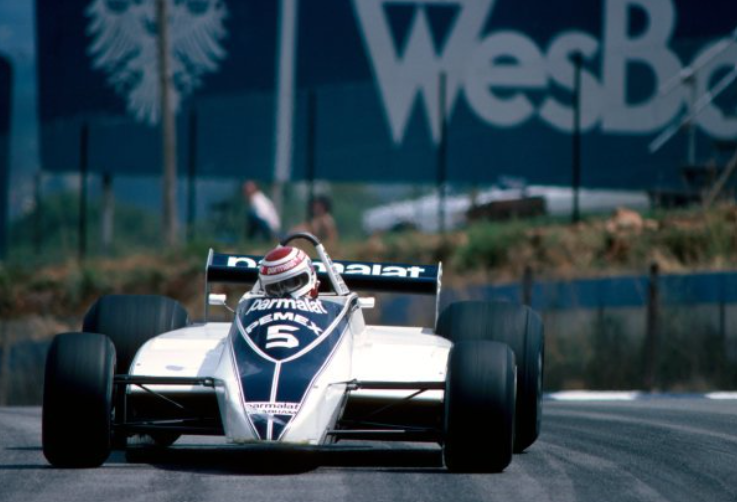
Nelson Piquet, Brabham, at the South African Grand Prix in Kyalami on 07 February 1981.
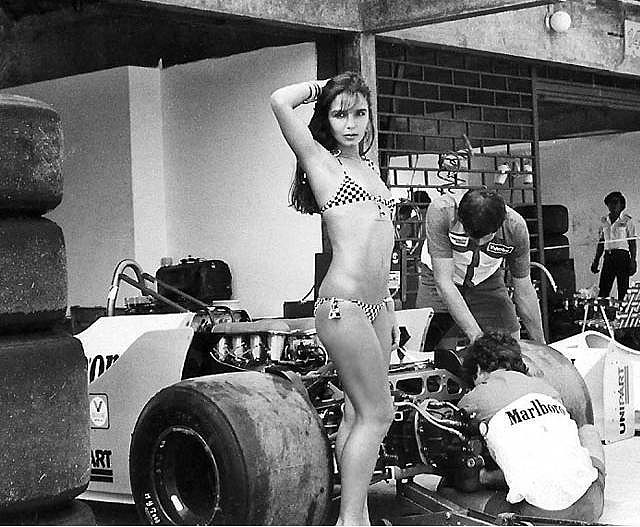
A girl in a bikini at the Brazilian Grand Prix in Jacarepaguá, Rio de Janeiro, on 29 March 1981.
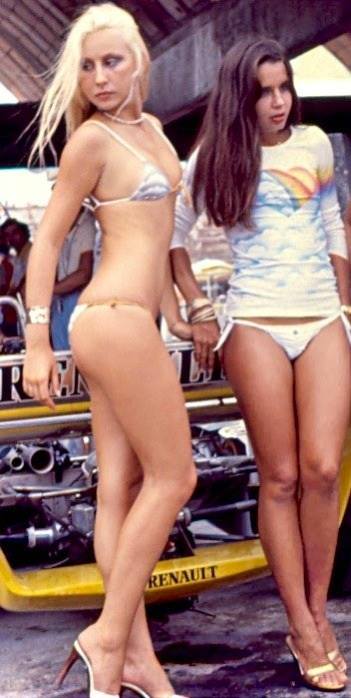
Two girls in bikinis in front of a Renault RE20 at the Brazilian Grand Prix in Jacarepaguá, Rio de Janeiro, on 29 March 1981.
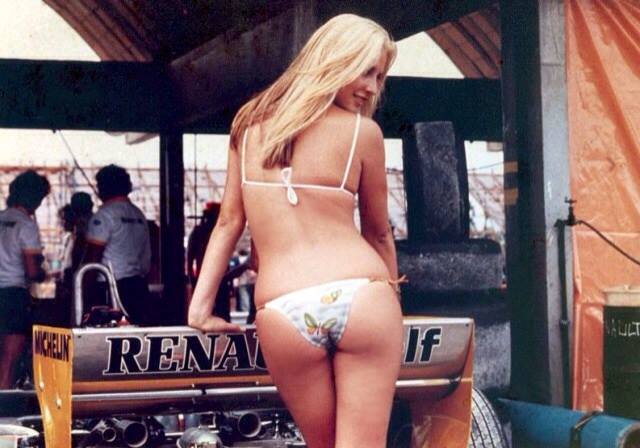
A girl in a bikini in front of a Renault RE20 at the 1981 Brazilian Grand Prix.
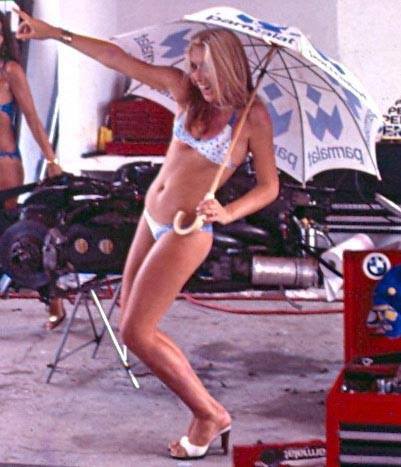
A girl in a bikini at the Brazilian Grand Prix in Jacarepaguá, Rio de Janeiro, on 29 March 1981.
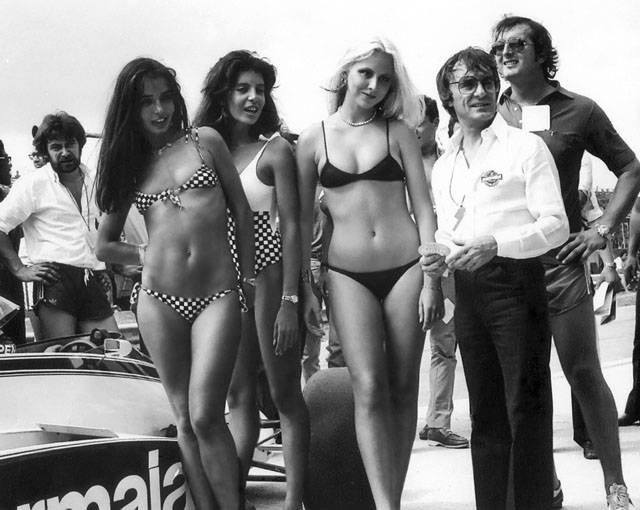
Bernie Ecclestone with some beautiful girls in bikinis at the 1981 Brazilian Grand Prix.
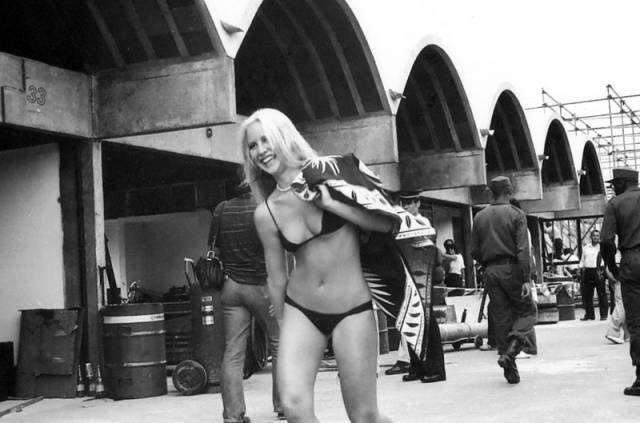
A beautiful girl in a bikini in the pits at the 1981 Brazilian Grand Prix.
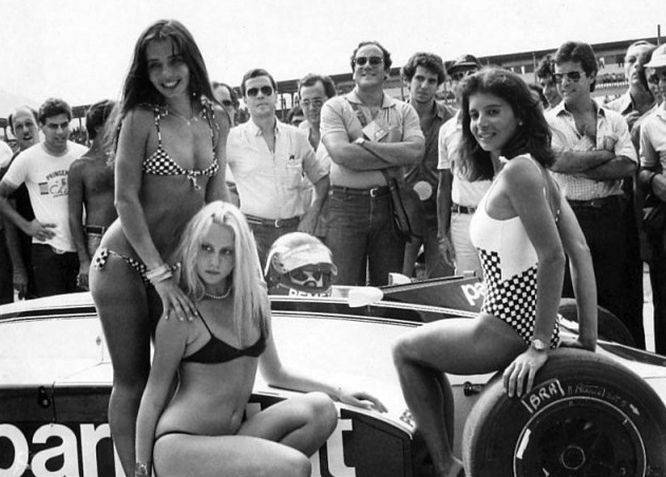
Hector Rebaque, Brabham BT49C, with three girls at the Brazilian Grand Prix in Jacarepaguá, Rio de Janeiro, on 29 March 1981.
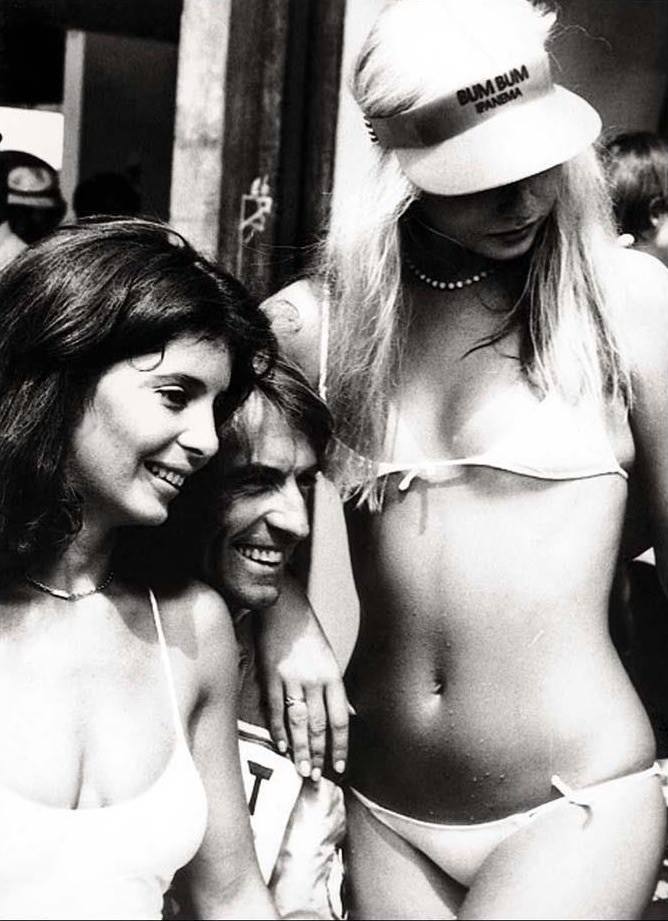
Jacques Laffite with two girls at the Brazilian Grand Prix in Jacarepaguá, Rio de Janeiro, on 29 March 1981.
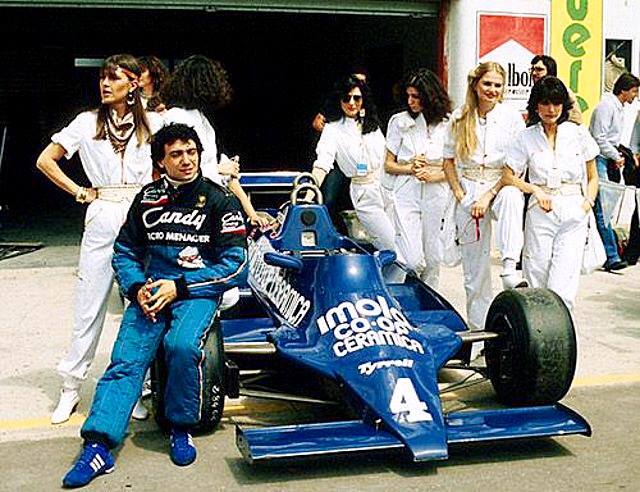
Michele Alboreto with some girls at the Gran Premio di San Marino in Imola, Italy, on 03 May 1981.
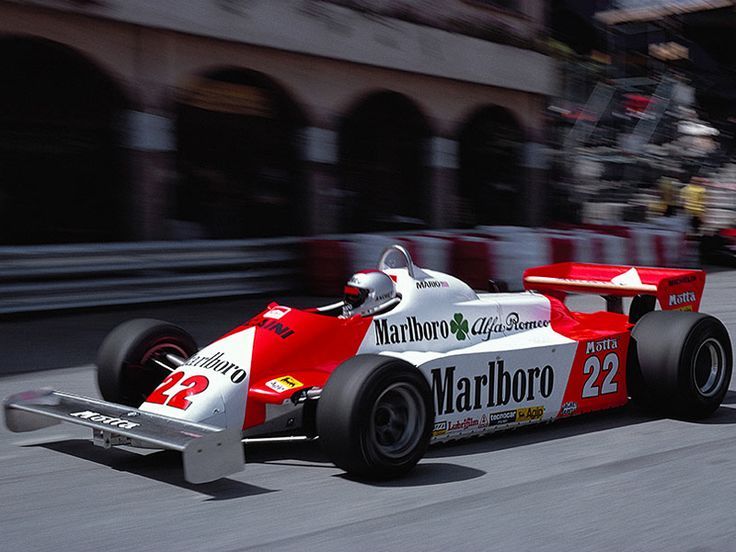
Mario Andretti, Alfa Romeo 179, in Monaco on 31 May 1981.
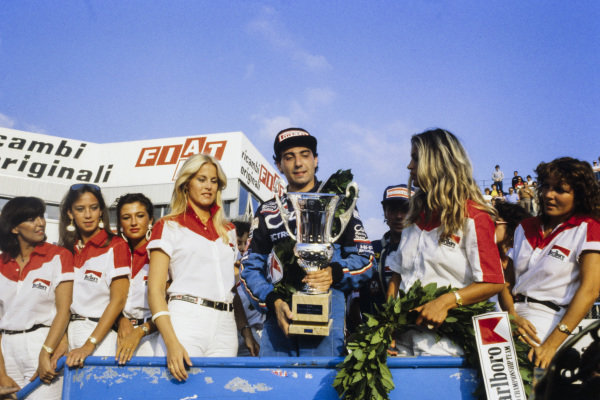
Michele Alboreto, Minardi, on the podium with girls at the 1981 European F2 Championship on 06 September 1981. Photo by Ercole Colombo.
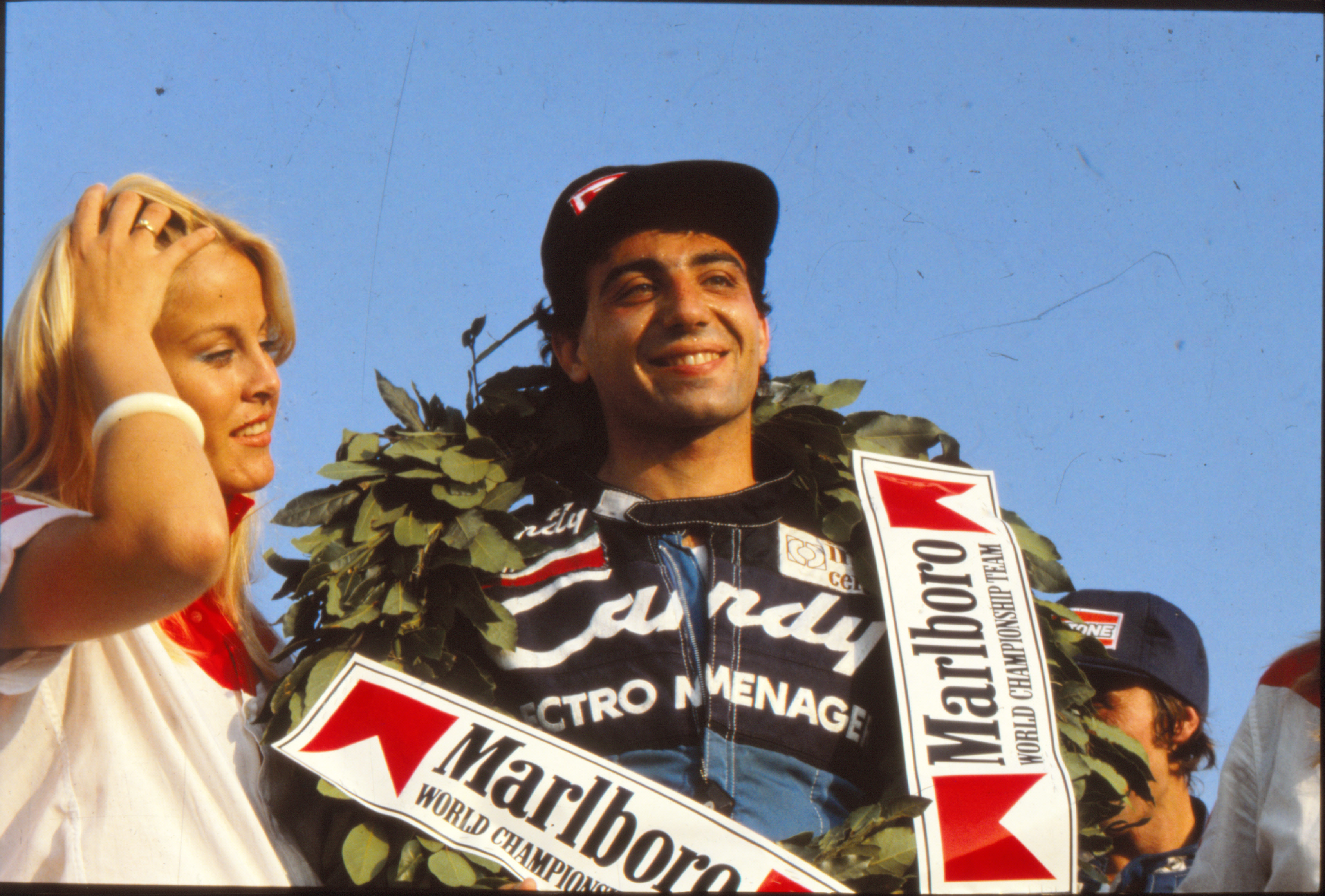
Michele Alboreto, Minardi, winner of the F2 race, on the podium with a girl at Autodromo Santamonica in Misano Adriatico, Italy, on 06 September 1981.
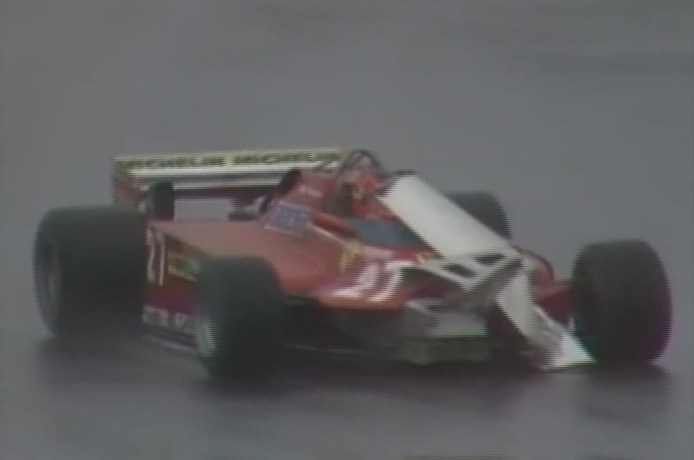
Gilles Villeneuve, Ferrari, at the Canadian Grand Prix held at Circuit Île Notre-Dame, Montreal, on 27 September 1981.
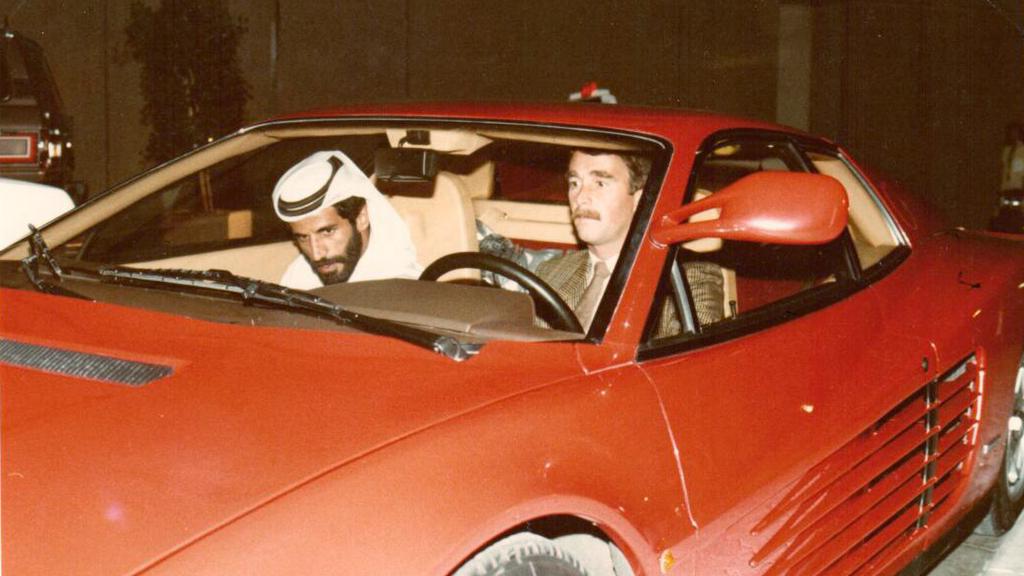
Nigel Mansell driving a red Ferrari Testarossa at the Dubai Grand Prix on 04th December 1981.
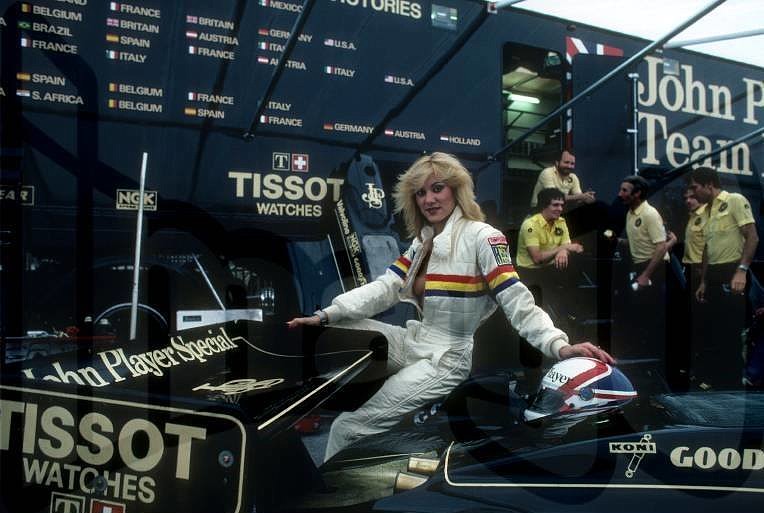
A girl on a Lotus in 1982.
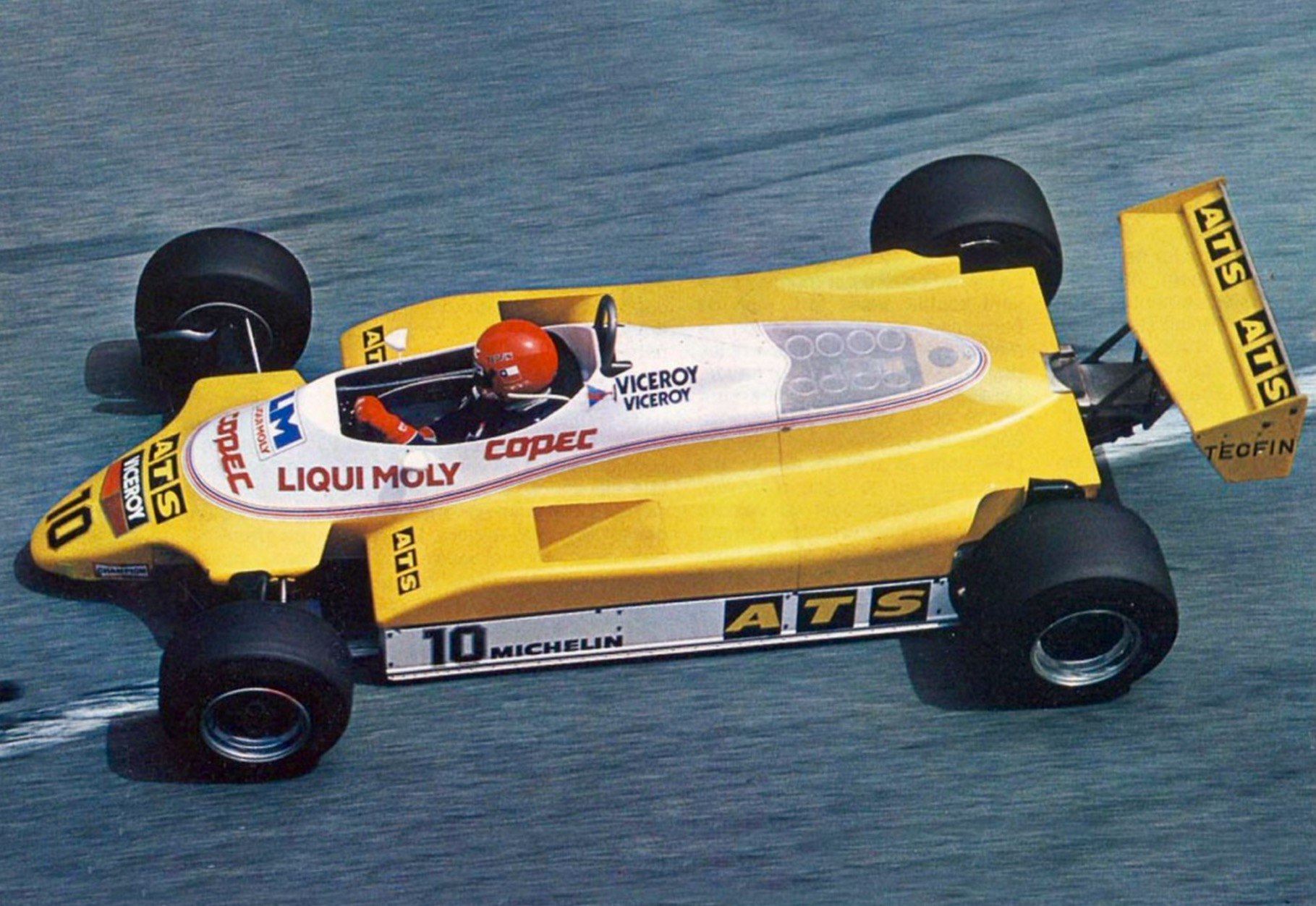
Eliseo Salazar’s ATS in the 1982 Formula 1 season.
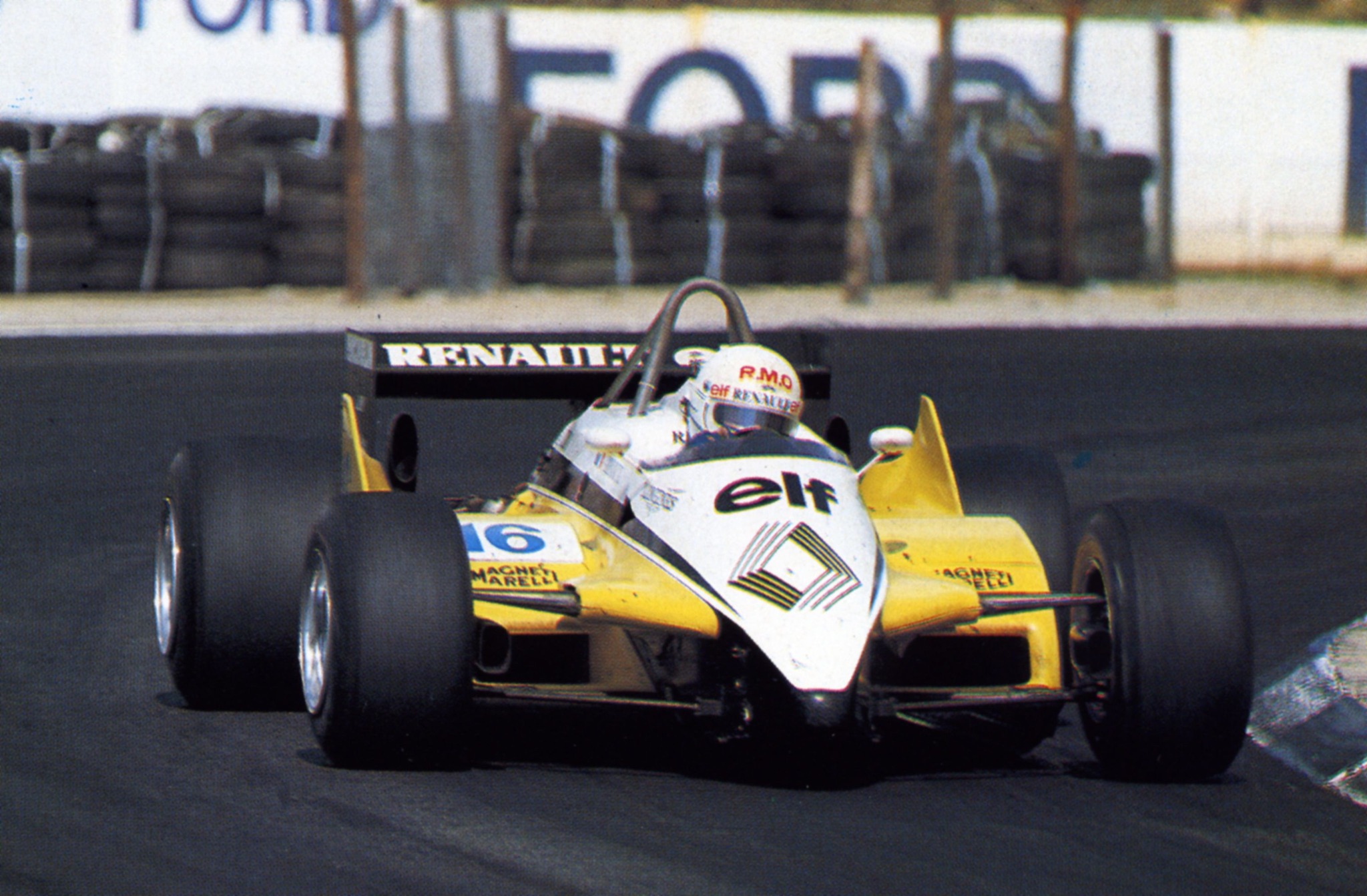
The Renault Turbo RE30B of Rene Arnoux in 1982.
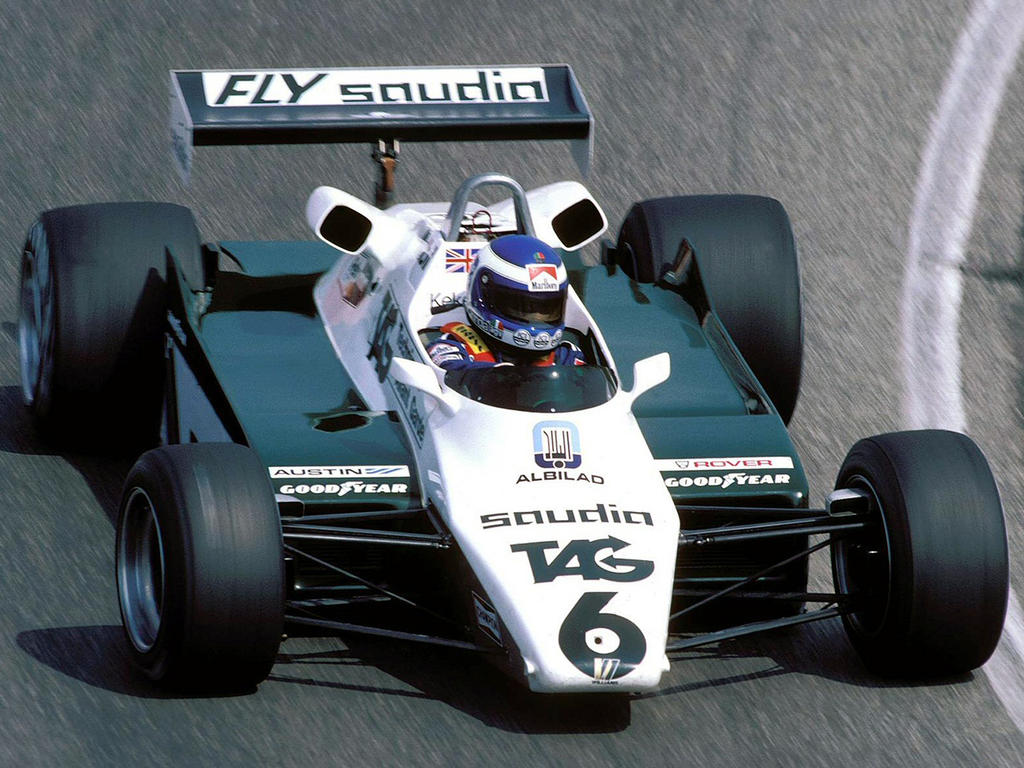
Keke Rosberg, Williams-Ford FW08, in 1982.
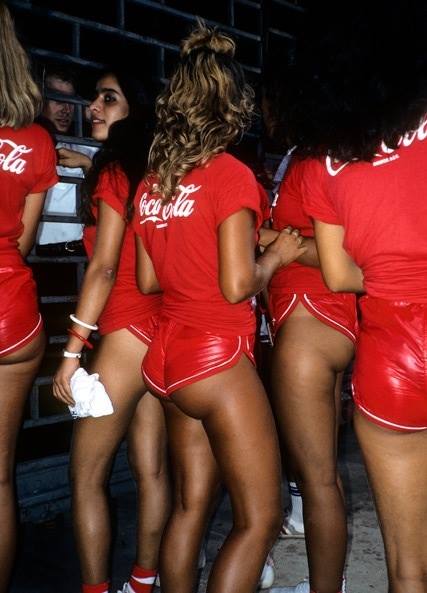
Coca Cola girls at the Brazilian Grand Prix in Jacarepaguá, Rio de Janeiro, on 21 March 1982.
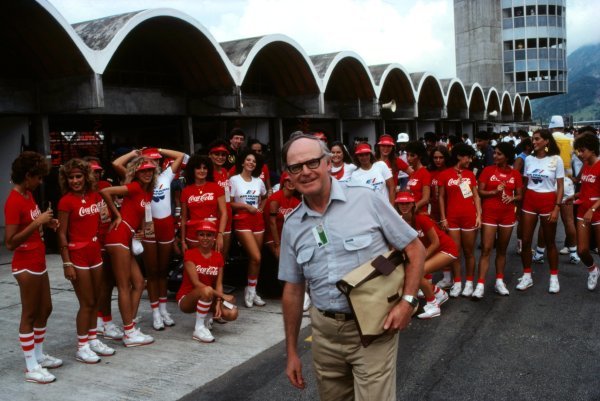
Professor Sid Watkins, FISA doctor, is swarmed by the Coca Cola girls at the Brazilian Grand Prix in Jacarepaguá, Rio de Janeiro, on 21 March 1982. Photo by David Phipps.
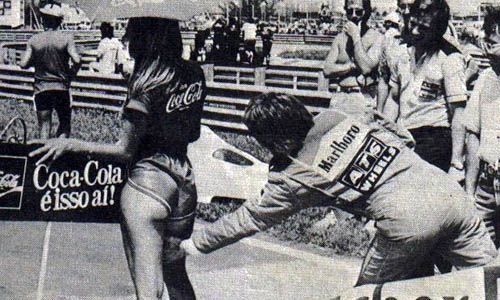
Manfred Winkelhock shows that he is not bored at the Brazilian Grand Prix in Jacarepaguá, Rio de Janeiro, on 21 March 1982. Photo by Rodrigo Mattar.
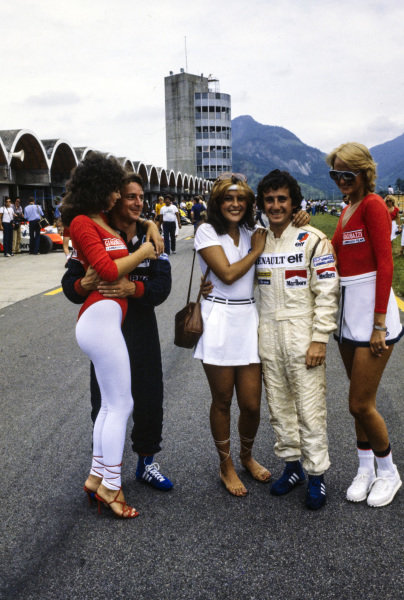
Alain Prost and René Arnoux with two Giacobazzi Lambrusco girls and another girl at the Brazilian Grand Prix in Jacarepaguá, Rio de Janeiro, on 21 March 1982.
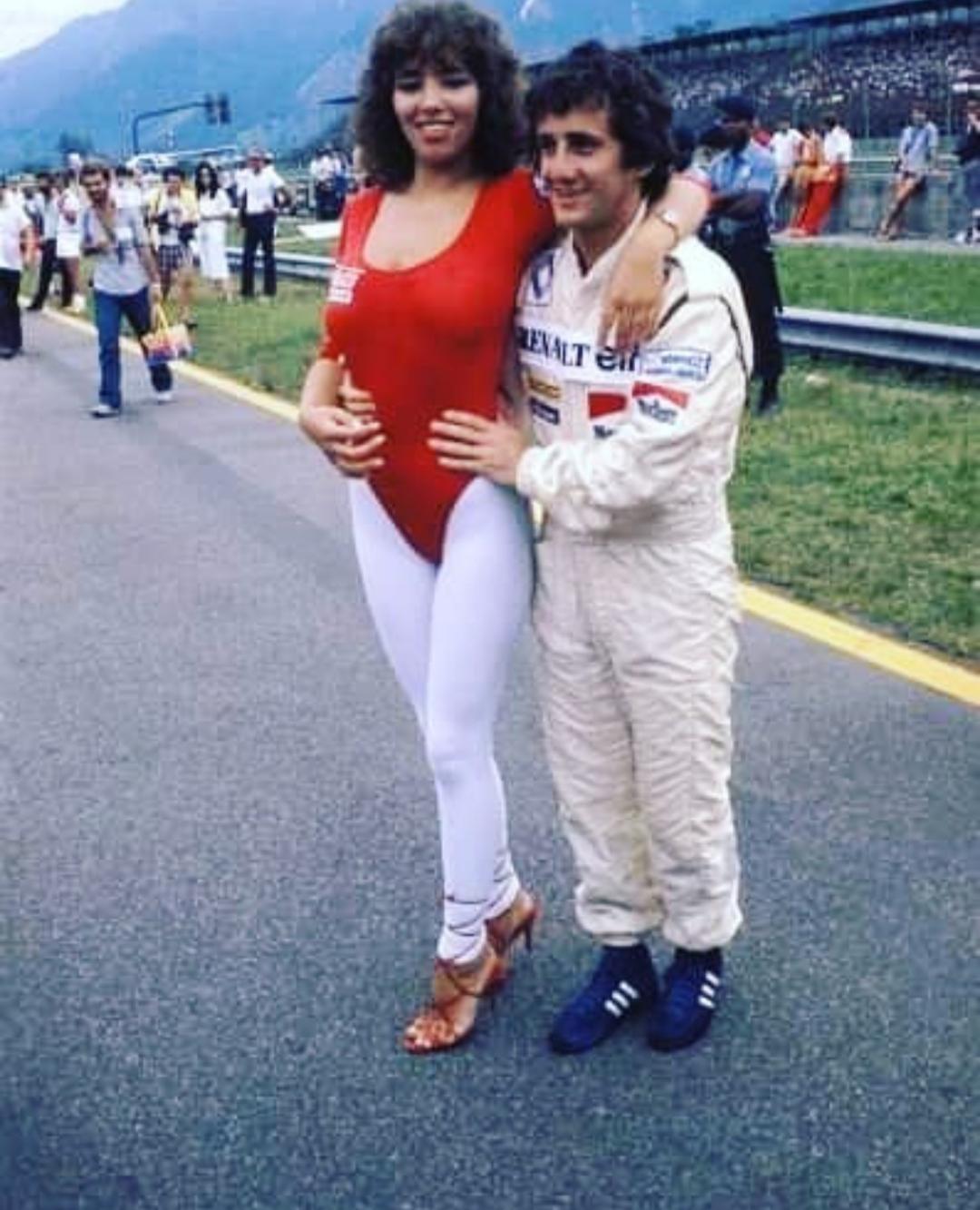
Alain Prost with a Giacobazzi Lambrusco girl at the Brazilian Grand Prix in Jacarepaguá, Rio de Janeiro, on 21 March 1982.
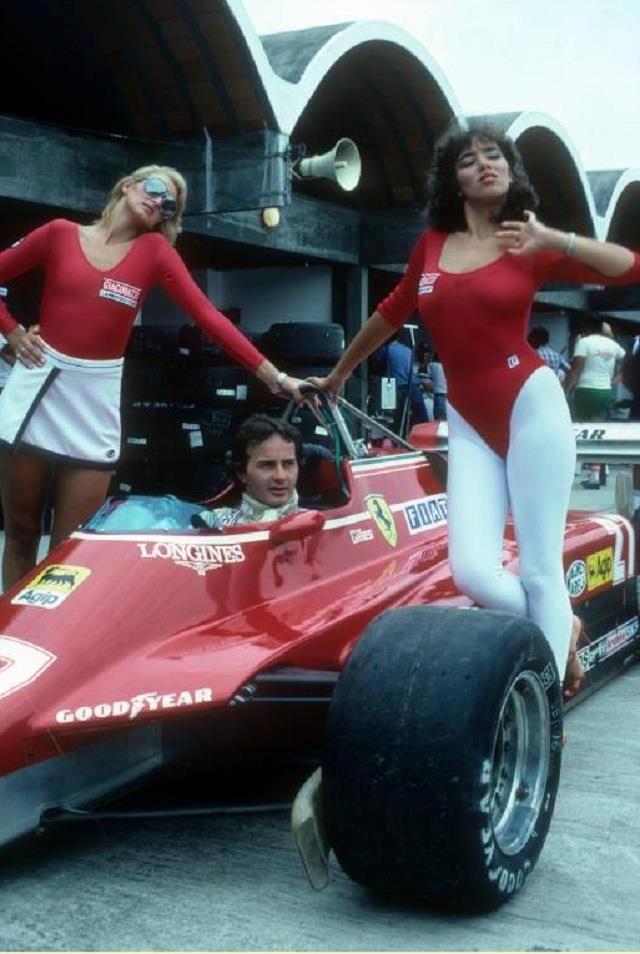
Gilles Villeneuve in his Ferrari with two Giacobazzi Lambrusco girls at the Brazilian Grand Prix in Jacarepaguá, Rio de Janeiro, on 21 March 1982.
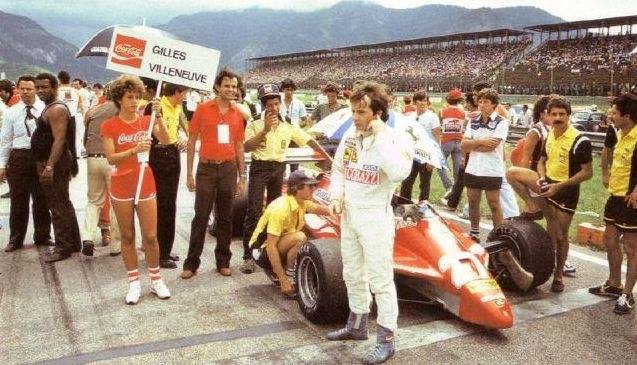
Gilles Villeneuve, Ferrari, at the Brazilian Grand Prix in Jacarepaguá, Rio de Janeiro, on 21 March 1982.
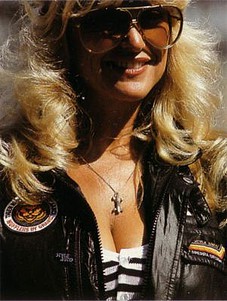
Linda Vaughn at the US West Grand Prix in Long Beach on 04 April 1982.
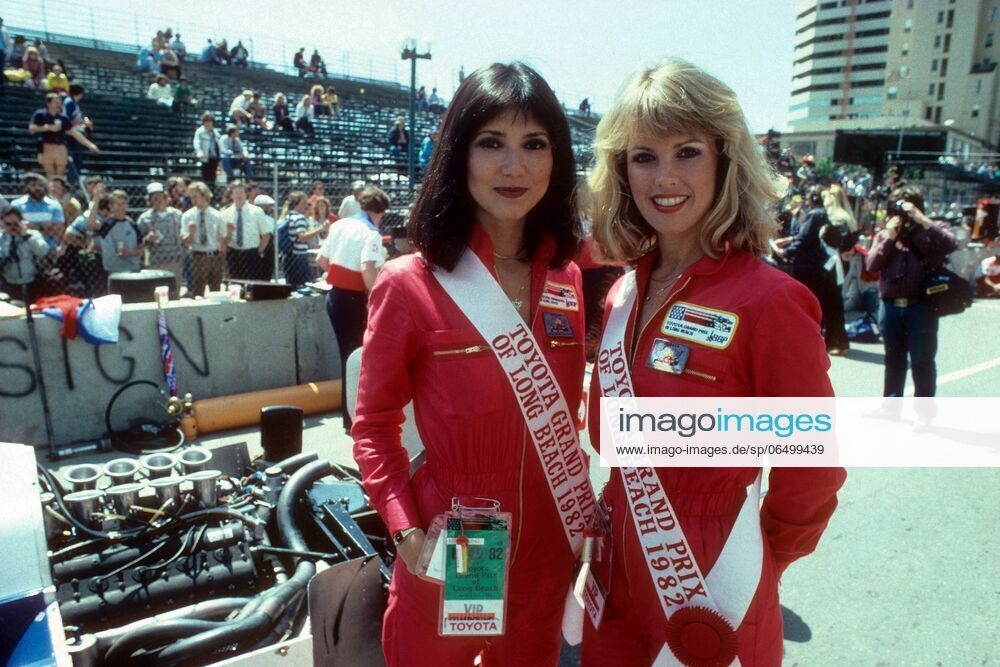
Two Toyota promotional girls at the US West Grand Prix in Long Beach on 04 April 1982.
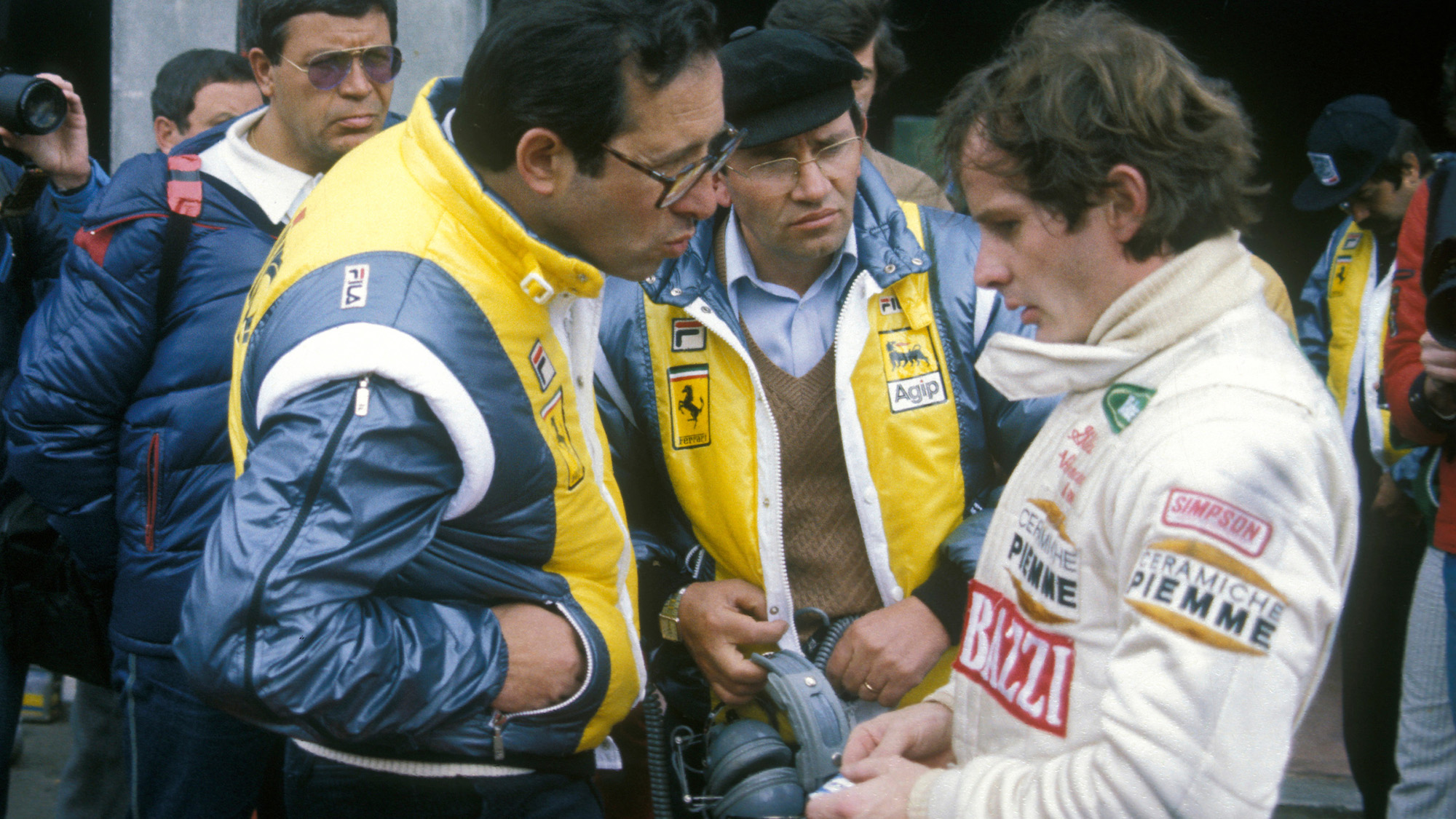
Mauro Forghieri and Antonio Tomaini speak to Gilles Villeneuve moments before he goes out for his final fateful practice at Zolder on 08 May 1982.

A pit girl lying on Good Year tires at the Monaco Grand Prix in Monte Carlo on 23 May 1982.
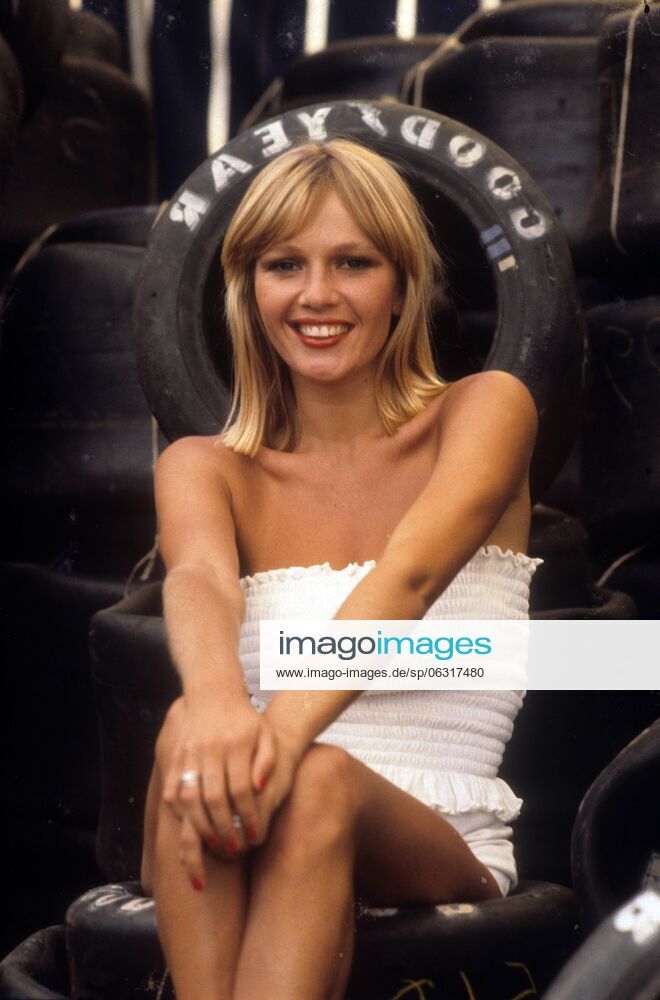
A pit girl on Good Year tires at the Monaco Grand Prix in Monte Carlo on 23 May 1982.
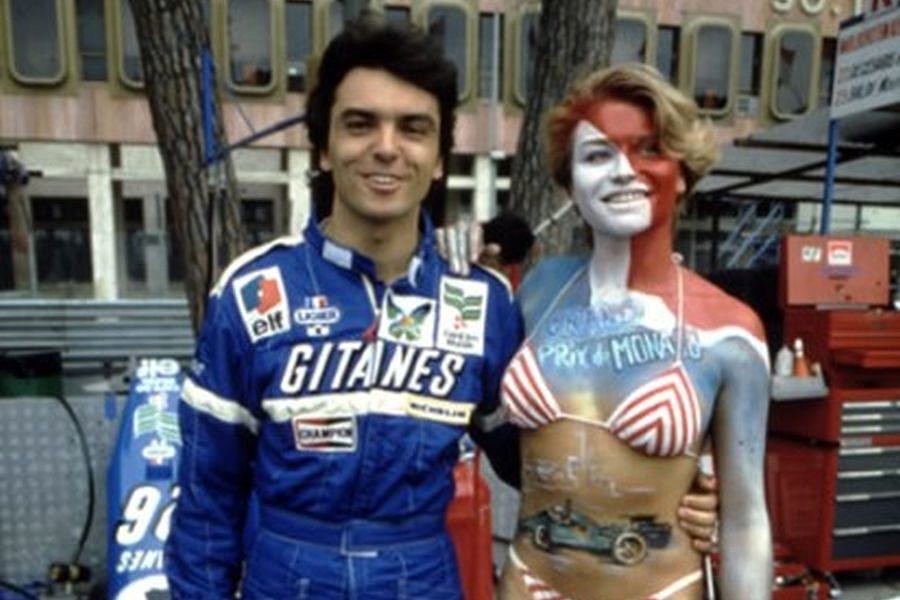
Raul Boesel at the Monaco Grand Prix circa 1982.
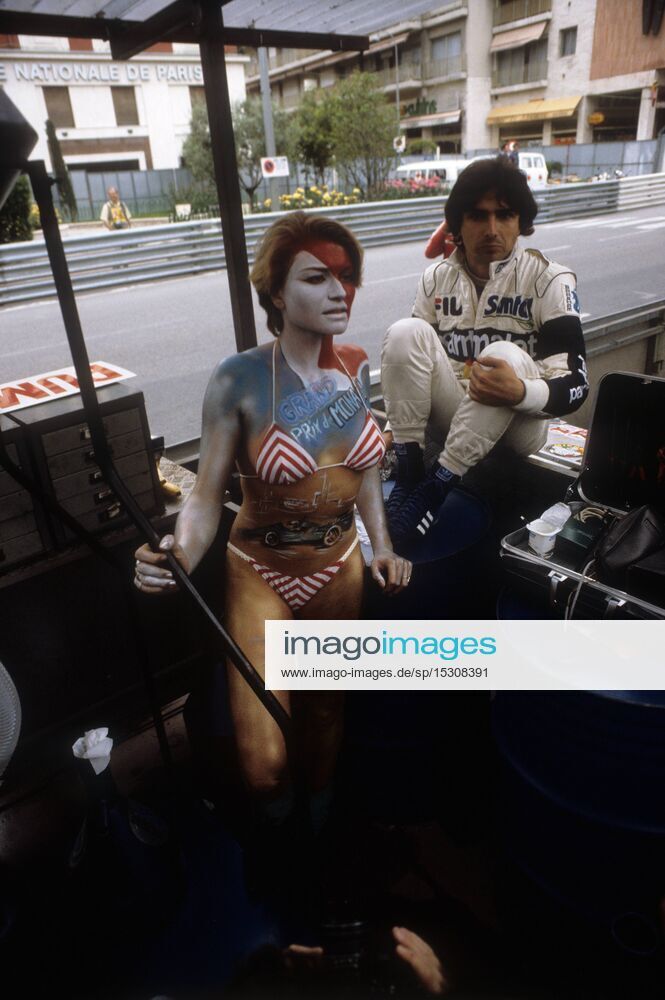
Nelson Piquet with a fan in a bikini at the Monaco Grand Prix in Monte Carlo circa 1982.
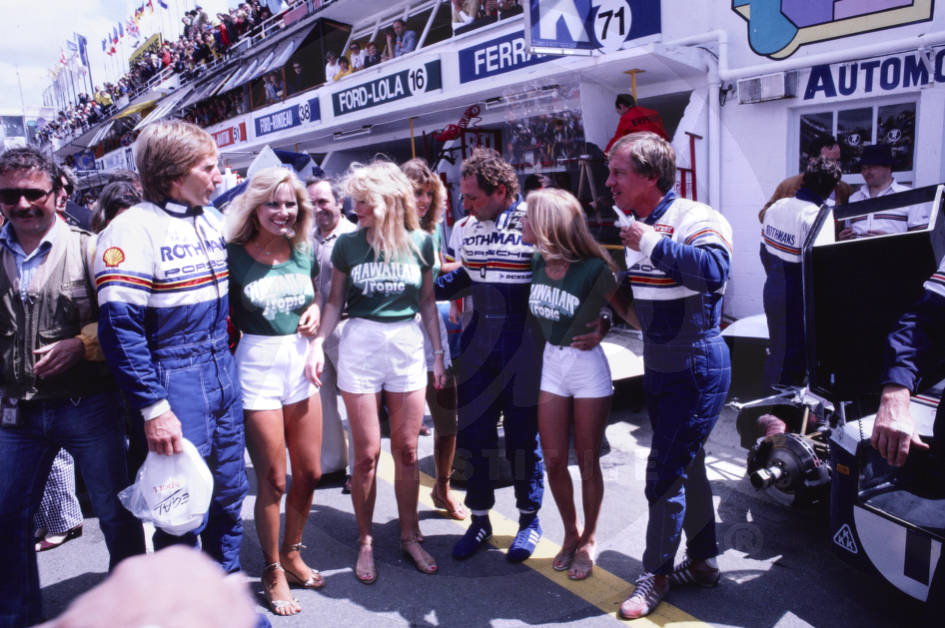
Left to right, drivers Derek Bell, Jochen Mass and Vern Schuppan with the Hawaiian Tropic ladies at the 24 Hours of Le Mans on 19 June 1982.
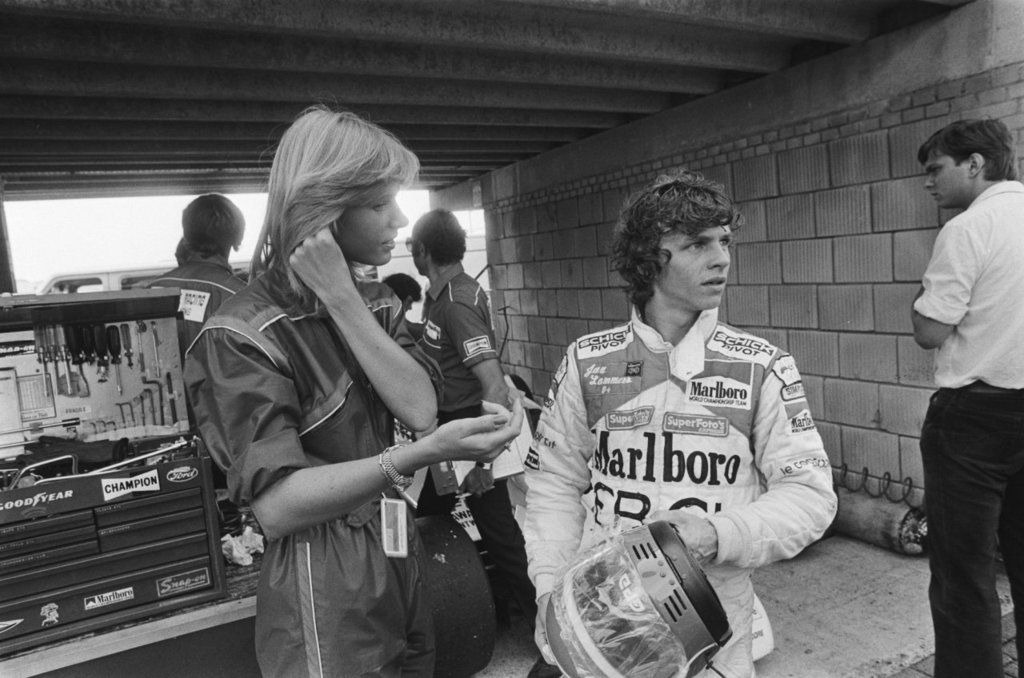
Jan Lammers with a girl at the Dutch Grand Prix at Zandvoort on 03 July 1982. Photo by F1 history on DeviantArt.
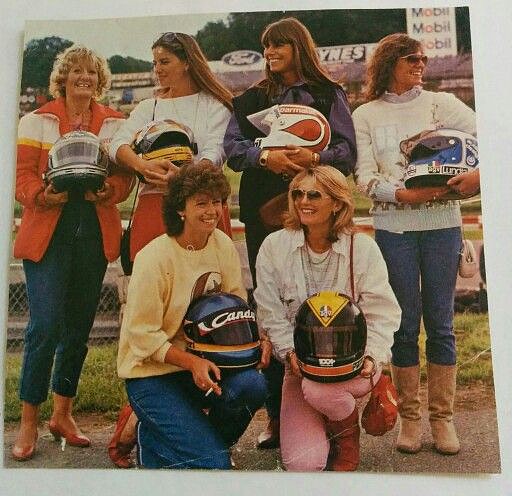
GP drivers’ wives and girlfriends brazenly flaunting their other halves’ helmets in the paddock at Brands Hatch on 18 July 1982.
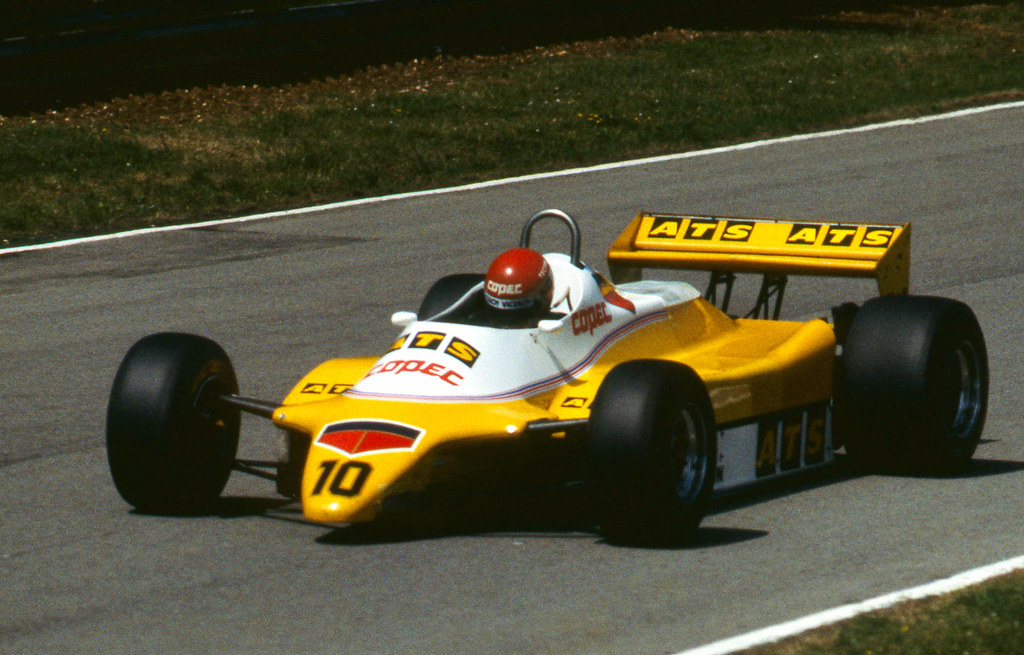
Eliseo Salazar attempting to qualify the ATS-Ford in the 1982 British Grand Prix at Brands Hatch.
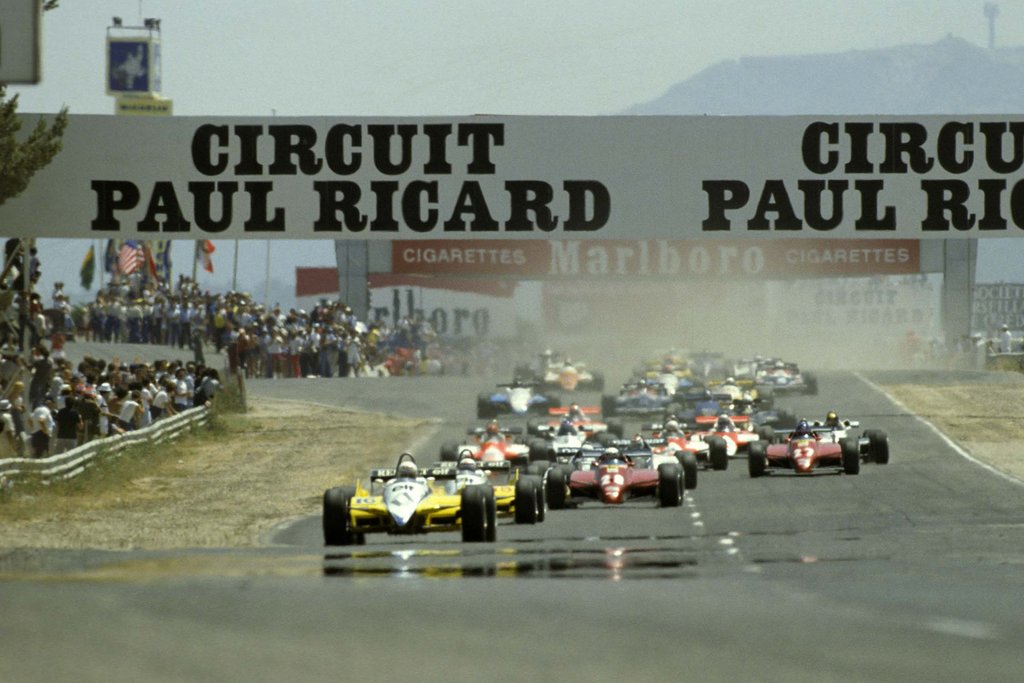
The start of the French Grand Prix held at Paul Ricard on 25 July 1982.
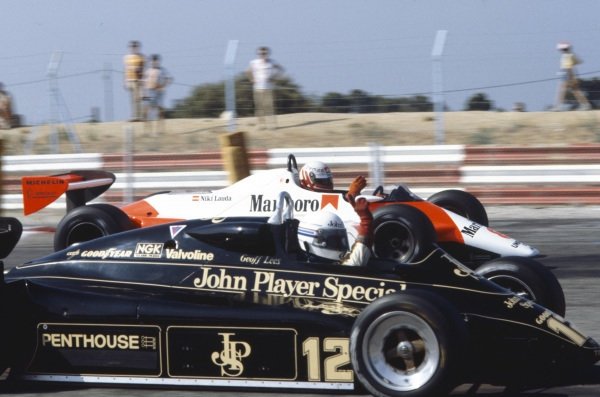
Geoff Lees, Lotus 91 Ford and Niki Lauda, McLaren MP4-1B Ford, signal at each other at the French Grand Prix in Paul Ricard on 25 July 1982. Photo by Motorsport Images.
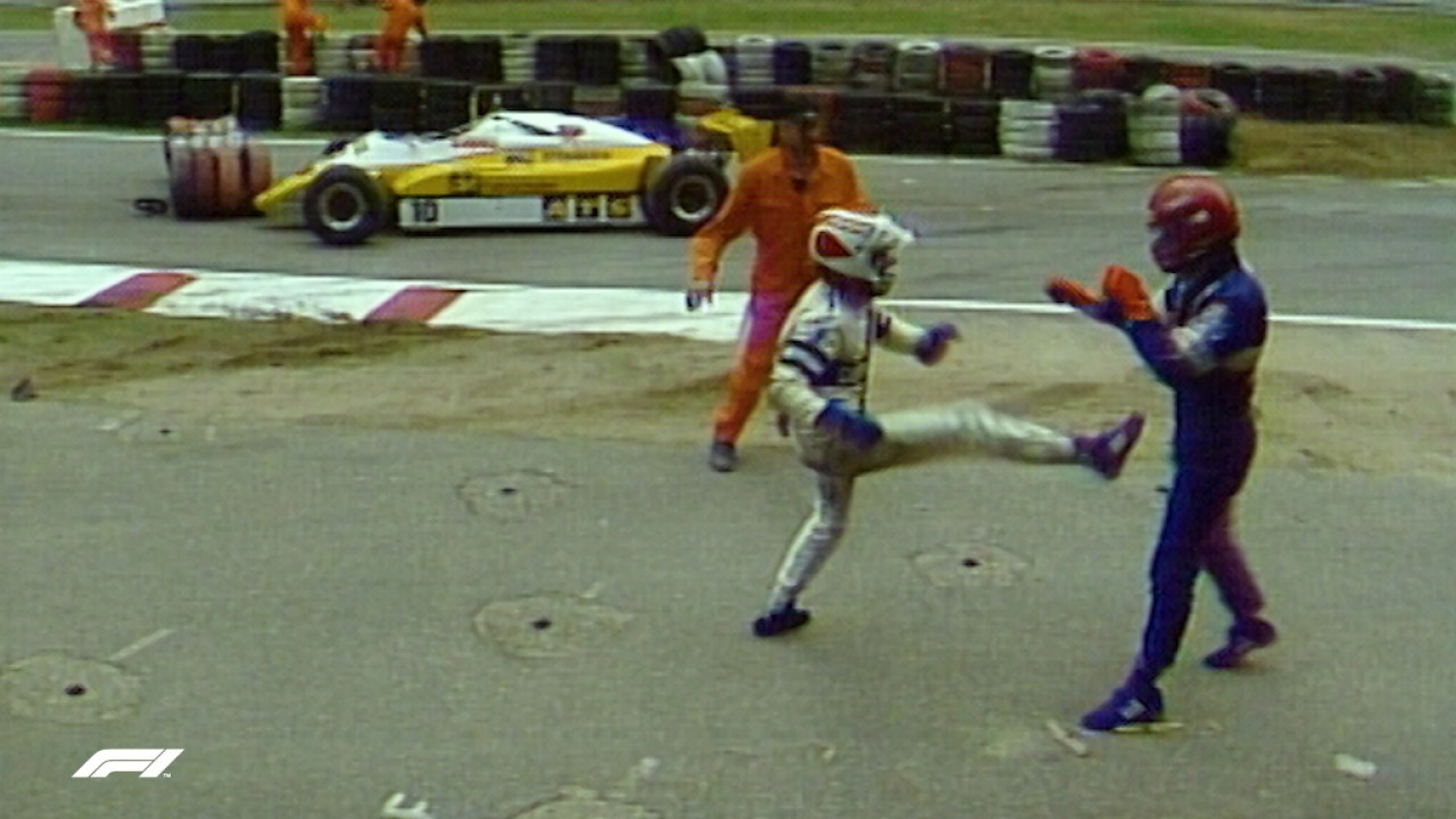
On 08 August 1982 race leader Nelson Piquet was particularly annoyed after being taken out by a lapped car at Hockenheim …
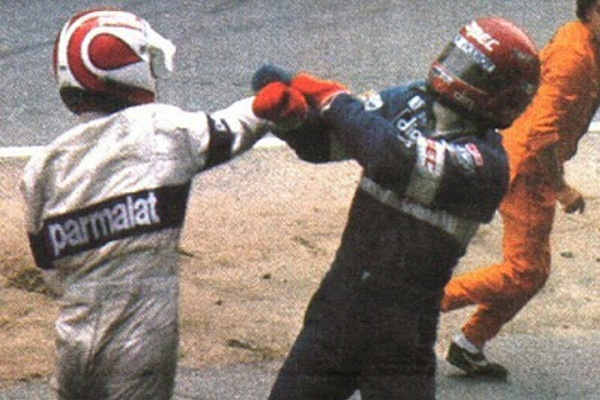
Nelson Piquet punches Eliseo Salazar during the German Grand Prix at Hockenheim on 08 August 1982.
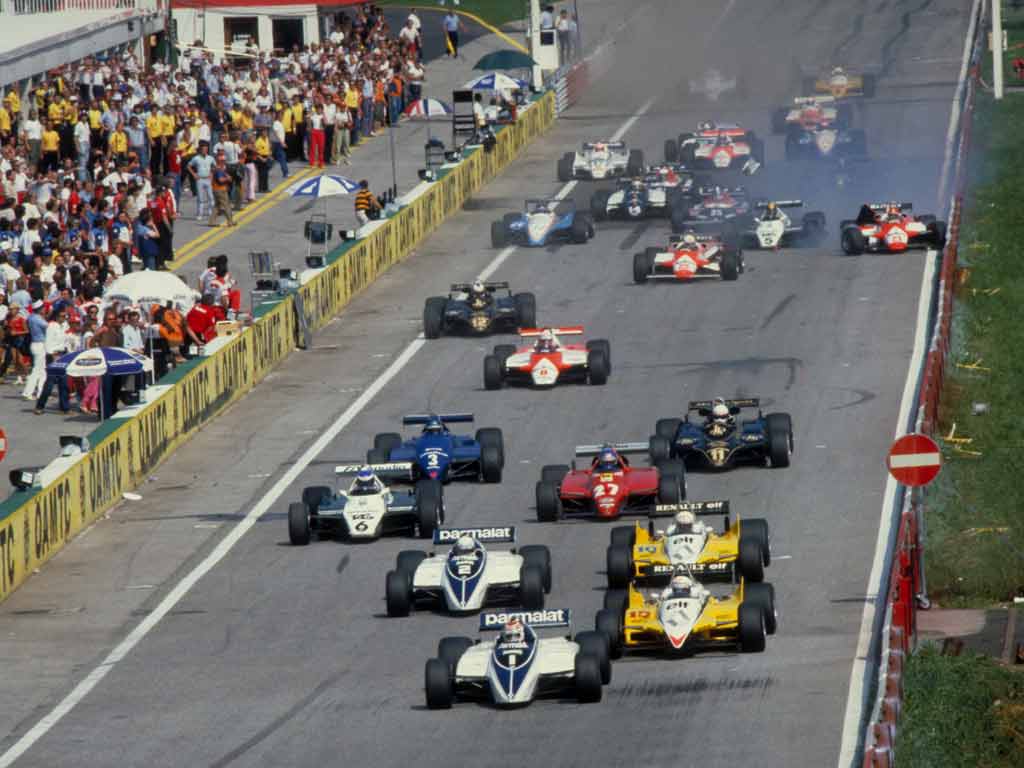
Nelson Piquet, Brabham BT50 BMW, leads Alain Prost, Renault RE30B, Riccardo Patrese, Brabham BT50 BMW, René Arnoux, Renault RE30B, Keke Rosberg, Williams FW08 Ford and Patrick Tambay, Ferrari 126C2, at the Austrian Grand Prix on 15 August 1982.
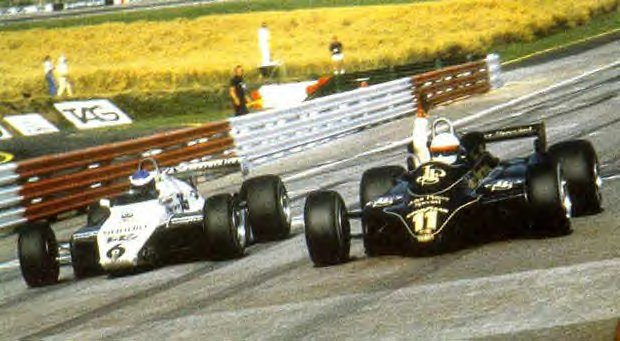
Elio de Angelis’ first GP victory came at the Austrian Grand Prix, held at Österreichring on 15 August 1982, finishing just ahead of Keke Rosberg’s Williams. It was one of the closest finishes in history of Formula 1.
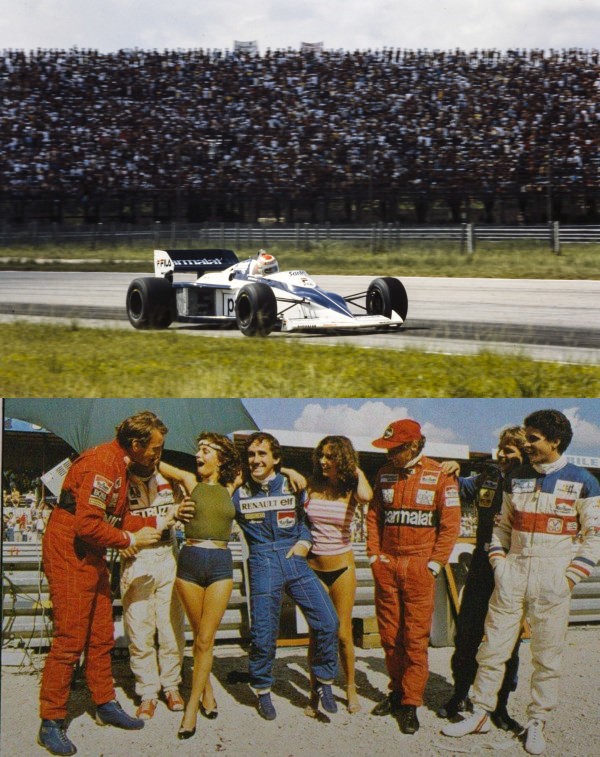
John Watson, Bruno Giacomelli, Alain Prost, Niki Lauda, Roberto Guerrero and Keke Rosberg at the Swiss Grand Prix in Dijon on 29 August 1982.
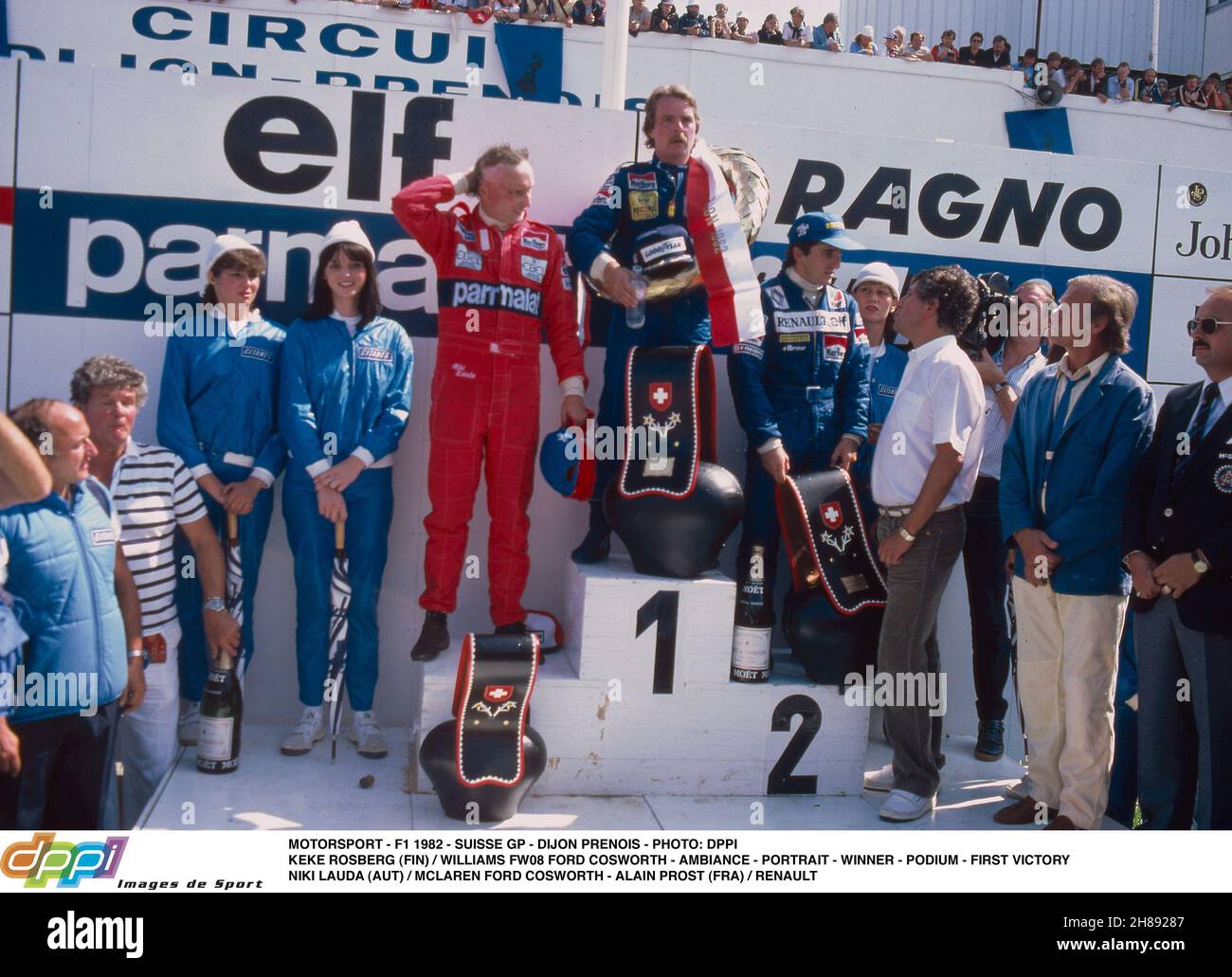
The podium of the Swiss Grand Prix in Dijon on 29 August 1982 with Keke Rosberg, Williams, Alain Prost, Renault, Niki Lauda, McLaren Ford.
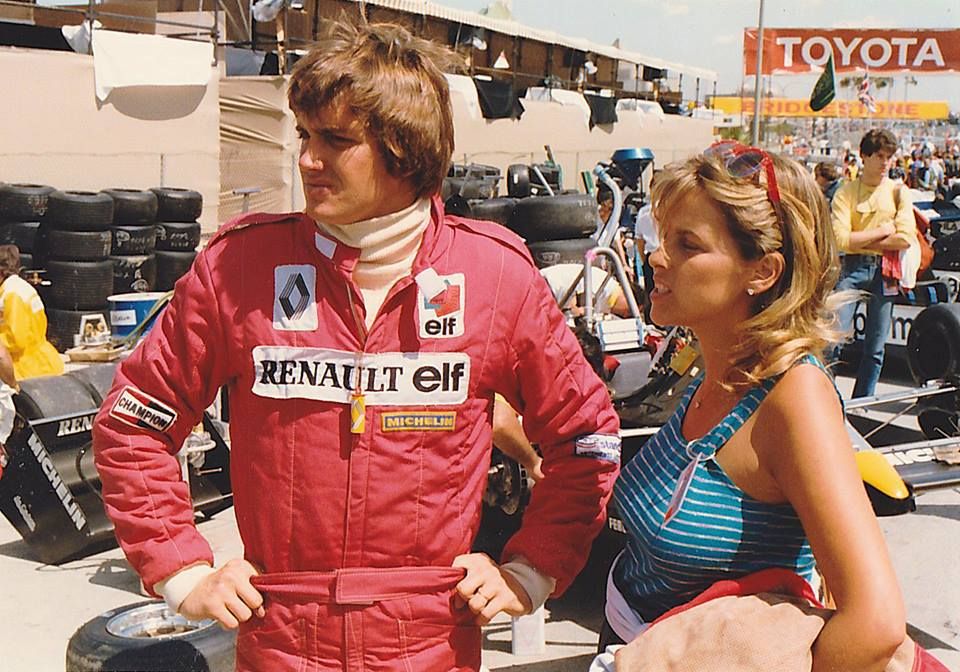
Eddie and Rita Cheever in 1983.
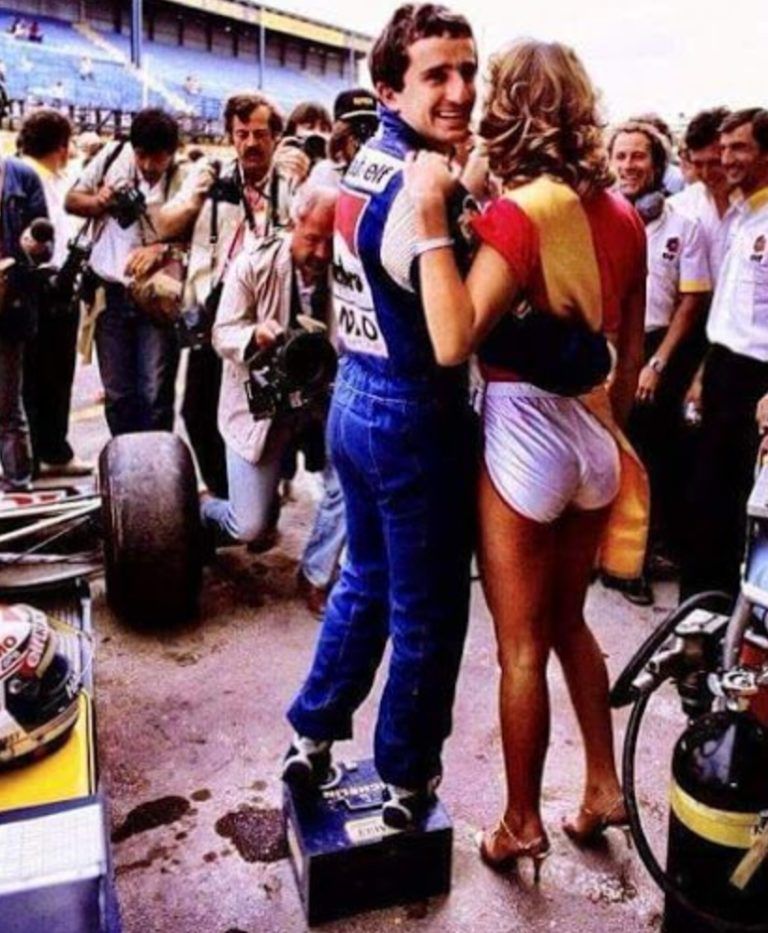
Alain Prost, Renault, with a girl in 1983.
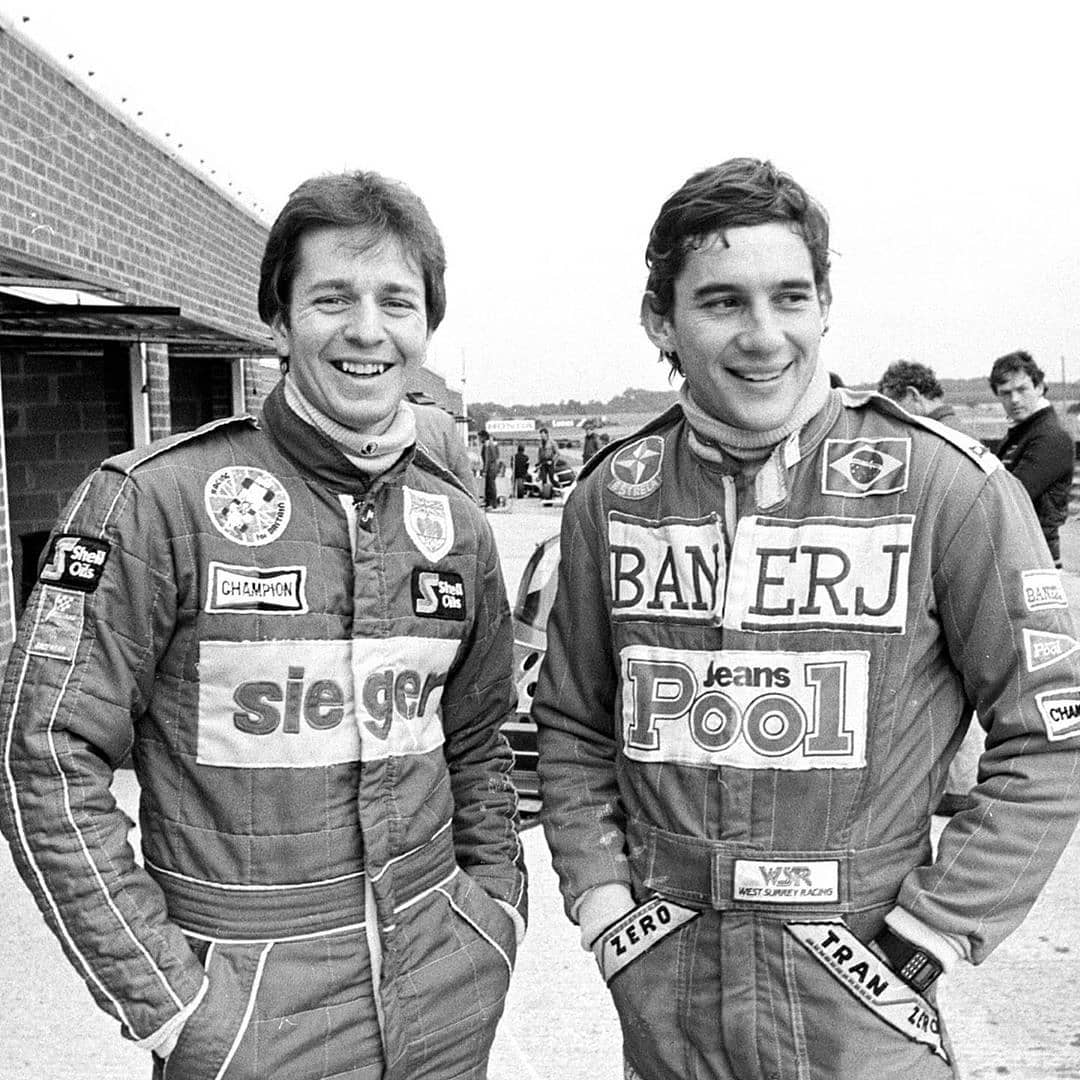
Martin Brundle and Ayrton Senna in 1983.
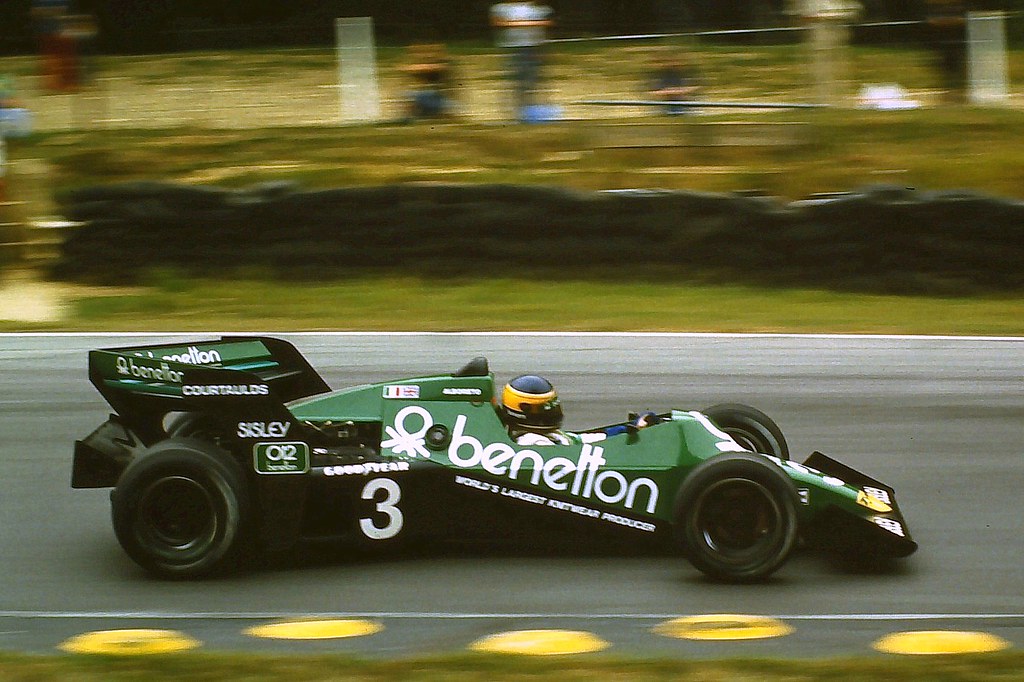
Michele Alboreto, Tyrrell 012 Boomerang Cosworth DFY V8 3.0, in 1983.
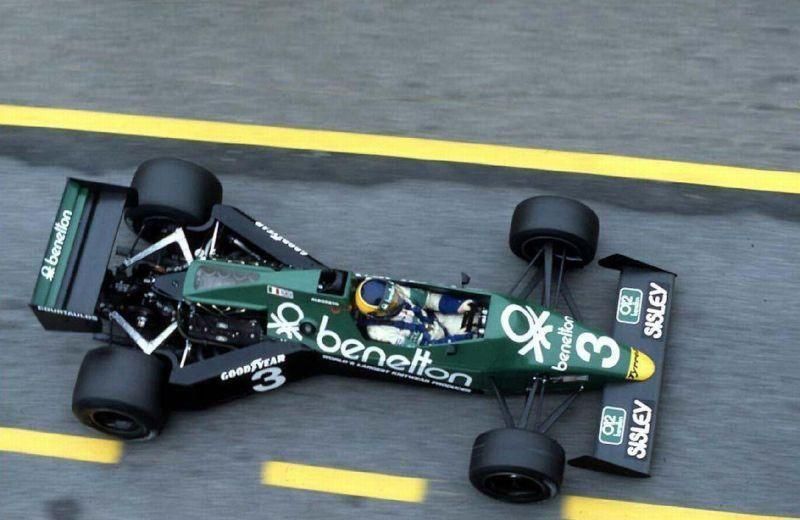
Michele Alboreto, Tyrrell 012 Boomerang Cosworth DFY V8 3.0, in 1983.
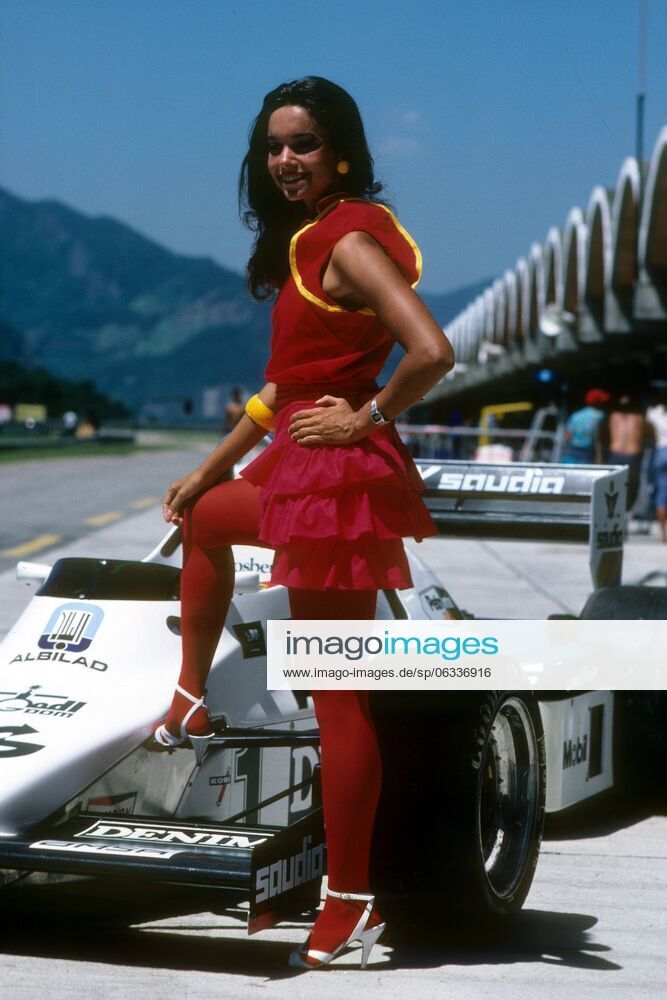
Brazilian pit girl on the Williams Ford of the world champion Keke Rosberg at the Brazilian Grand Prix in Jacarepagua on 13 March 1983.
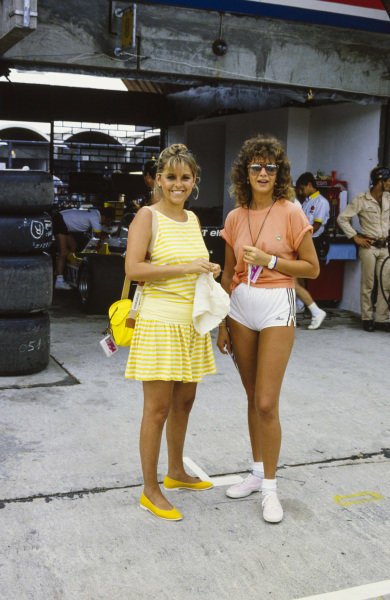
Nadia Alboreto (right), wife of Michele, with Rita Cheever at the Brazilian Grand Prix in Jacarepagua on 13 March 1983. Photo by Ercole Colombo.
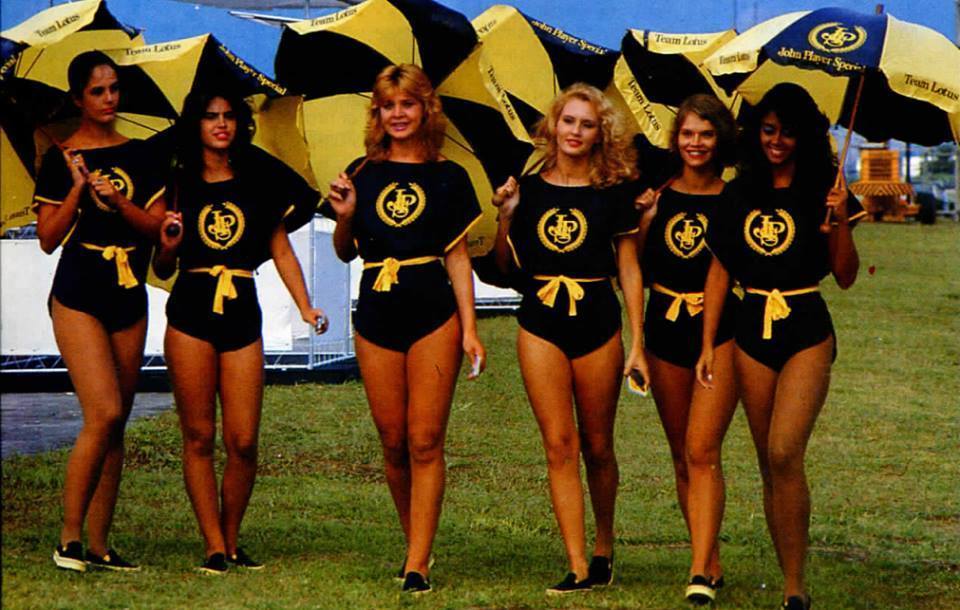
JPS pit girls at the Brazilian Grand Prix in Jacarepagua on 13 March 1983.
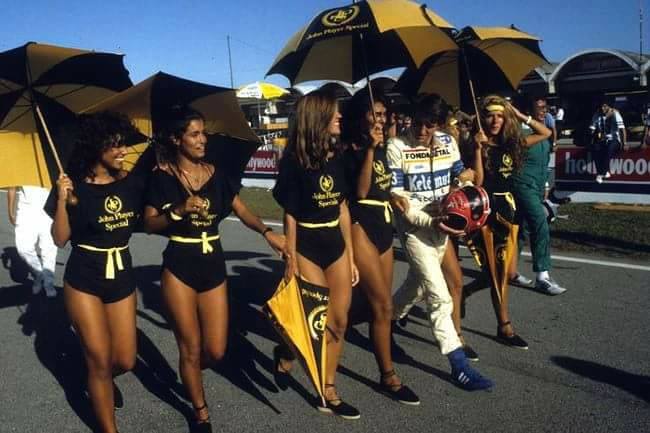
Piercarlo Ghinzani, Osella, with the JPS grid girls at the Brazilian Grand Prix in Jacarepagua on 13 March 1983.
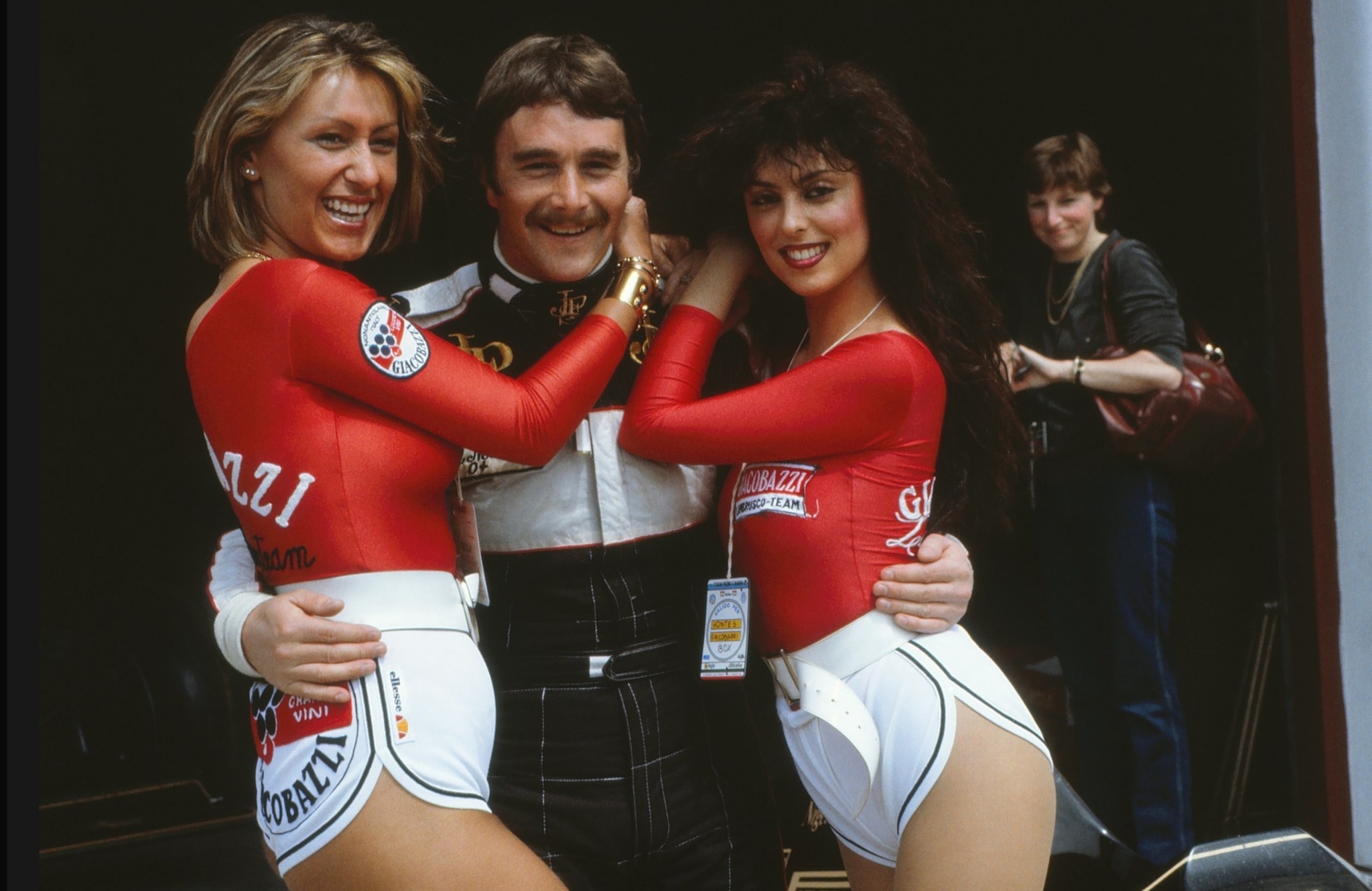
Nigel Mansell with two Giacobazzi Lambrusco girls at Imola on 01 May 1983.
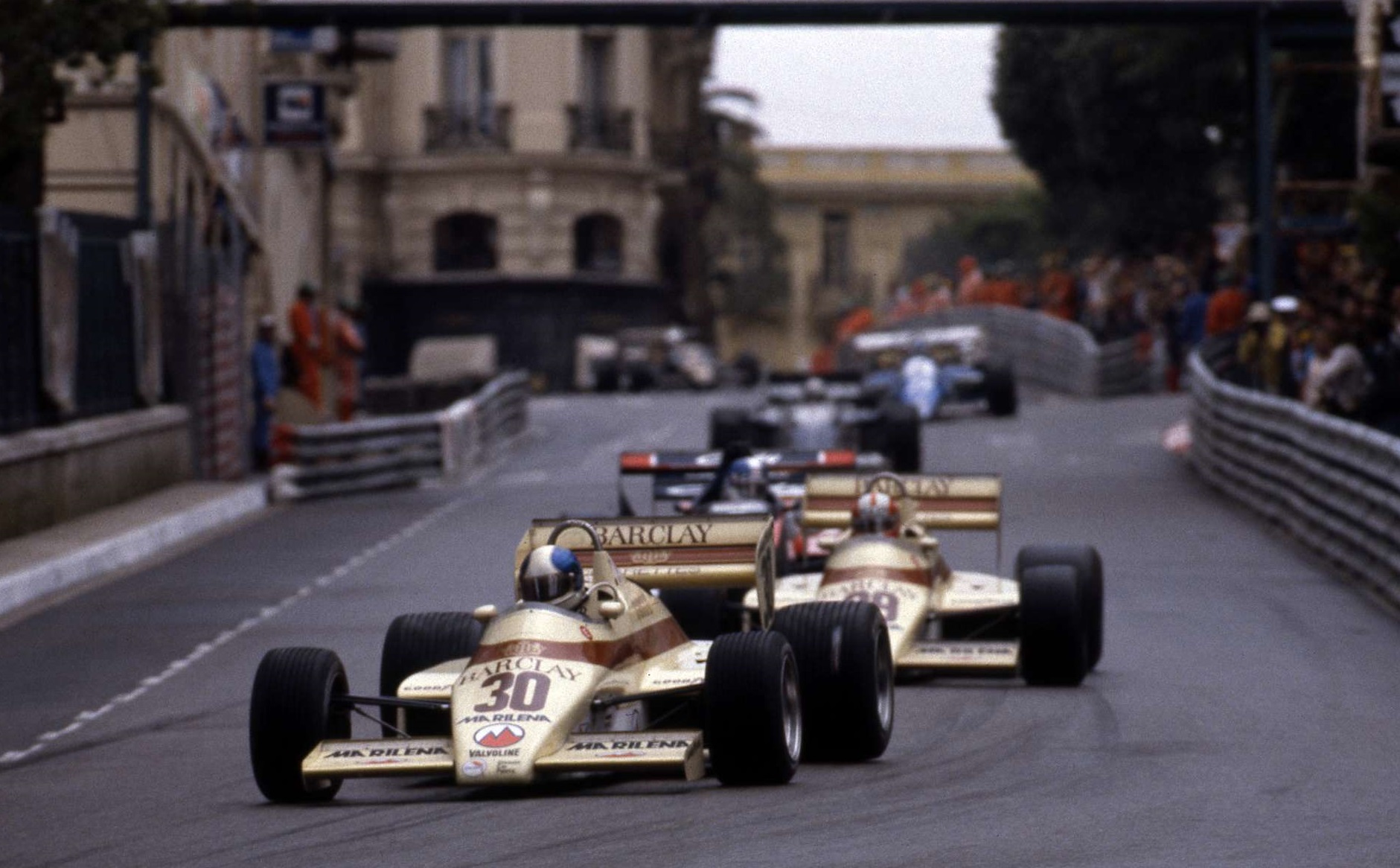
Chico Serra, Arrows A6 Ford Cosworth, leads teammate Marc Surer at Monaco on 15 May 1983. Photo by James Claydon.
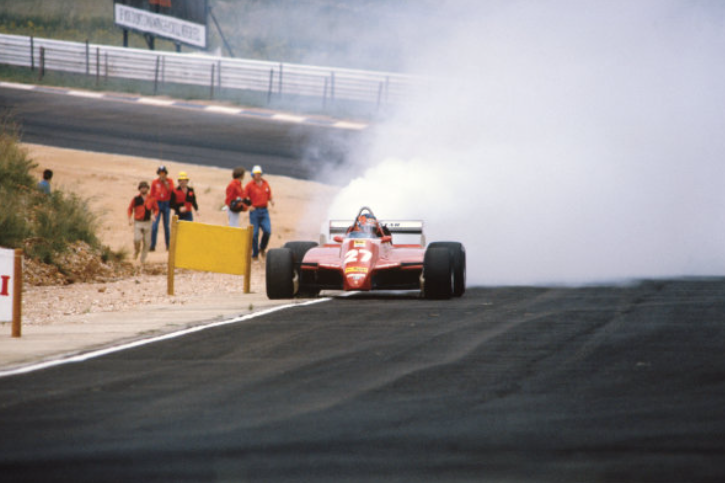
Patrick Tambay, Ferrari 126C3, with smoke at the rear on Sunday 11 September 1983.
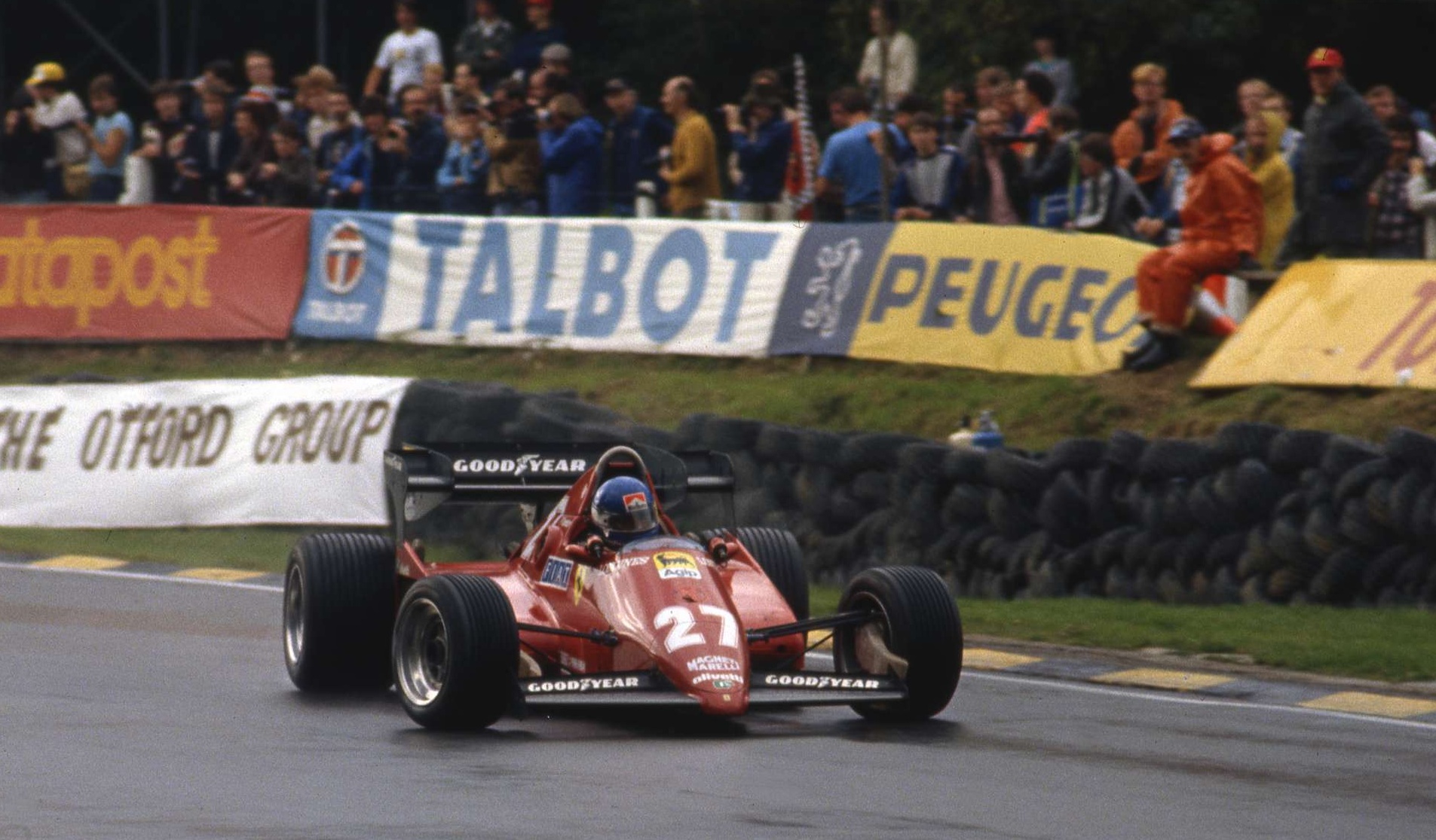
Patrick Tambay, Ferrari 126 C3, on 25 September 1983. Photo by James Claydon.
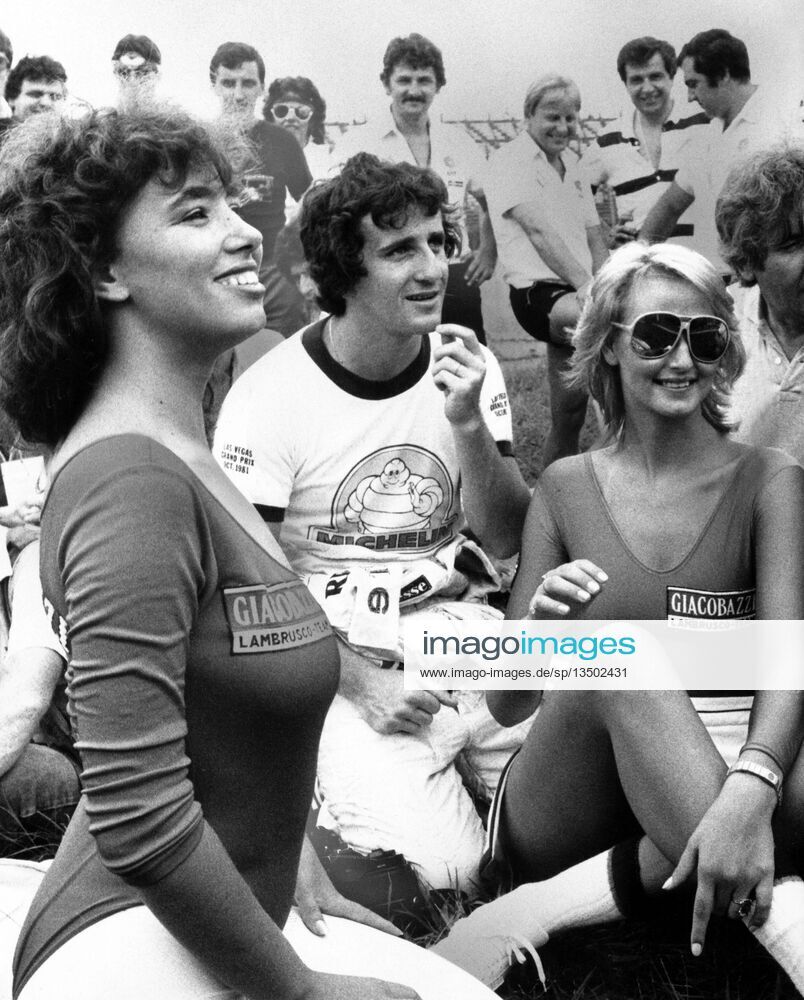
Alain Prost with two Giacobazzi Lambrusco promo girls on 11 October 1983.
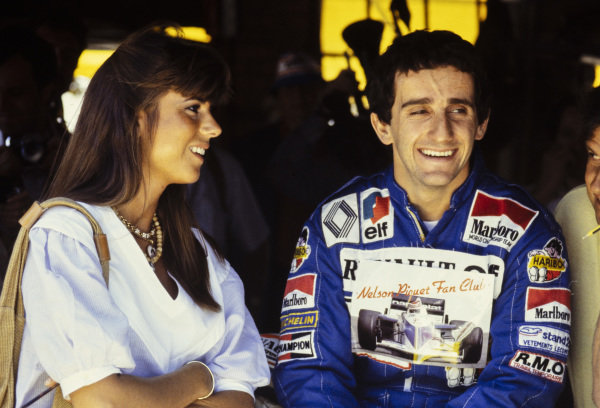
Alain Prost at the South African Grand Prix on 15 October 1983. Photo by Ercole Colombo.
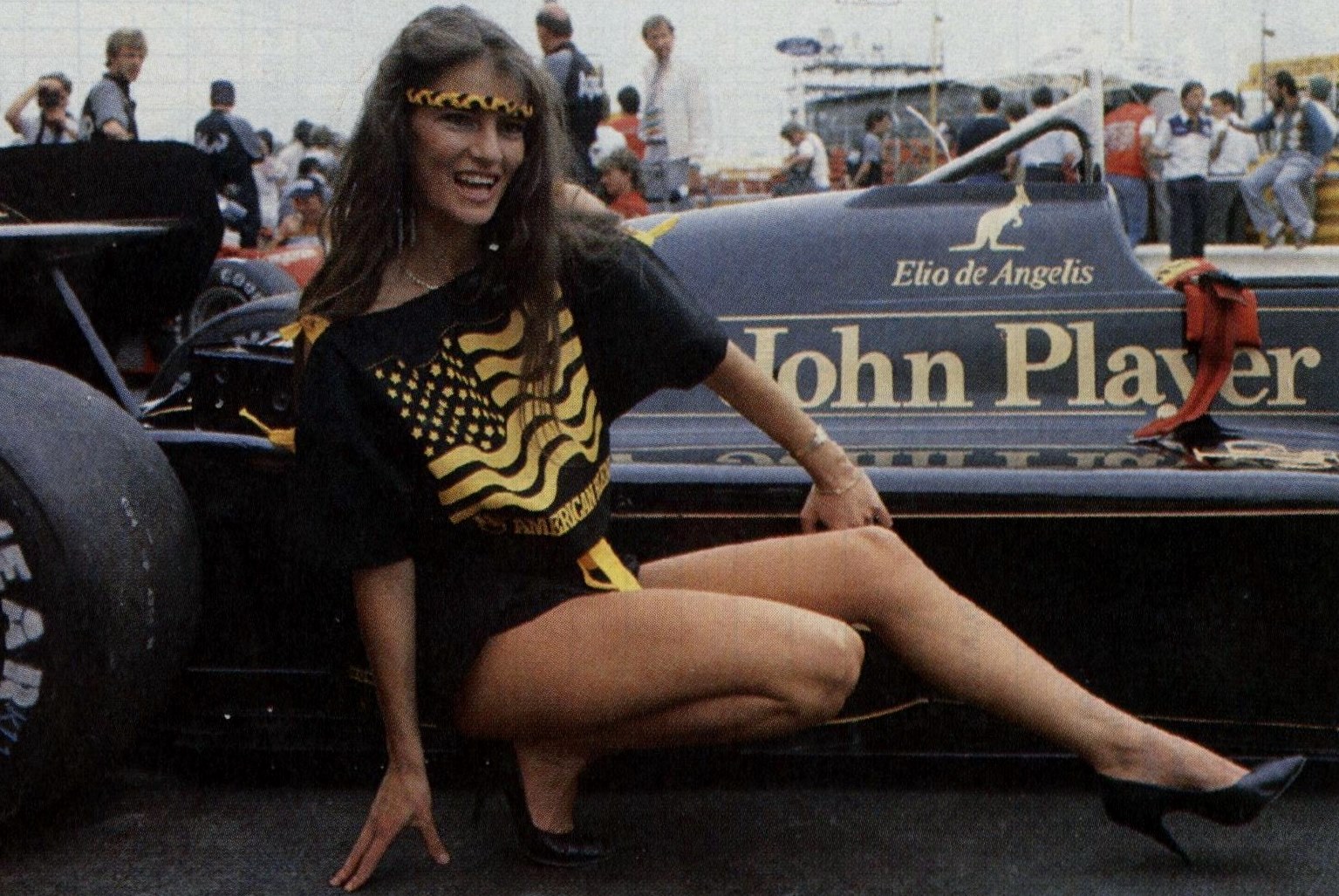
A girl in front of Elio de Angelis’ Lotus 95T in 1984.
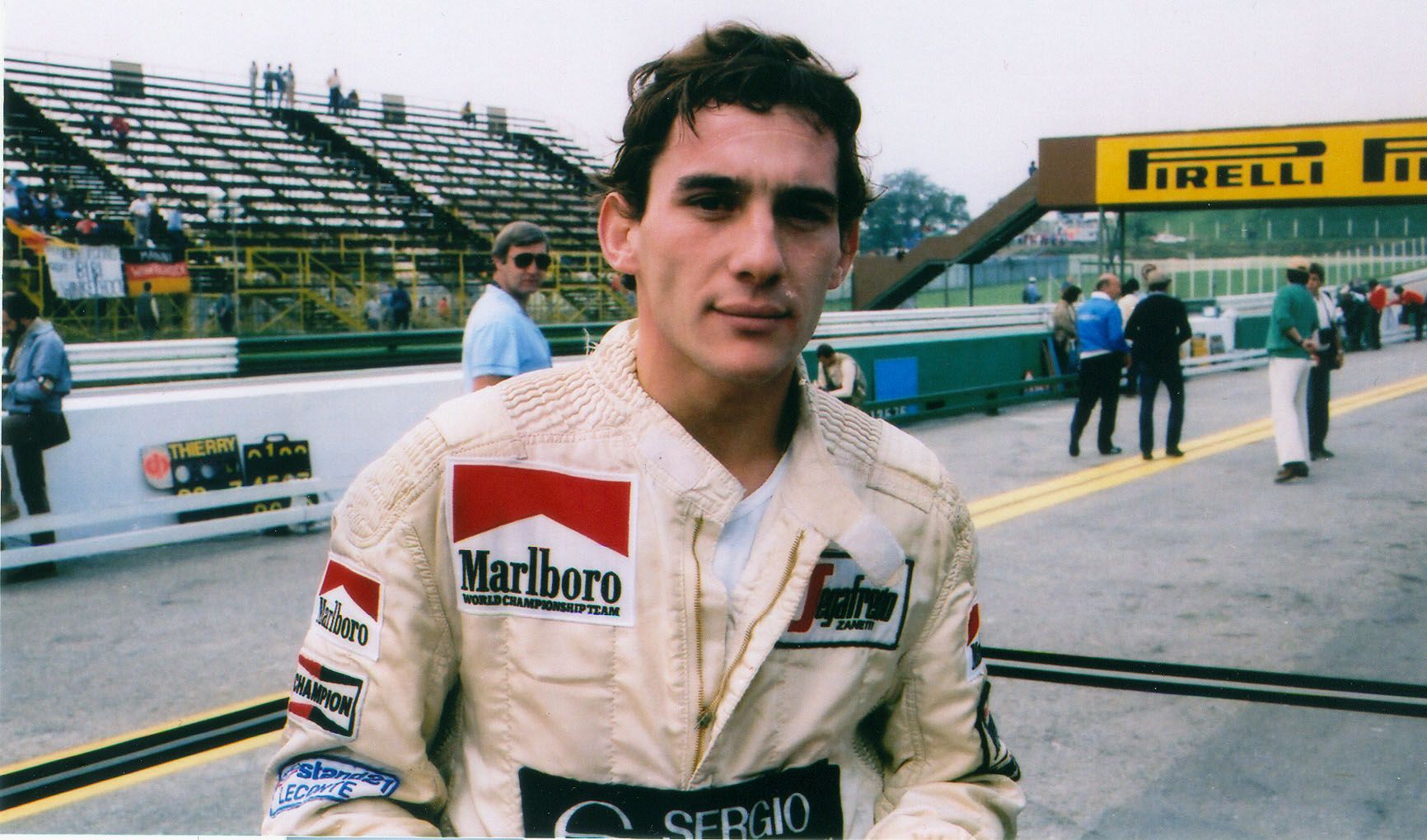
Ayrton Senna at Toleman in 1984.
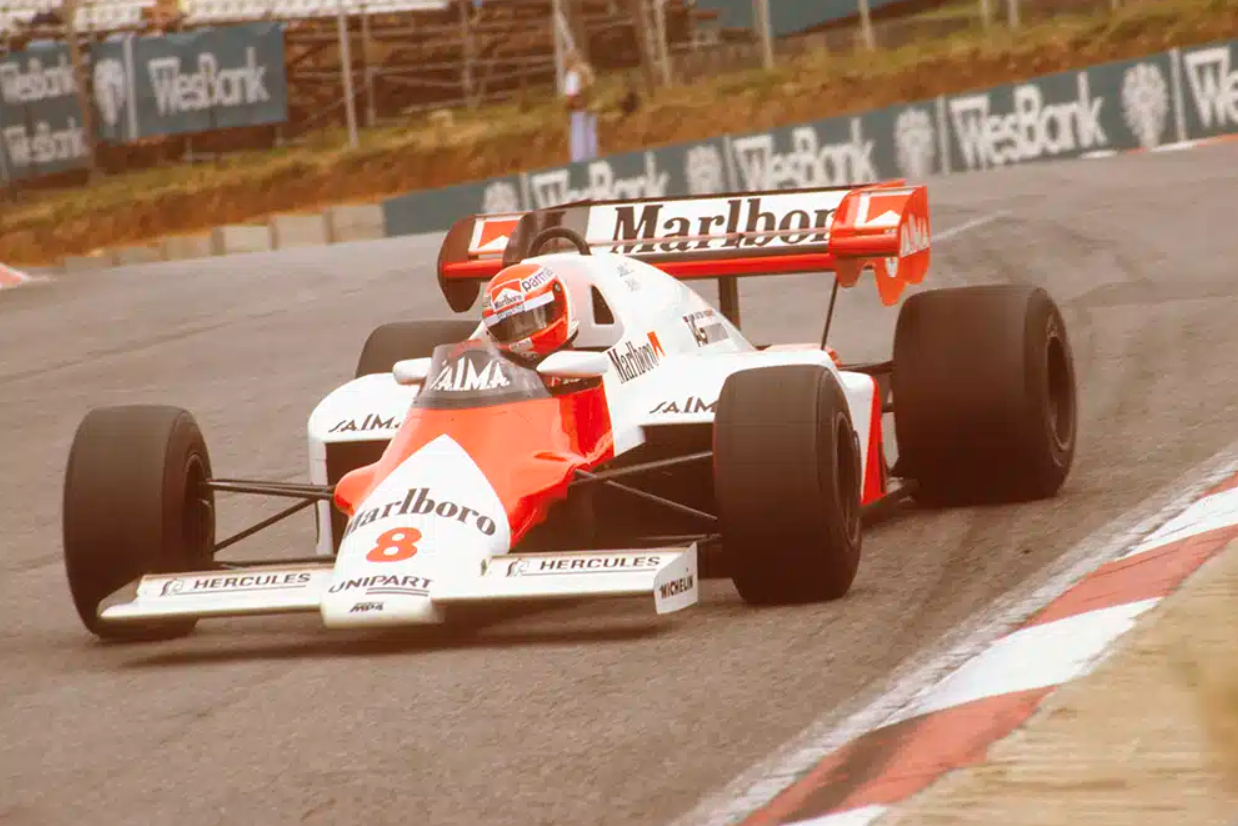
Niki Lauda, McLaren, in 1984.
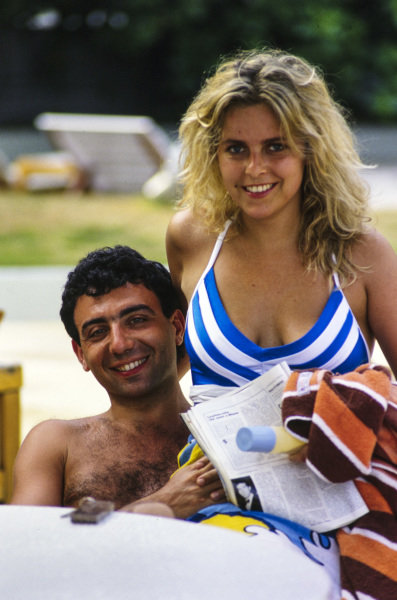
Michele Alboreto, Ferrari, poses with a female fan at the Brazilian Grand Prix on 25 March 1984. Photo by Ercole Colombo.
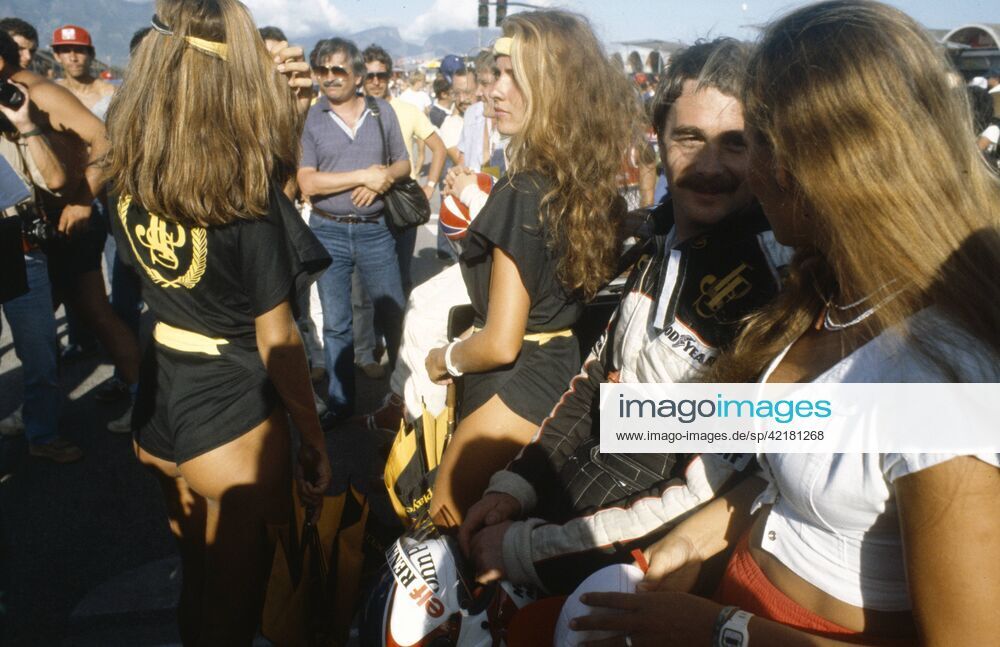
Nigel Mansell, Lotus, among John Player Special promotional girls during the Brazilian Grand Prix on 25 March 1984.
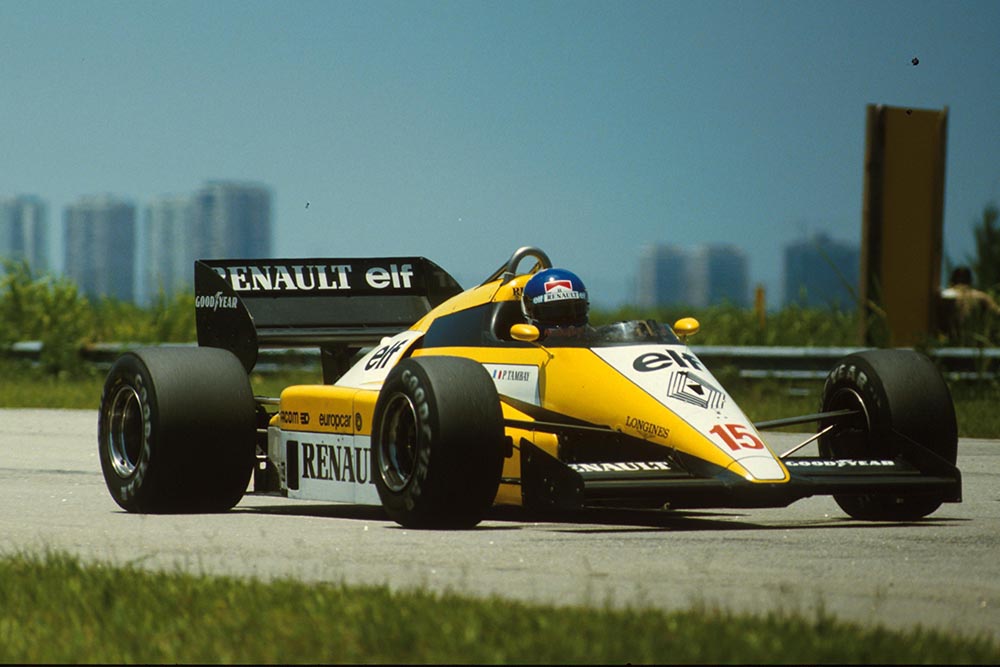
Patrick Tambay, Renault, at the Brazilian Grand Prix on 25 March 1984.
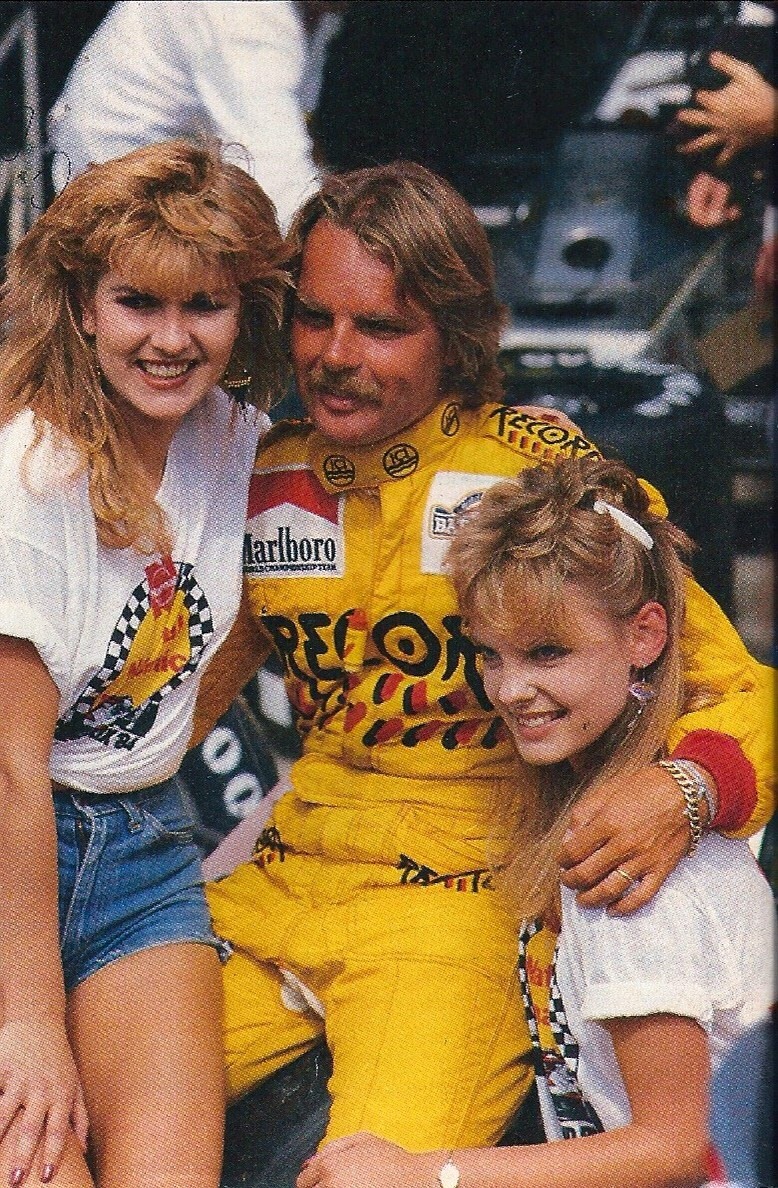
Keke Rosberg with two girls at the South African Grand Prix on 07 April 1984.
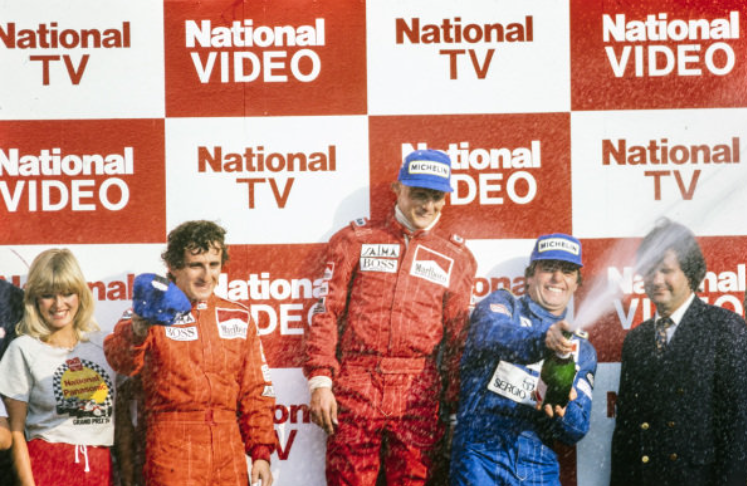
Niki Lauda, McLaren 1st position, Alain Prost, McLaren 2nd position, Derek Warwick, Renault 3rd position, celebrate on the podium at the South African Grand Prix on 07 April 1984.
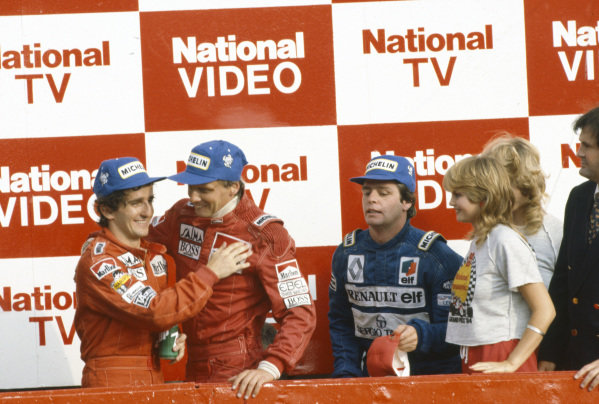
Niki Lauda, McLaren 1st position, Alain Prost, McLaren 2nd position, Derek Warwick, Renault 3rd position, celebrate on the podium at the South African Grand Prix on 07 April 1984.
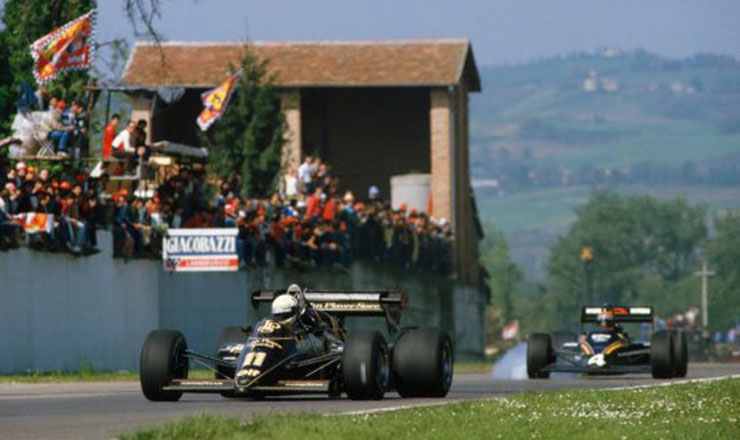
Elio de Angelis, Lotus 95-T Renault, leads Stefan Bellof, Tyrrell 012 Ford, at Imola in May 1984. Photo by Lat Photographic.
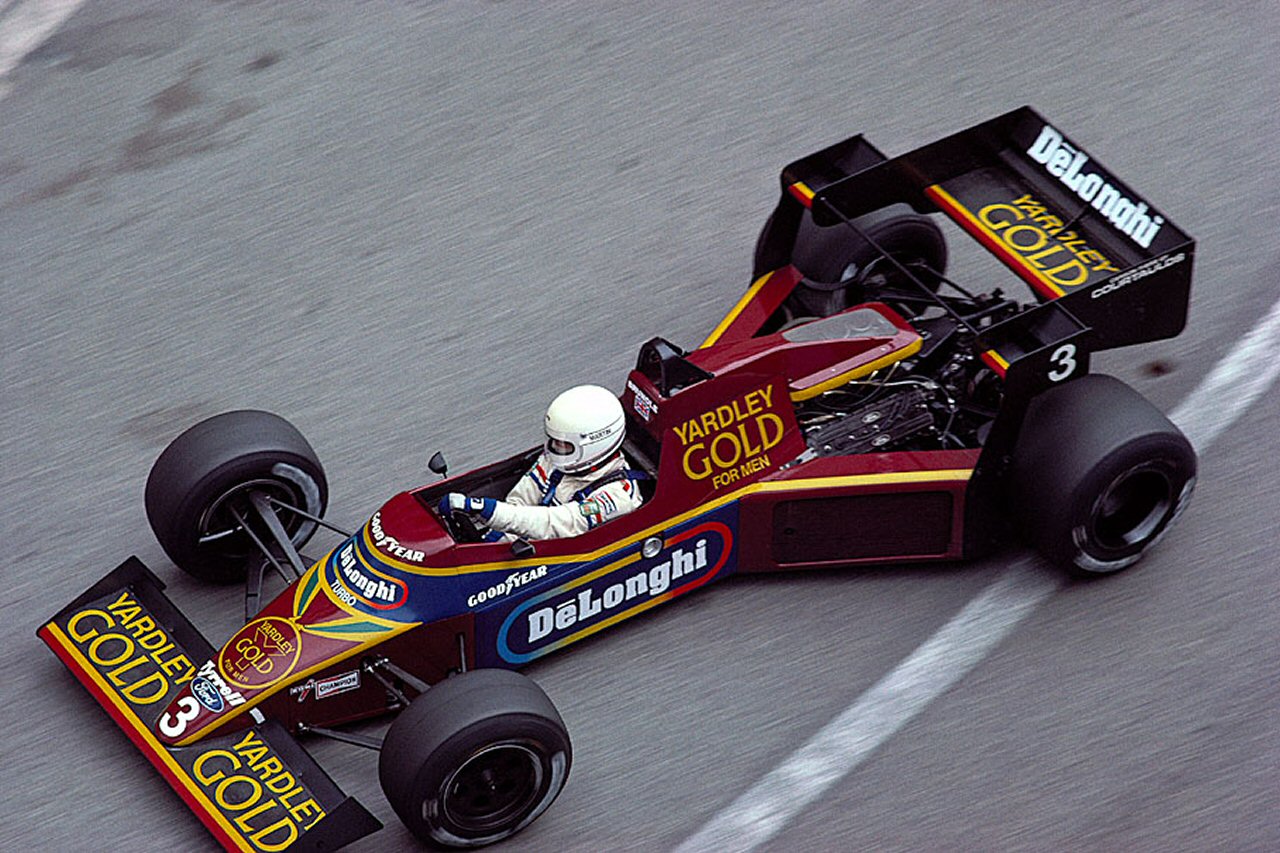
Tyrrell's terrific liveries at the Monaco Grand Prix in Monte Carlo on 03 June 1984.
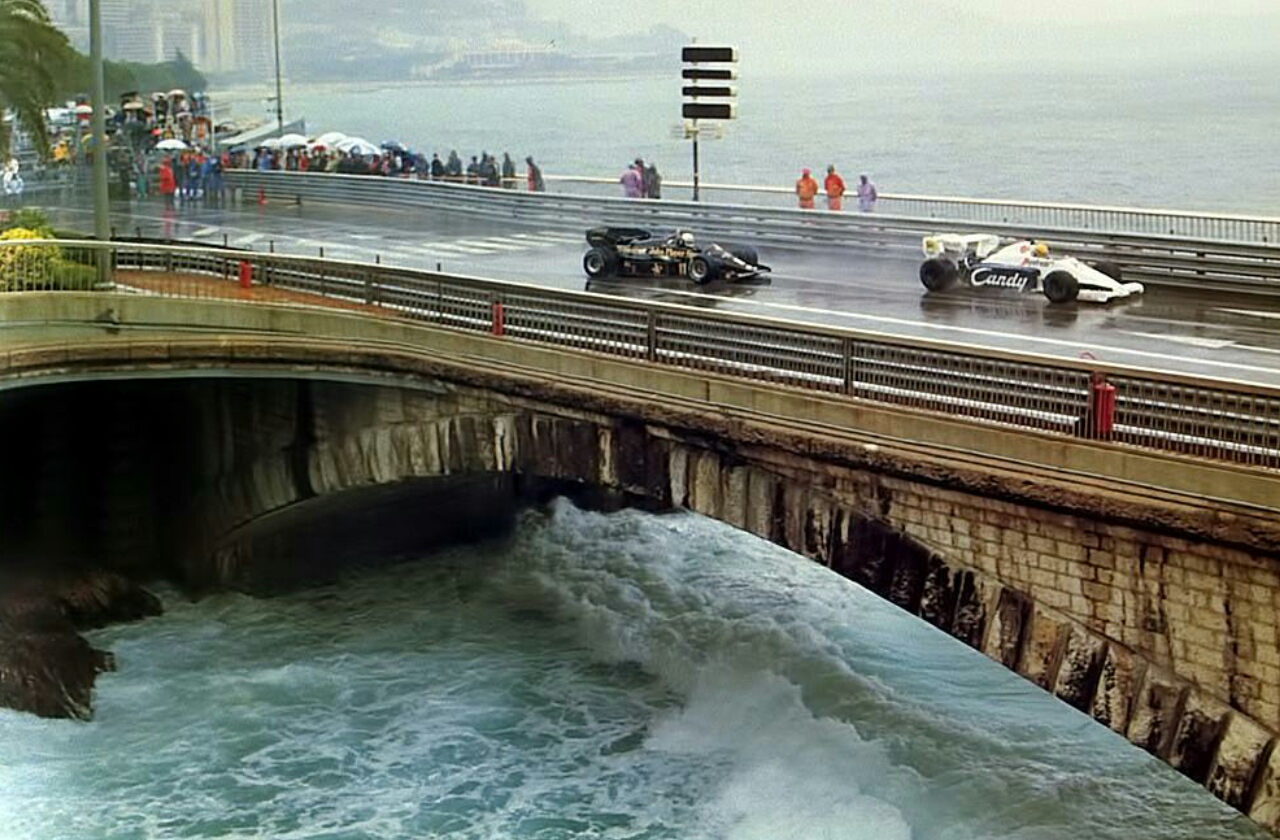
Ayrton Senna and Elio de Angelis at the Old Portier bridge at the Monaco Grand Prix in Monte Carlo on 03 June 1984.
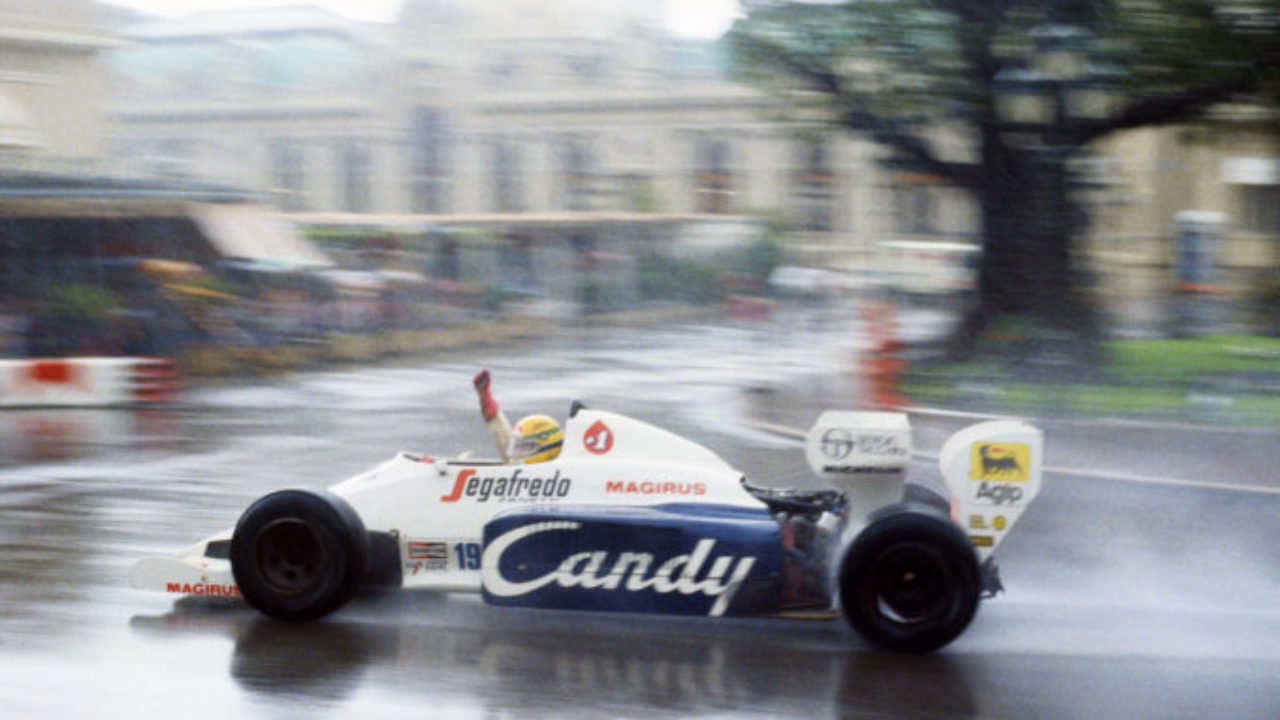
Ayrton Senna, Toleman, dazzles the world at the Monaco Grand Prix in Monte Carlo on 03 June 1984.
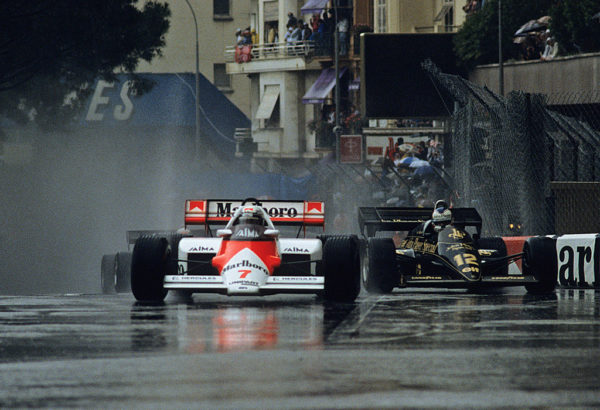
Alain Prost, McLaren, at the Monaco Grand Prix in Monte Carlo on 03 June 1984.
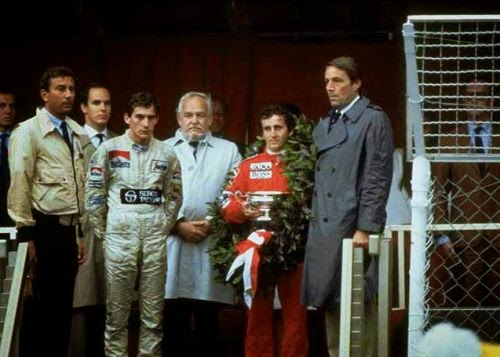
Alain Prost, 1st position, Ayrton Senna, 2nd position and Prince Rainier on the podium at the Monaco Grand Prix in Monte Carlo on 03 June 1984.
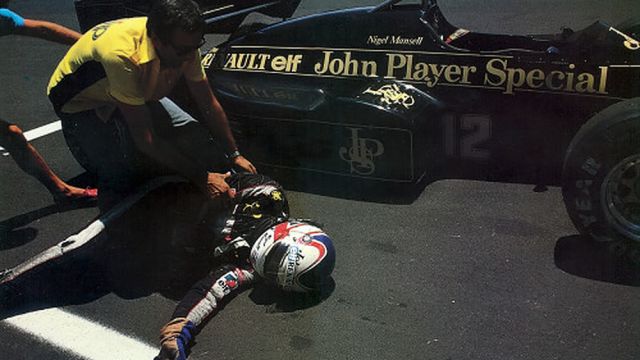
Nigel Mansell lying helpless on the asphalt at the US GP on 08 July 1984 at Fair Park in Dallas, Texas.
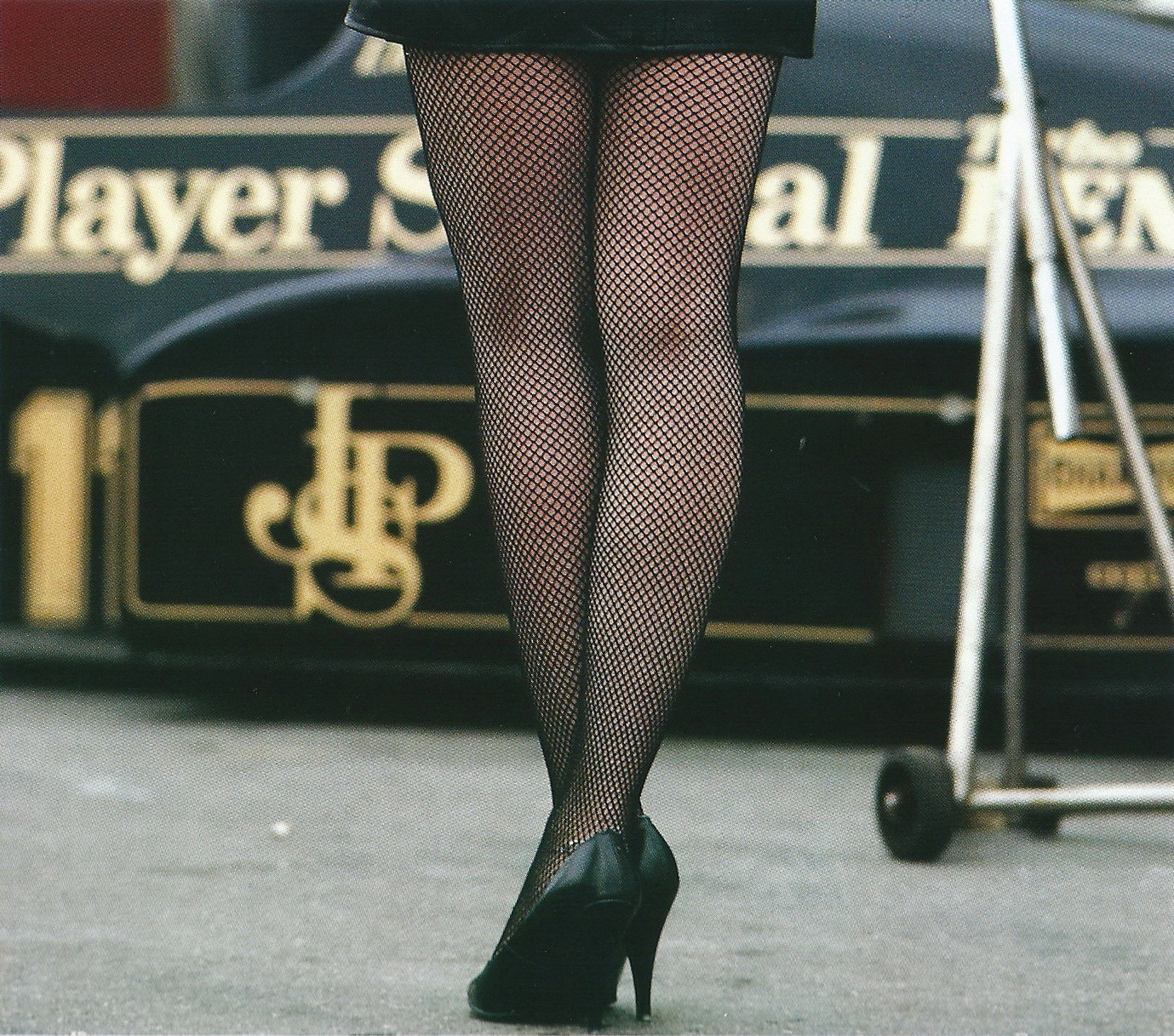
A John Player Special girl at the Austrian Grand Prix on 19 August 1984.
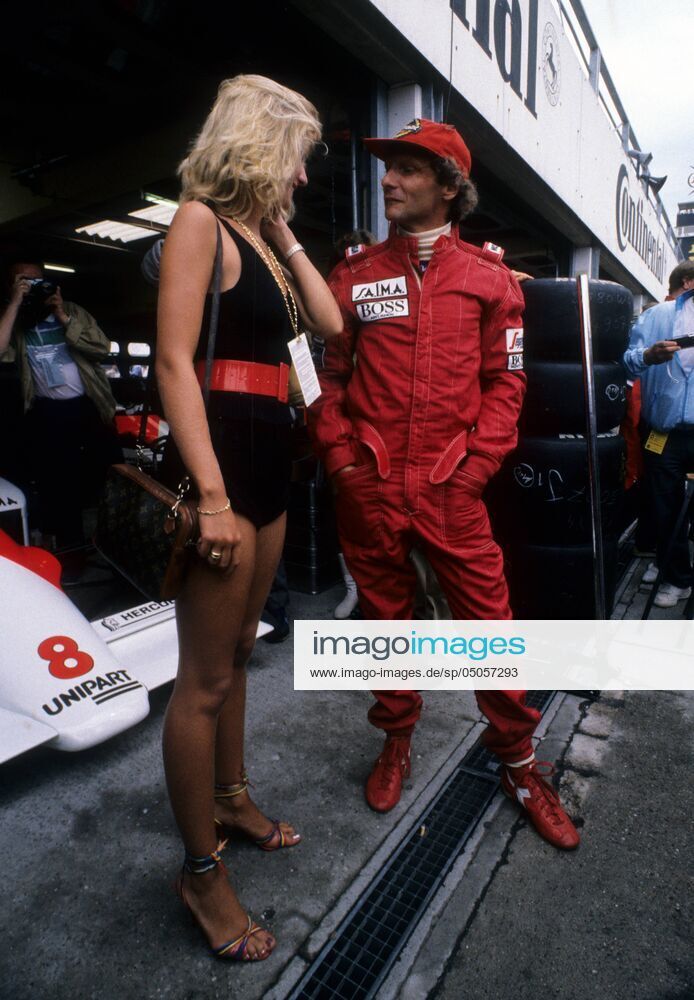
Niki Lauda, McLaren TAG Porsche, with a girl at the Austrian Grand Prix on 19 August 1984.
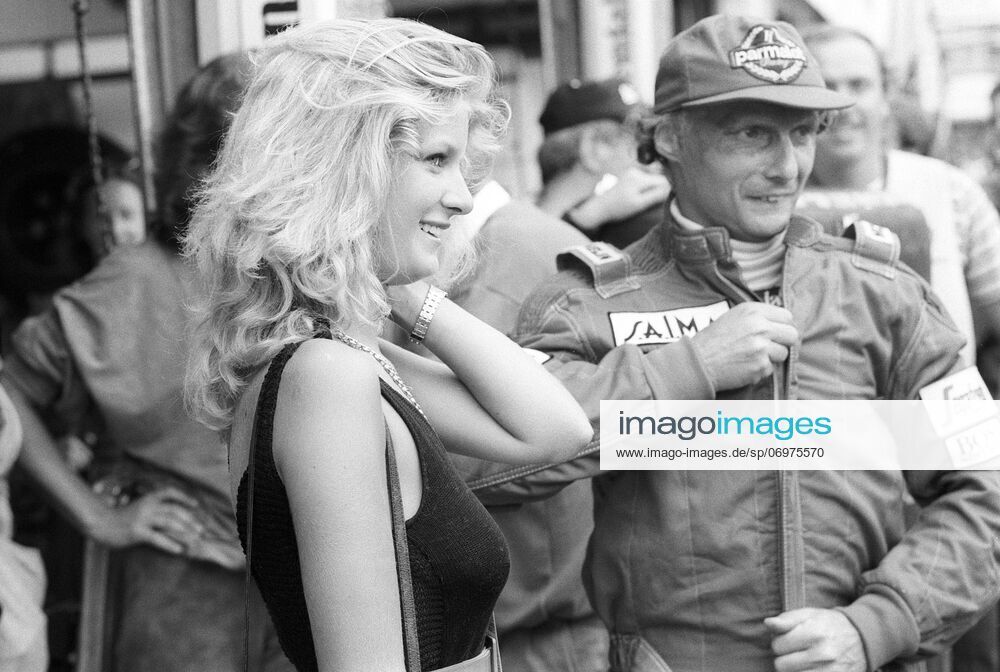
Niki Lauda, McLaren TAG Porsche, with a girl at the Austrian Grand Prix on 19 August 1984.
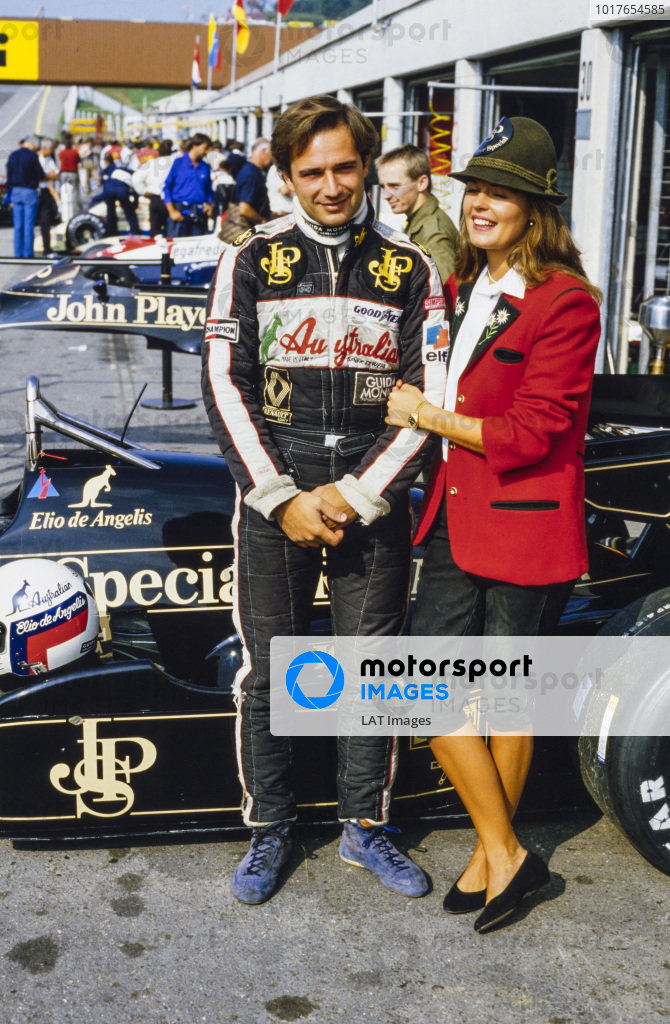
Elio de Angelis, Lotus 95T Renault, with fashion model girlfriend Ute Kittelberger at the Austrian Grand Prix on 19 August 1984.
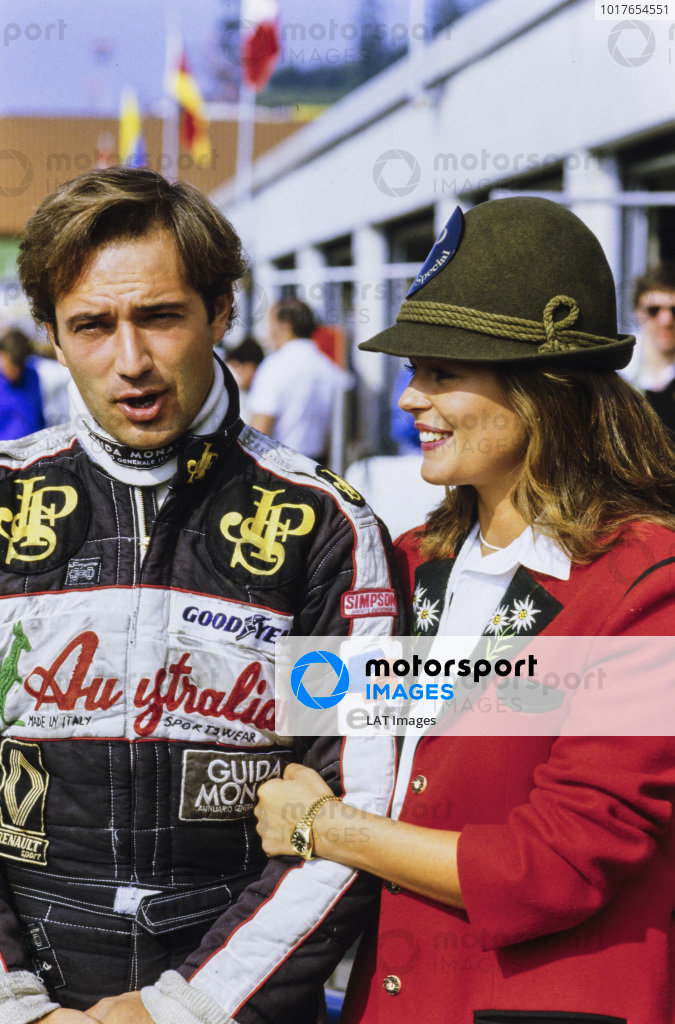
Elio de Angelis, Lotus 95T Renault, with fashion model girlfriend Ute Kittelberger at the Austrian Grand Prix on 19 August 1984.
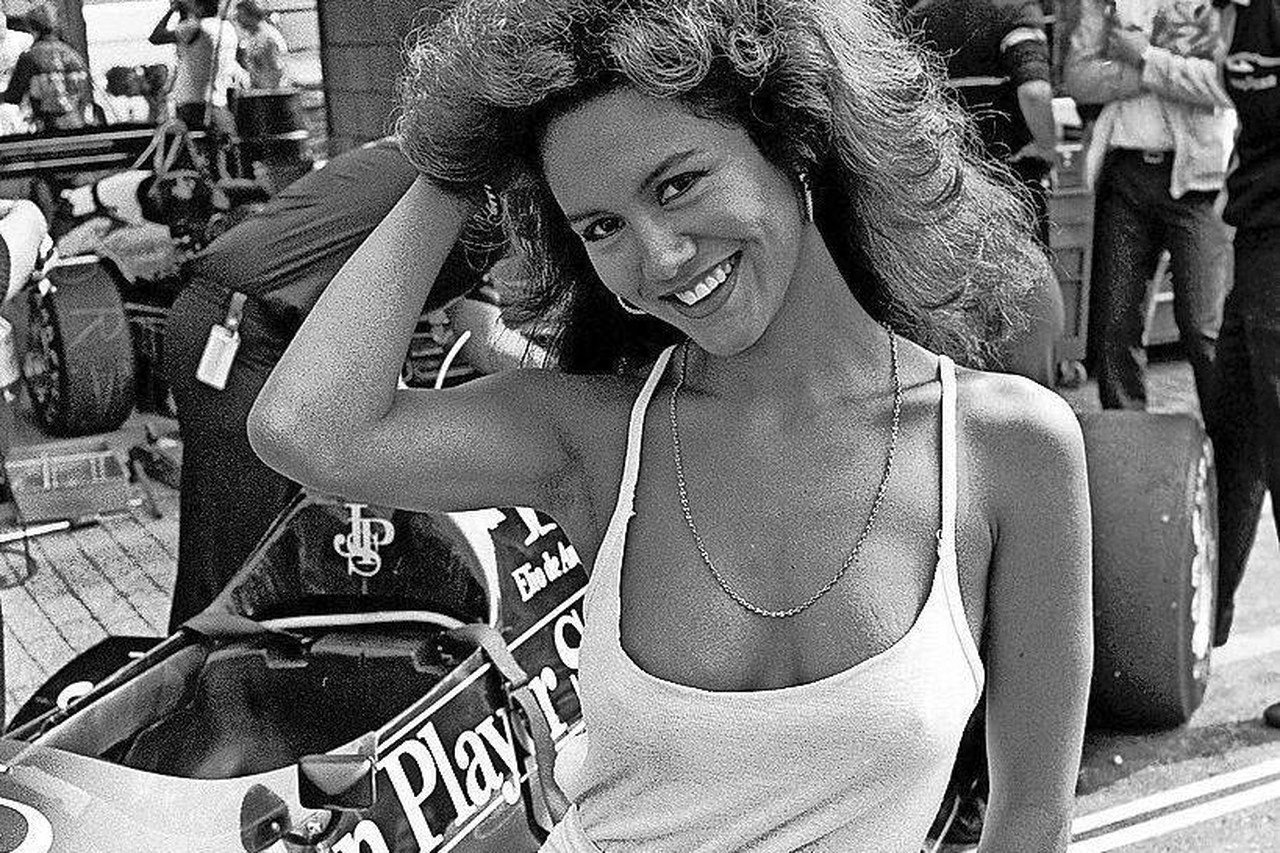
A girl in front of Elio de Angelis’ Lotus at Zandvoort in 1984.
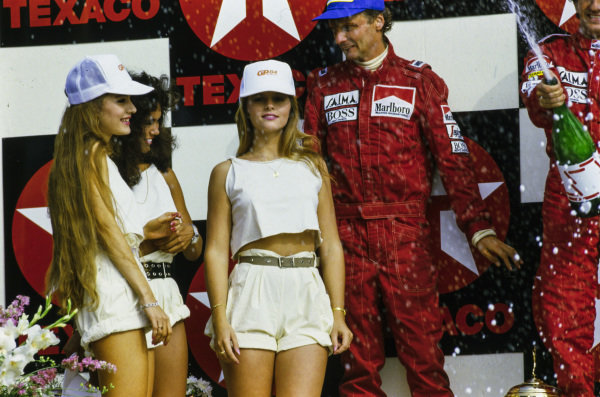
Glamour girls are admired on the podium by Niki Lauda, 2nd position, at Zandvoort on 26 August 1984. Behind, Alain Prost, 1st position, sprays champagne.
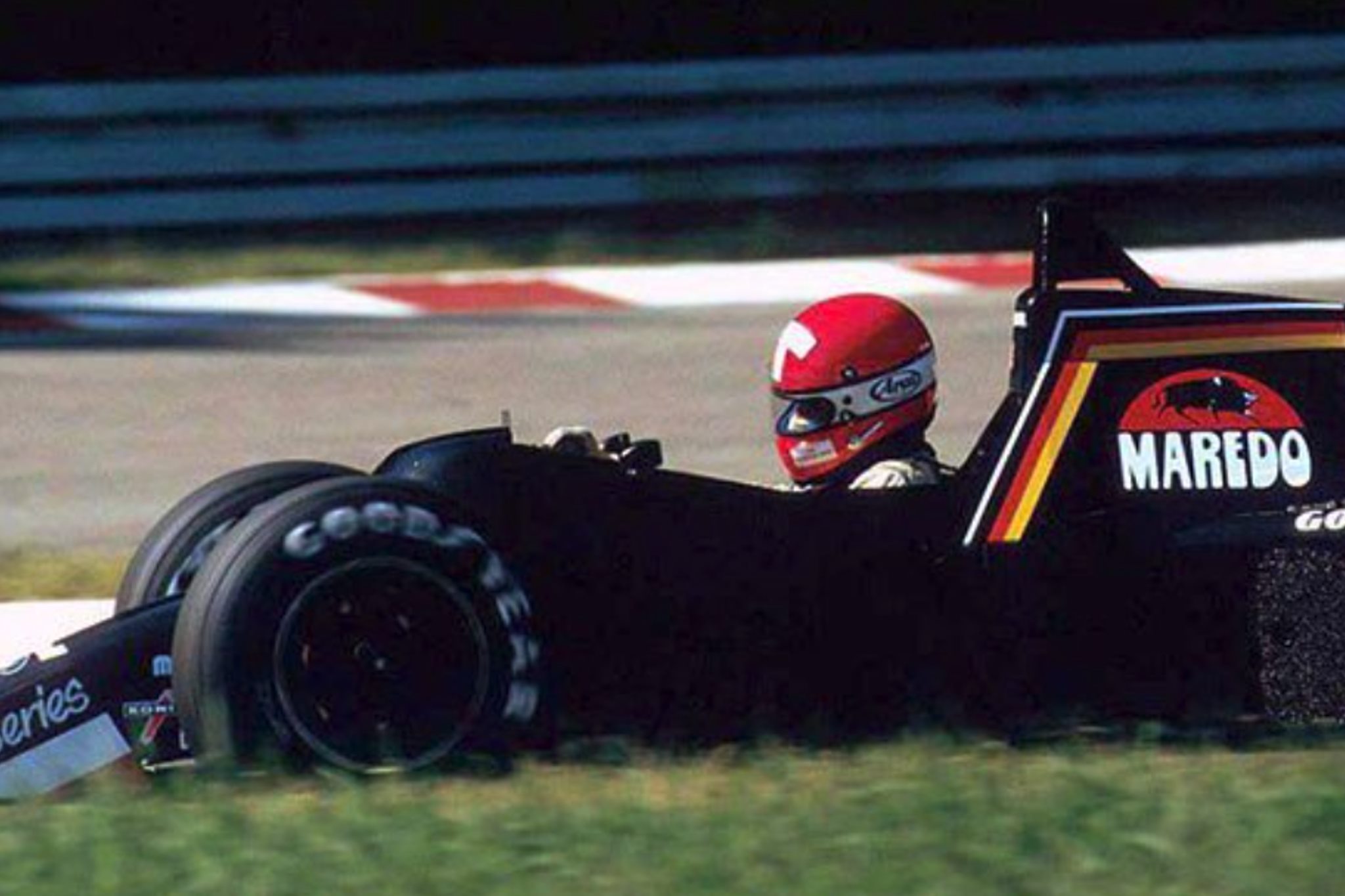
Mike Thackwell, Tyrrell 012 Ford, at the German Grand Prix in Hockenheim on 05 September 1984. Photo by Sutton Images.
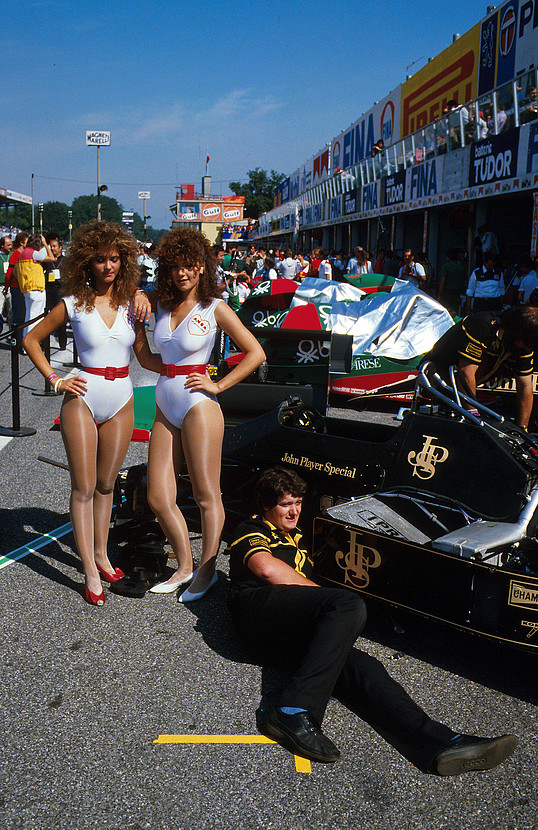
Pit girls in front of a Lotus at Monza on 09 September 1984.
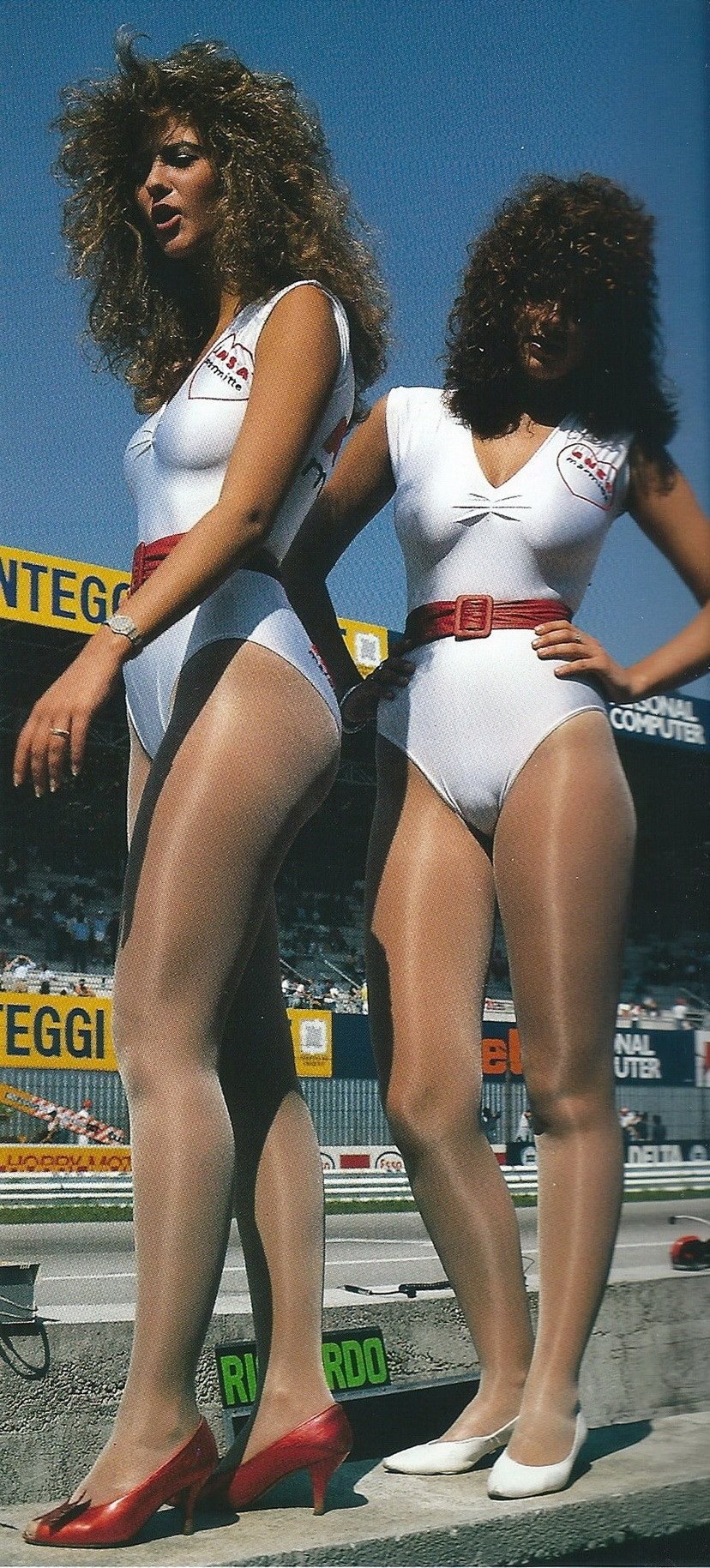
Pit girls at Monza on 09 September 1984.
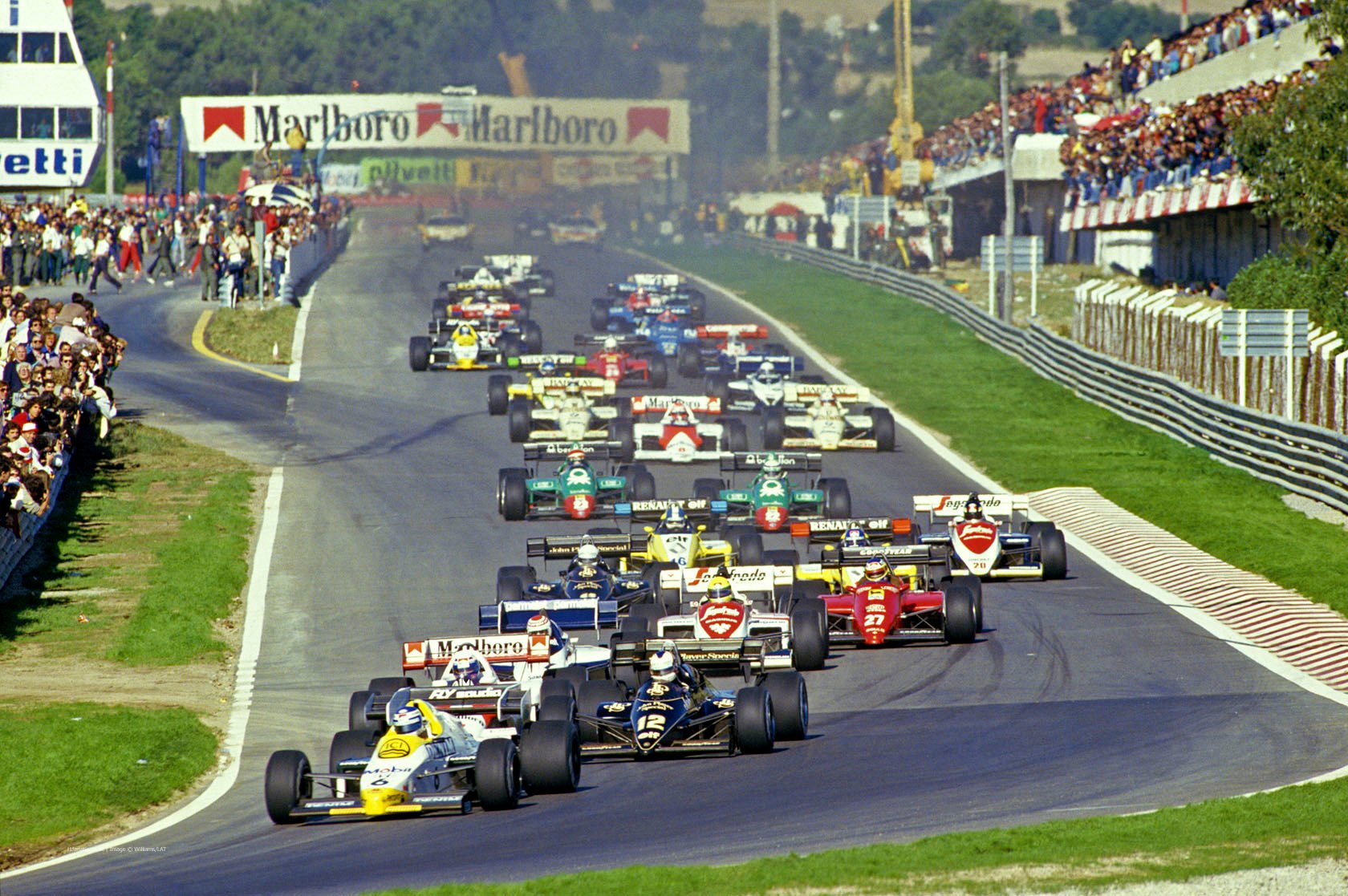
Keke Rosberg, Williams FW09B Honda, leads at the start of the Portuguese Grand Prix on Sunday 21 October 1984. Photo by Rainer Schlegelmilch.
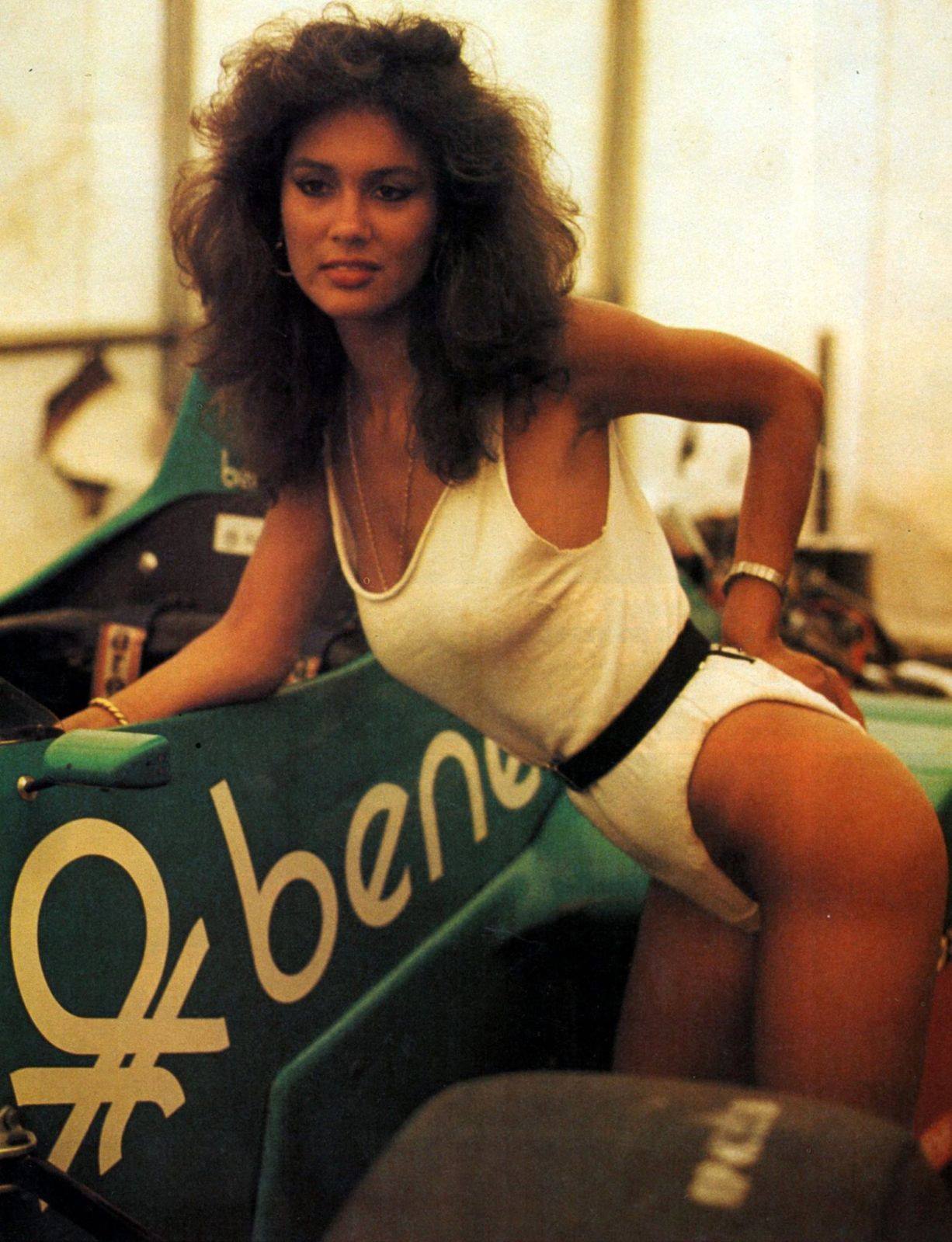
A Benetton girl in 1985.
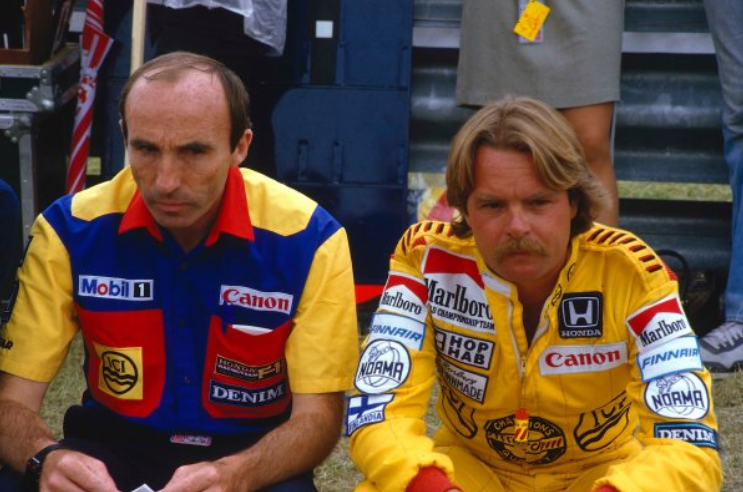
Frank Williams and Keke Rosberg in 1985.
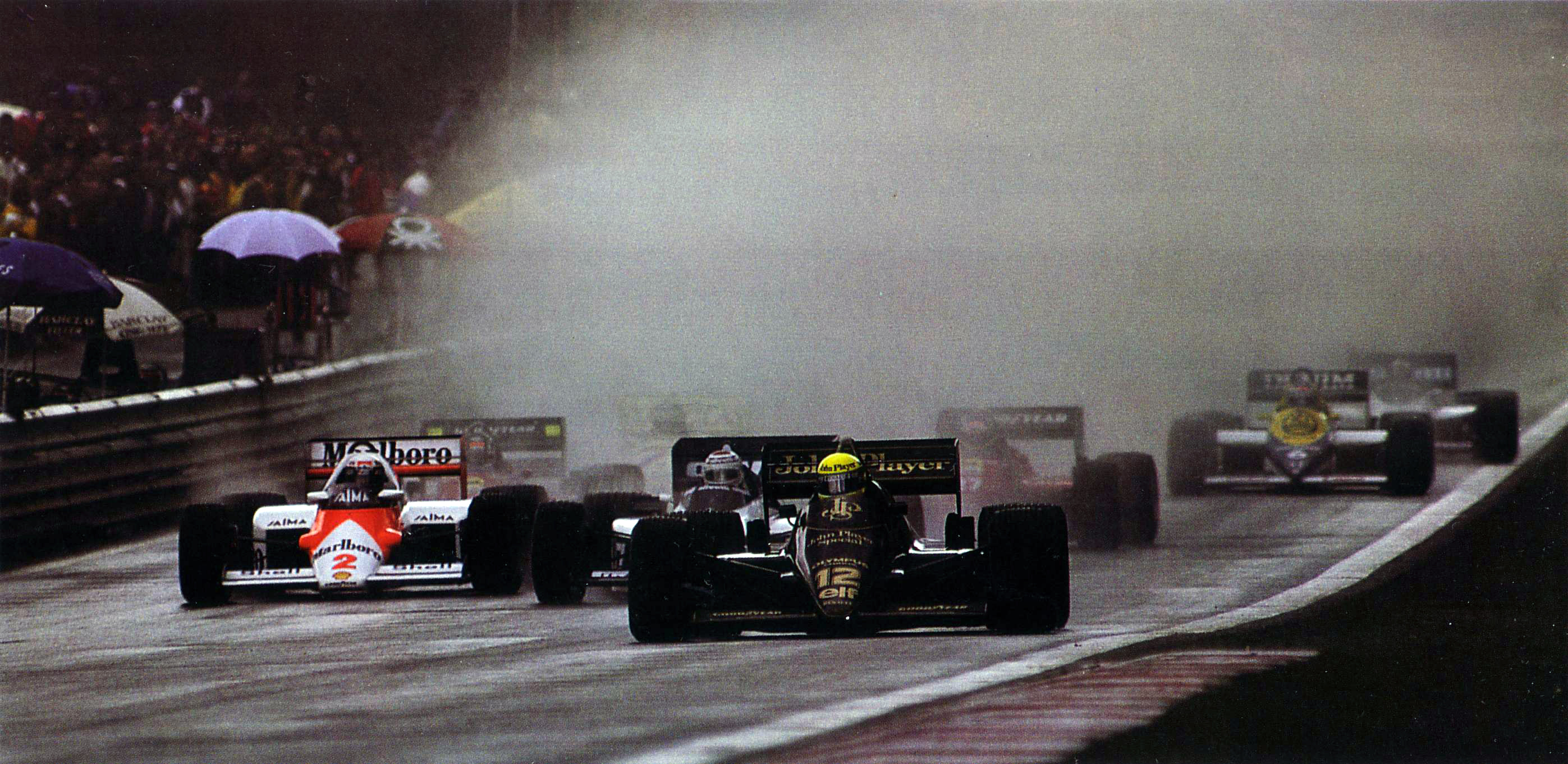
The start of a Grand Prix in 1985.
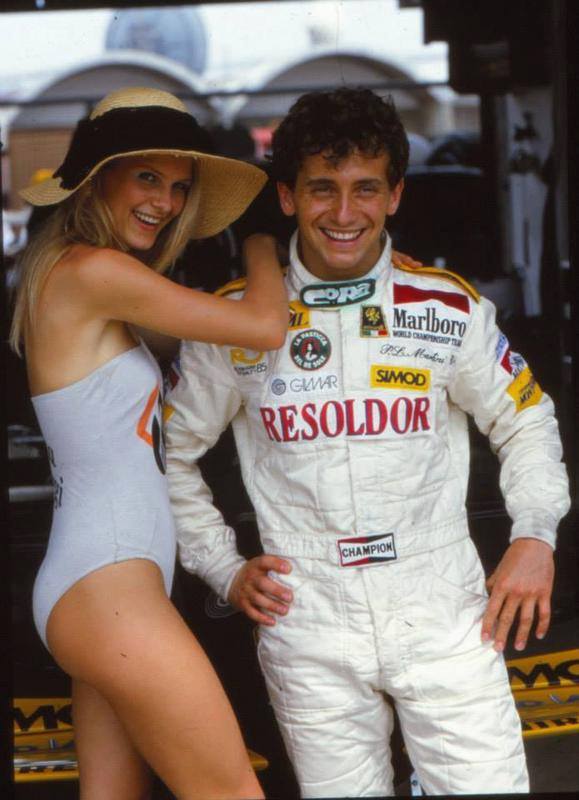
Pierluigi Martini in Brazil on 07 April 1985.
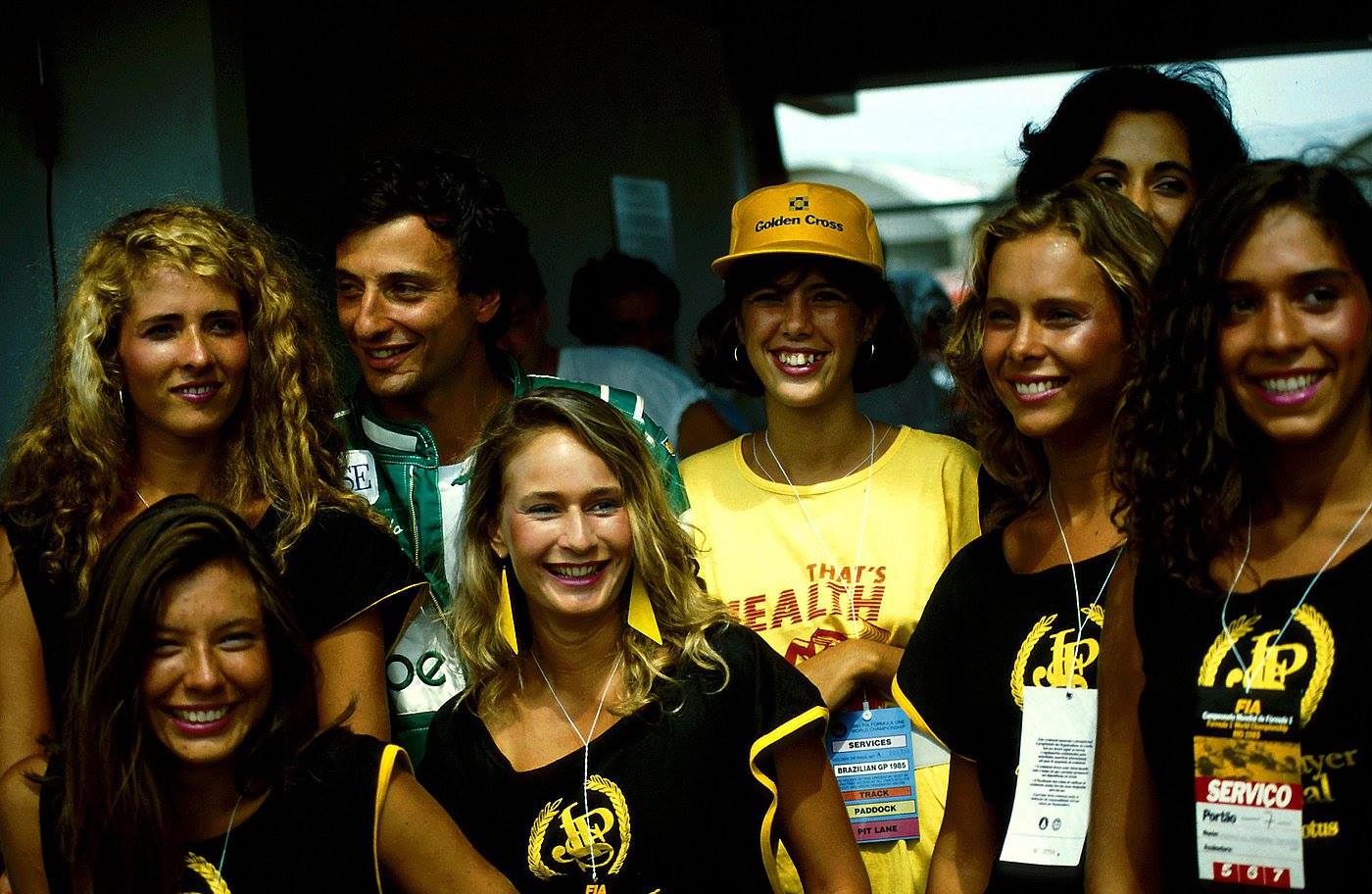
Riccardo Patrese with the JPS girls at the Brazilian Grand Prix in Jacarepaguá, Rio de Janeiro, on 07 April 1985.
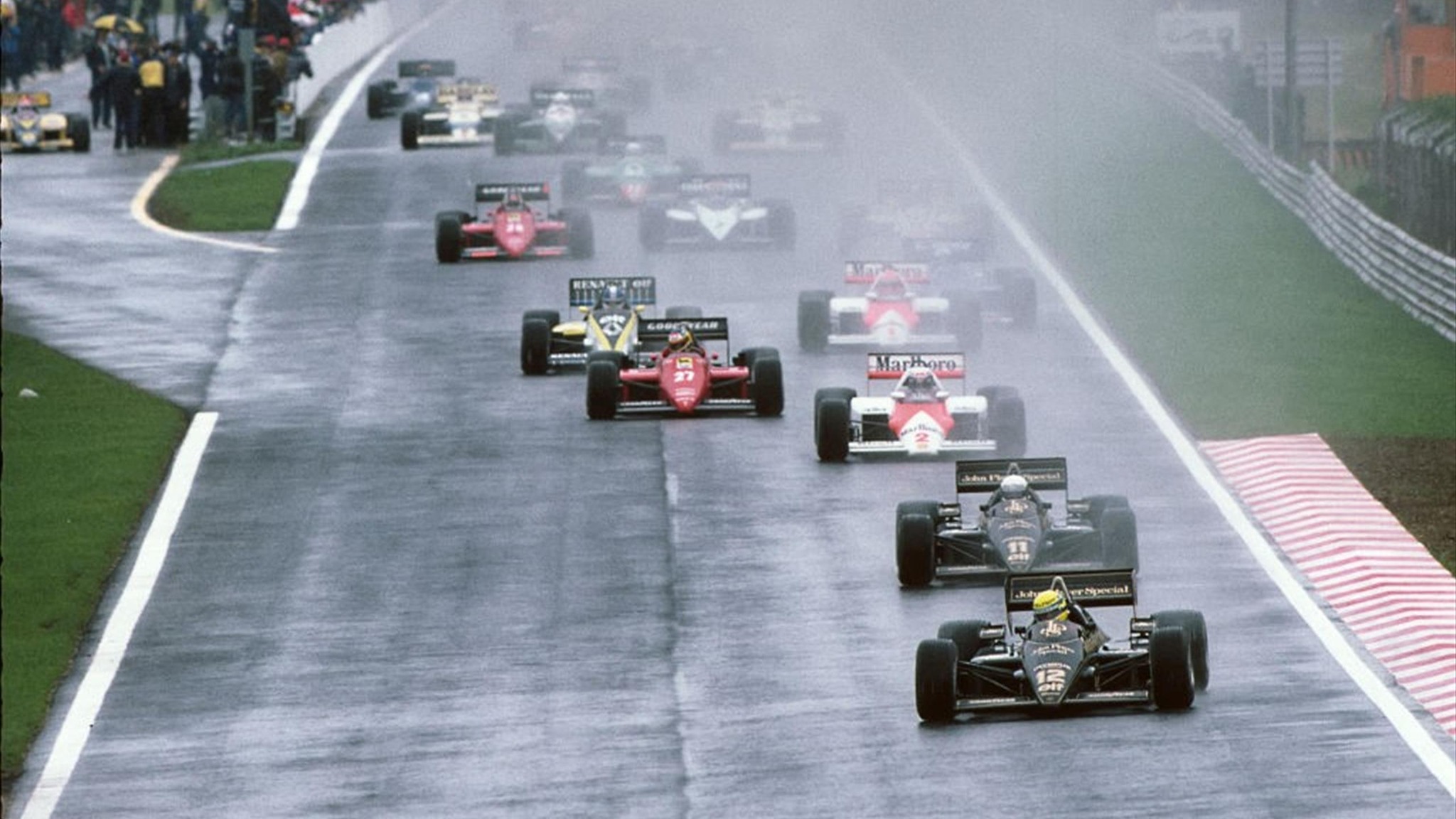
Ayrton Senna, Lotus 97T, on his way to his first victory in F1 at the Portuguese Grand Prix in Estoril on 21 April 1985.
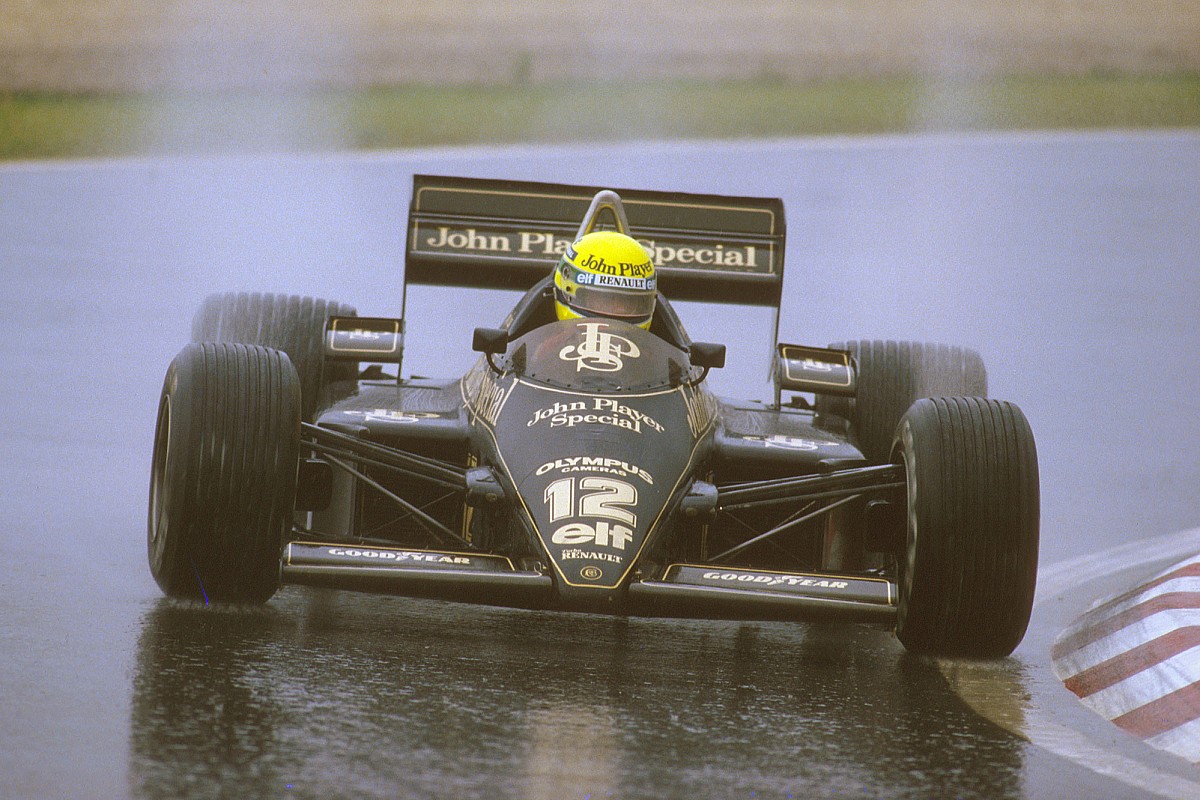
Ayrton Senna, Lotus 97T, on his way to his first victory in F1 at the Portuguese Grand Prix in Estoril on 21 April 1985.
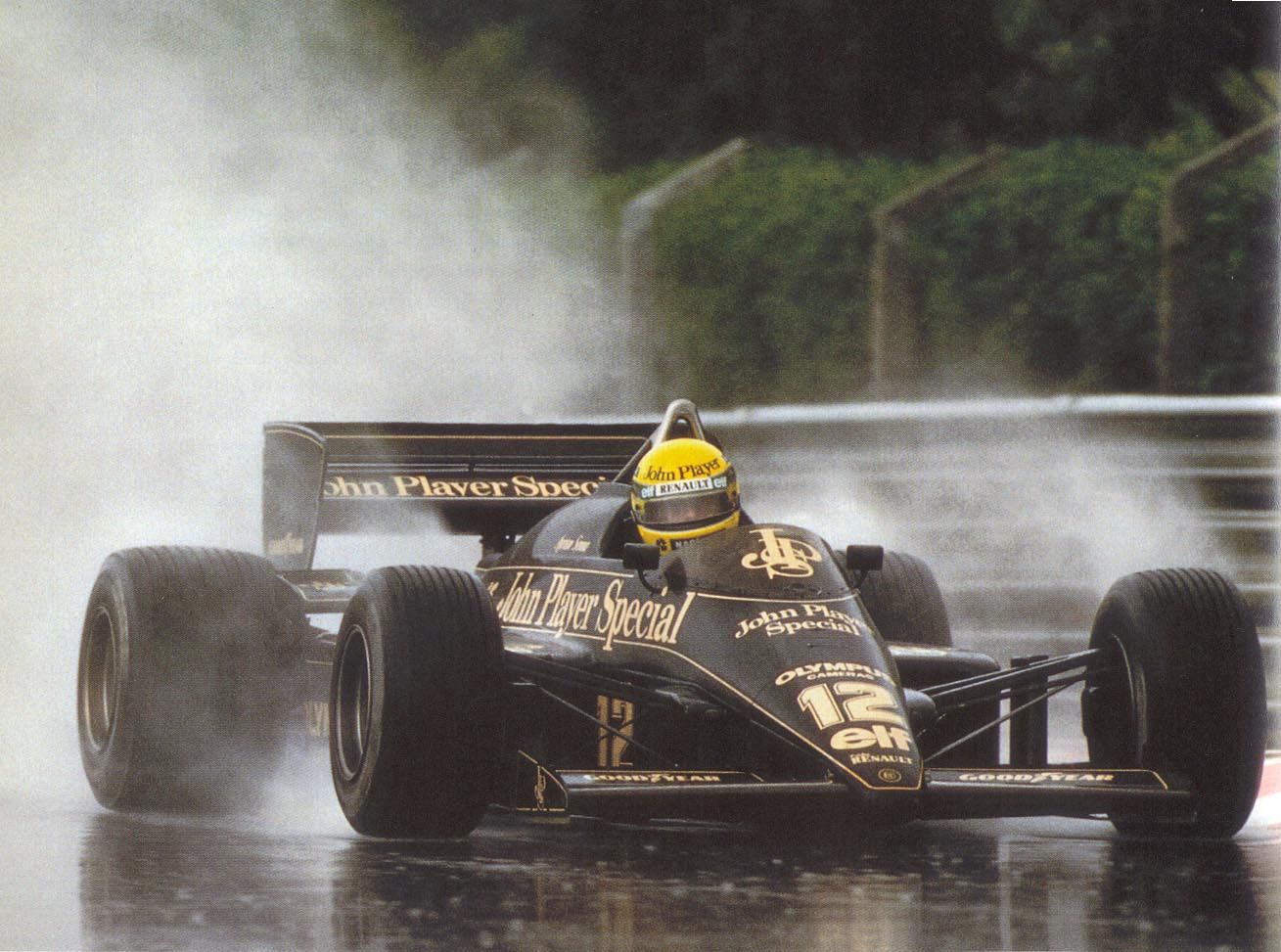
Ayrton Senna, Lotus 97T, on his way to his first victory in F1 at the Portuguese Grand Prix in Estoril on 21 April 1985.
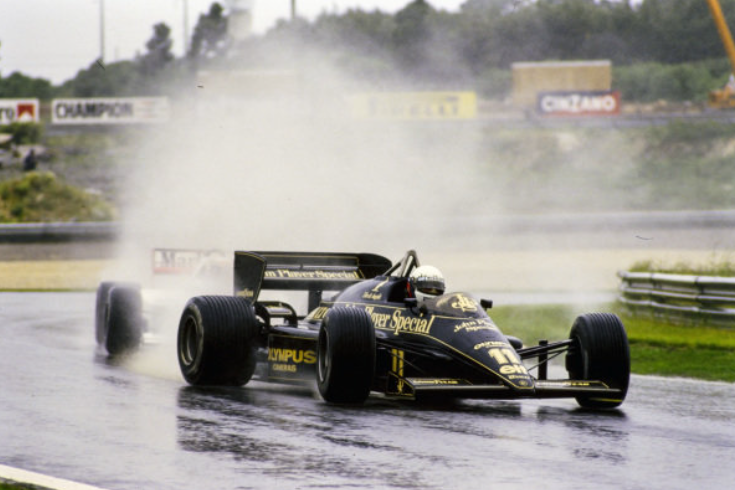
Elio de Angelis, Lotus 97T, at the Portuguese Grand Prix in Estoril on 21 April 1985.
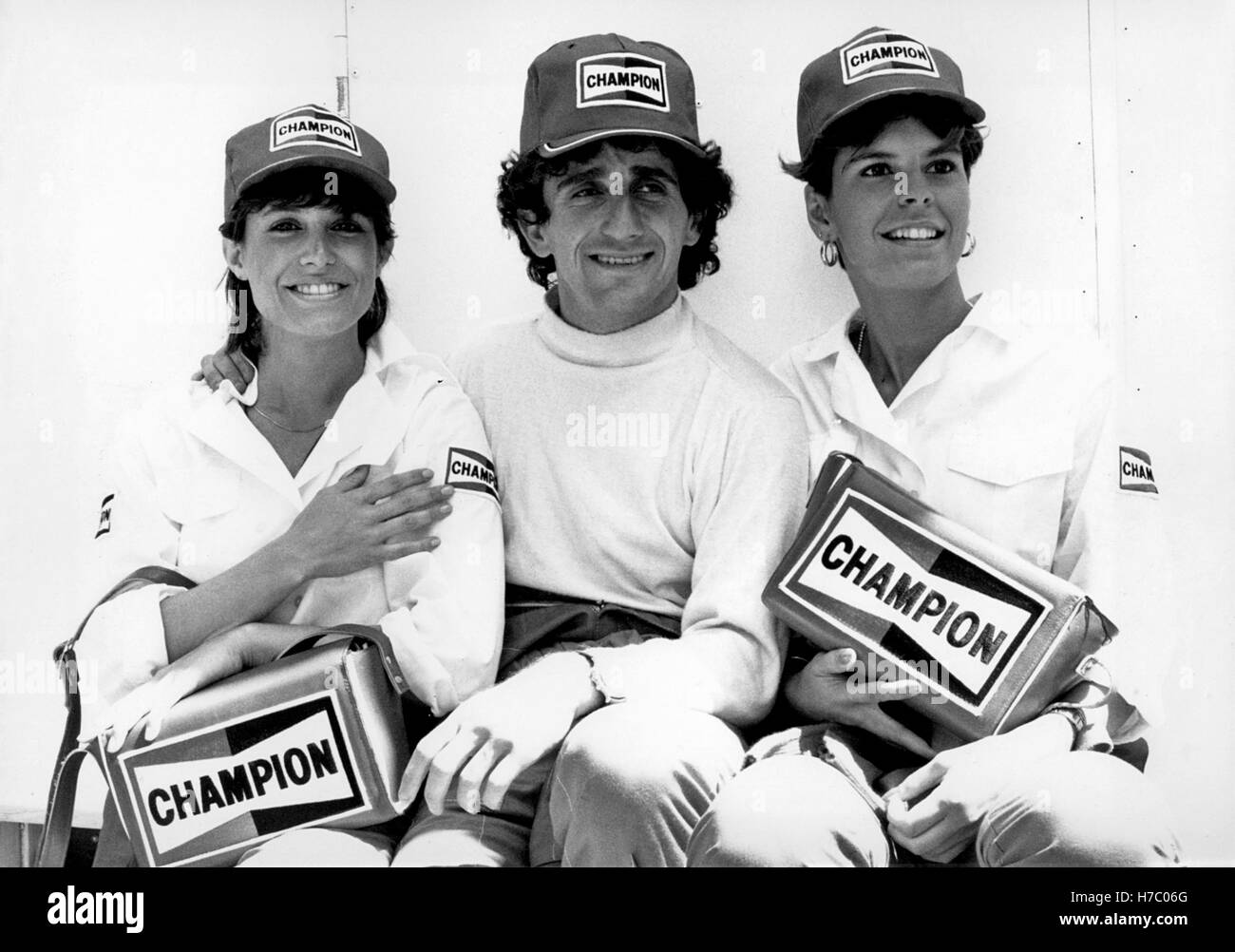
Alain Prost with two Champion promotion girls at the Monaco Grand Prix in Monte Carlo on 19 May 1985.
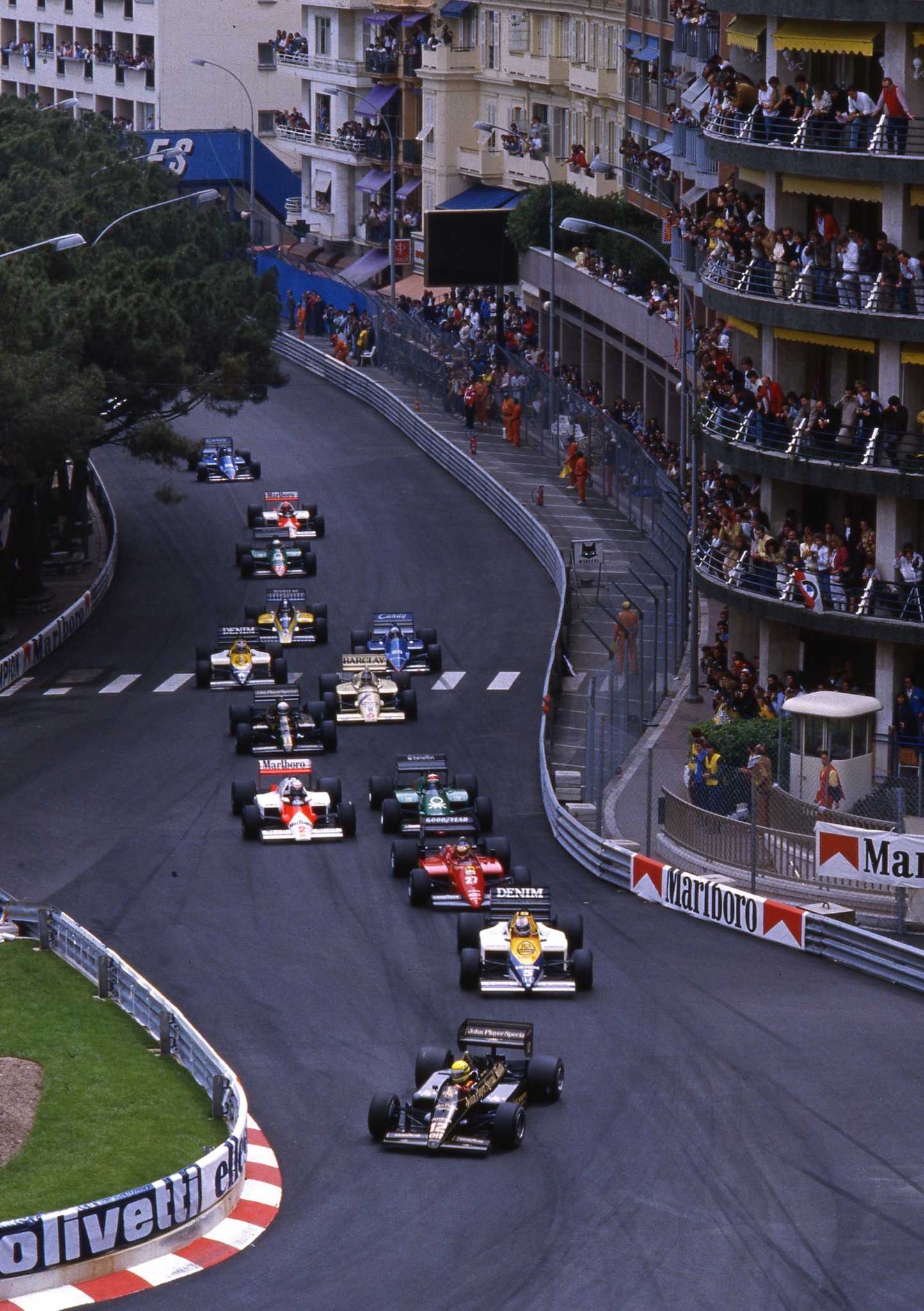
The Monaco Grand Prix in Monte Carlo on 19 May 1985.
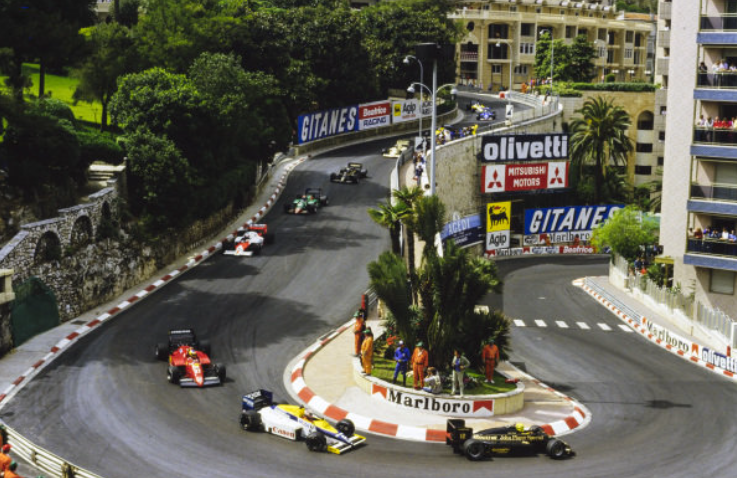
Ayrton Senna, Lotus 97T Renault, leads Nigel Mansell, Williams FW10 Honda, Michele Alboreto, Ferrari 156/85, Alain Prost, McLaren MP4-2B TAG, Eddie Cheever, Alfa Romeo 185T and Elio de Angelis, Lotus 97T Renault, at the Monaco Grand Prix in Monte Carlo on 19 May 1985.
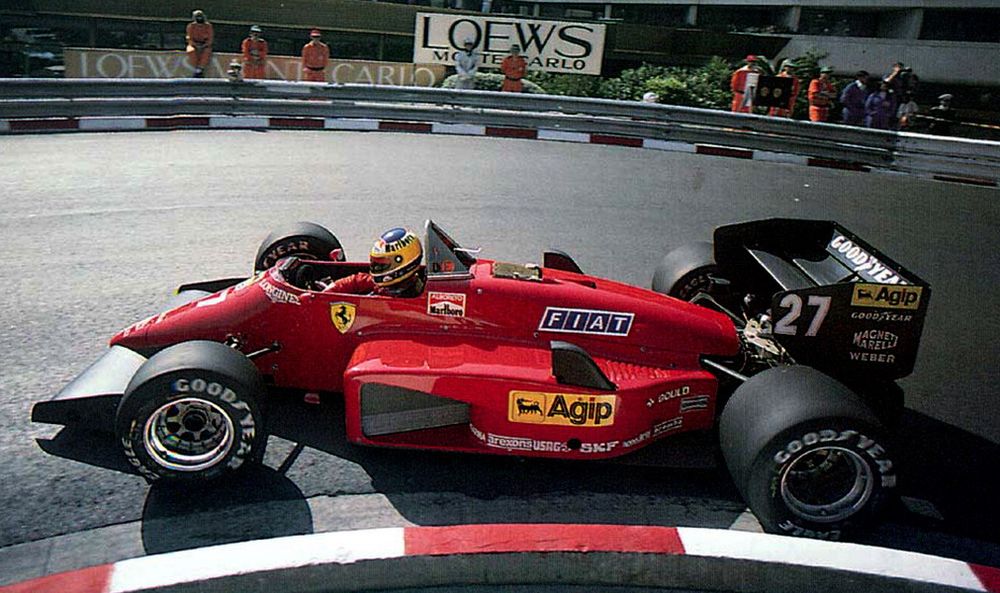
Michele Alboreto, Ferrari 156/85, at the Monaco Grand Prix in Monte Carlo on 19 May 1985.
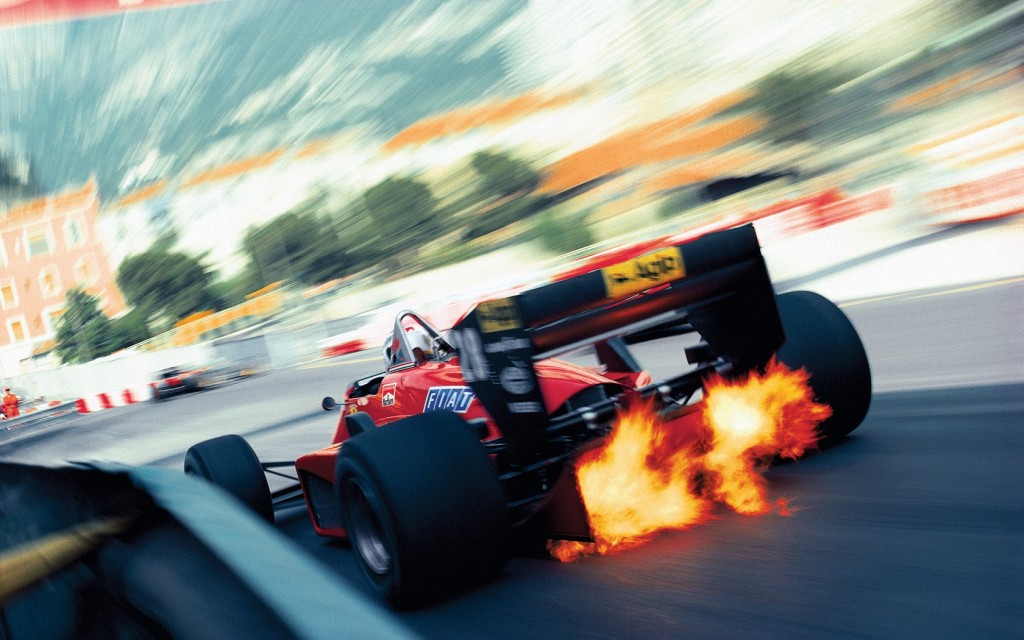
Exhaust flames shoot up through the diffuser of the Ferrari 156/85 of Stefan Johansson as he exits the Rascasse corner at the Monaco Grand Prix in Monte Carlo on 19 May 1985. Photo by Rainer Schlegelmilch.
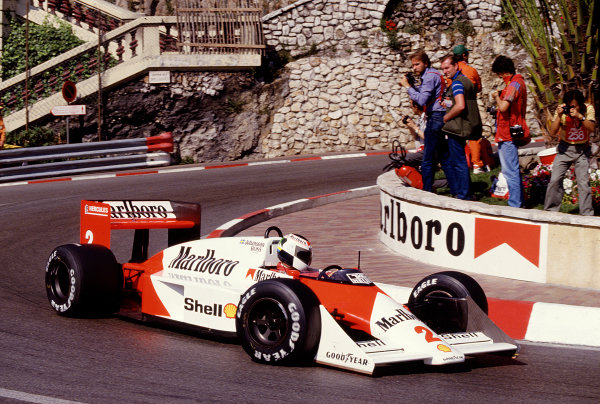
A McLaren at the Monaco Grand Prix in Monte Carlo on 19 May 1985.
![Nelson Piquet [in the Brabham] and Riccardo Patrese [in the Alfa Romeo] had this dramatic accident on the way into Saint Devote at the Monaco Grand Prix in Monte Carlo on 19 May 1985.](/images/others/sfcriga_formula1-the-worlds-most-exciting-sport_photo736.jpg)
Nelson Piquet [in the Brabham] and Riccardo Patrese [in the Alfa Romeo] had this dramatic accident on the way into Saint Devote at the Monaco Grand Prix in Monte Carlo on 19 May 1985.
![Nelson Piquet [in the Brabham] and Riccardo Patrese [in the Alfa Romeo] had this dramatic accident on the way into Saint Devote at the Monaco Grand Prix in Monte Carlo on 19 May 1985.](/images/others/sfcriga_formula1-the-worlds-most-exciting-sport_photo737.png)
Nelson Piquet [in the Brabham] and Riccardo Patrese [in the Alfa Romeo] had this dramatic accident on the way into Saint Devote at the Monaco Grand Prix in Monte Carlo on 19 May 1985.
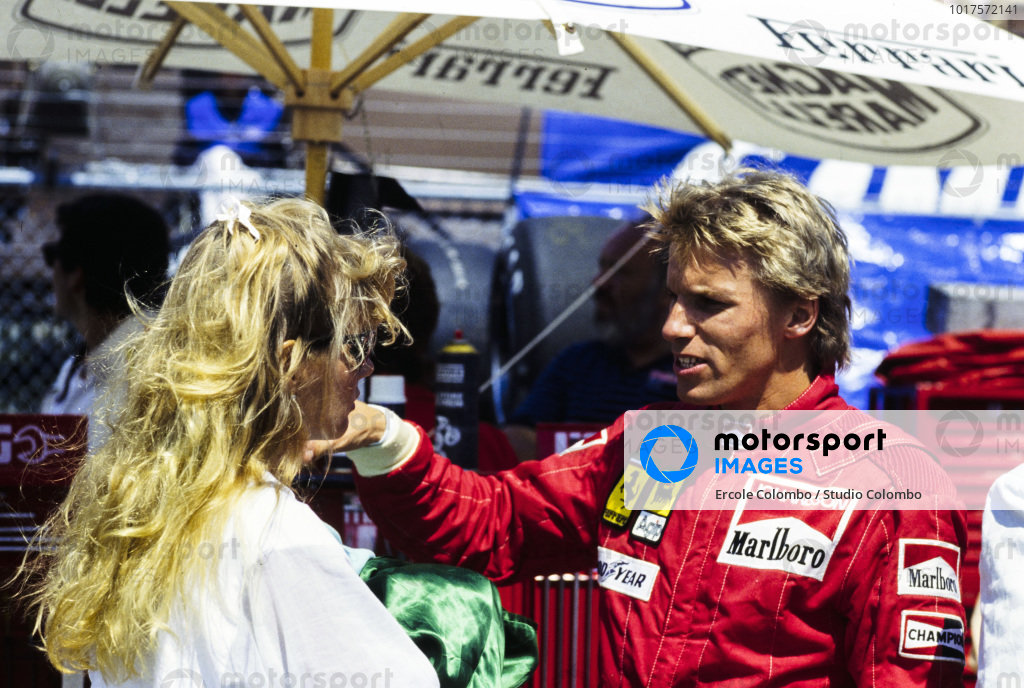
Stefan Johansson, Ferrari, with a girl at the Canadian Grand Prix on 16 June 1985. Photo by Ercole Colombo.
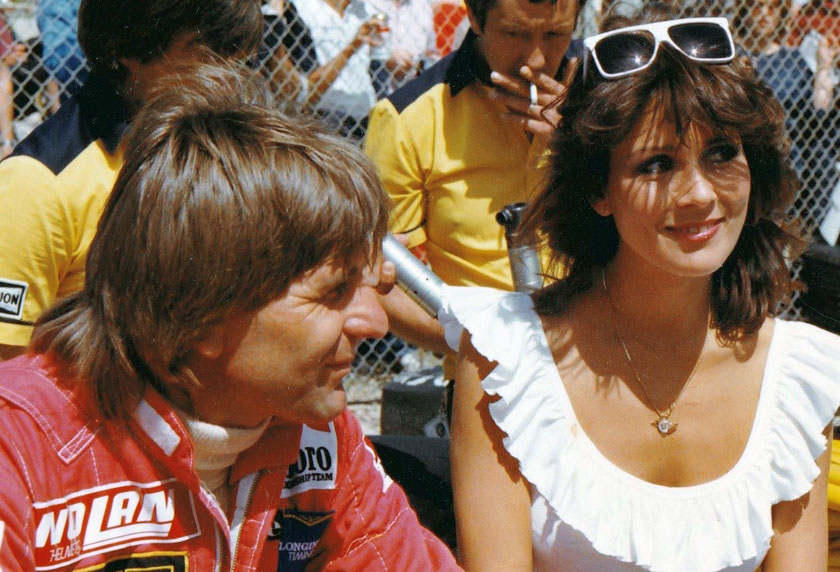
Manfred Winkelhock with a girl at the Detroit Grand Prix on 23 June 1985. Photo by Keith Hudak.
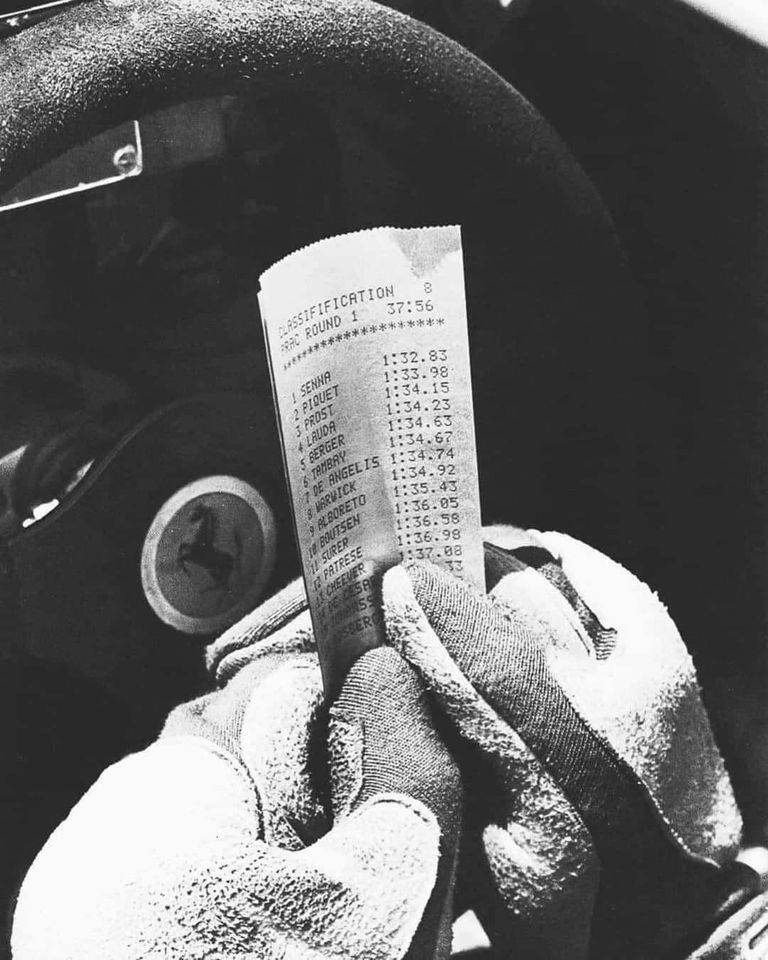
A Ferrari driver at the French Grand Prix held at Paul Ricard on 07 July 1985.
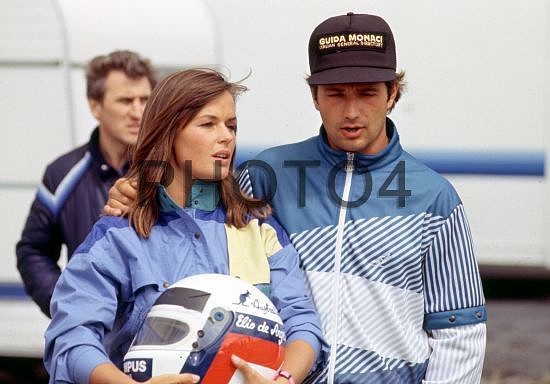
Elio de Angelis, Lotus, with his girlfriend Ute on 07 July 1985.
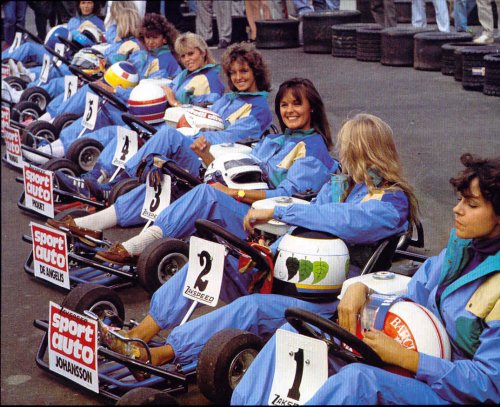
During the Grand Prix of Germany at the ‘neue’ Nurburgring on 04 August 1985 Ute, Elio’s fiancée, was invited to take part in a Drivers Wives and Girlfriends kart race. Ute, sporting the number 3, didn’t let Elio down and brought the kart home in the points with a second place finish.
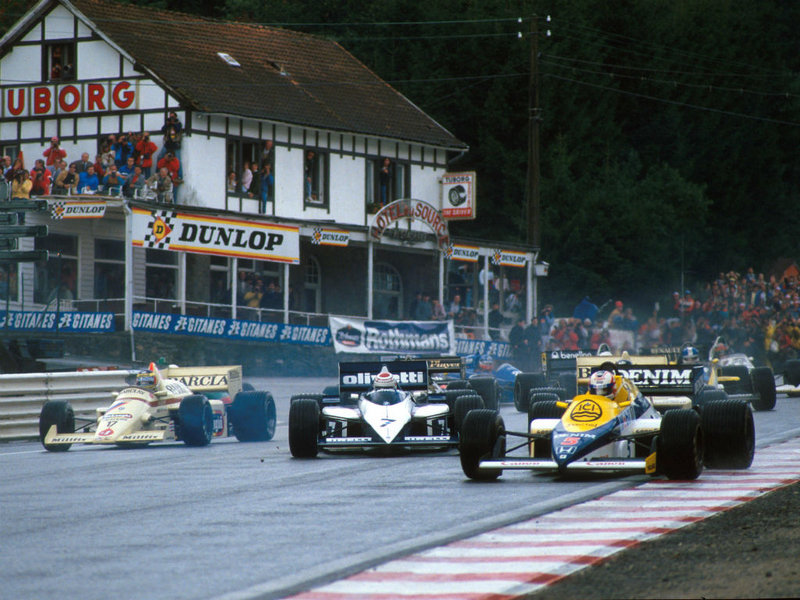
The start of the Belgian Grand Prix at Spa on 15 September 1985.
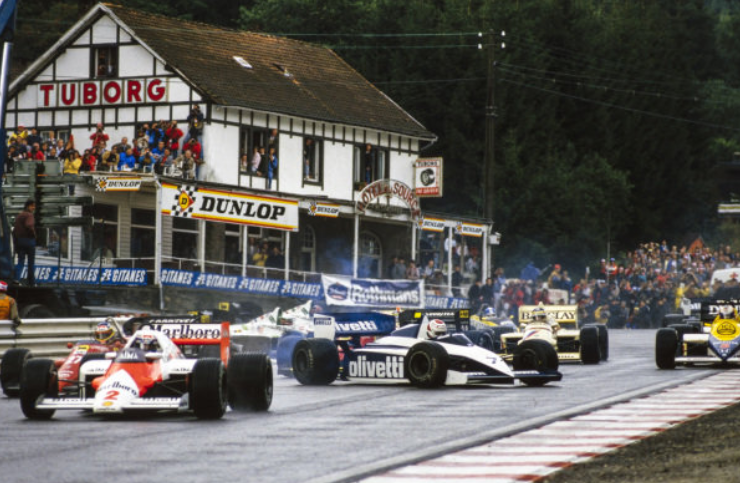
The start of the Belgian Grand Prix at Spa on 15 September 1985.
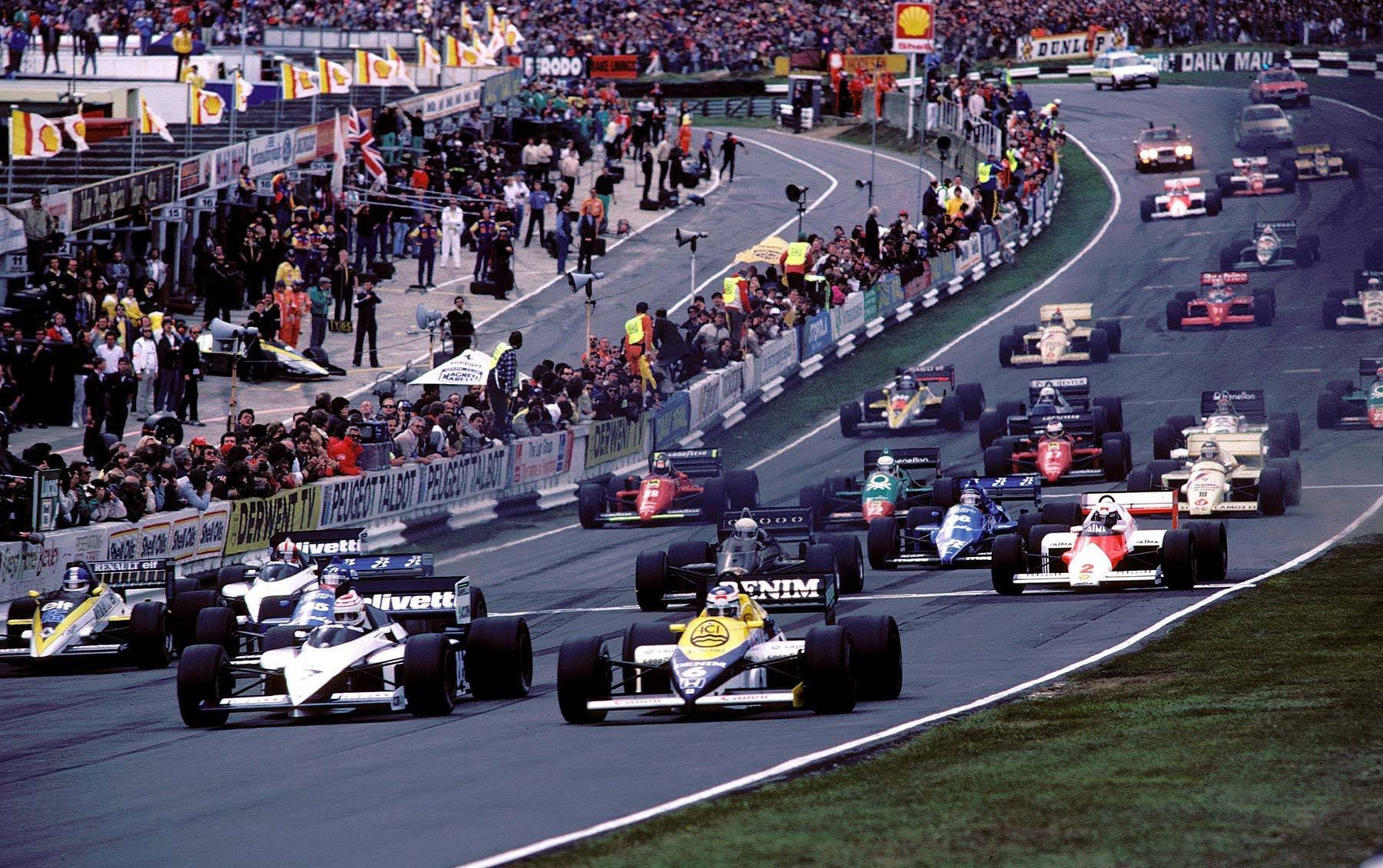
The start of the European Grand Prix at Brands Hatch on 06 October 1985.
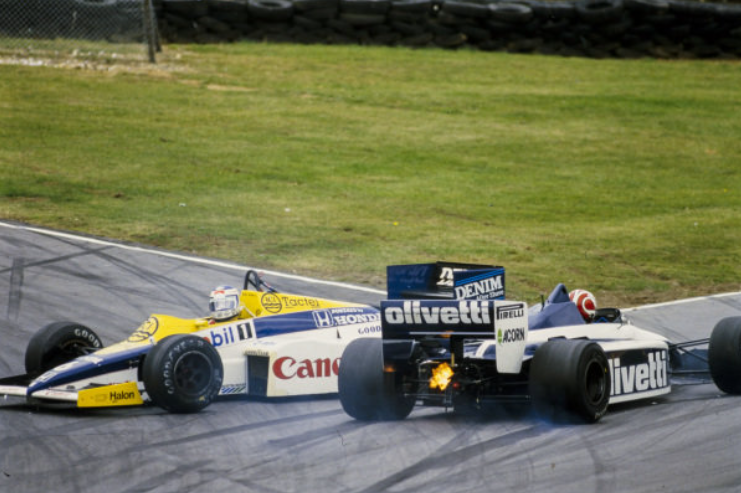
Keke Rosberg, Williams FW10 Honda, spins and collects a flaming Nelson Piquet, Brabham BT54 BMW, at the European Grand Prix at Brands Hatch on 06 October 1985.
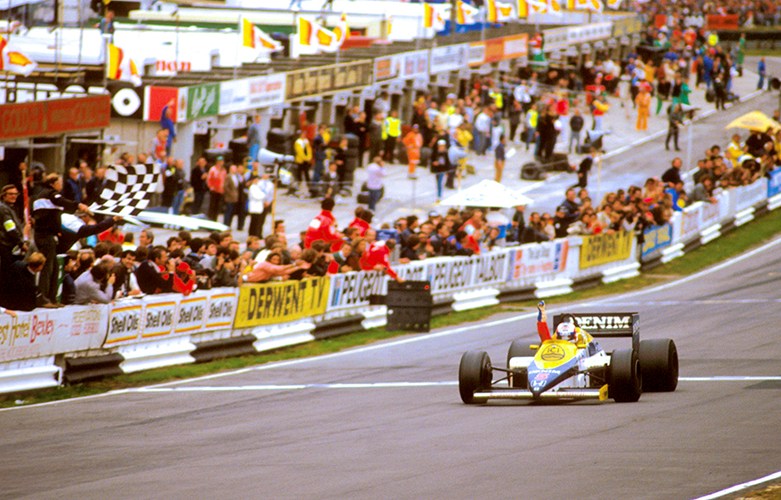
Nigel Mansell, Williams, winner of the European Grand Prix at Brands Hatch on 06 October 1985. Photo by Lat photographic.
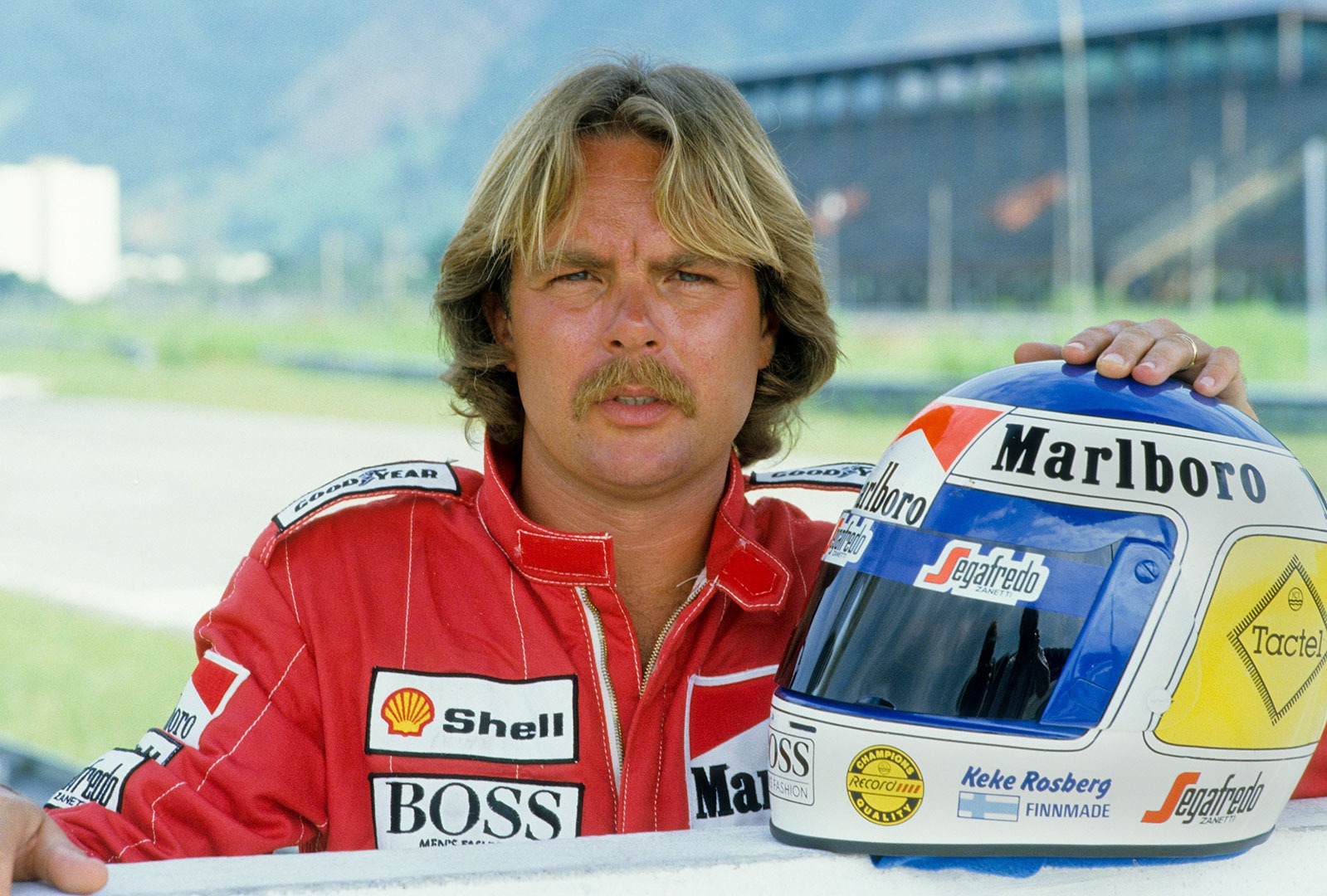
Keke Rosberg in 1986.
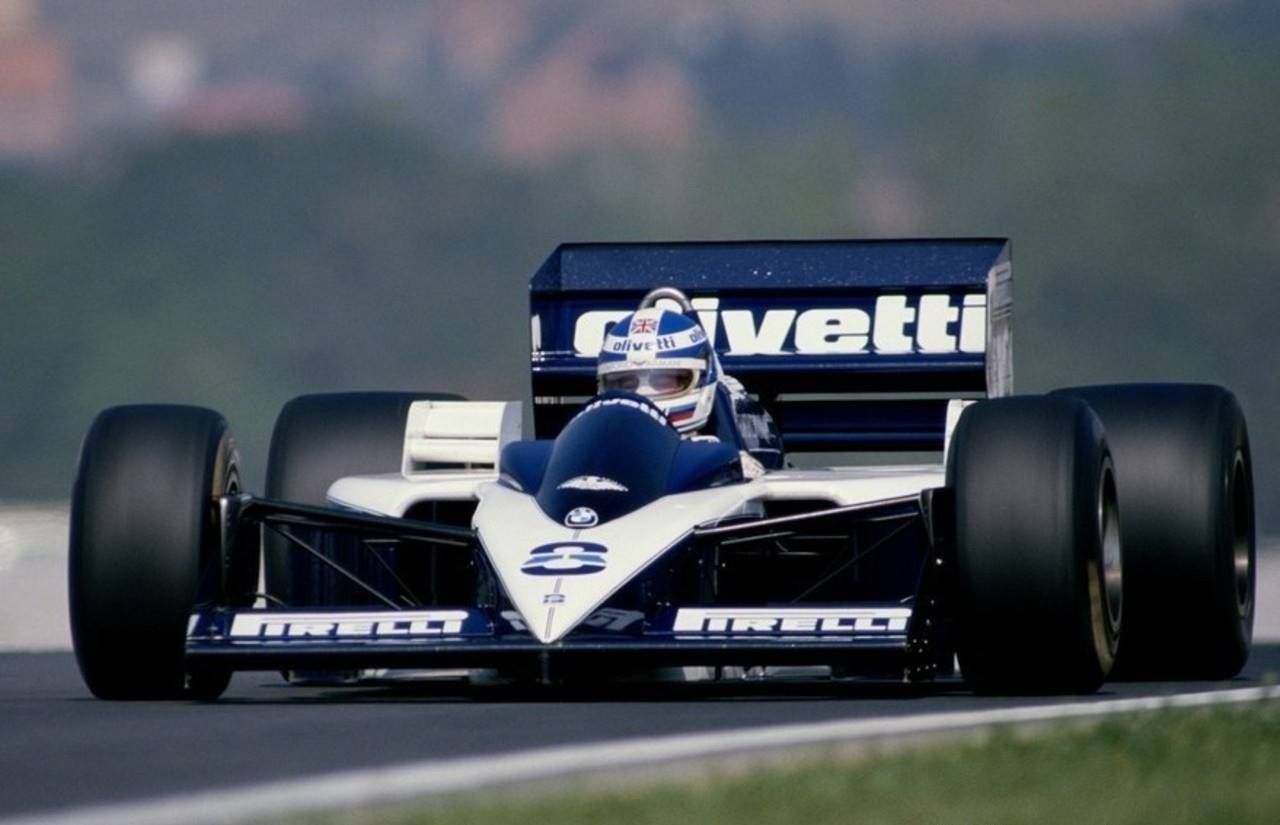
Elio de Angelis, Brabham, in 1986.
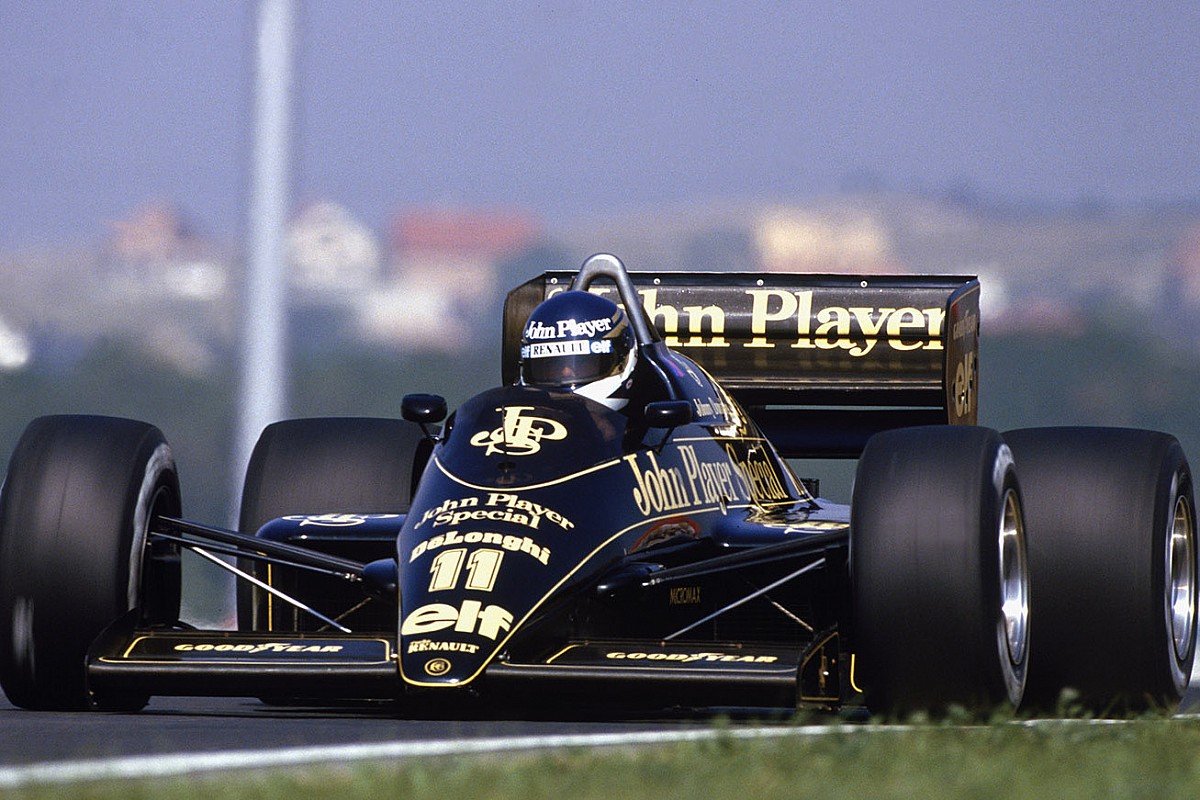
Johnny Dumfries, Lotus, in 1986.
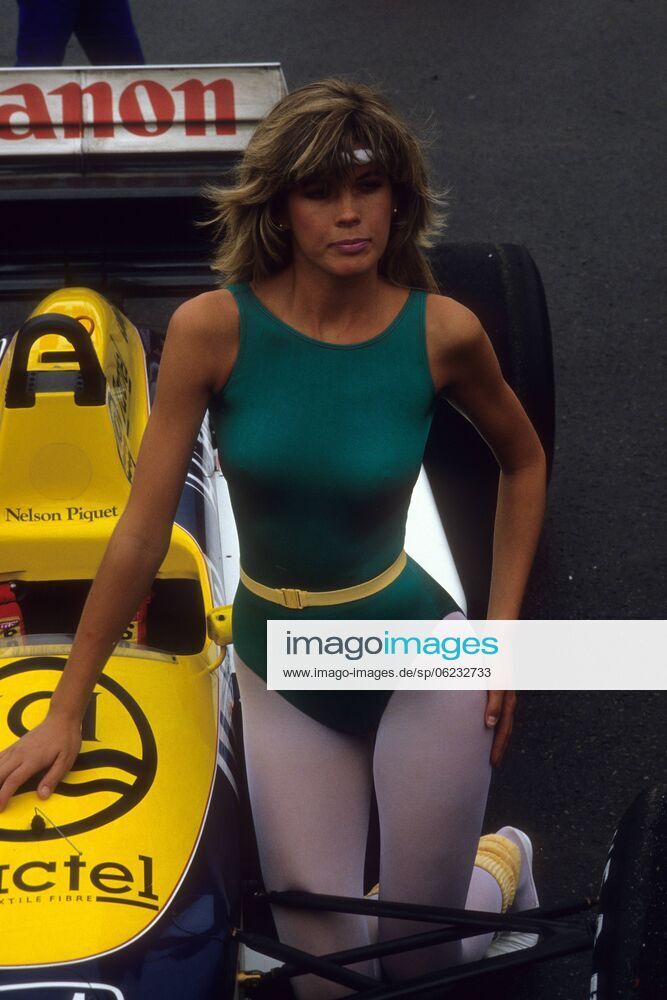
A girl on Nelson Piquet’s Williams at the Brazilian Grand Prix in Jacarepaguá, Rio de Janeiro, on 23 March 1986.
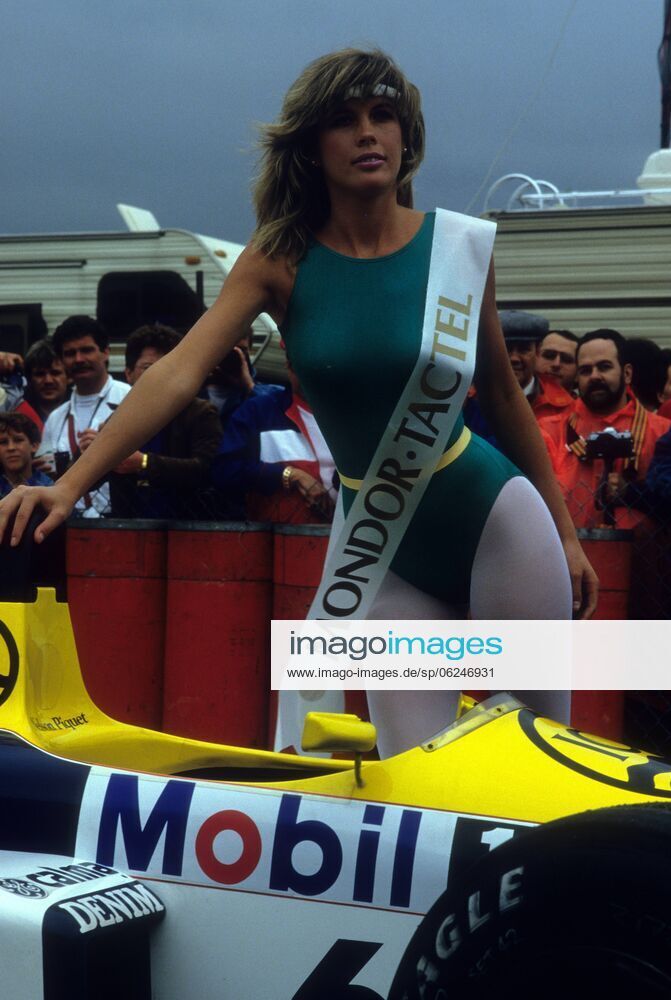
A girl on Nelson Piquet’s Williams at the Brazilian Grand Prix in Jacarepaguá, Rio de Janeiro, on 23 March 1986.
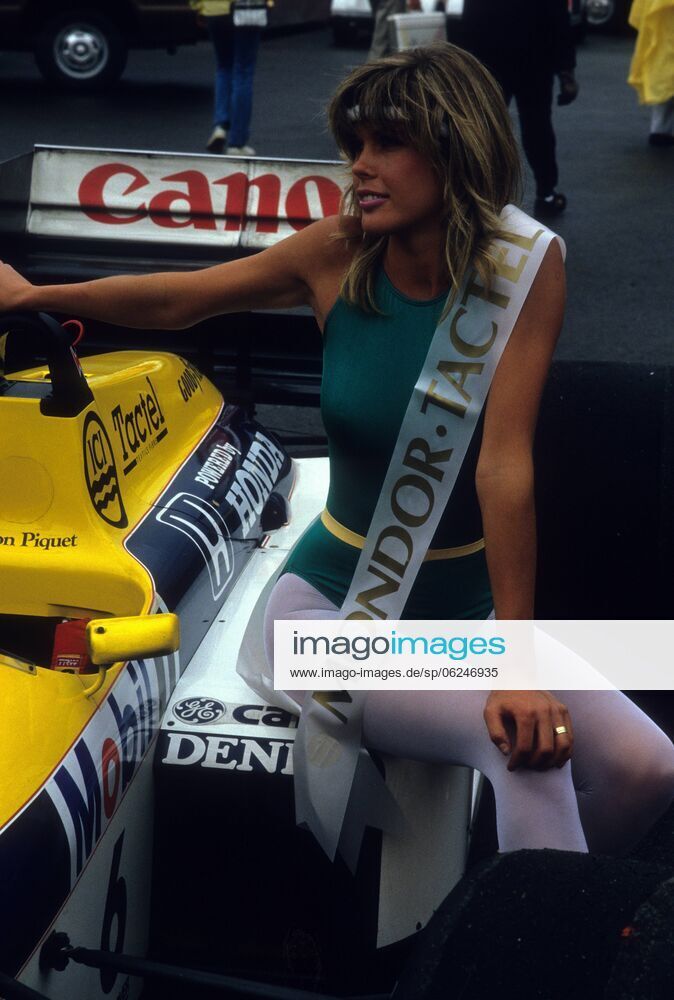
A girl on Nelson Piquet’s Williams at the Brazilian Grand Prix in Jacarepaguá, Rio de Janeiro, on 23 March 1986.
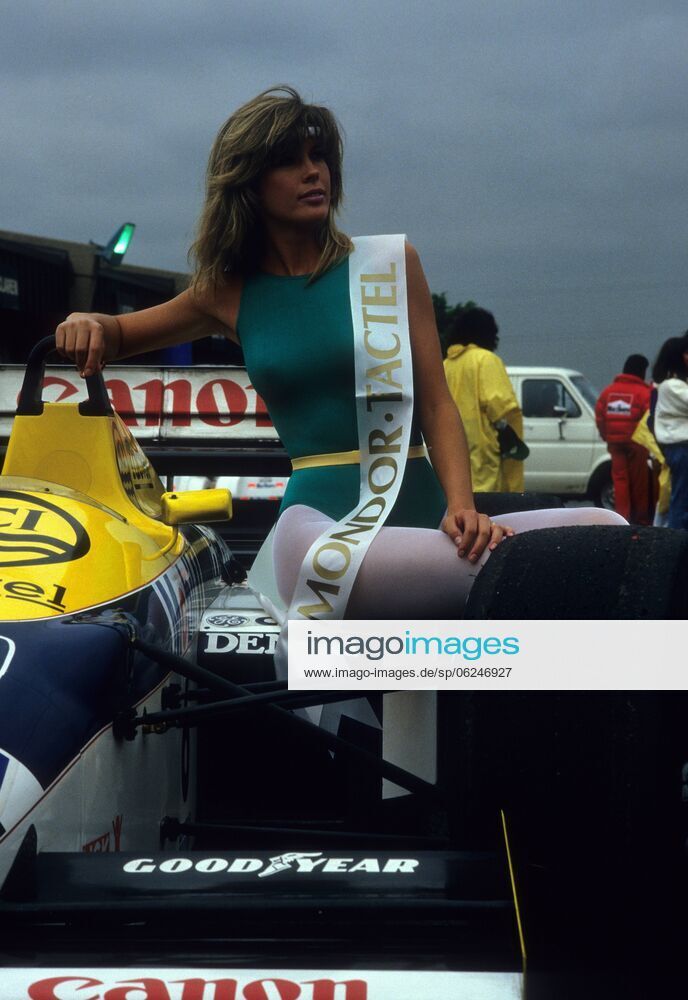
A girl on Nelson Piquet’s Williams at the Brazilian Grand Prix in Jacarepaguá, Rio de Janeiro, on 23 March 1986.
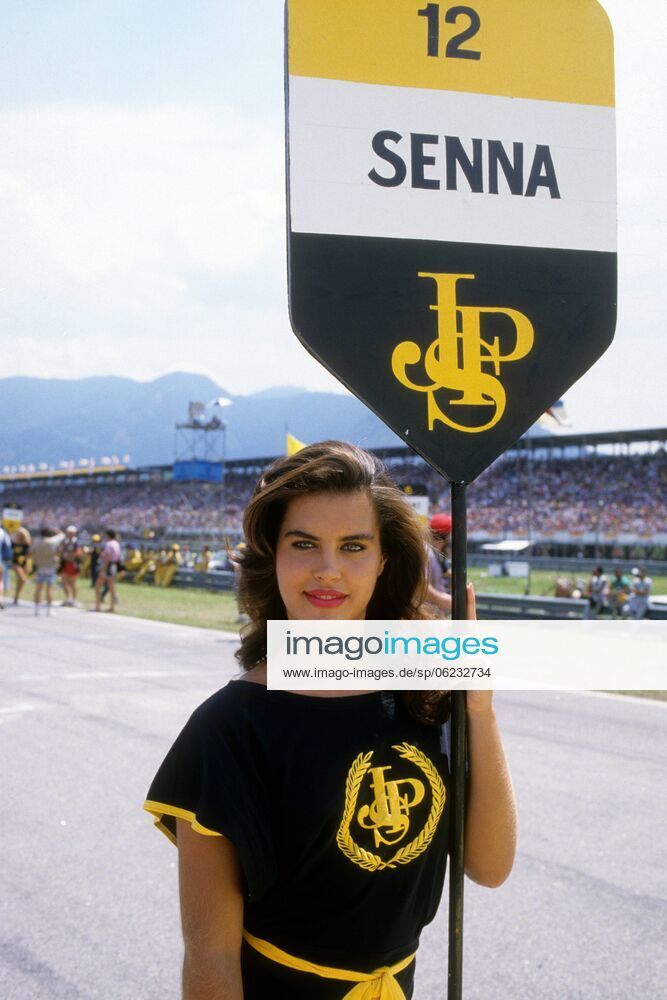
A JPS grid girl at the Brazilian Grand Prix in Jacarepaguá, Rio de Janeiro, on 23 March 1986.
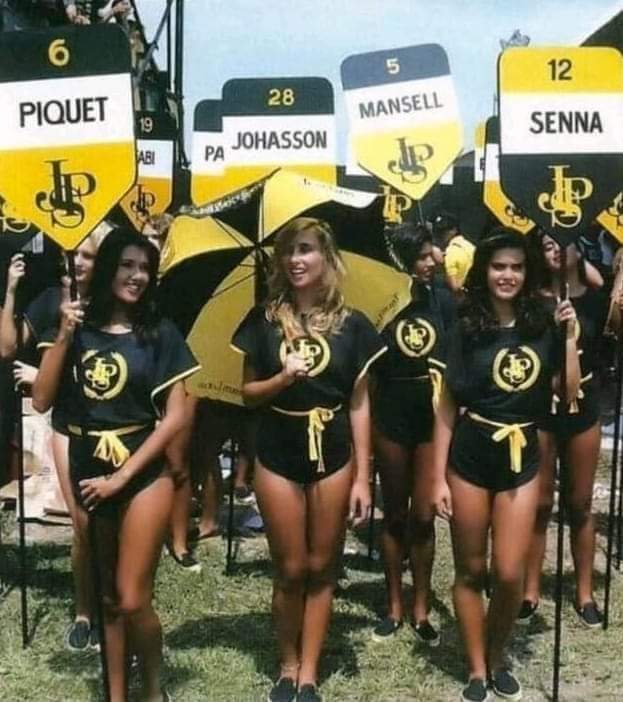
JPS grid girls during the Brazilian Grand Prix in Jacarepaguá, Rio de Janeiro, on 23 March 1986.
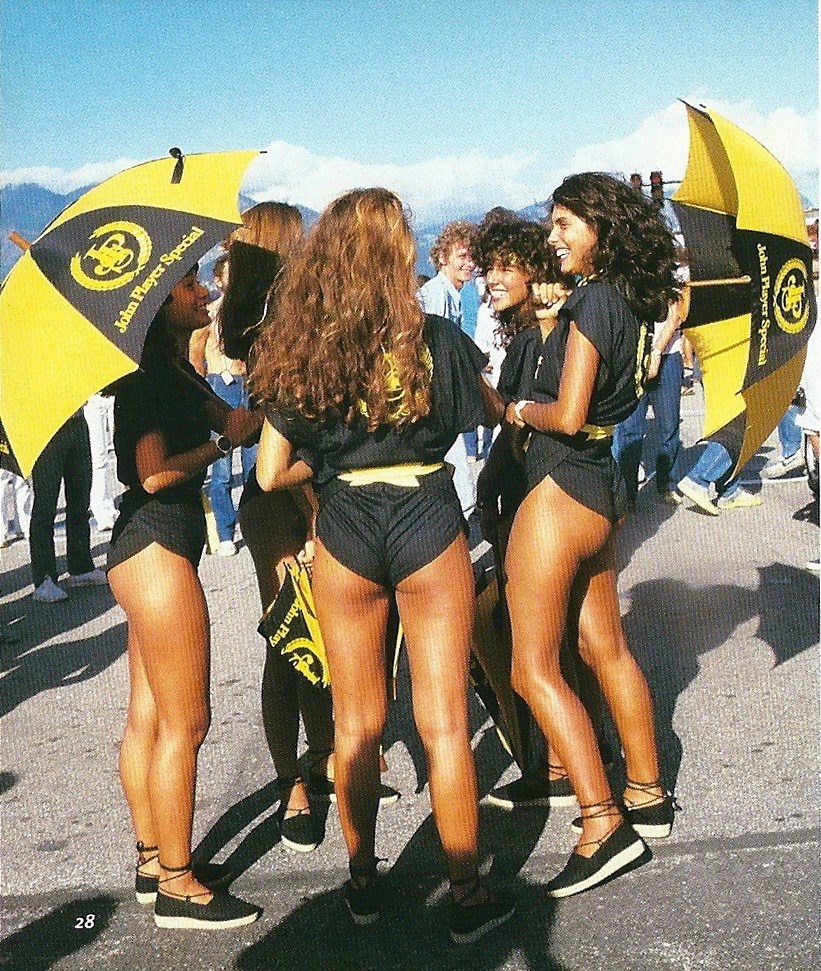
JPS grid girls during the Brazilian Grand Prix in Jacarepaguá, Rio de Janeiro, on 23 March 1986.
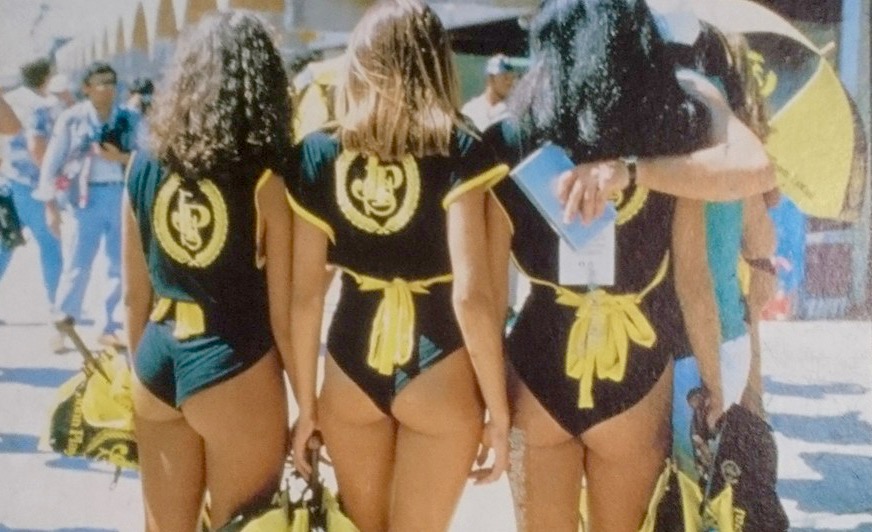
JPS grid girls during the Brazilian Grand Prix in Jacarepaguá, Rio de Janeiro, on 23 March 1986.
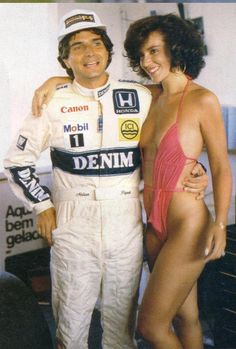
Nelson Piquet with a girl at the Brazilian Grand Prix in Jacarepaguá, Rio de Janeiro, on 23 March 1986.
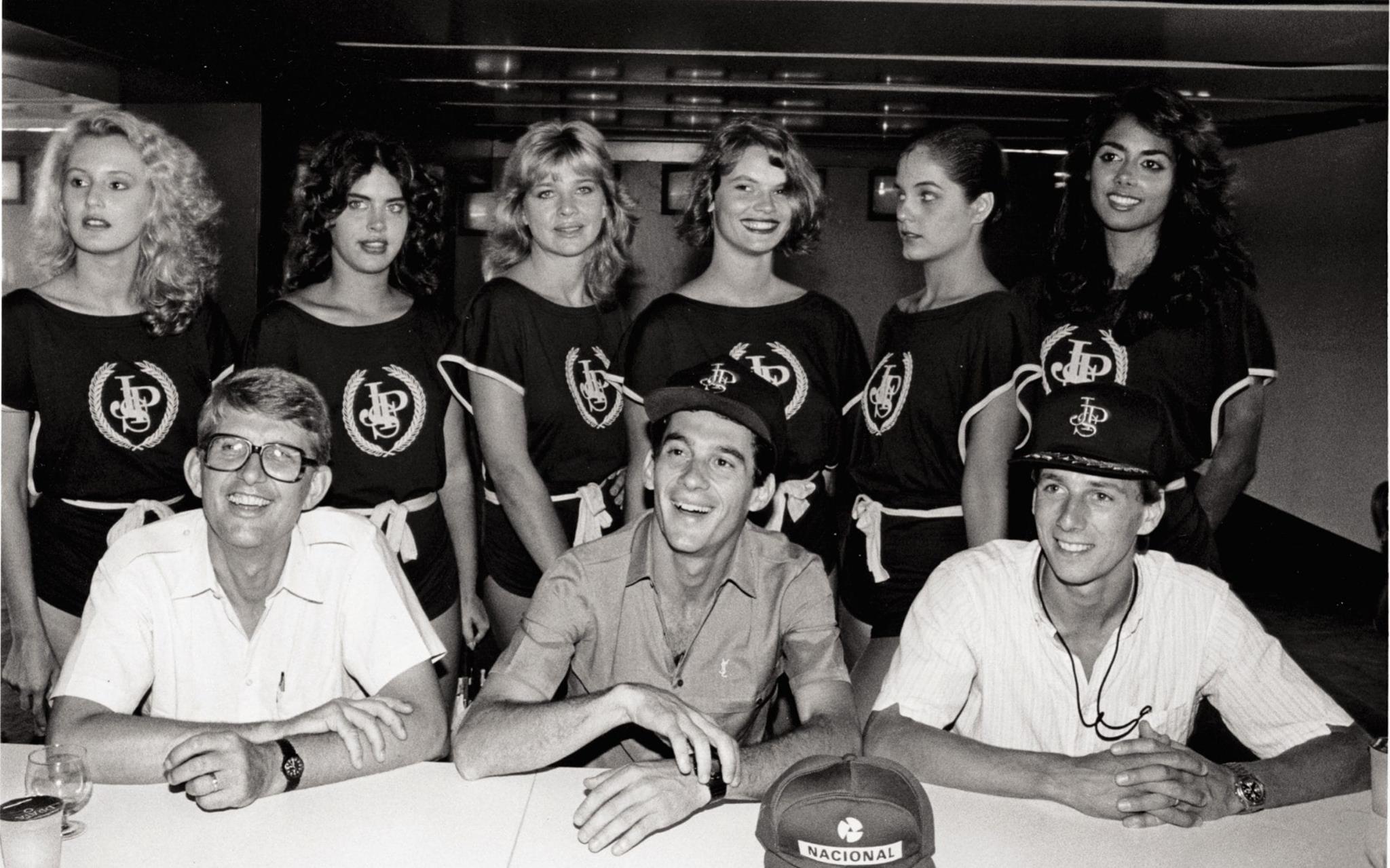
A Lotus press conference for the first race of the season with Peter Warr, Lotus Team Manager, Ayrton Senna and team mate Johnny Dumfries at the Brazilian Grand Prix in Jacarepaguá, Rio de Janeiro, on 23 March 1986. Photo by Sutton Images.
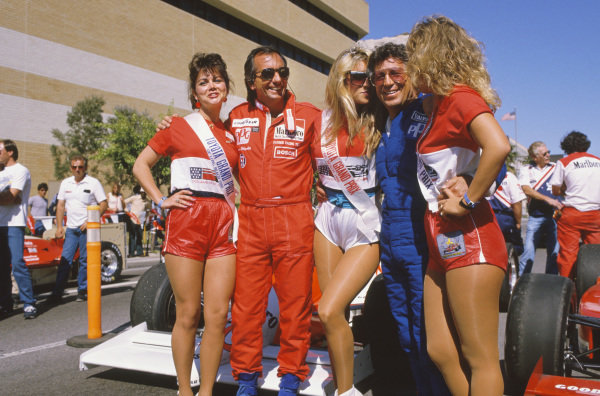
Emerson Fittipaldi and Mario Andretti with three girls at the Grand Prix of Long Beach on 13 April 1986.
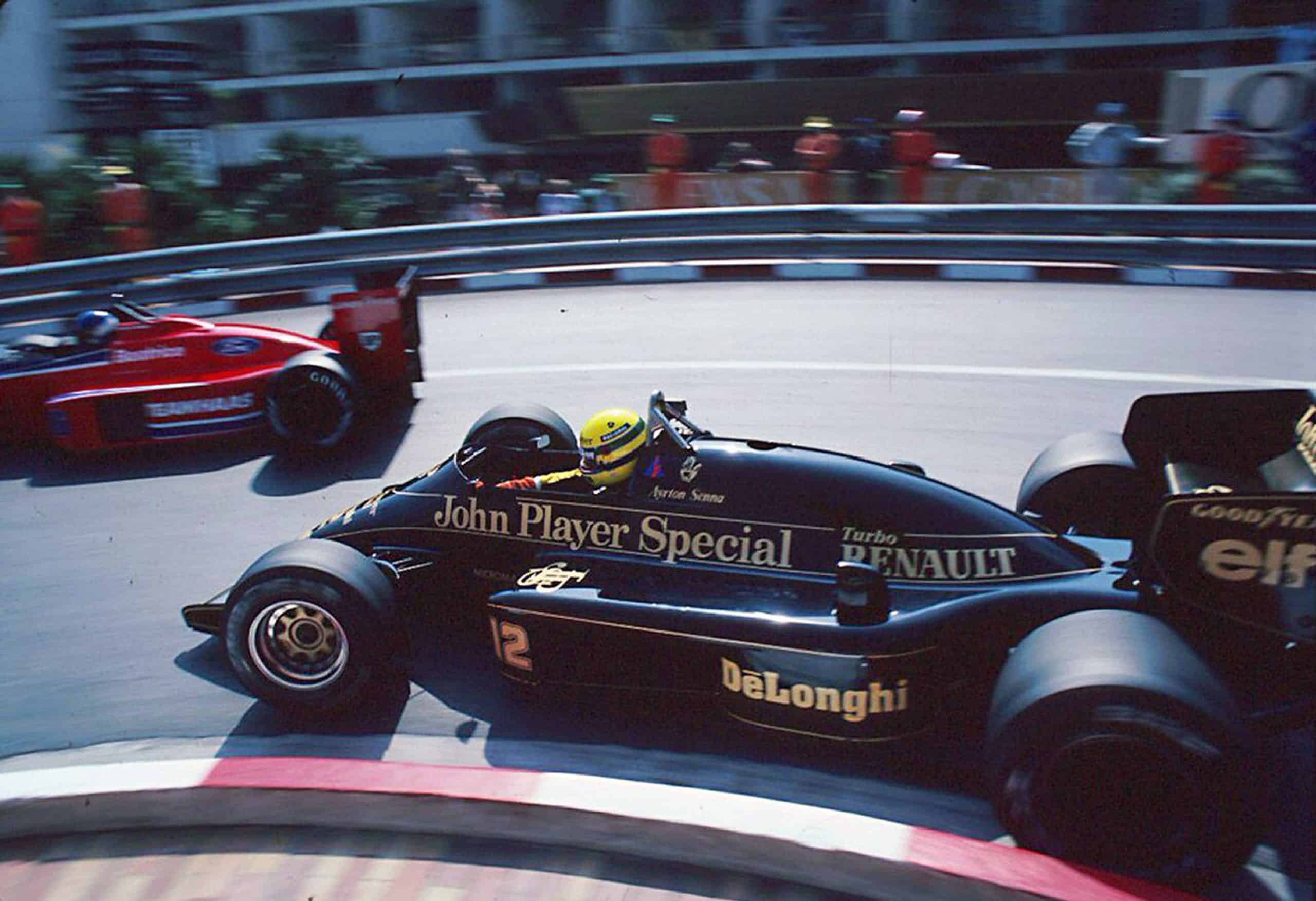
Patrick Tambay, Lola-Ford, with Ayrton Senna, Lotus, at the Monaco Grand Prix on 11 May 1986. Photo by F1 history.
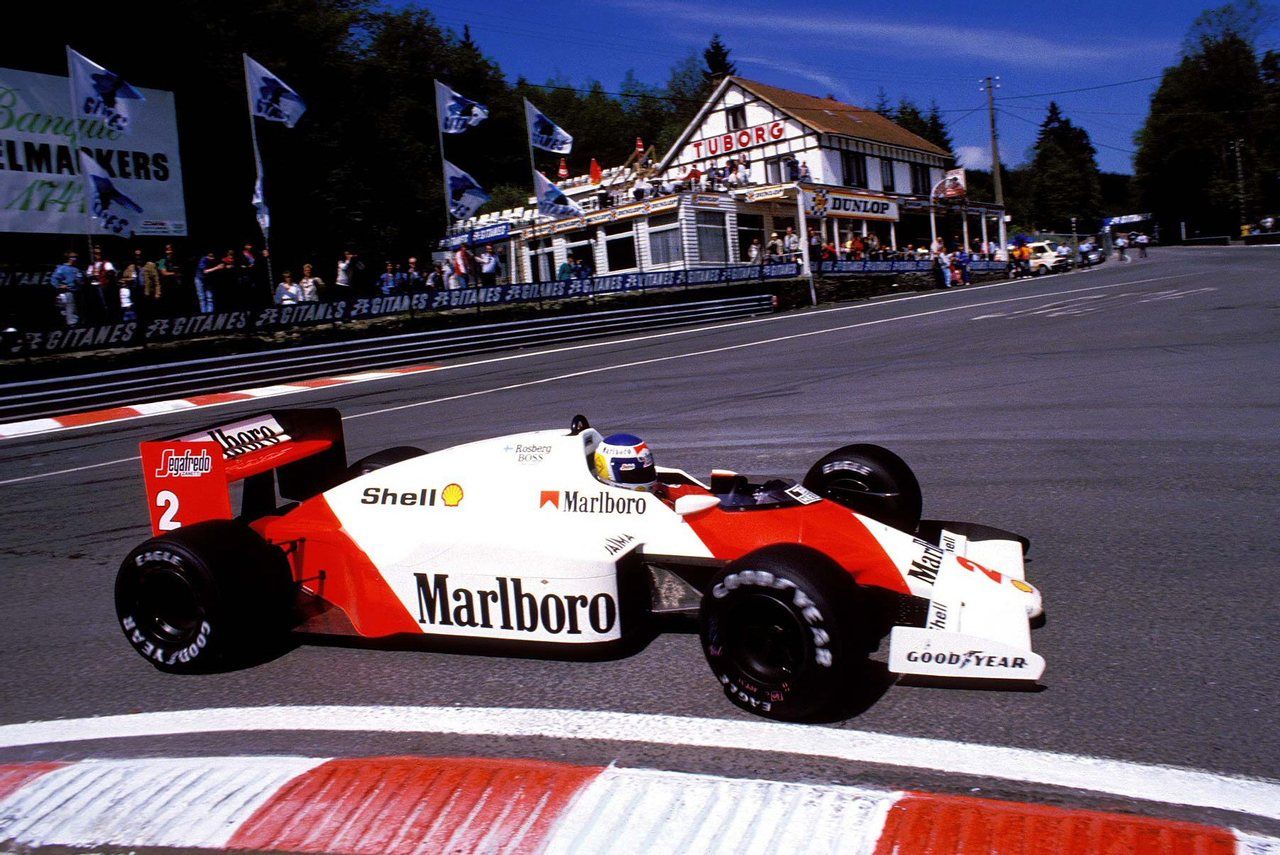
Keke Rosberg, McLaren, at the Belgian Grand Prix in Spa on 25 May 1986. Photo by F1 history on DeviantArt.
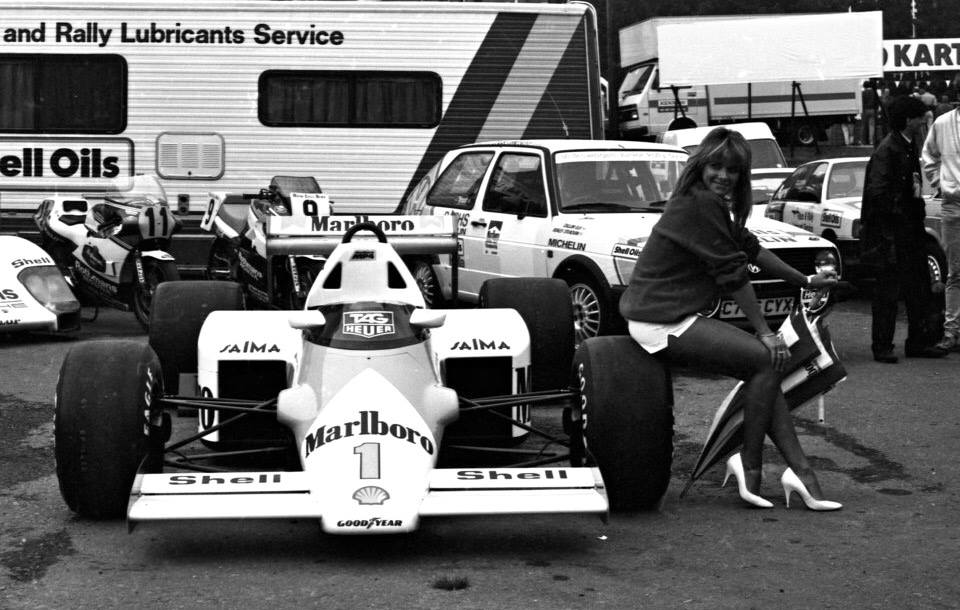
A girl on a McLaren at Brands Hatch, Longfield, Kent, England, on 13 July 1986.
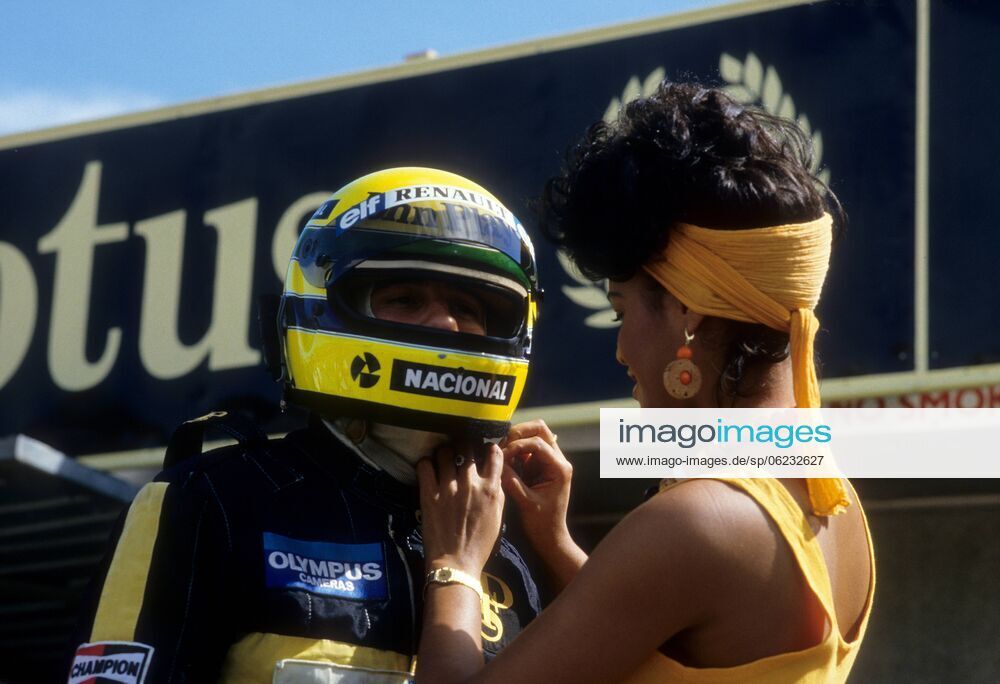
Ayrton Senna, Lotus Renault, with a girl.
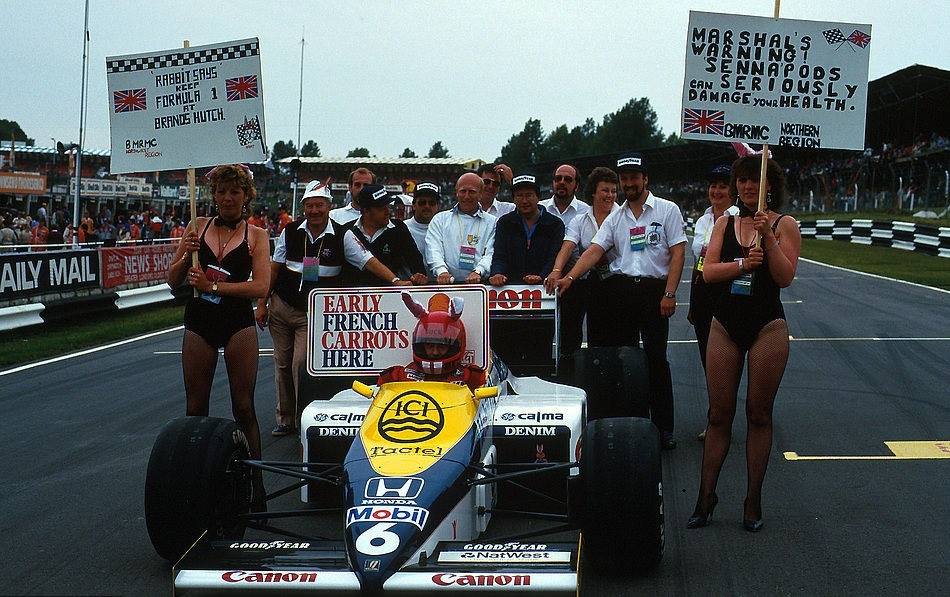
Nelson Piquet, Williams, at Brands Hatch on 13 July 1986.
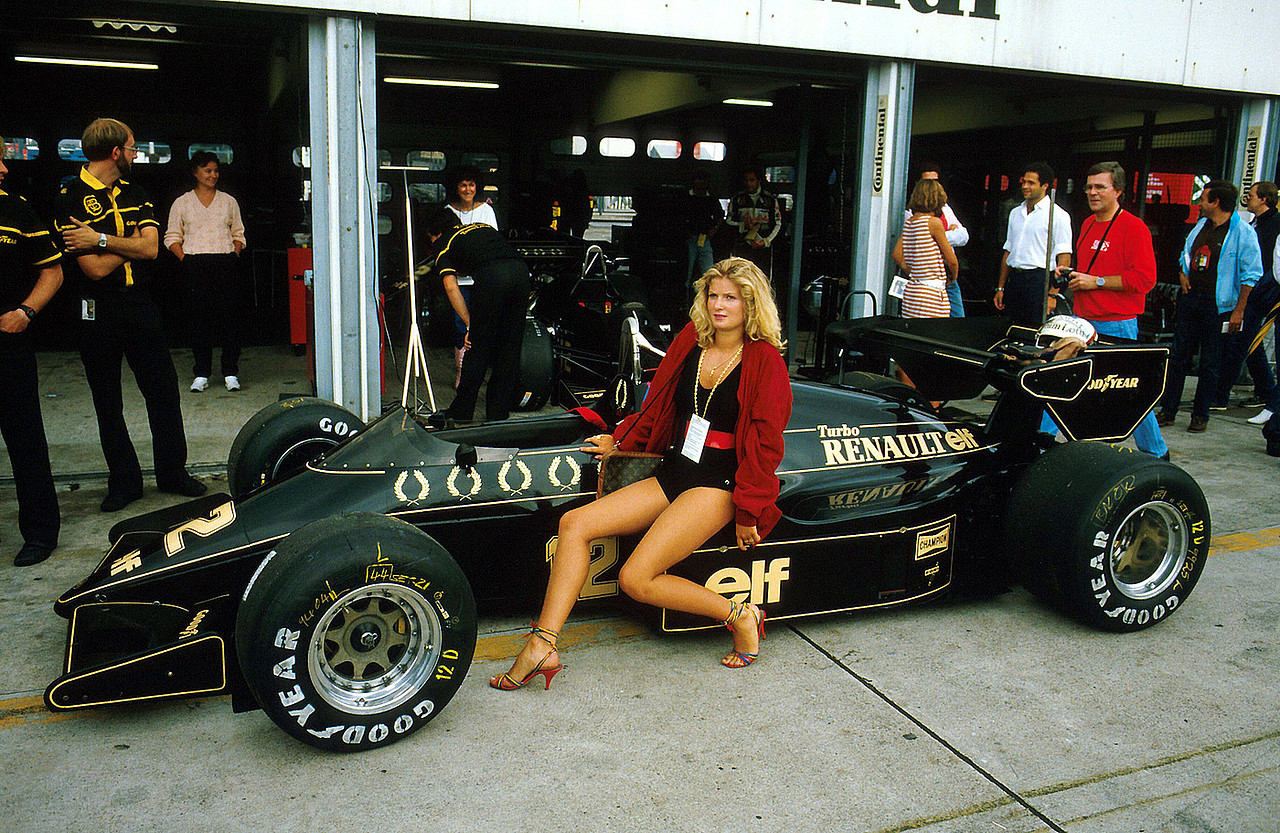
A girl in the Lotus pits at Hockenheim on 27 July 1986.
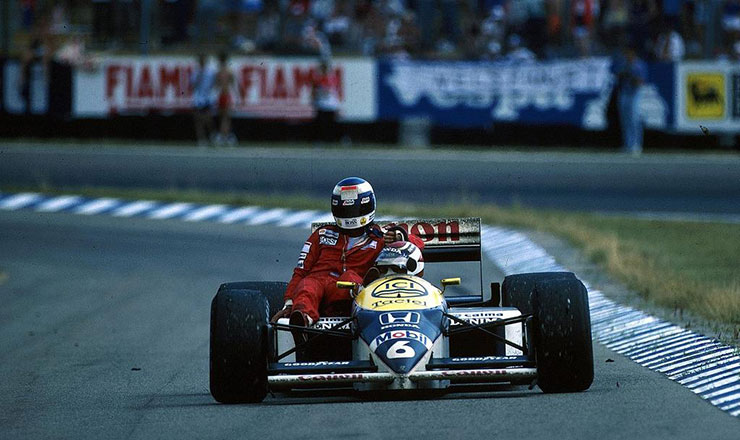
Keke Rosberg hitching a ride on Nelson Piquet's car after running out of fuel at the German Grand Prix at the Hockenheimring on 27 July 1986.
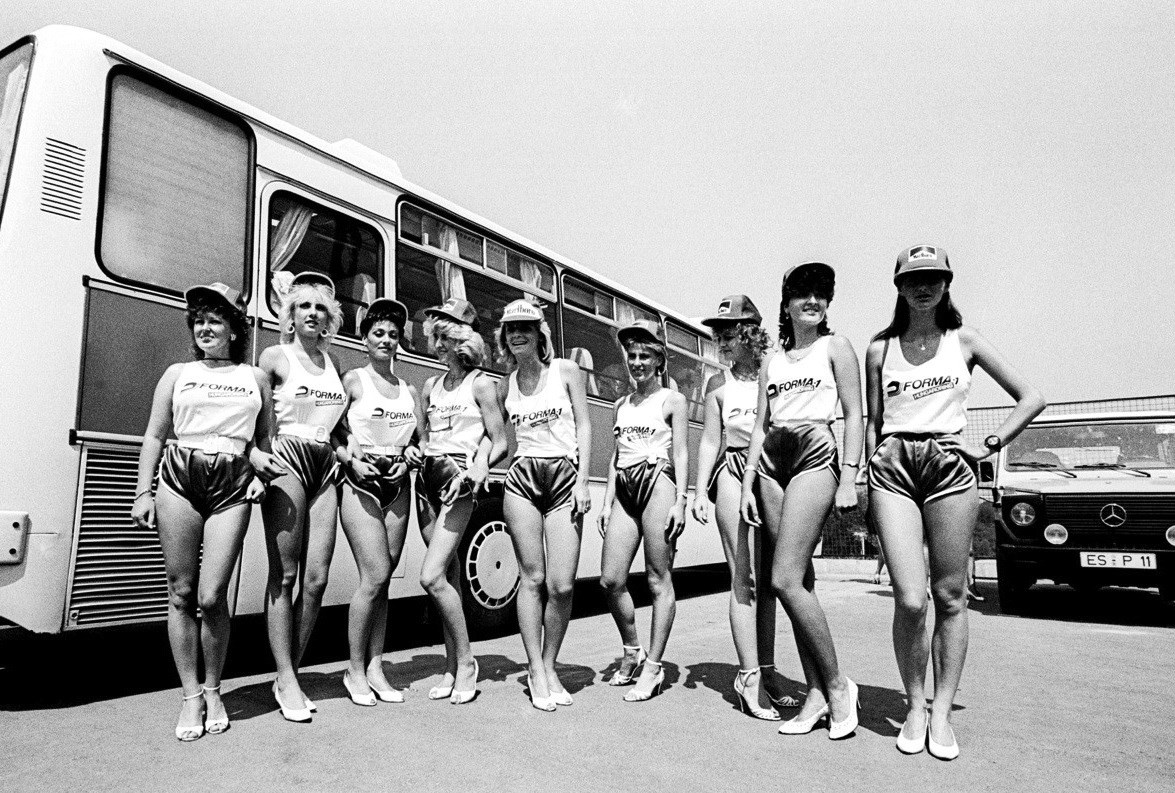
Grid girls at the Hungarian Grand Prix in Budapest on 10 August 1986.
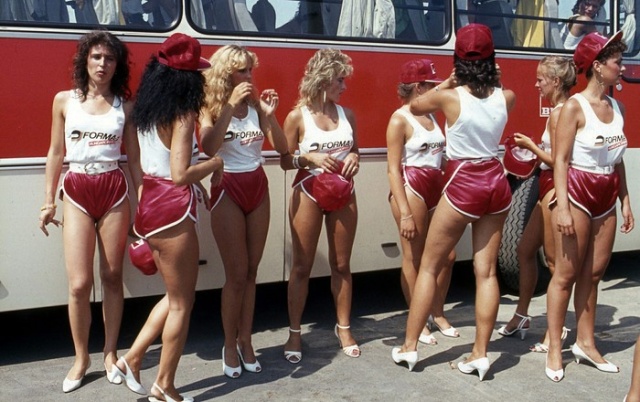
How Grid Girls were looking at the first Hungarian Grand Prix in Budapest on 10 August 1986.
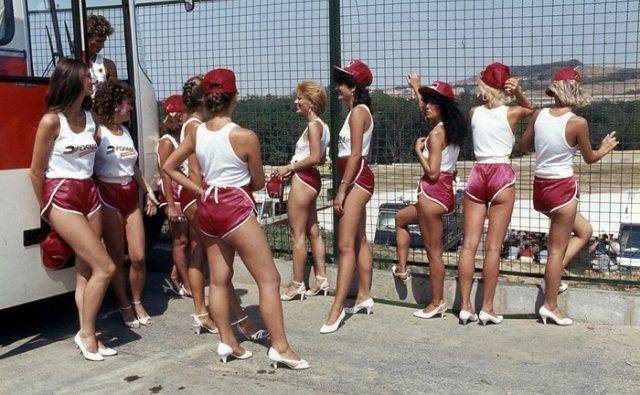
How Grid Girls were looking at the first Hungarian Grand Prix in Budapest on 10 August 1986.
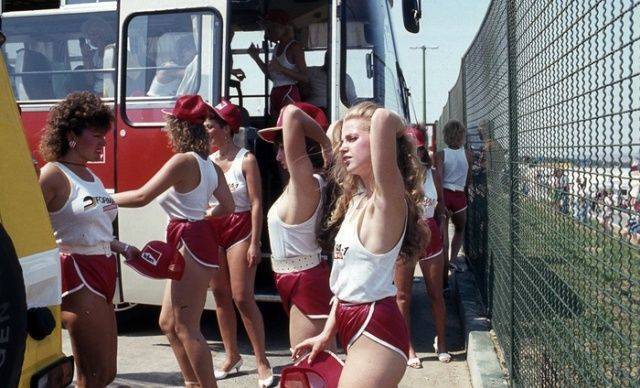
How Grid Girls were looking at the first Hungarian Grand Prix in Budapest on 10 August 1986.
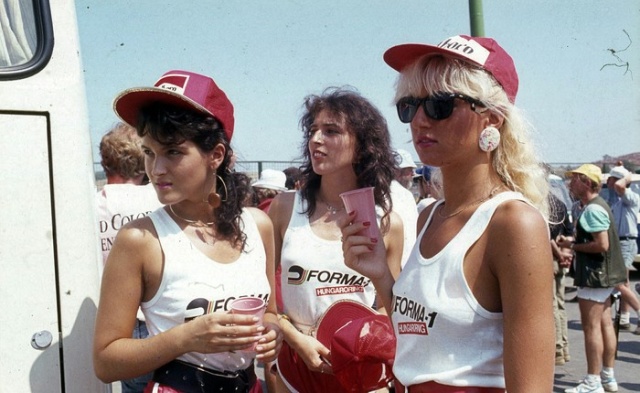
How Grid Girls were looking at the first Hungarian Grand Prix in Budapest on 10 August 1986.
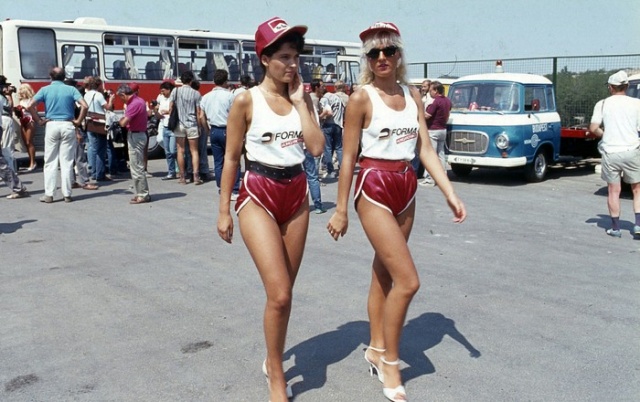
How Grid Girls were looking at the first Hungarian Grand Prix in Budapest on 10 August 1986.
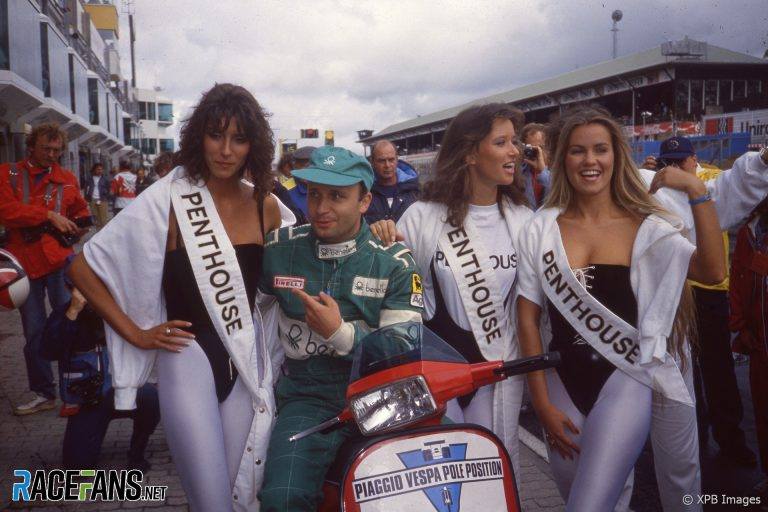
Teo Fabi celebrates with three Penthouse girls the pole position obtained for Benetton at the Italian Grand Prix in Monza on 07 September 1986.
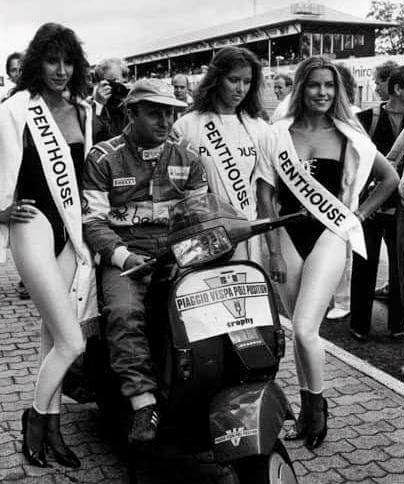
Teo Fabi celebrates with three Penthouse girls the pole position obtained for Benetton at the Italian Grand Prix in Monza on 07 September 1986.
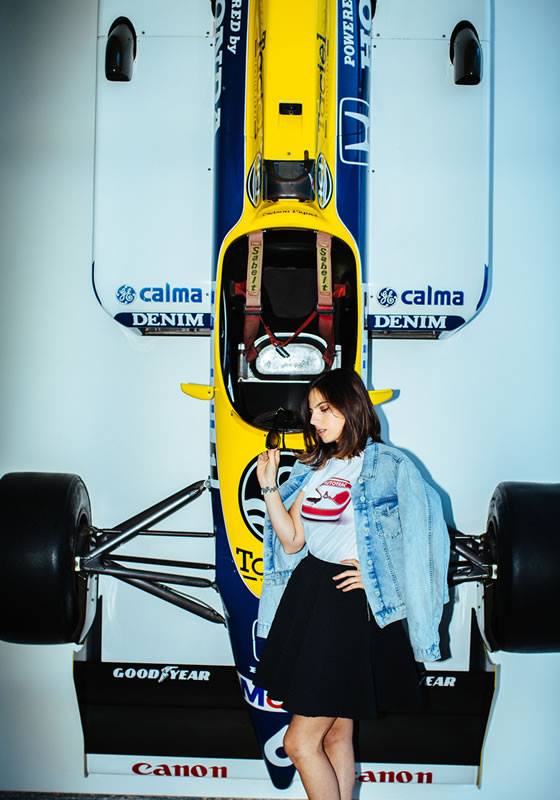
Kelly Piquet posing with the Williams FW11B Honda turbo V6 with which her father Nelson Piquet was three-time F1 world champion in 1987.
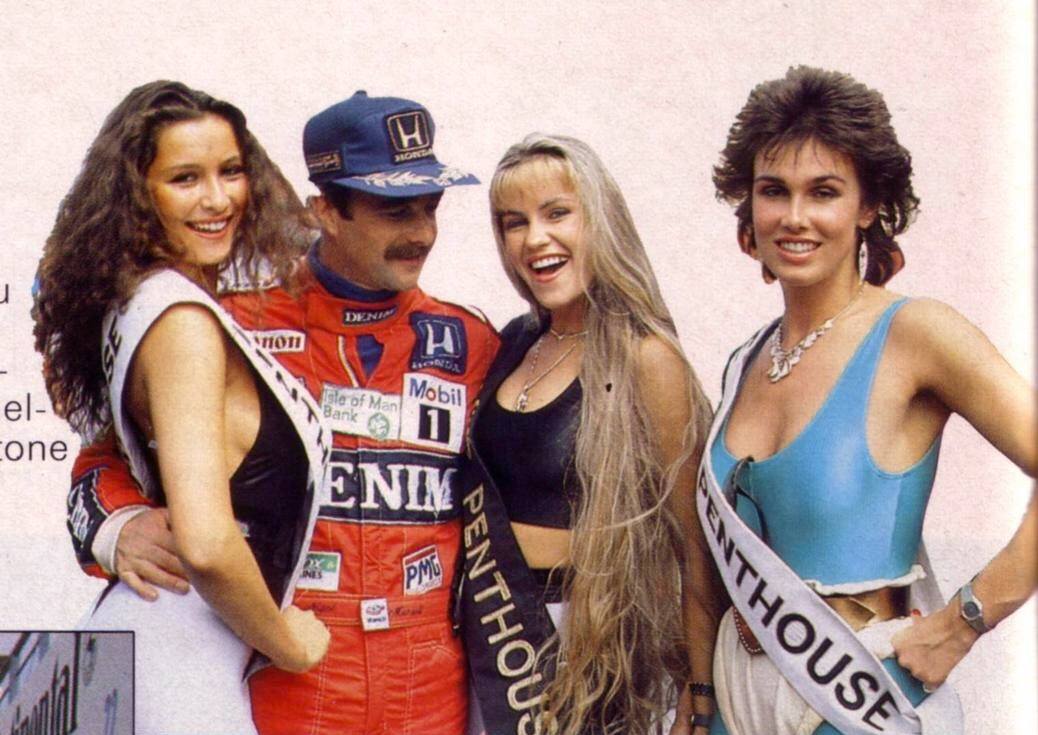
Nigel Mansell, Williams, with three Penthouse promotion girls in 1987.
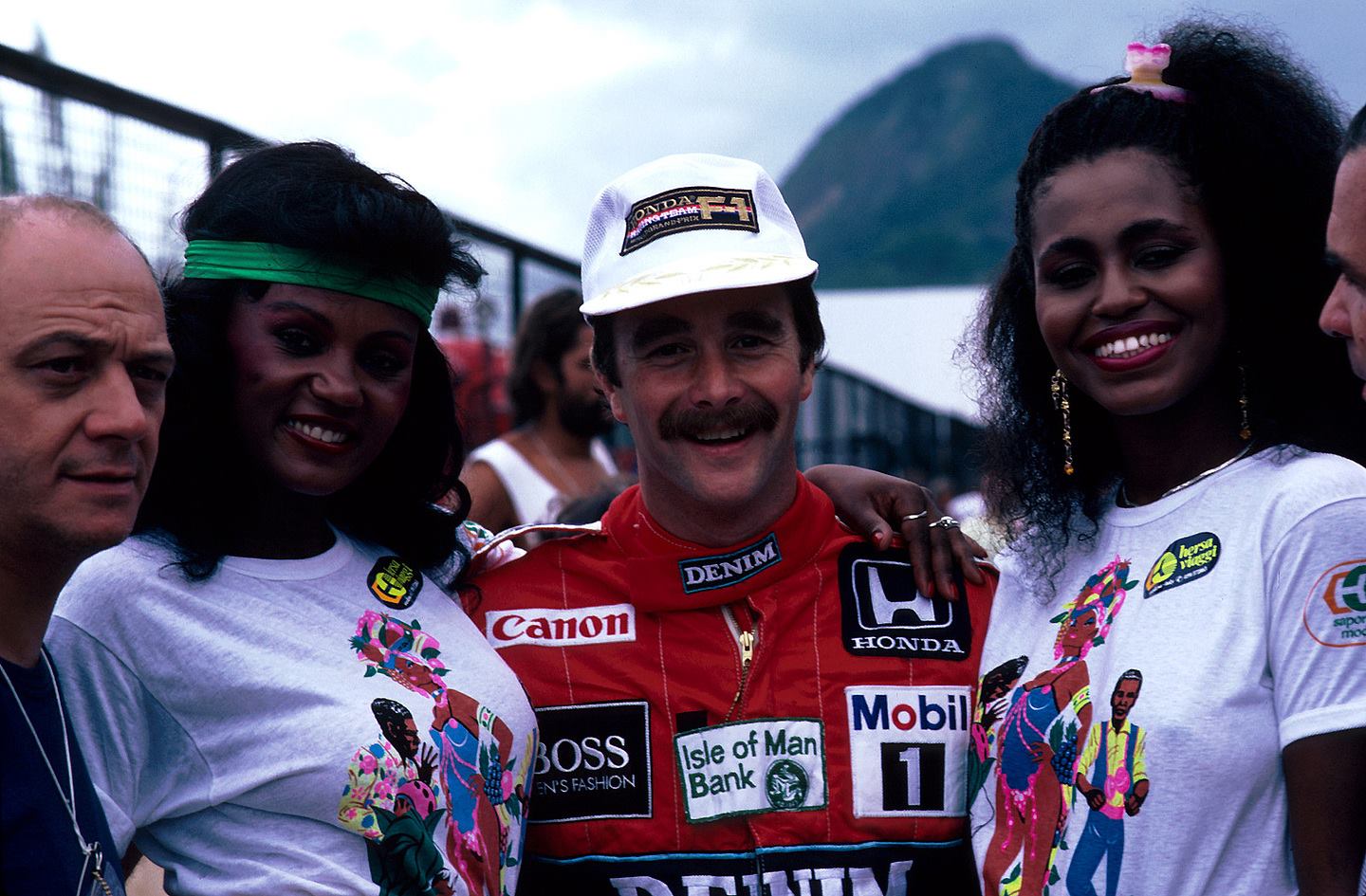
Nigel Mansell, Williams, with two girls at the Brazilian Grand Prix in Jacarepaguá, Rio de Janeiro, on 12 April 1987.
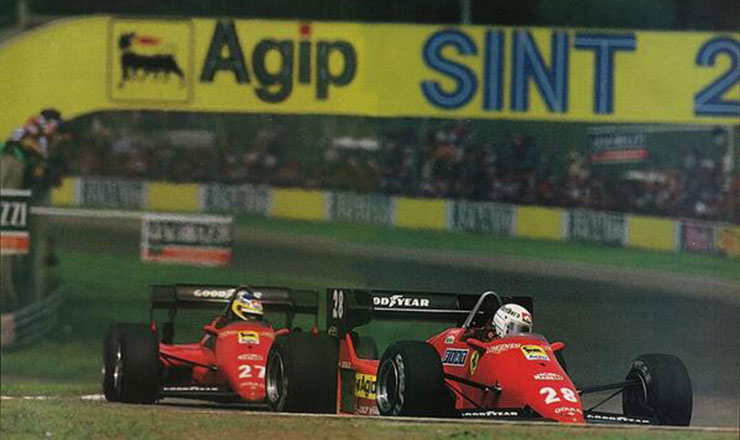
The two Ferraris at the San Marino Grand Prix in Imola on 03 May 1987.
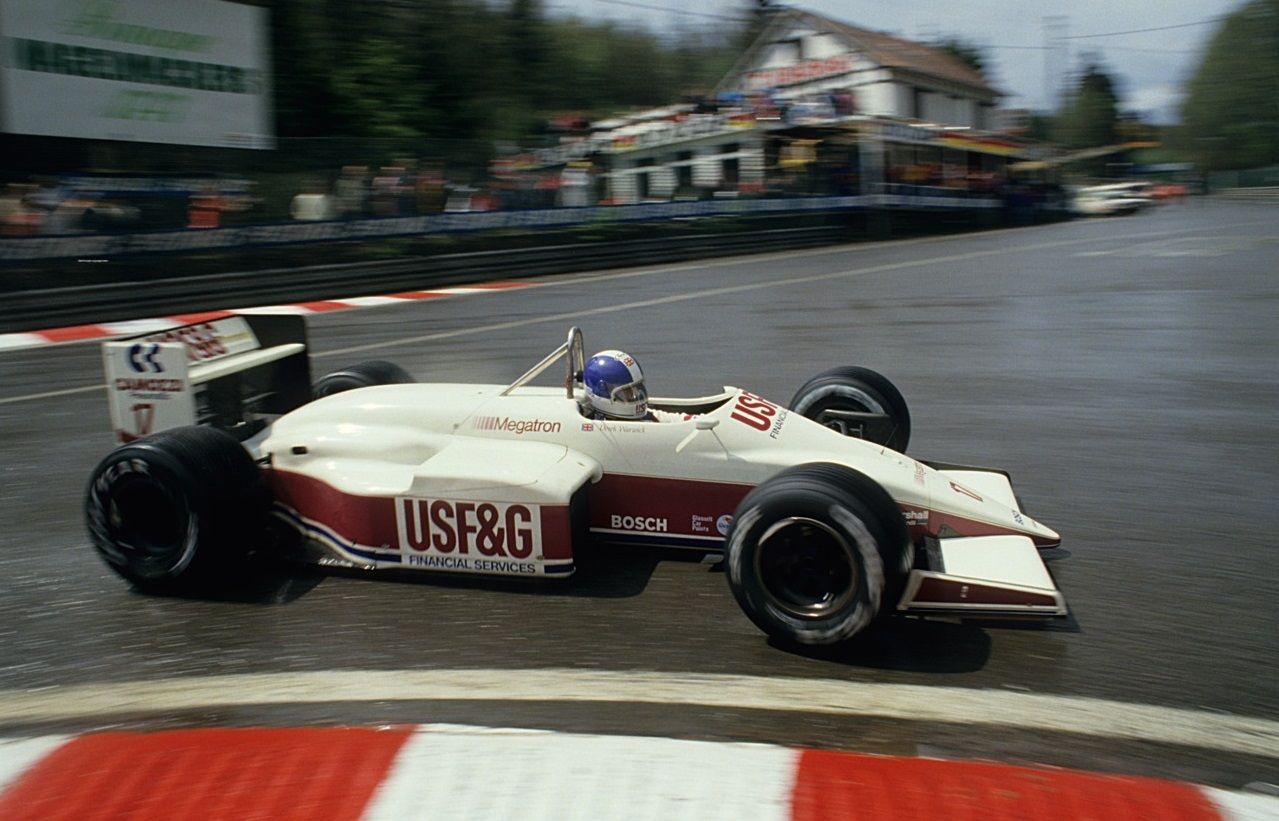
Derek Warwick, Arrows, at the Belgian Grand Prix in Spa-Francorchamps on 17 May 1987. Photo by F1 history on DeviantArt.
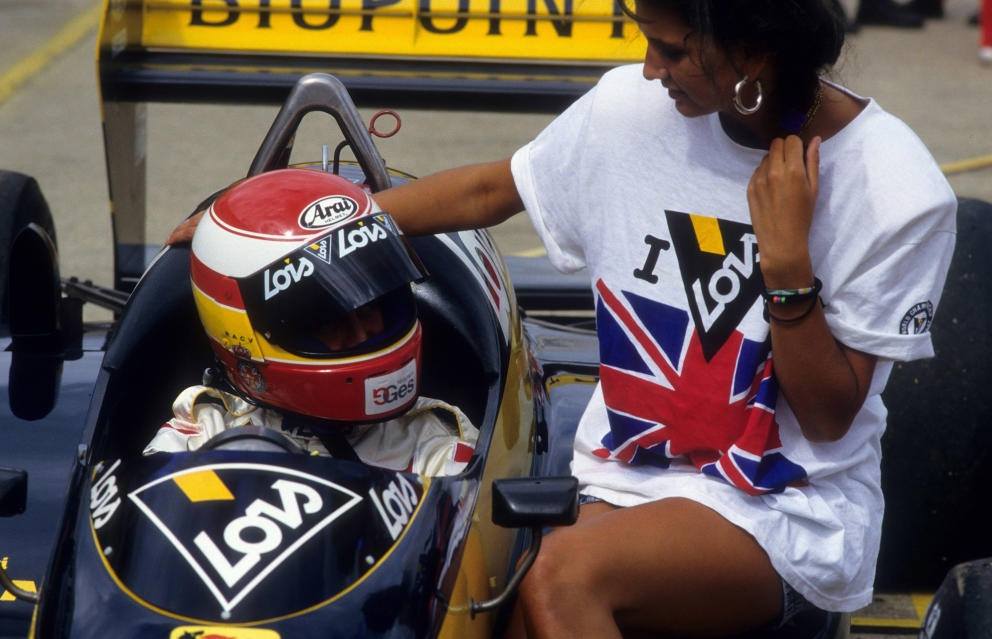
Adrian Campos, Minardi Team, at Silverstone Circuit, England, on 12 July 1987.
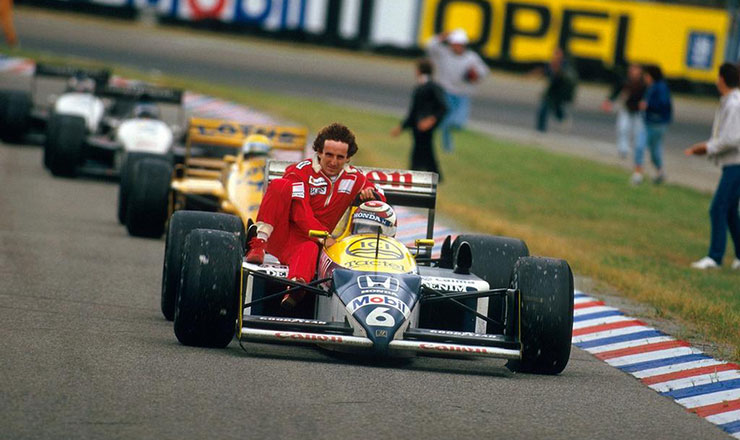
Nelson Piquet, Williams FW11B Honda, gives Alain Prost a lift back to the pits at the German Grand Prix in Hockenheim on 26 July 1987.
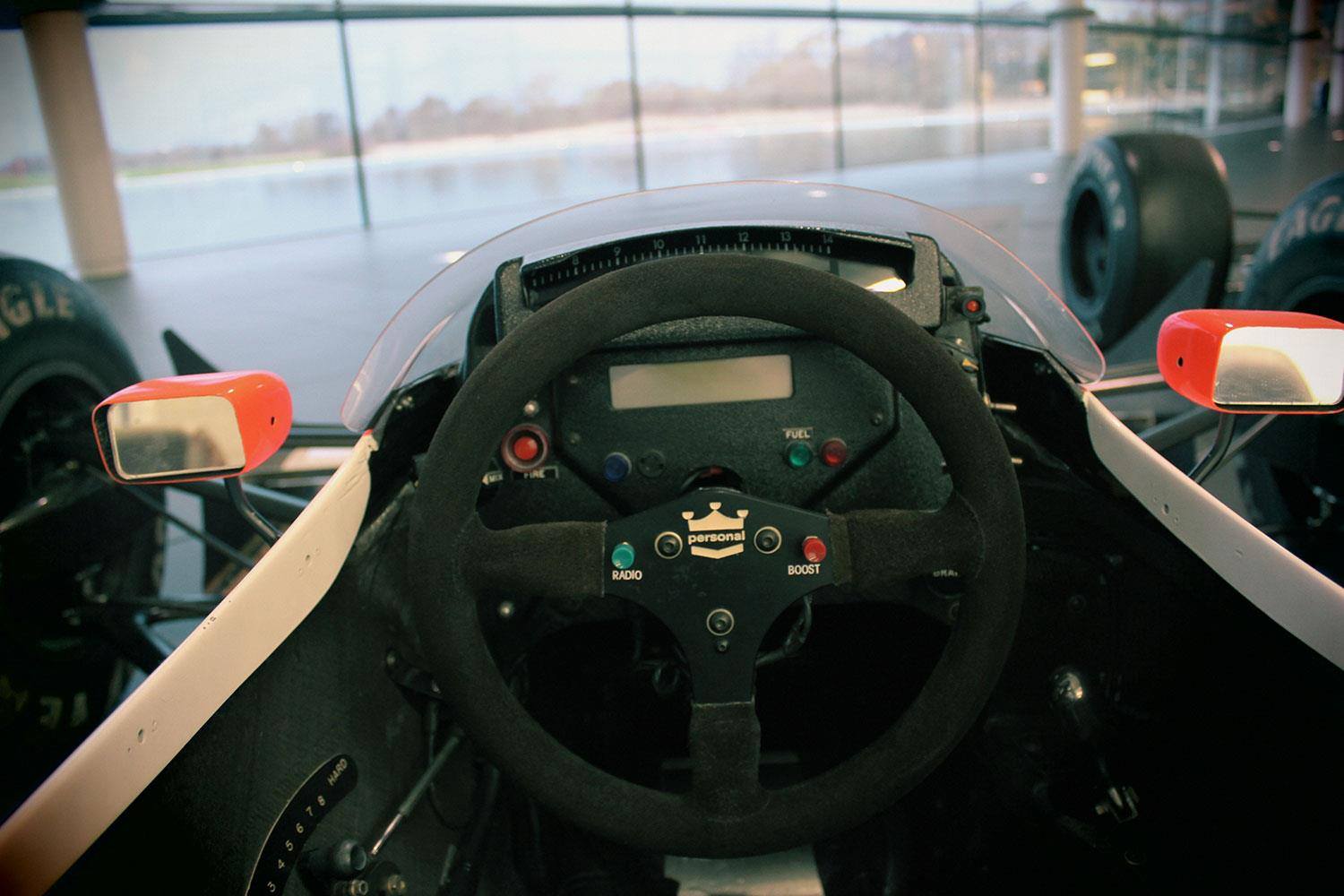
The 1988 McLaren Mp44, a car that dominated 15 of the 16 seasonal GPs.
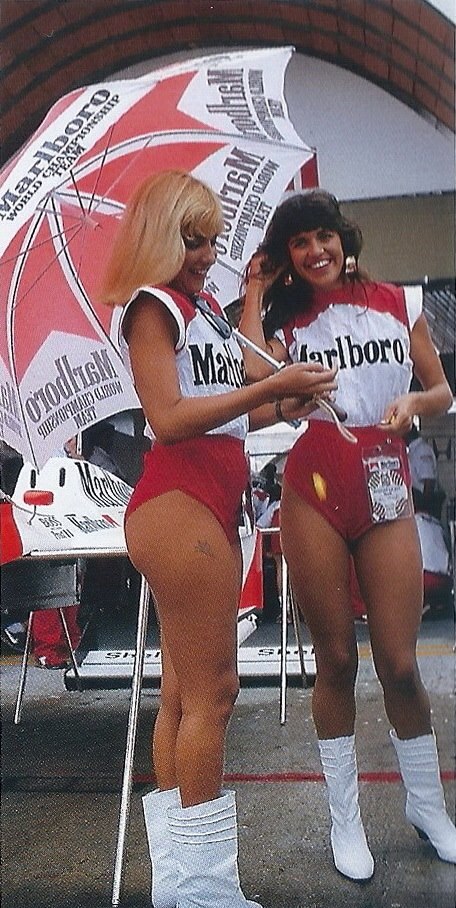
Pit babes at the Brazilian Grand Prix in Jacarepaguá, Rio de Janeiro, on 03 April 1988.
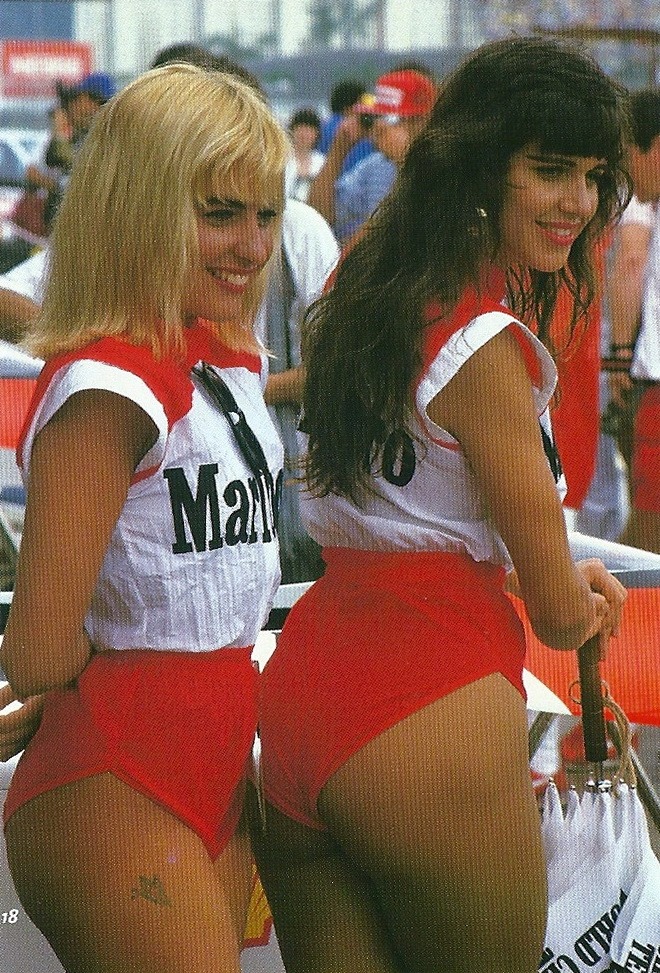
Pit babes at the Brazilian Grand Prix in Jacarepaguá, Rio de Janeiro, on 03 April 1988.
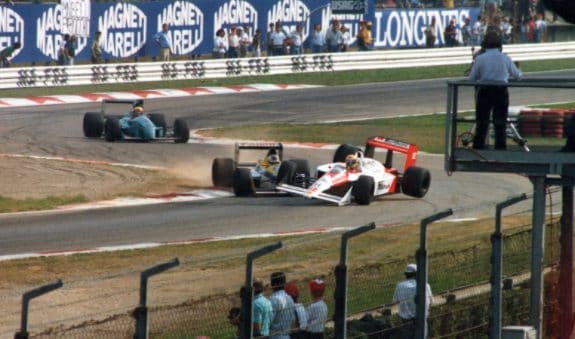
The accident between Senna and Schlesser at the Italian GP in Monza on 11 September 1988.
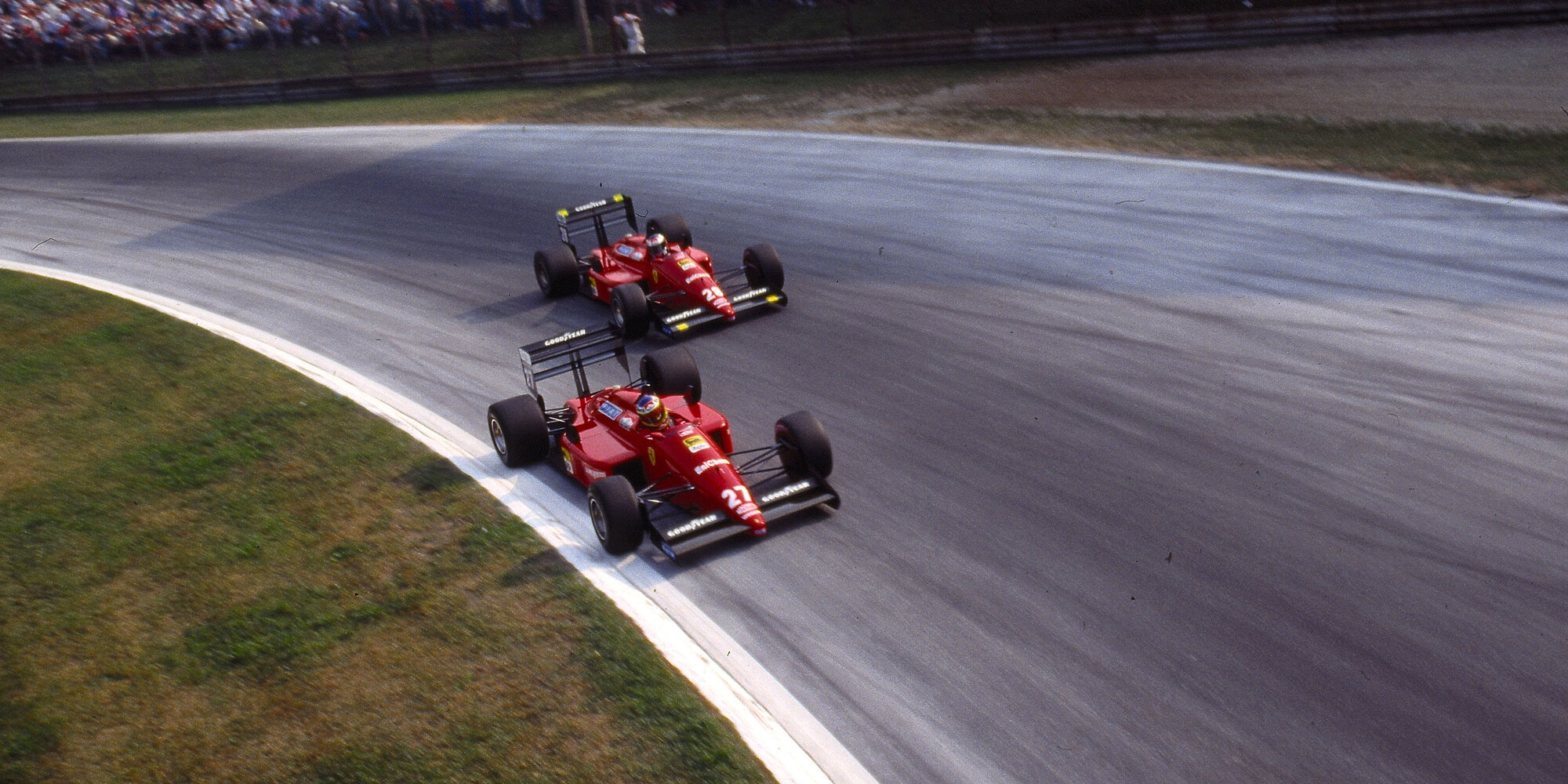
Gerhard Berger and Michele Alboreto, Ferrari F187, at the Italian GP in Monza on 11 September 1988.
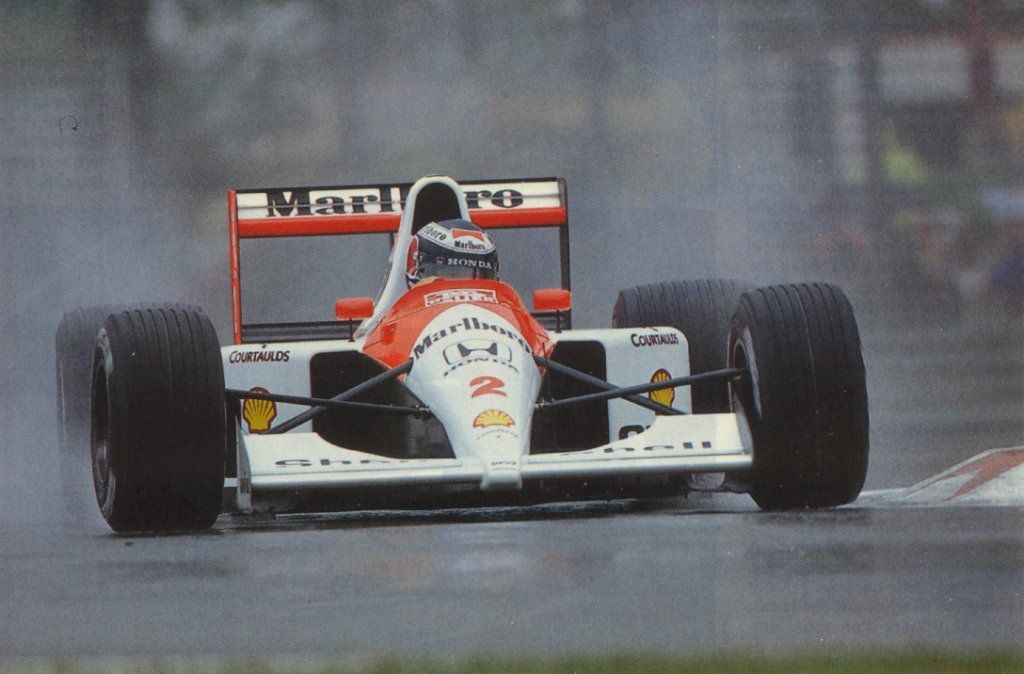
Alain Prost, McLaren, in 1989.
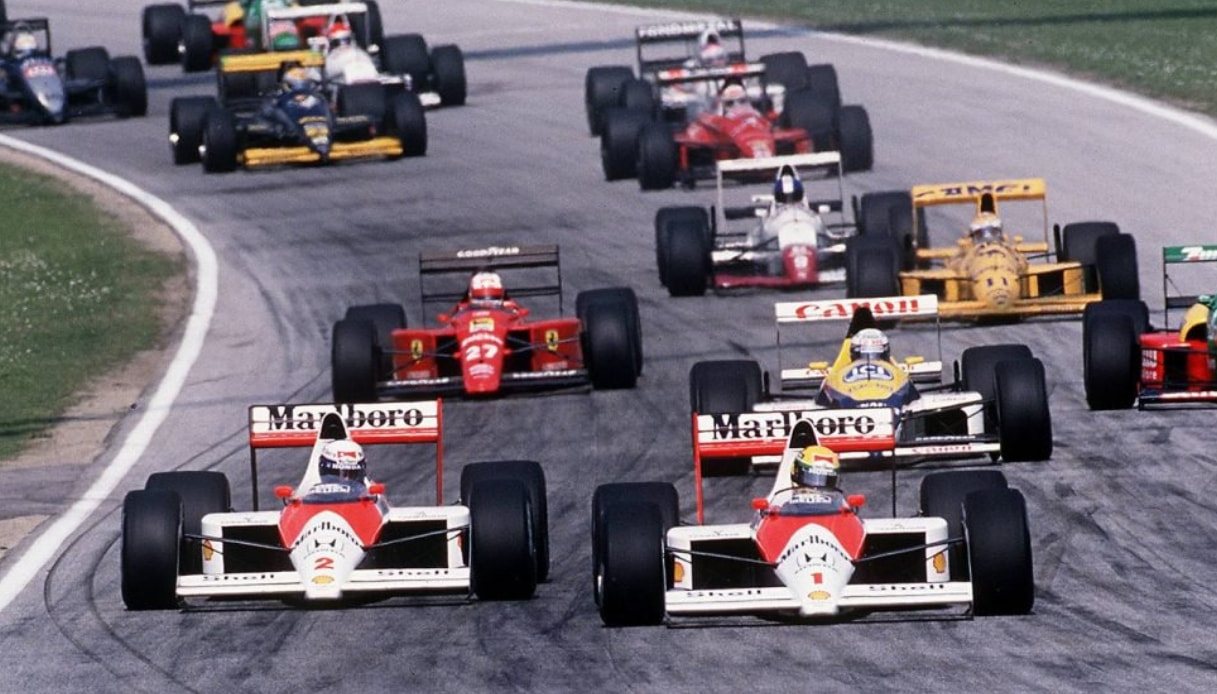
Alain Prost and Ayrton Senna at the San Marino Grand Prix in Imola in 1989.
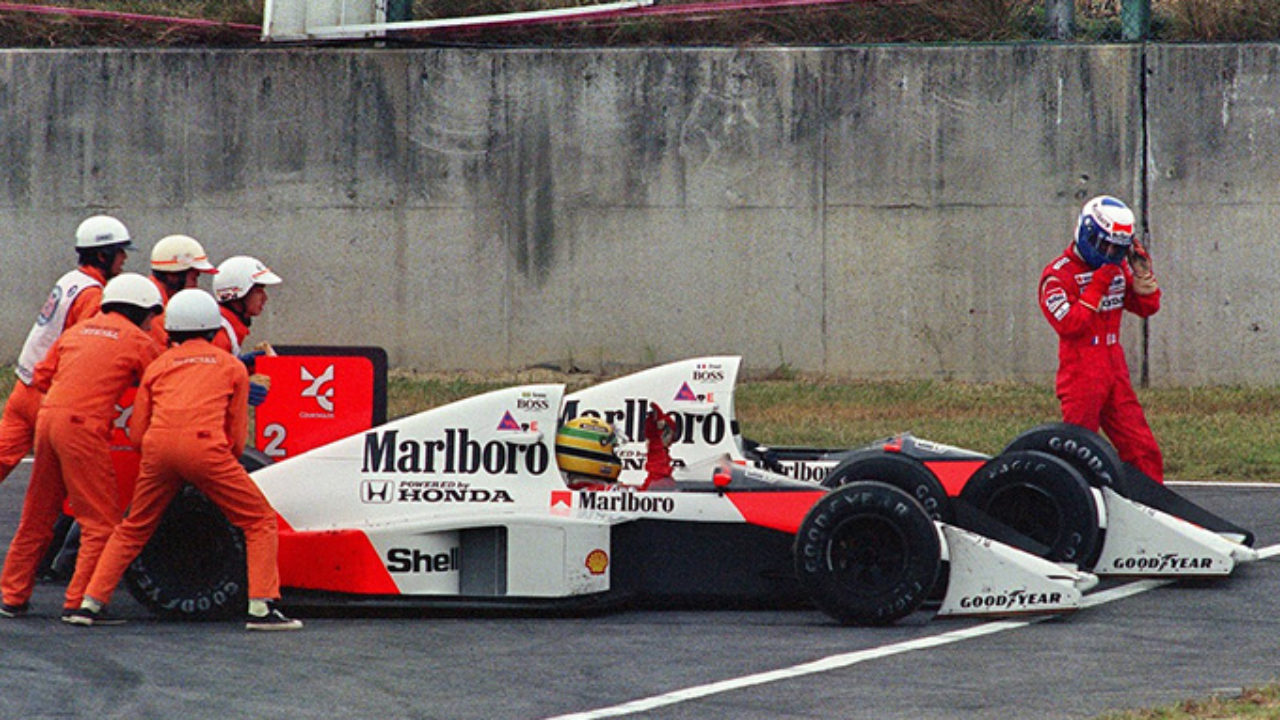
Ayrton Senna and Alain Prost at Suzuka in 1989.
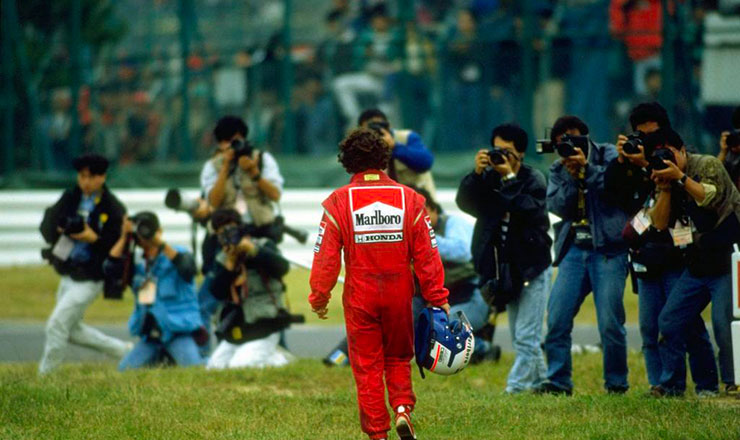
Alain Prost walks away from the scene of his collision with Ayrton Senna at Suzuka in 1989.
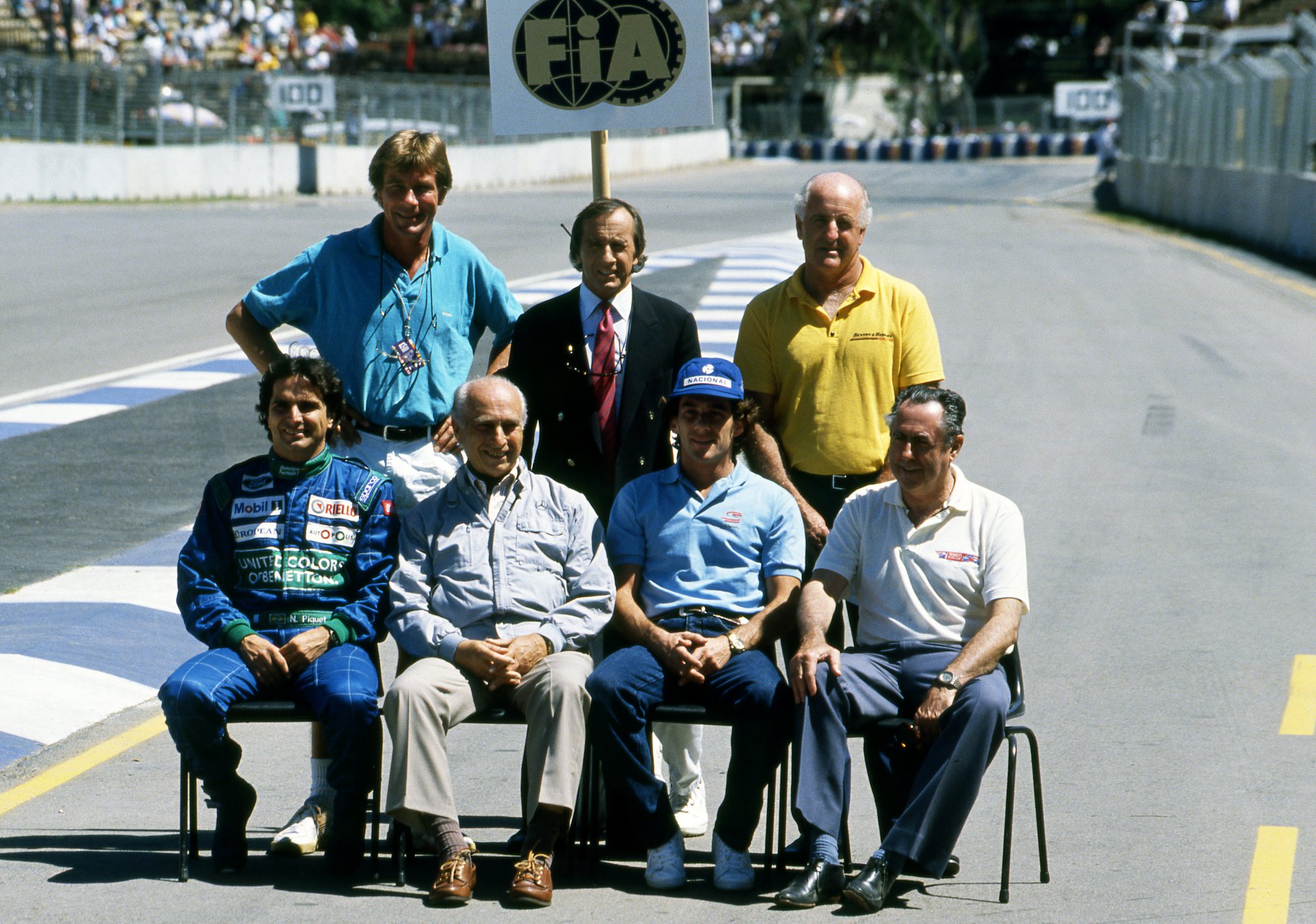
Jack Brabham joins F1 World Champions James Hunt, Jackie Stewart, Denny Hulme, Nelson Piquet, Juan Manuel Fangio and Ayrton Senna to mark the 500th event to count for the World Championship at the Australian Grand Prix in Adelaide on 04 November 1990.
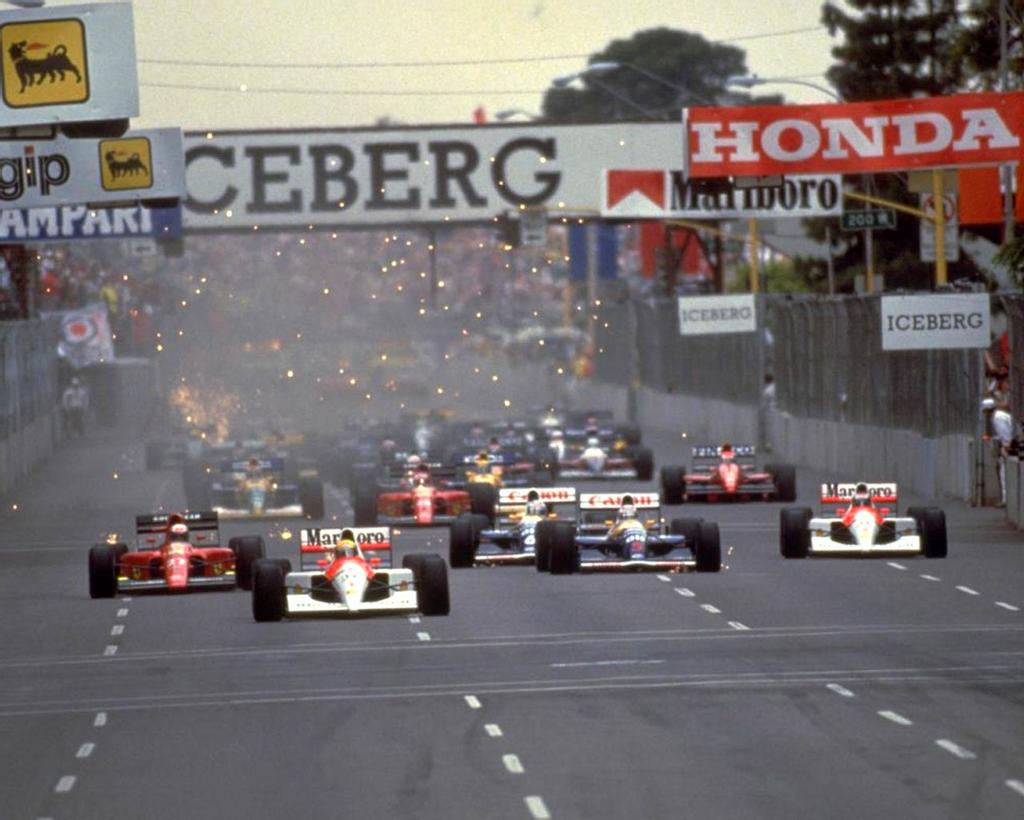
The start of the US Grand Prix in Phoenix, Arizona, on 10 March 1991. Photo by F1 history.
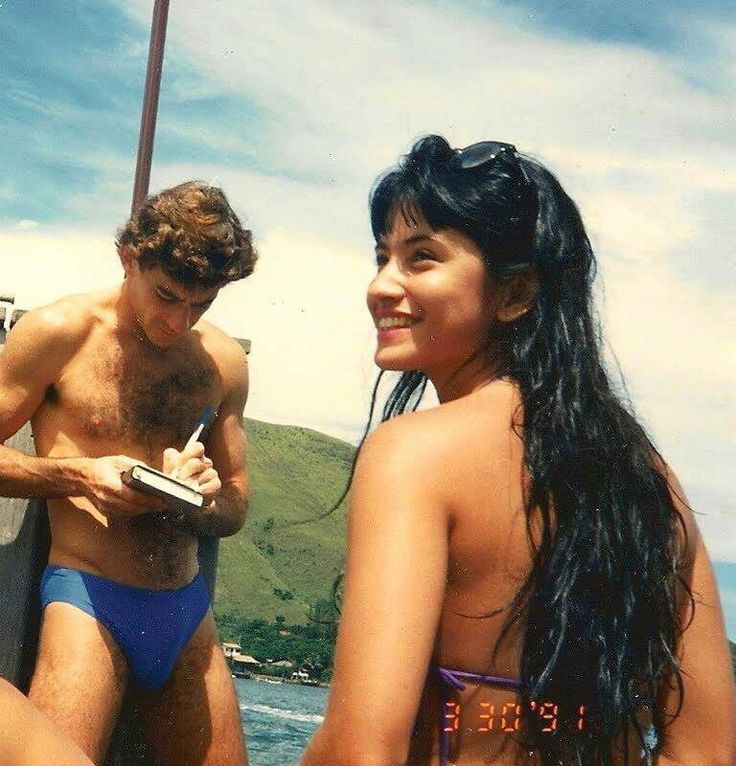
Ayrton Senna with a girl on 30 March 1991.
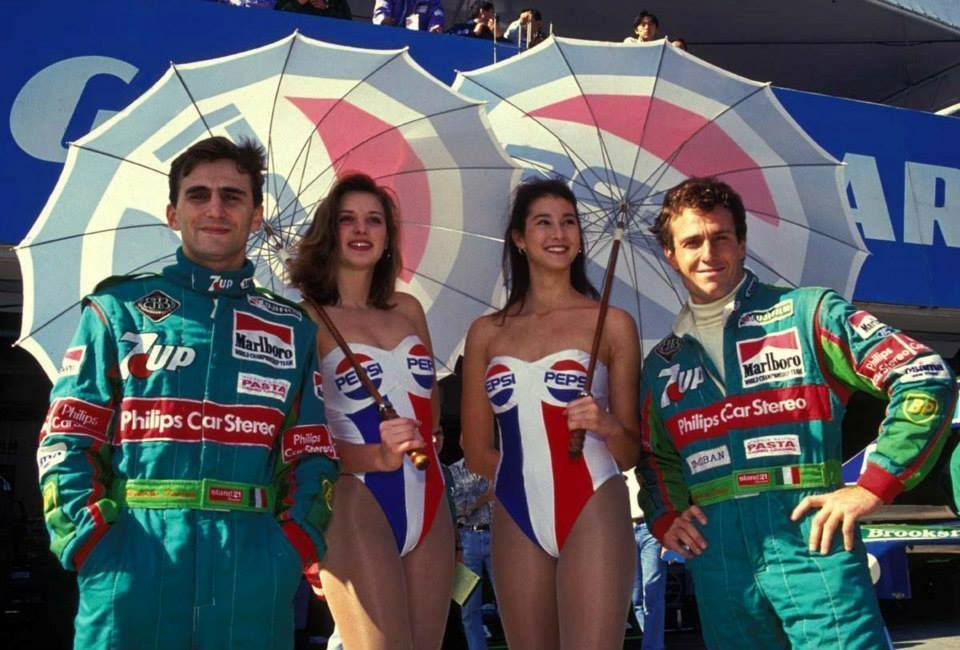
Alessandro Zanardi and Andrea De Cesaris, Jordan 191, with two girls at the Japanese Grand Prix in Suzuka on 20 October 1991.
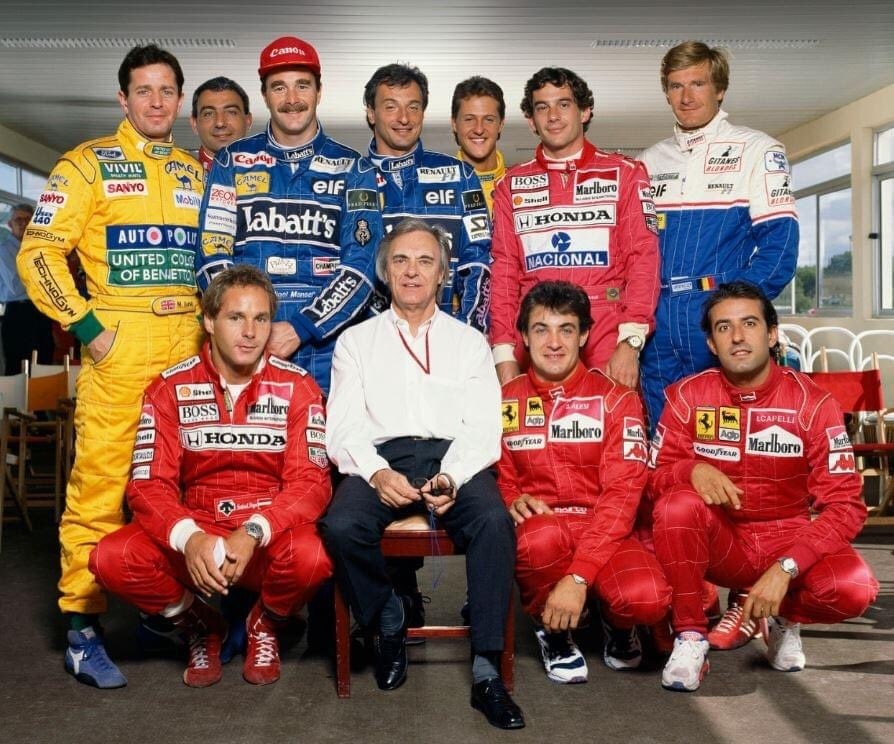
Group portrait of chief executive Bernie Ecclestone with Formula 1 drivers in their team colours in 1992. Back row: Martin Brundle, Michele Alboreto, Nigel Mansell, Riccardo Patrese, Michael Schumacher, Ayrton Senna and Thierry Boutsen. Front row: Gerhard Berger, Bernie Ecclestone, Jean Alesi and Ivan Capelli. Photo by Terry O’Neill.
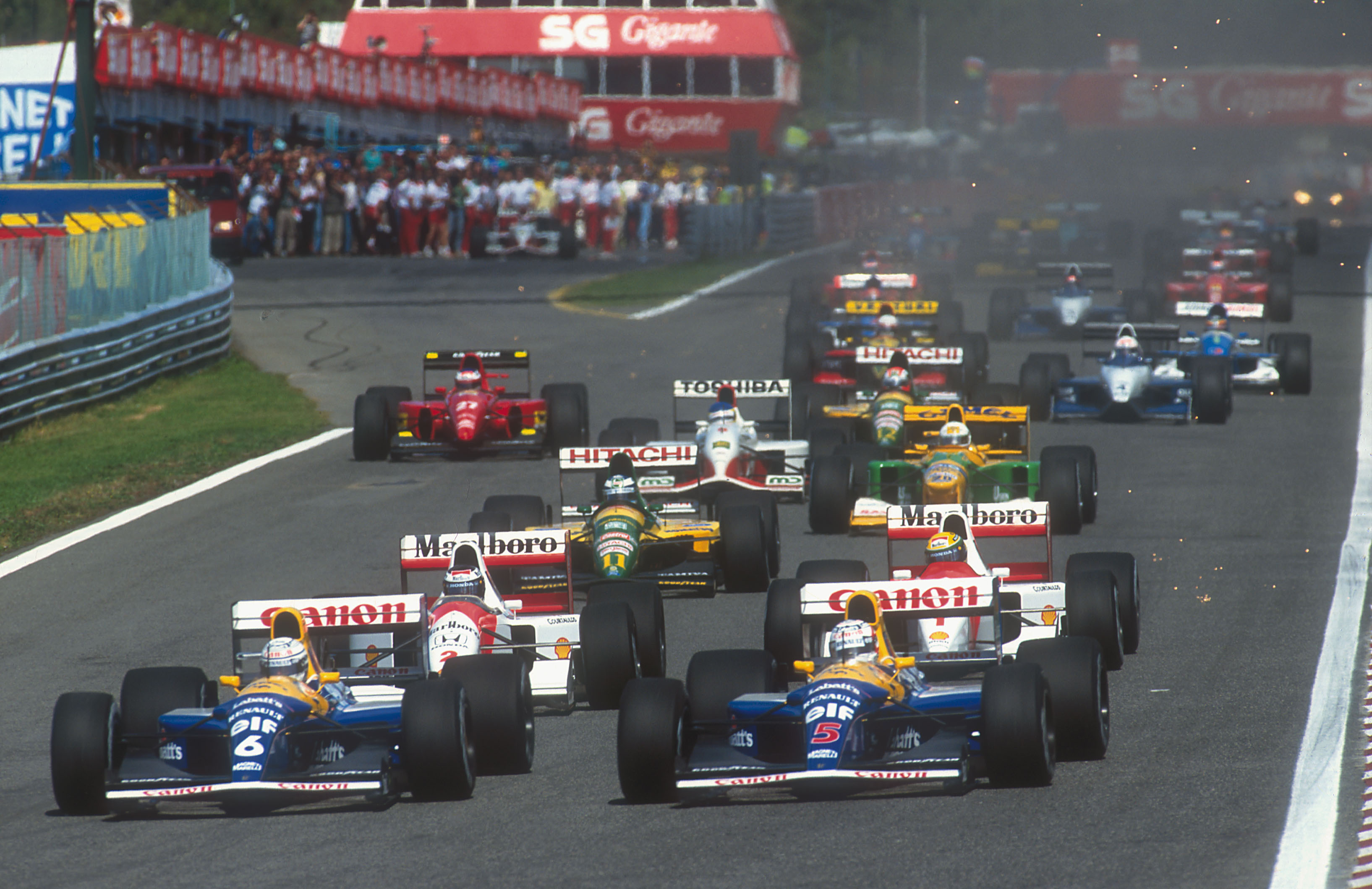
The start of a Formula 1 Grand Prix in 1992. Photo by Formula 1 Fanatic.
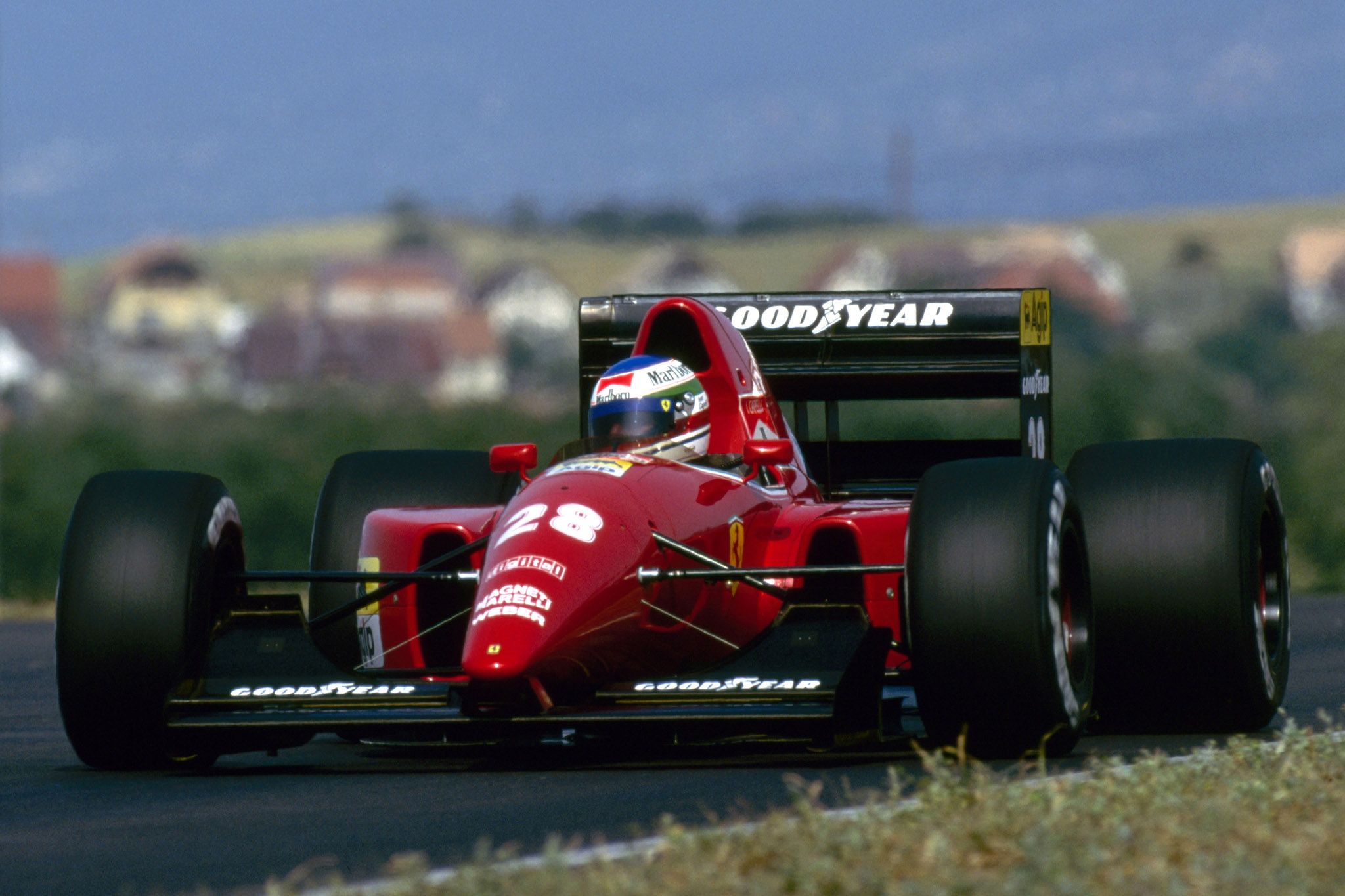
Ivan Capelli, Ferrari, in 1992.
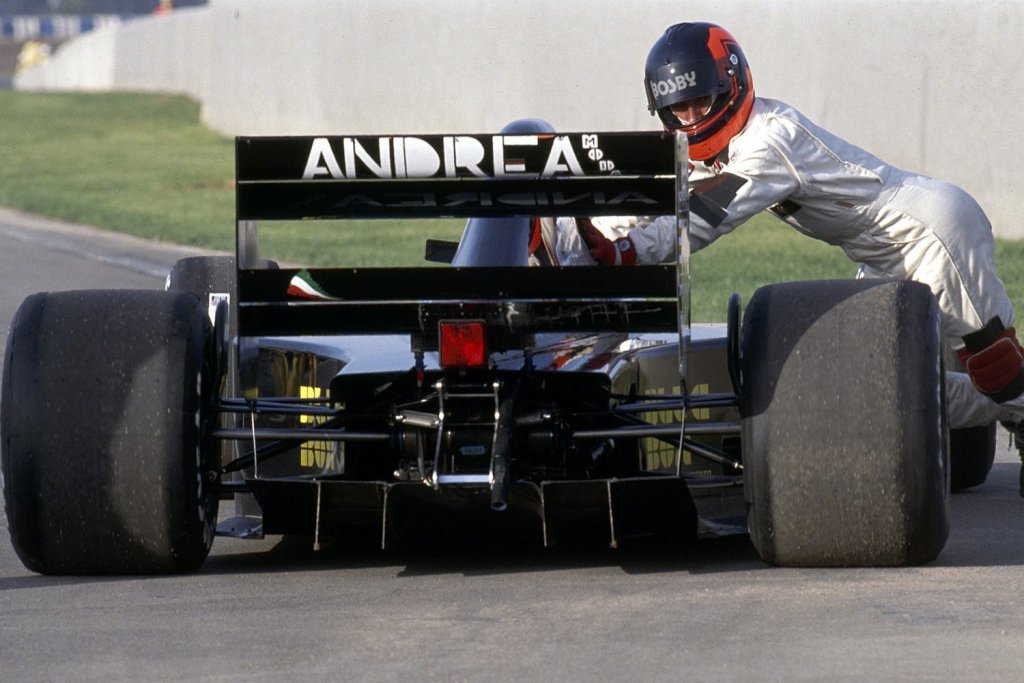
Perry McCarthy and his Andrea Moda in 1992.
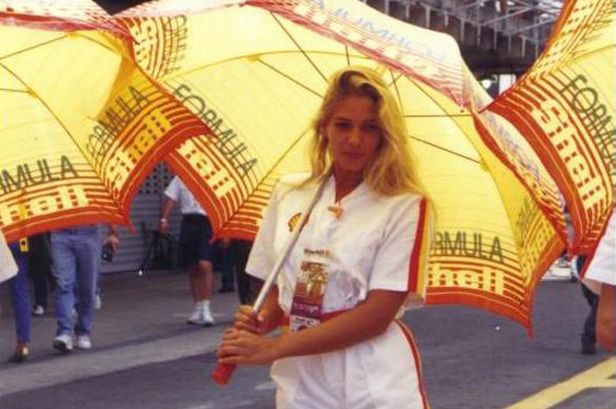
In 1993 Adriana Galisteu was just another pretty promo girl working at the Brazilian Grand Prix when she caught the eye of McLaren's Ayrton Senna.
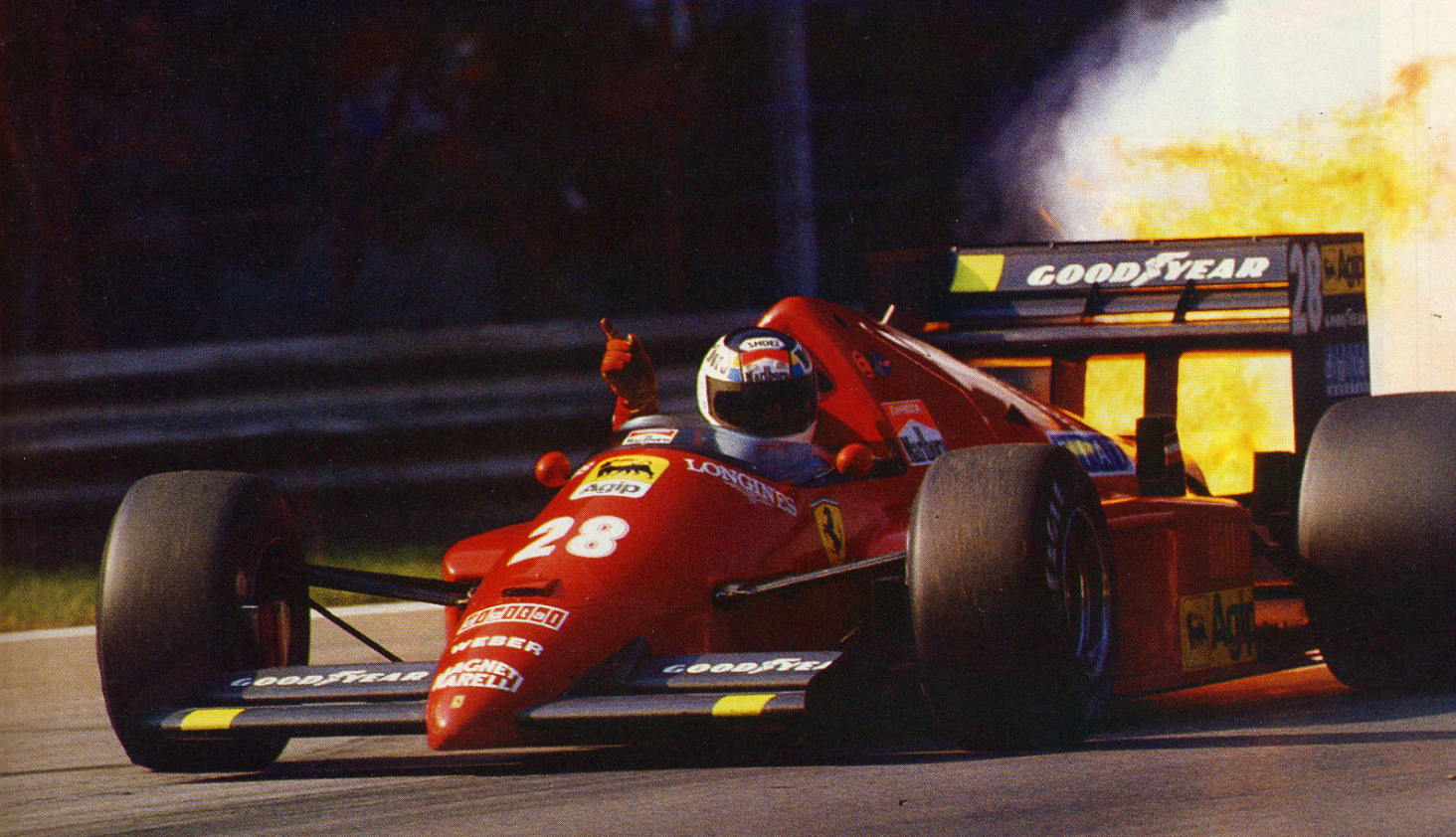
Gerhard Berger at the German Grand Prix in Hockenheim on 31 July 1994.
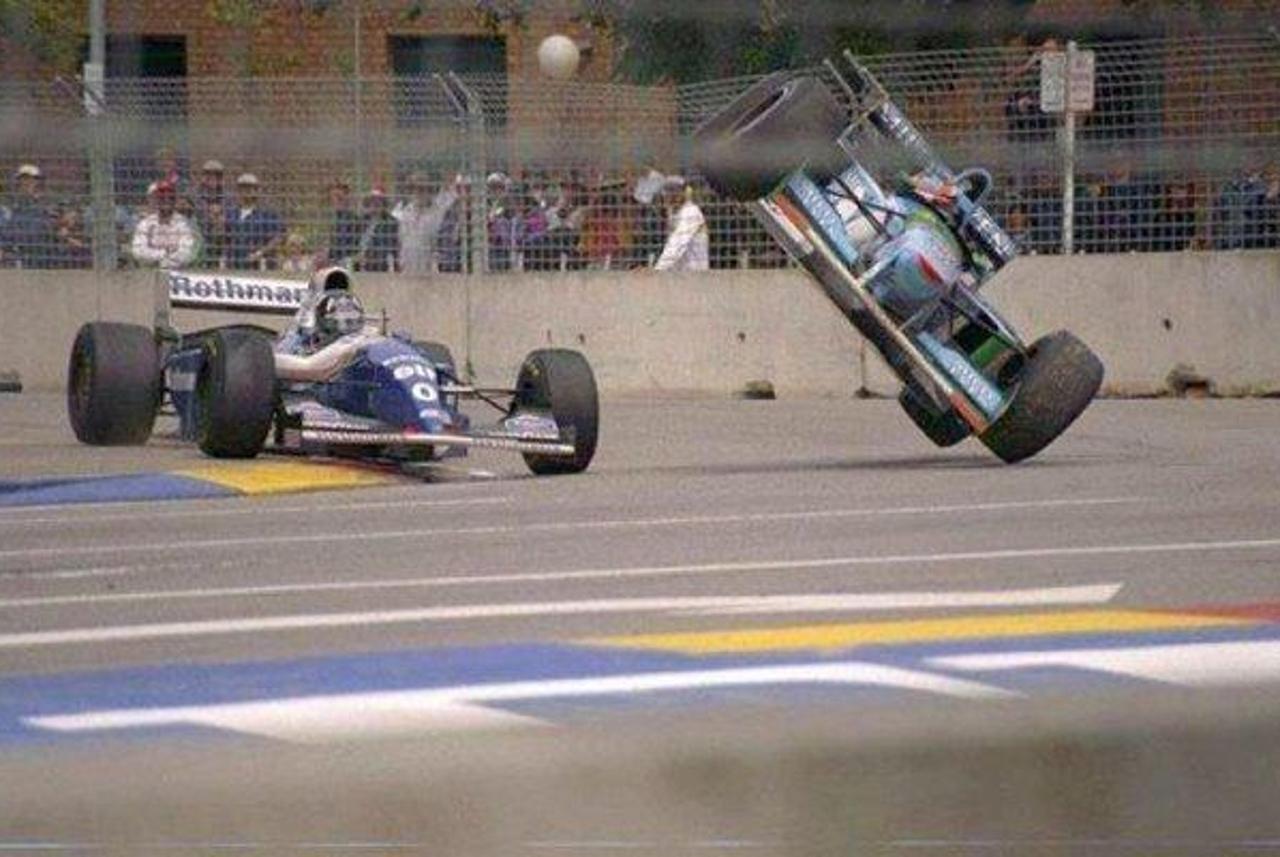
The crash between Michael Schumacher and Damon Hill at the Australian Grand Prix on 13 November 1994.
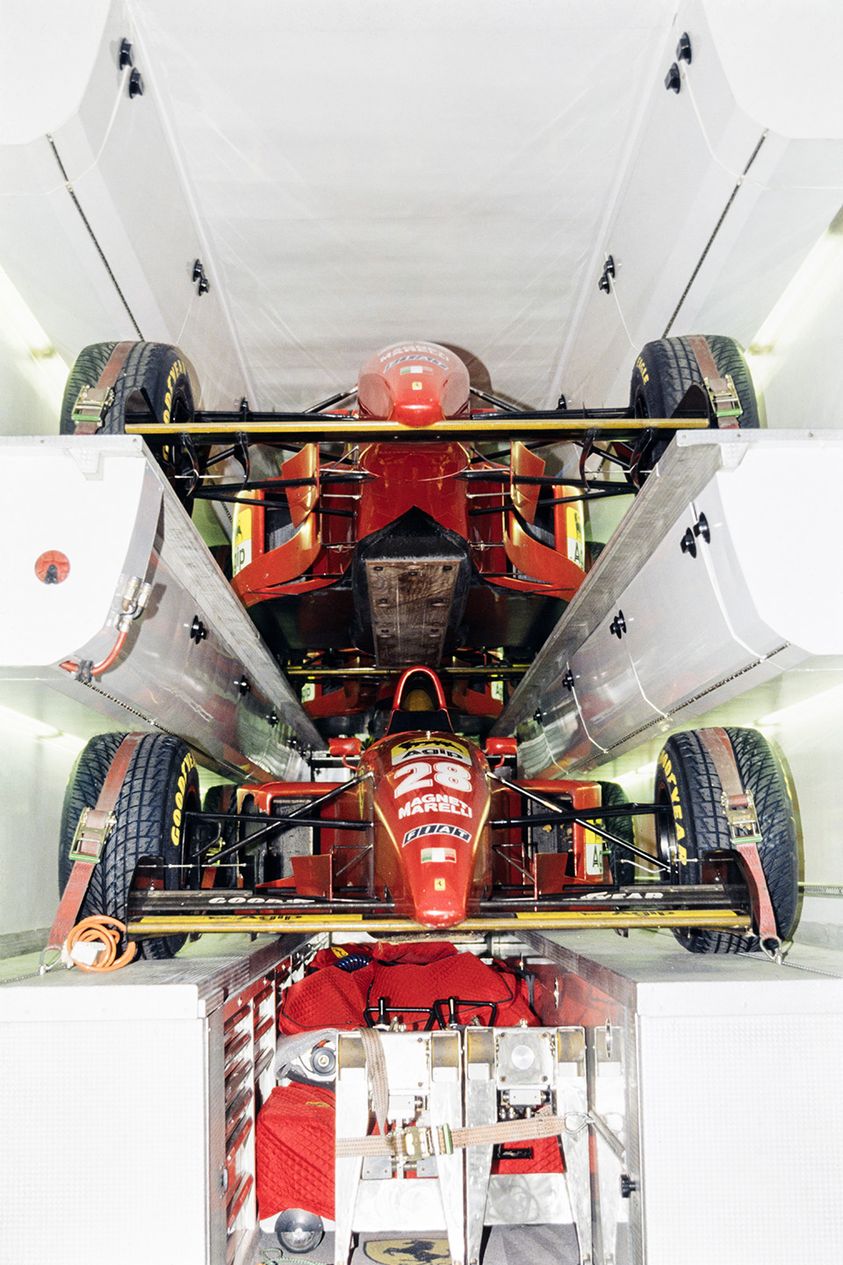
The Ferrari 412 T2 in 1995.
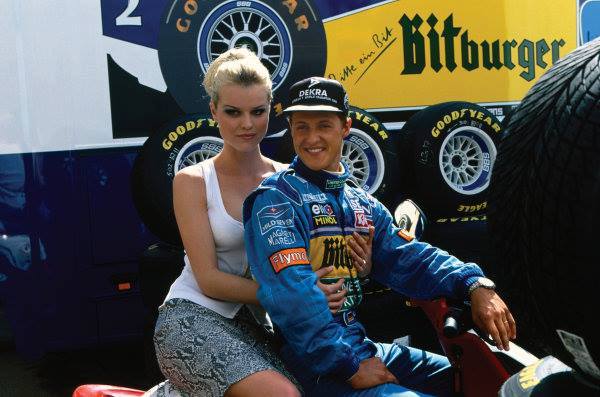
Michael Schumacher, Benetton, with Eva Herzigova at the Spanish Grand Prix in Barcelona, Spain, on 14 May 1995. Photo by Lat Images.
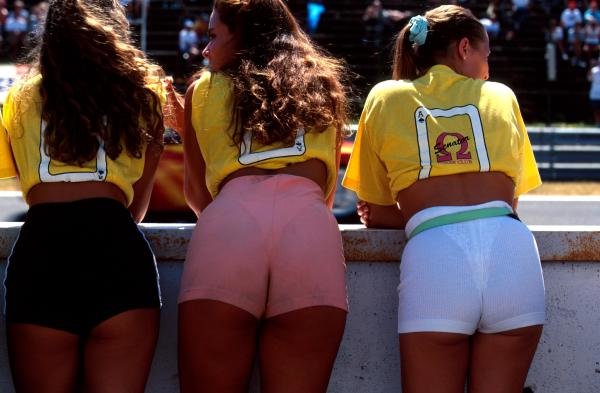
Girls at the Hungarian Grand Prix in Hungaroring on 13 August 1995. Photo by Sutton images.
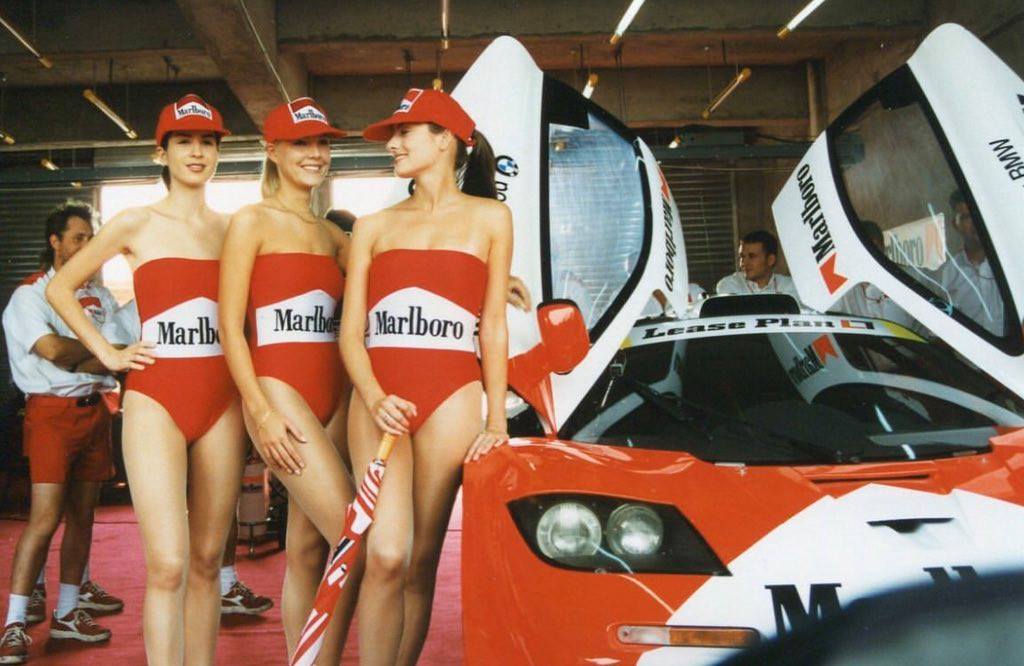
Three Marlboro girls and a McLaren F1 GTR LM in 1996.
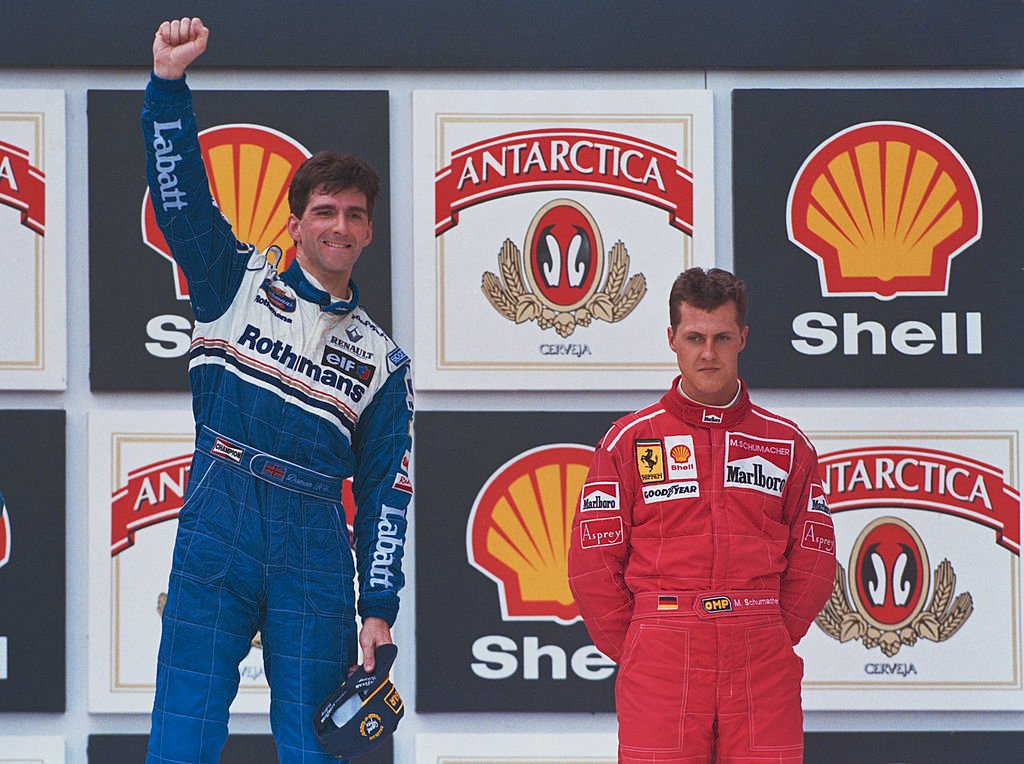
Damon Hill and Michael Schumacher share a podium at the Brazilian Grand Prix on 31st March 1996.
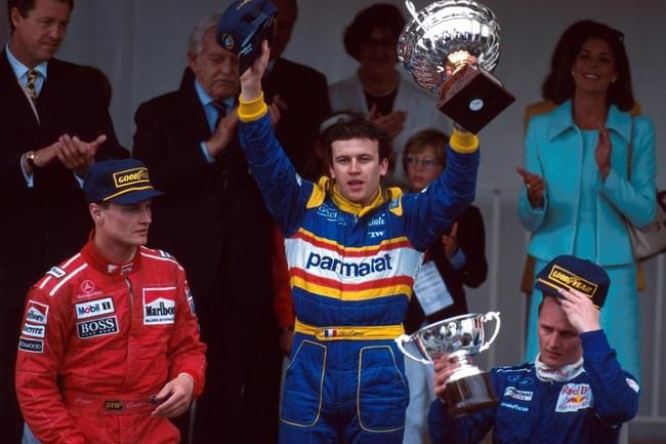
Olivier Panis wins the chaotic Monaco Grand Prix on 19 May 1996.
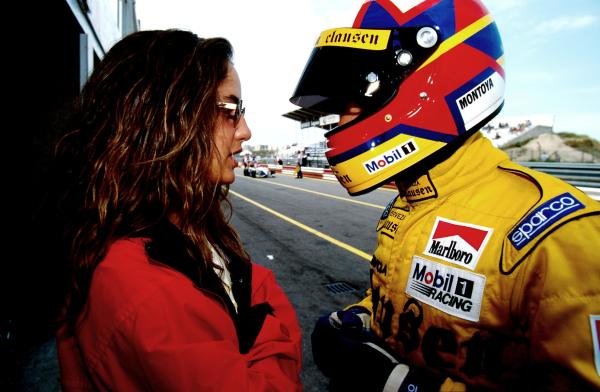
Juan Pablo Montoya with his girlfriend at the Marlboro Masters F3 in Zandvoort on 04 August 1996.
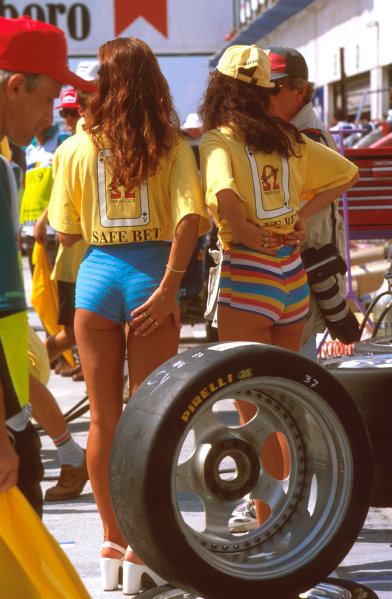
Grid girls in the pits at the Hungarian Grand Prix in Hungaroring, Budapest, on 11 August 1996. Photo by LAT Photographic.
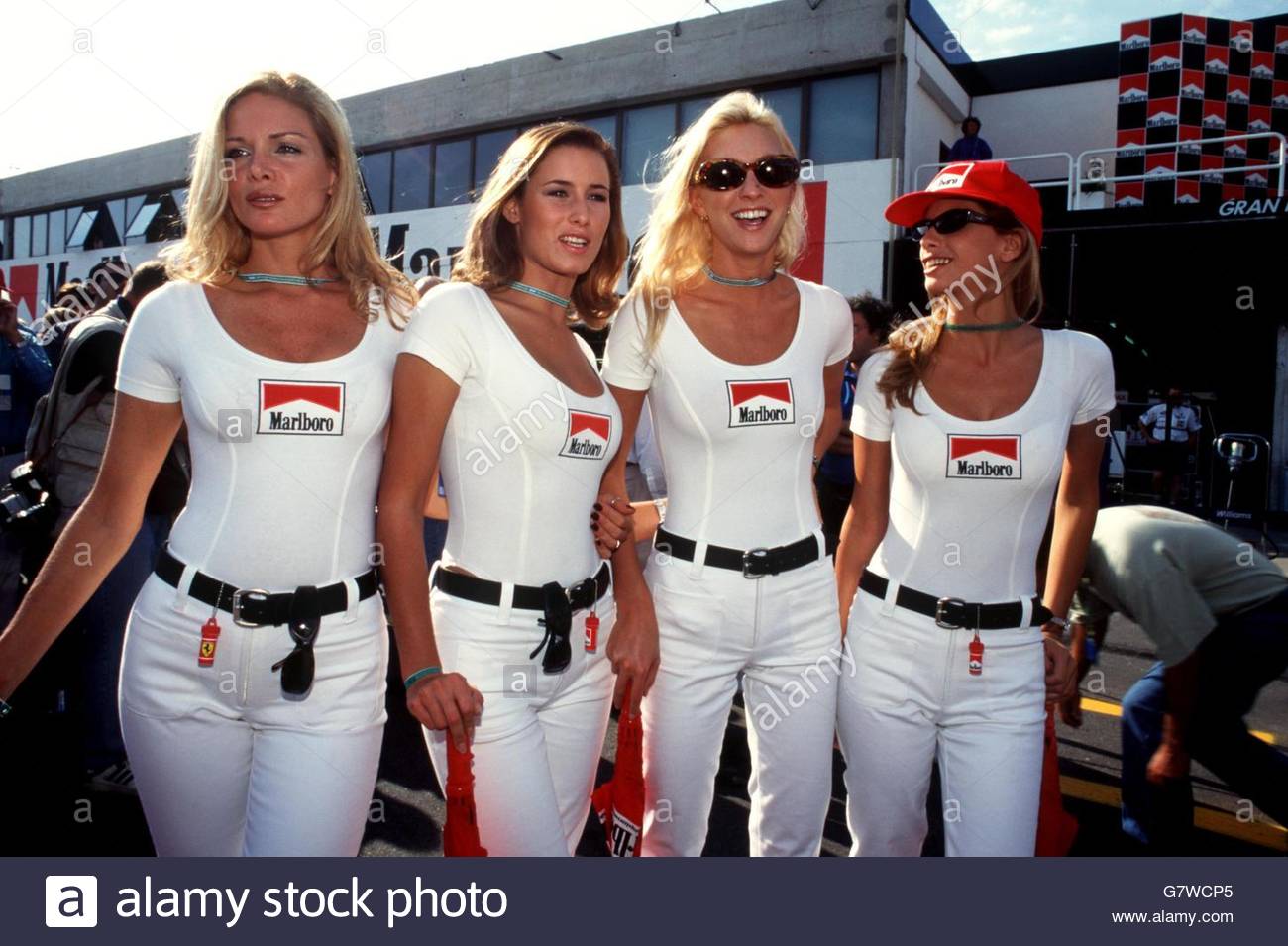
Marlboro girls at the practice for the Argentinean Grand Prix on 11 April 1997.
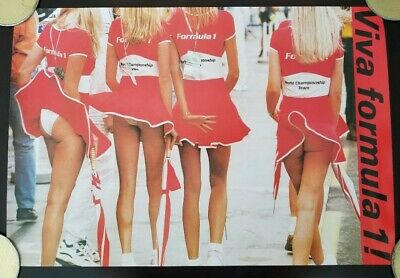
Hot grid girls at the Australian Grand Prix in Melbourne on 08 March 1998.
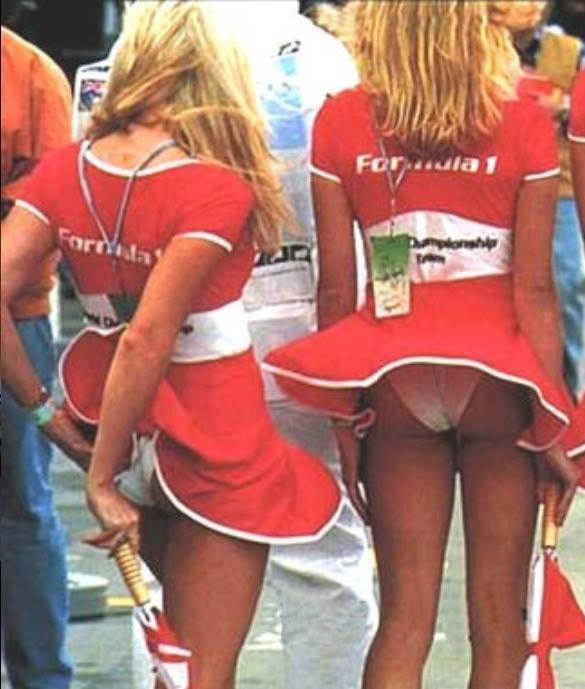
Hot grid girls at the Australian Grand Prix in Melbourne on 08 March 1998.
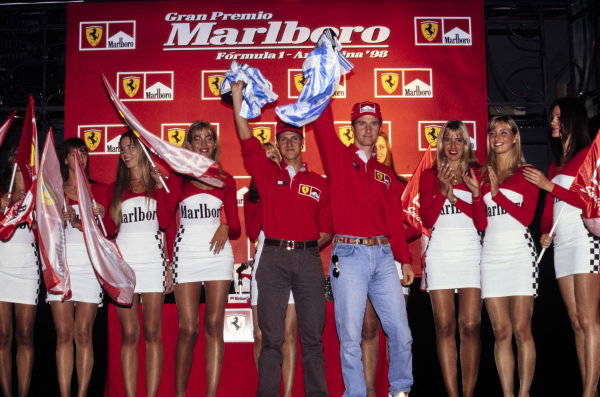
Michael Schumacher, Eddie Irvine and the Marlboro girls at the Argentinian Grand Prix at Autódromo Oscar Alfredo Gálvez in Buenos Aires on 12 April 1998. Photo by Ercole Colombo.
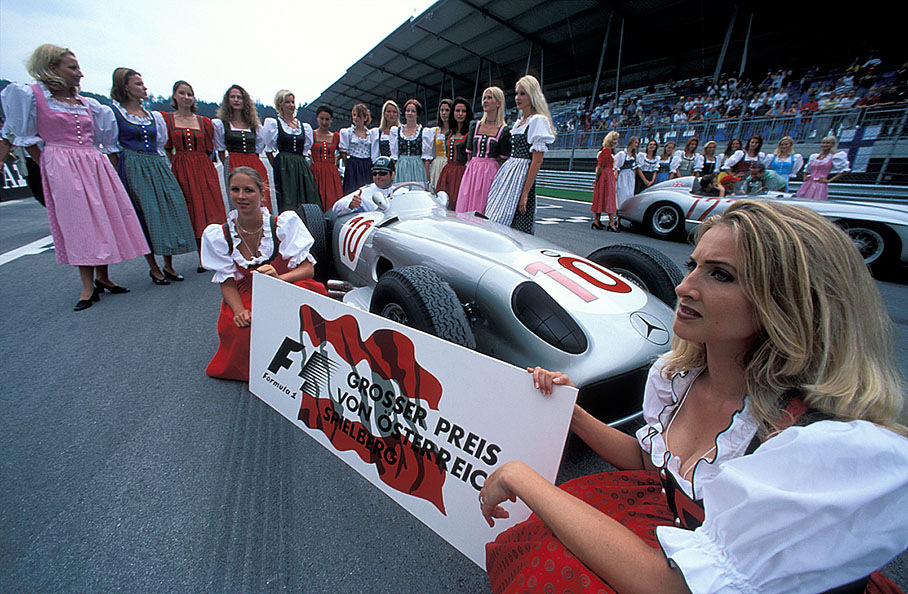
Jochen Mass, Mercedes Benz, at the Austrian Grand Prix at the A1-Ring on 26 July 1998. Photo by Rainer Schlegelmilch.
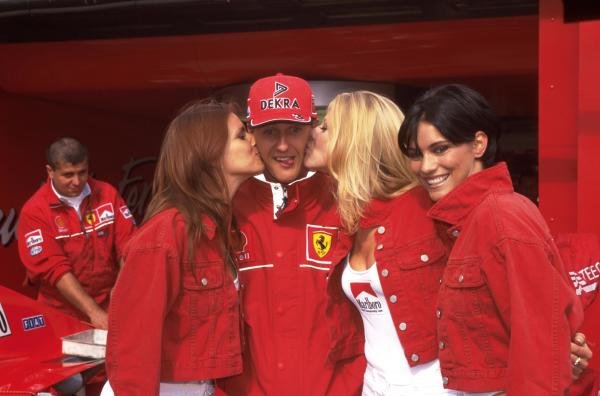
Michael Schumacher is kissed by the Marlboro girls at the Belgian Grand Prix in Spa on 30 August 1998. Photo by David Phipps.
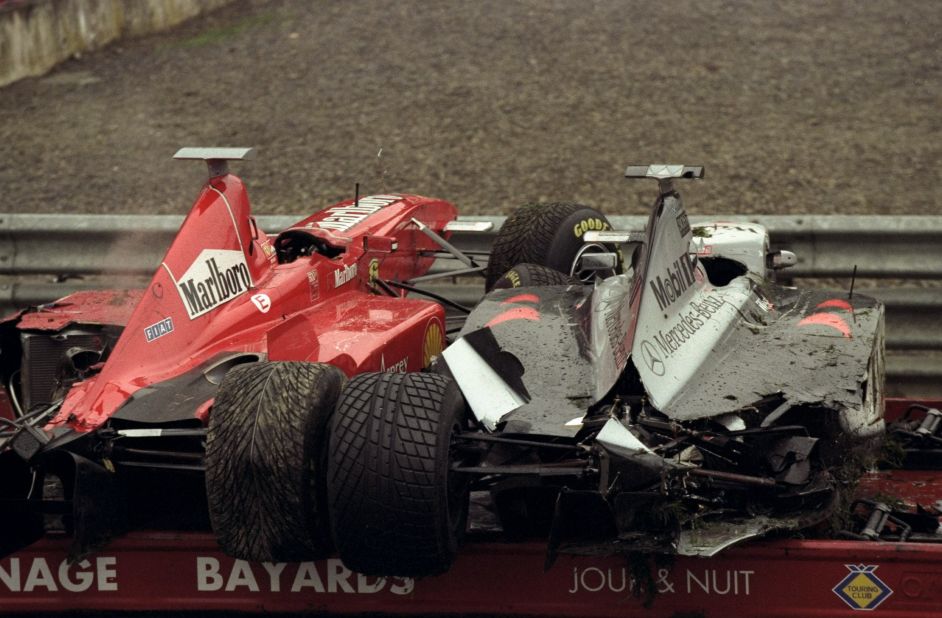
The Ferrari of Eddie Irvine and the McLaren Mercedes of David Coulthard loaded on a recovery vehicle after the crash at the Belgian Grand Prix on 30 August 1998.
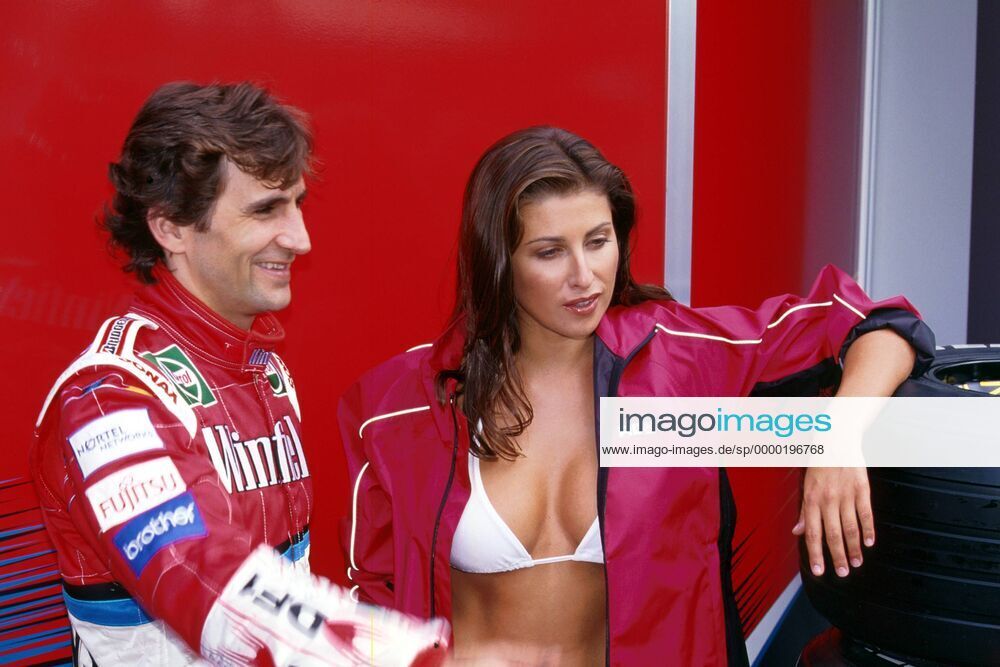
Australian top model Jodie Mears is a guest in the Williams pits with Alessandro Zanardi at the Australian Gran Prix at the Melbourne Grand Prix Circuit in Albert Park on 07 March 1999.
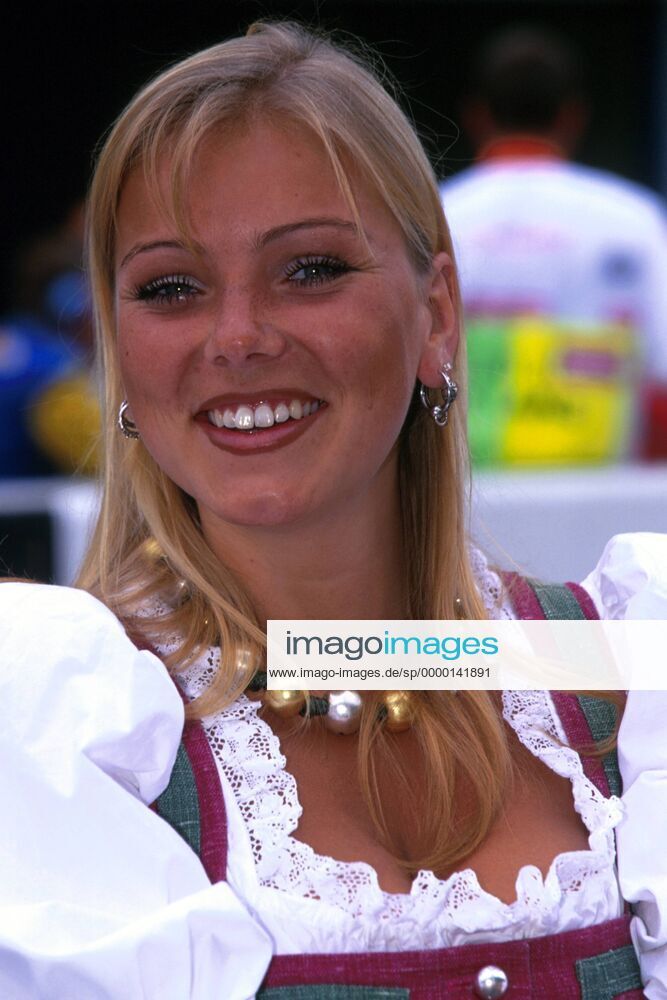
A pit girl at the Austrian Grand Prix at the A1-Ring in Spielberg on 25 July 1999.
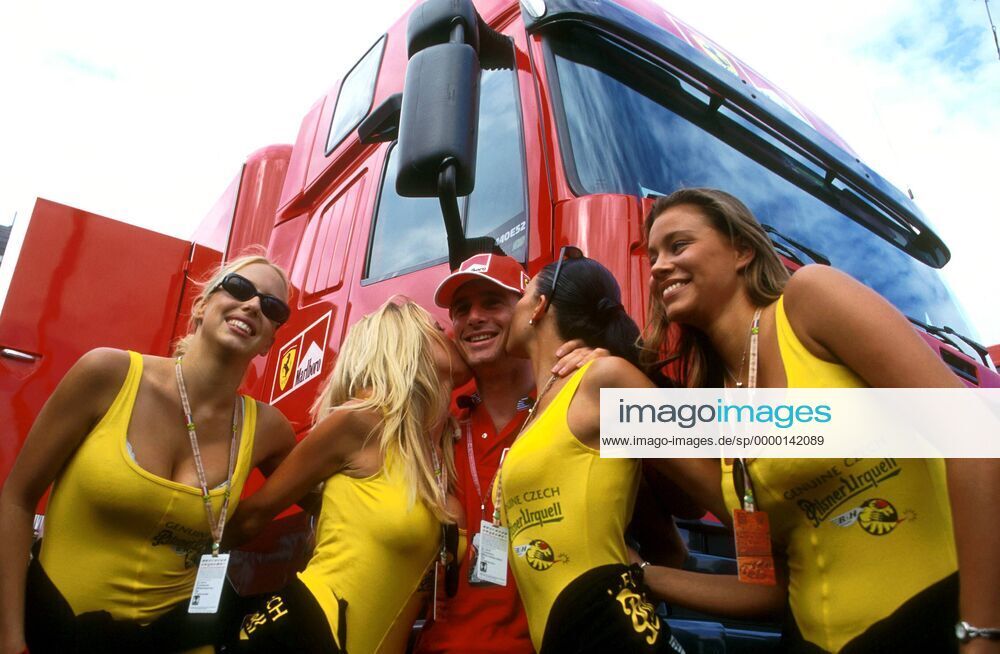
Eddie Irvine and some girls at the Hungarian Grand Prix at the Hungaroring in Mogyoród on 15 August 1999.
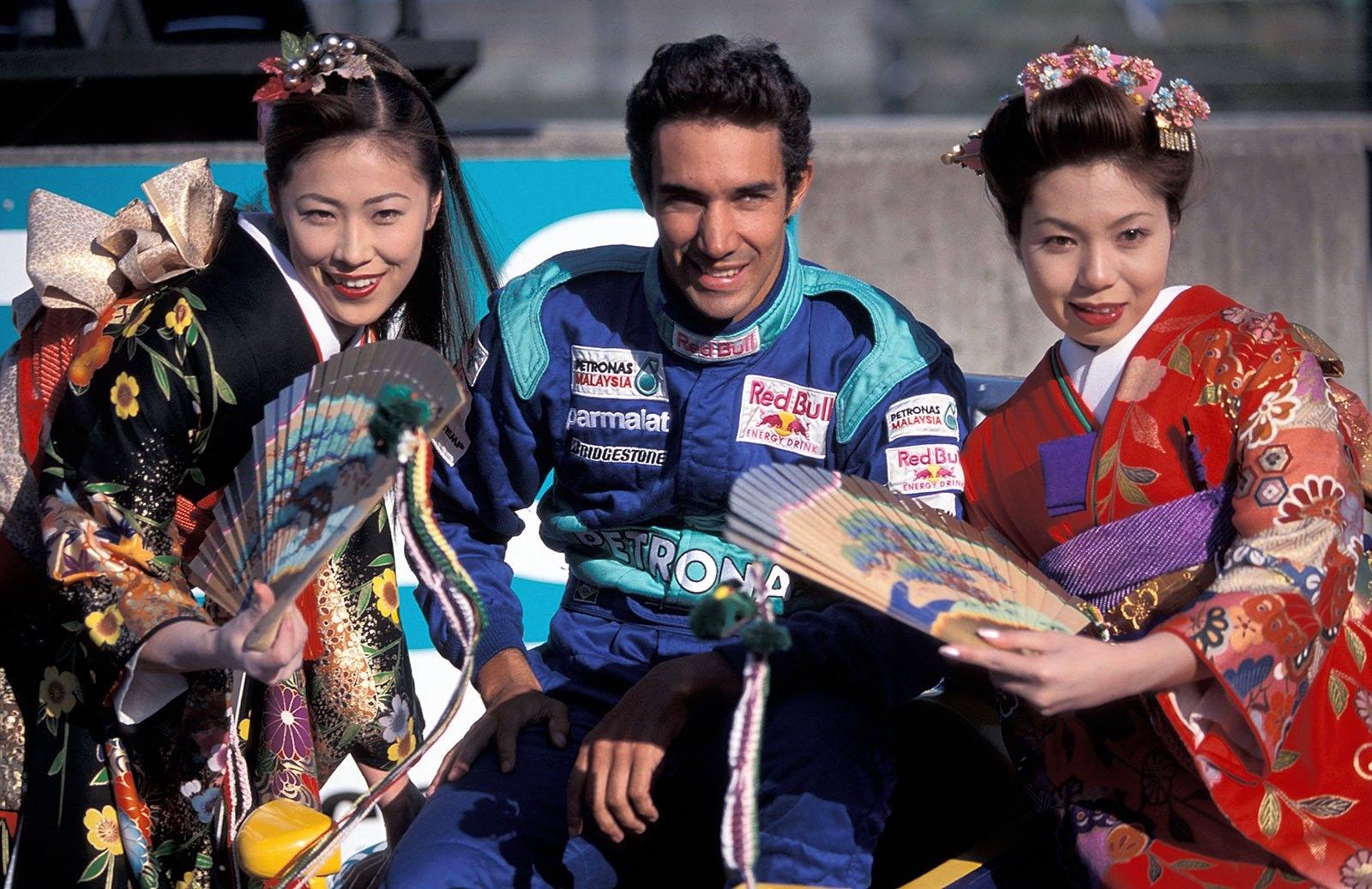
Pedro Diniz, Sauber, with beautiful girls at the Japanese Grand Prix at the Suzuka International Racing Course on 31 October 1999.
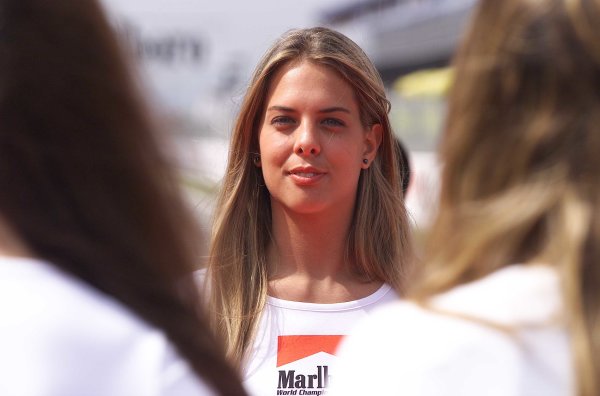
A Marlboro girl at the Spanish Grand Prix at the Circuit de Catalunya in Montmeló on 07 May 2000. Photo by Lat Images.
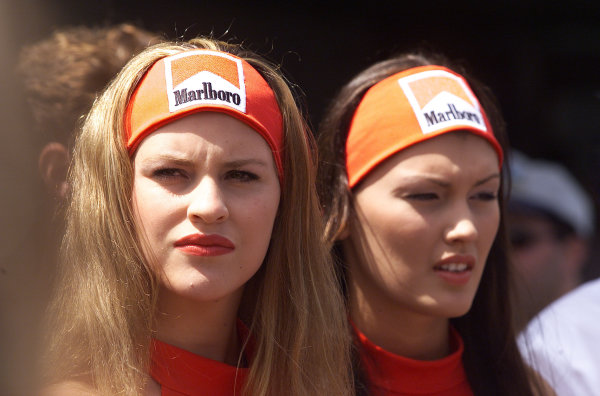
A couple of Marlboro girls at the Brazilian Grand Prix in Interlagos on 01 April 2001. Photo by Lat Images.
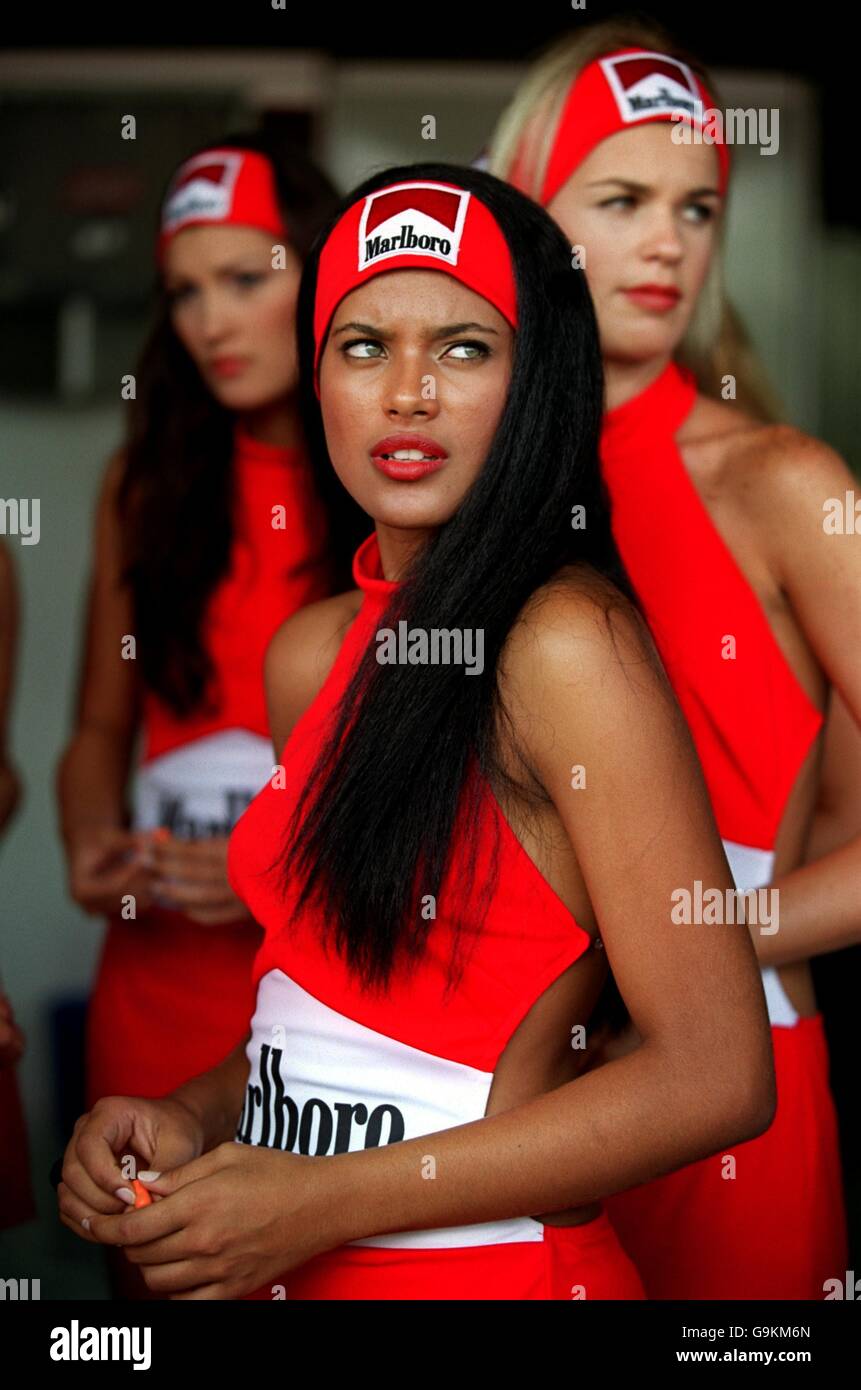
Three Marlboro girls at the Brazilian Grand Prix in Interlagos on 01 April 2001.
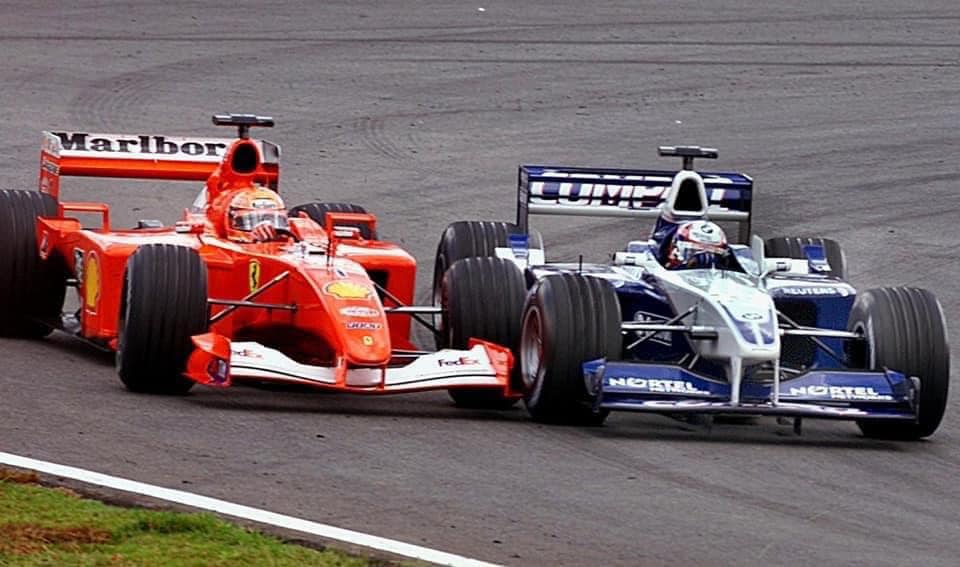
Juan Pablo Montoya, Williams, surprised Schumacher, Ferrari, in this way at the Brazilian Grand Prix in Interlagos on 01 April 2001.
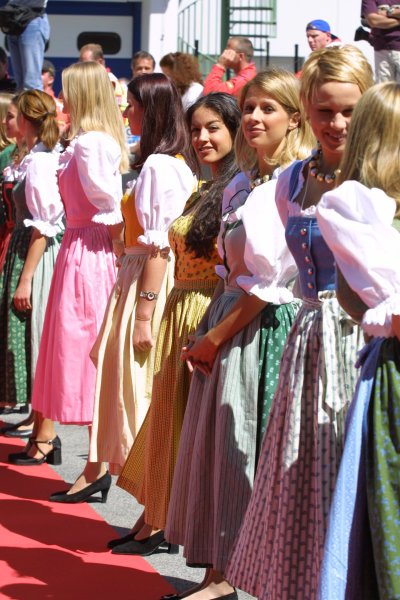
Grid girls in traditional costume at the Austrian Grand Prix in Zeltweg on 11-13 May 2001. Photo by Lat Images.
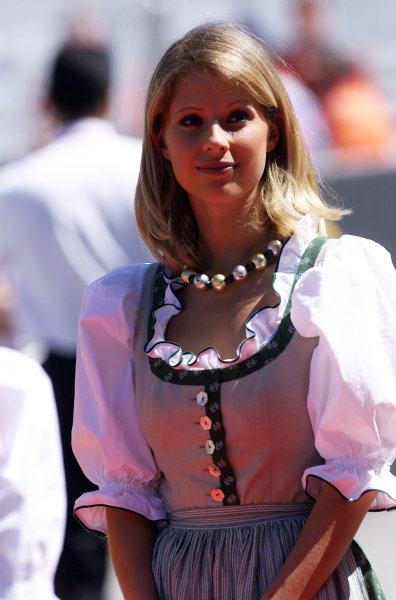
A grid girl in traditional costume at the Austrian Grand Prix in Zeltweg on 11-13 May 2001. Photo by Lat Images.
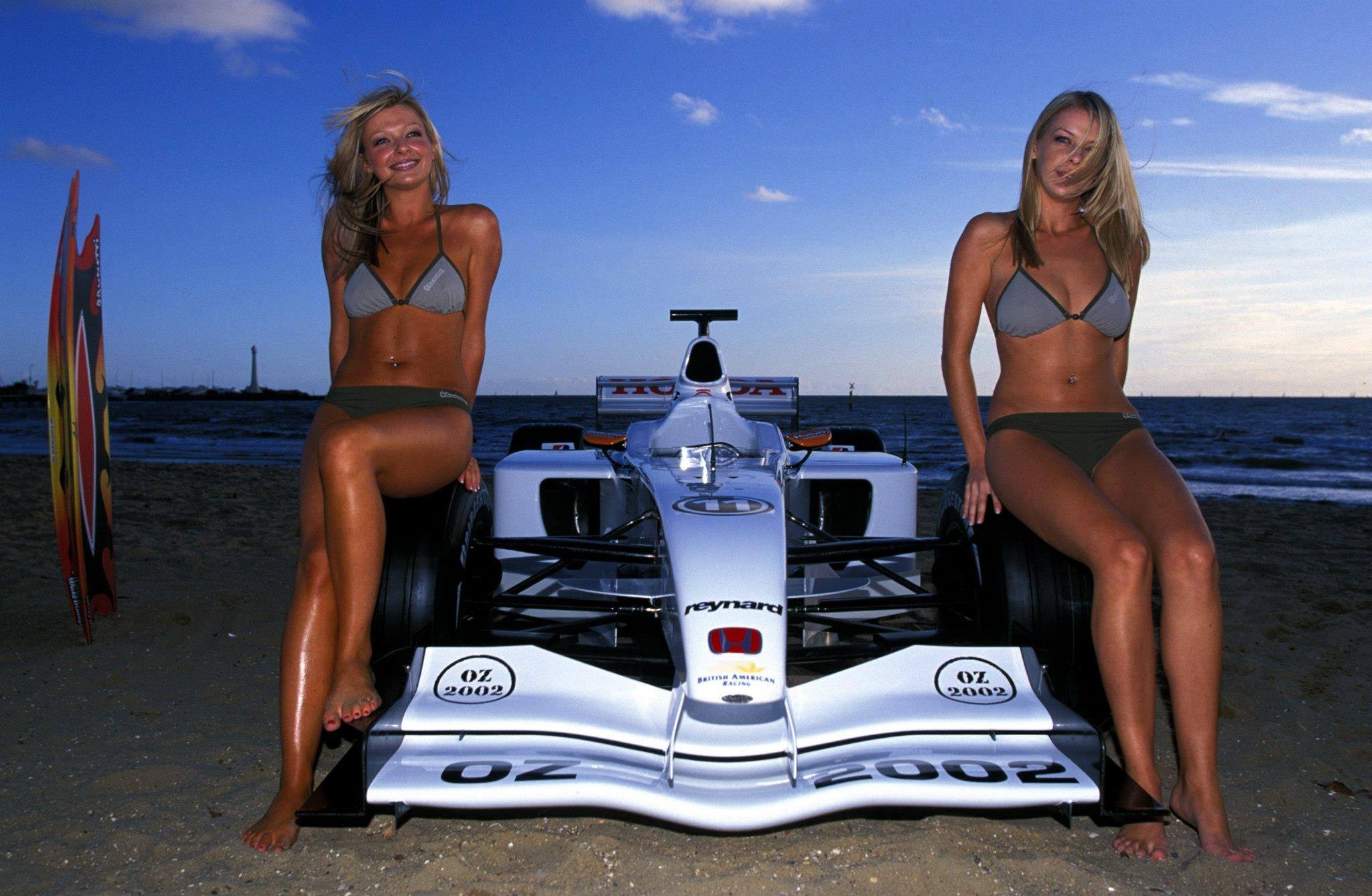
Gris girls on a BAR-Honda in Australia in 2002.
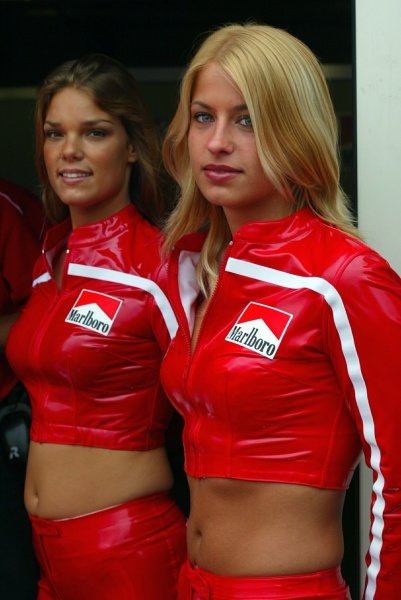
The pretty Marlboro girls at Zandvoort on 09-11 August 2002.
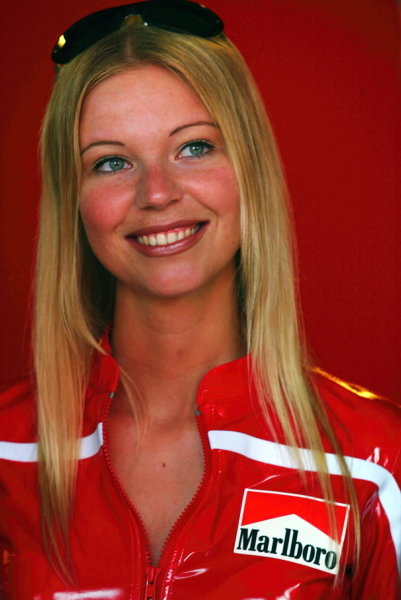
A pretty Marlboro girl at Zandvoort on 11 August 2002. Photo by Paul Sutton.
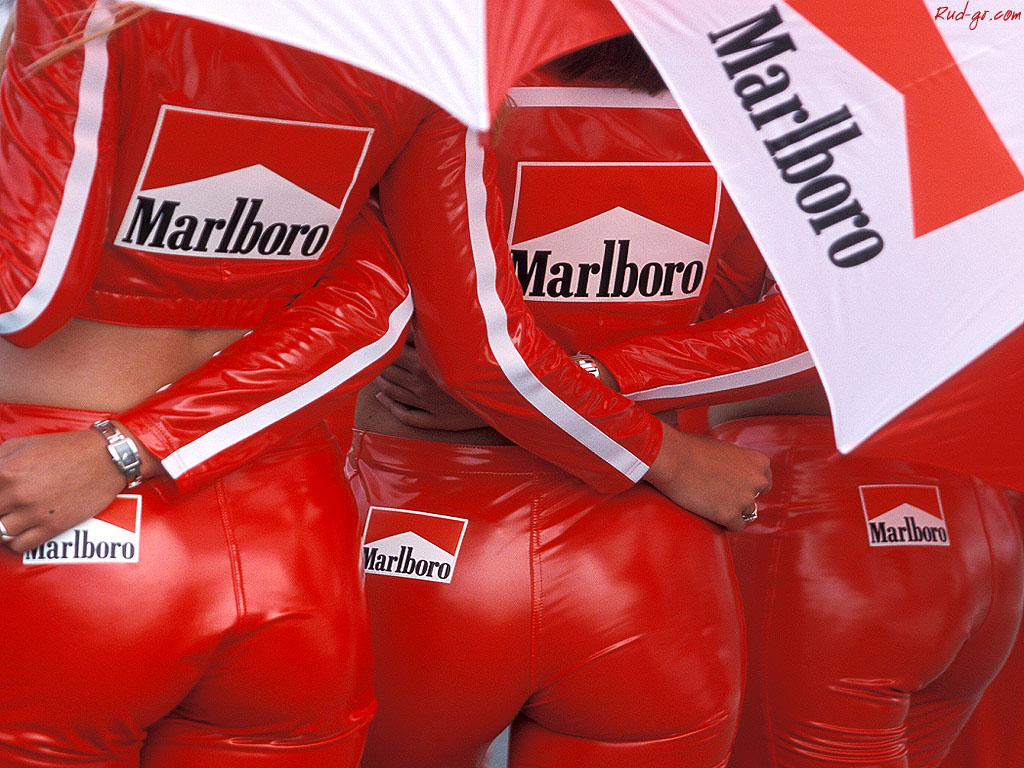
The pretty Marlboro girls at Zandvoort on 09-11 August 2002.
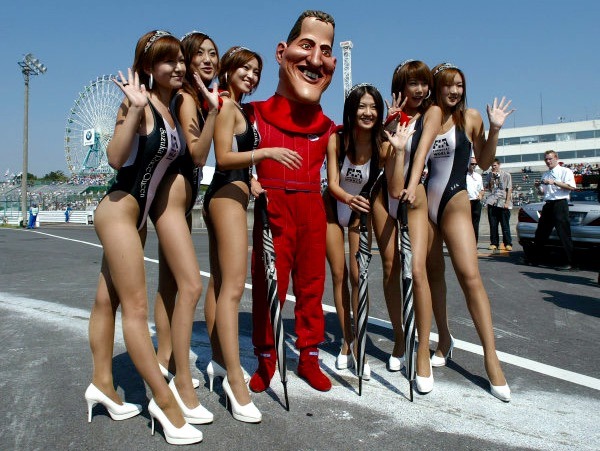
Michael Schumacher caricature and Japanese grid girls at Suzuka on 13 October 2002. Photo by Lat Images.
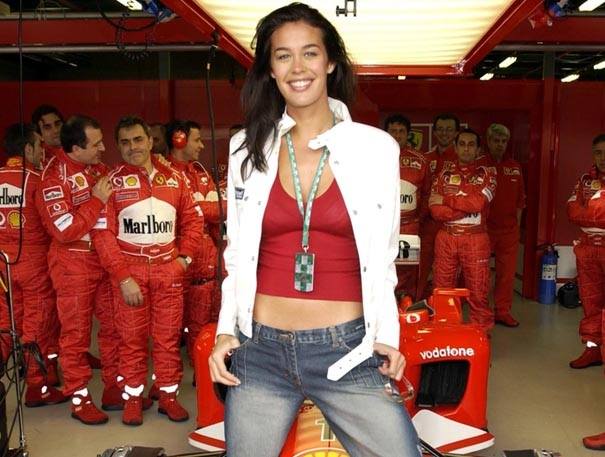
Model Megan Gale and Ferrari Team at the Australian Grand Prix at the Melbourne Grand Prix Circuit on 09 March 2003.
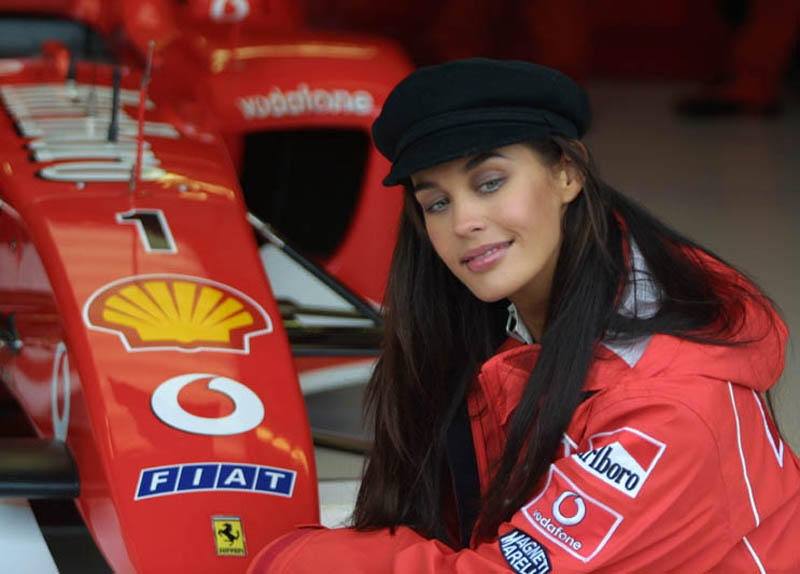
Model Megan Gale and a Ferrari at the Australian Grand Prix at the Melbourne Grand Prix Circuit on 09 March 2003.
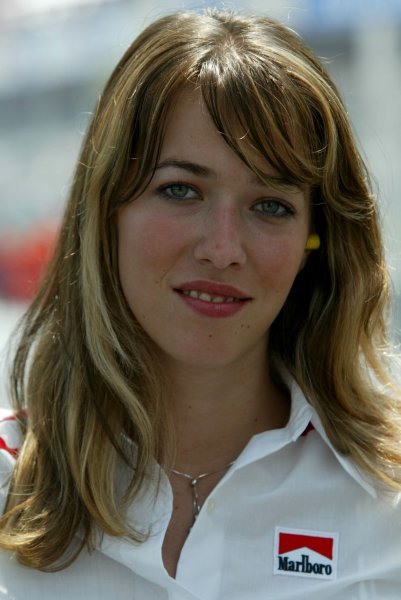
A Marlboro girl at the Monaco Grand Prix on 01 June 2003. Photo by Sutton Images.
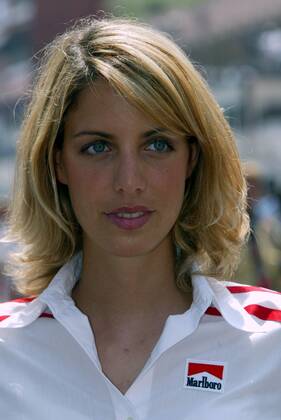
A Marlboro girl at the Monaco Grand Prix on 01 June 2003. Photo by Sutton Images.
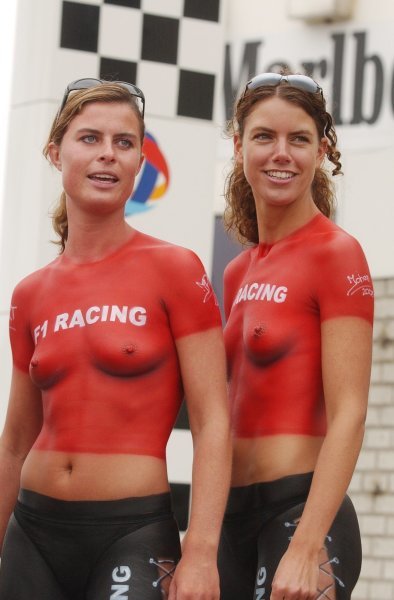
Body painted F1 Racing promotion girls at the Marlboro Masters of Formula 3 in Zandvoort, Netherlands, on 09 August 2003. Photo by Marco Miltenburg.
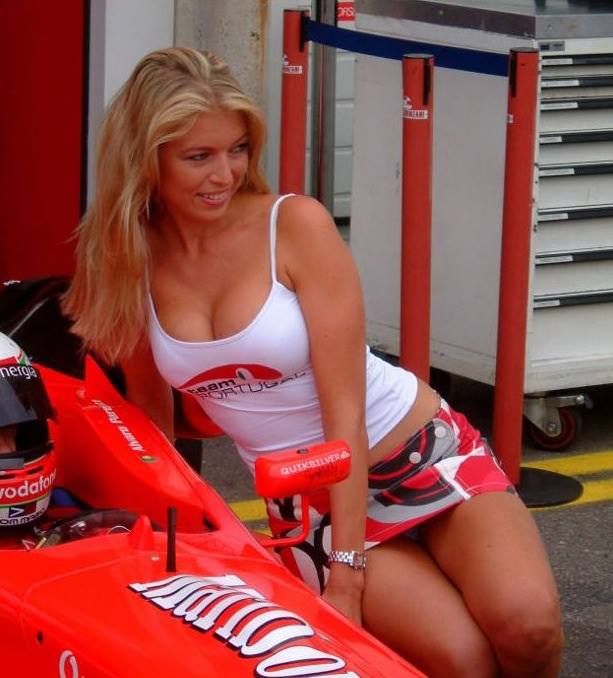
A pit babe at Zandvoort, Holland, on 10 August 2003. Photo by Sutton Images.
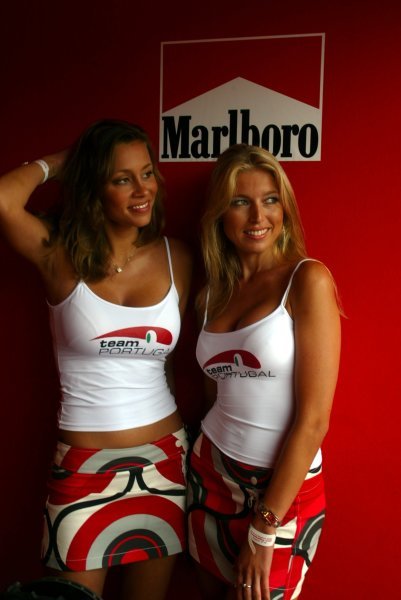
Two Marlboro pit babes at Zandvoort, Holland, on 10 August 2003. Photo by Sutton Images.
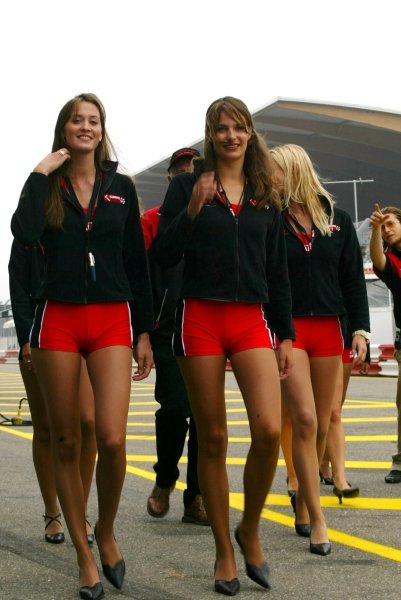
The fabulous Marlboro girls at Zandvoort, Holland, on 10 August 2003. Photo by Paul Sutton.
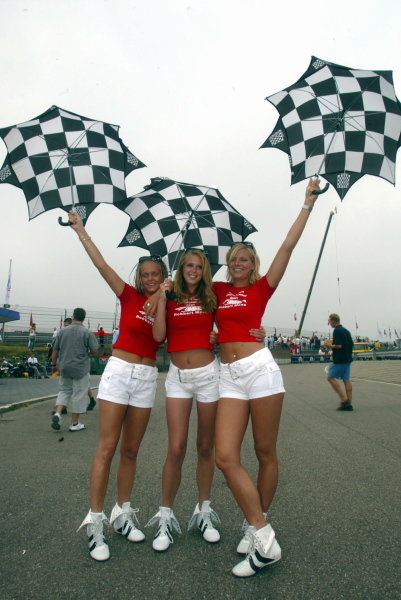
Pit babes at Zandvoort, Holland, on 10 August 2003.
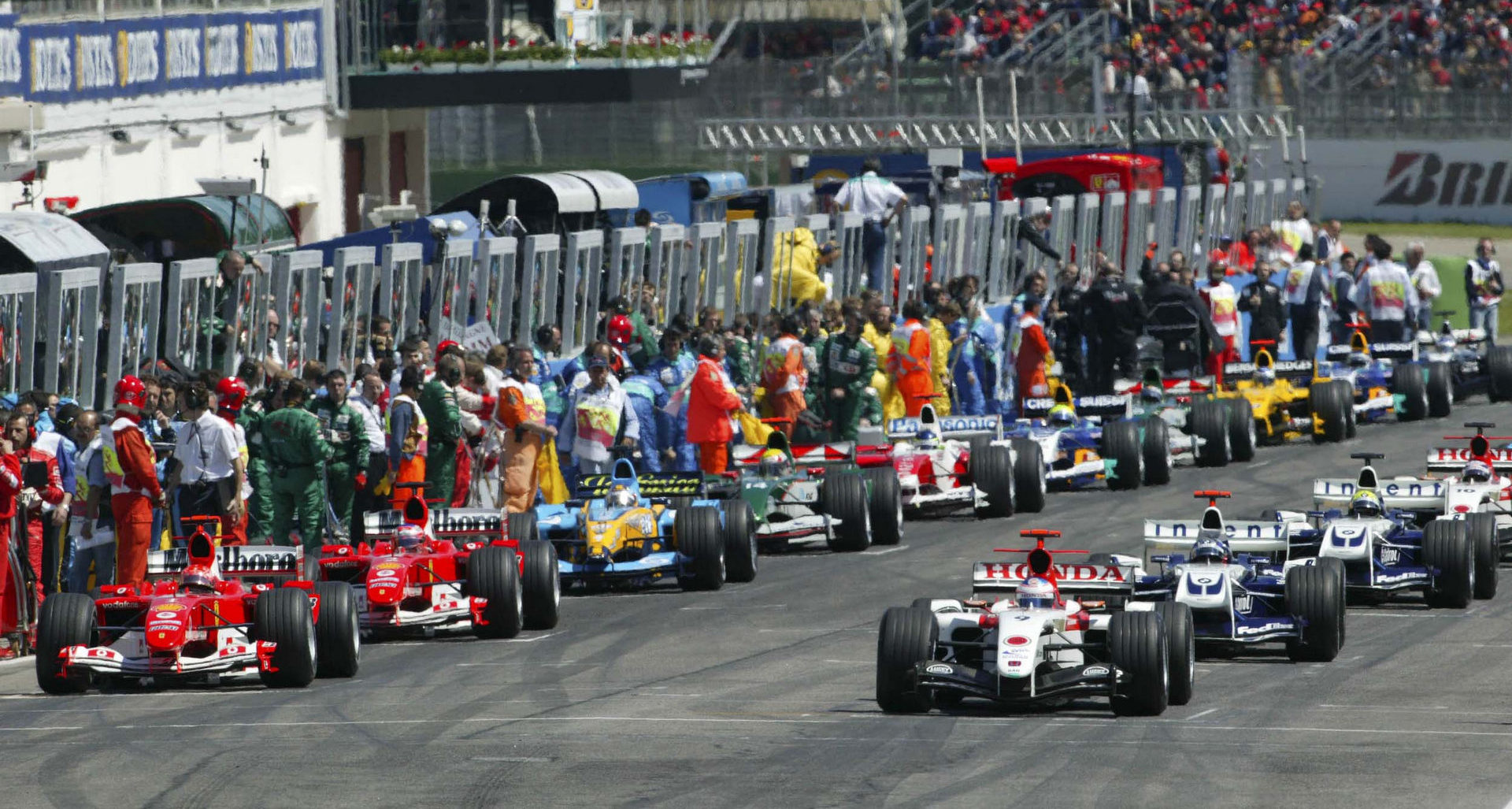
The start of the San Marino Grand Prix at the Autodromo Enzo e Dino Ferrari in Imola, Italy, on 25 April 2004. Photo by F1 Fansite.com.
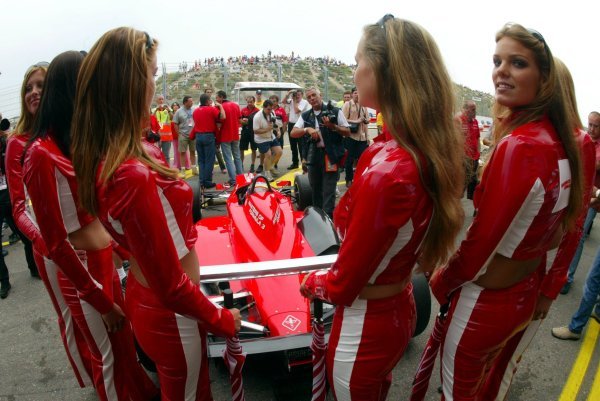
The fabulous Marlboro girls at Zandvoort, Holland, on 07-08 August 2004. Photo by Paul Sutton.
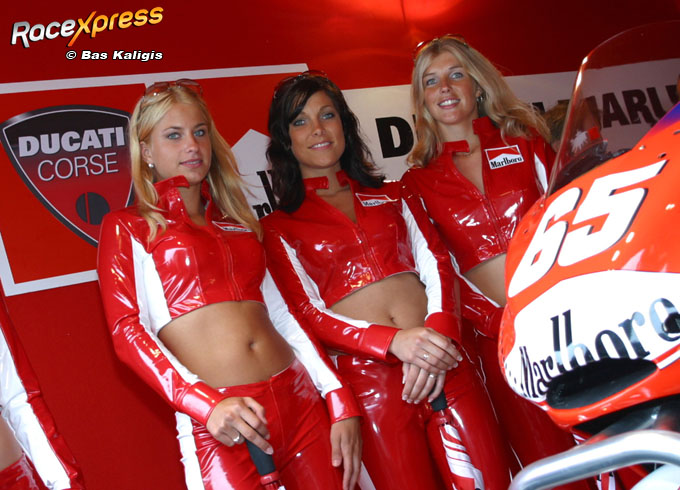
The fabulous Marlboro girls at Zandvoort, Holland, on 07-08 August 2004. Photo by Paul Sutton.
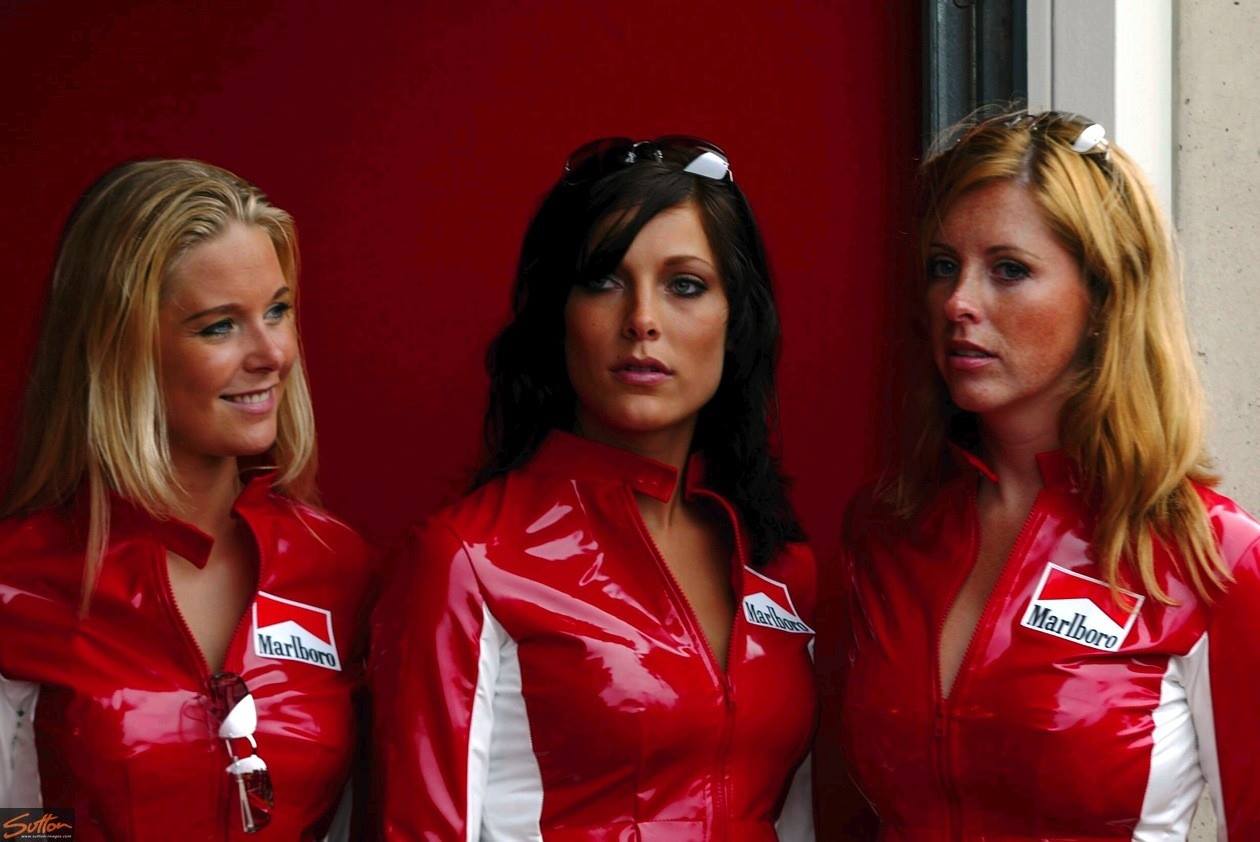
Three fabulous Marlboro girls at Zandvoort, Holland, on 07-08 August 2004. Photo by Paul Sutton.
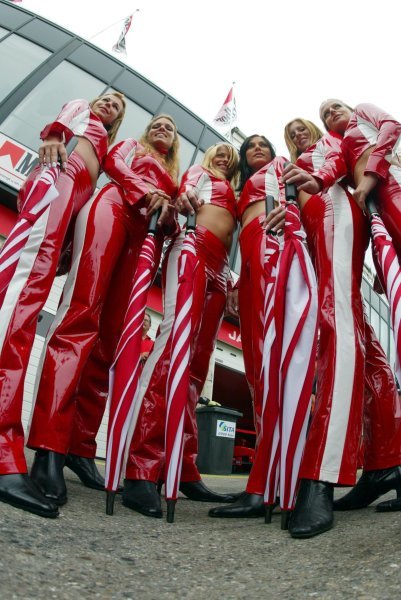
The fabulous Marlboro girls at Zandvoort, Holland, on 07-08 August 2004. Photo by Paul Sutton.
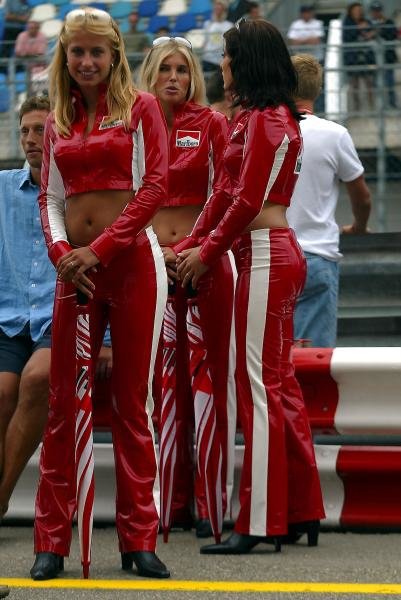
Three fabulous Marlboro girls at Zandvoort, Holland, in August 2004. Photo by Paul Sutton.
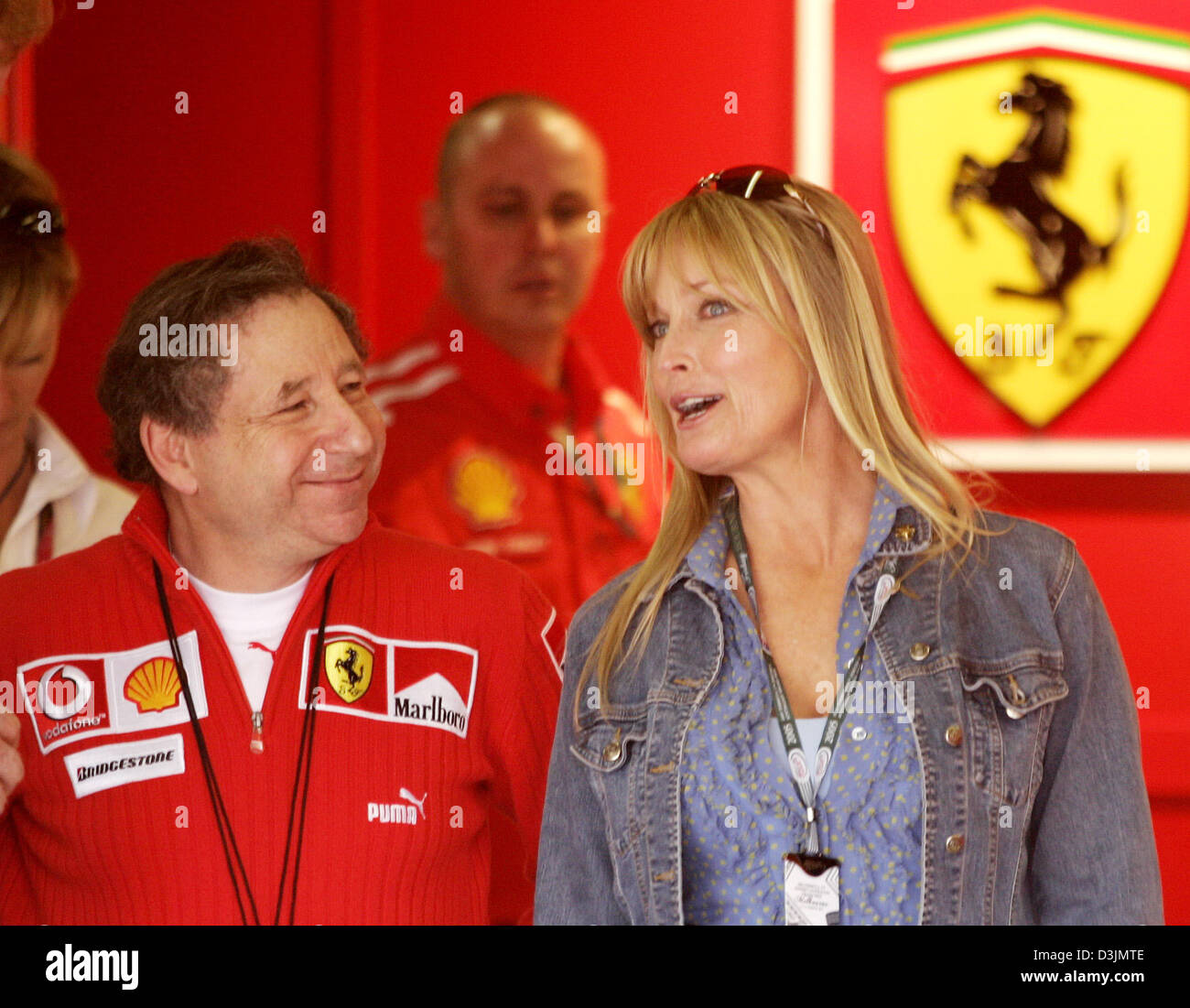
Jean Todt and US born actress Bo Derek talk in the pits at the Grand Prix Circuit in Melbourne, Australia, on 04 March 2005.
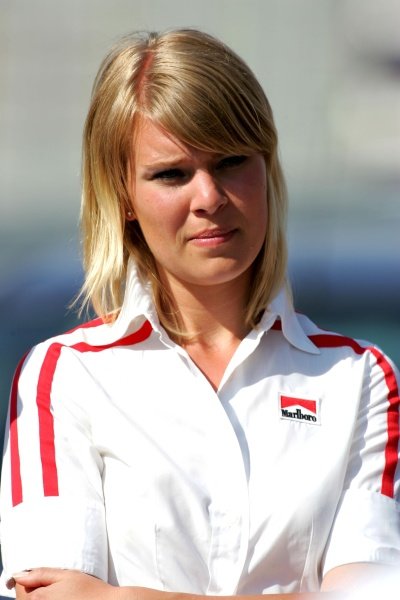
A Marlboro grid girl in Barcelona, Spain, on 08 May 2005.
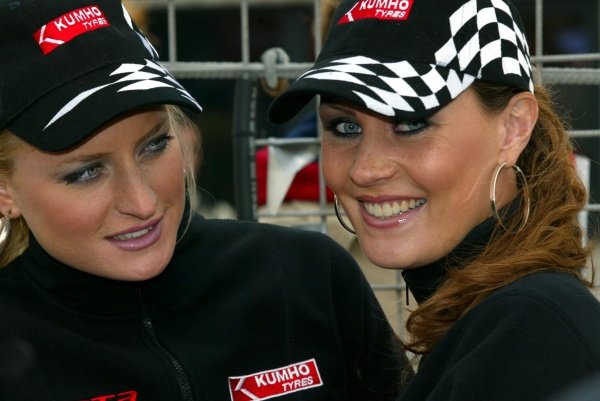
Two Kumho girls on the grid at the Marlboro Masters of F3 in Zandvoort, Holland, on 10-12 June 2005.
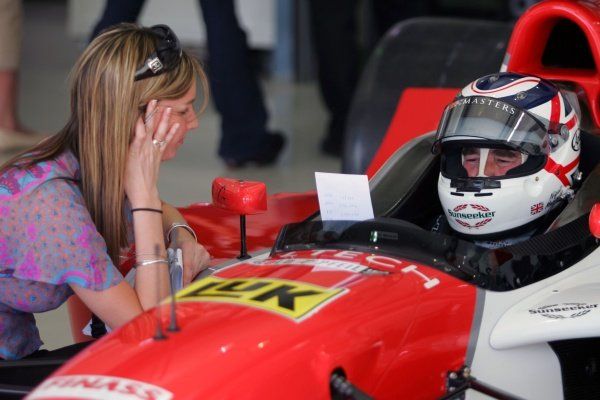
Chloe Mansell and Nigel Mansell at the Grand Prix Masters in Doha, Qatar, on 28 April 2006.
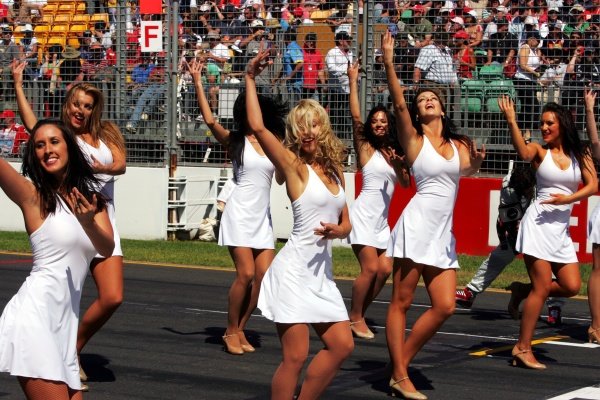
Girls dancing at the Australian Grand Prix in Albert Park, Melbourne, on Sunday 18 March 2007. Photo by Sutton Images.
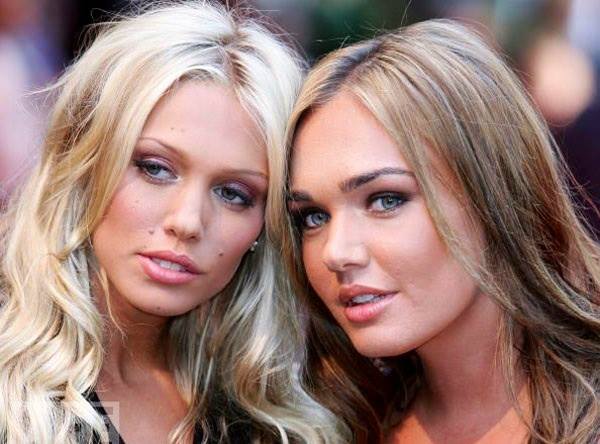
Petra and Tamara Ecclestone in 2008.
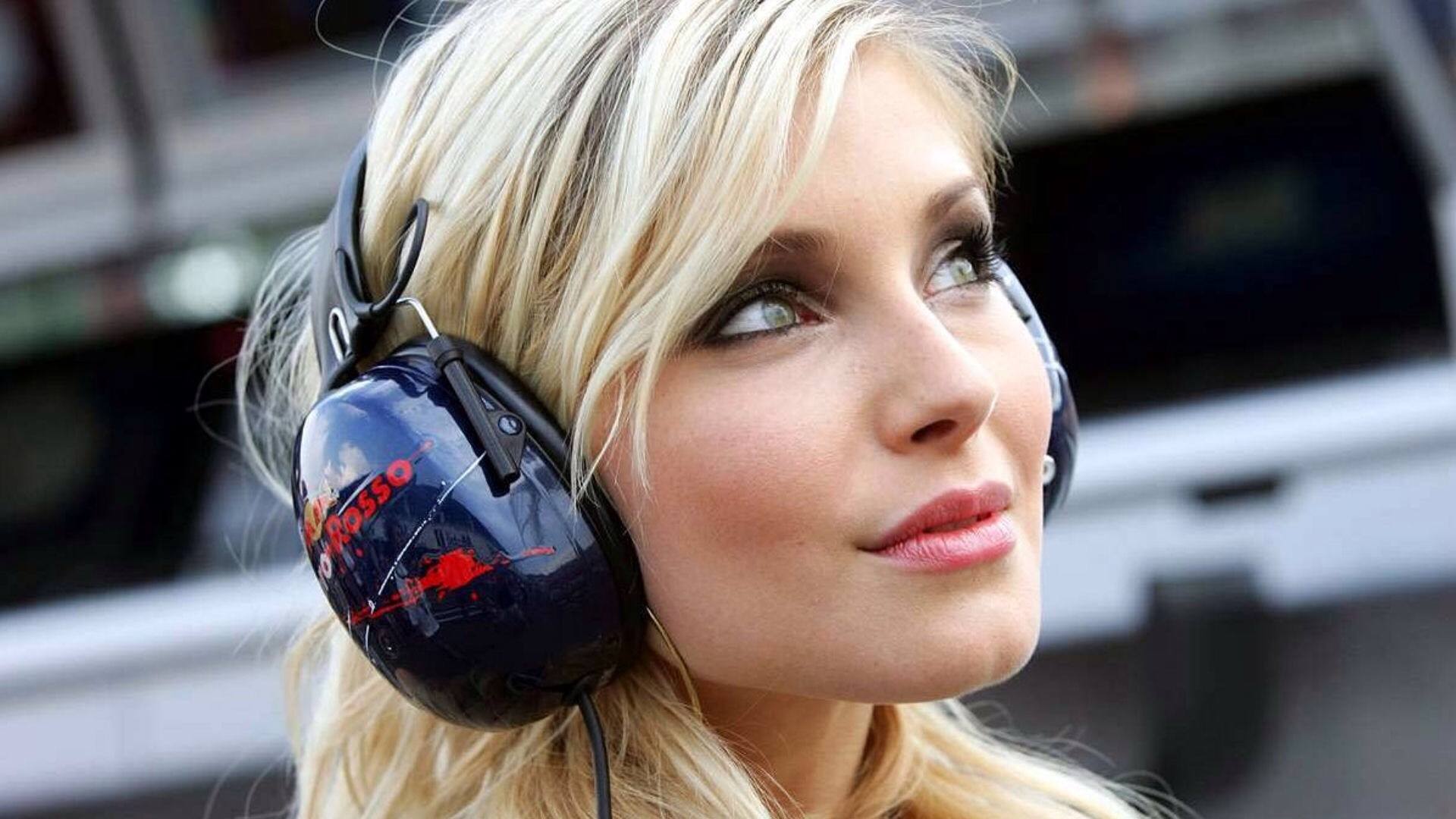
A girl in the Toro Rosso pits.
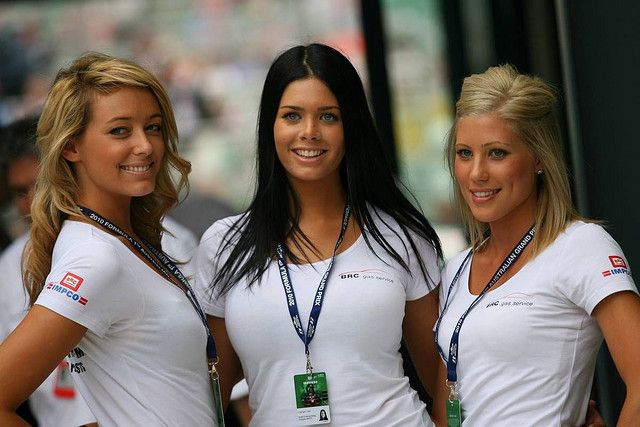
Three grid girls in Melbourne, Australia, on 28 March 2010.

Tamara and Petra Ecclestone in bikinis in 2011.
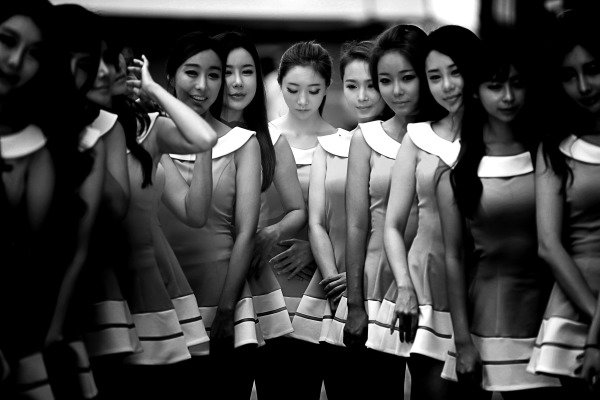
Grid girls at the Korea International Circuit on Sunday 06 October 2013. Photo by Glenn Dunbar.
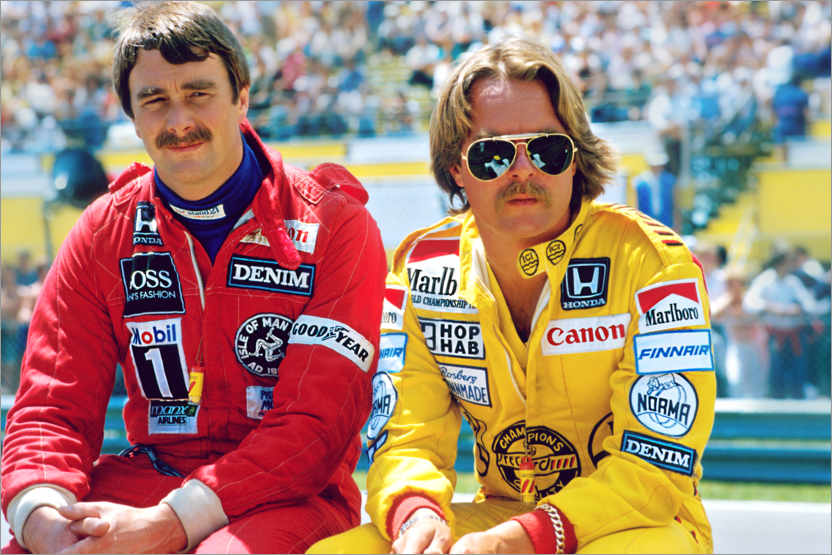
Nigel Mansell and Keke Rosberg on 12 August 2014. Photo by Franco Lini.
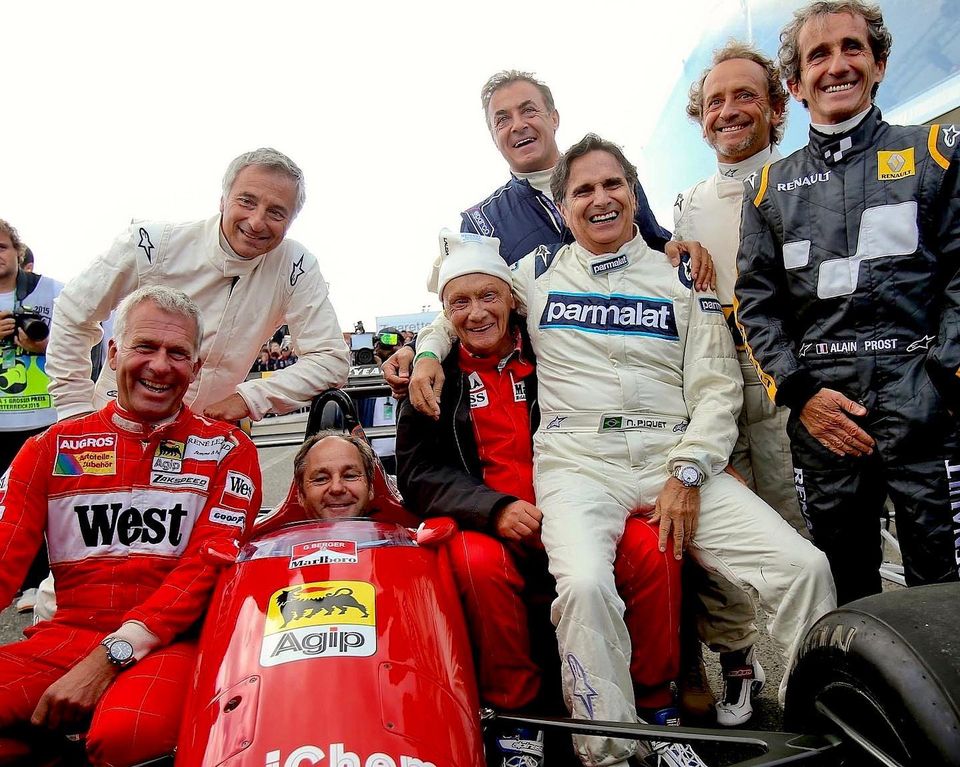
Christian Danner, Riccardo Patrese, Gerhard Berger, Niki Lauda, Jean Alesi, Nelson Piquet, Pierluigi Martini and Alain Prost in 2015.
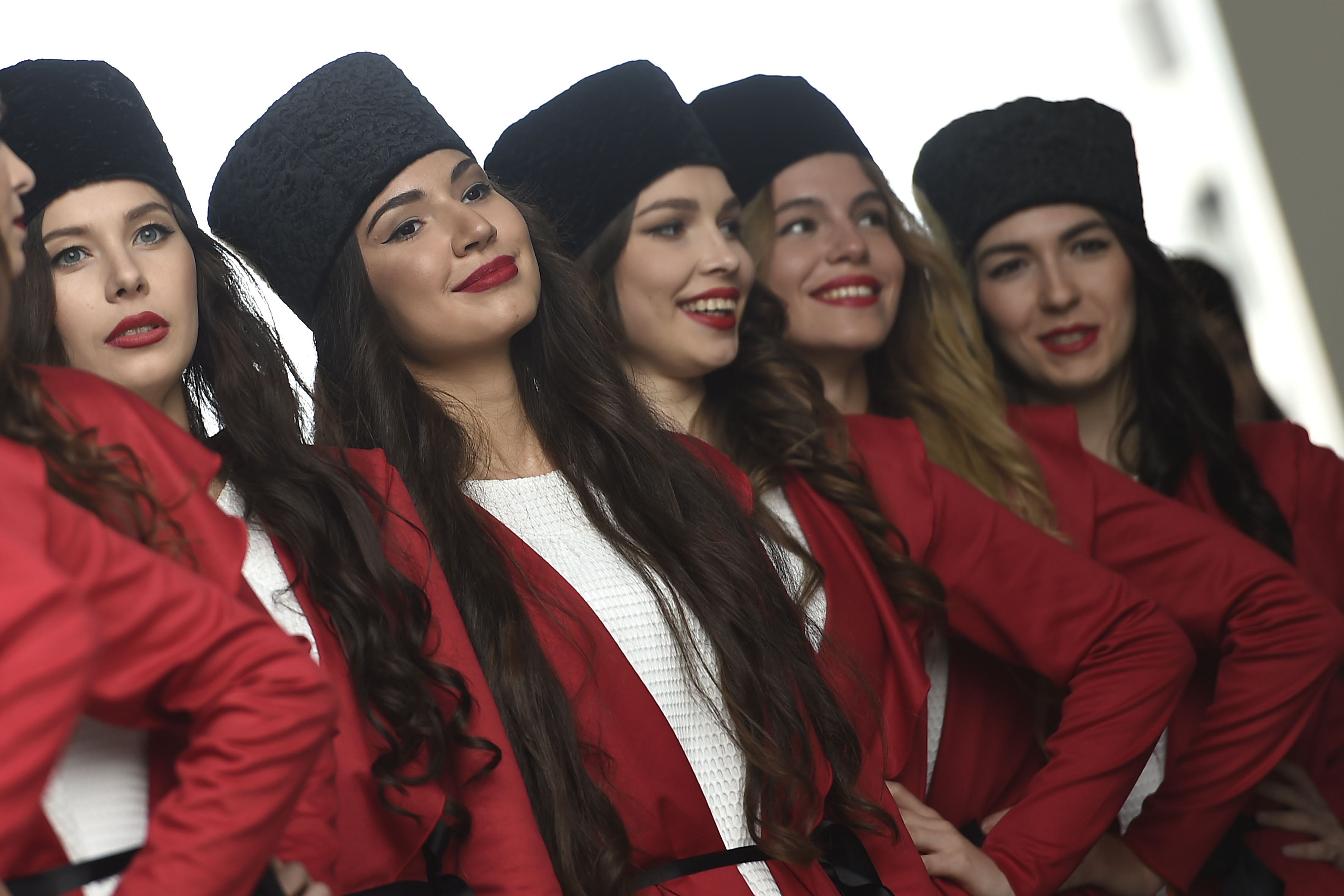
Grid girls at the Russian Grand Prix at the Sochi Autodrom on 01 May 2016.
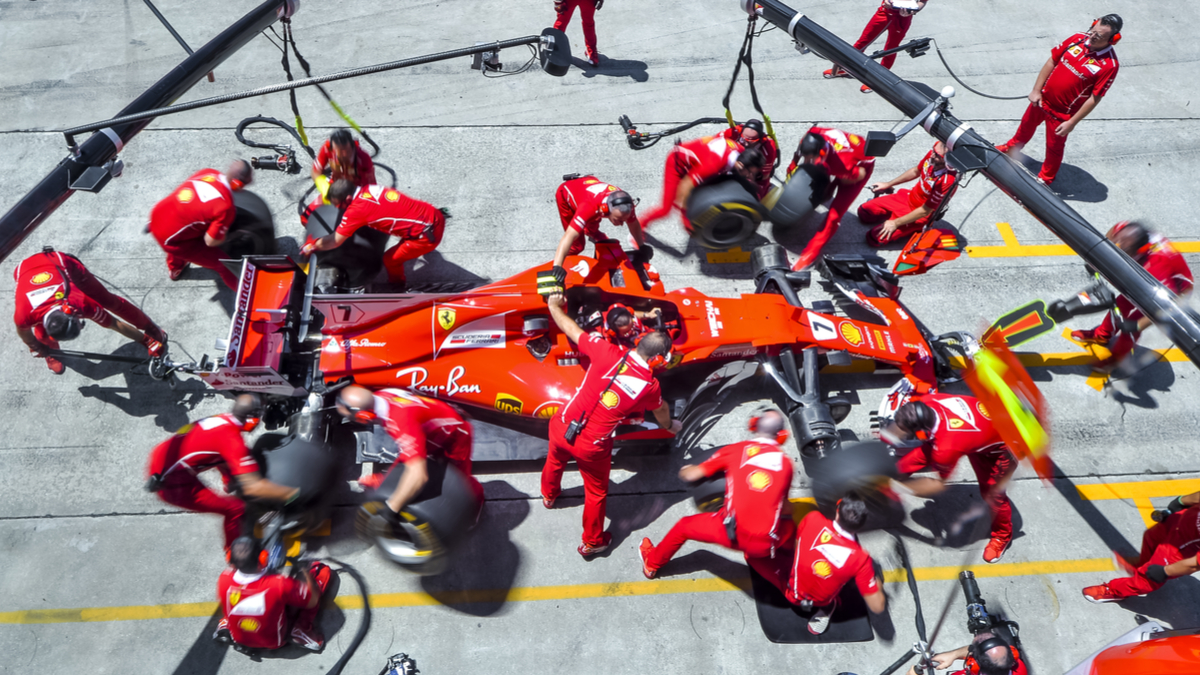
Team members of Kimi Raikkonen of Scuderia Ferrari practice a pit stop ahead of the Malaysia Formula One Grand Prix at Sepang on 30 September 2017.
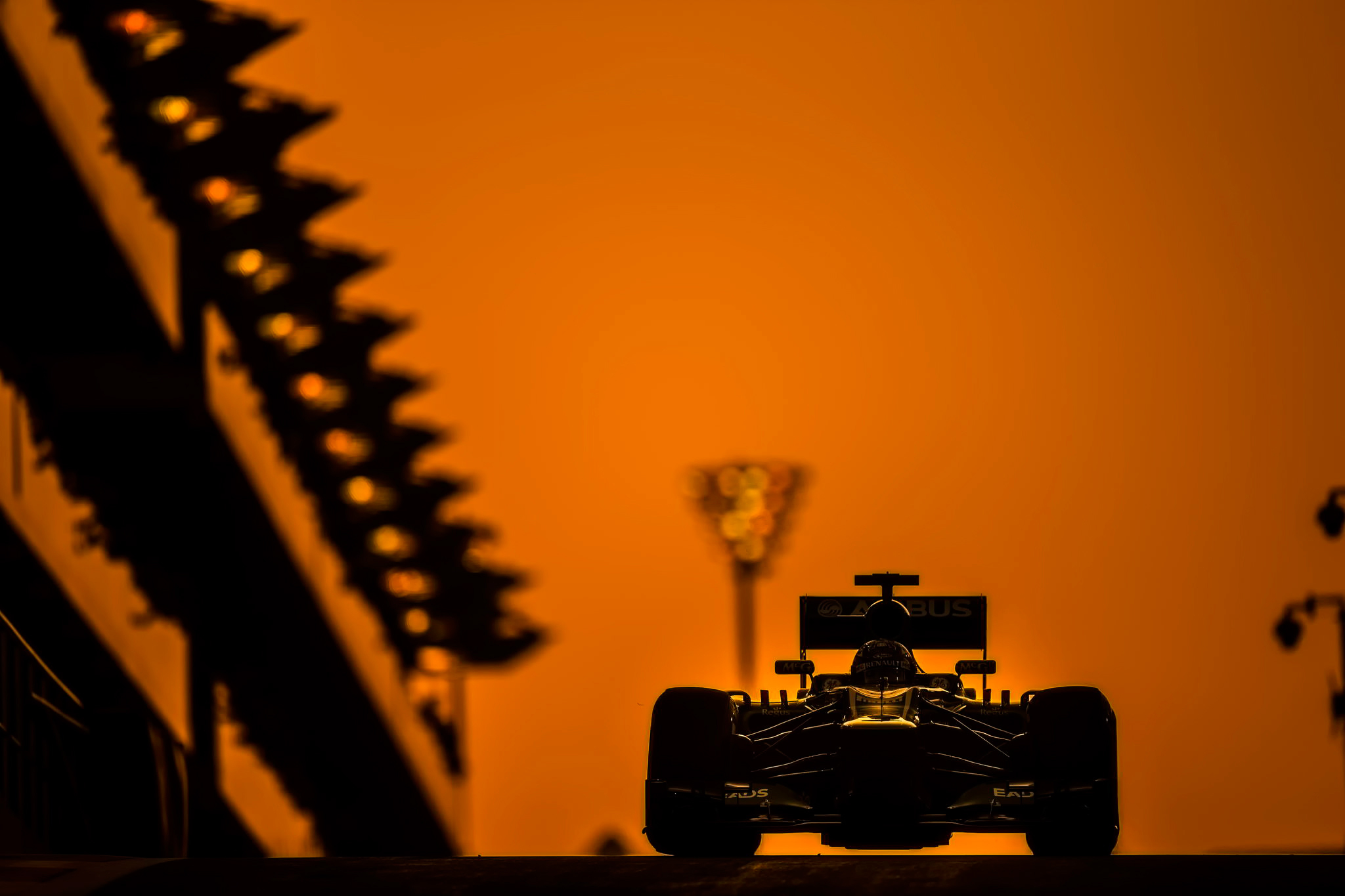
A Formula 1 race car in the light of an orange sunset.
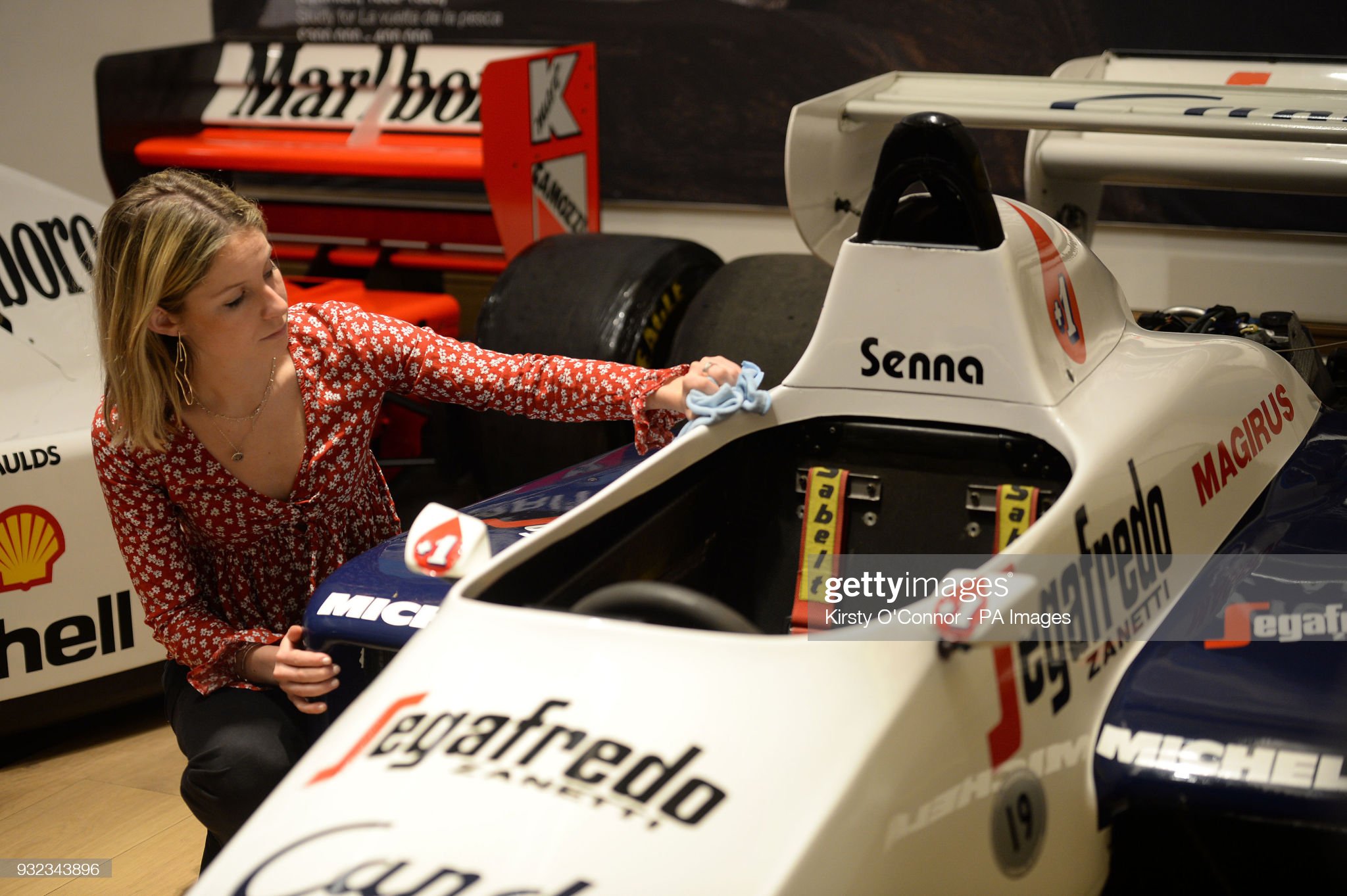
March 15, 2018. A Bonhams employee dusts the 1984 turbocharged Formula 1 Toleman-Hart TG184, driven by legendary racing driver Ayrton Senna on his Monaco Grand Prix debut, on show at Bonhams in London, ahead of its auction in their Monaco sale on May 11. Photo by Kirsty O'Connor / PA Images via Getty Images.
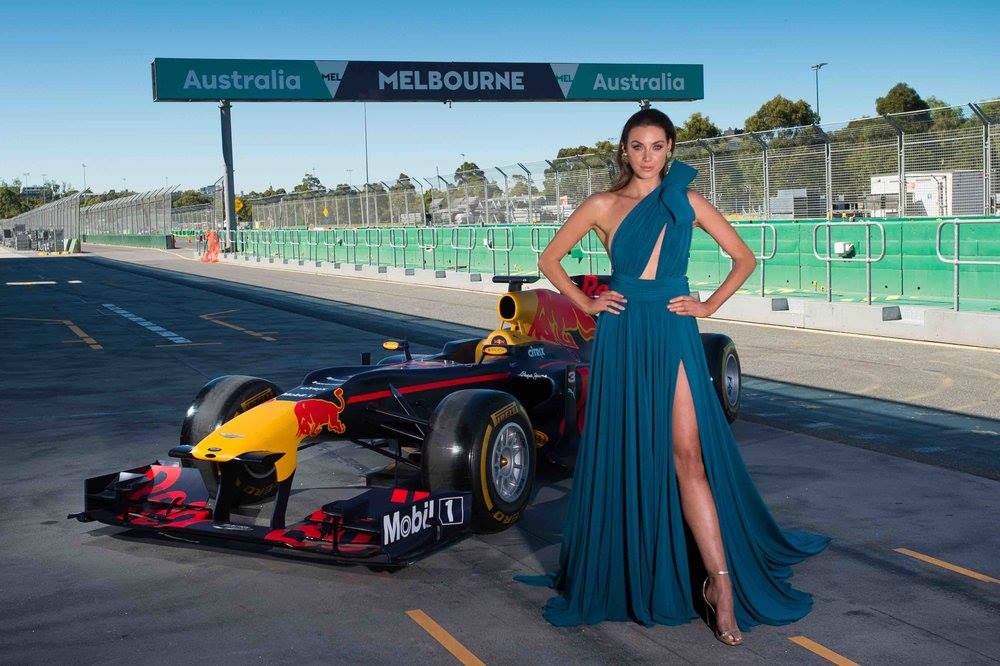
Brooke Meredith in front of a Red Bull on 25 March 2018 in Melbourne, Victoria.
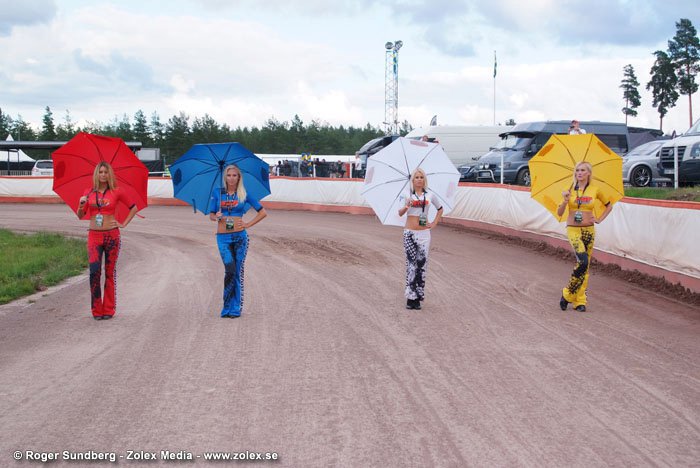
Swedish girls at a Speedway Grand Prix in 2019.
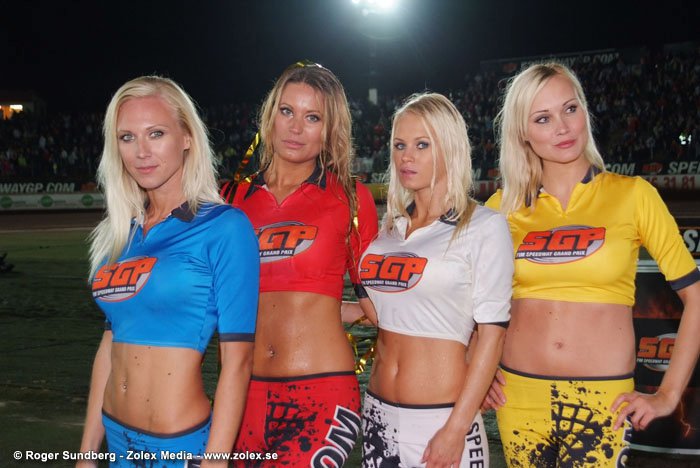
Swedish girls at a Speedway Grand Prix in 2019.
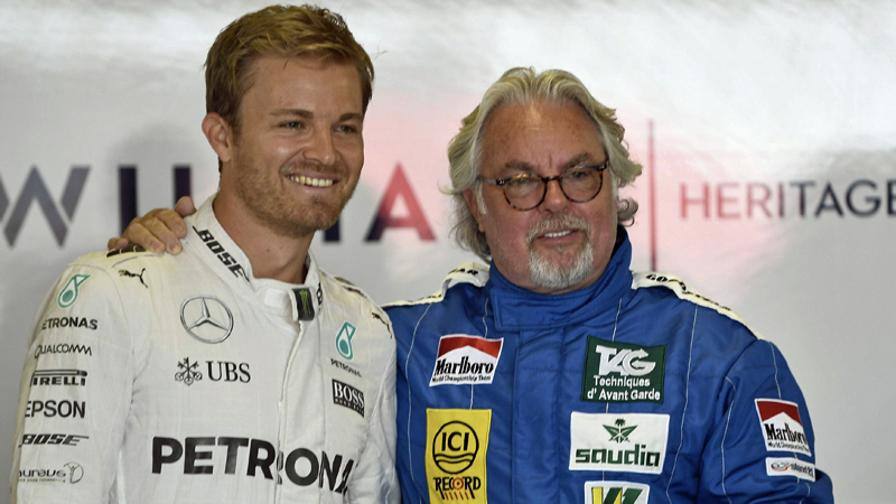
Keke Rosberg and his son Nico, both F1 World champions, in Monaco on 24 May 2018. Photo by Eric Vargiolu.
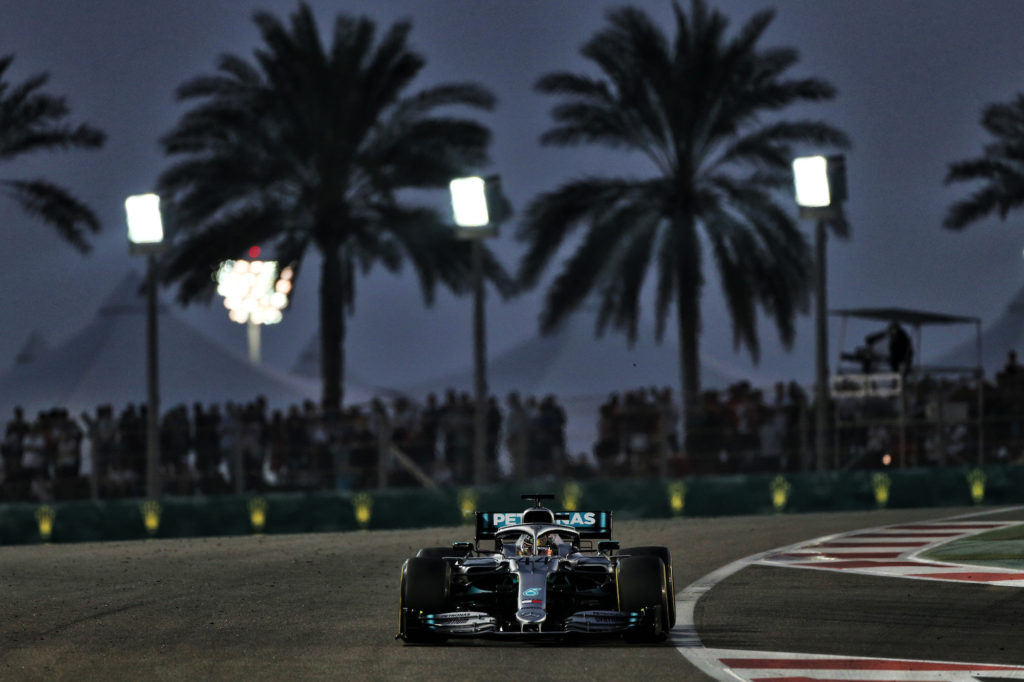
Lewis Hamilton, Mercedes, in 2019.
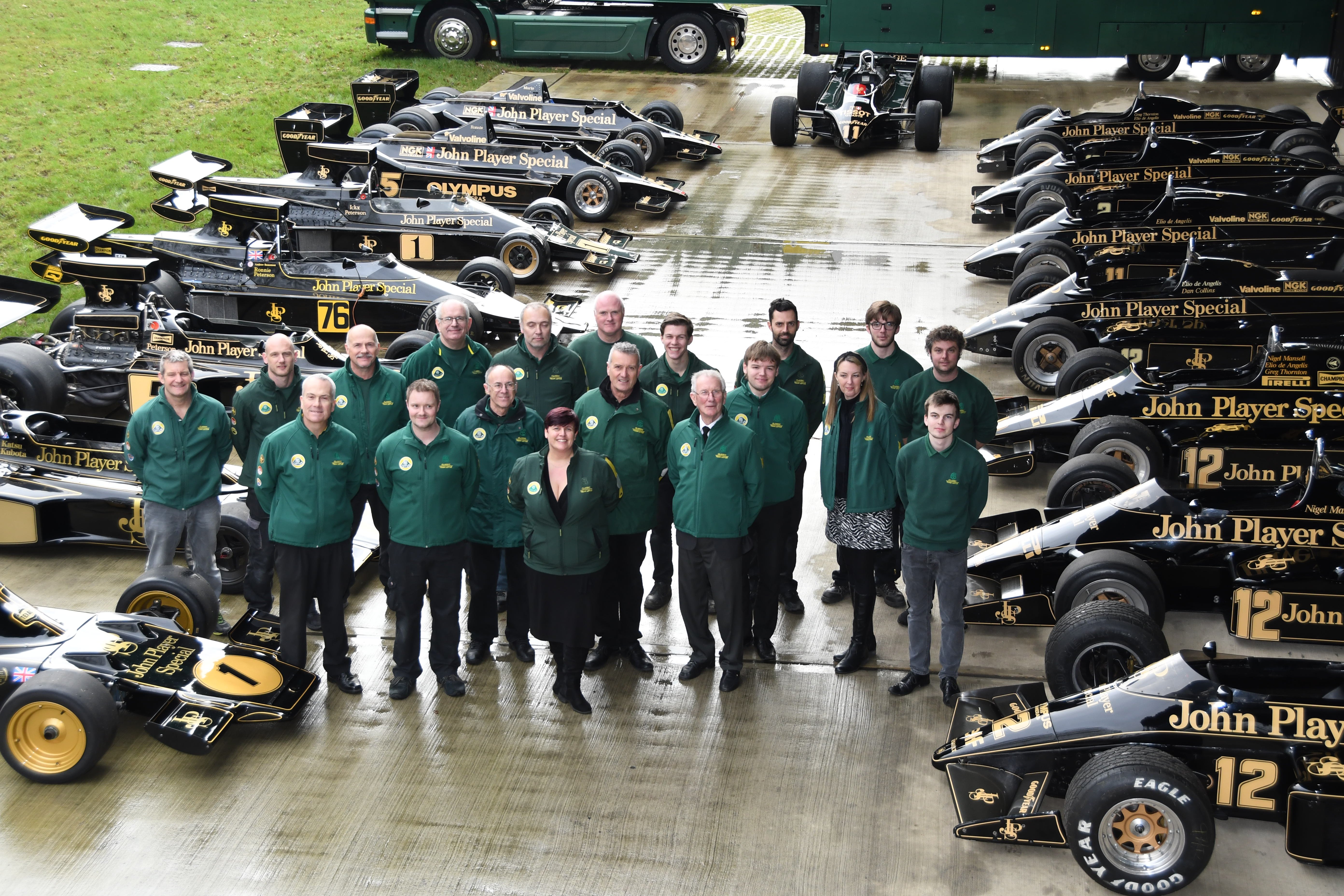
Classic Team Lotus brought together the best collection of JPS liveried Team Lotus Formula 1 cars ever amassed in one place on 25 January 2019.
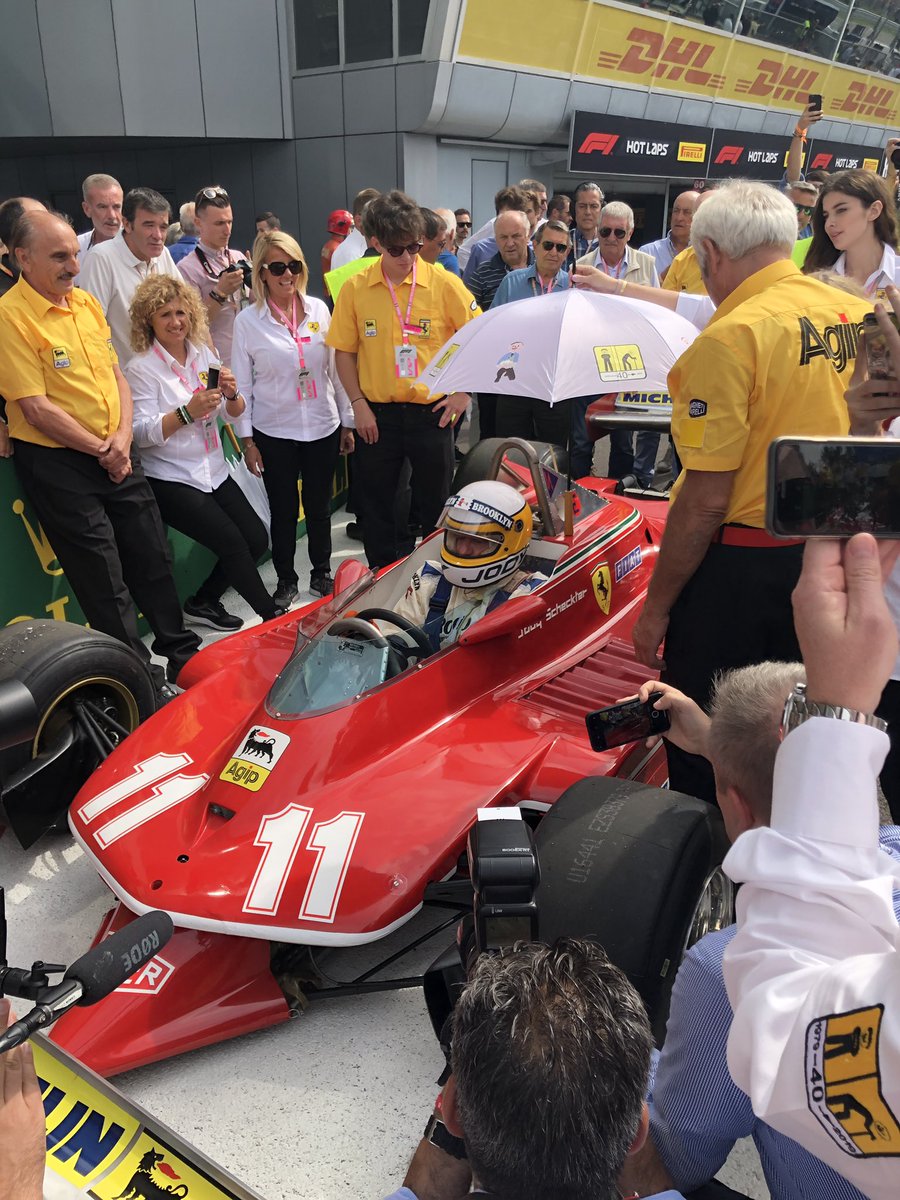
“And it’s finished! Fantastic weekend in Monza with my 1979 Ferrari 312 T4, my old mechanics and my family. Thank you Monza, thank you Italy!” These are the words of Jody Scheckter on September 06, 2019.
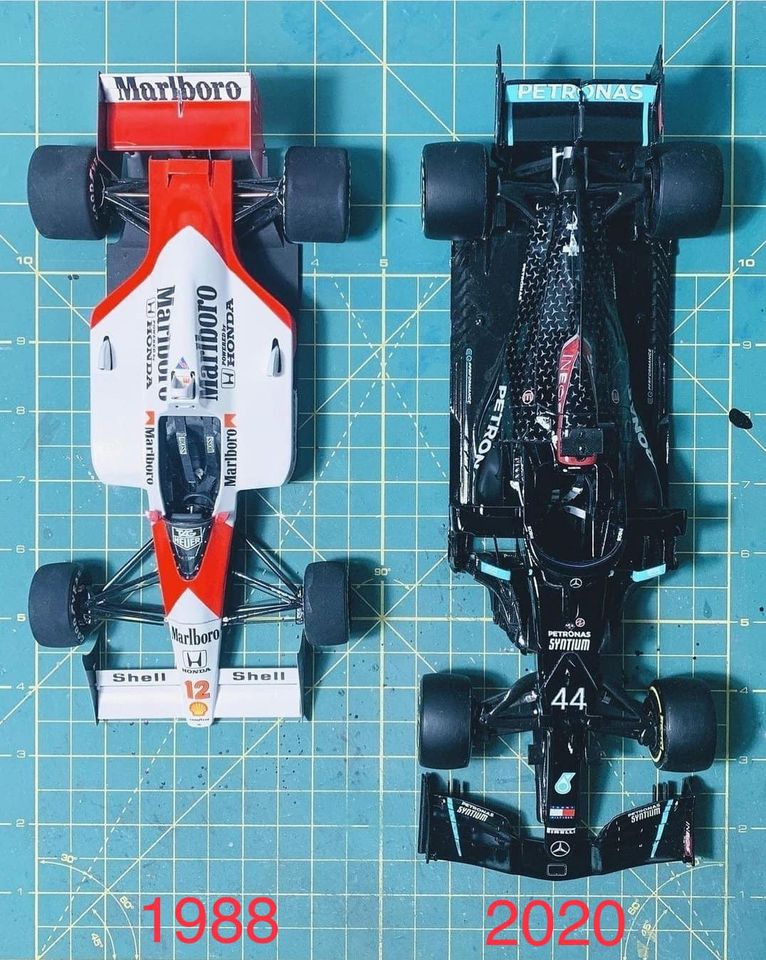
Variations in the Formula 1 cars from 1988 to 2020.
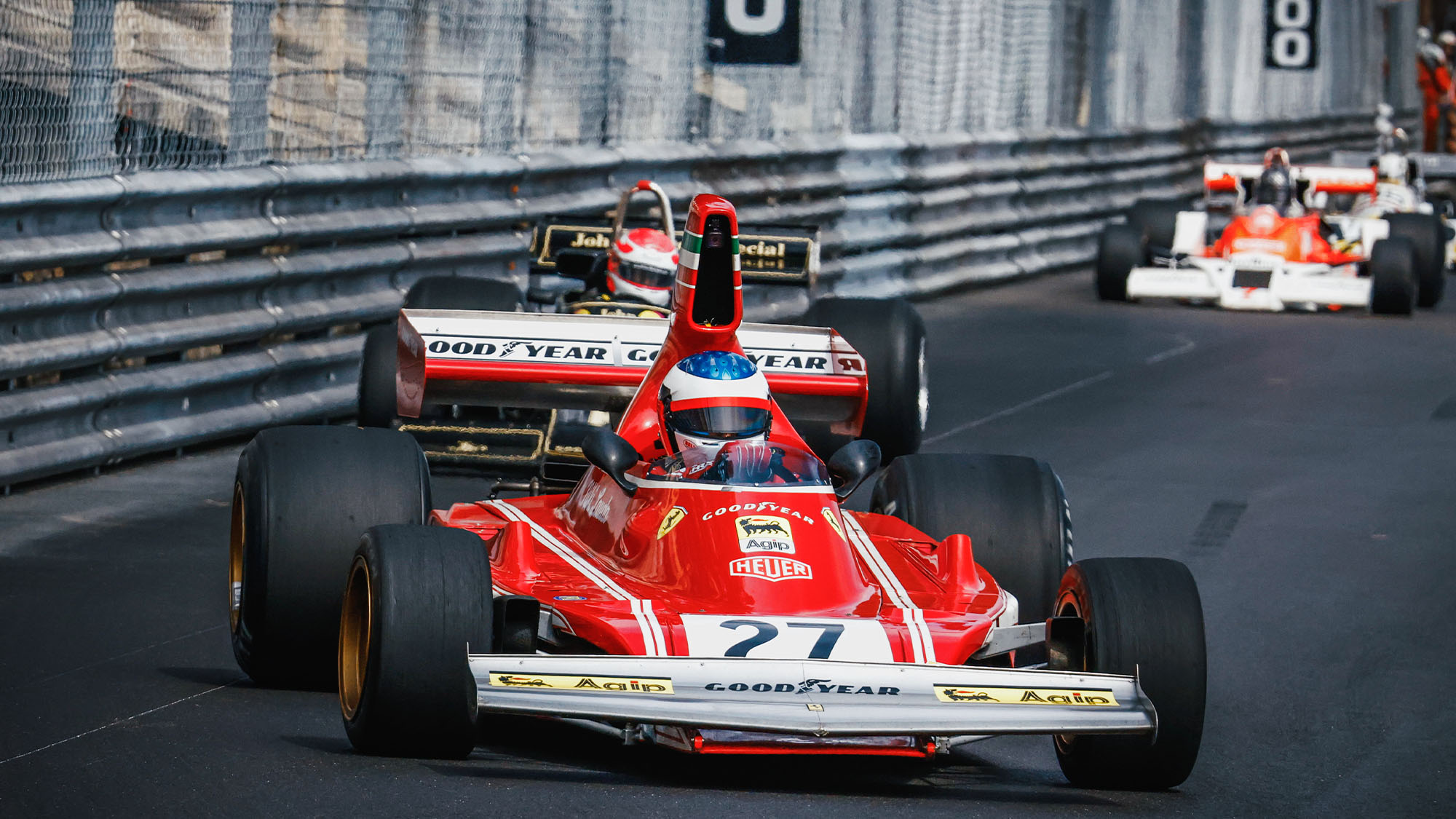
The start of the 2021 Historic Grand Prix of Monaco.
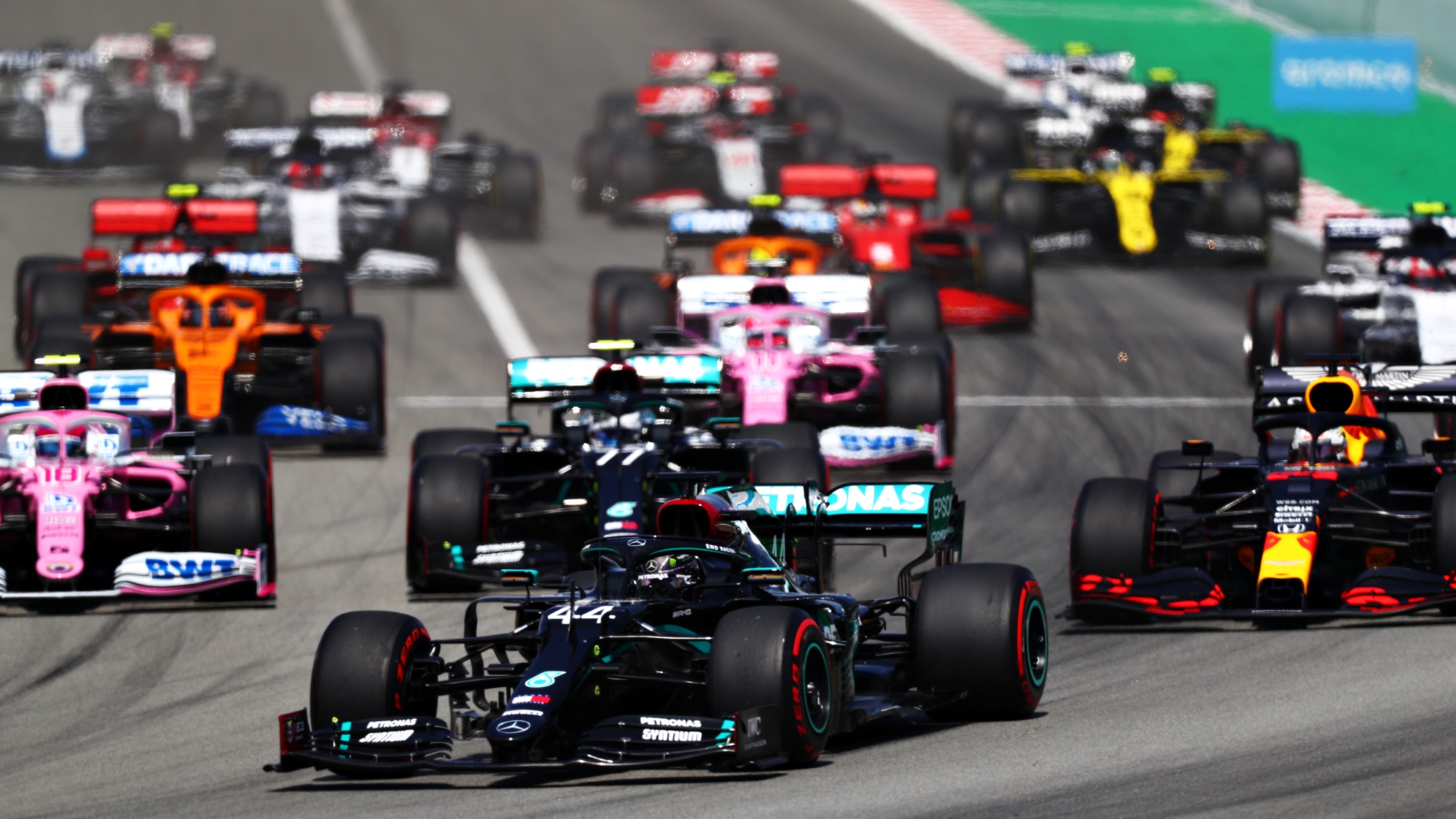
The start of a Formula 1 Grand Prix in 2022.
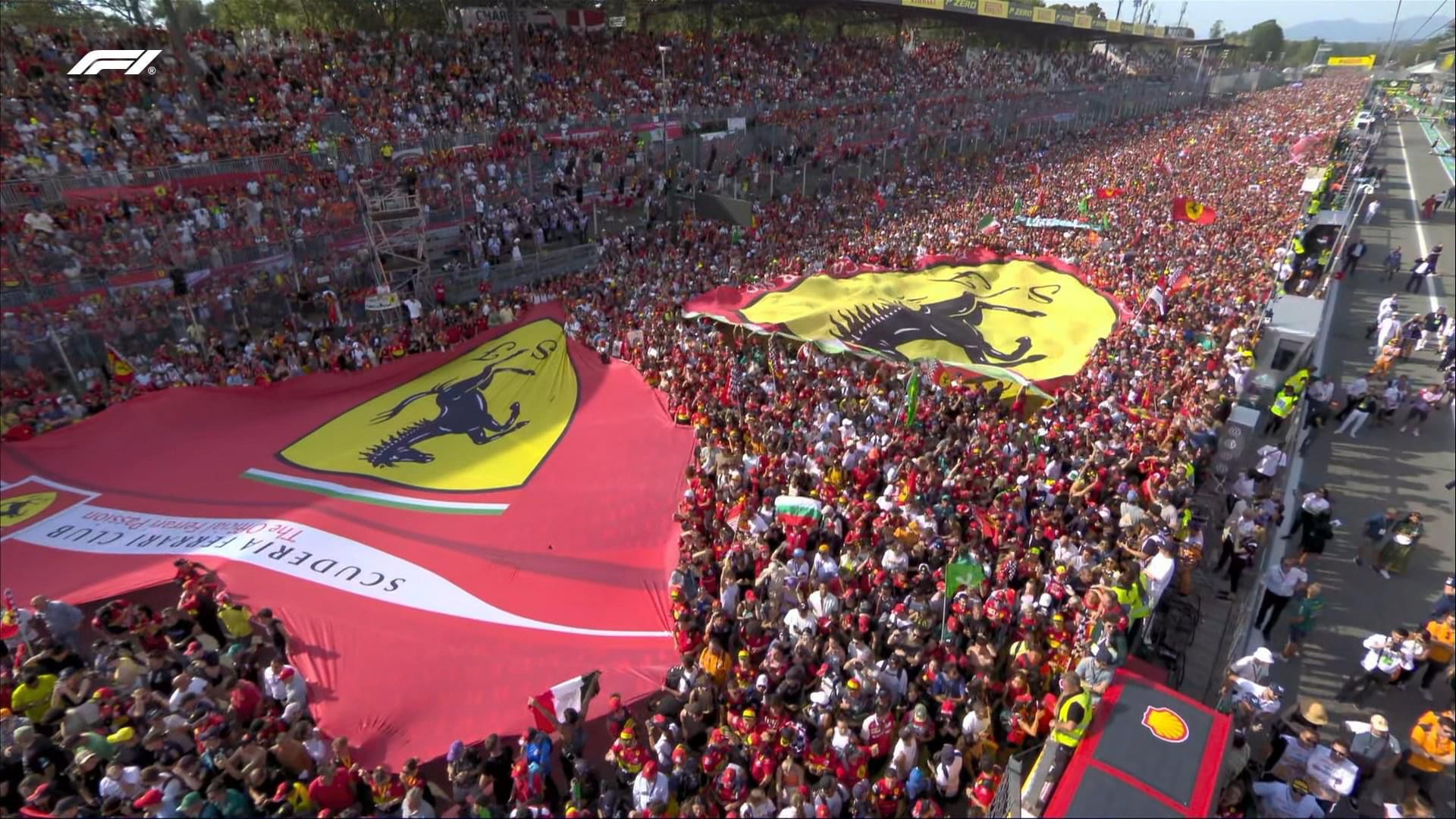
The 2023 Monza Grand Prix.
Videos
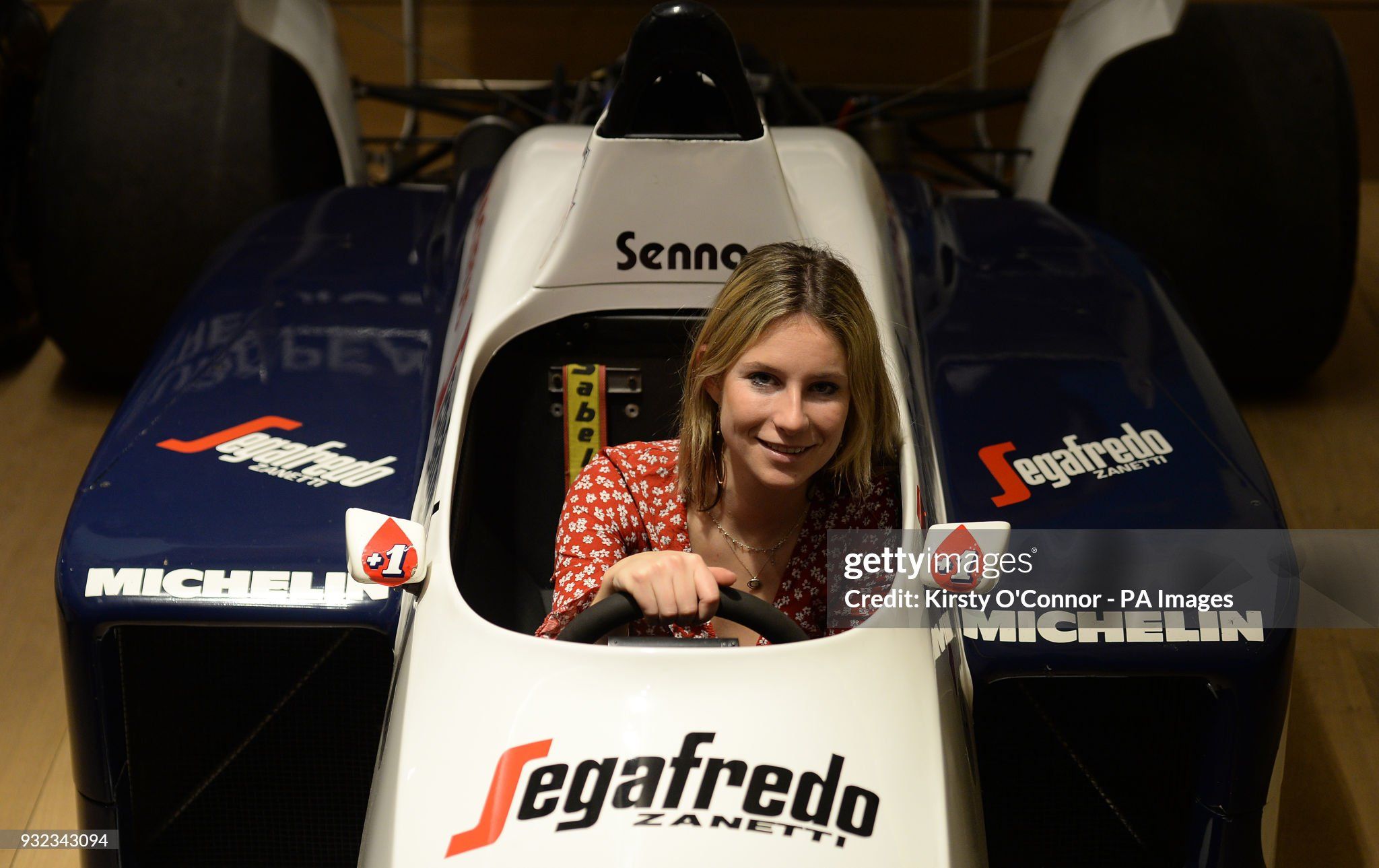
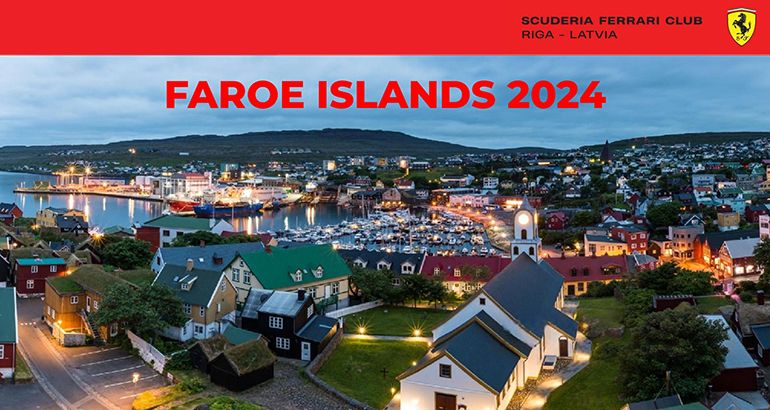
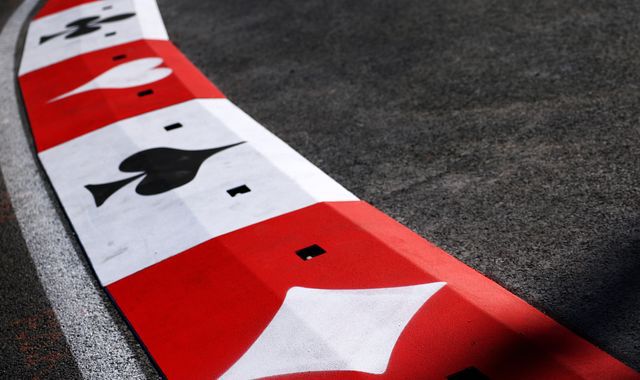
Comments
Authorize to comment